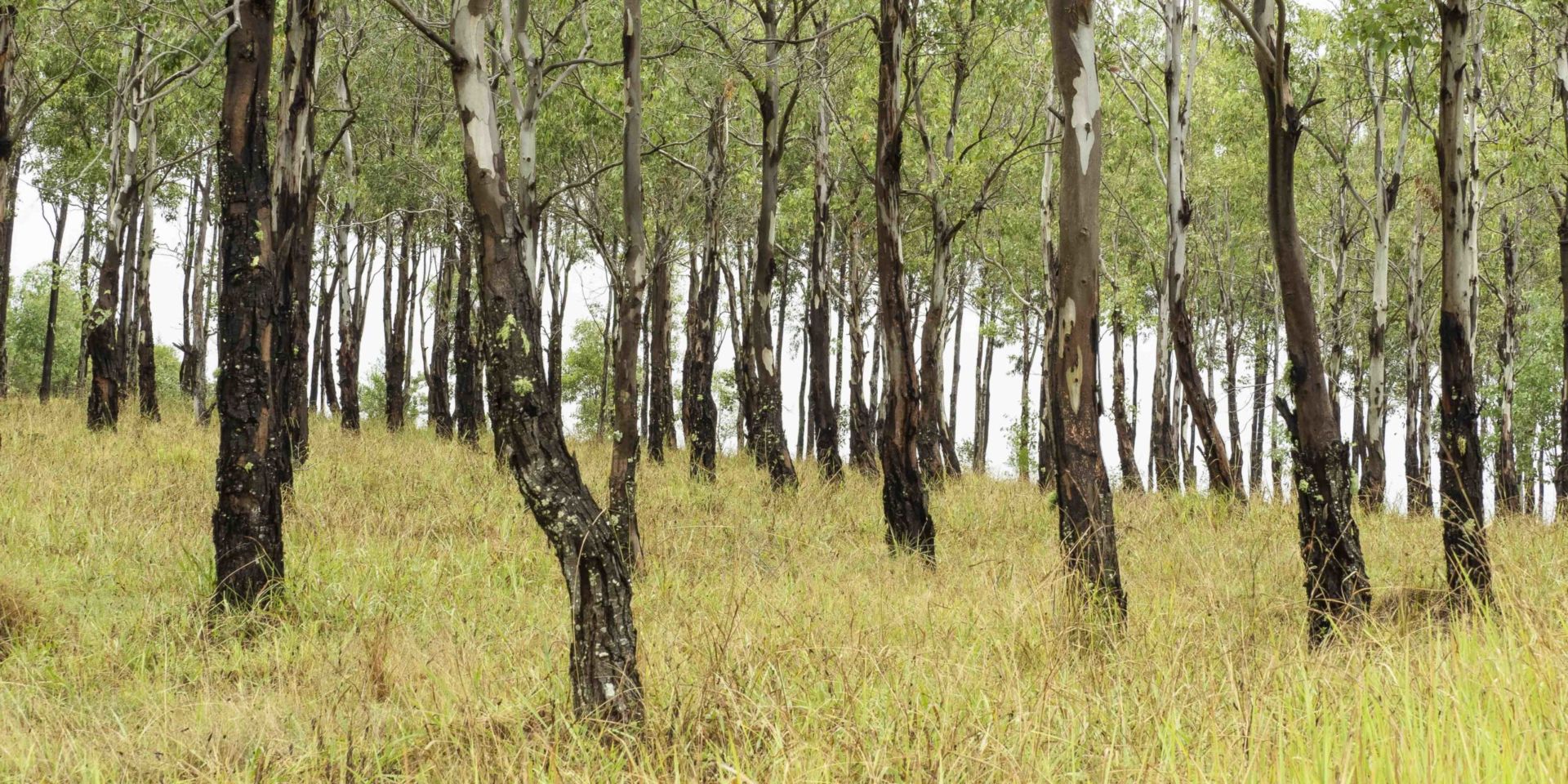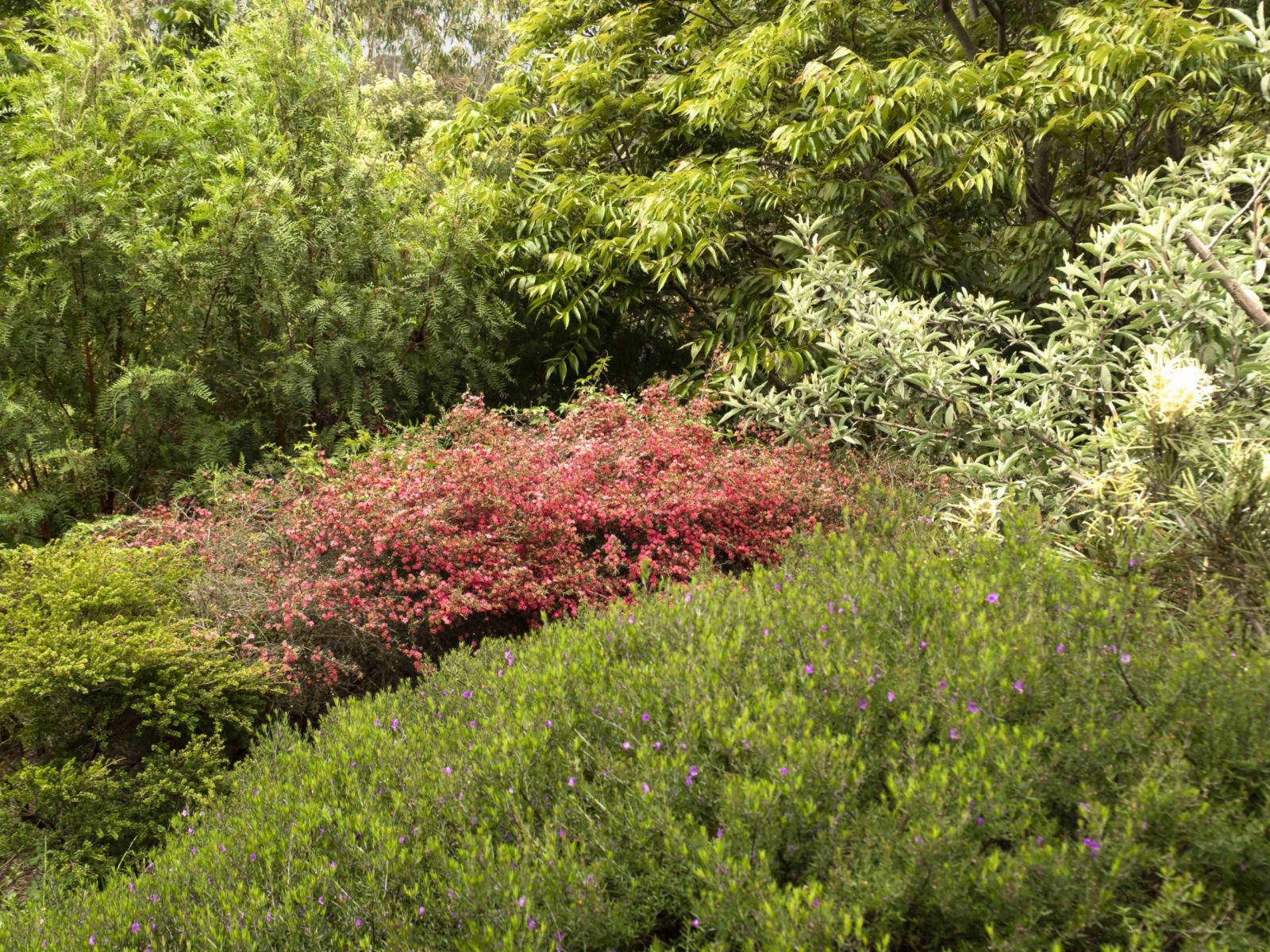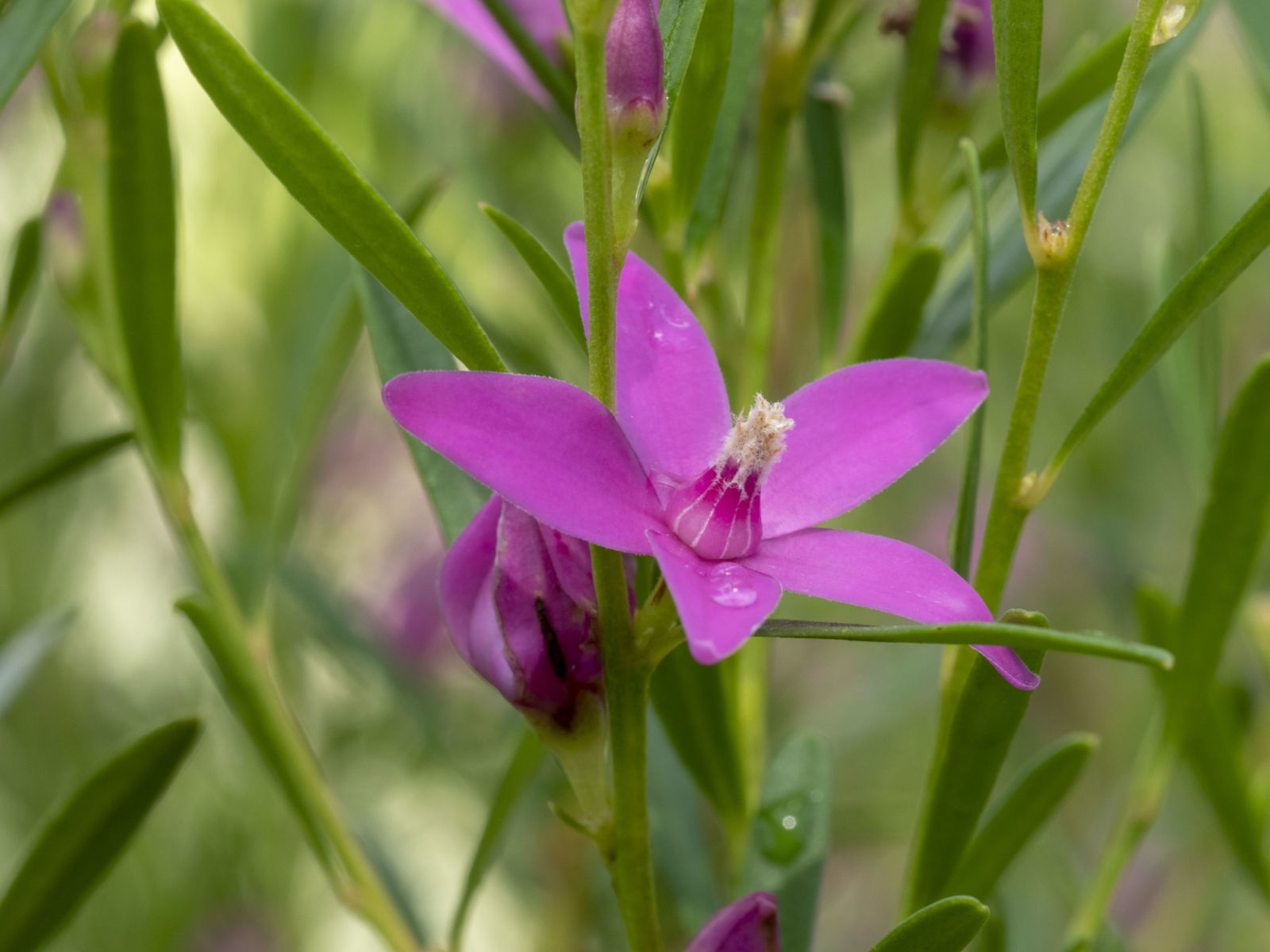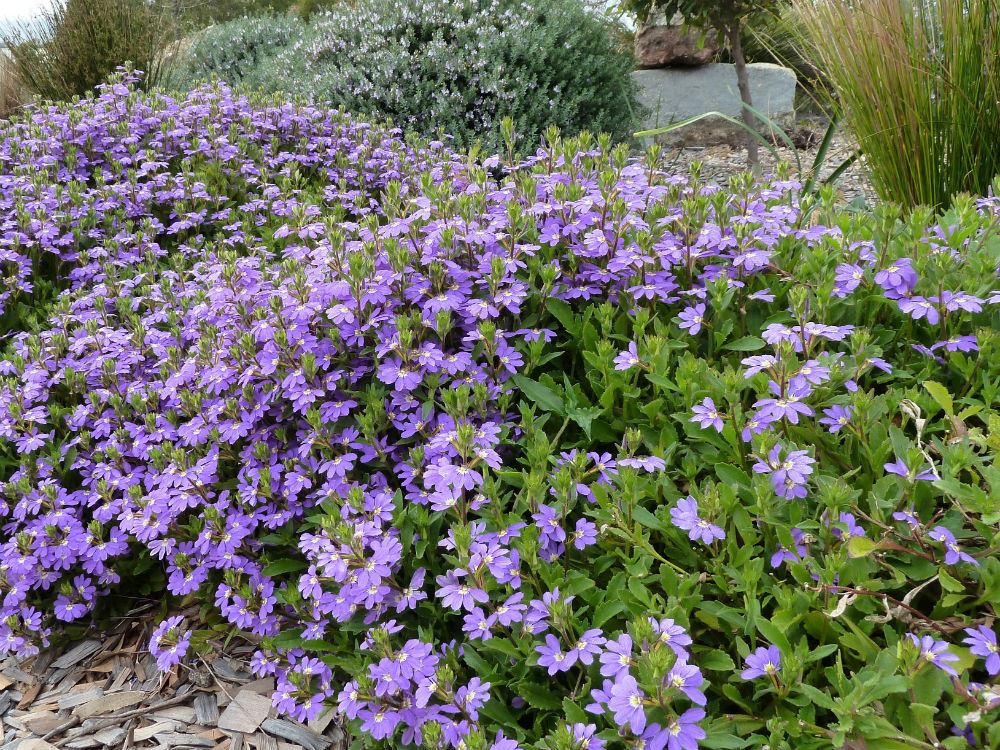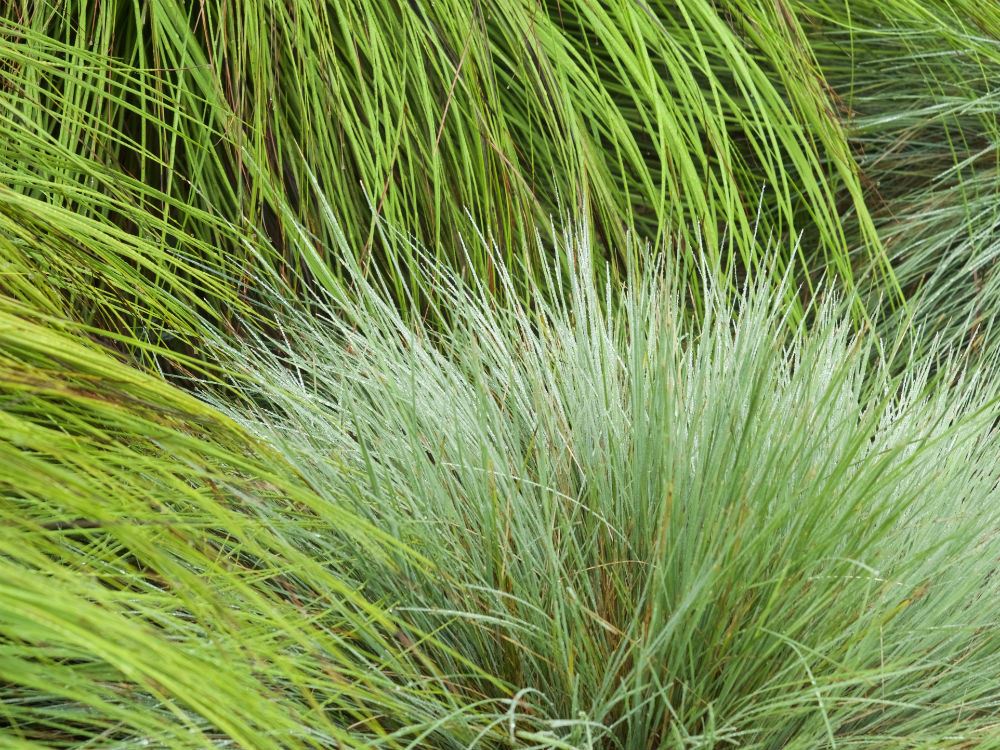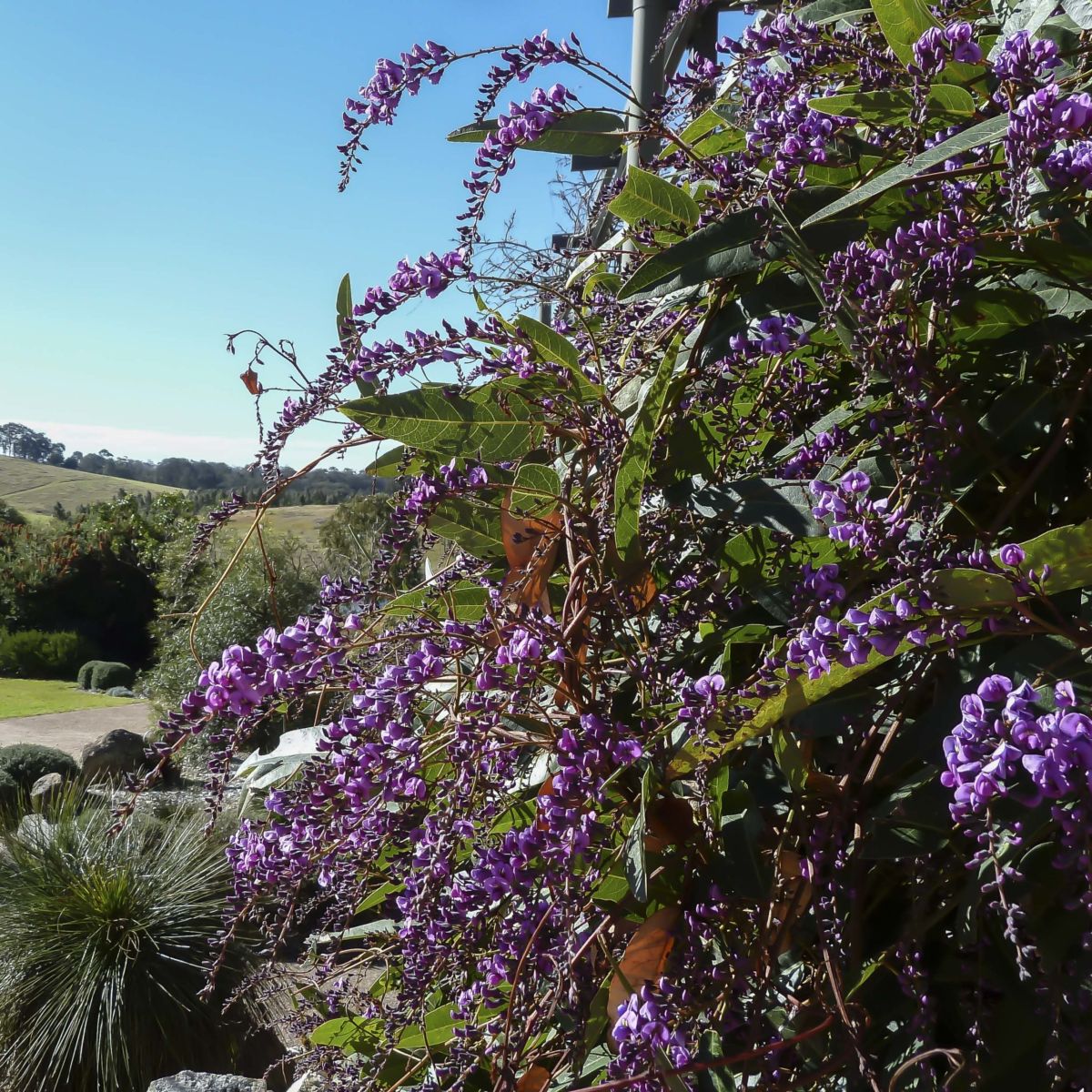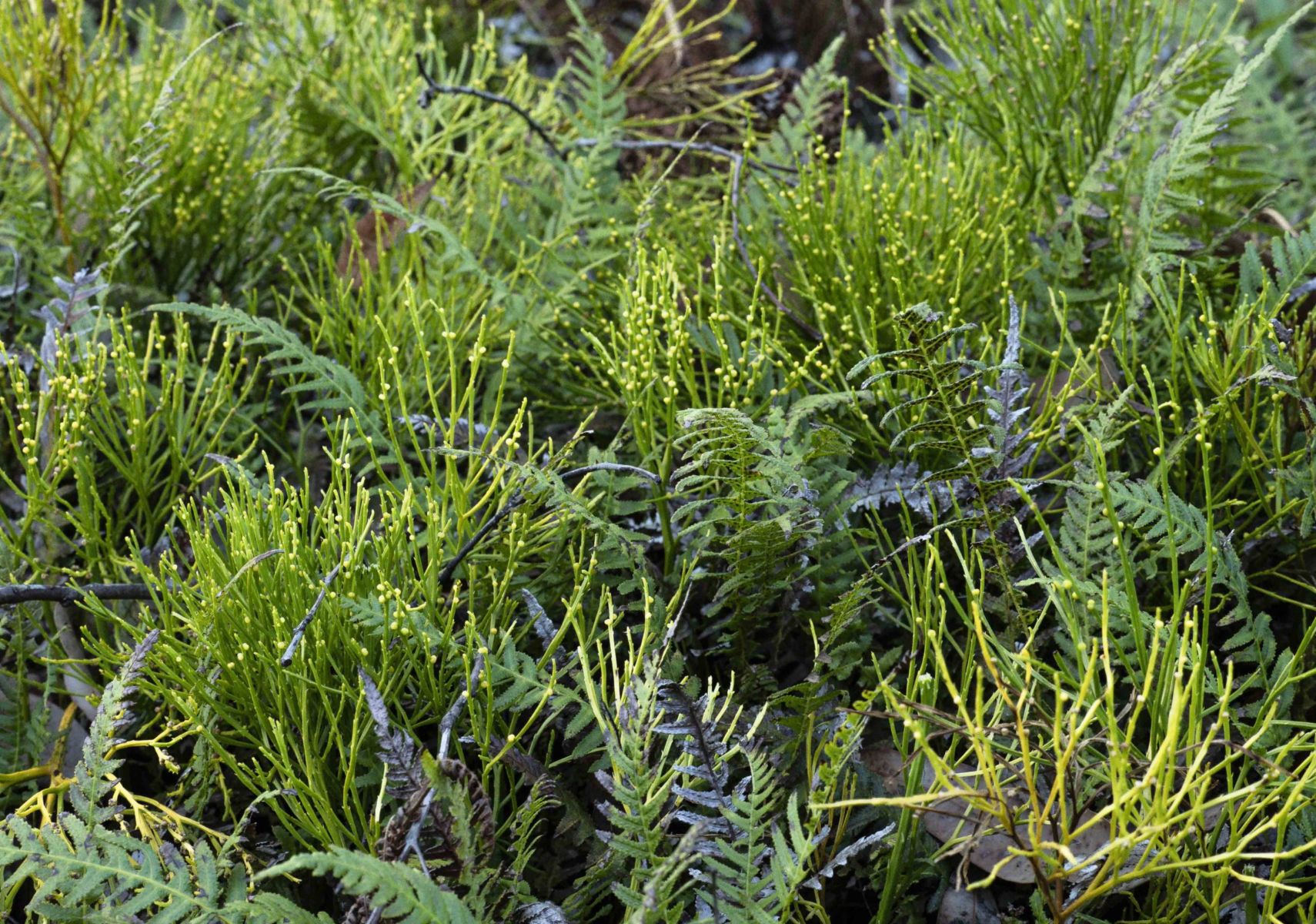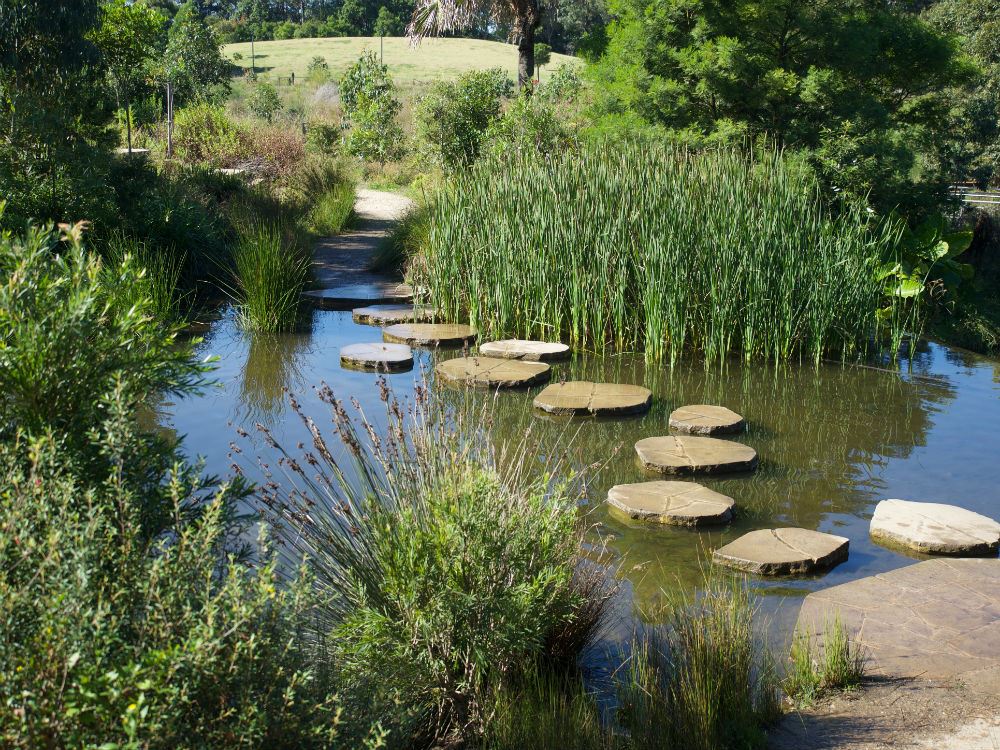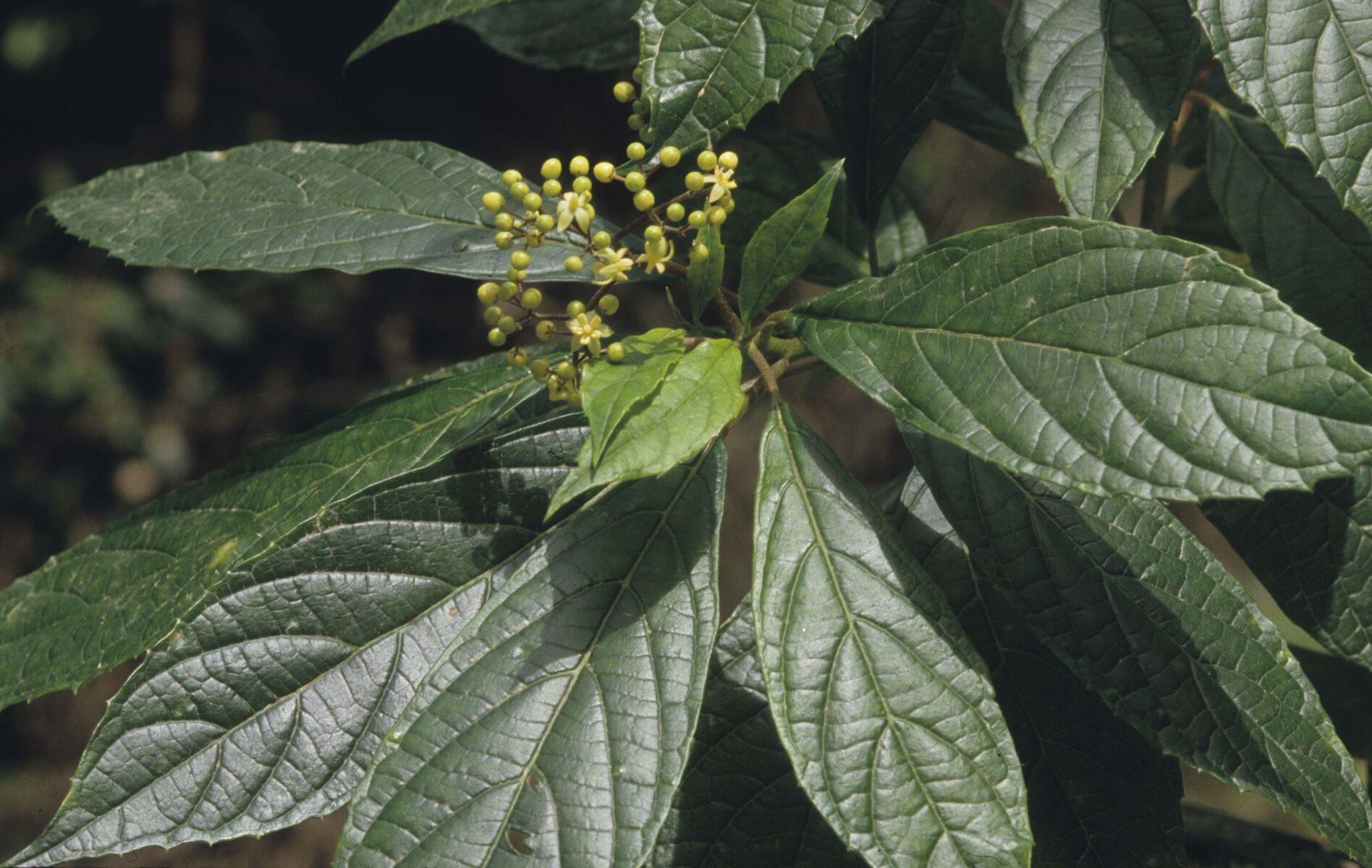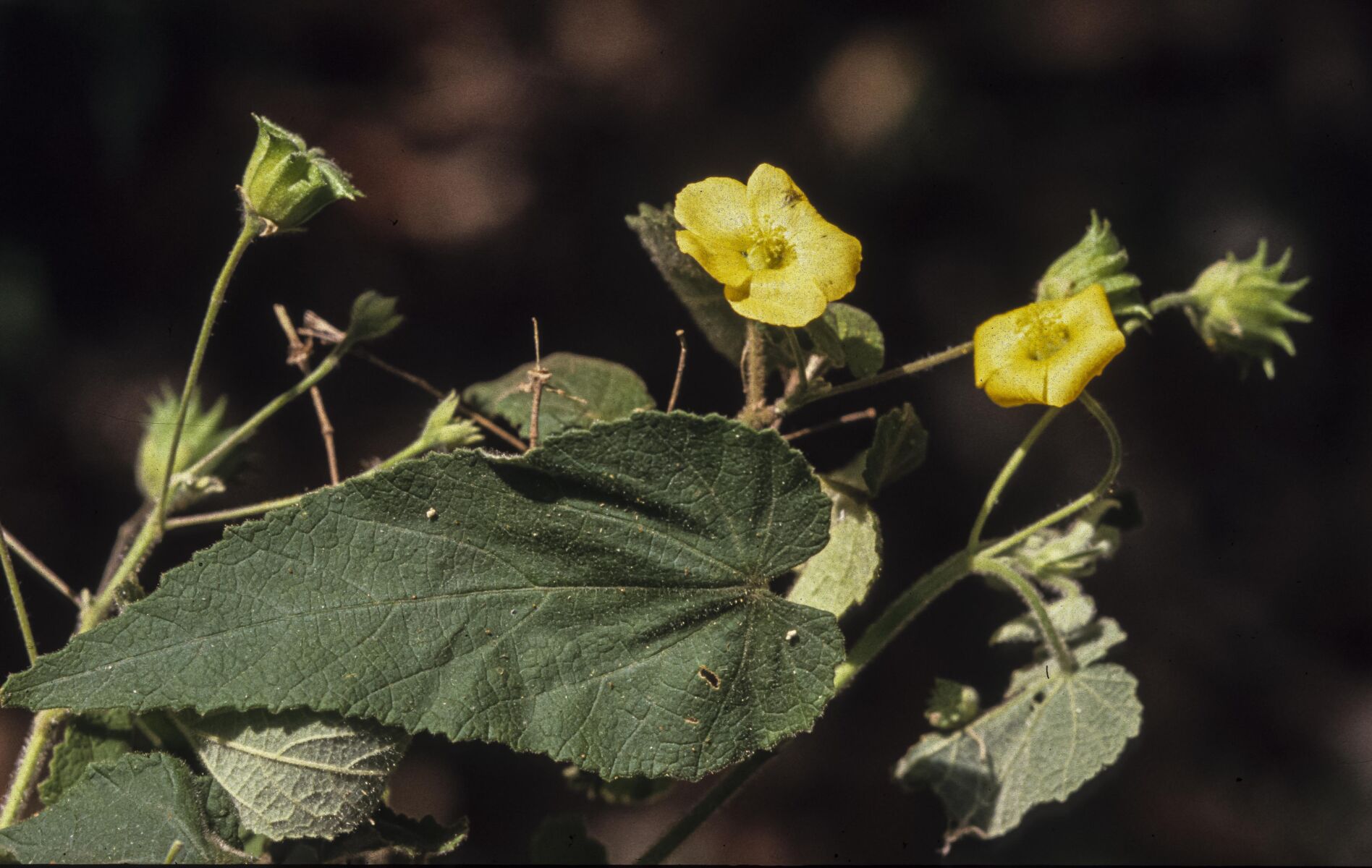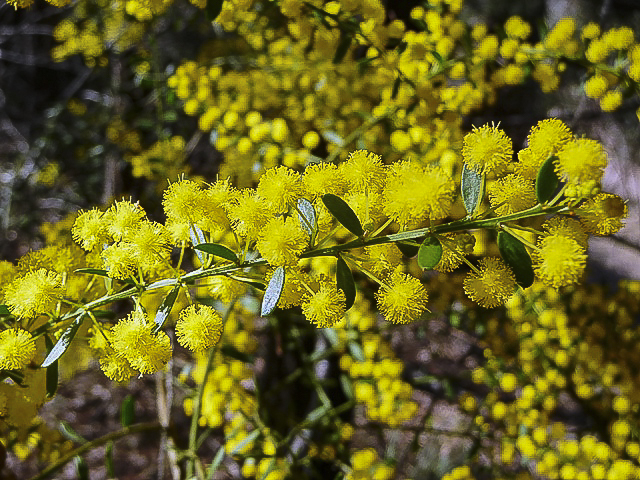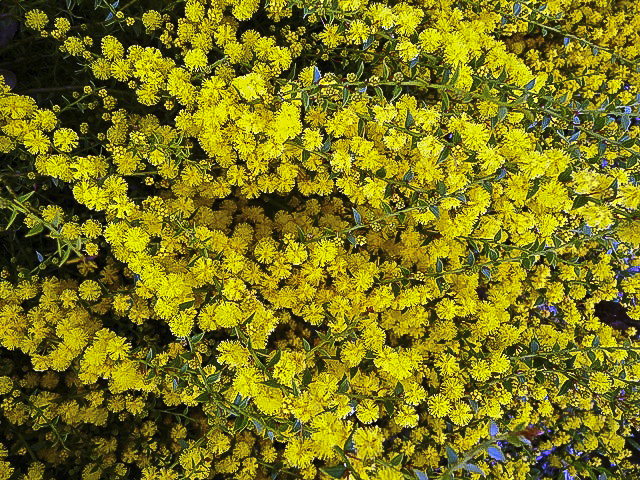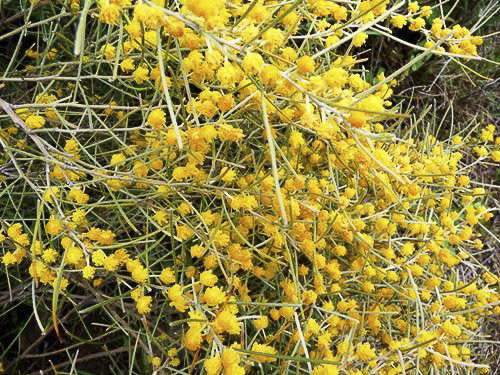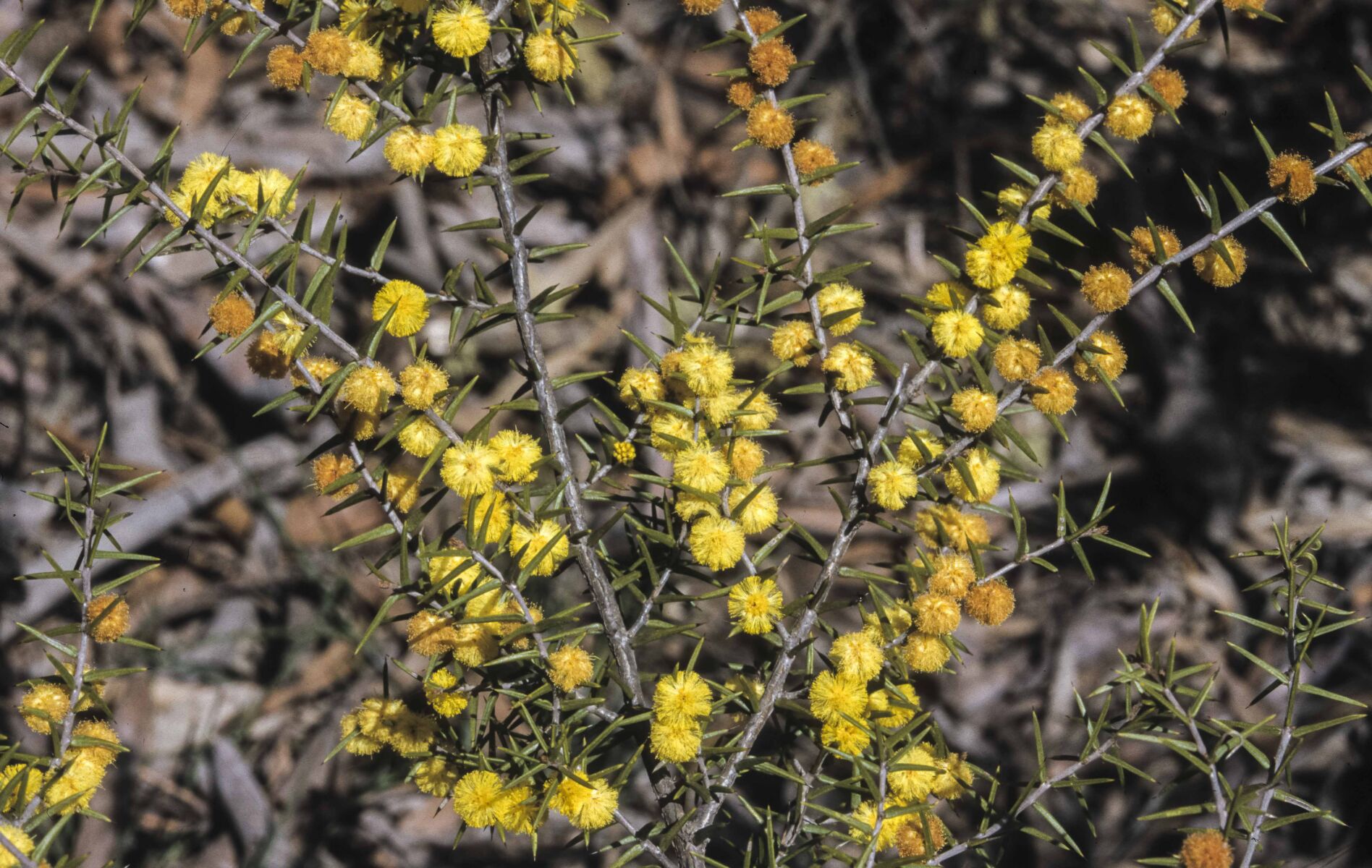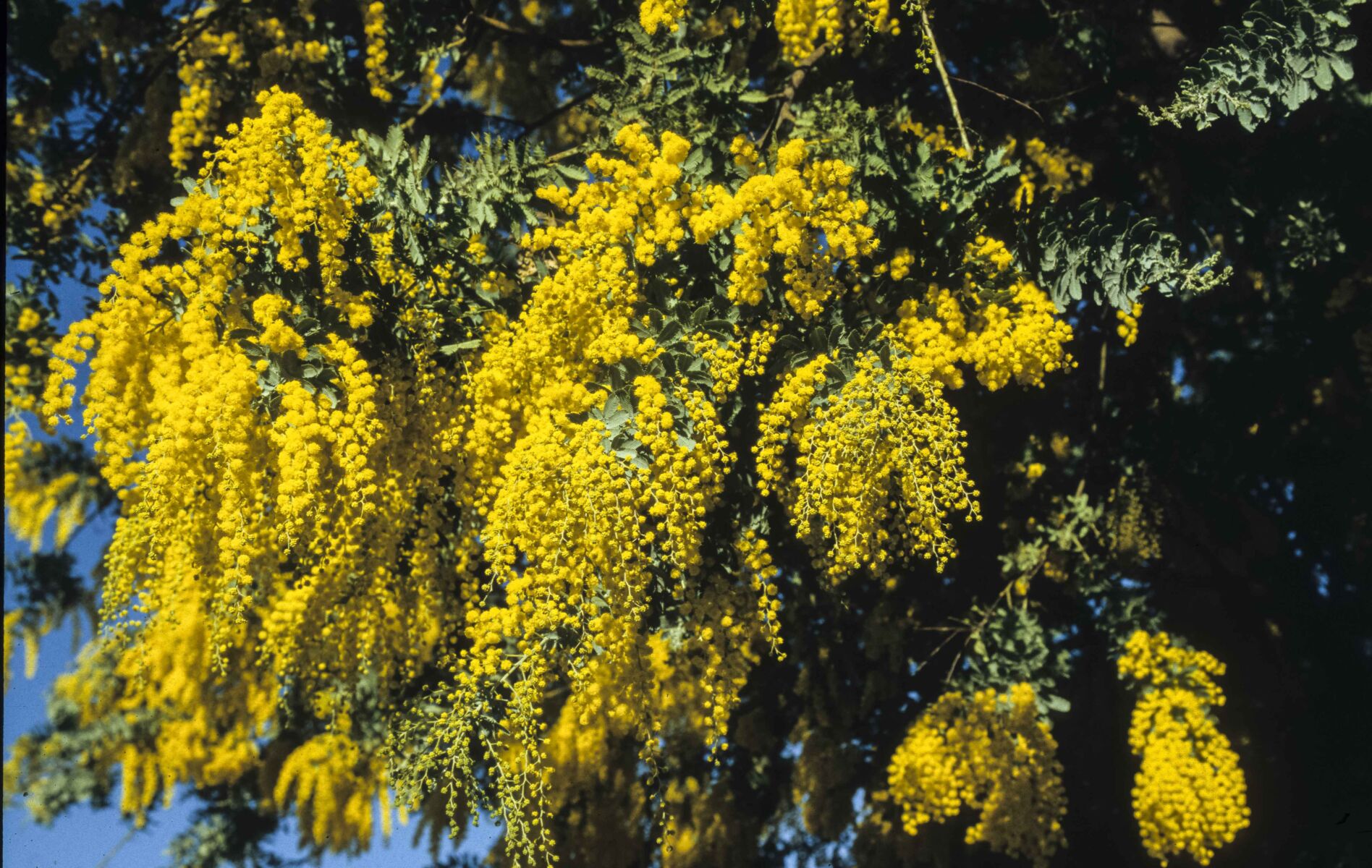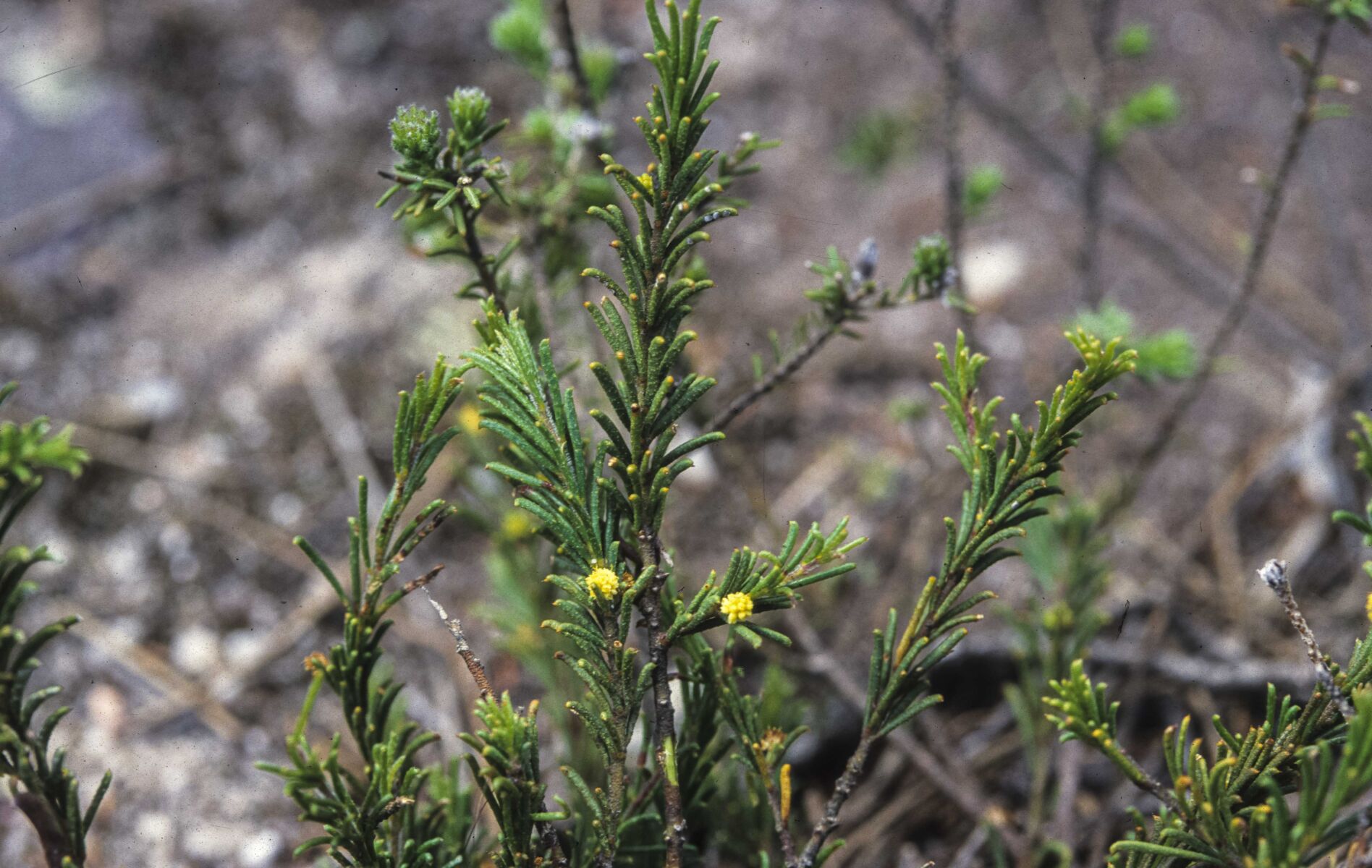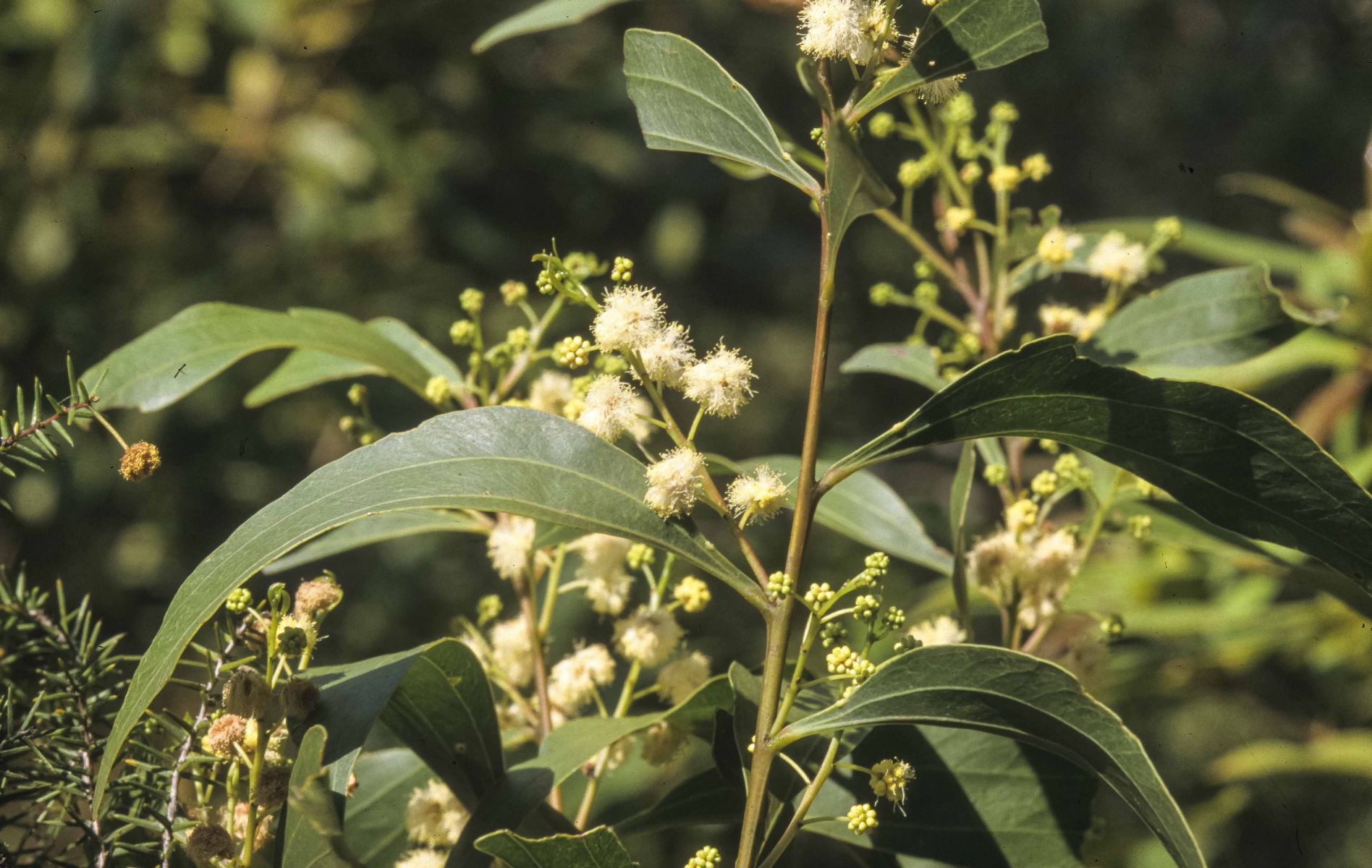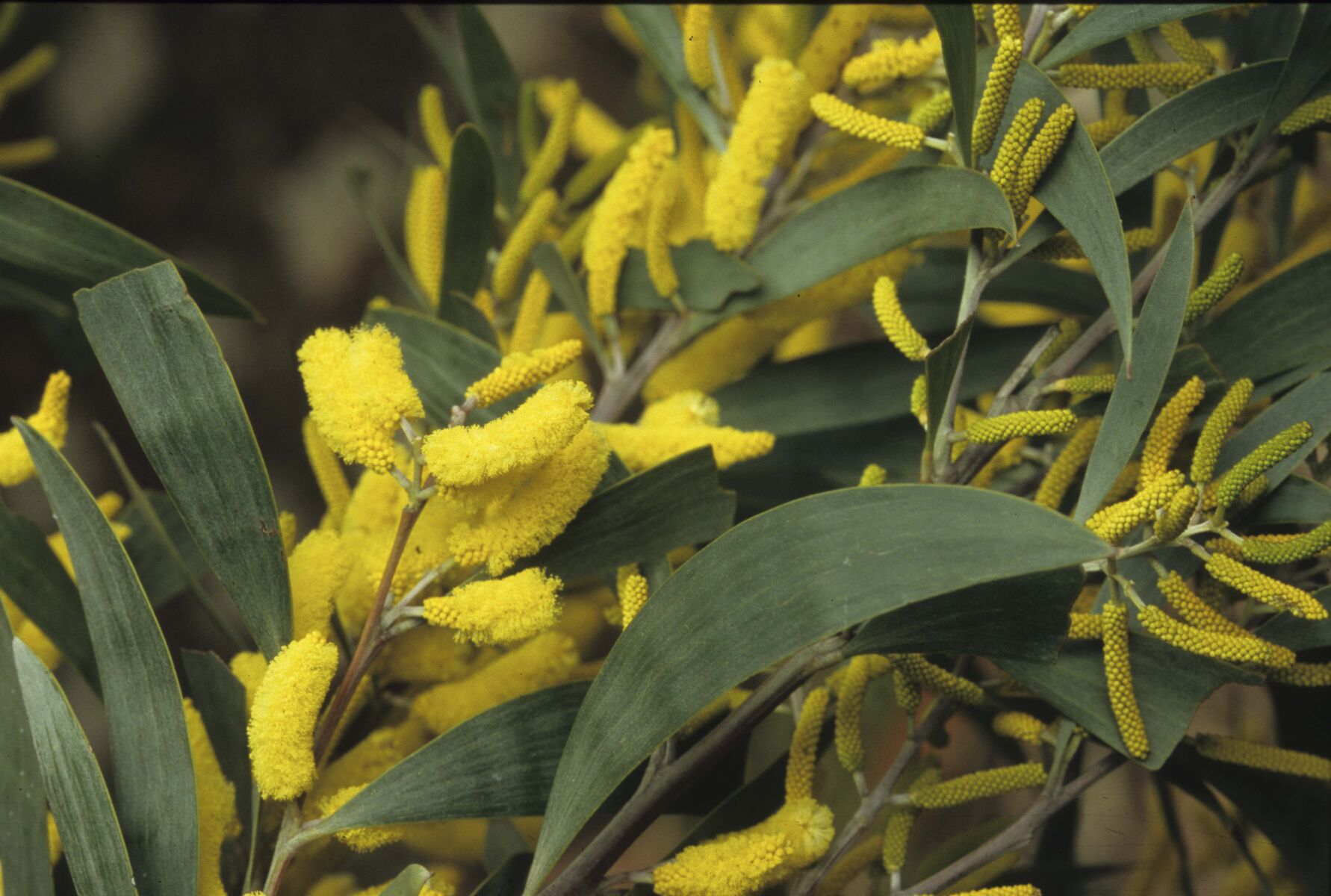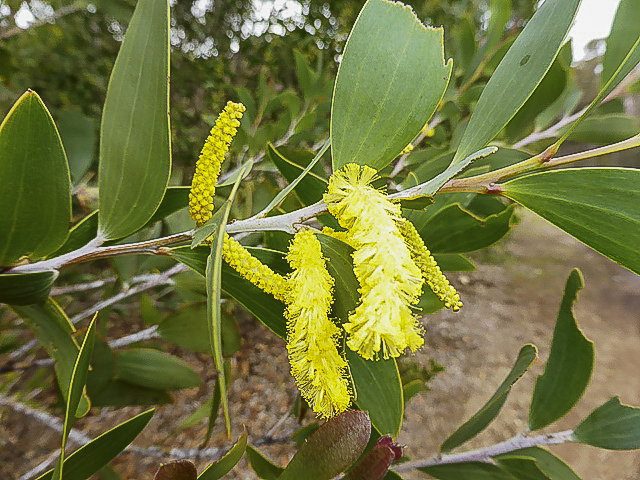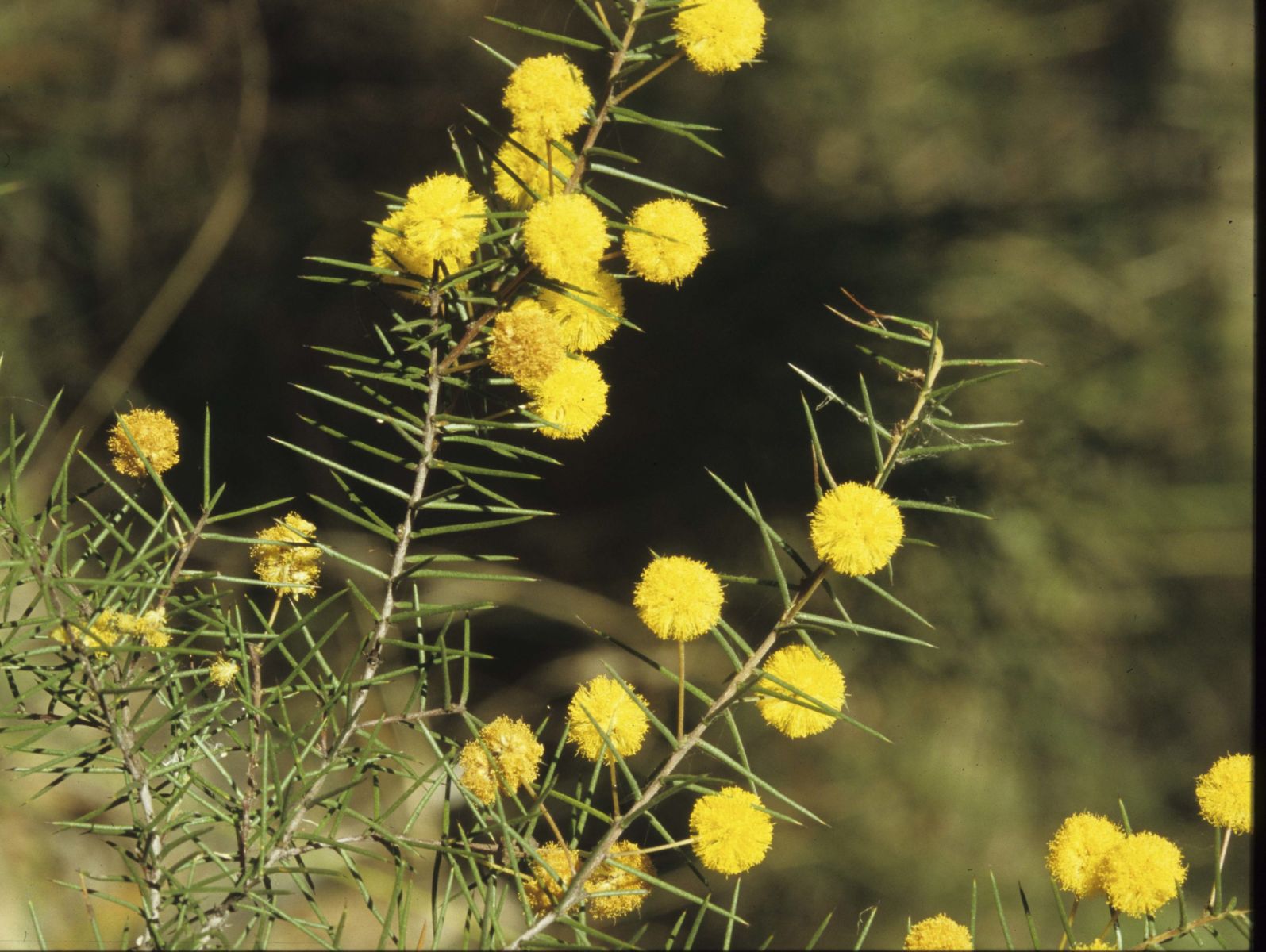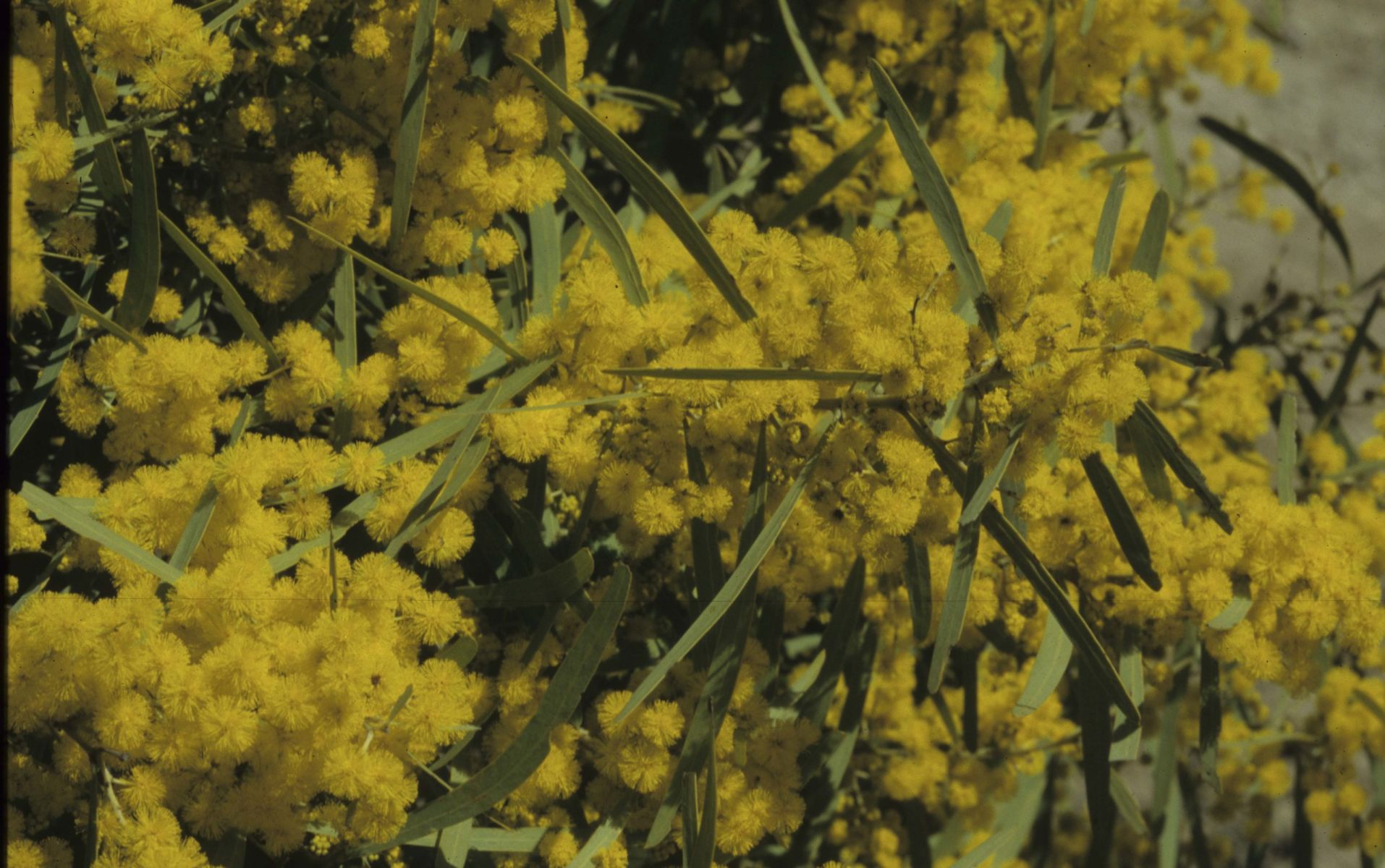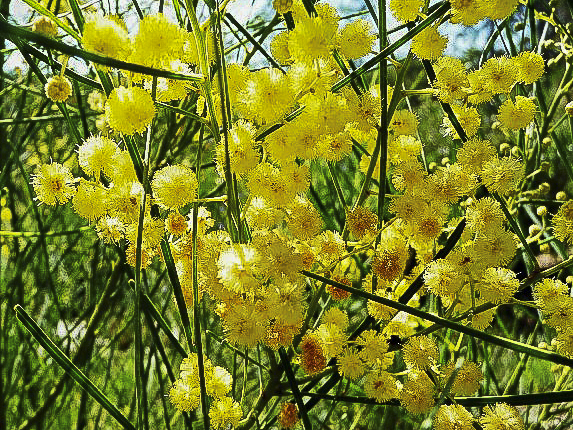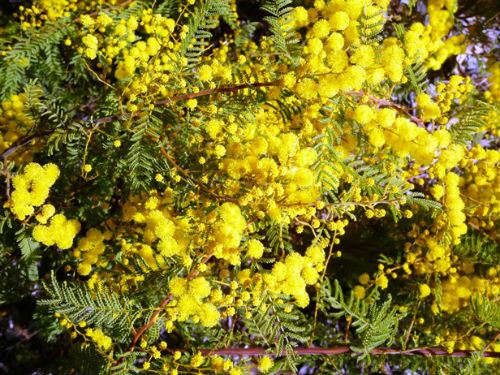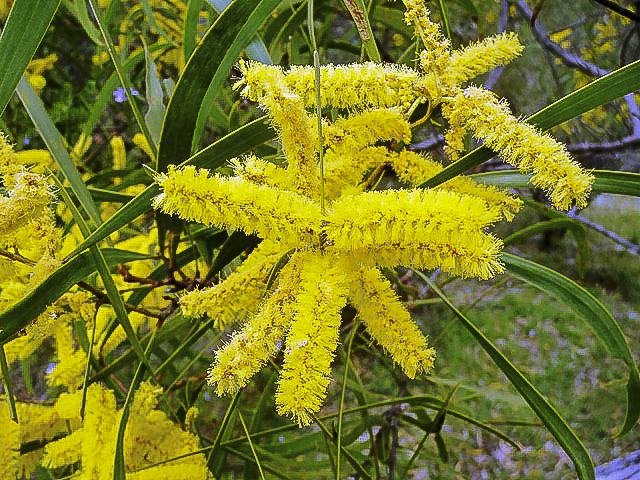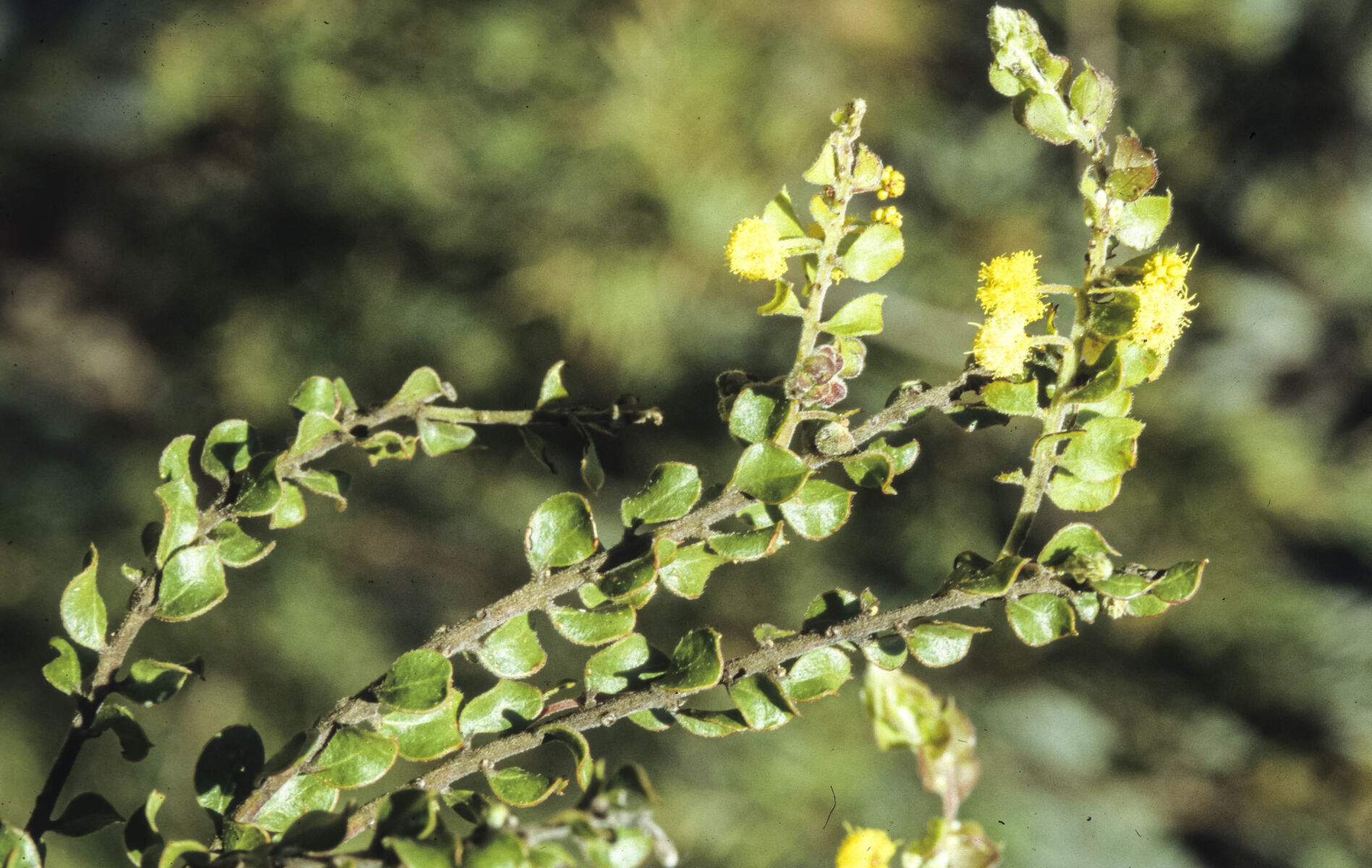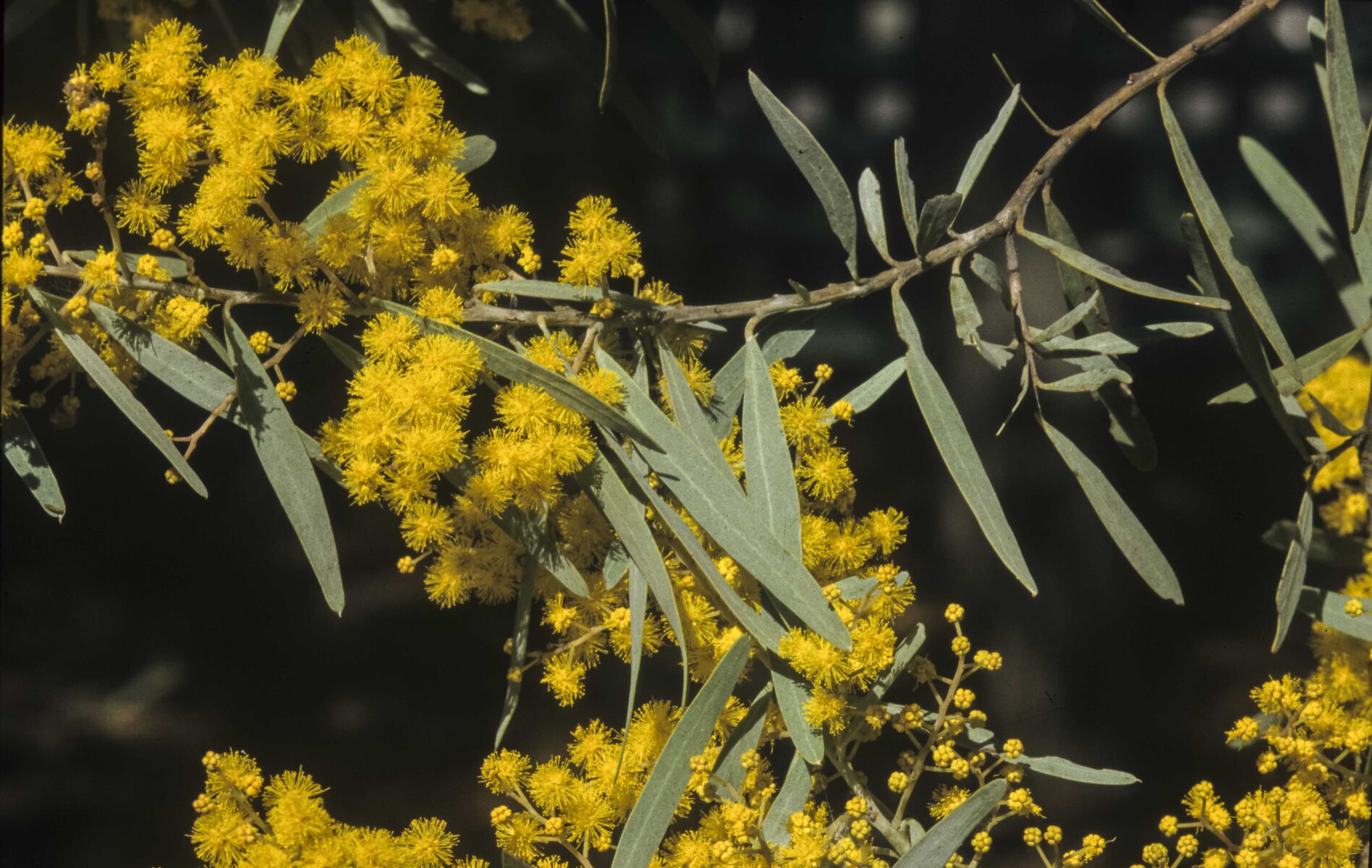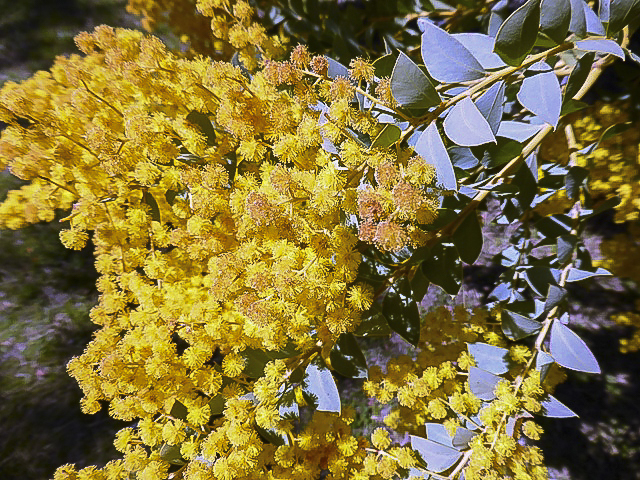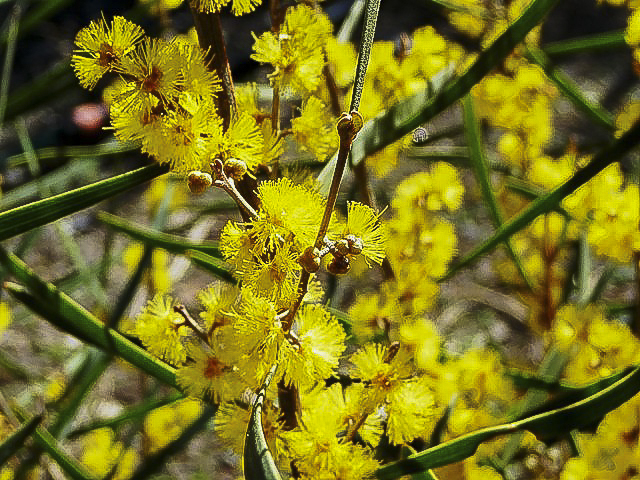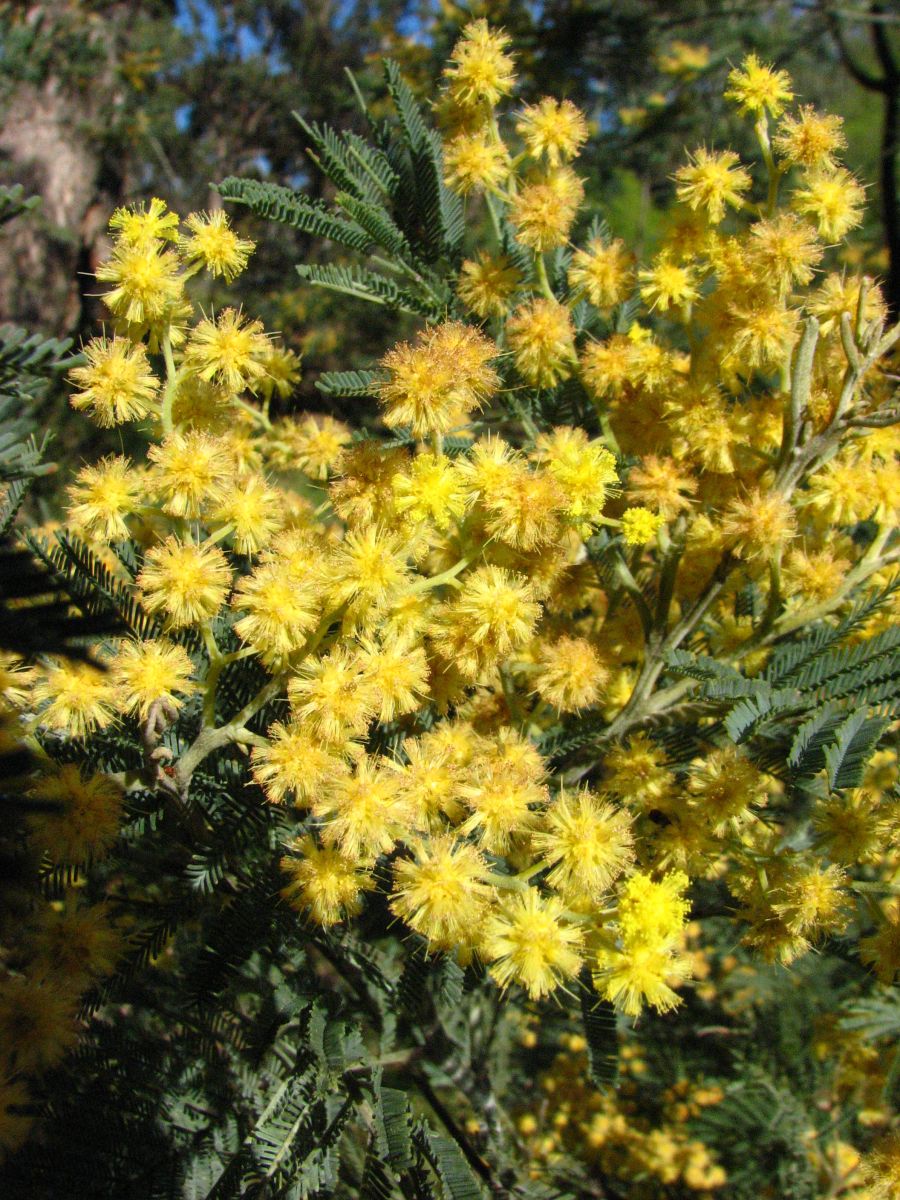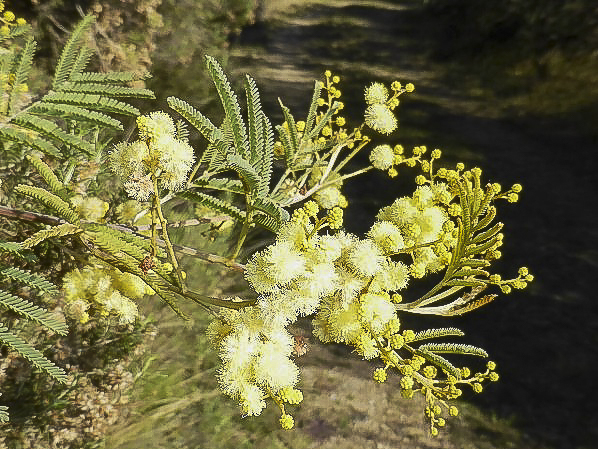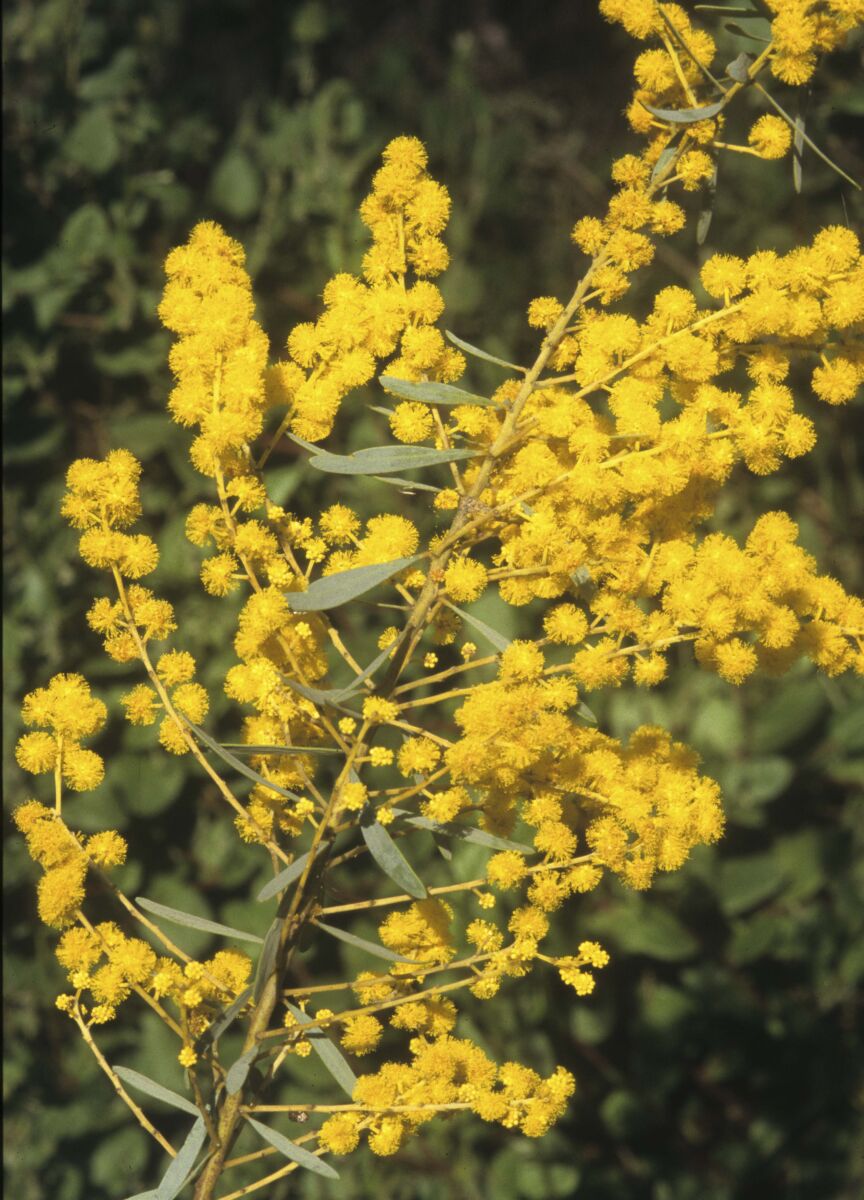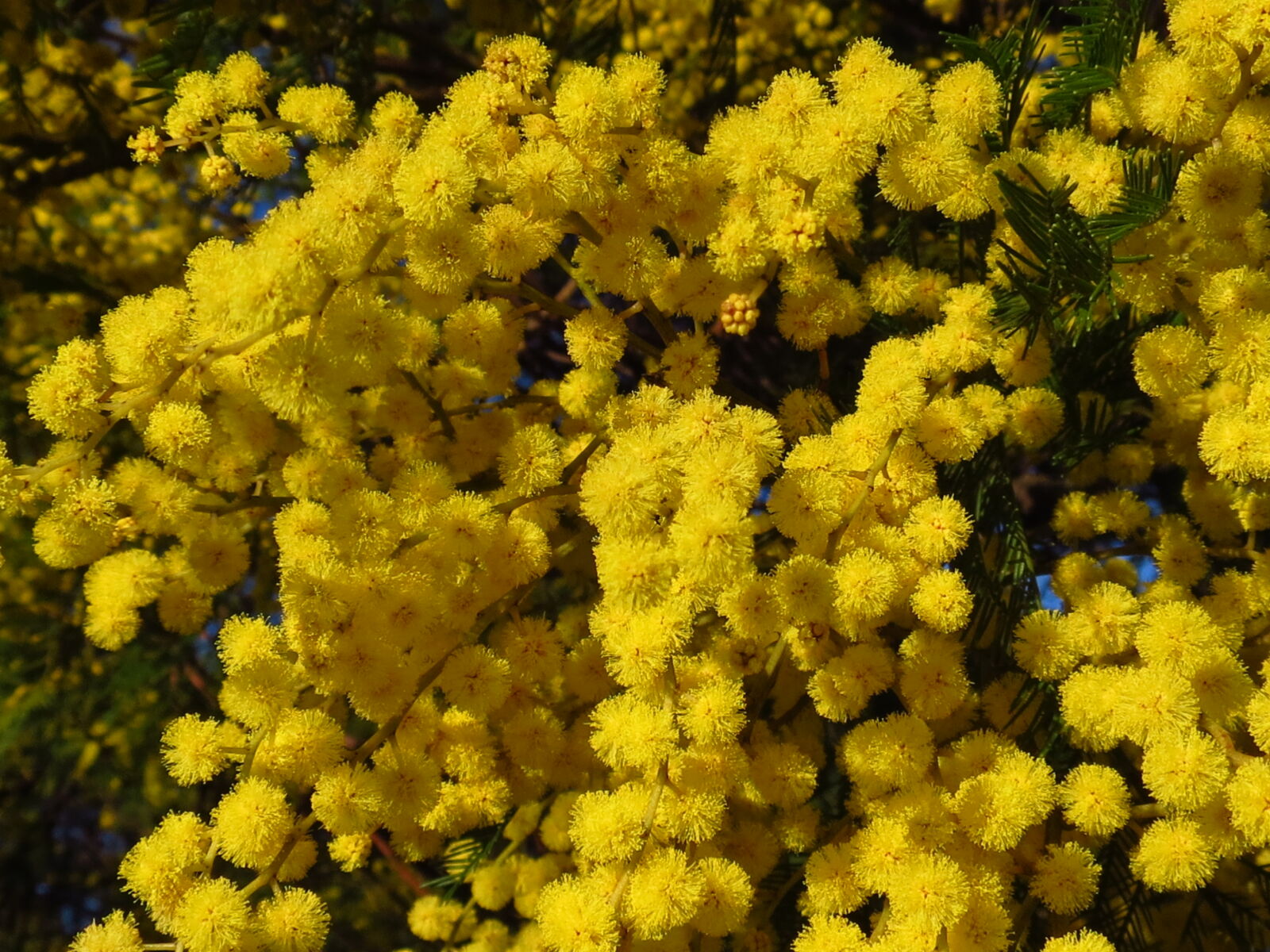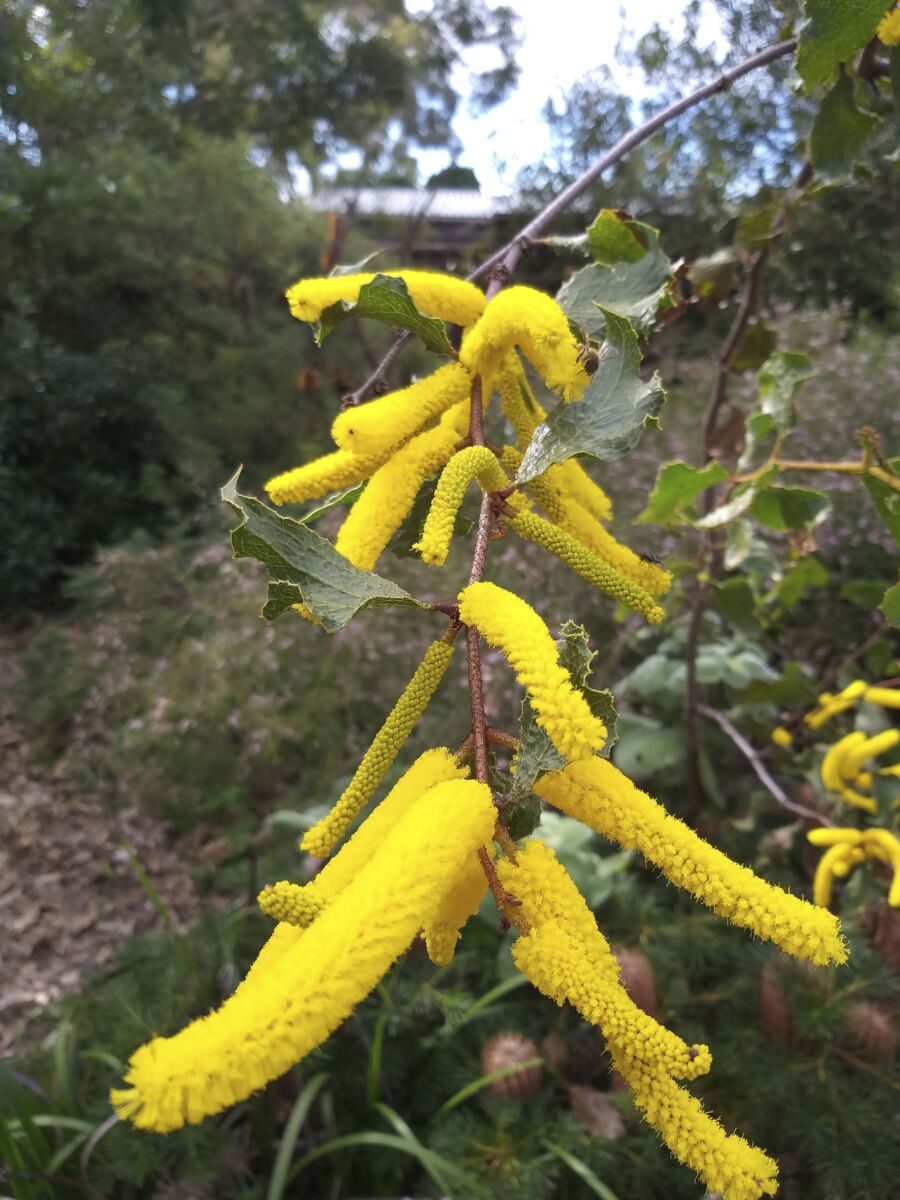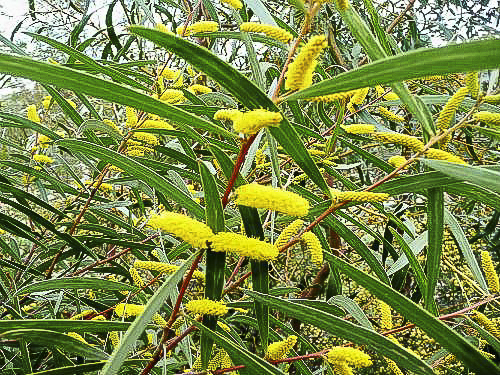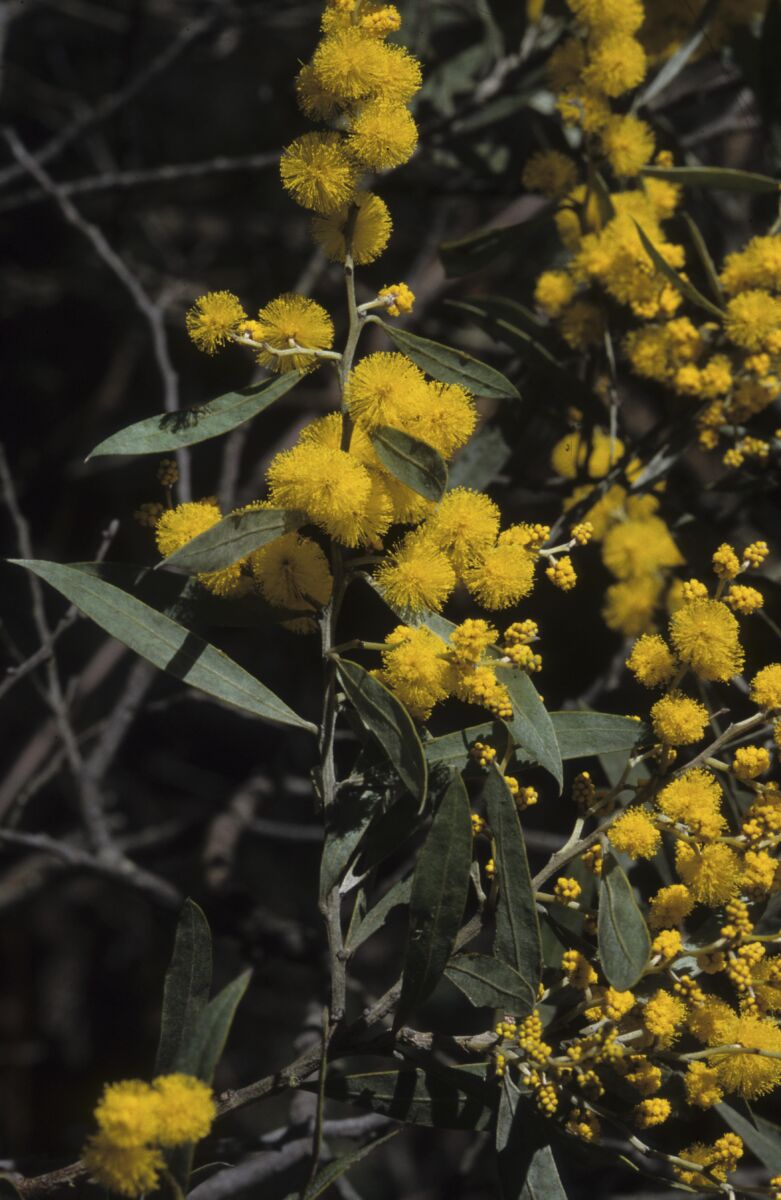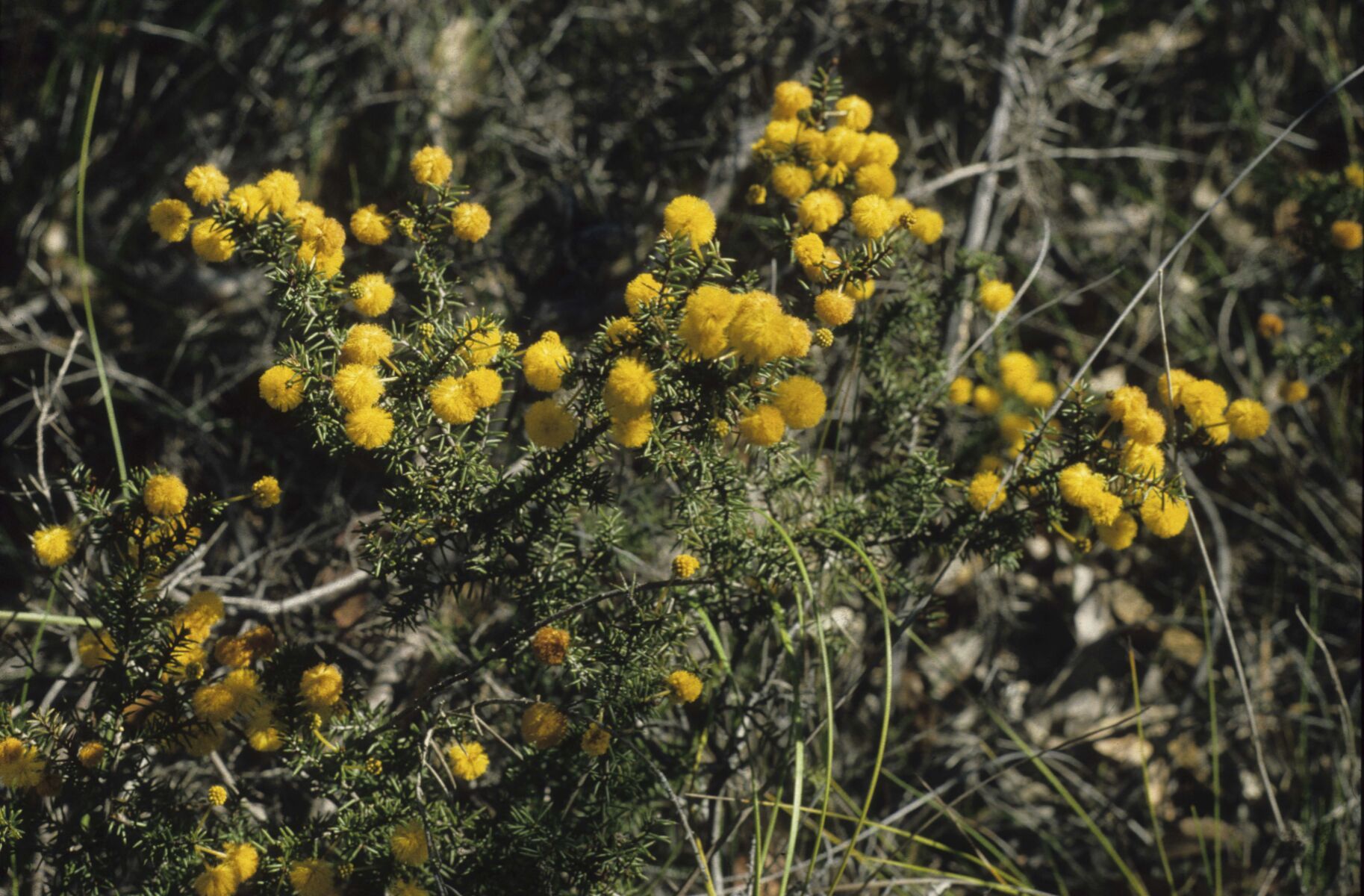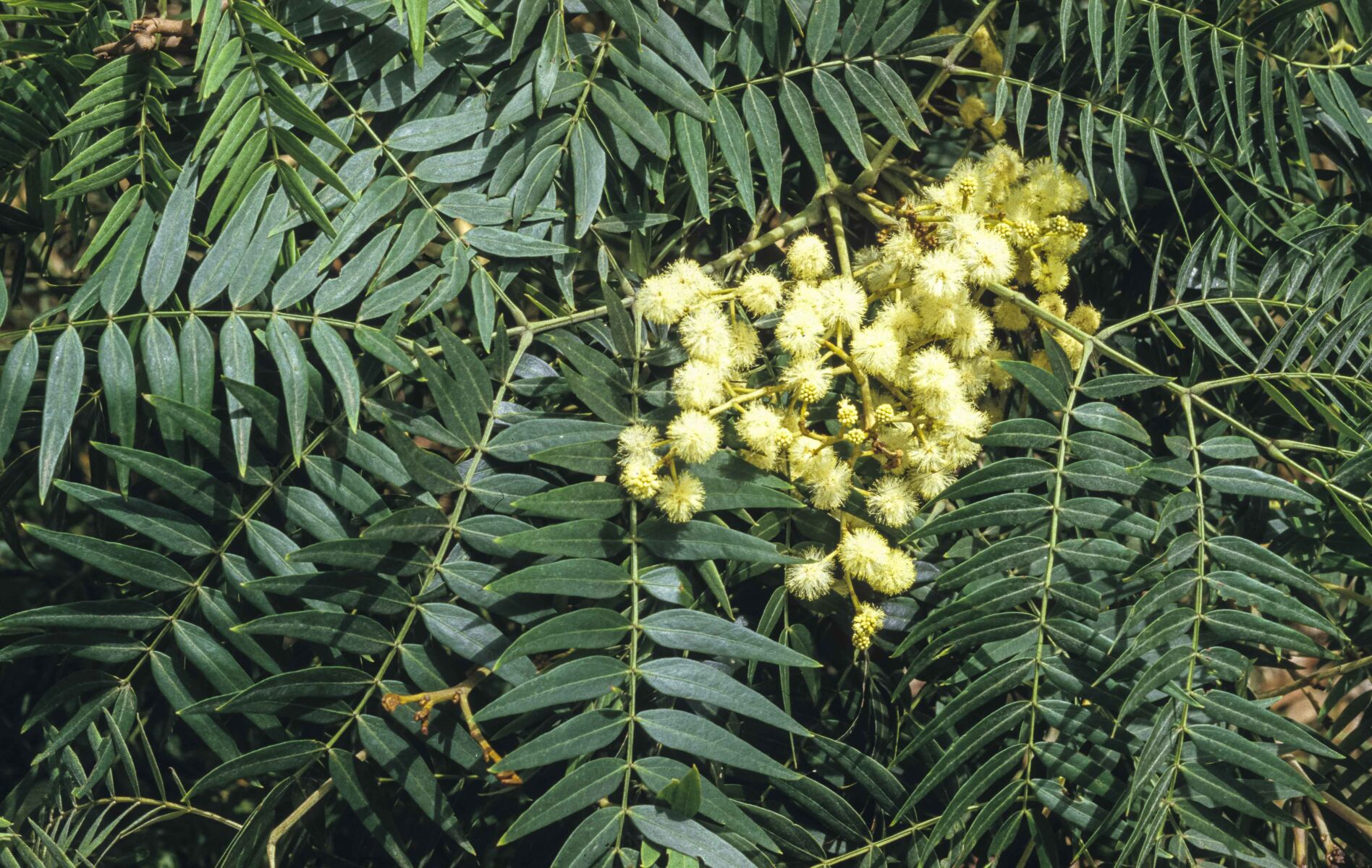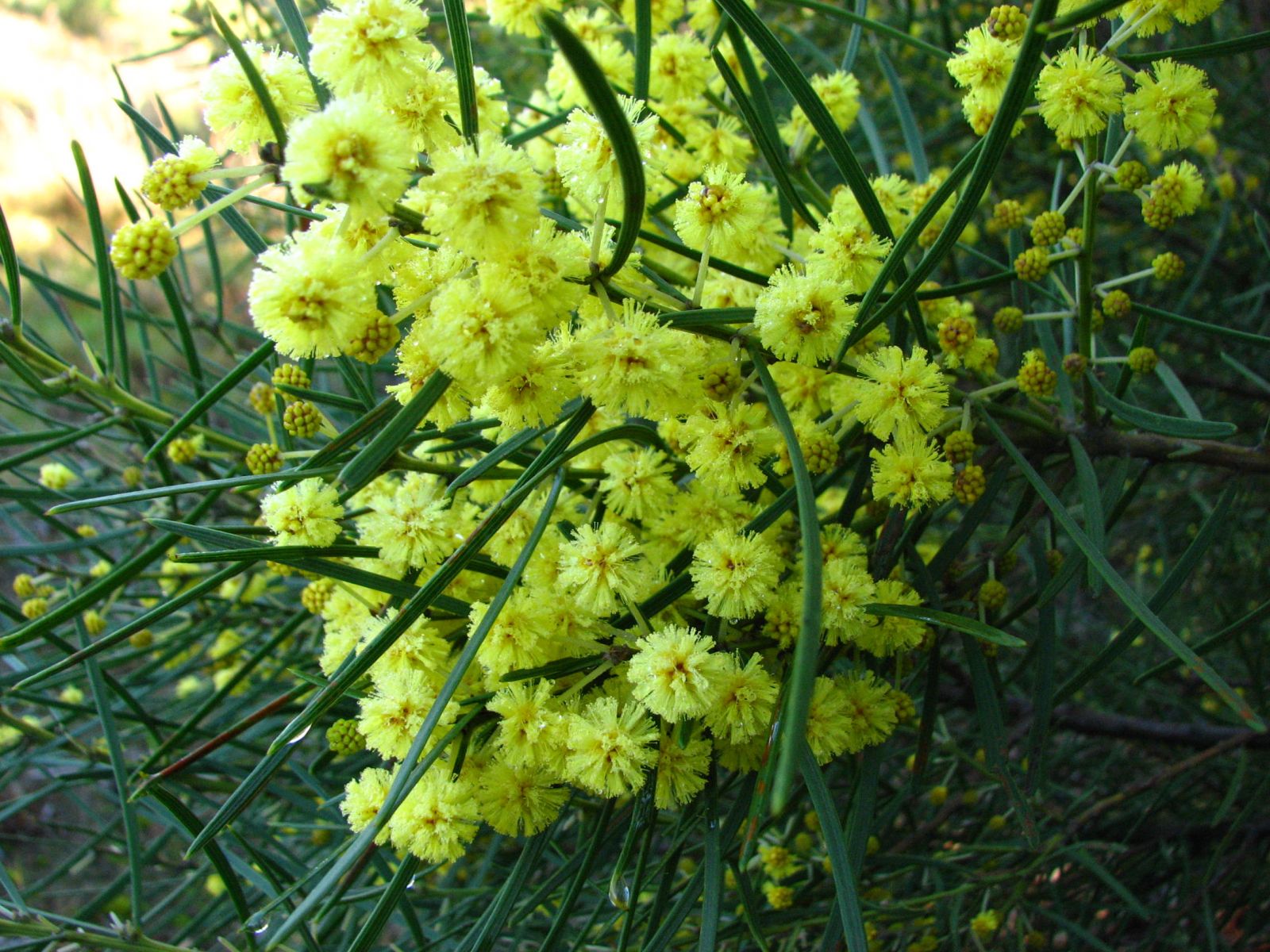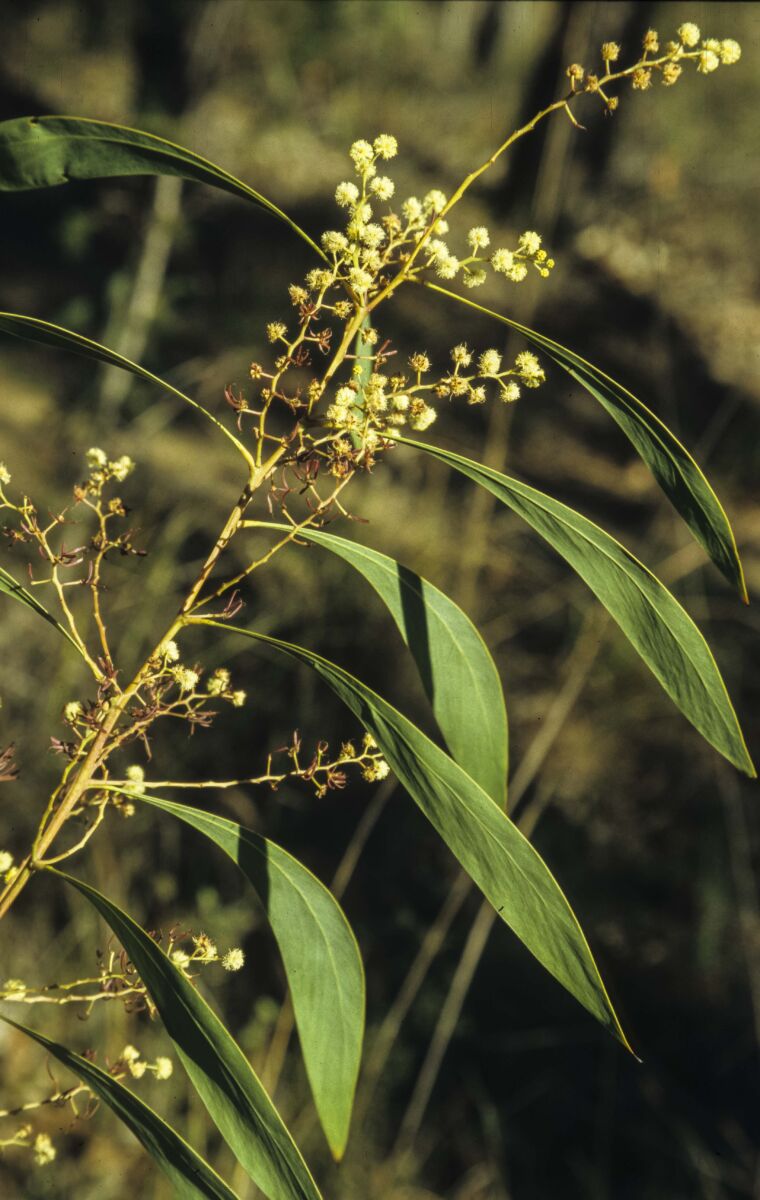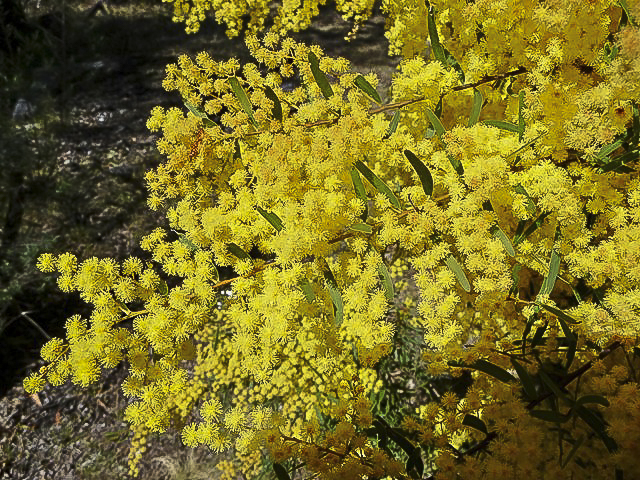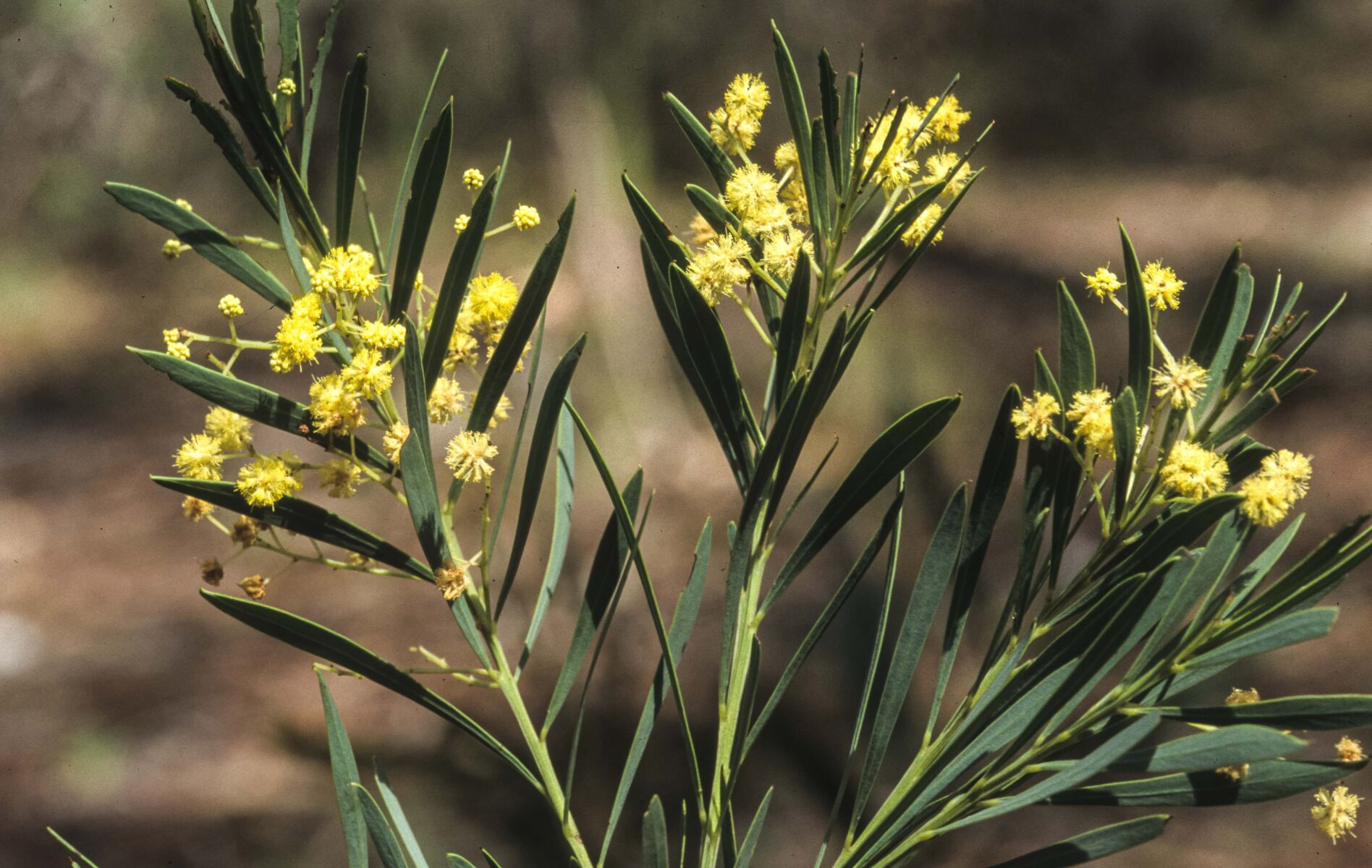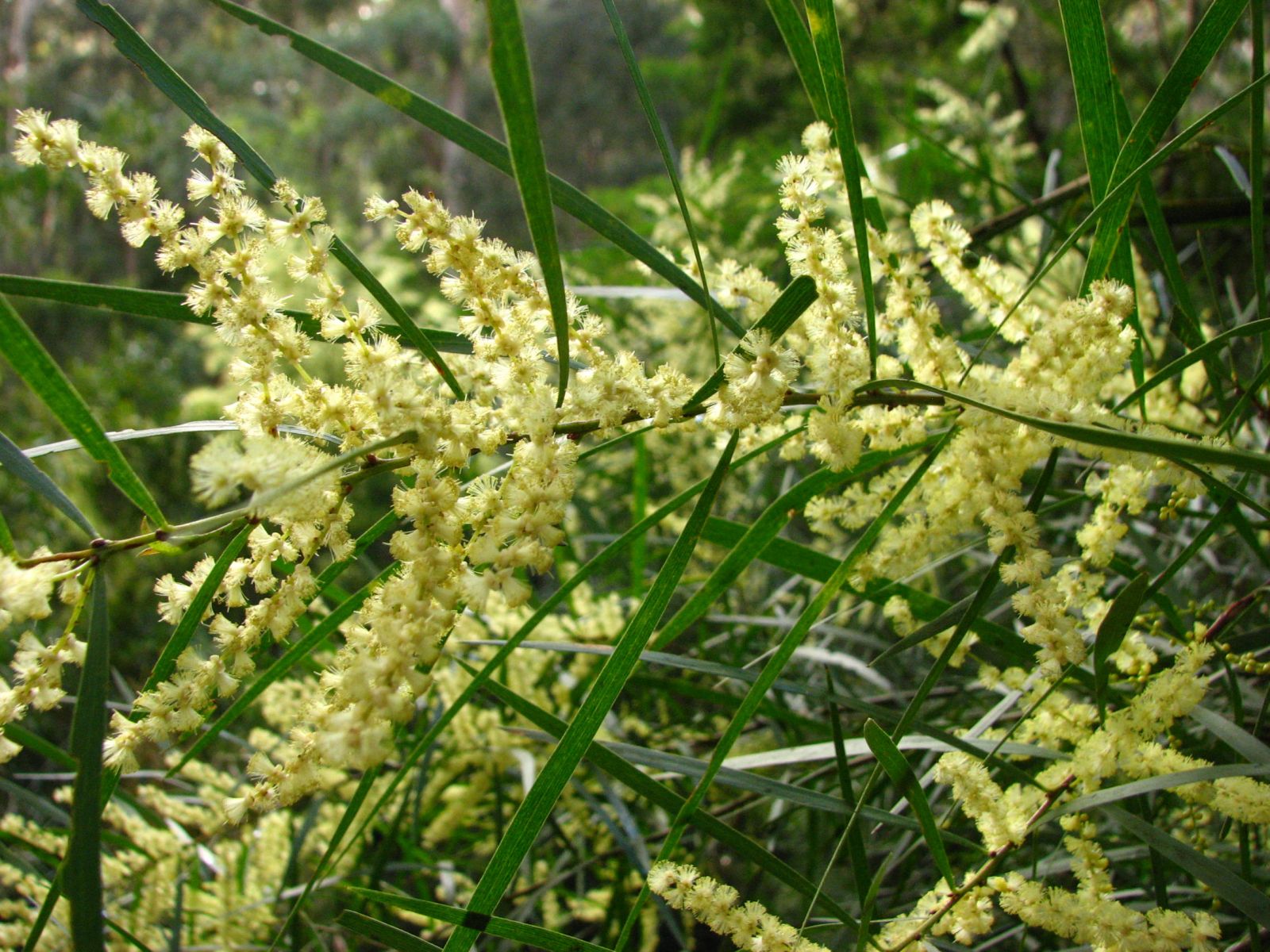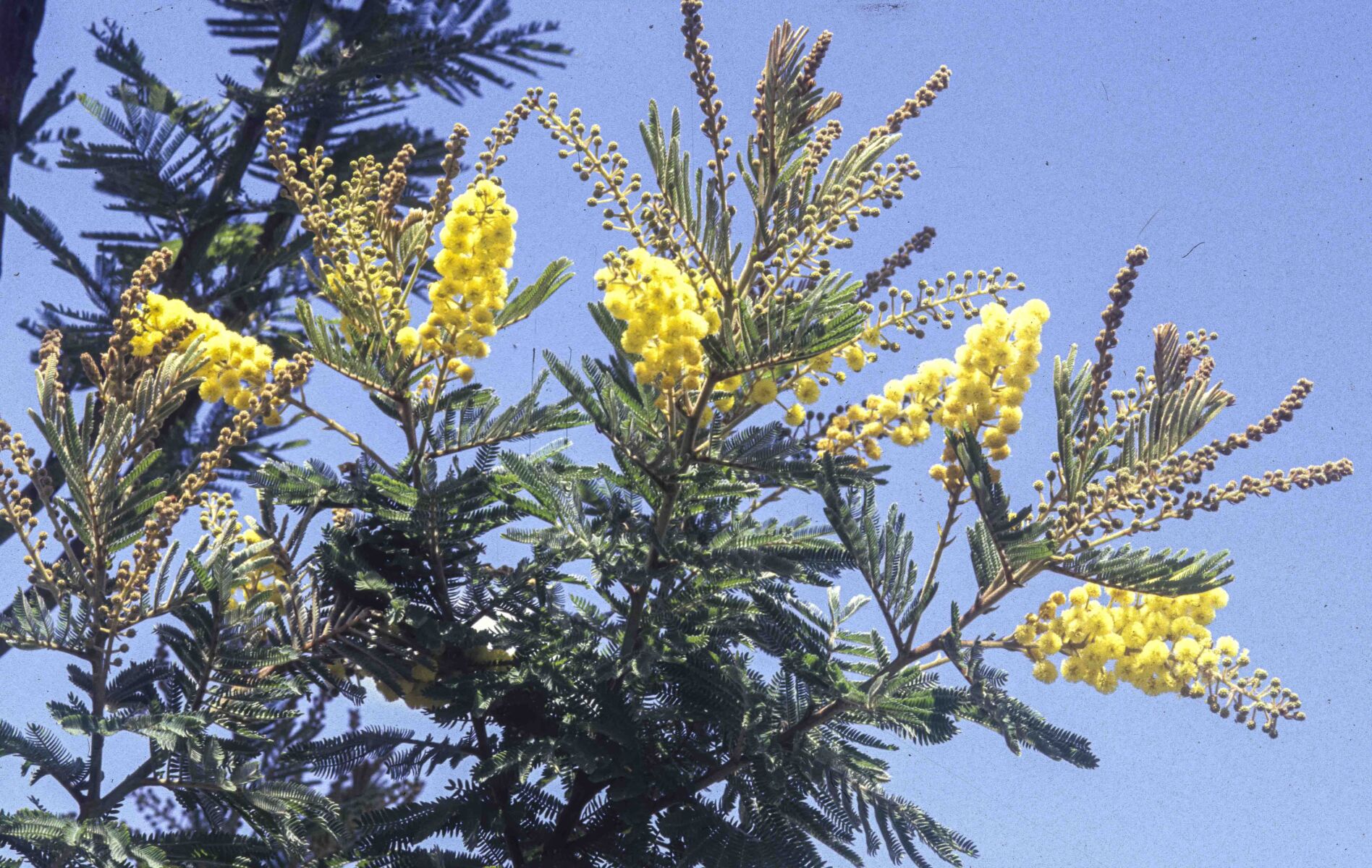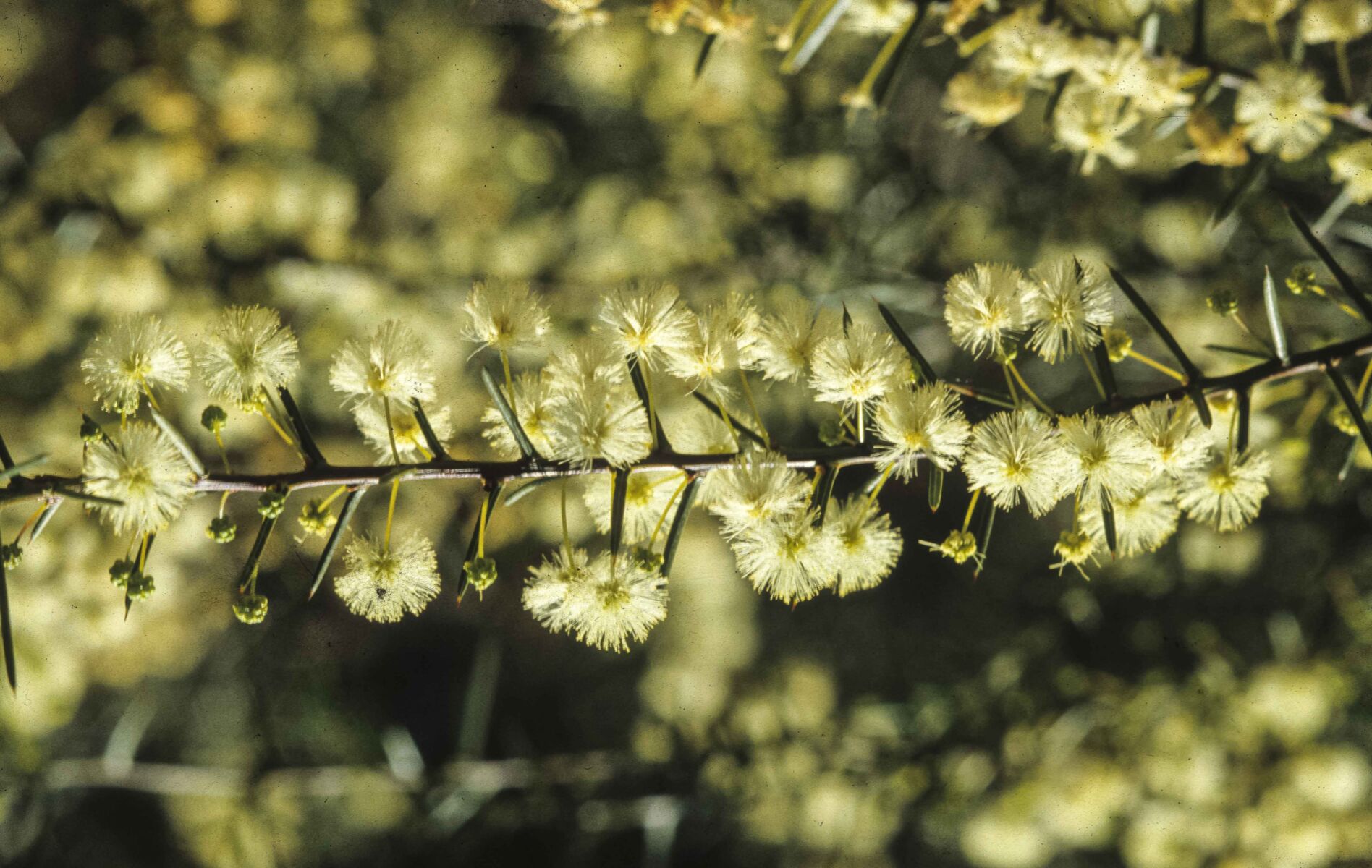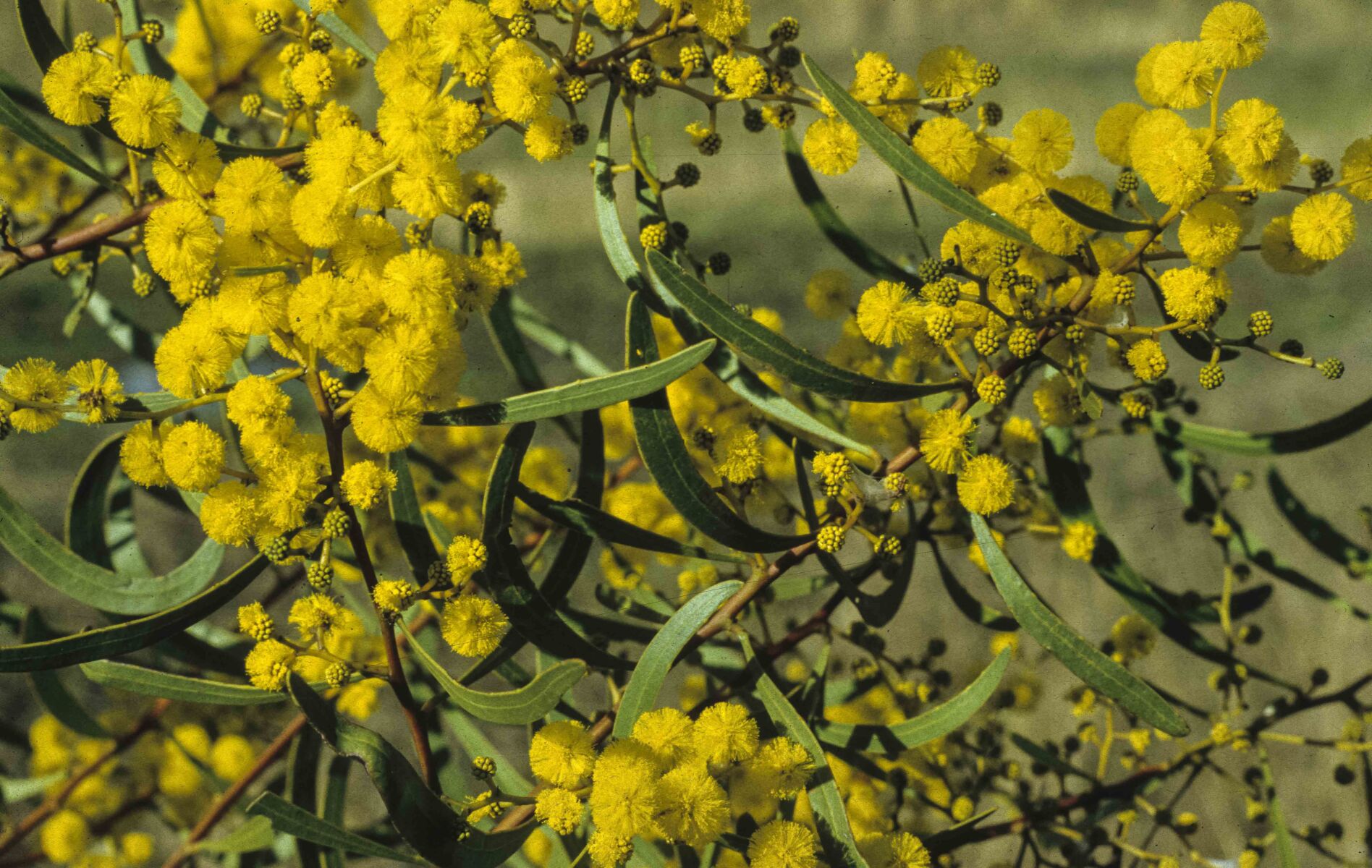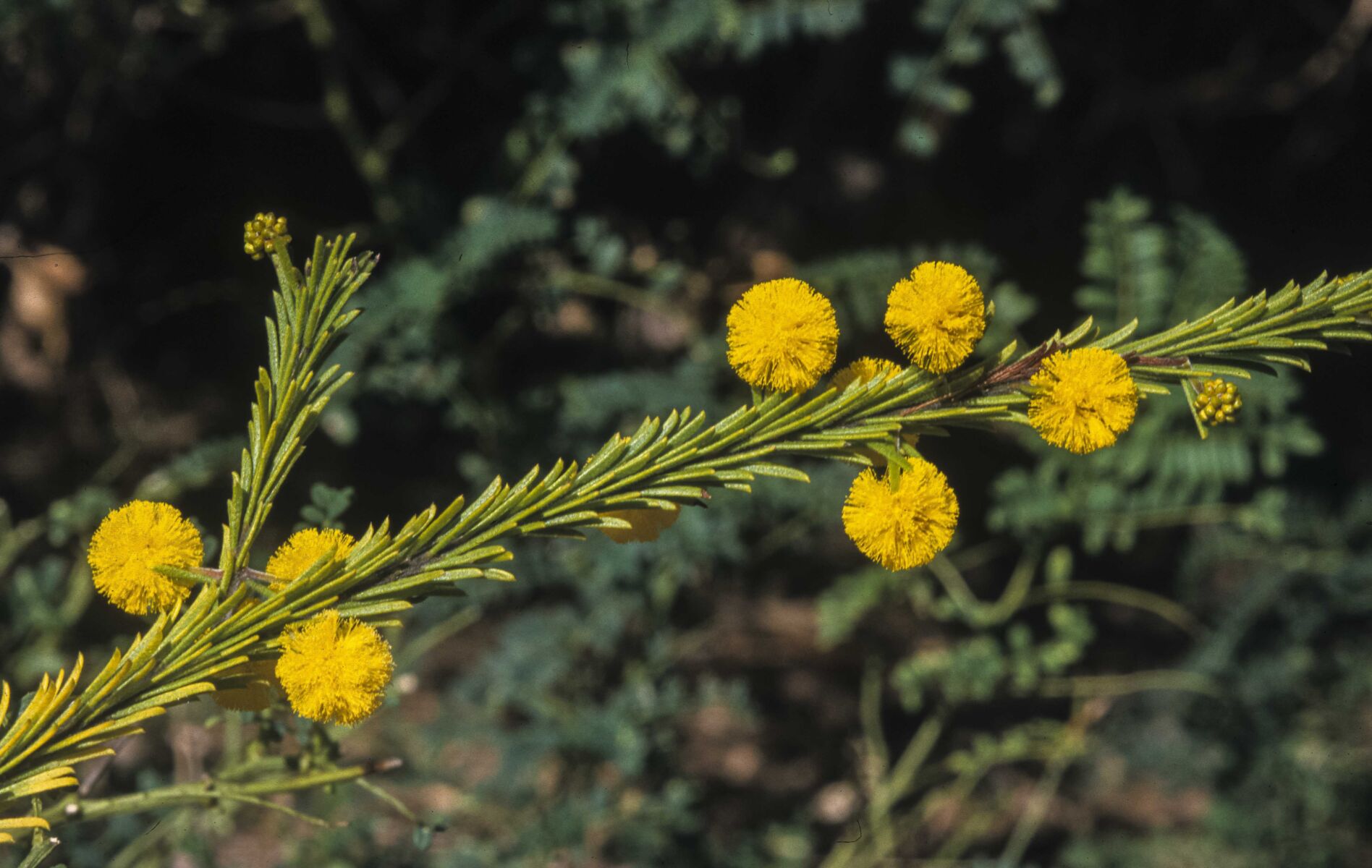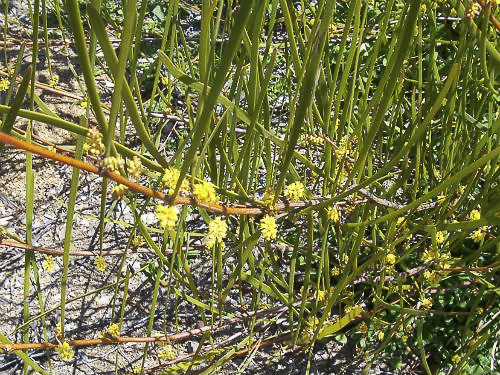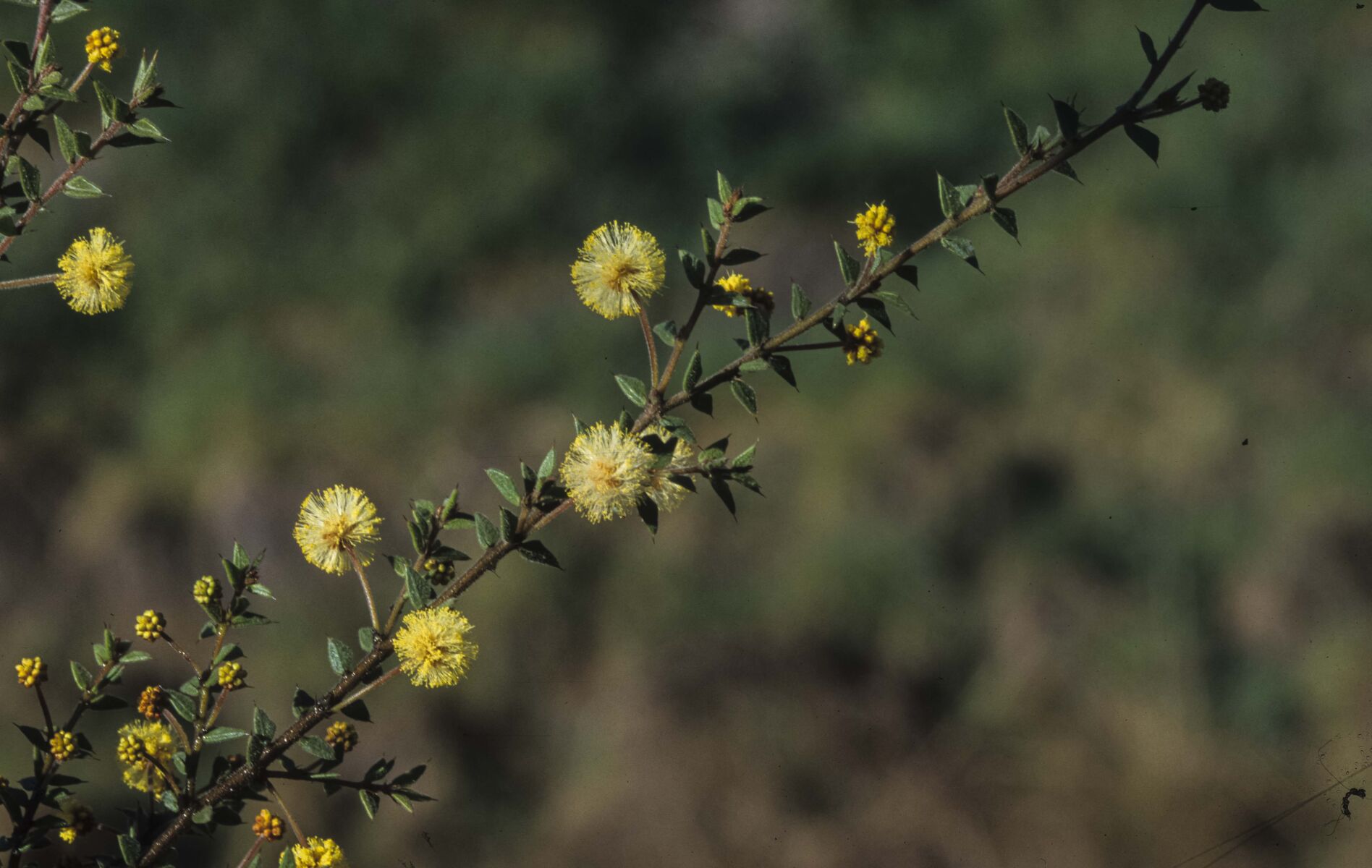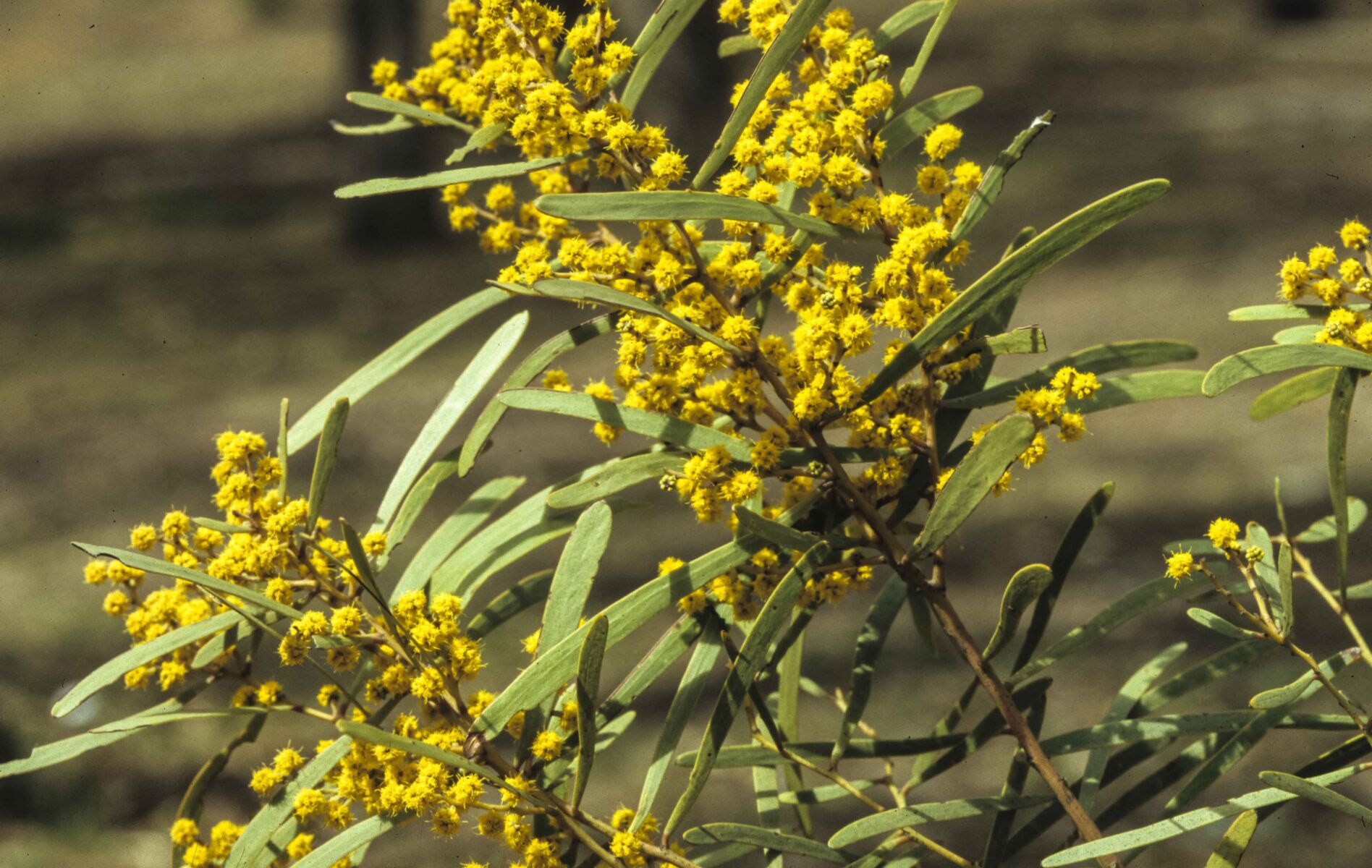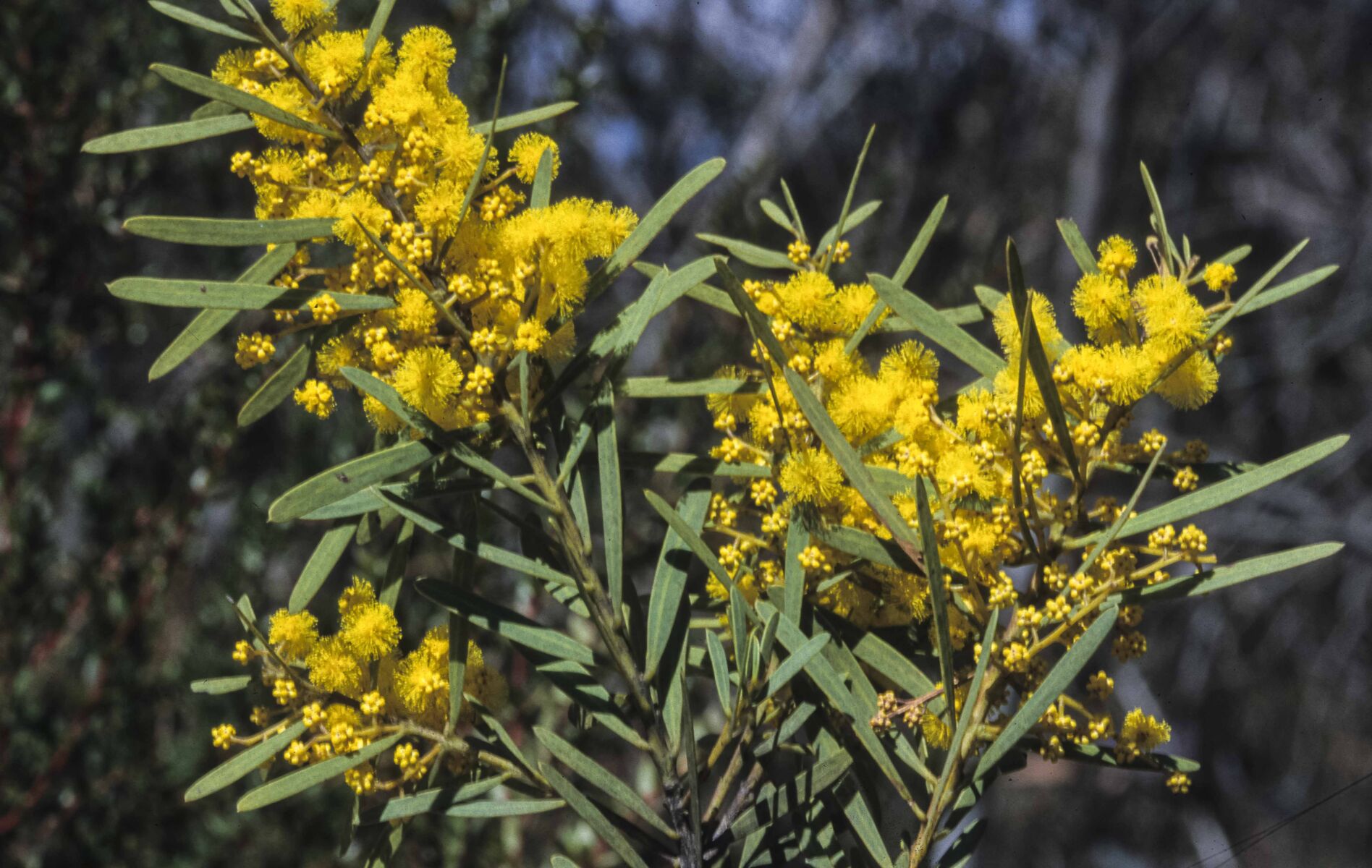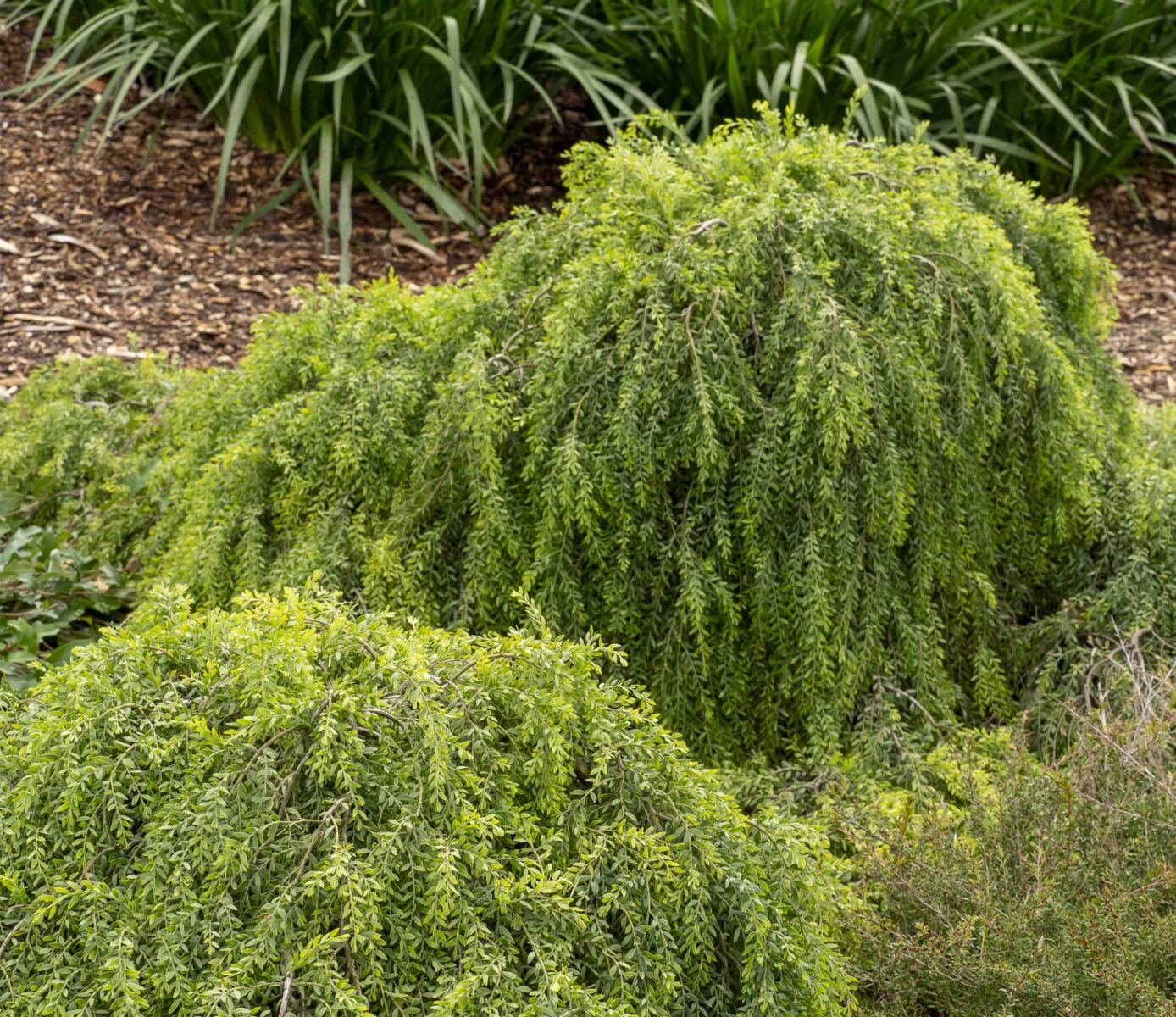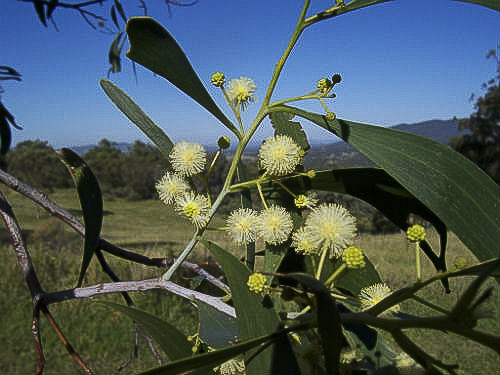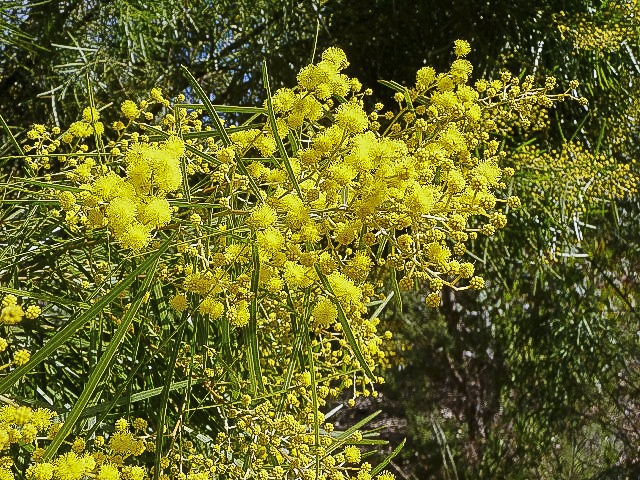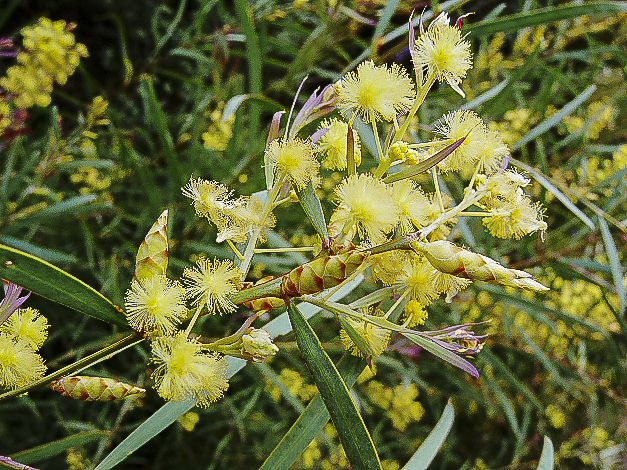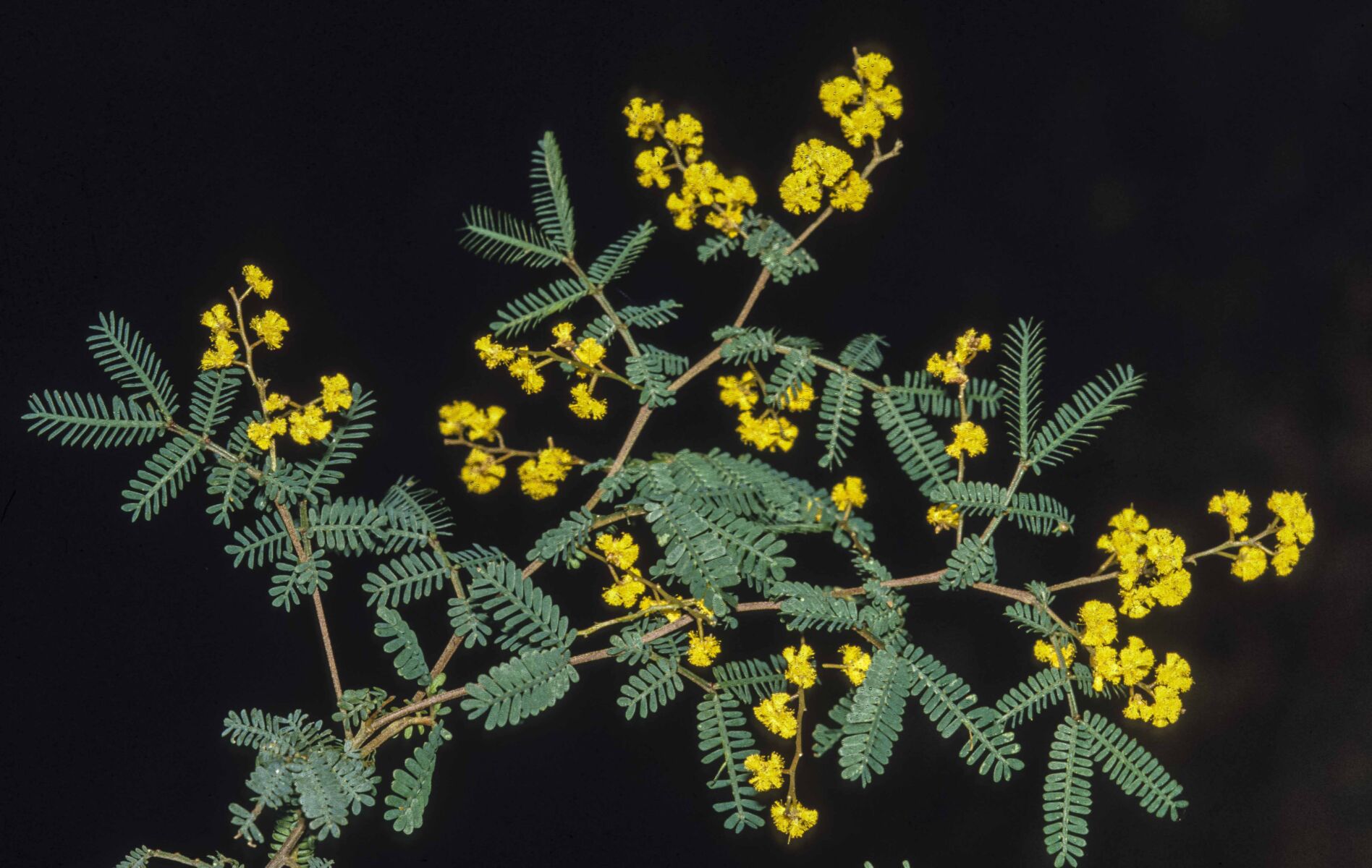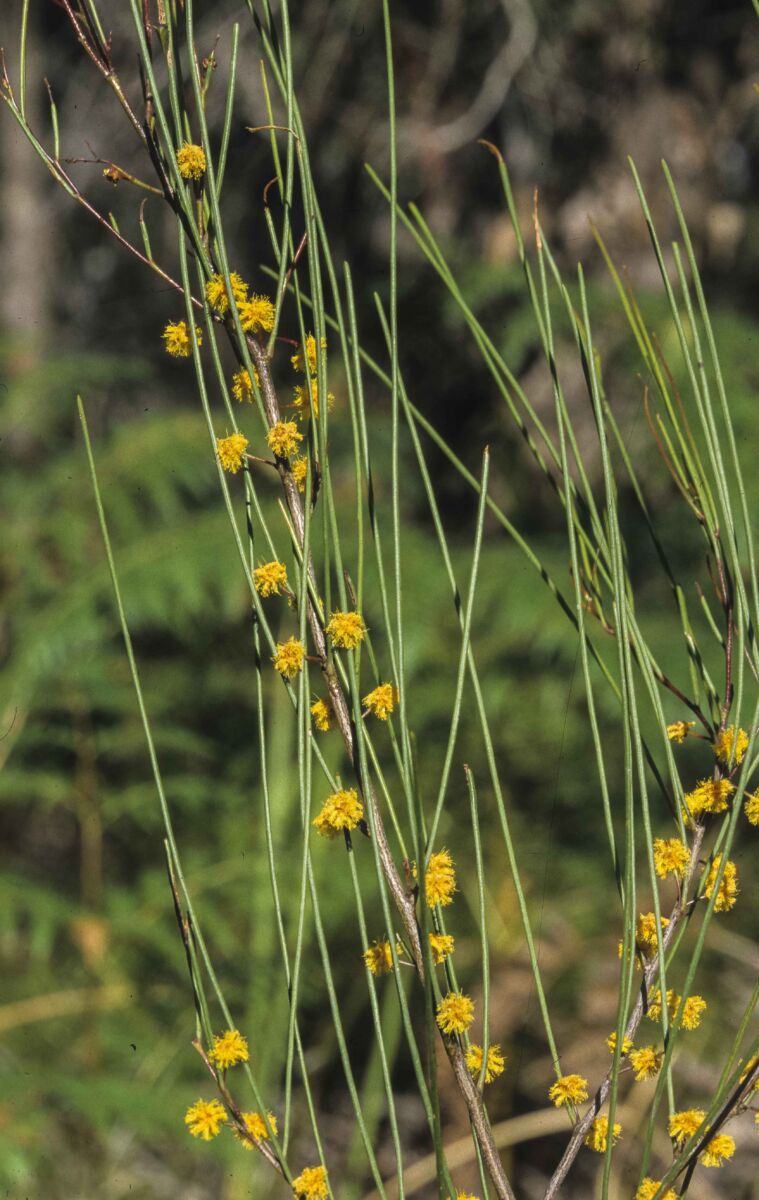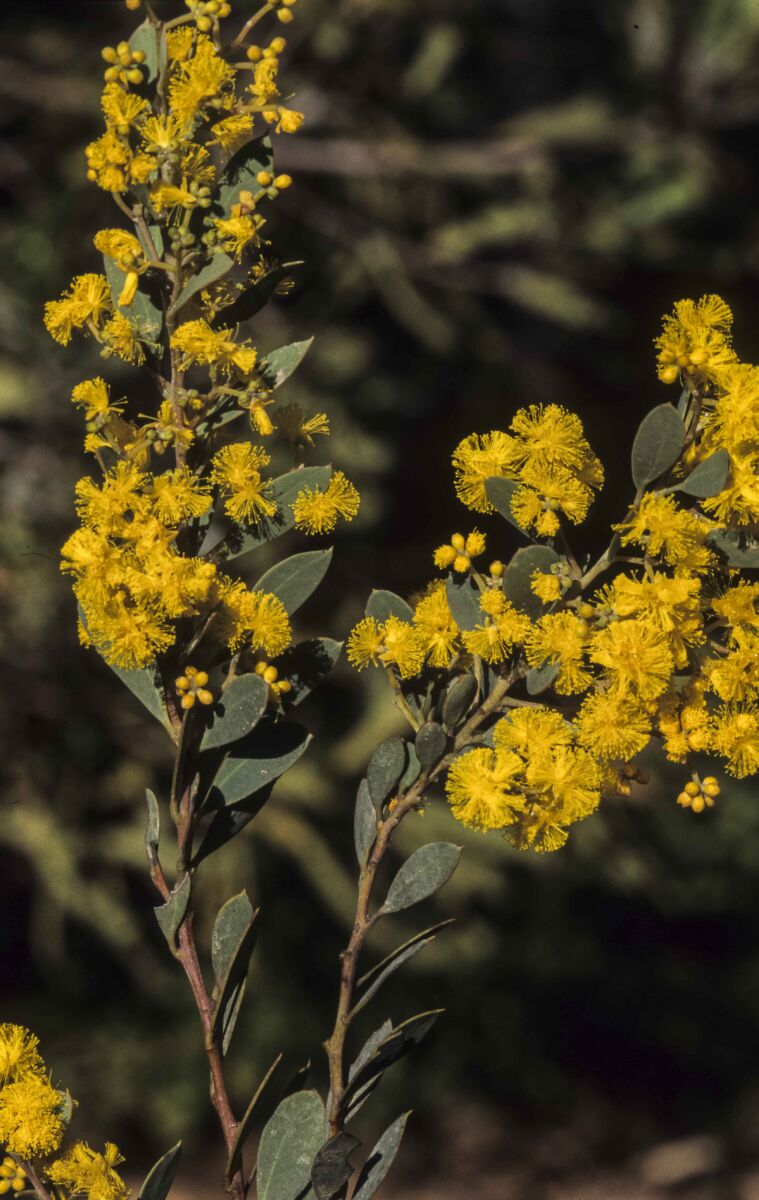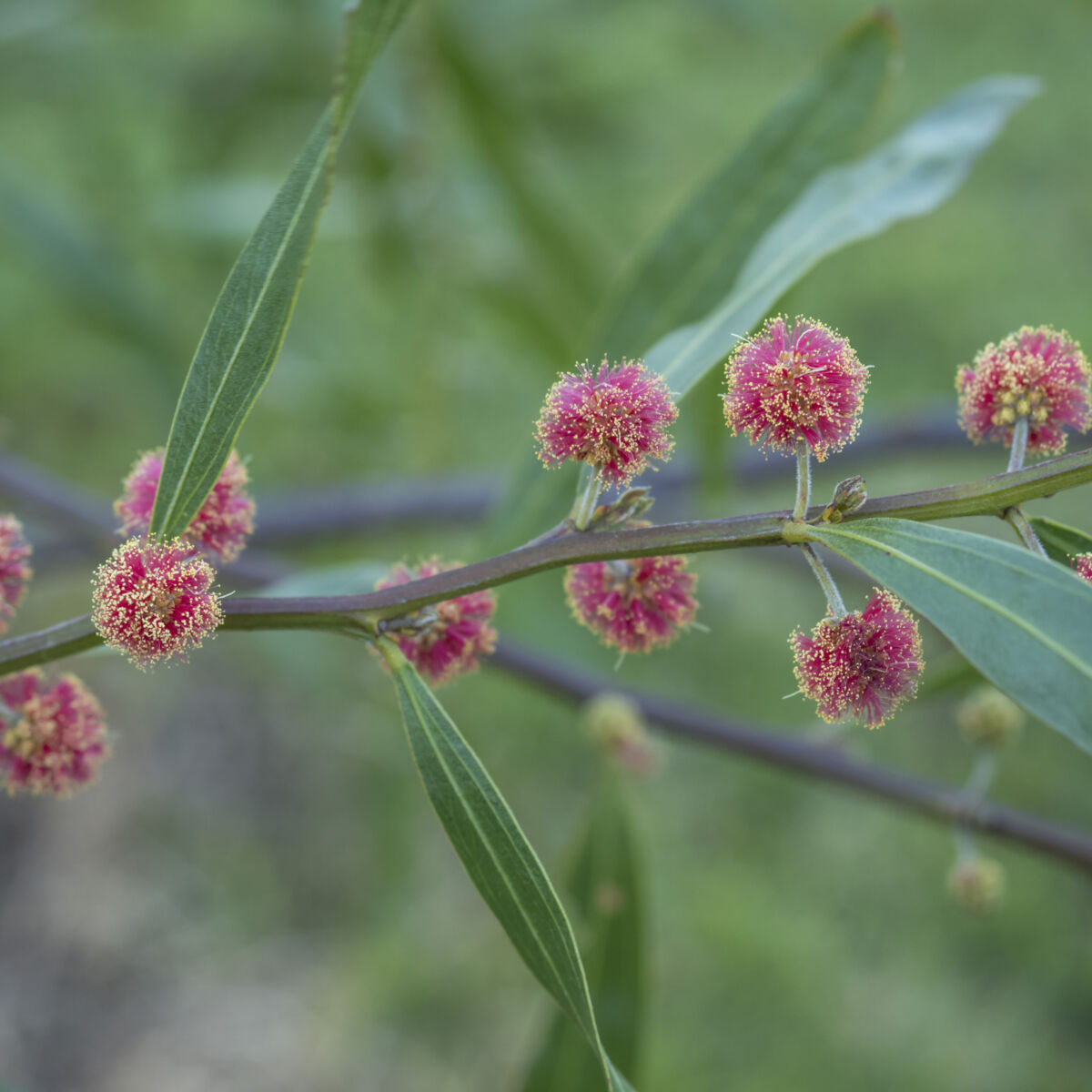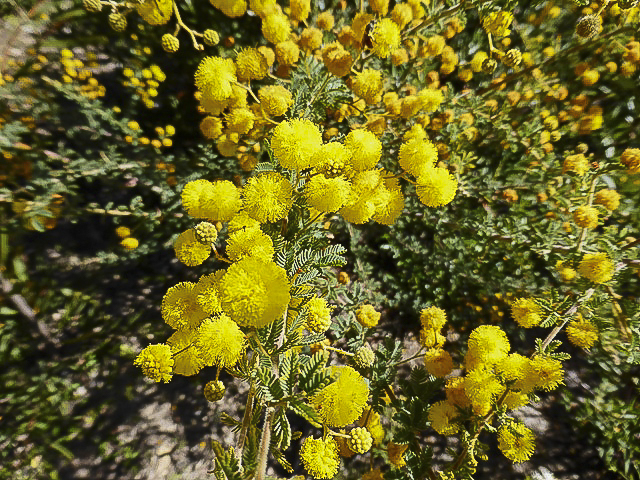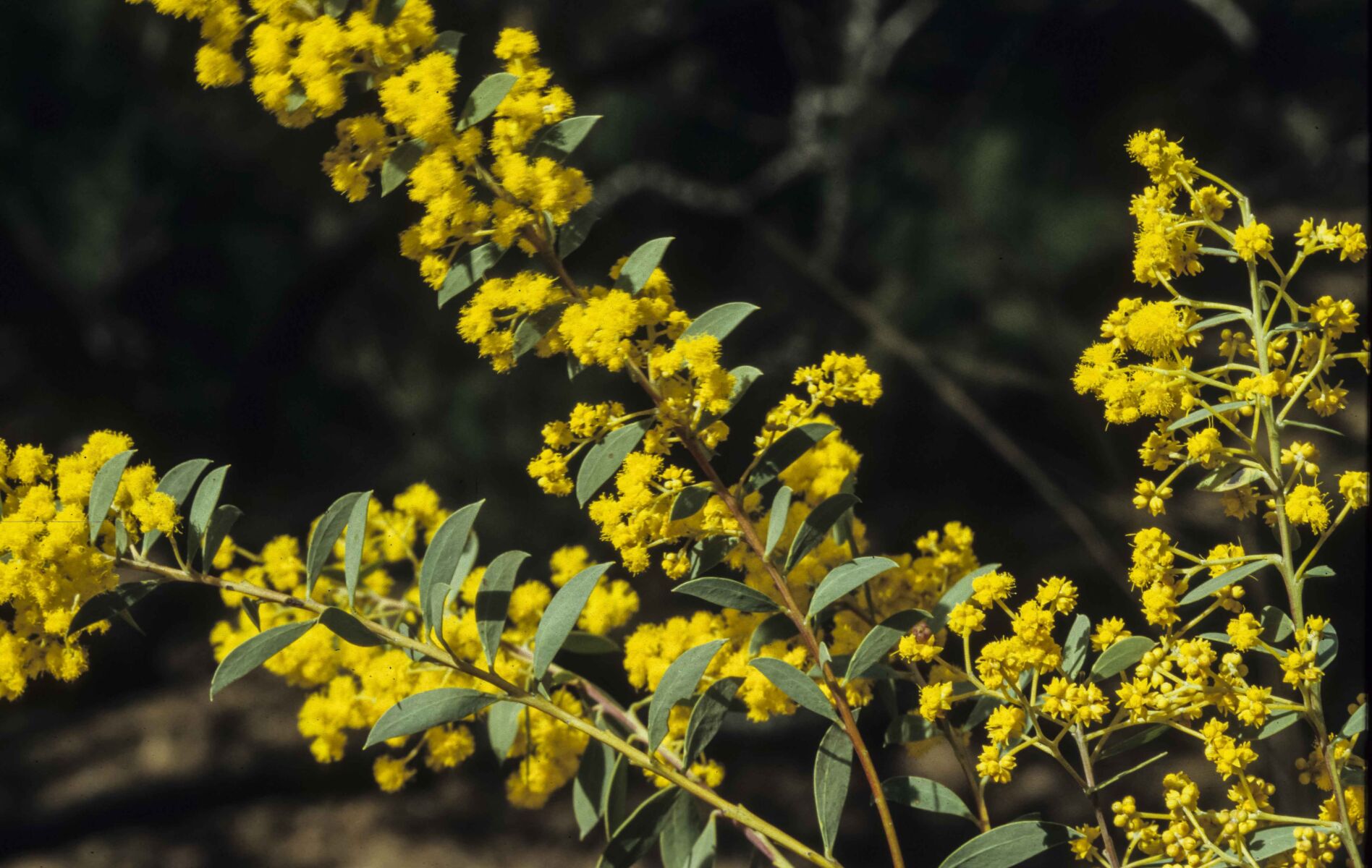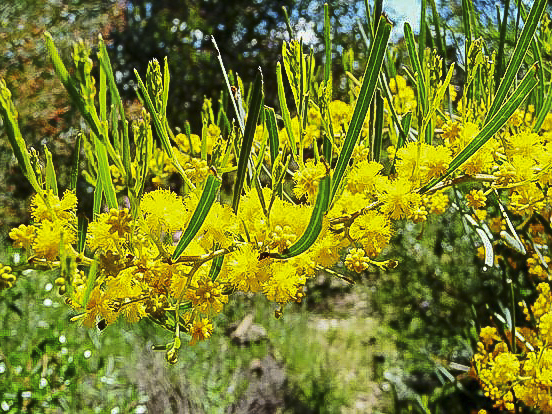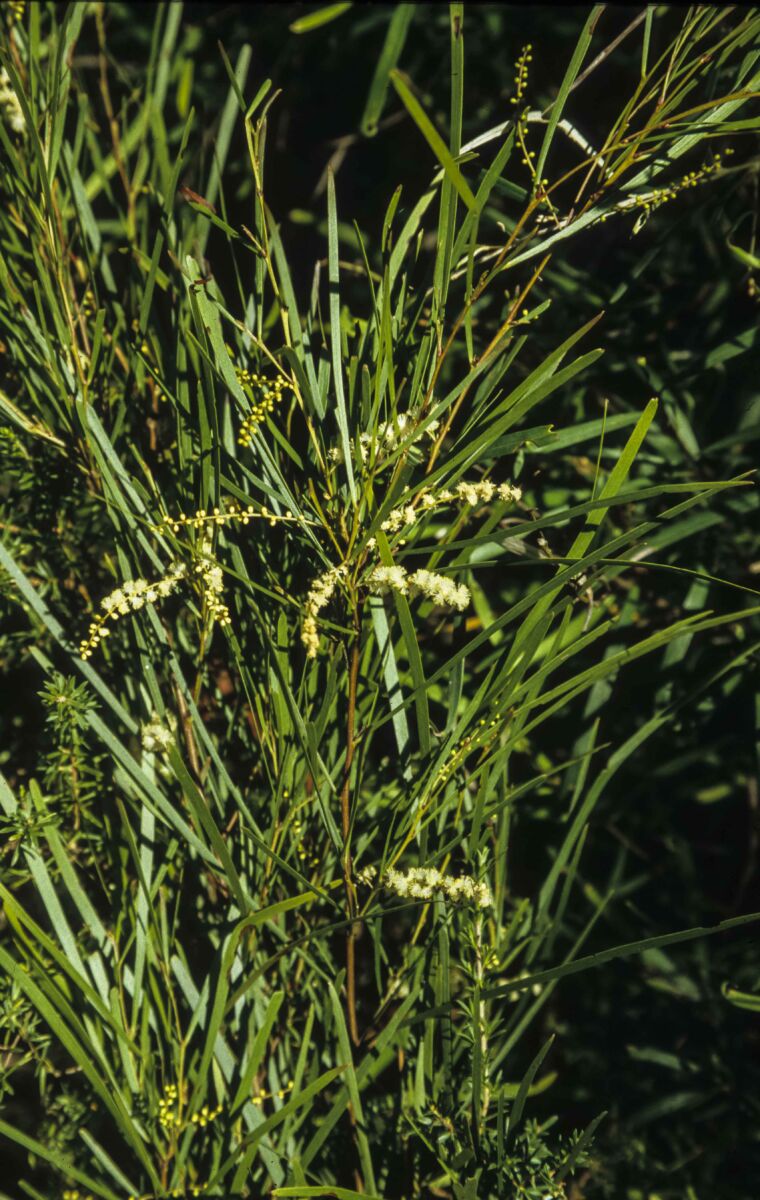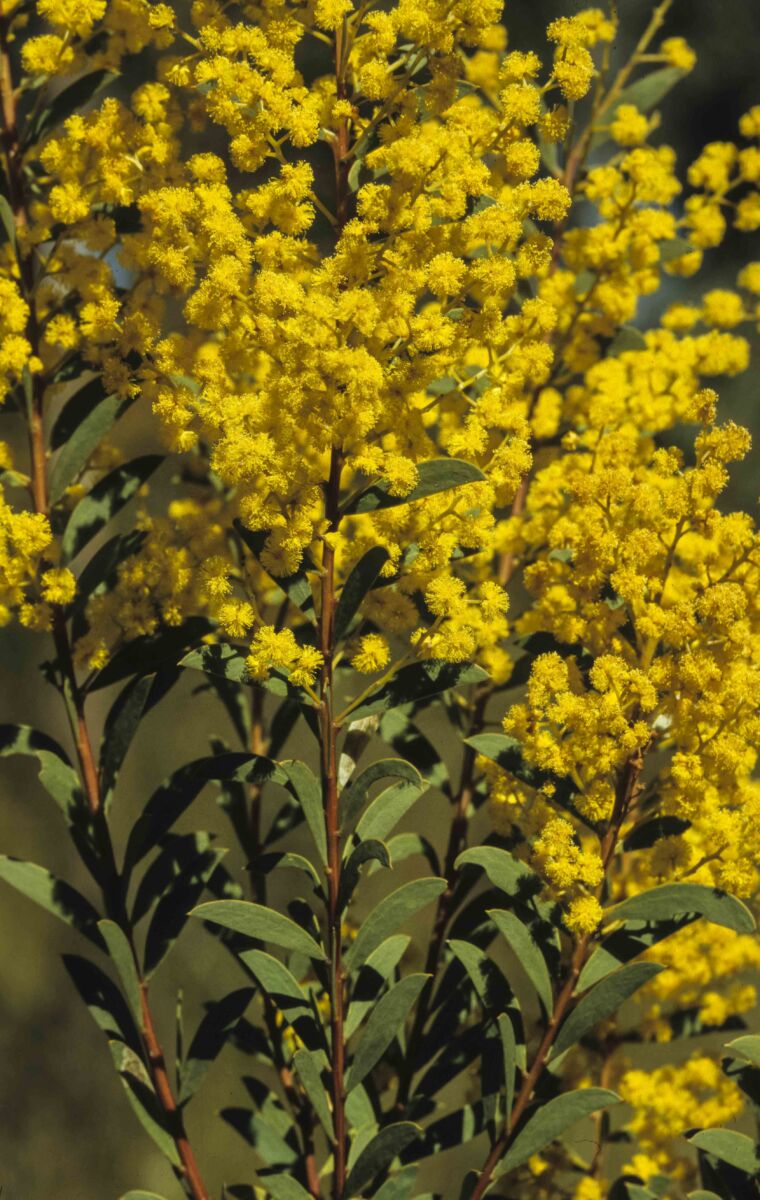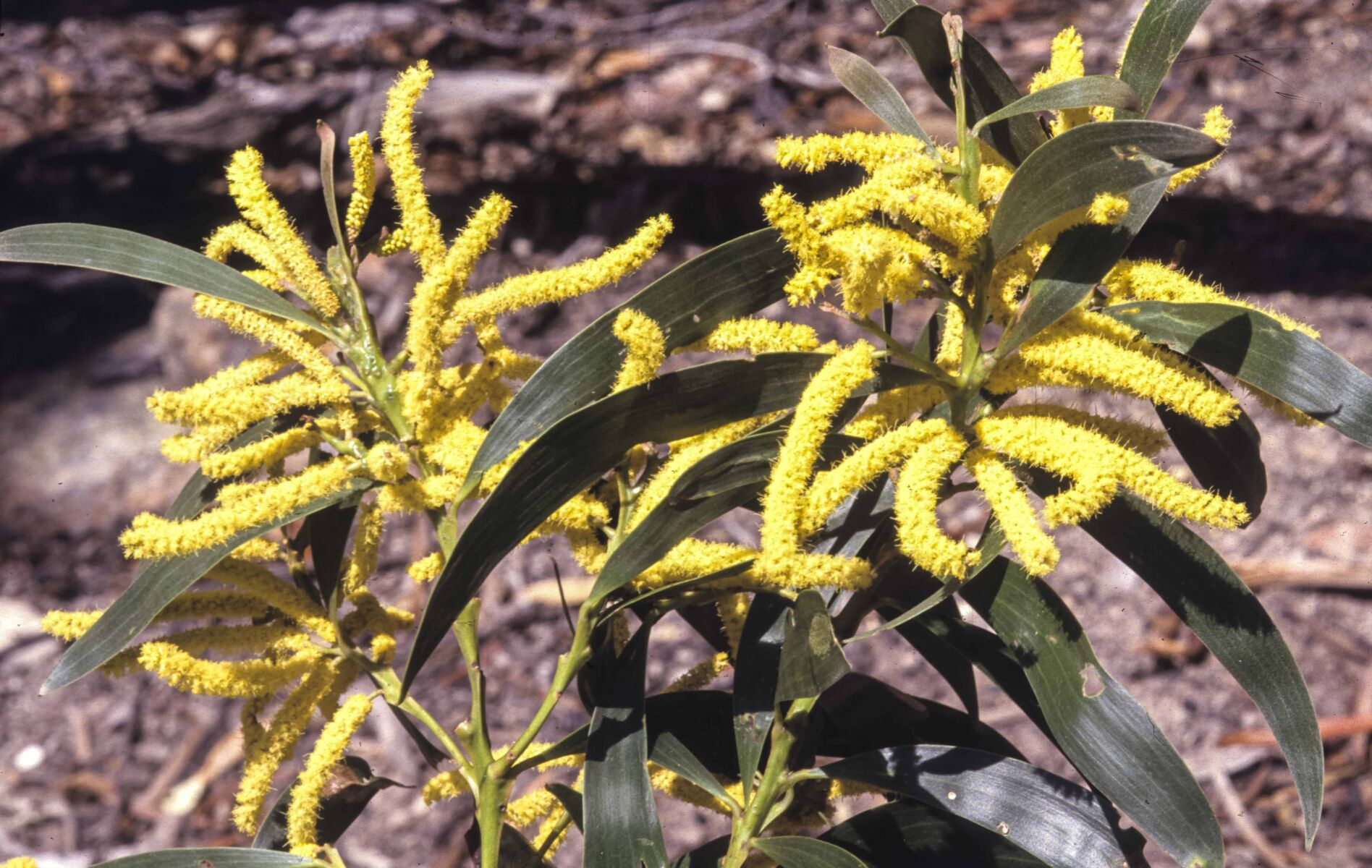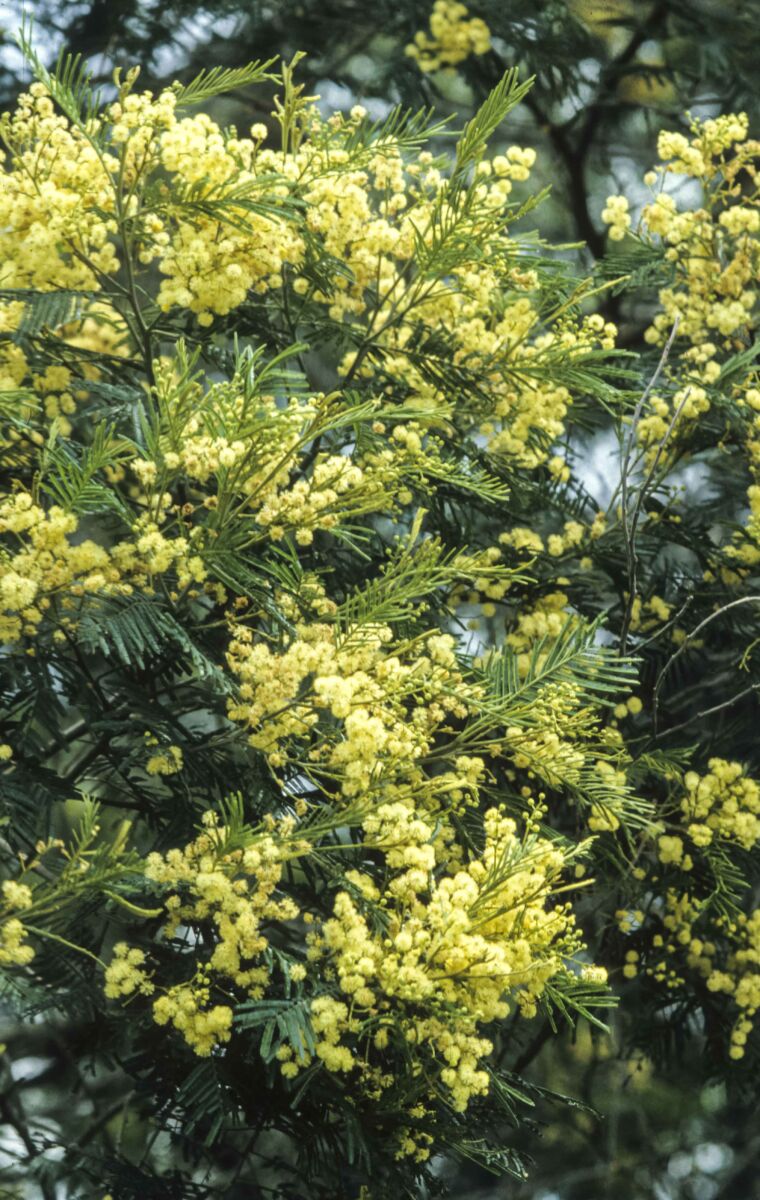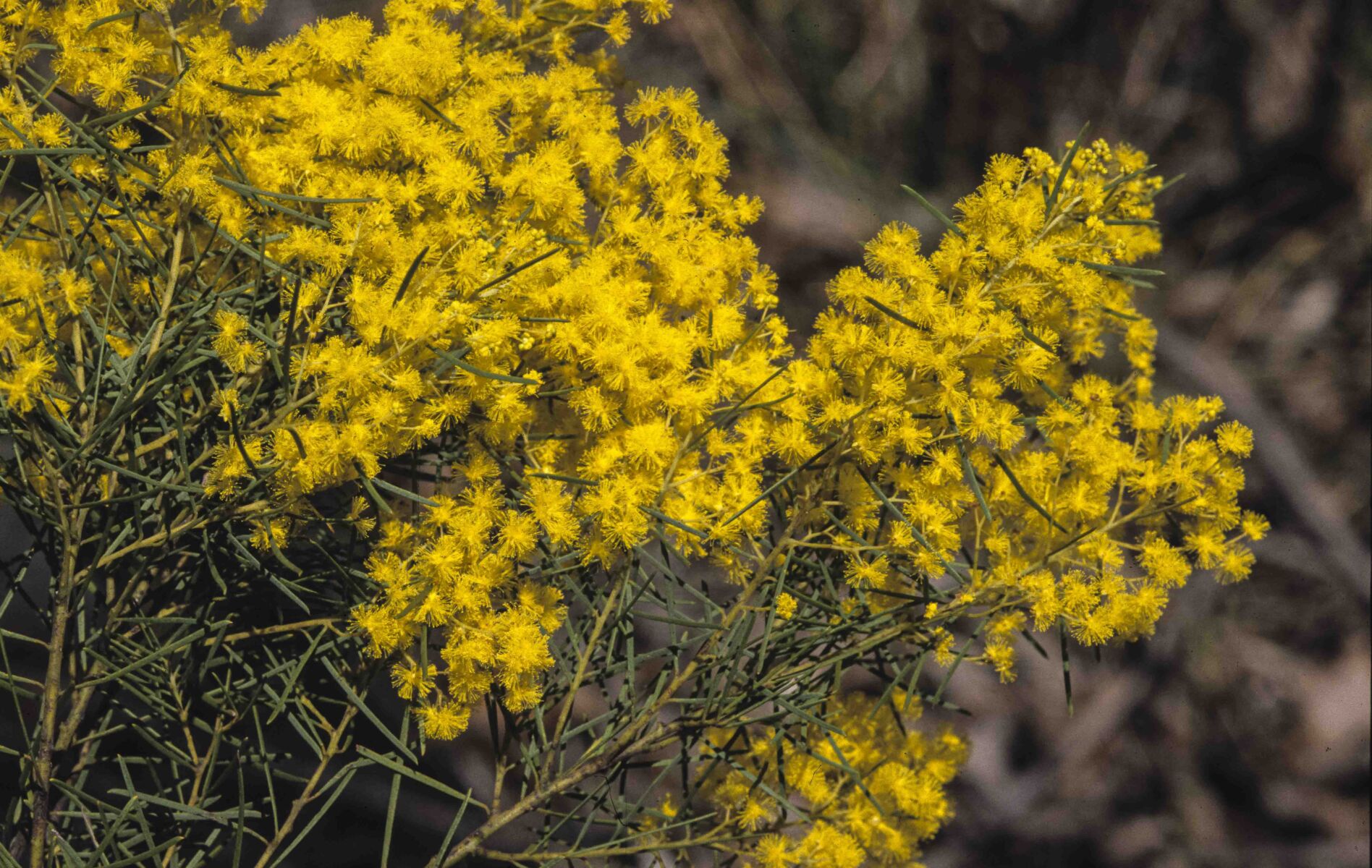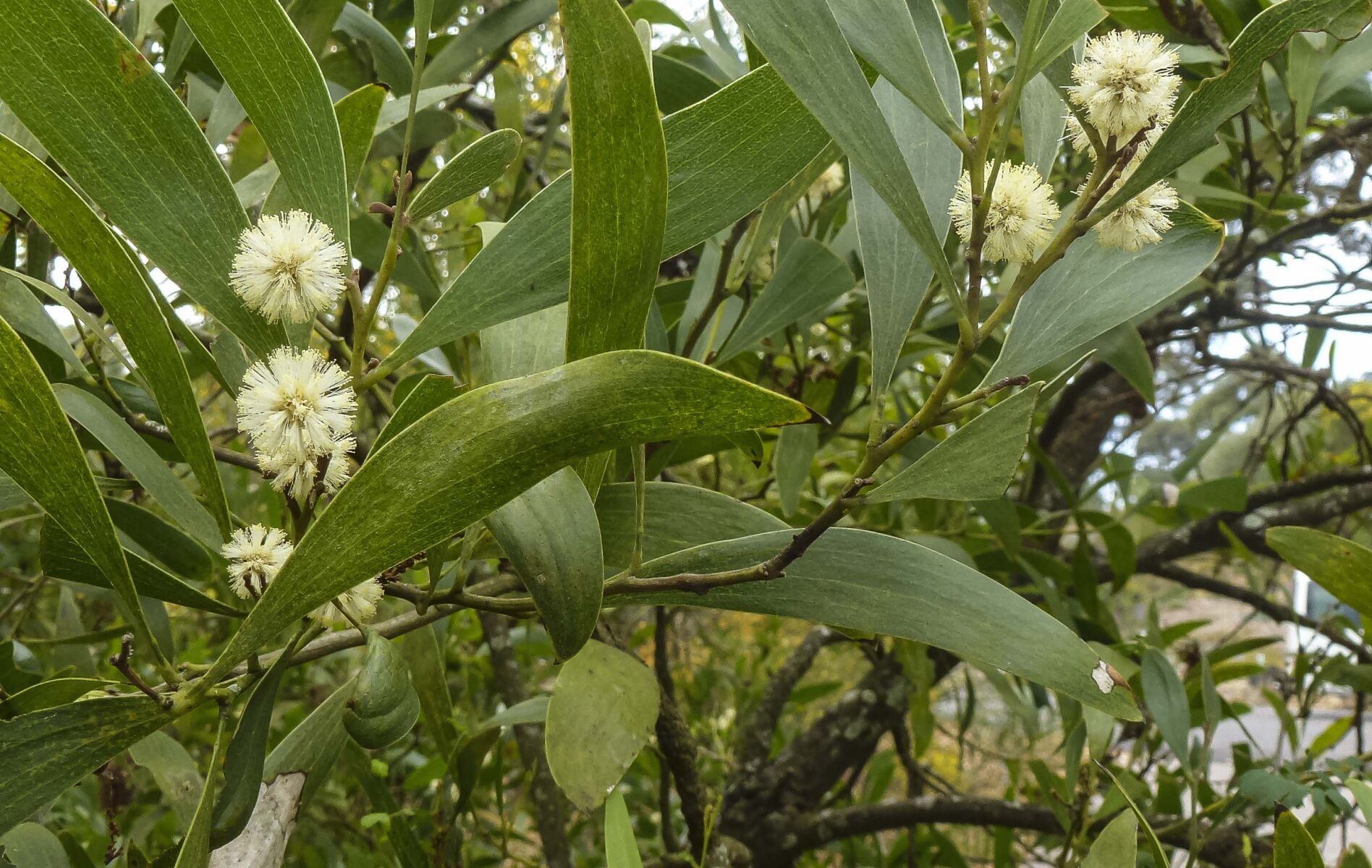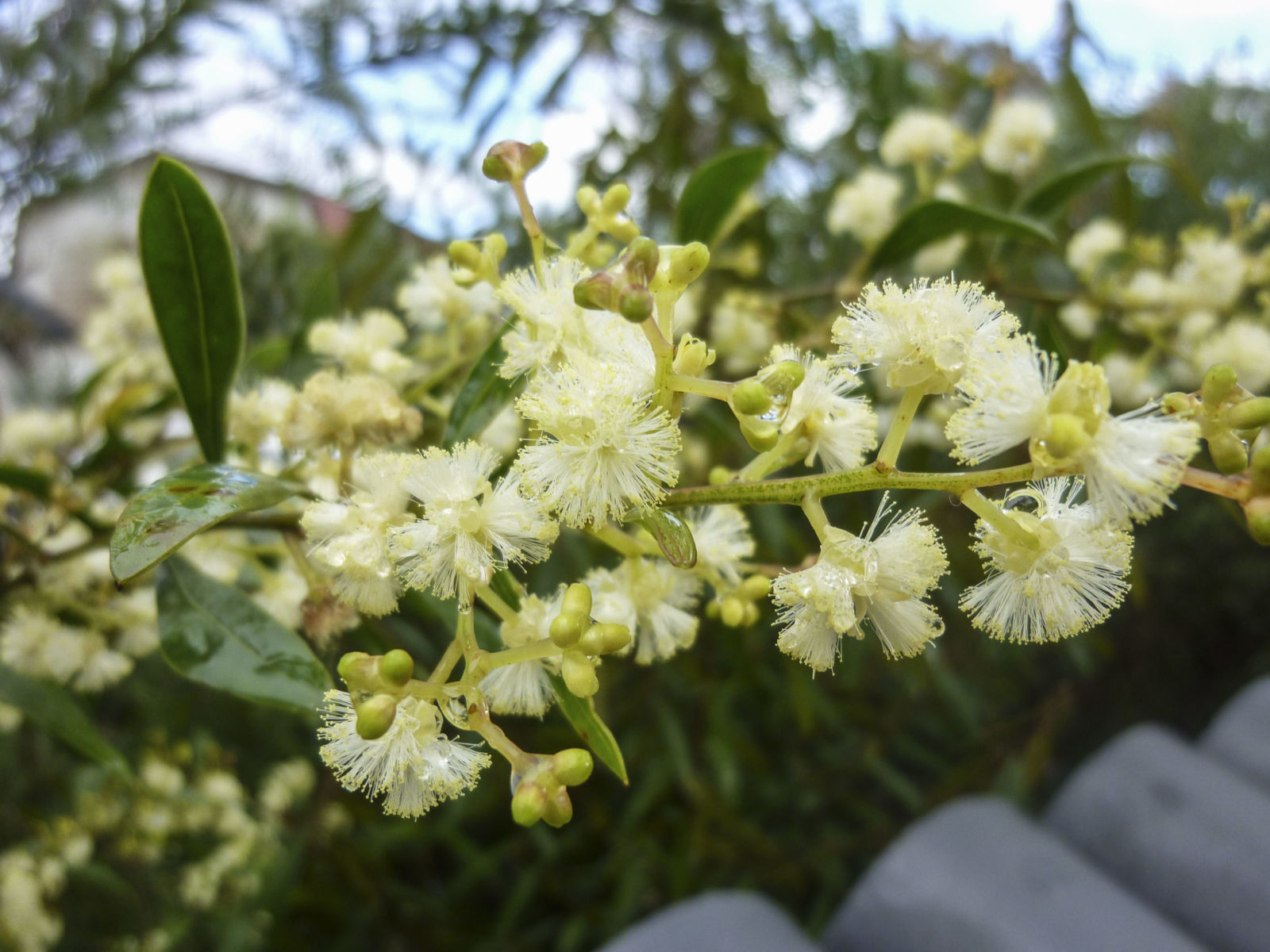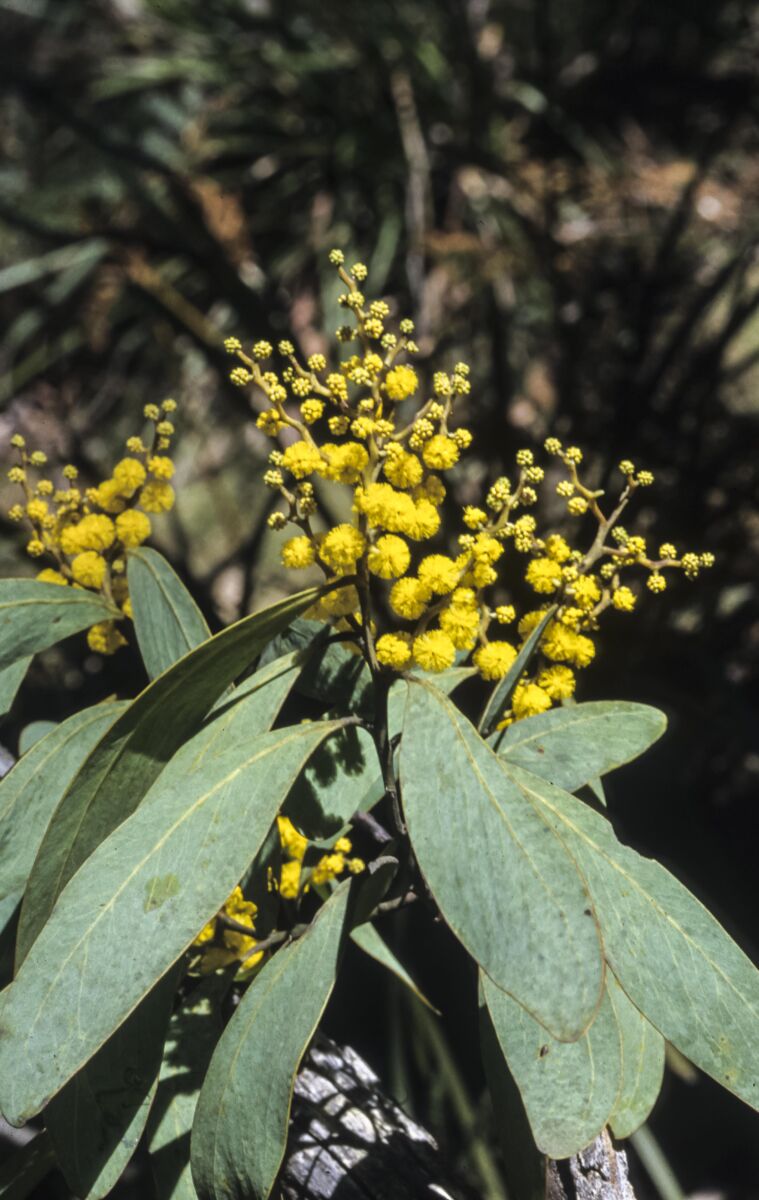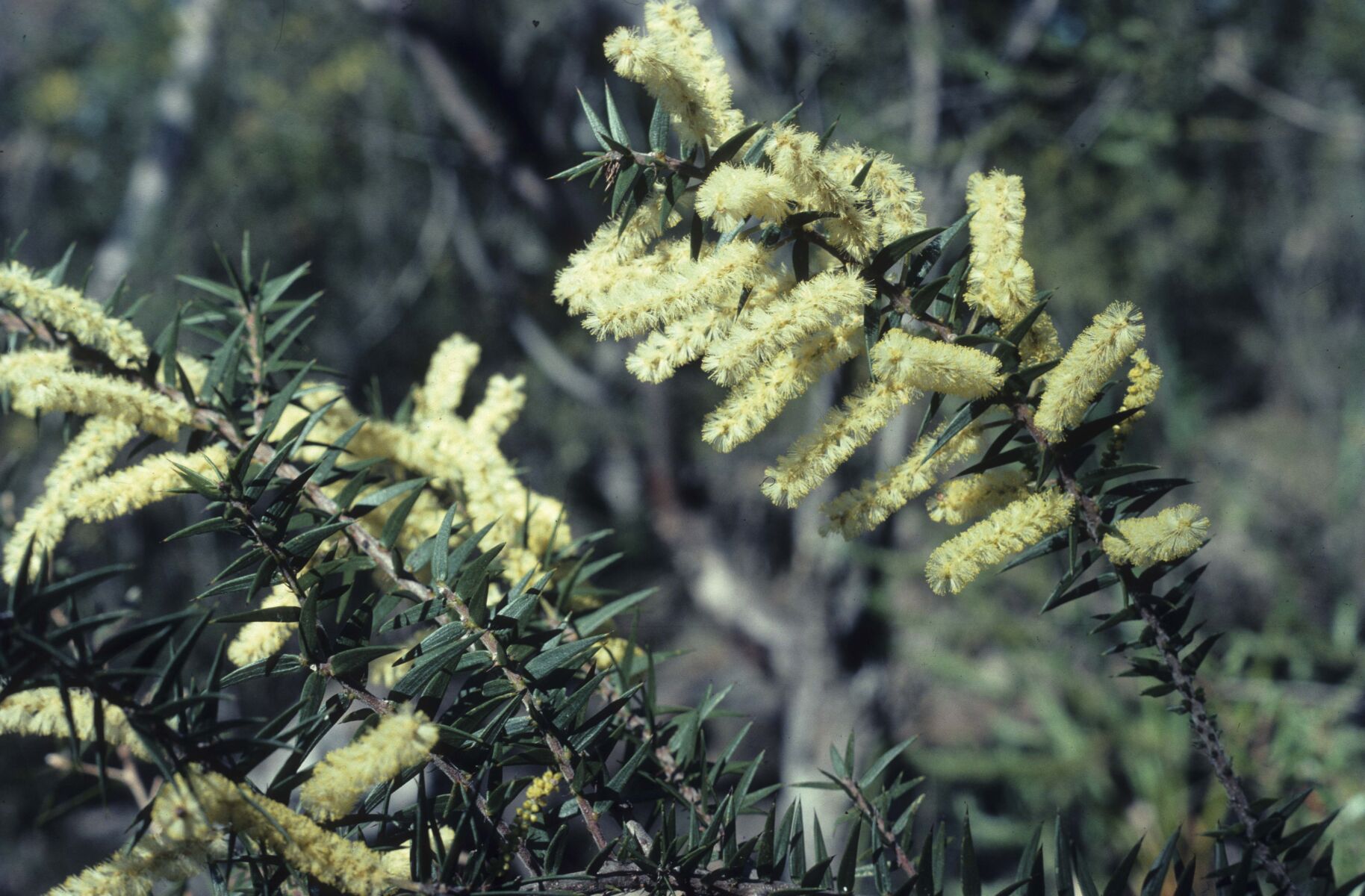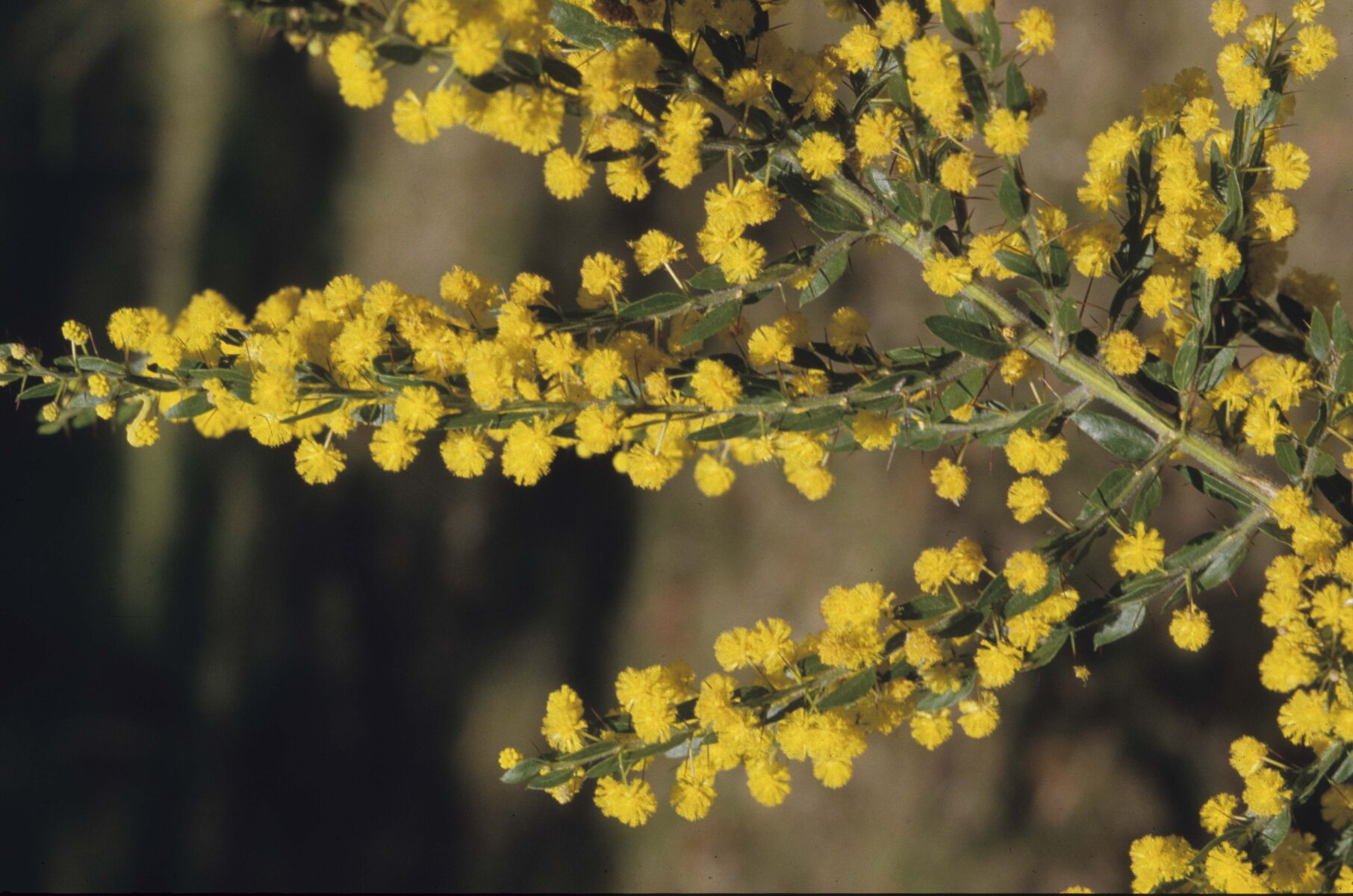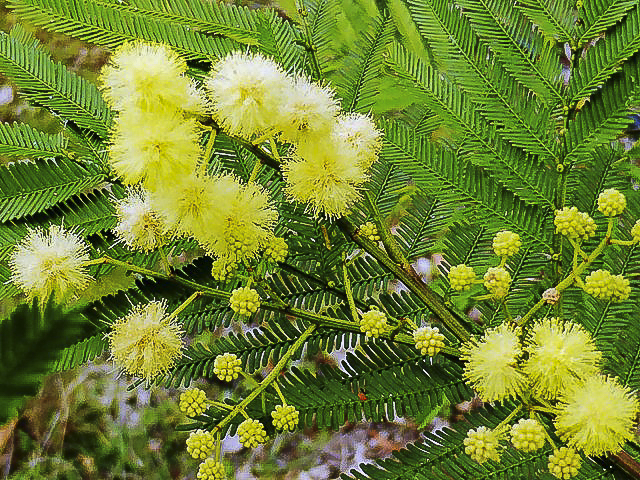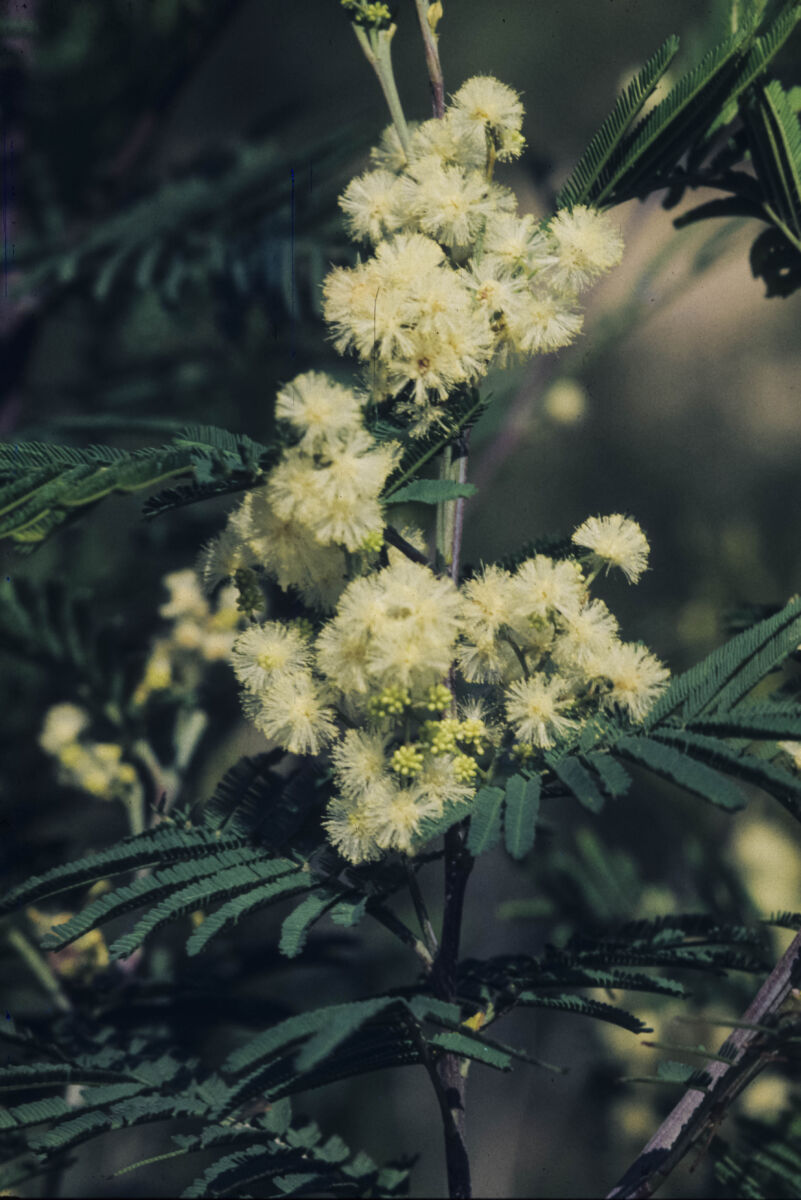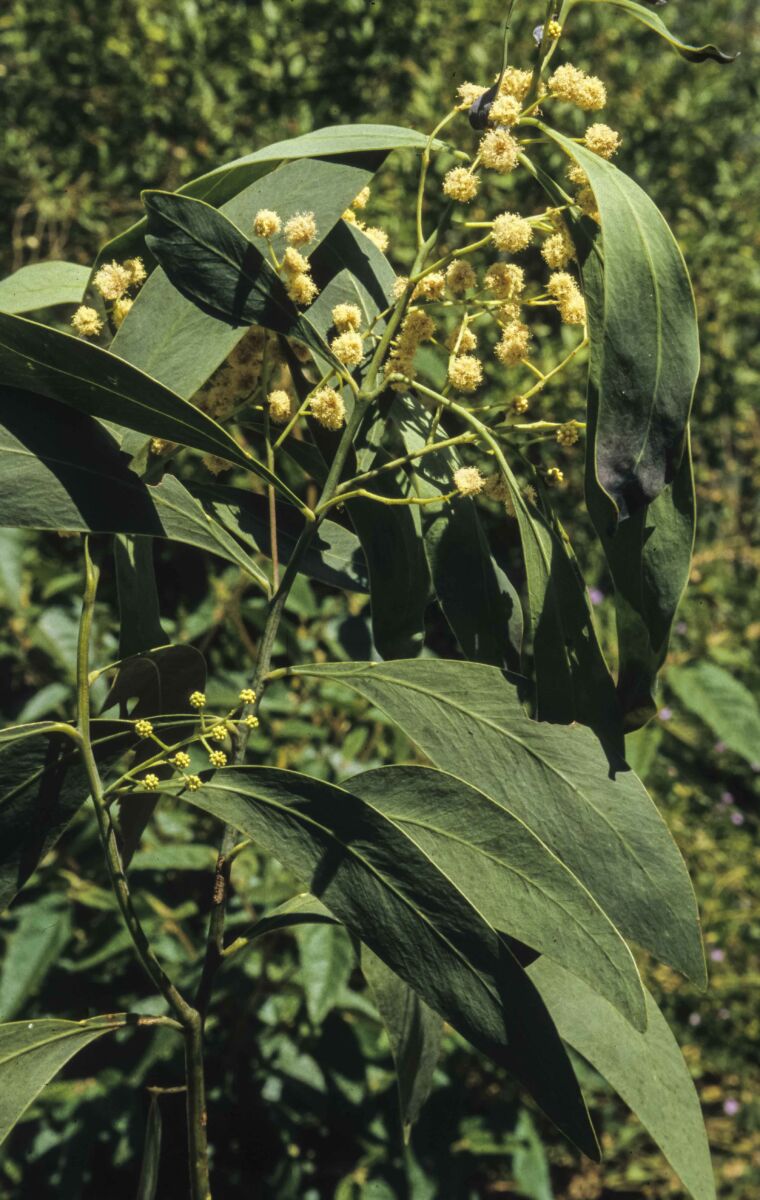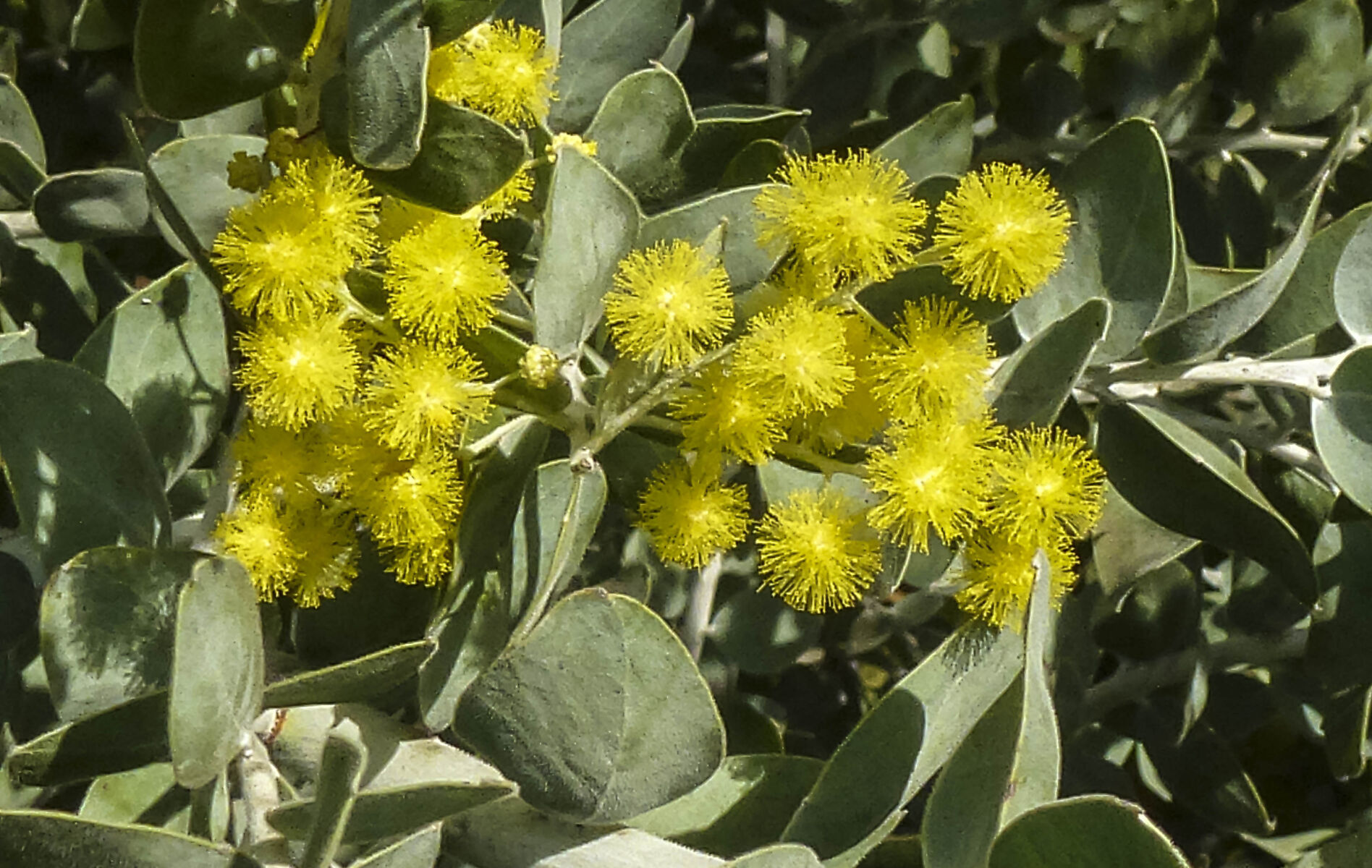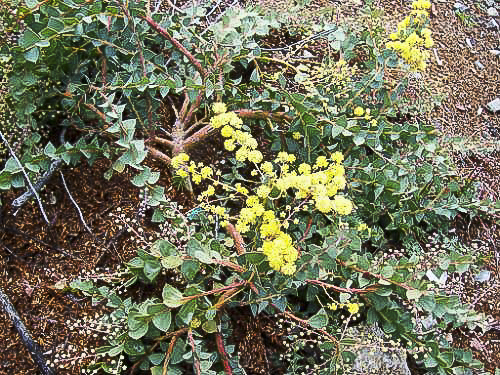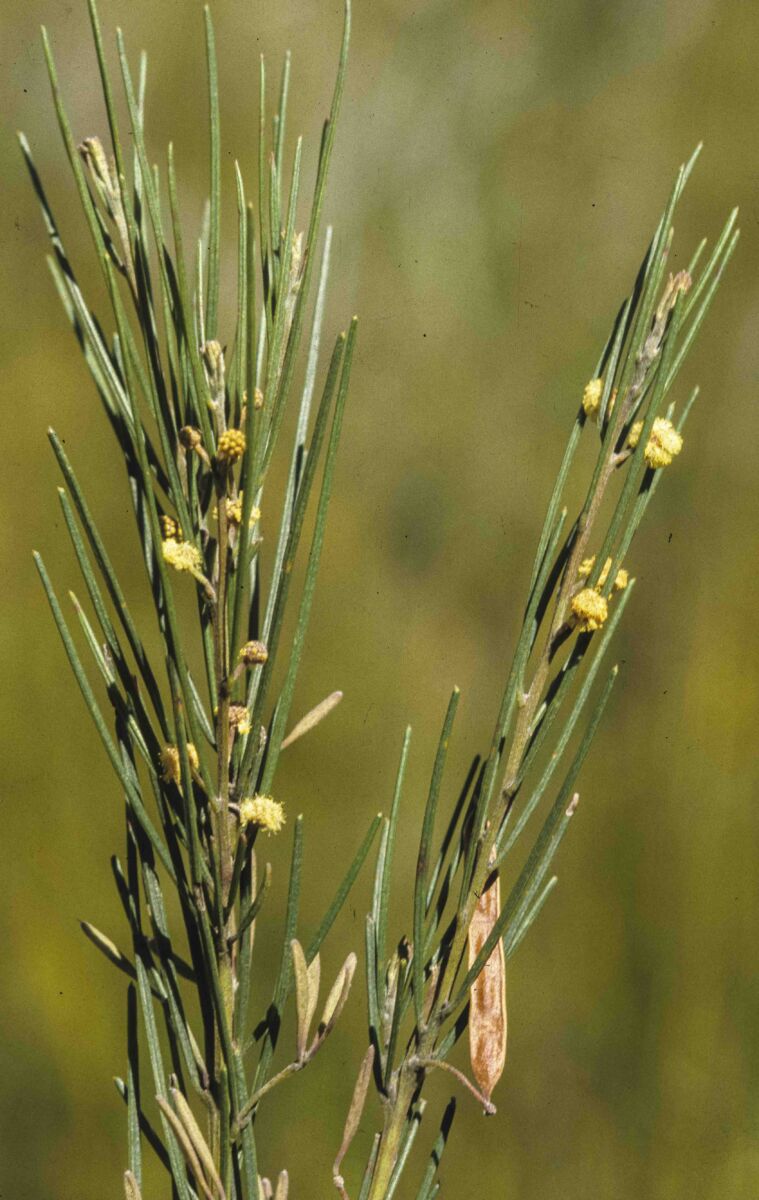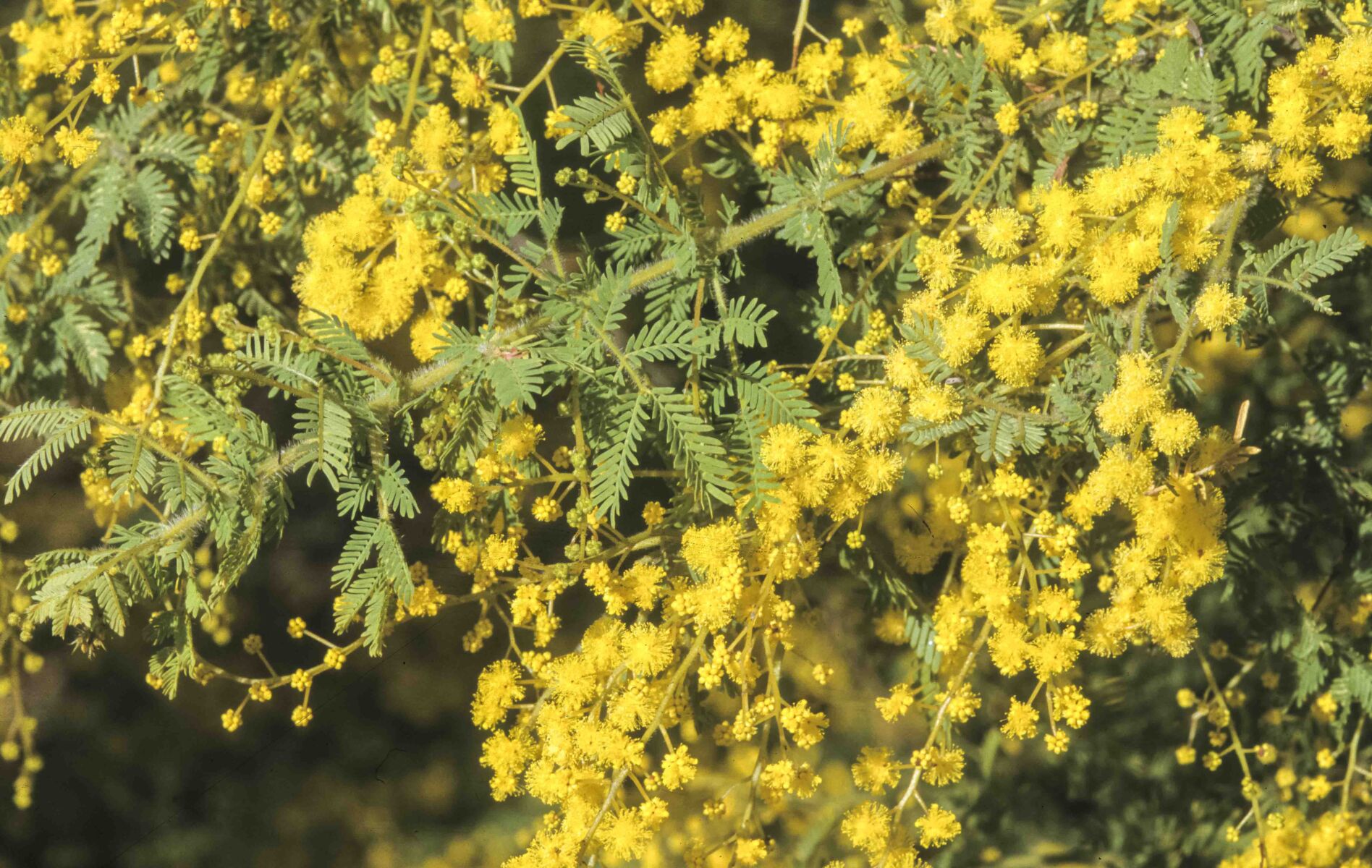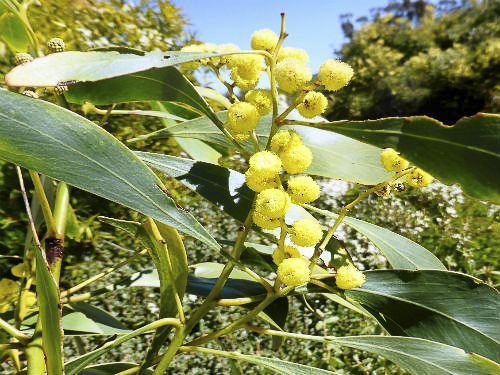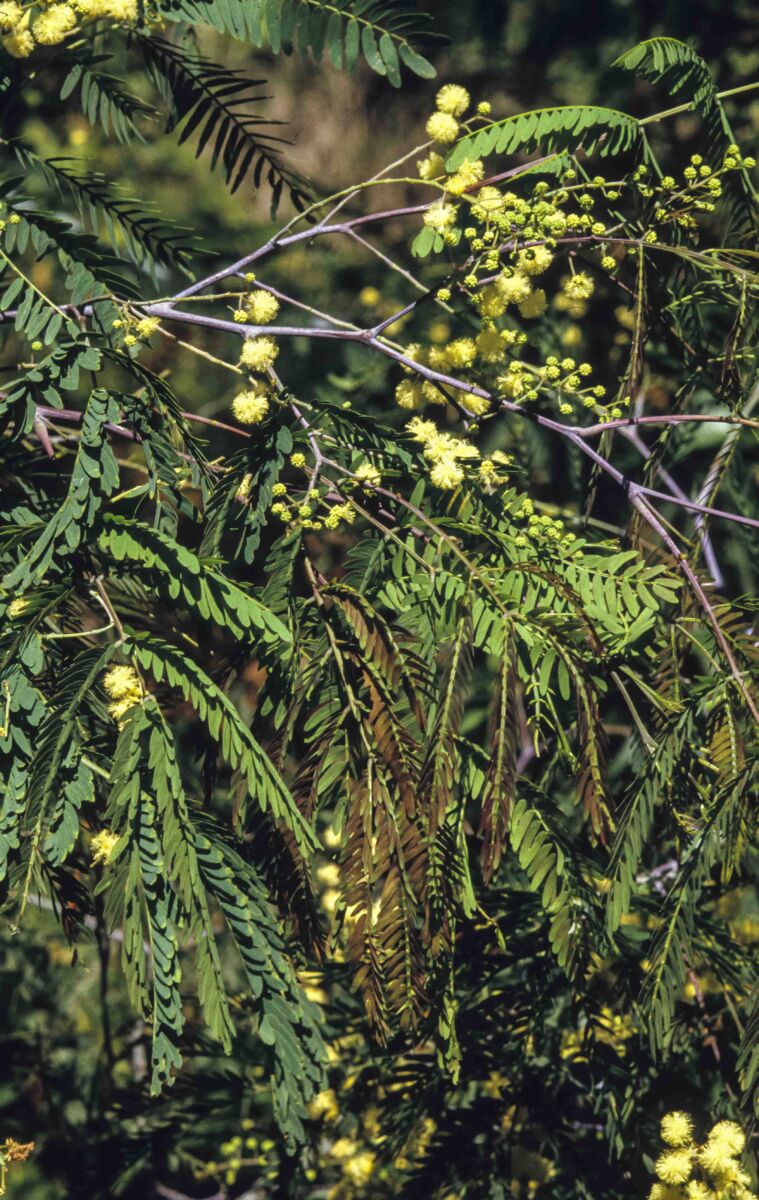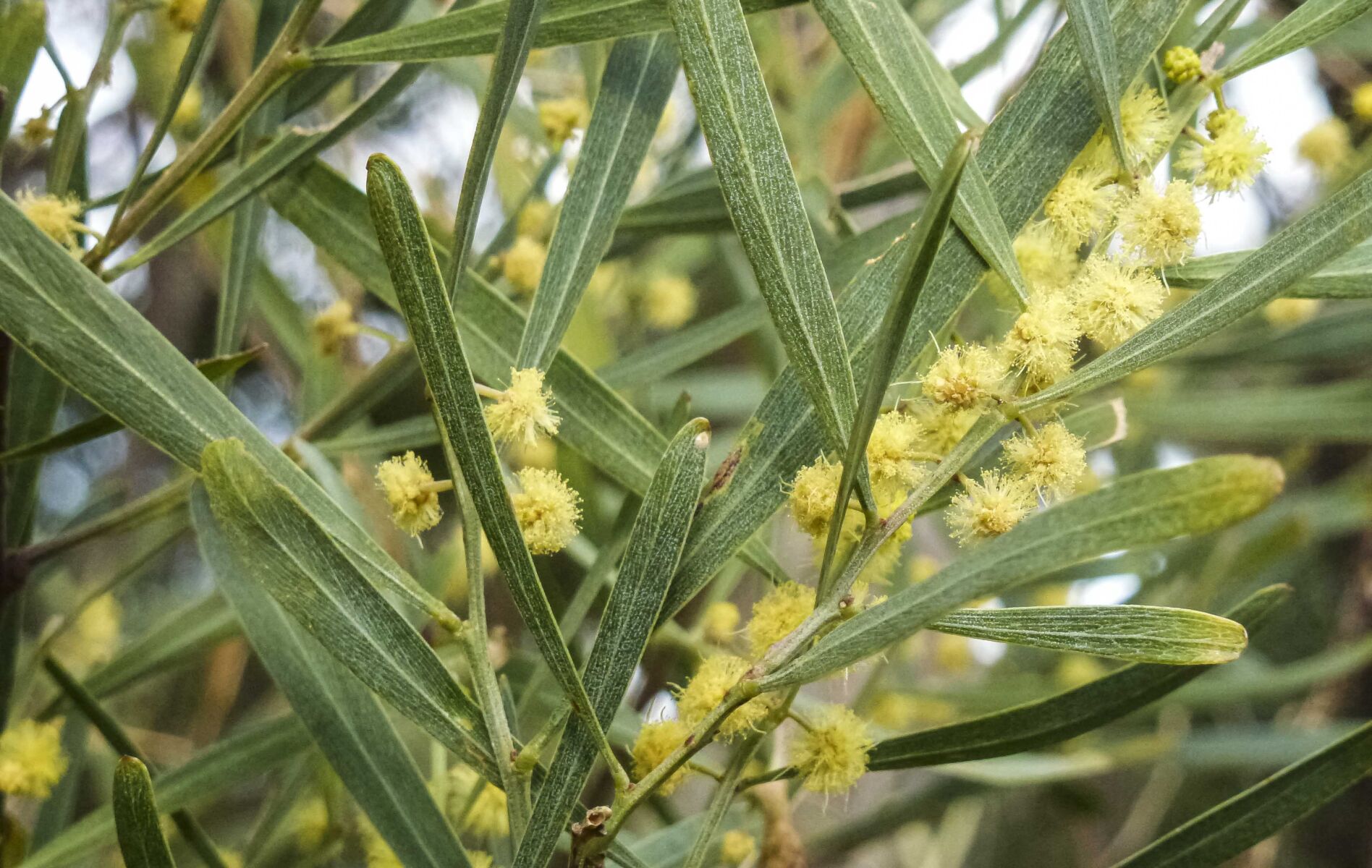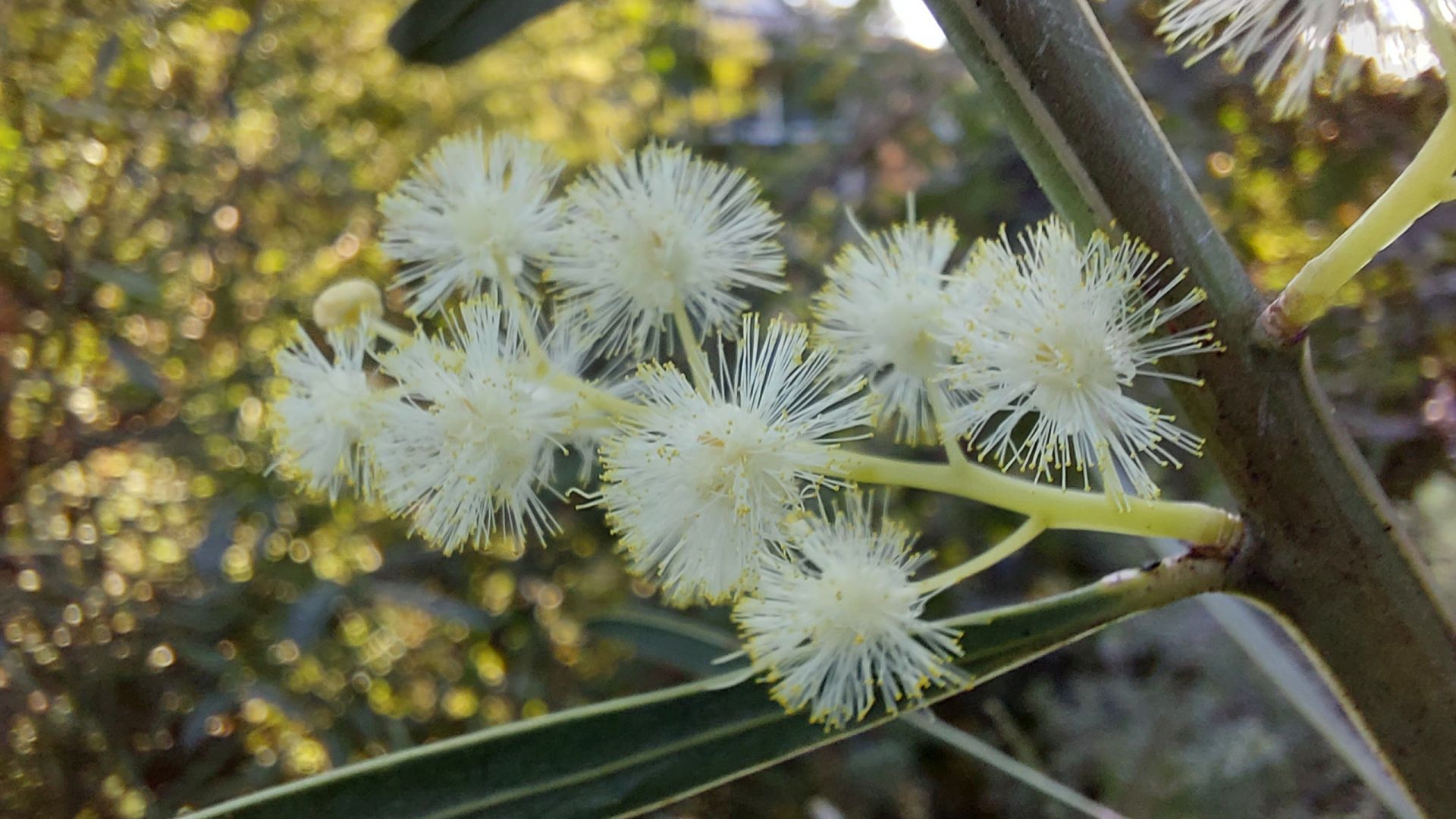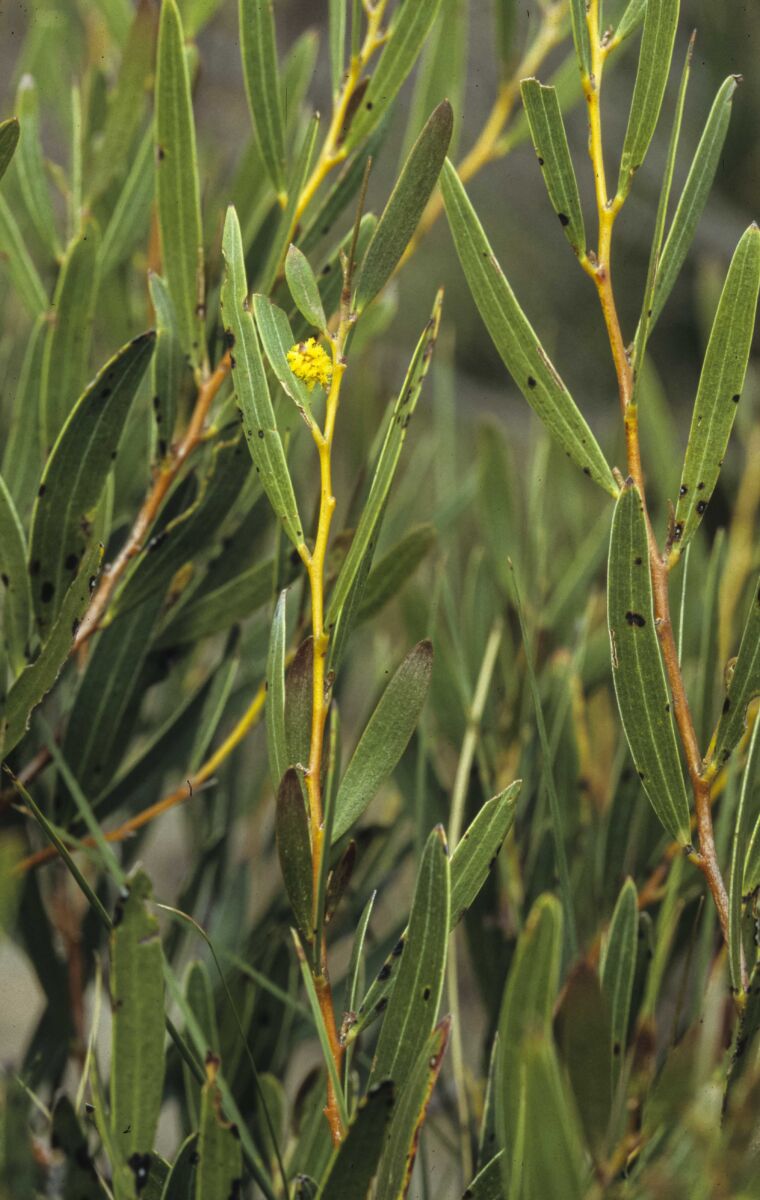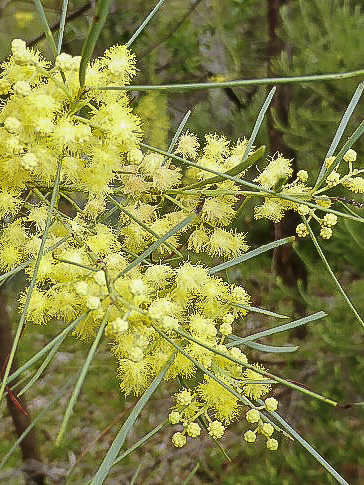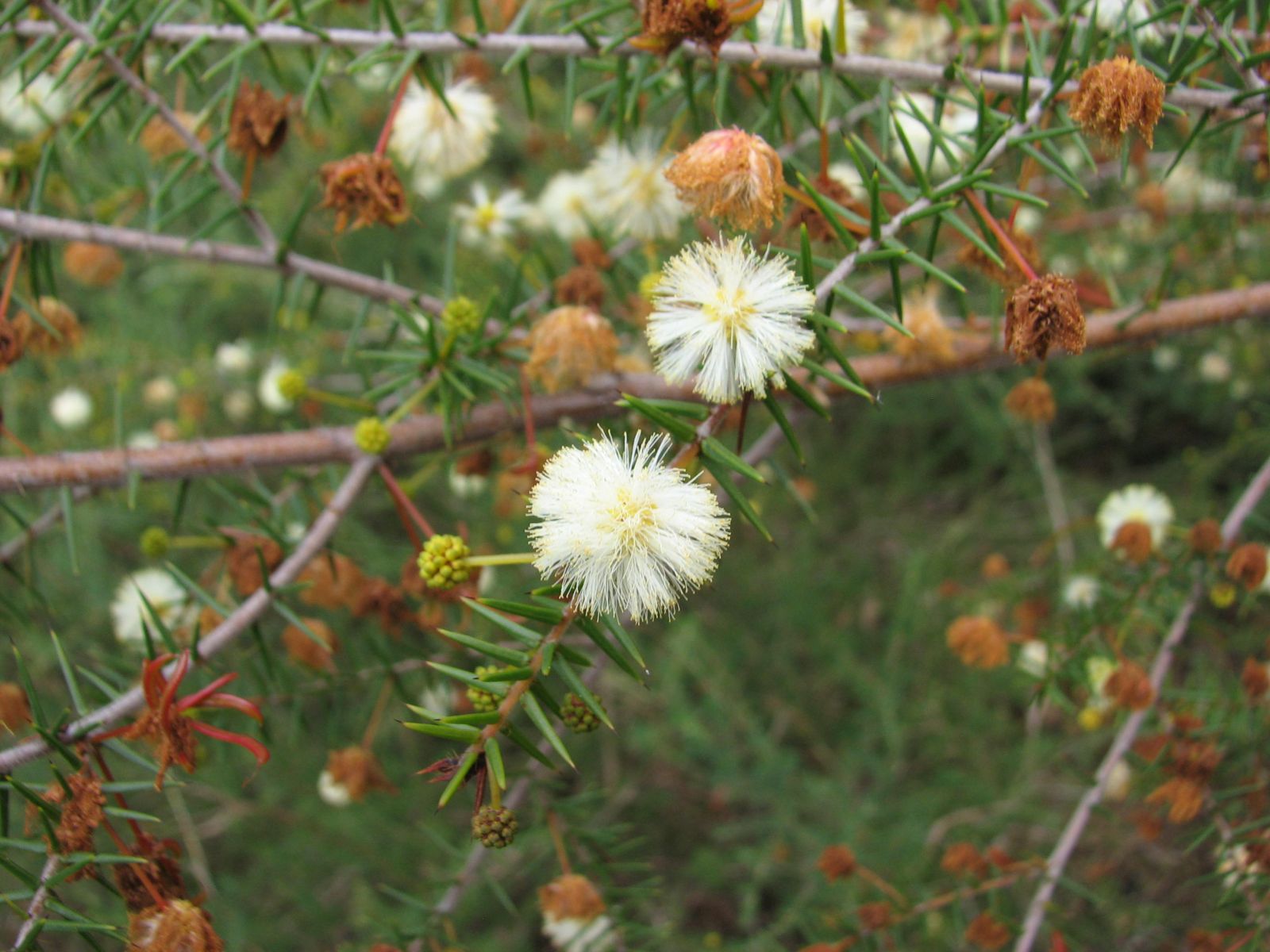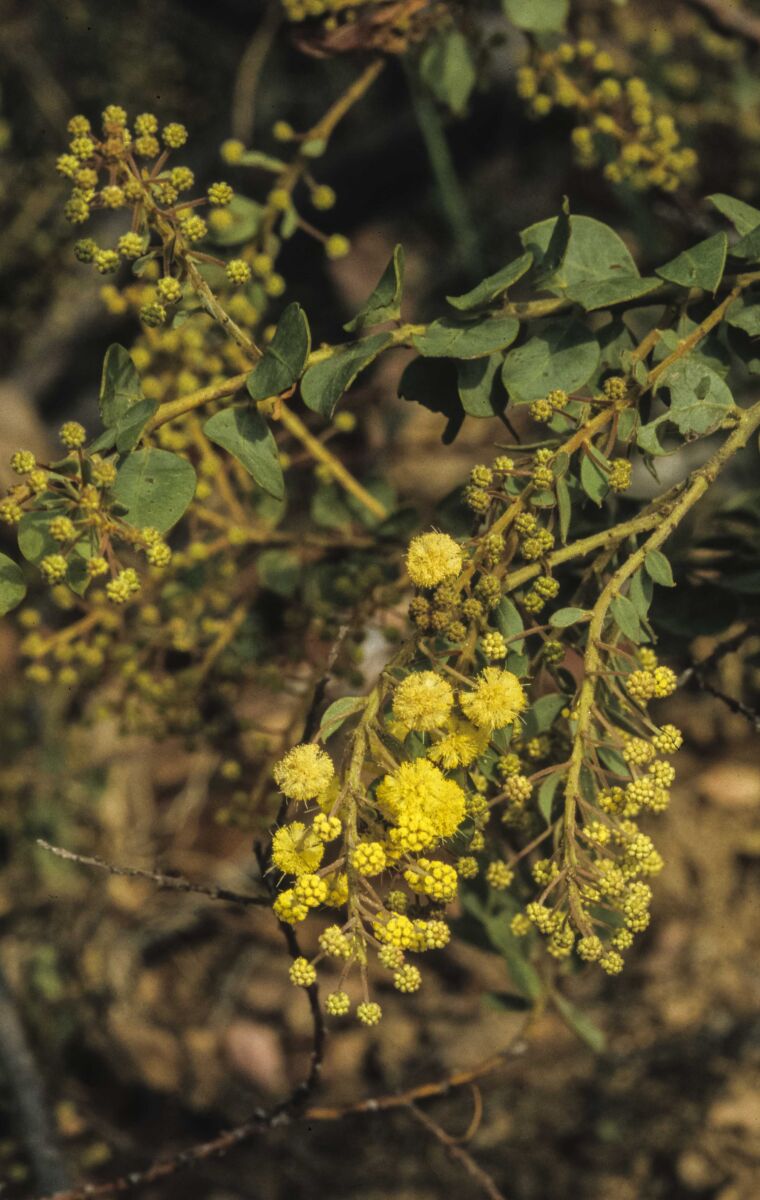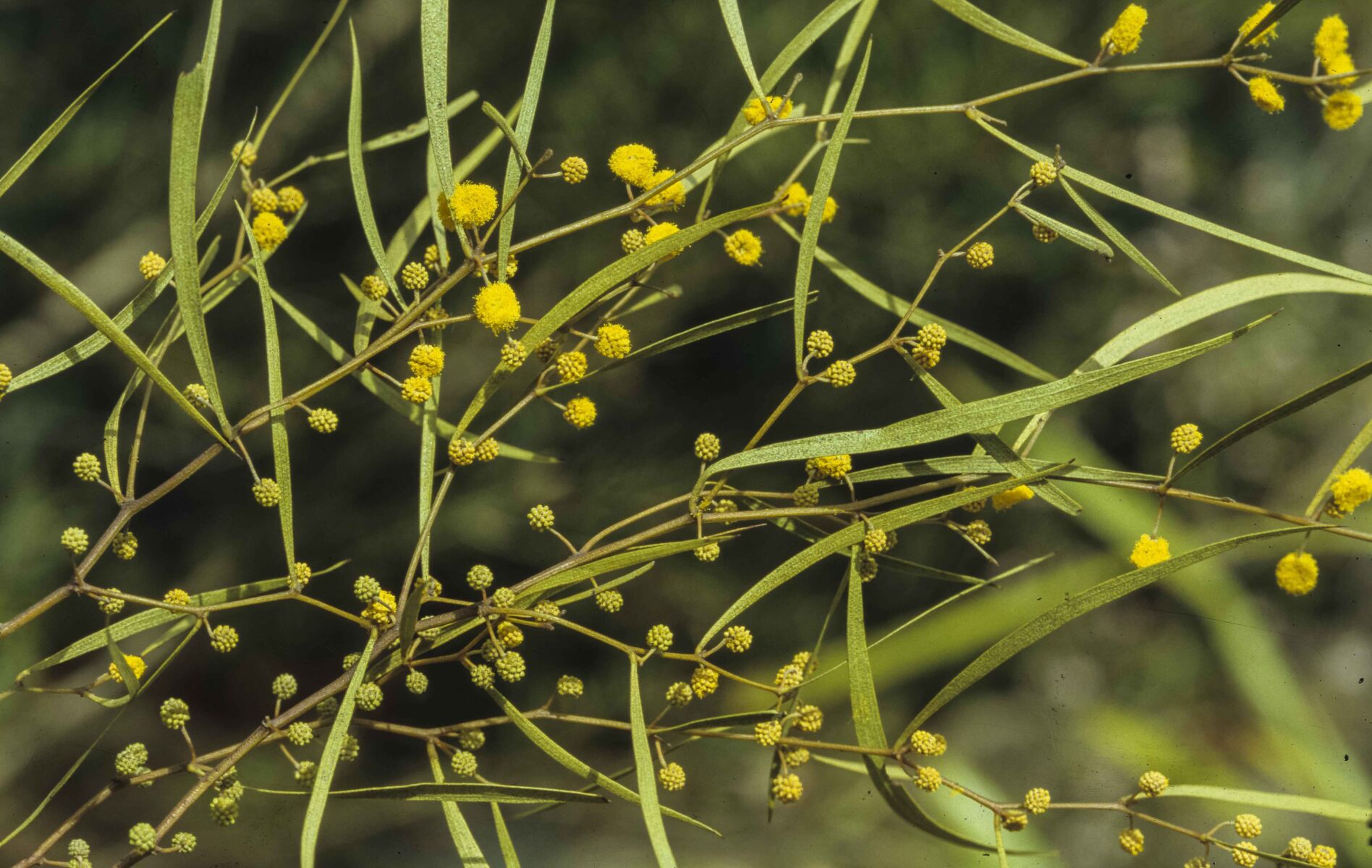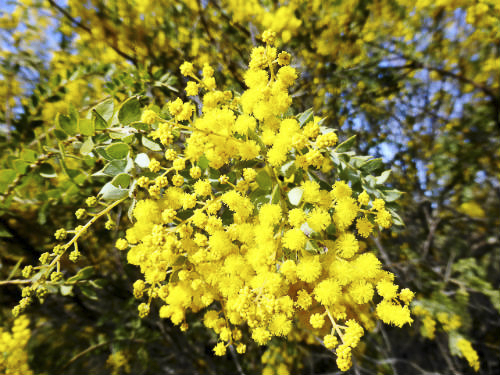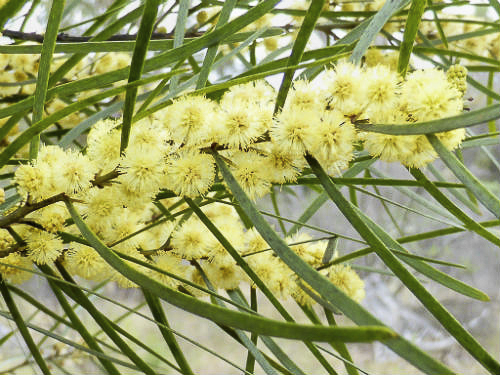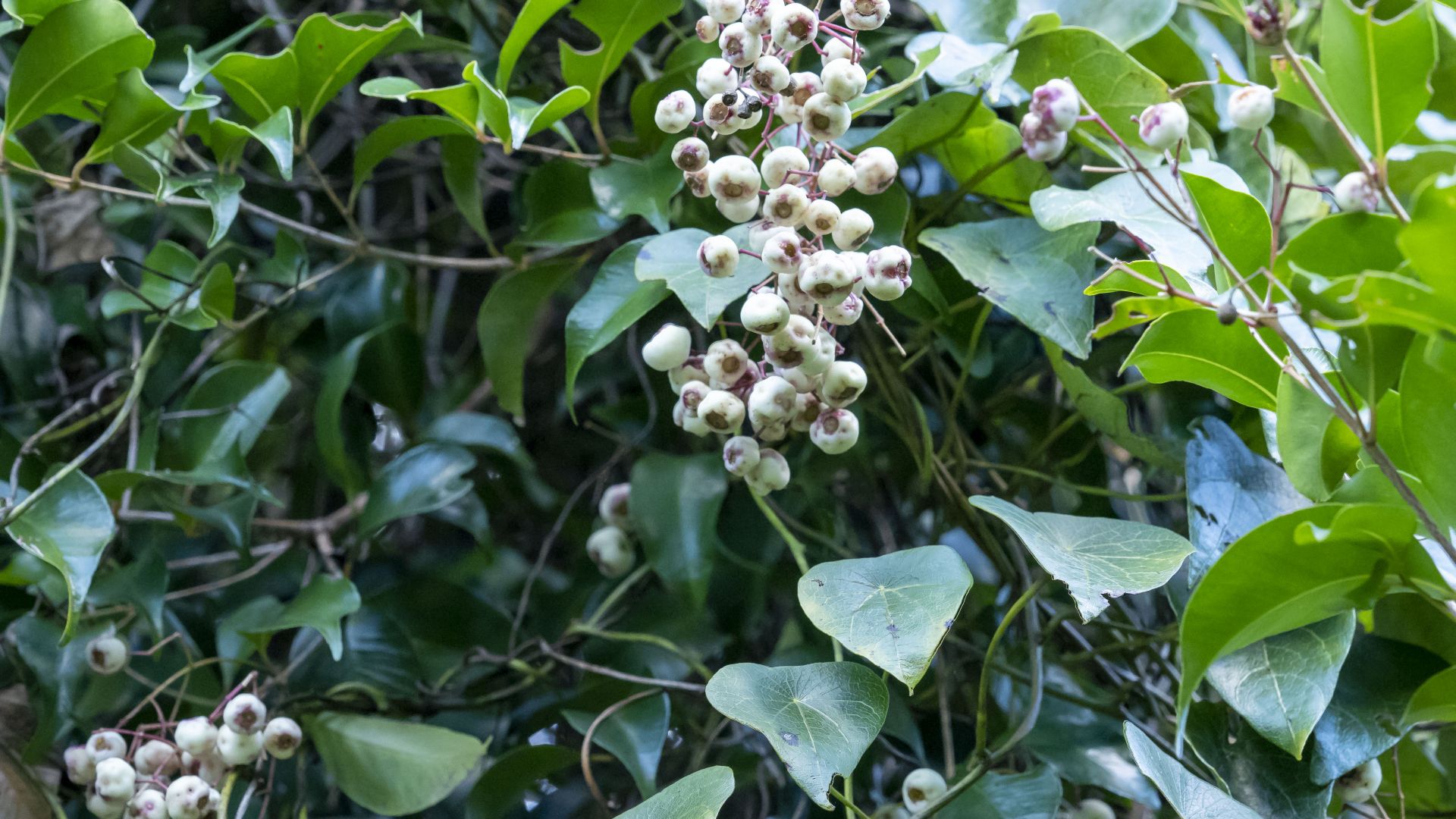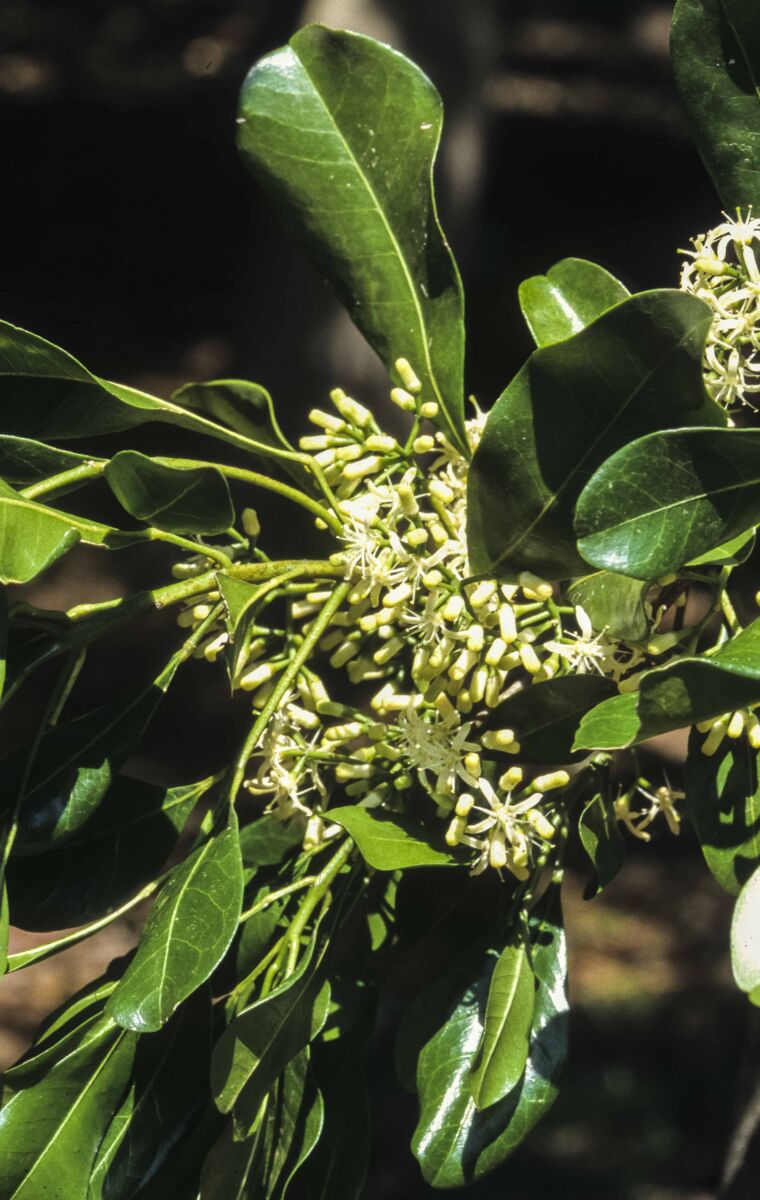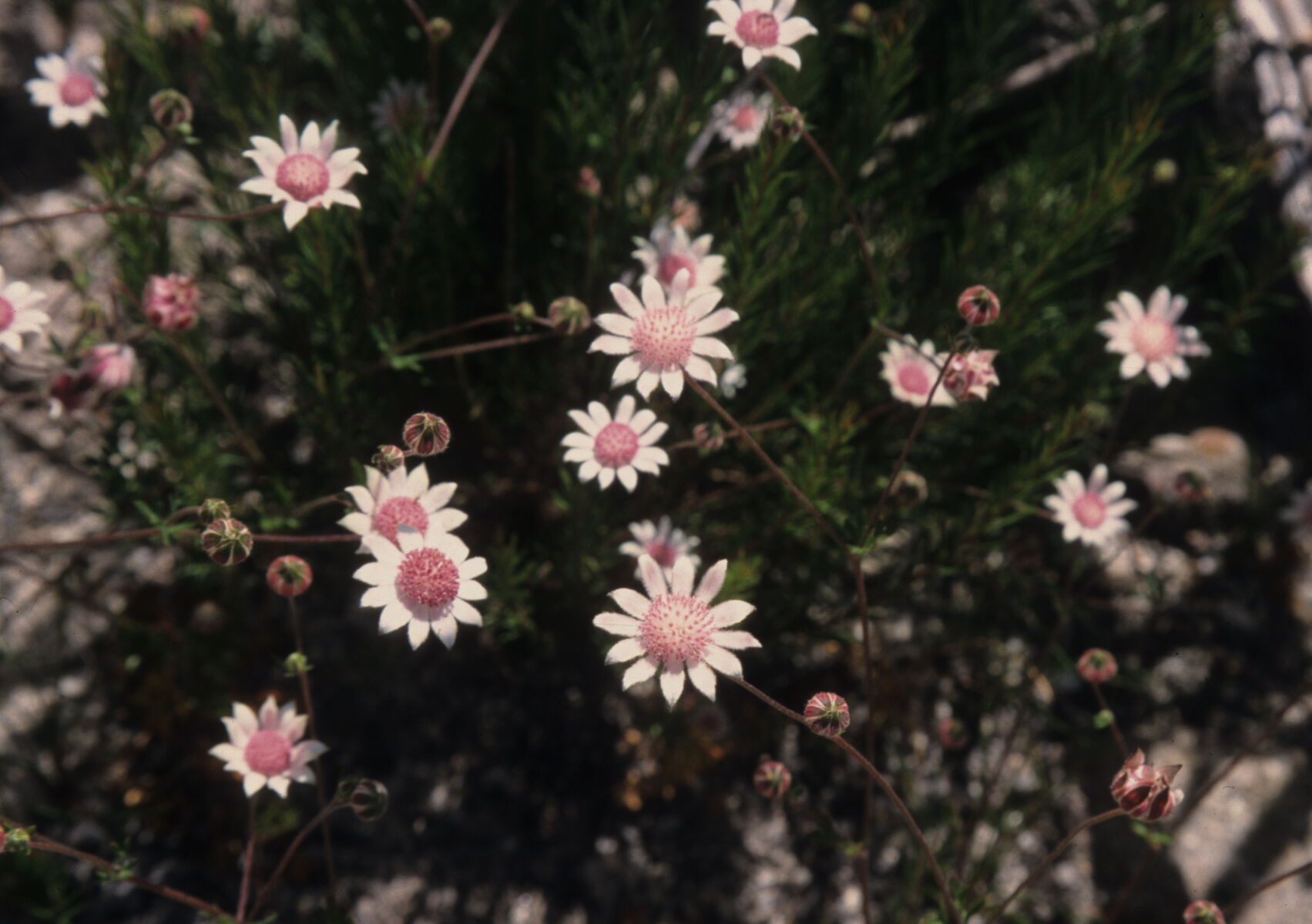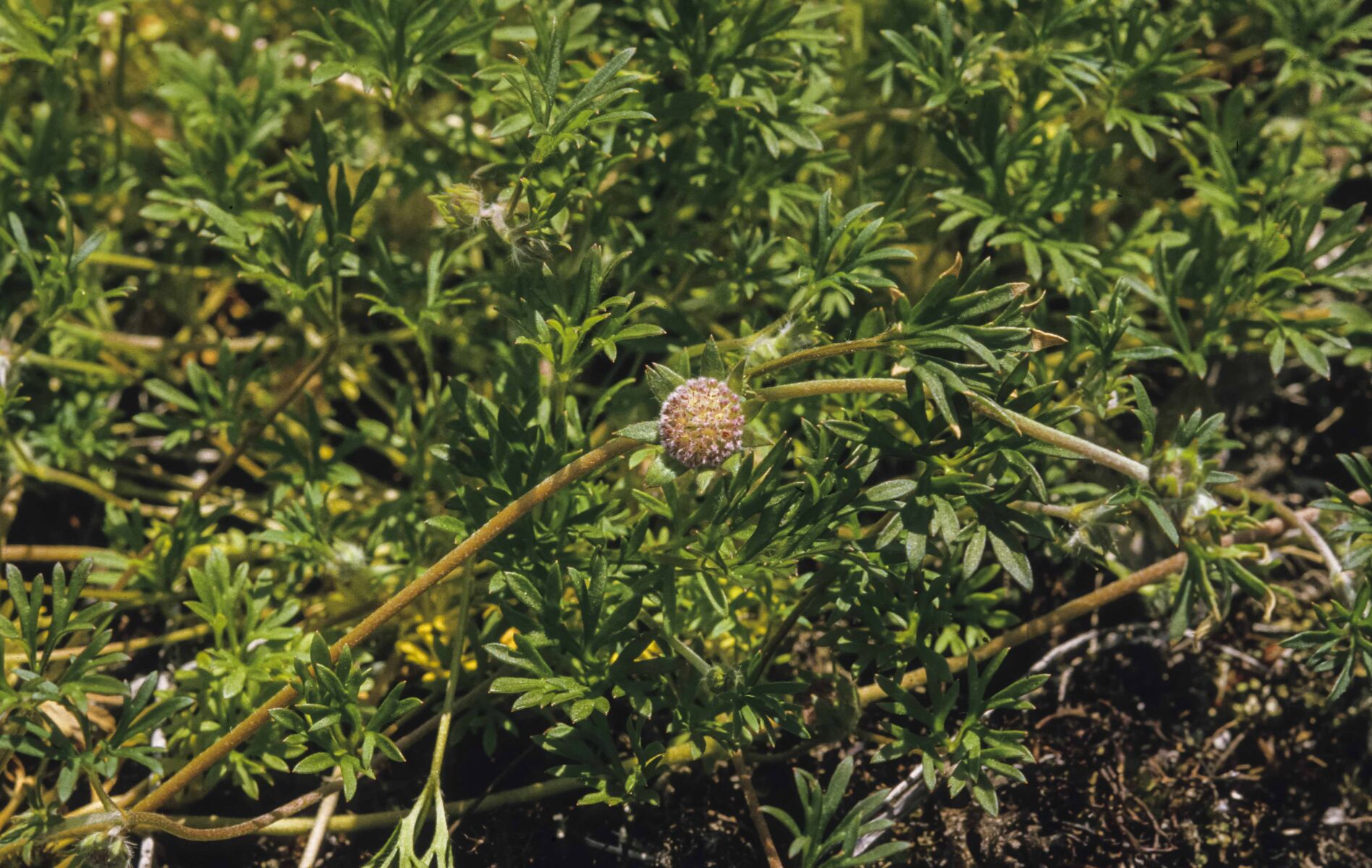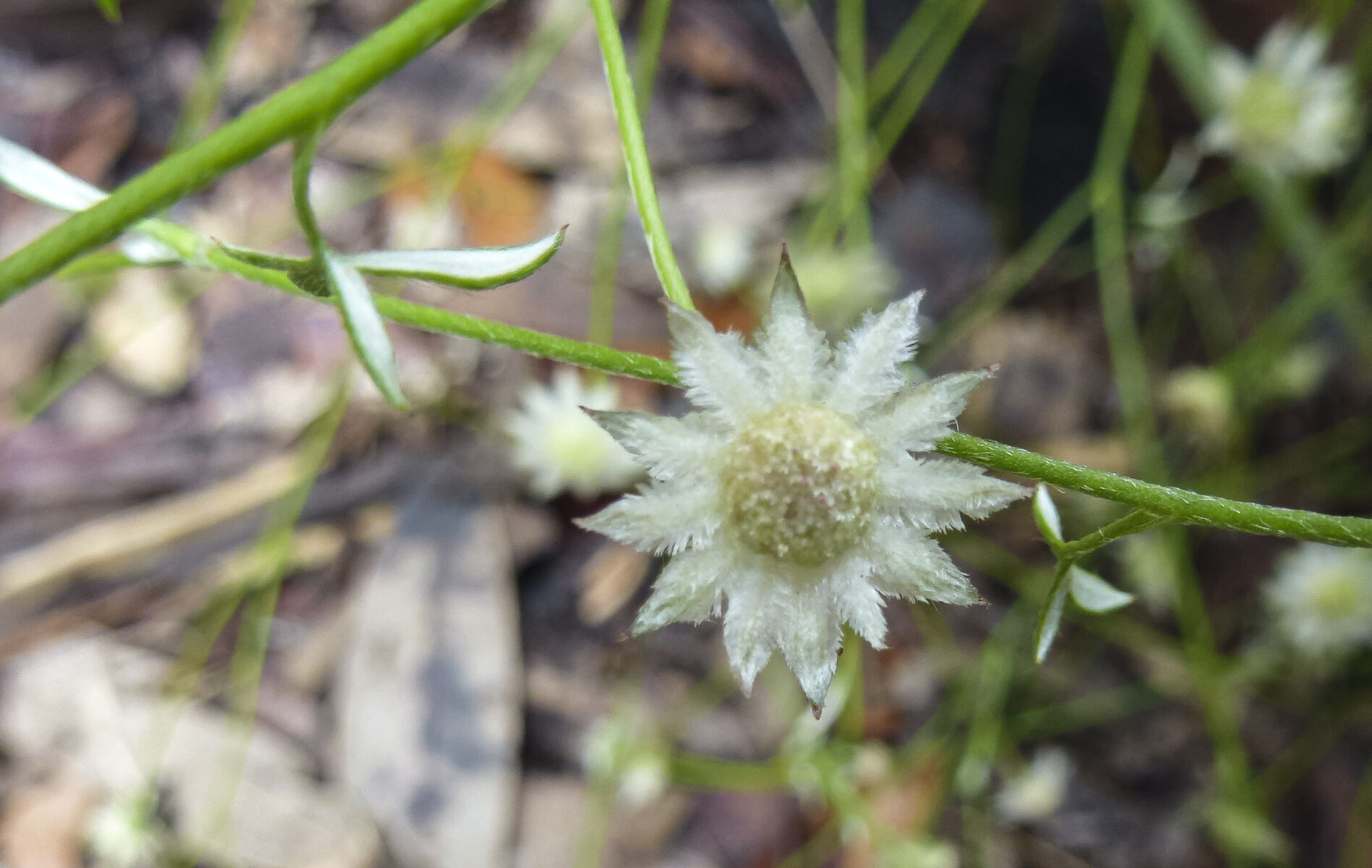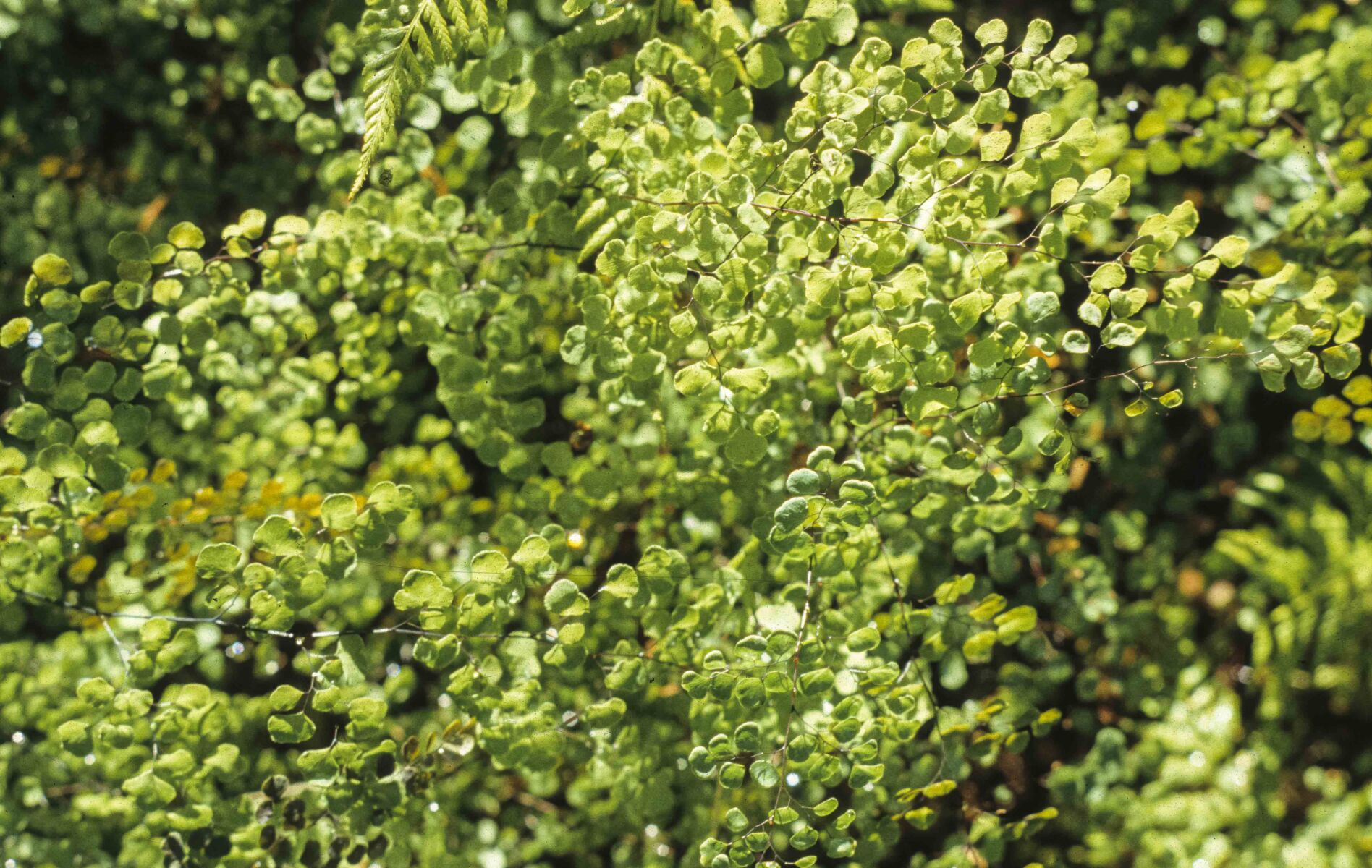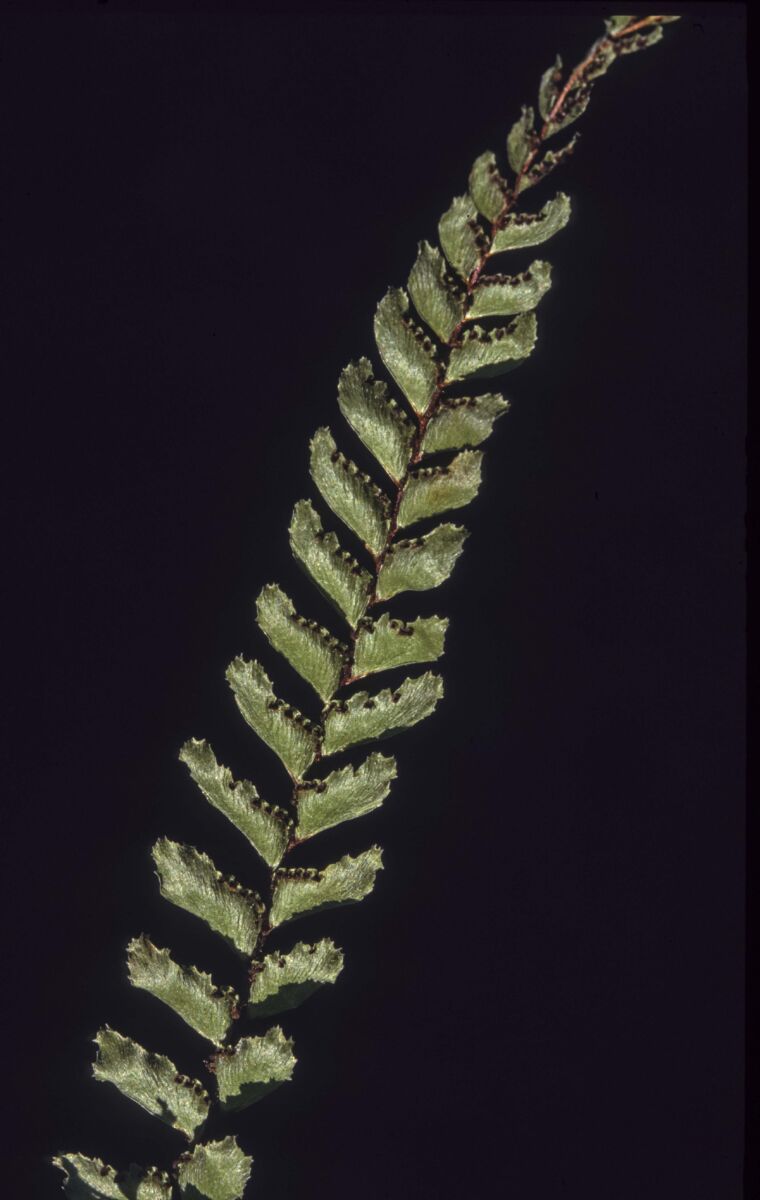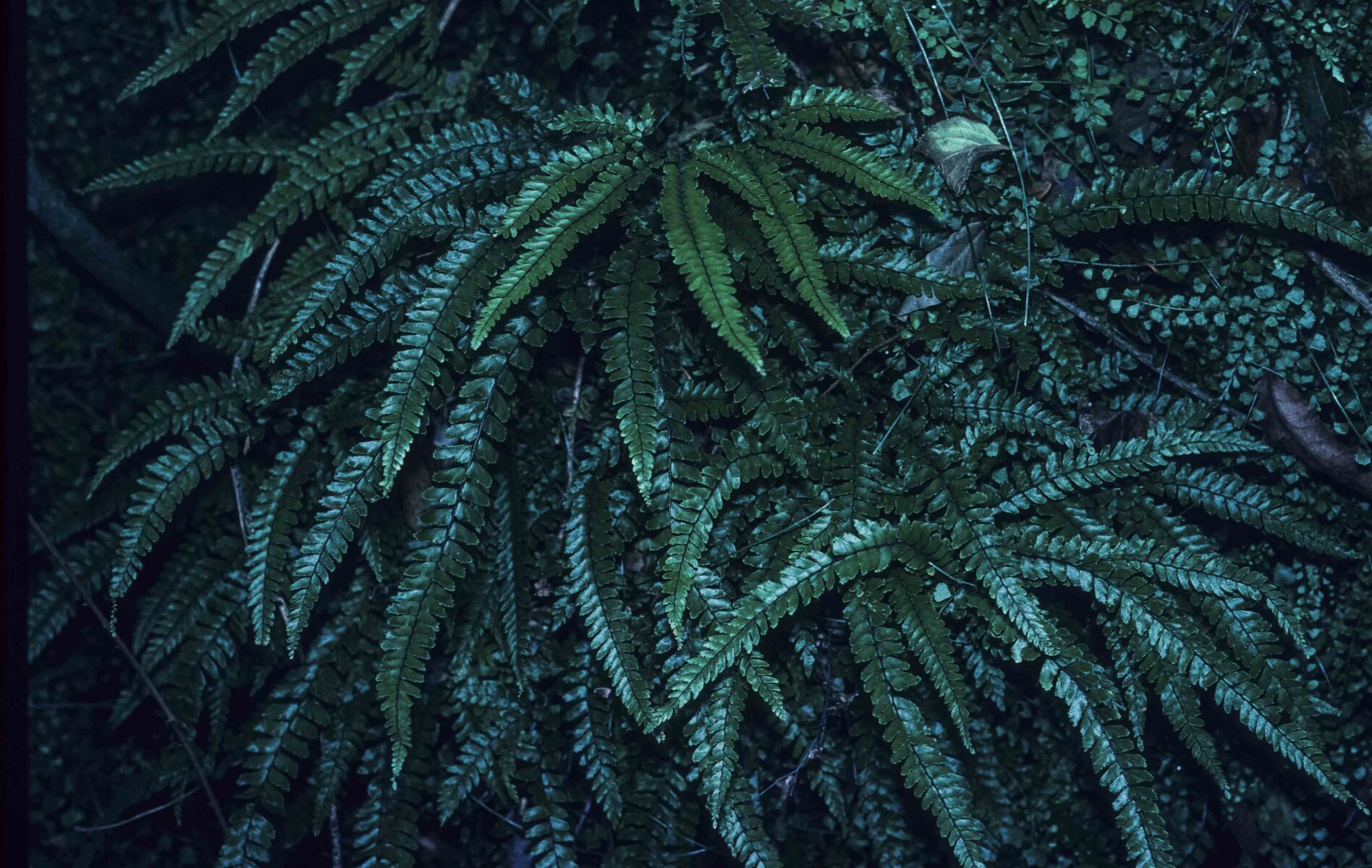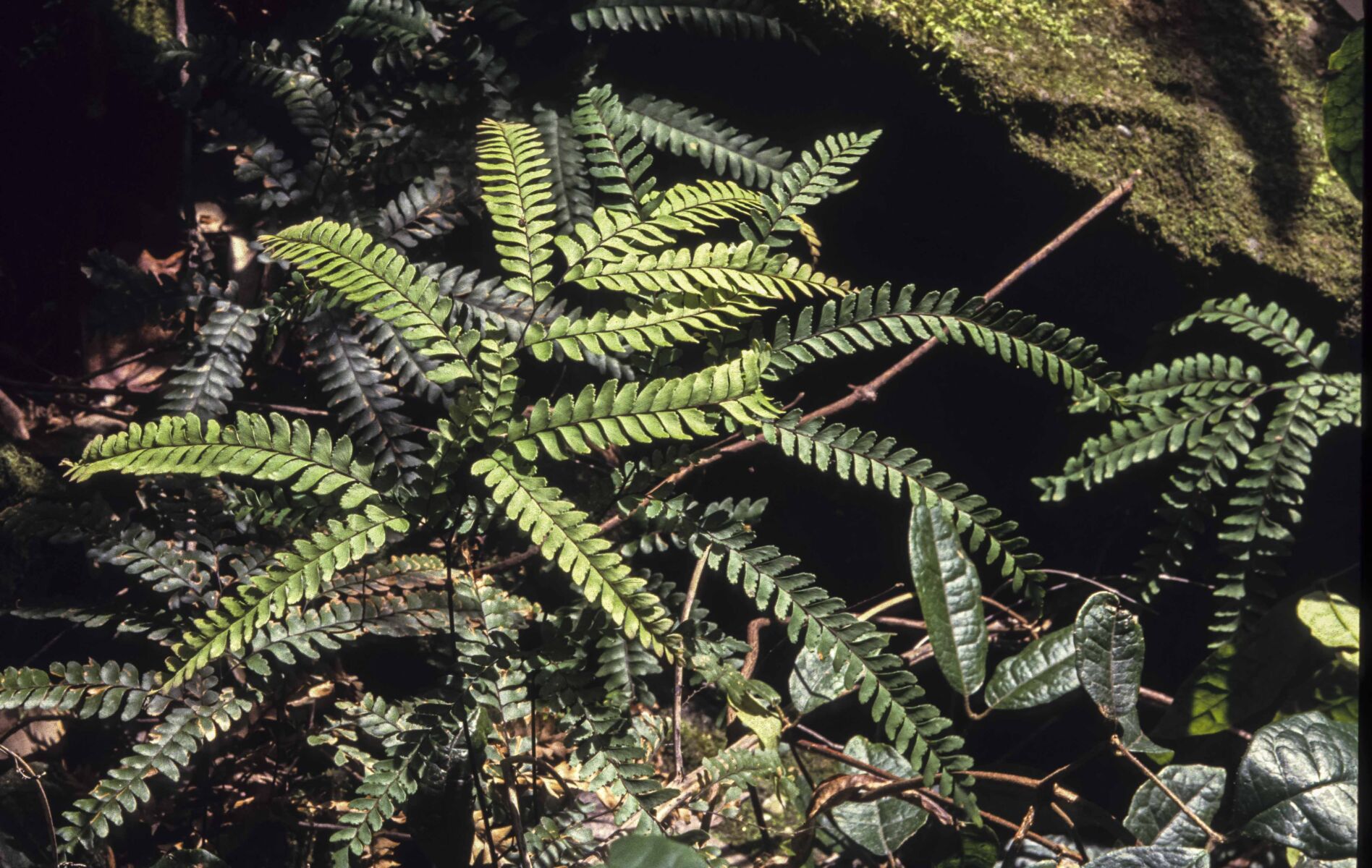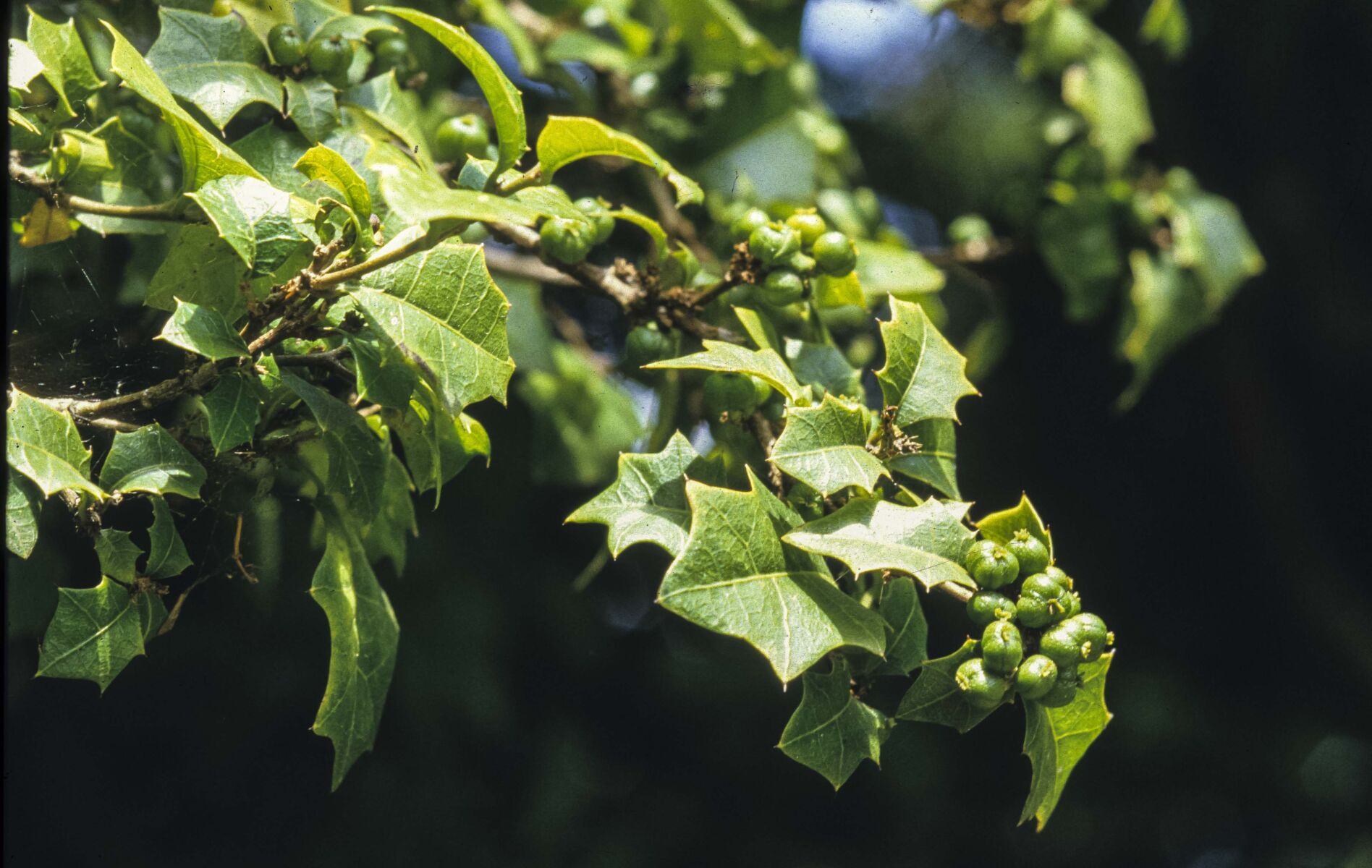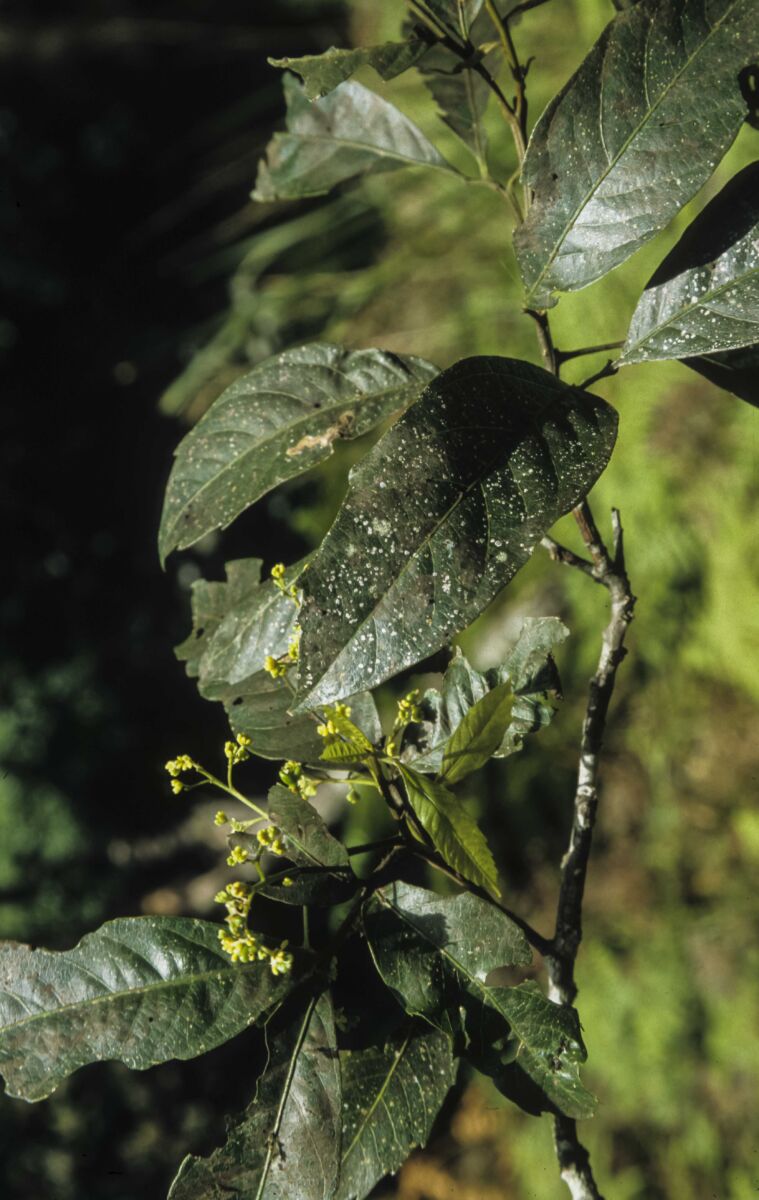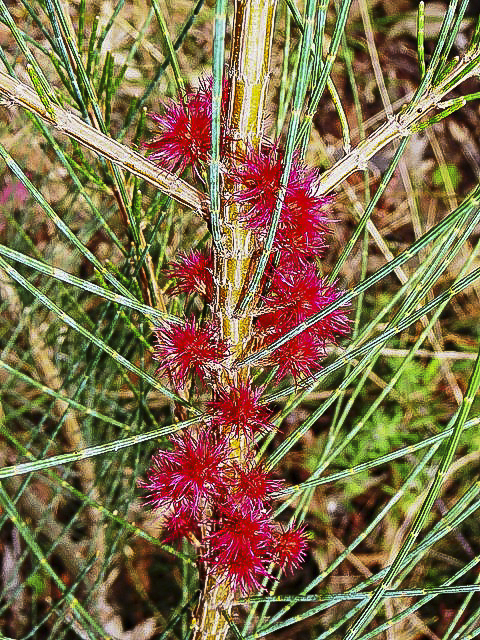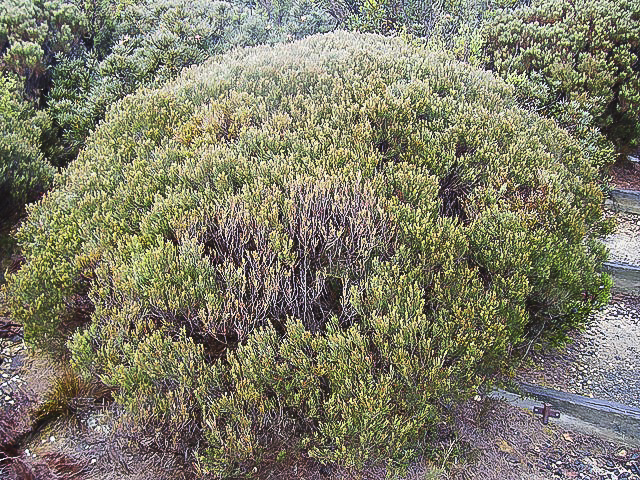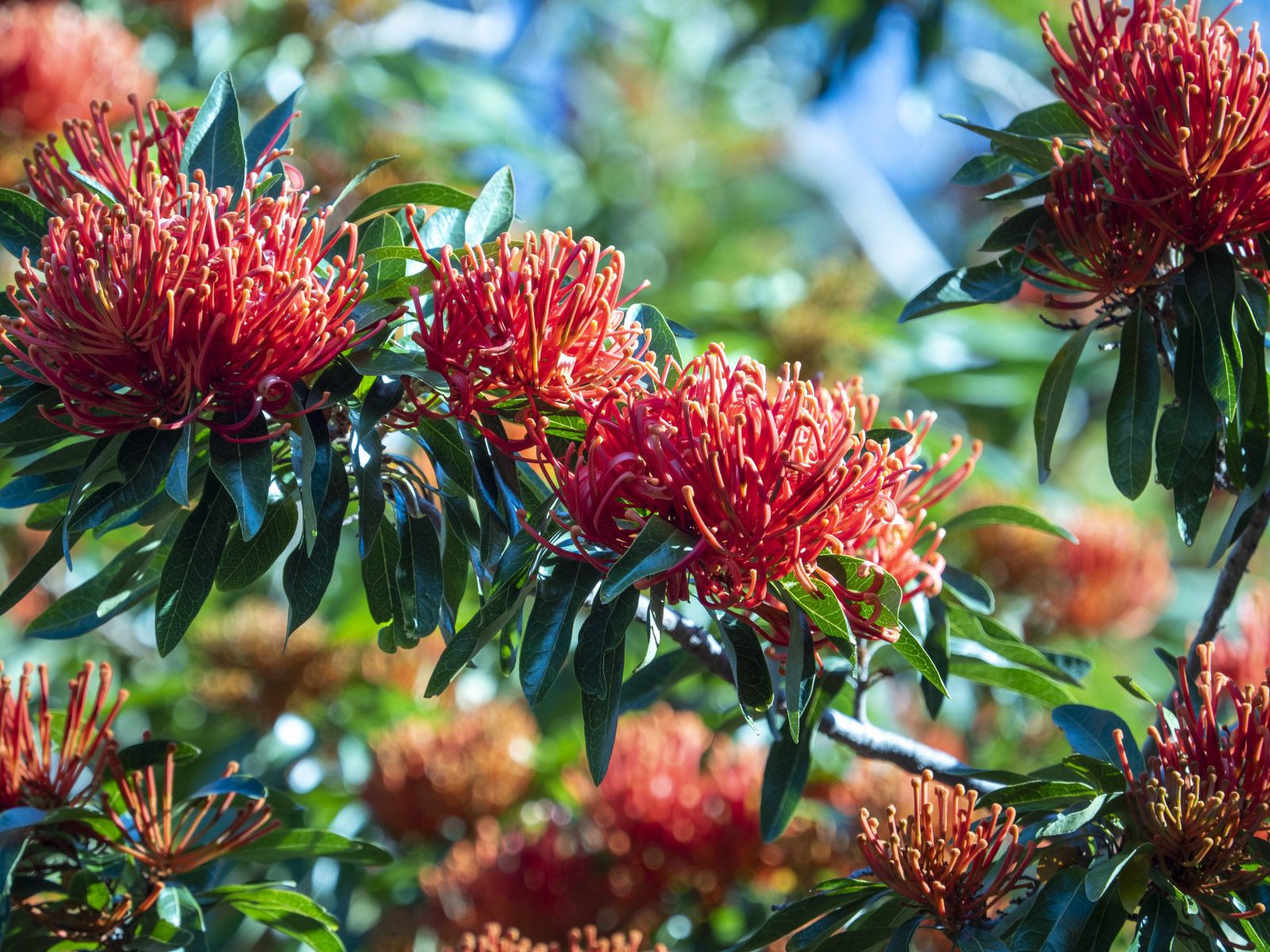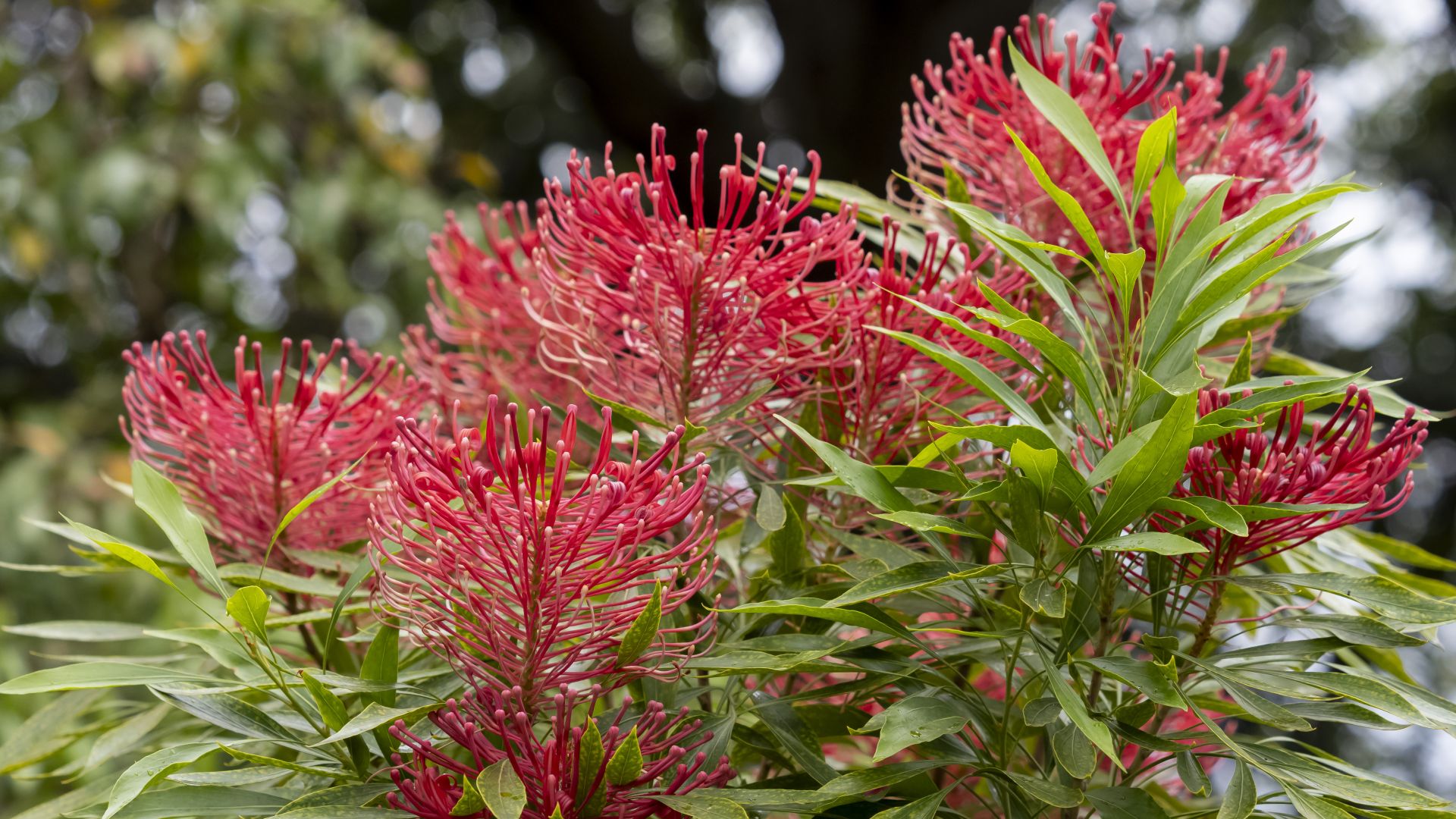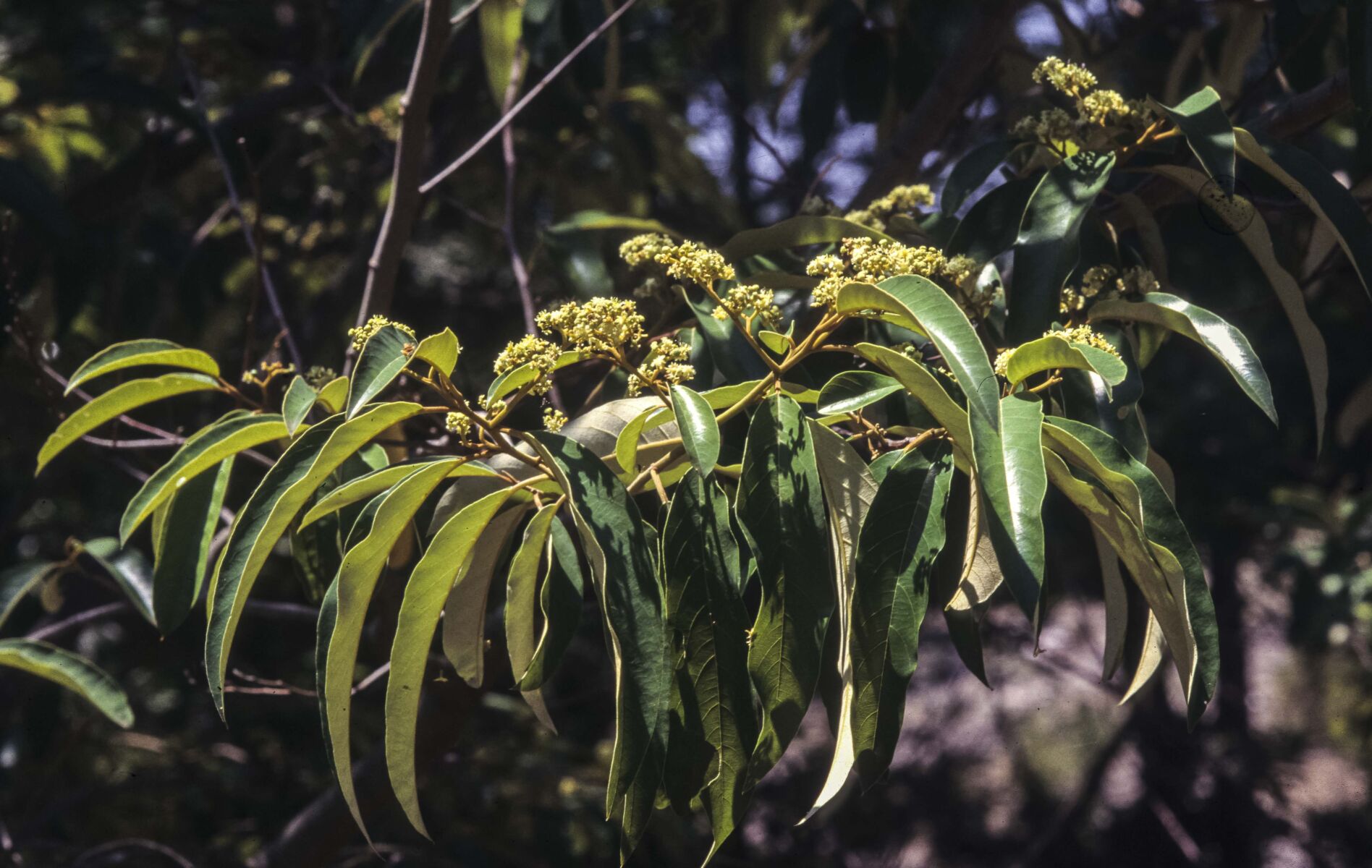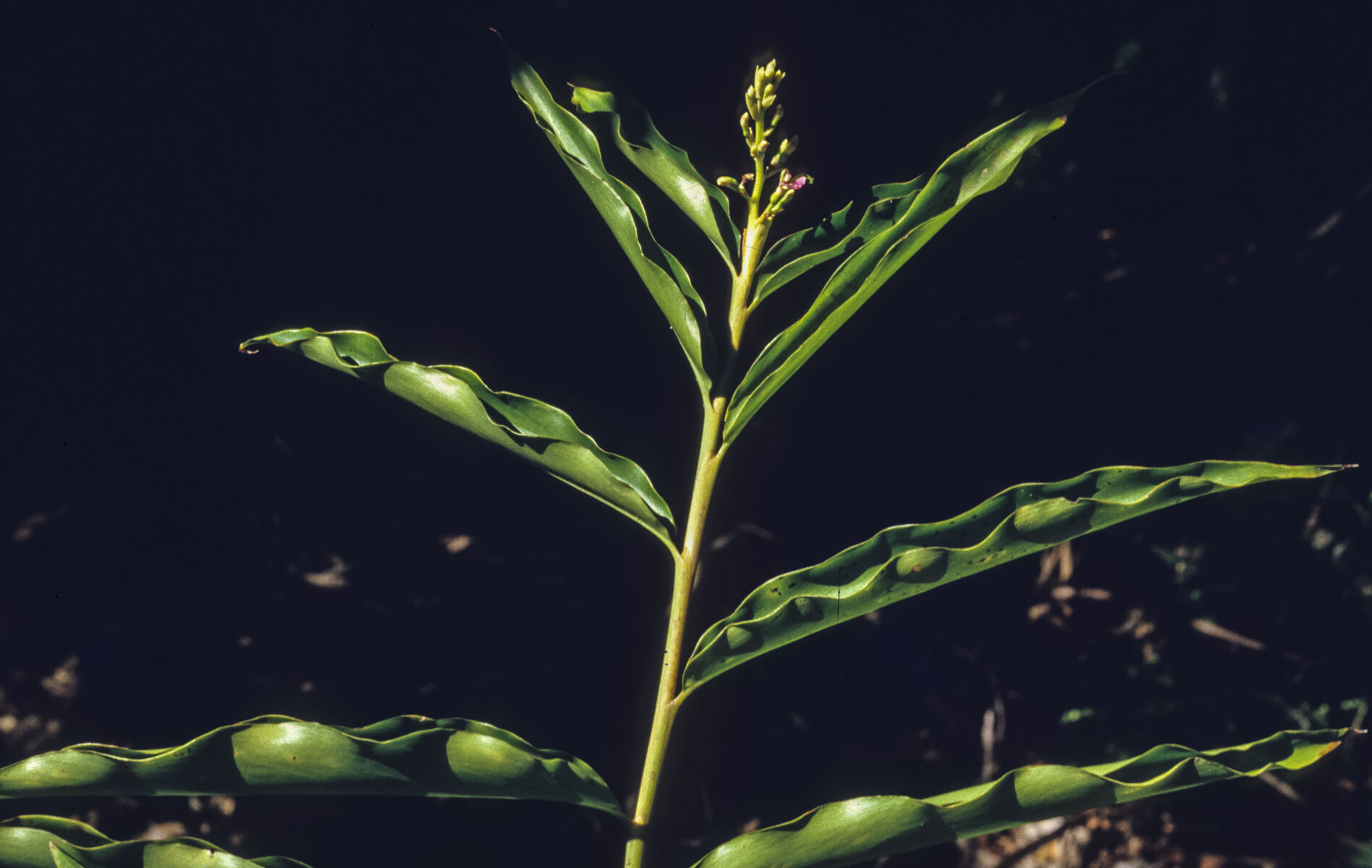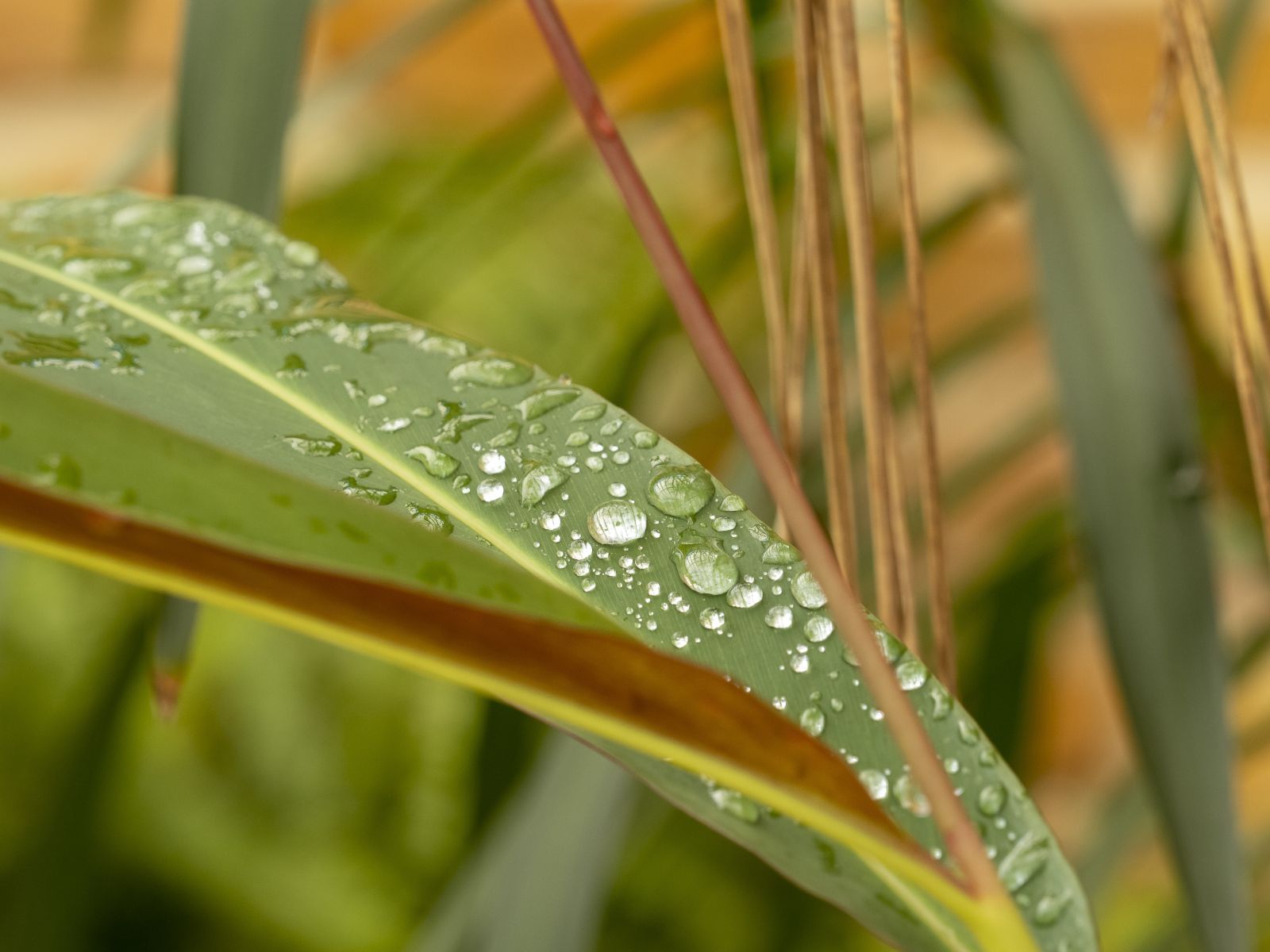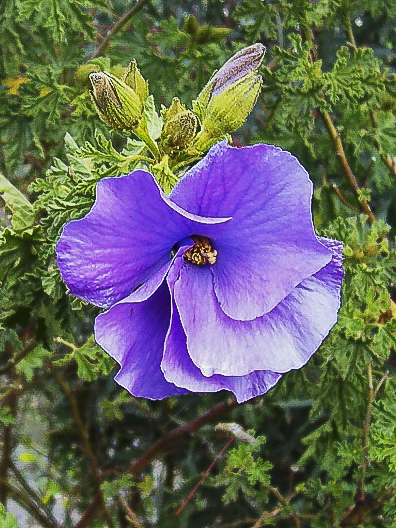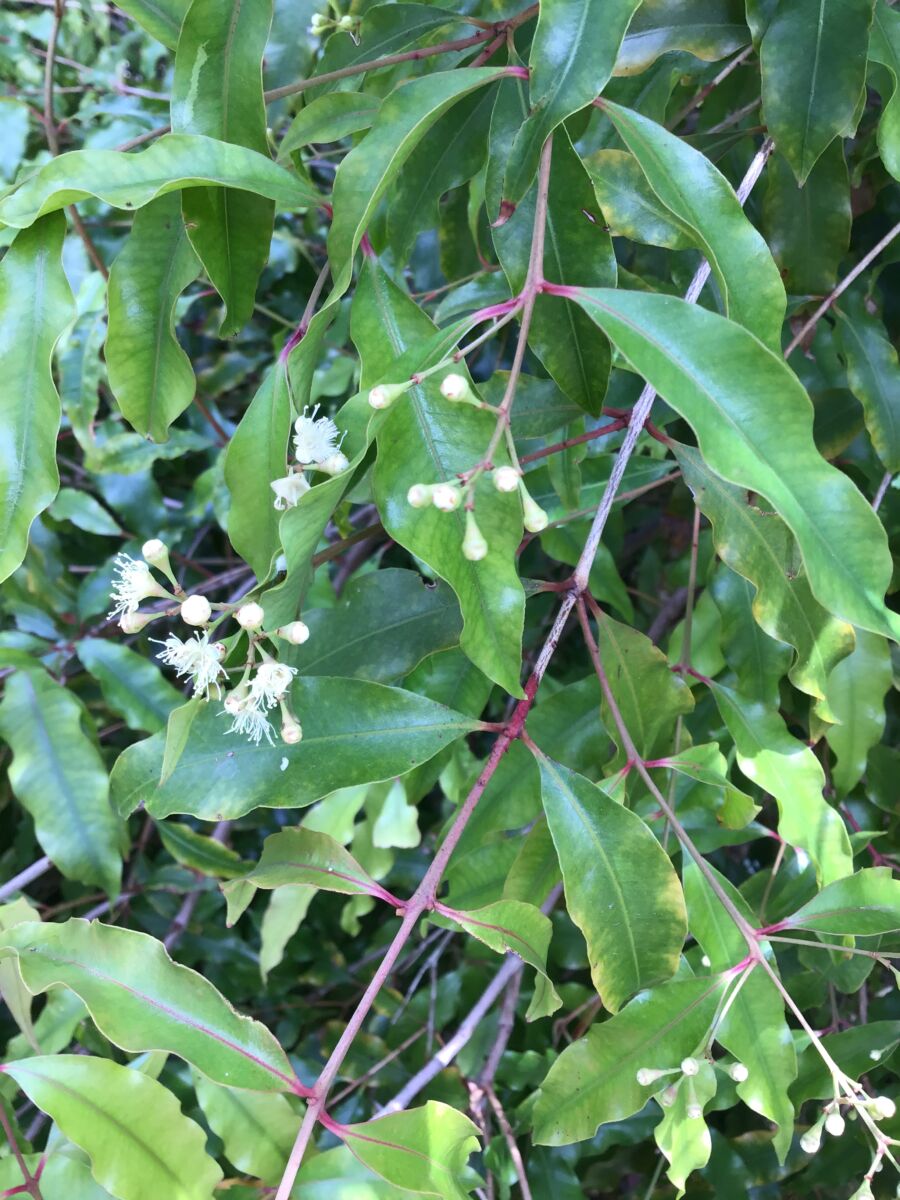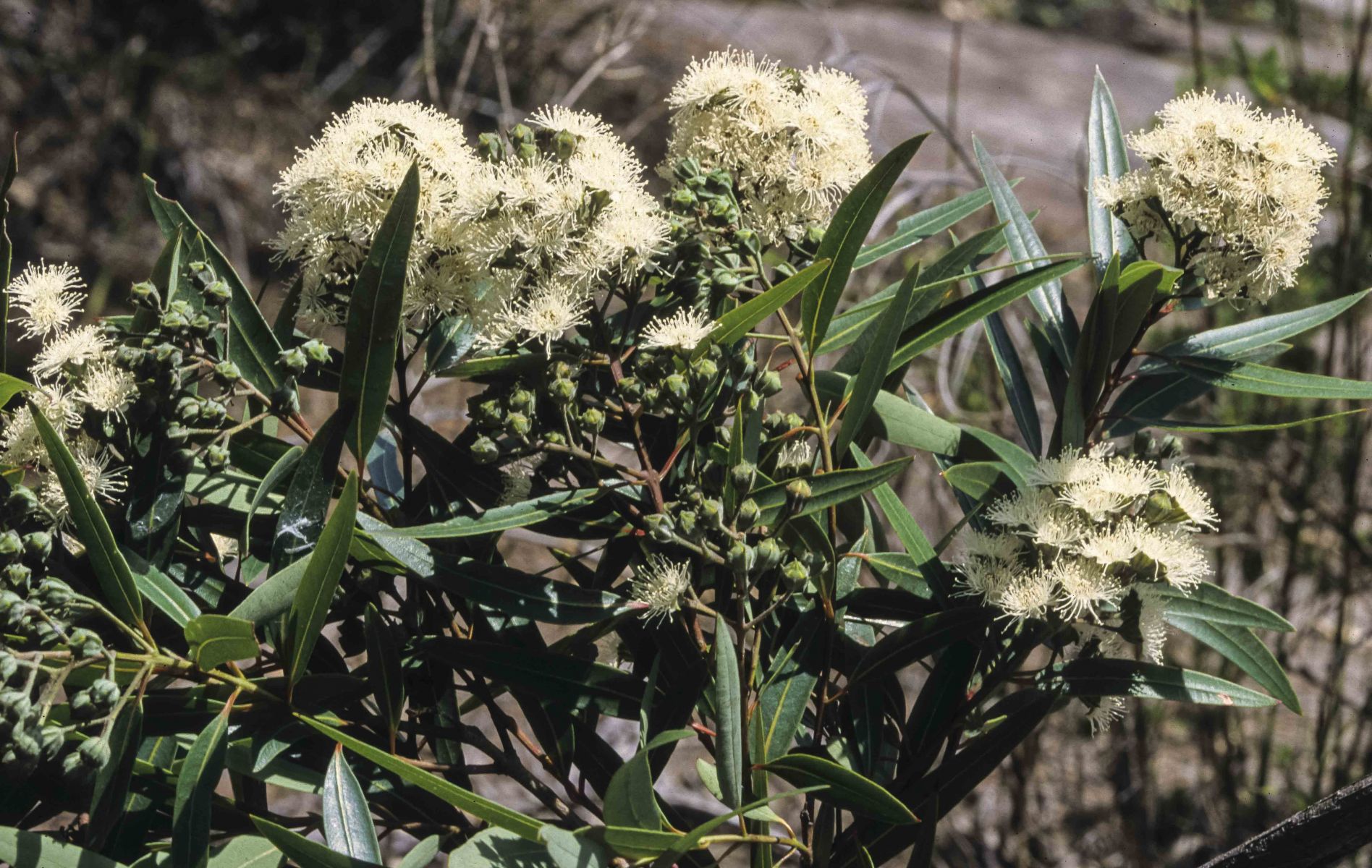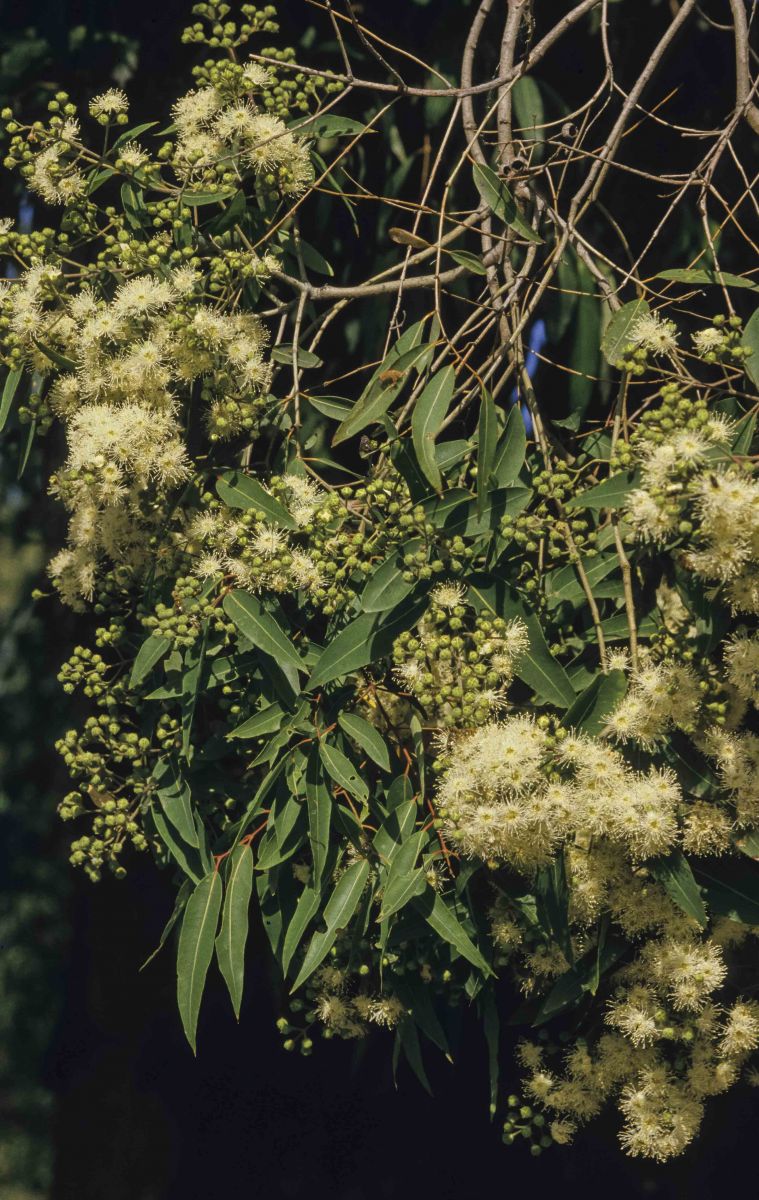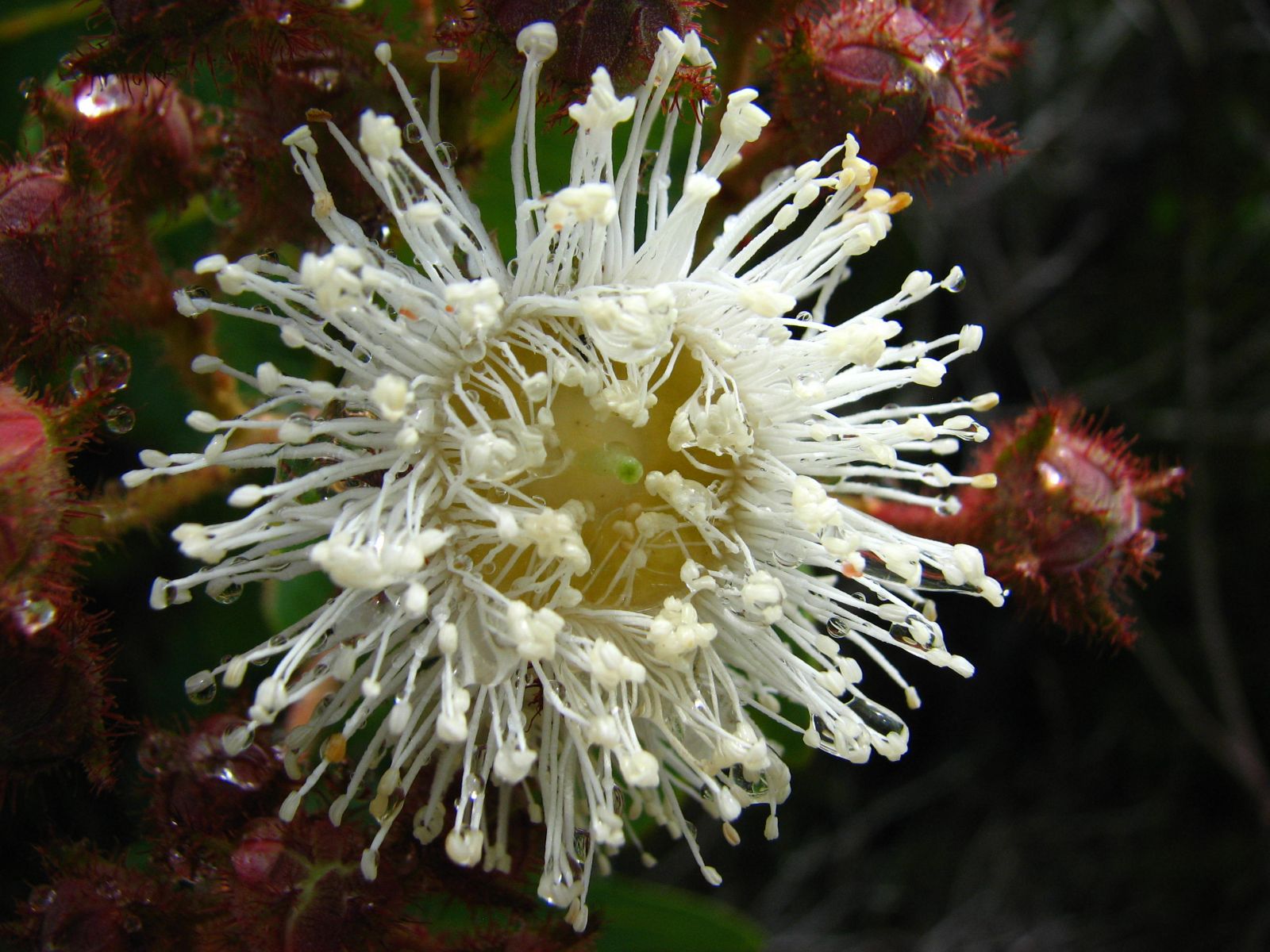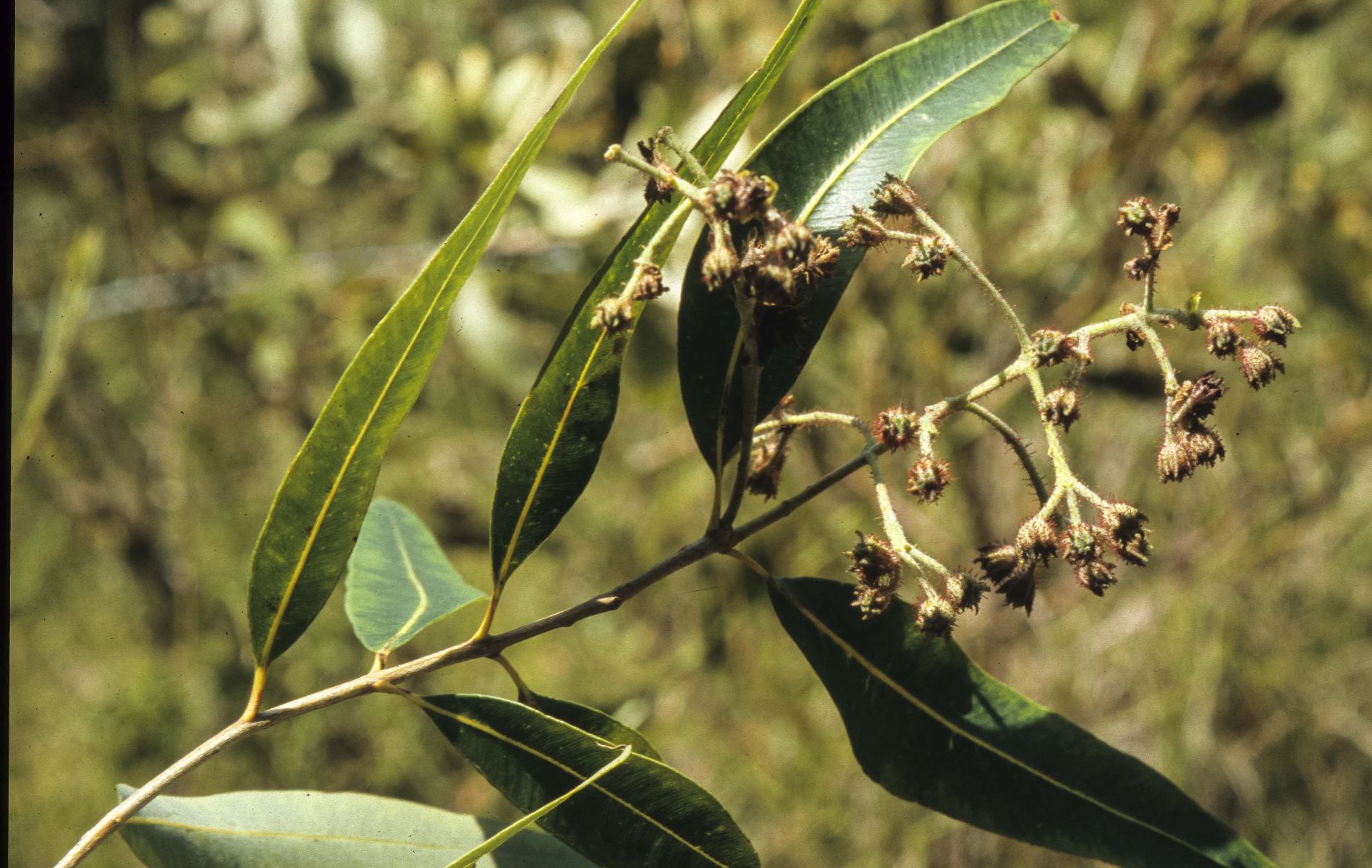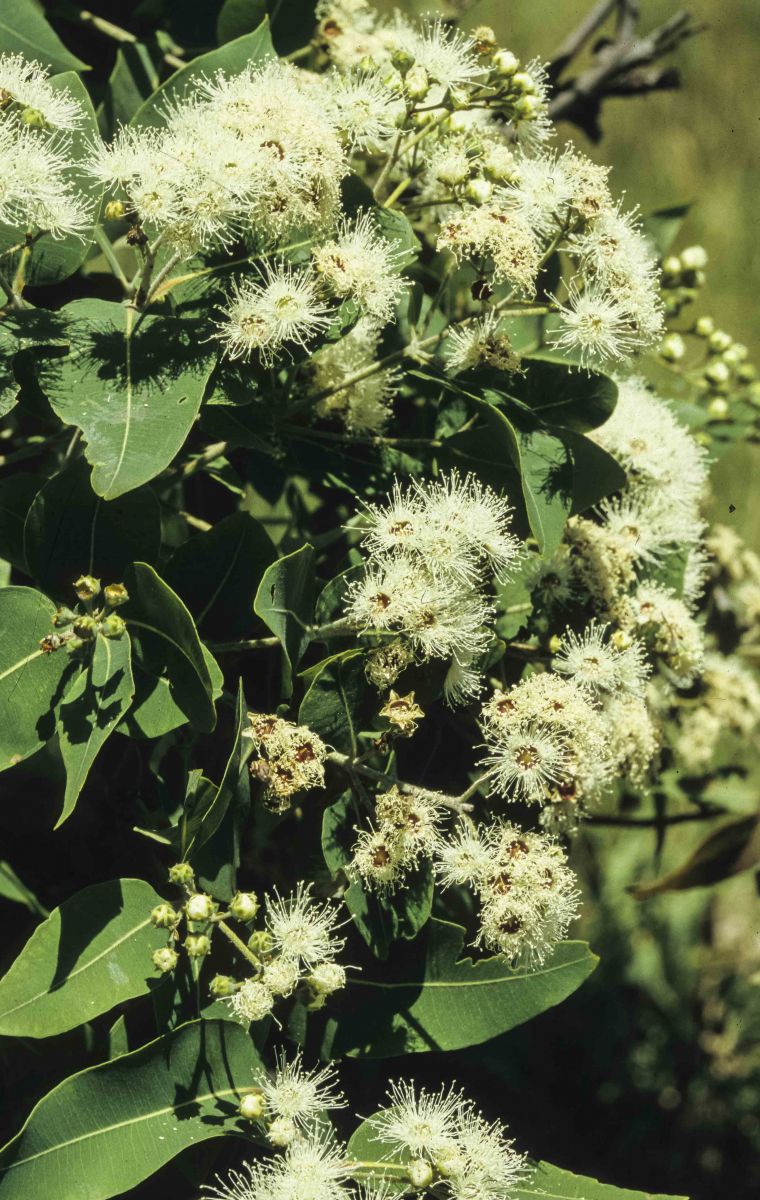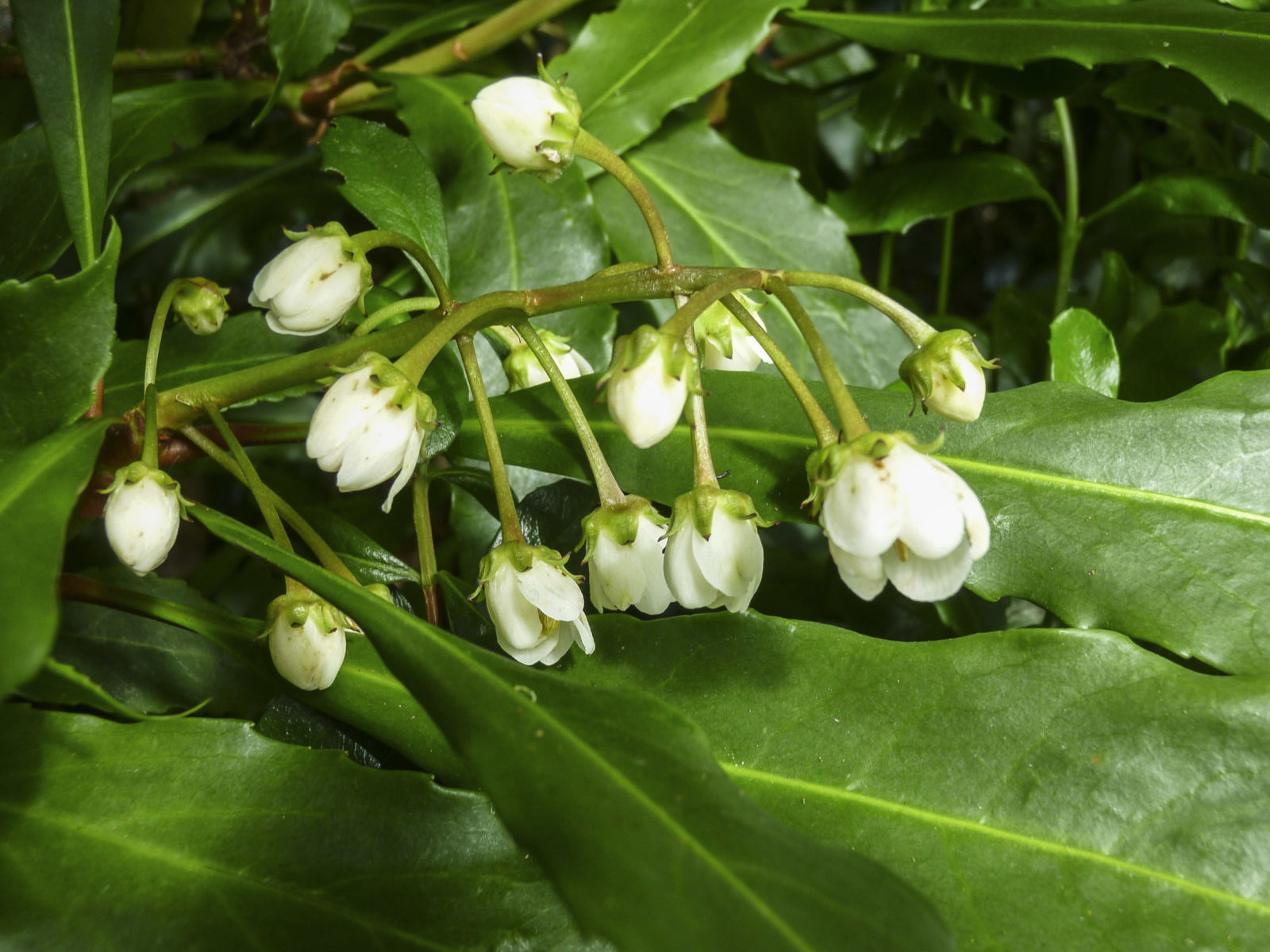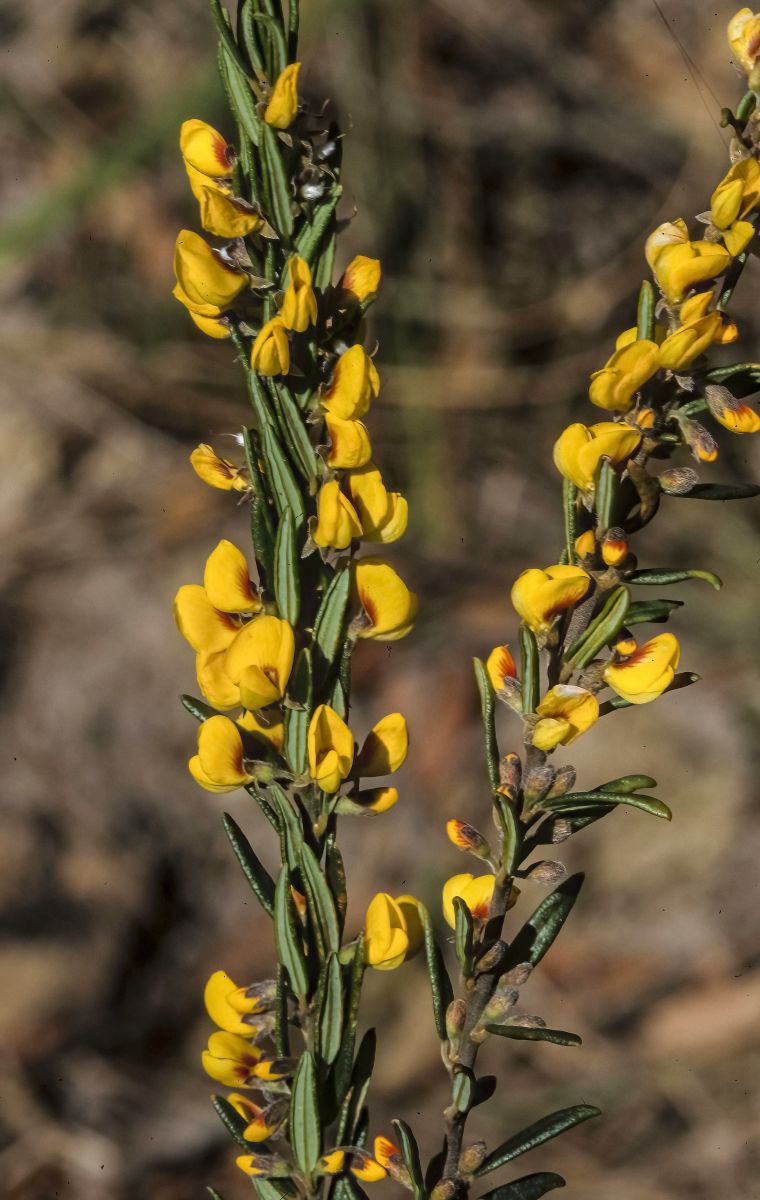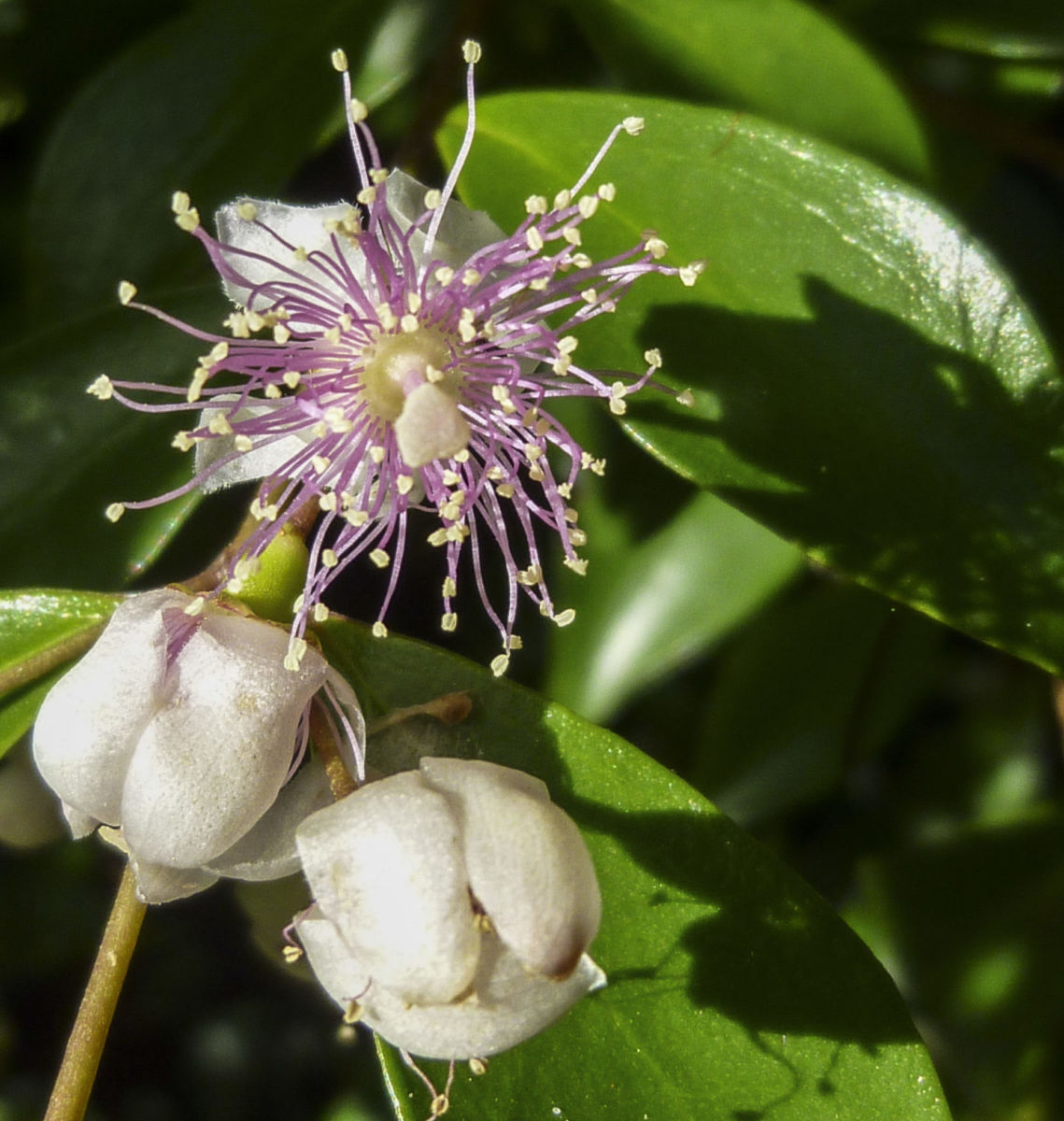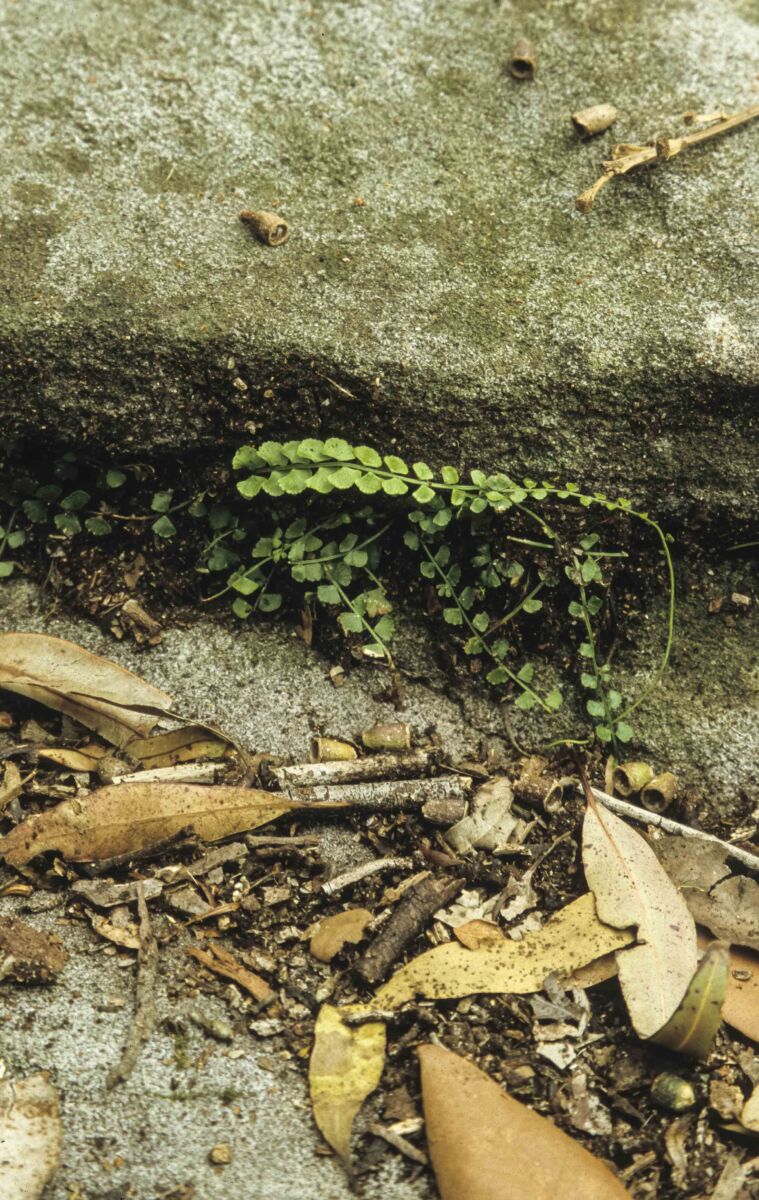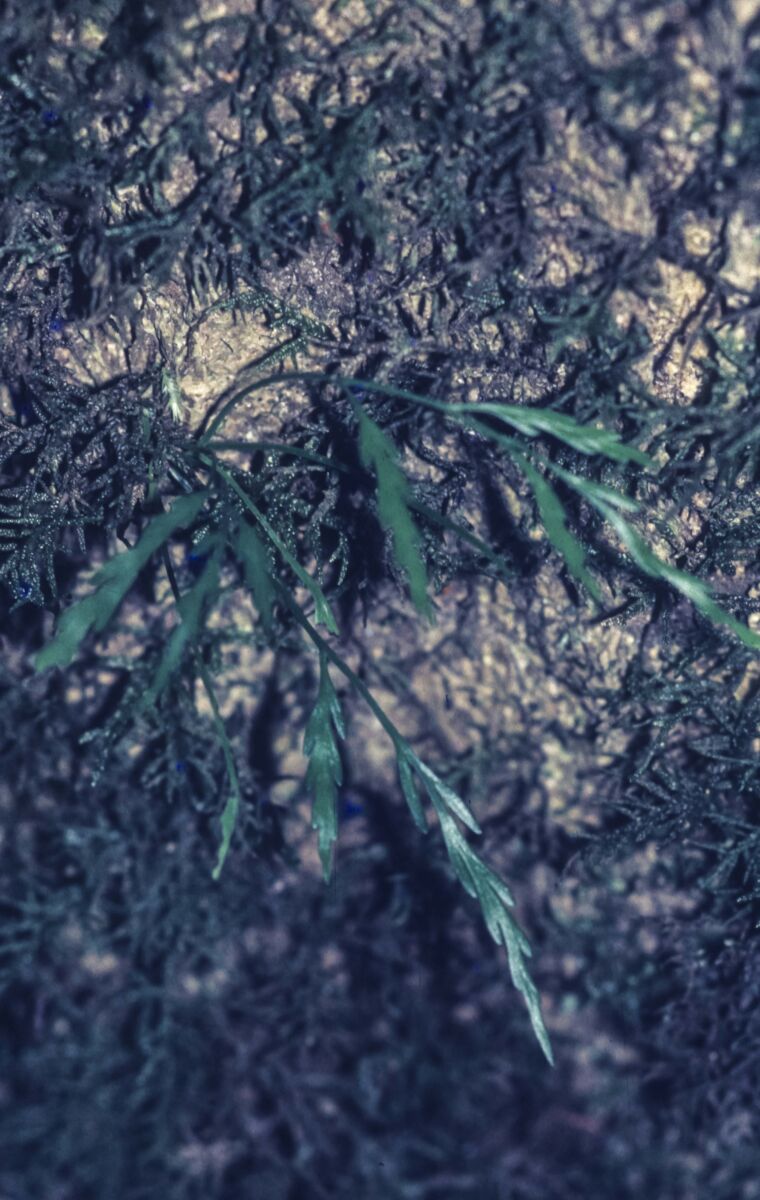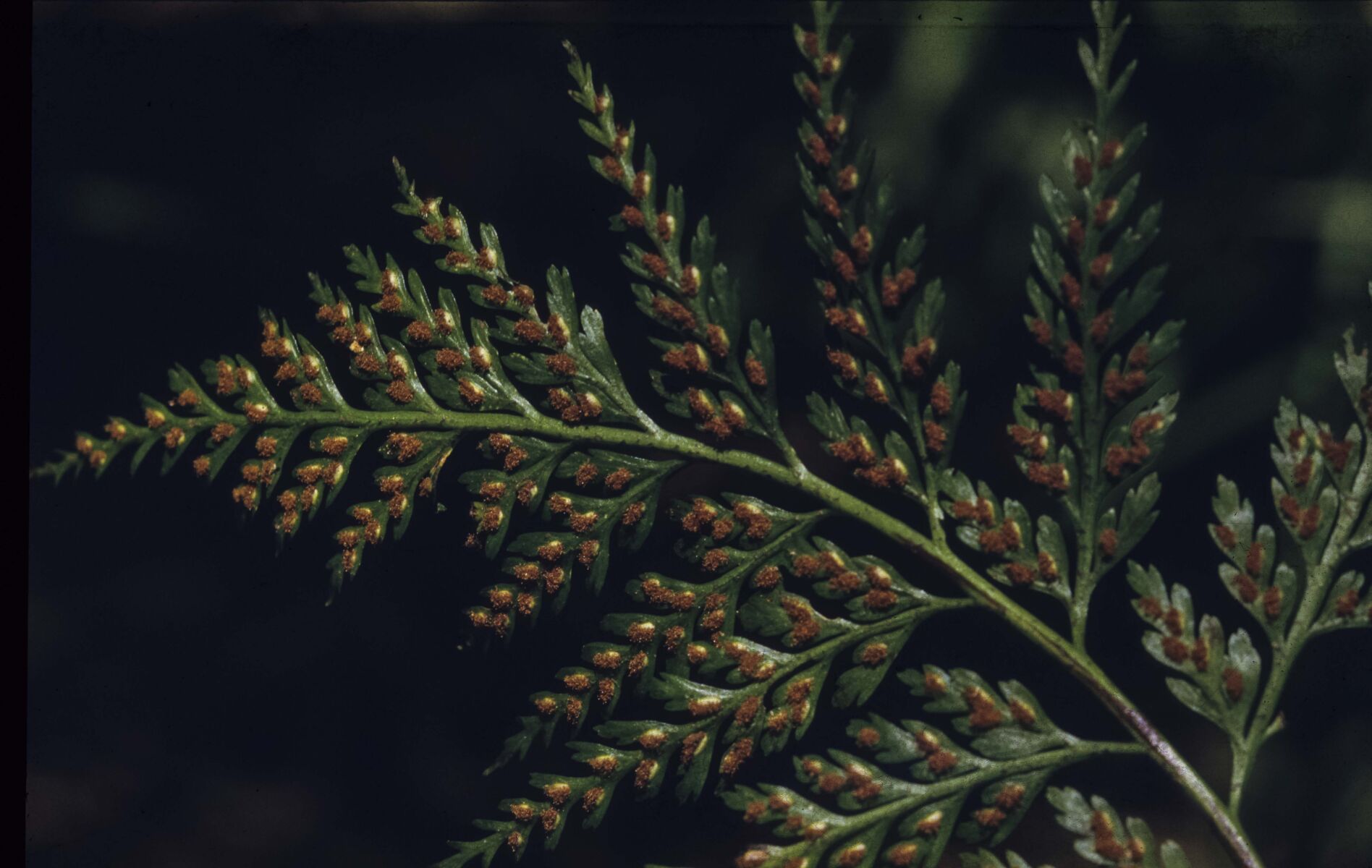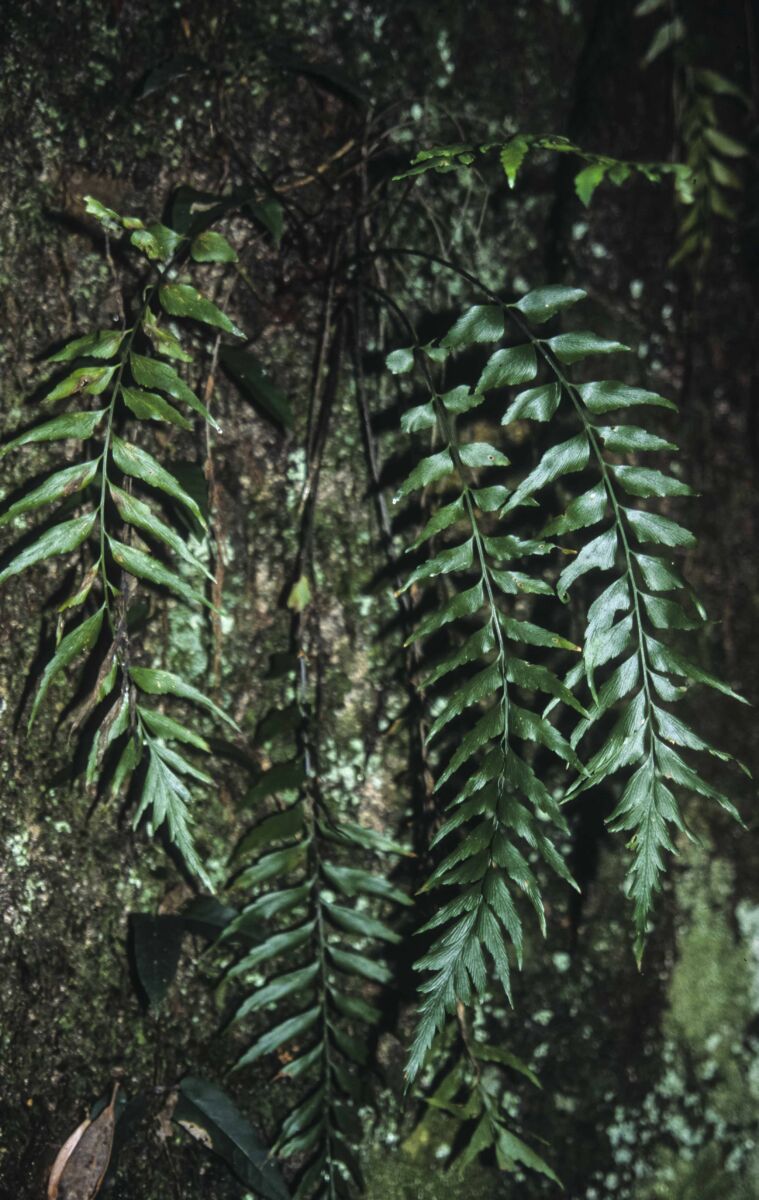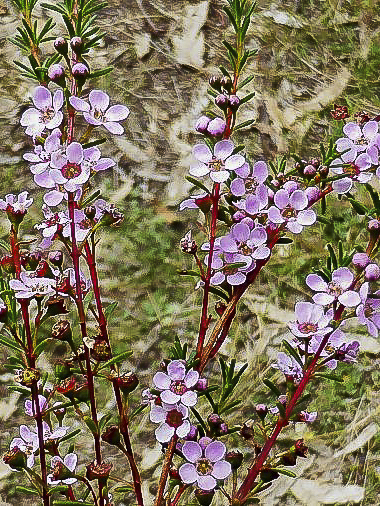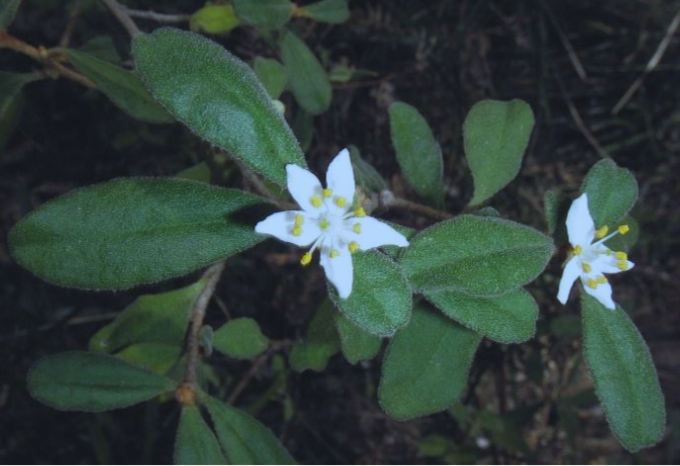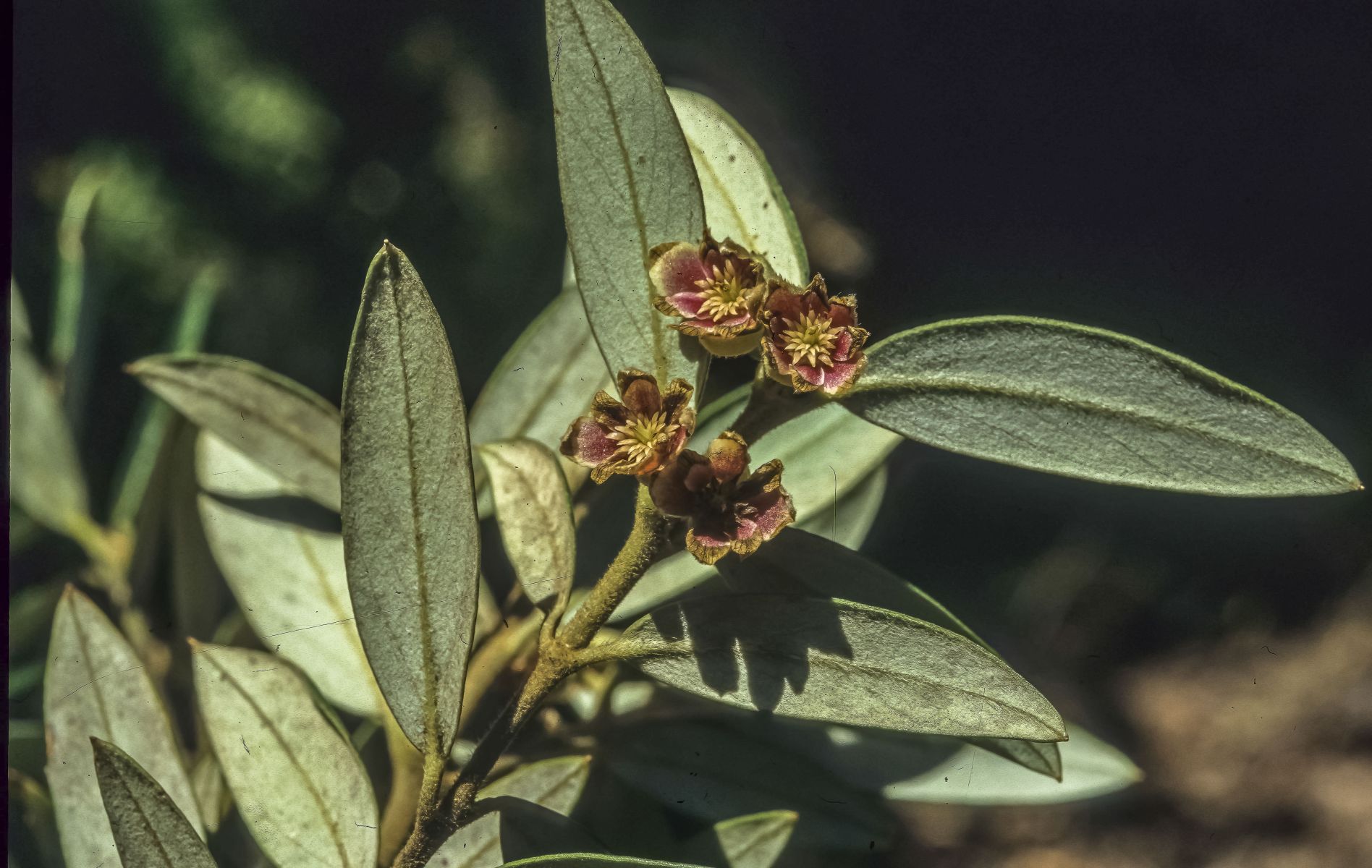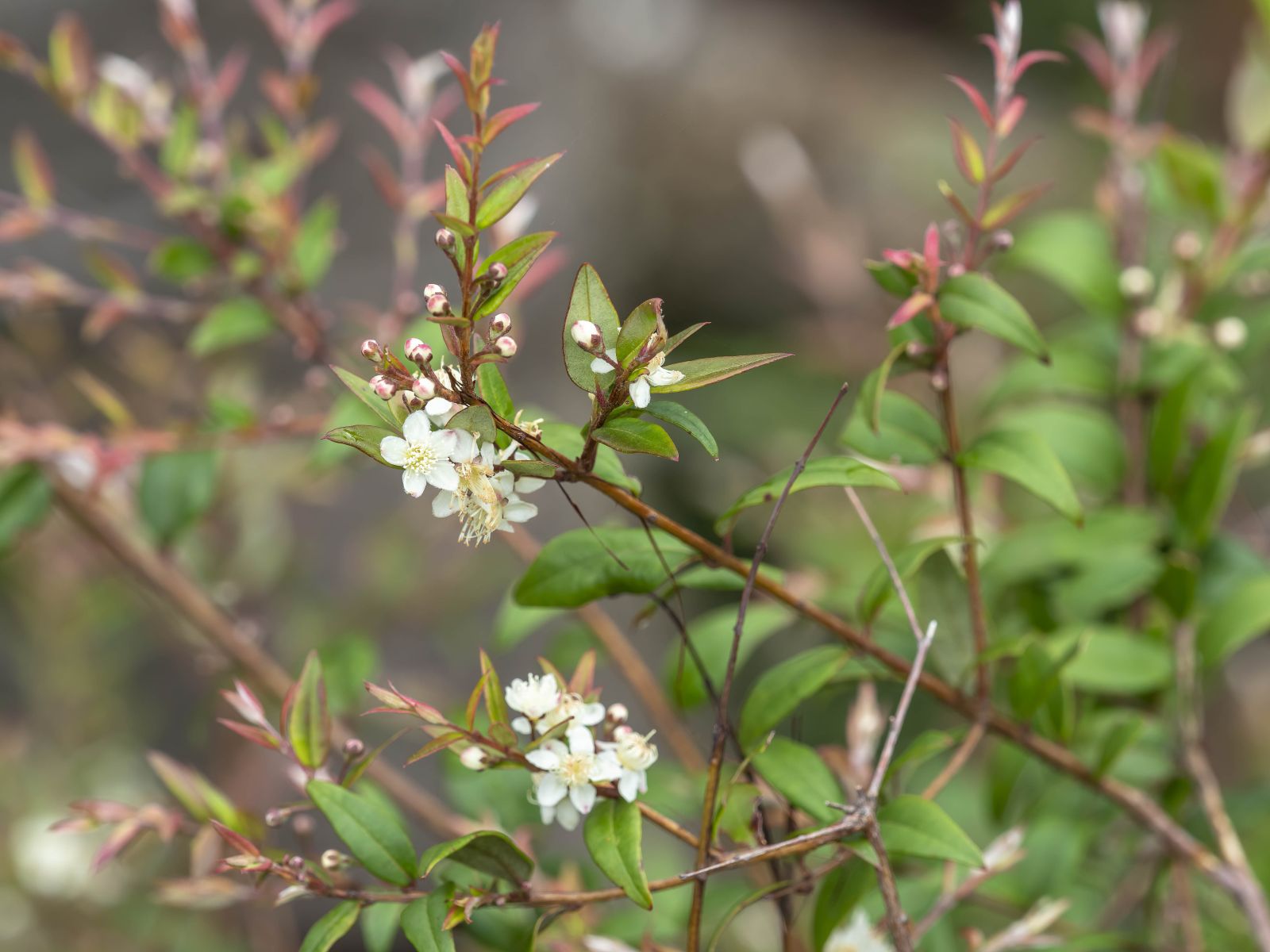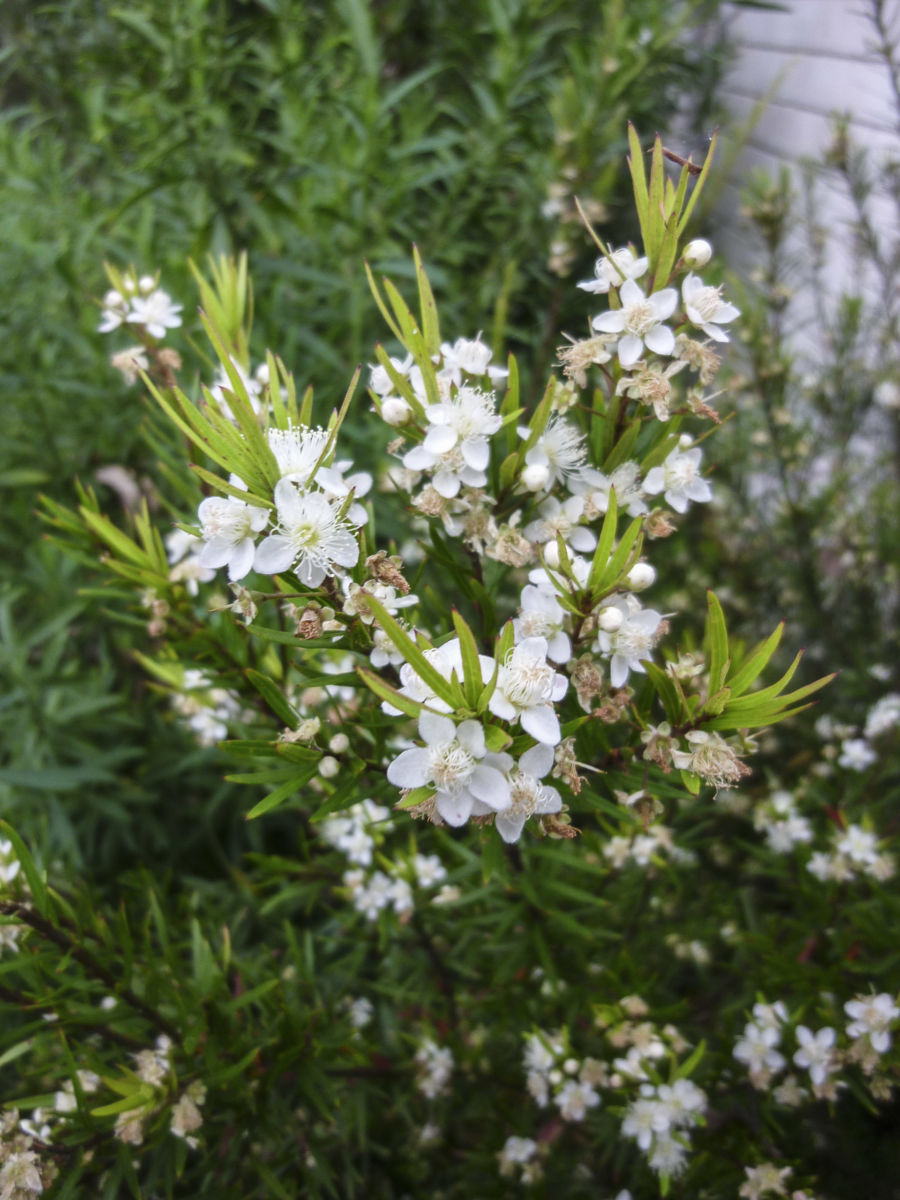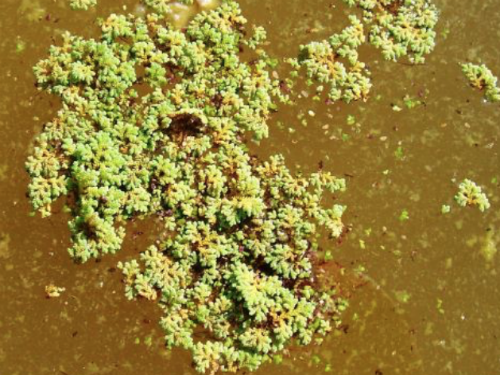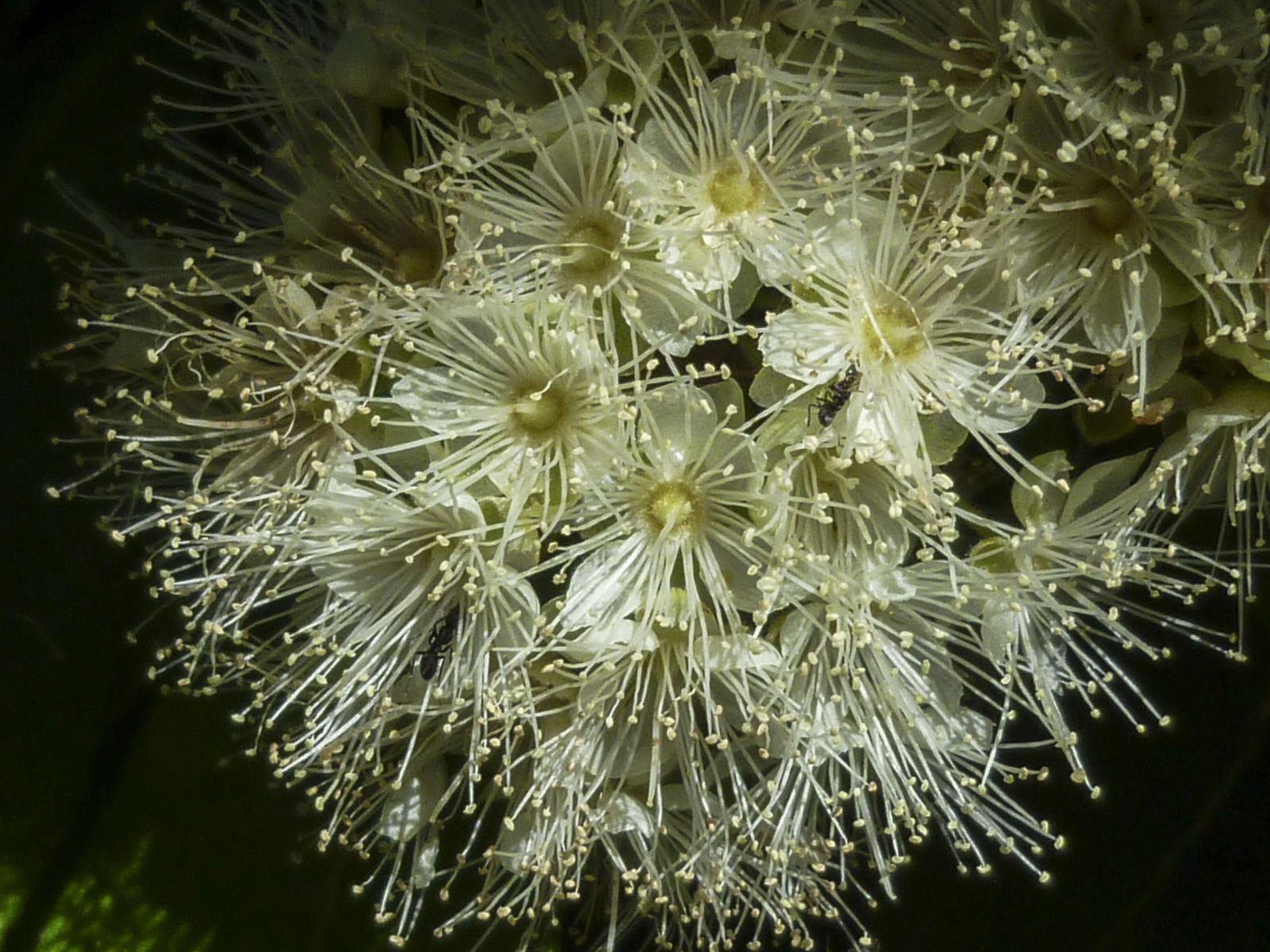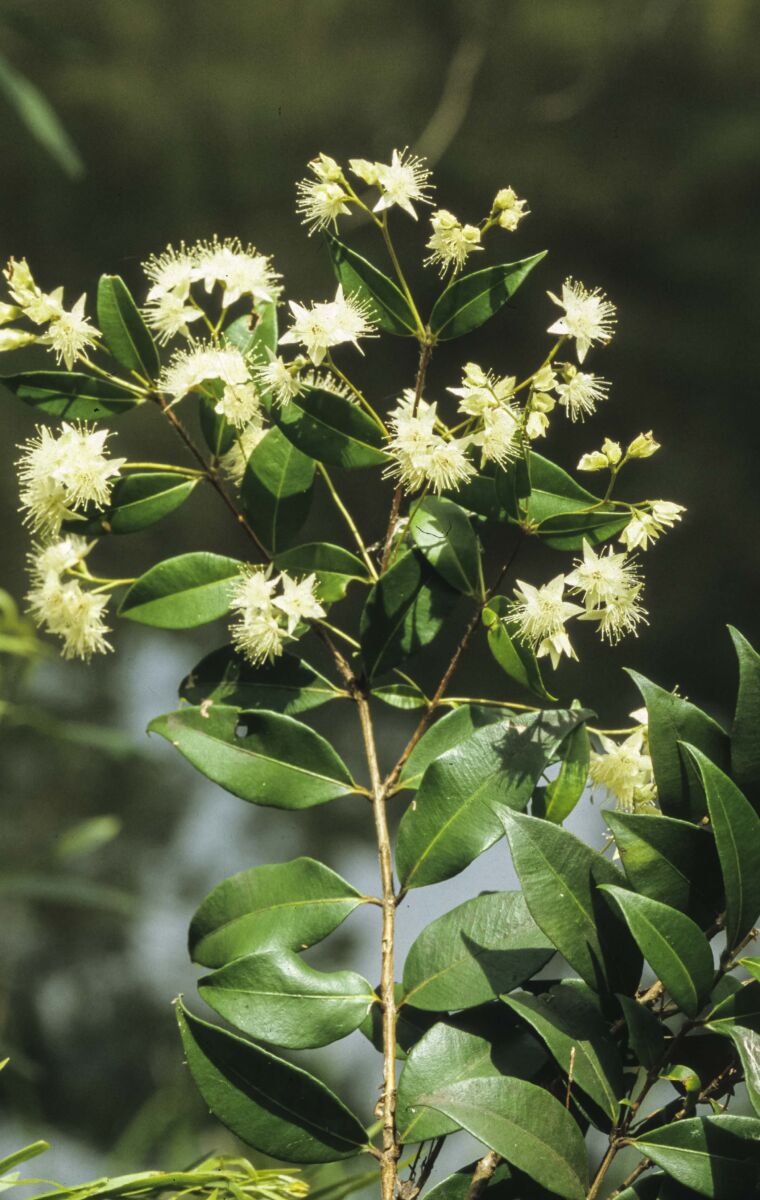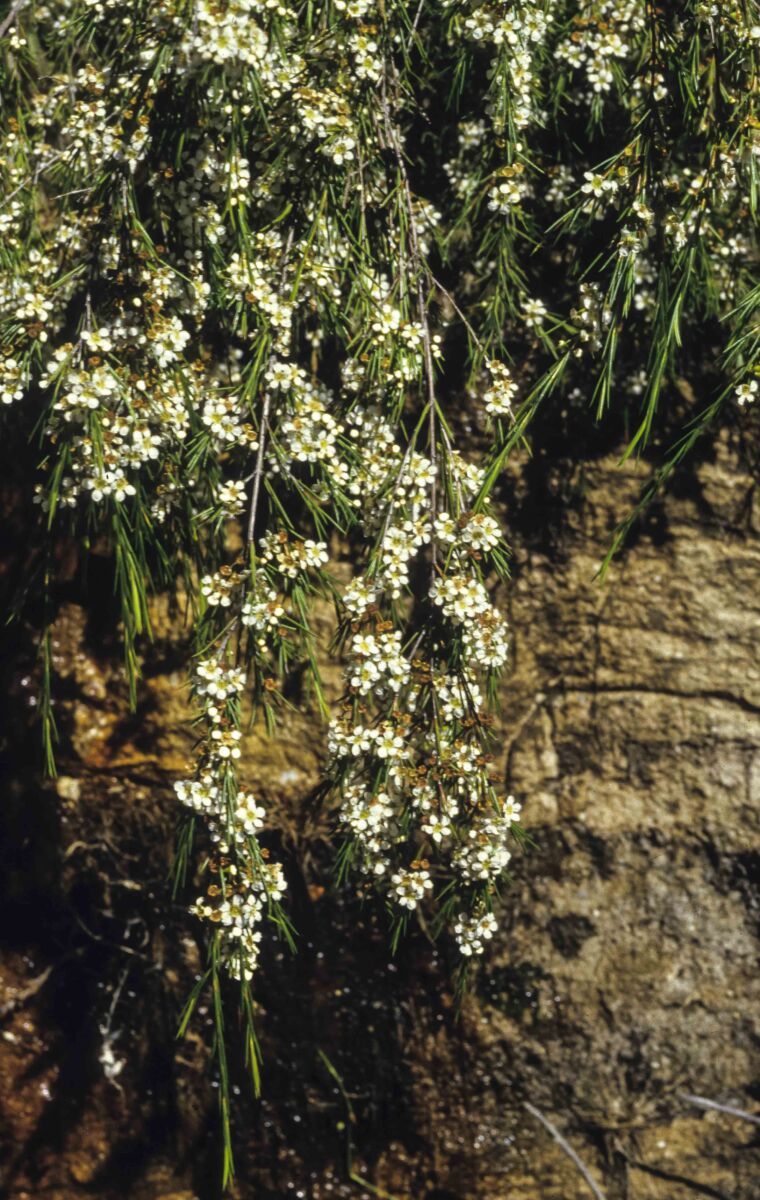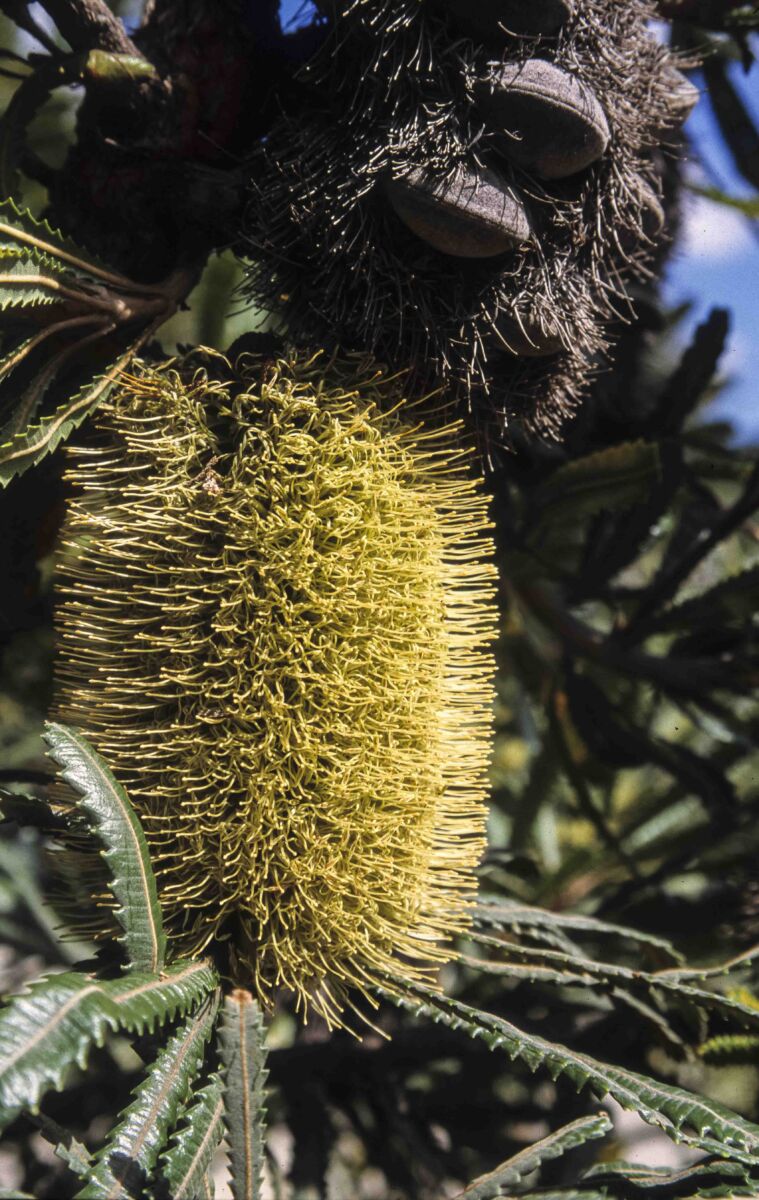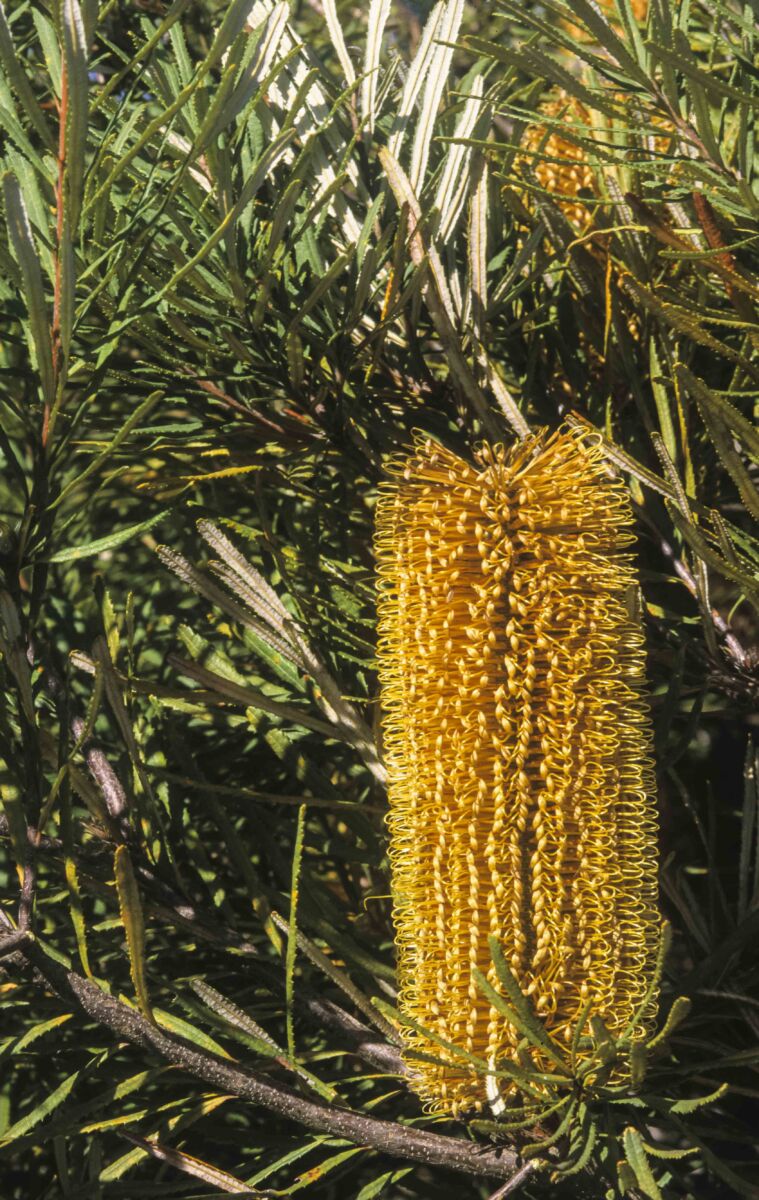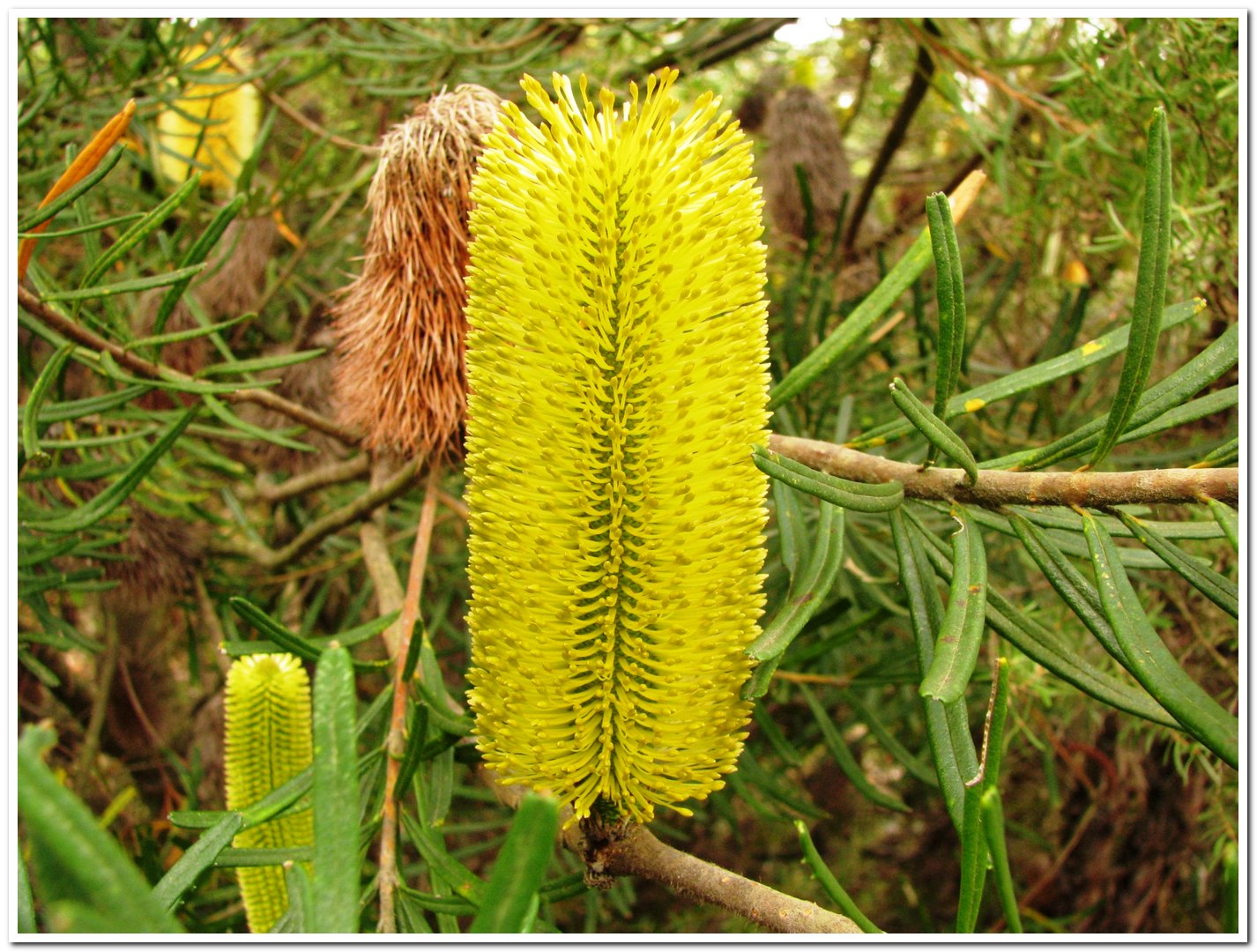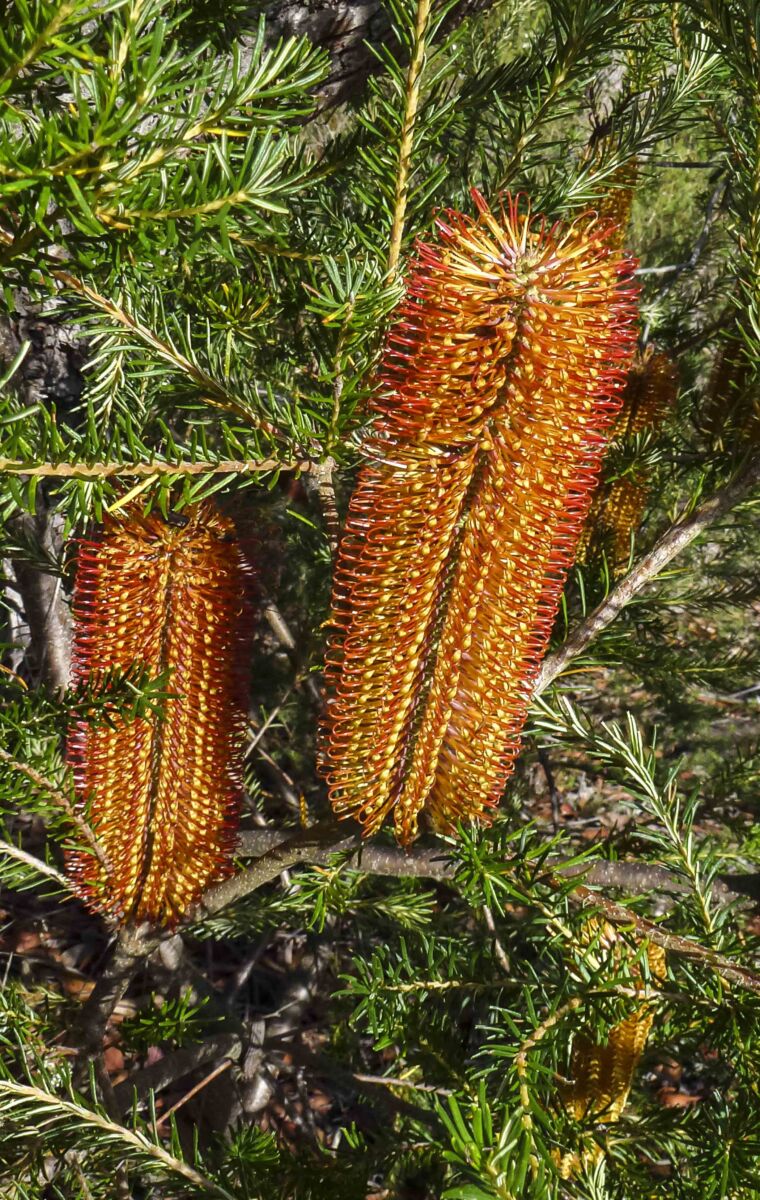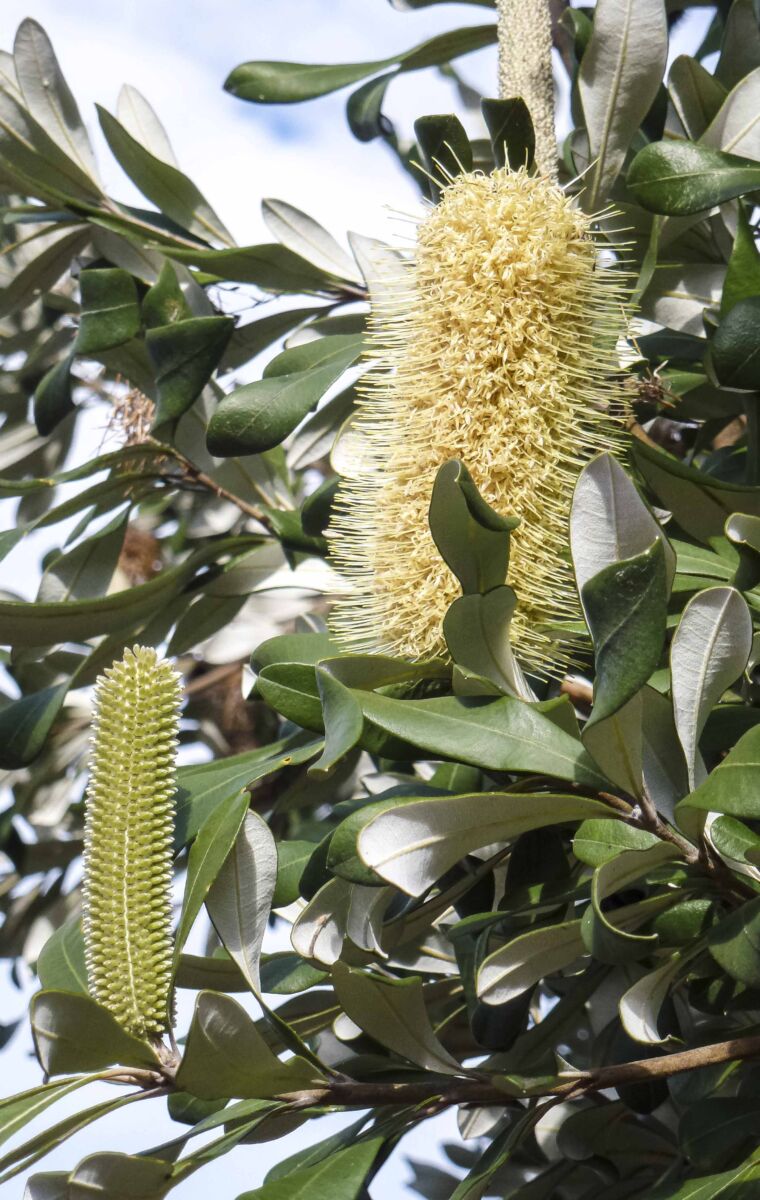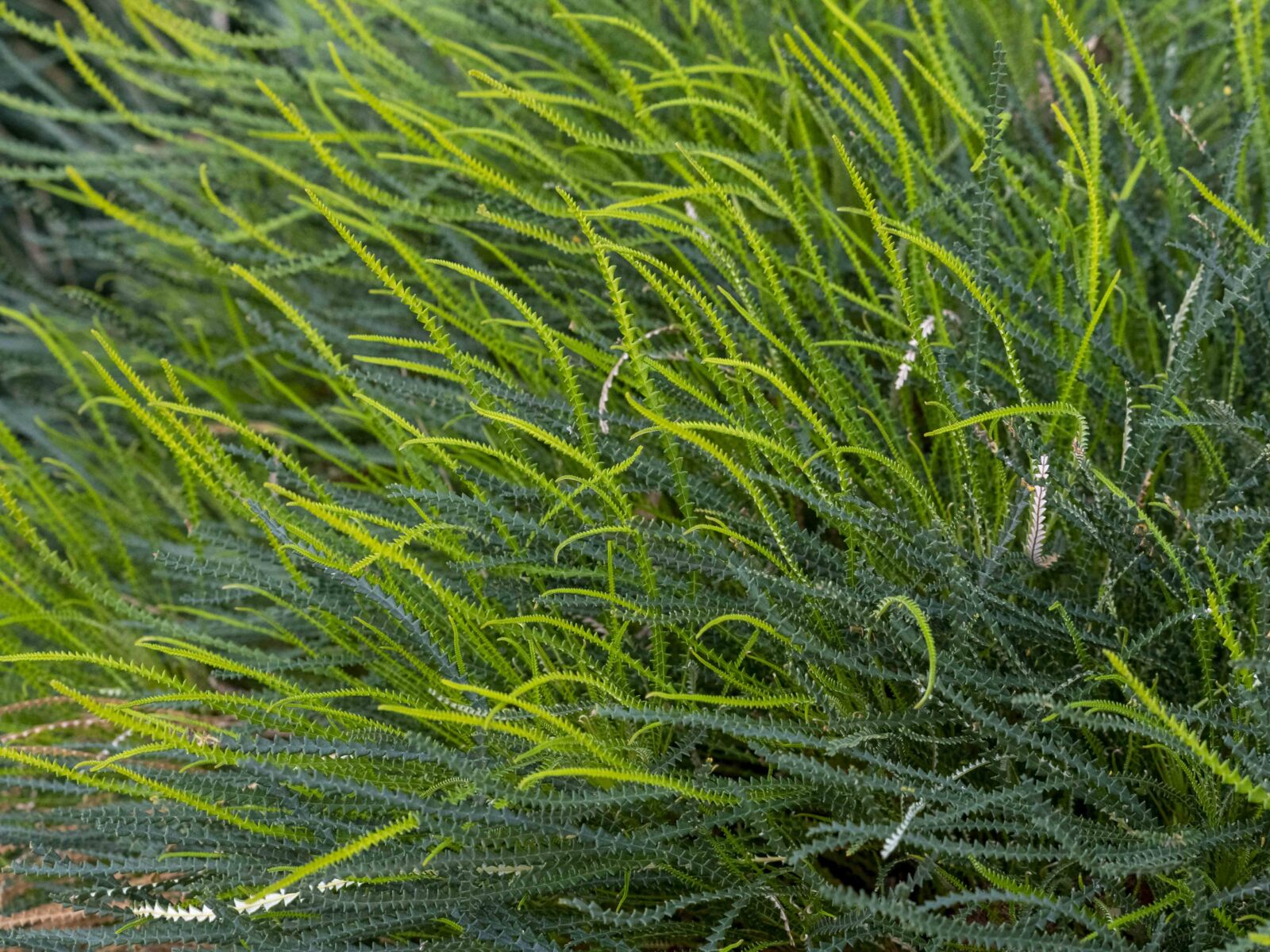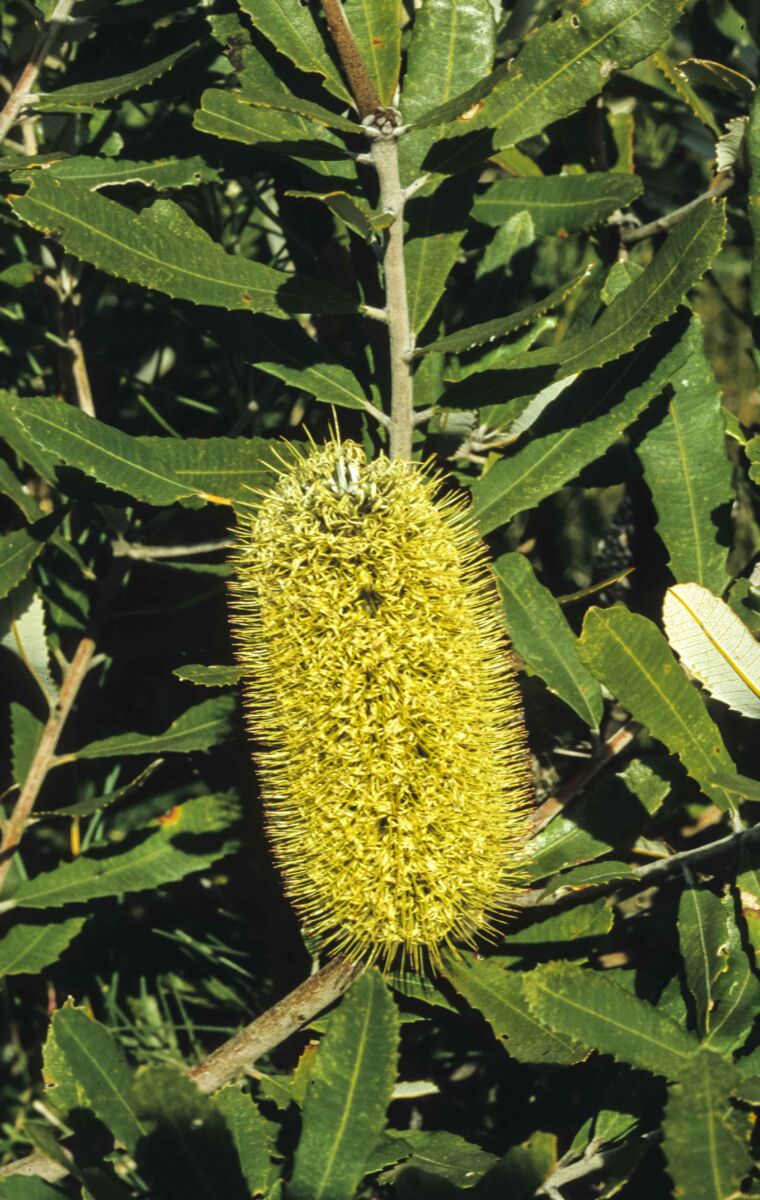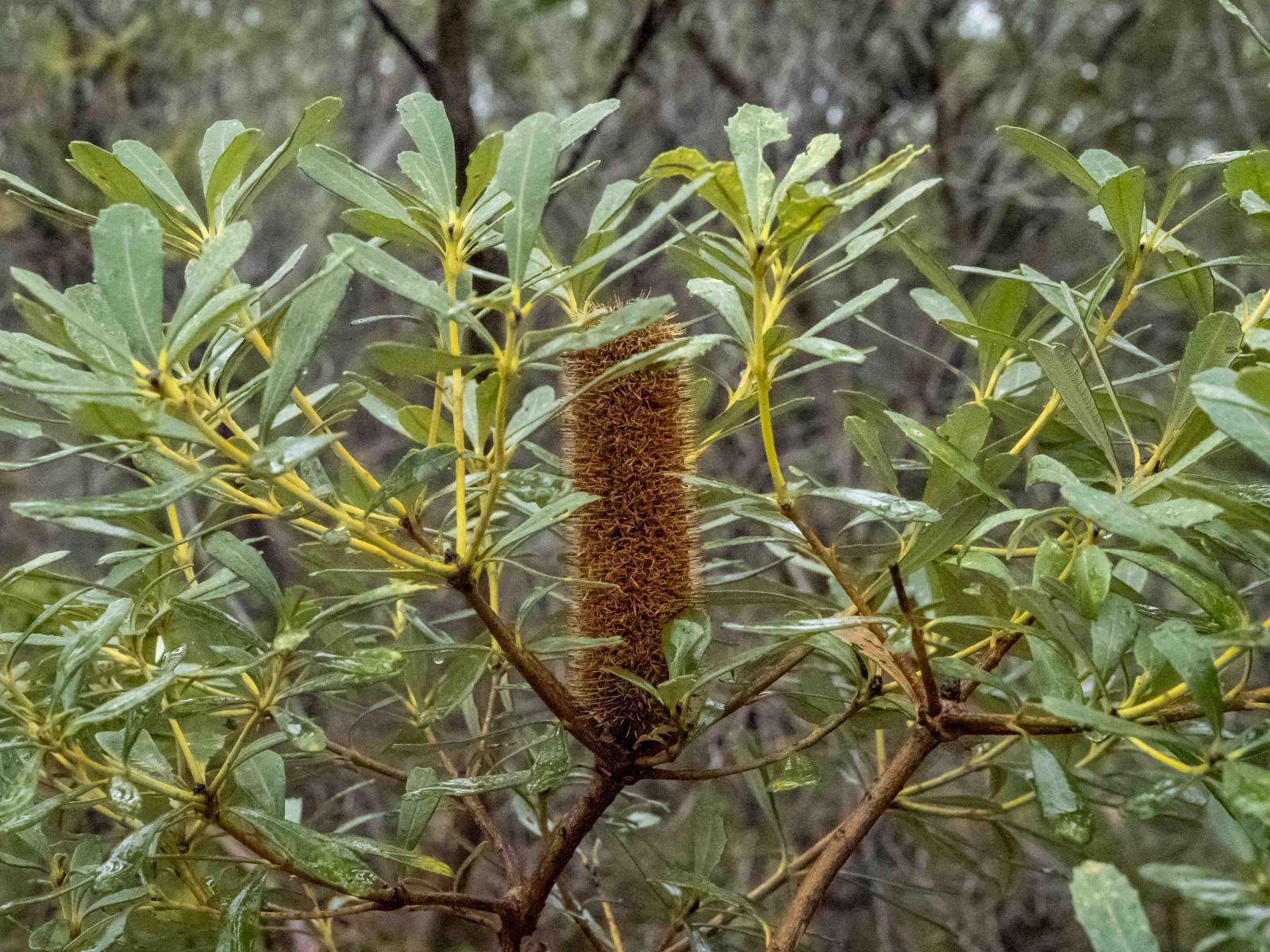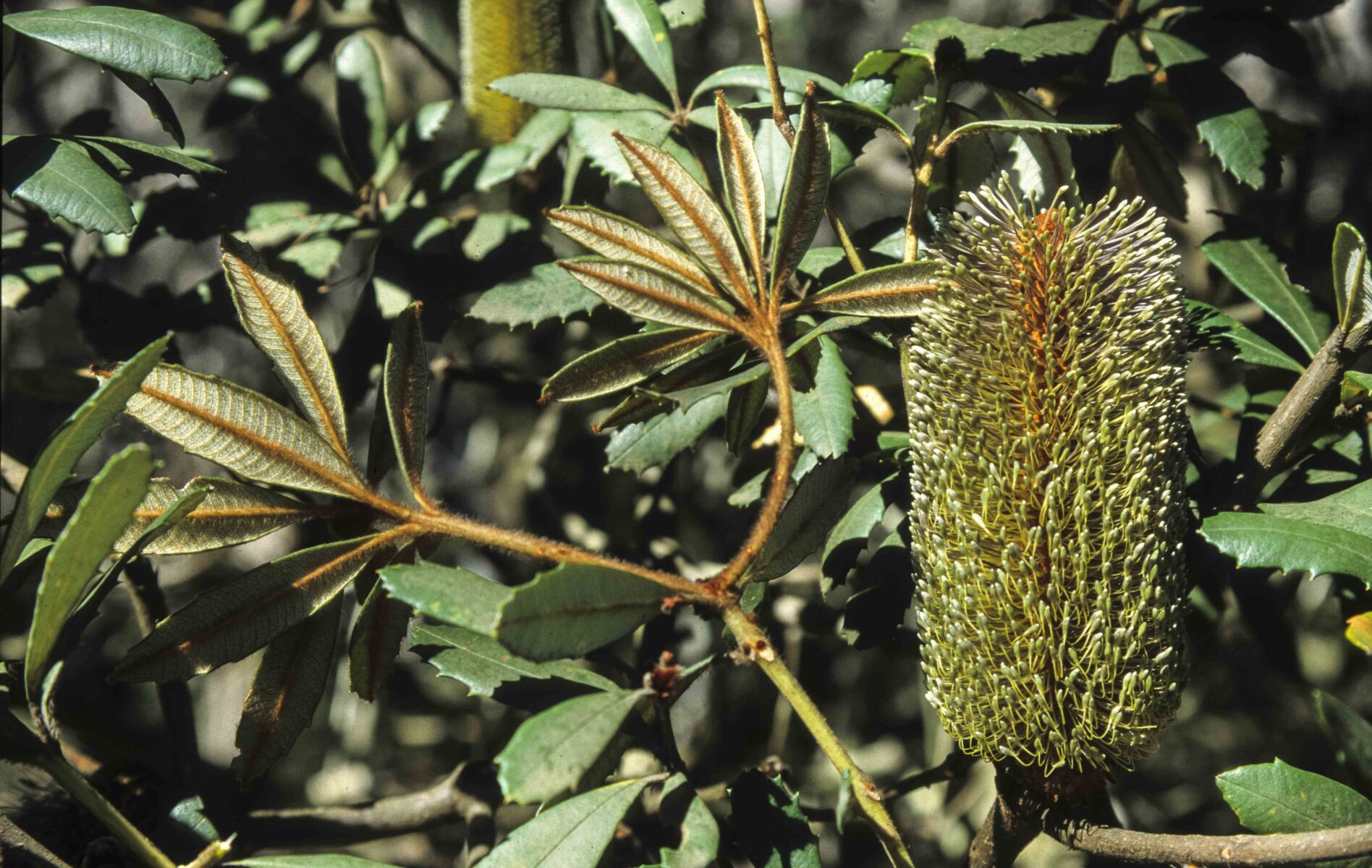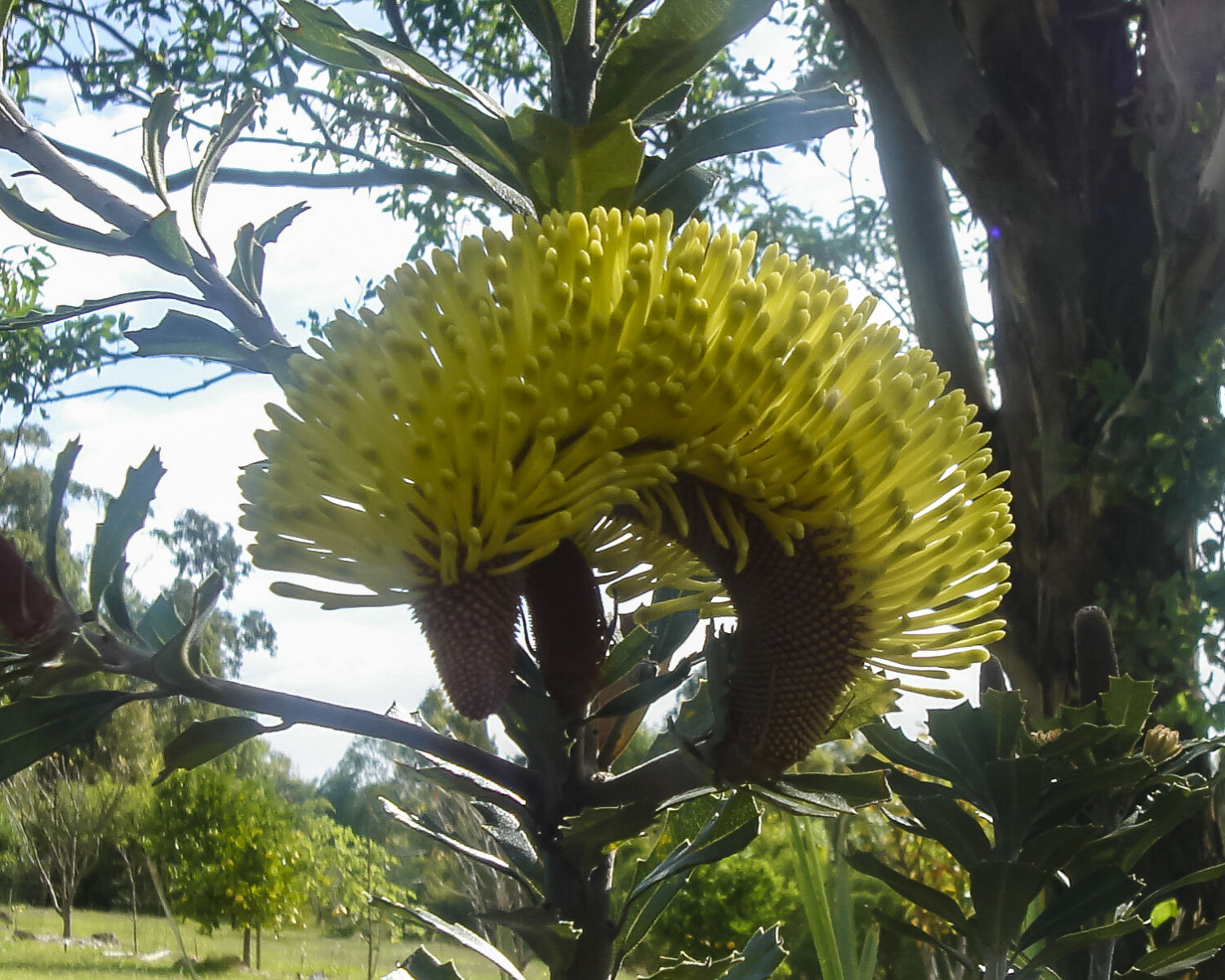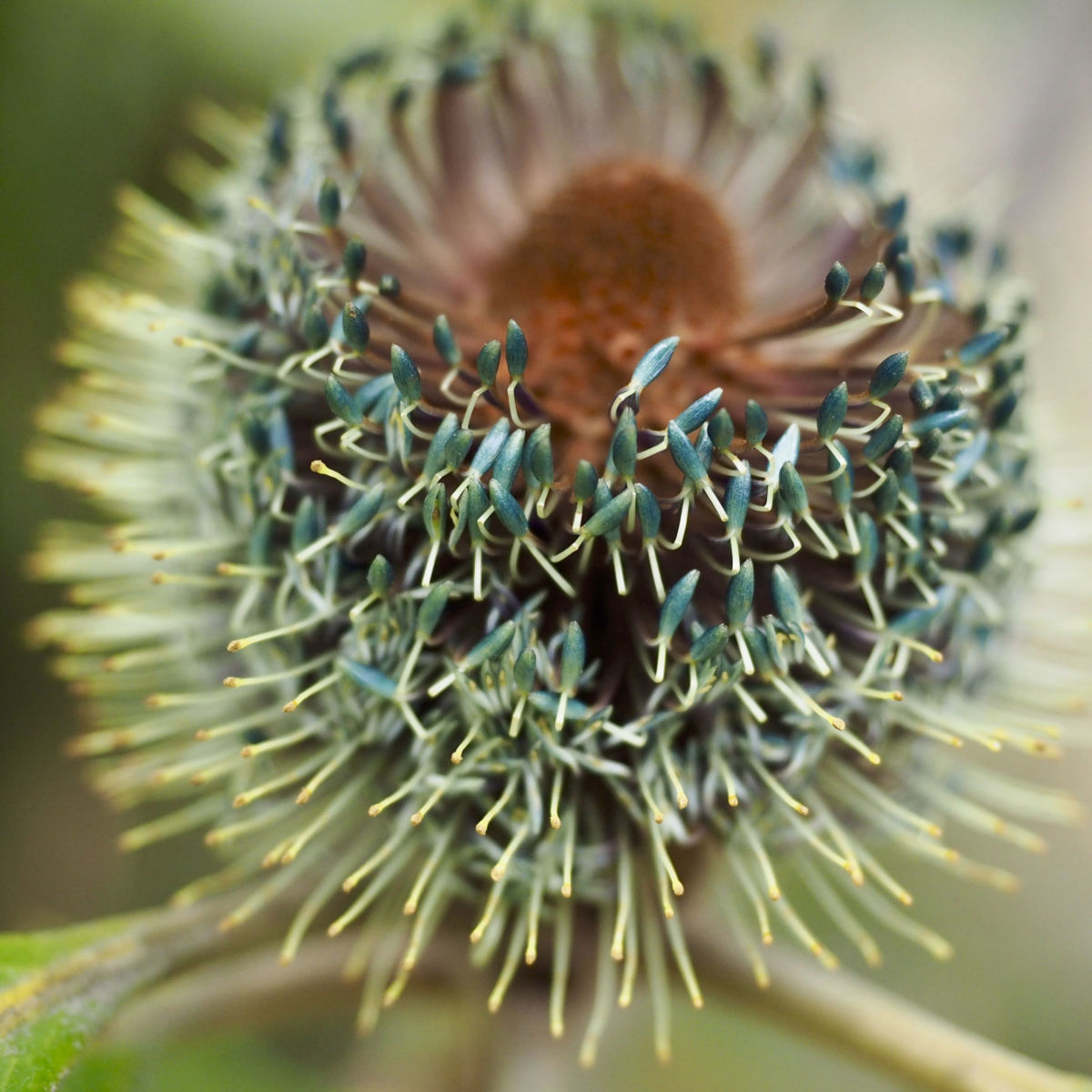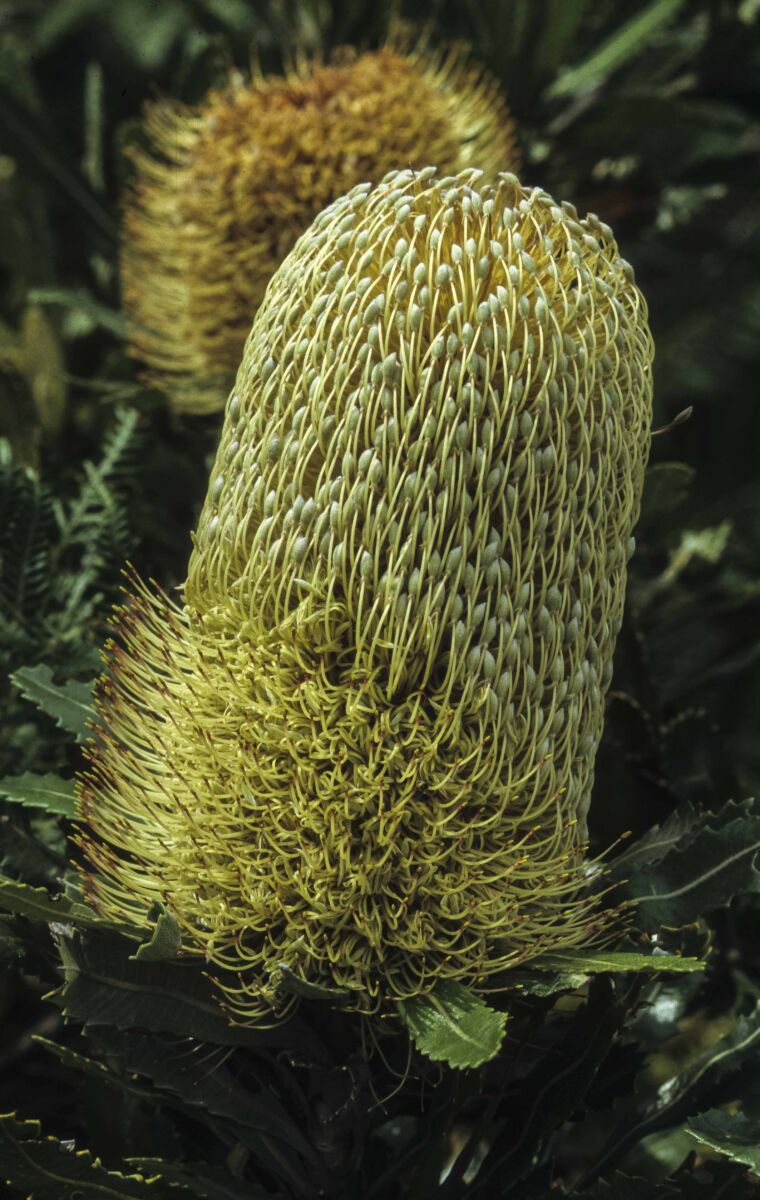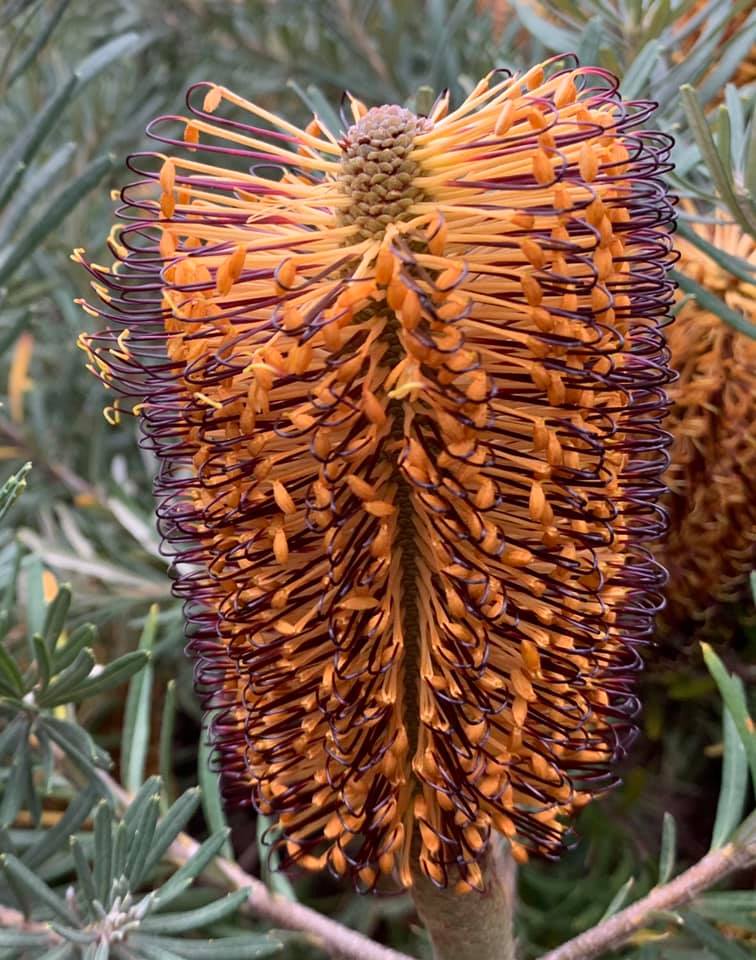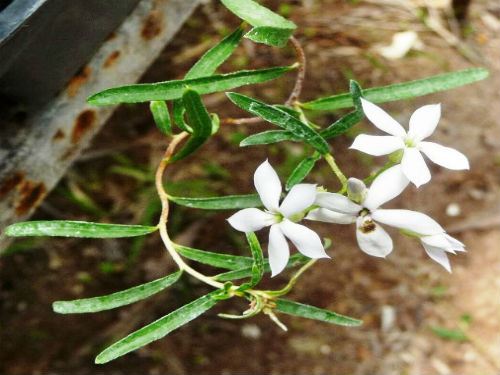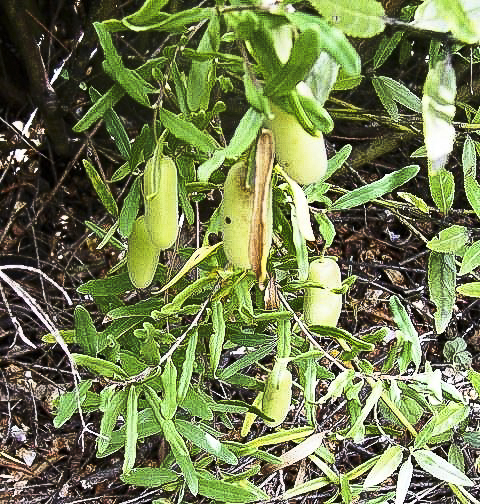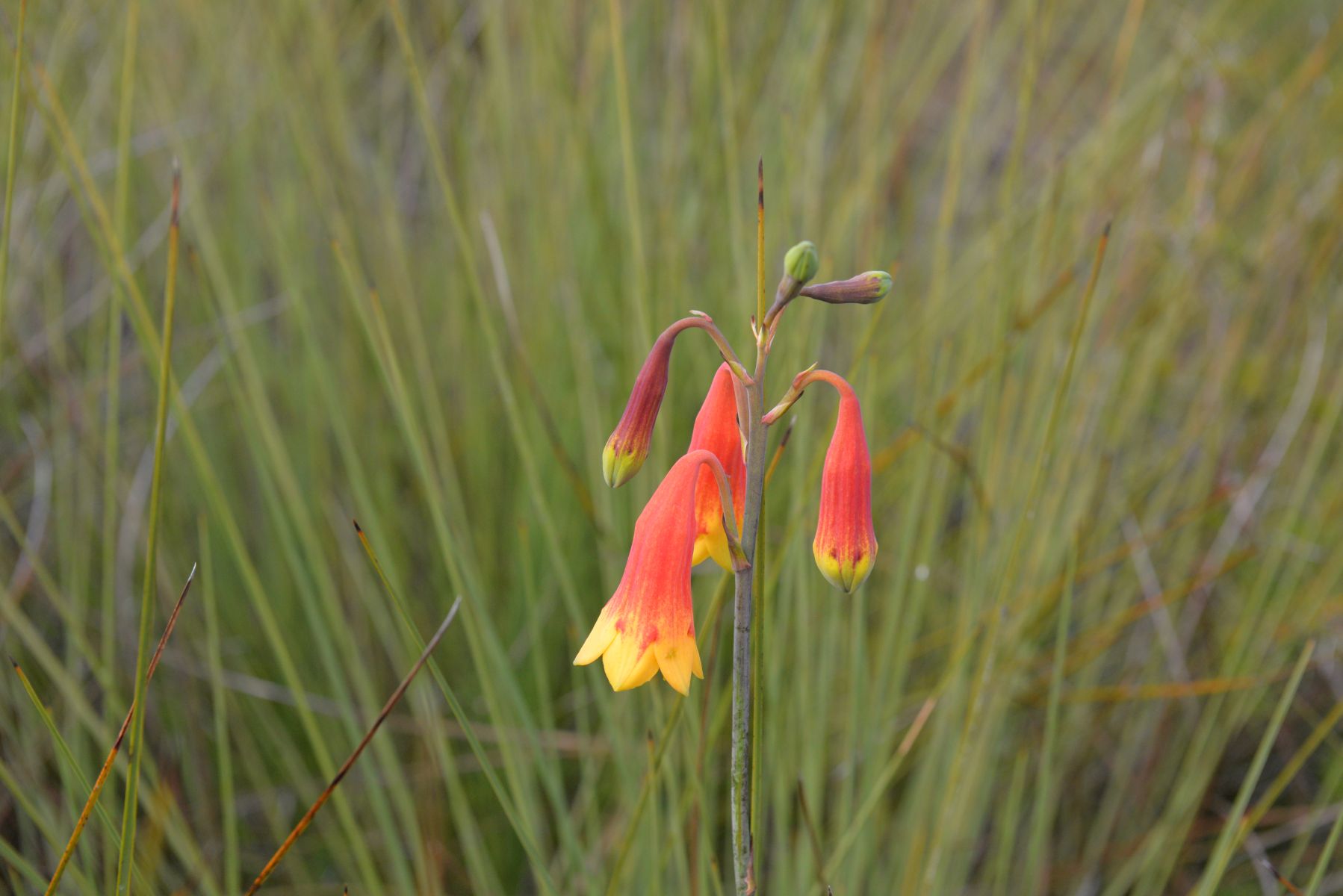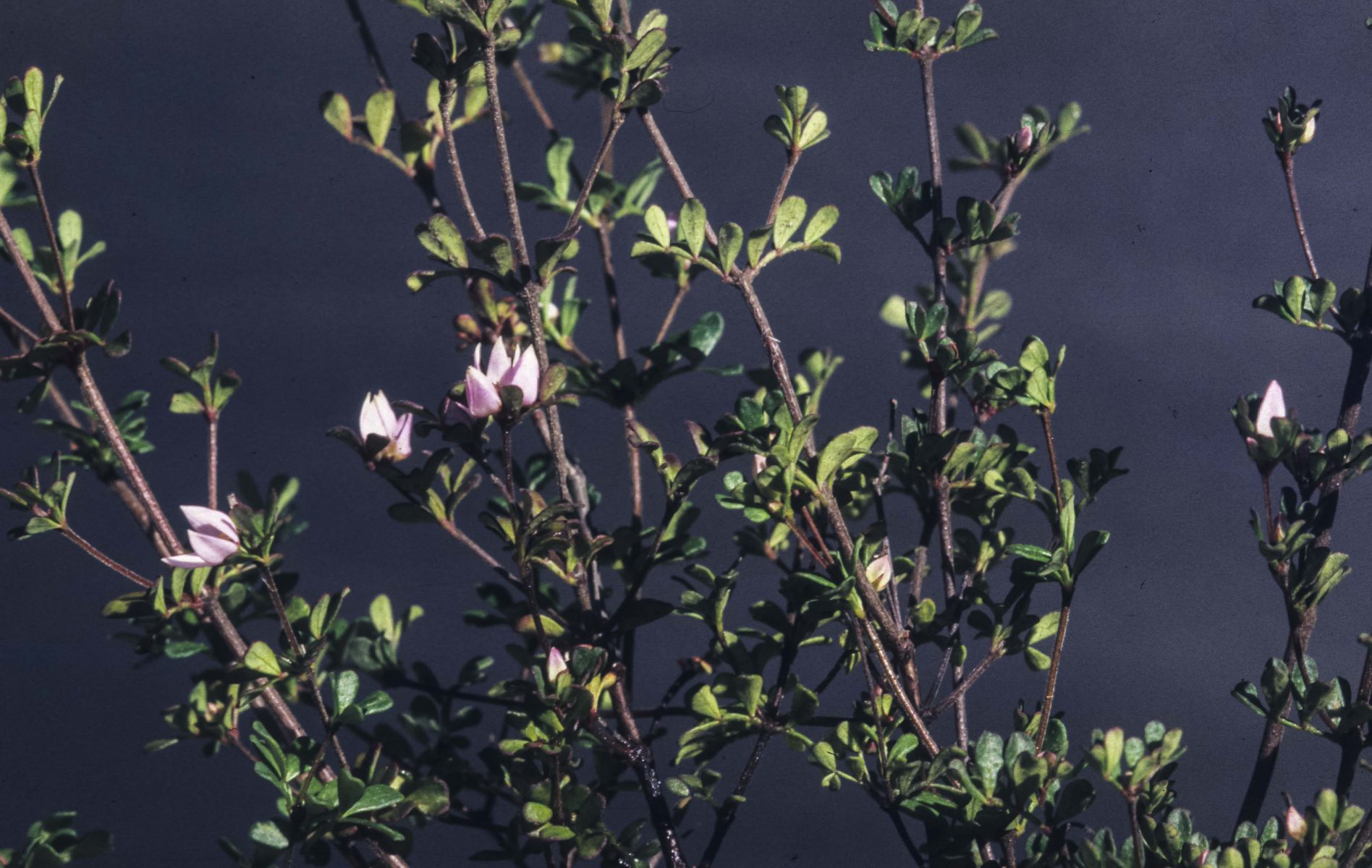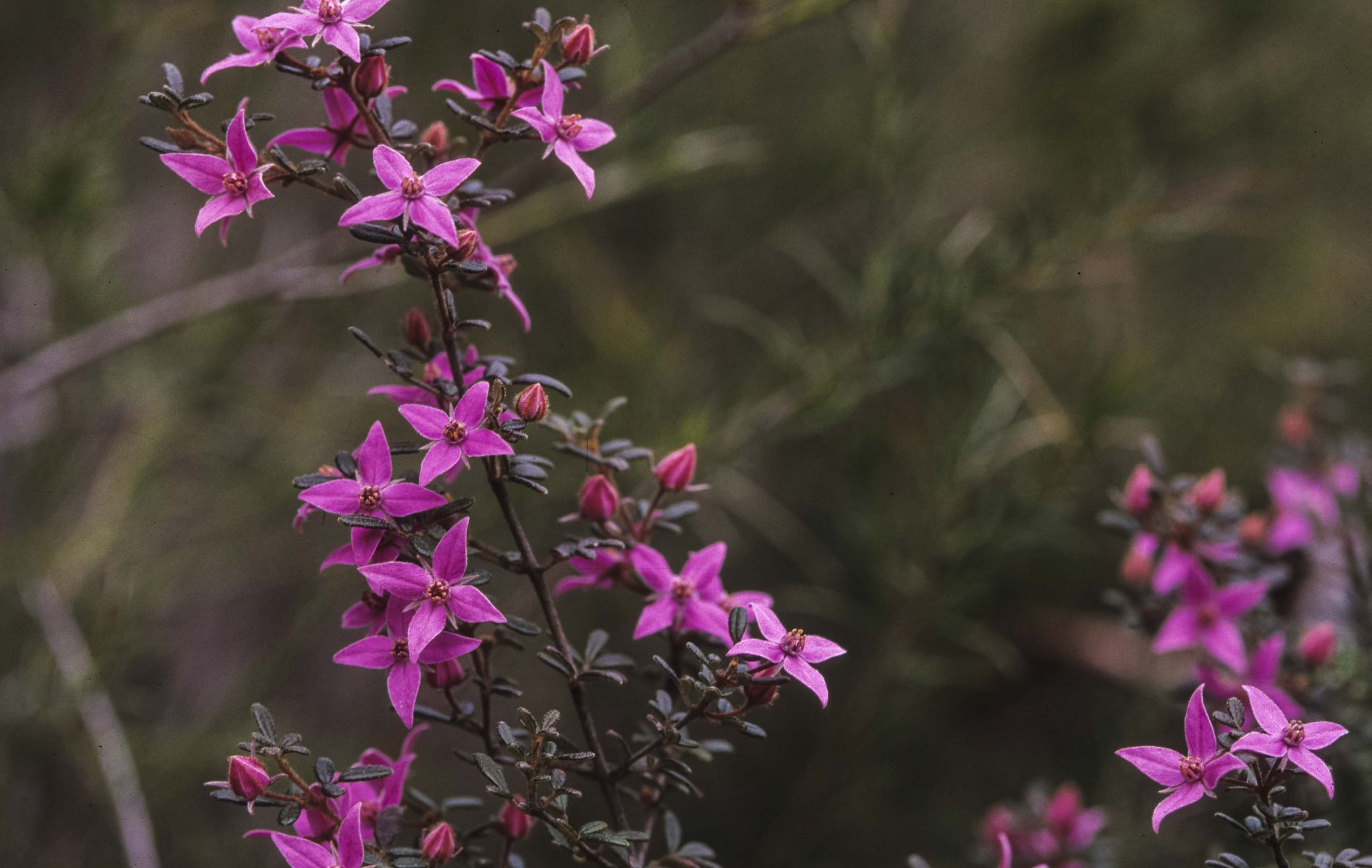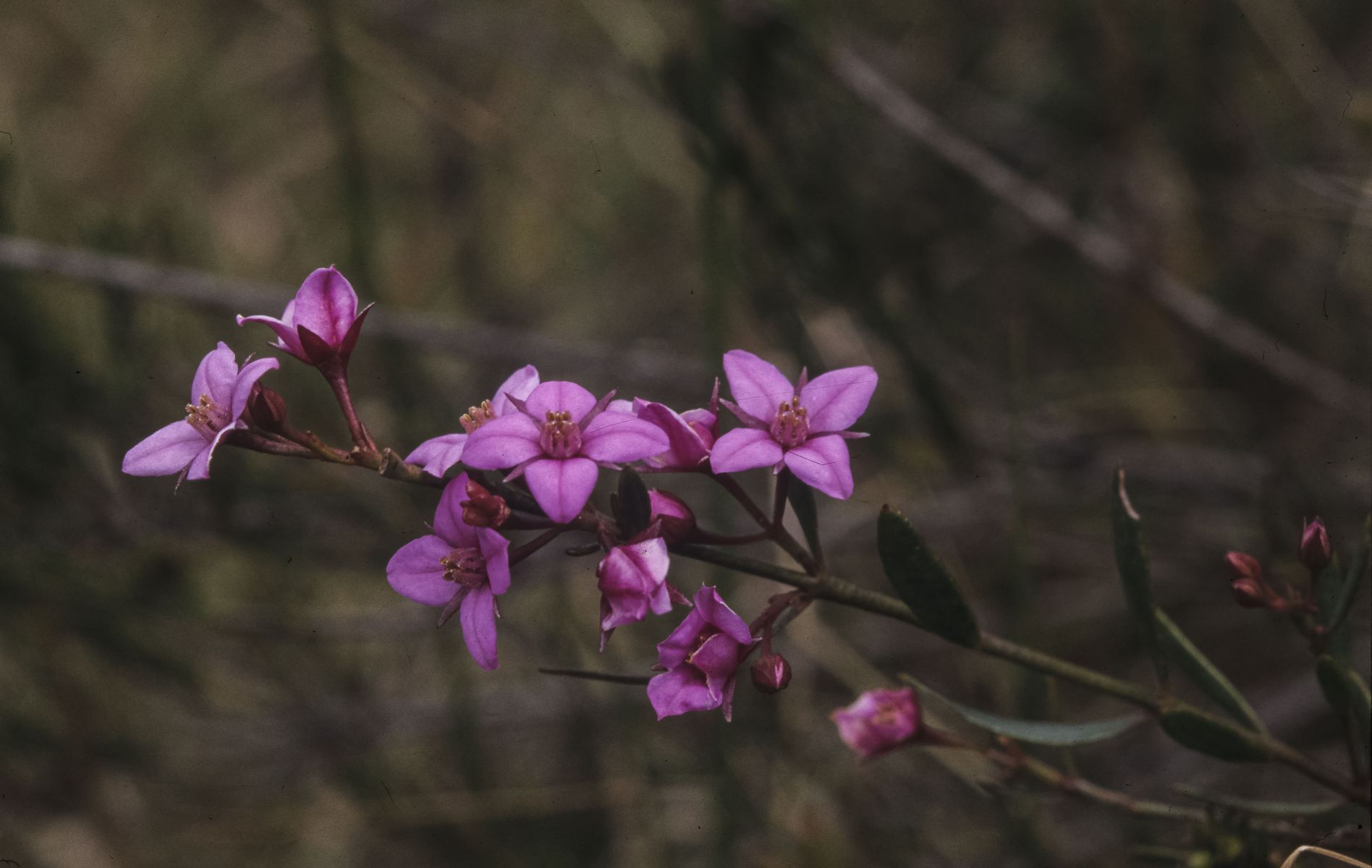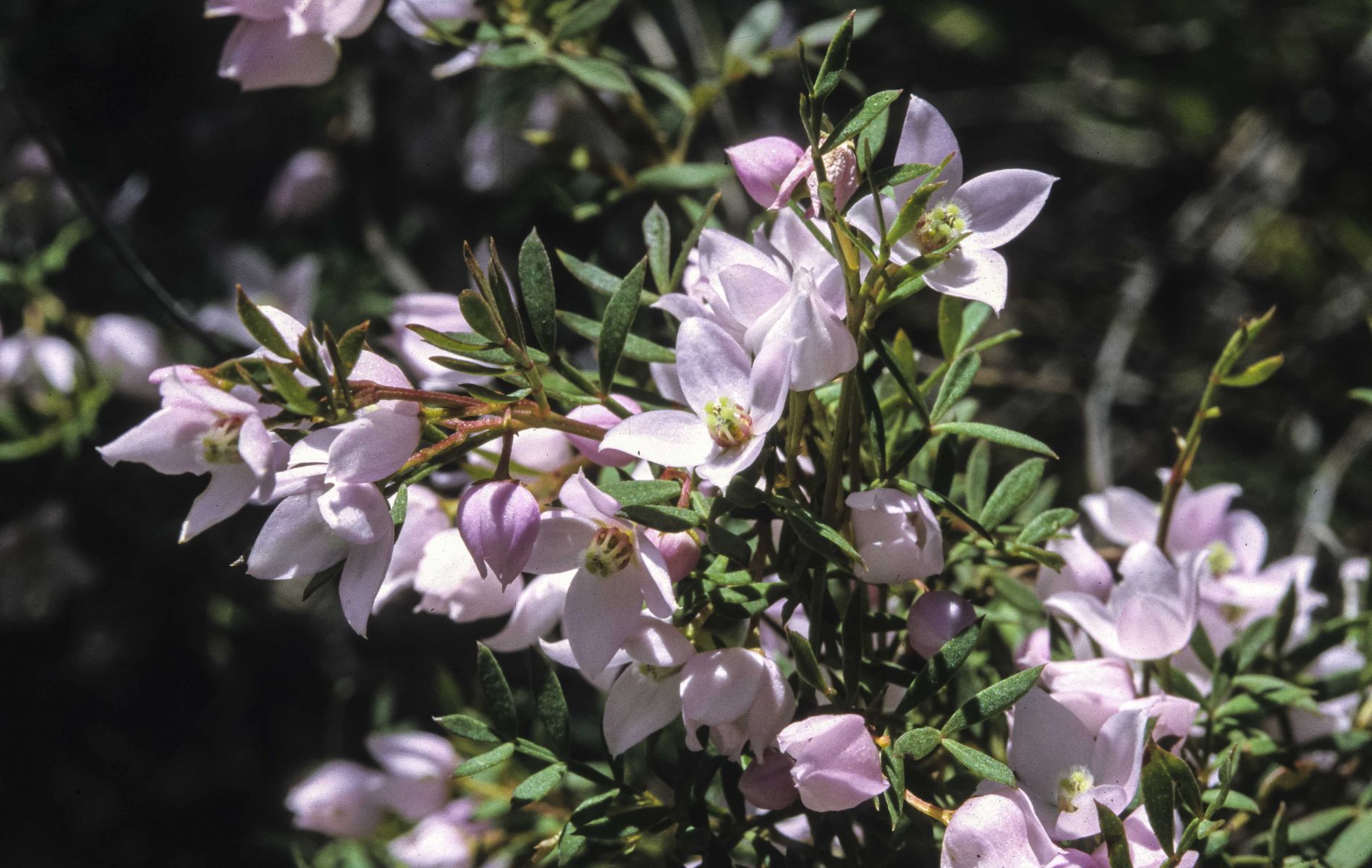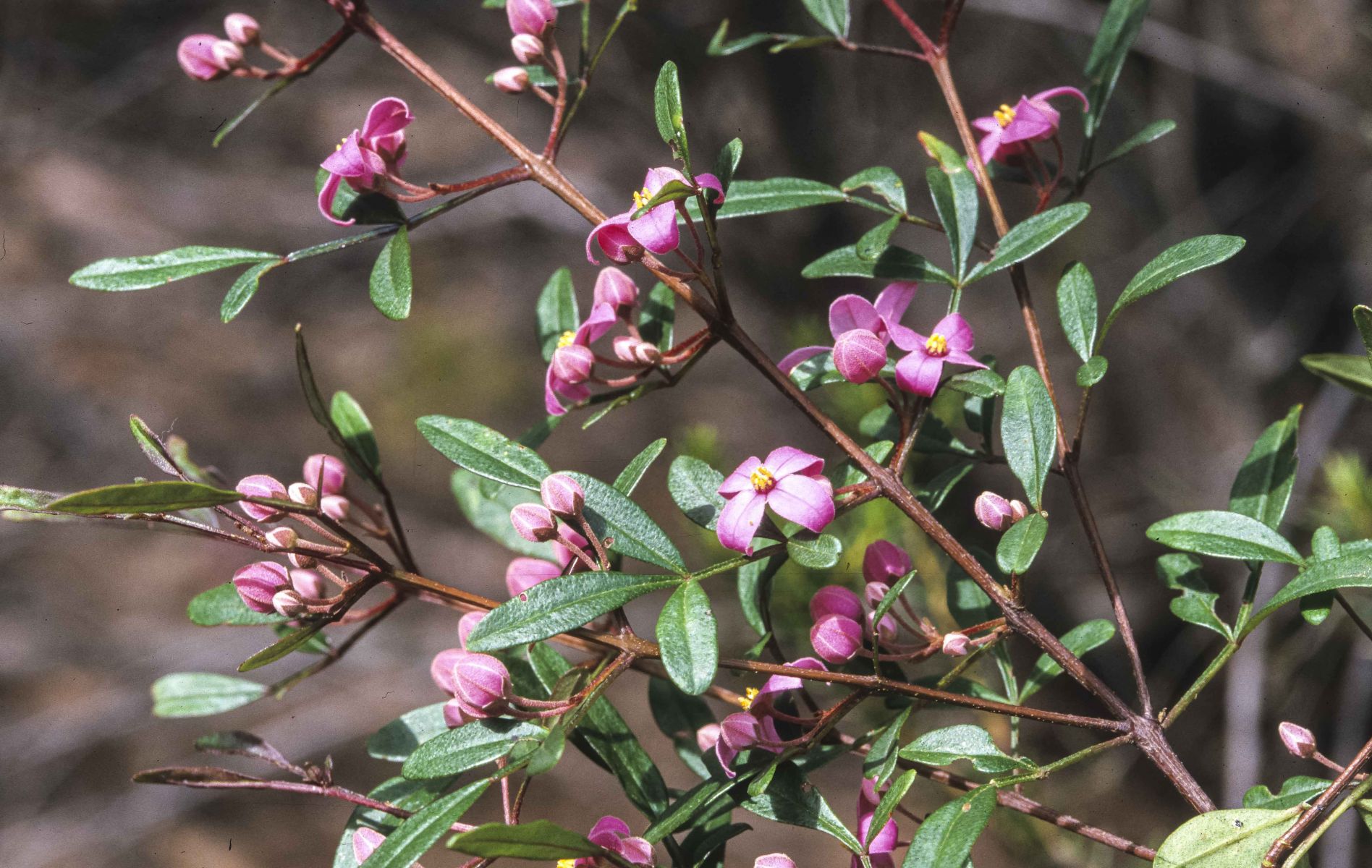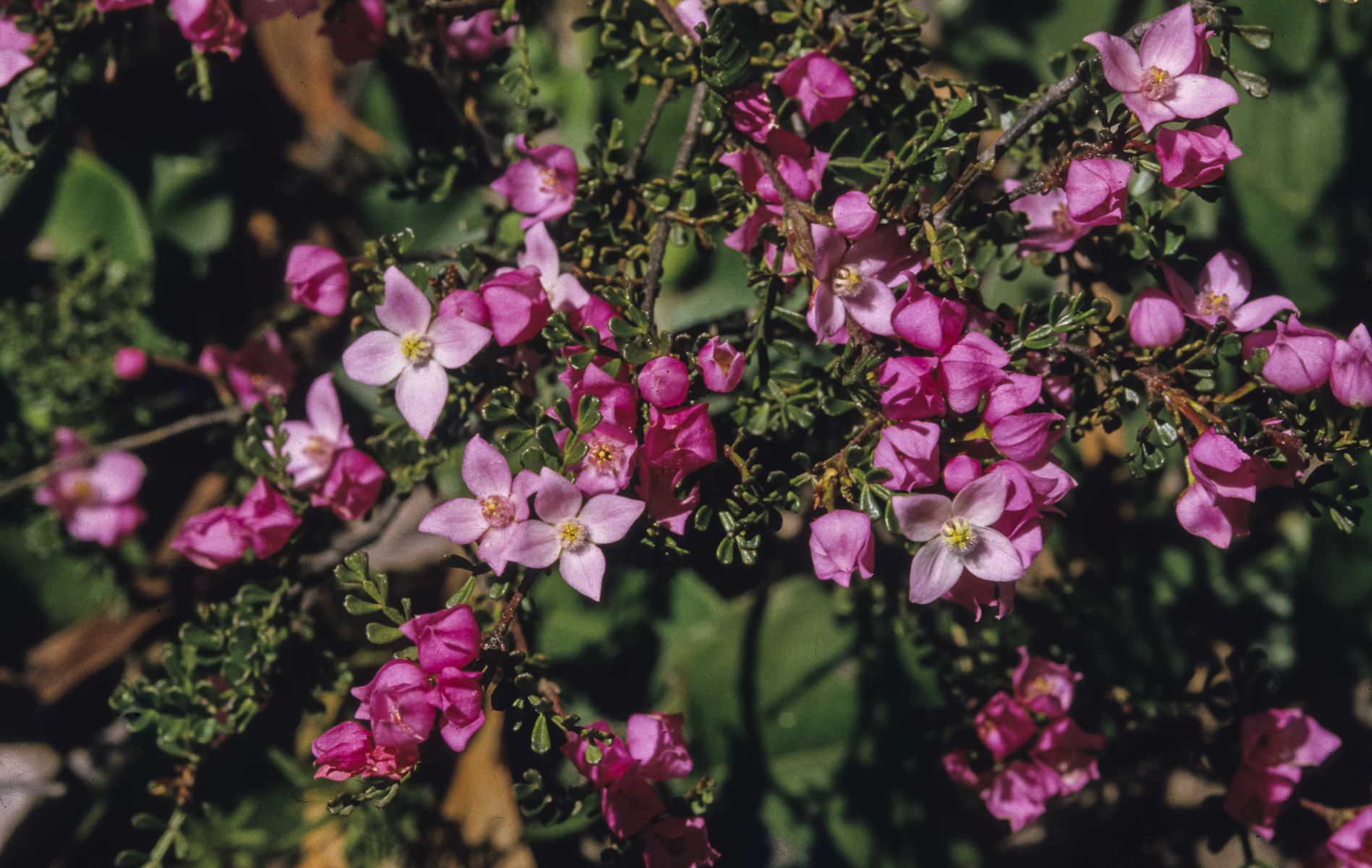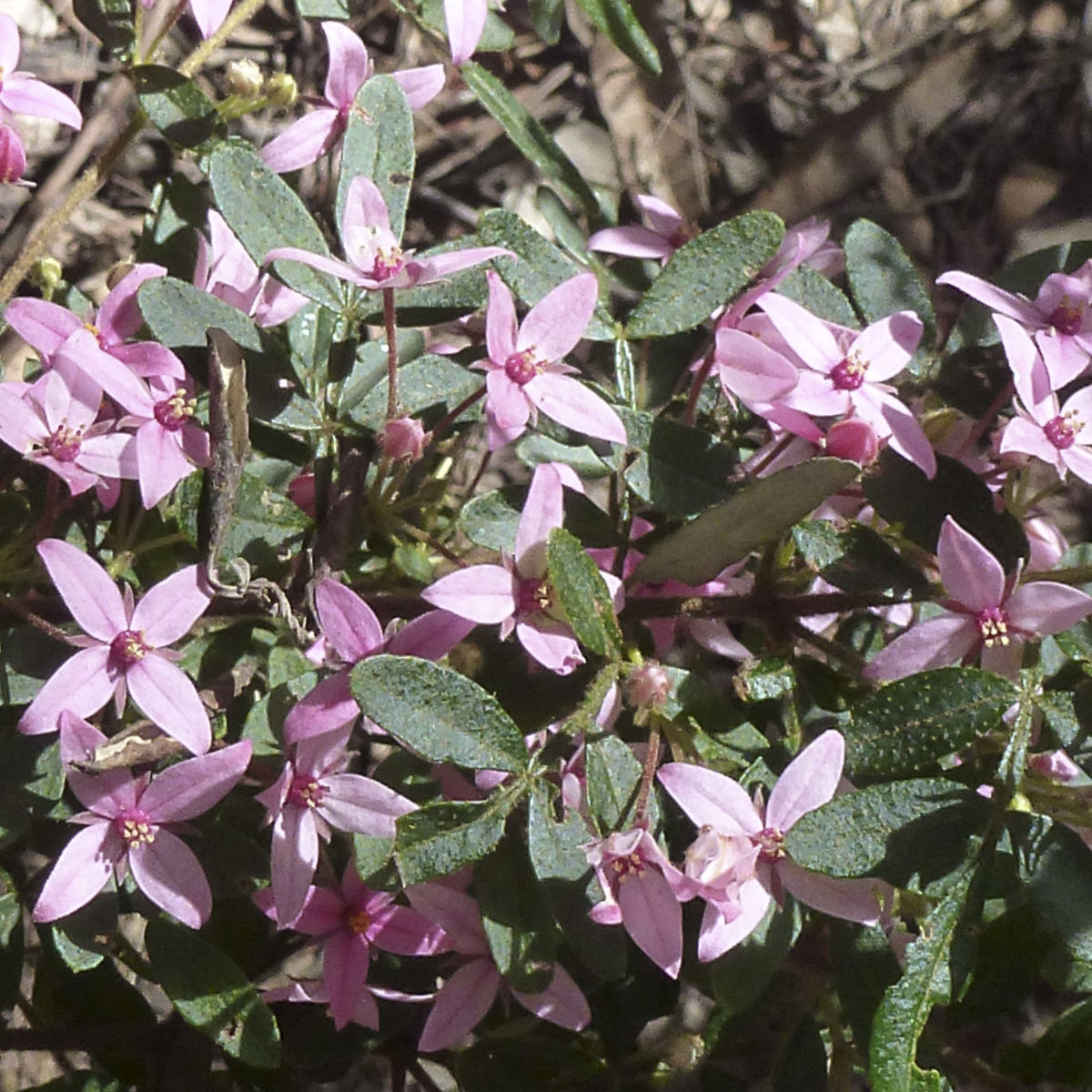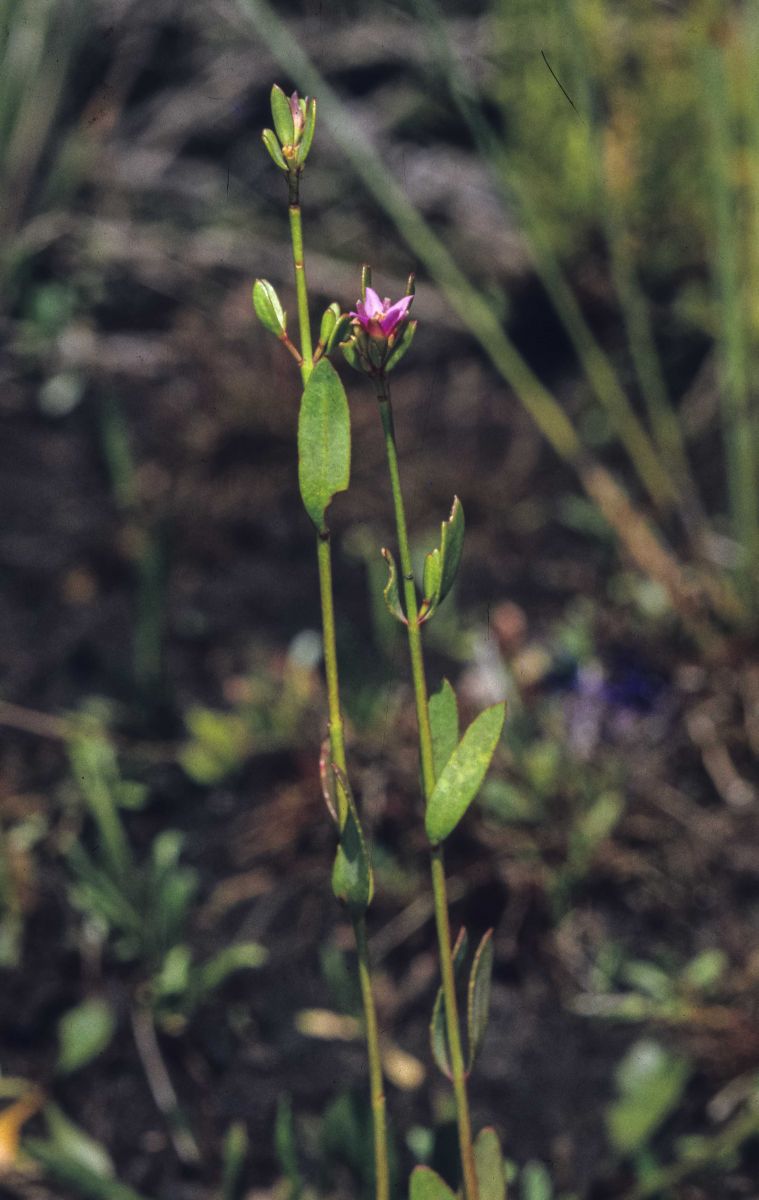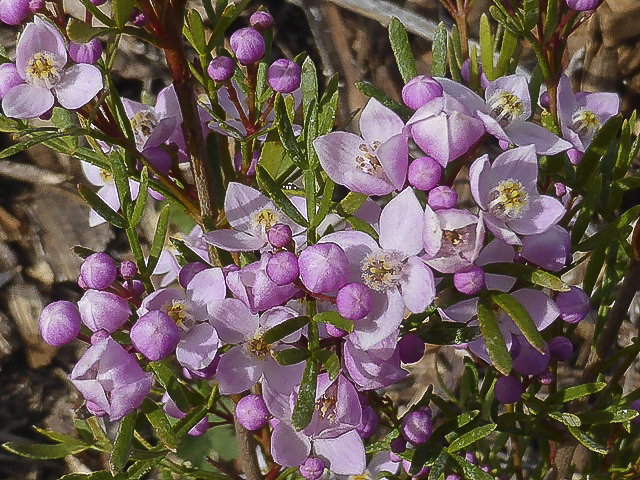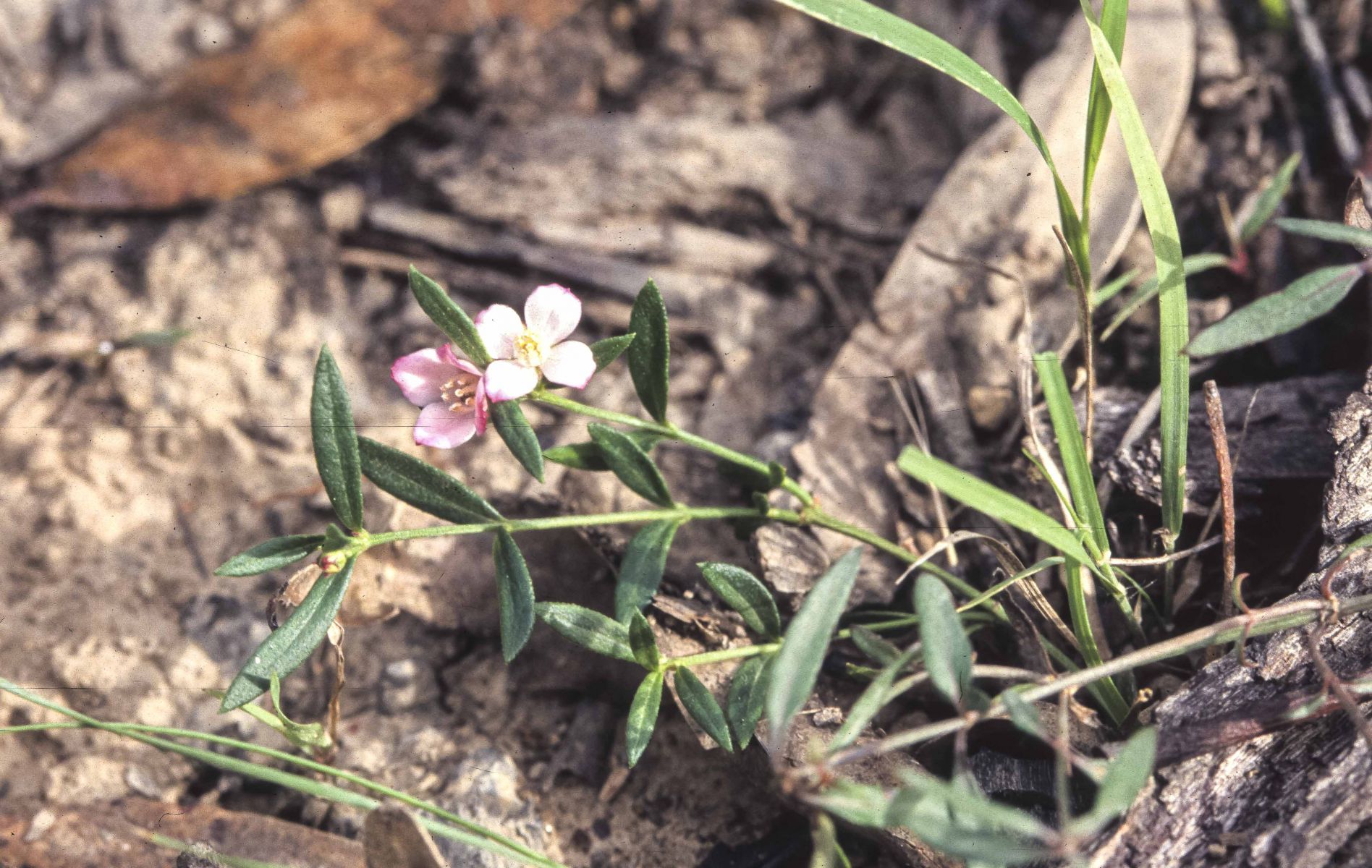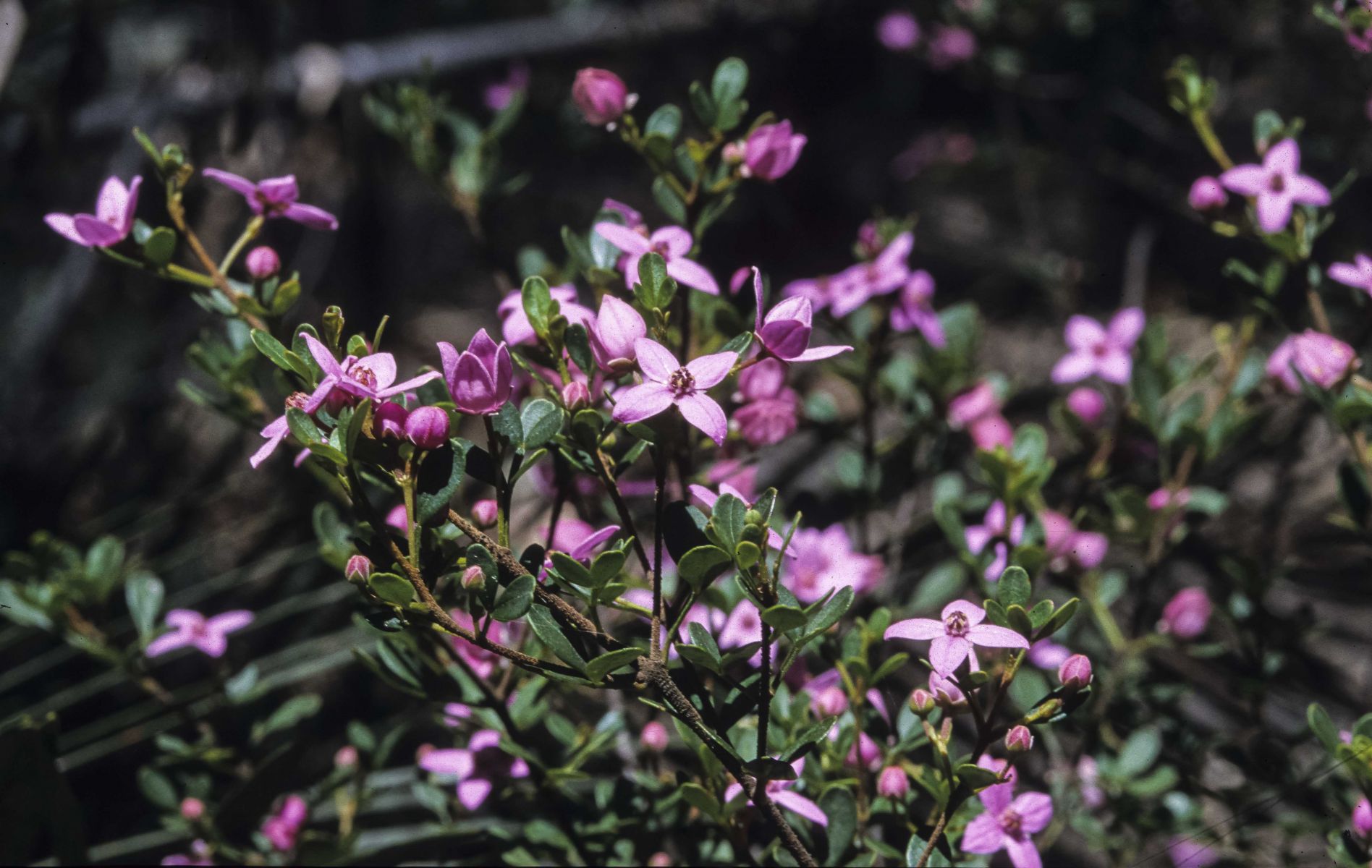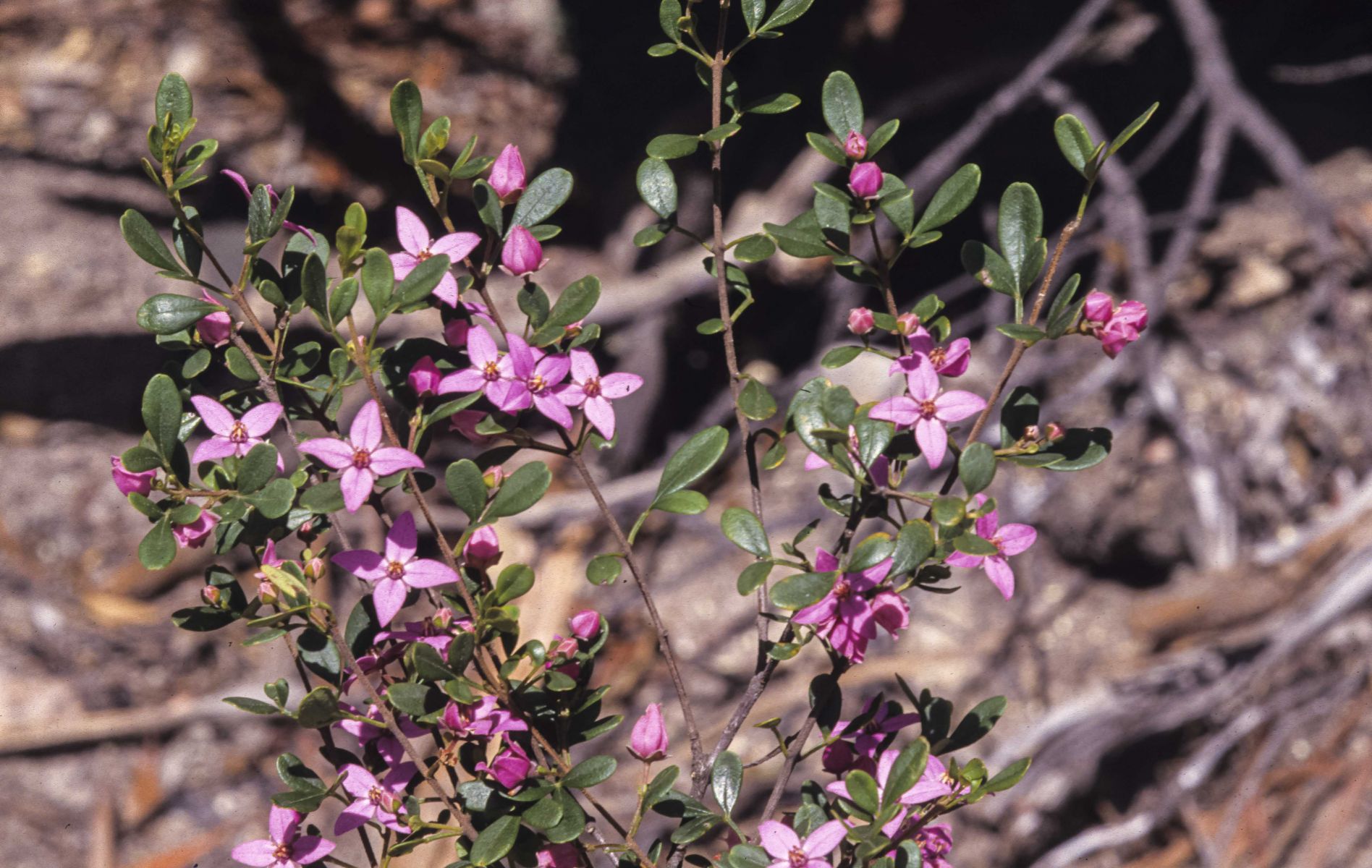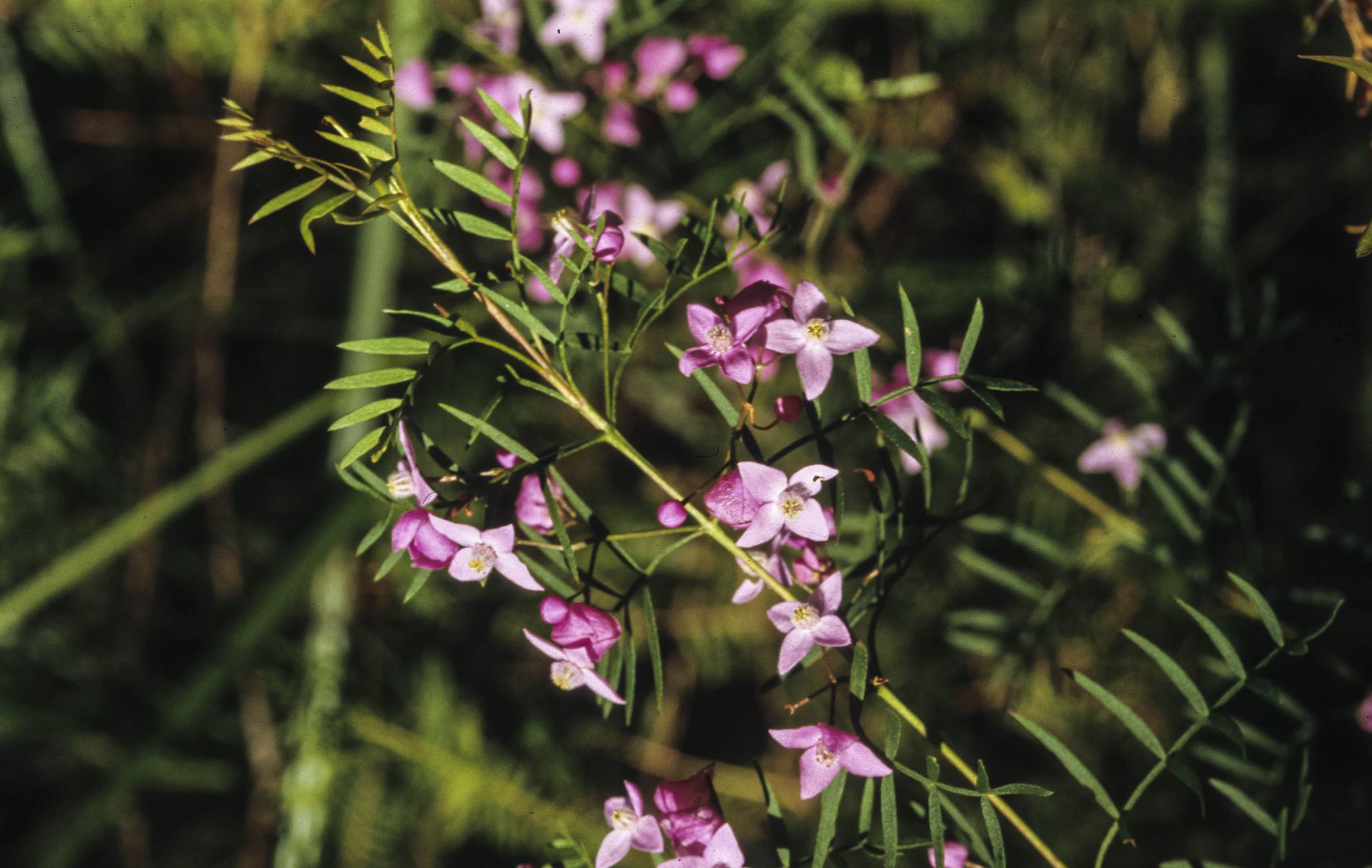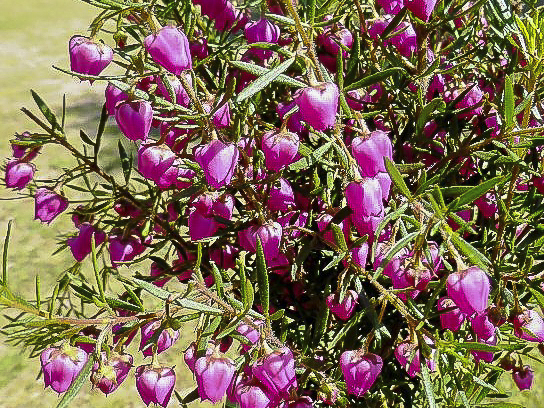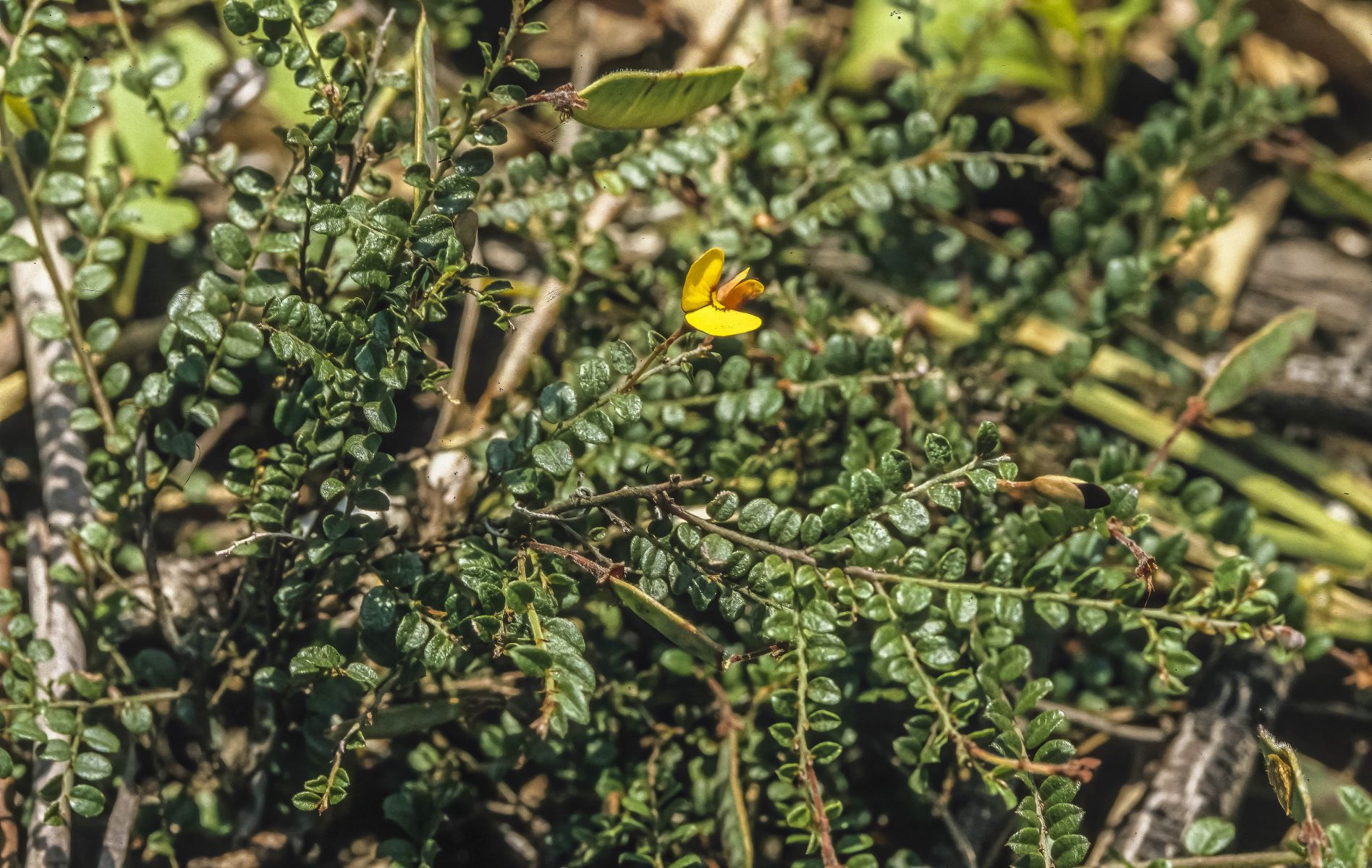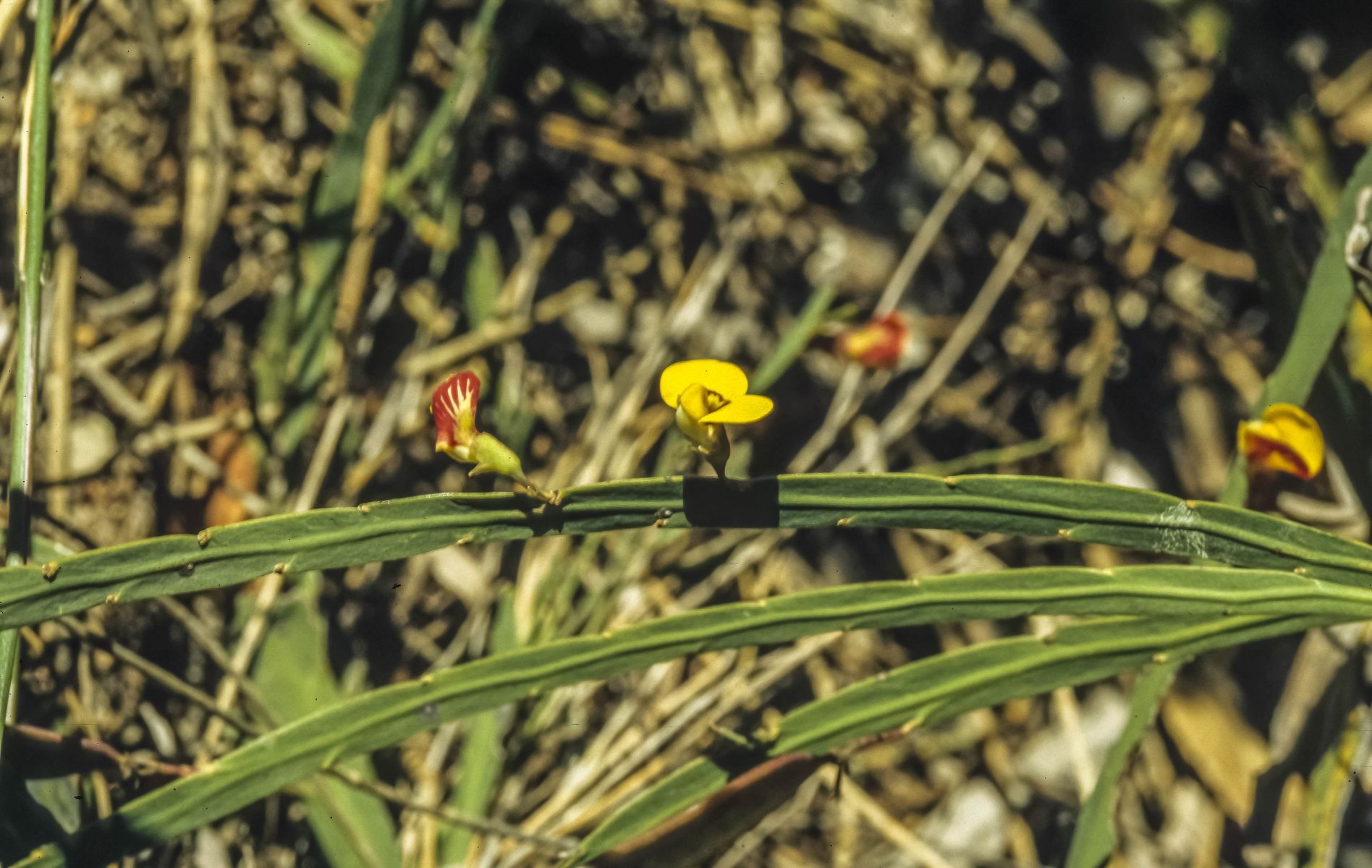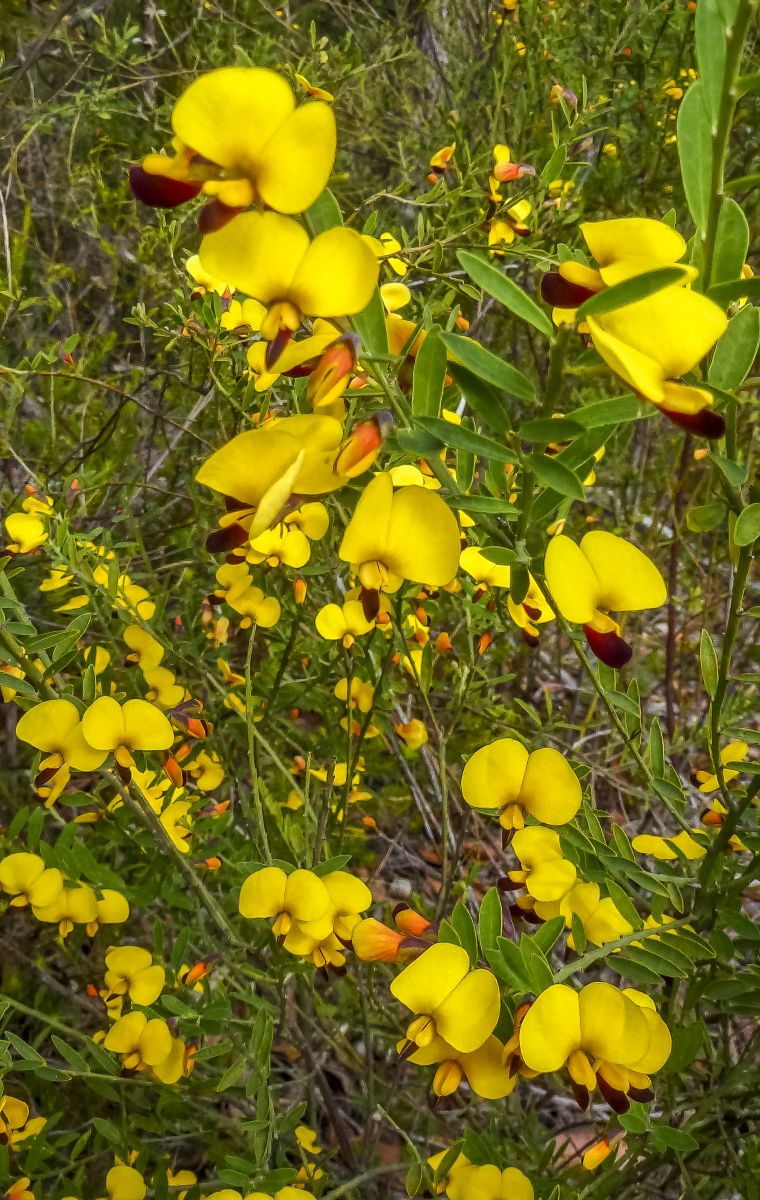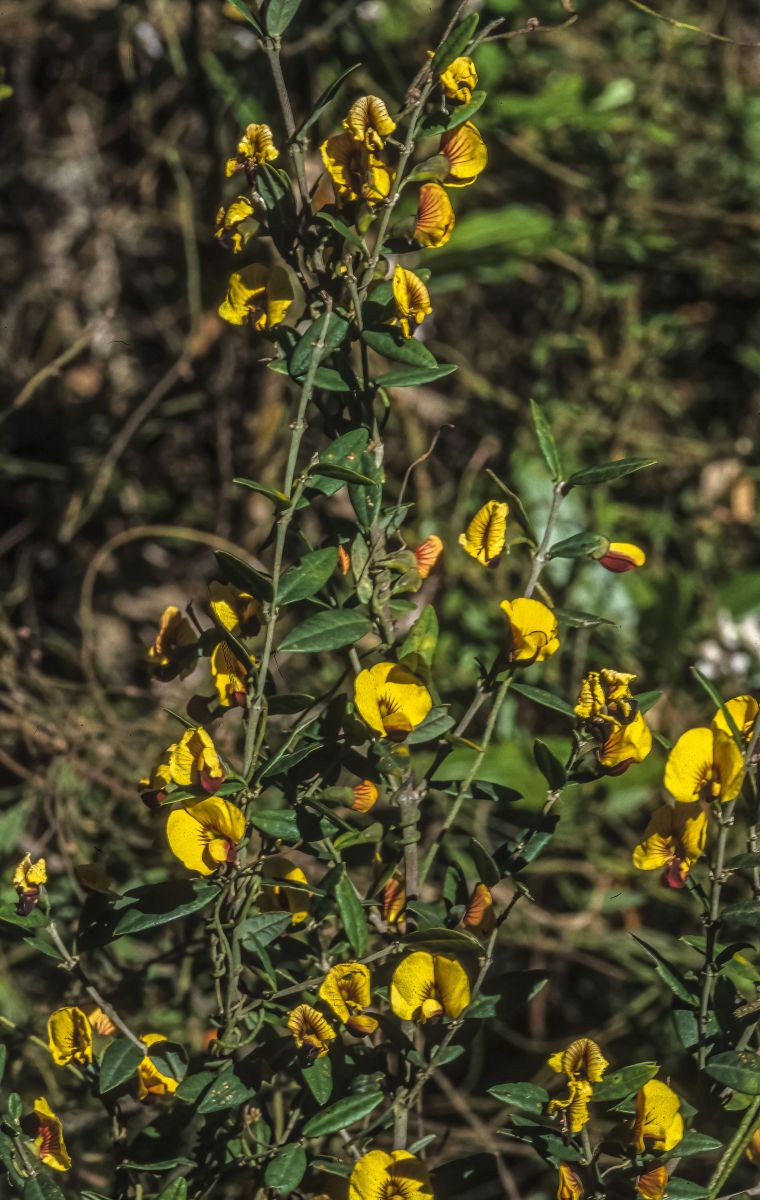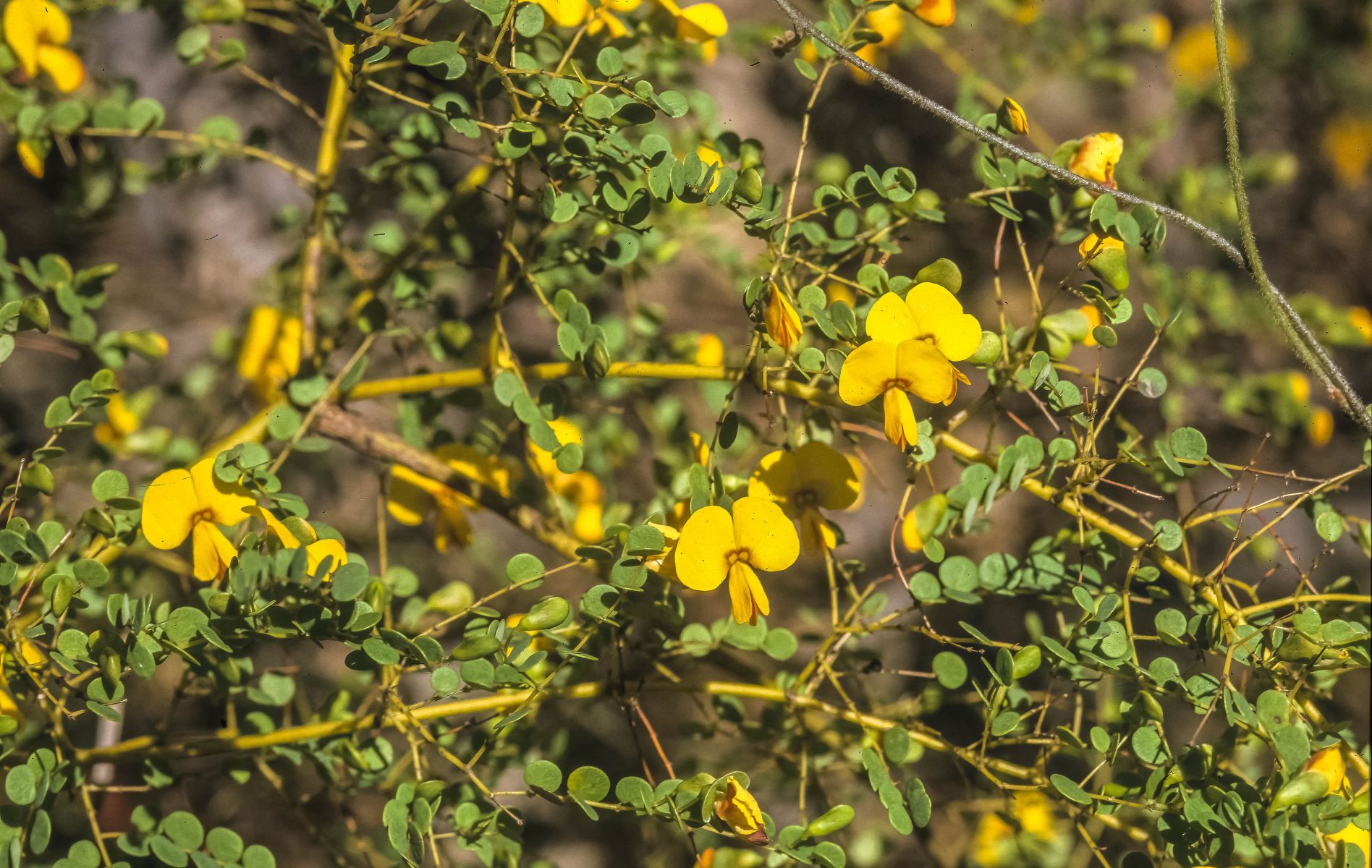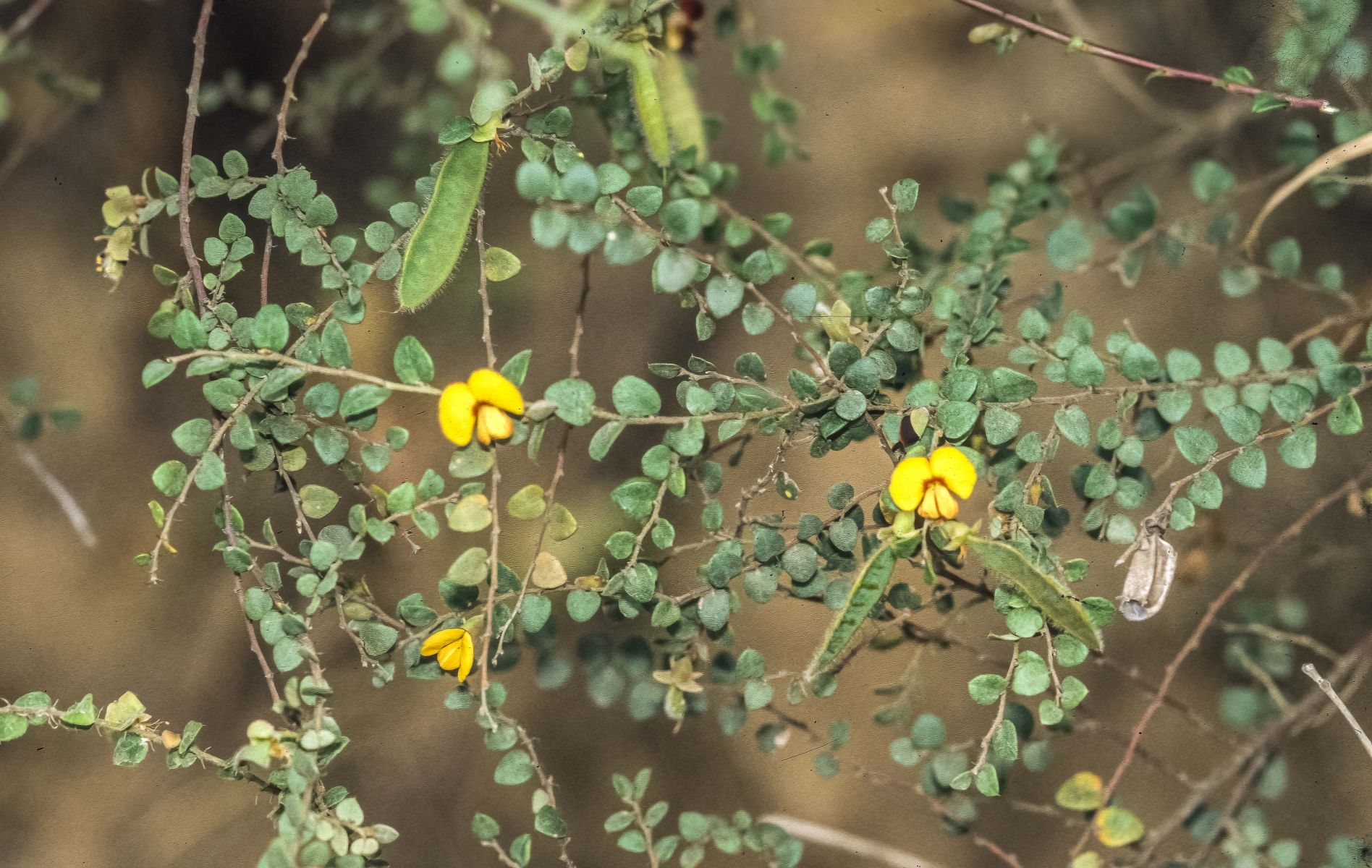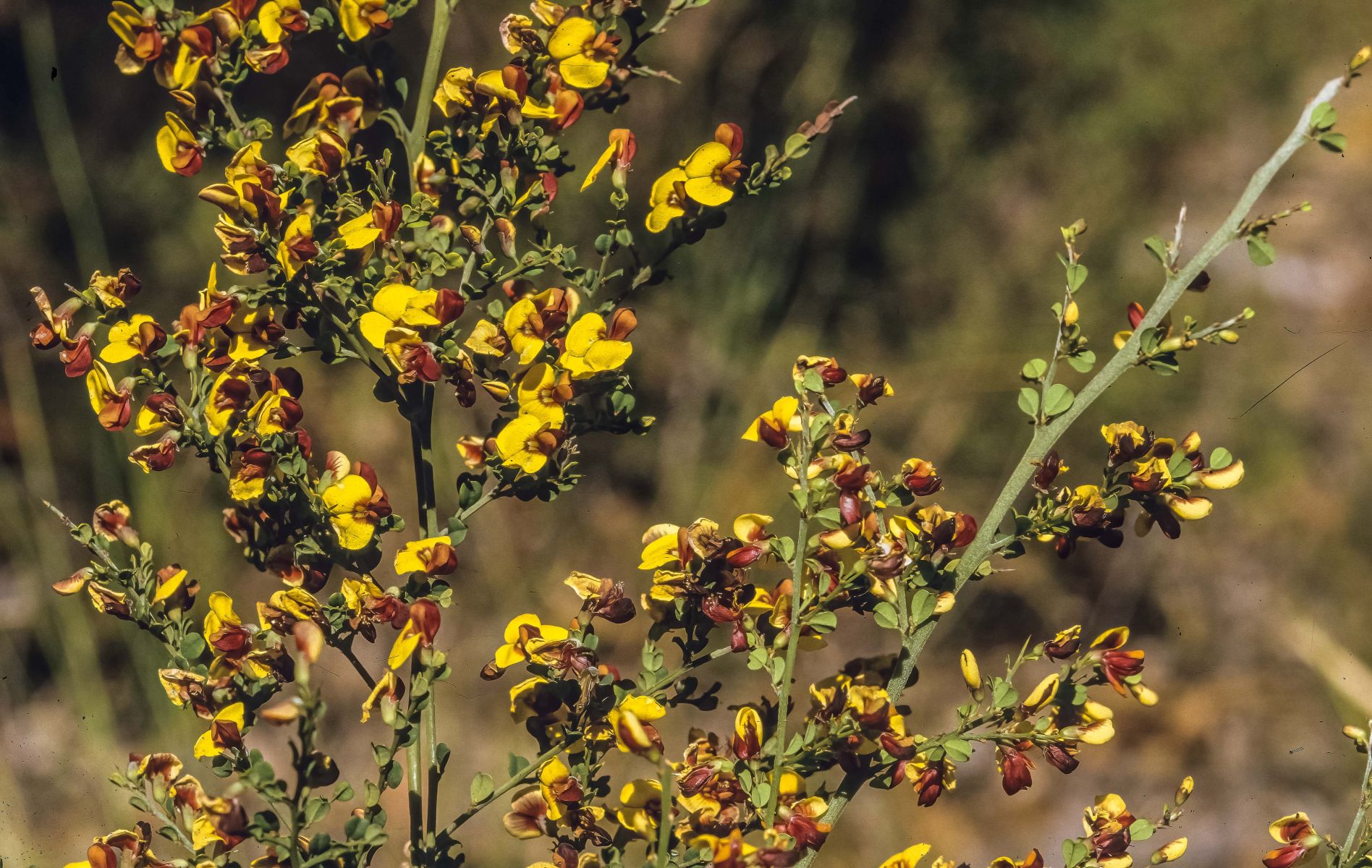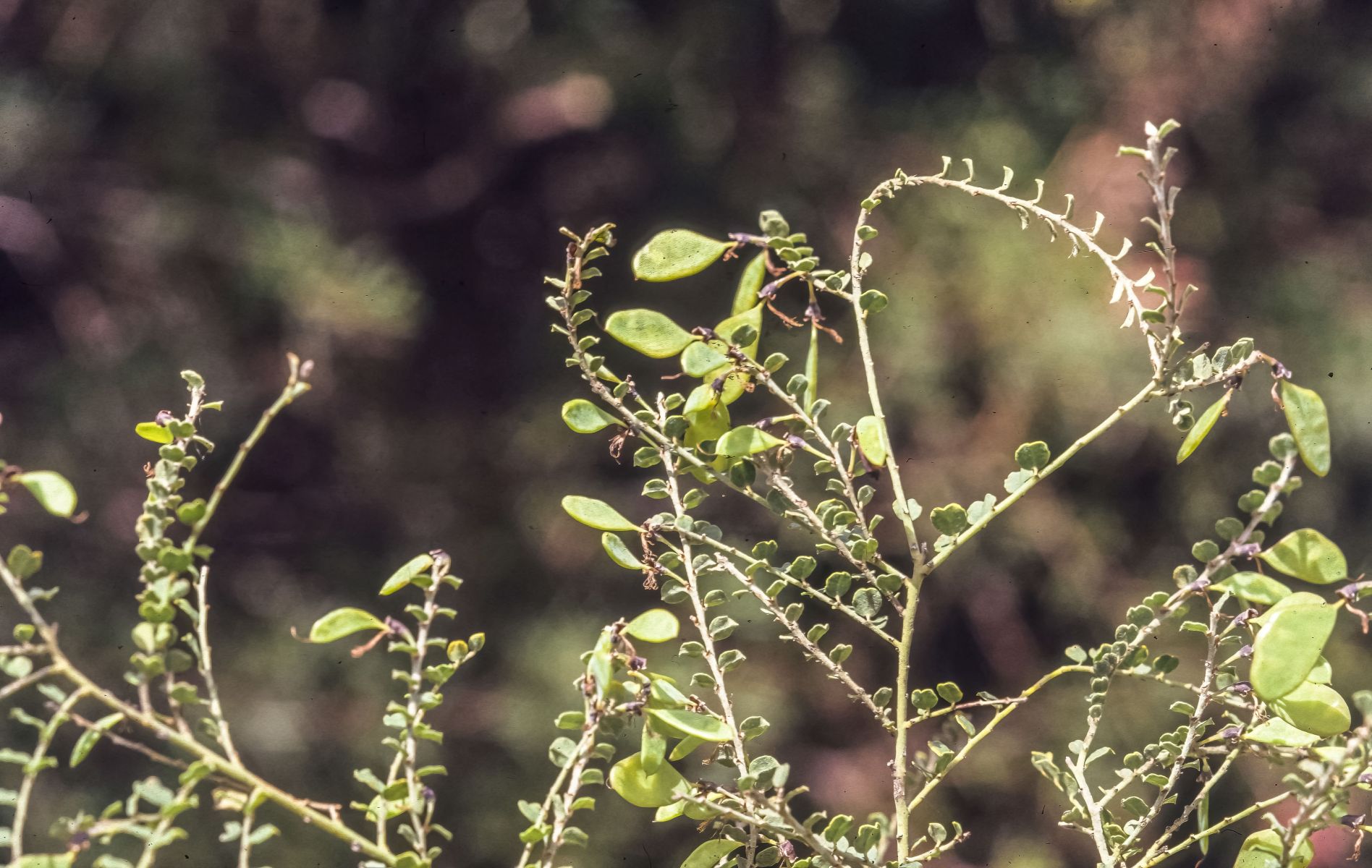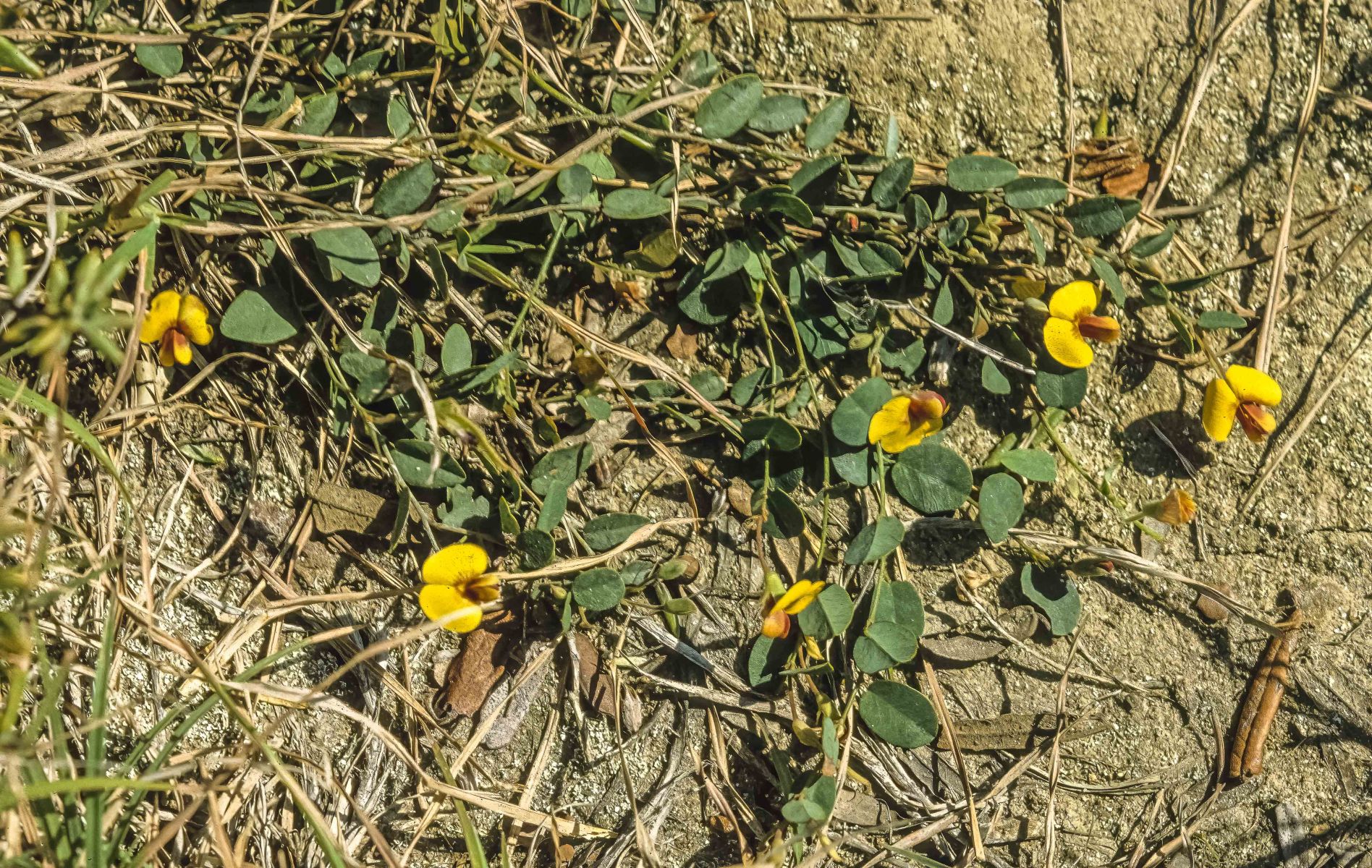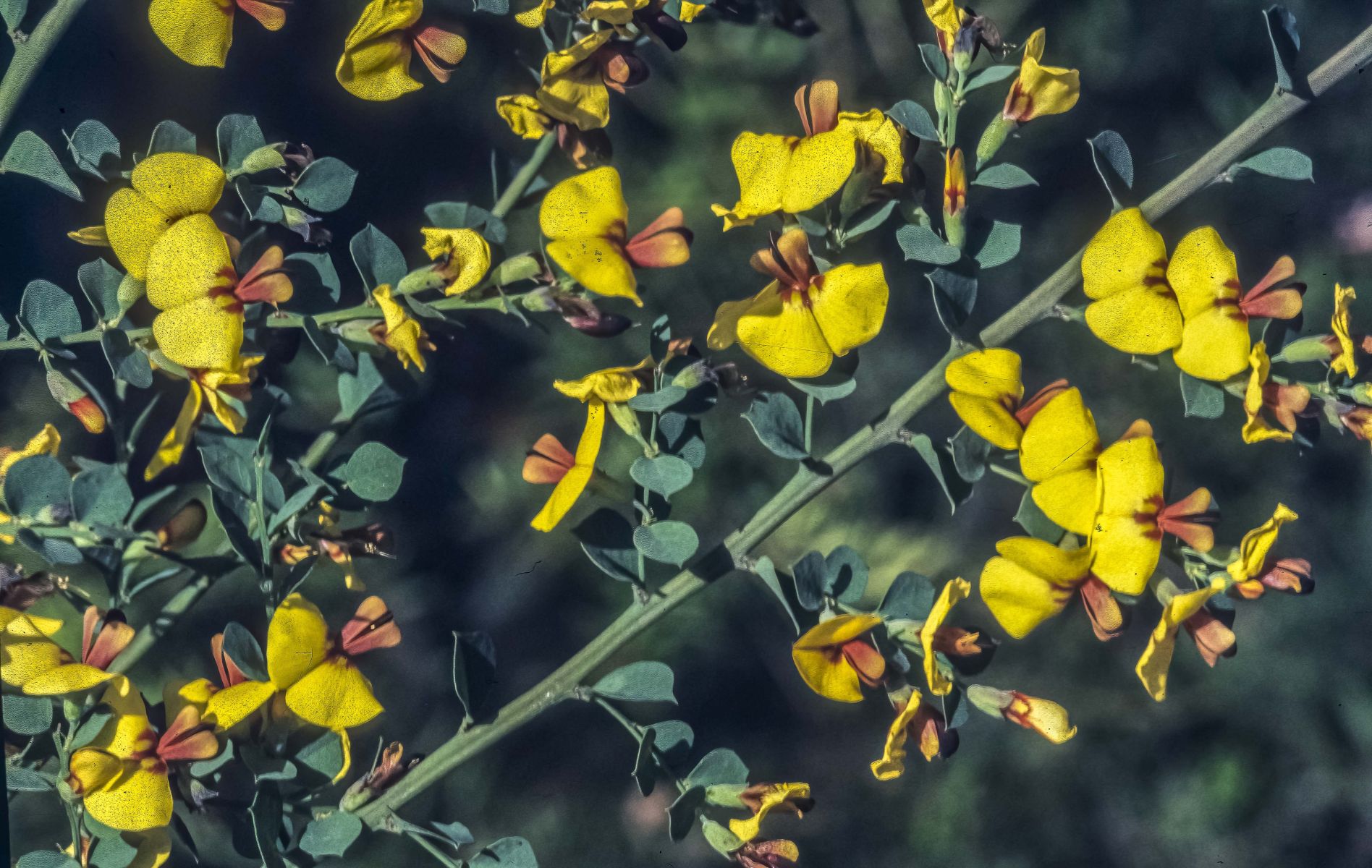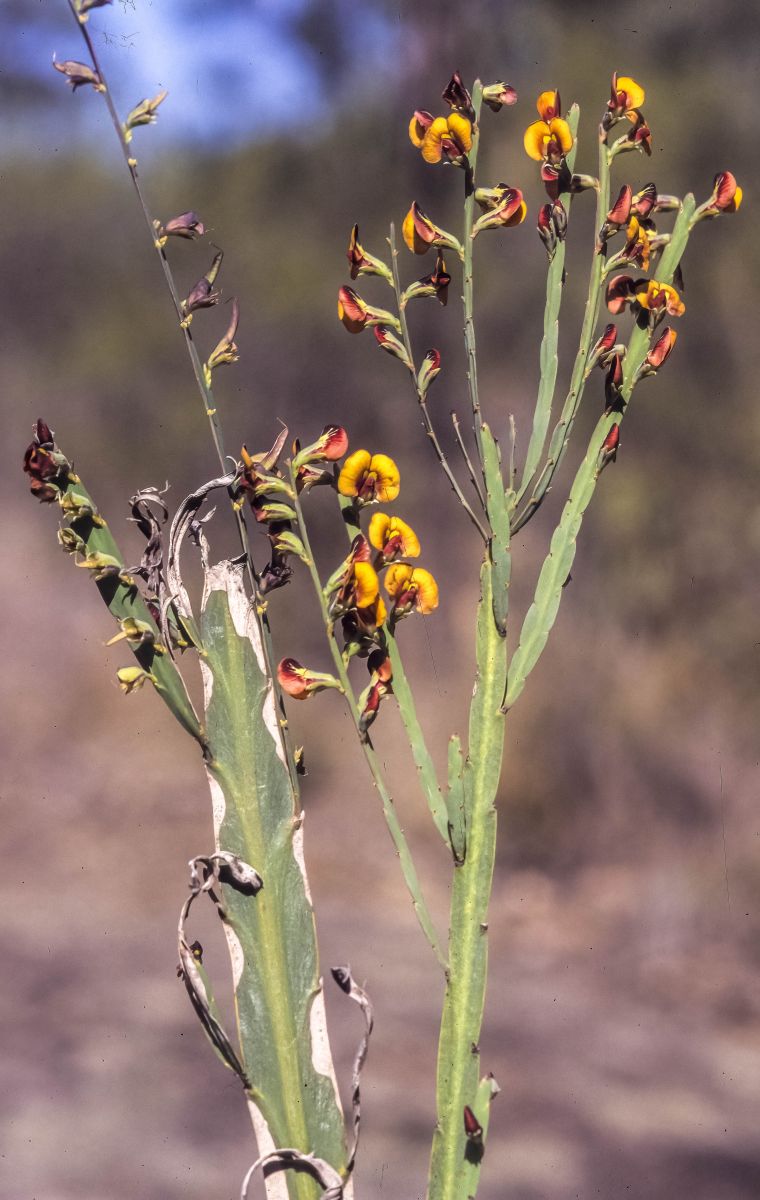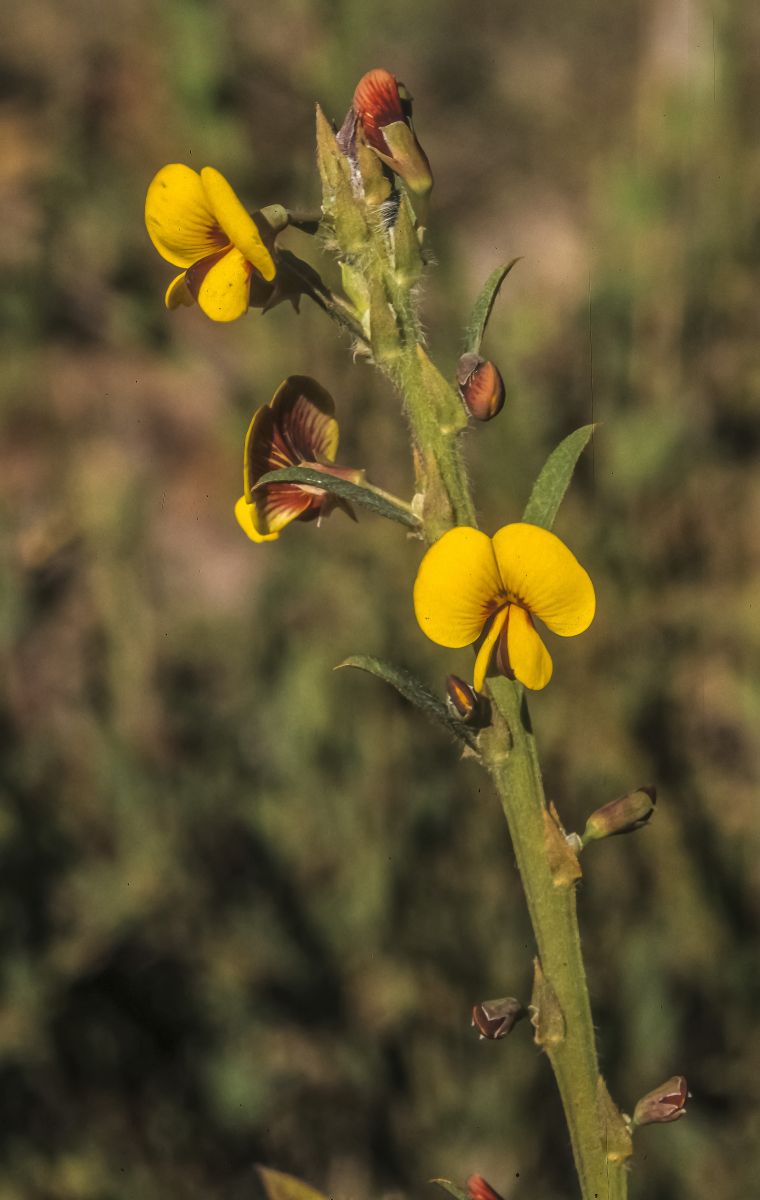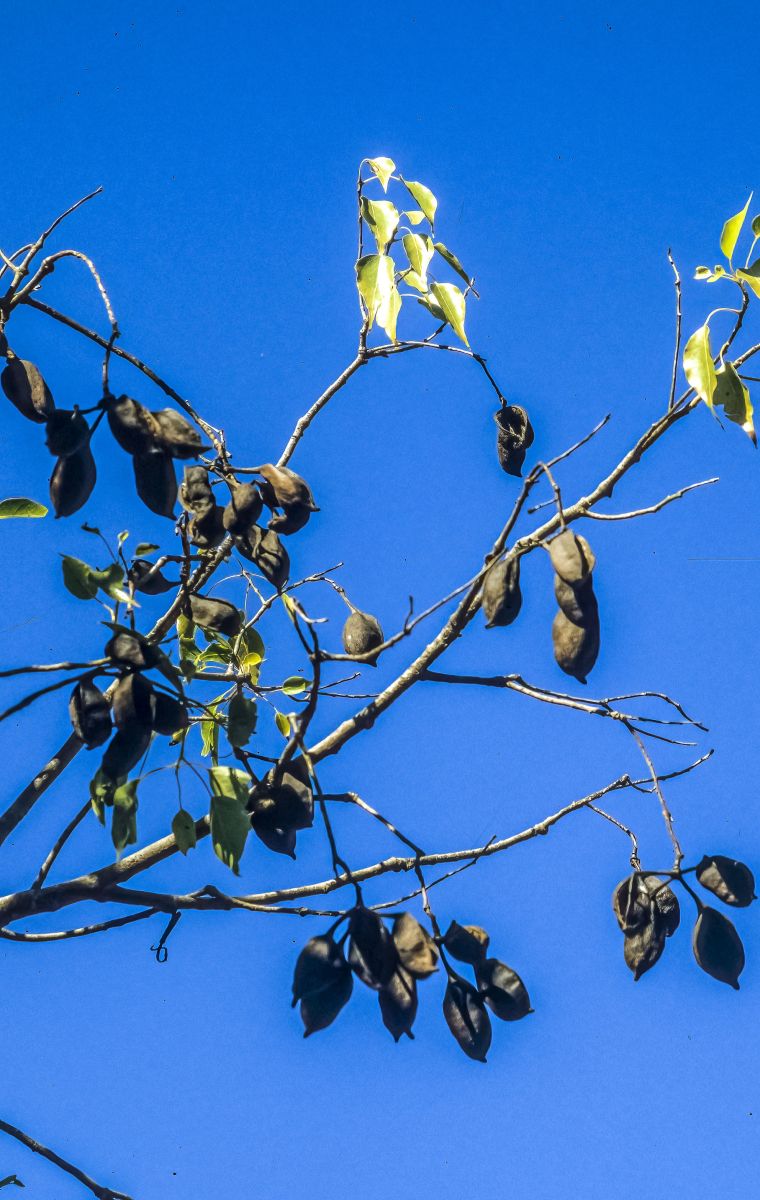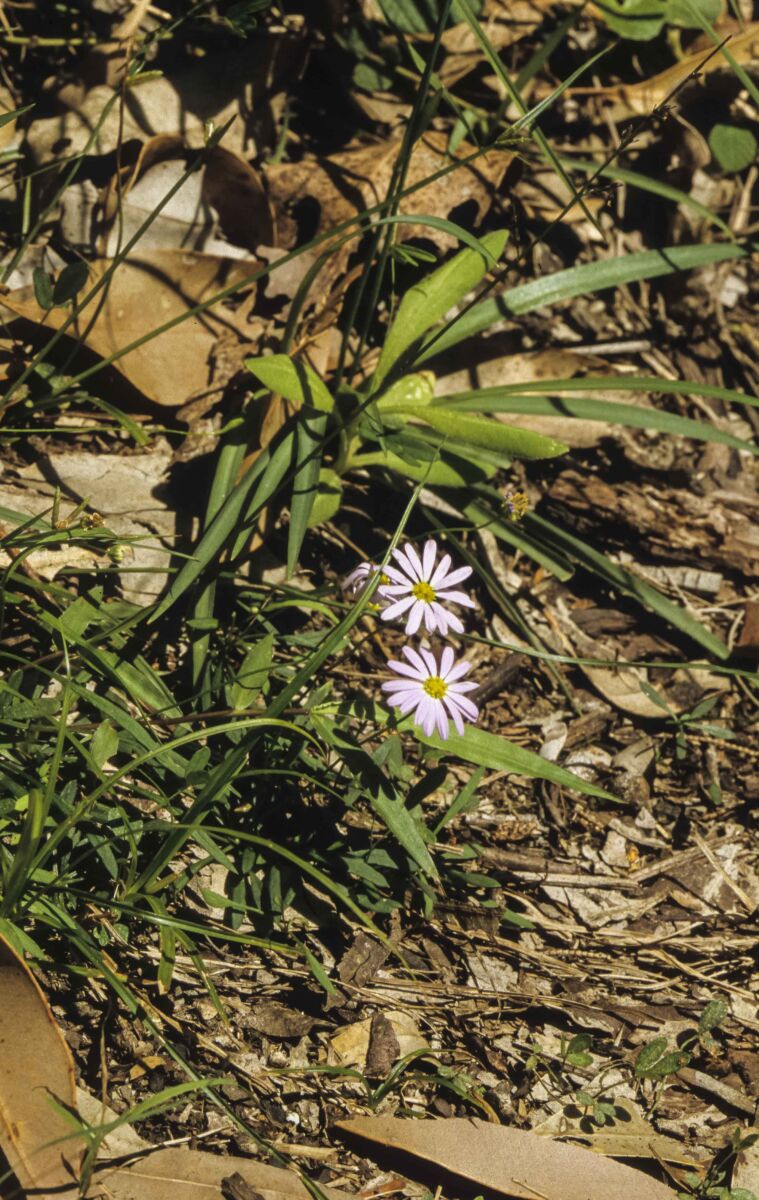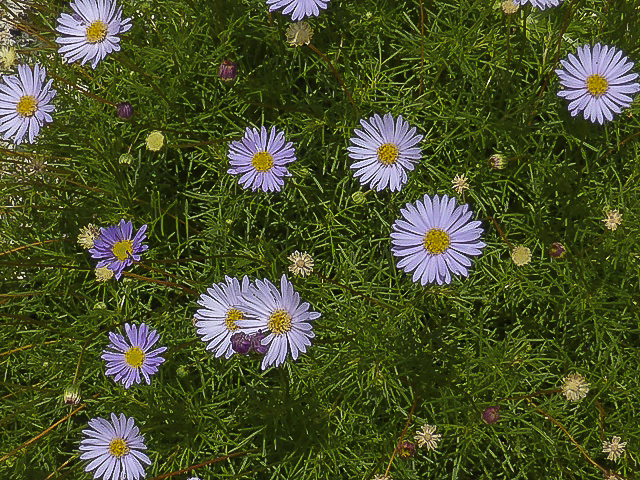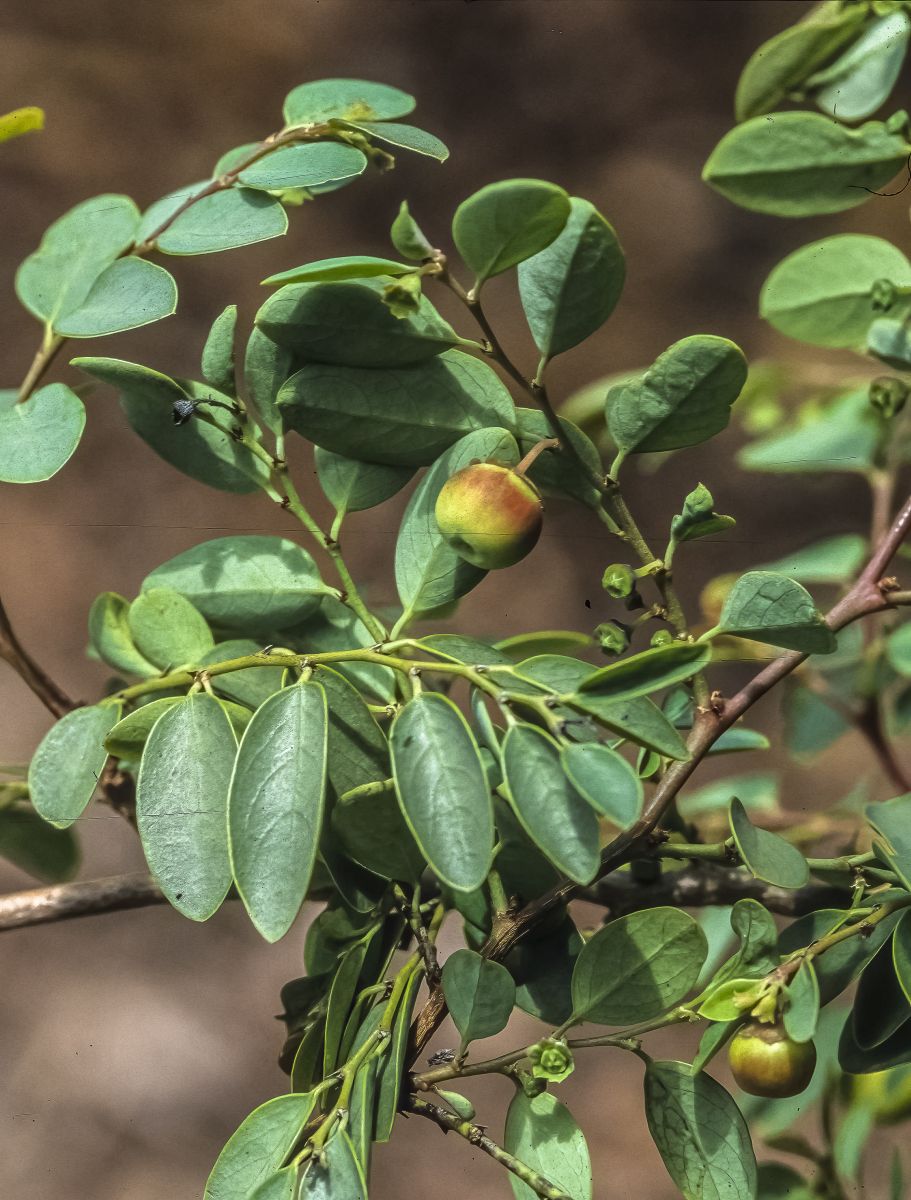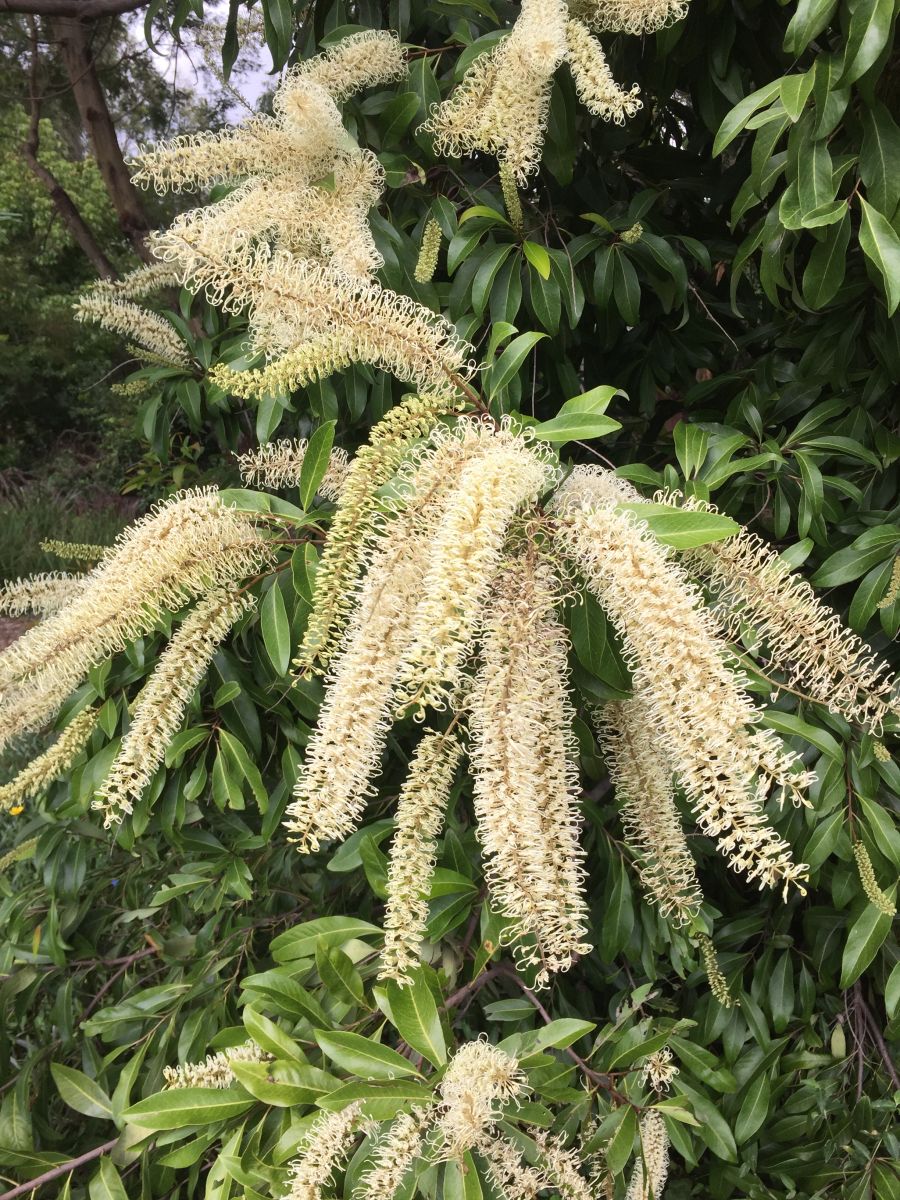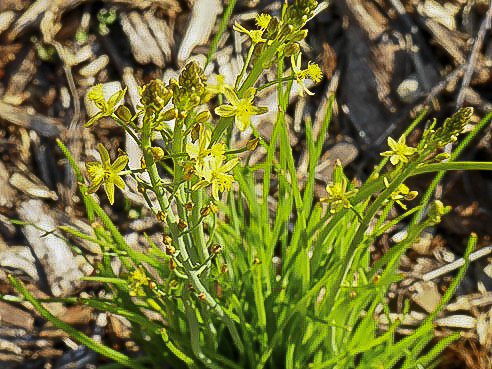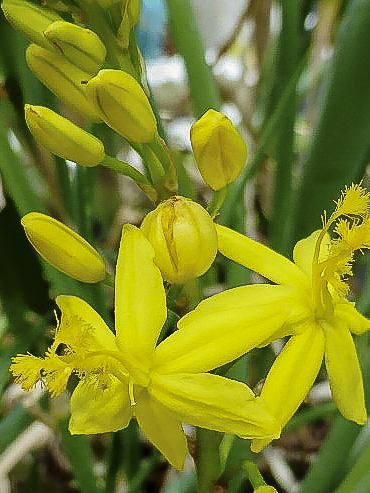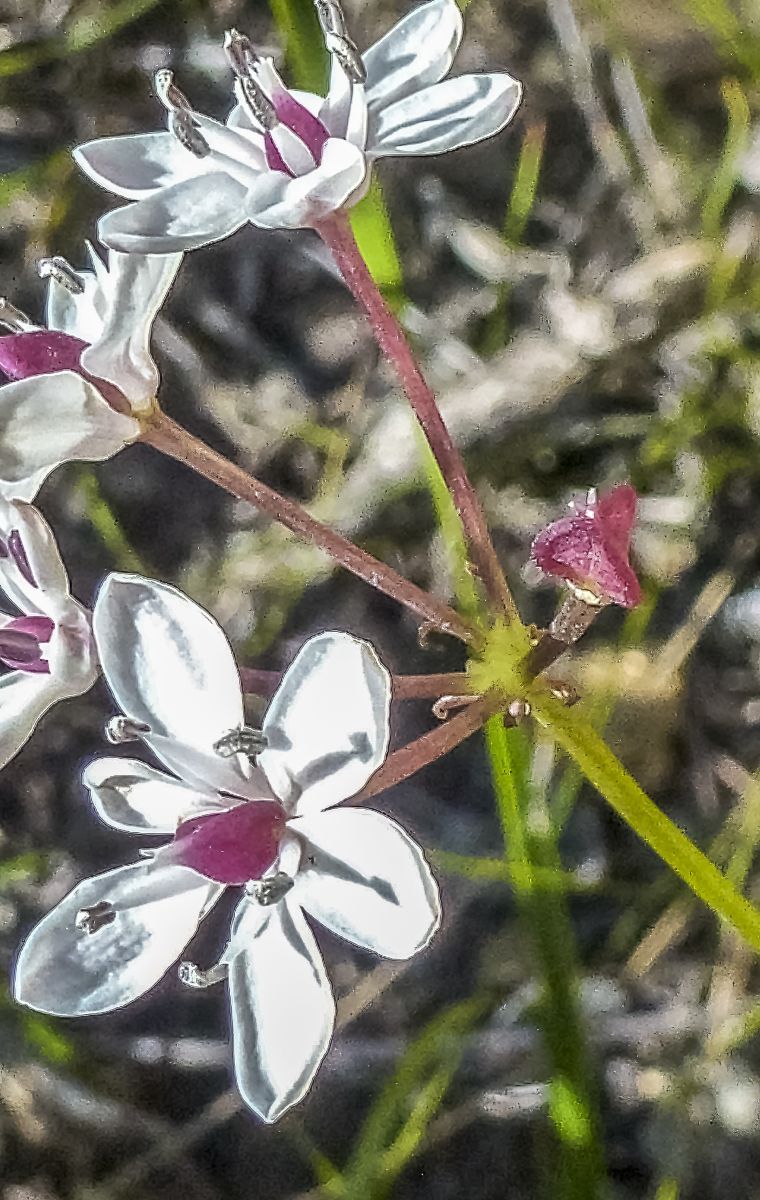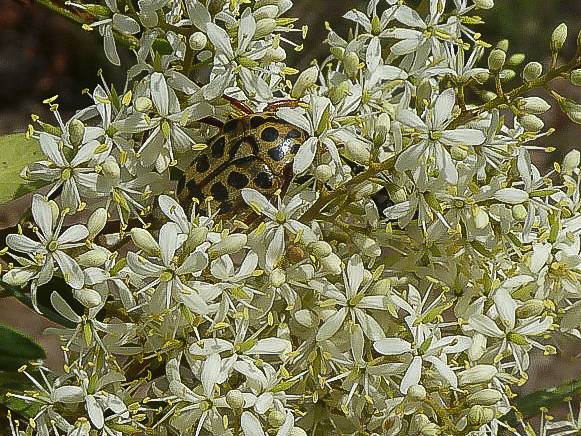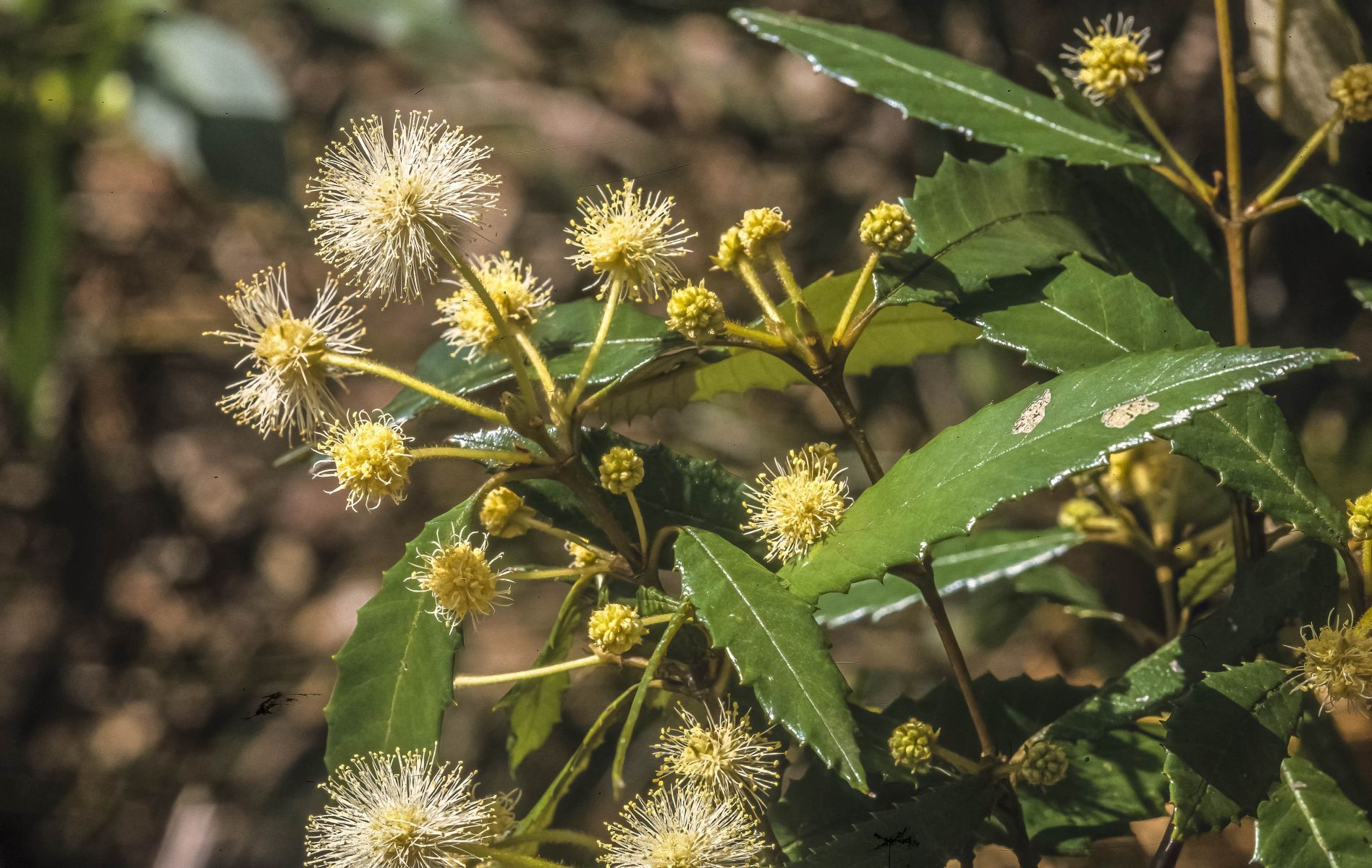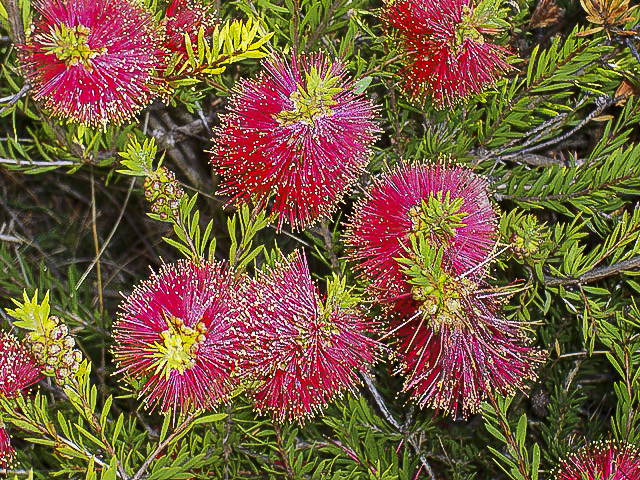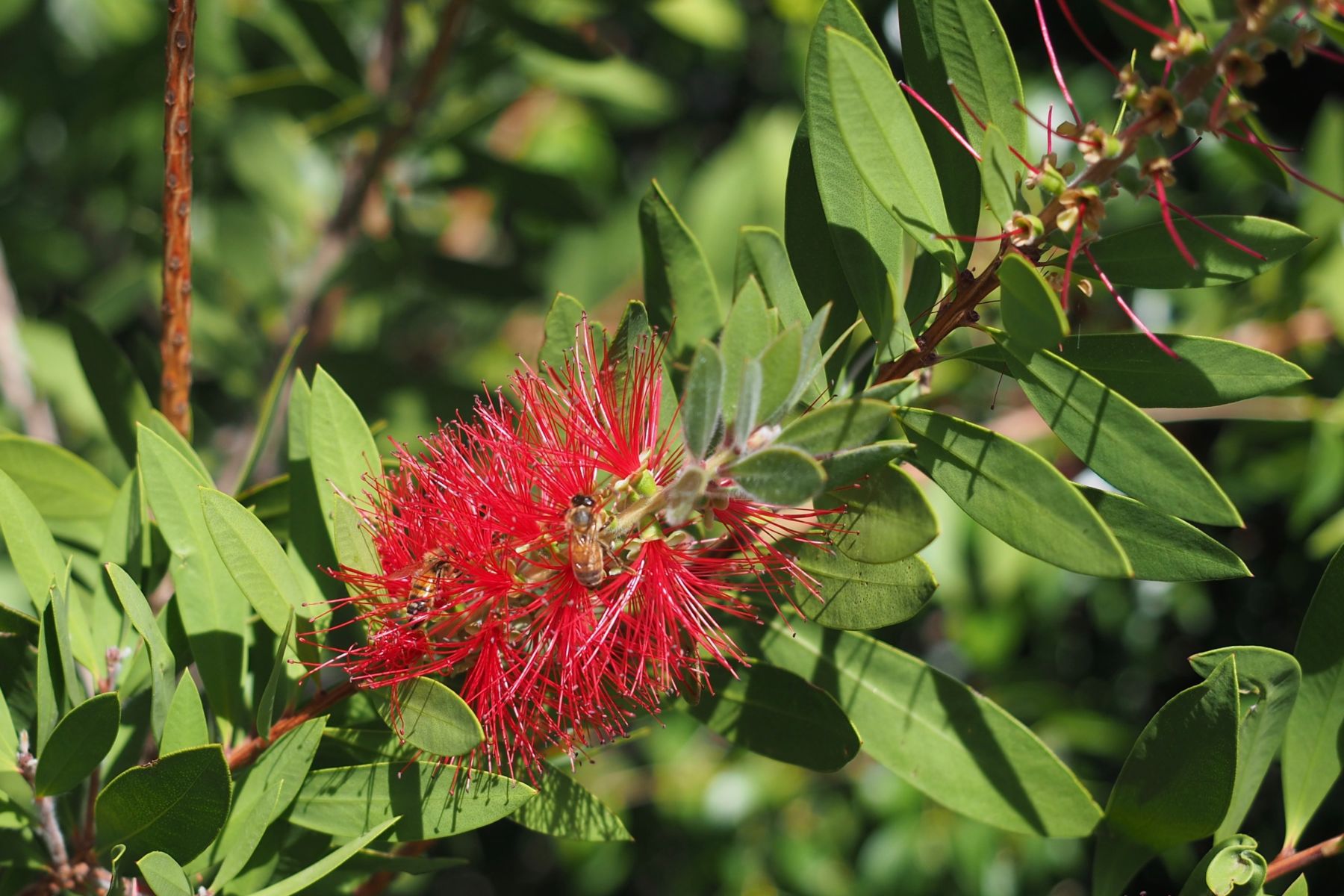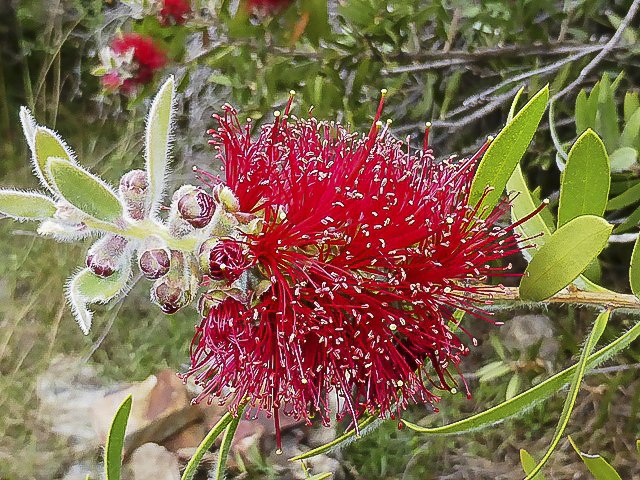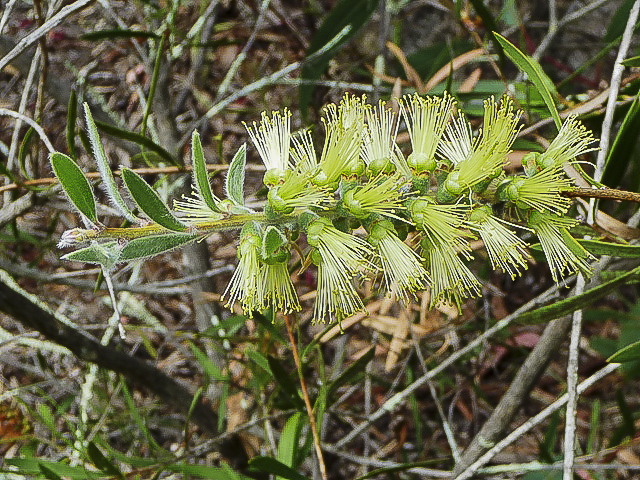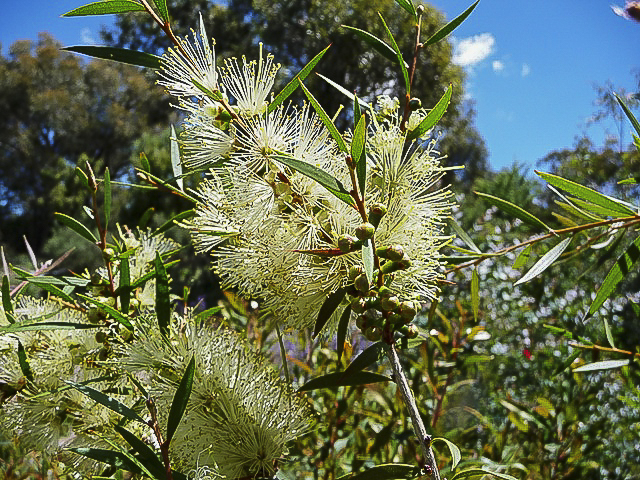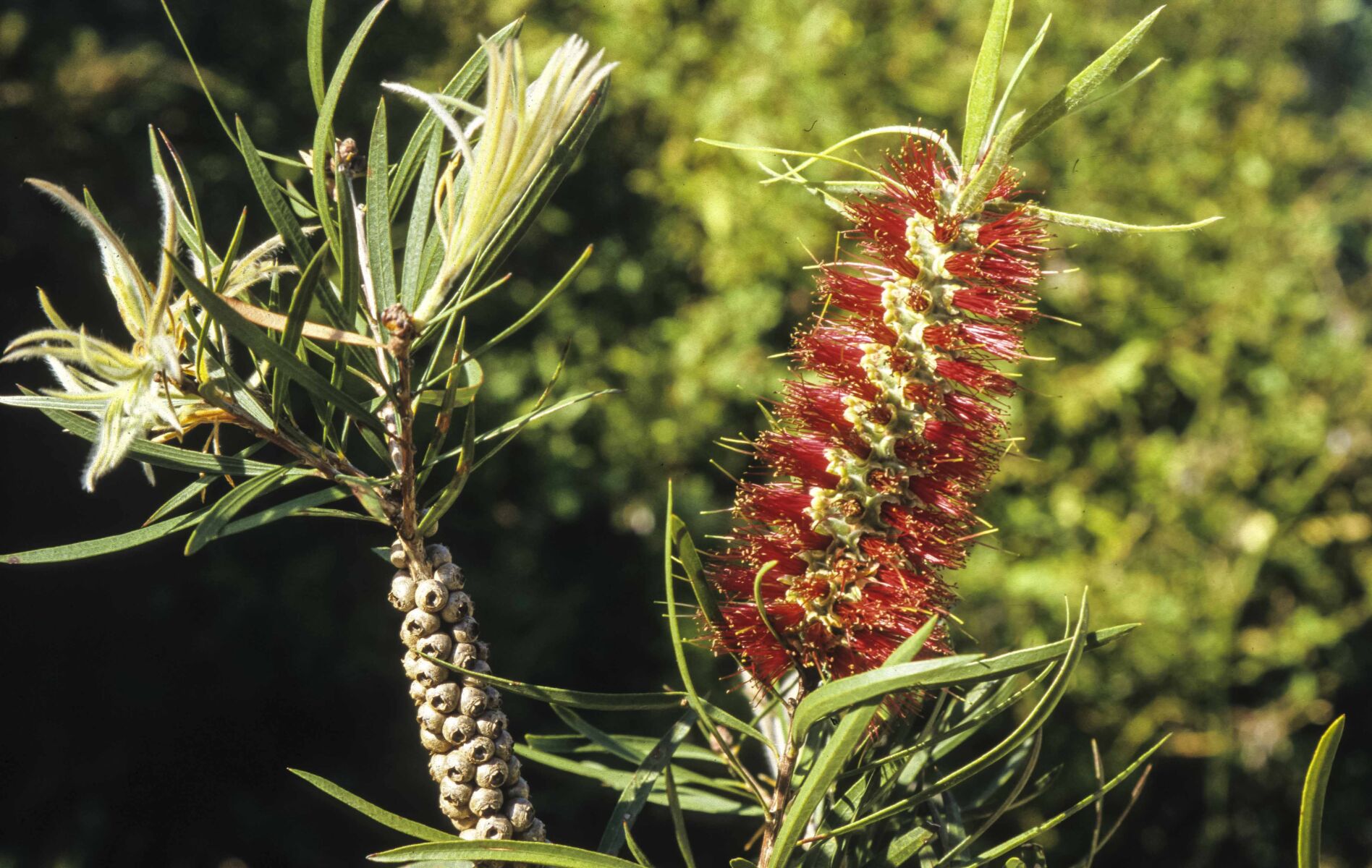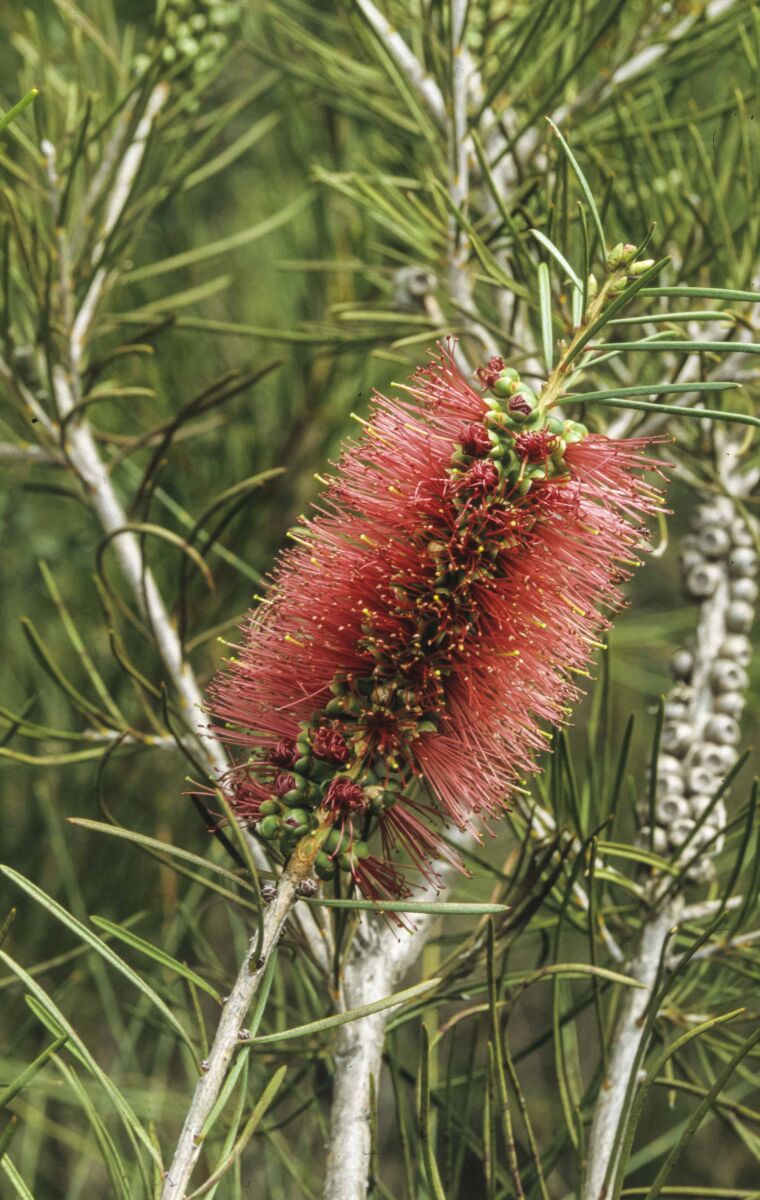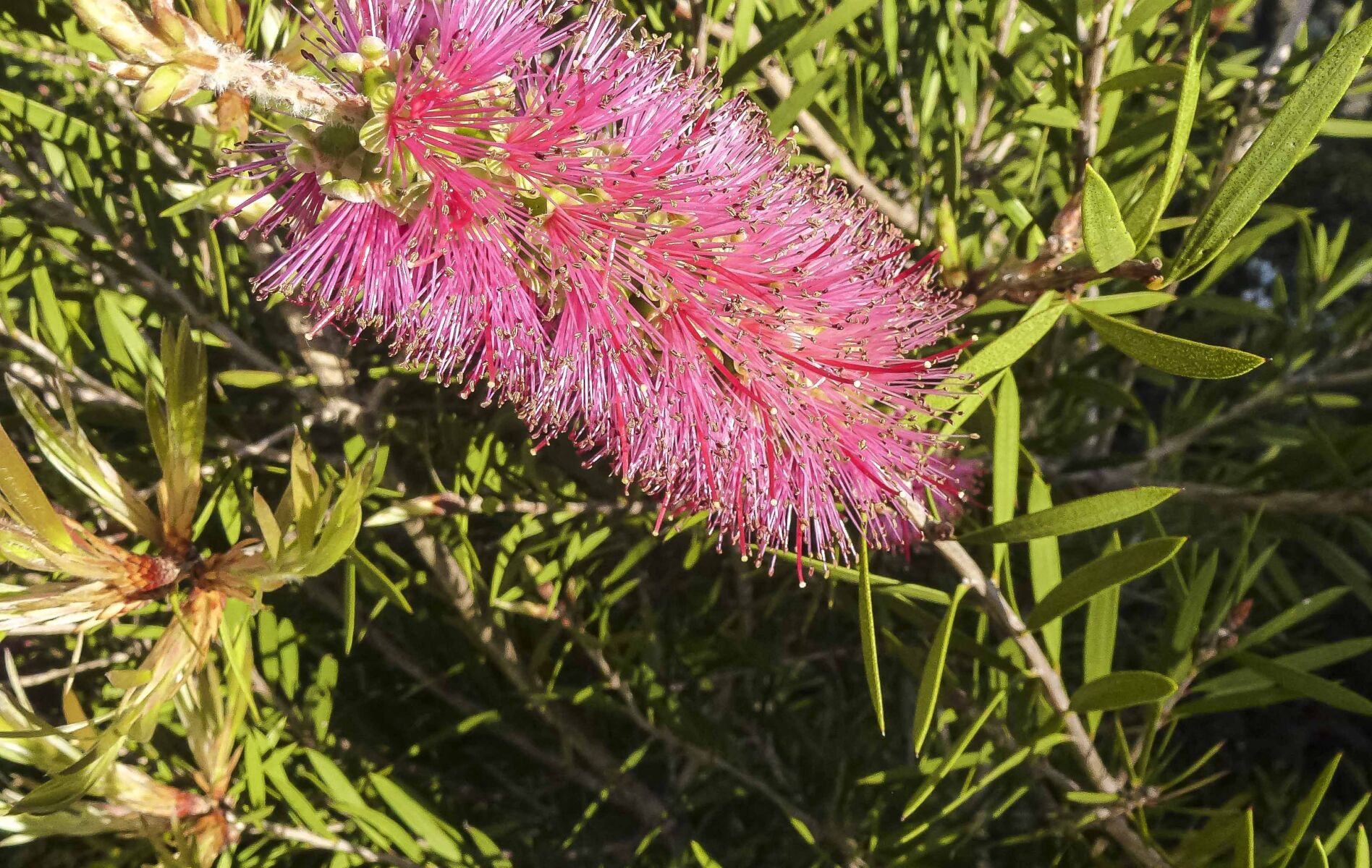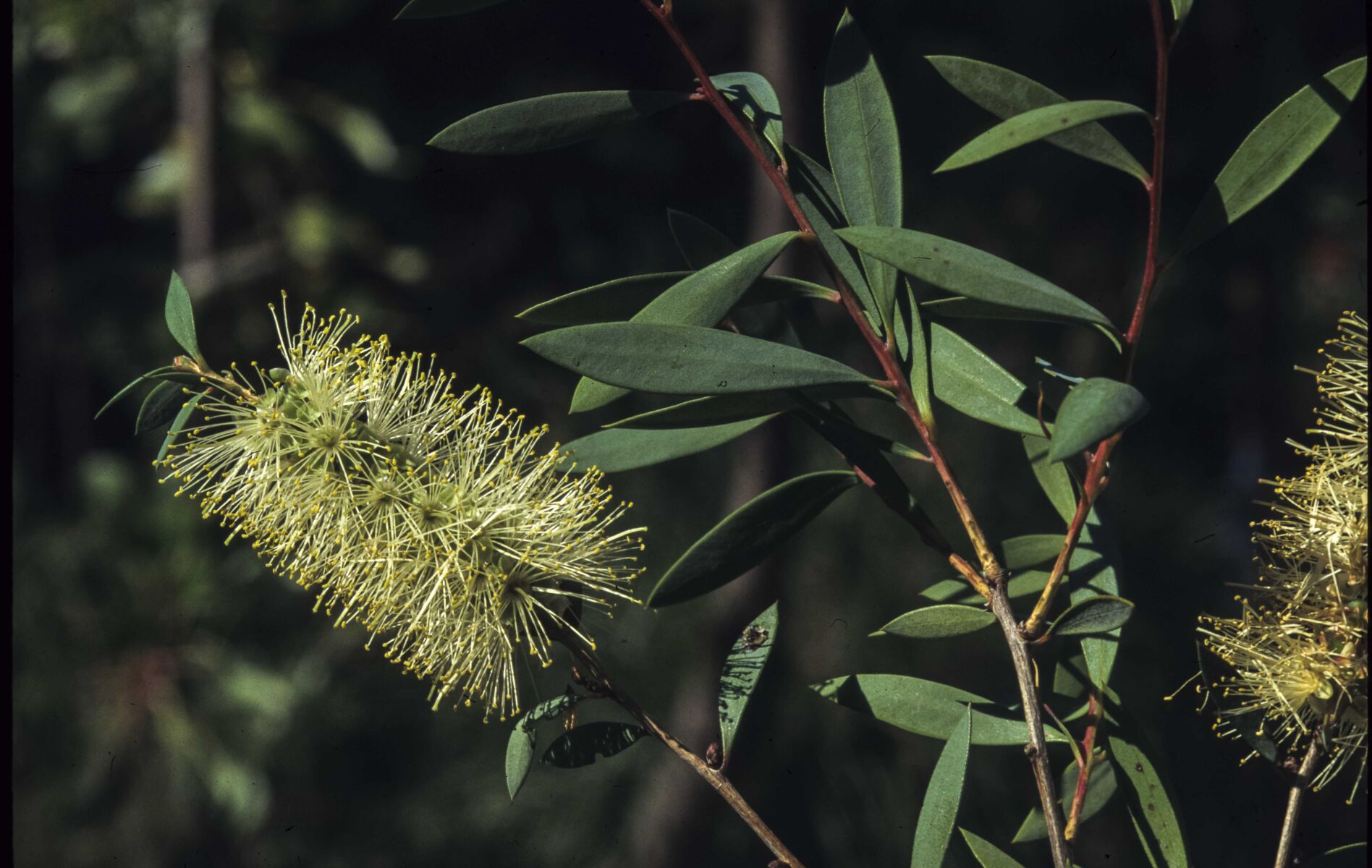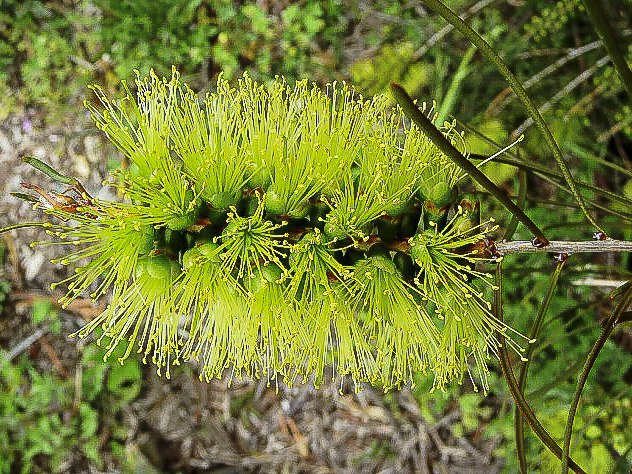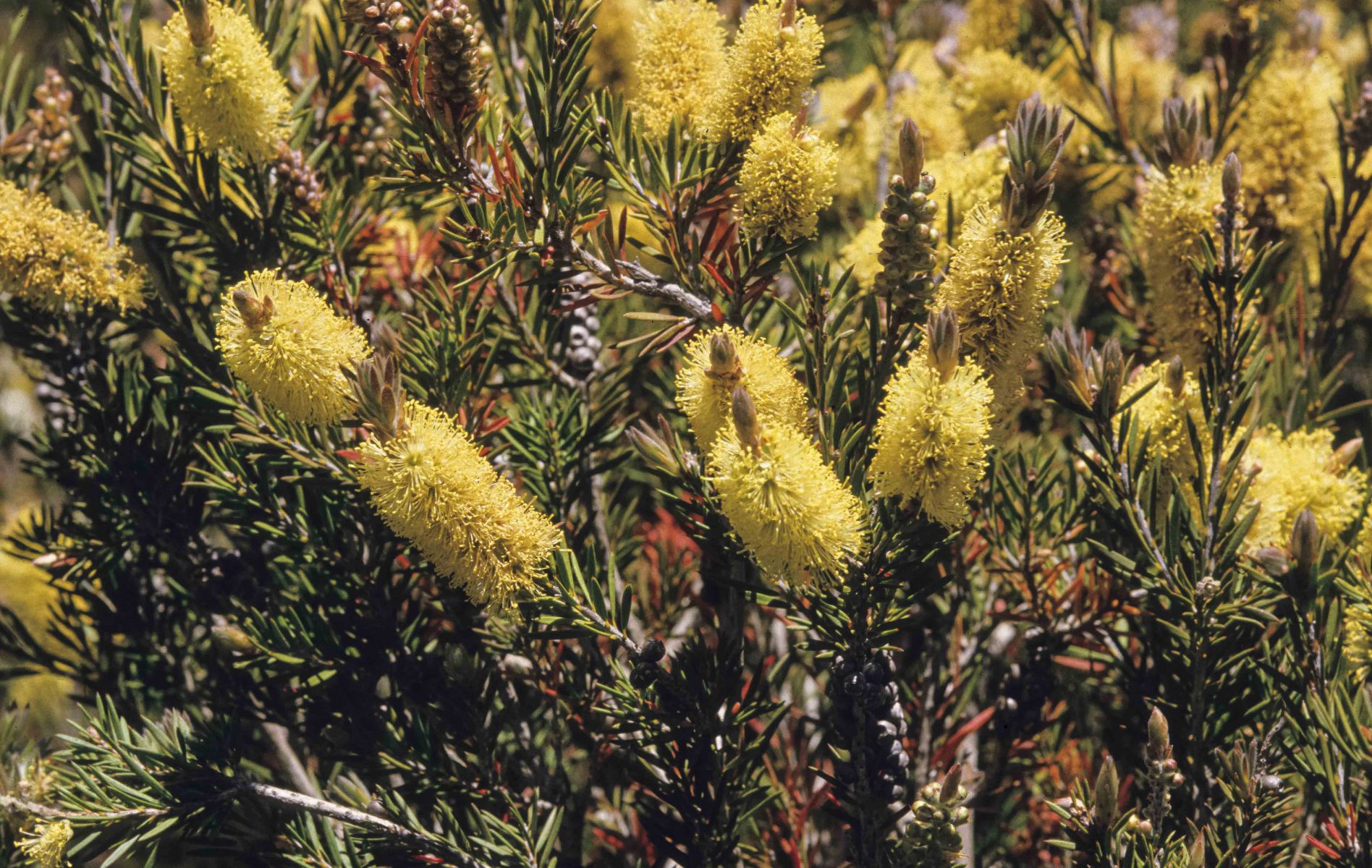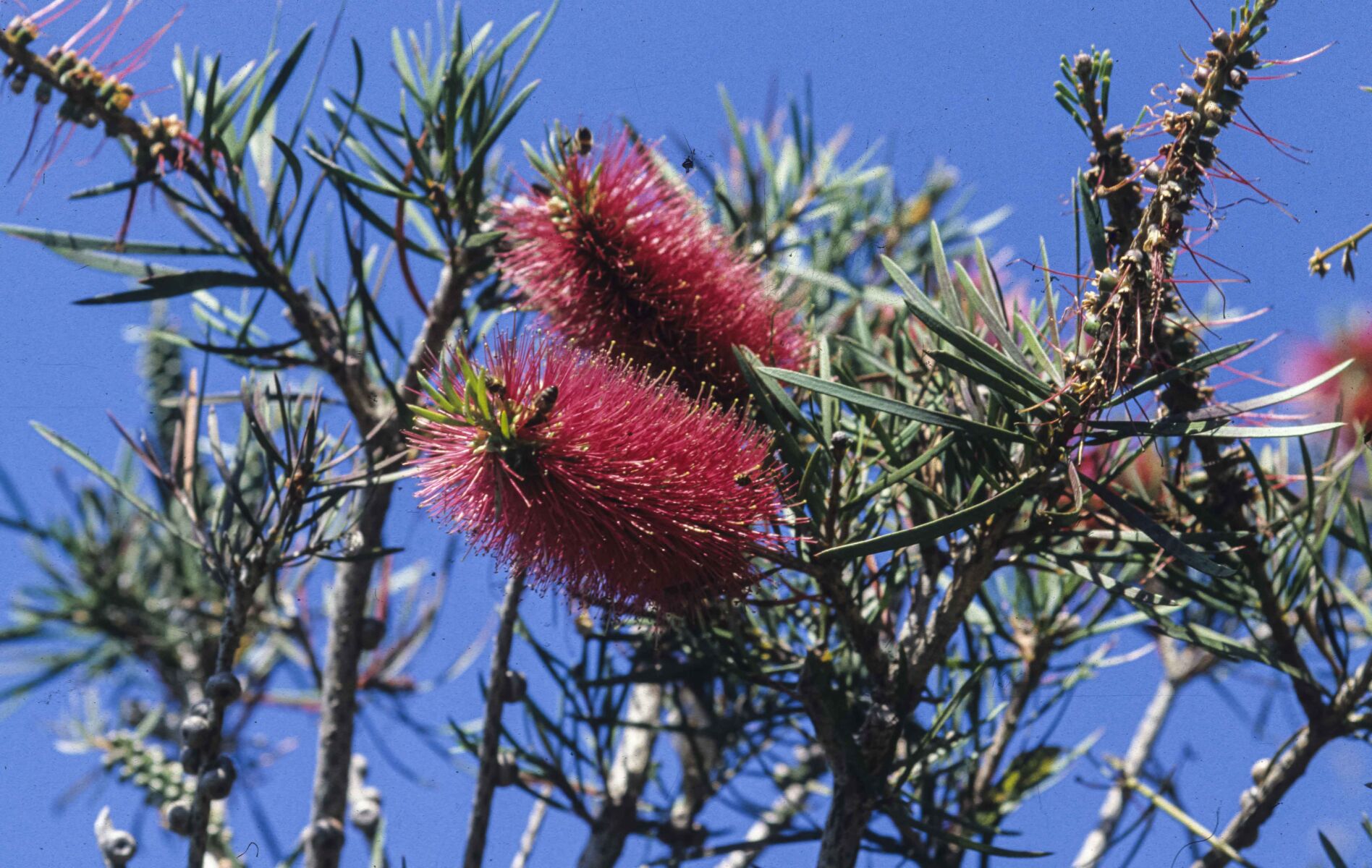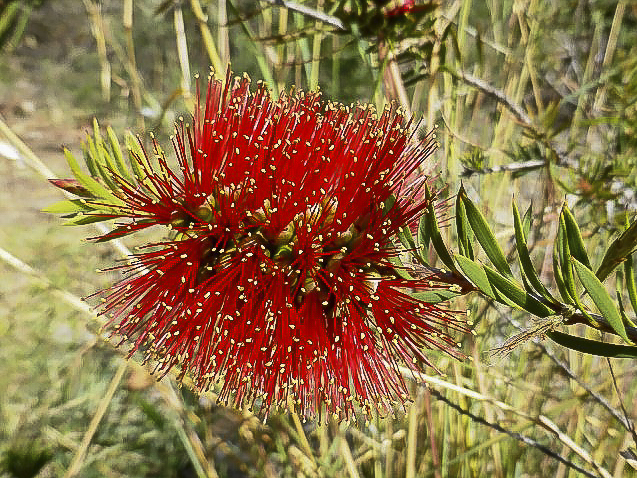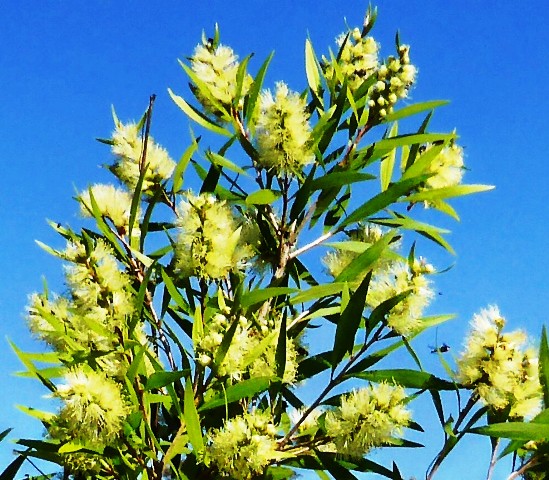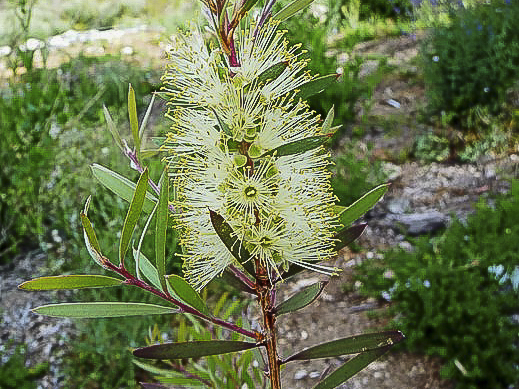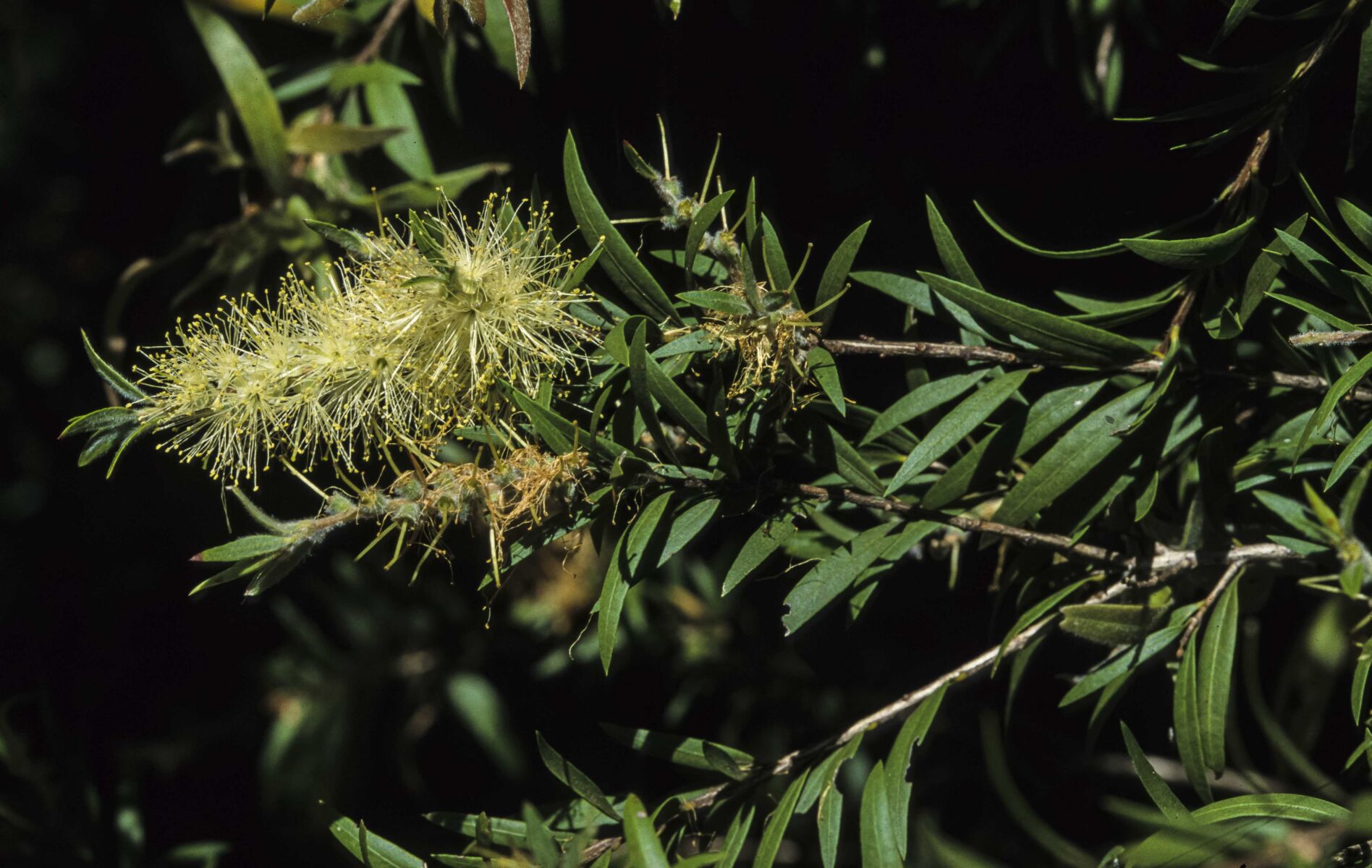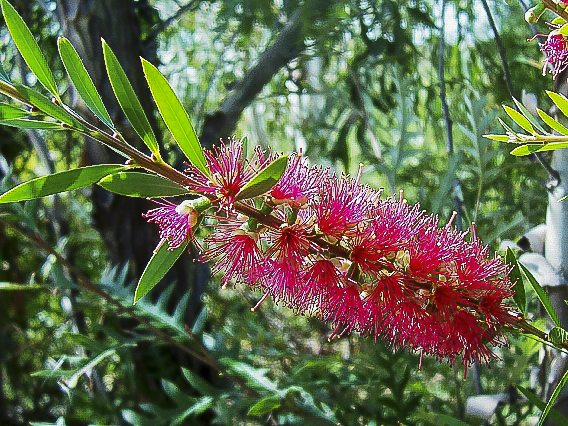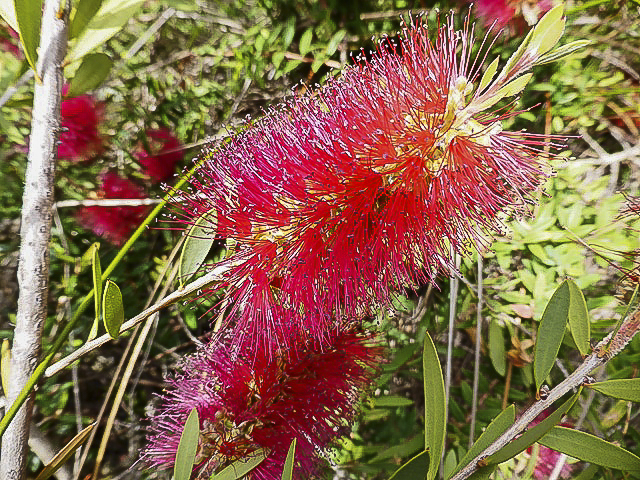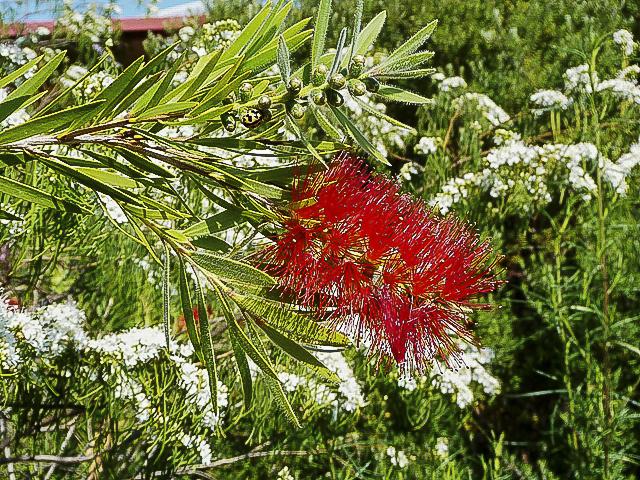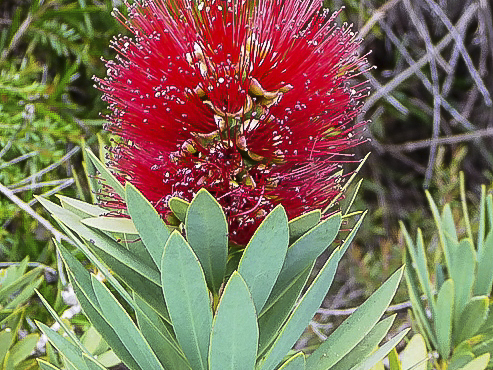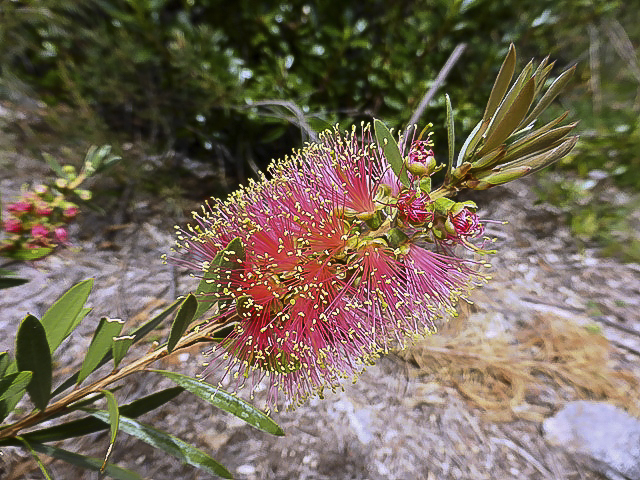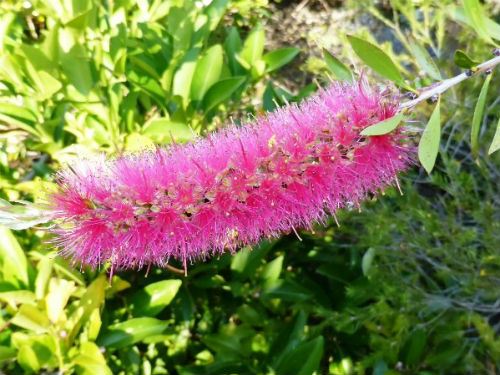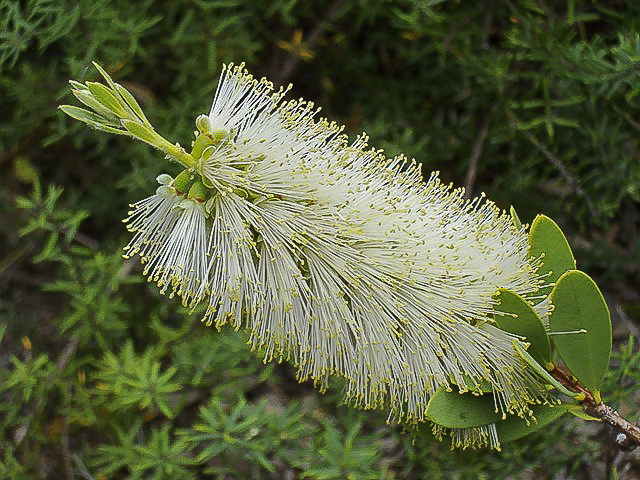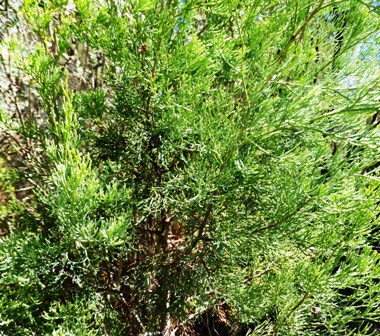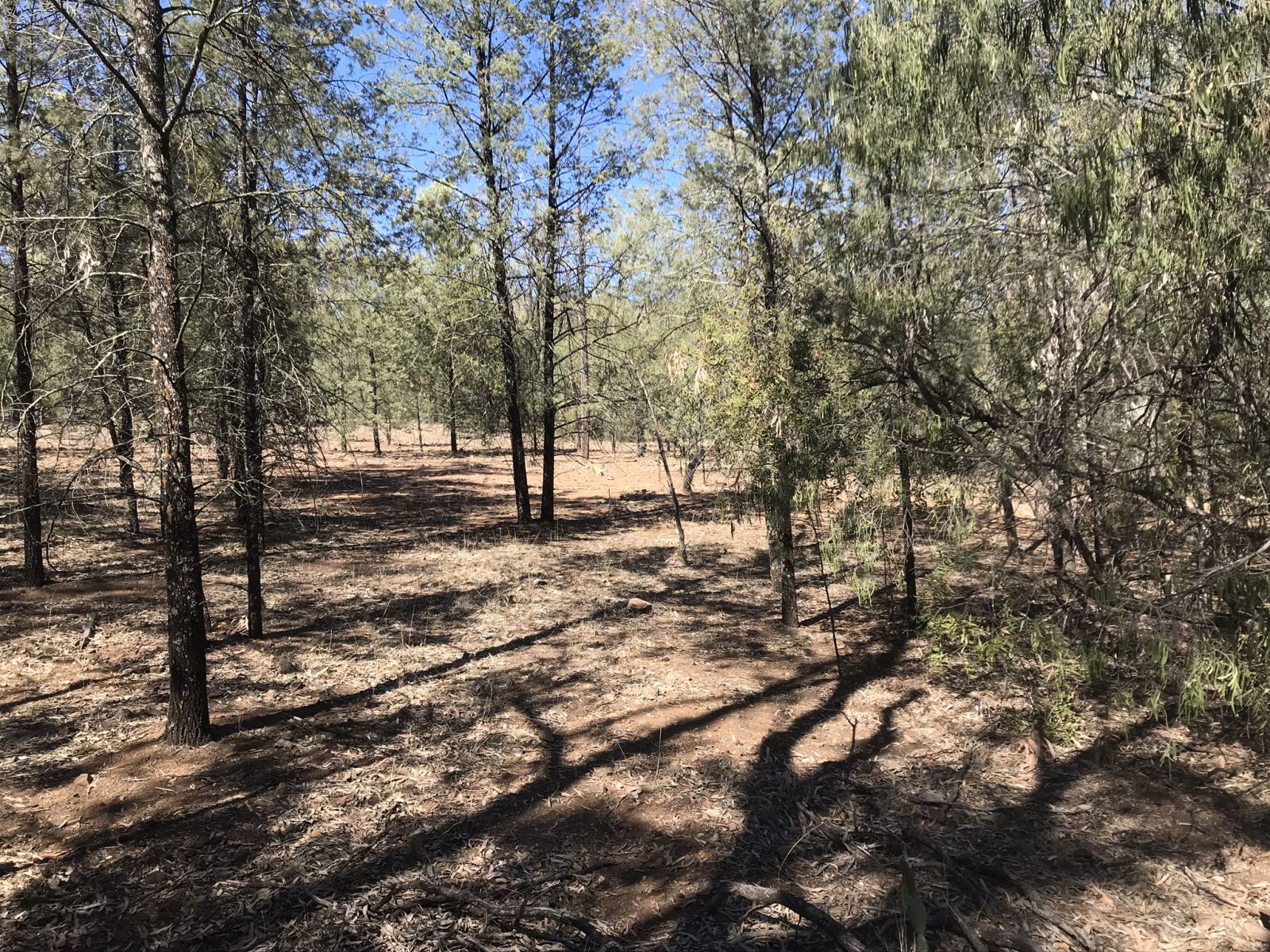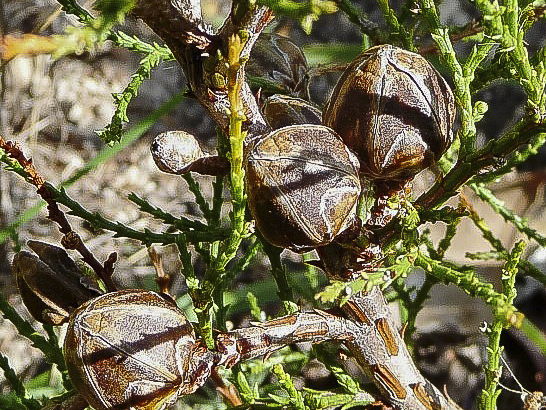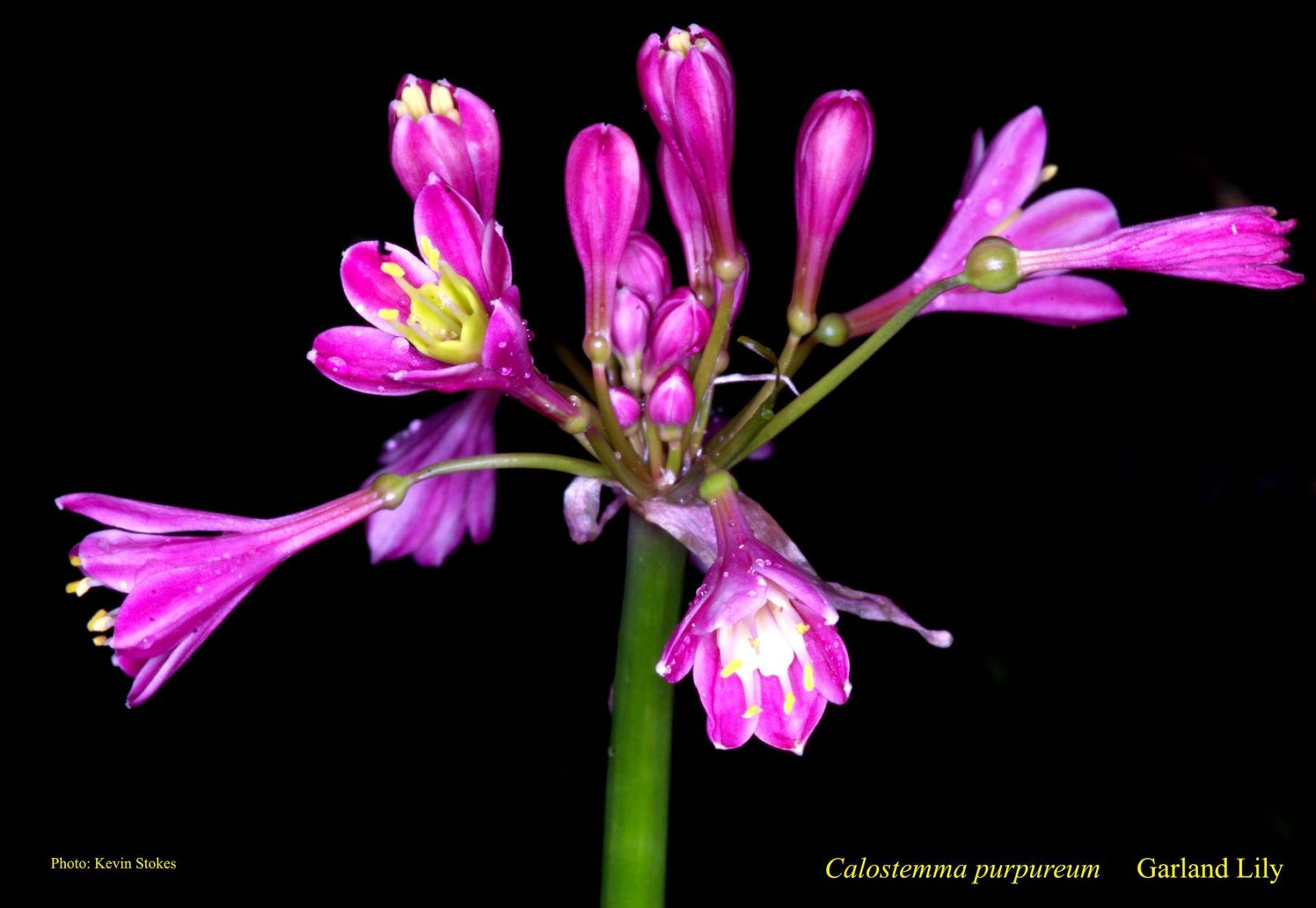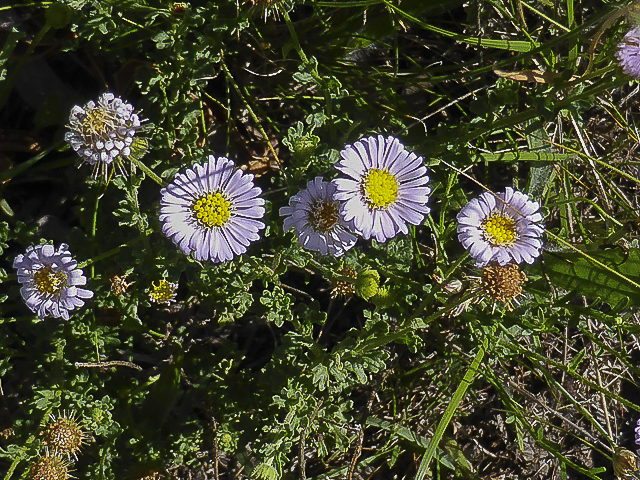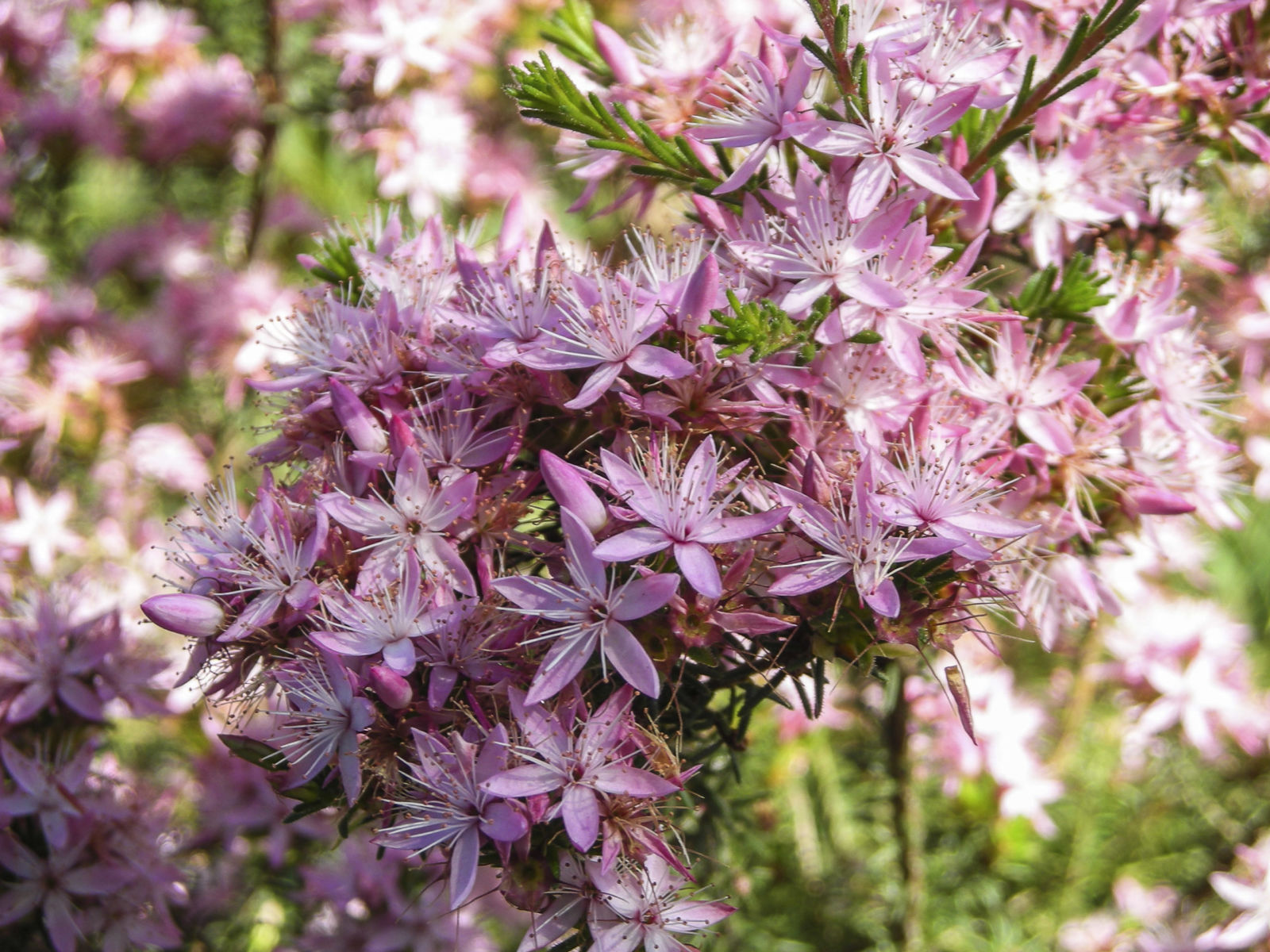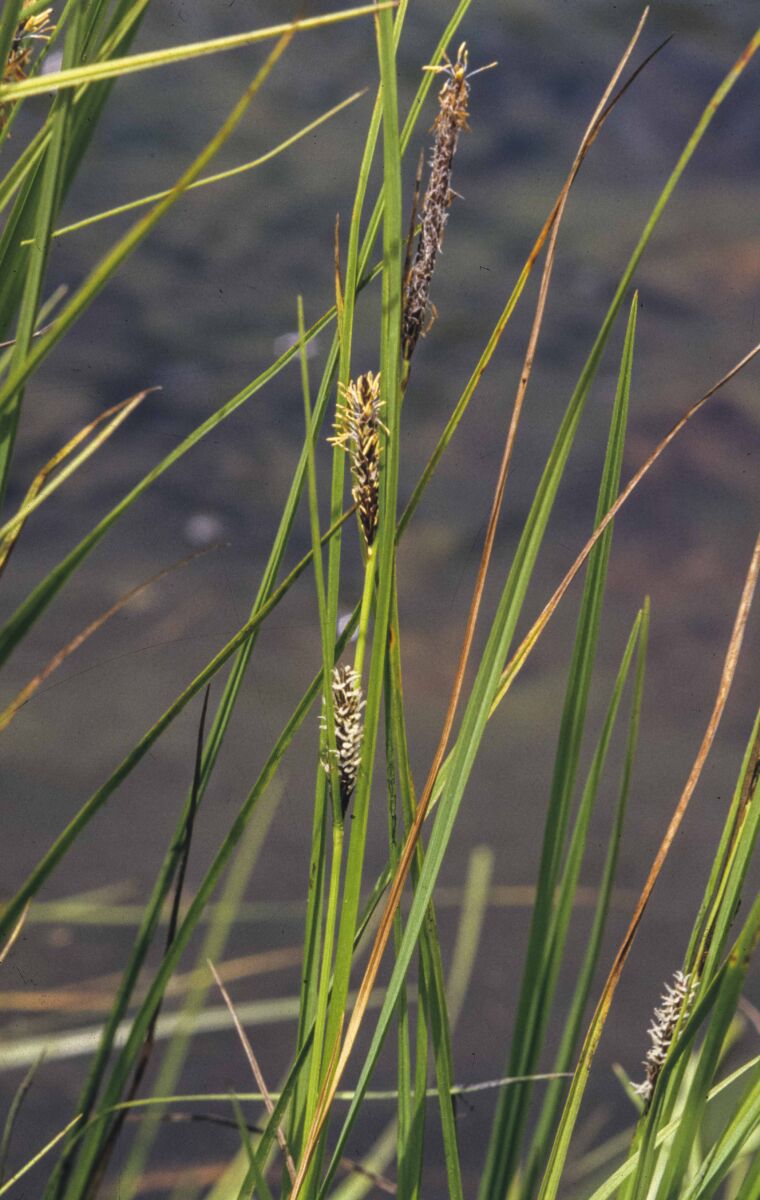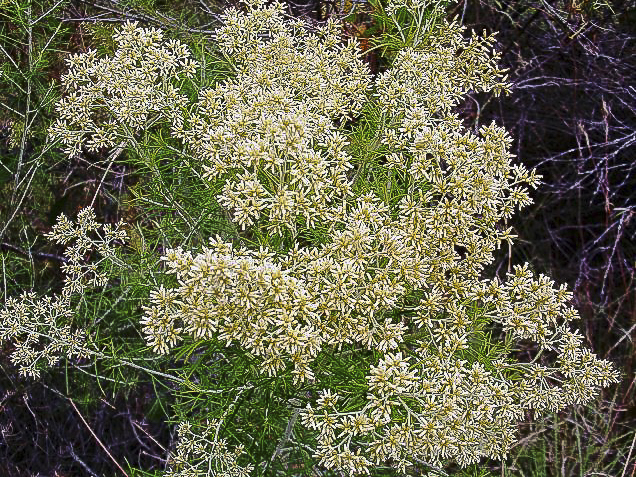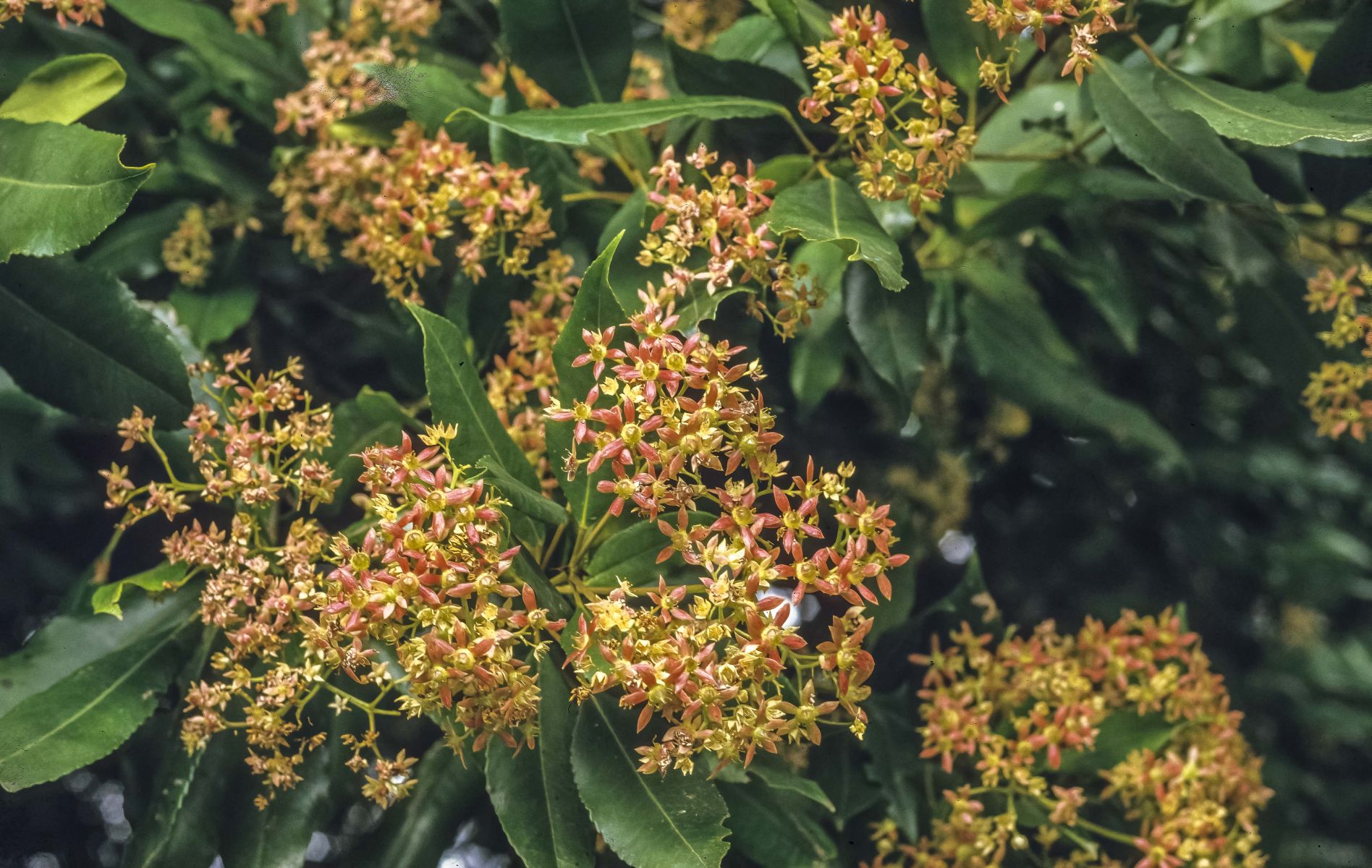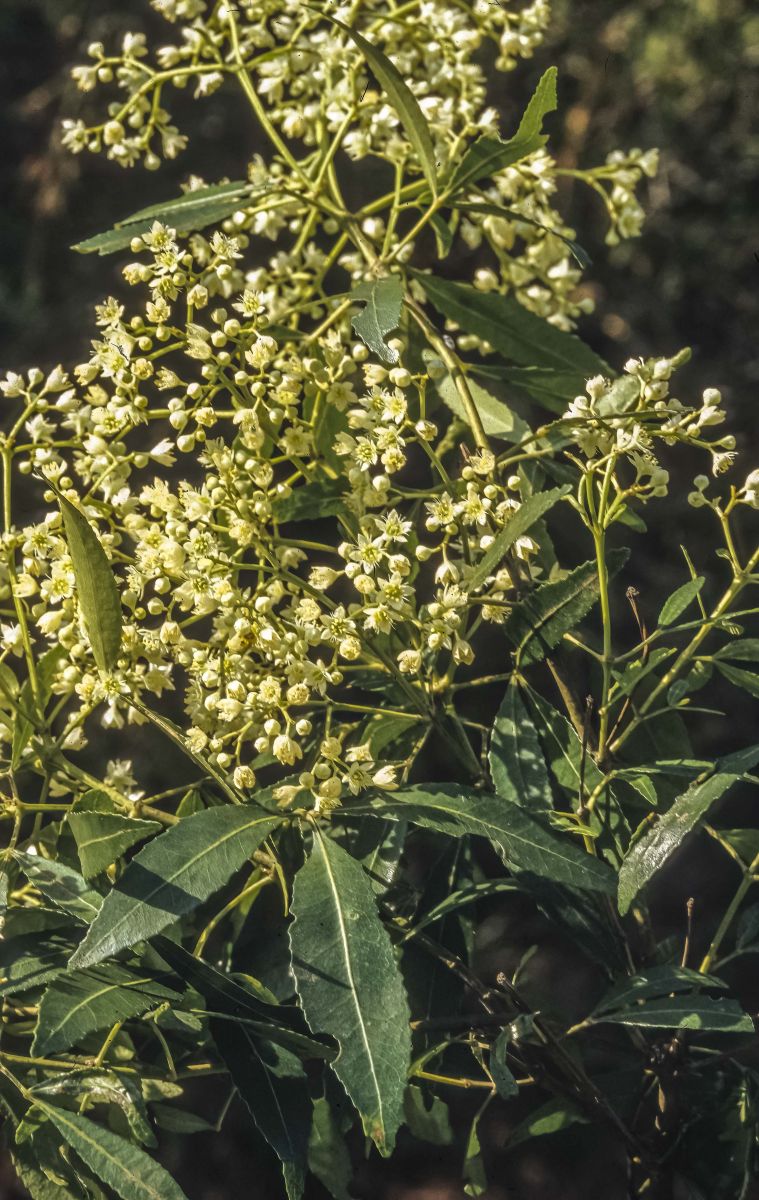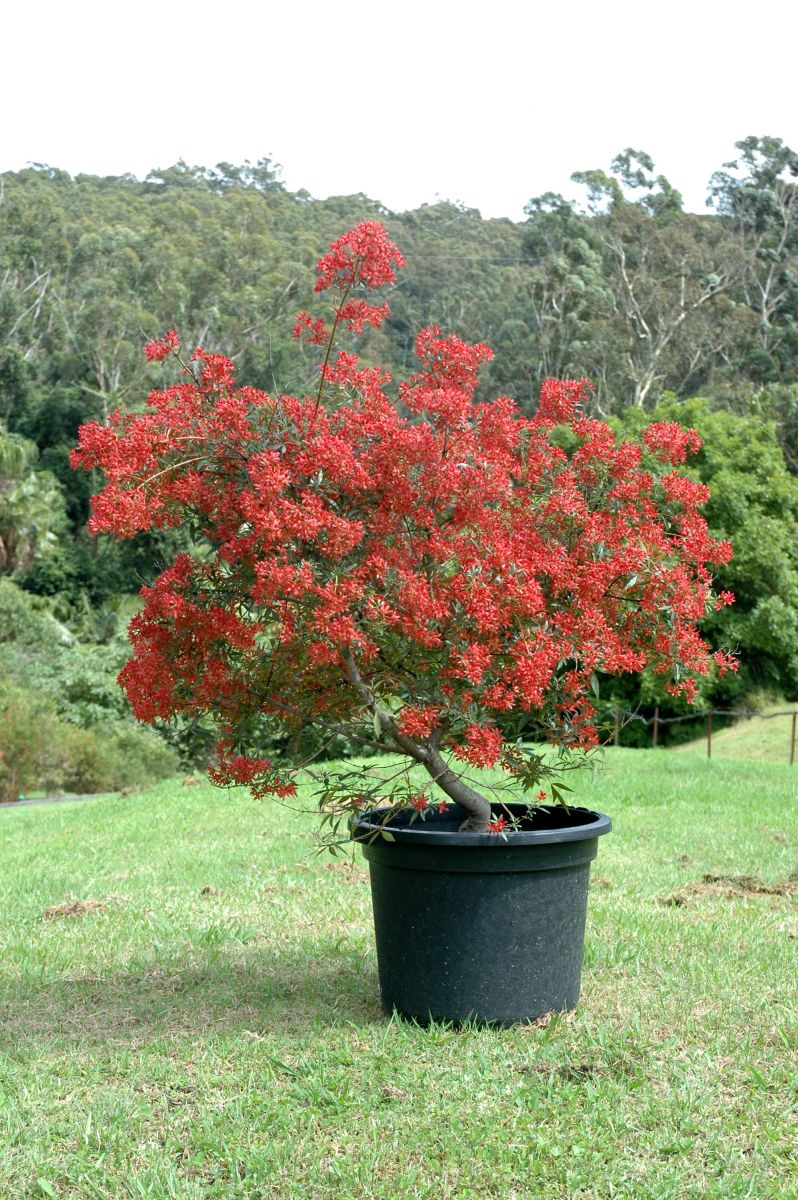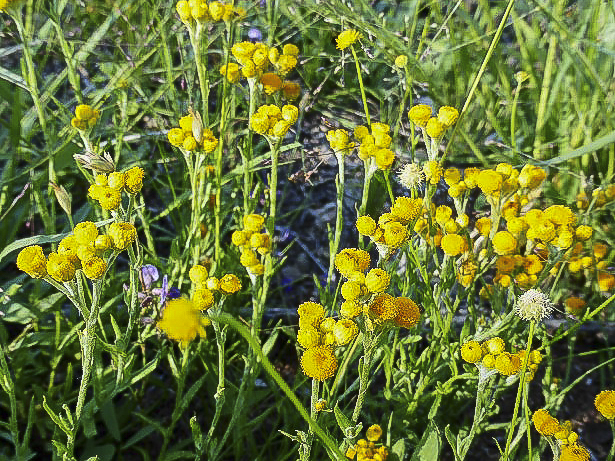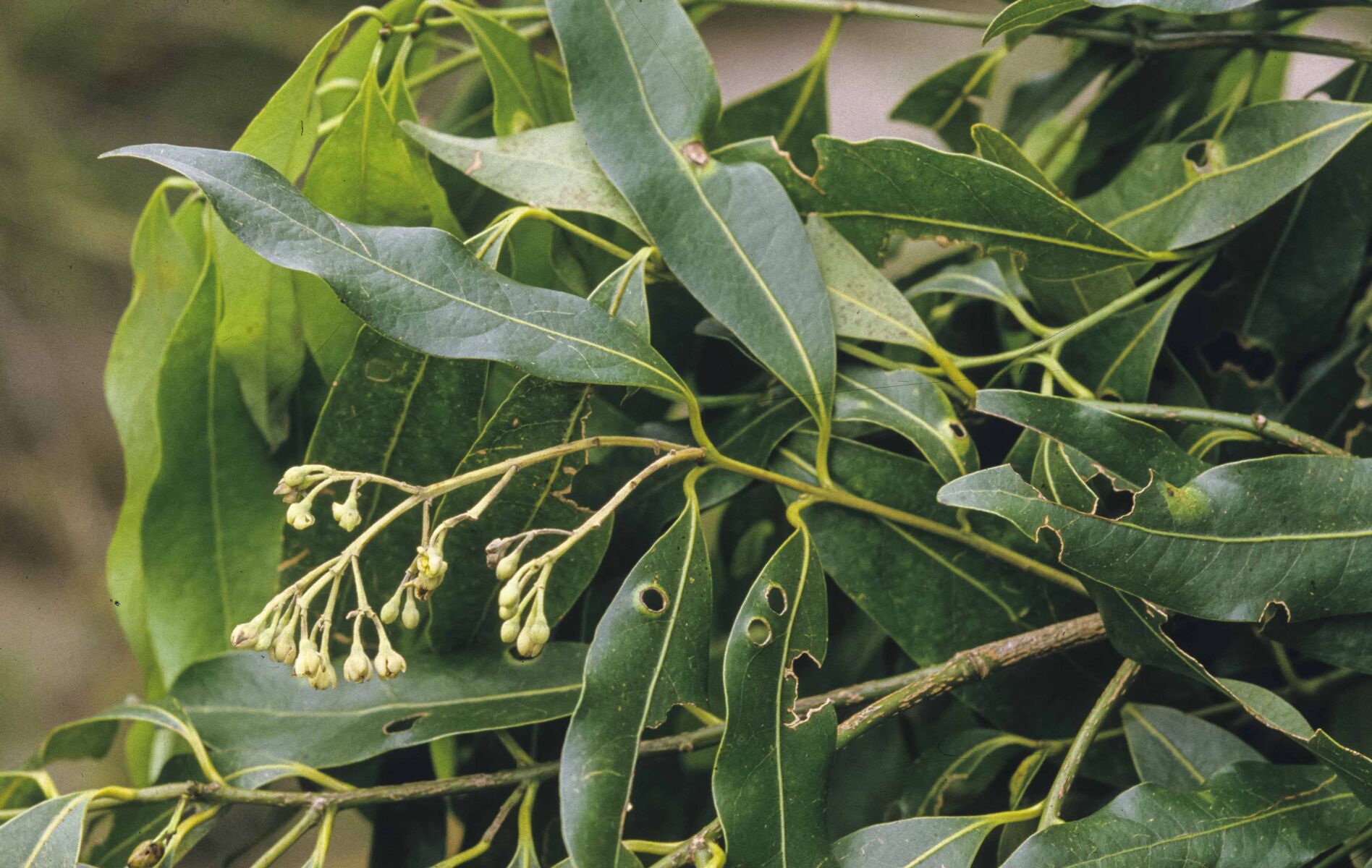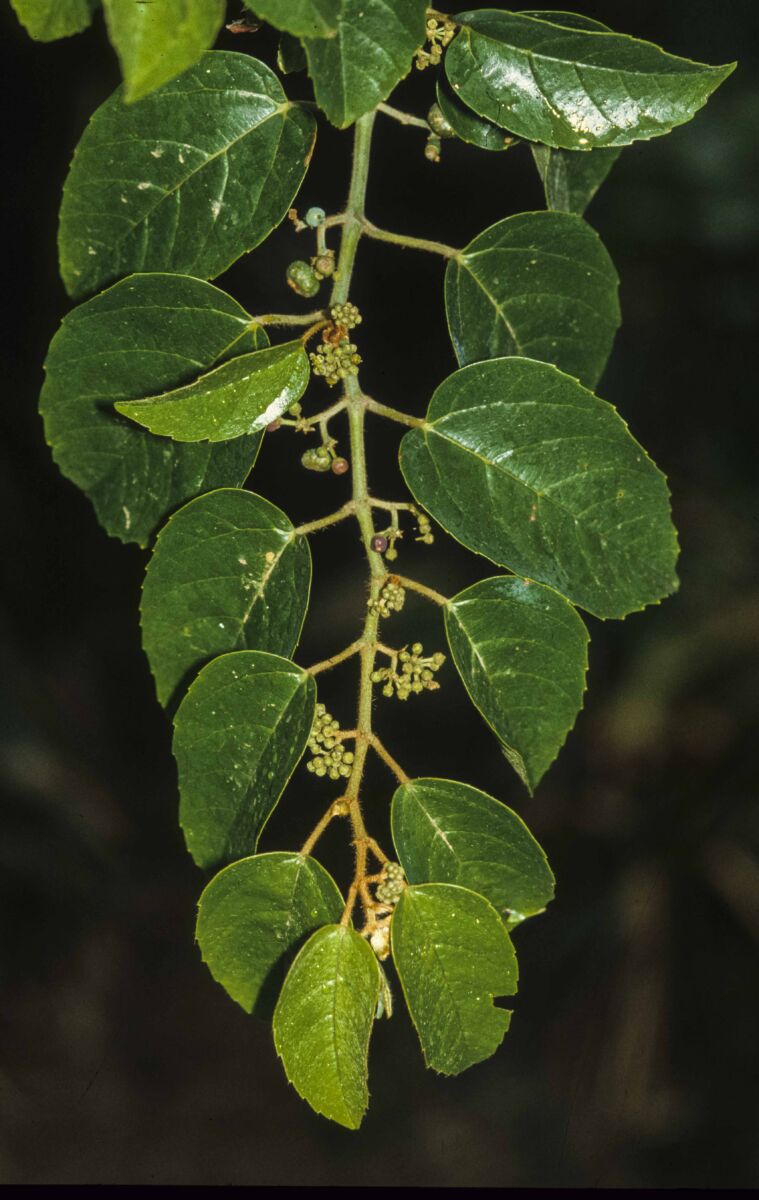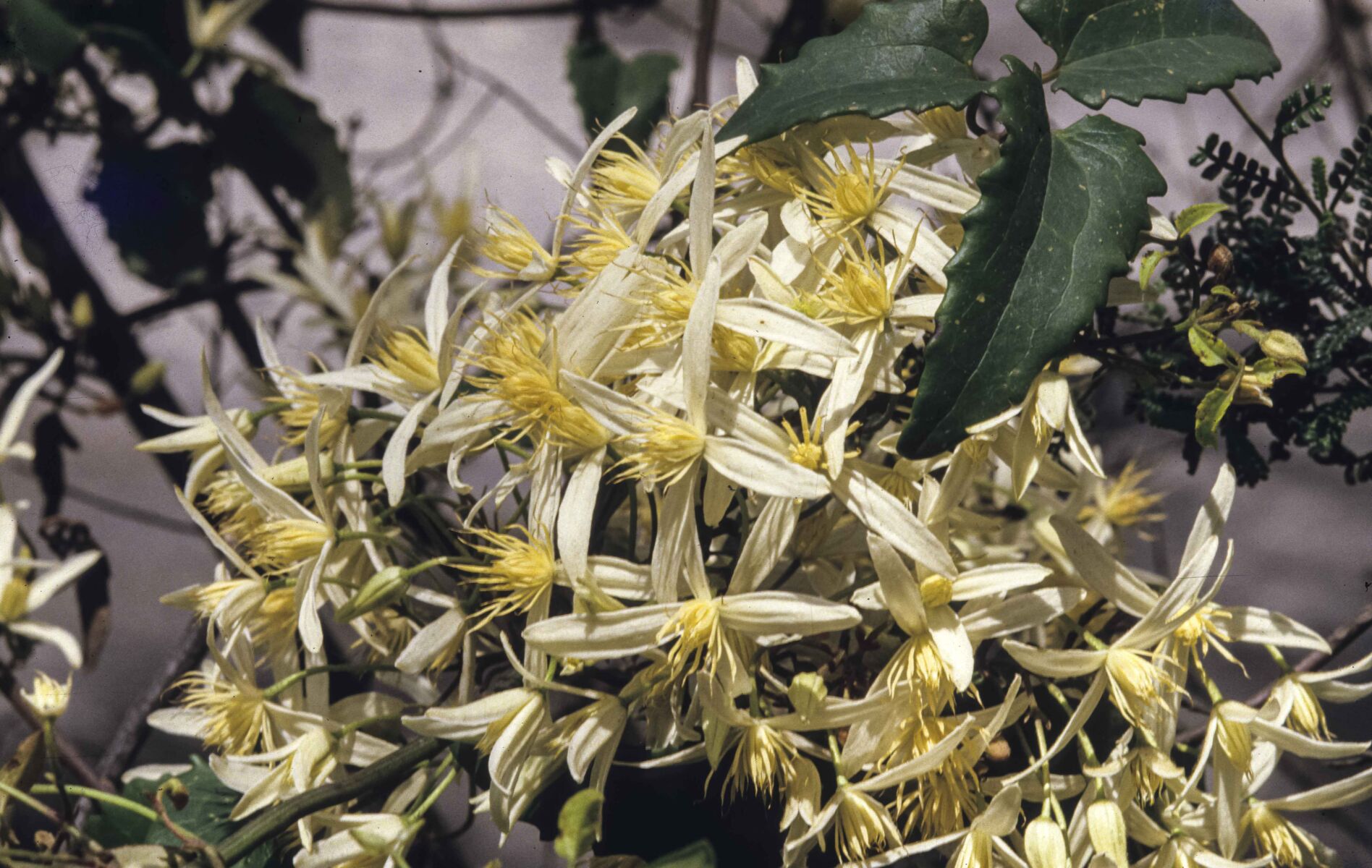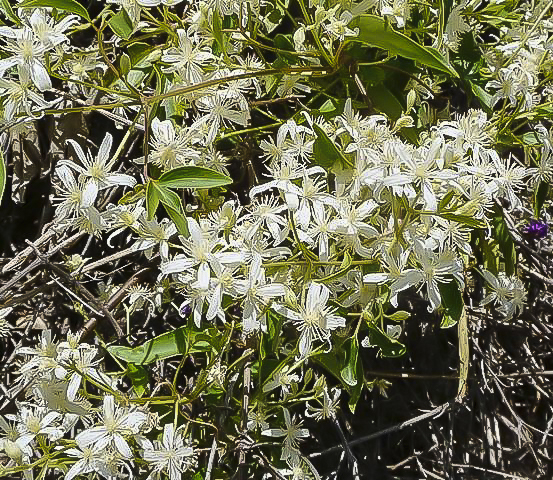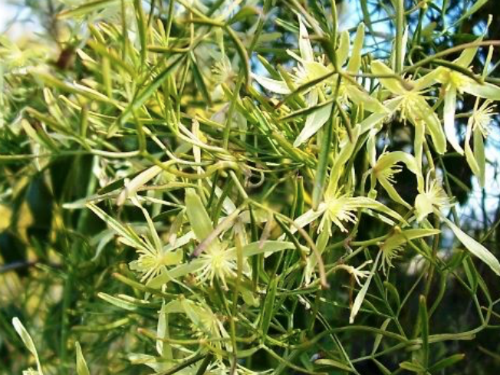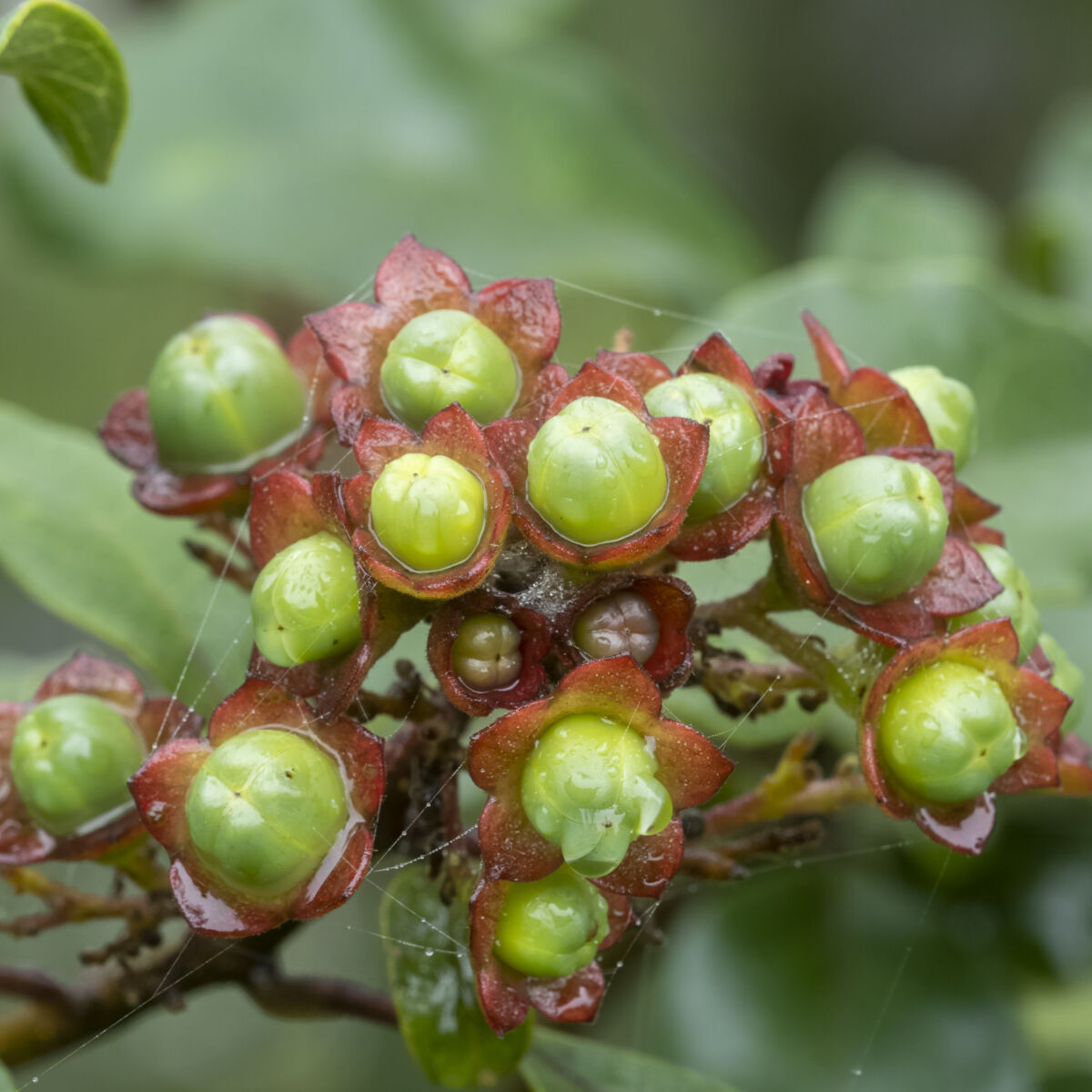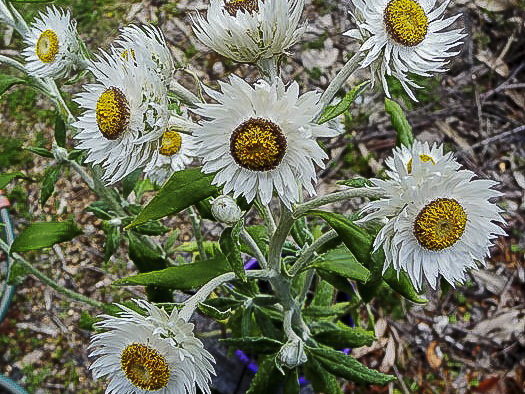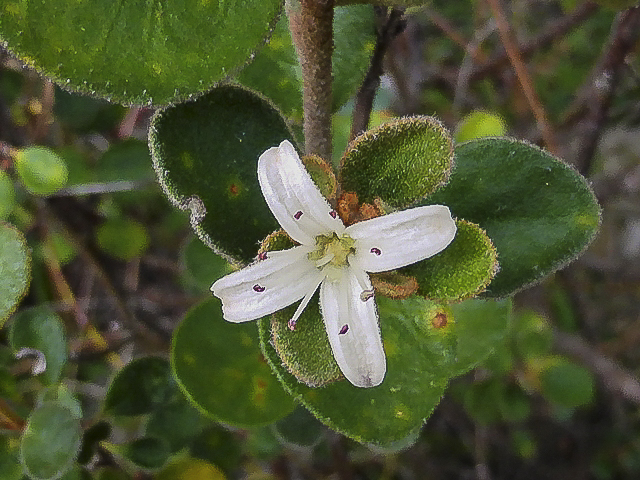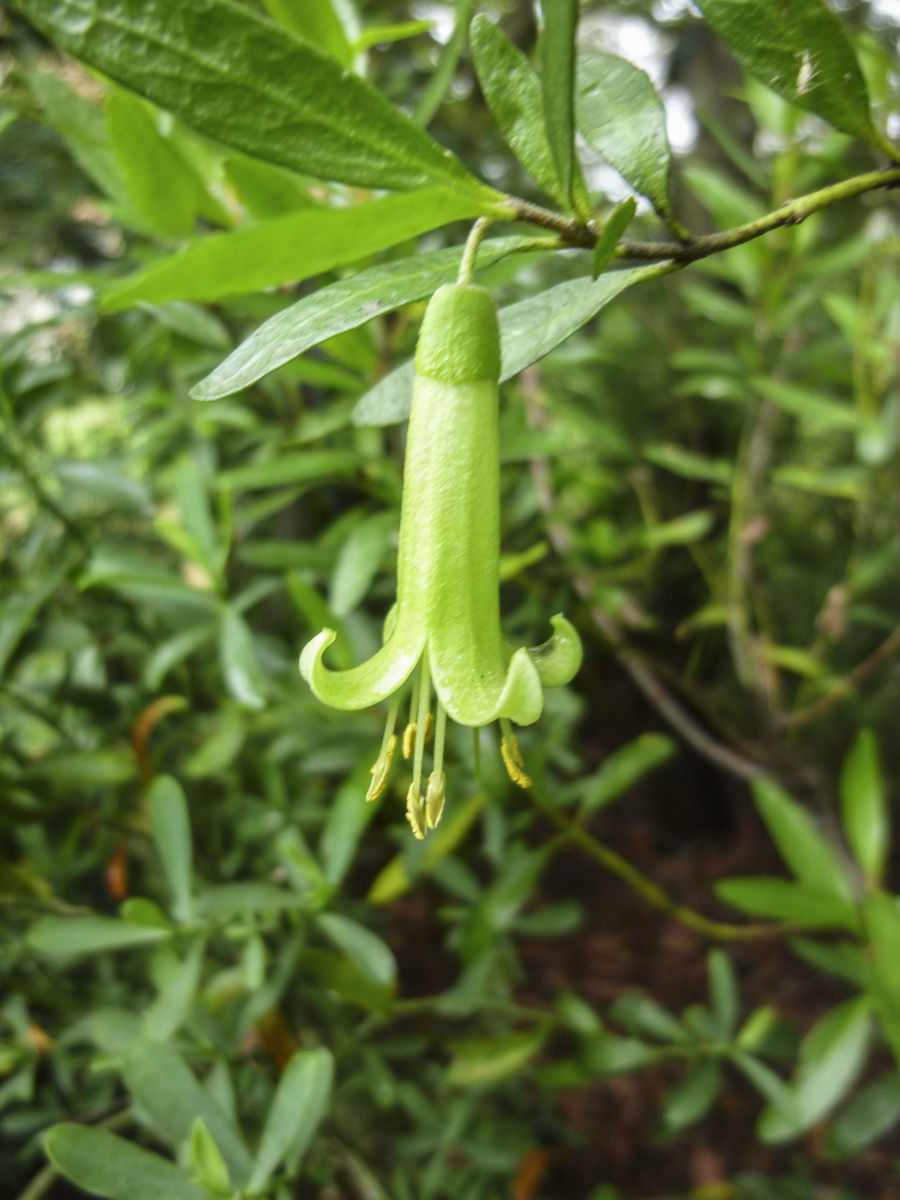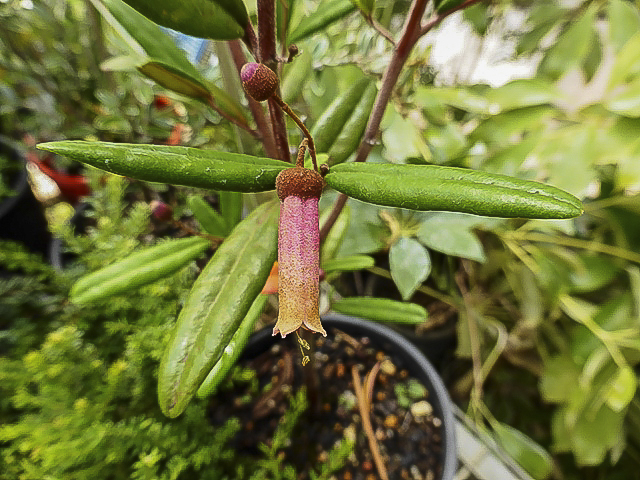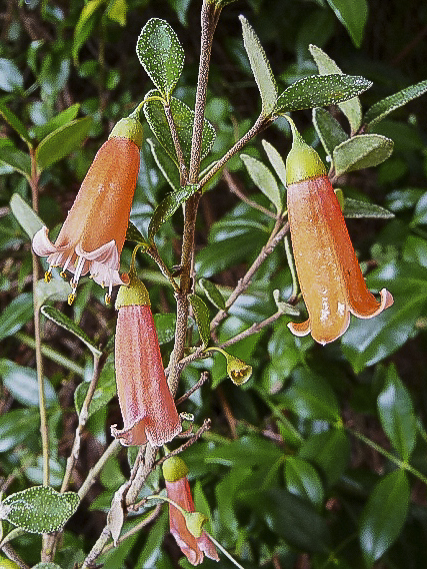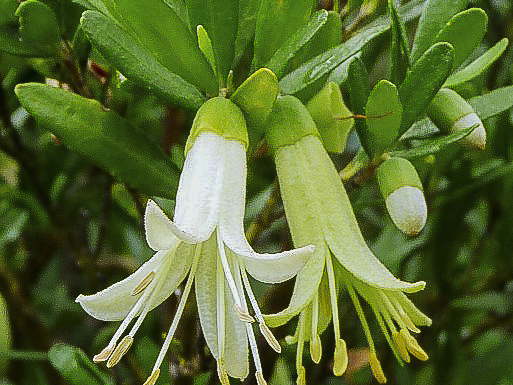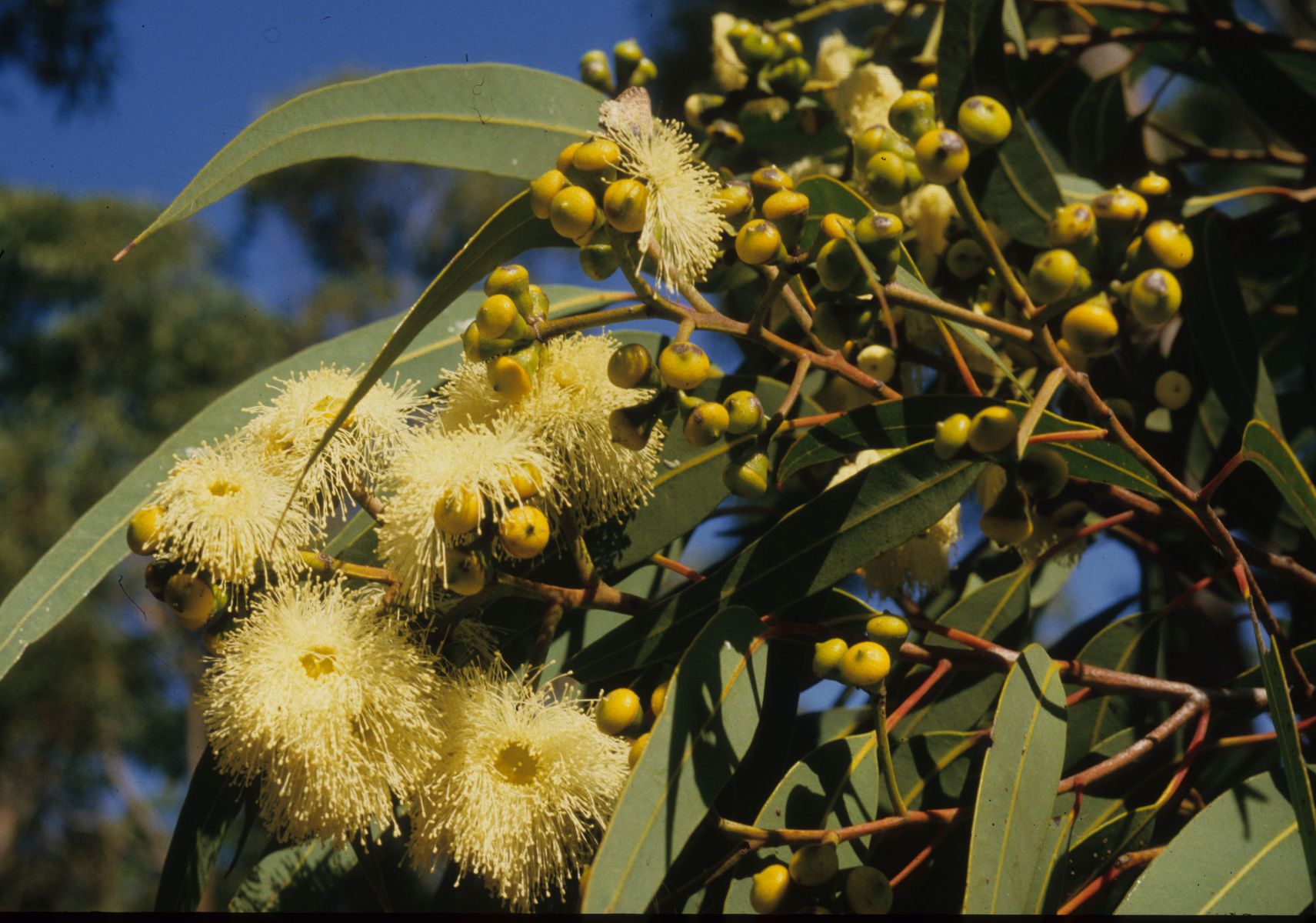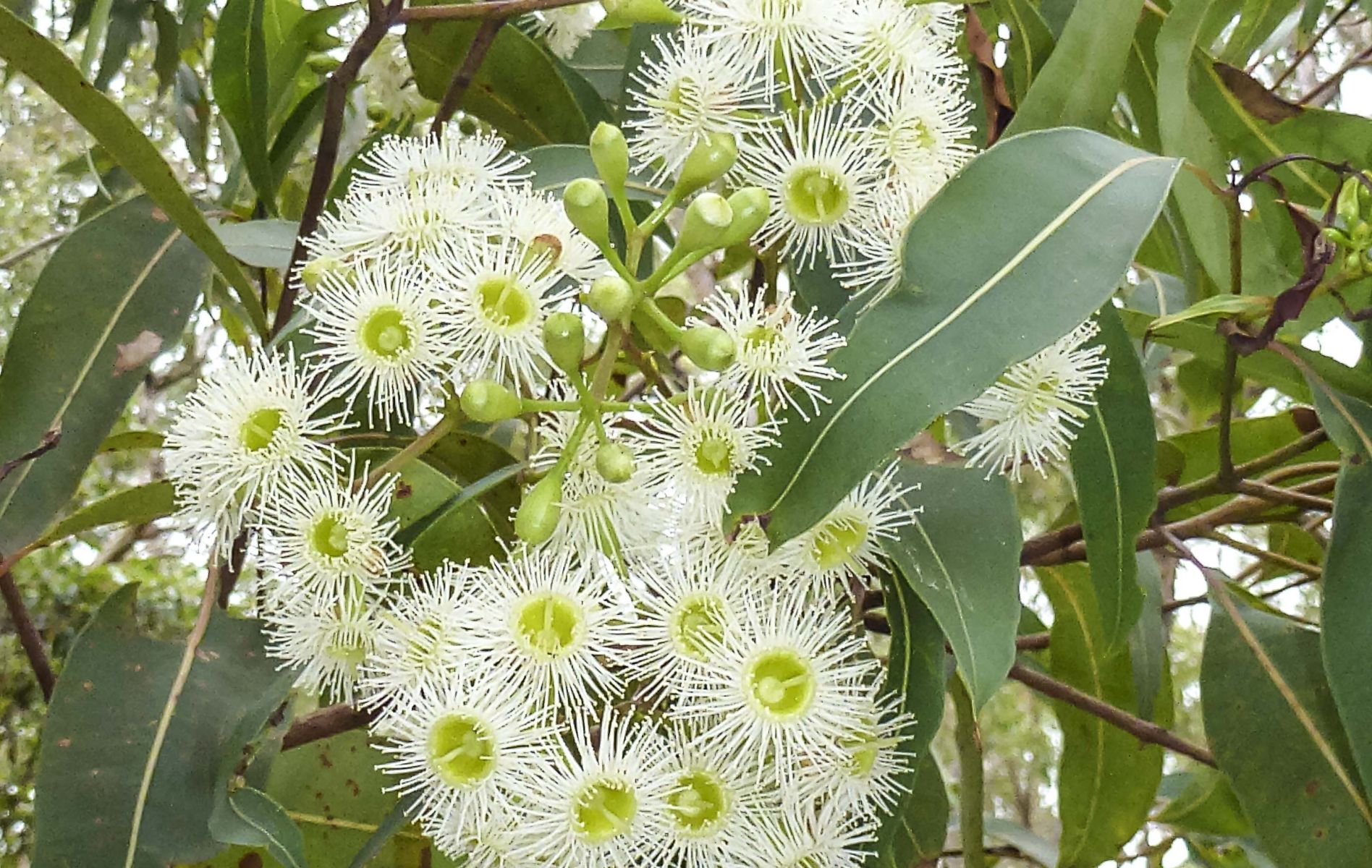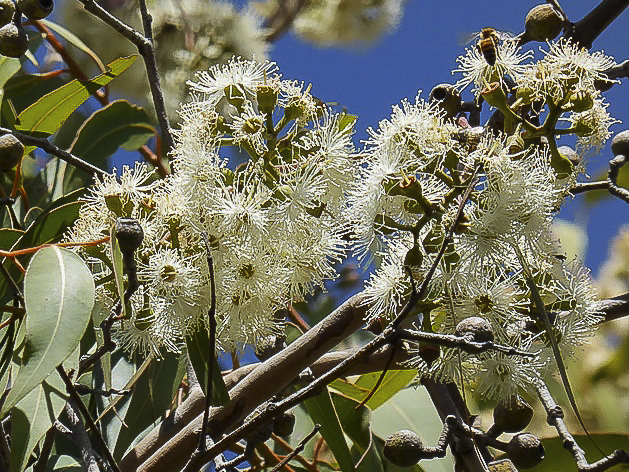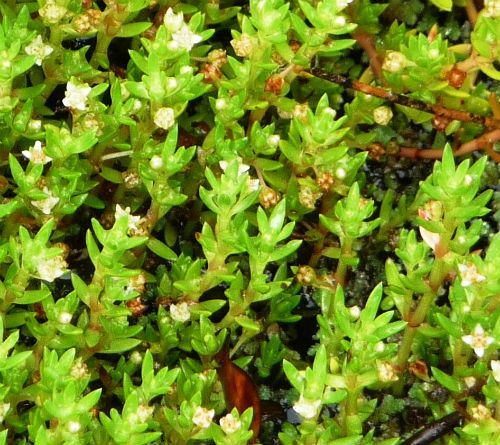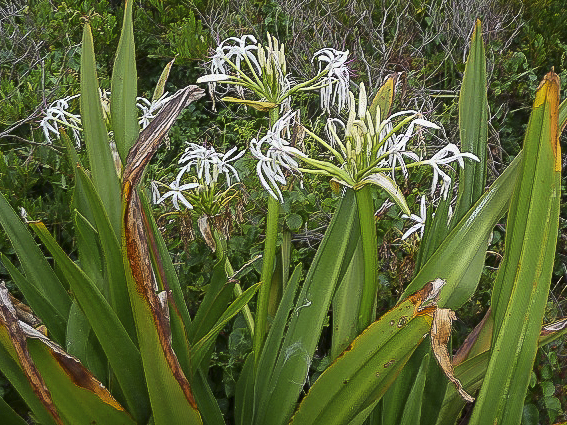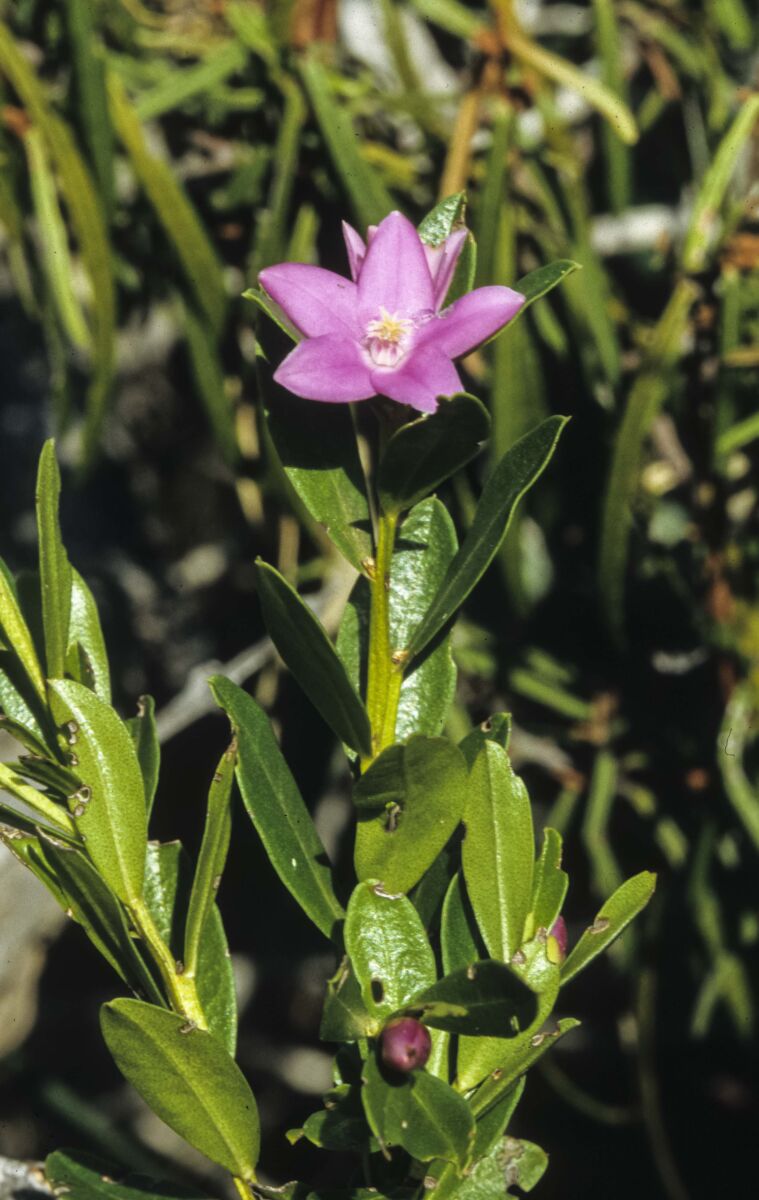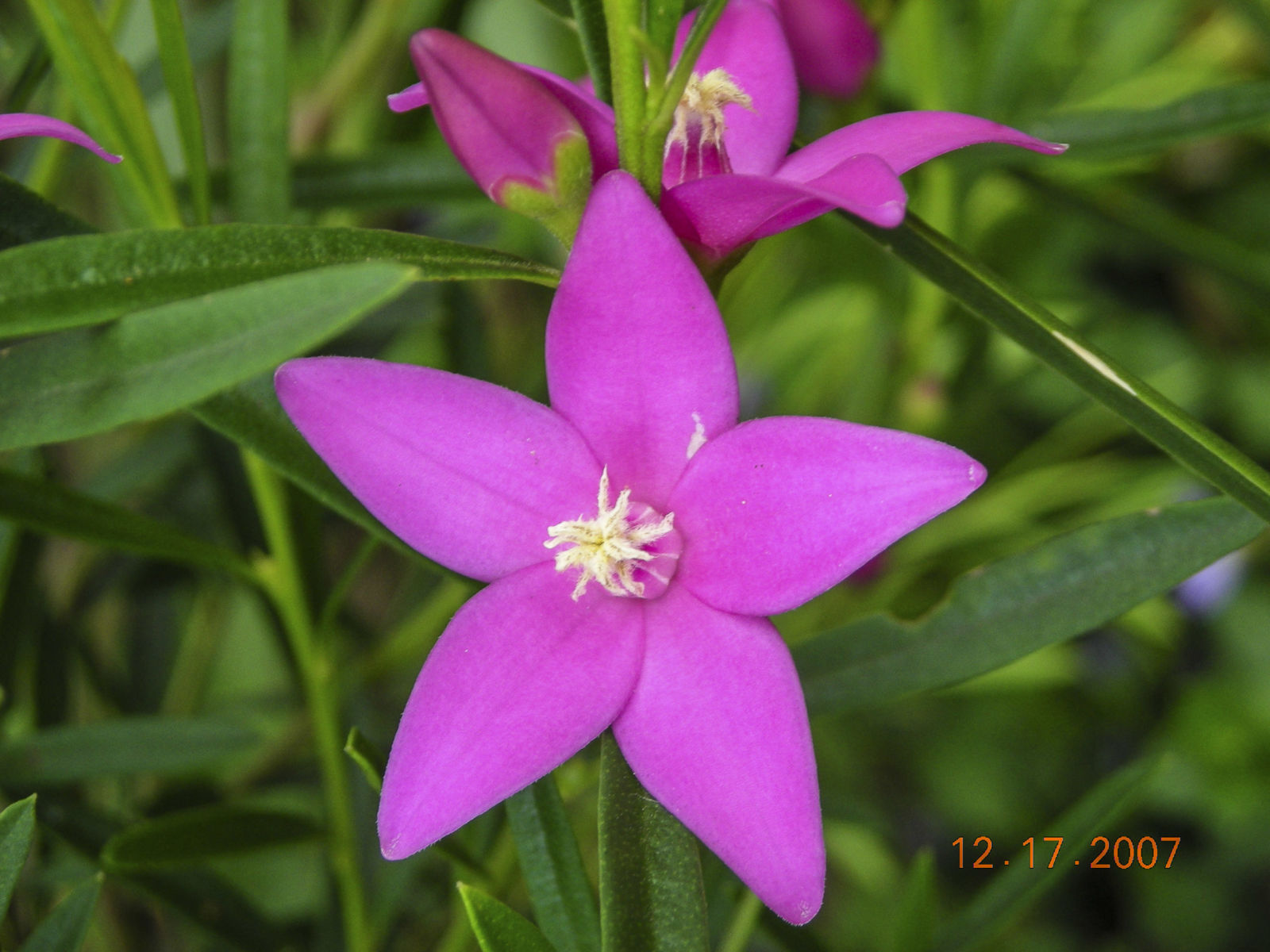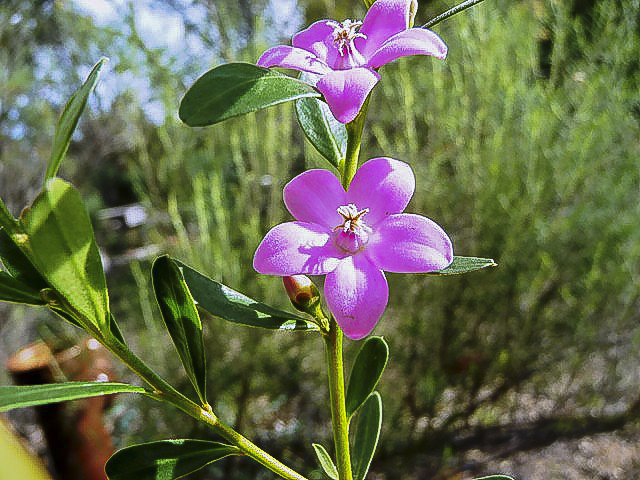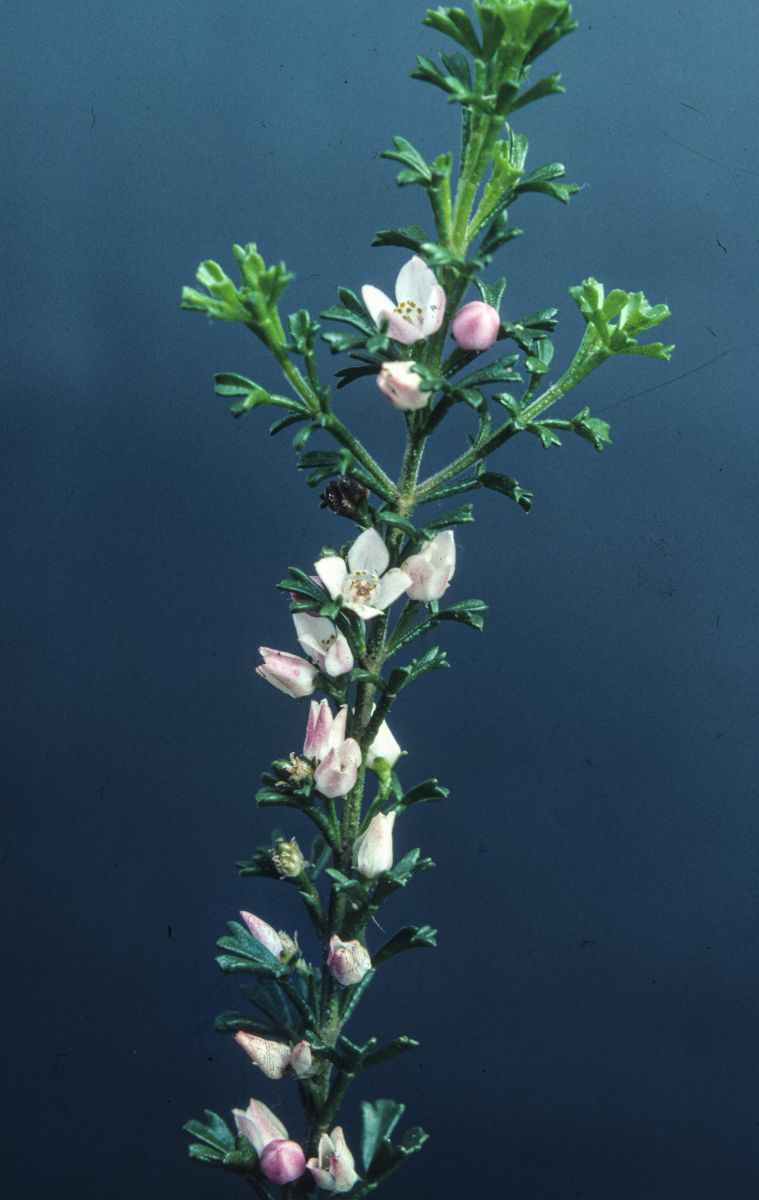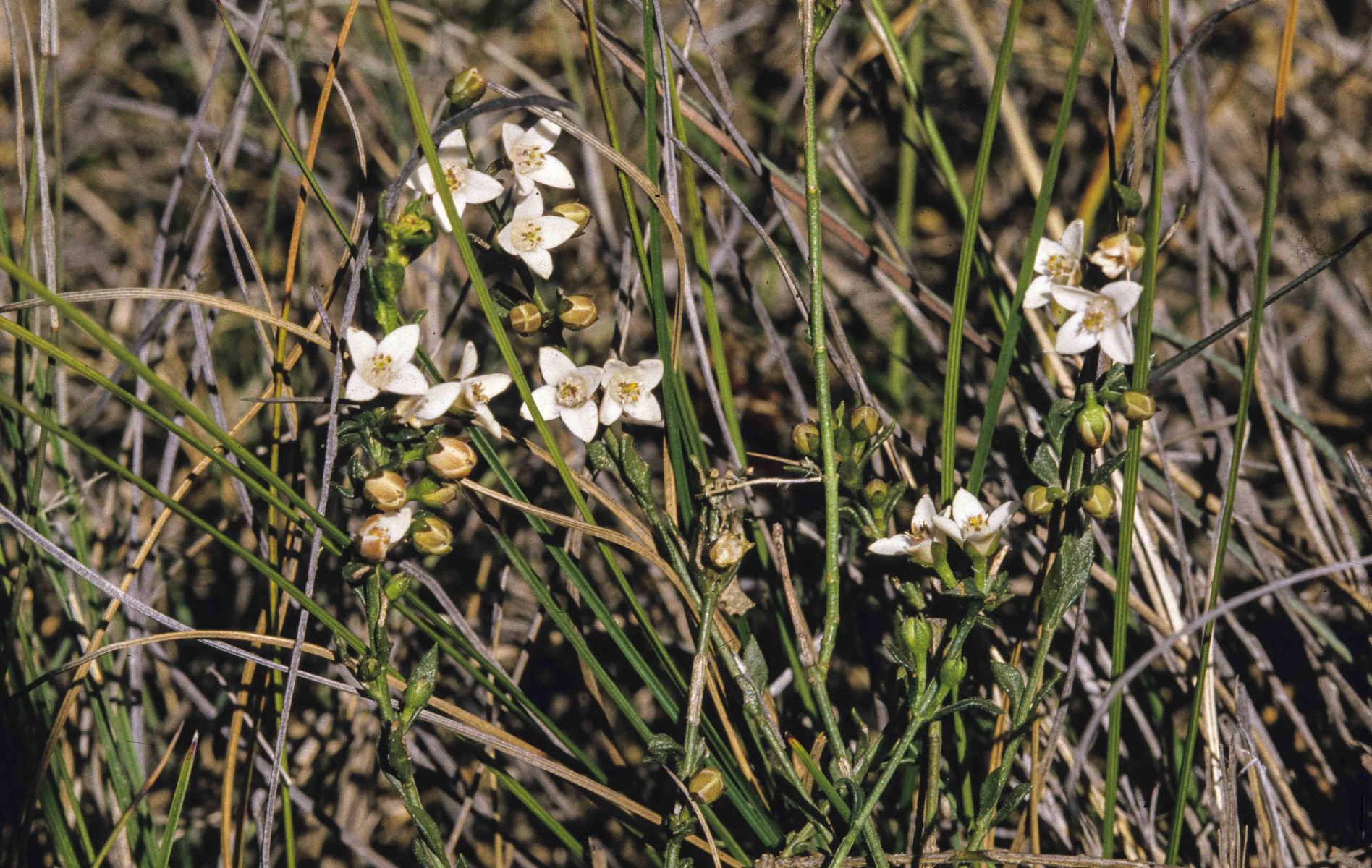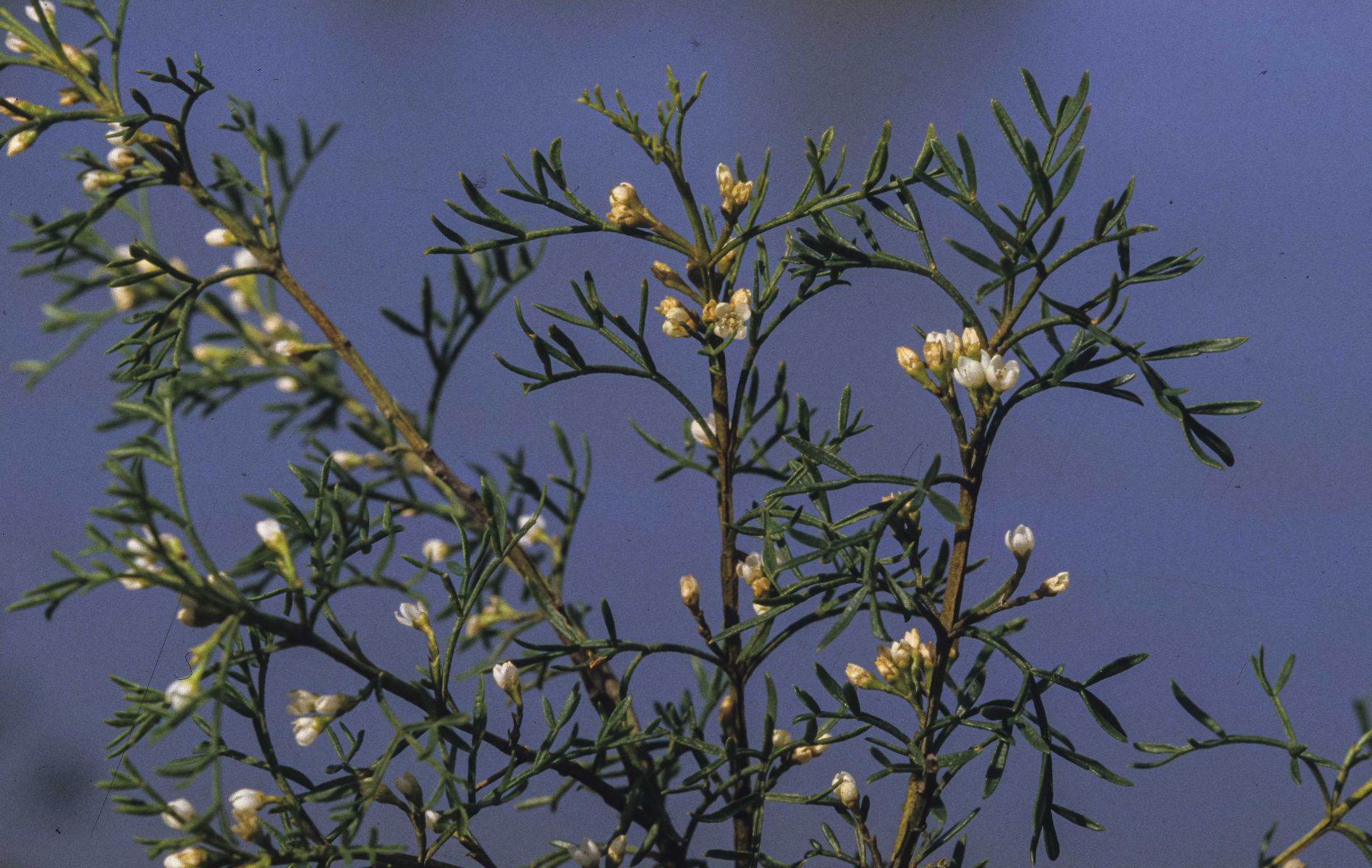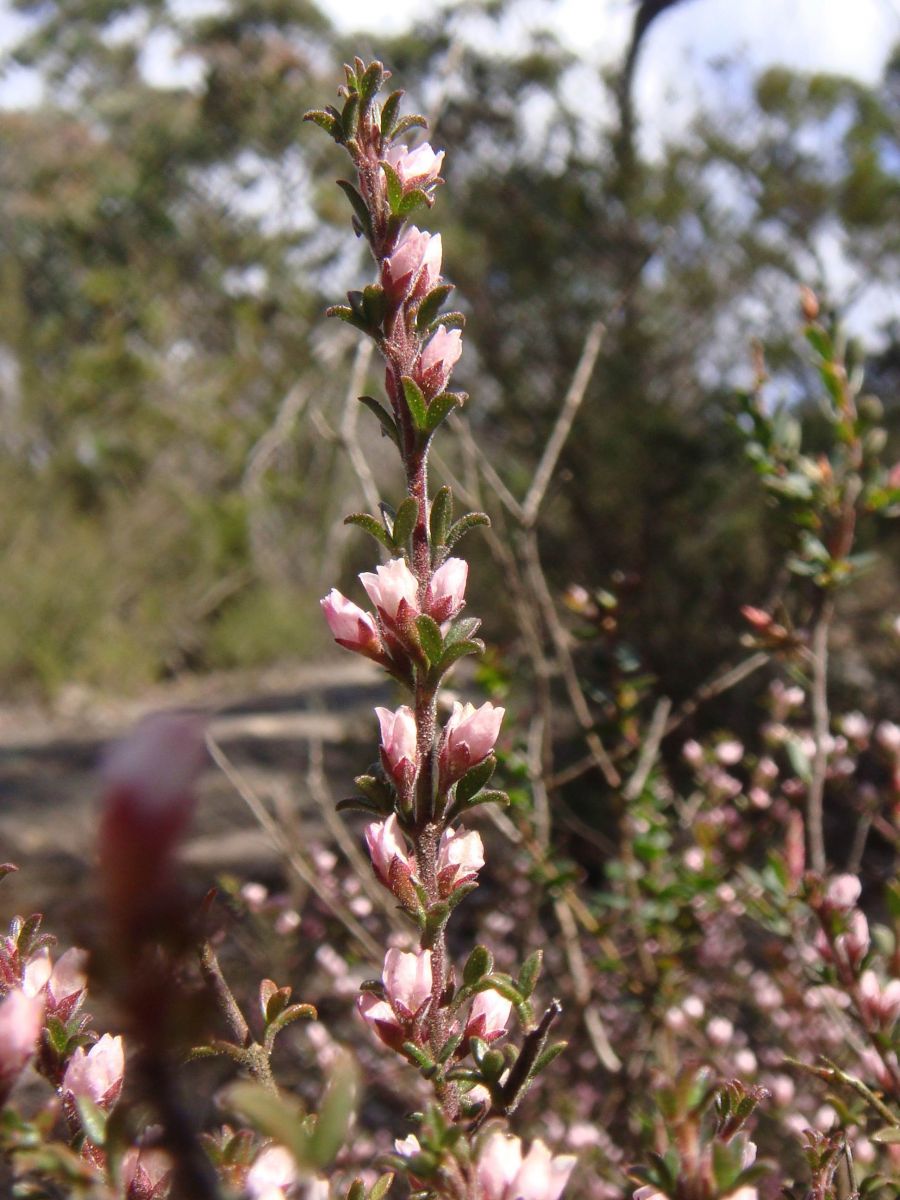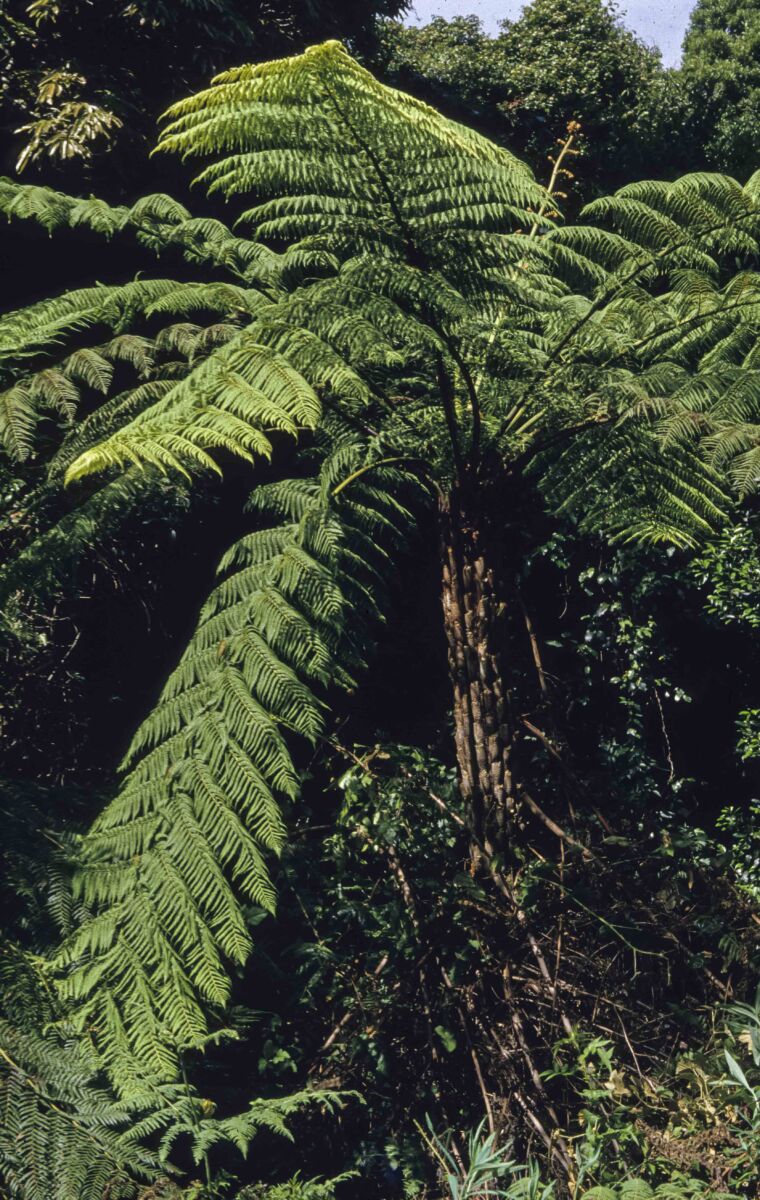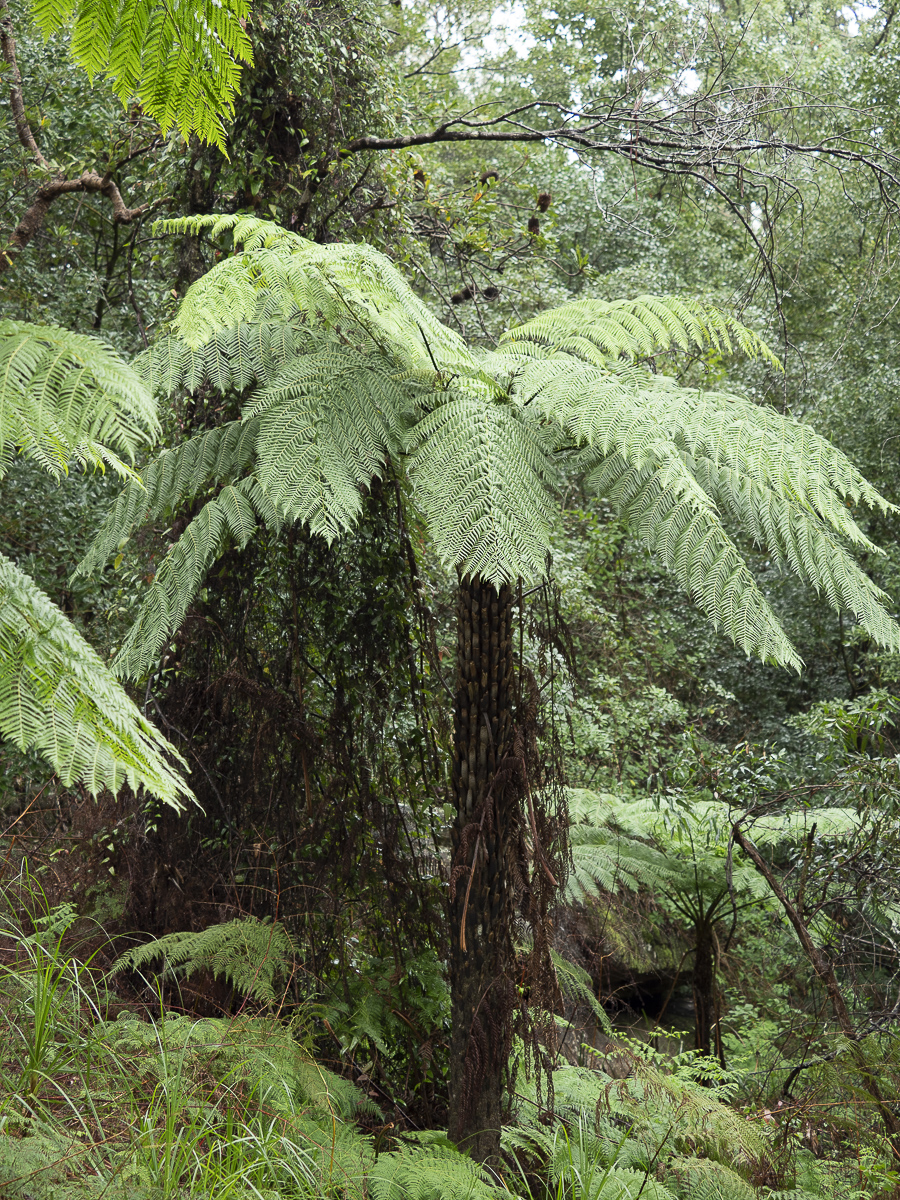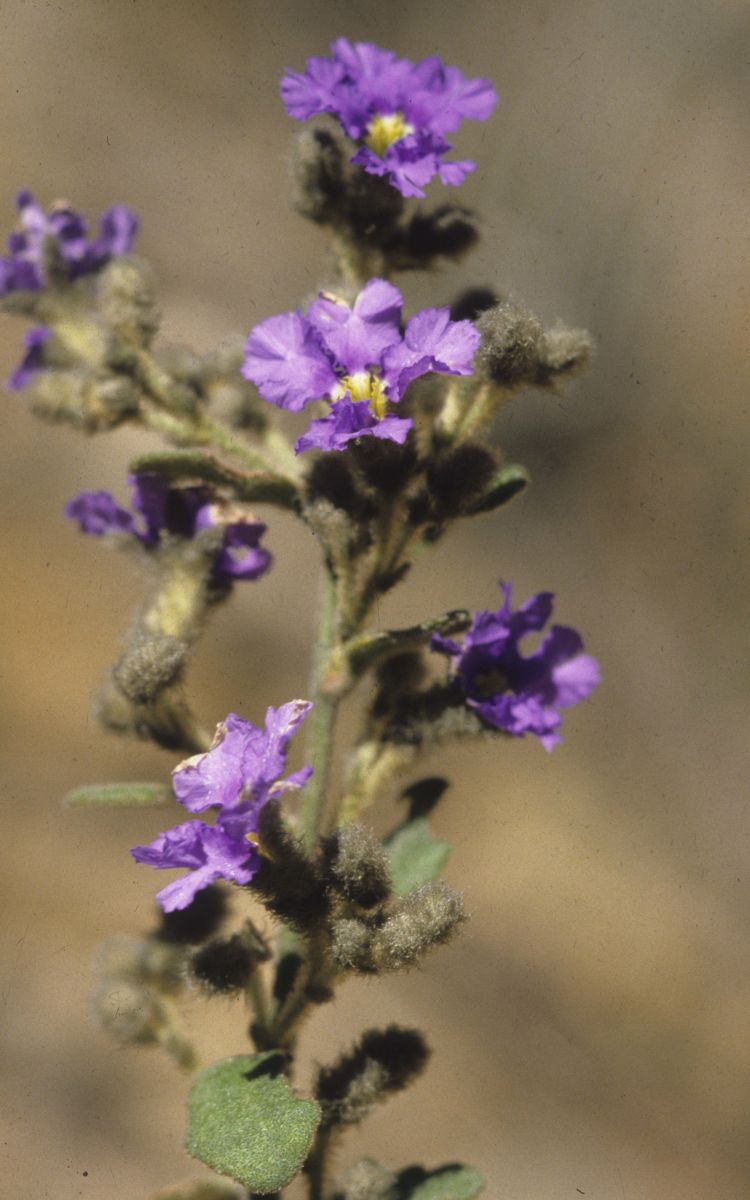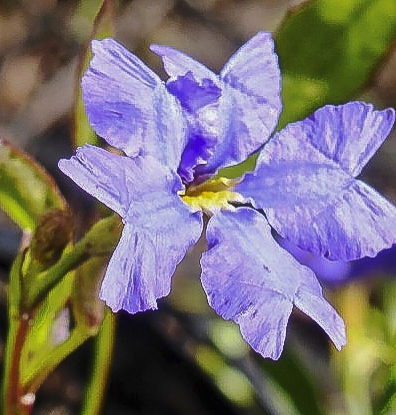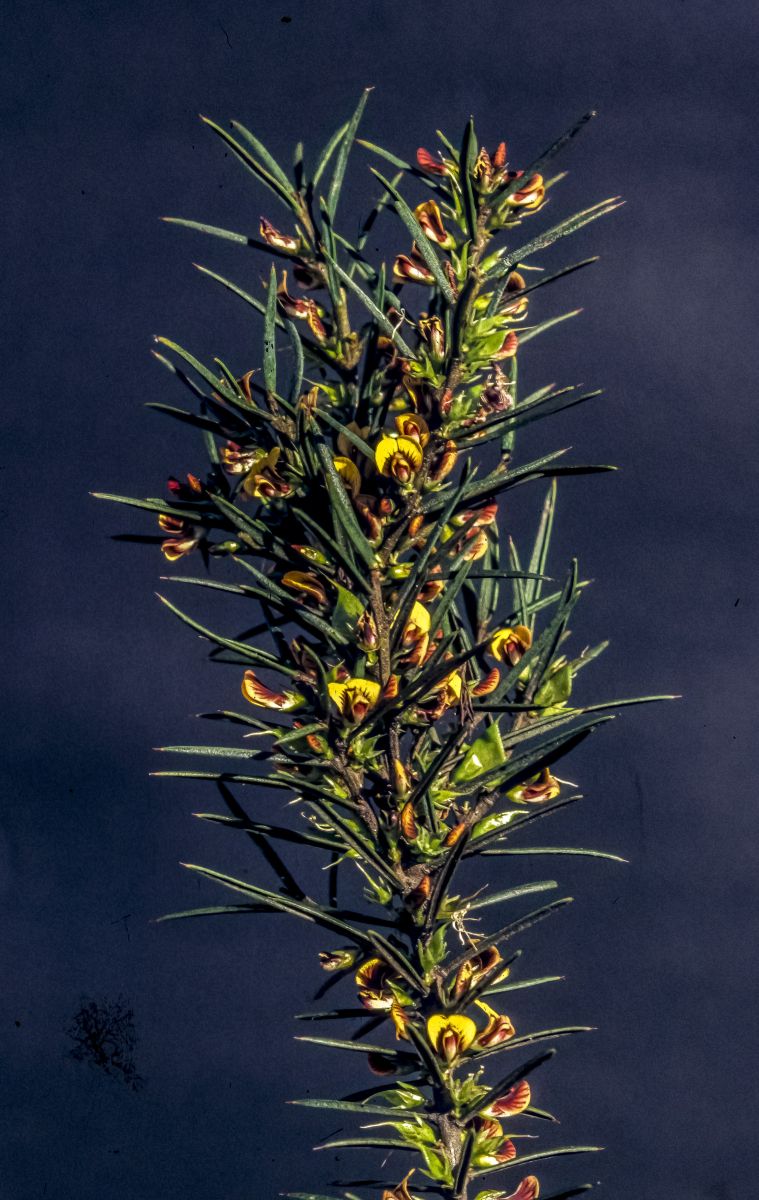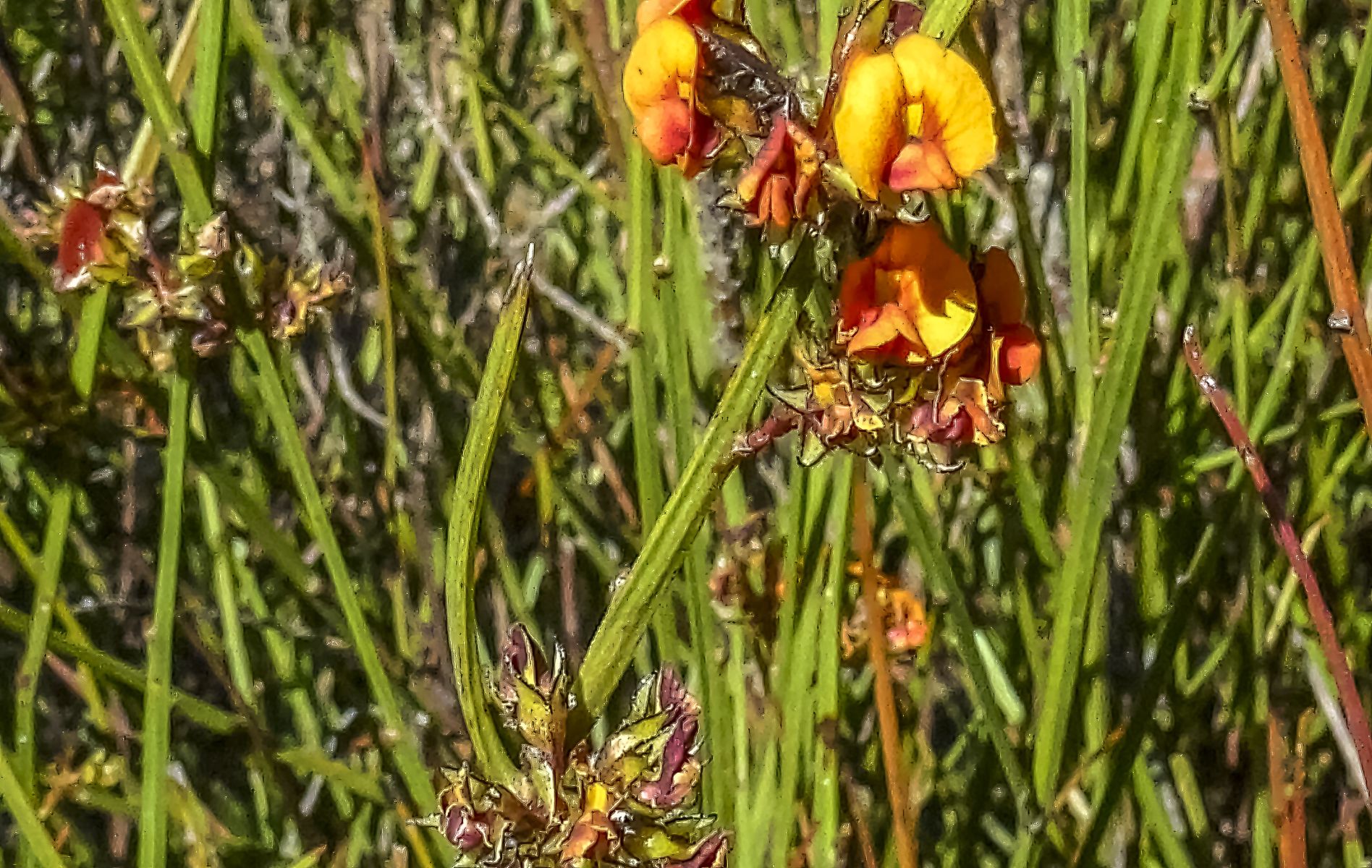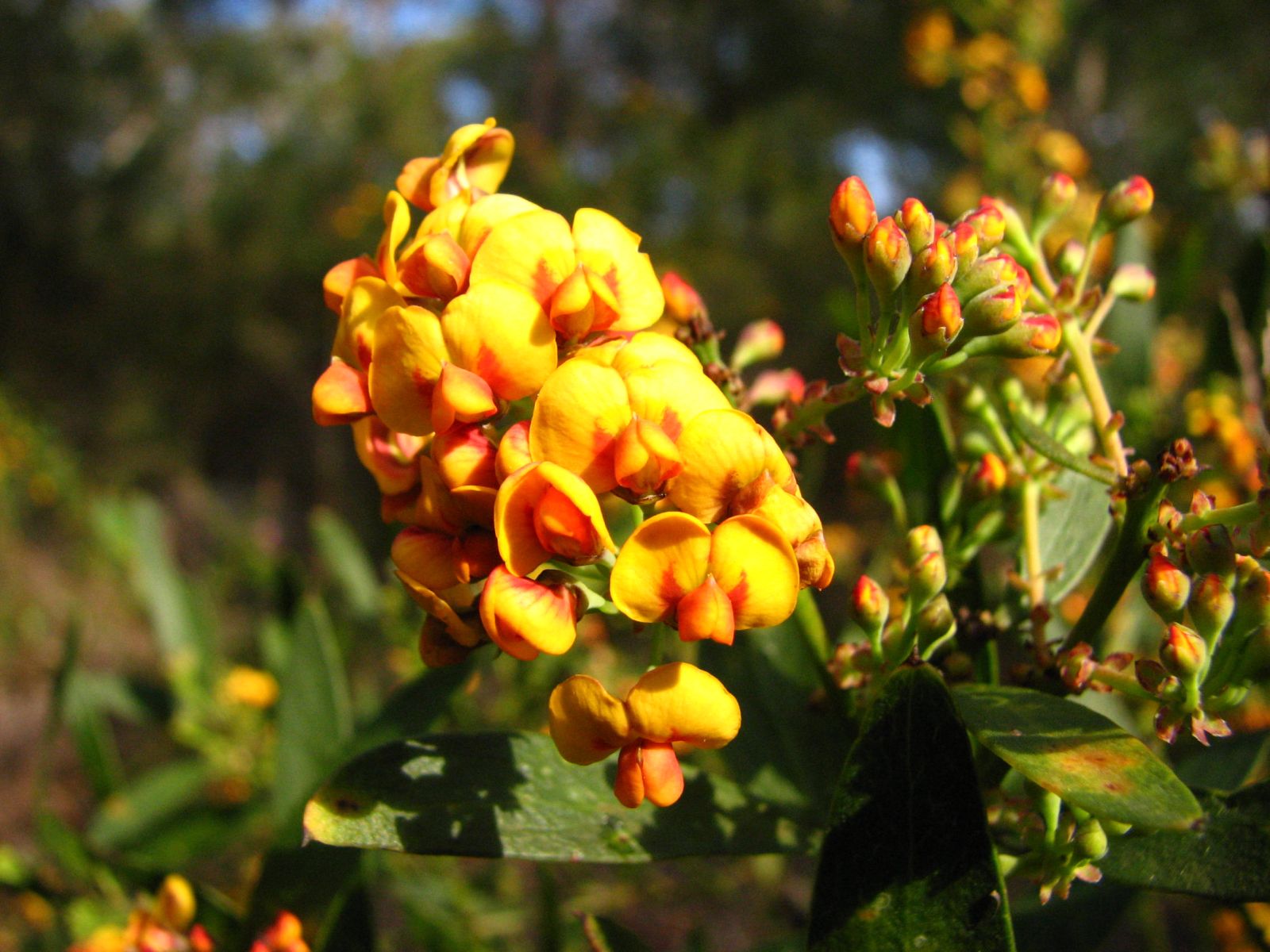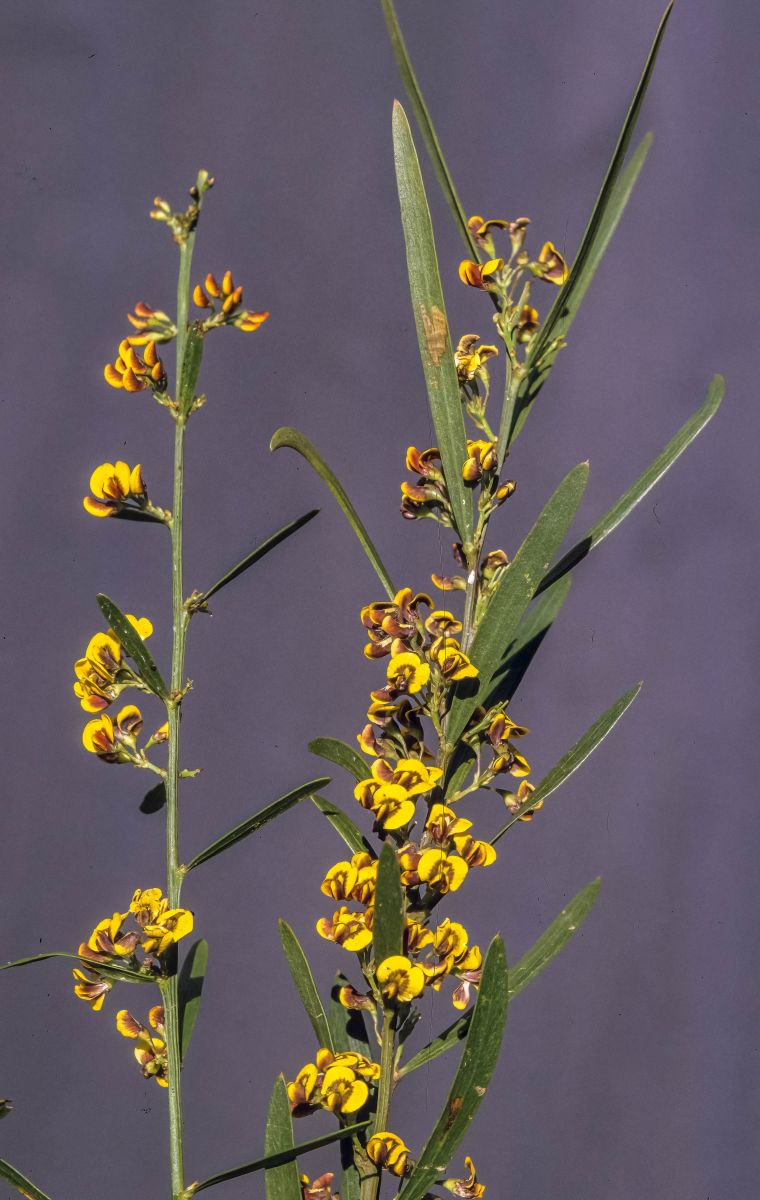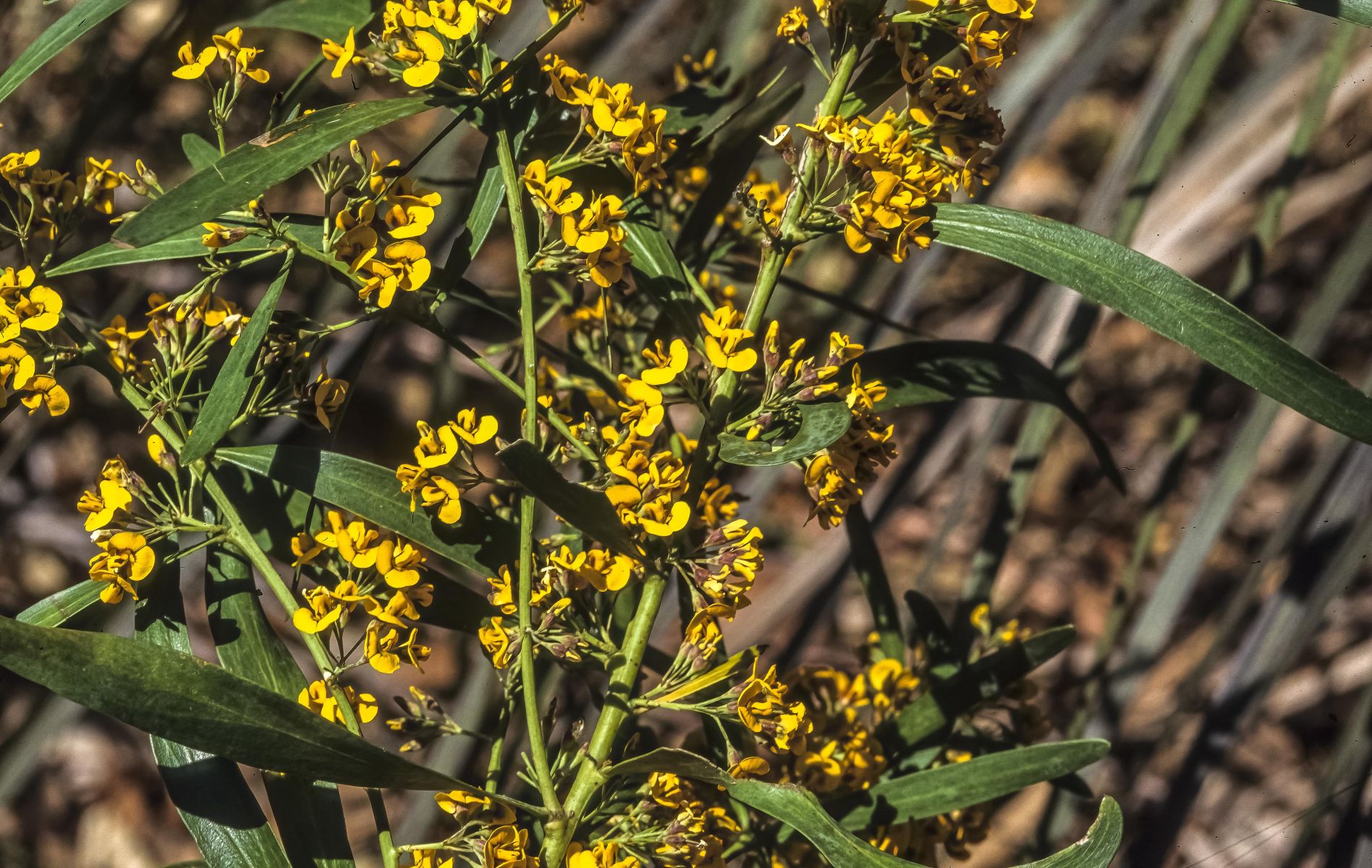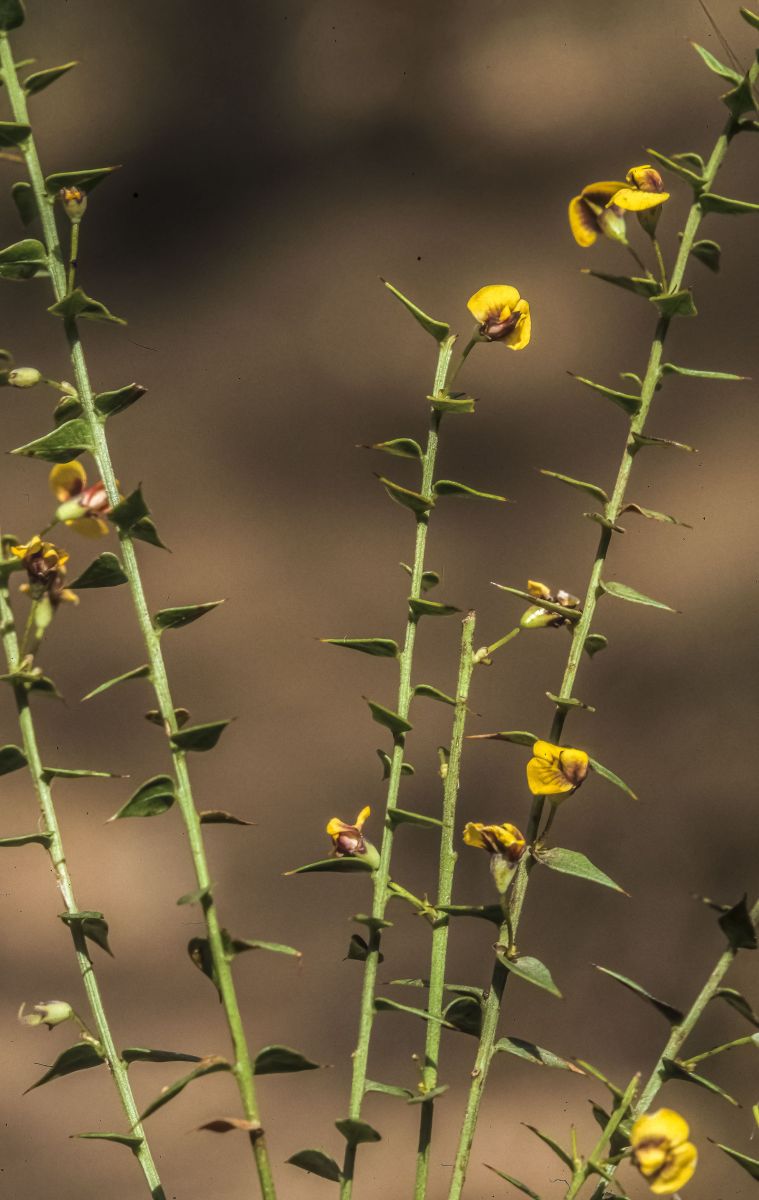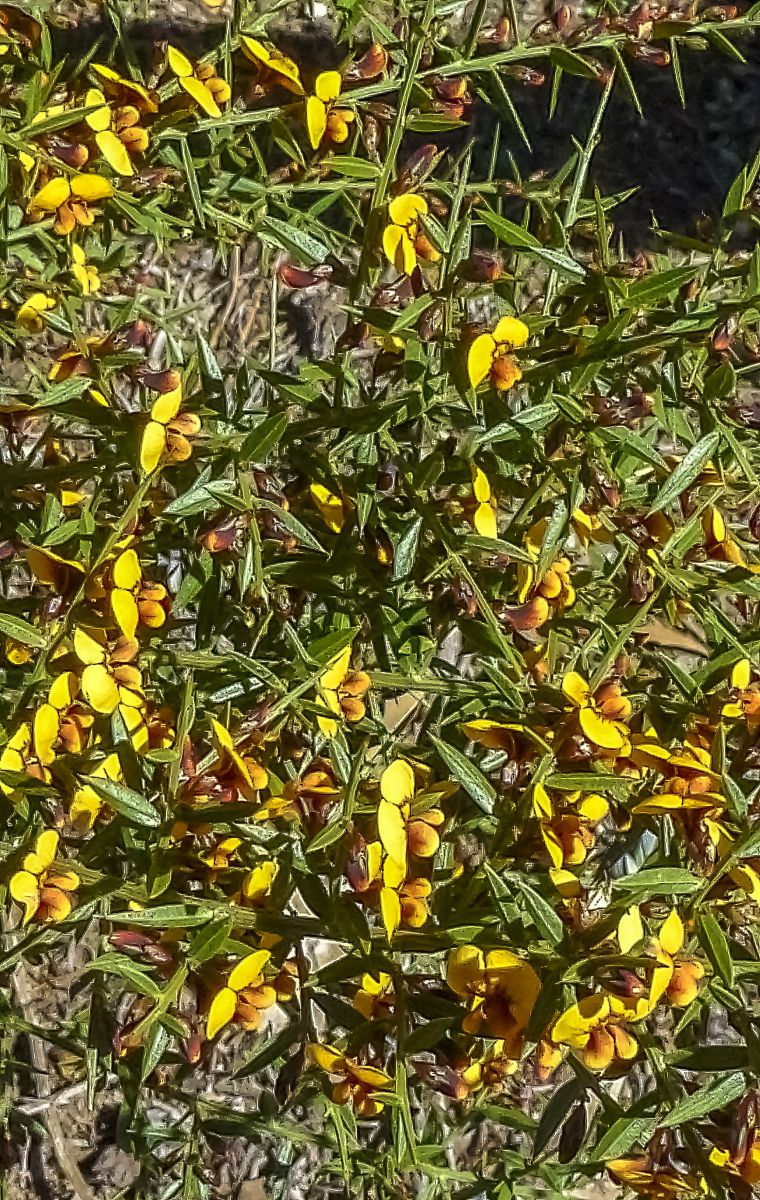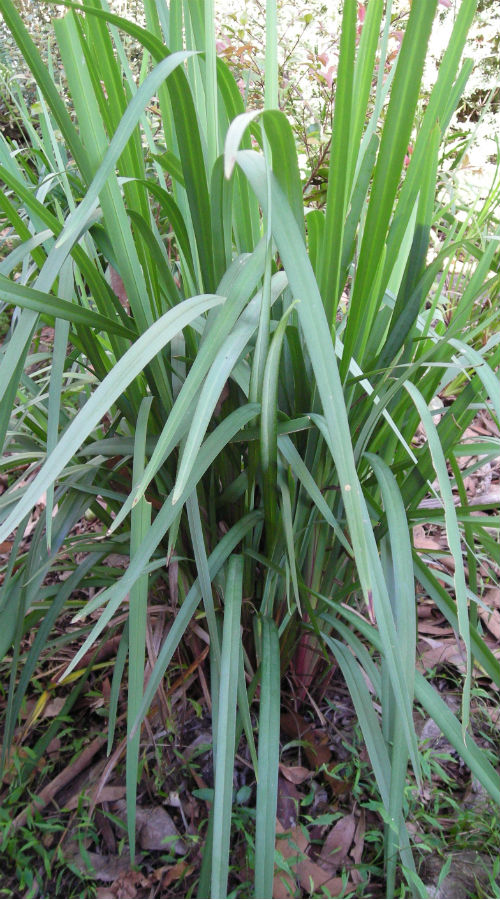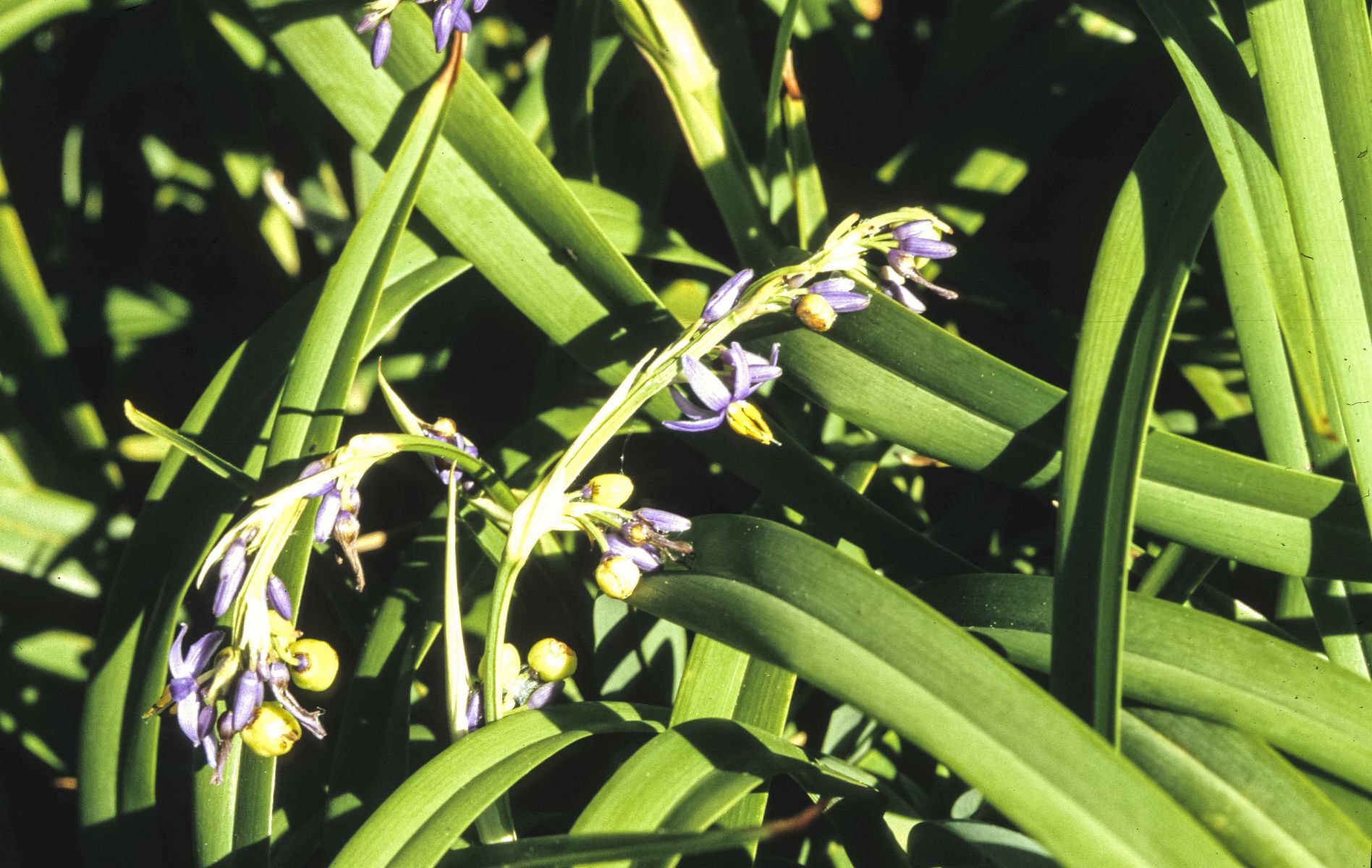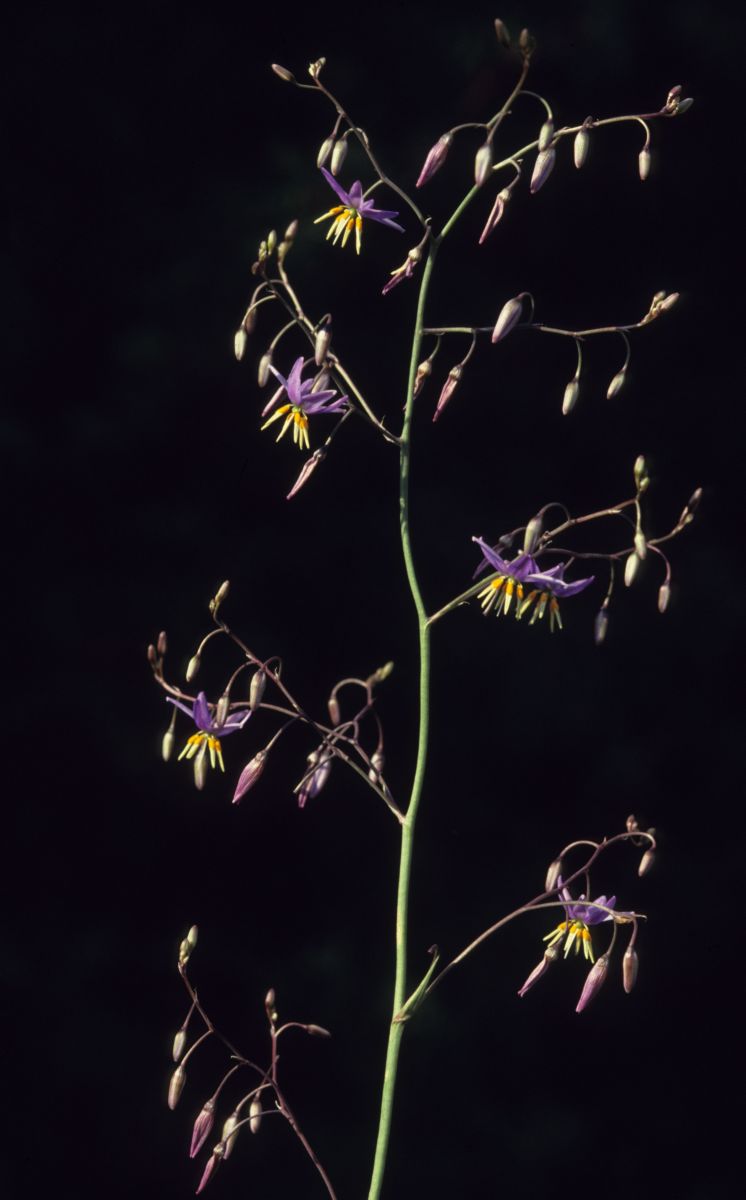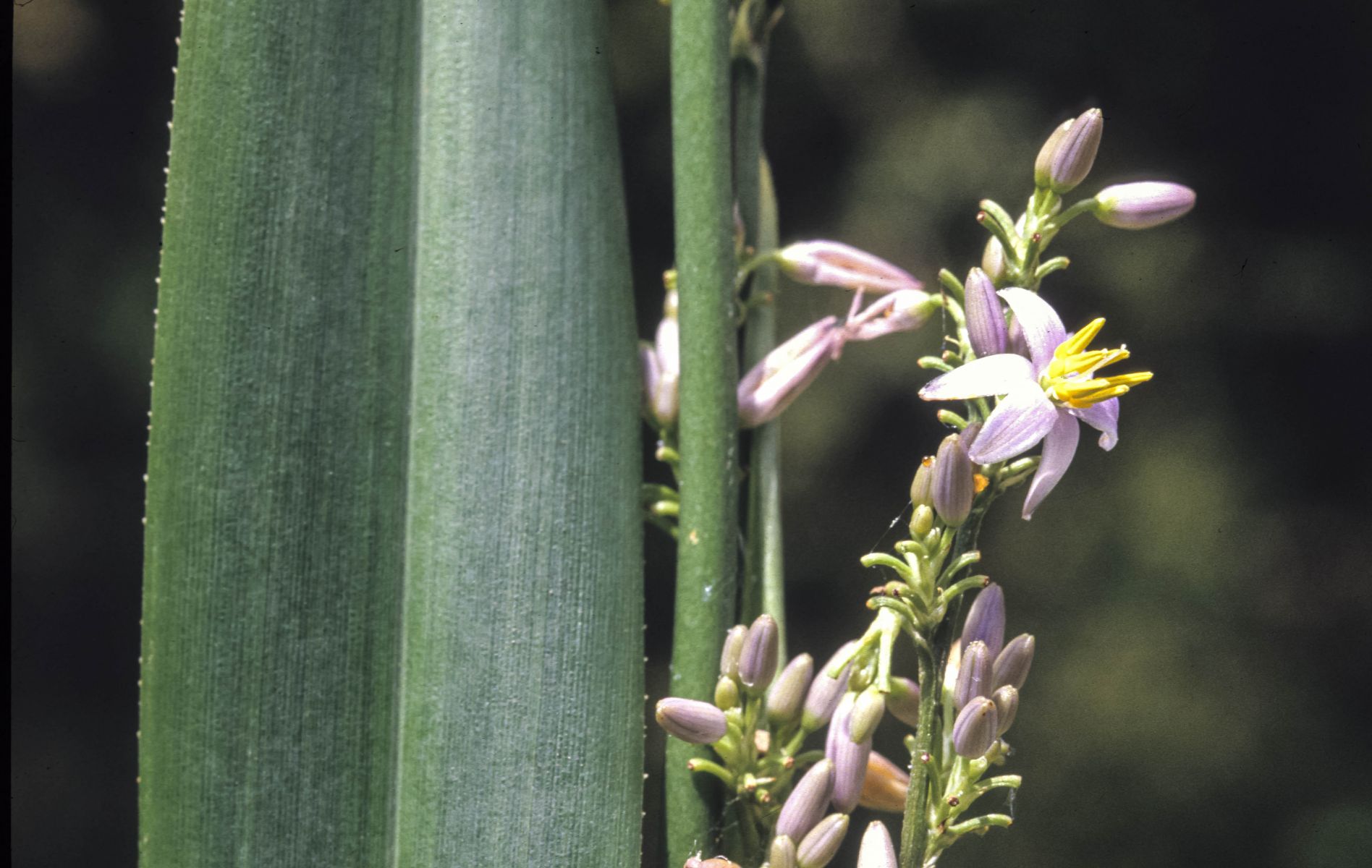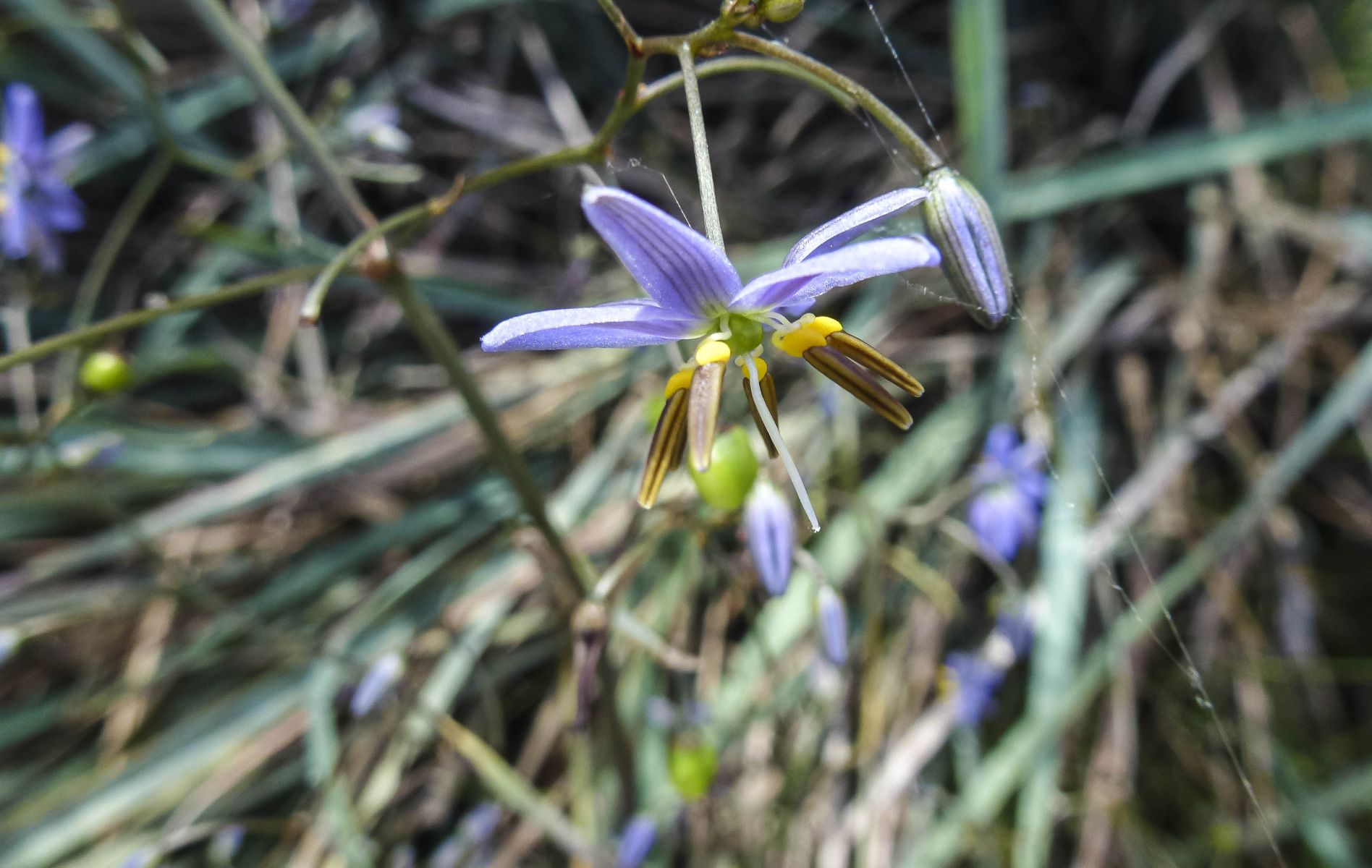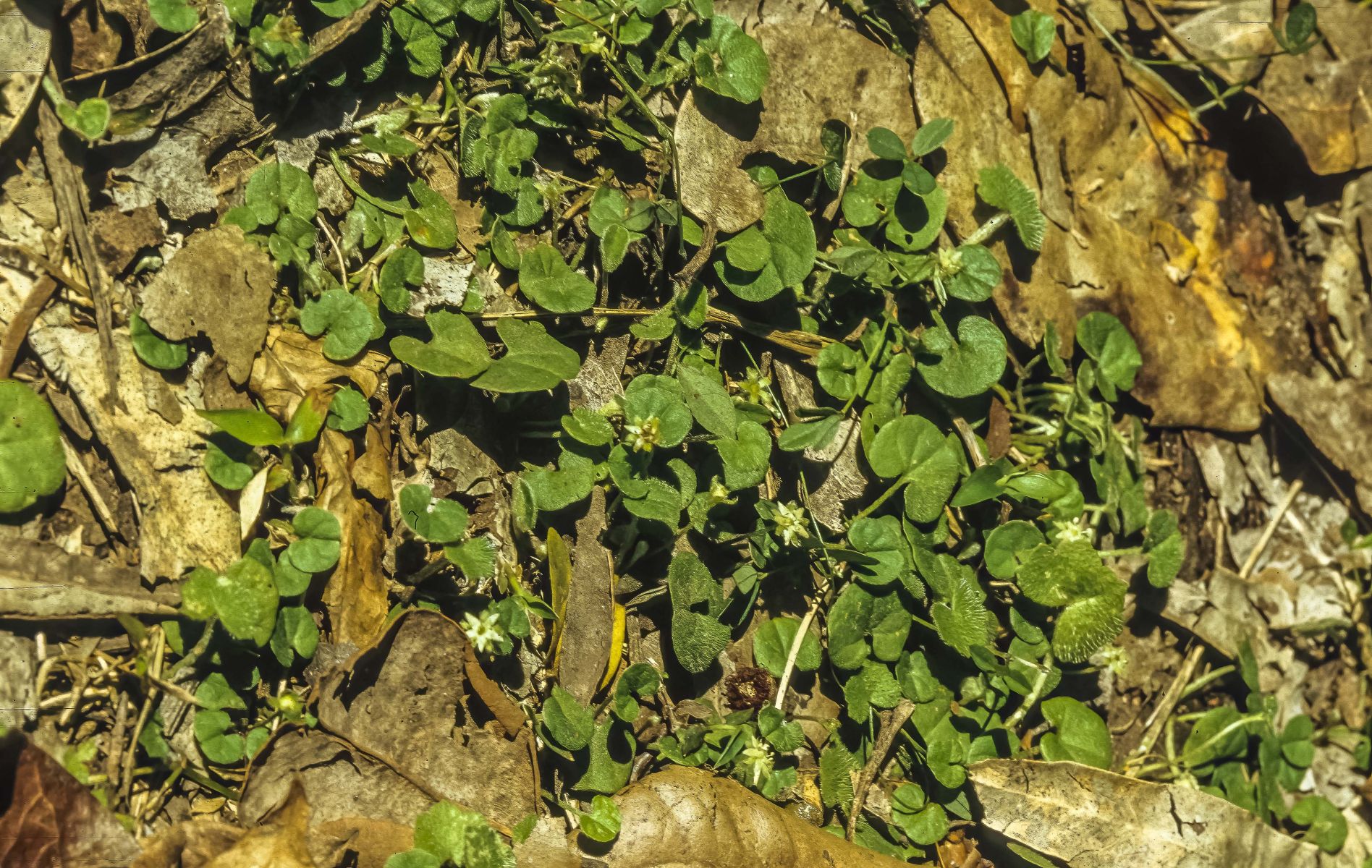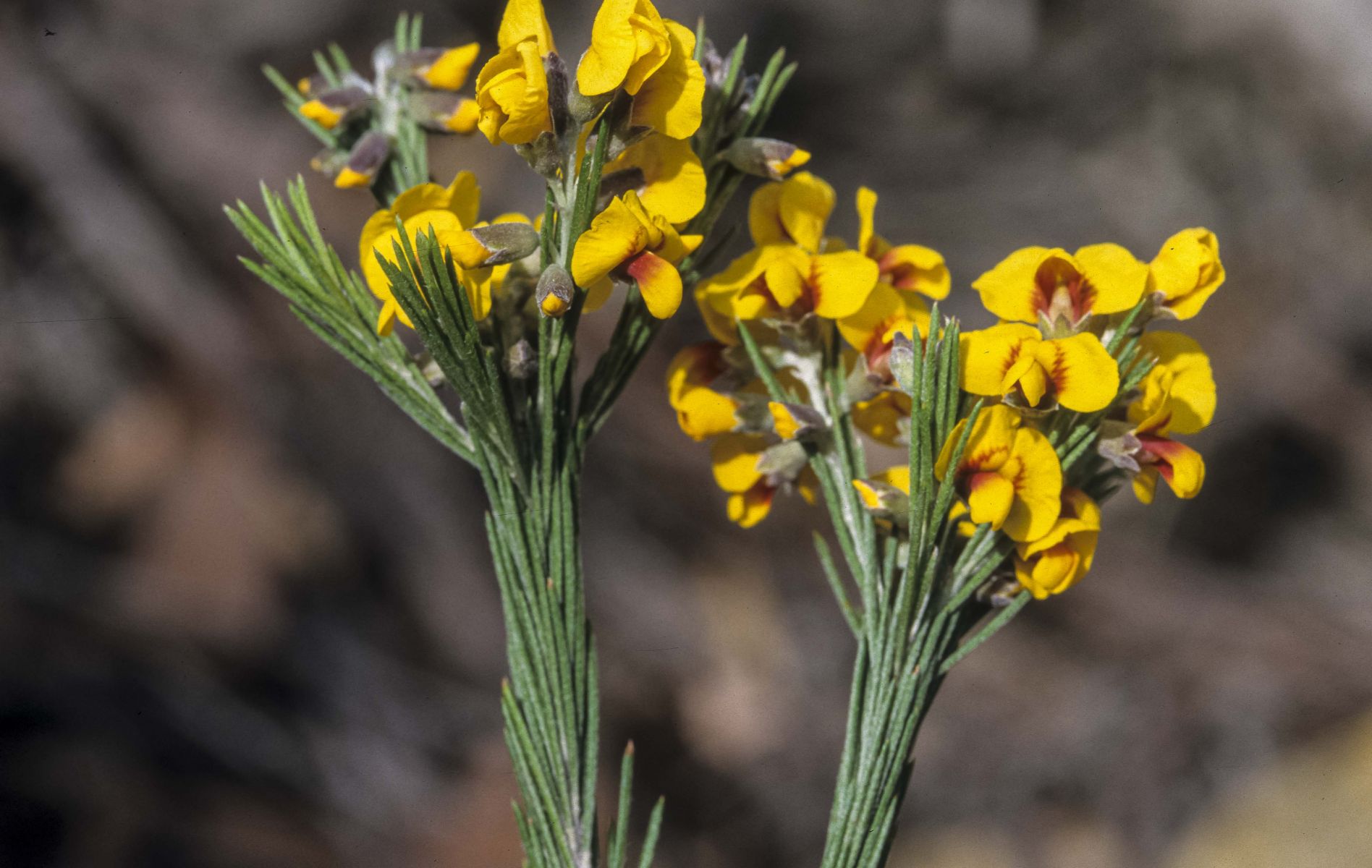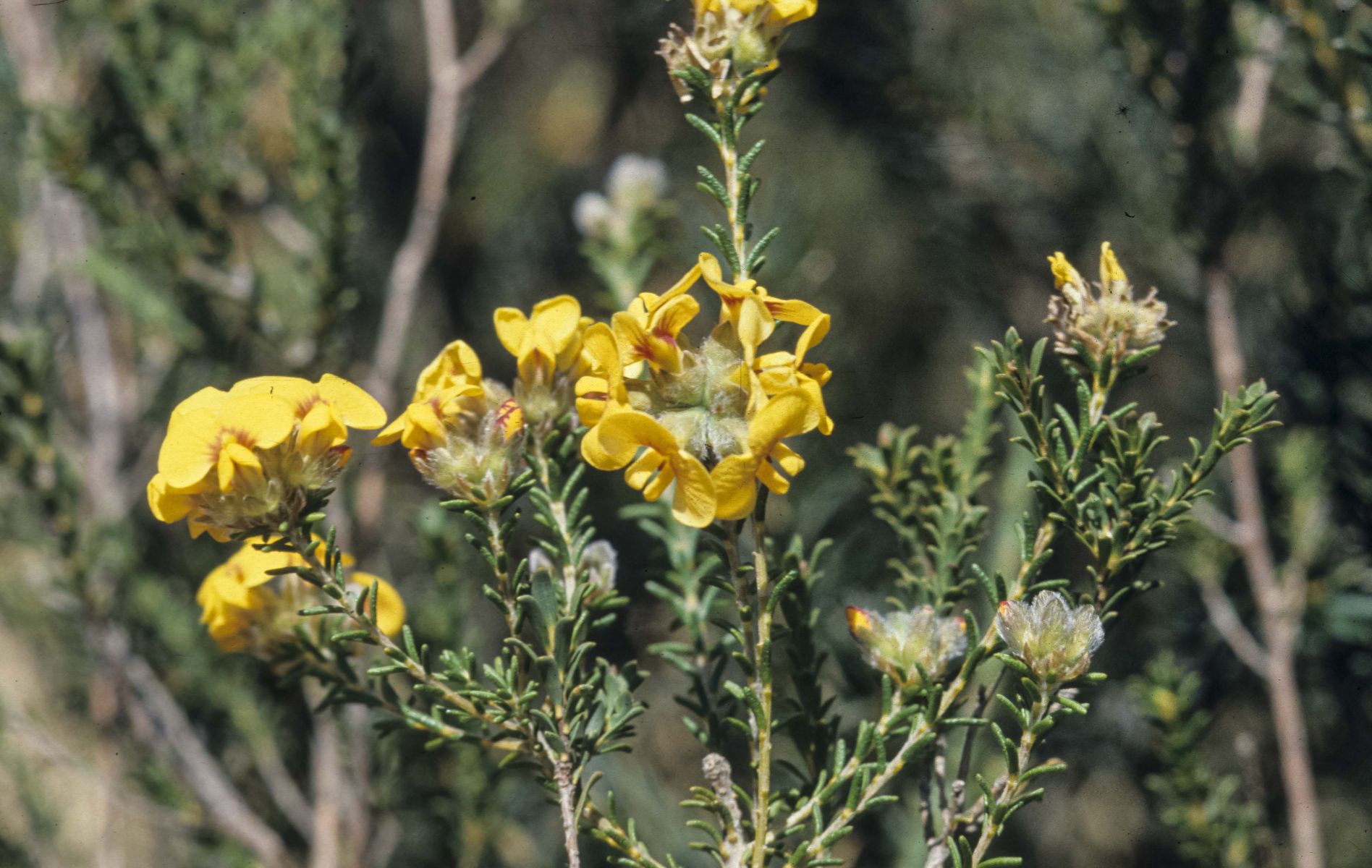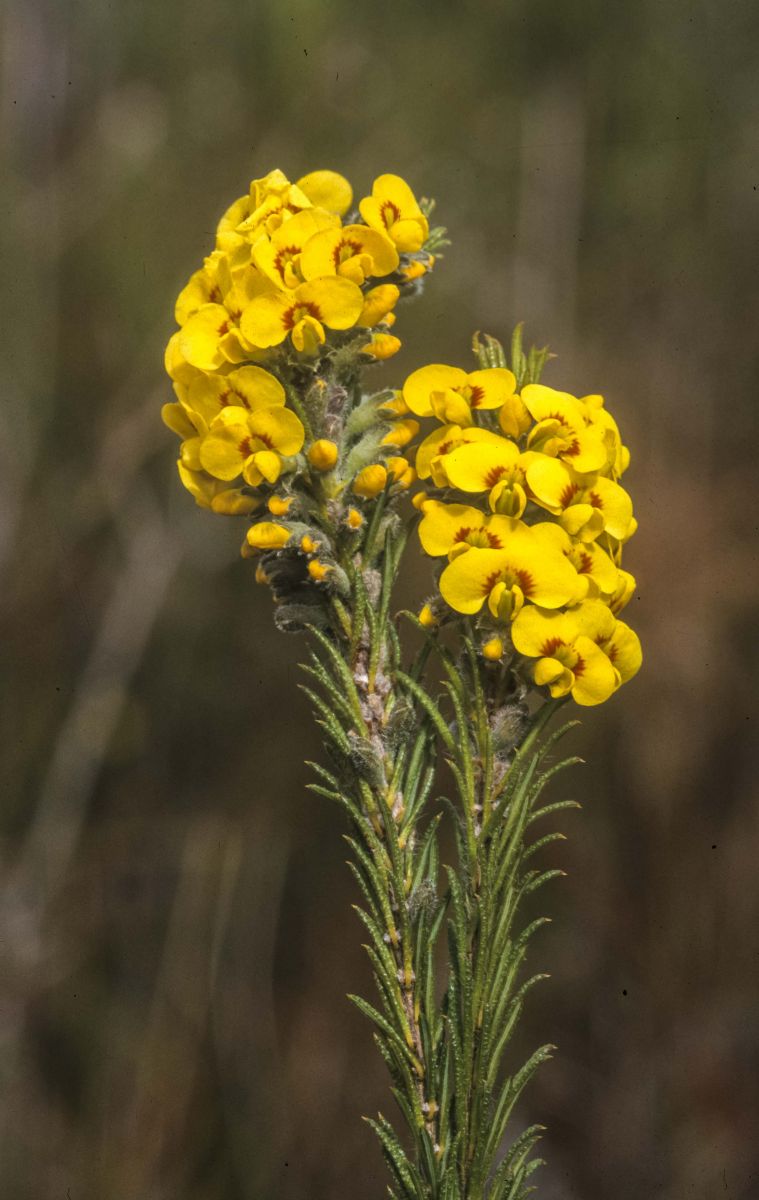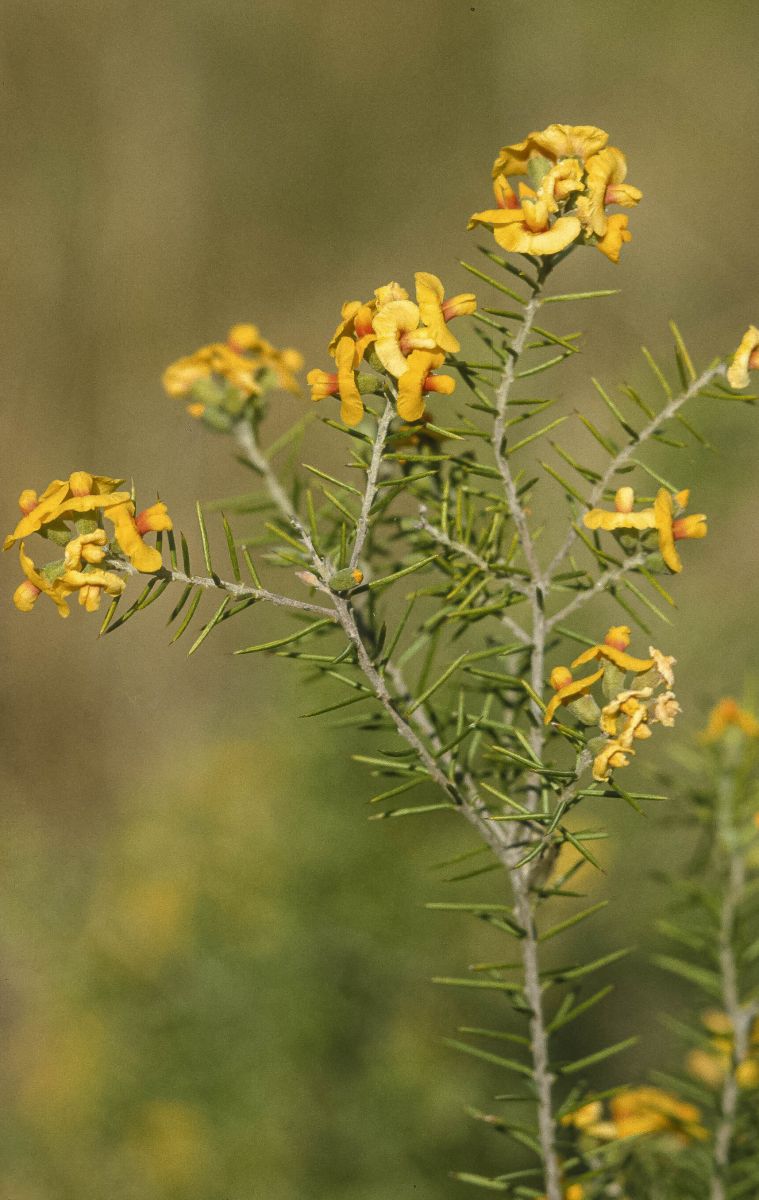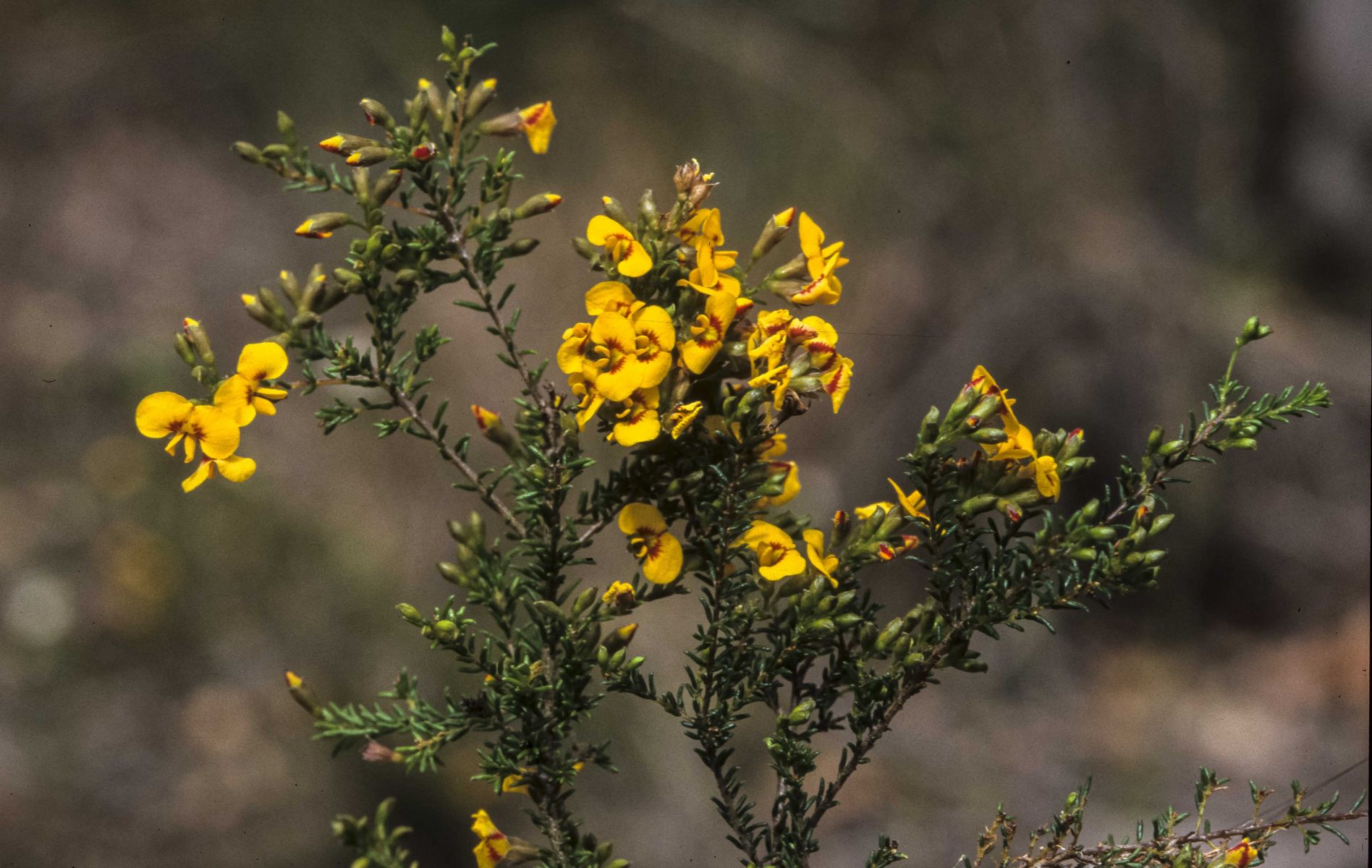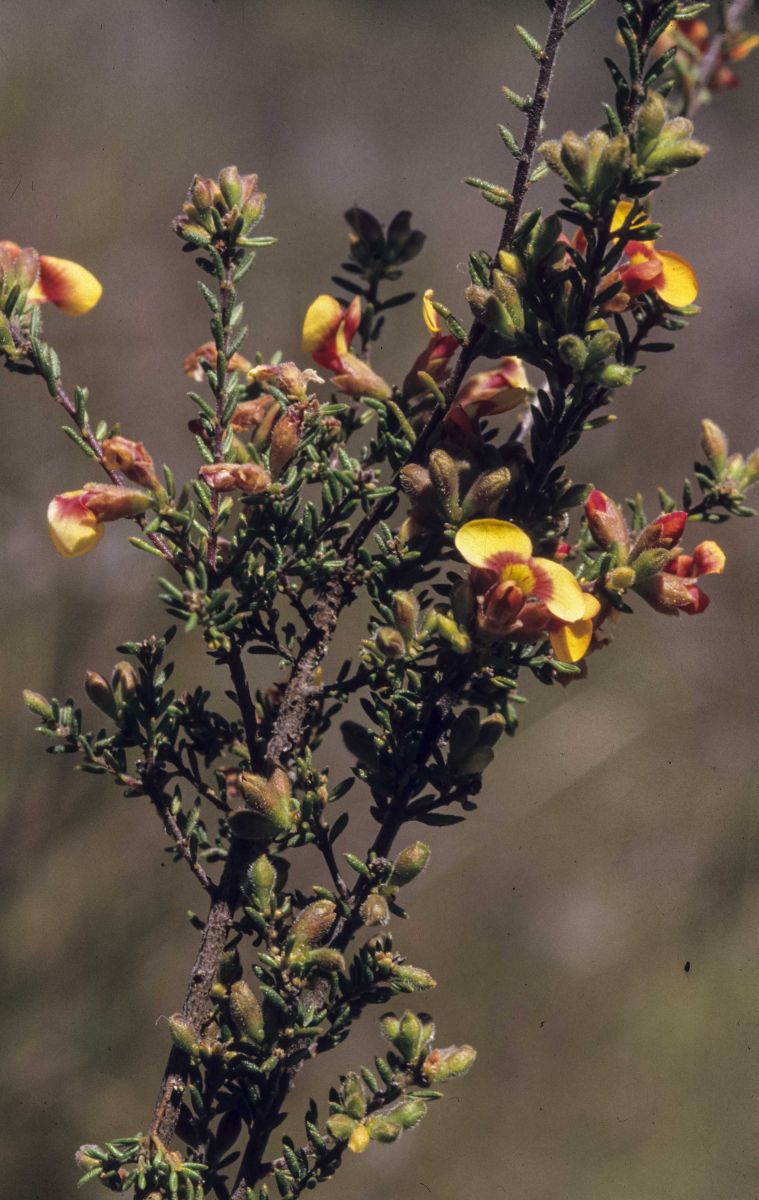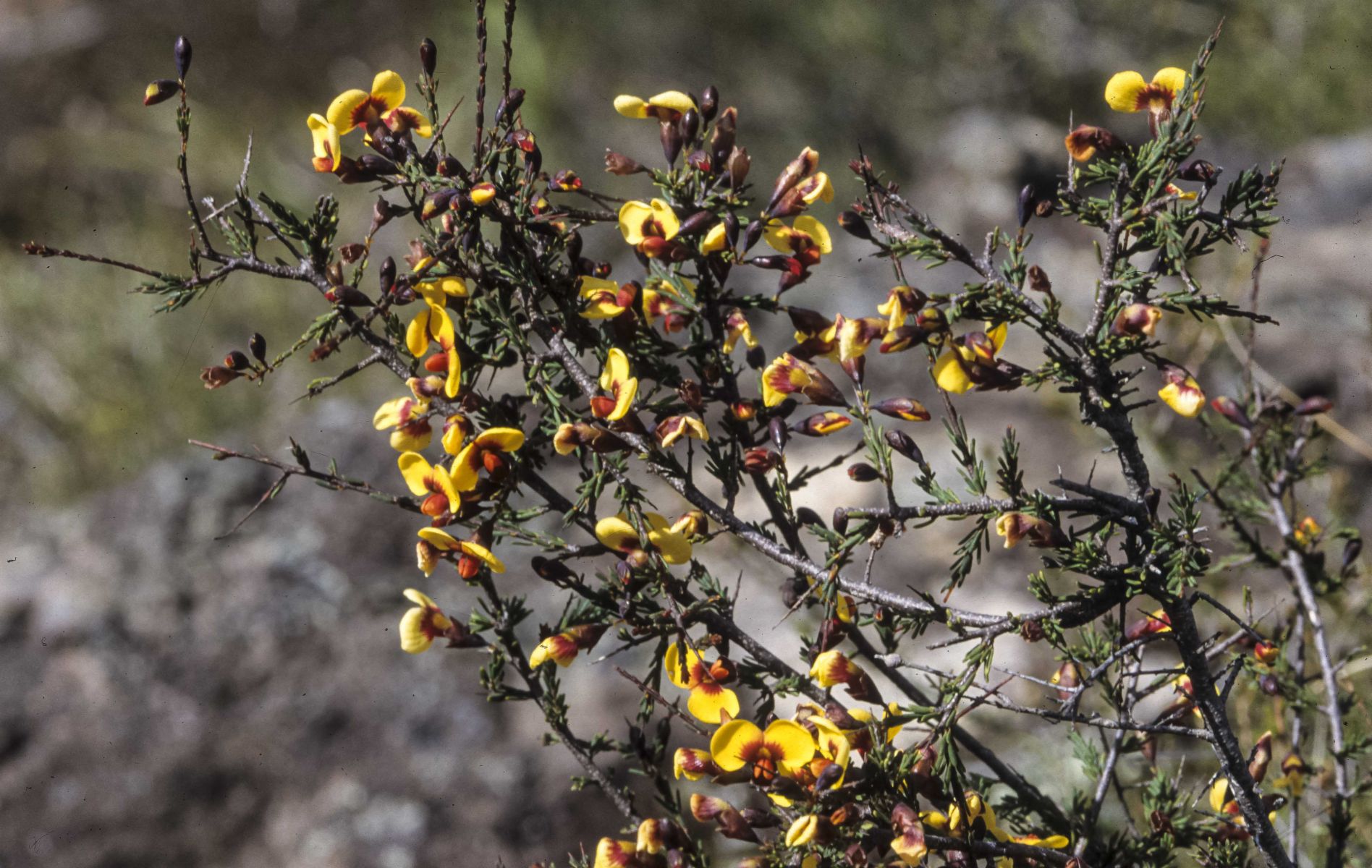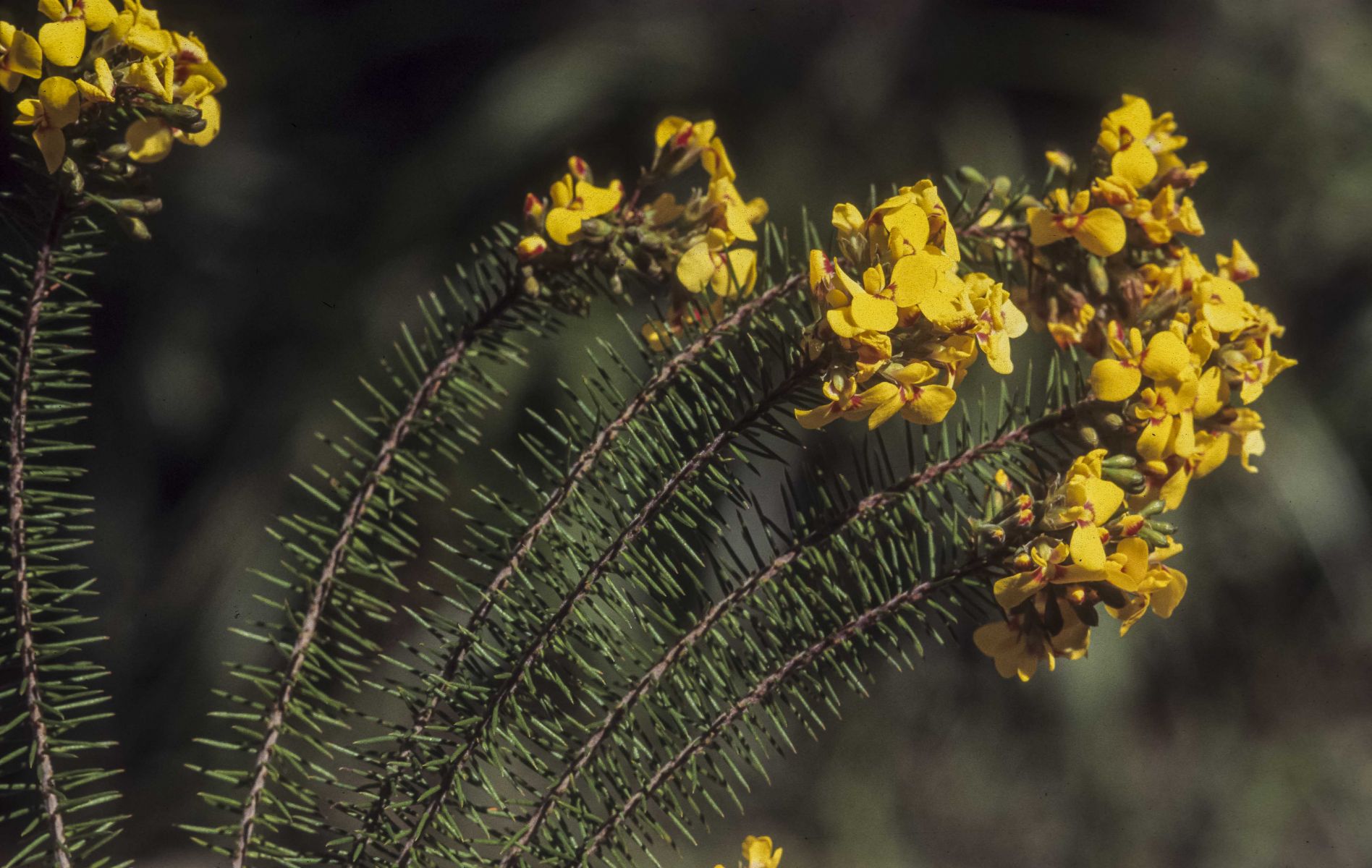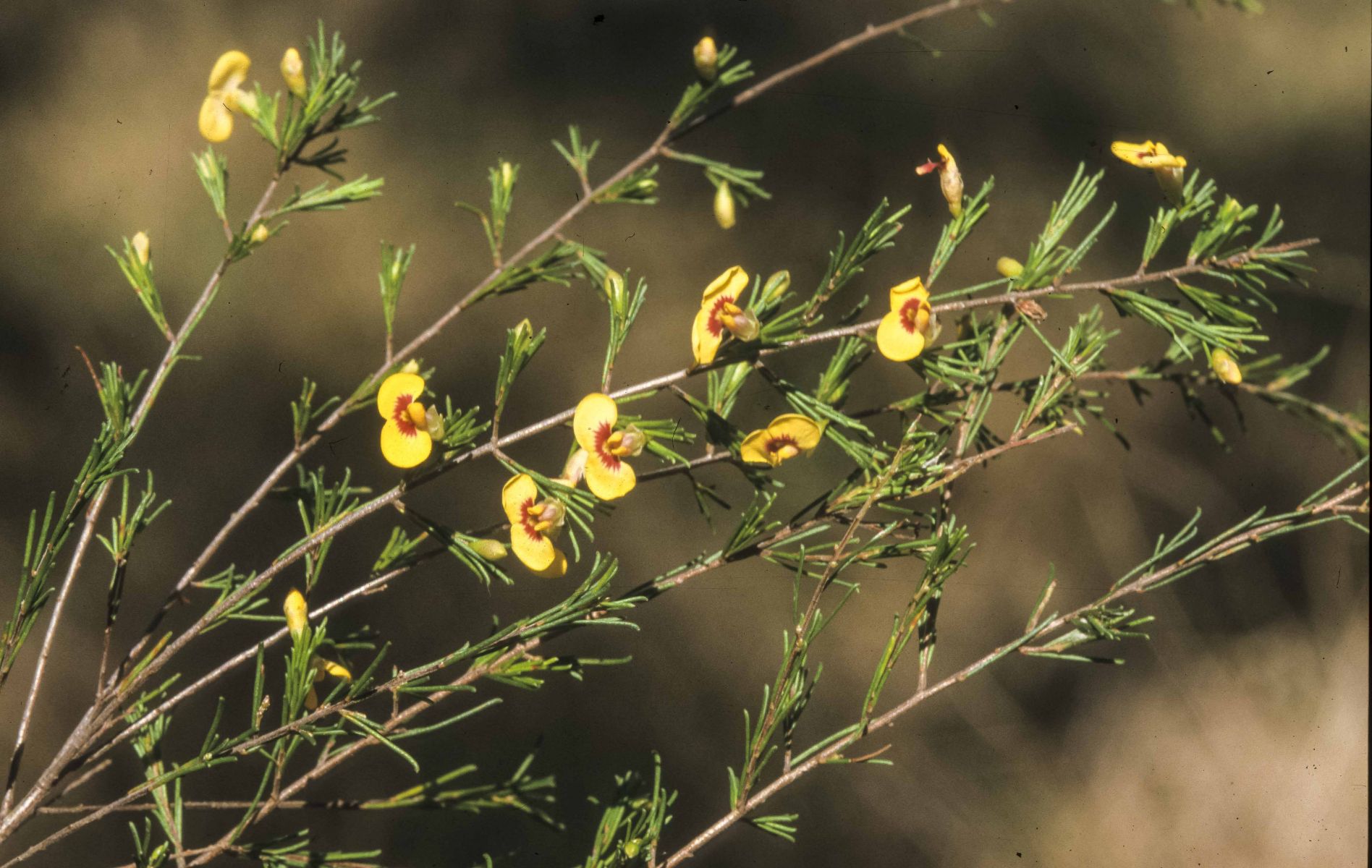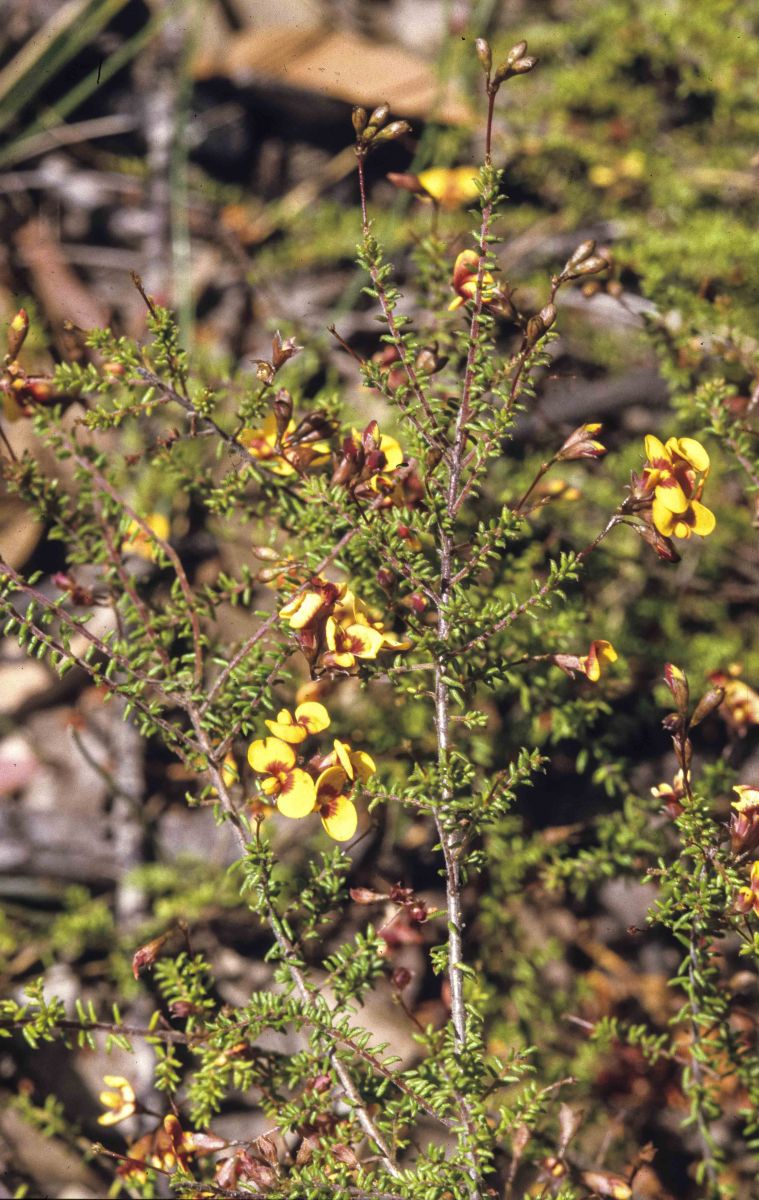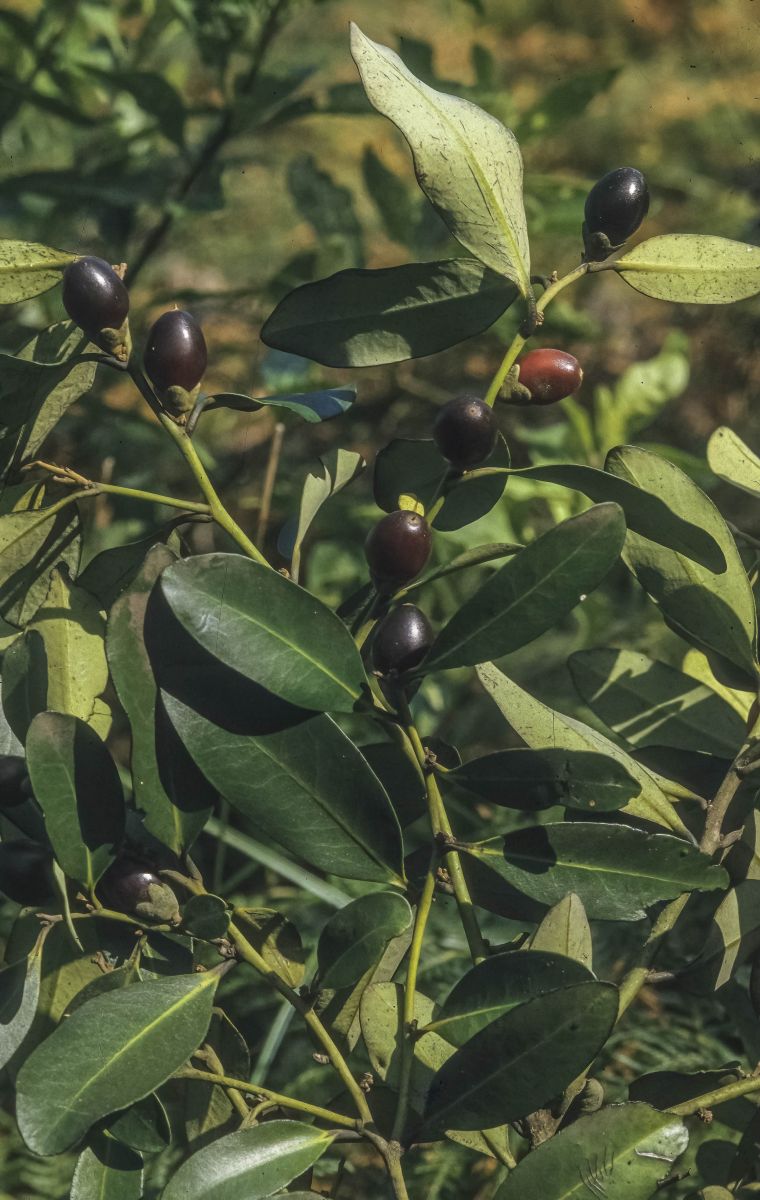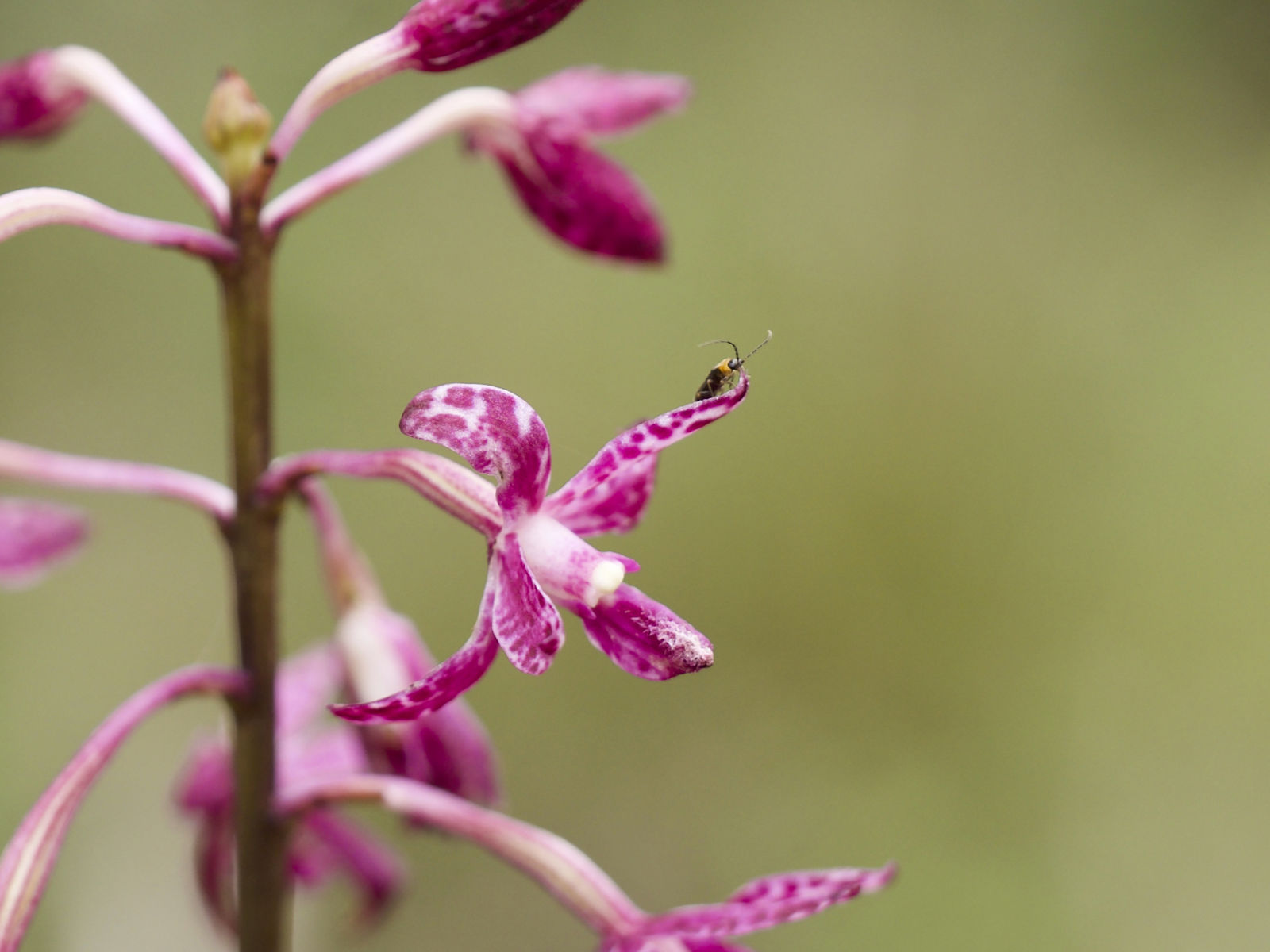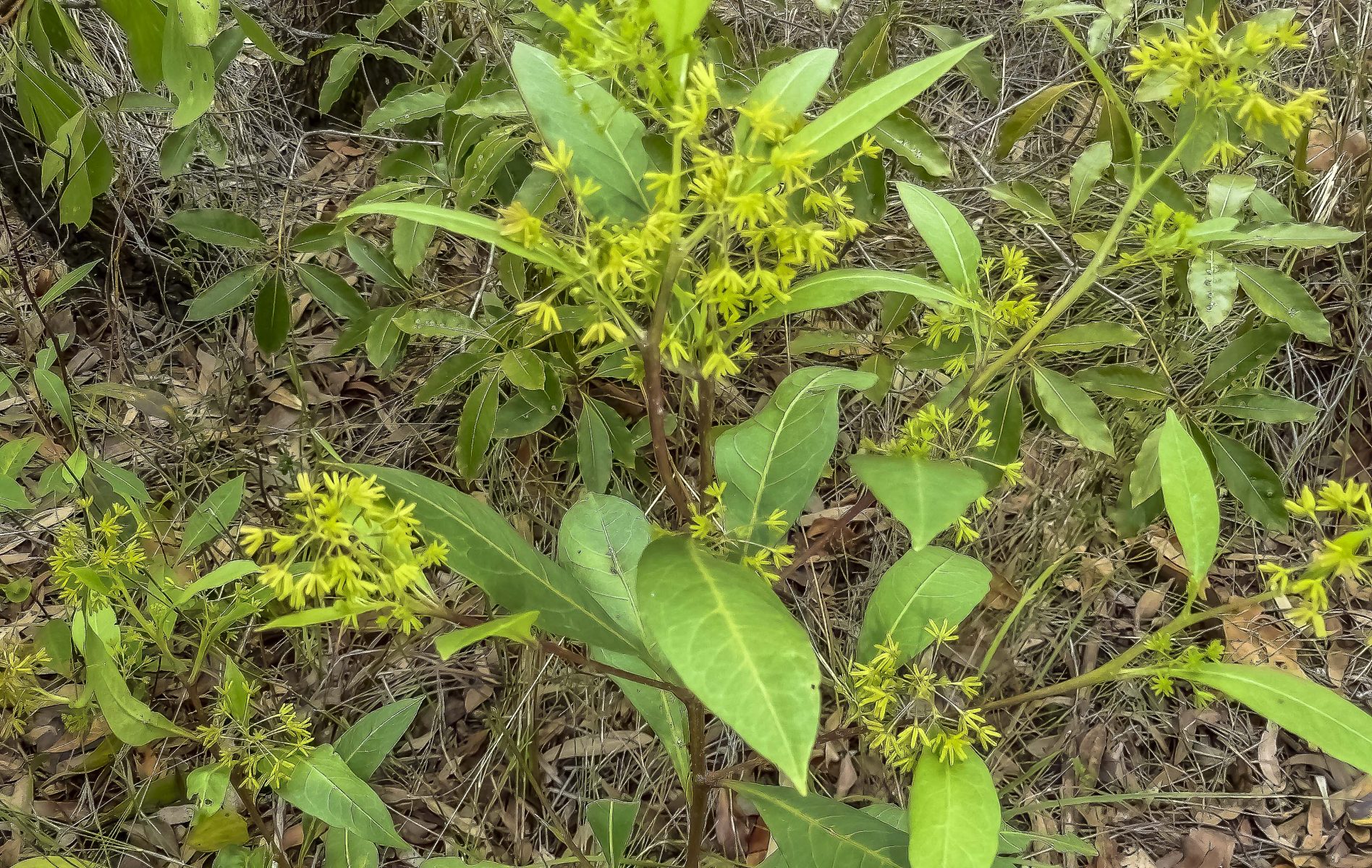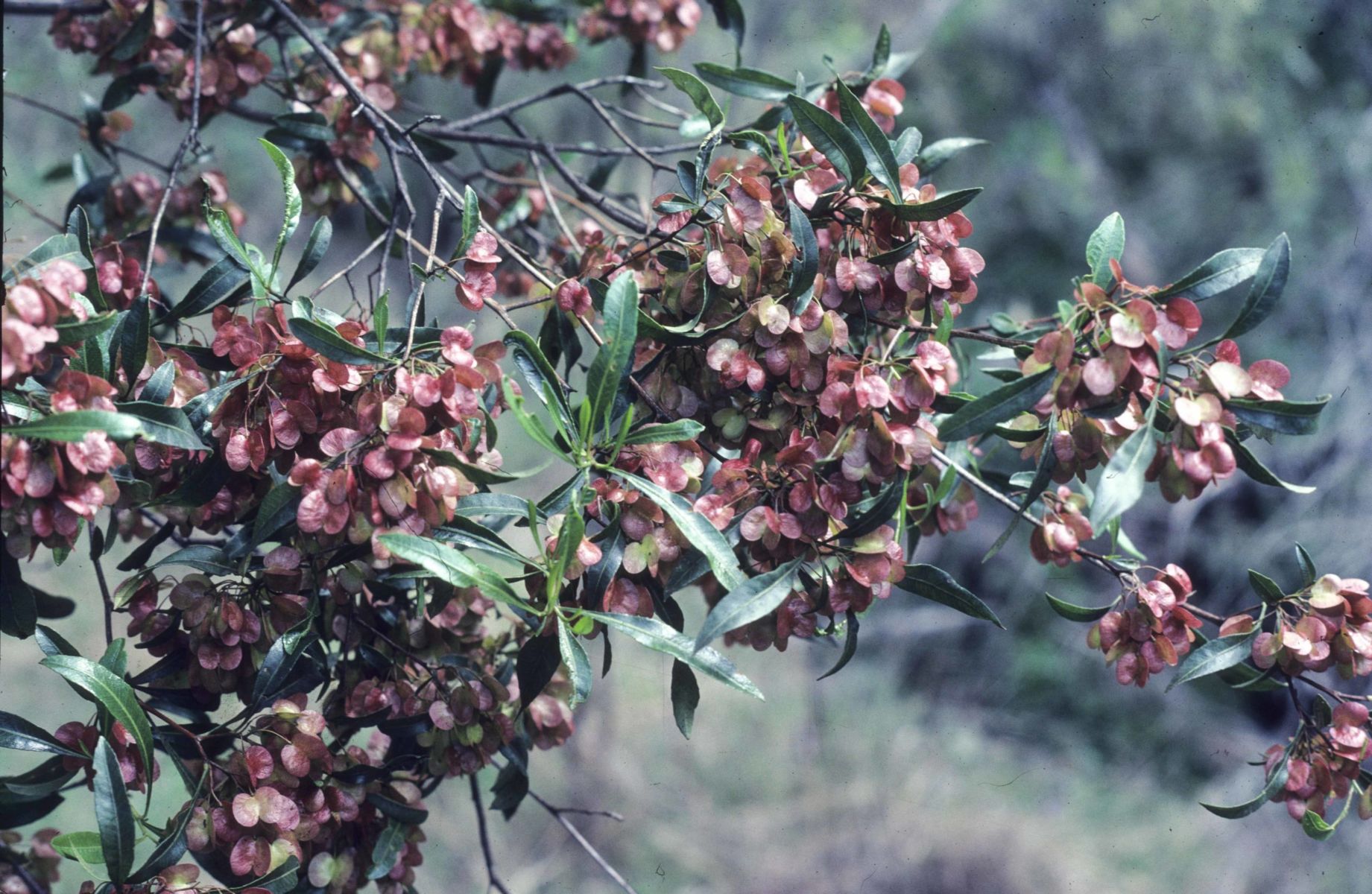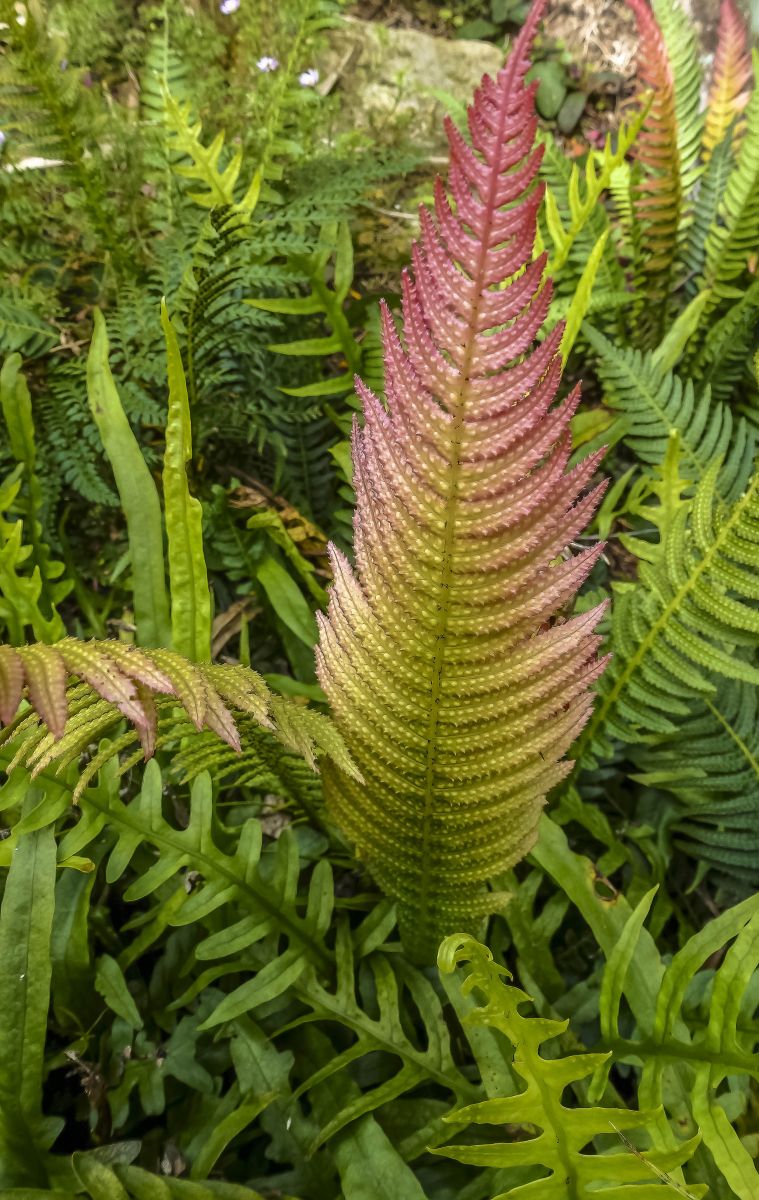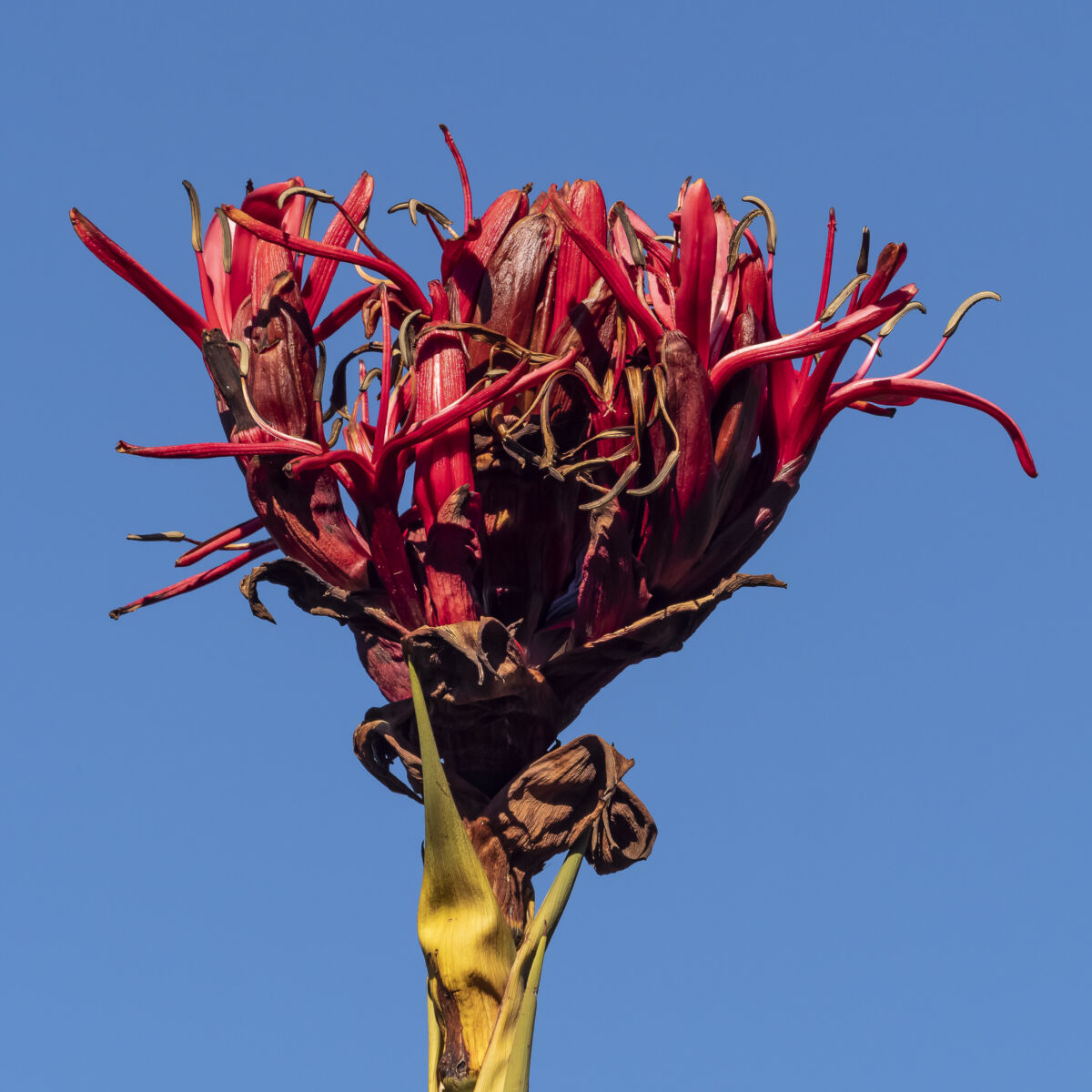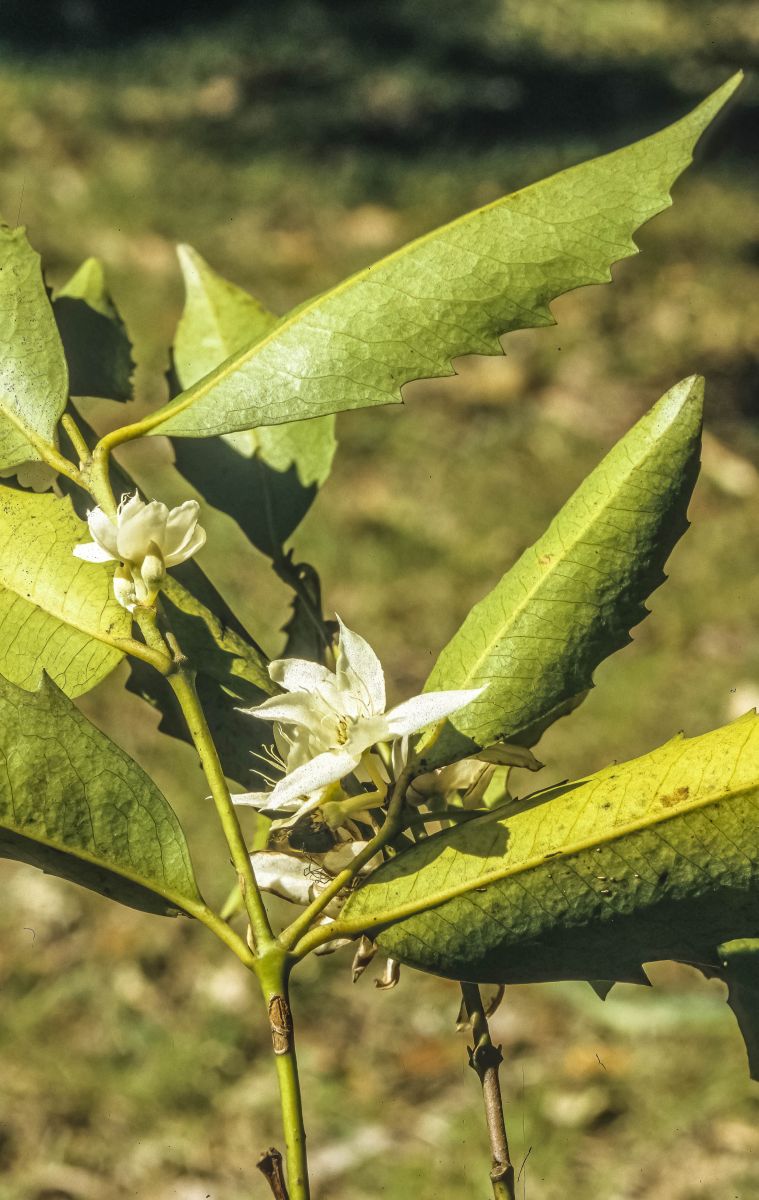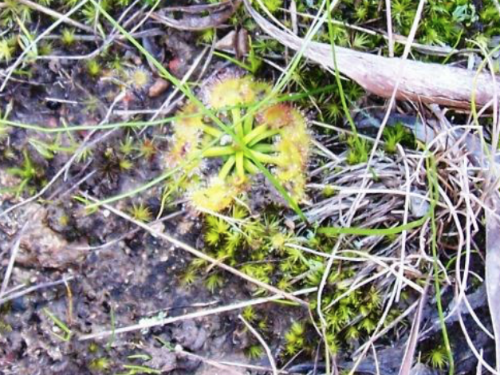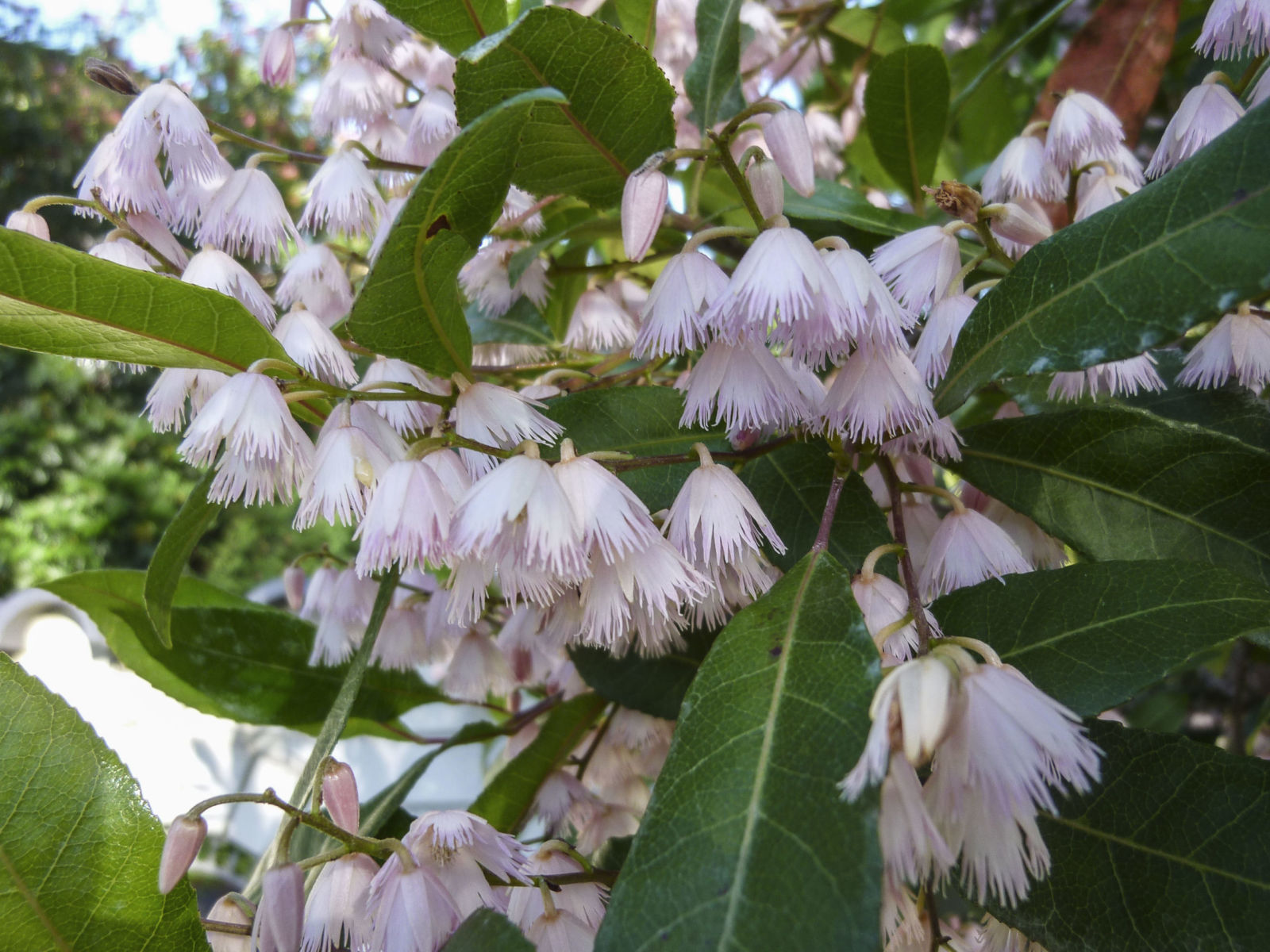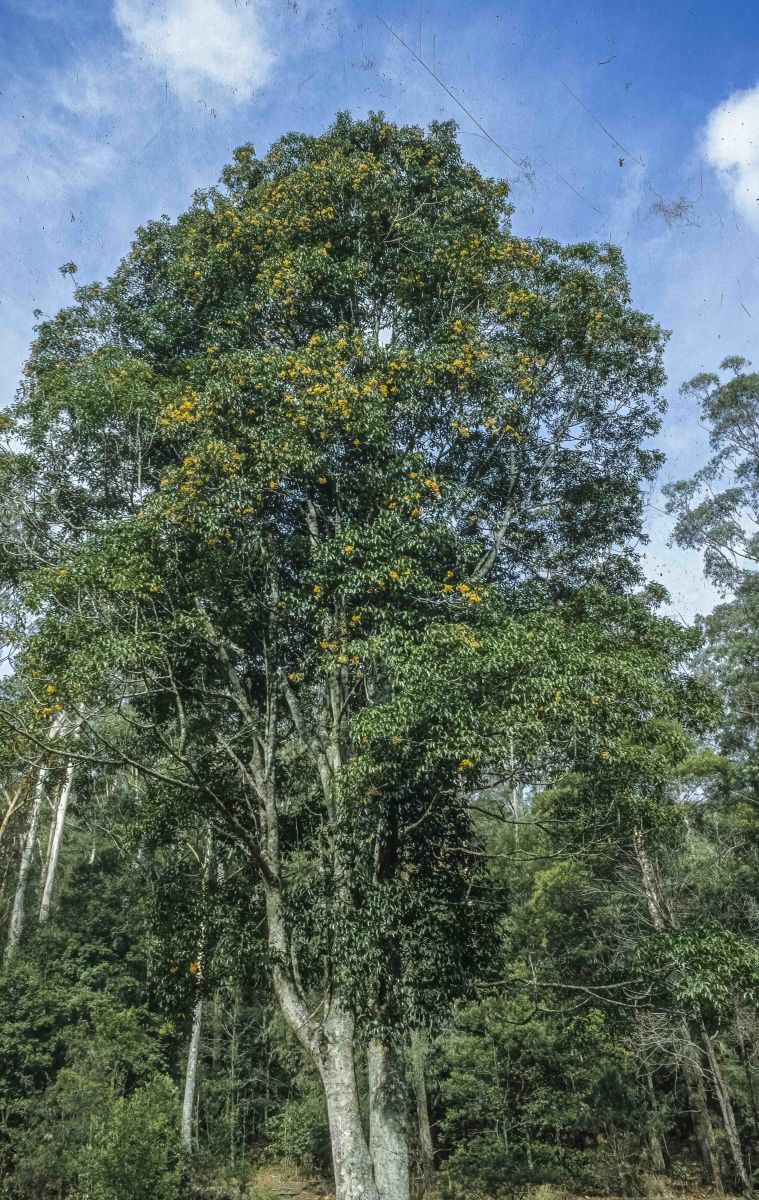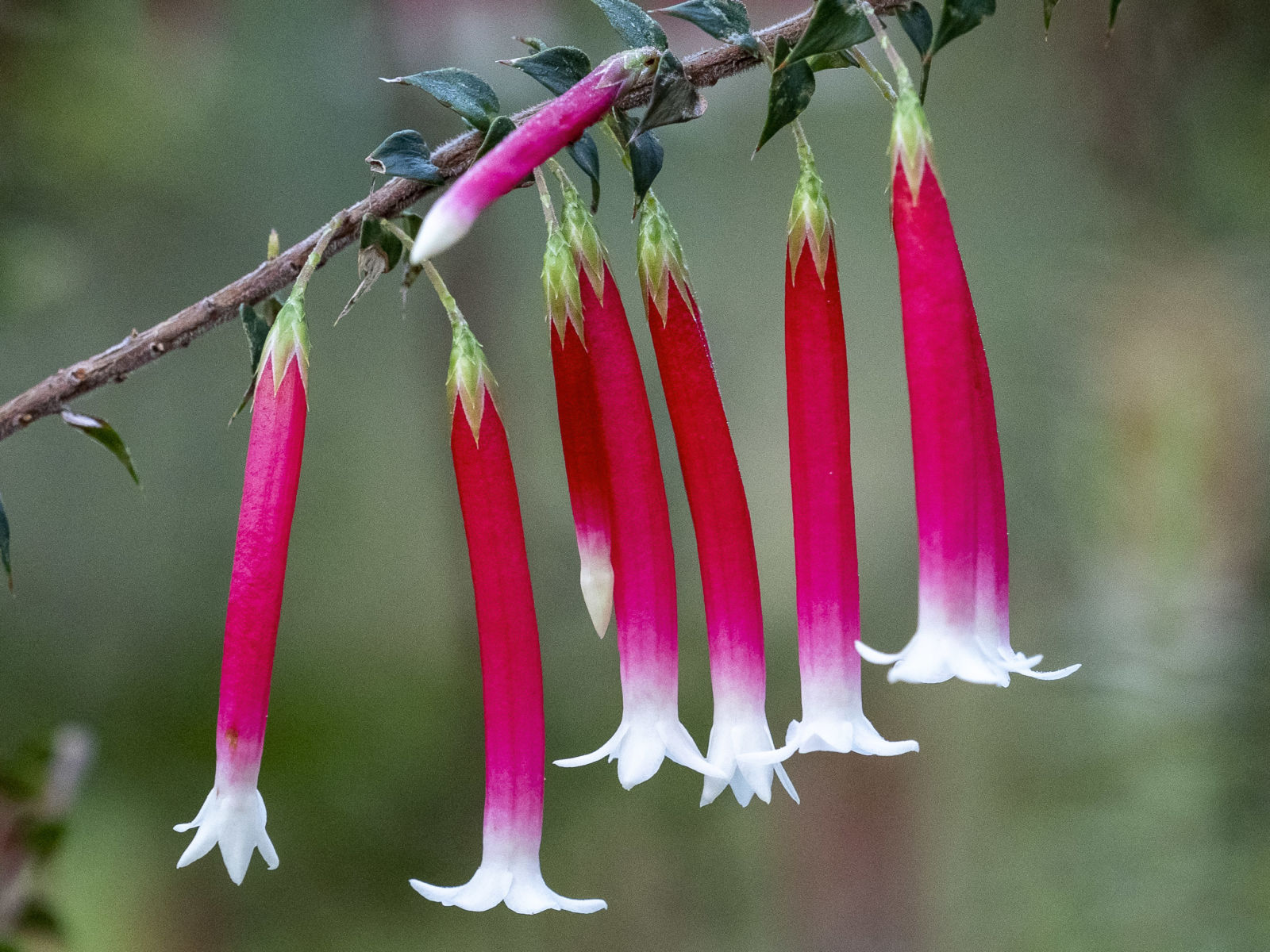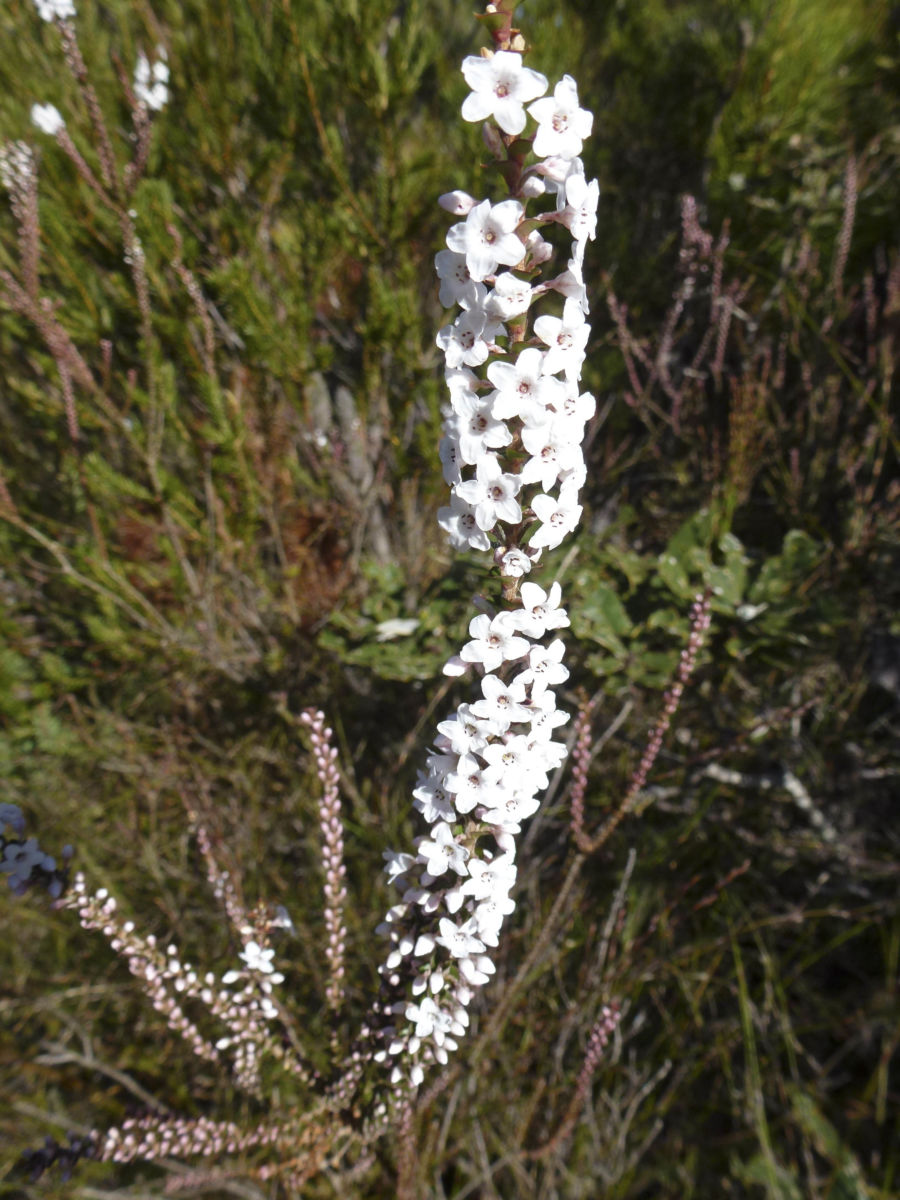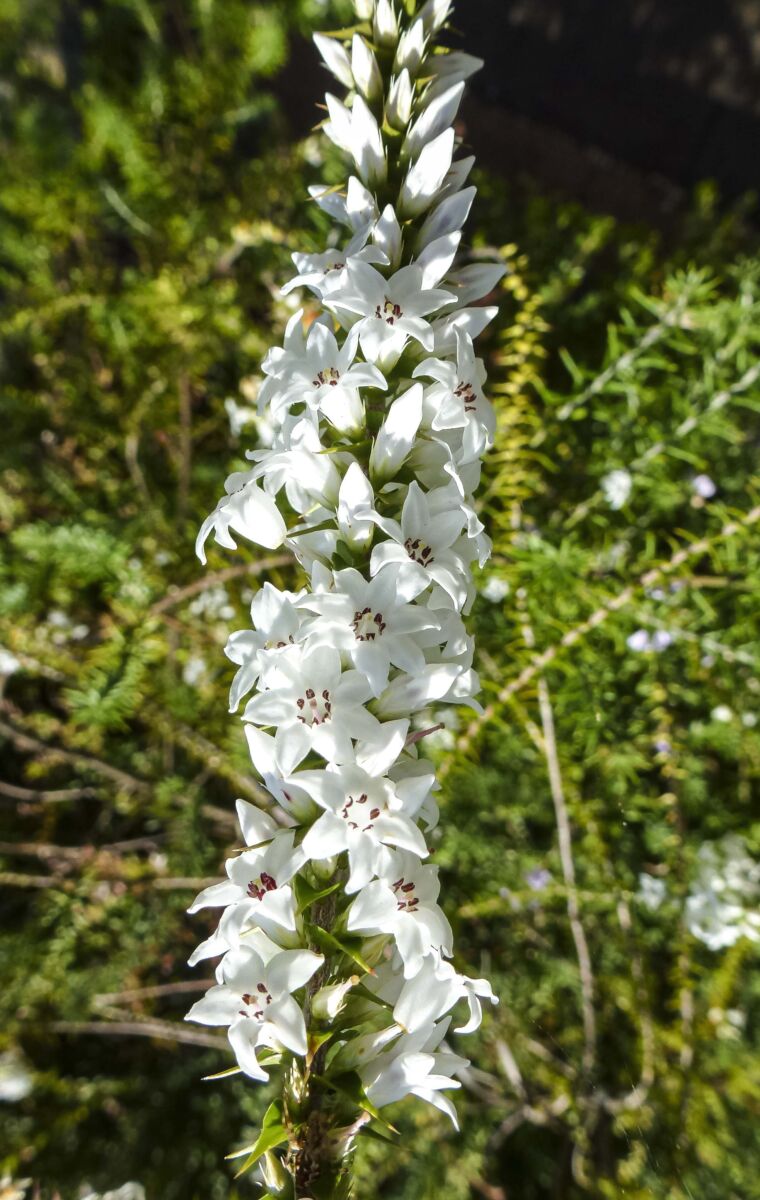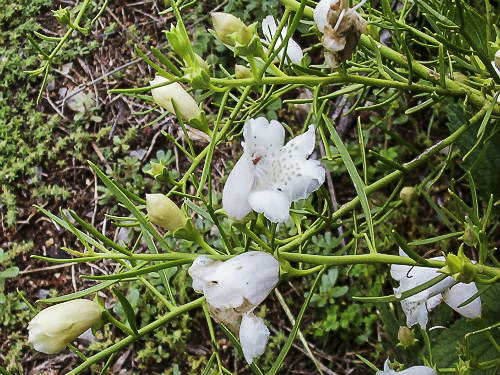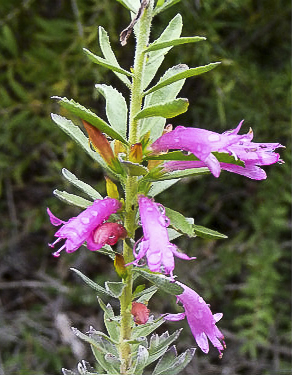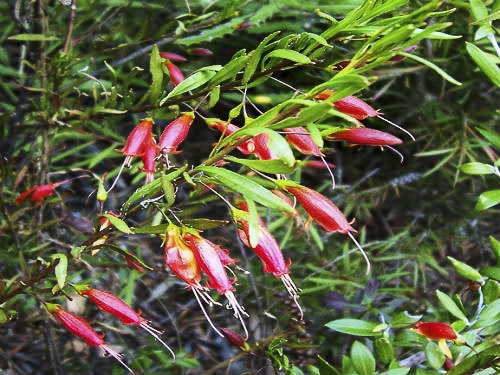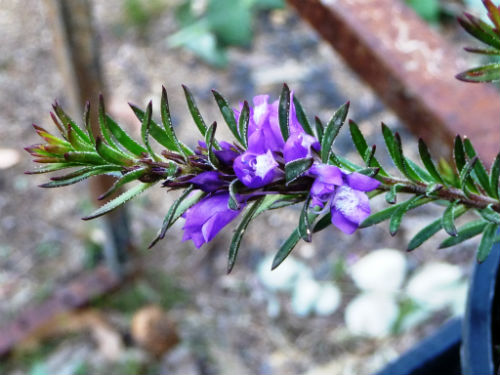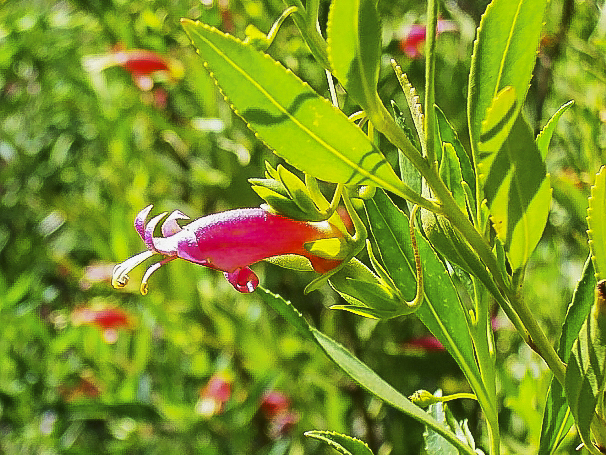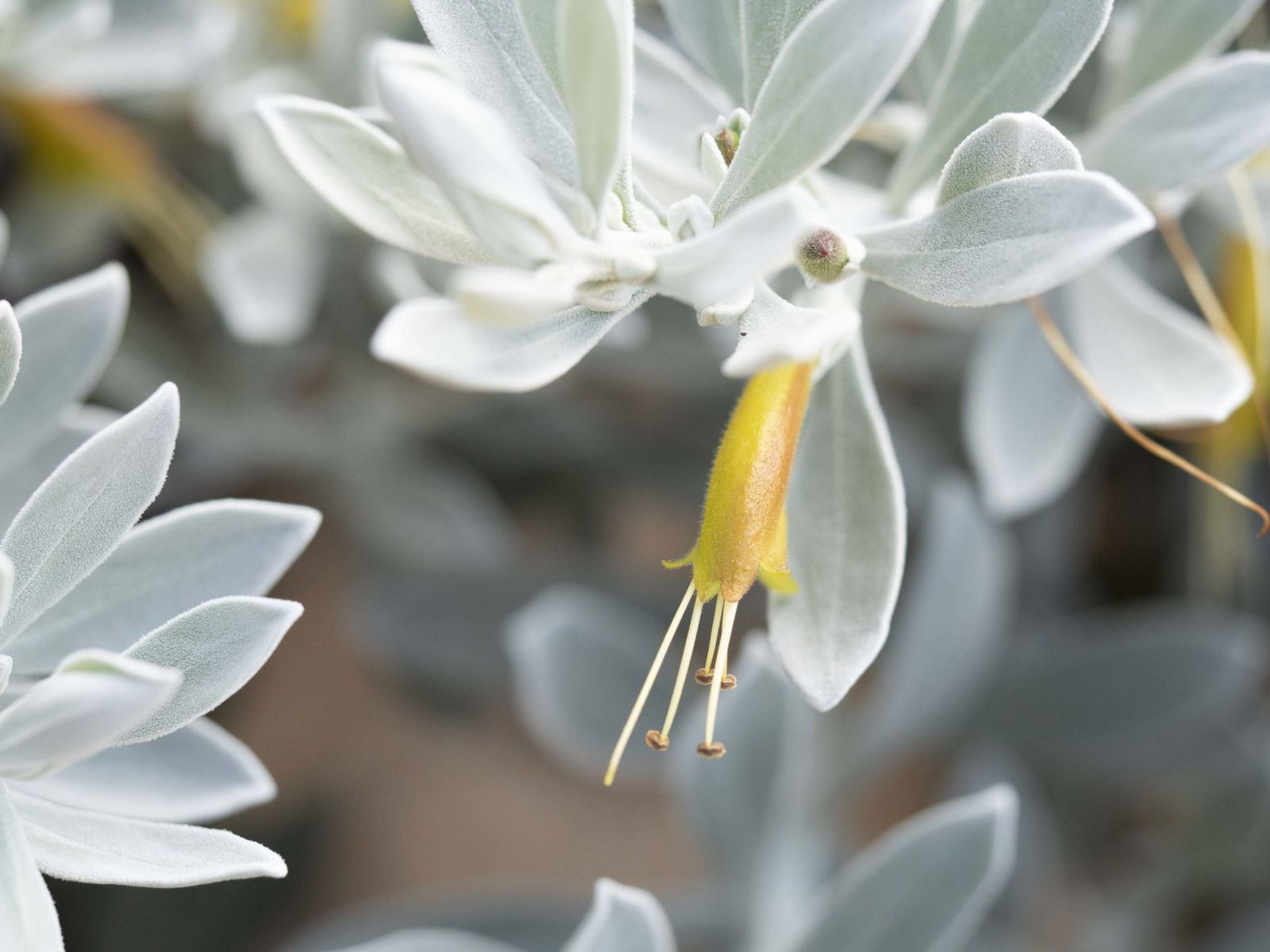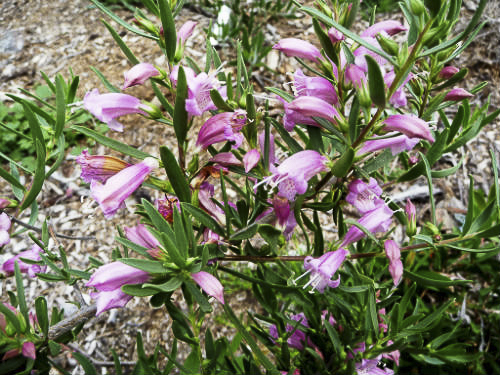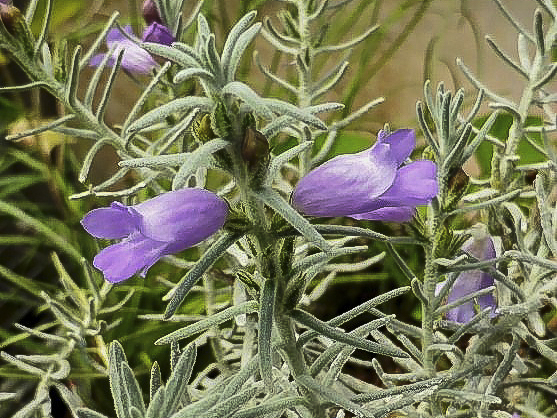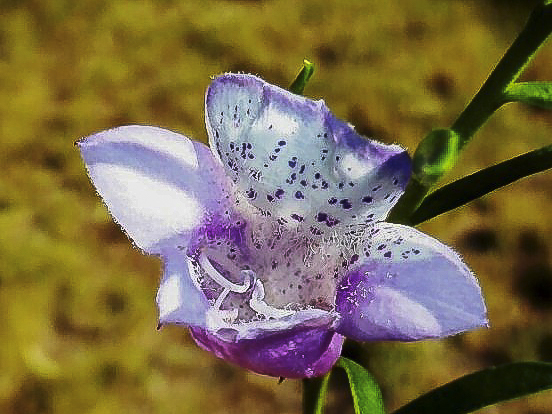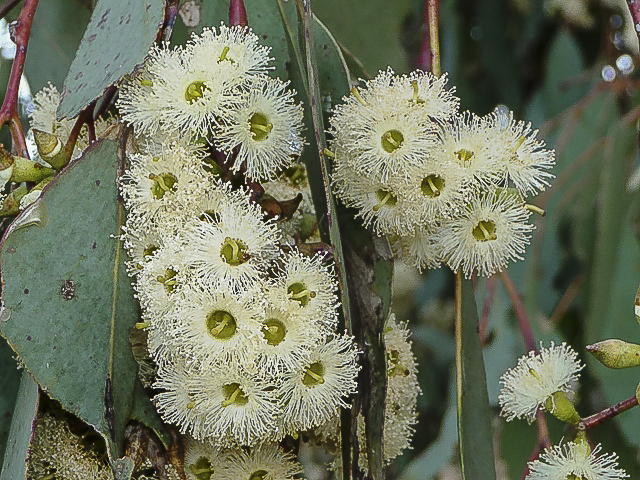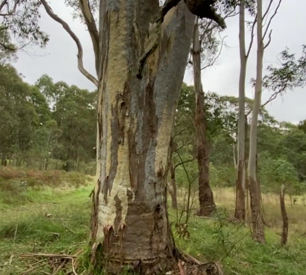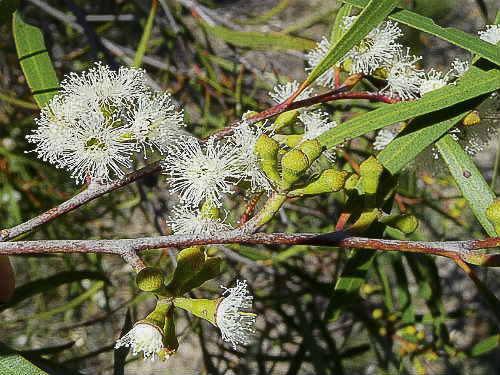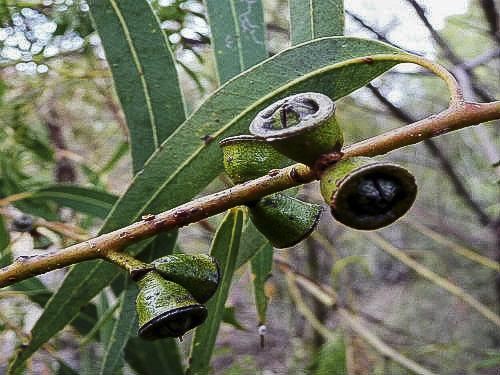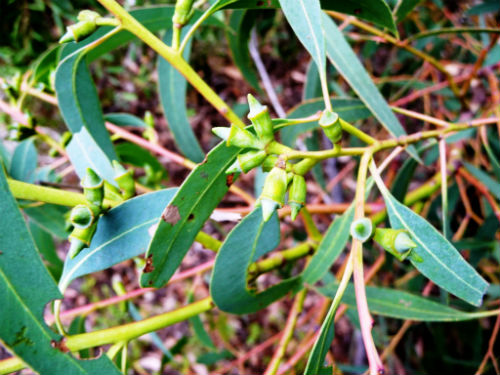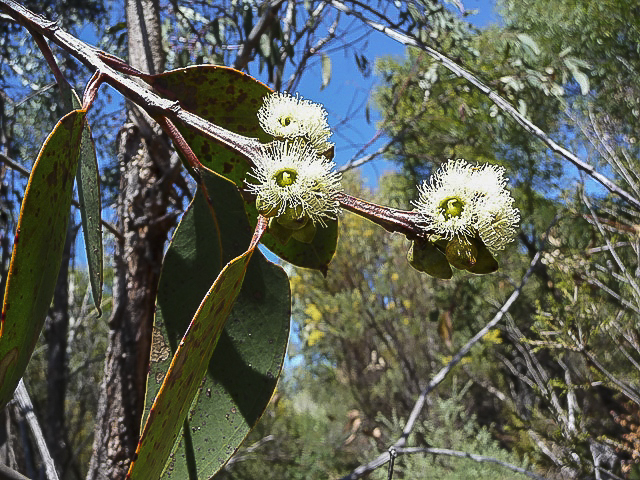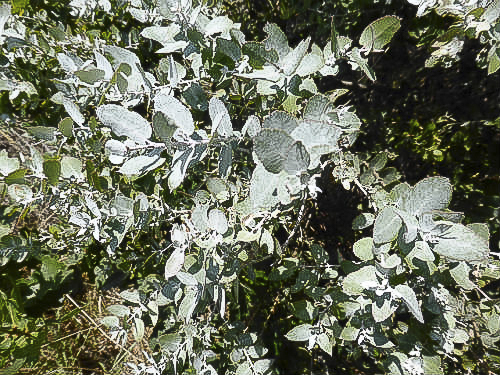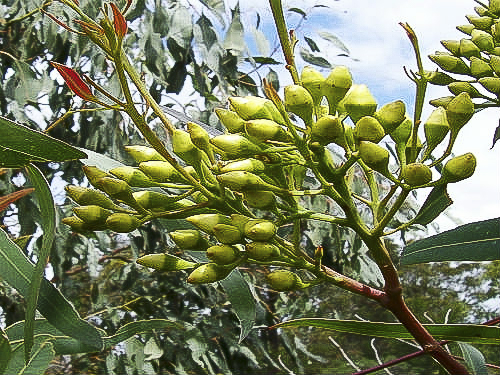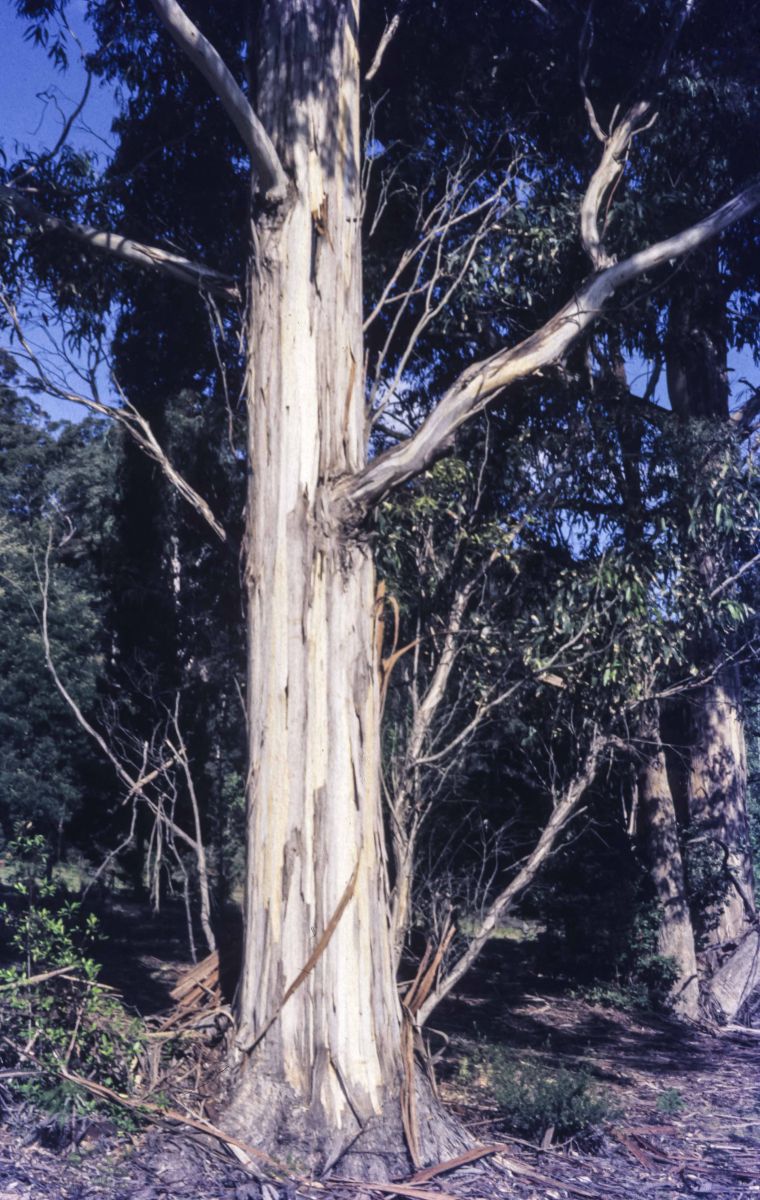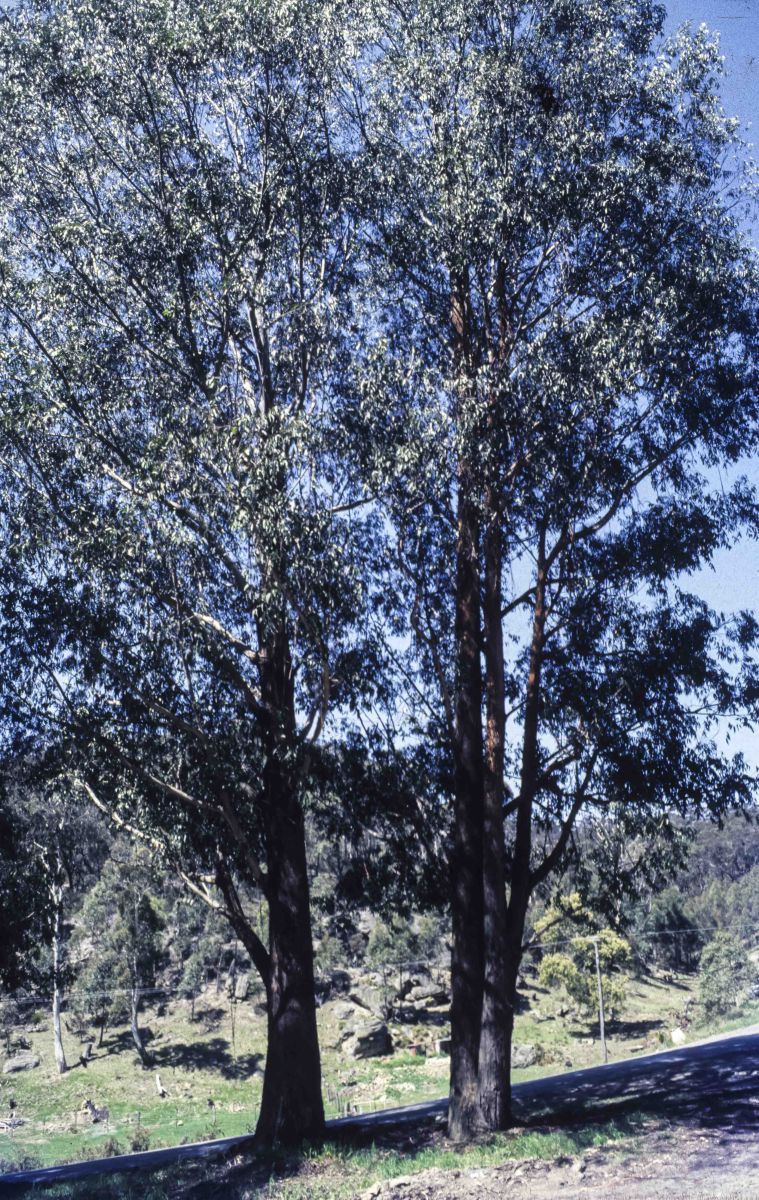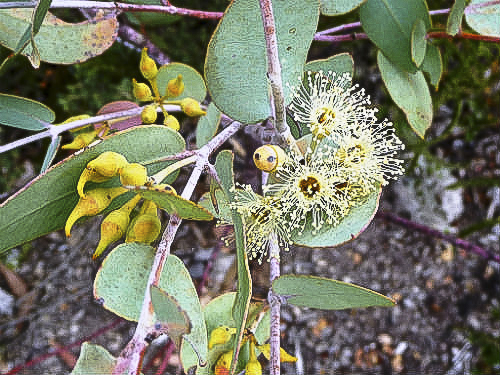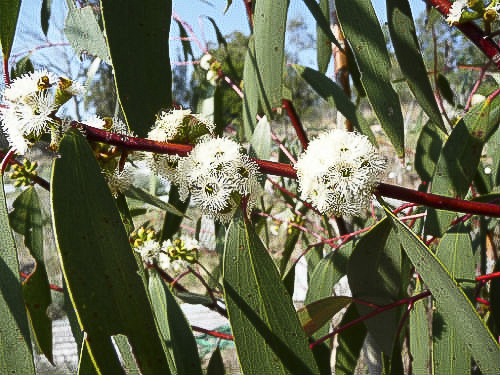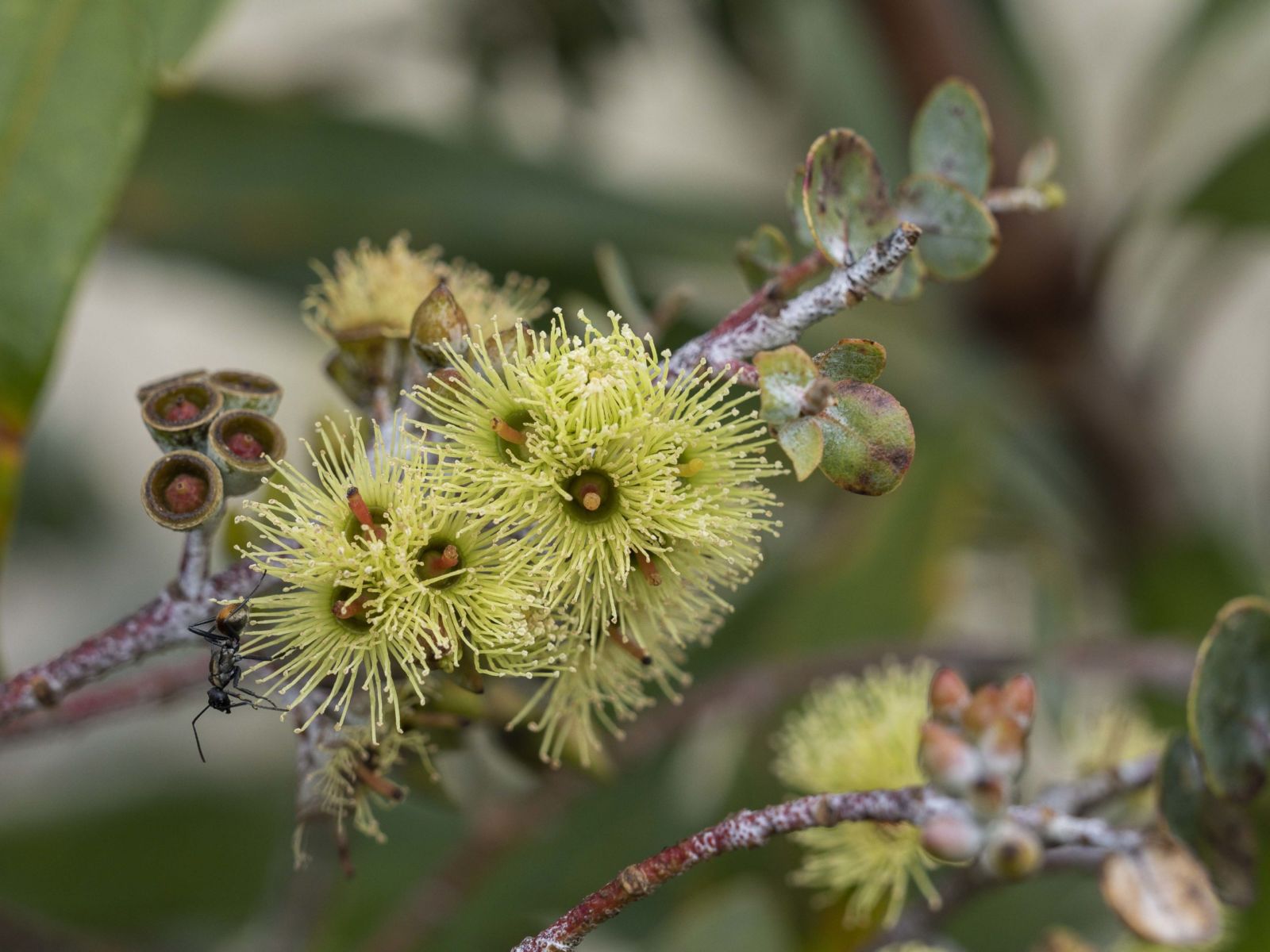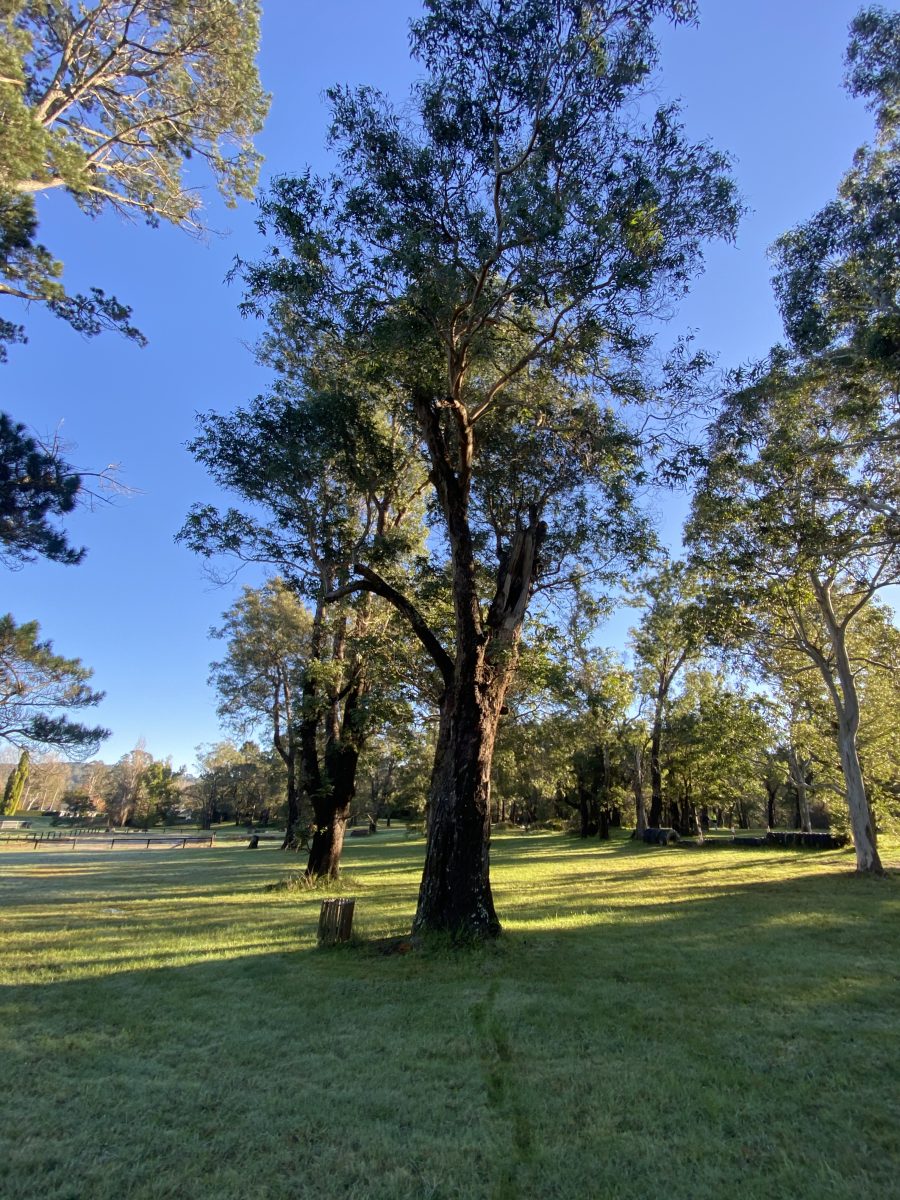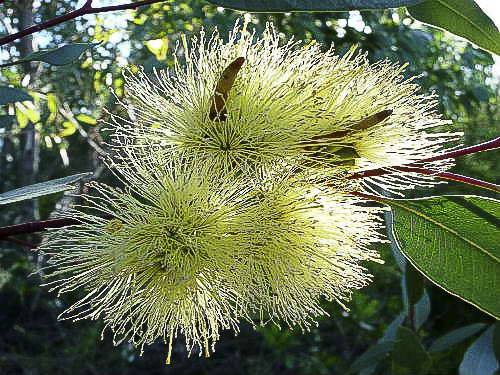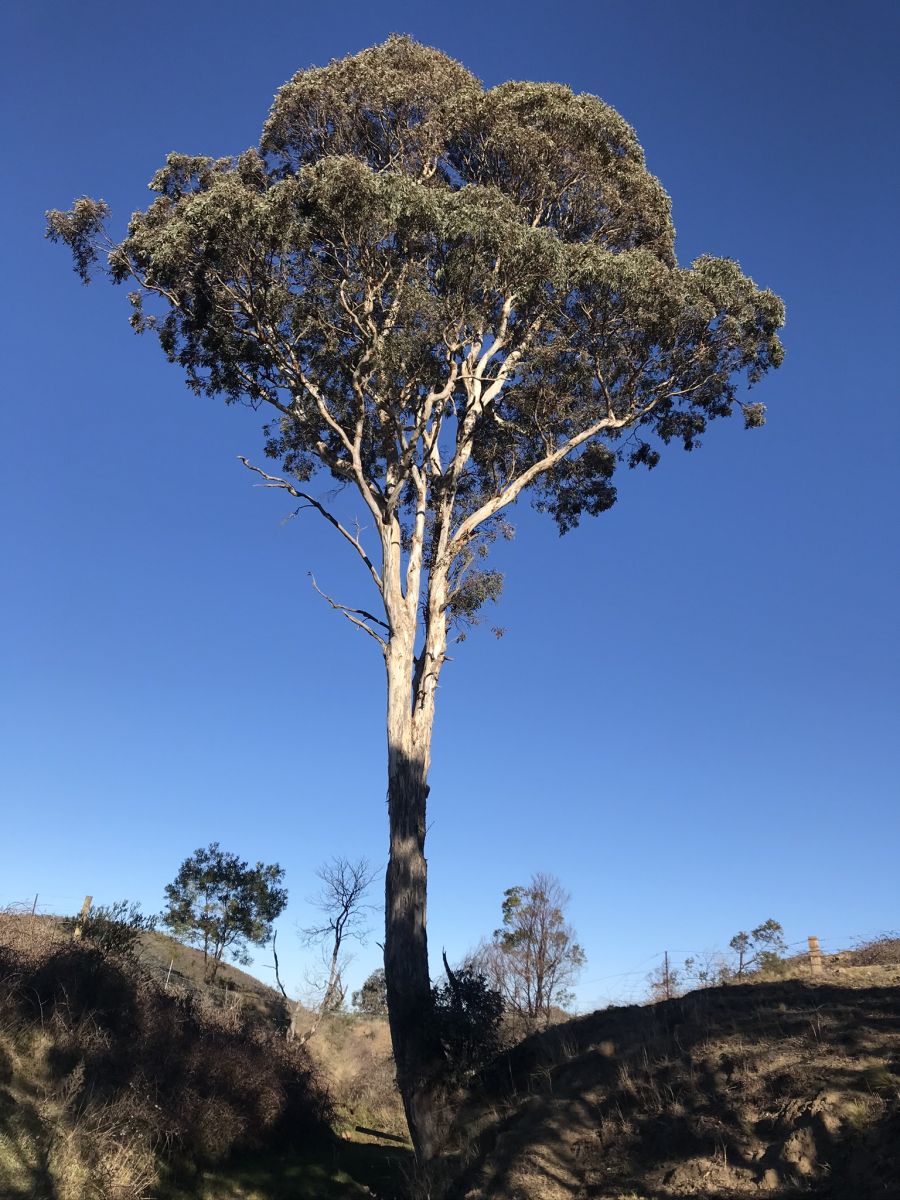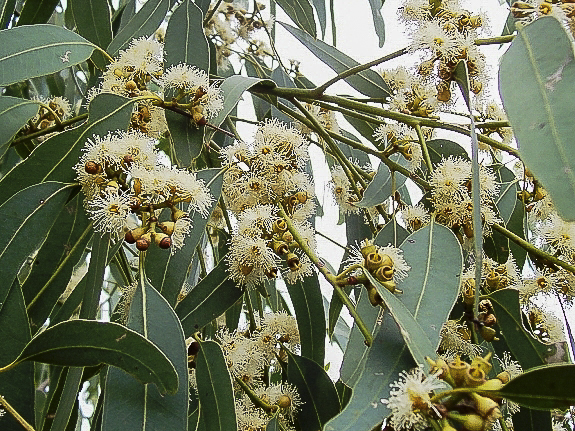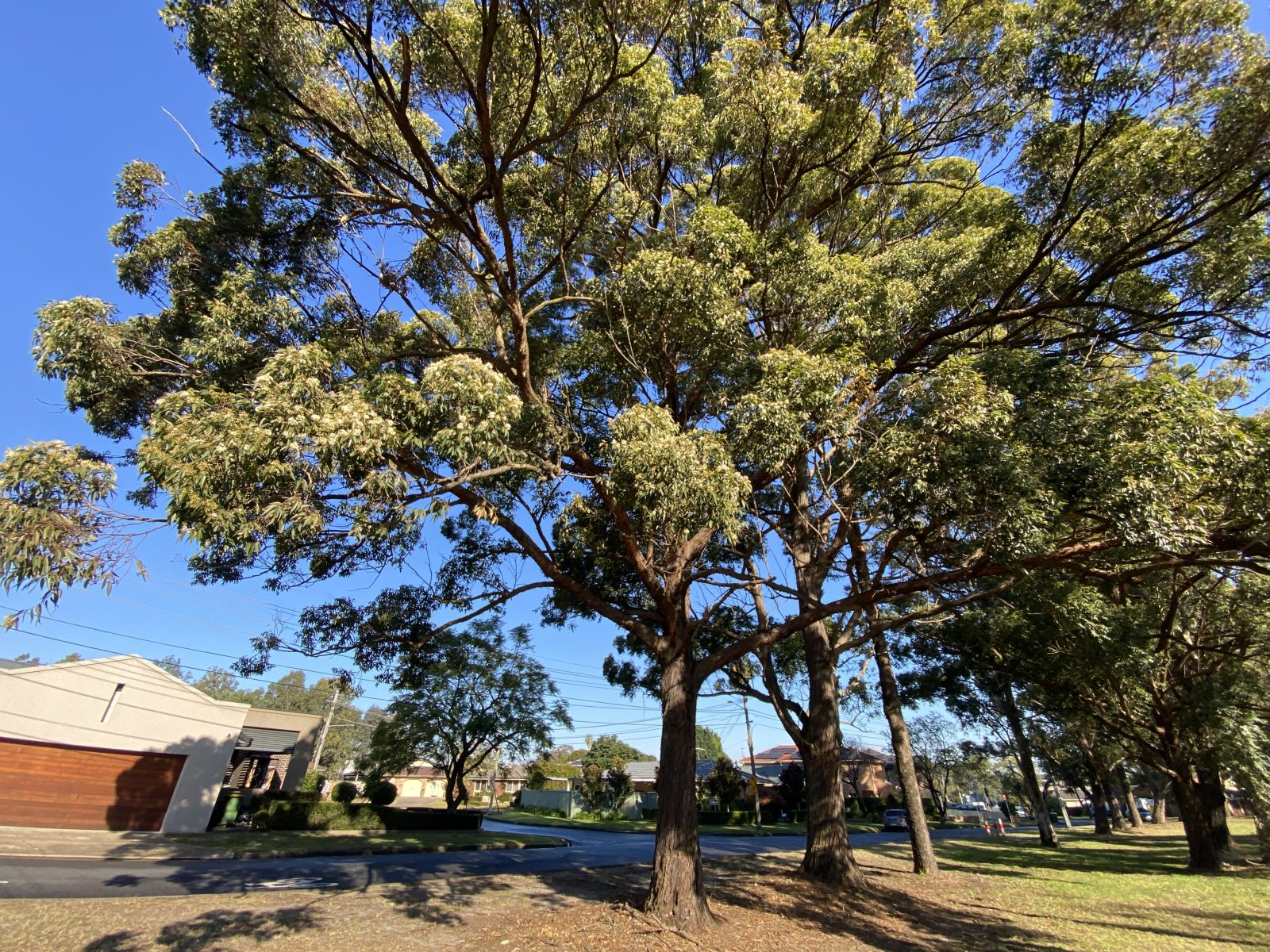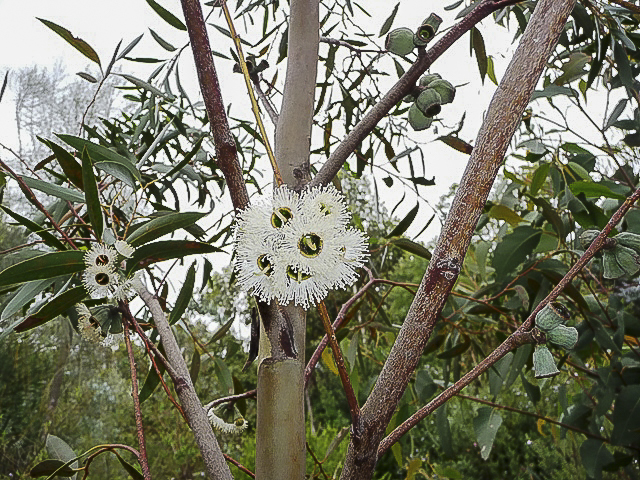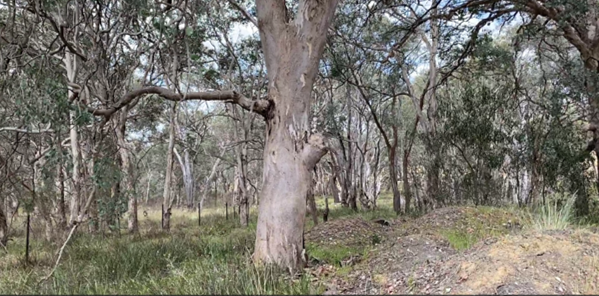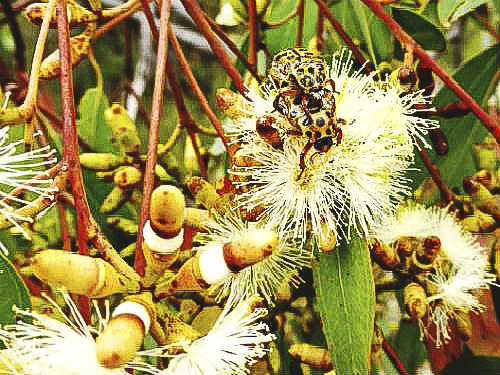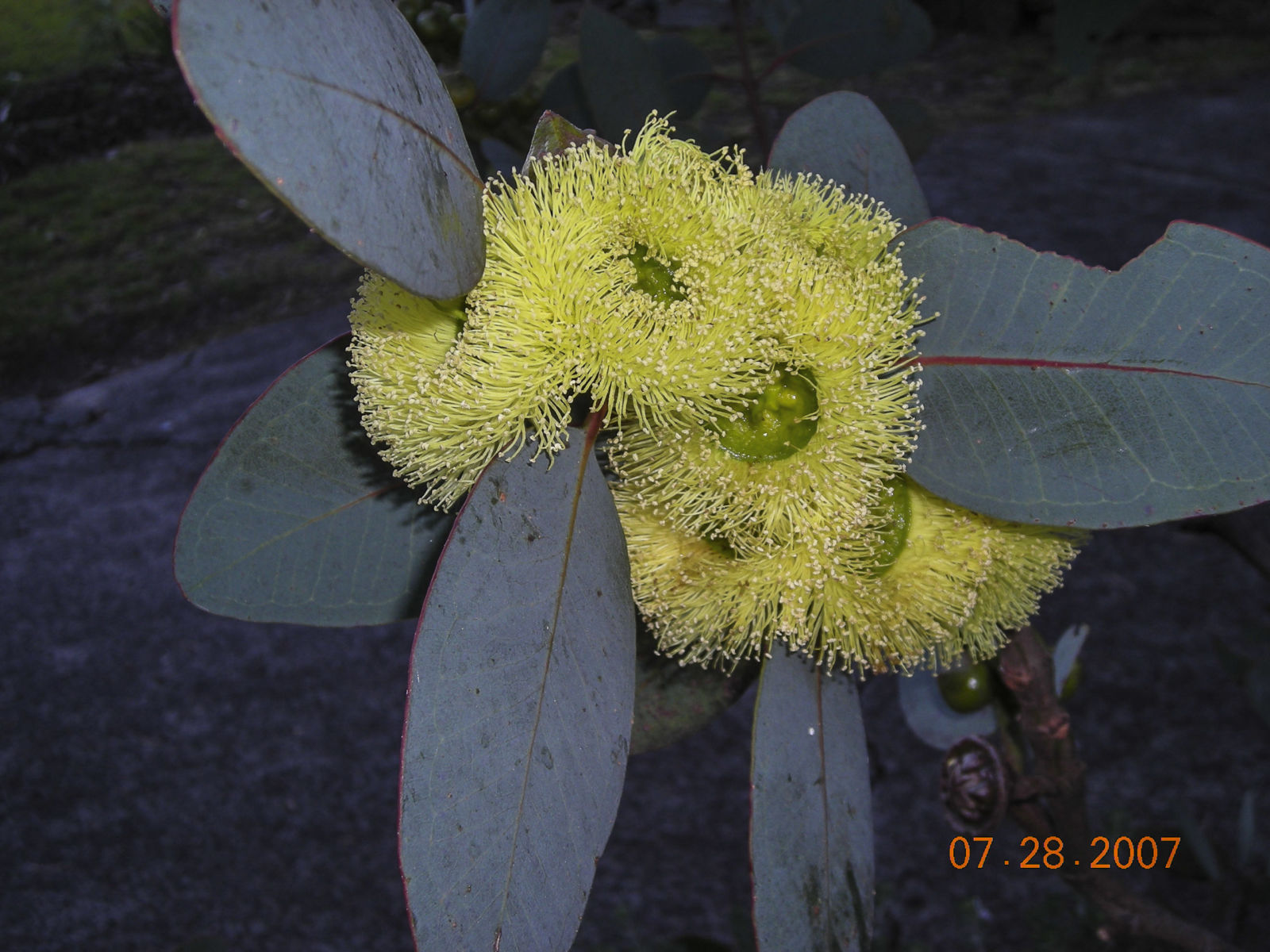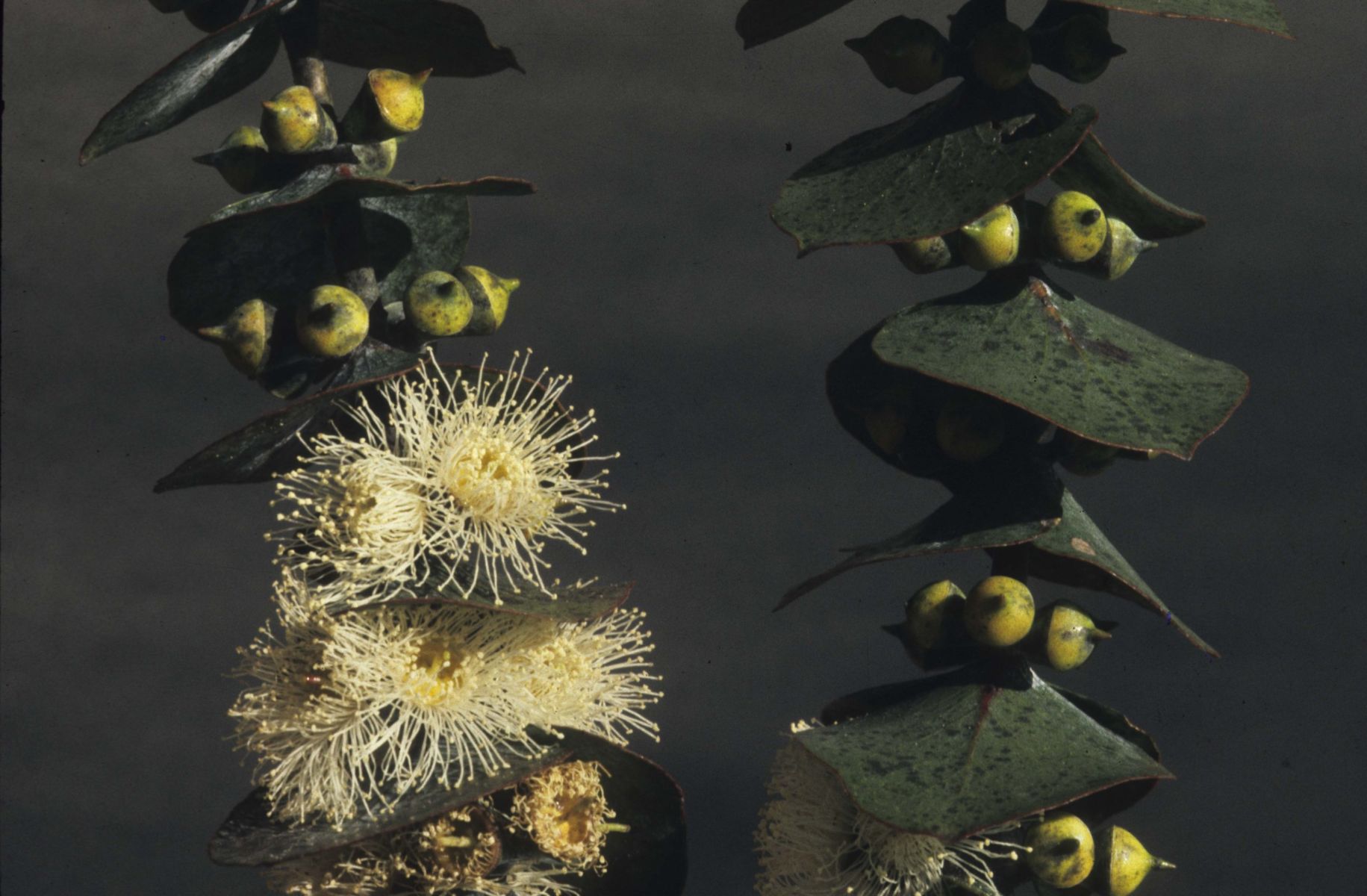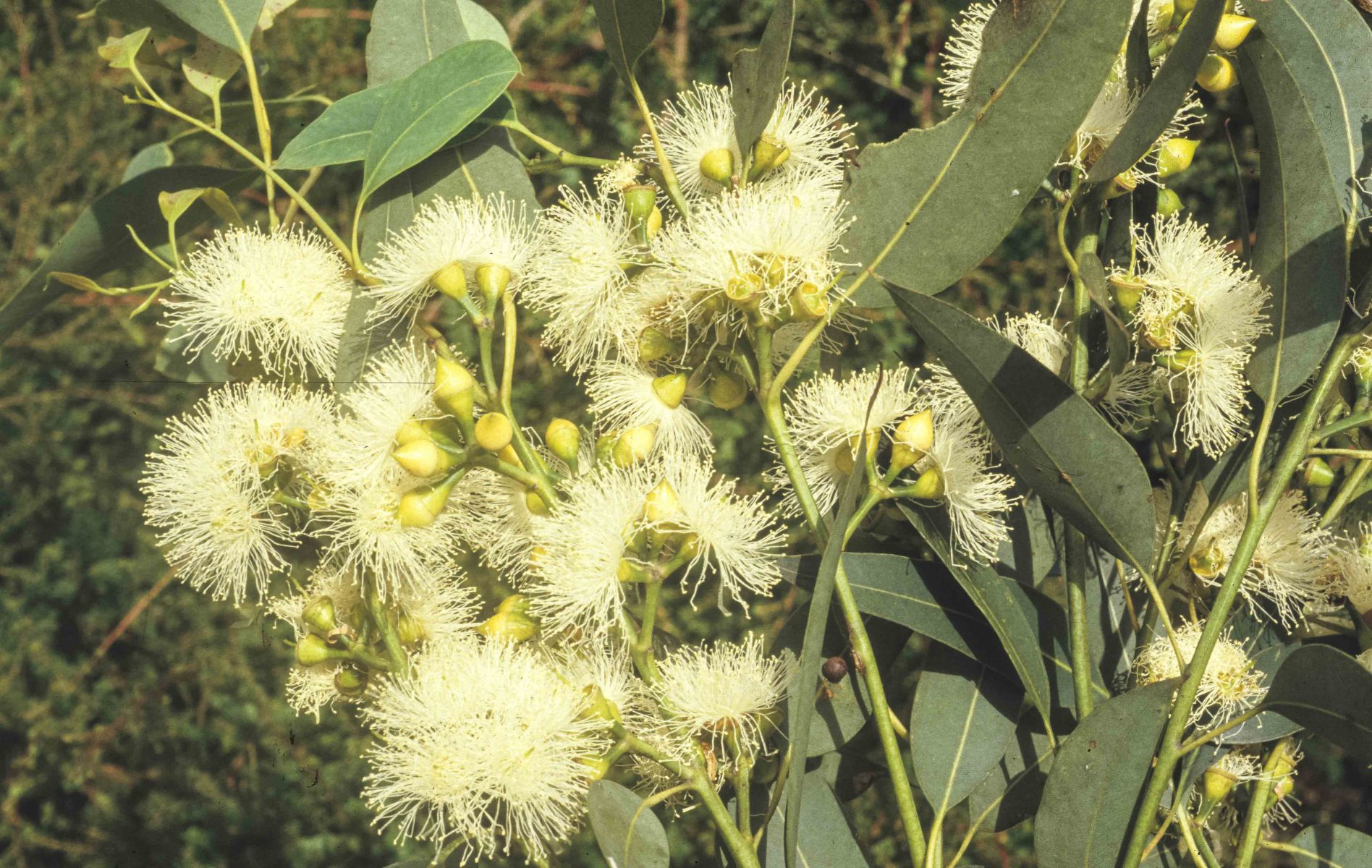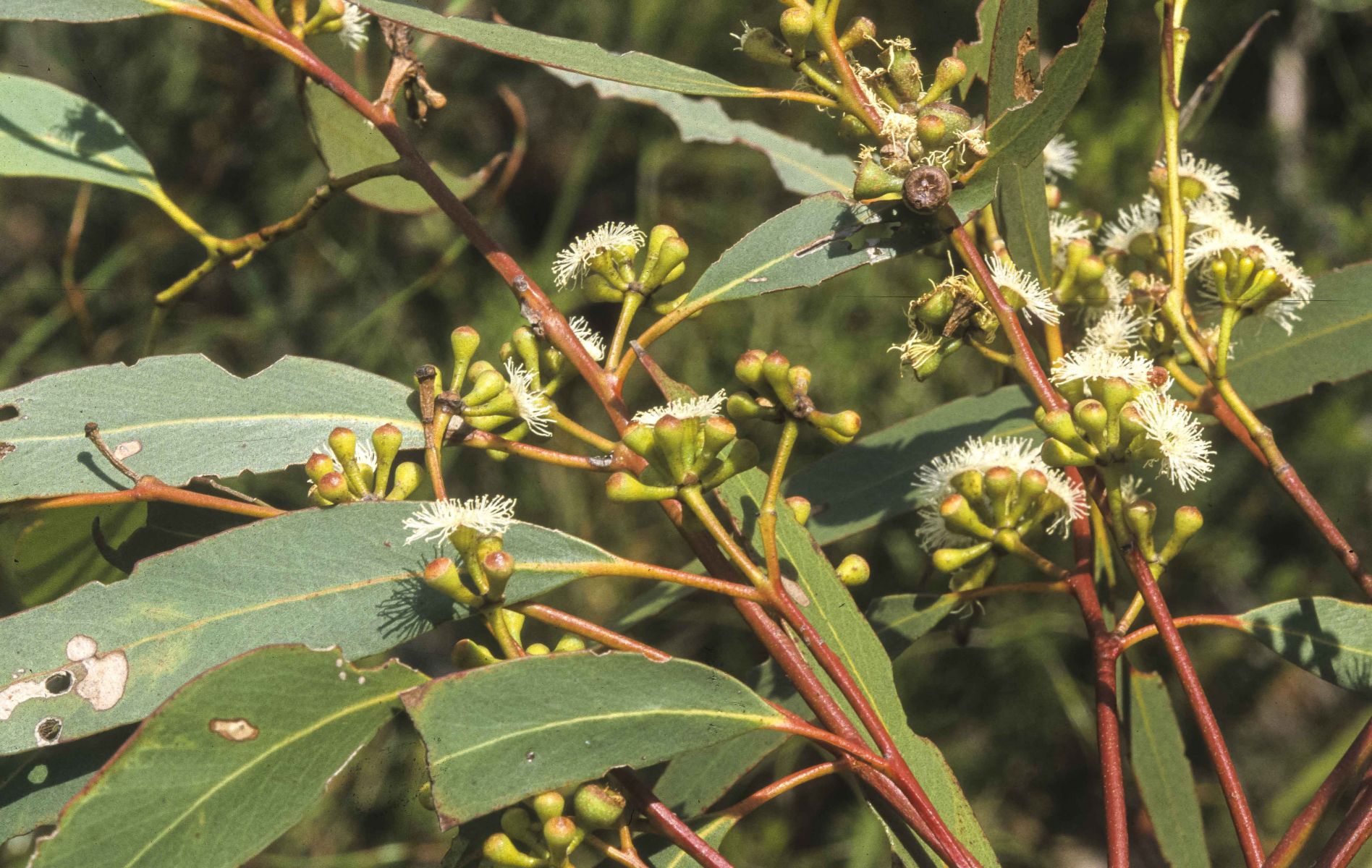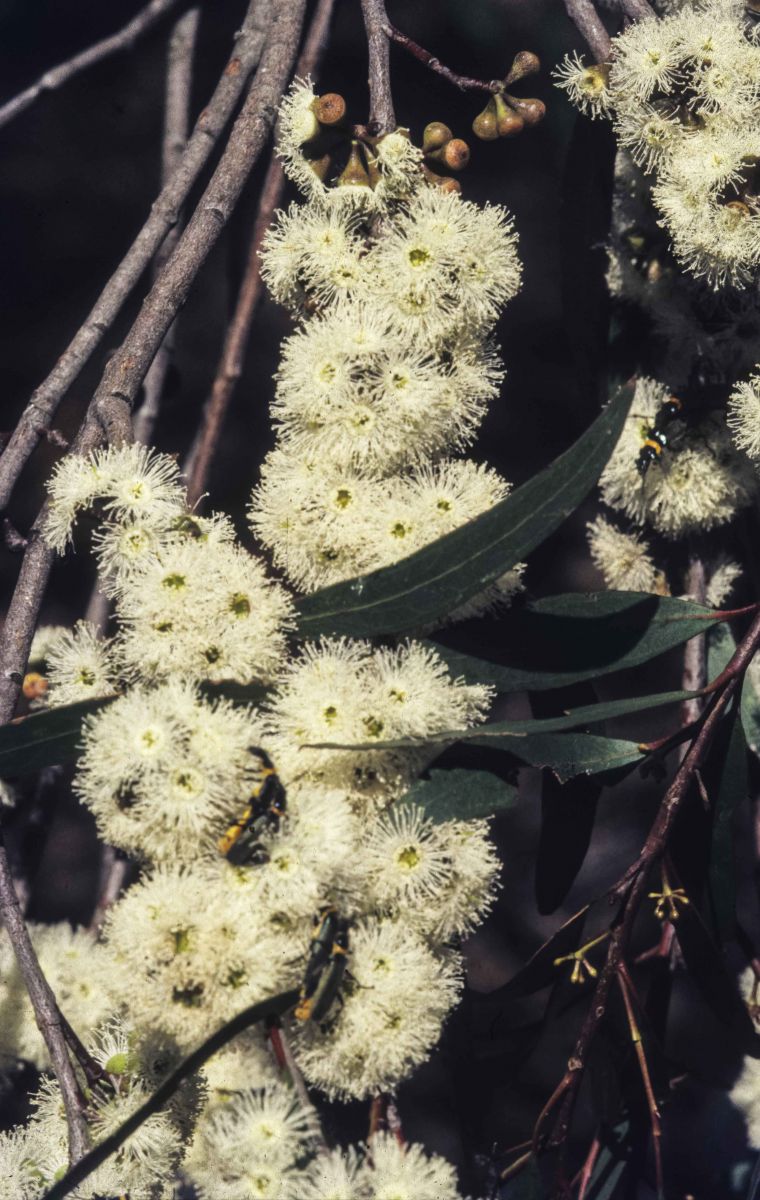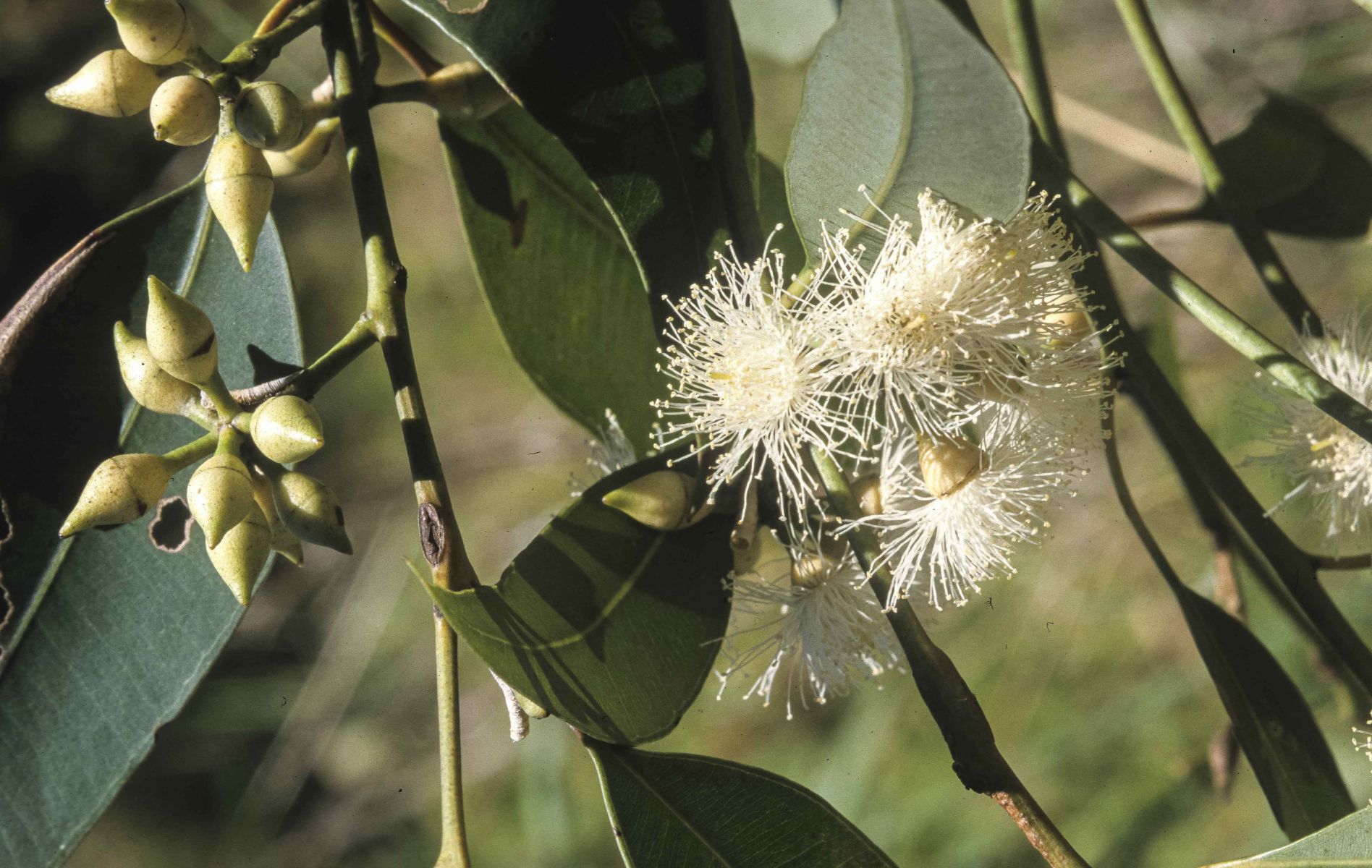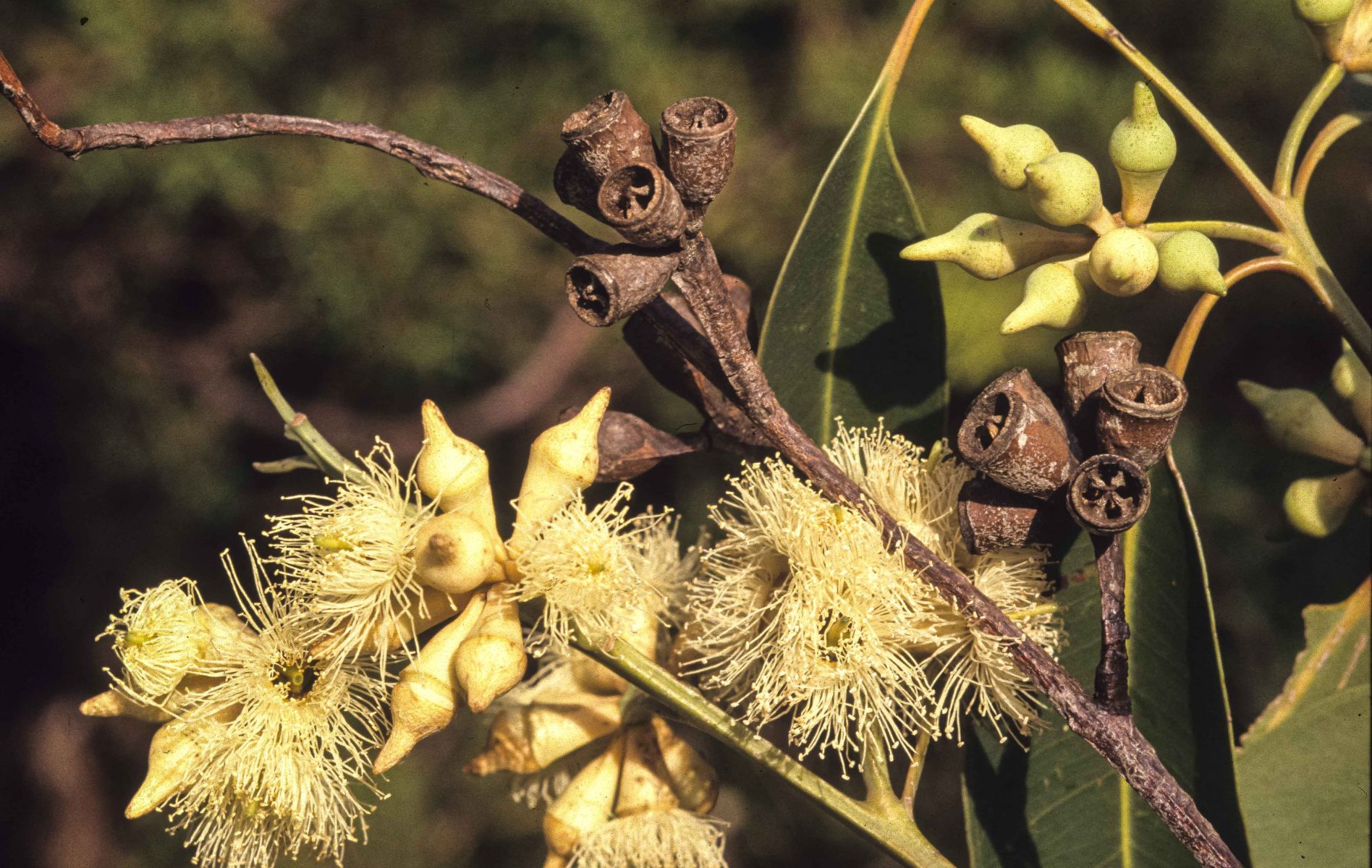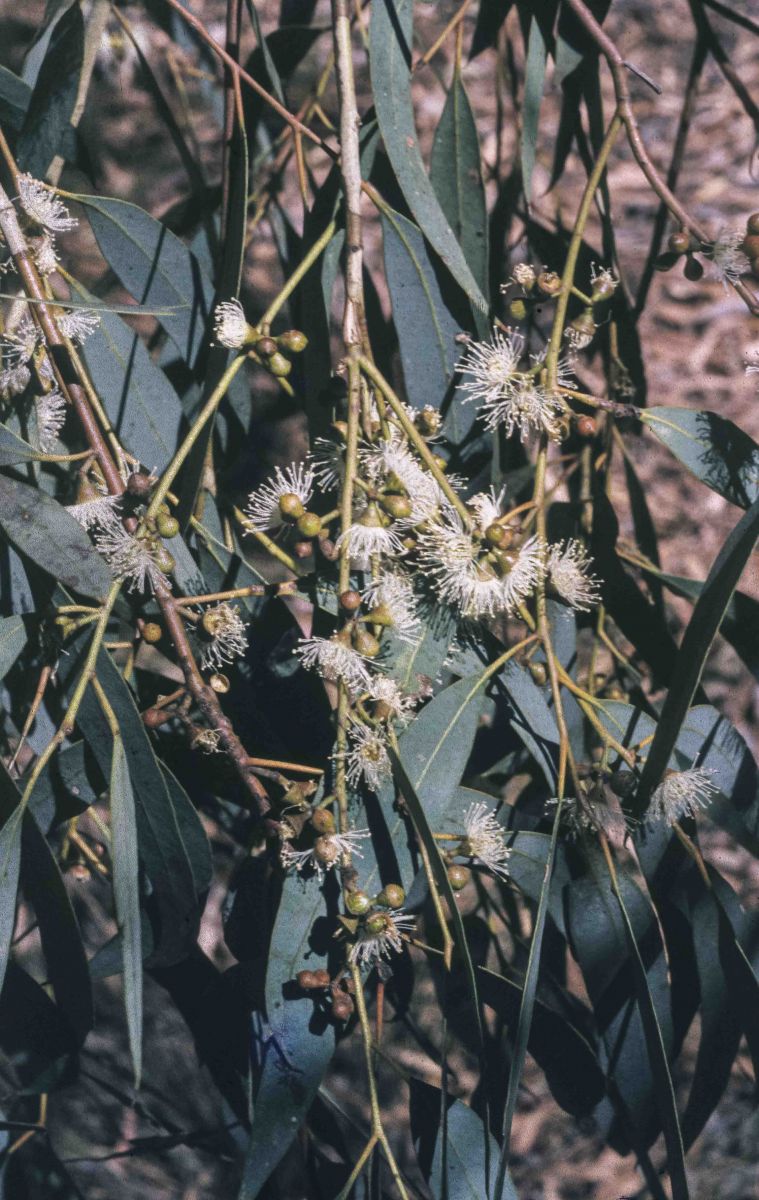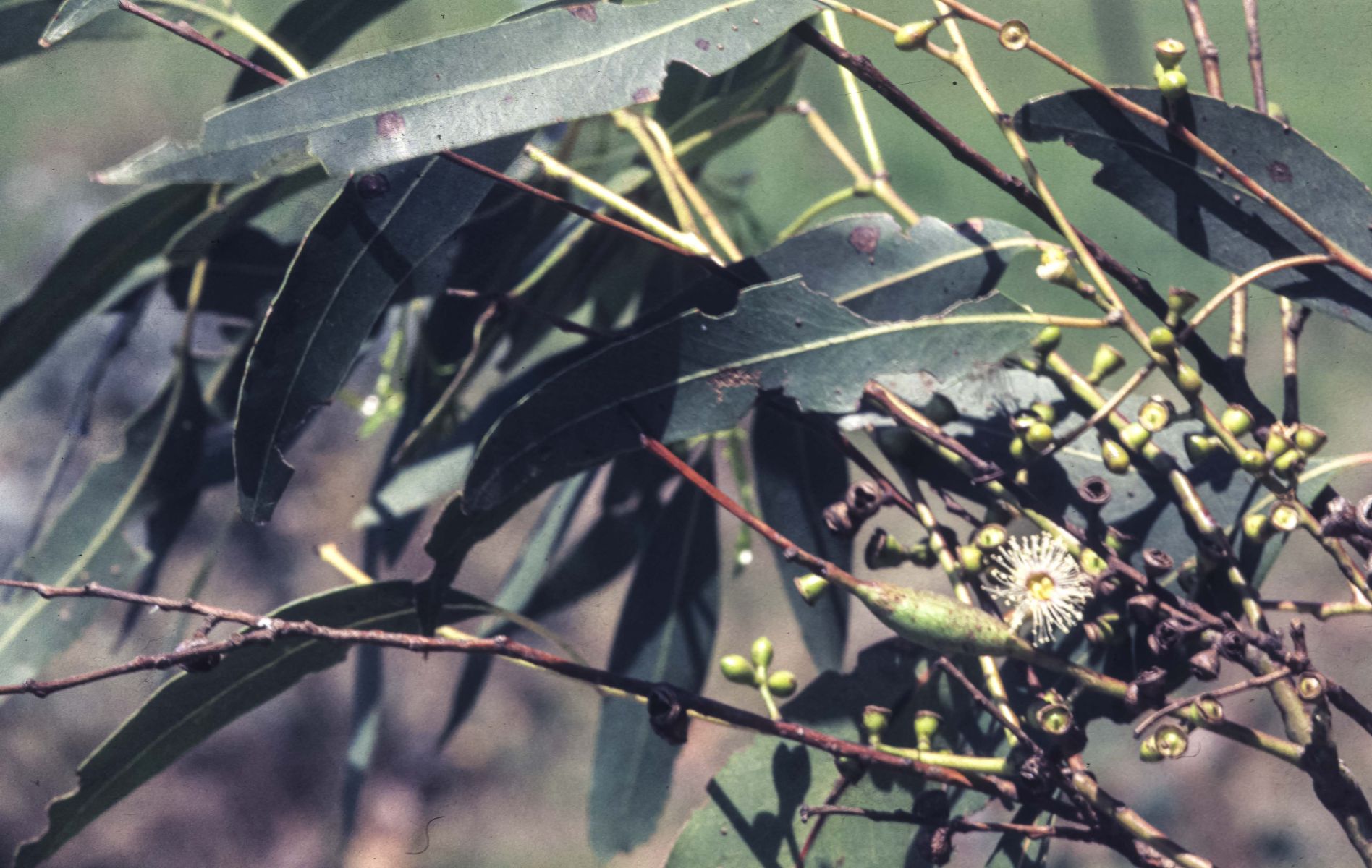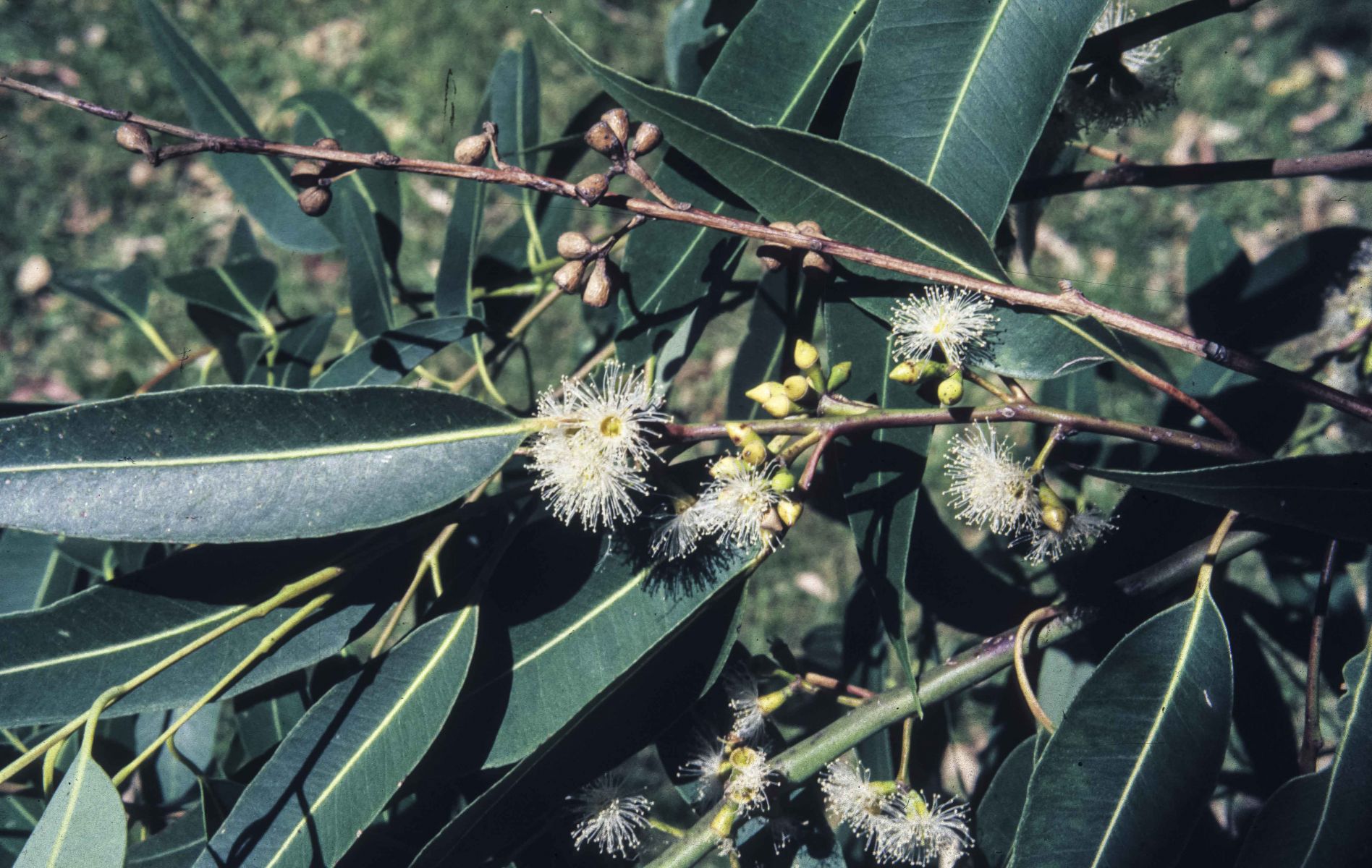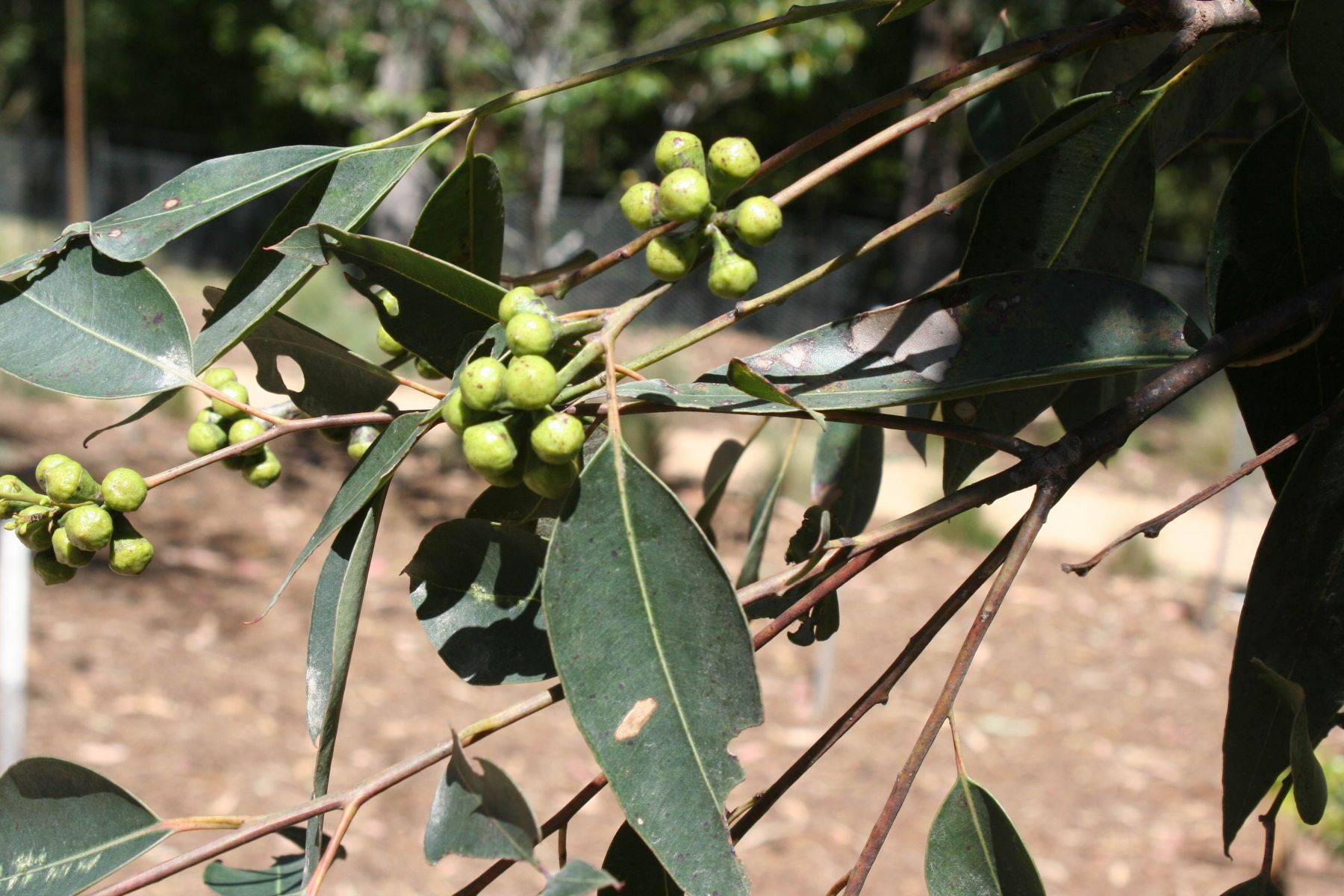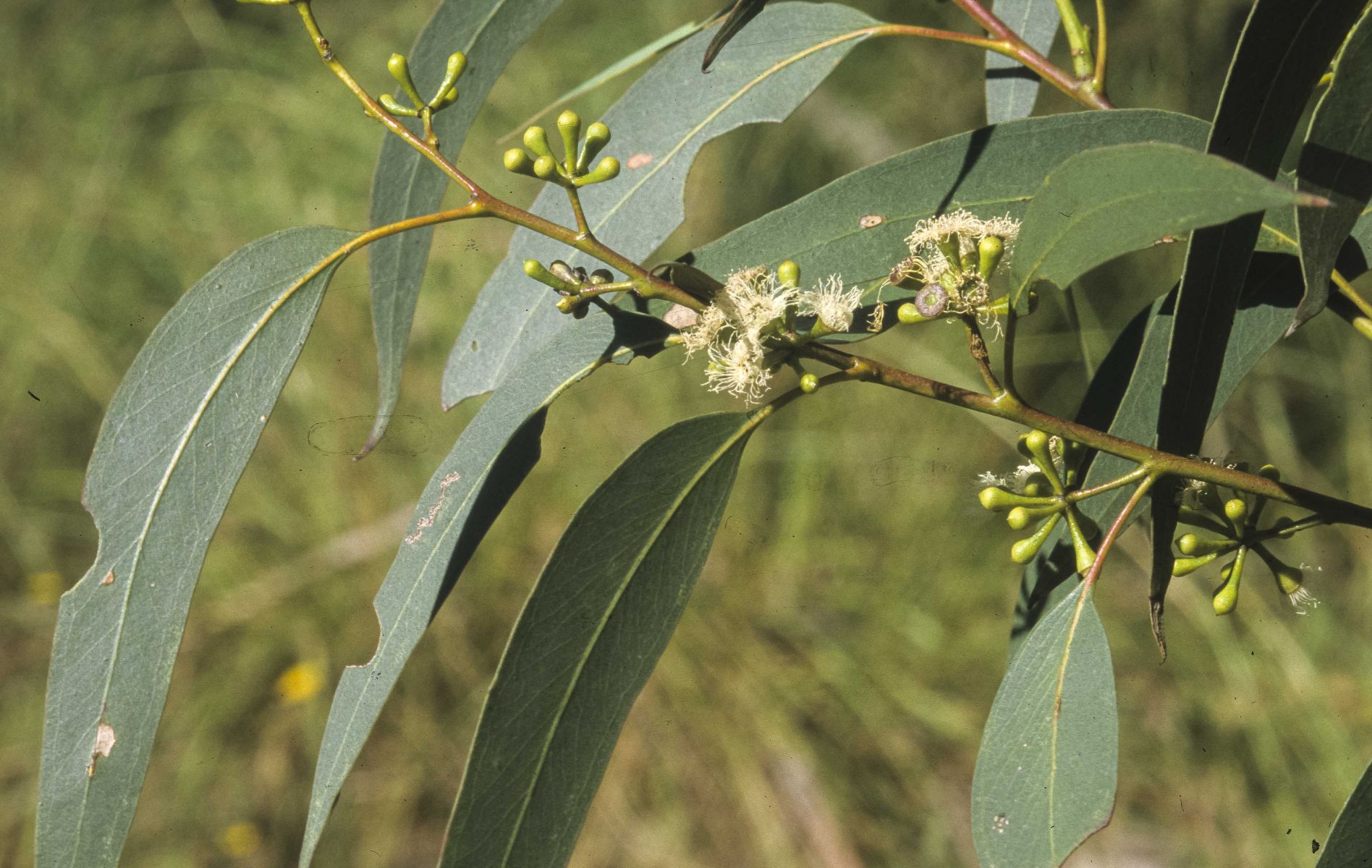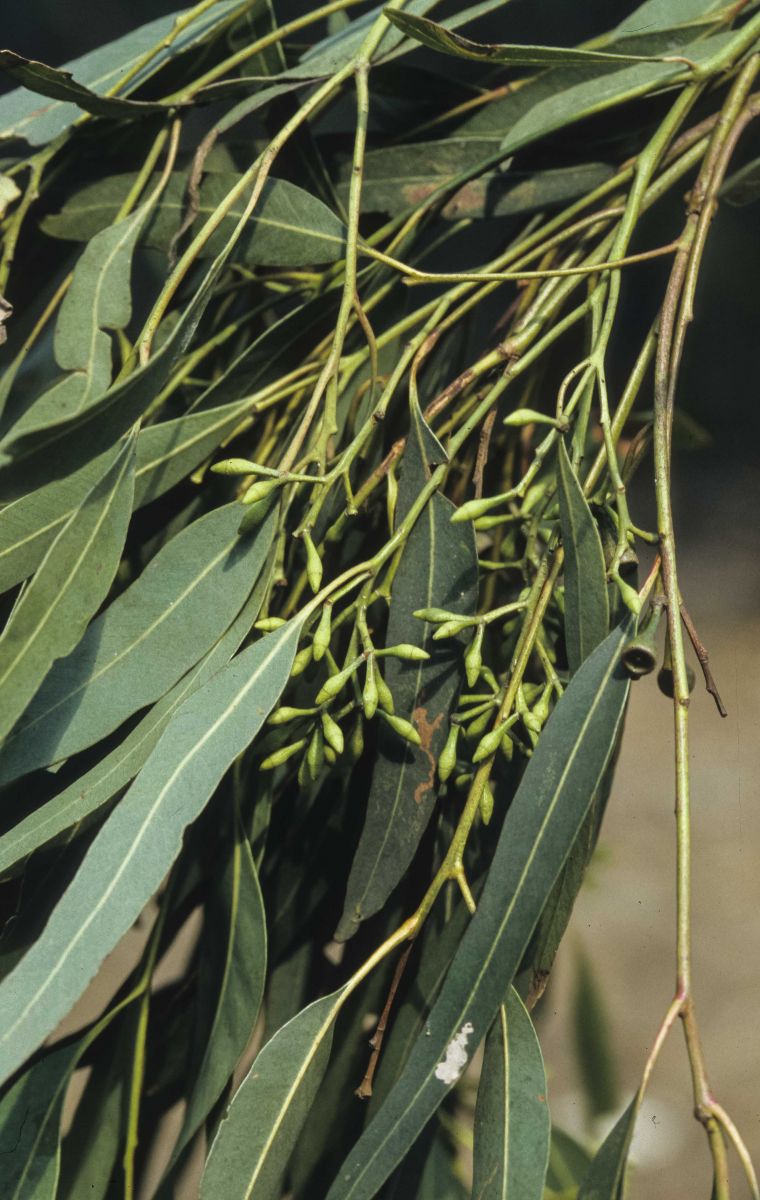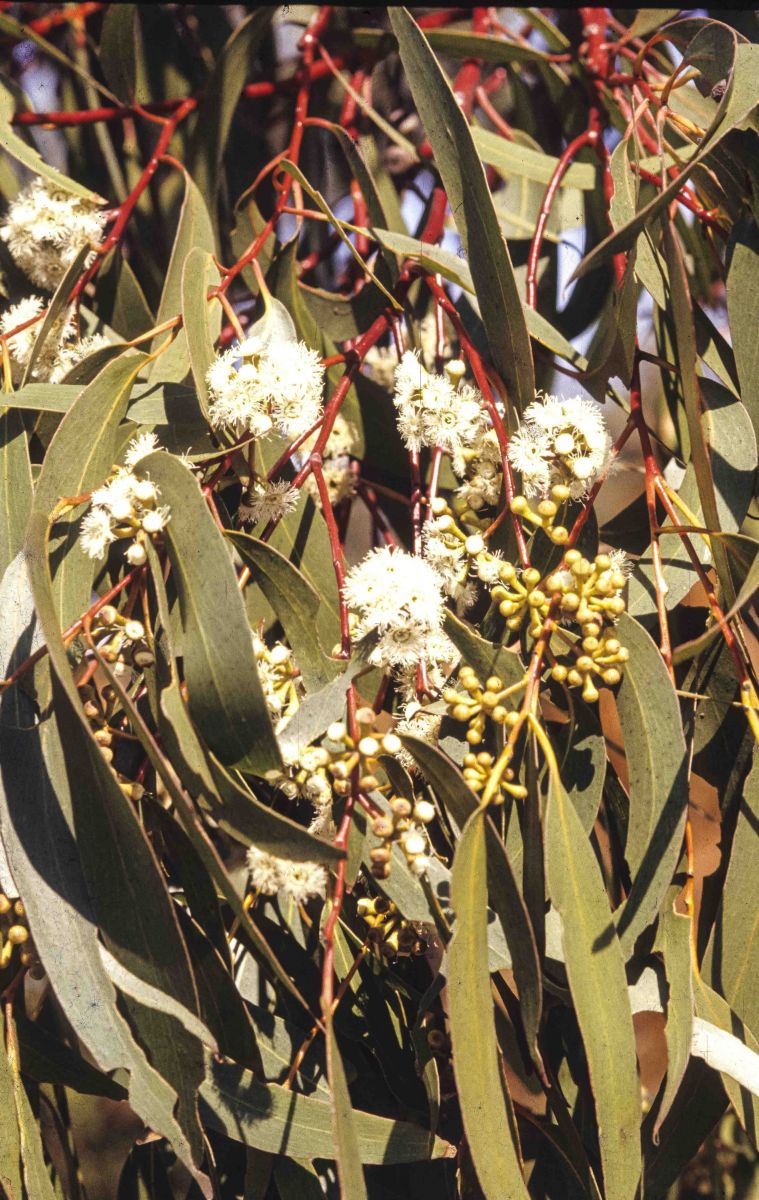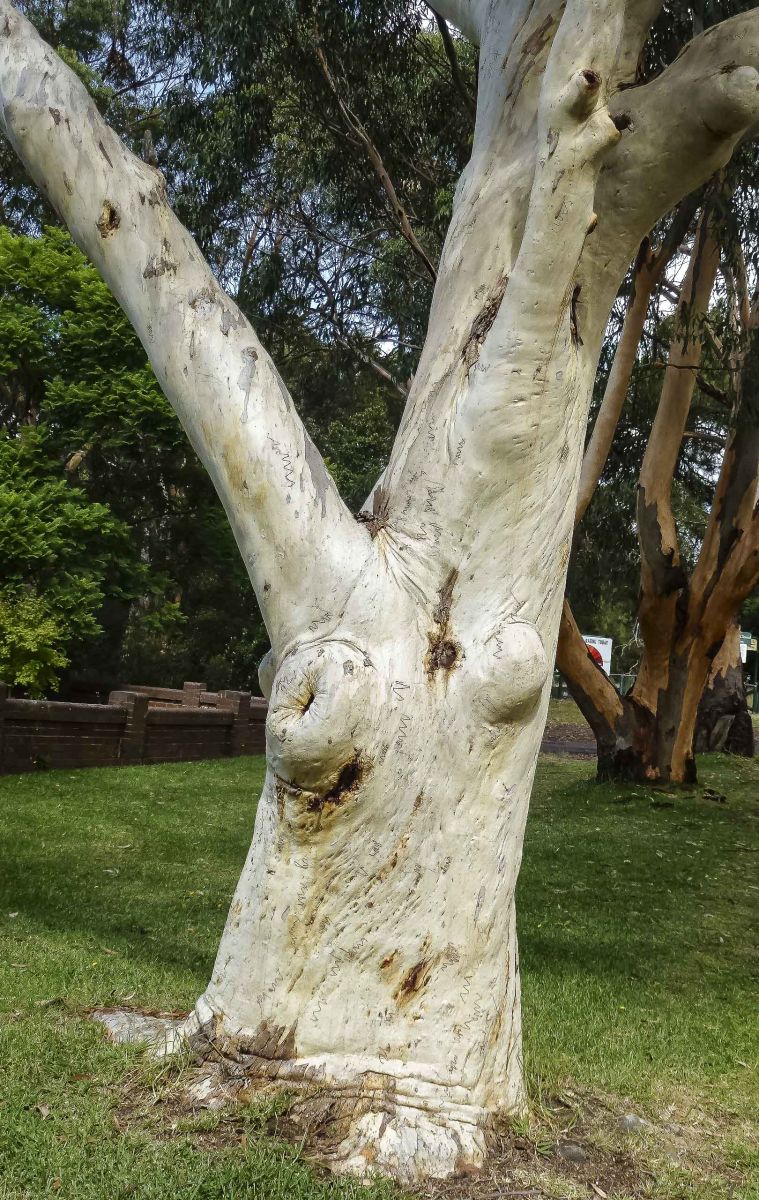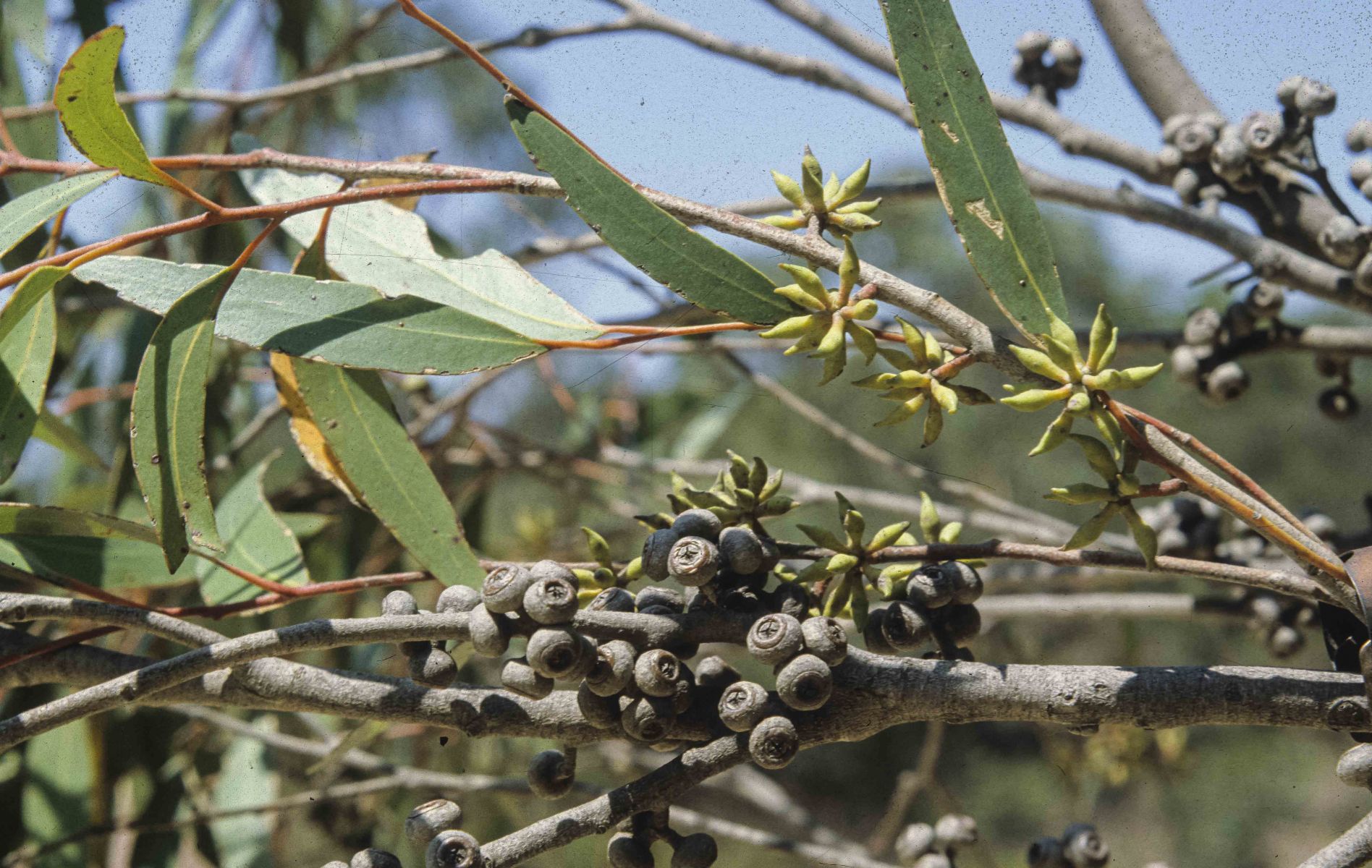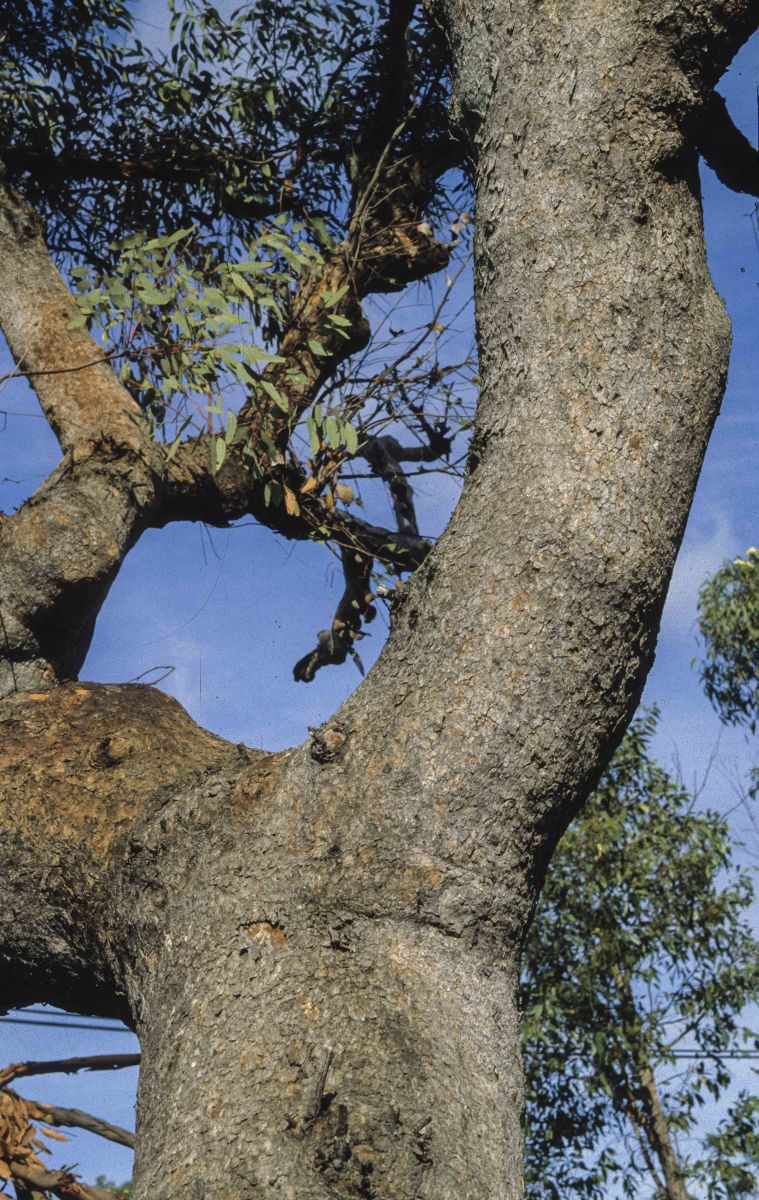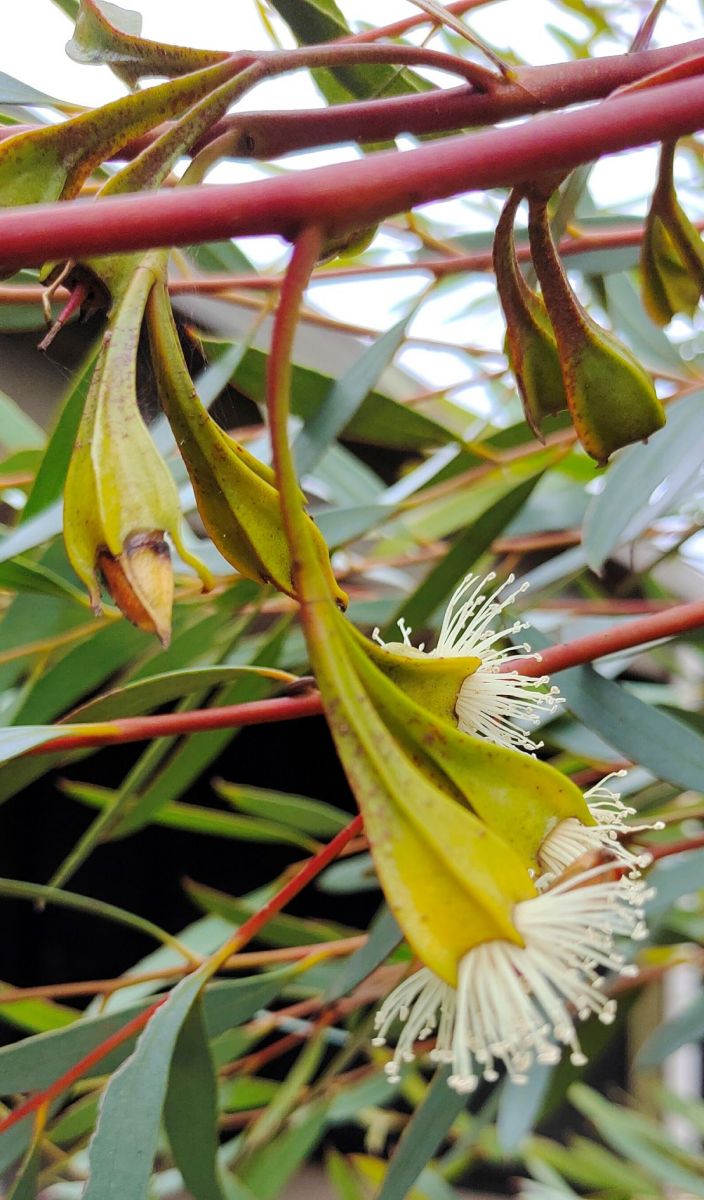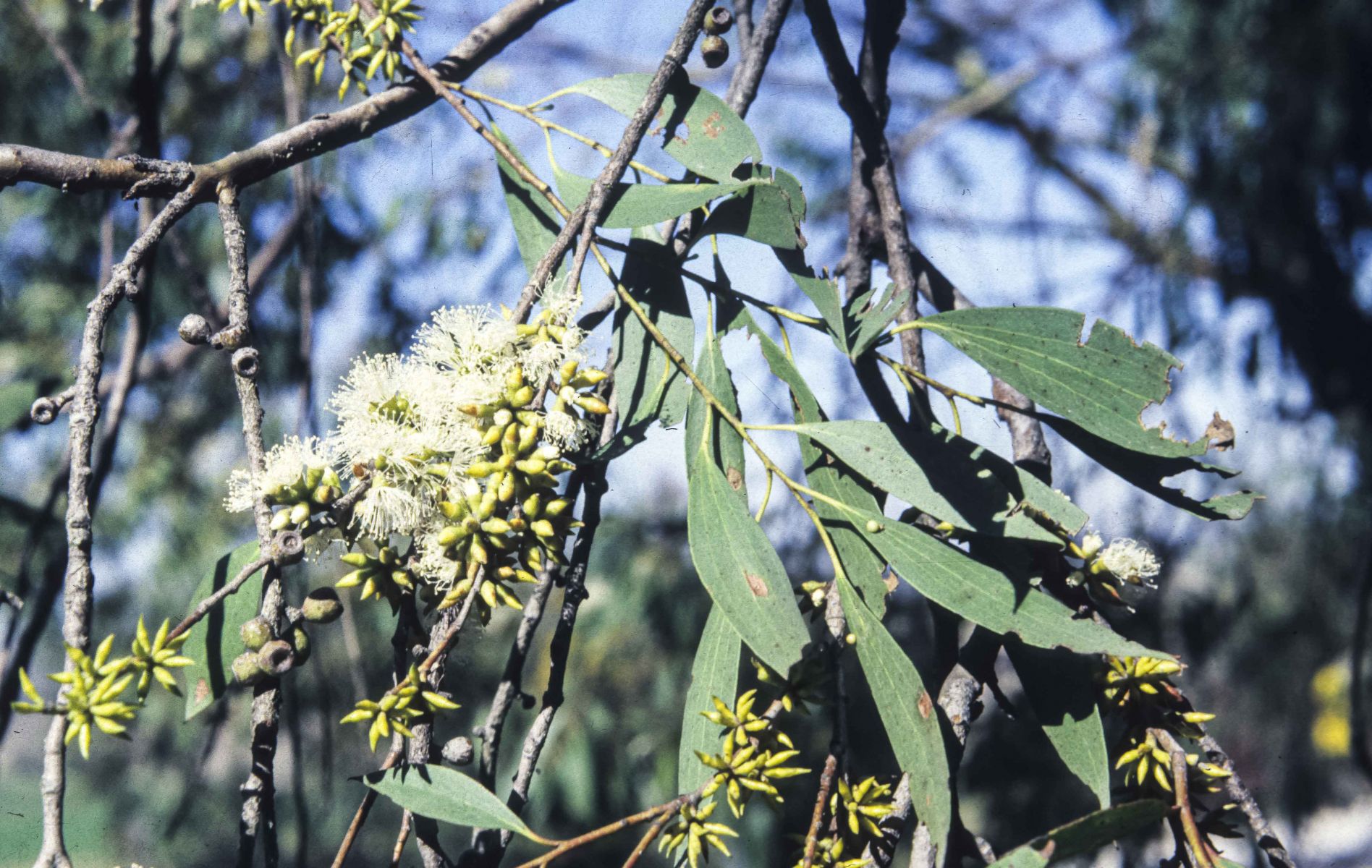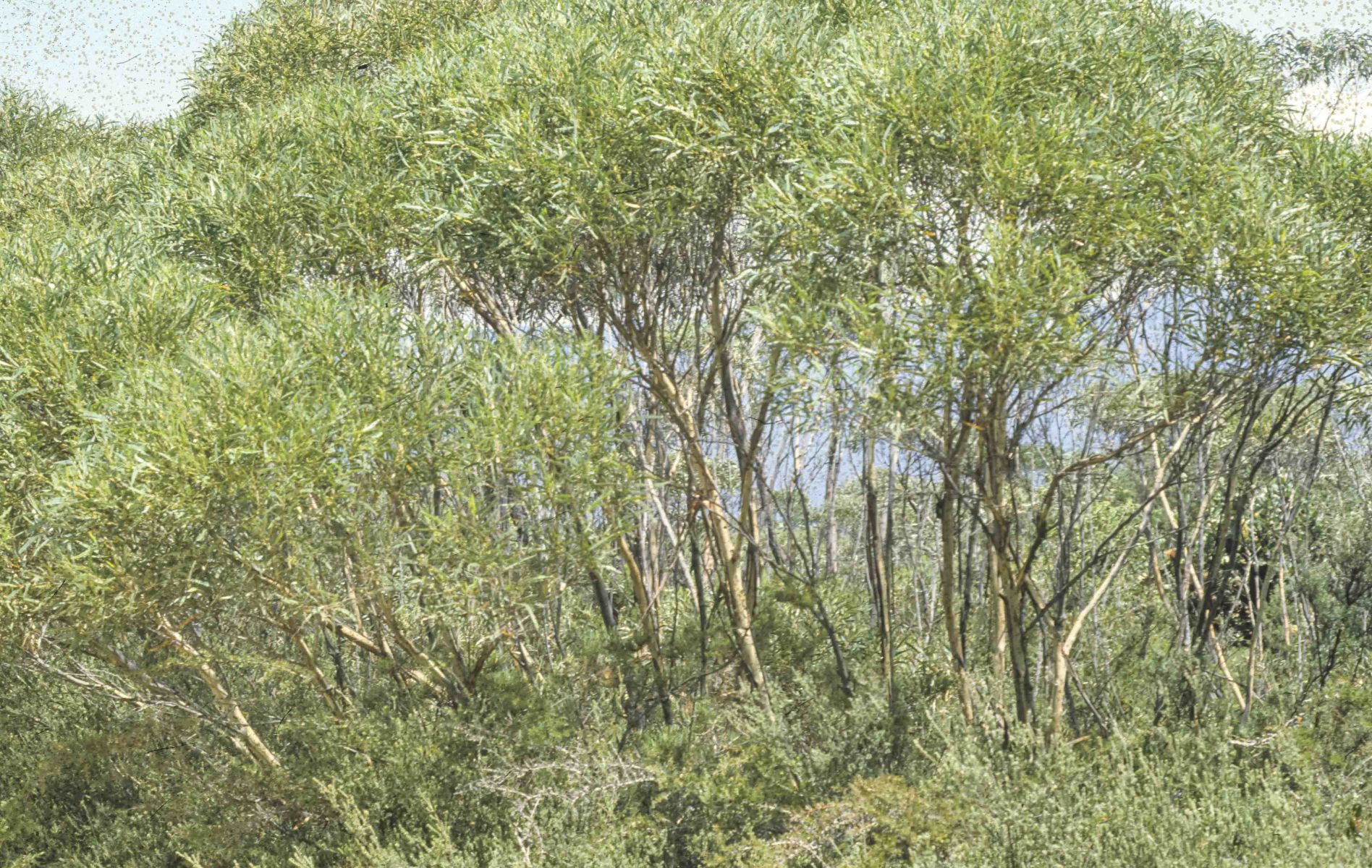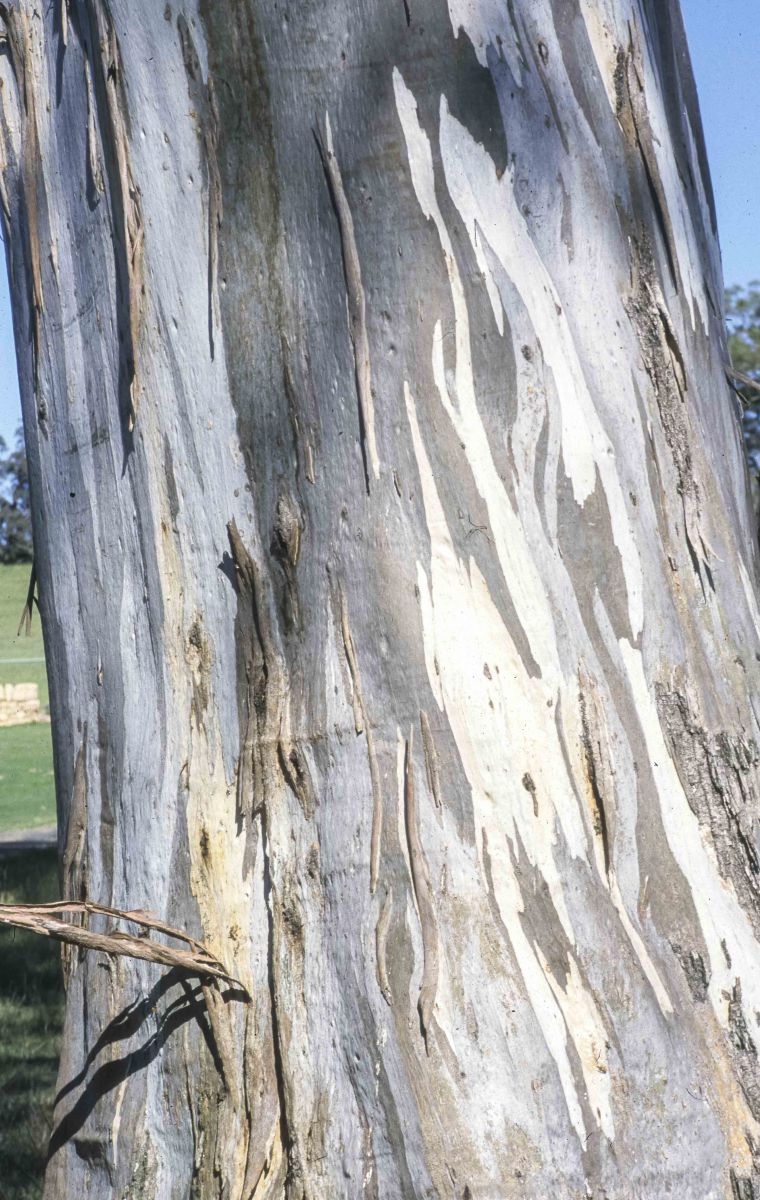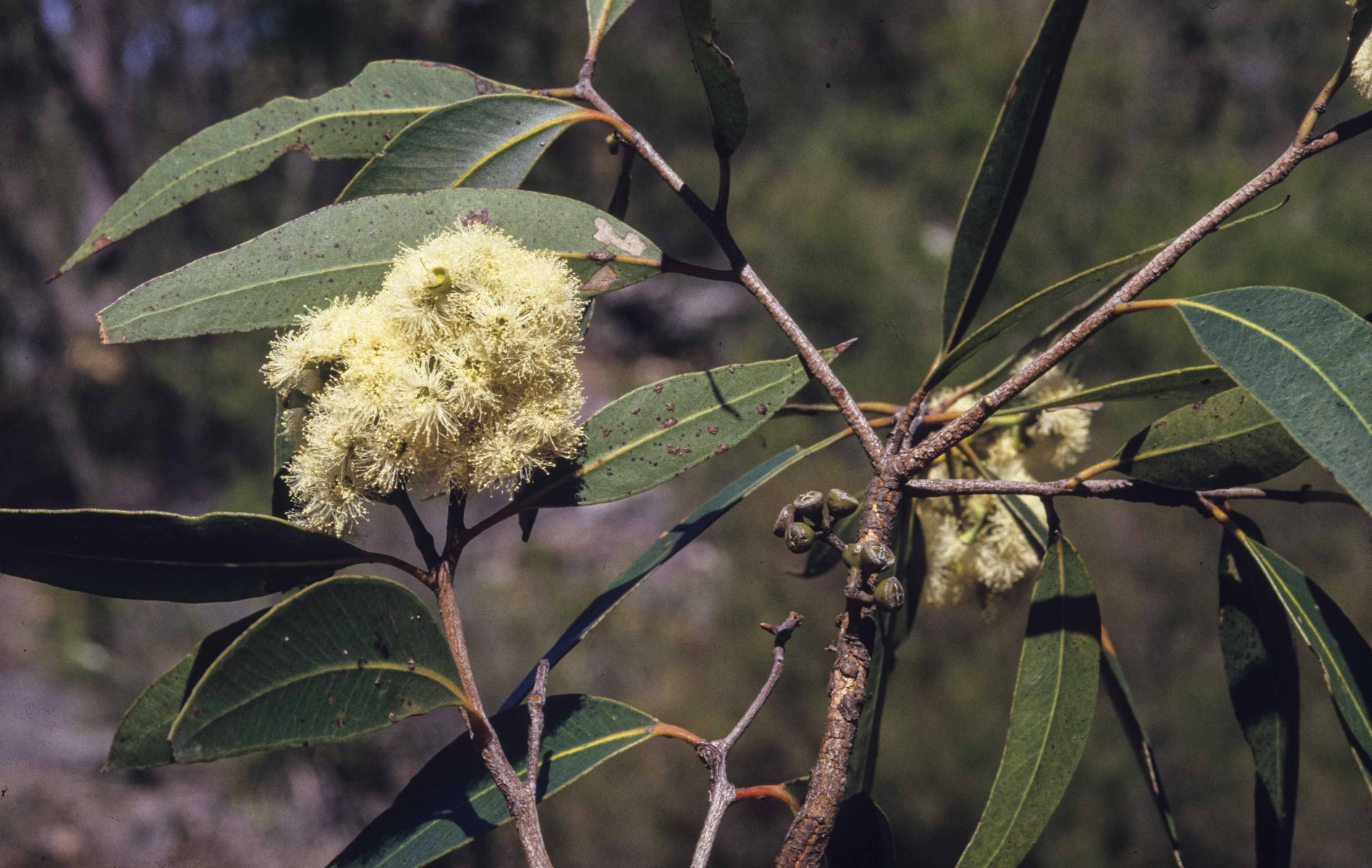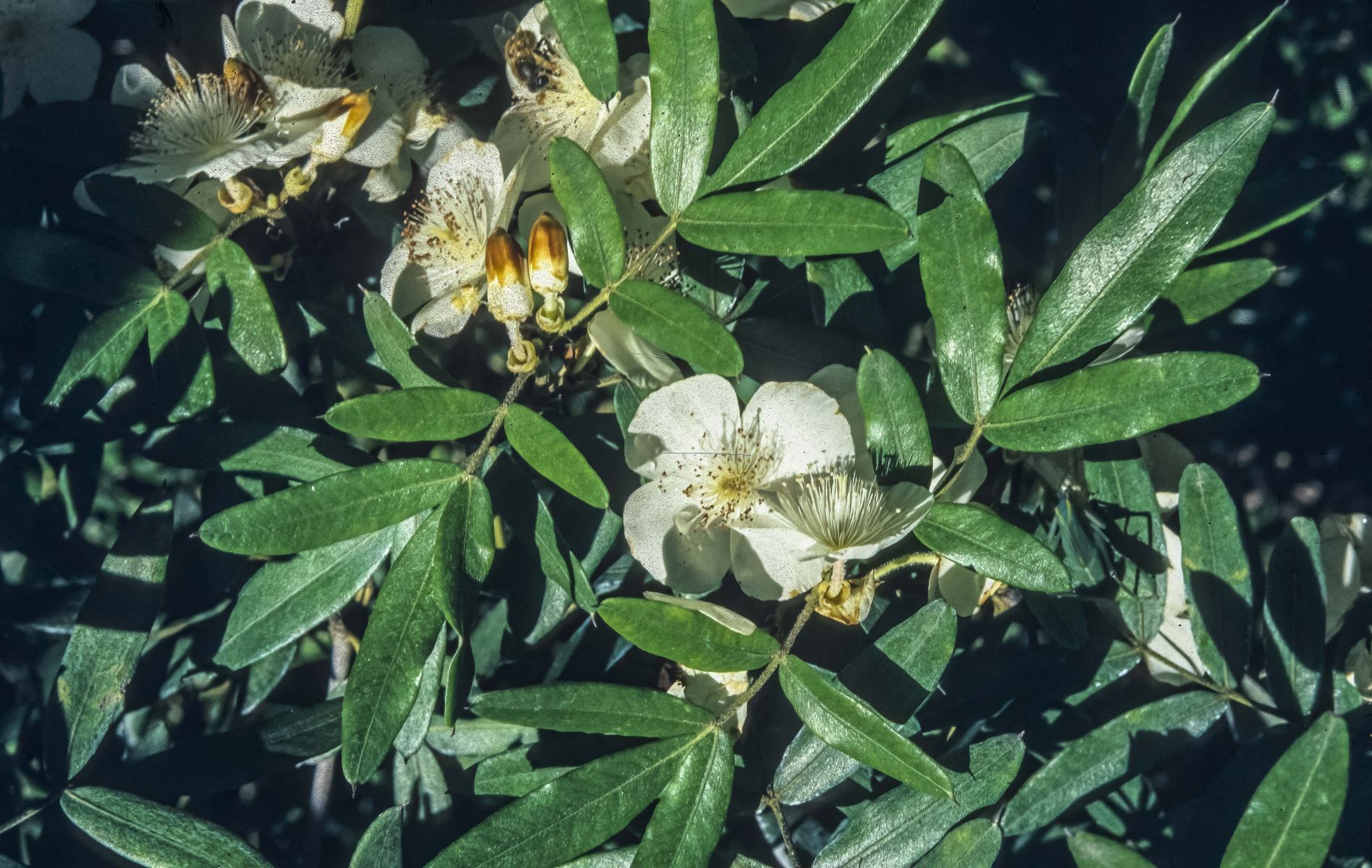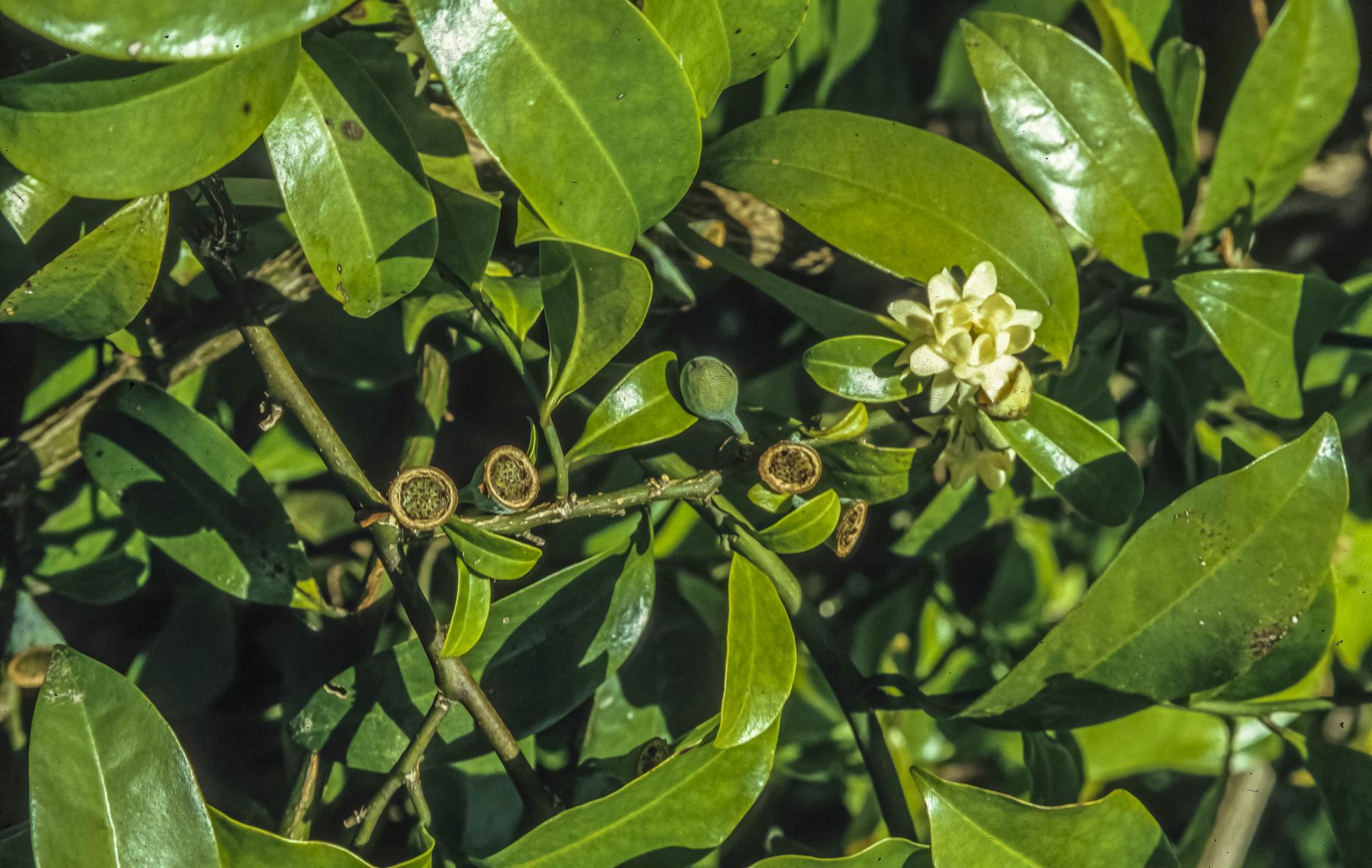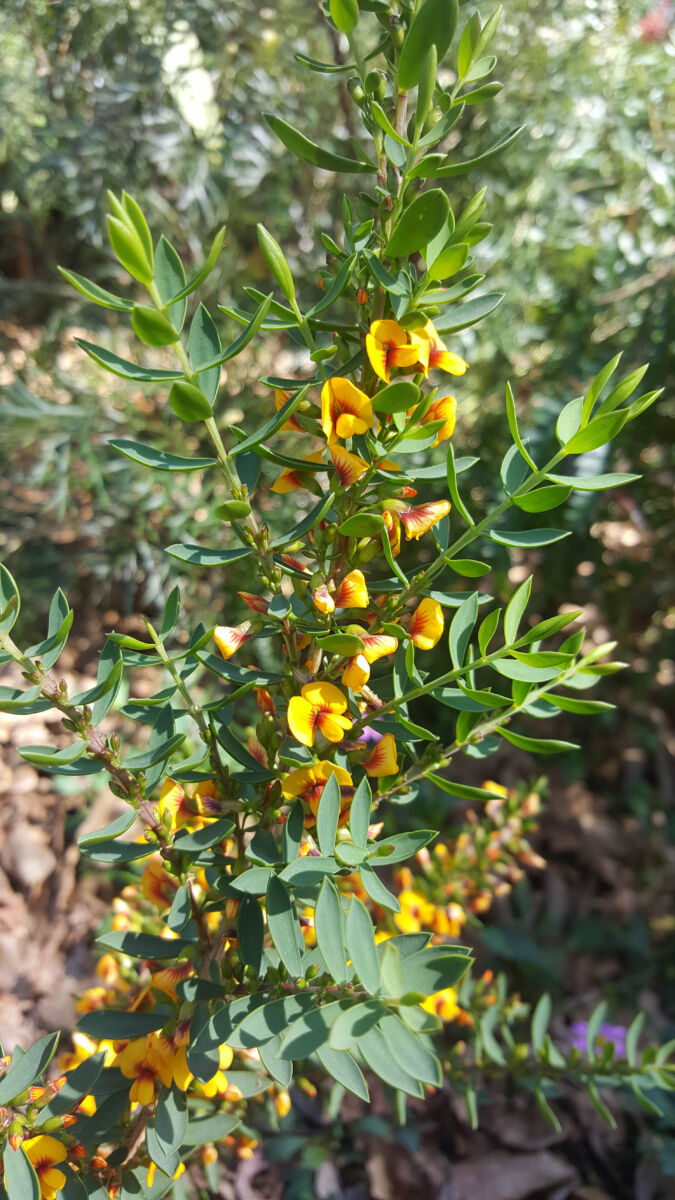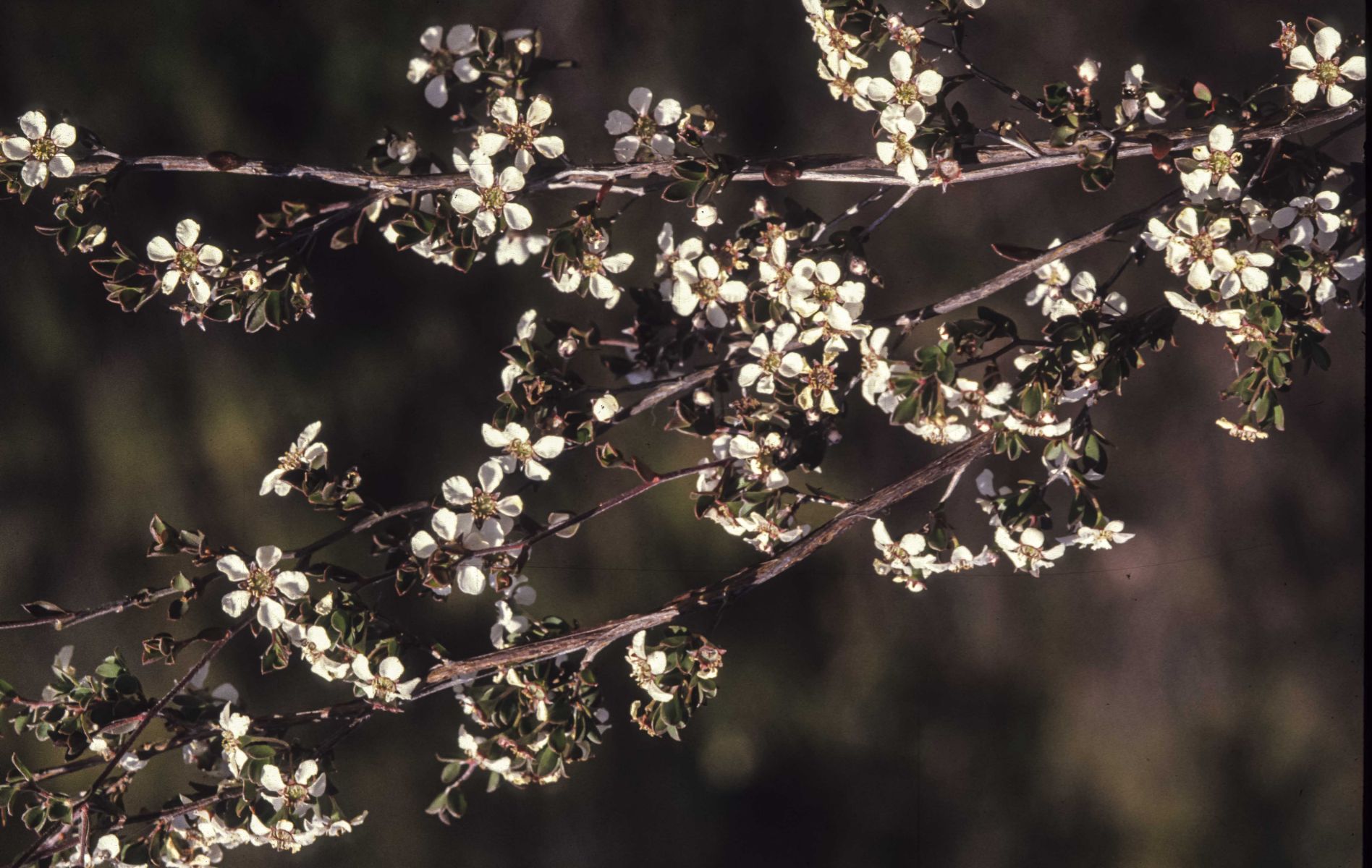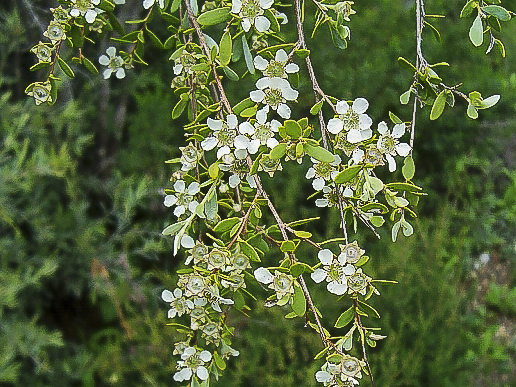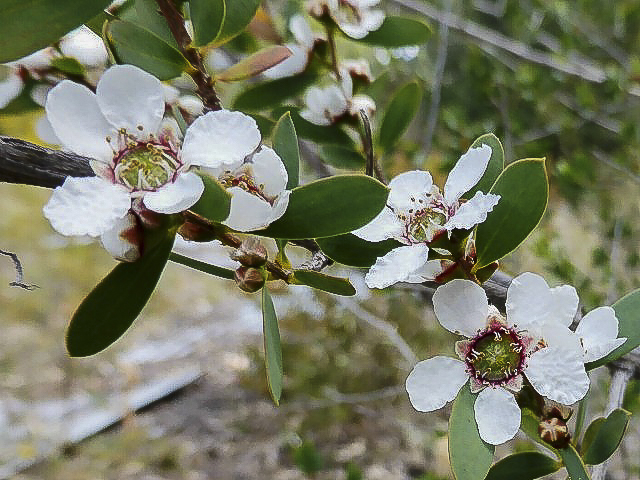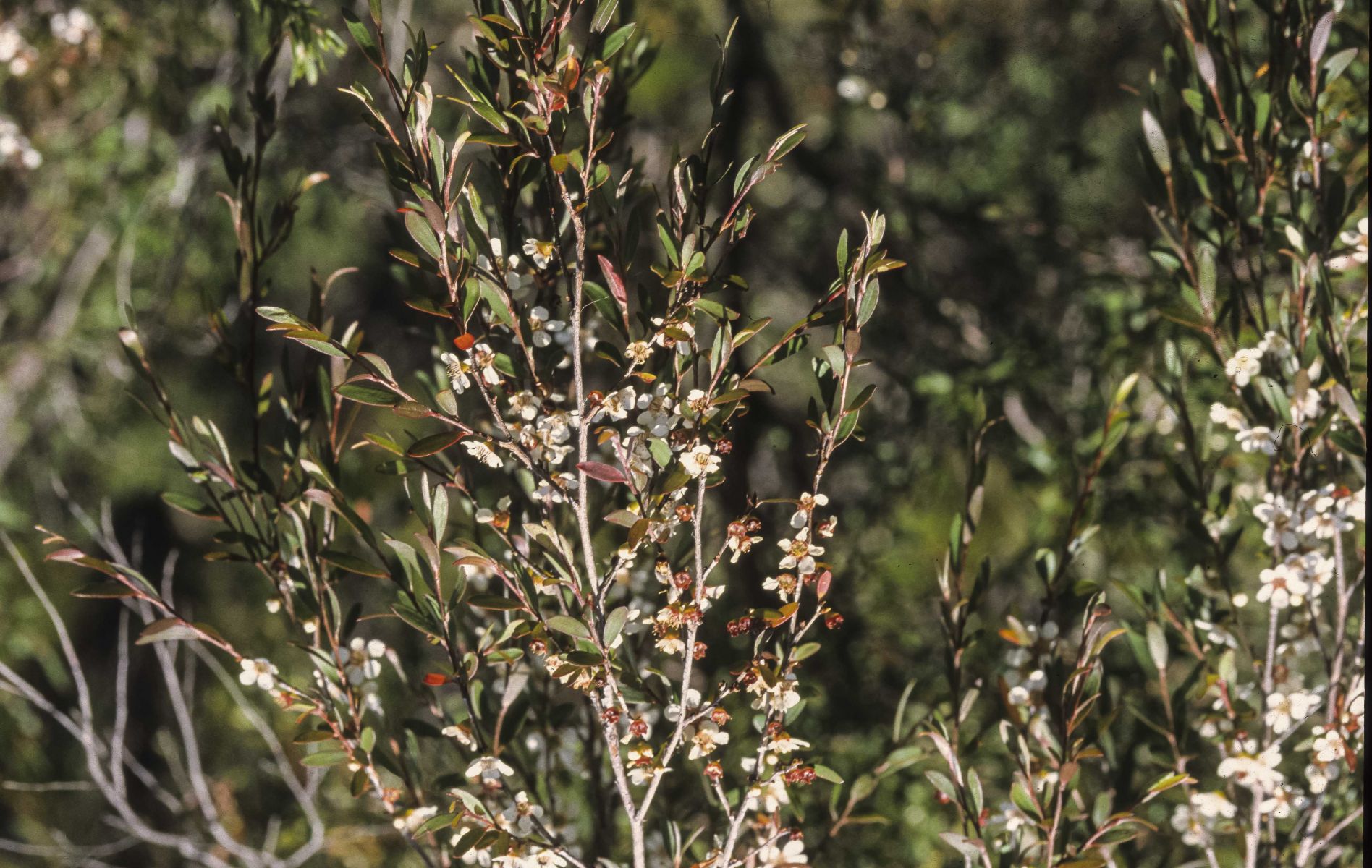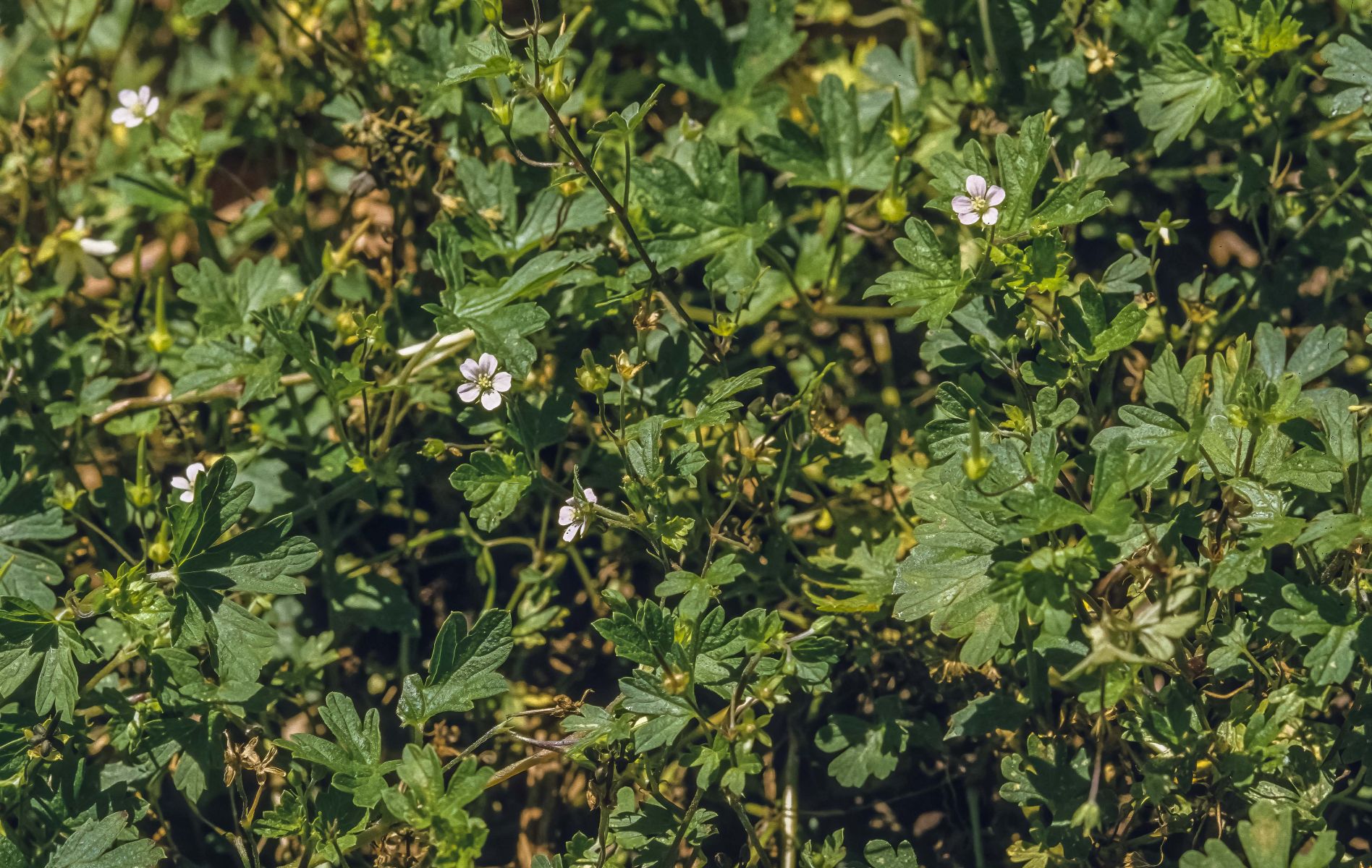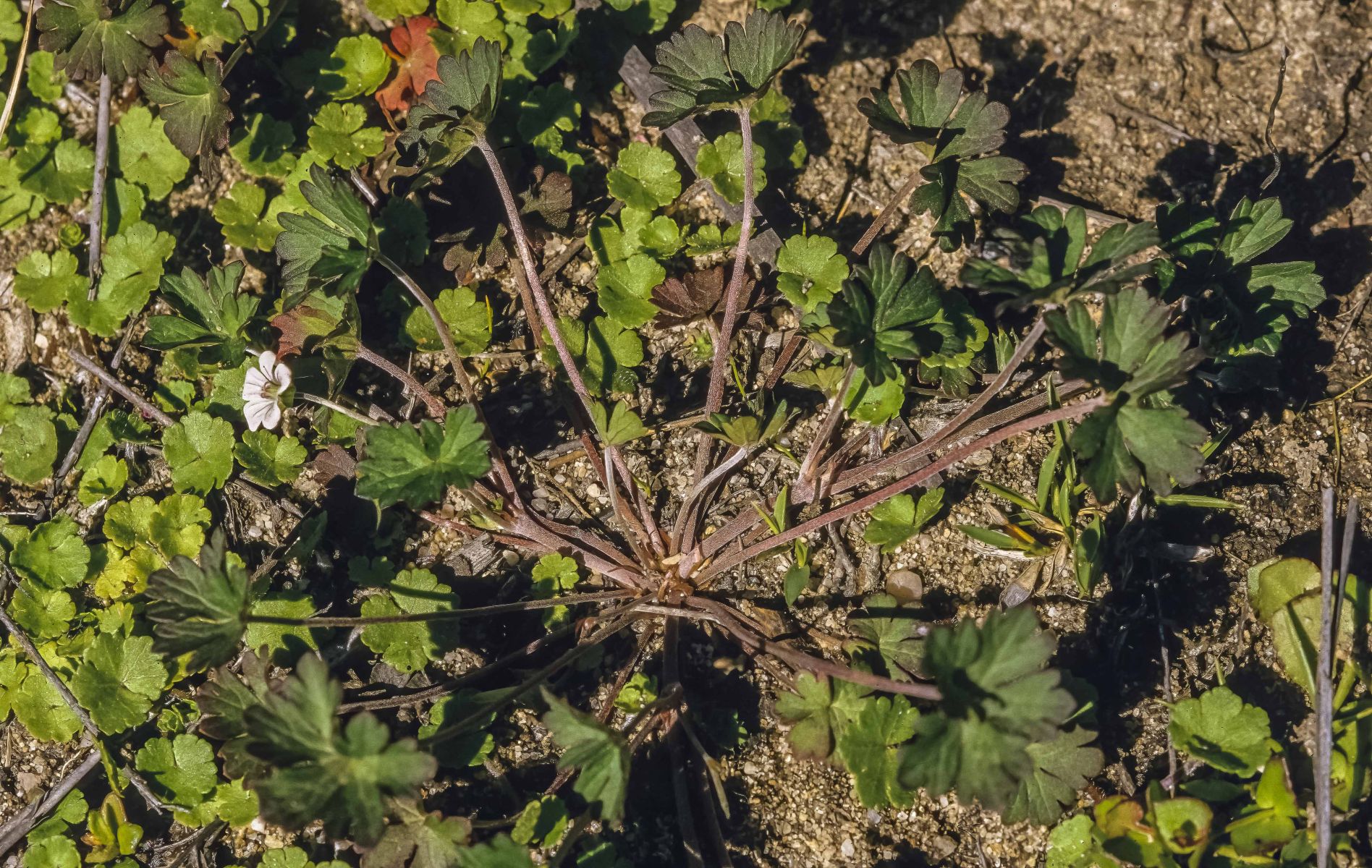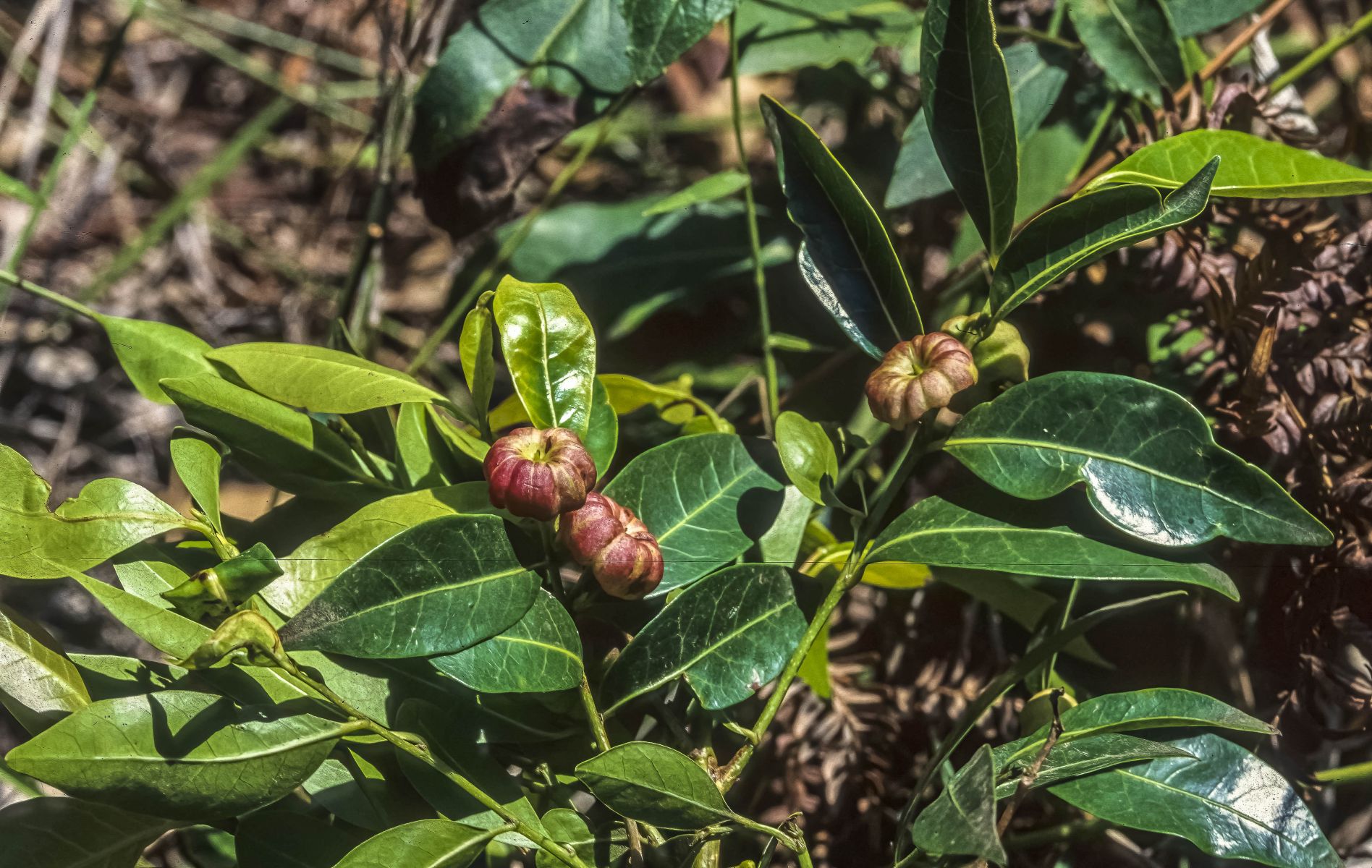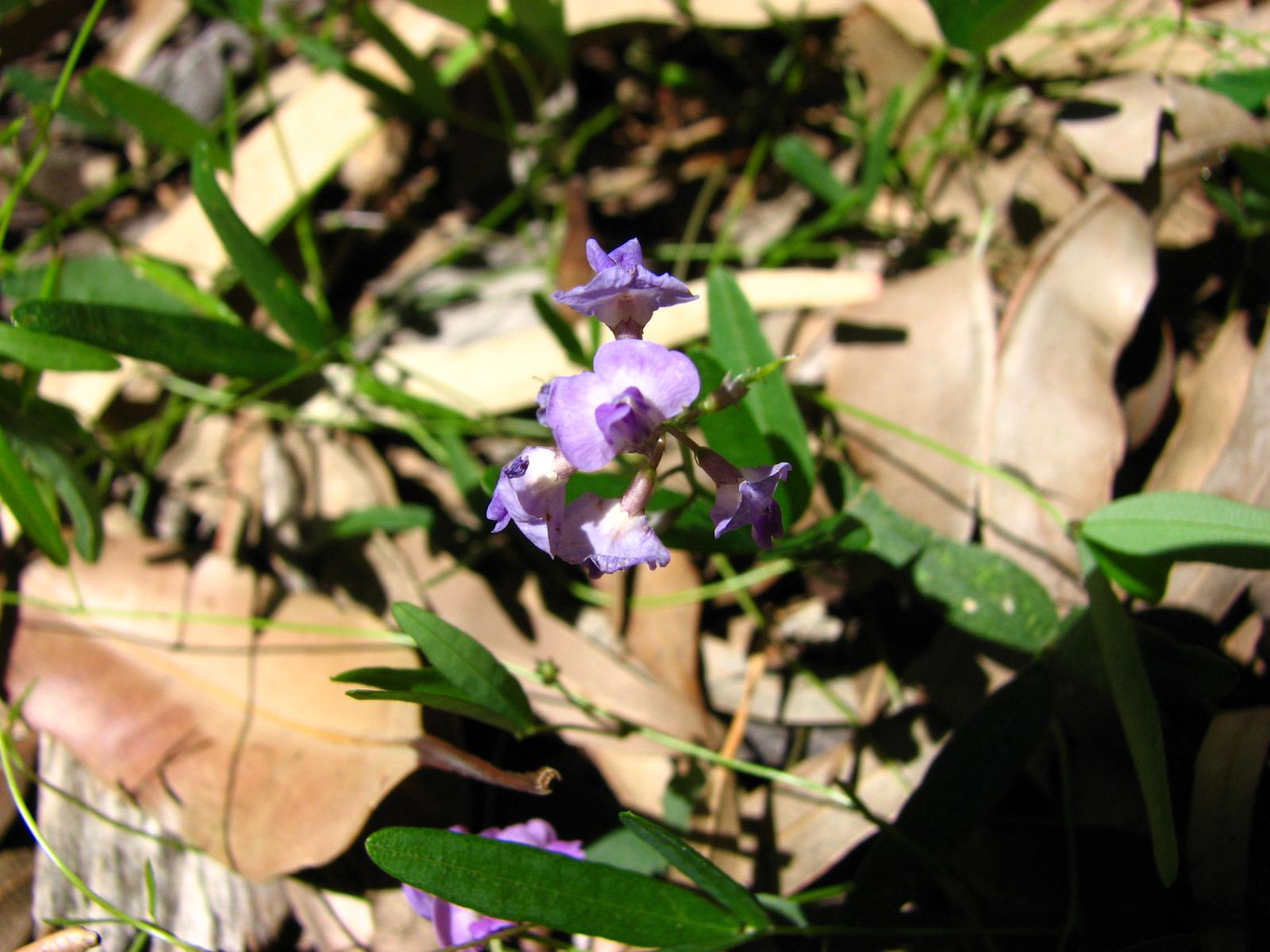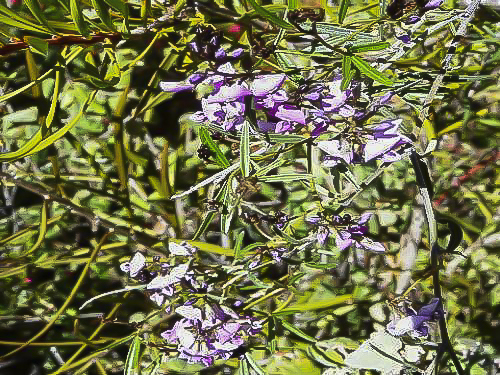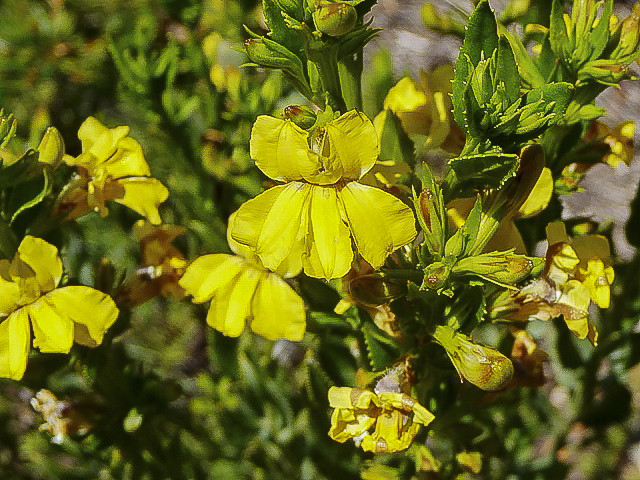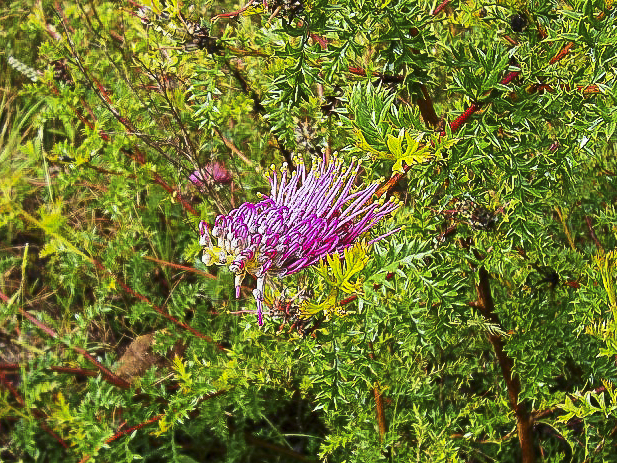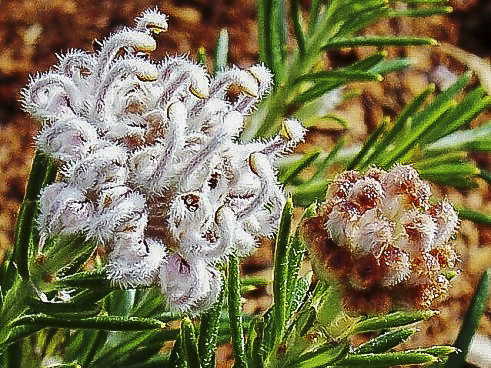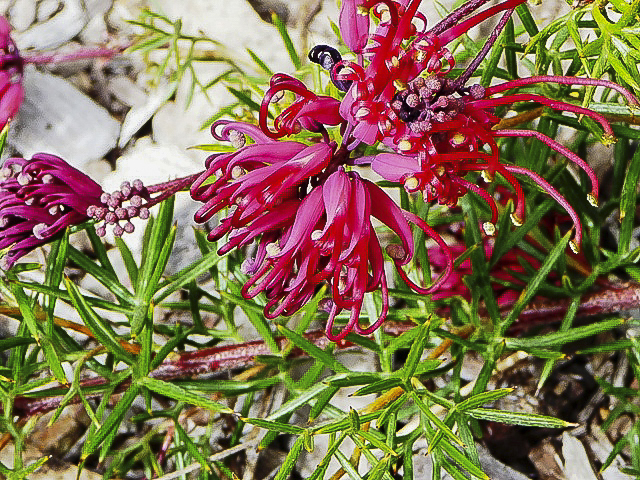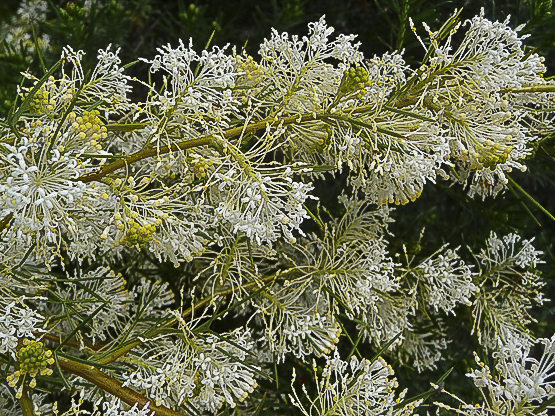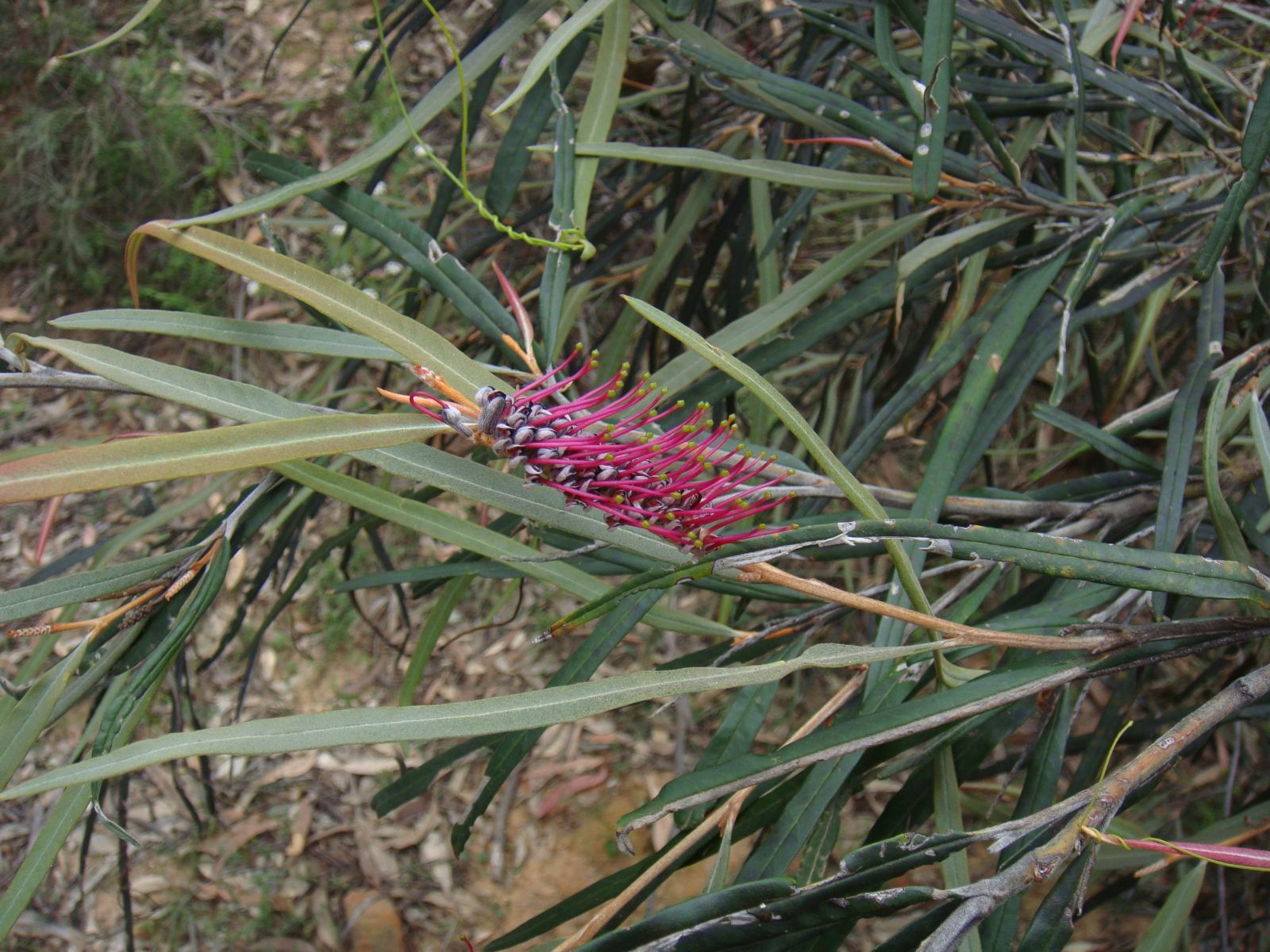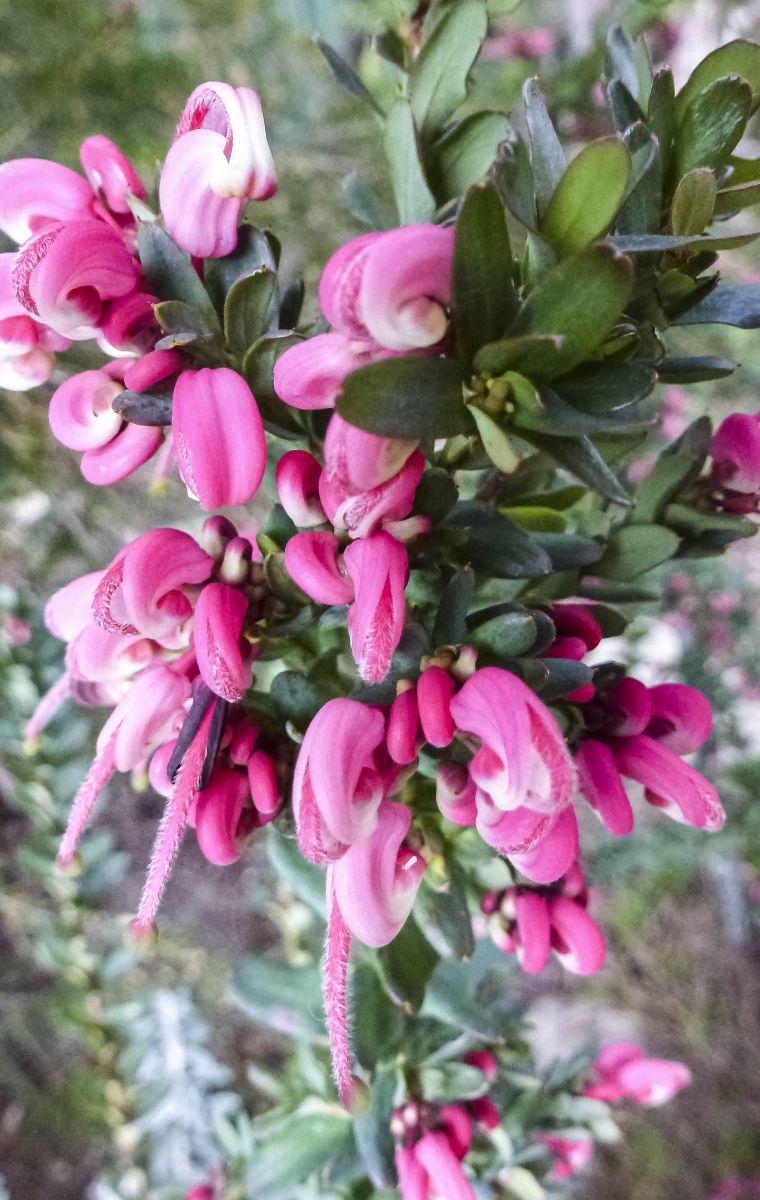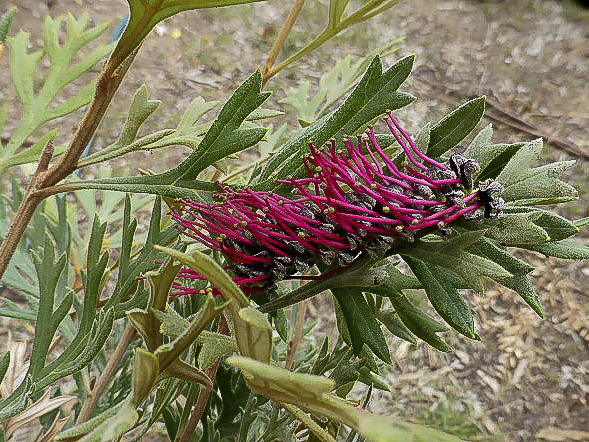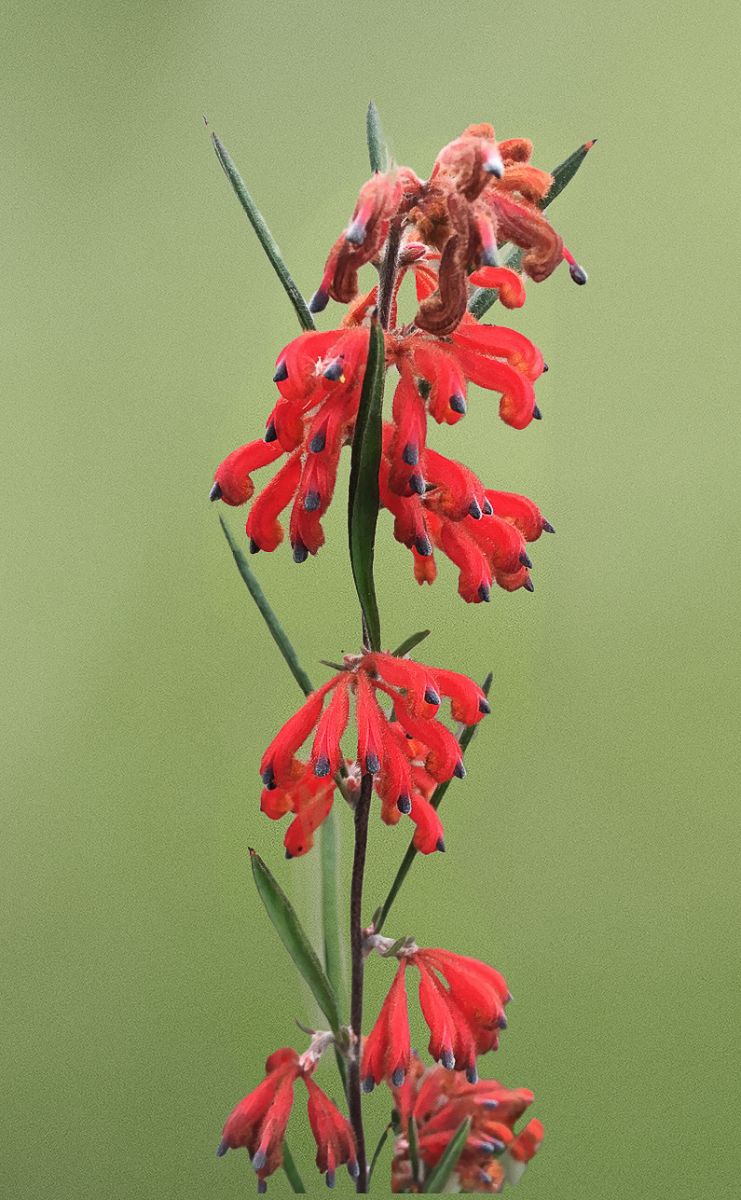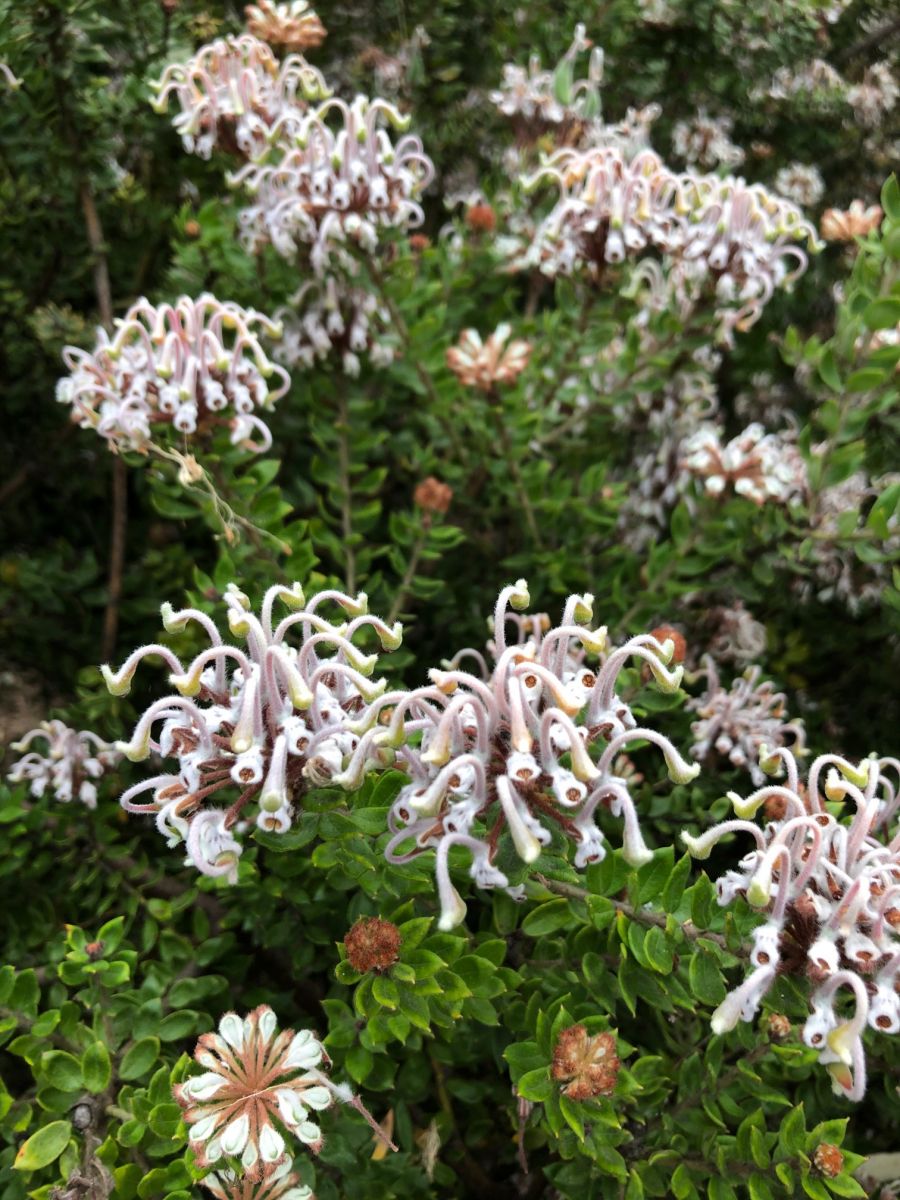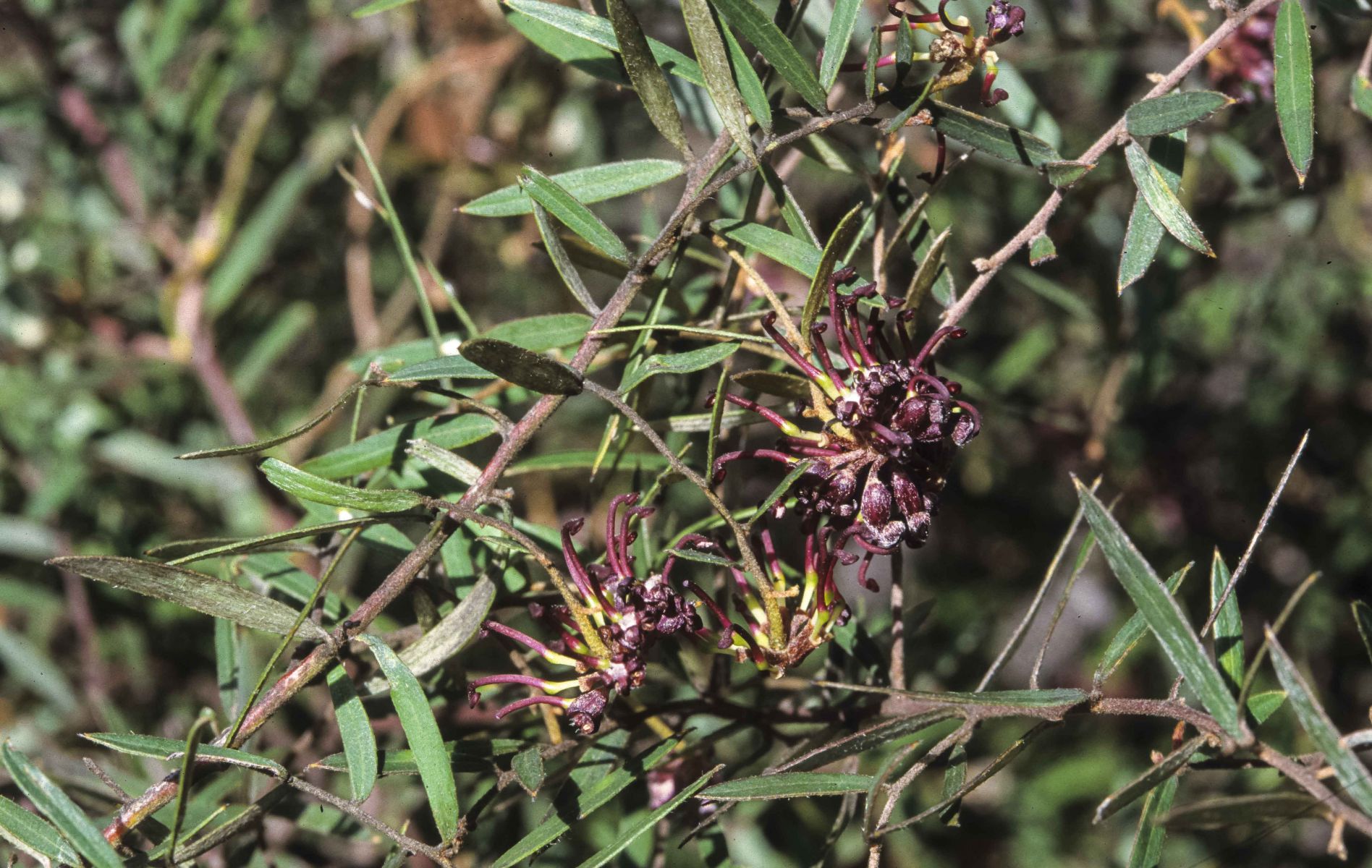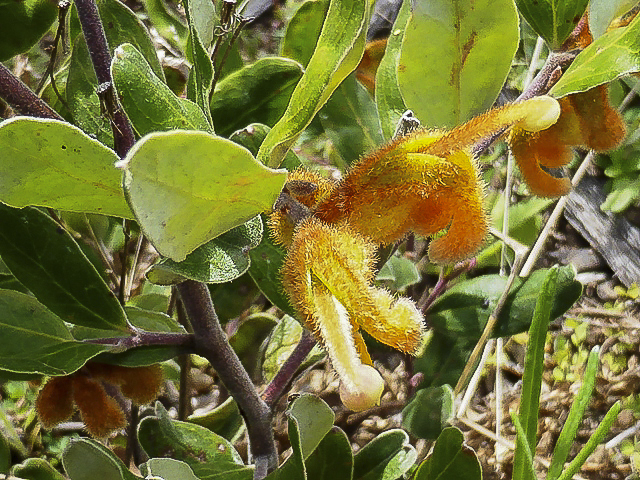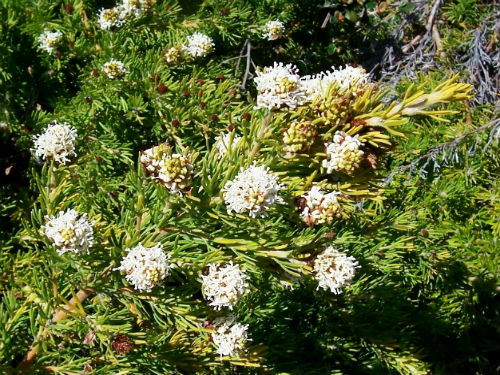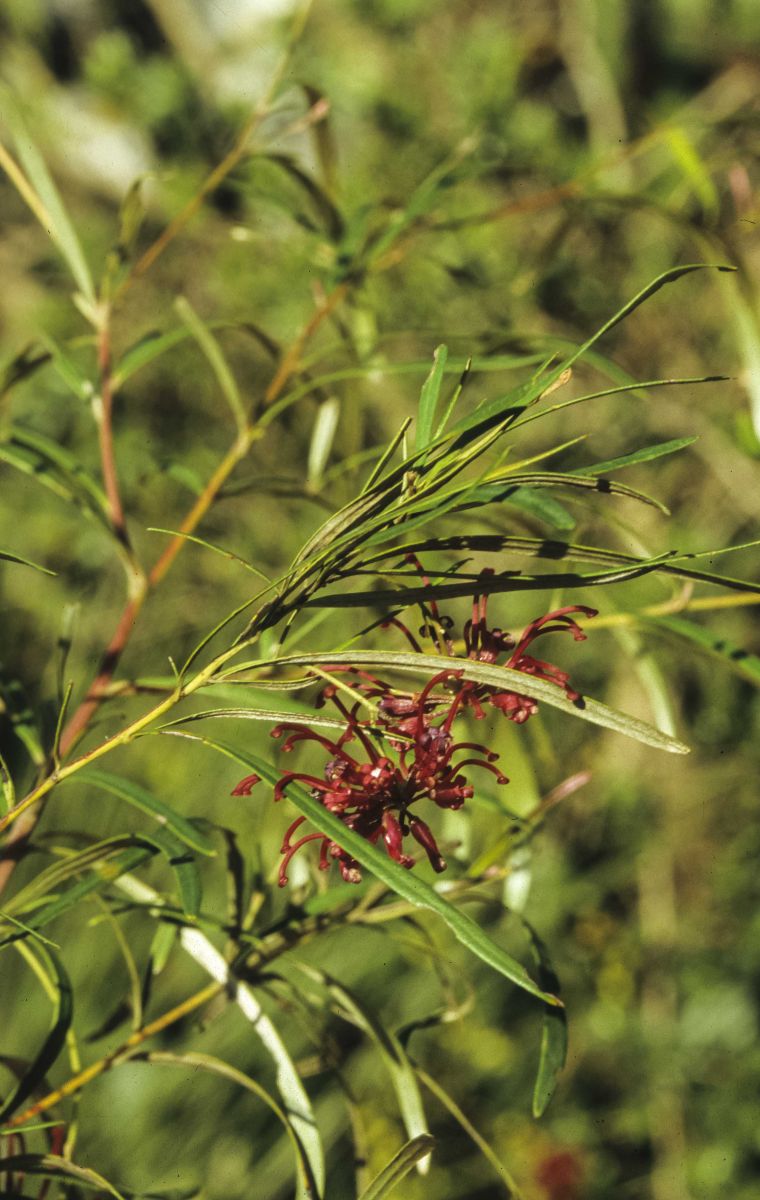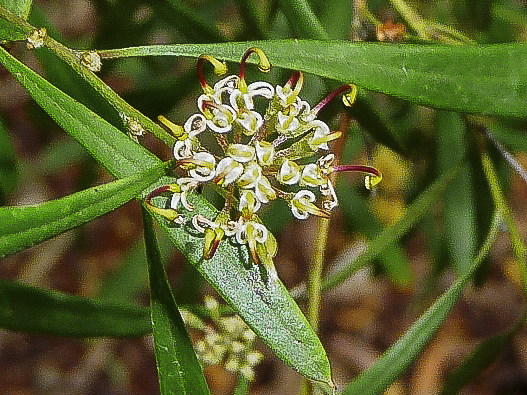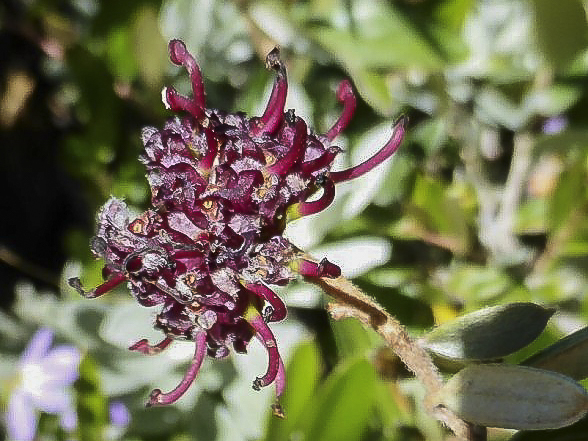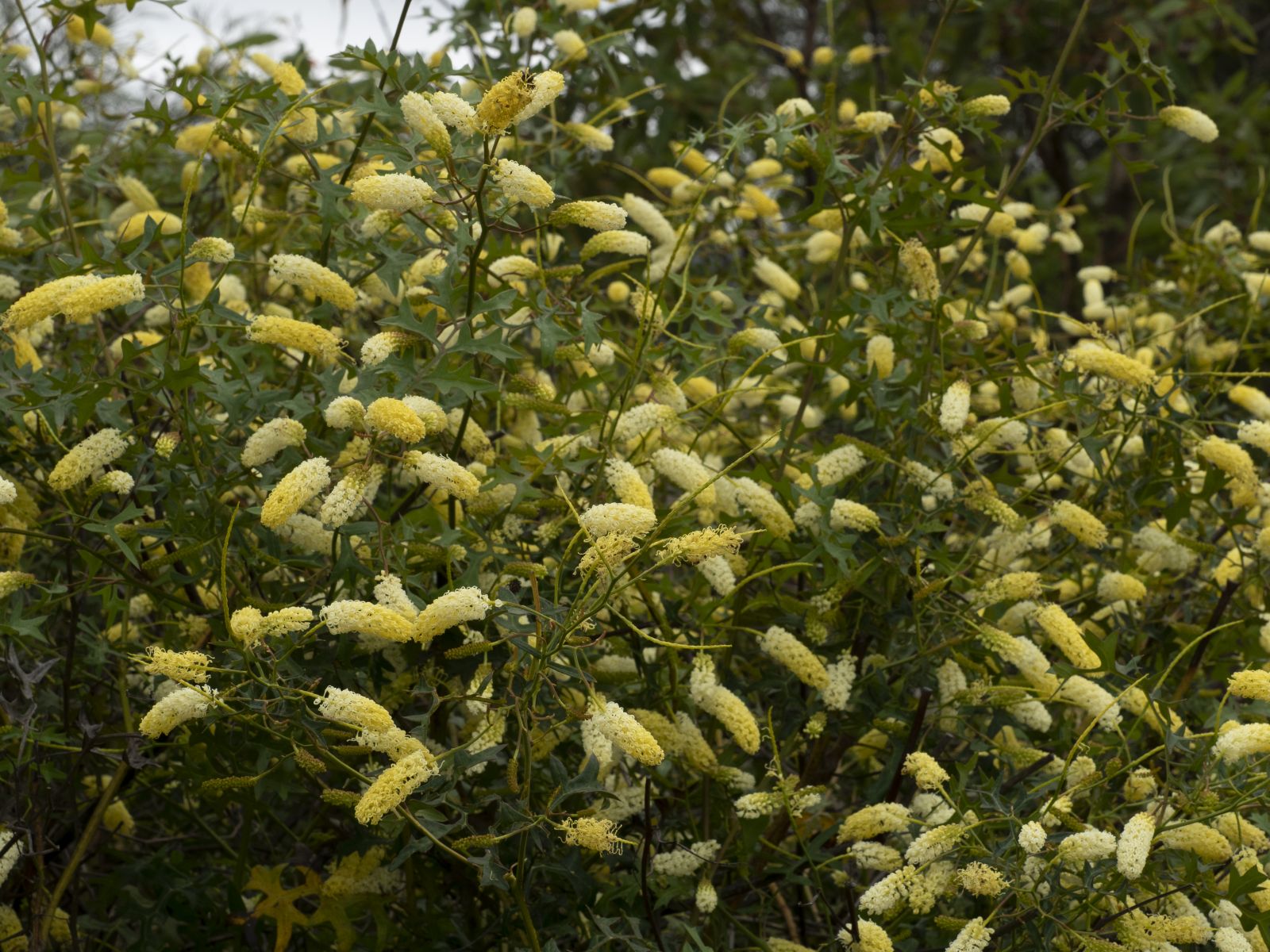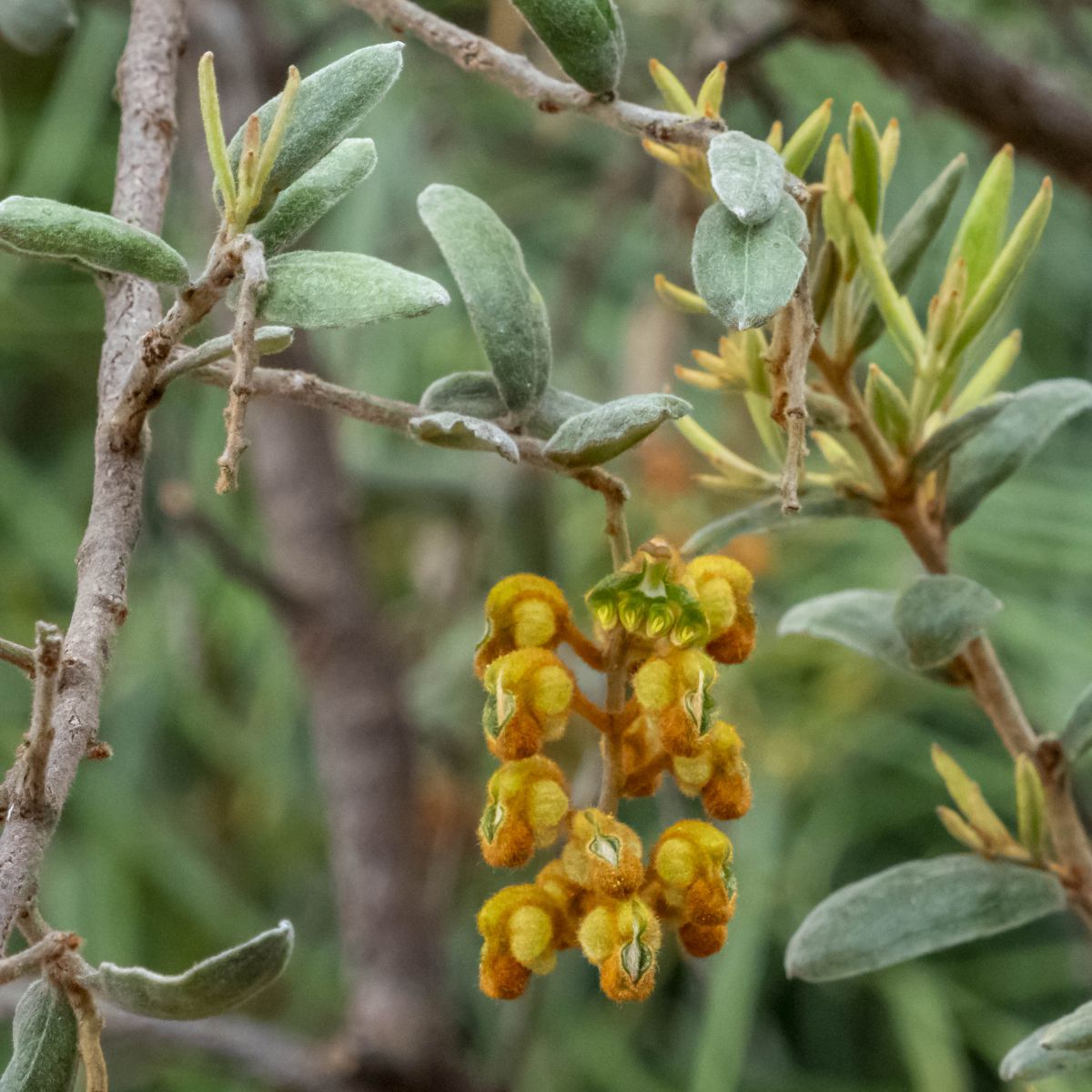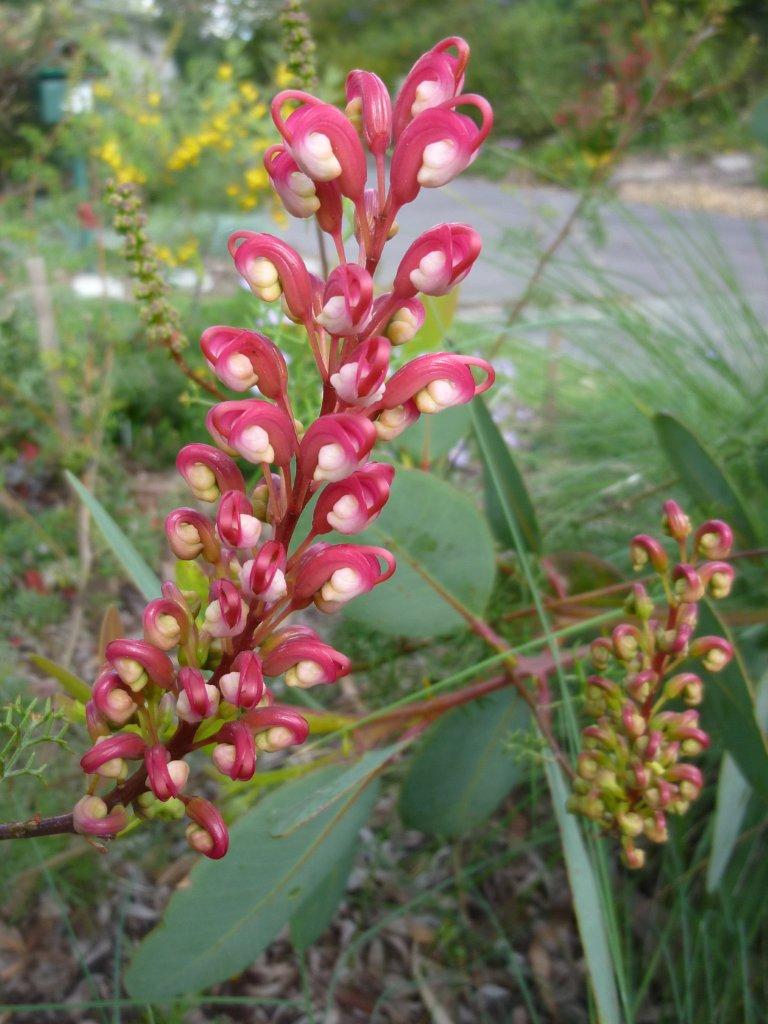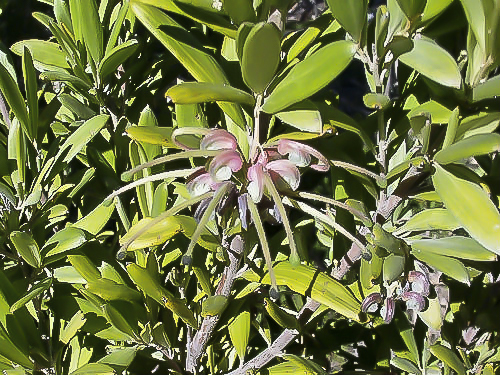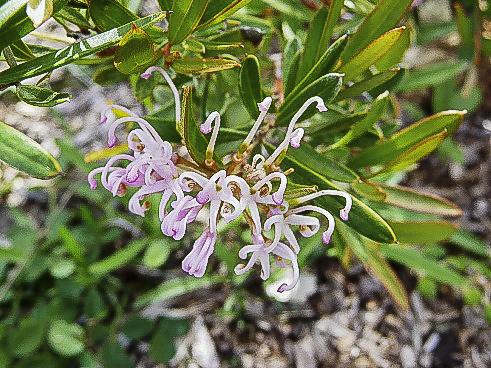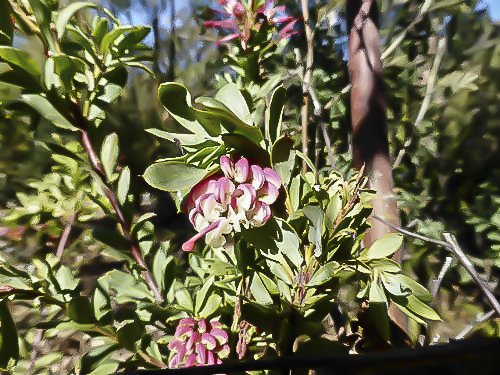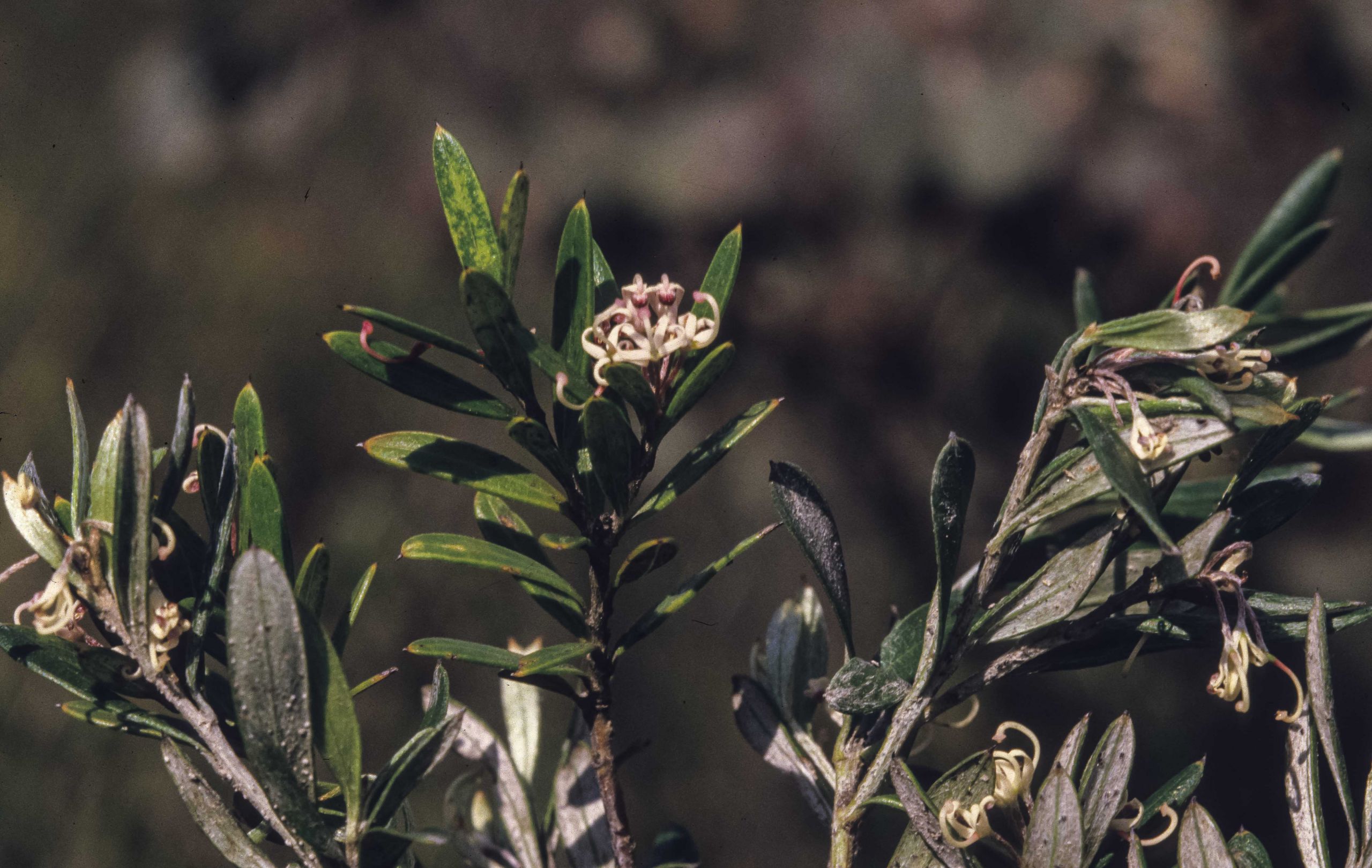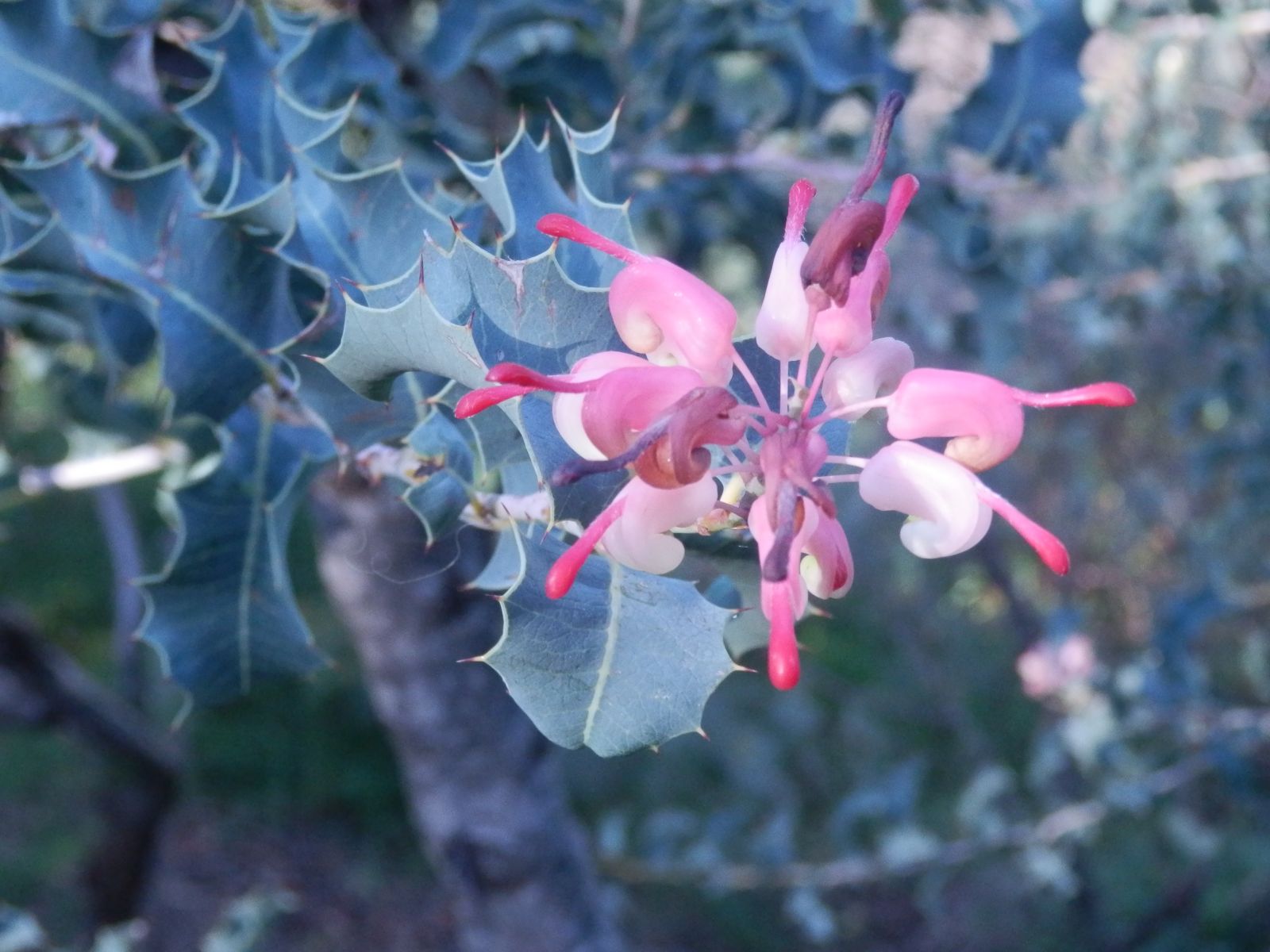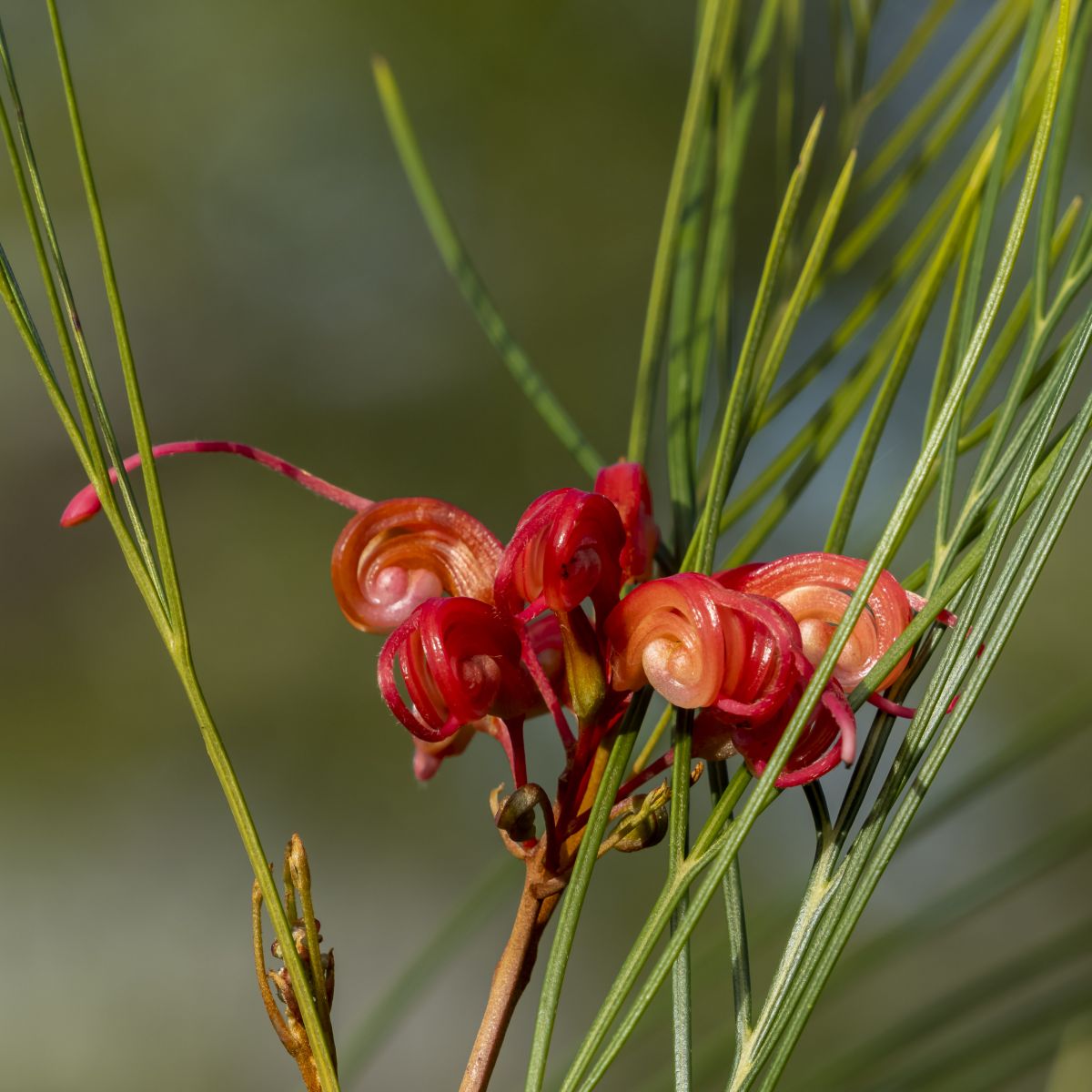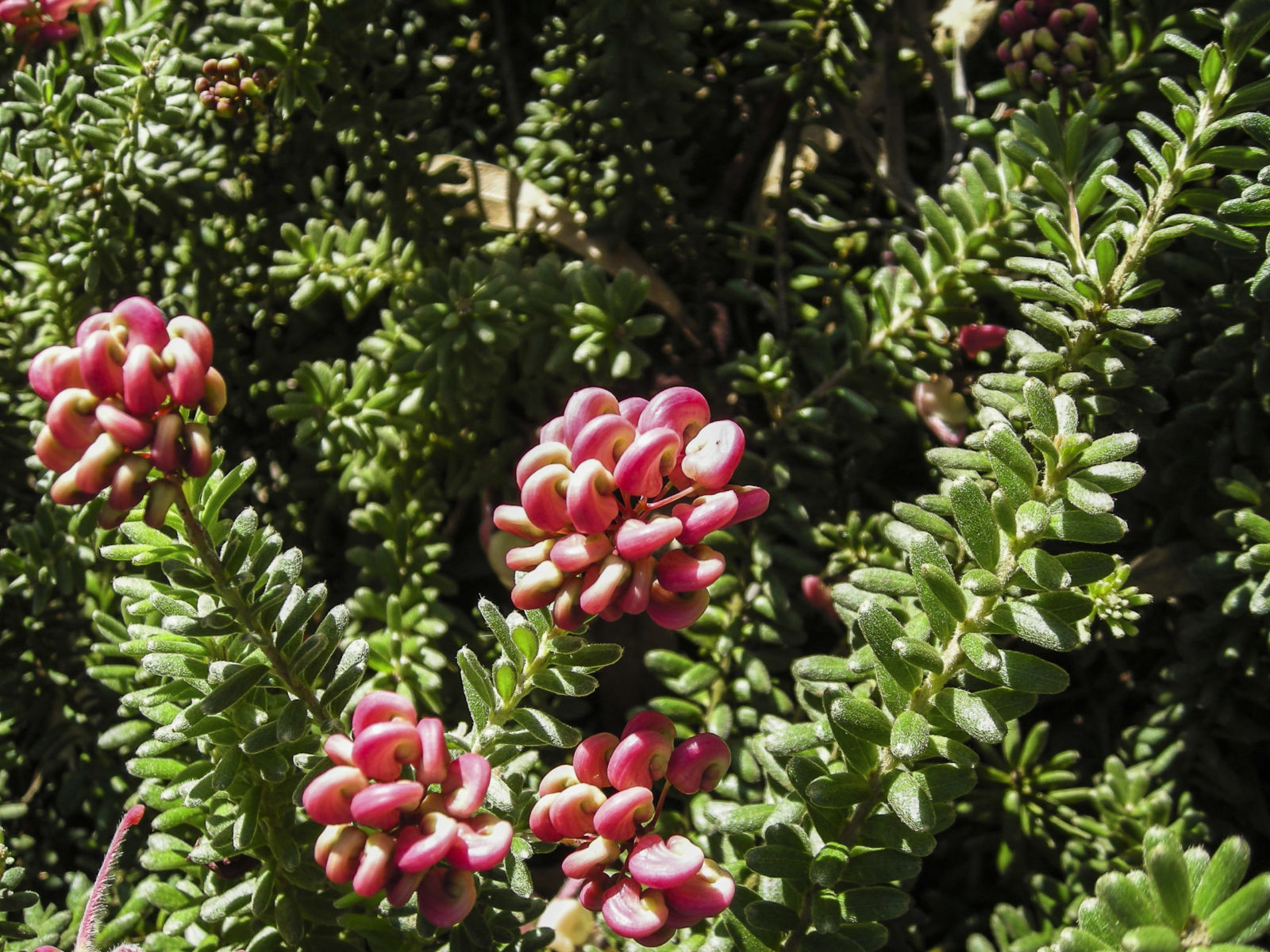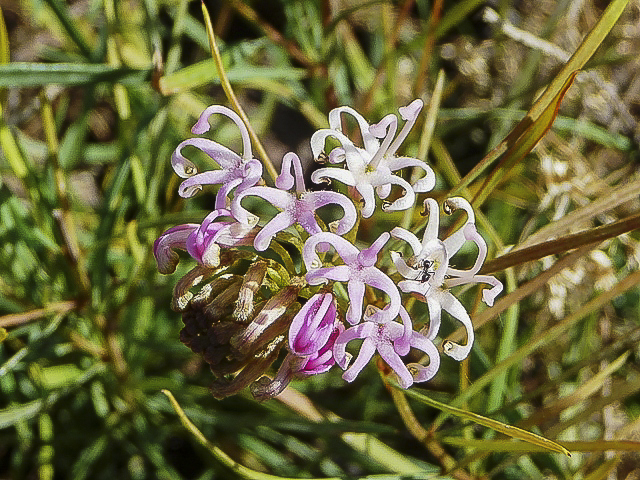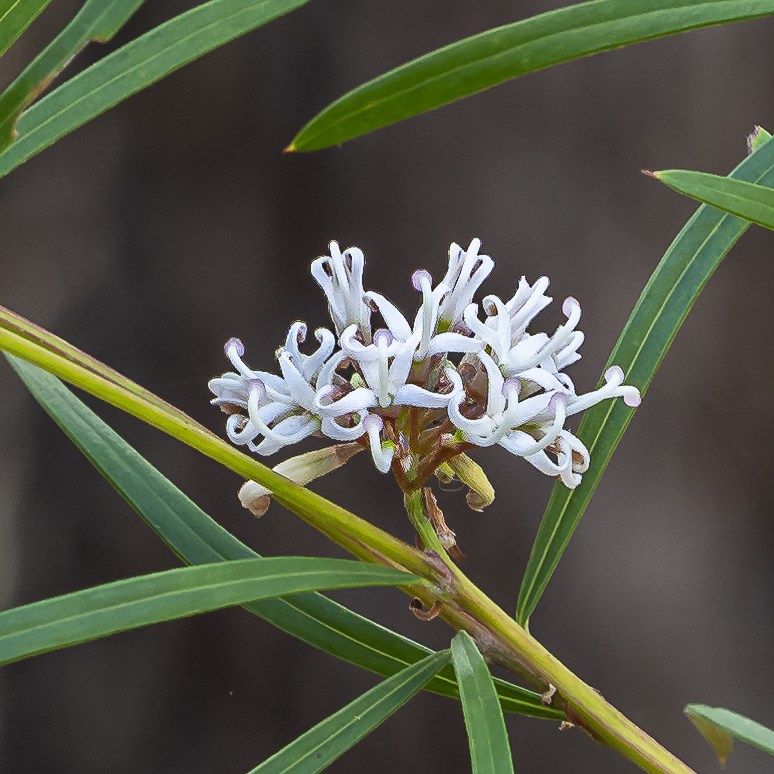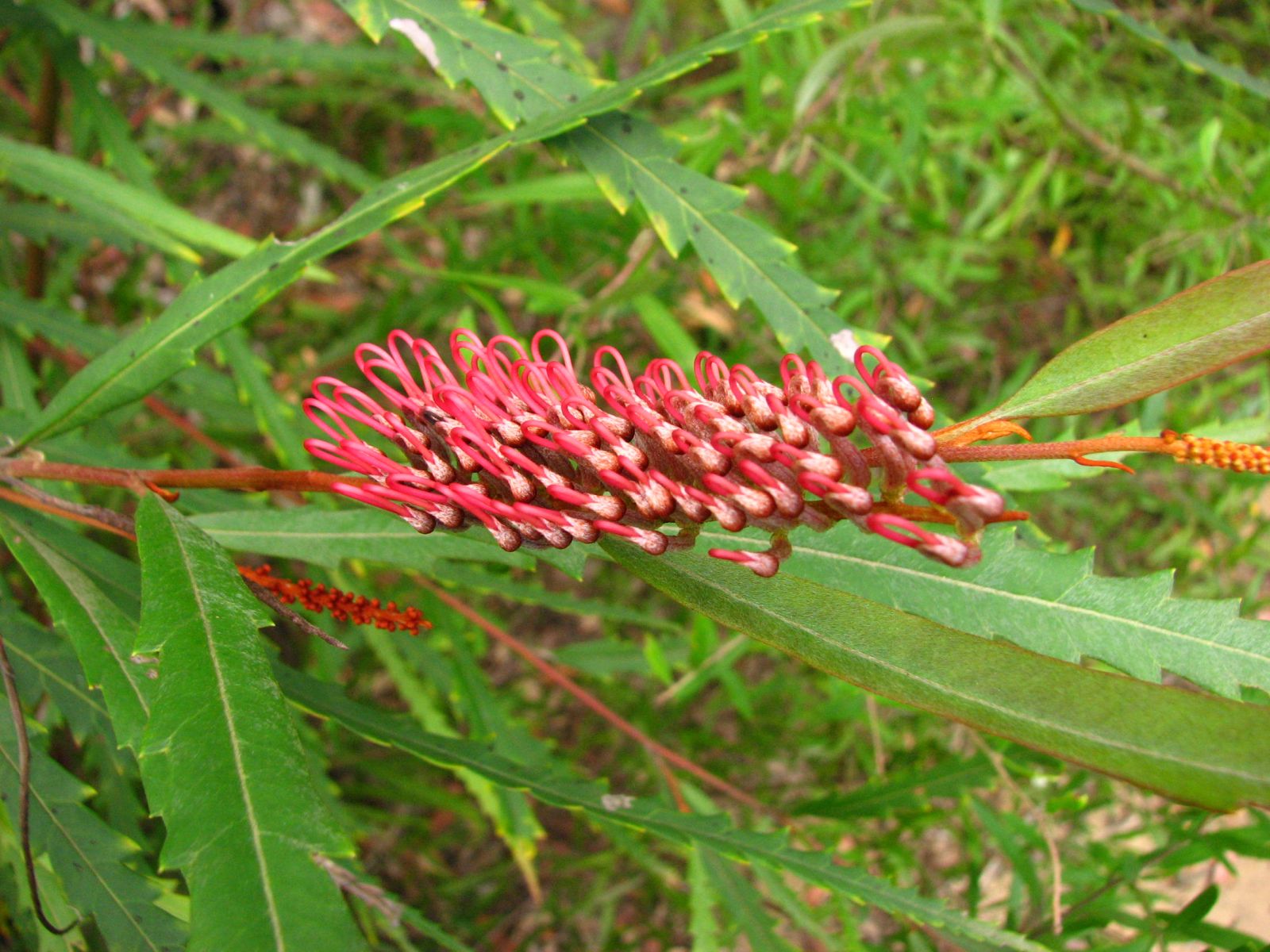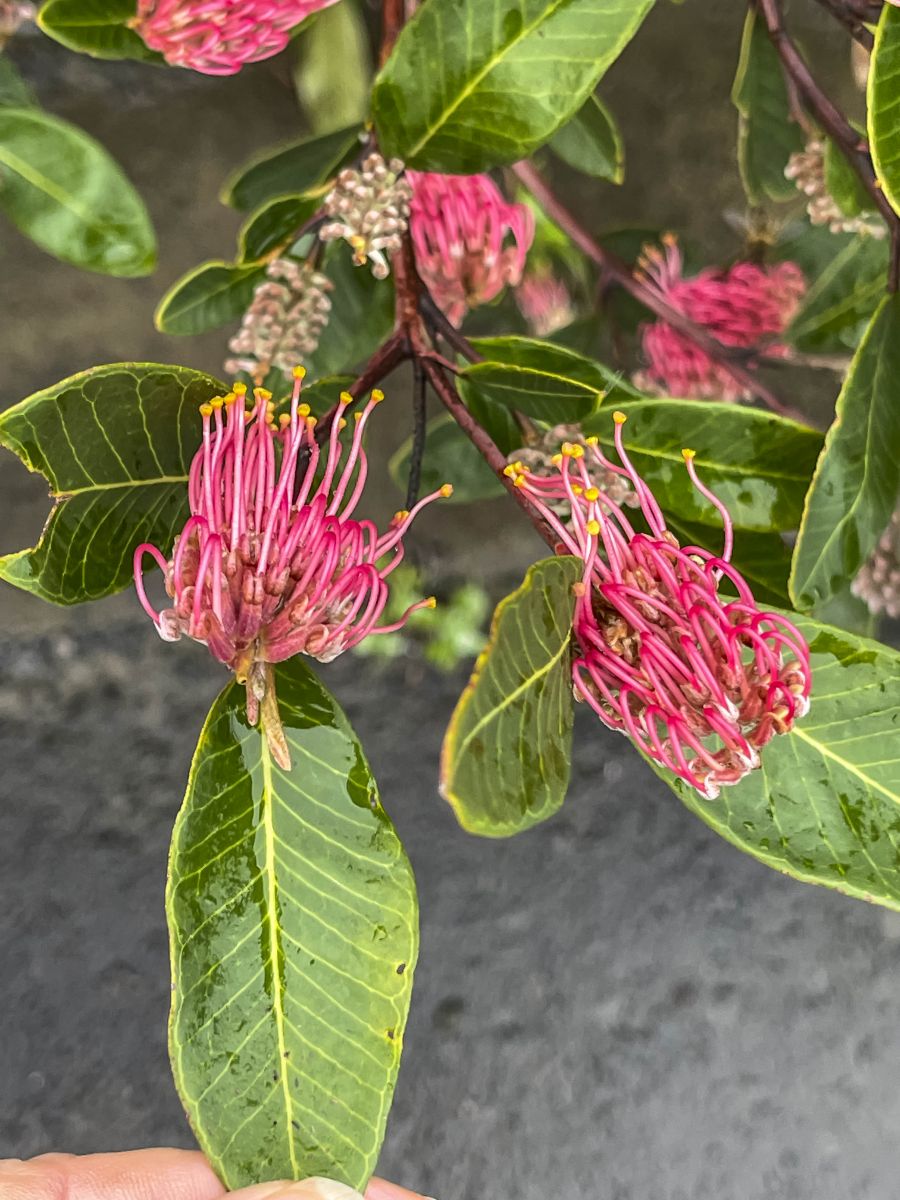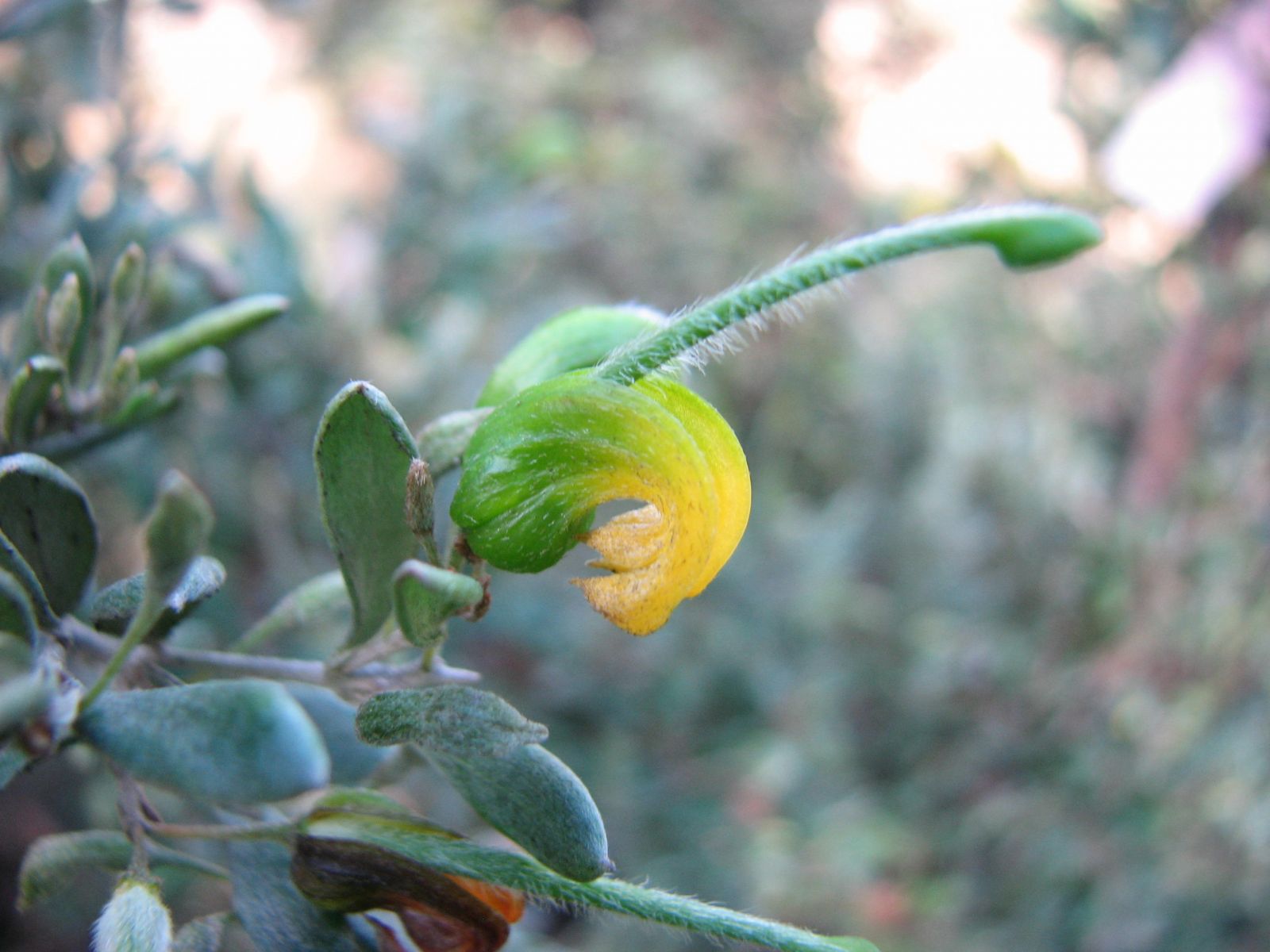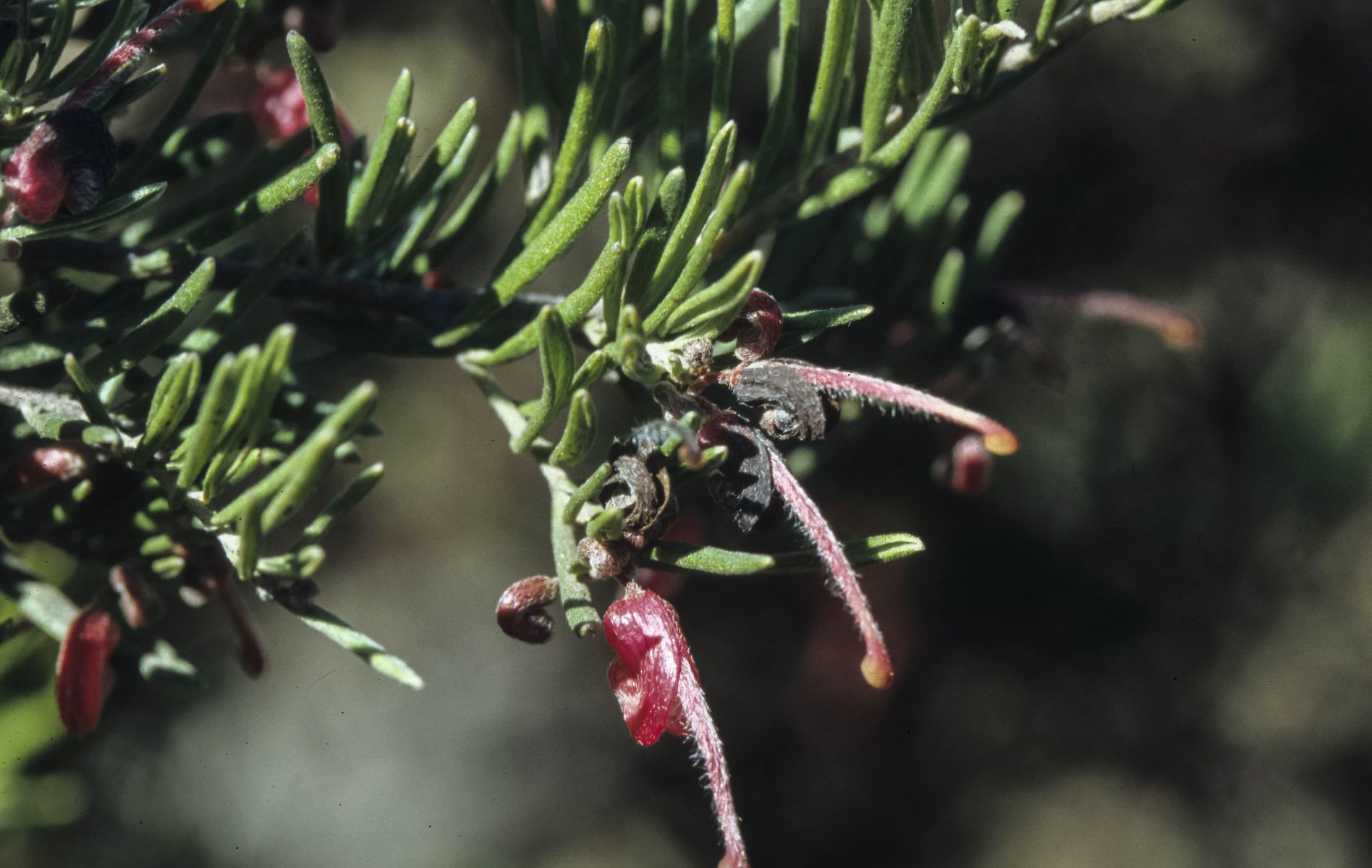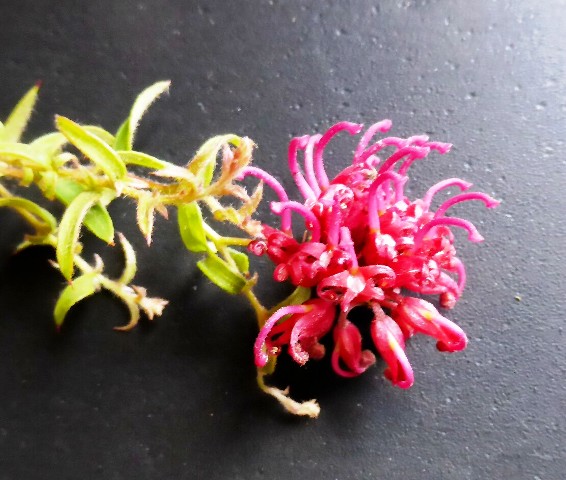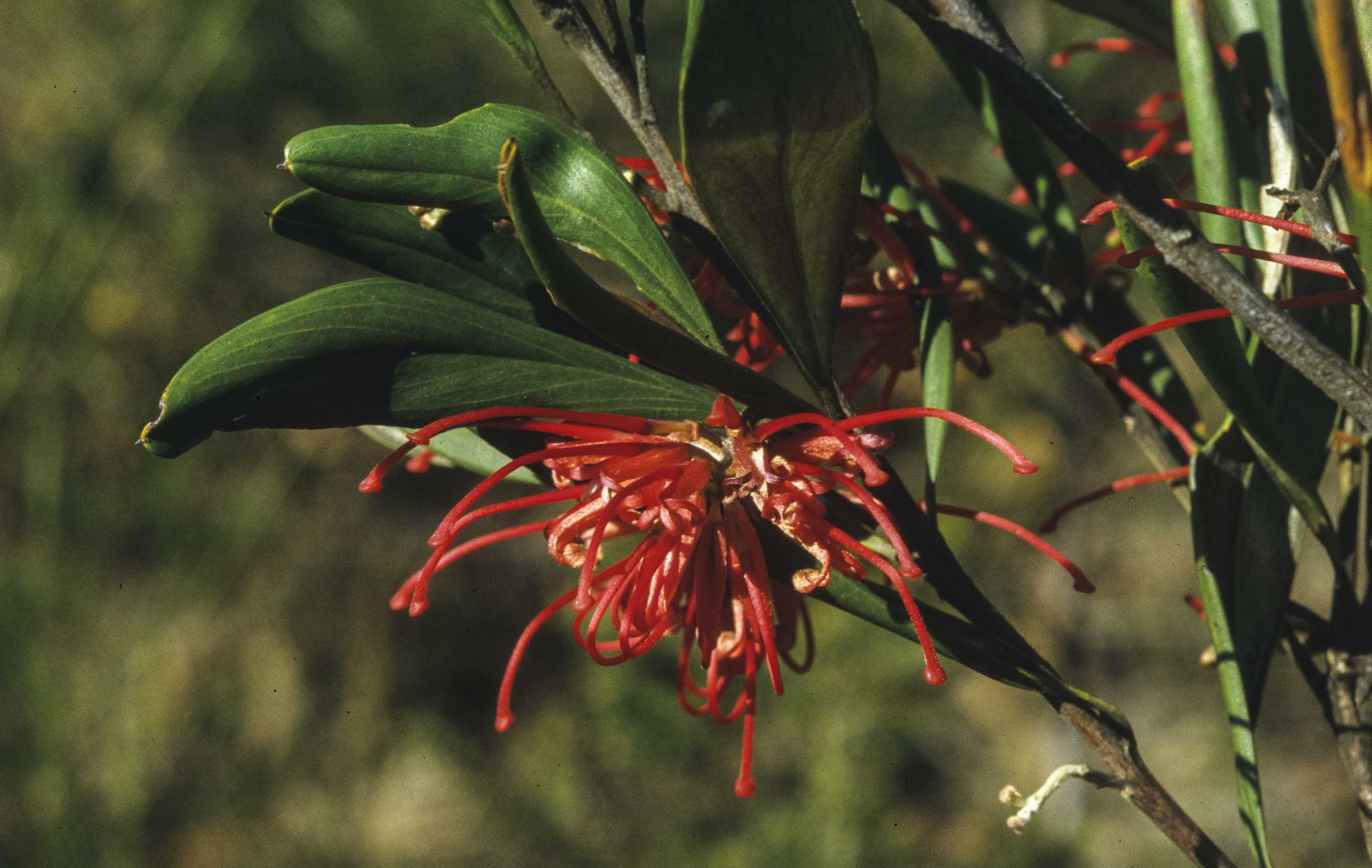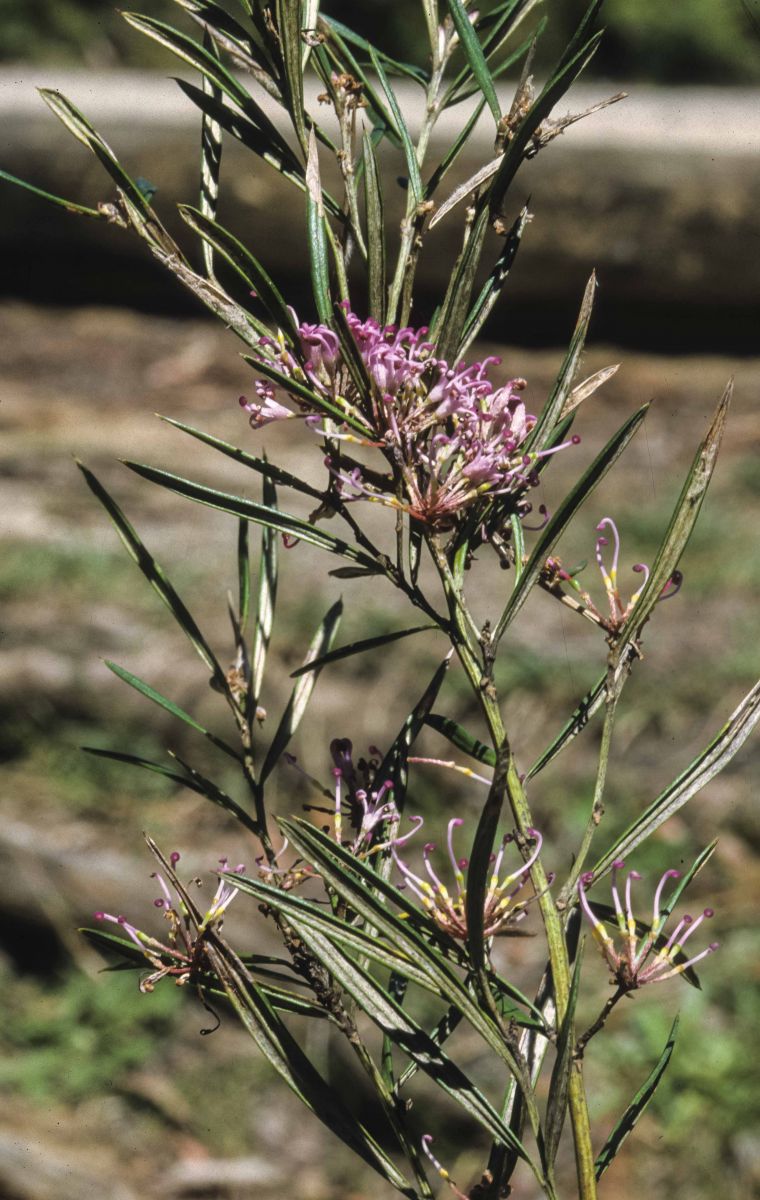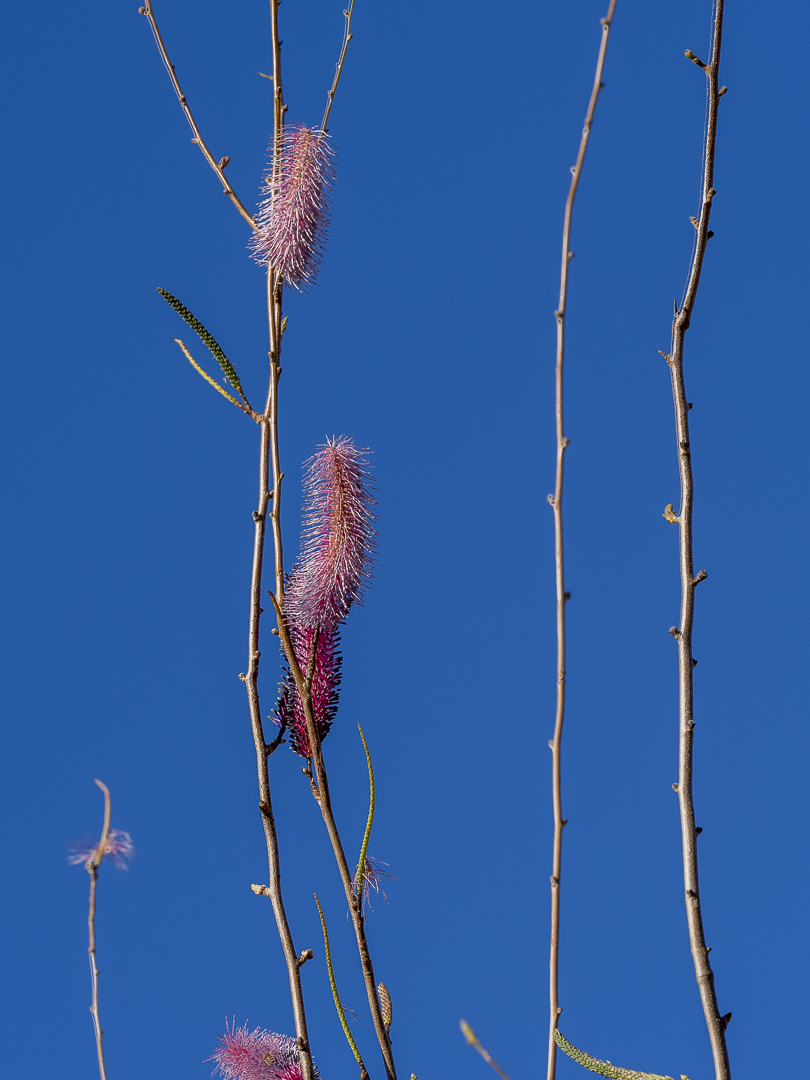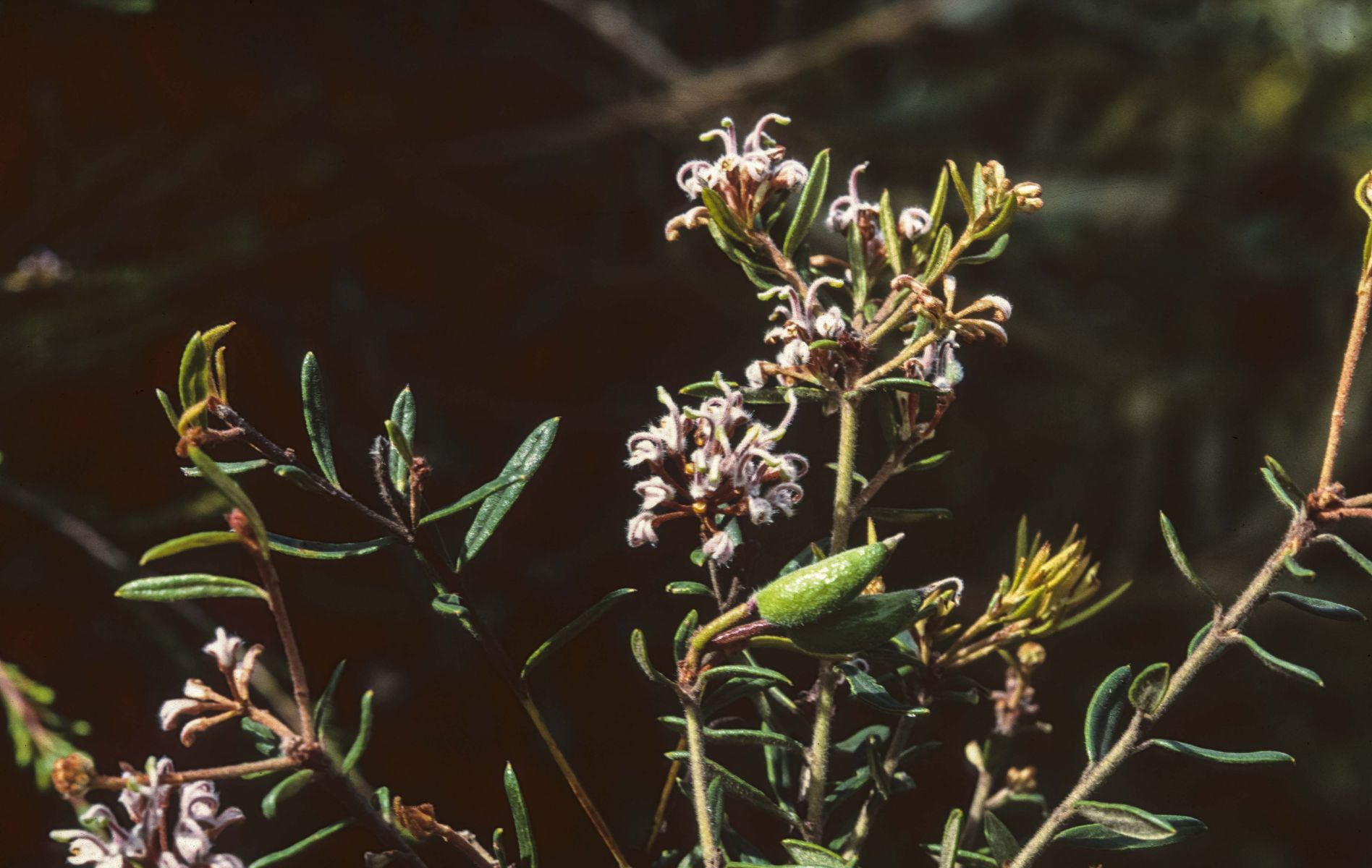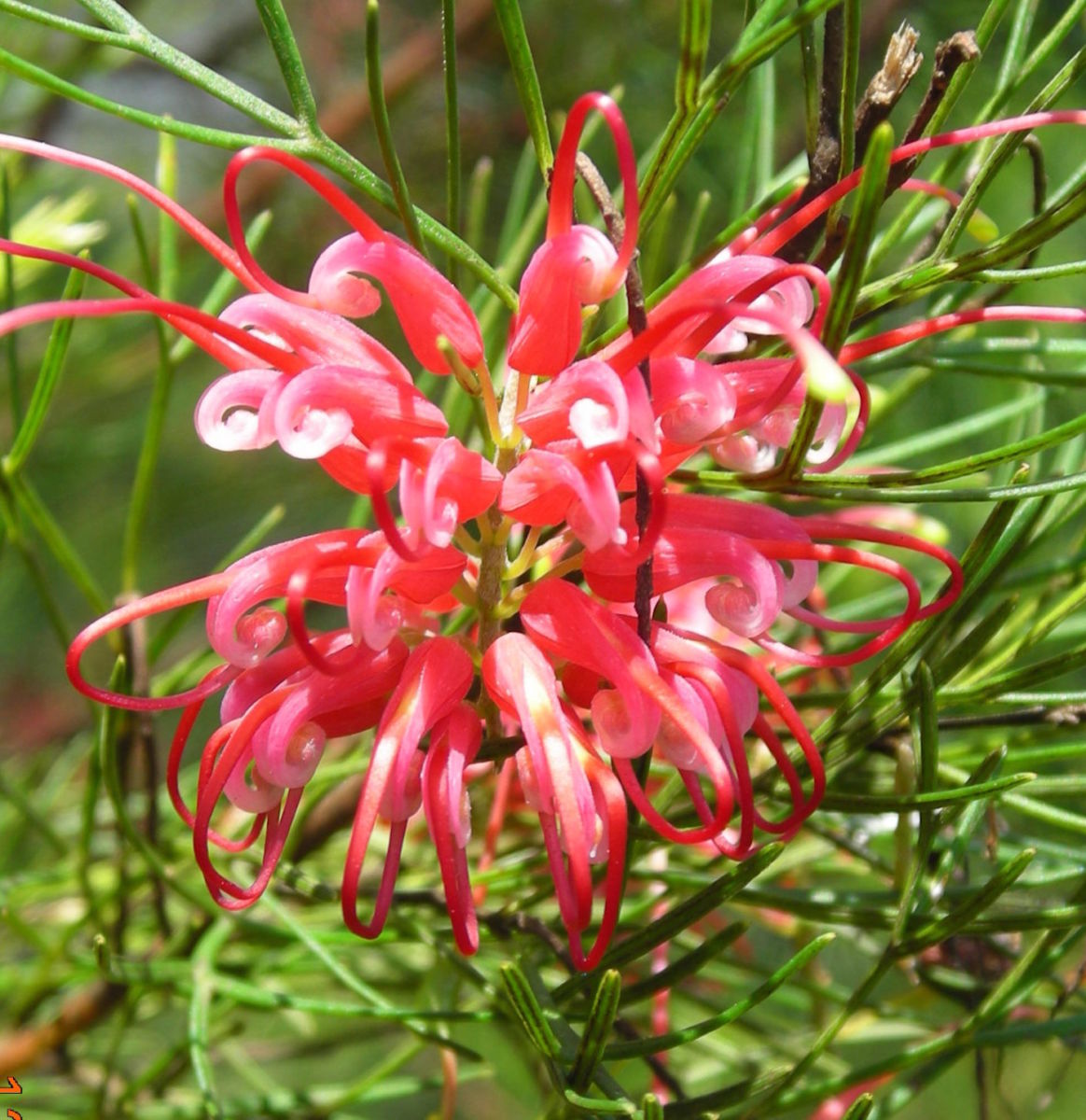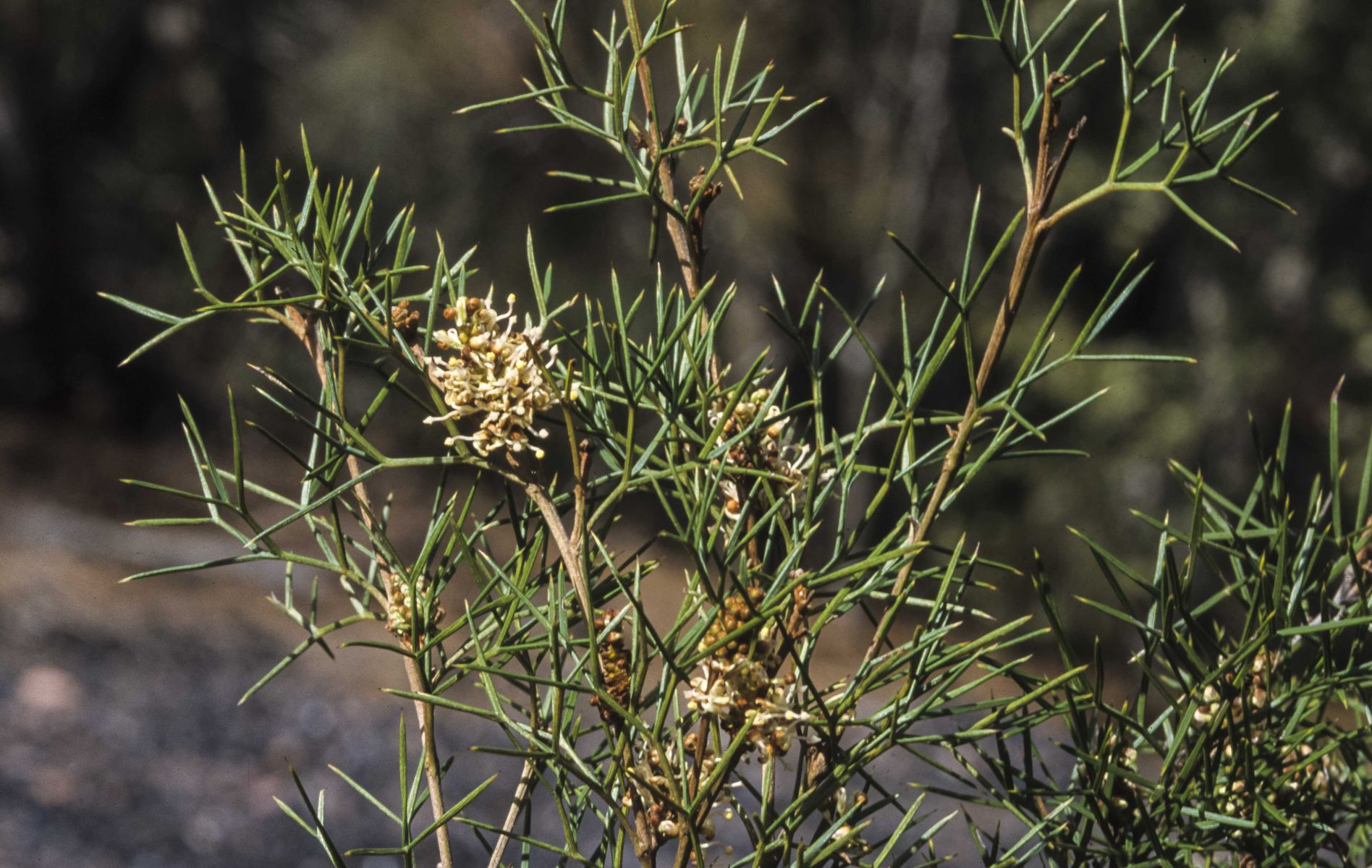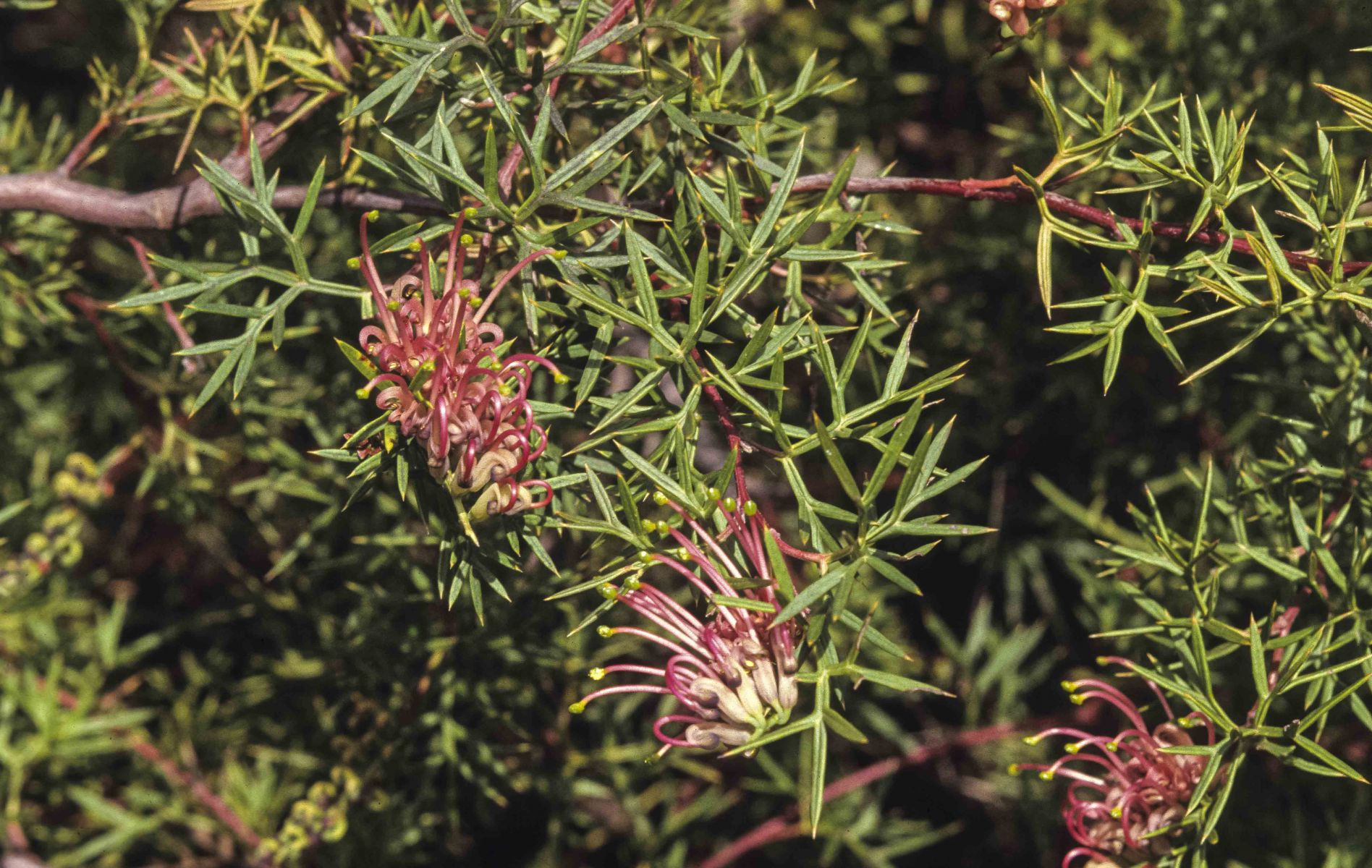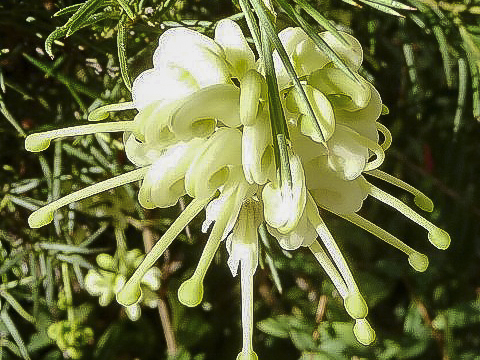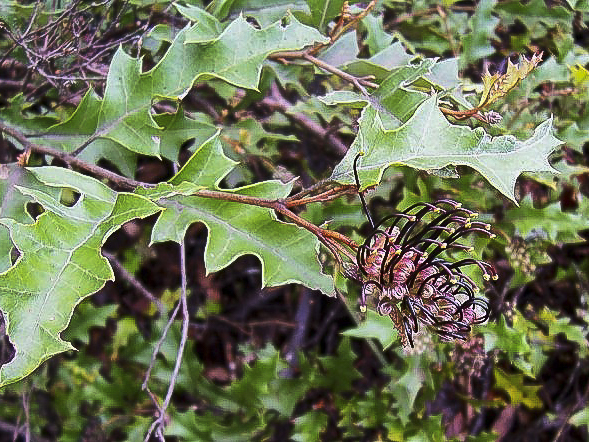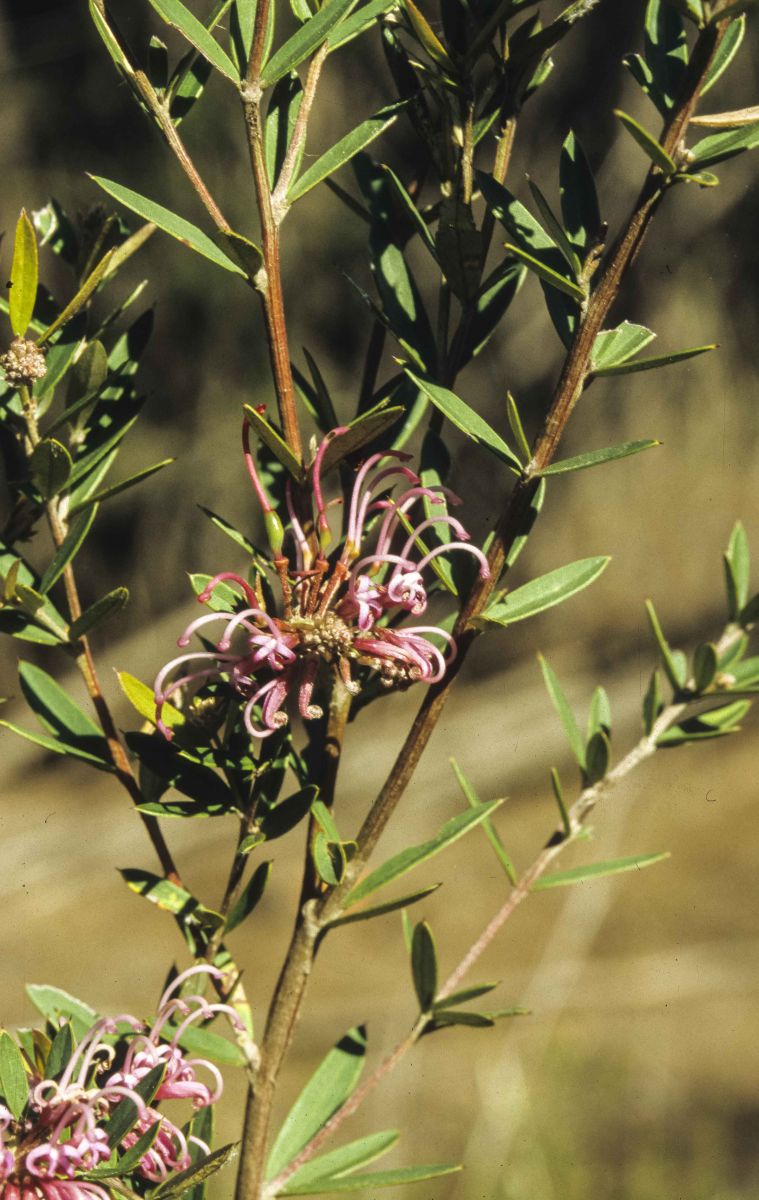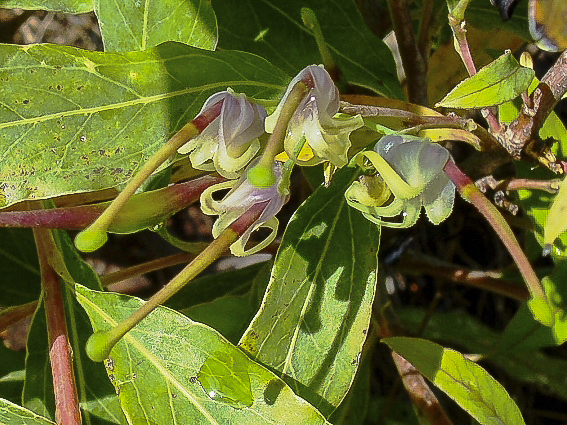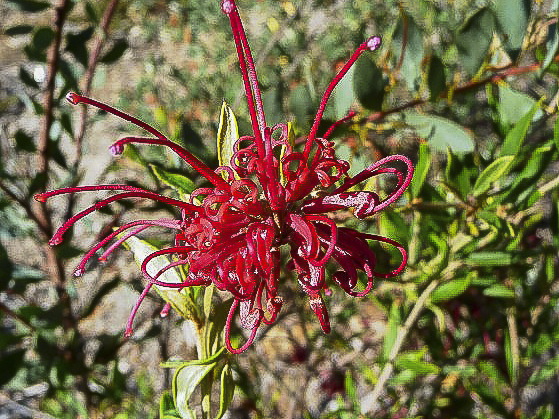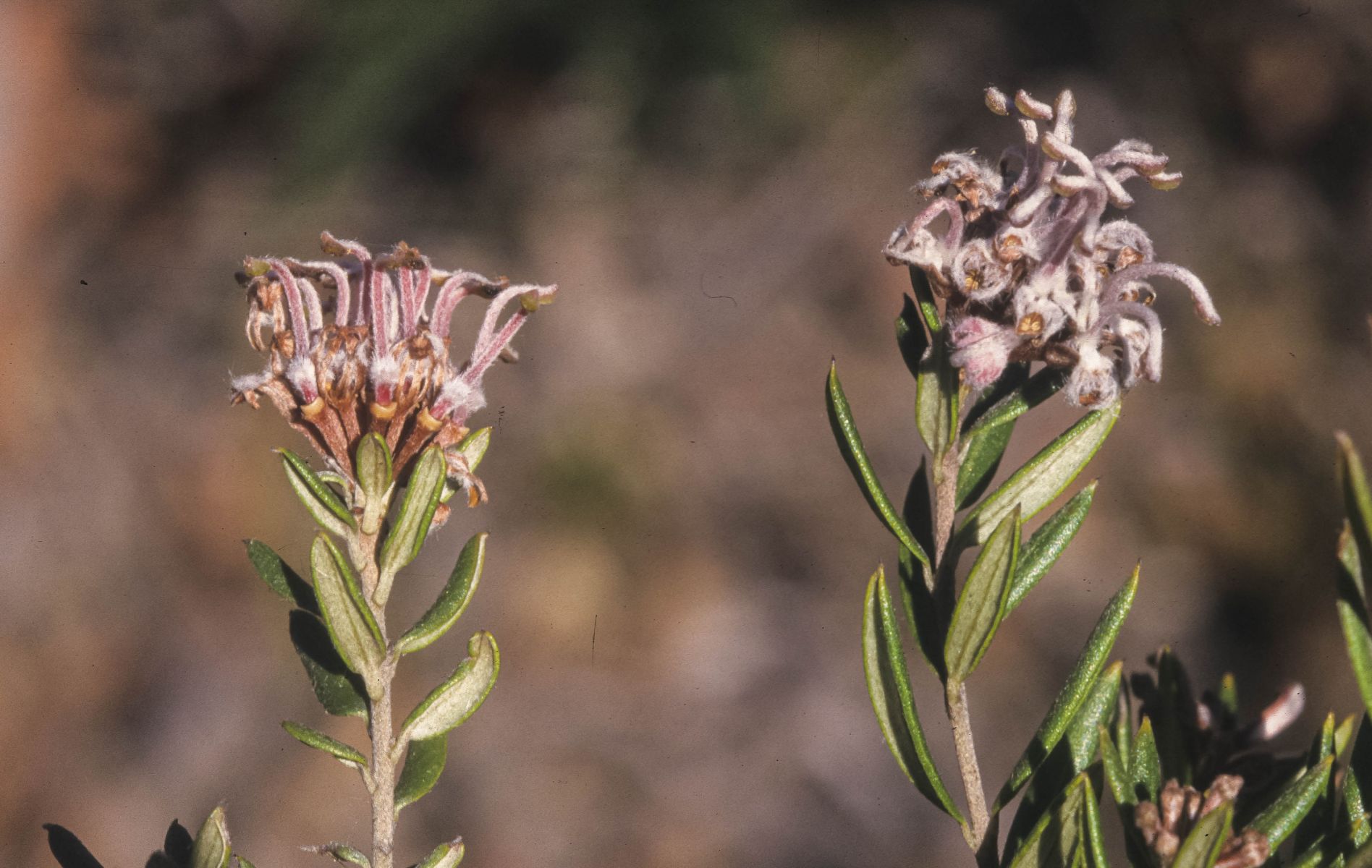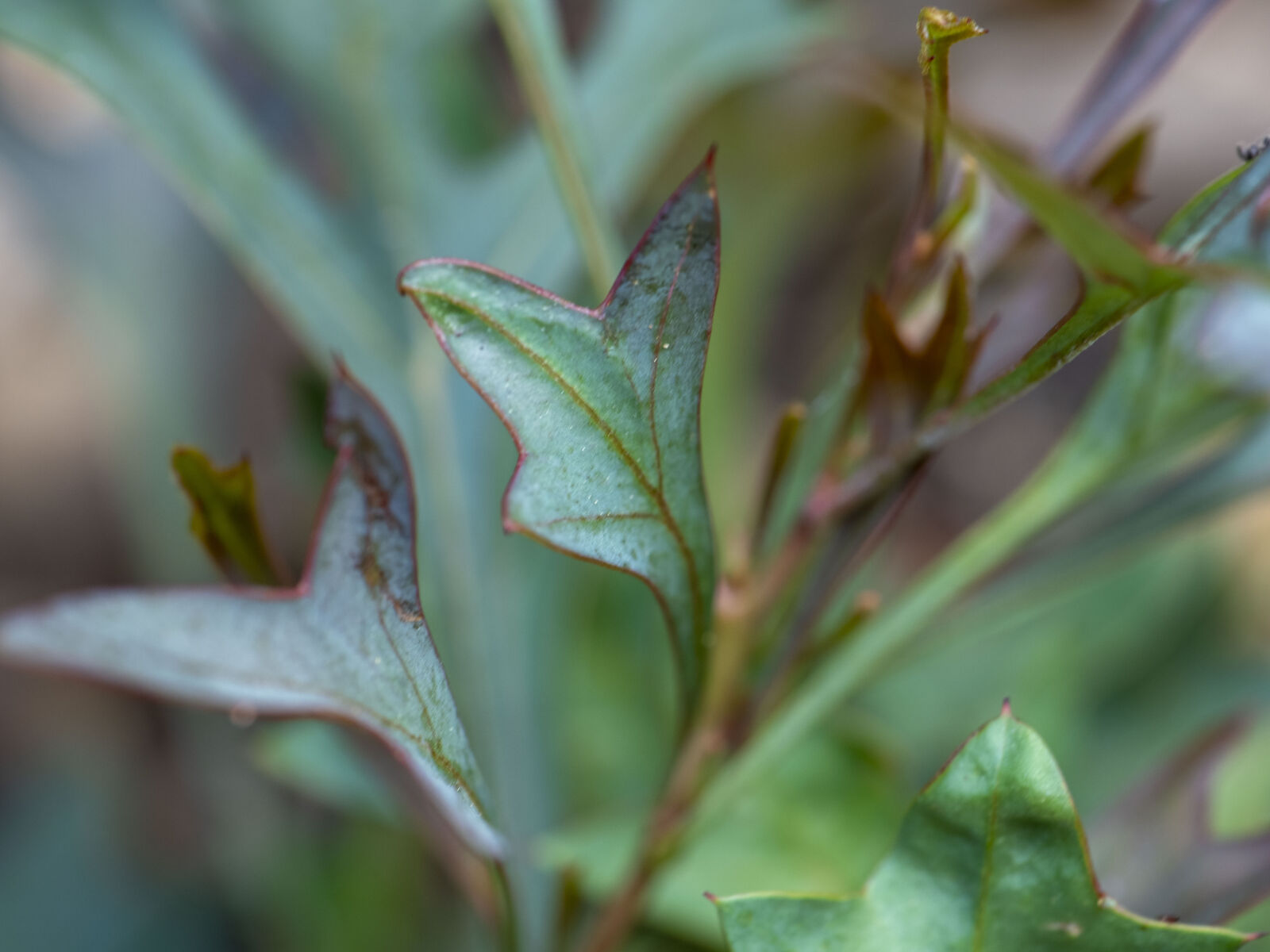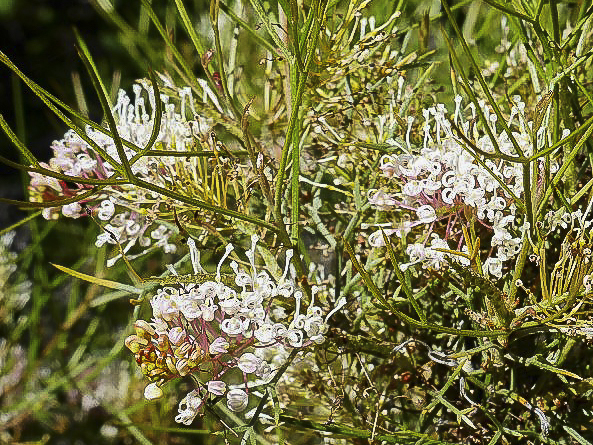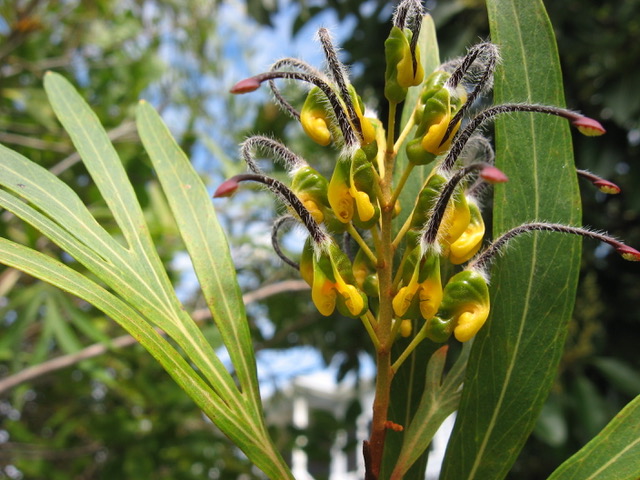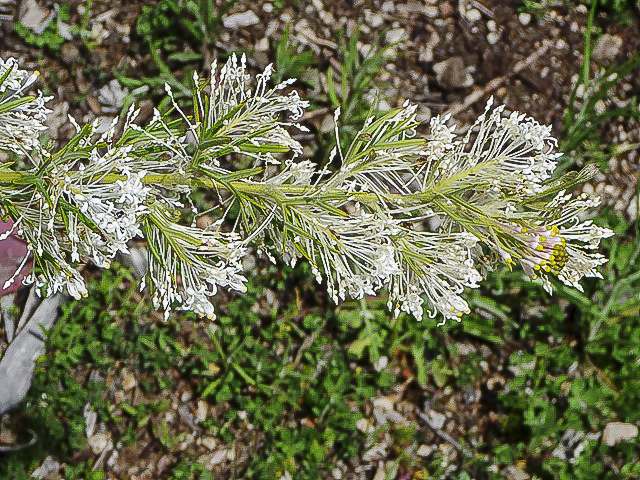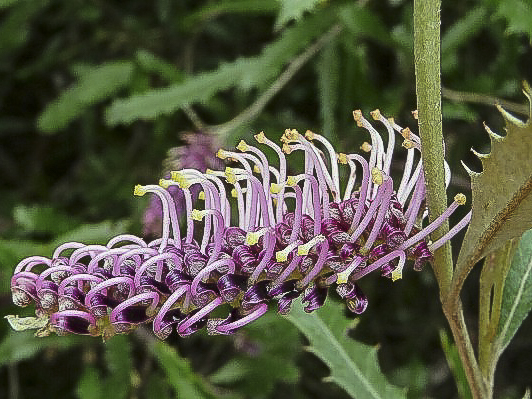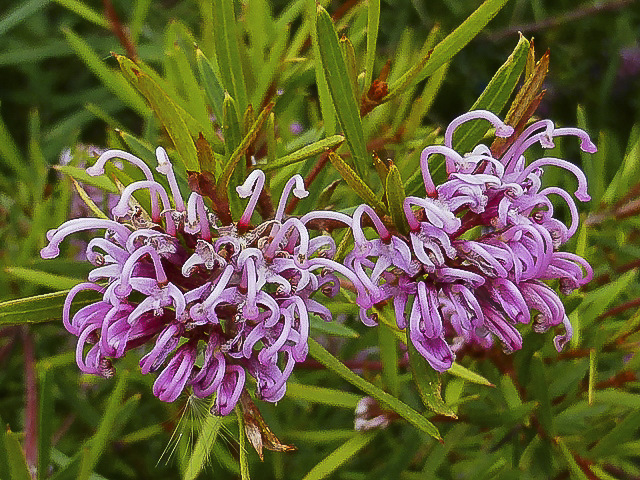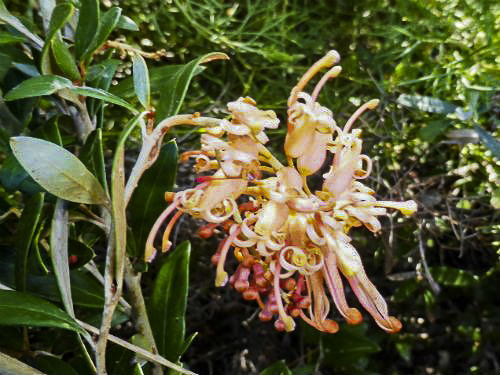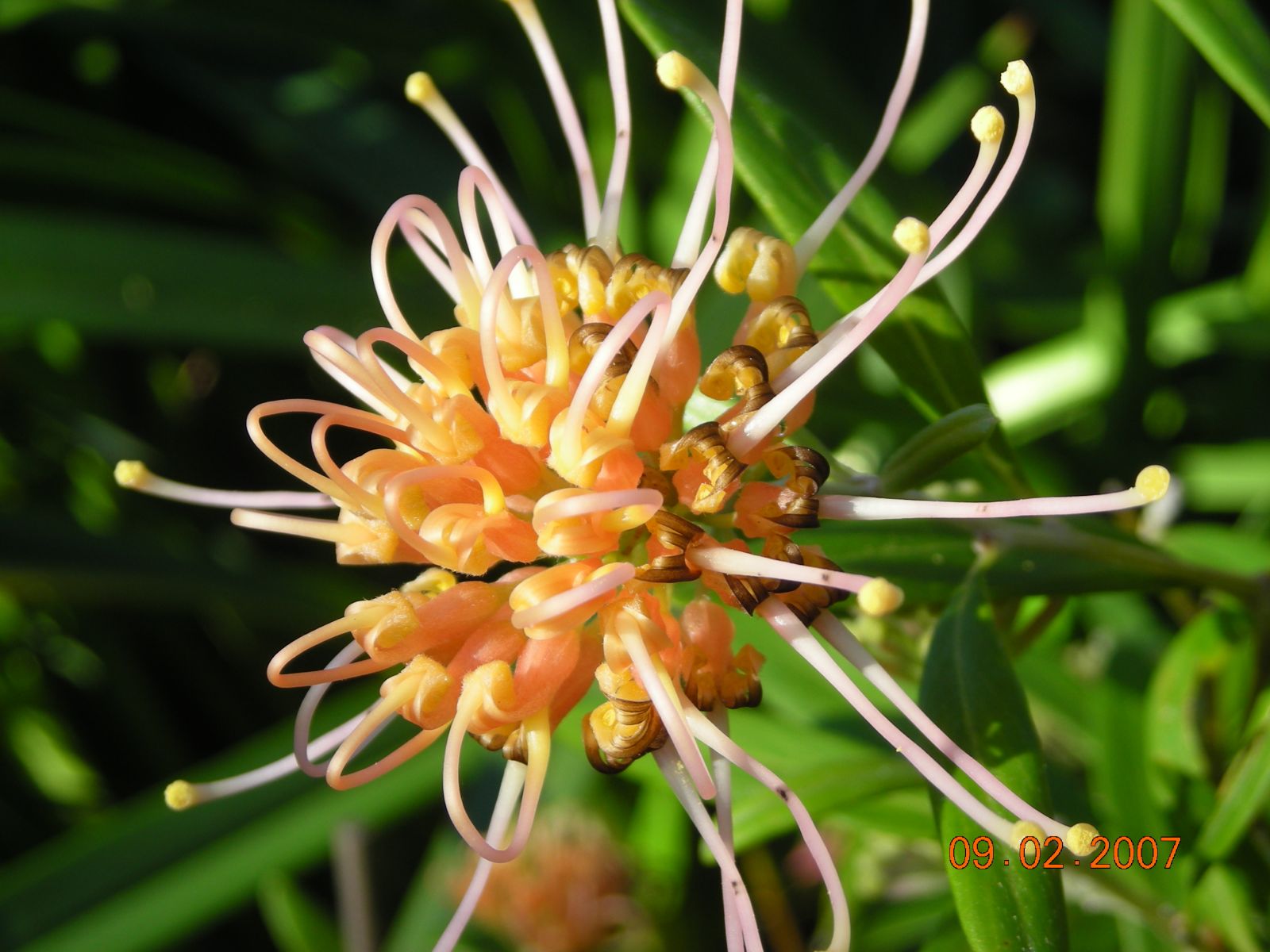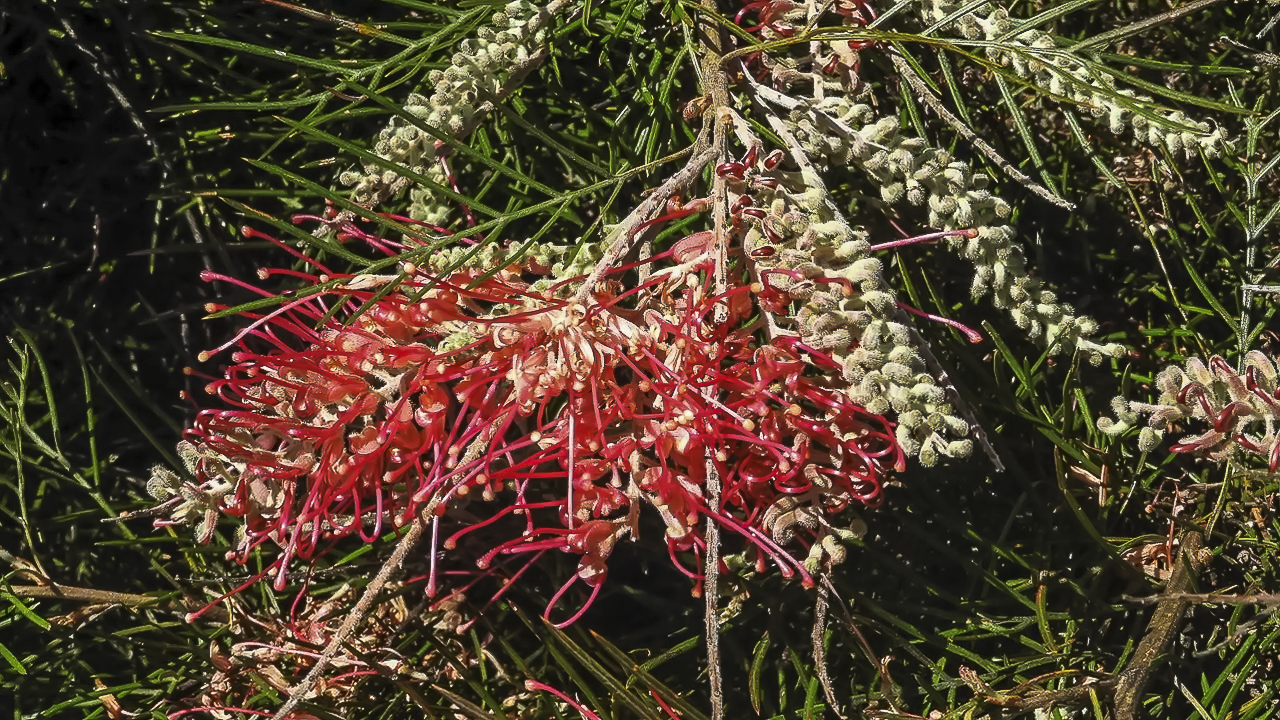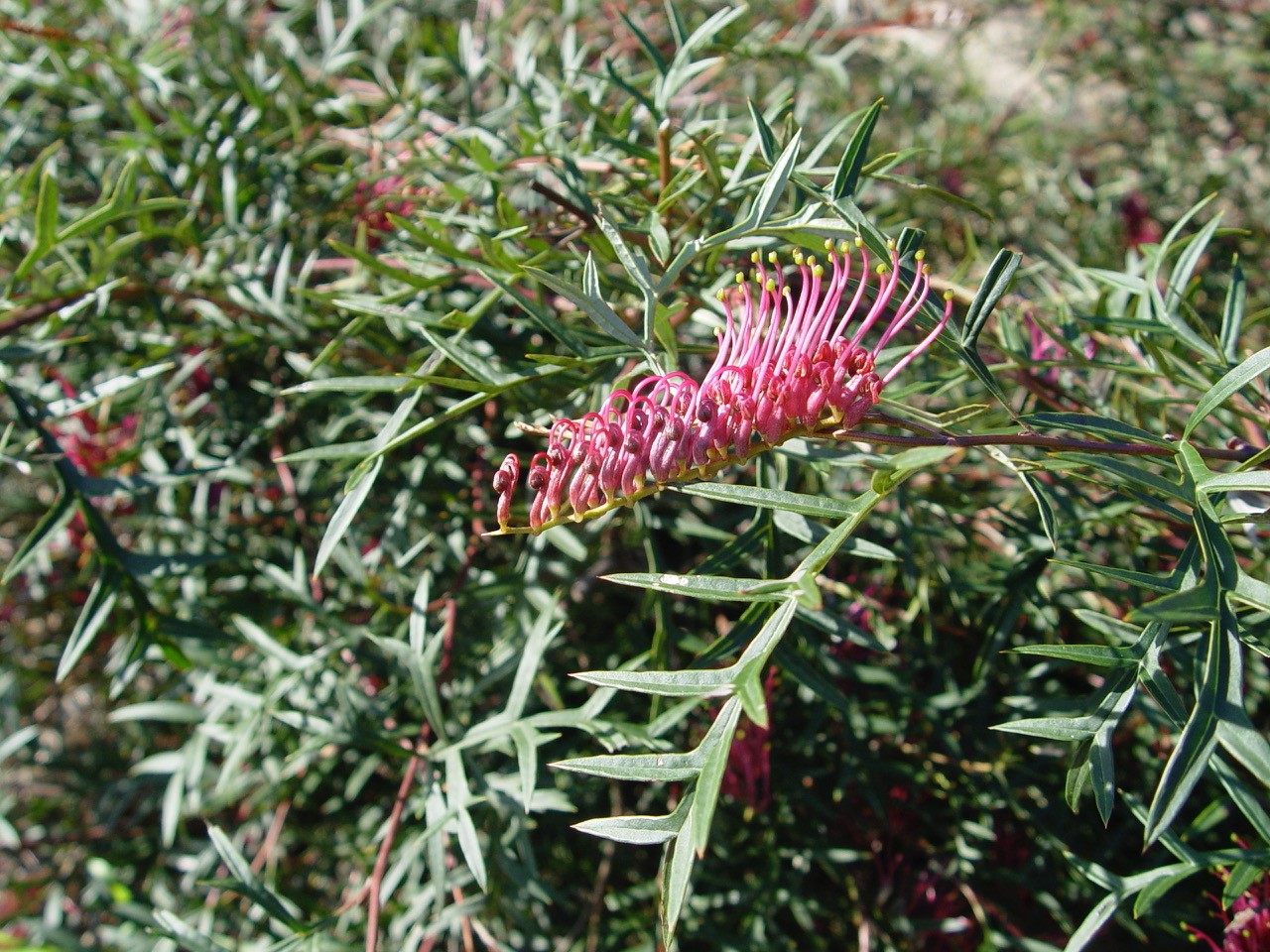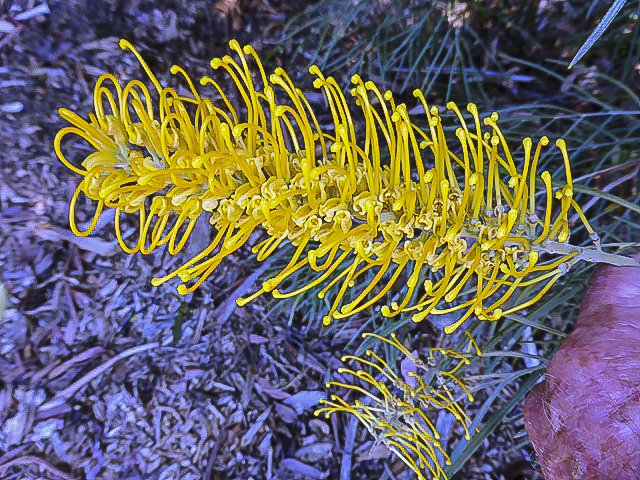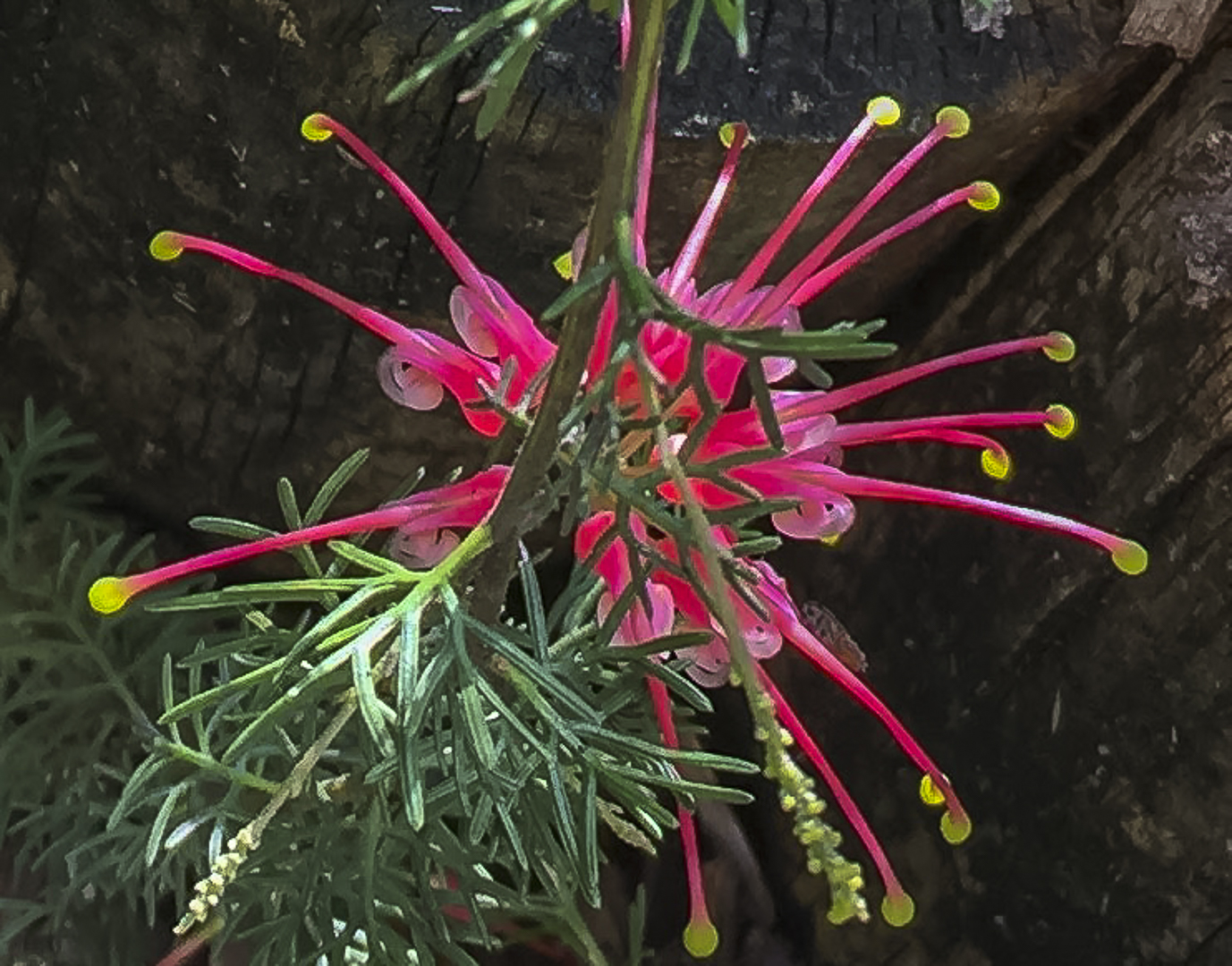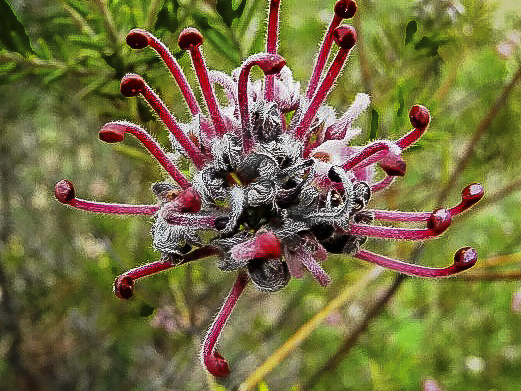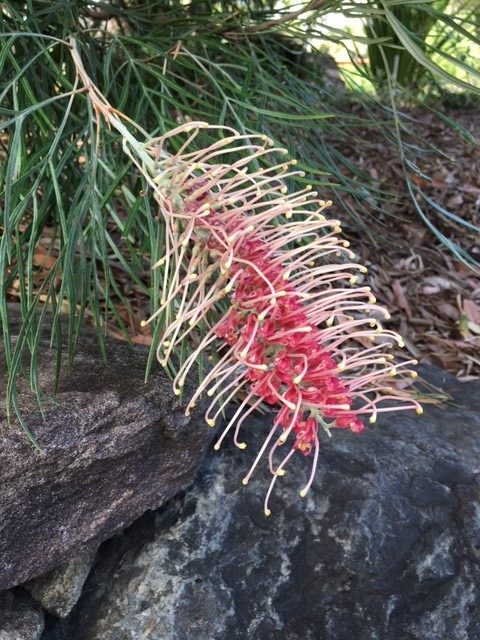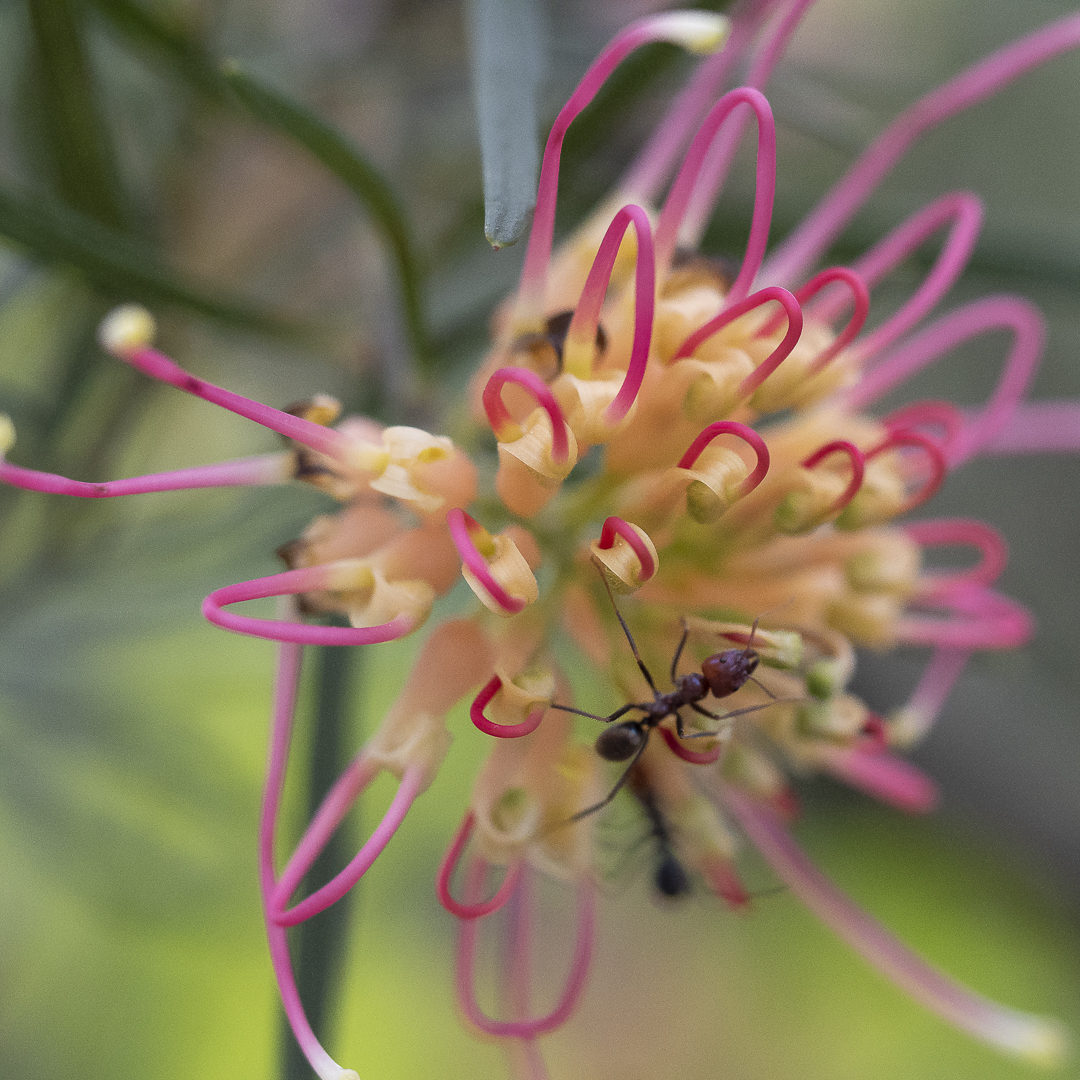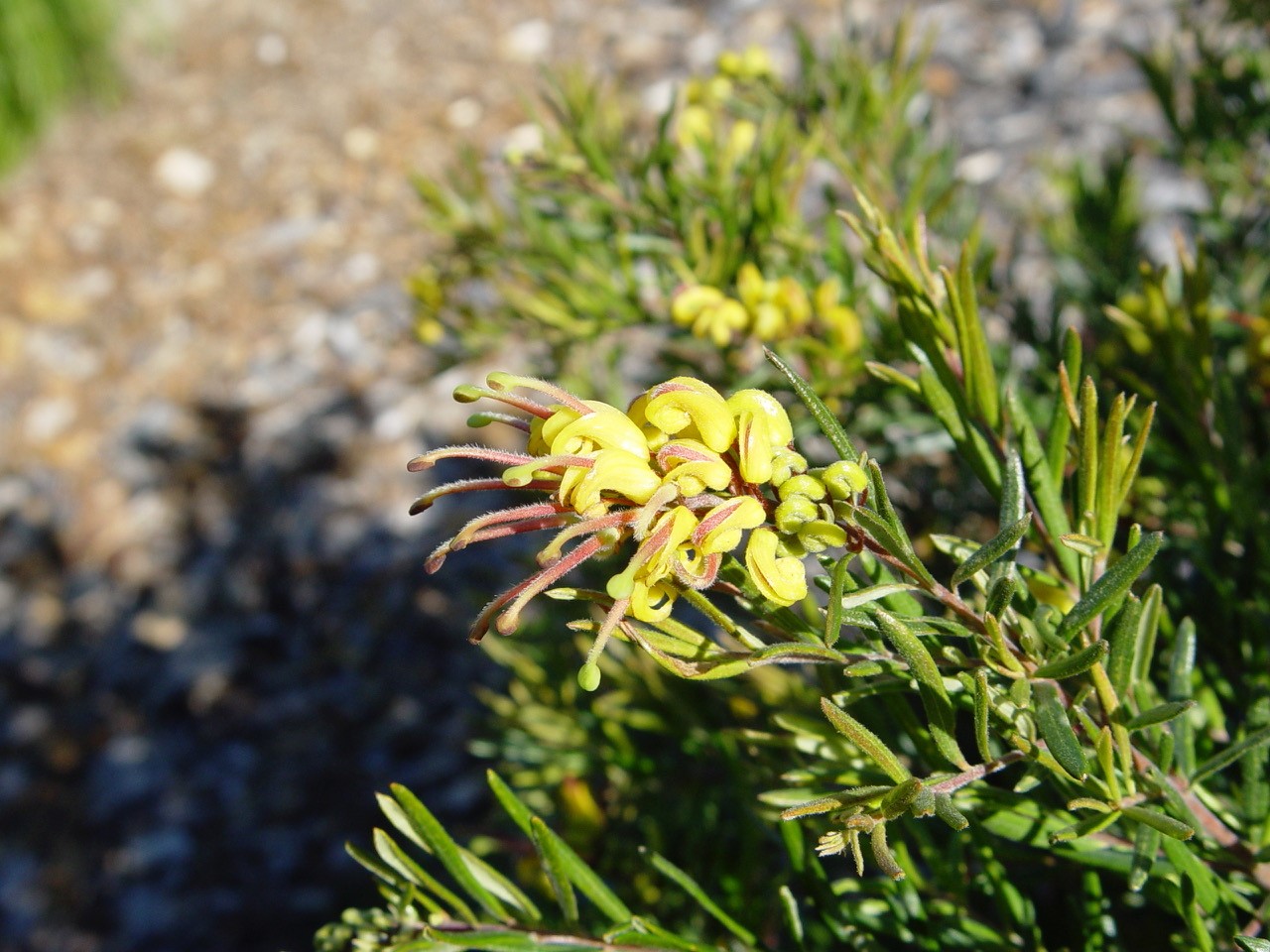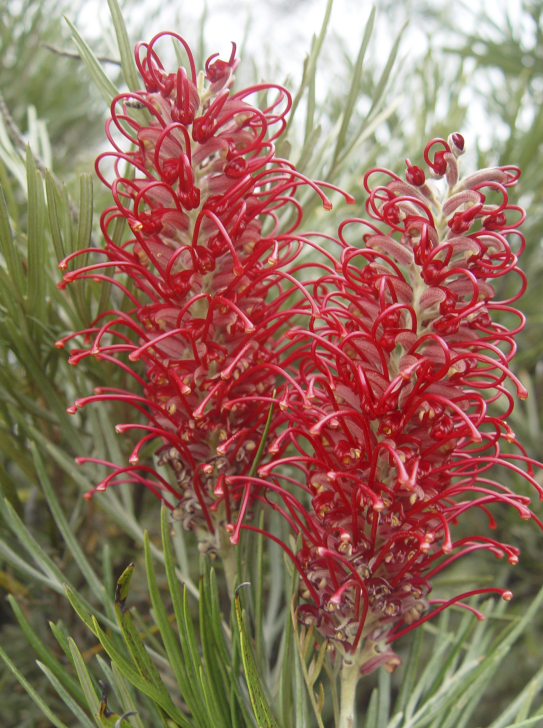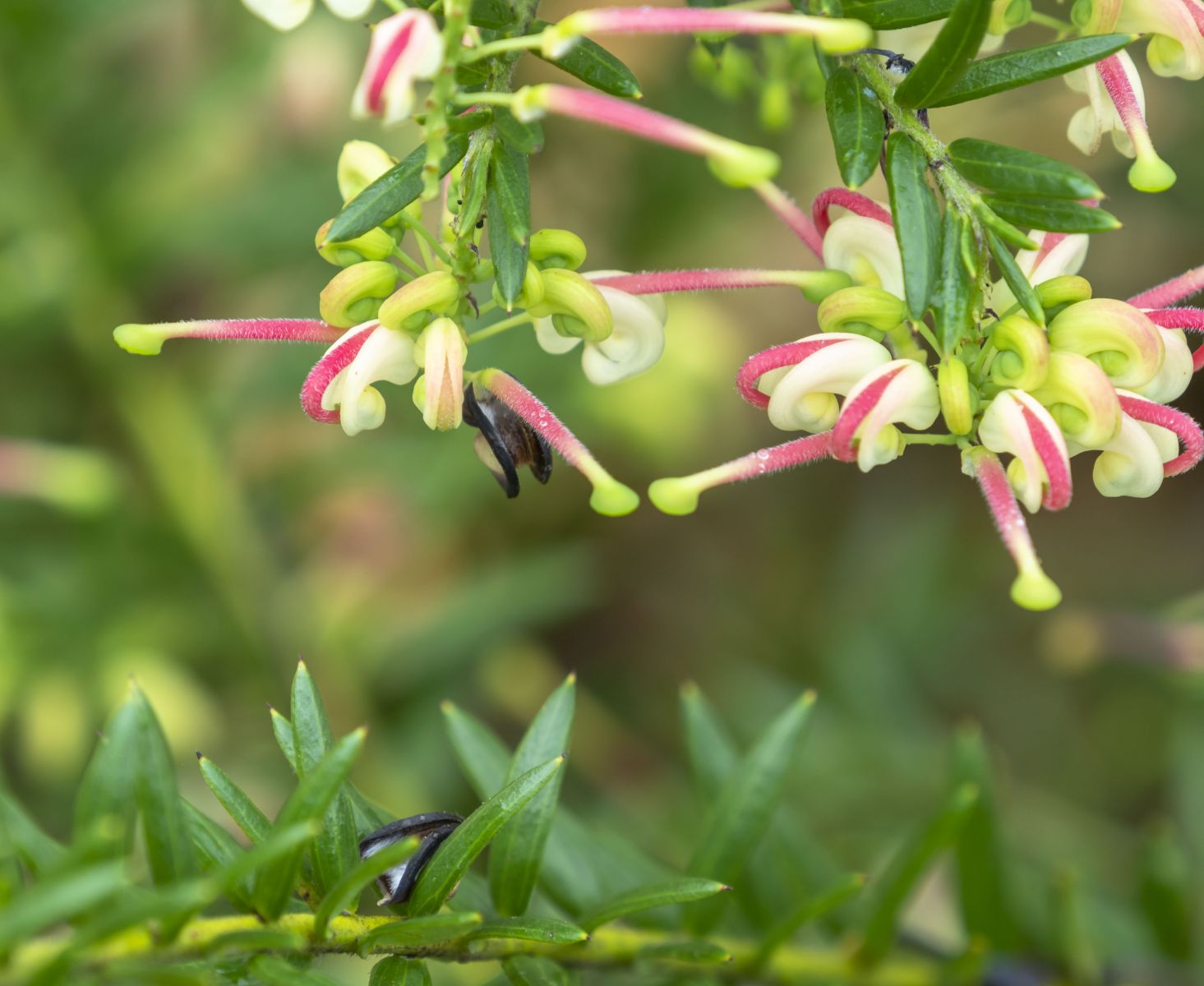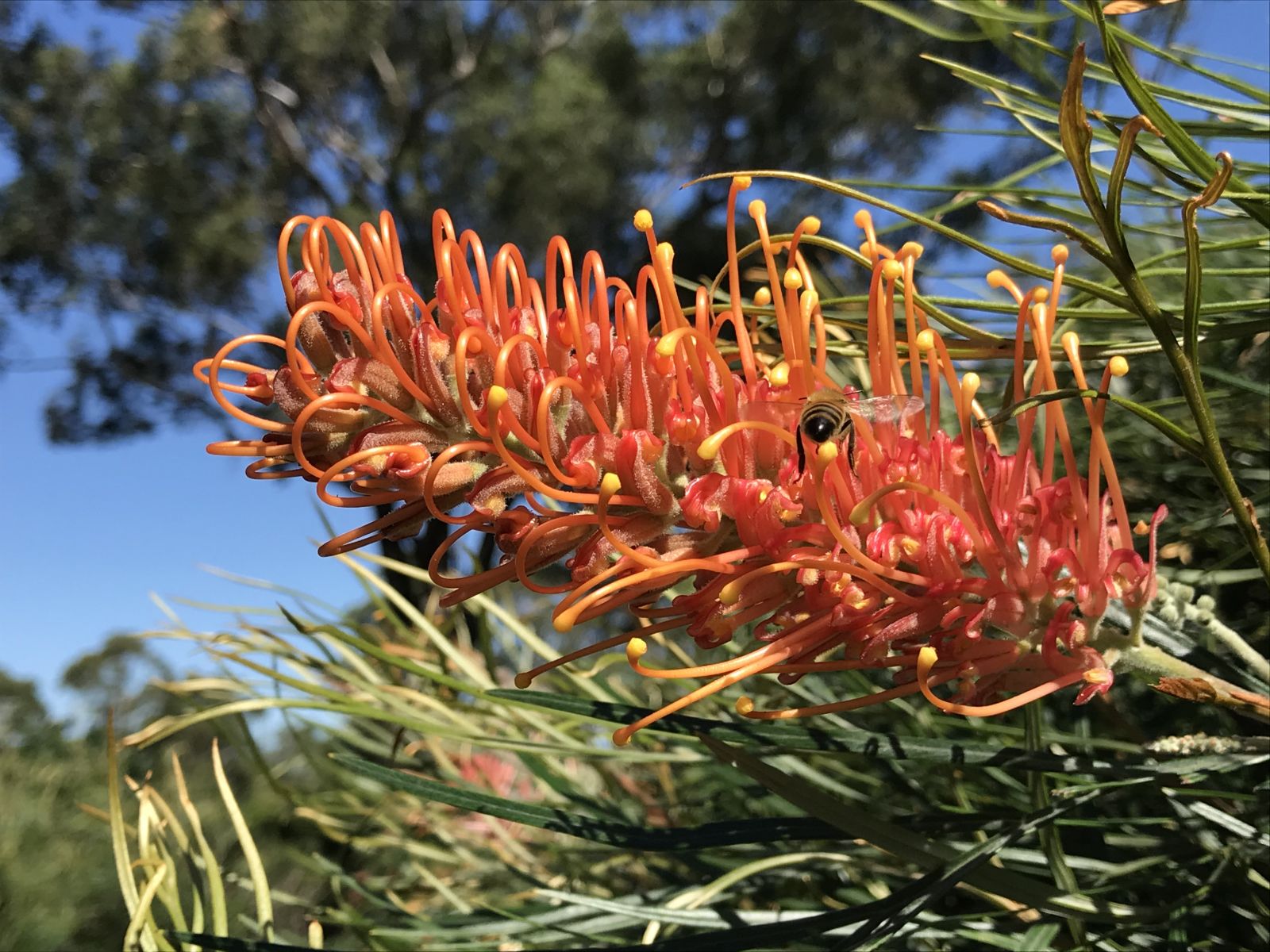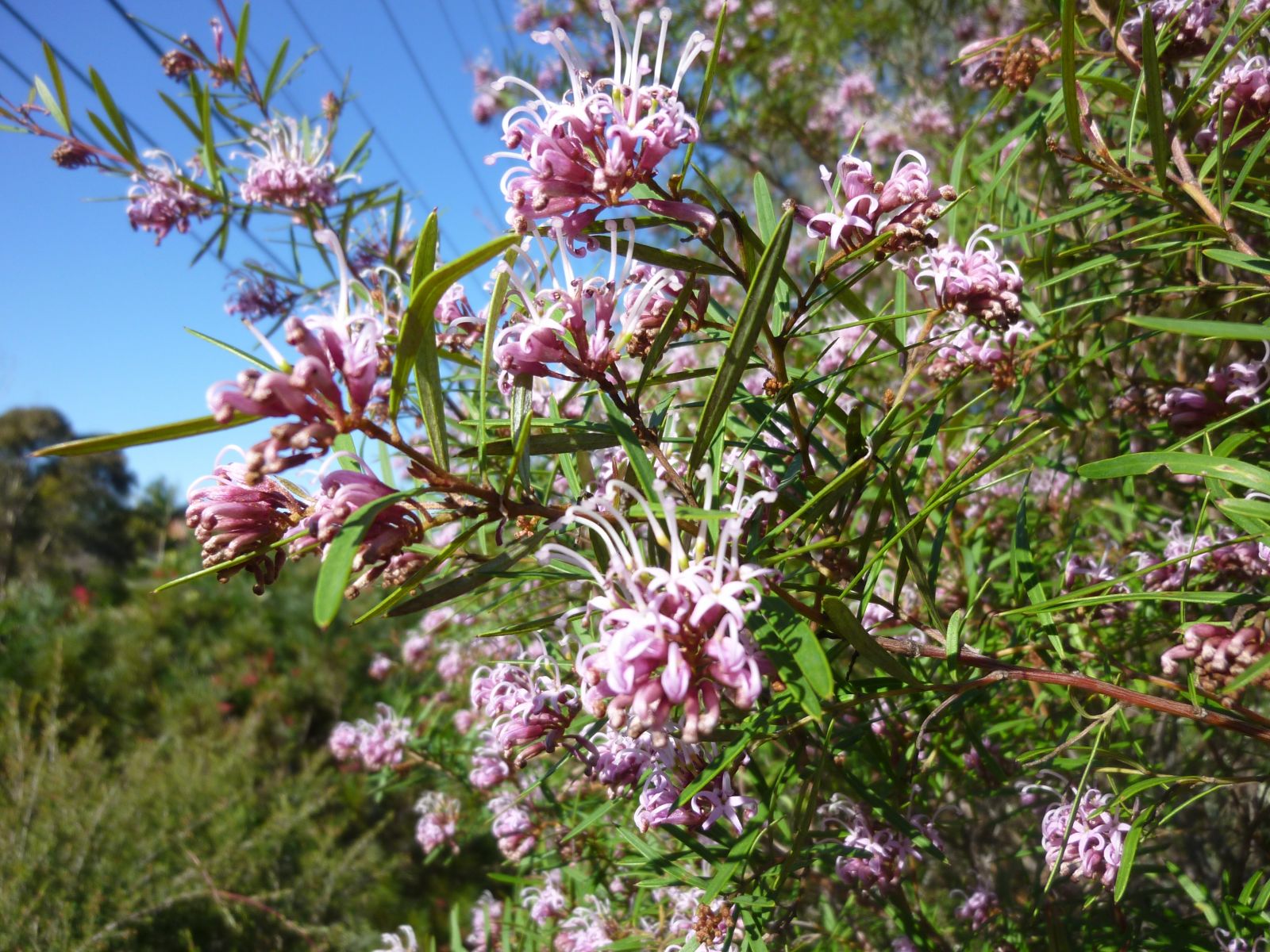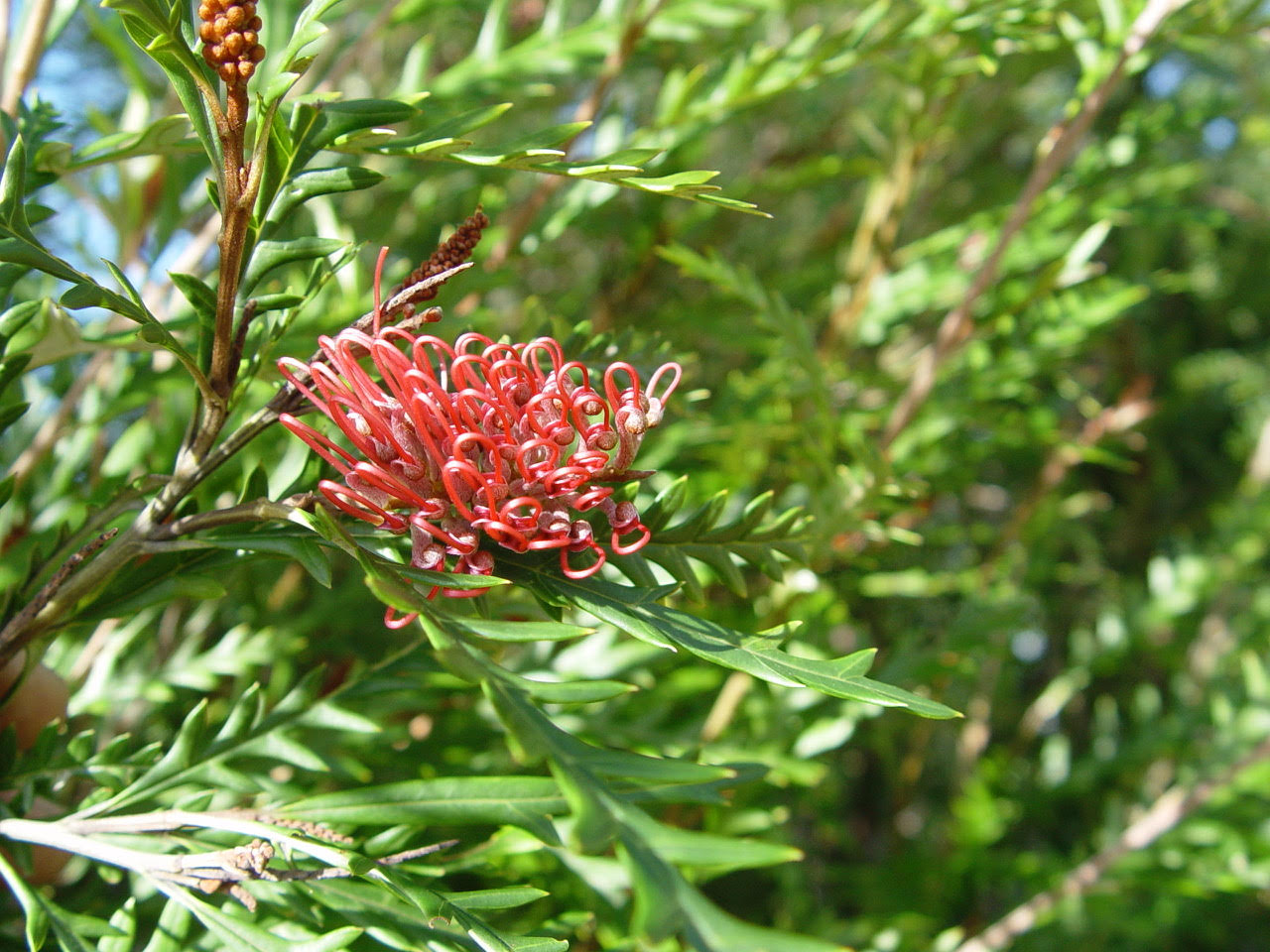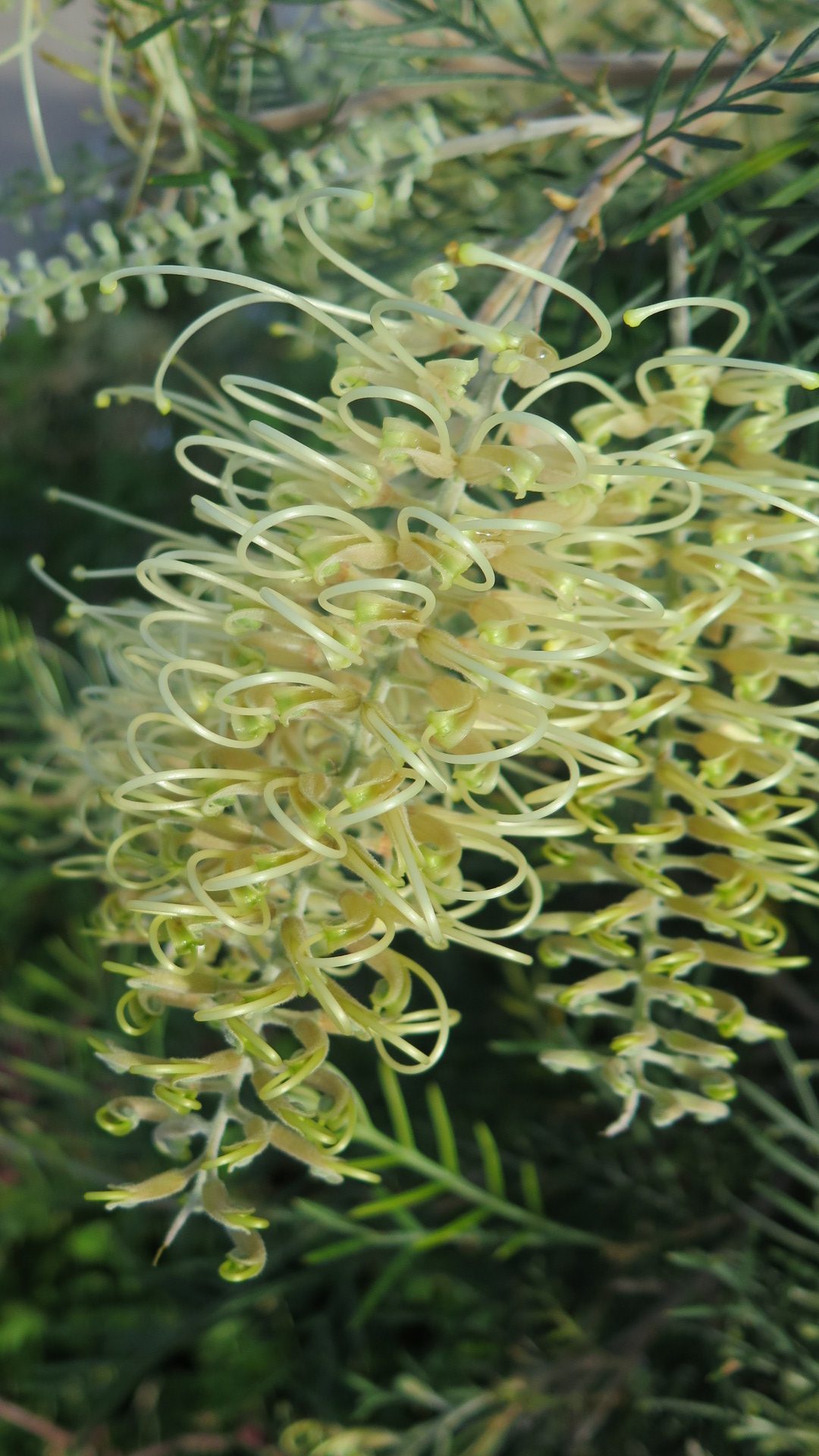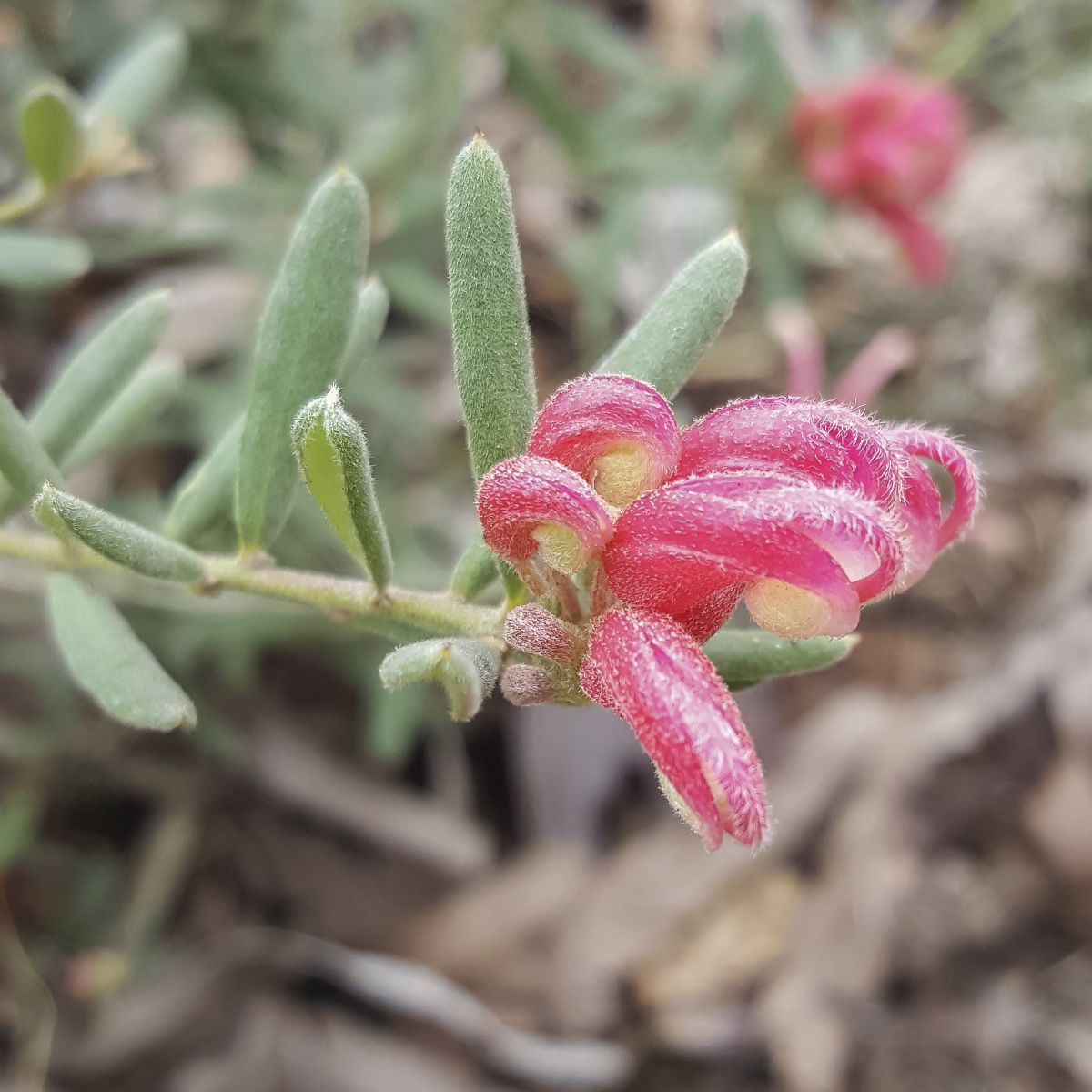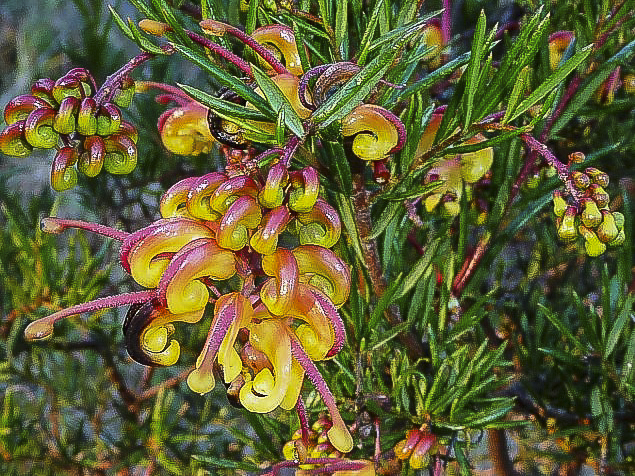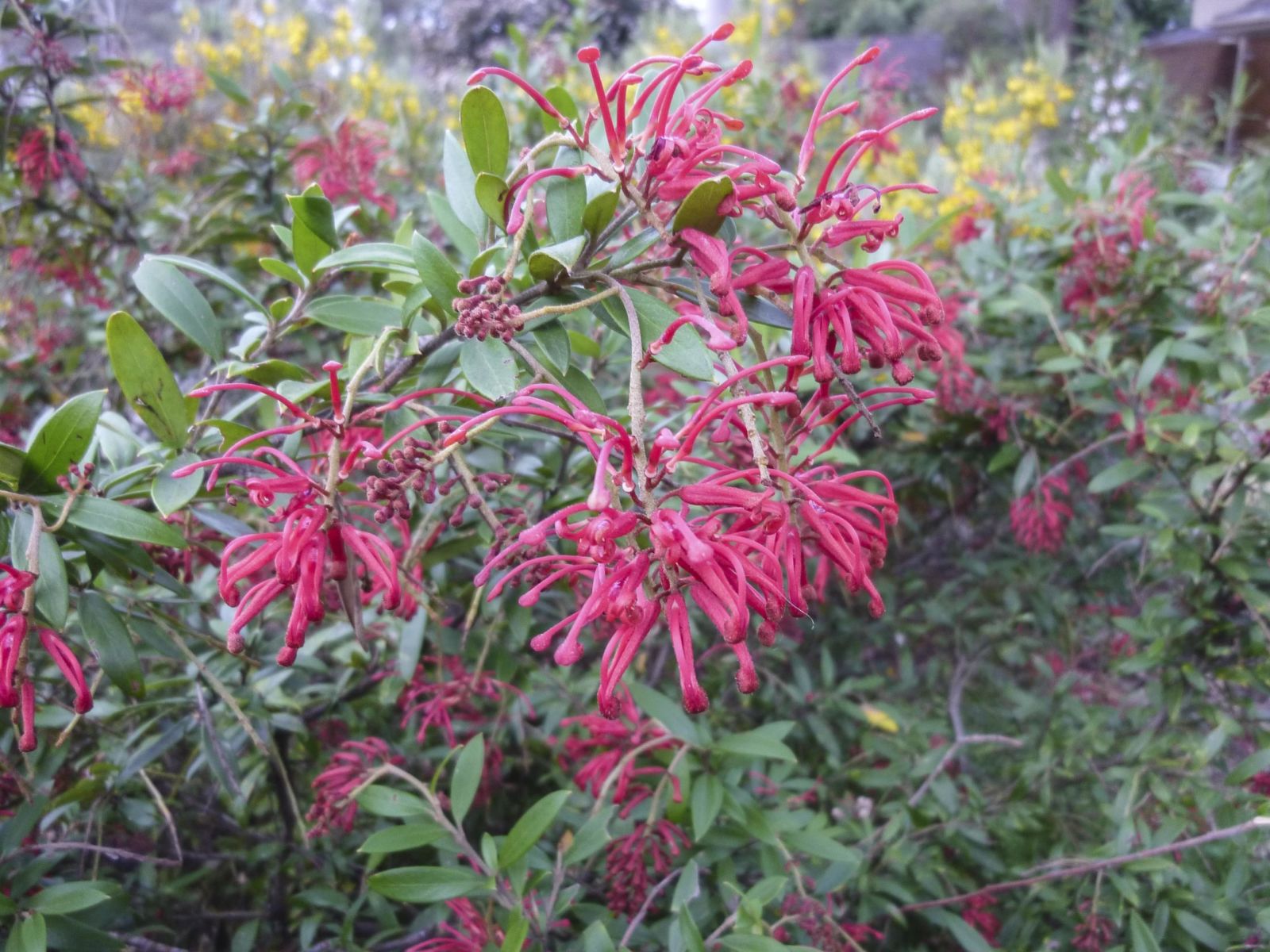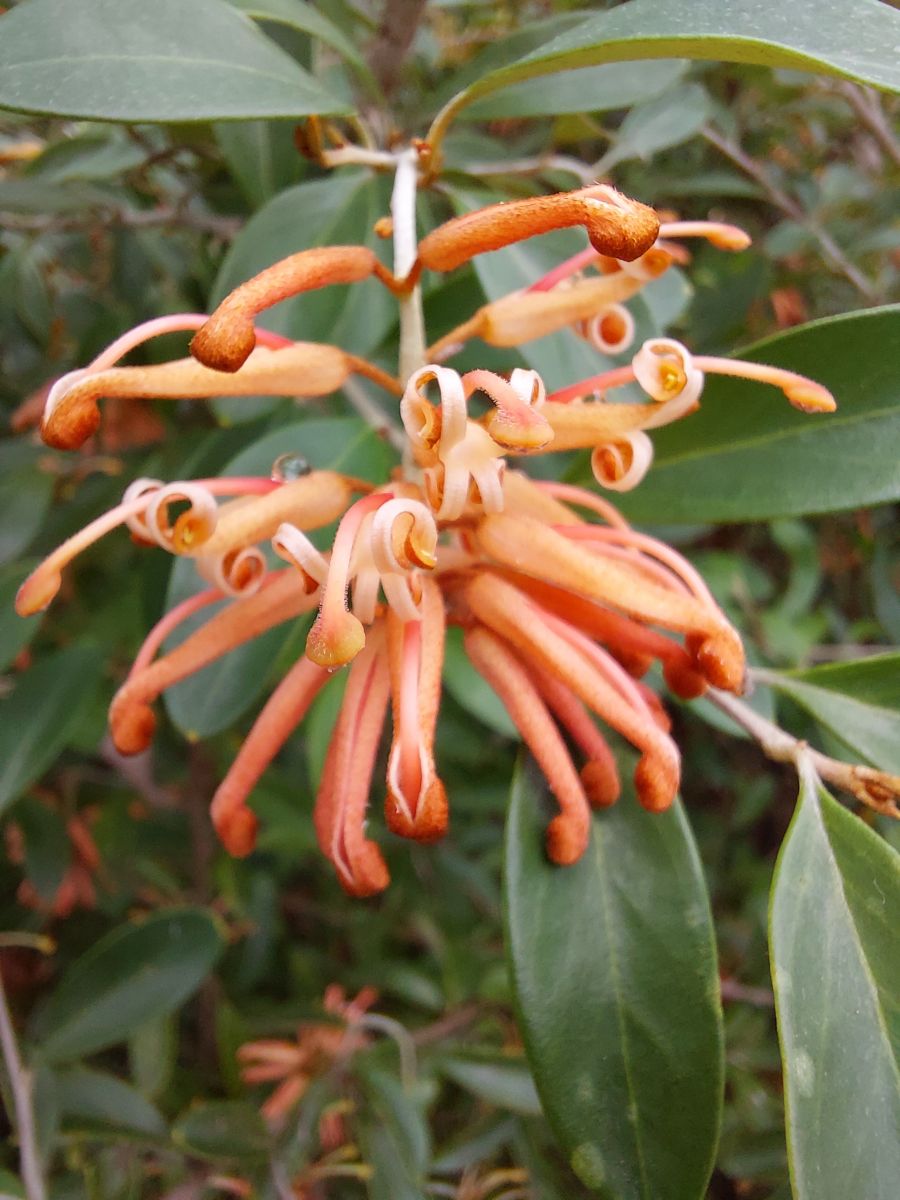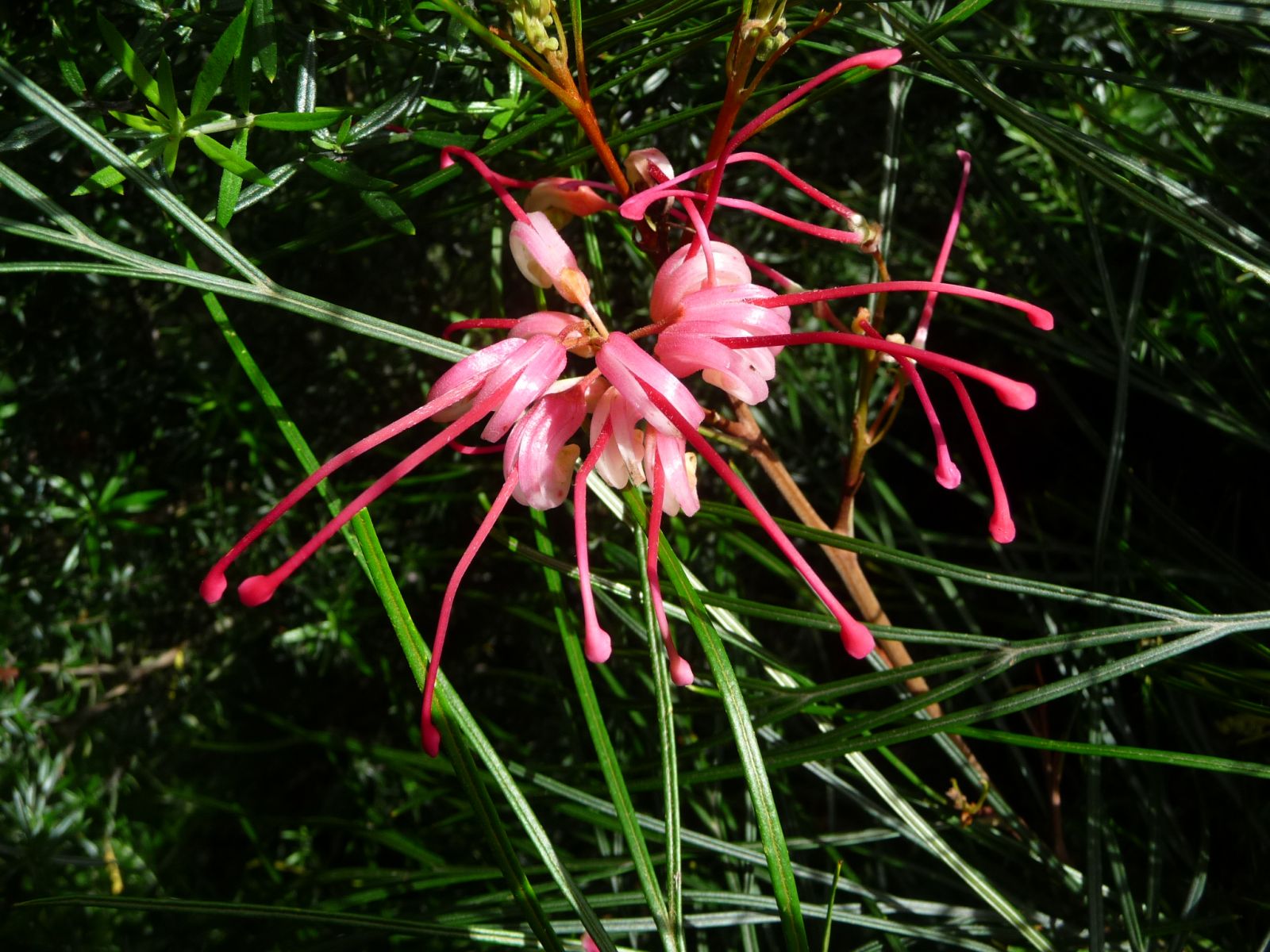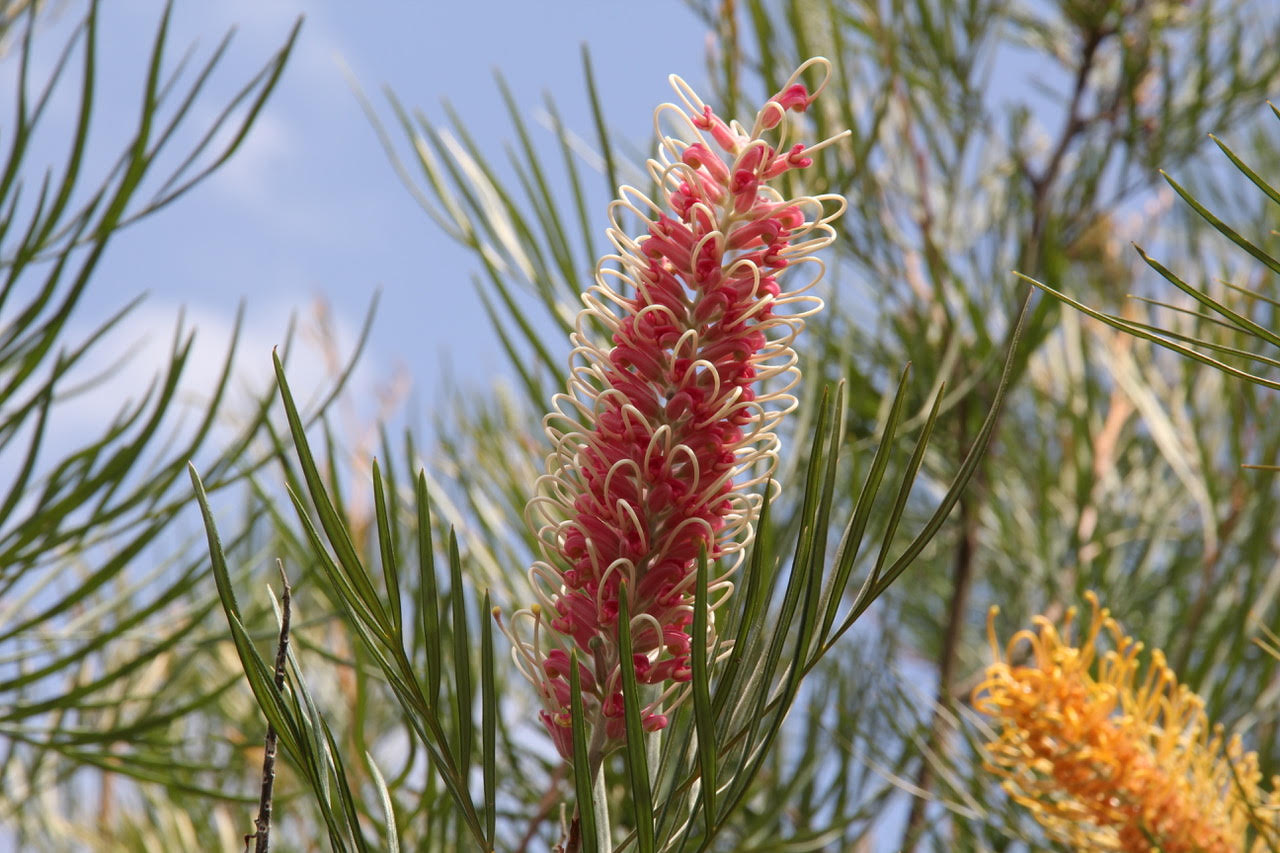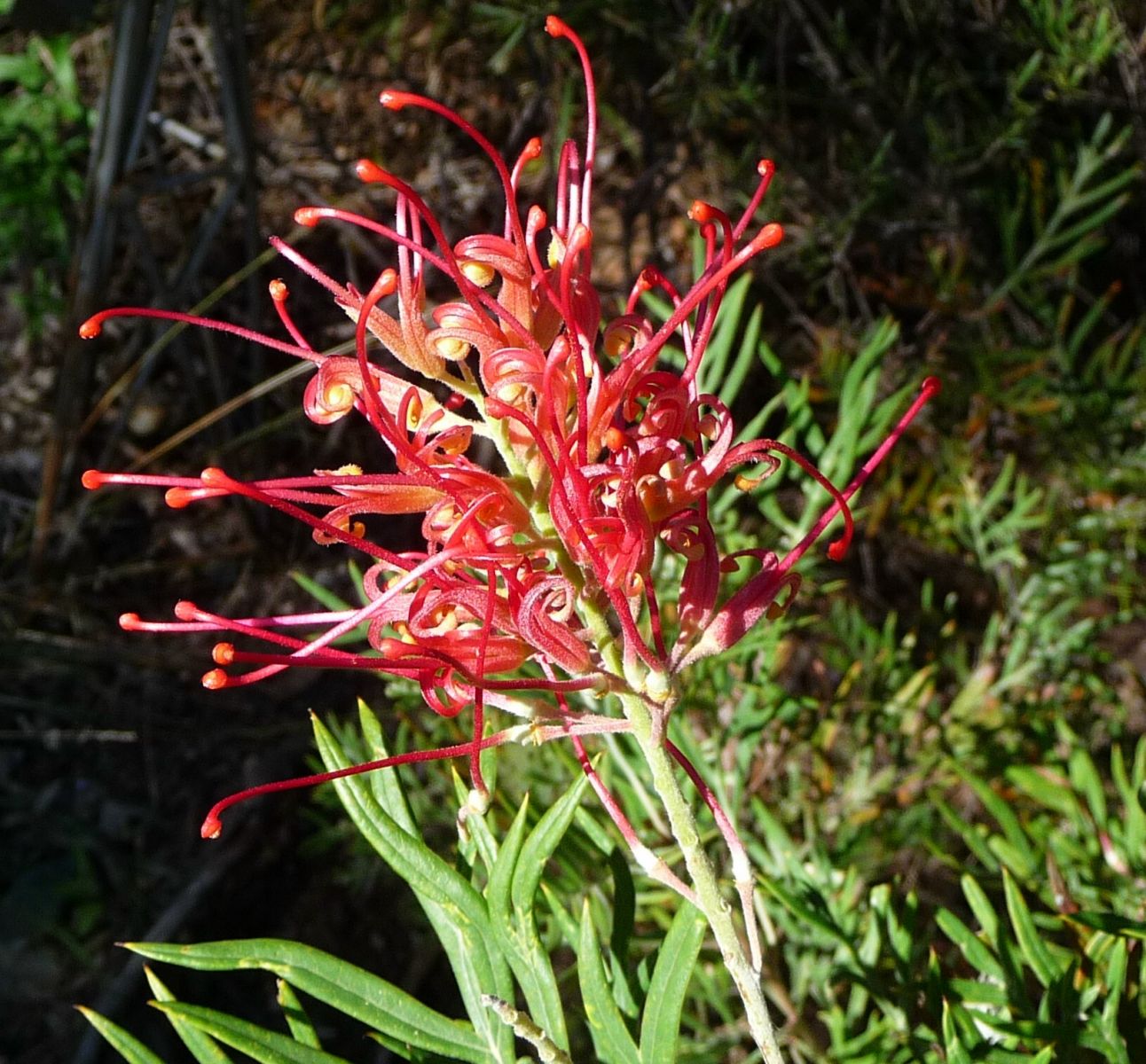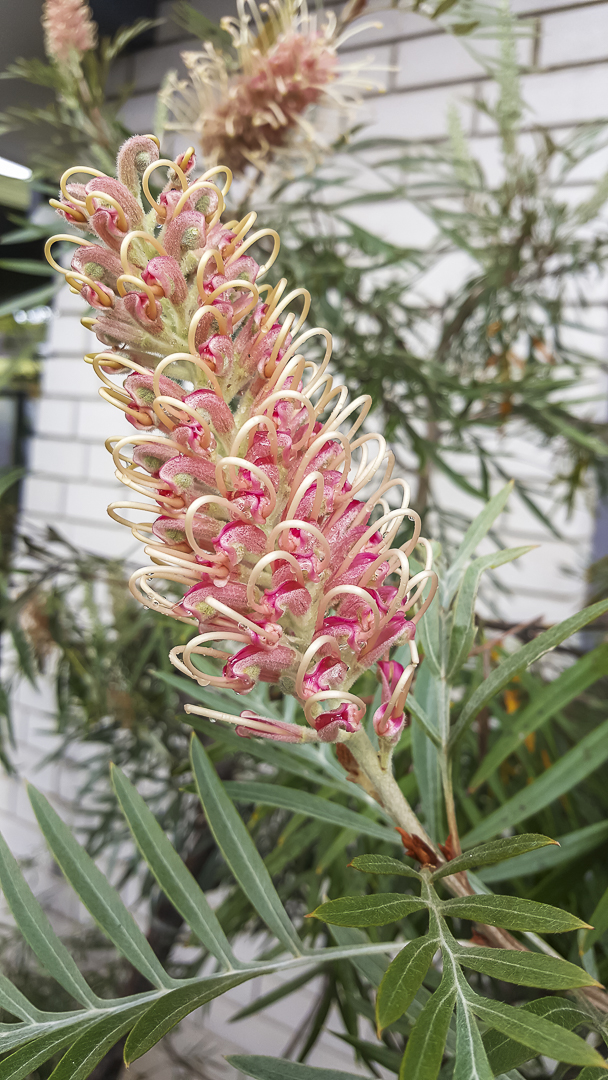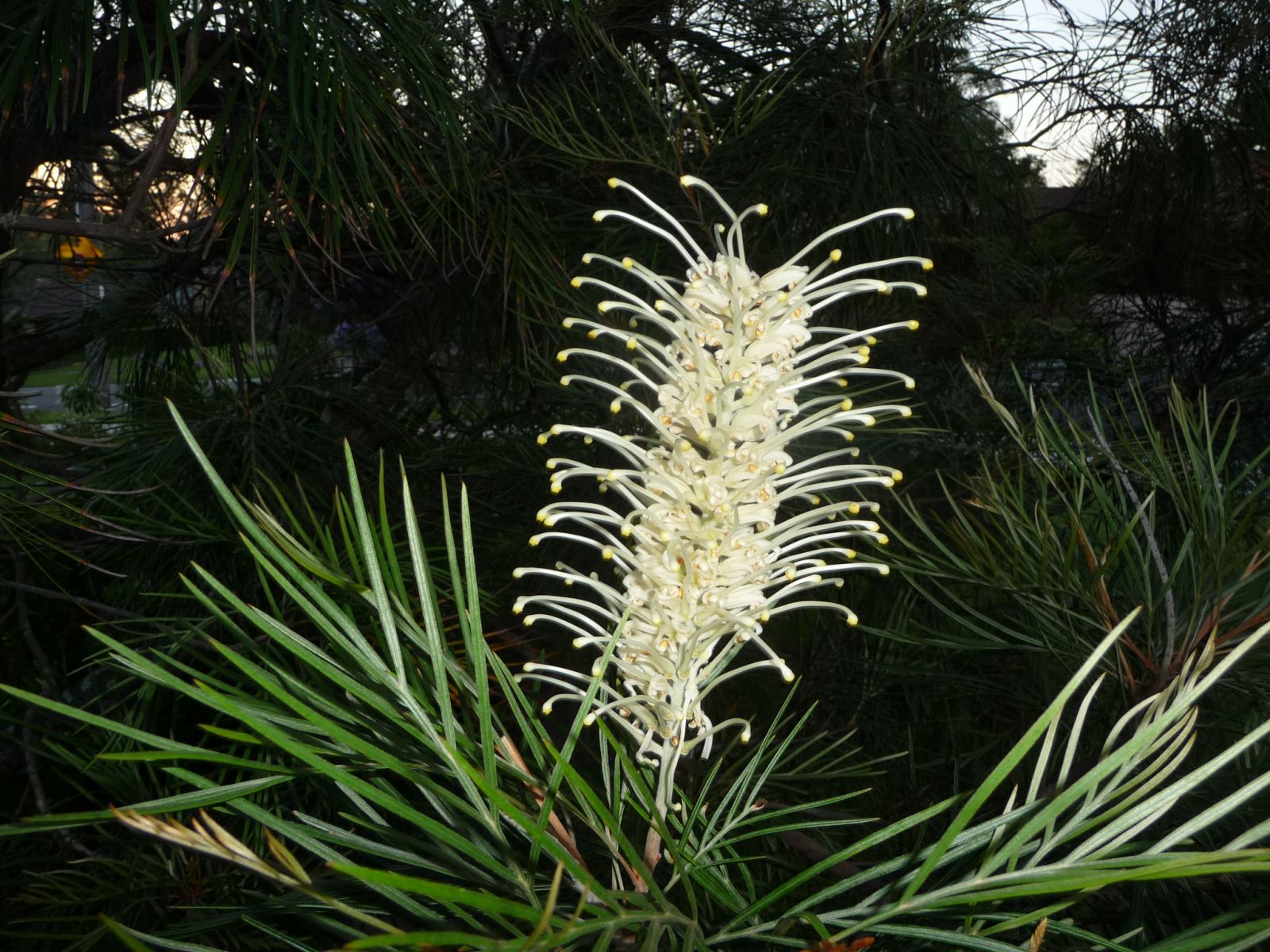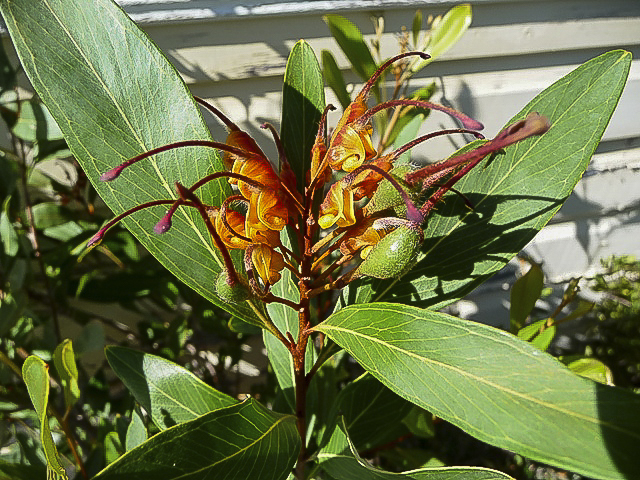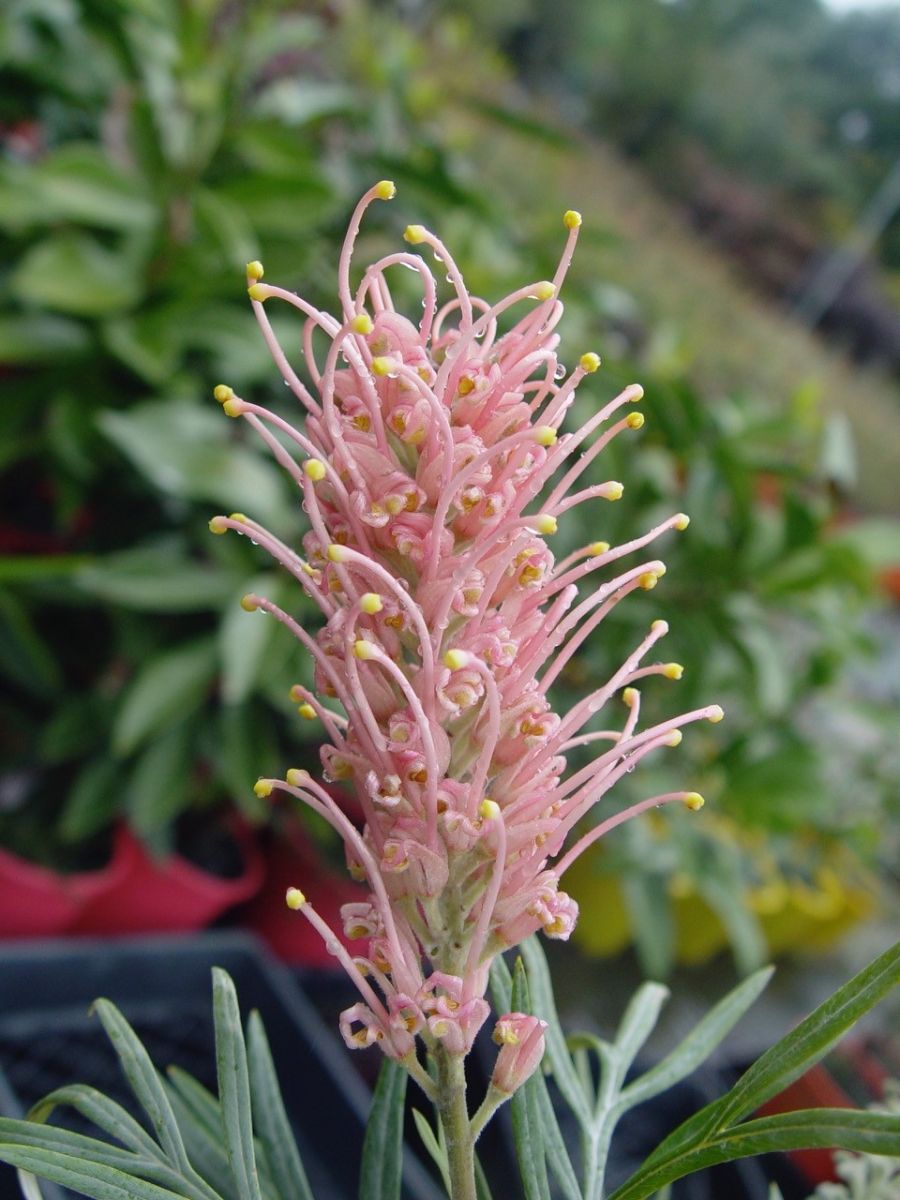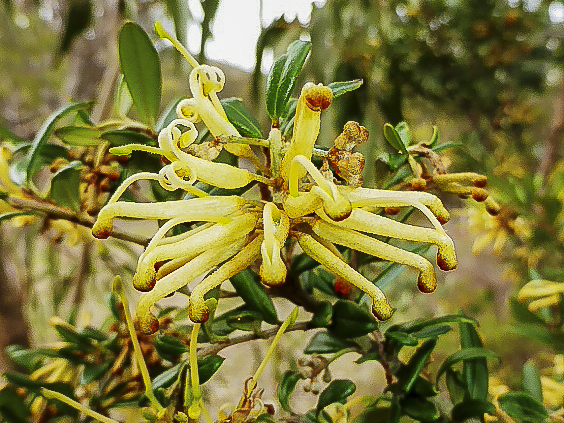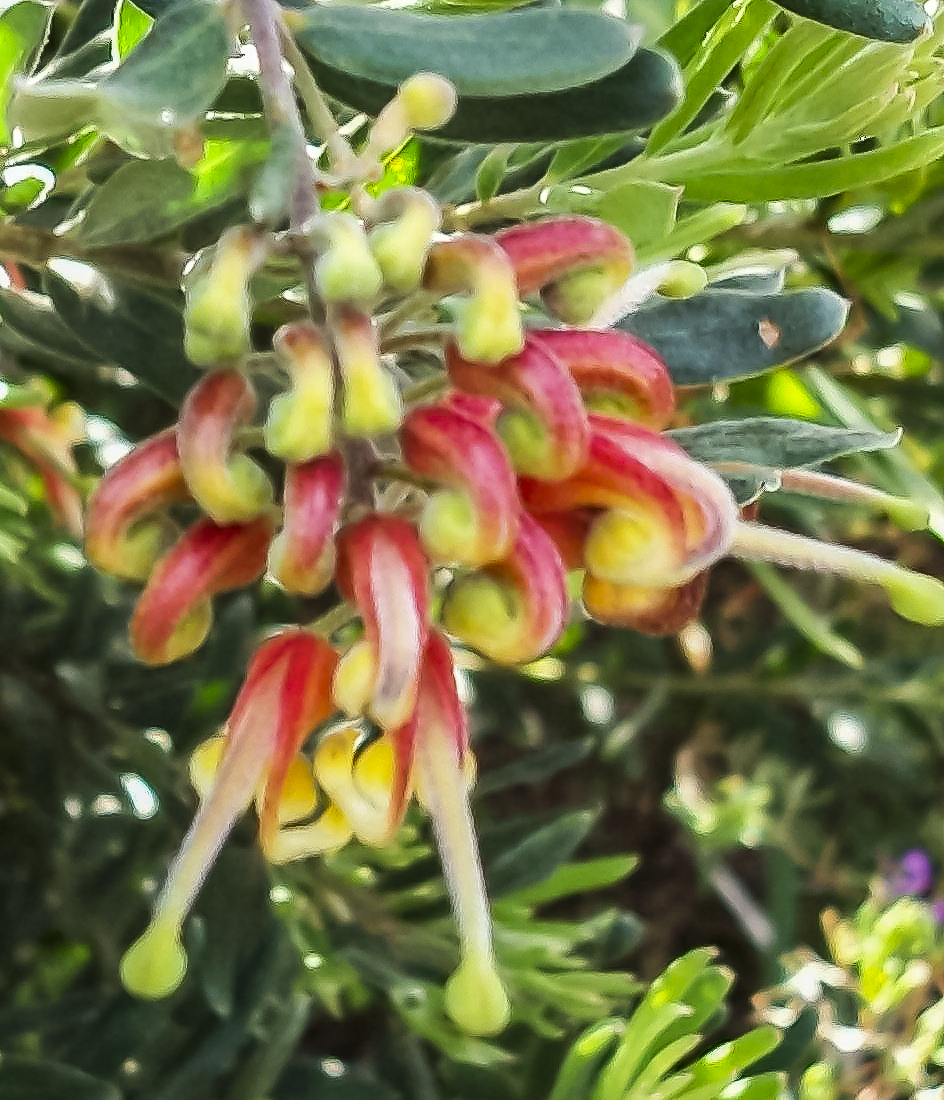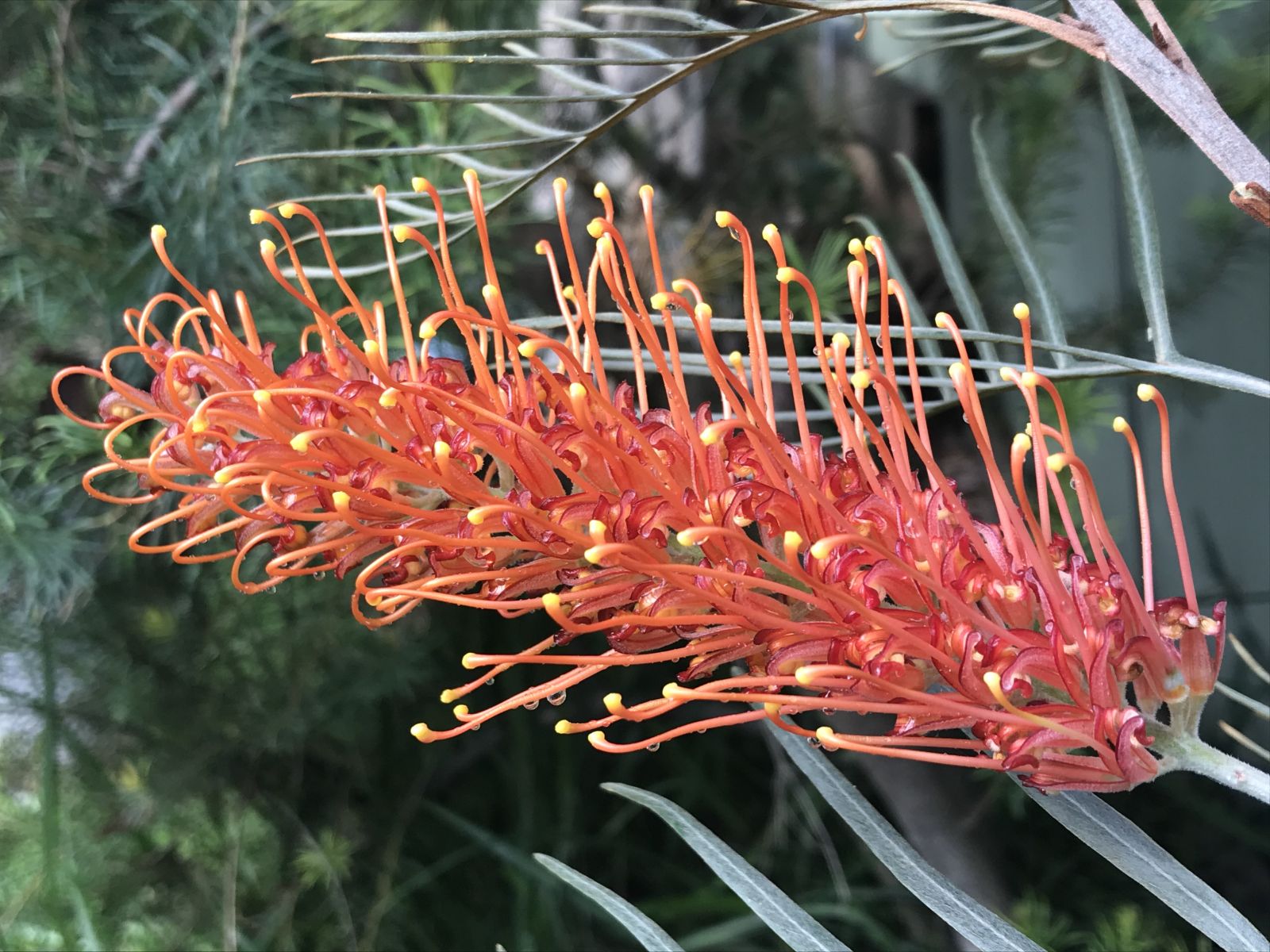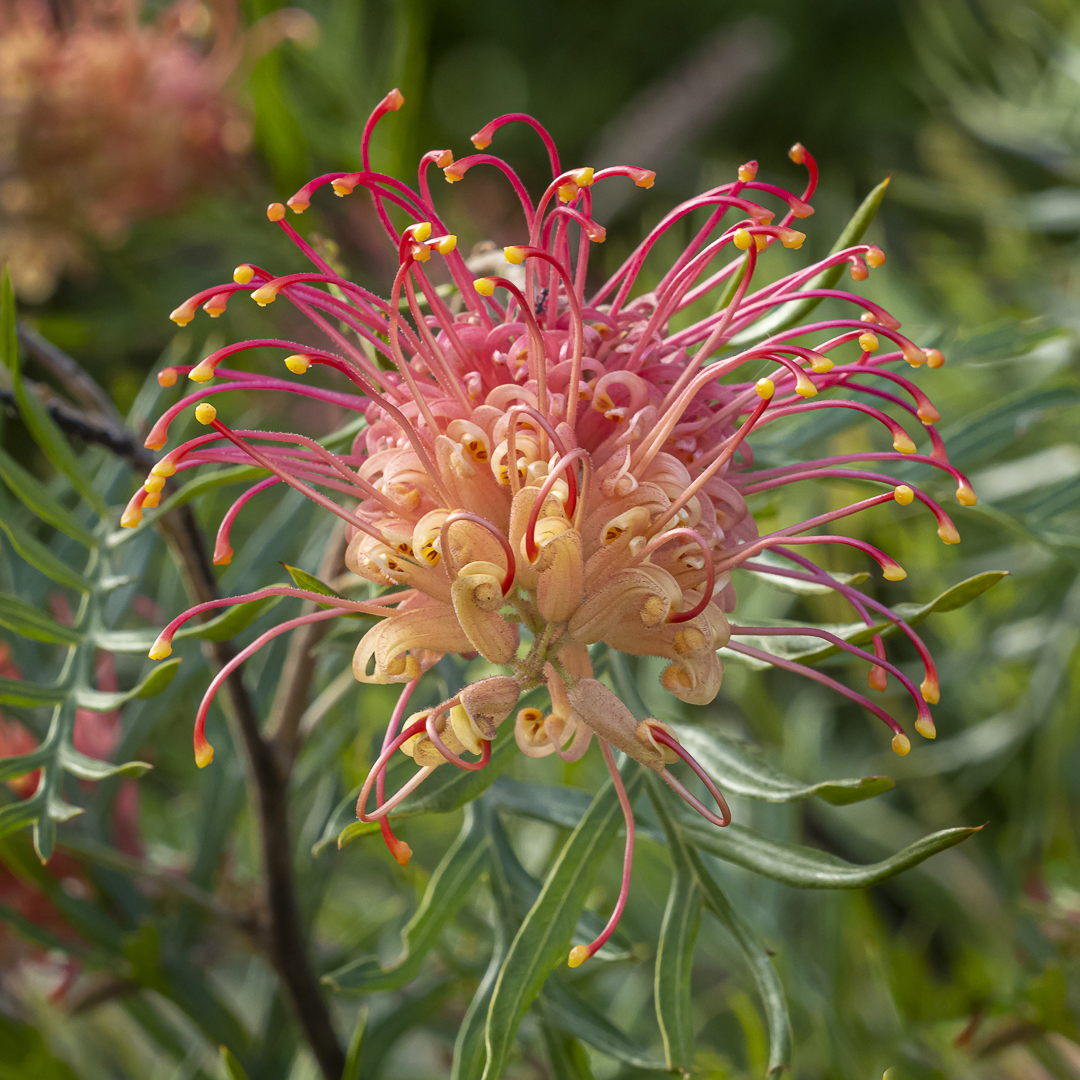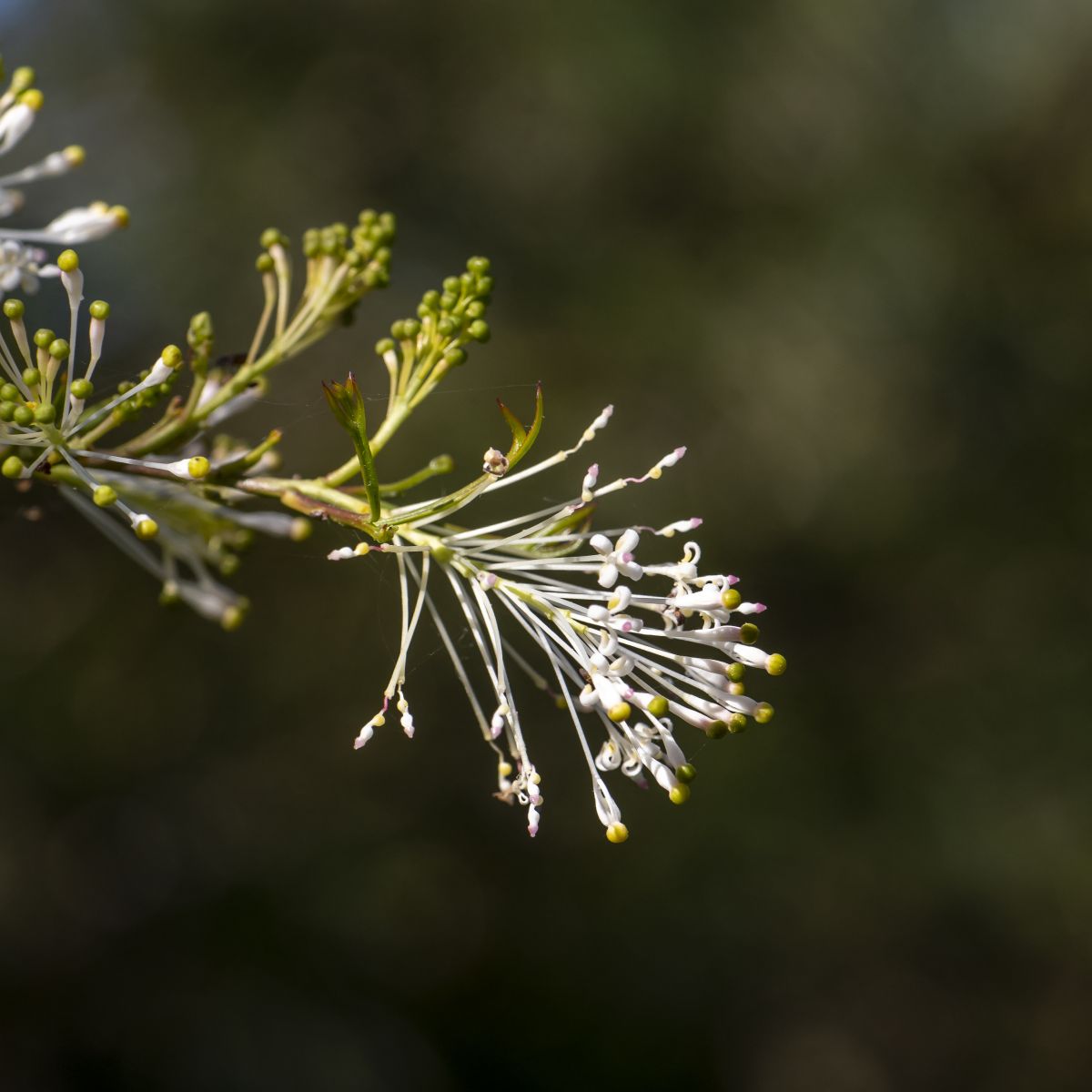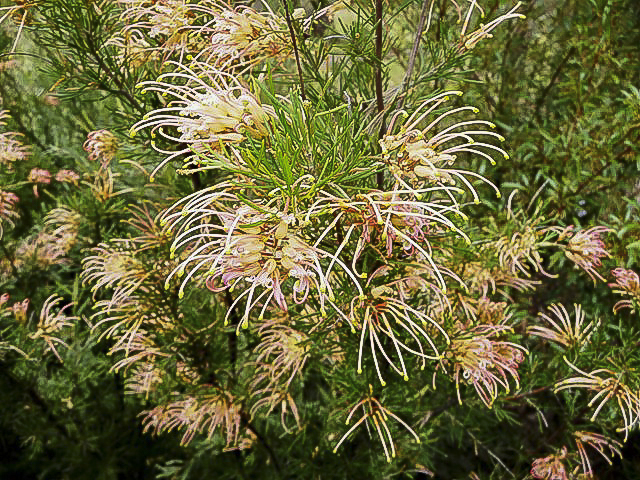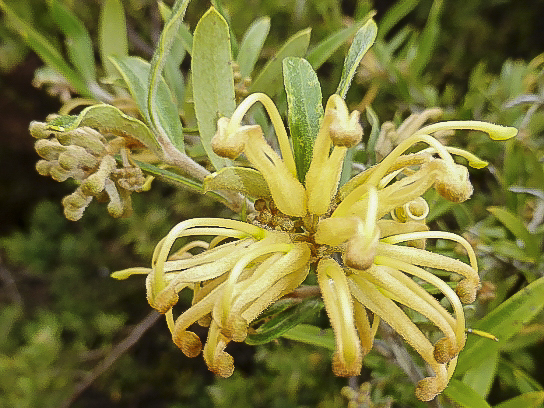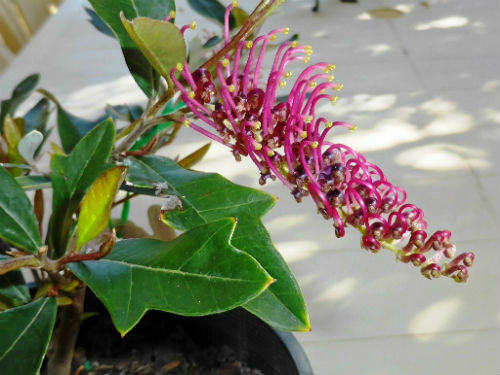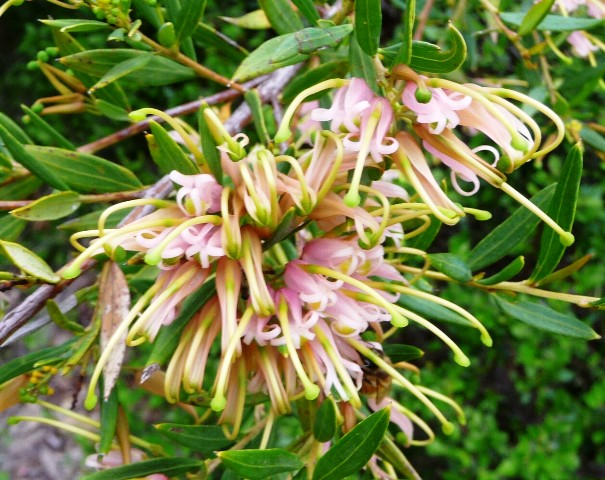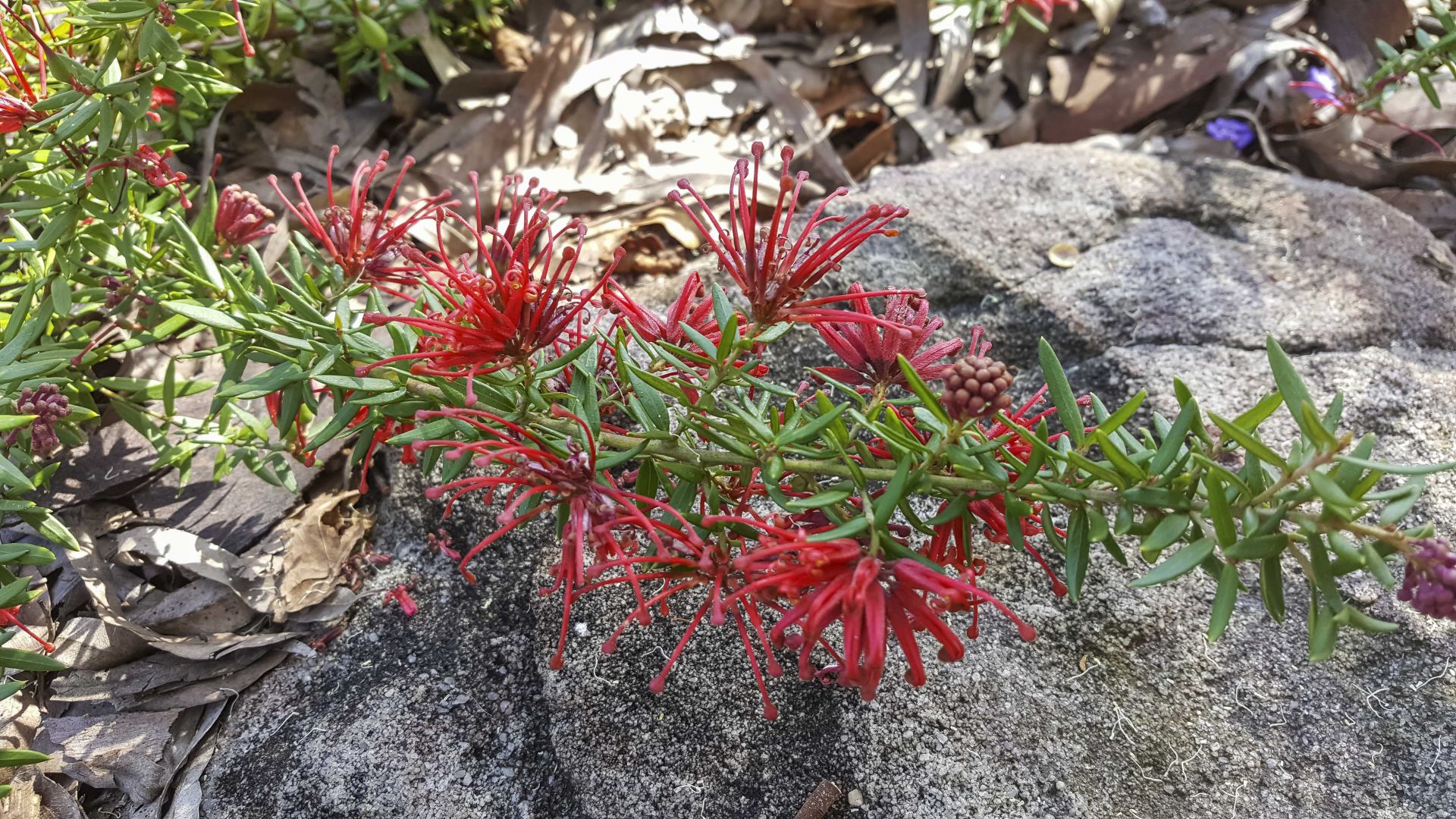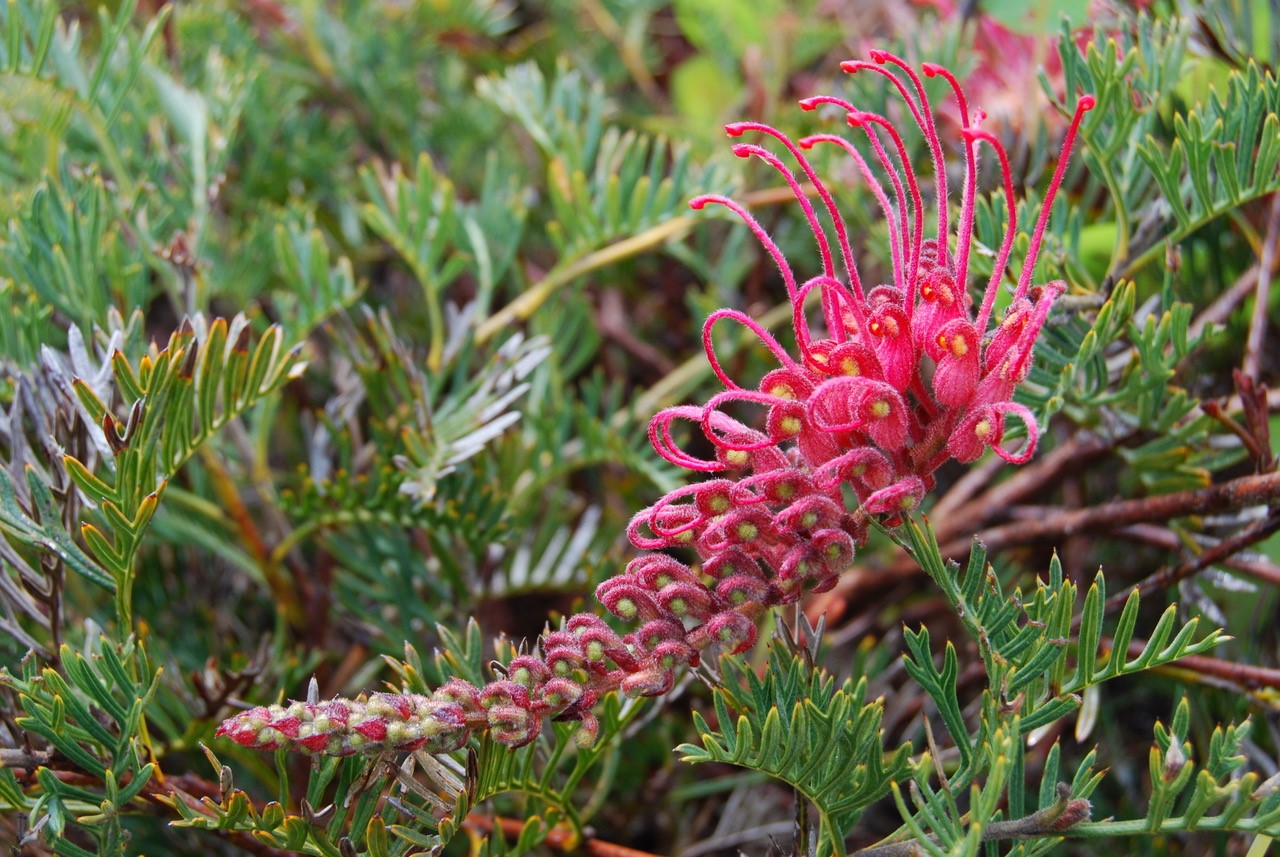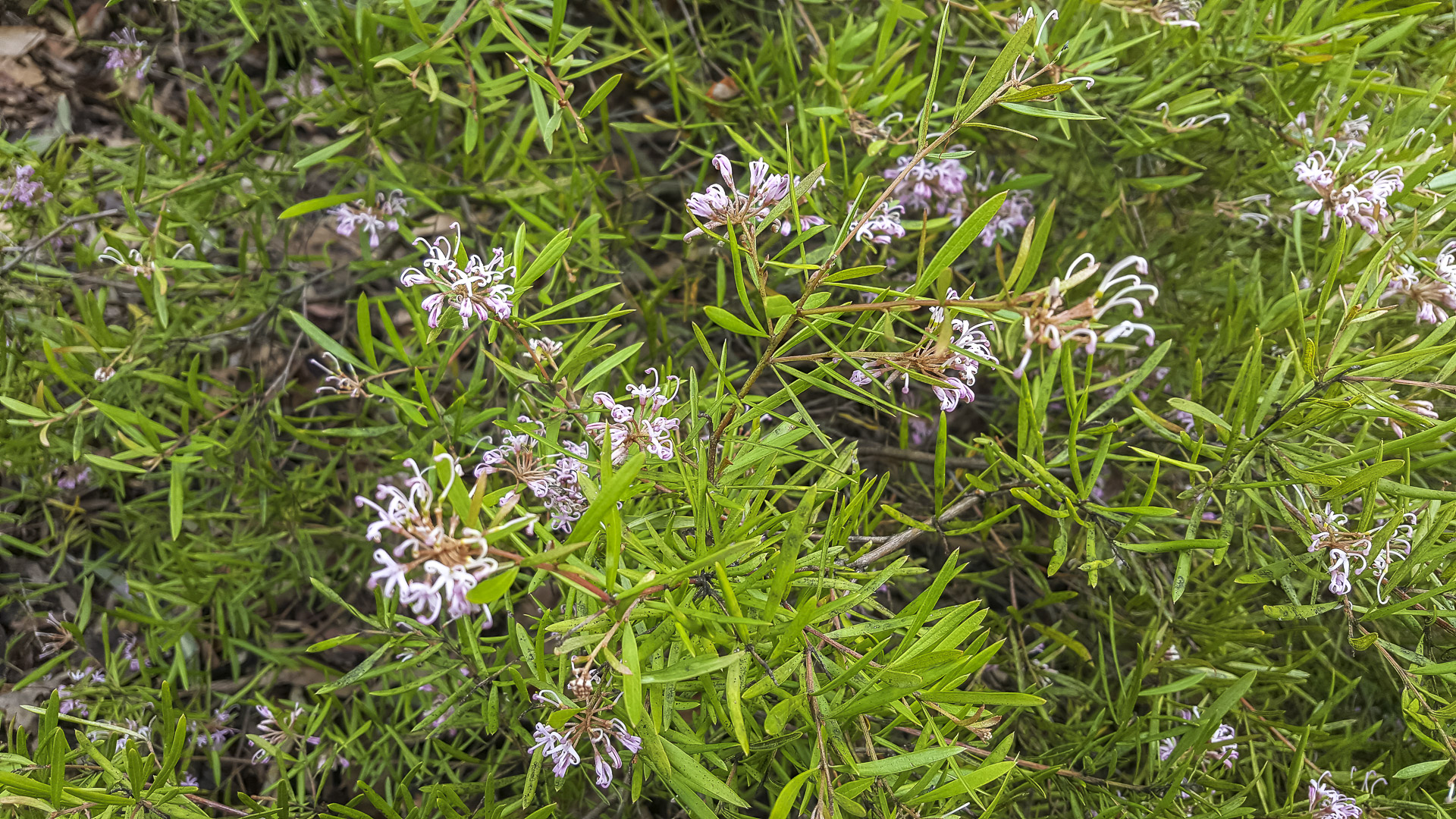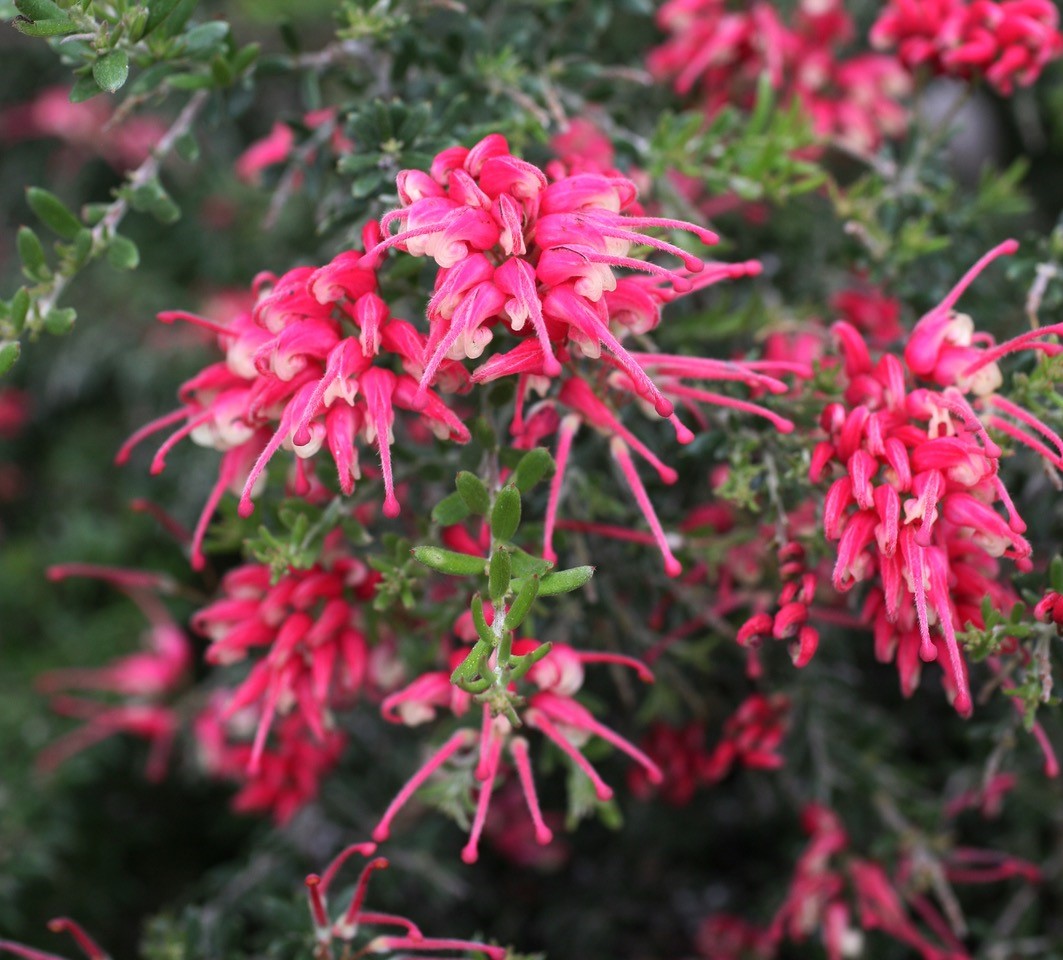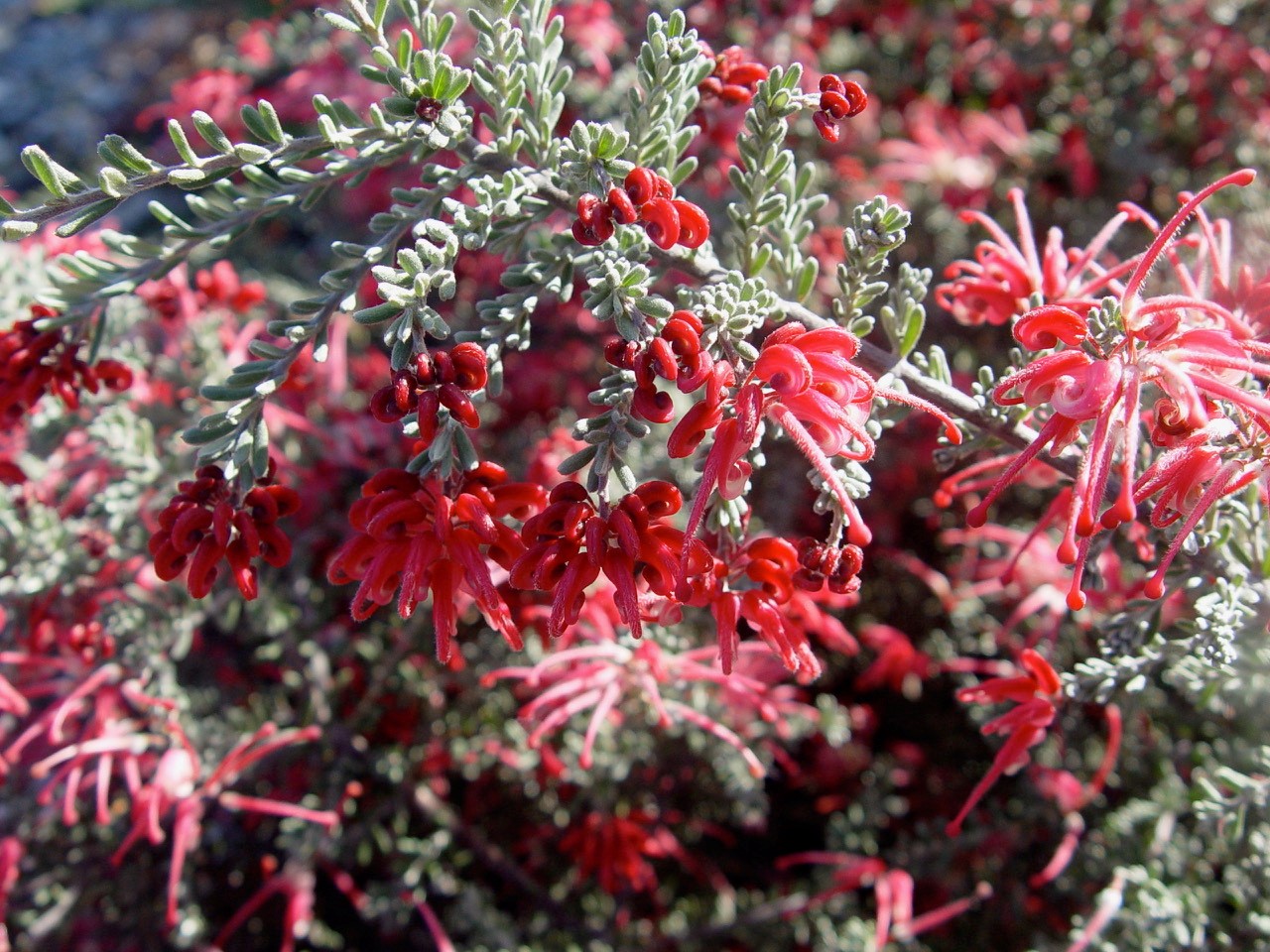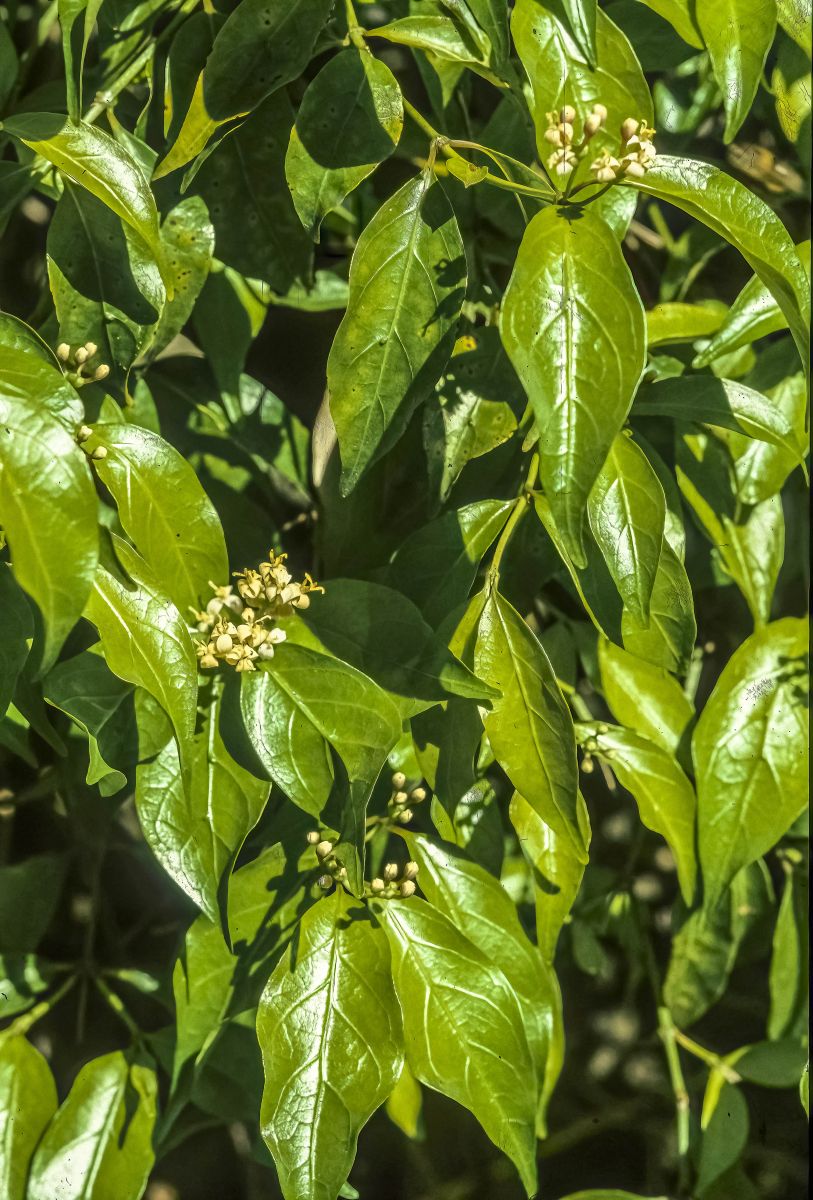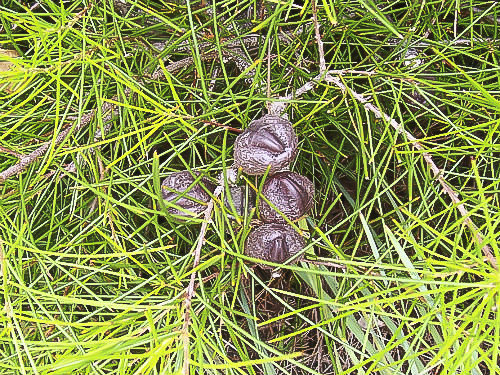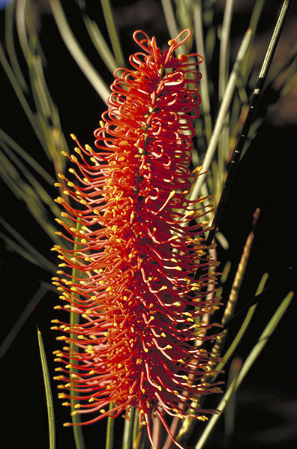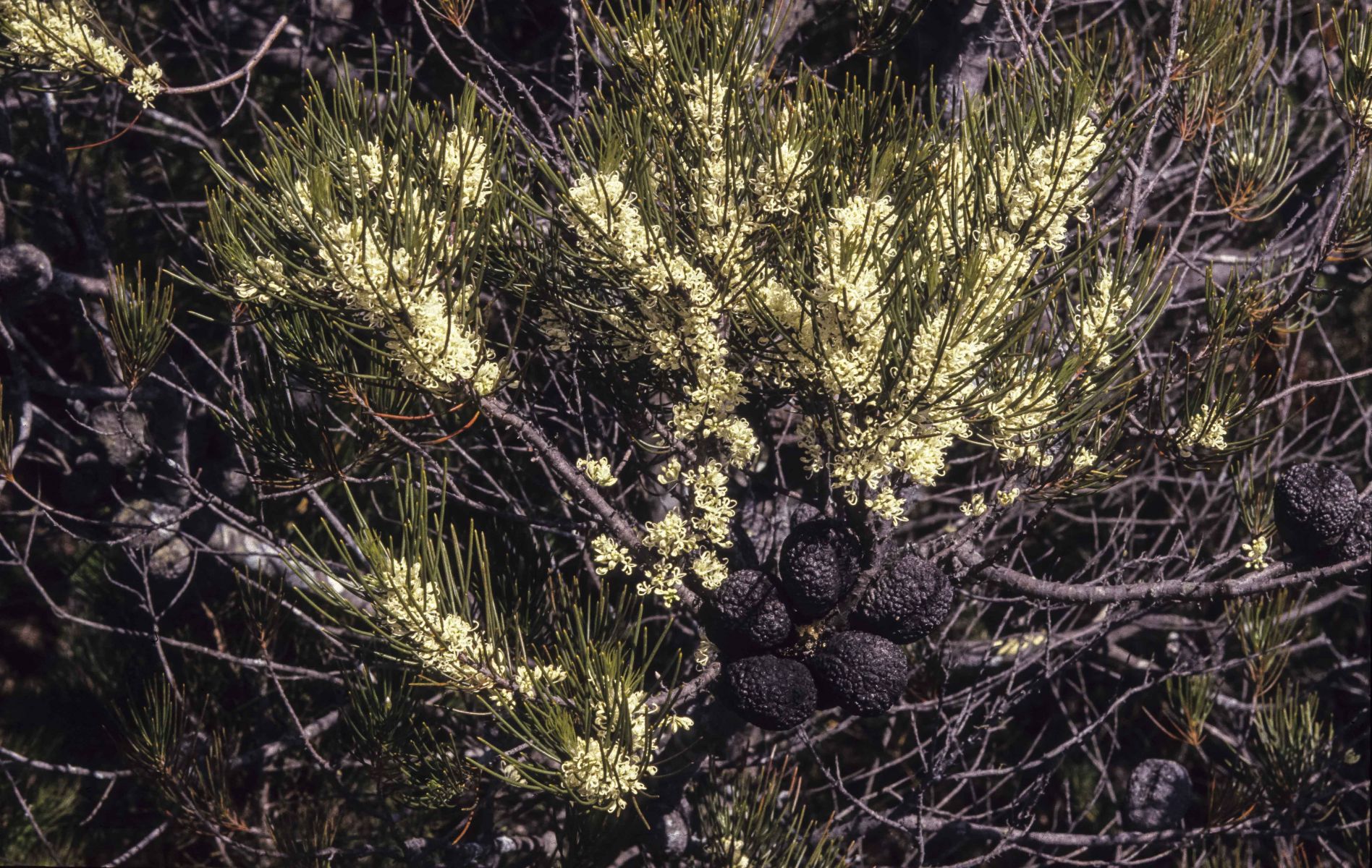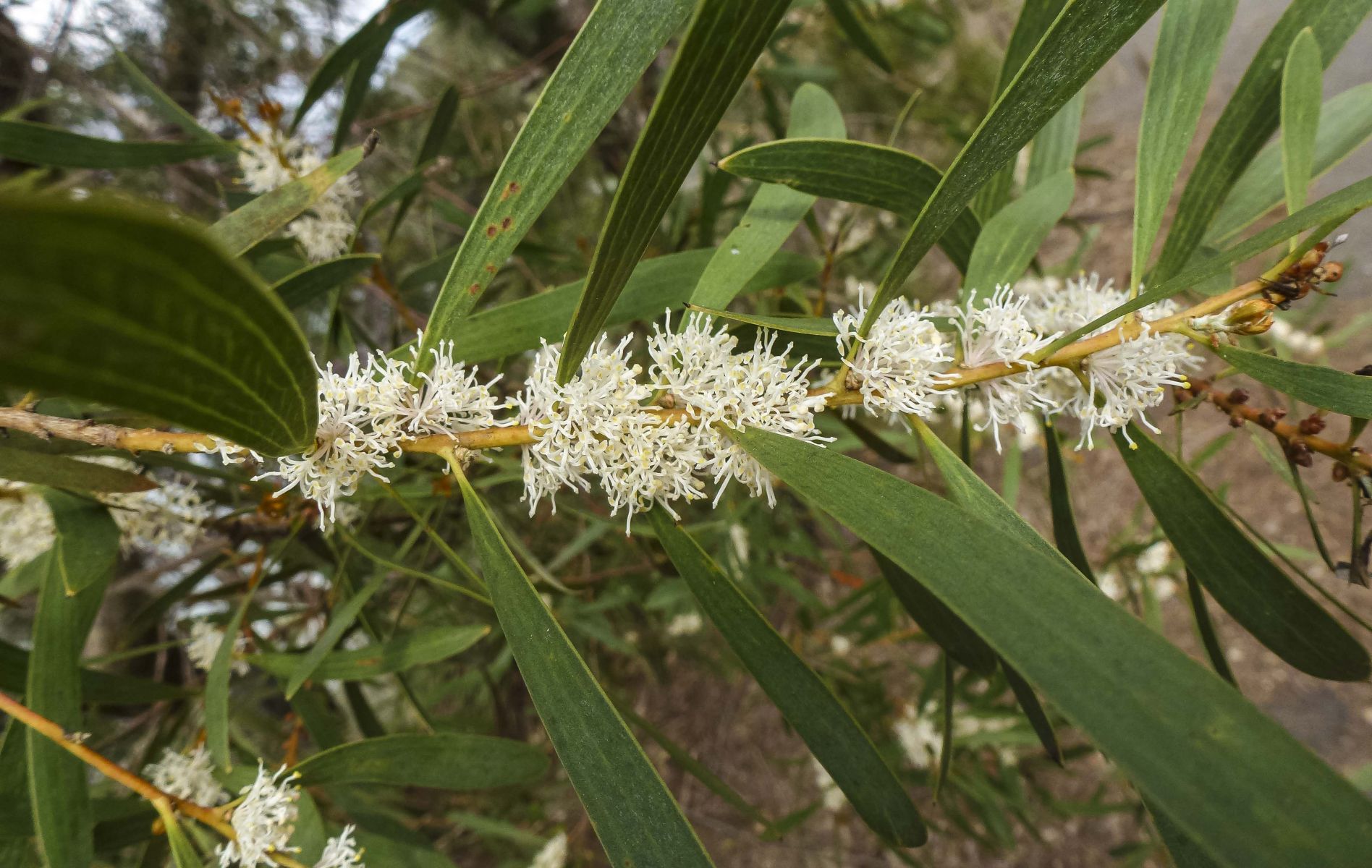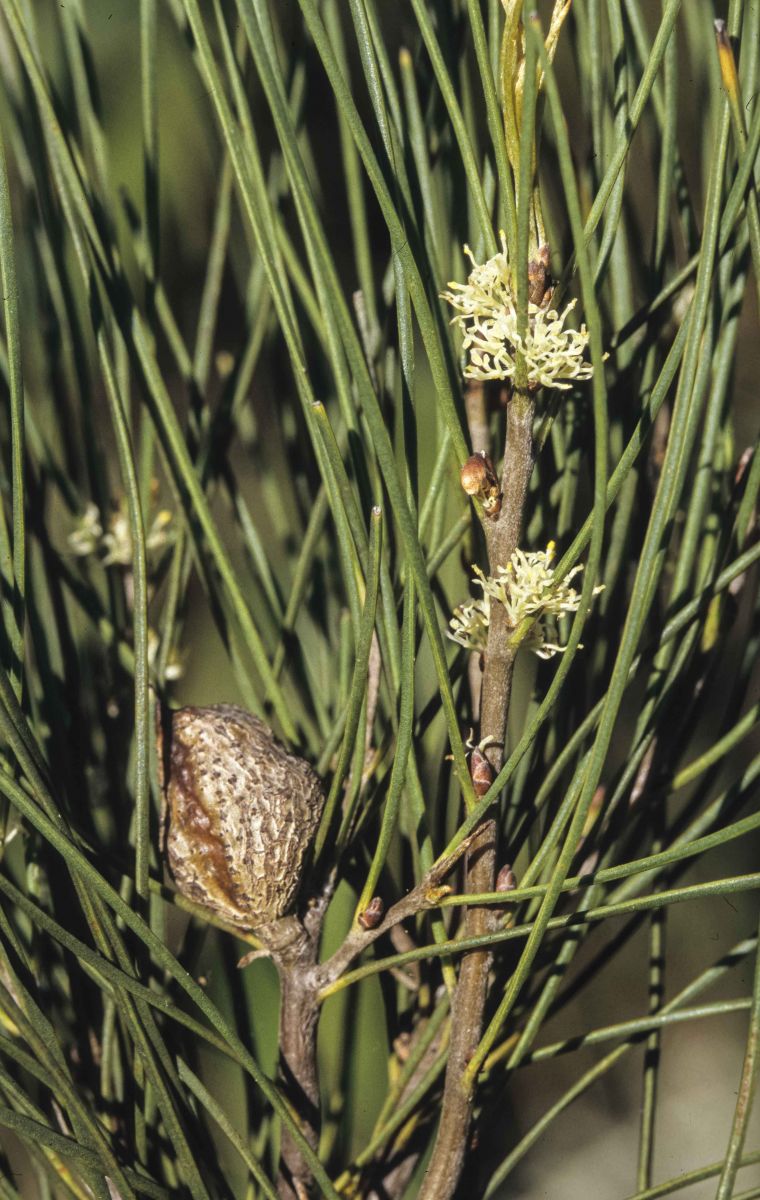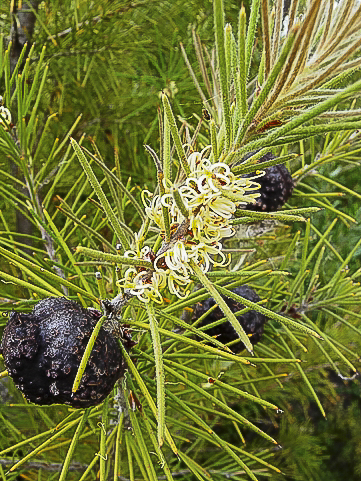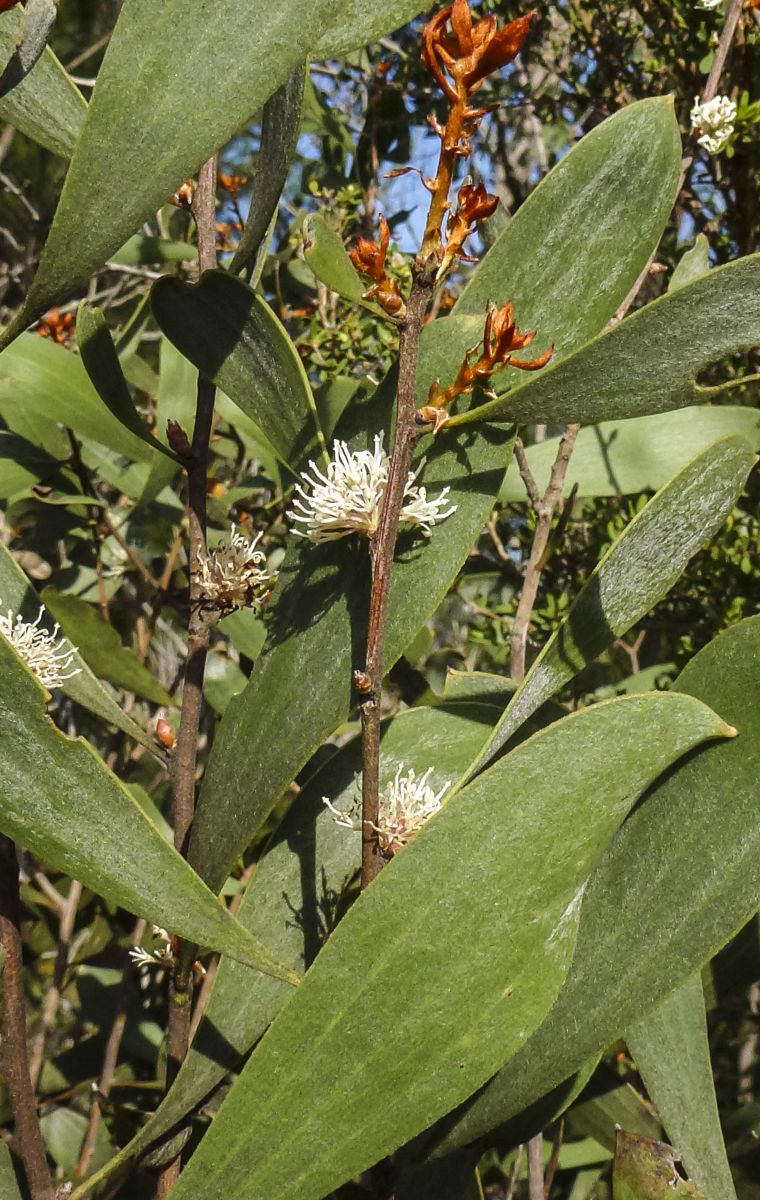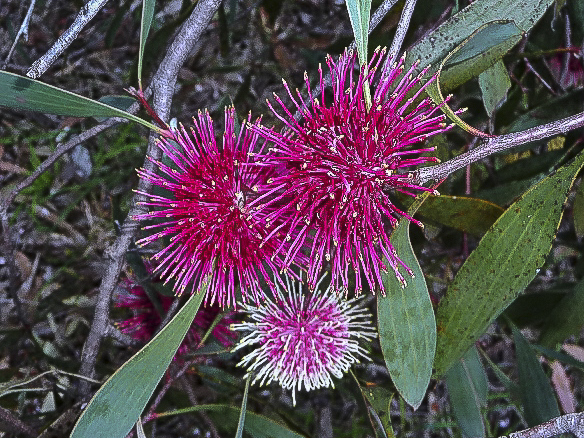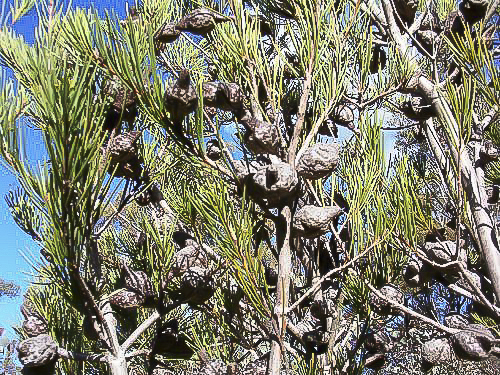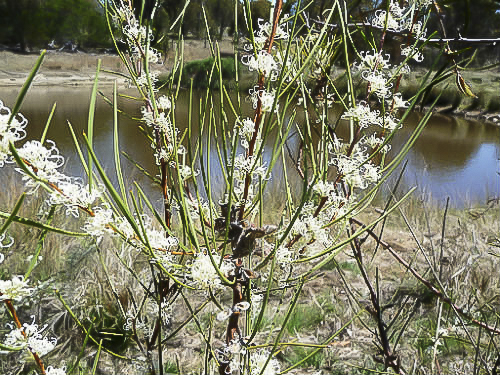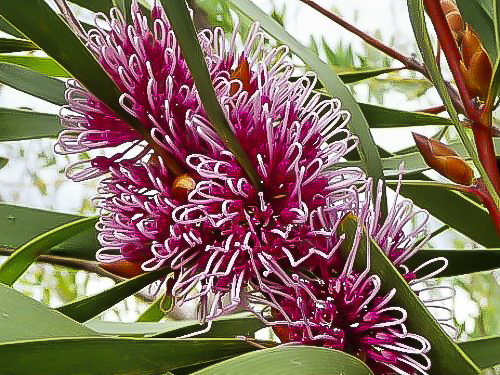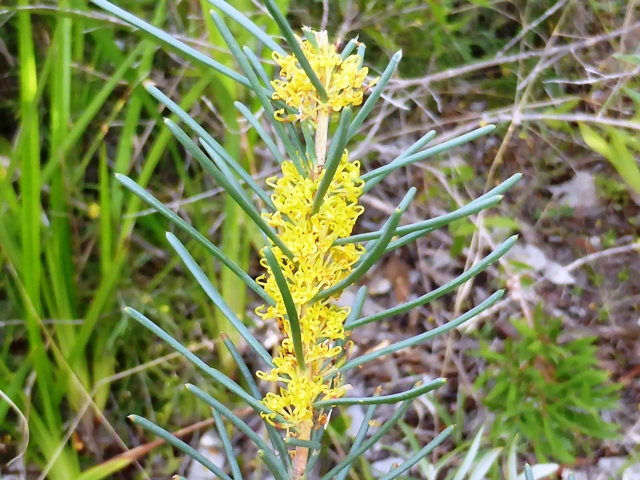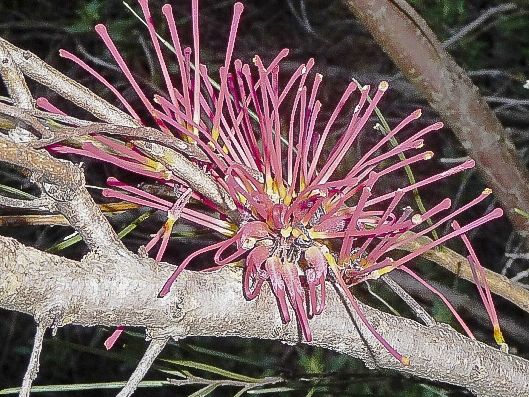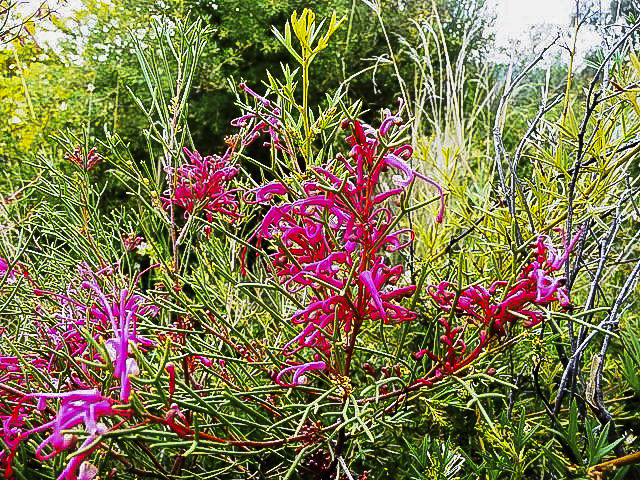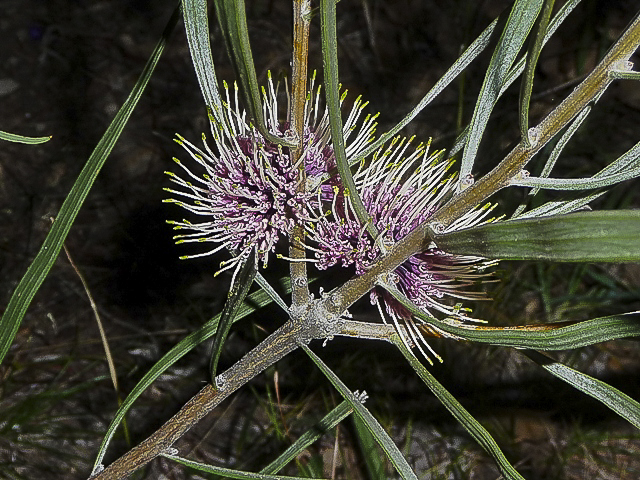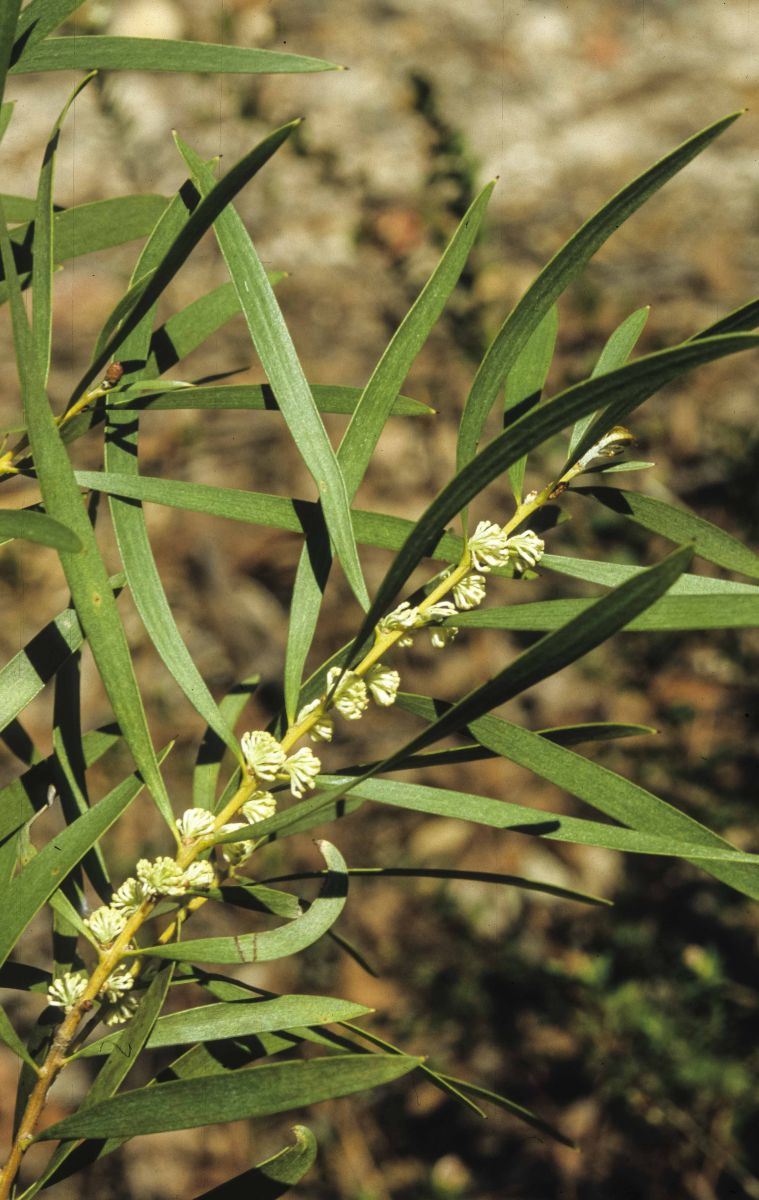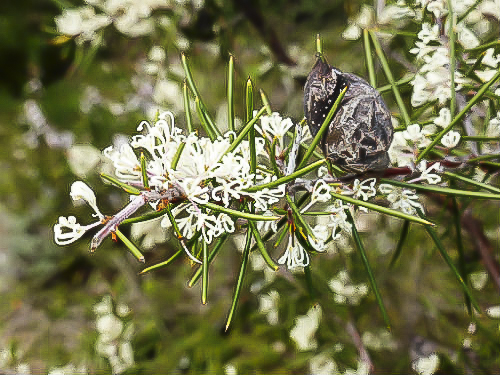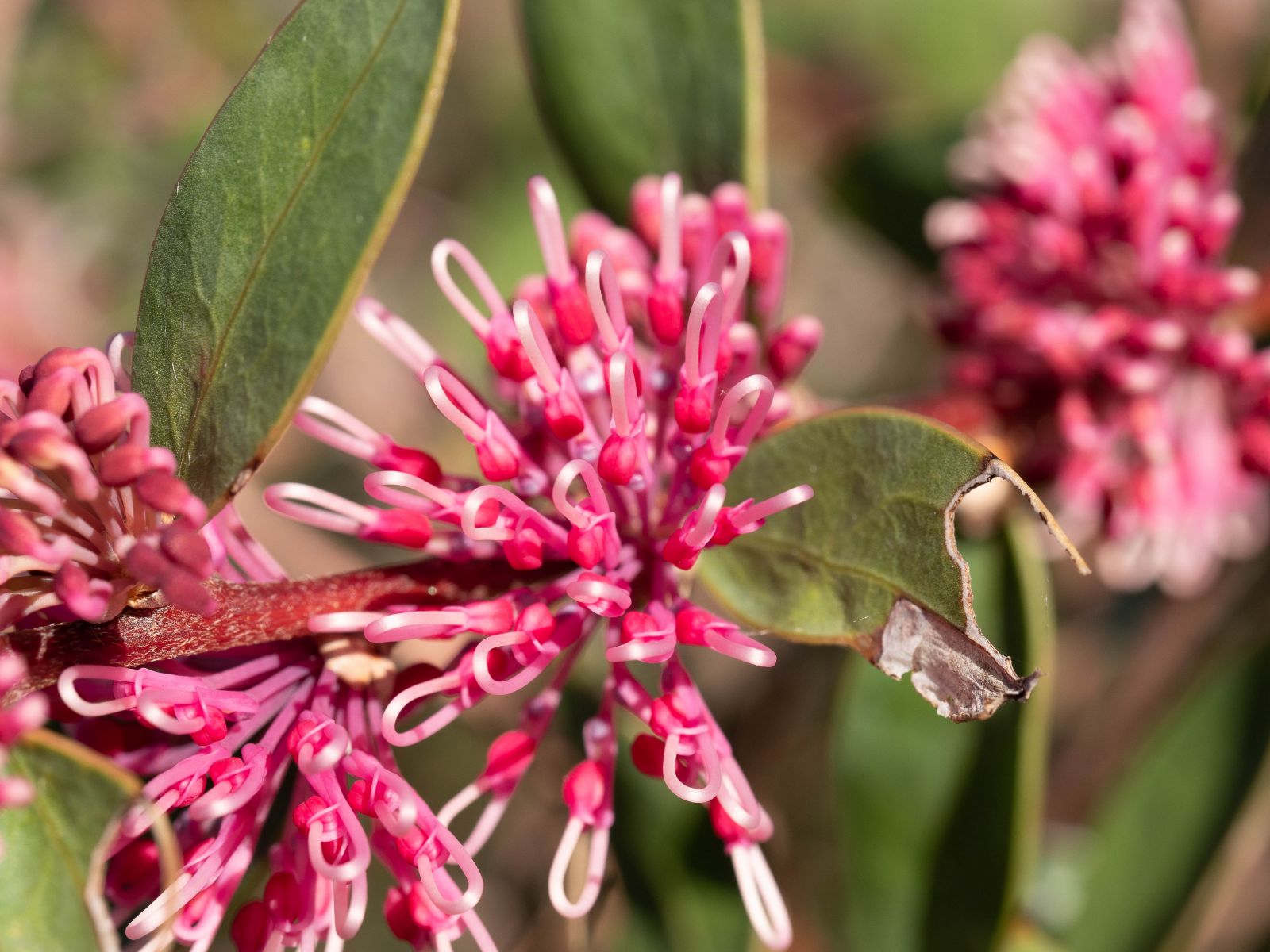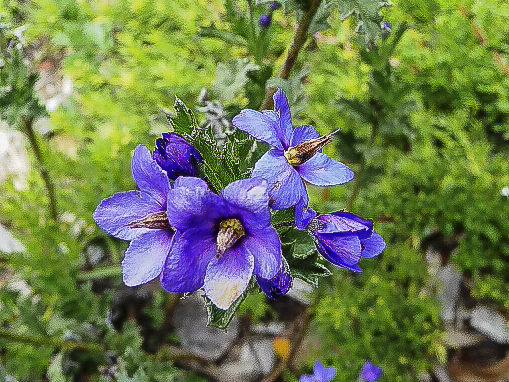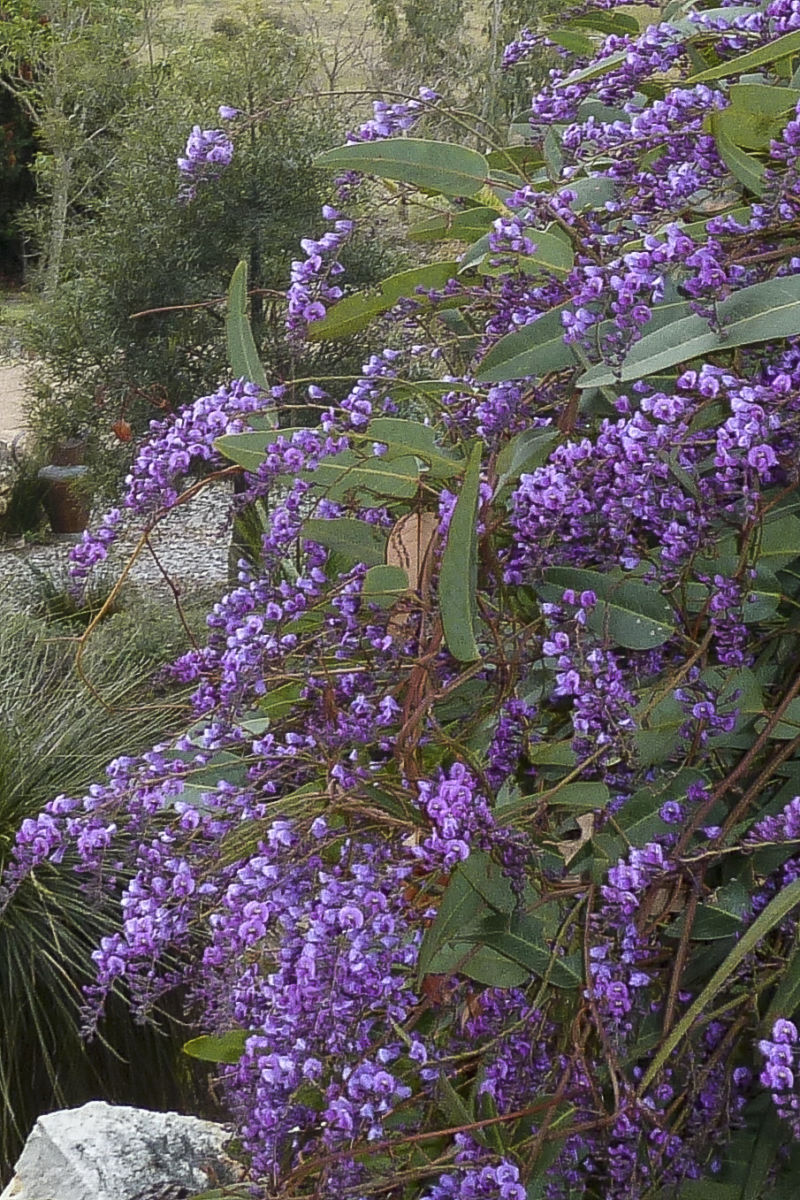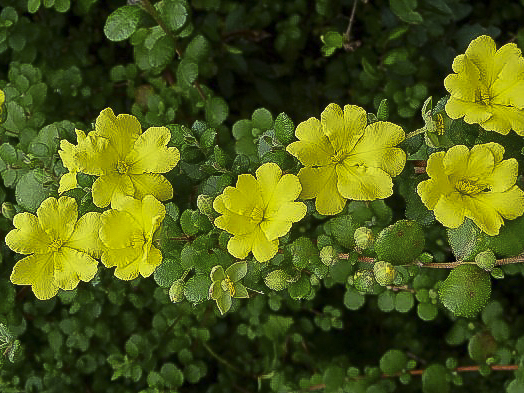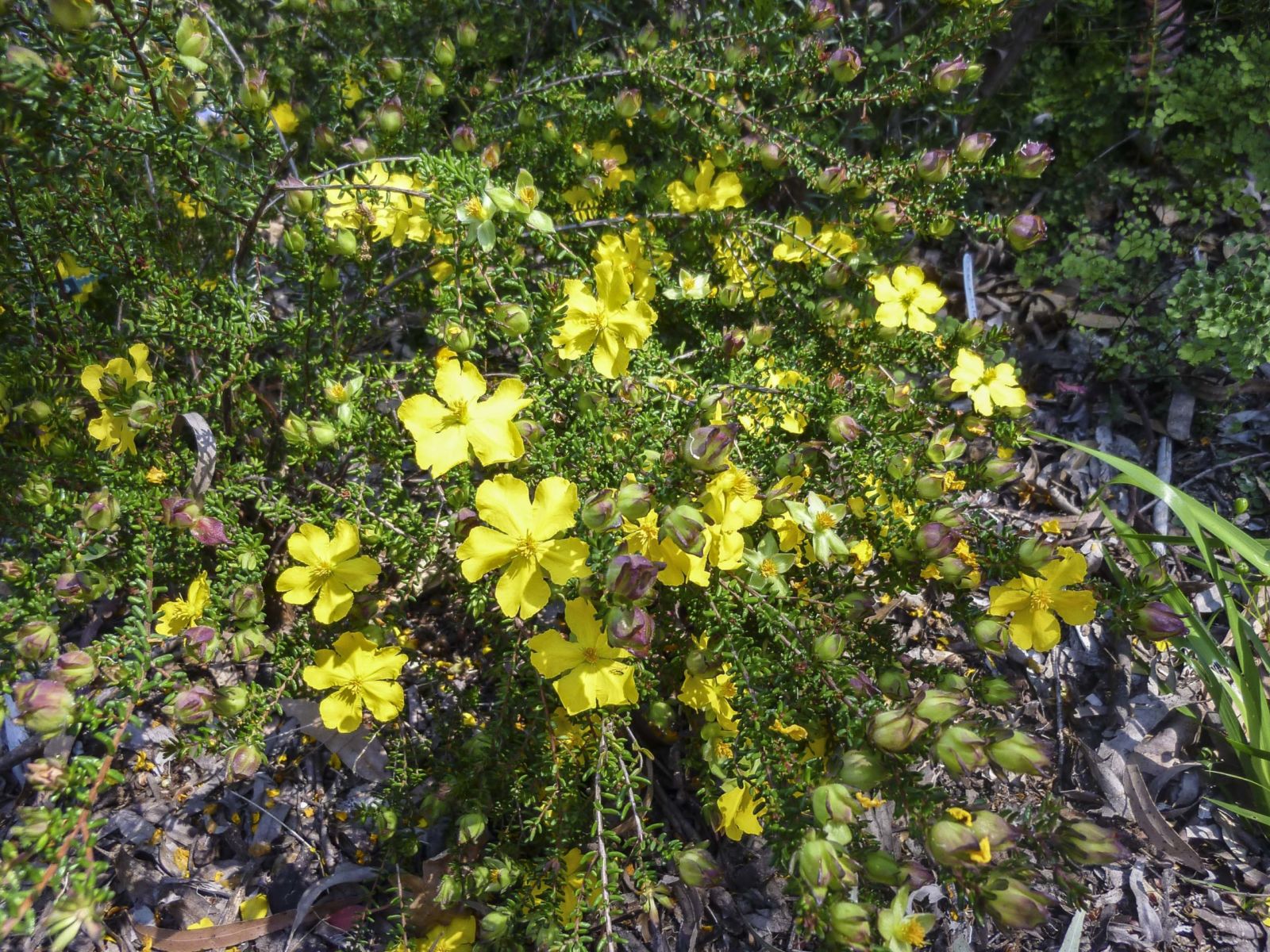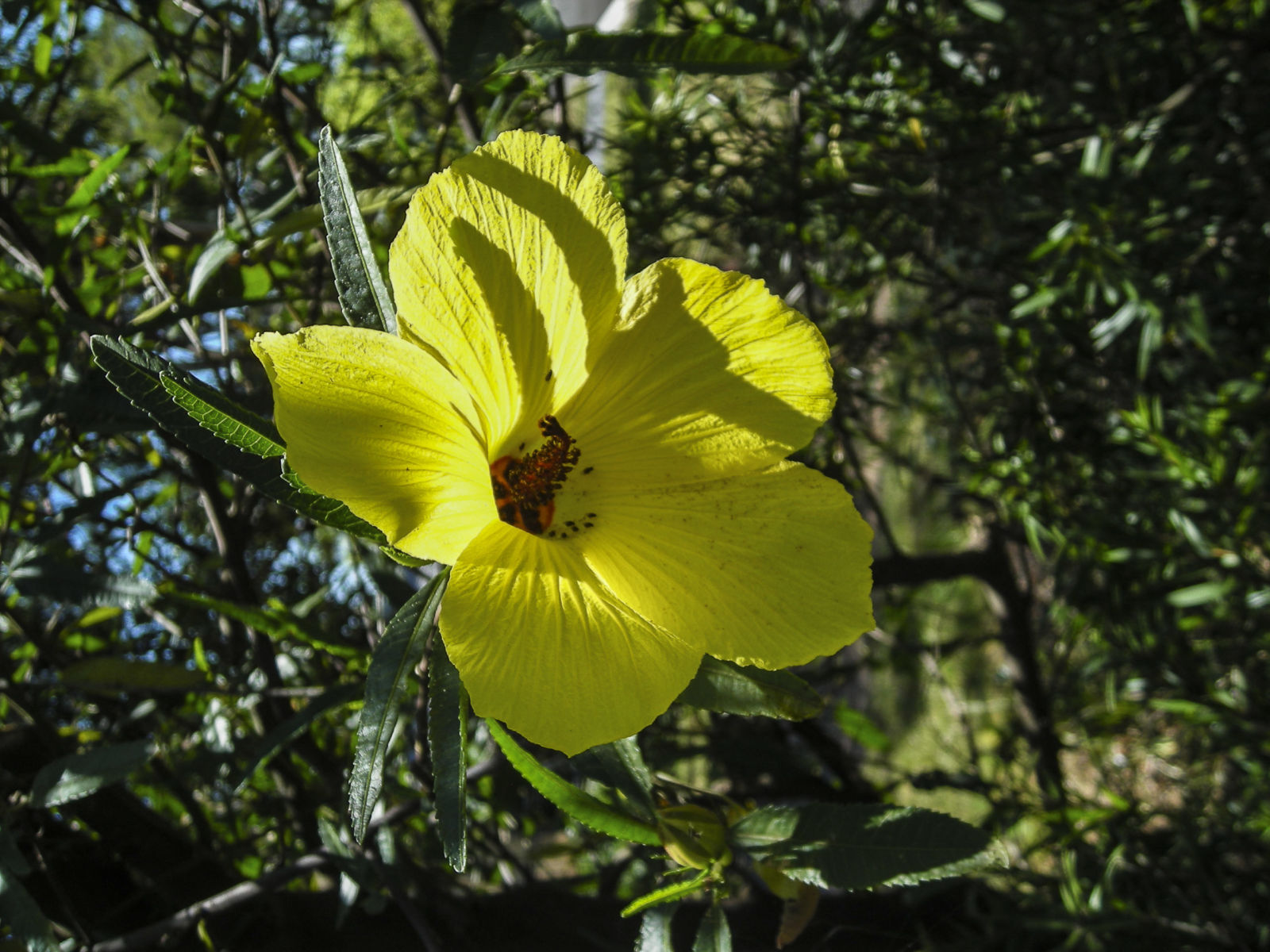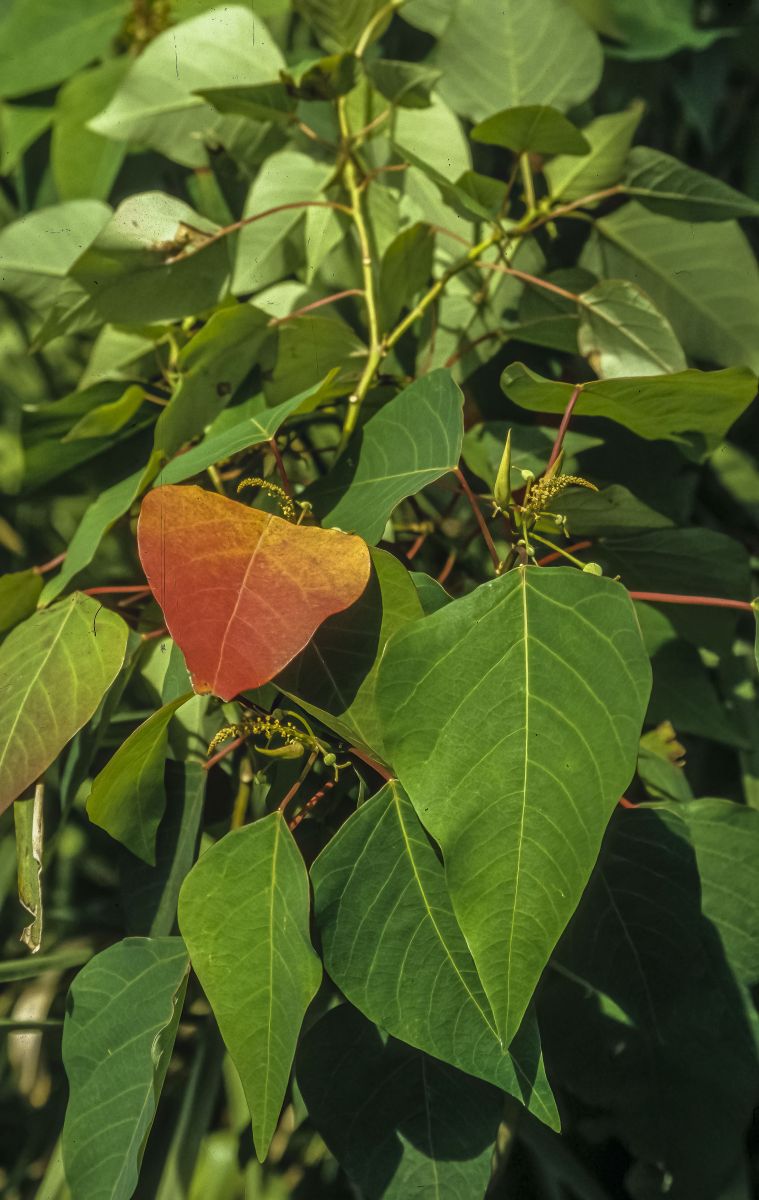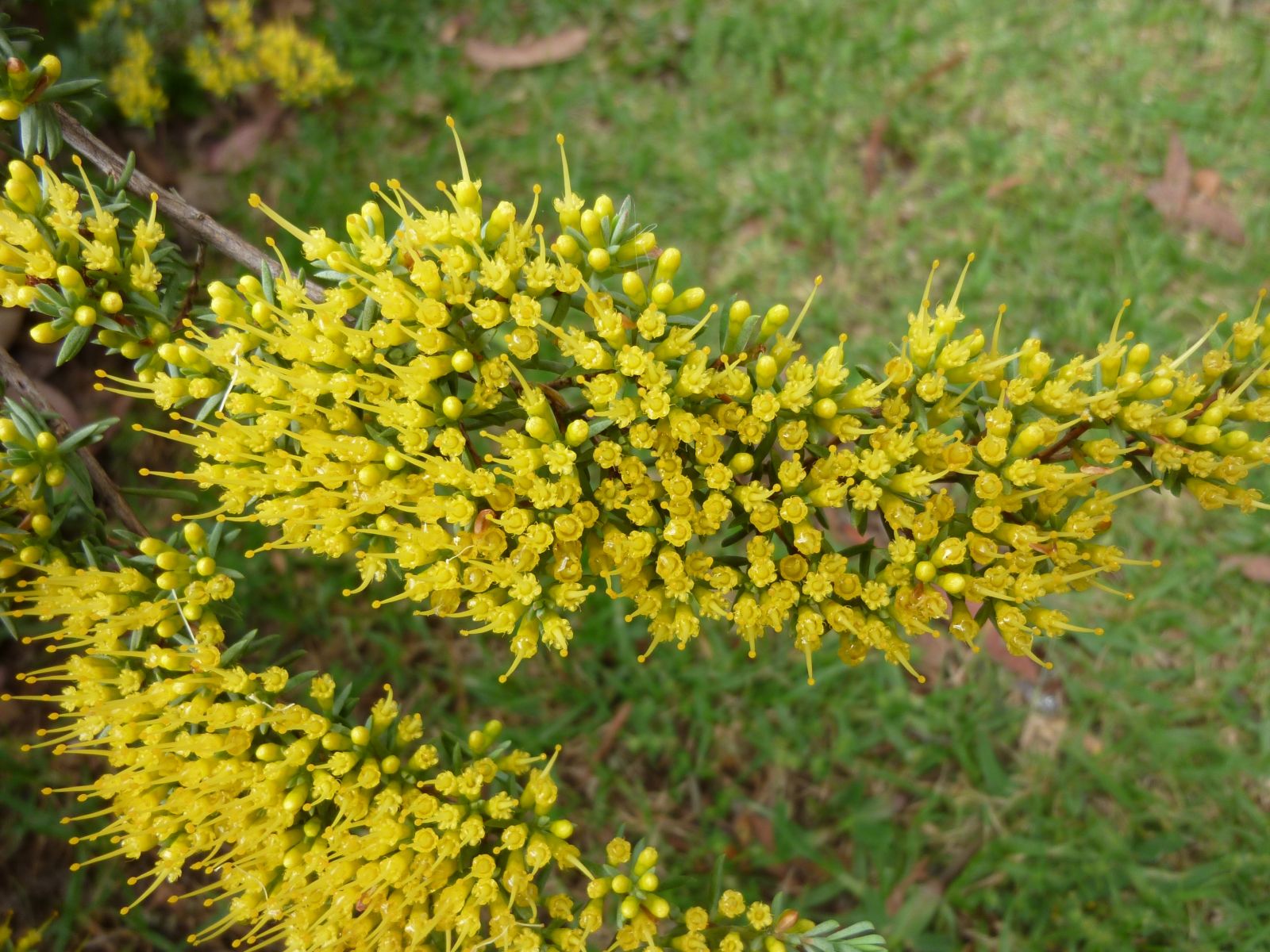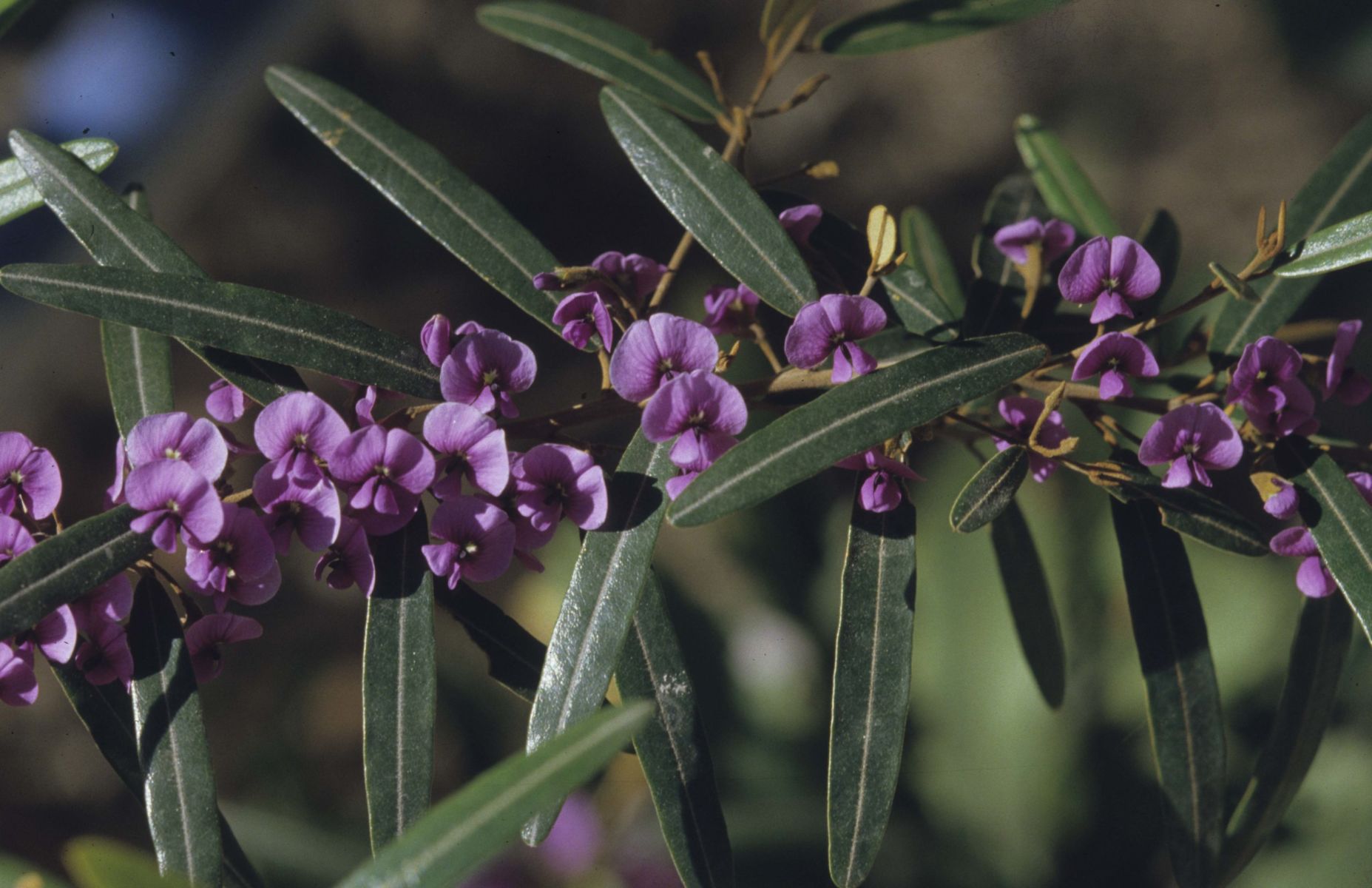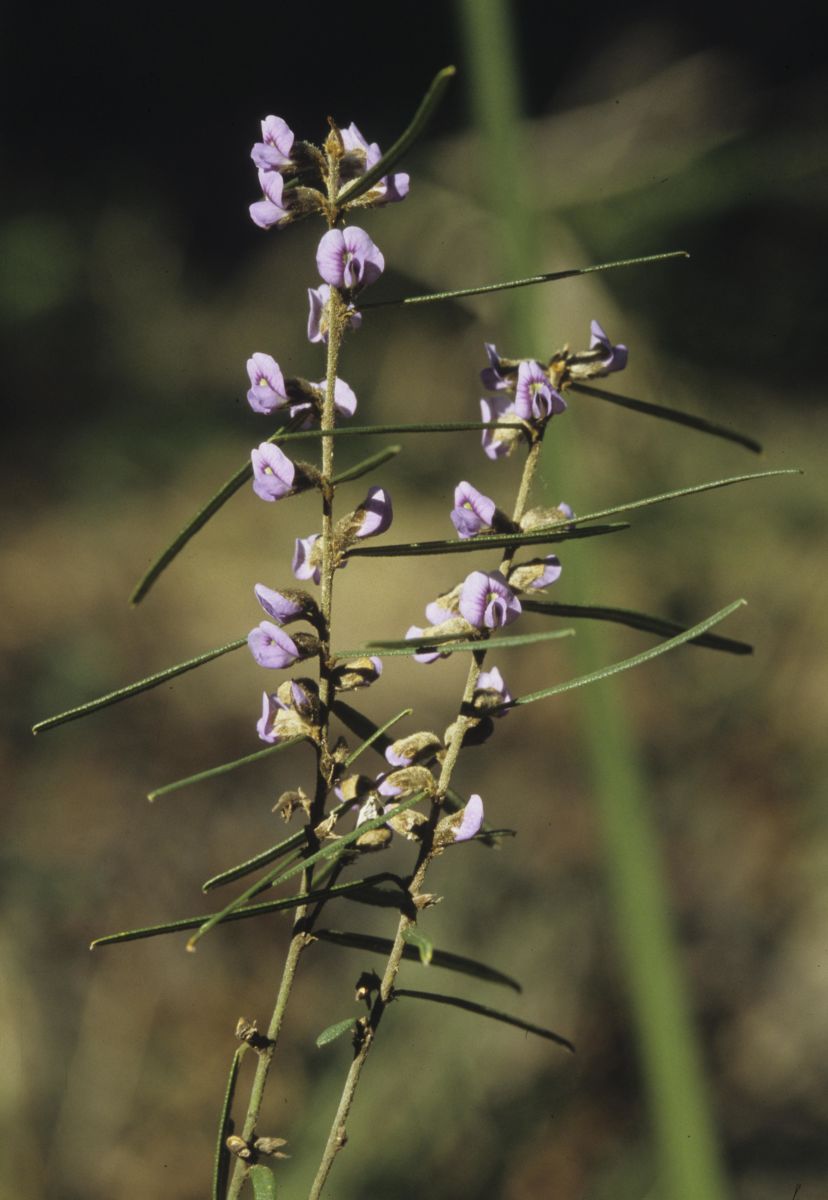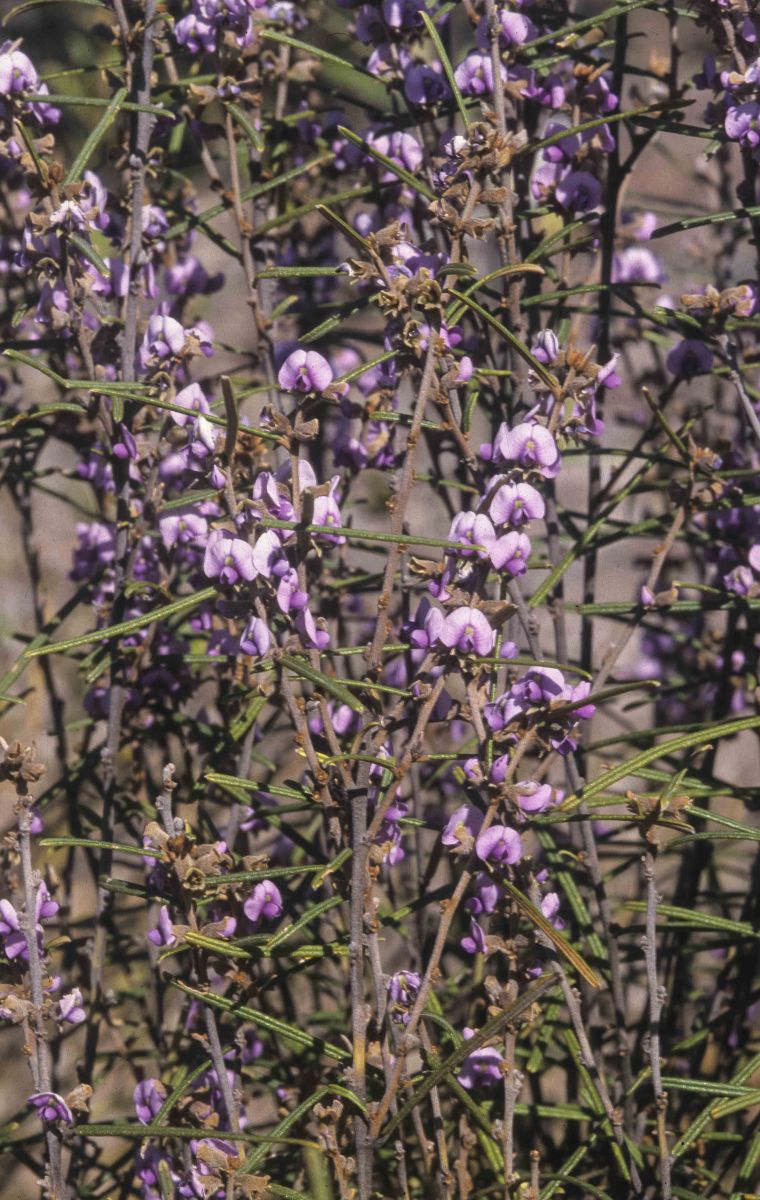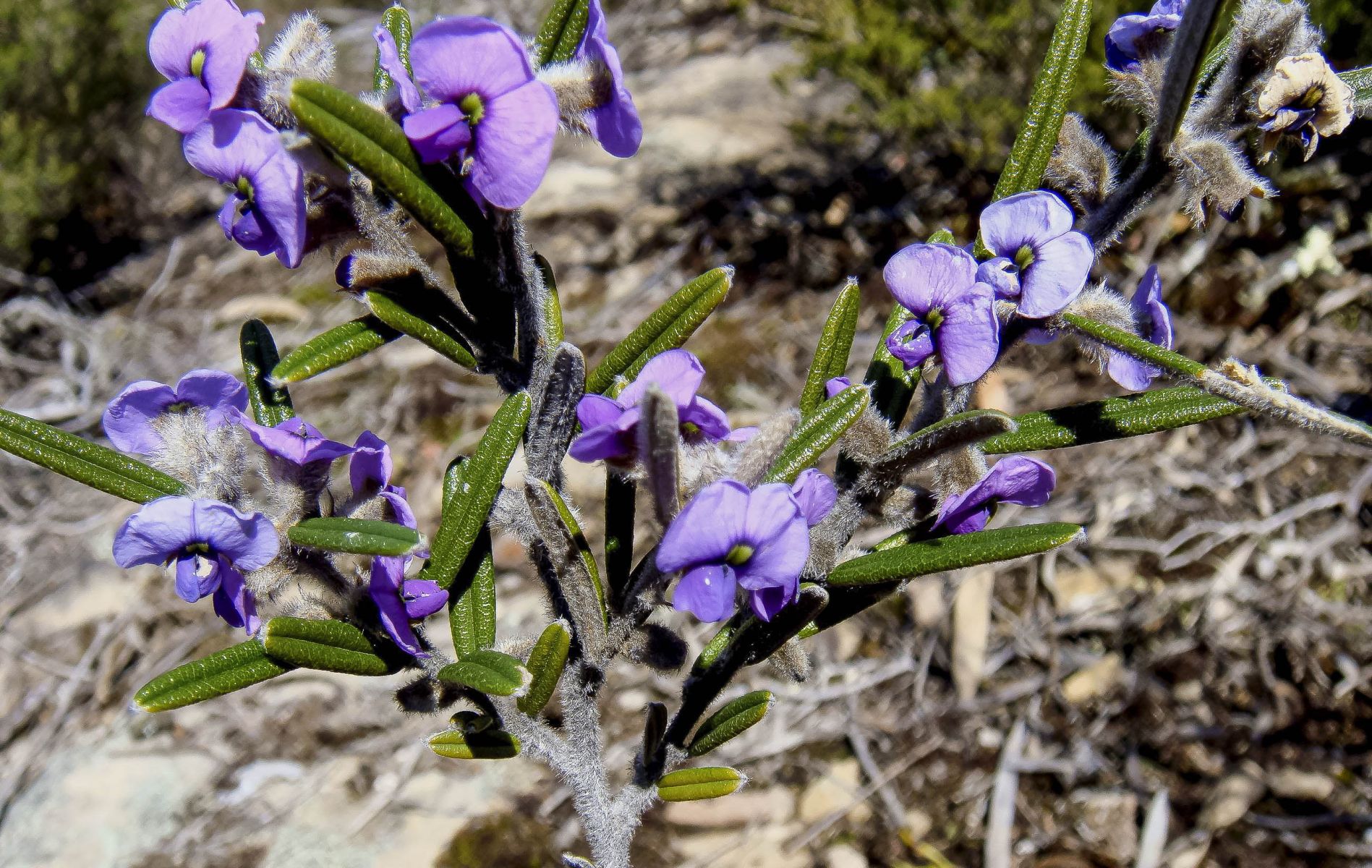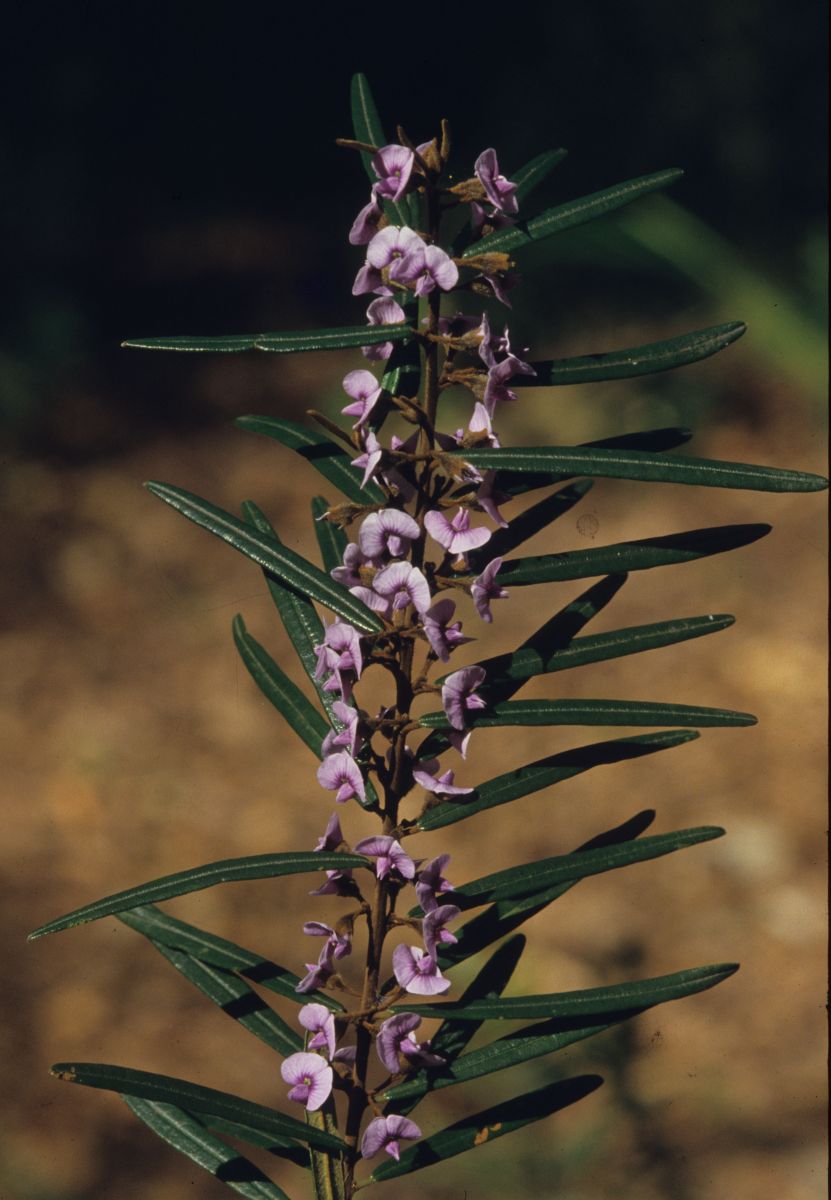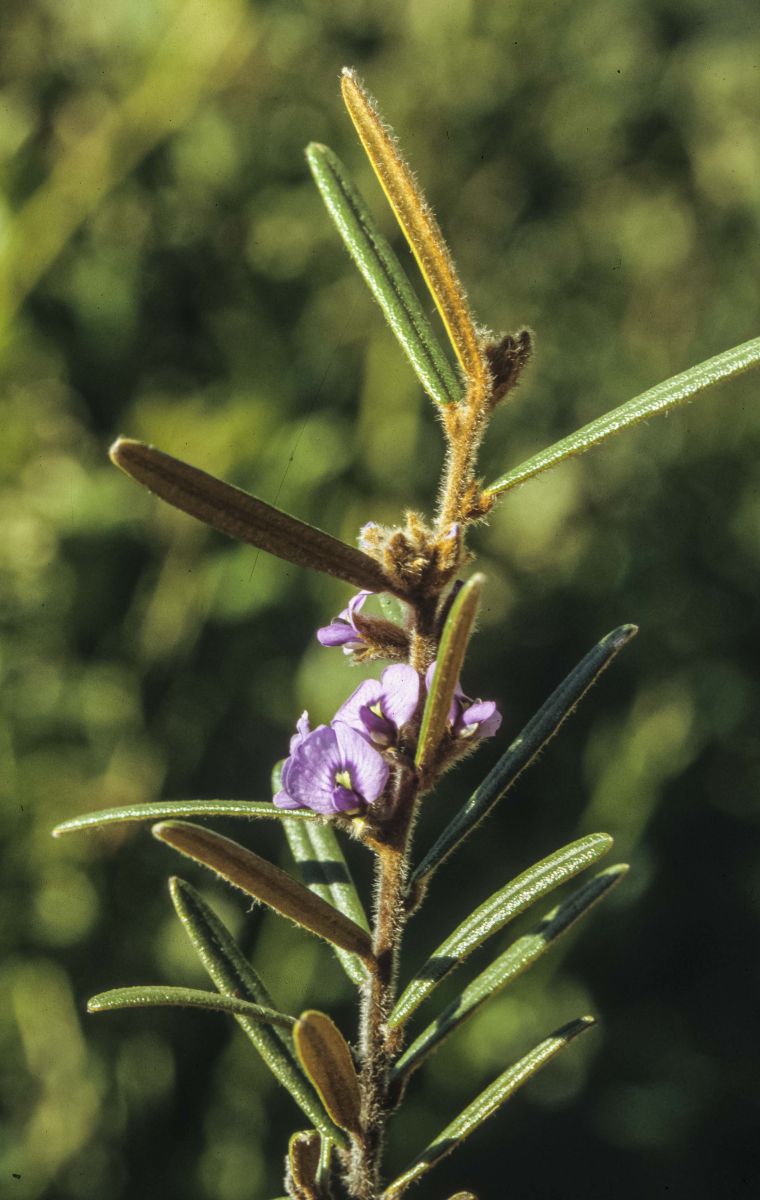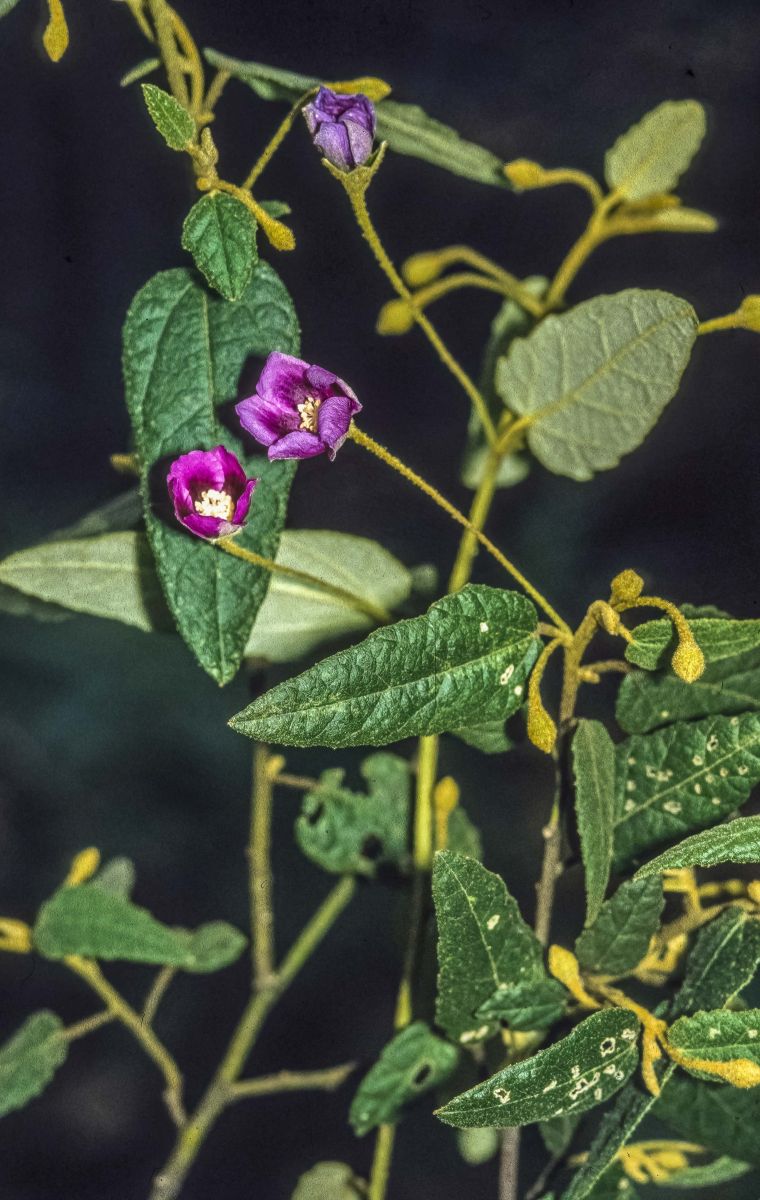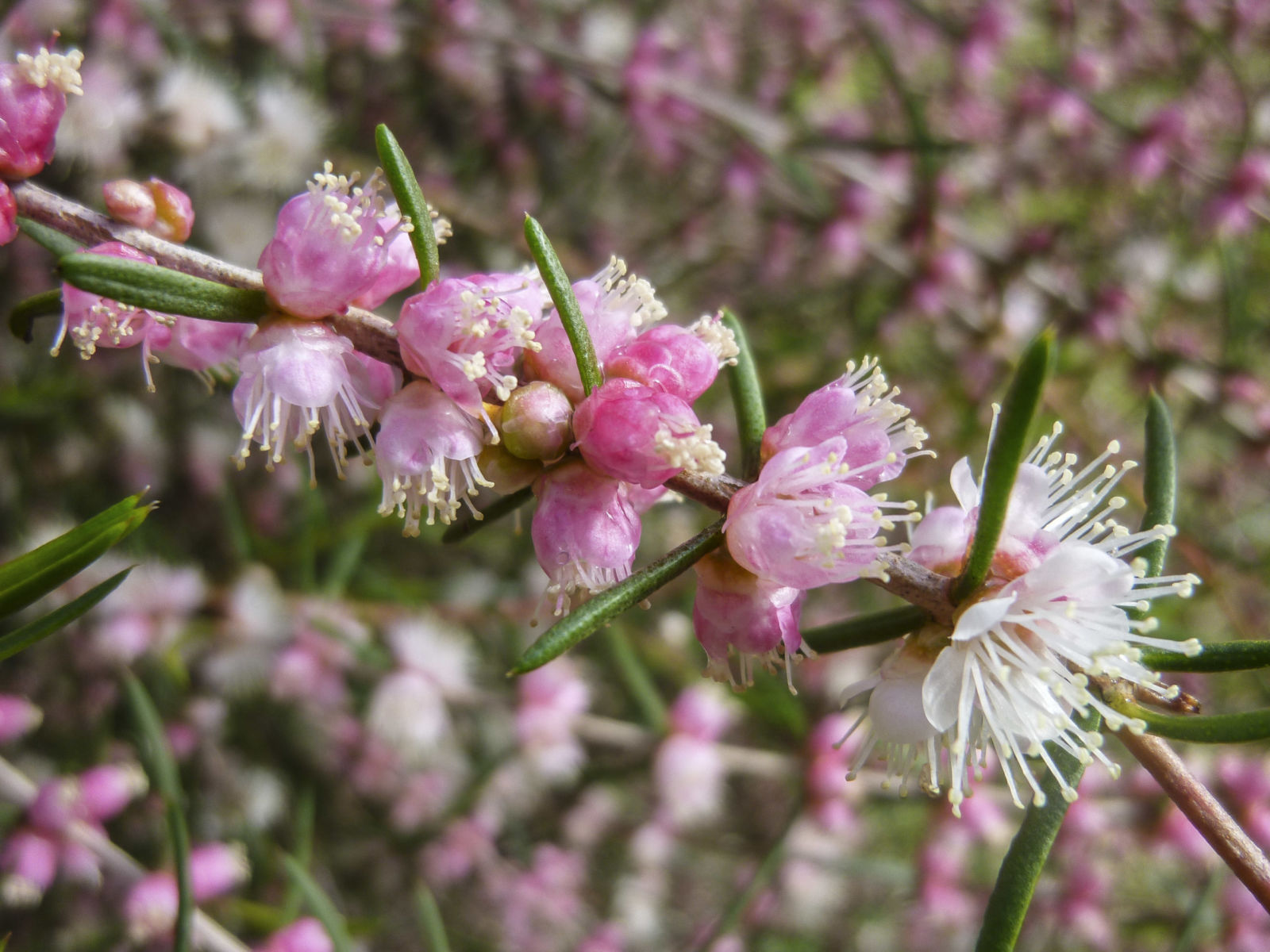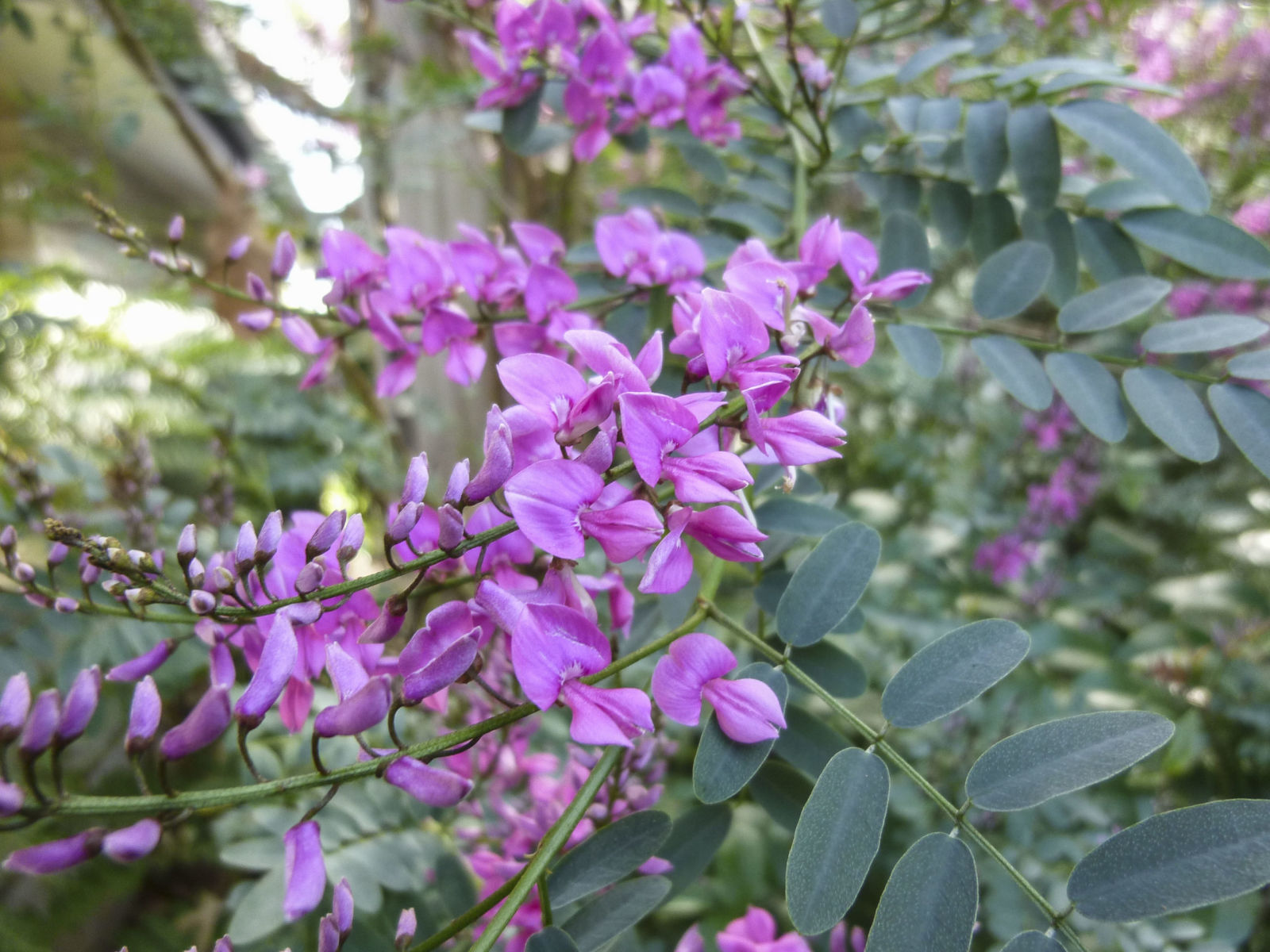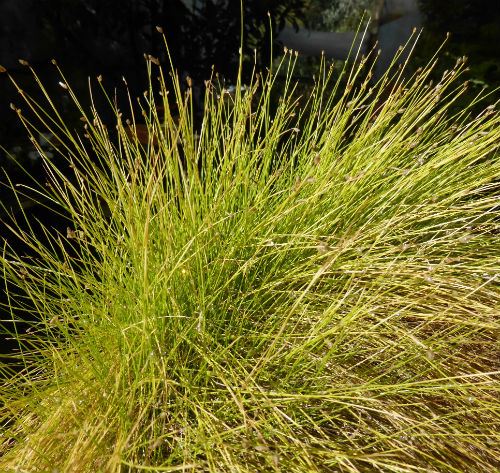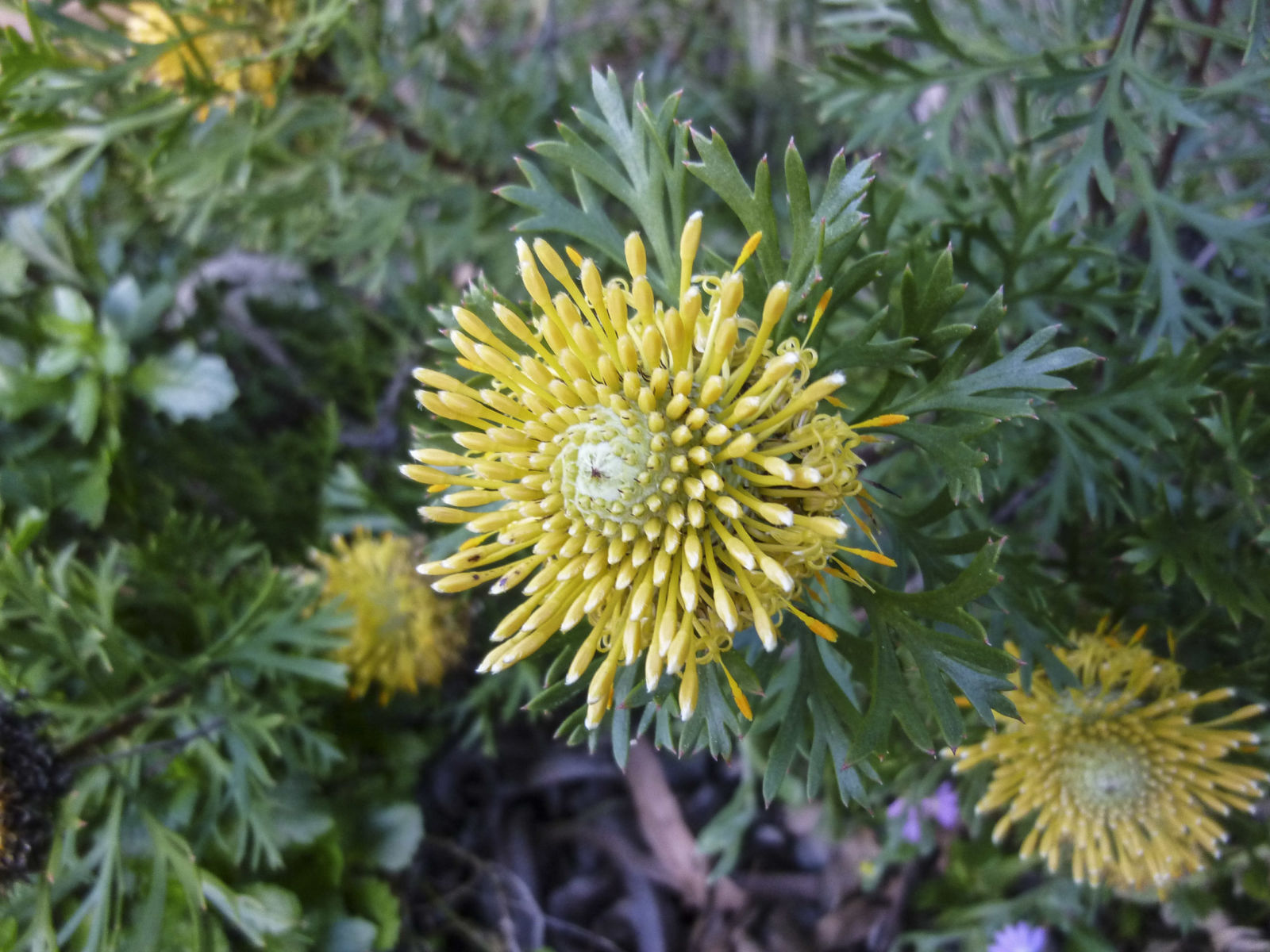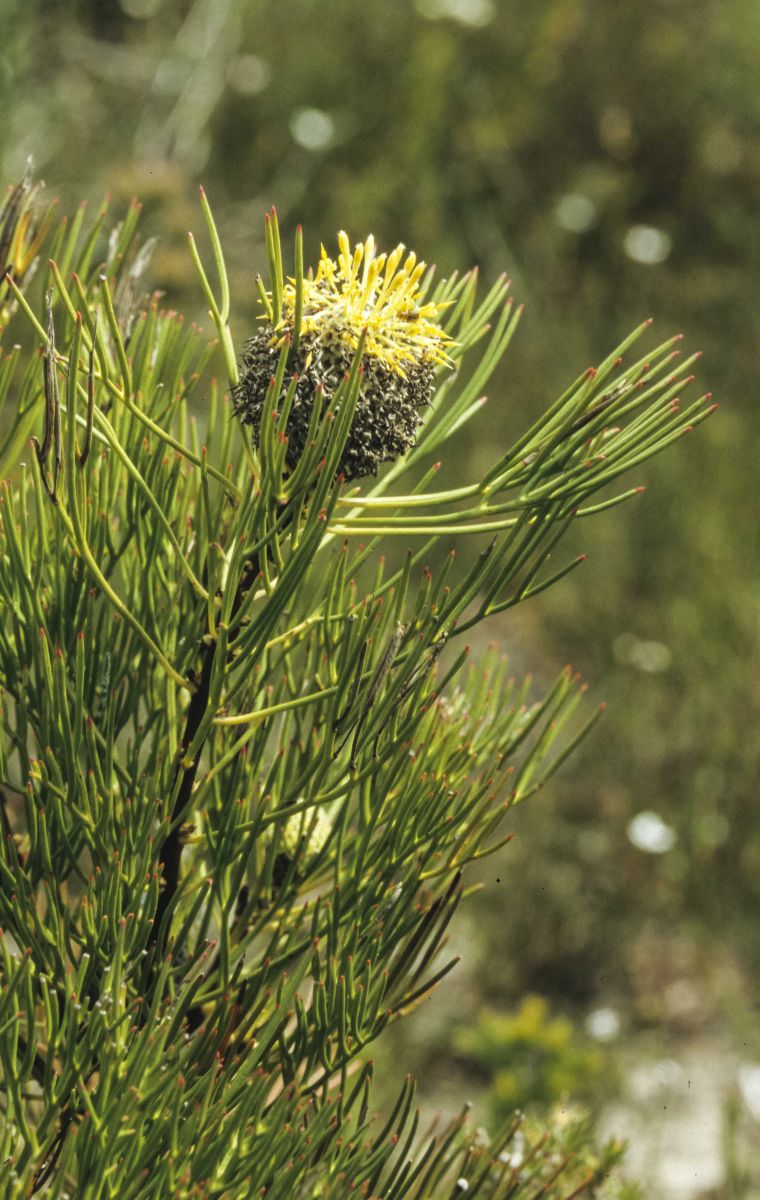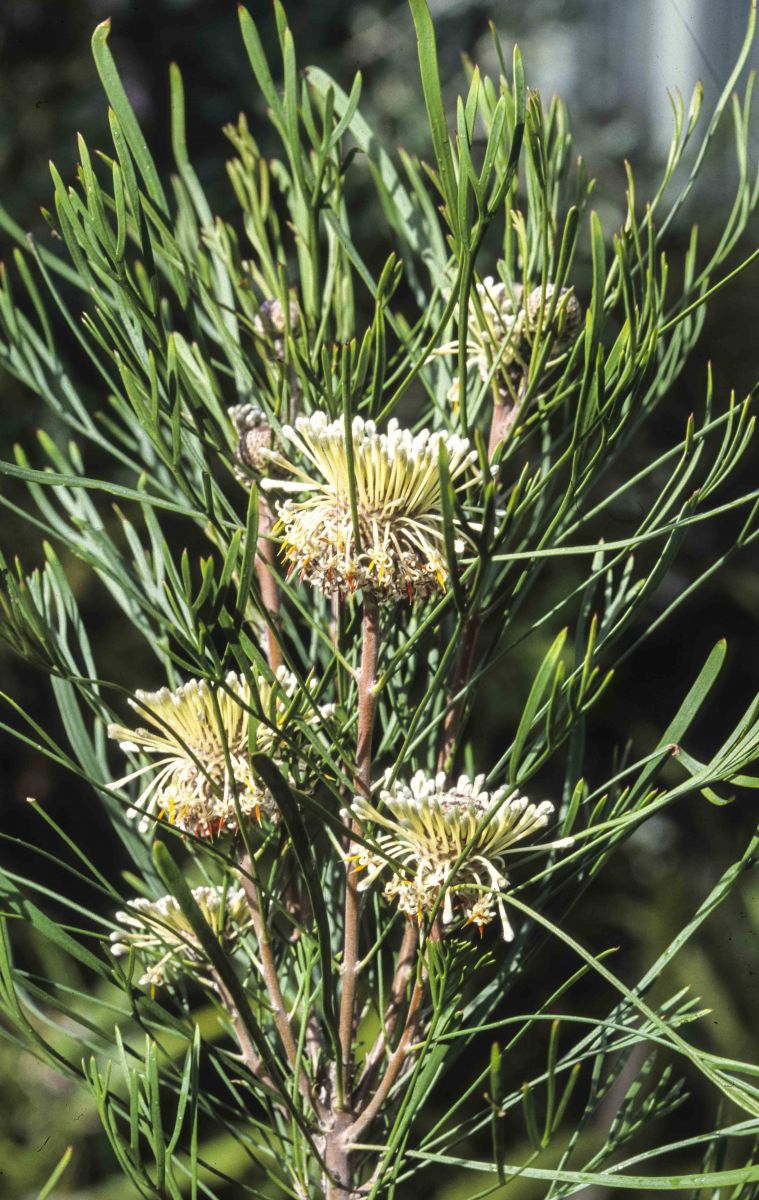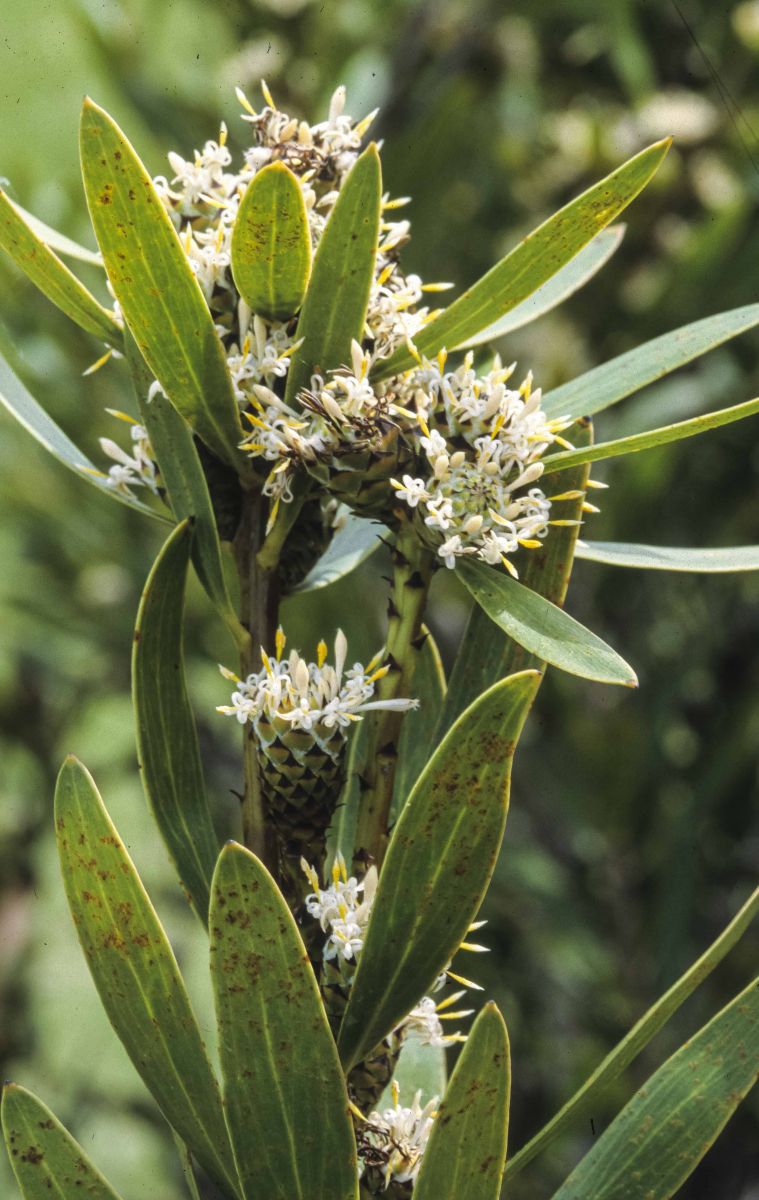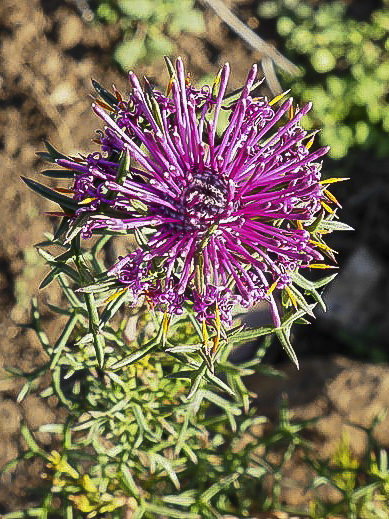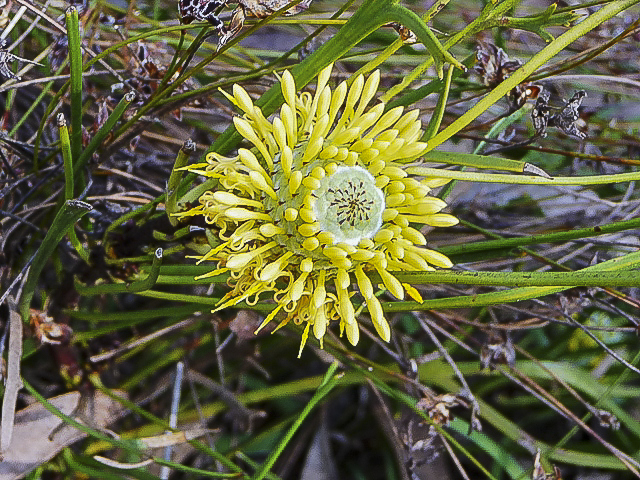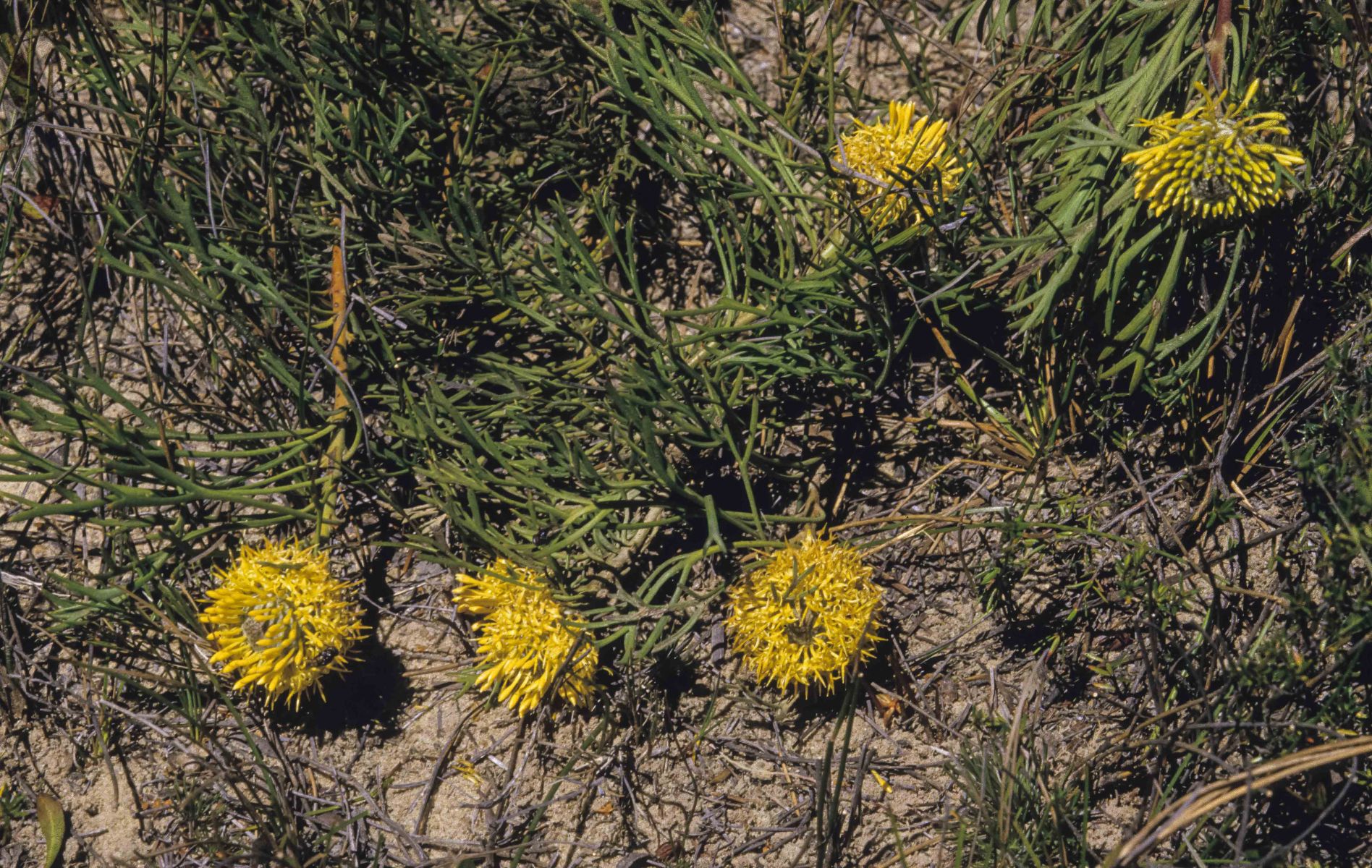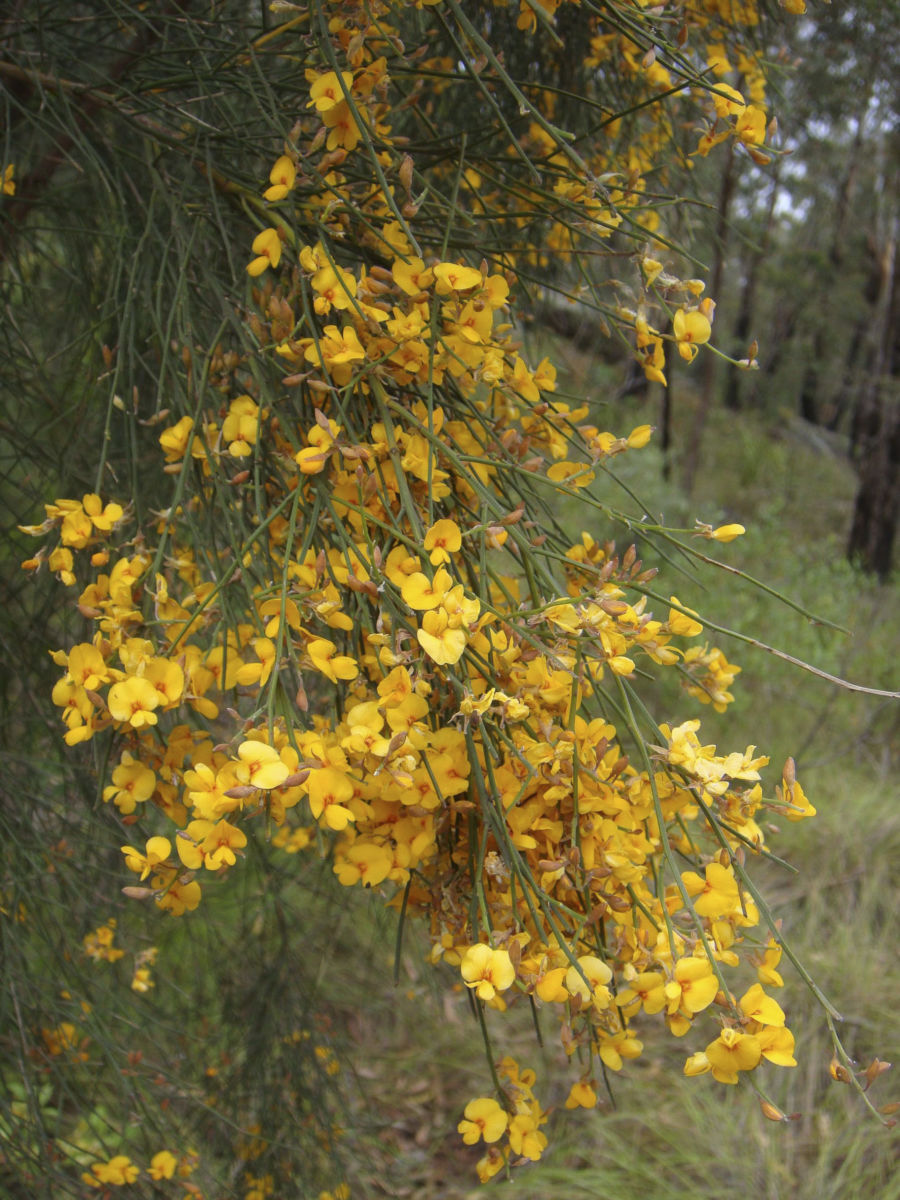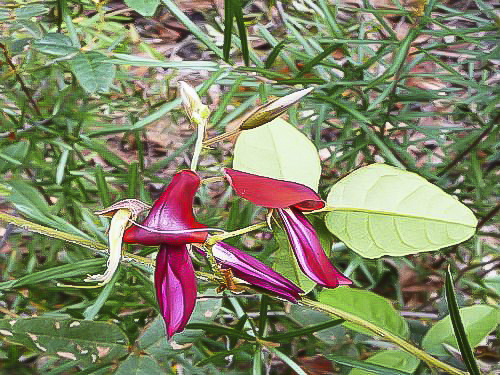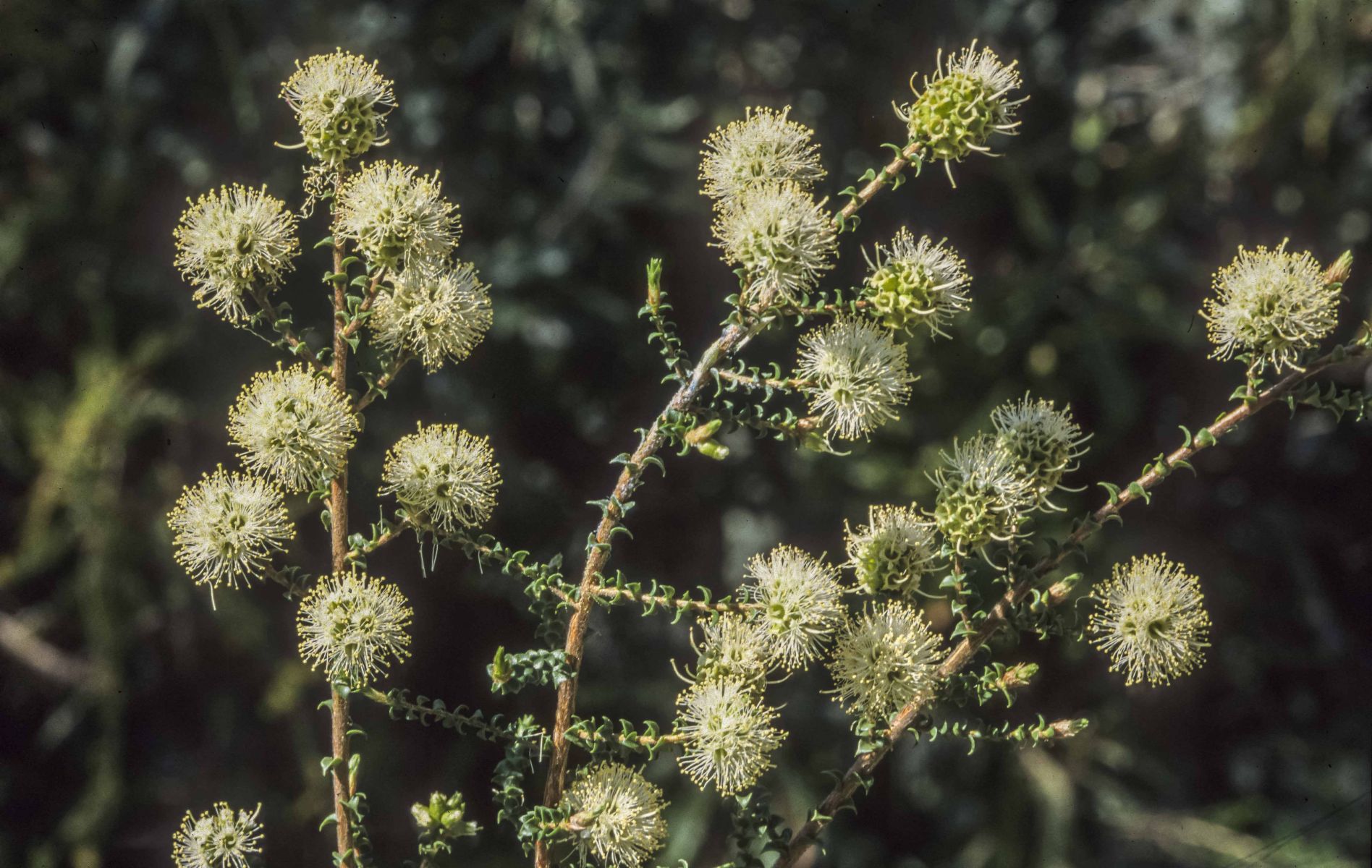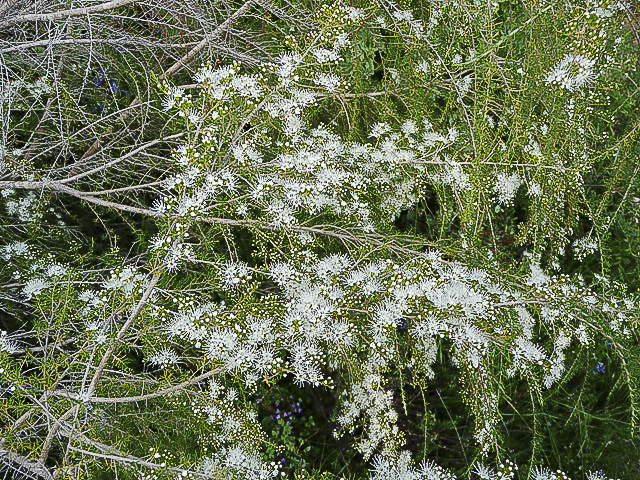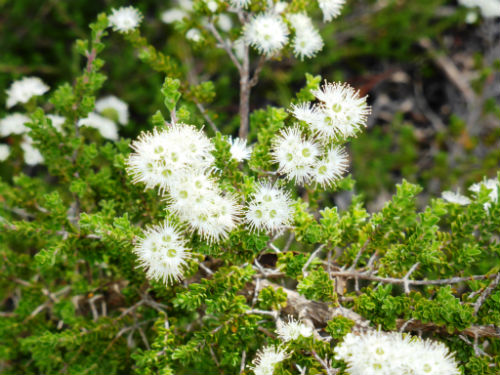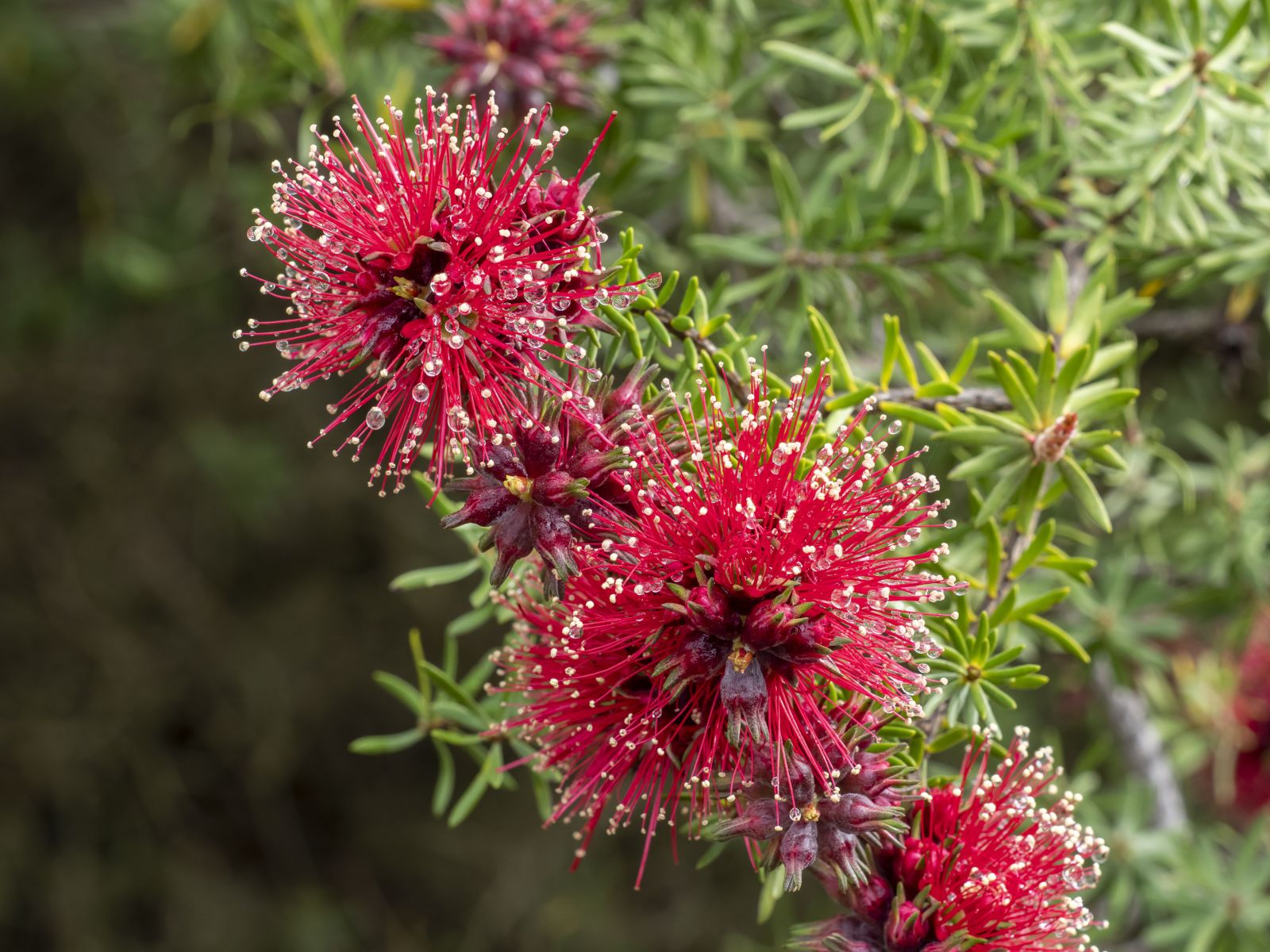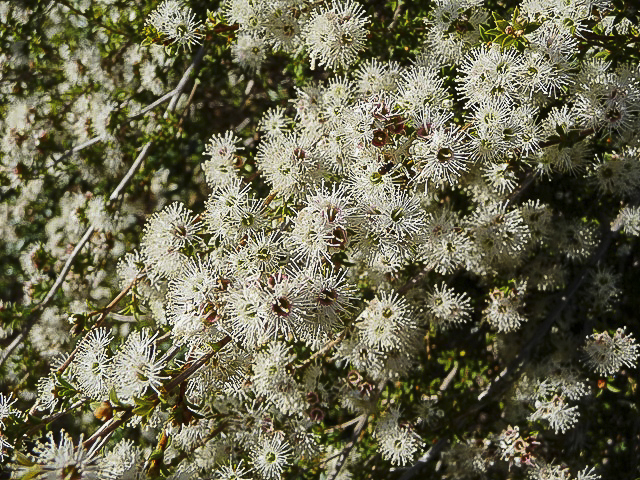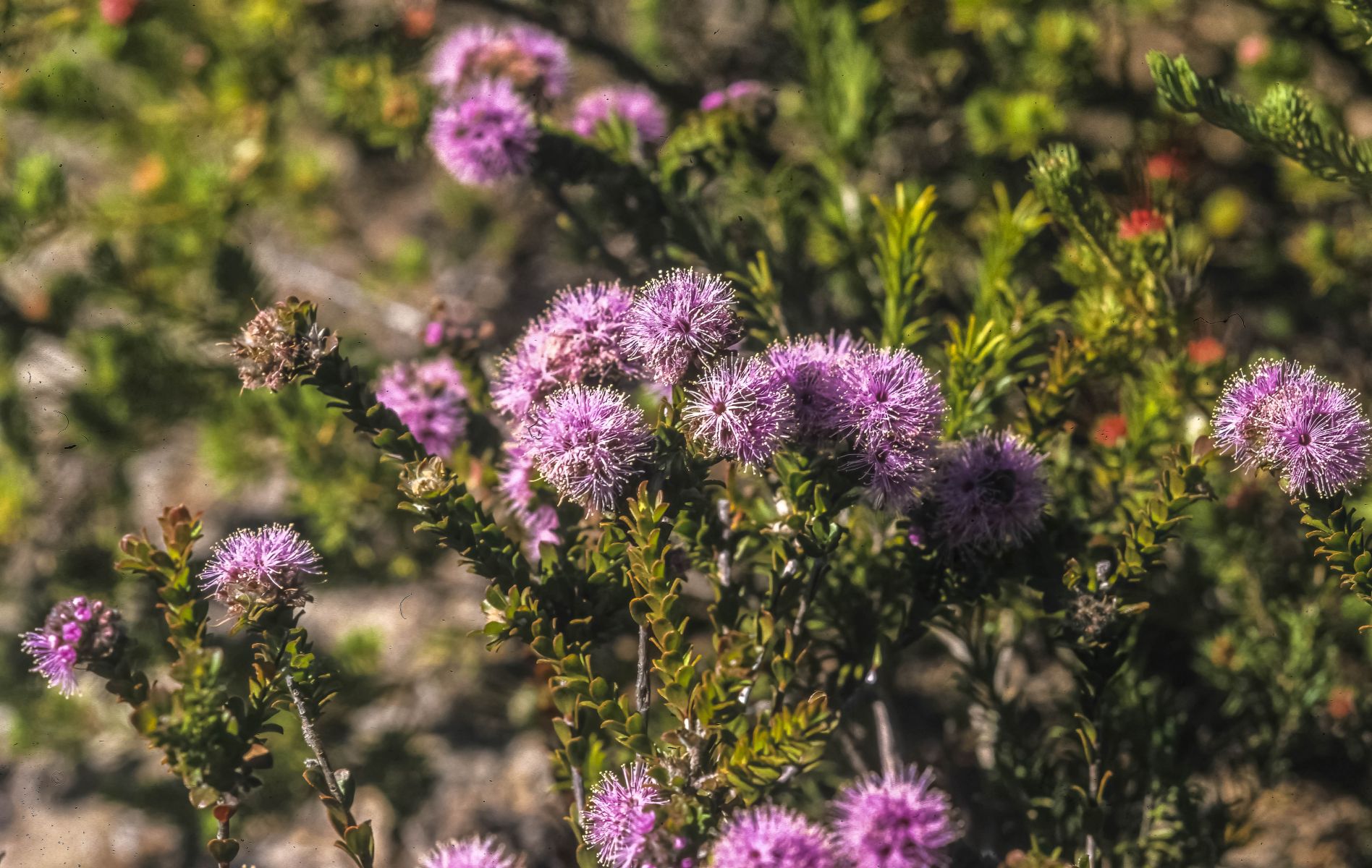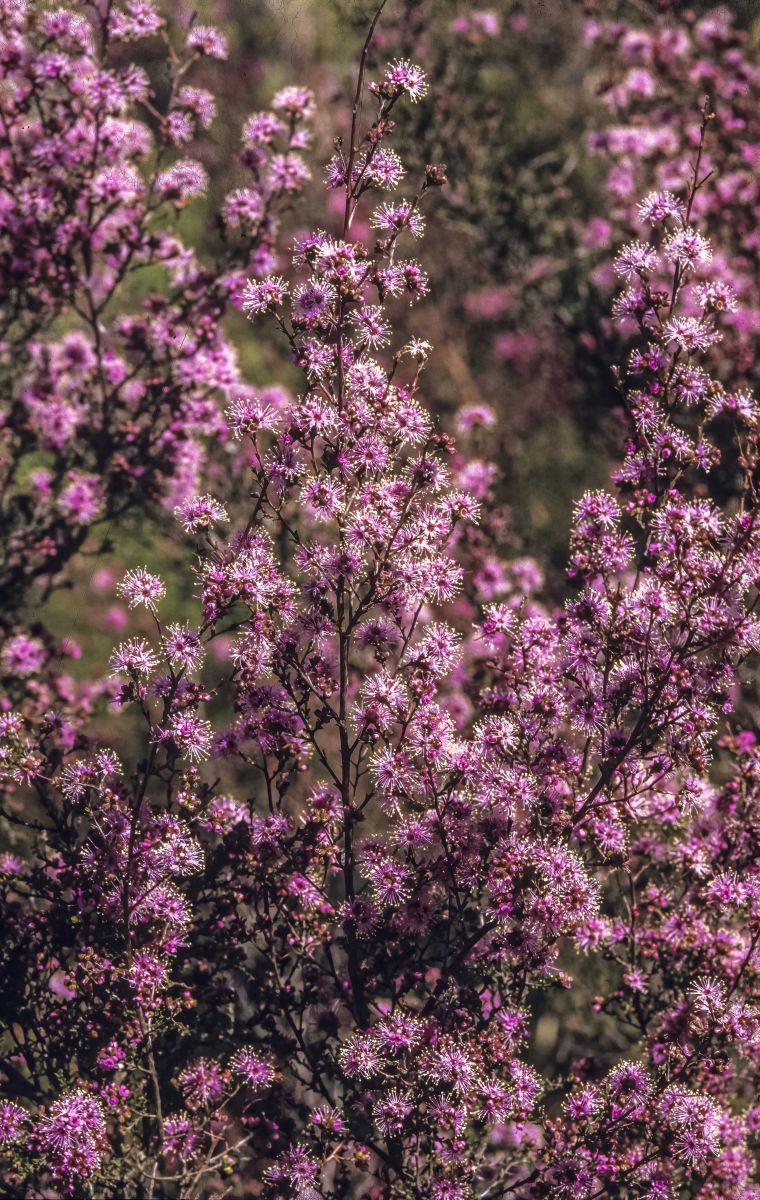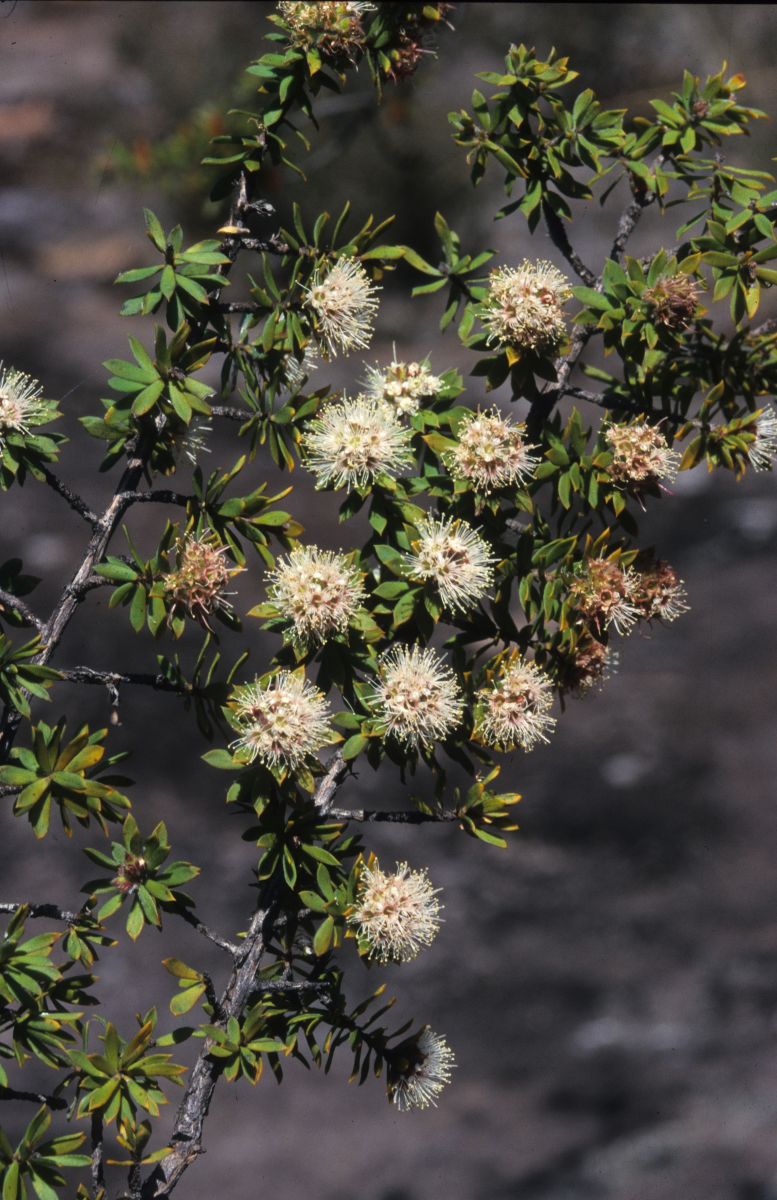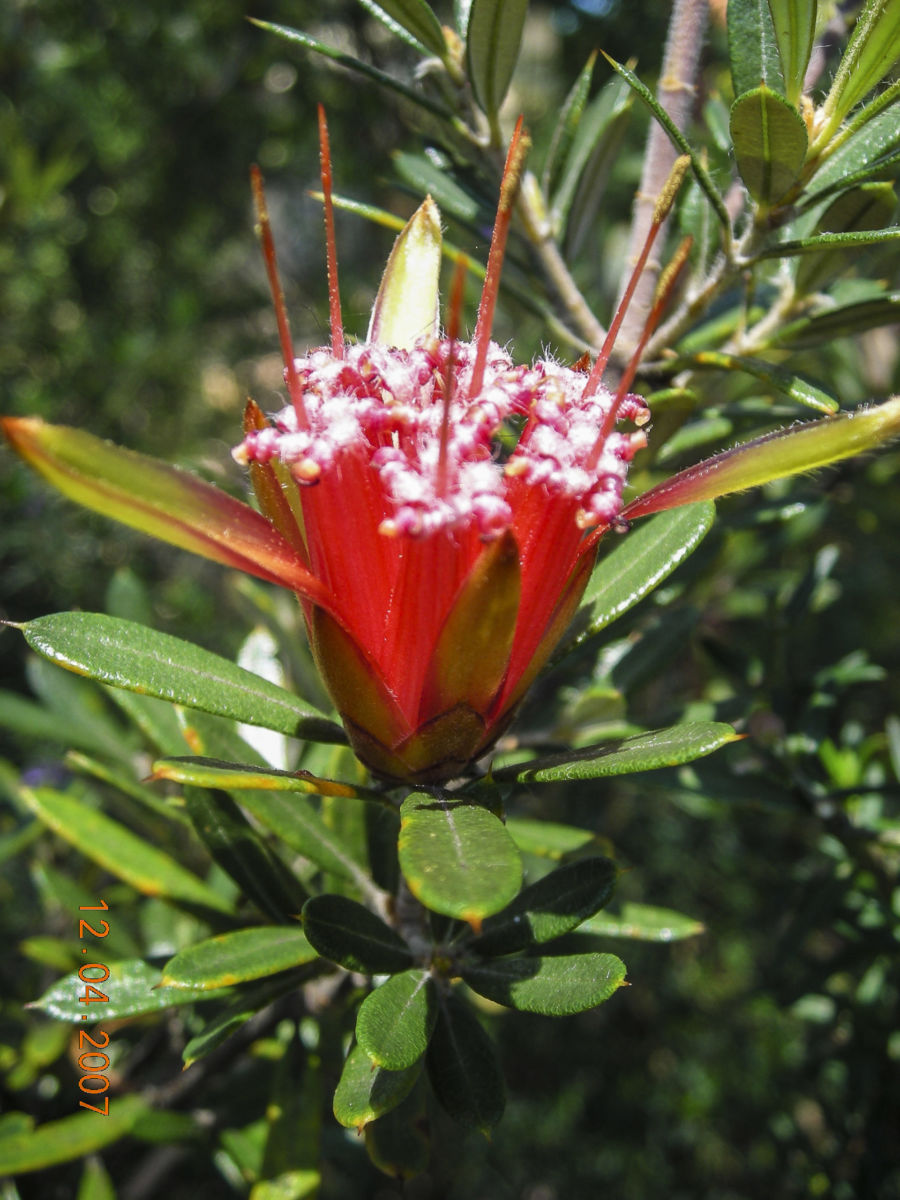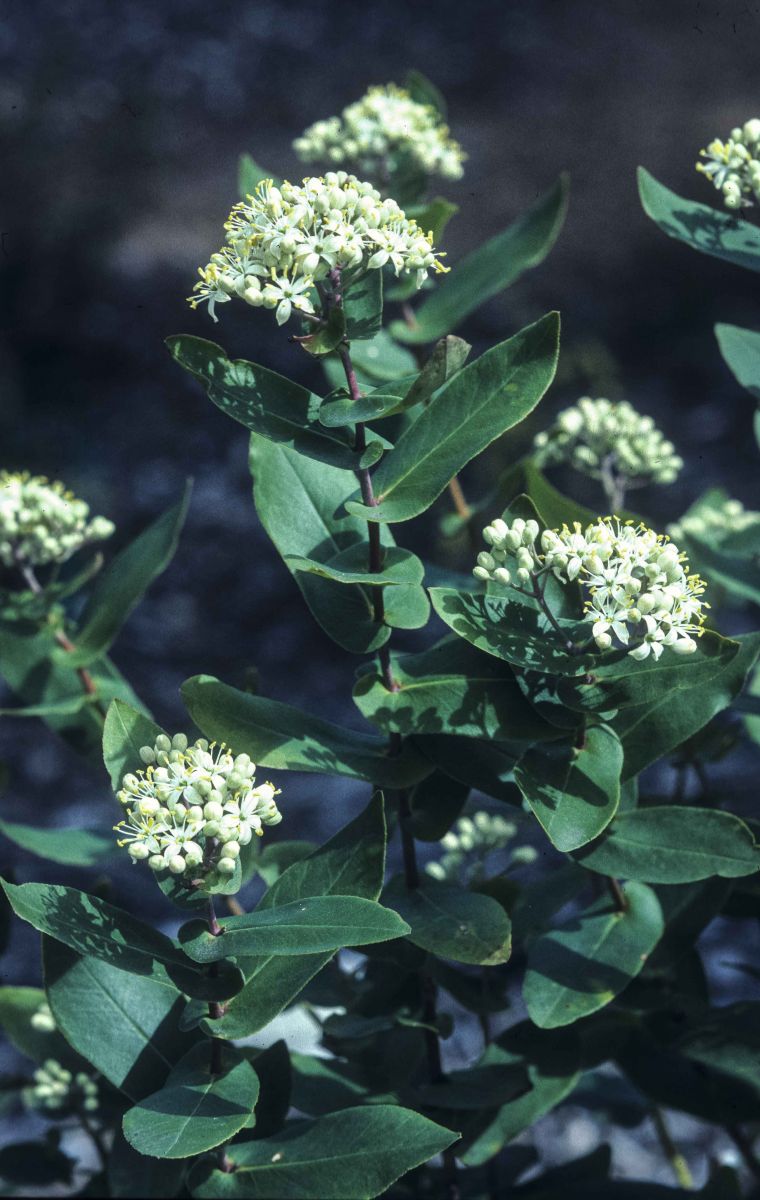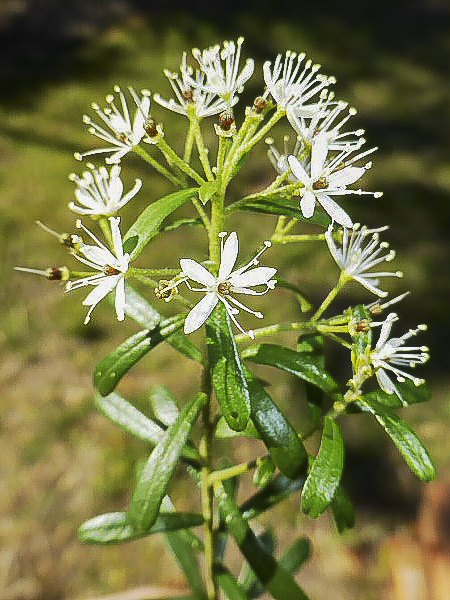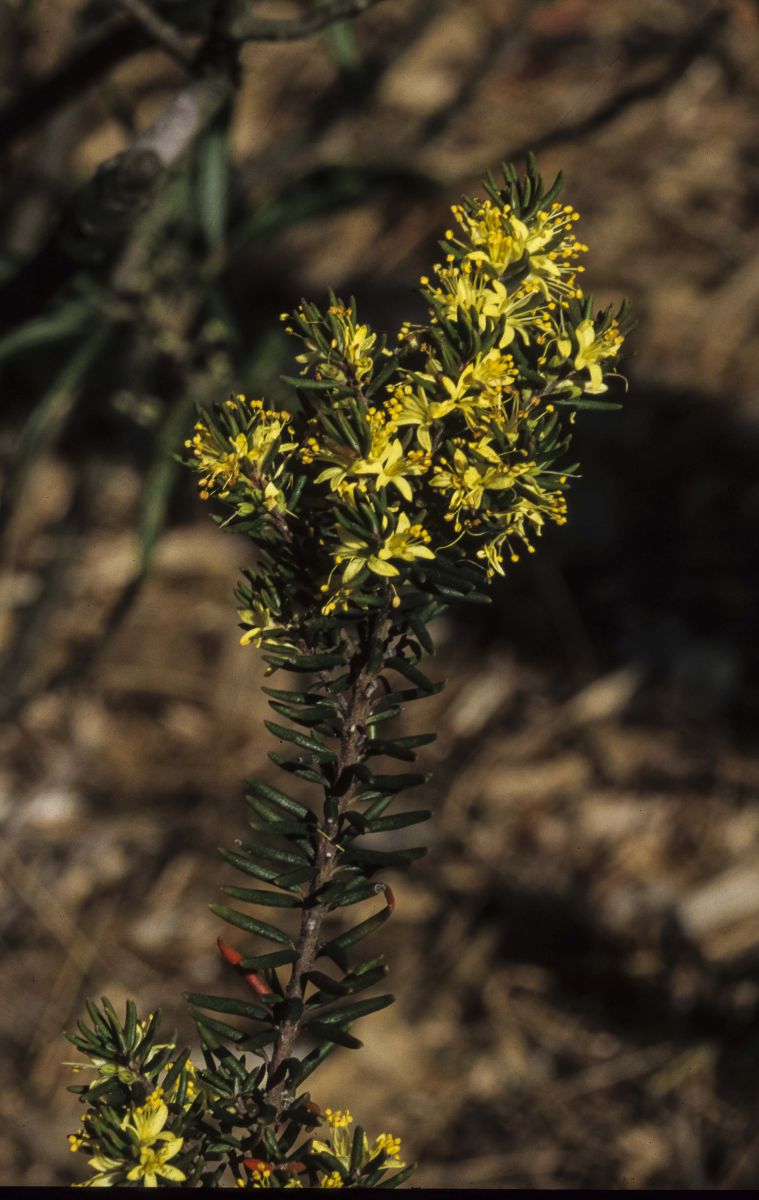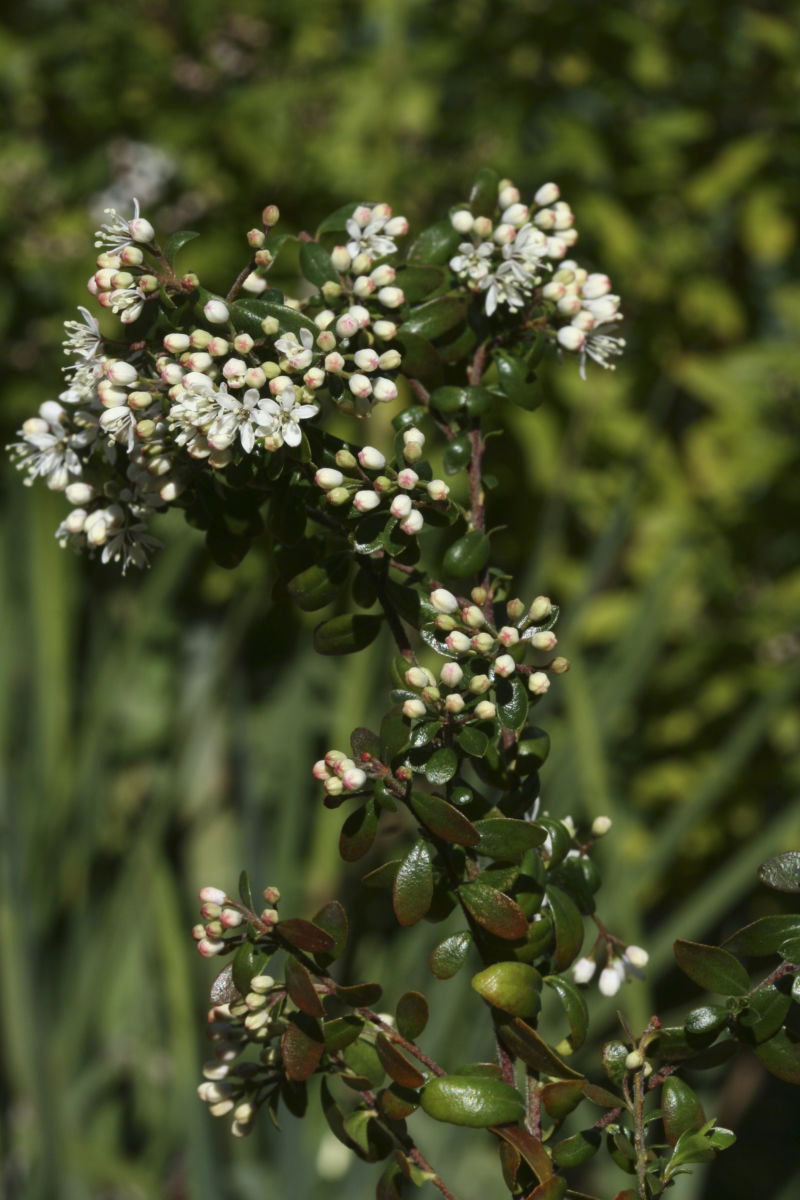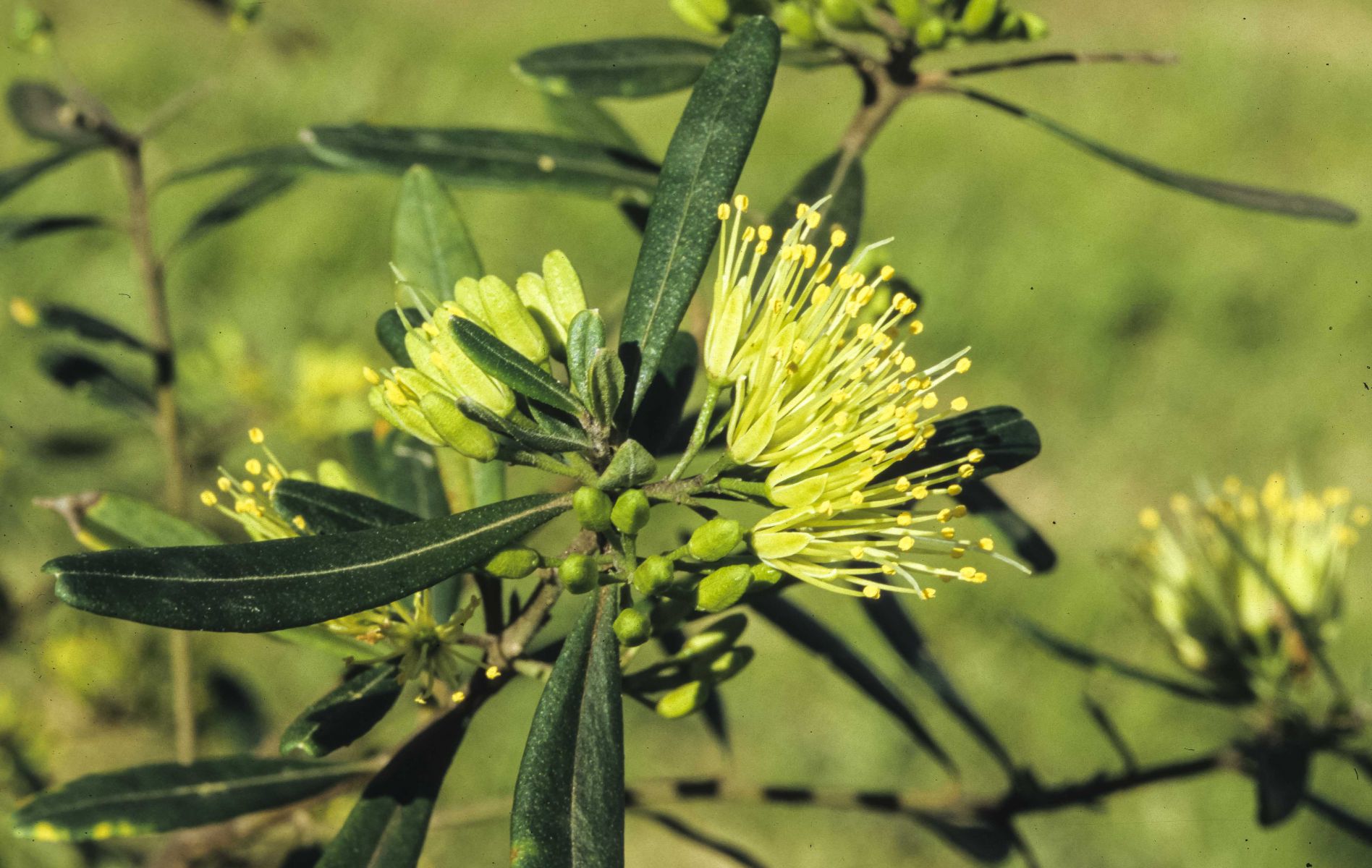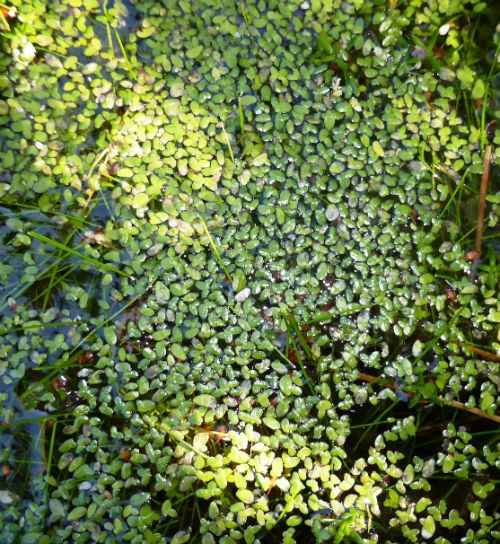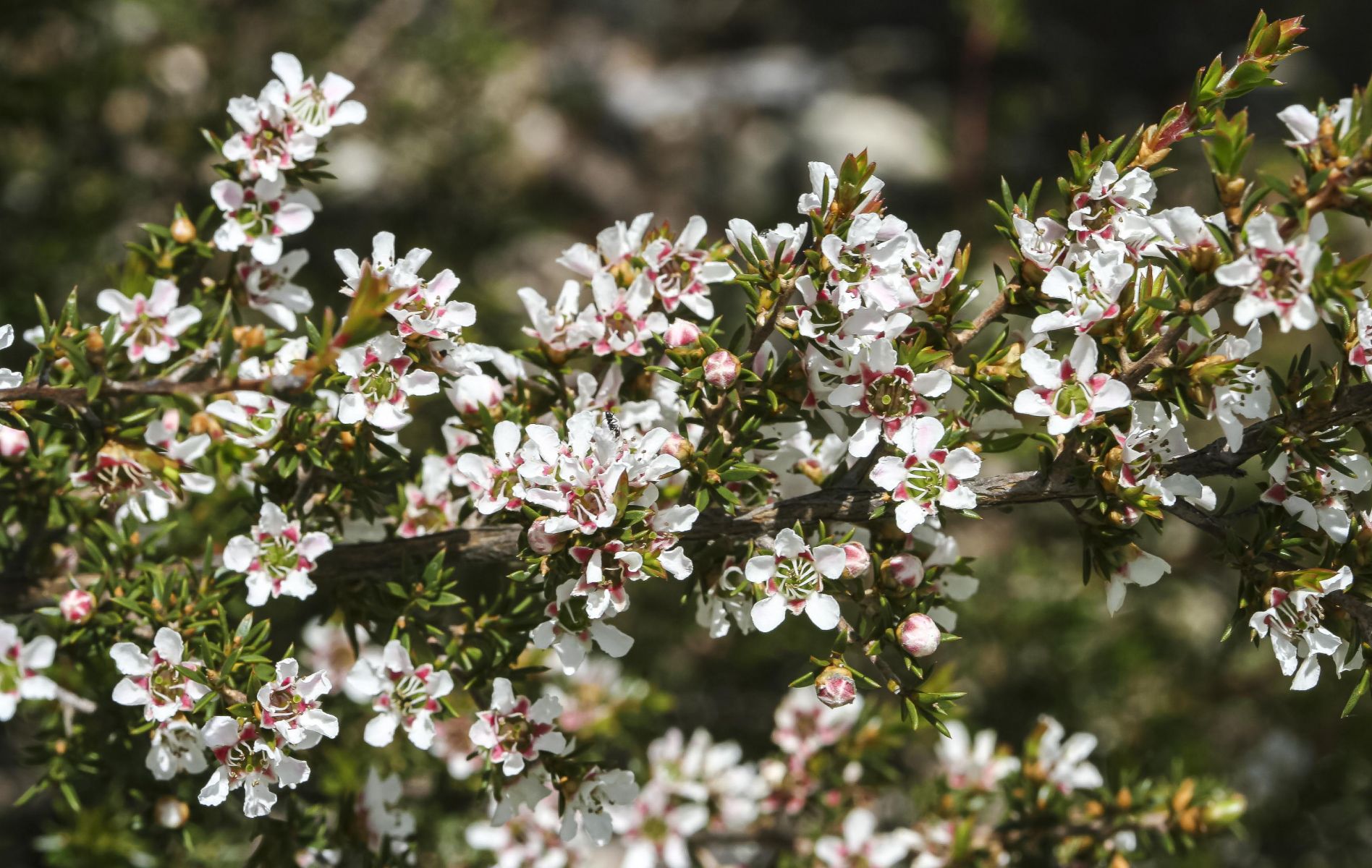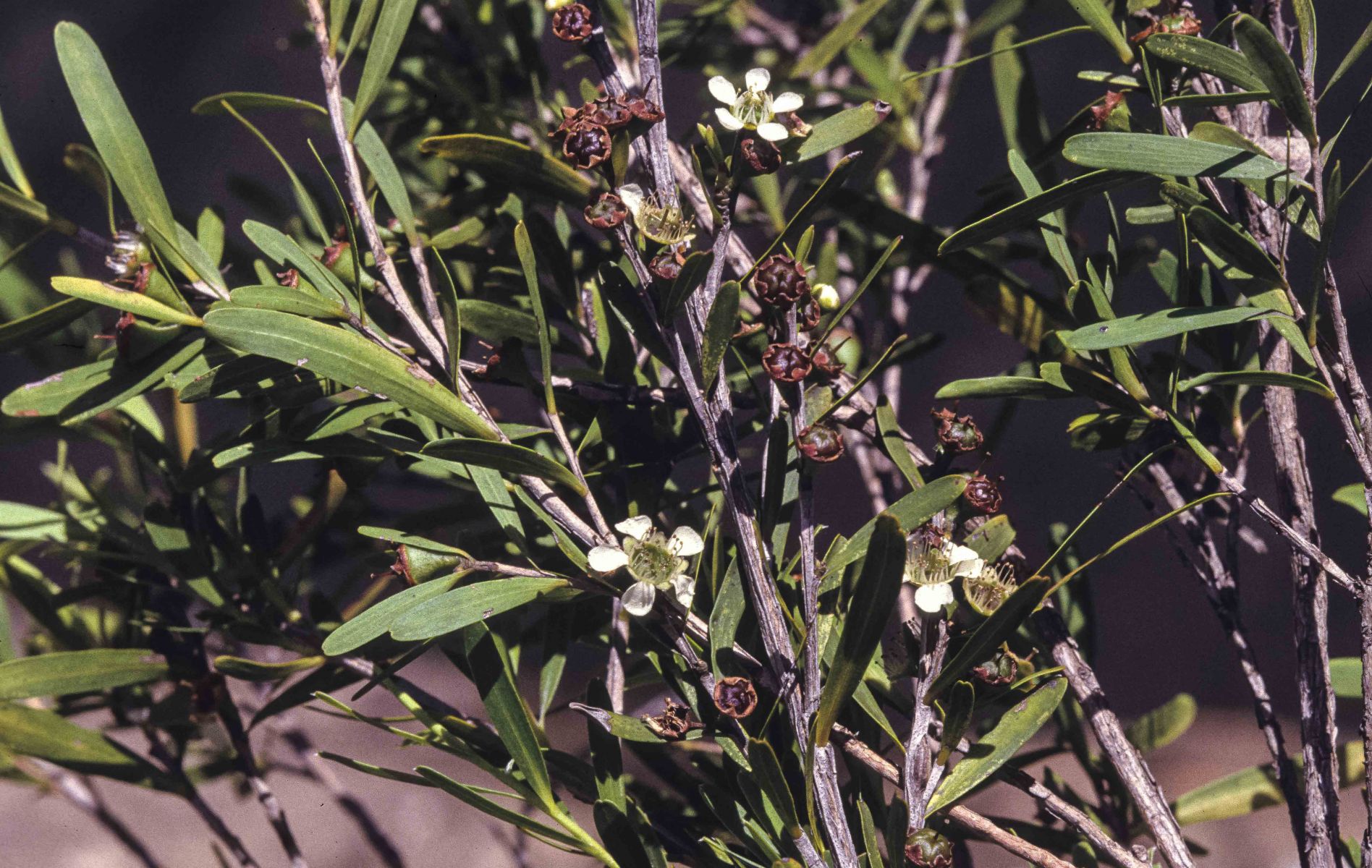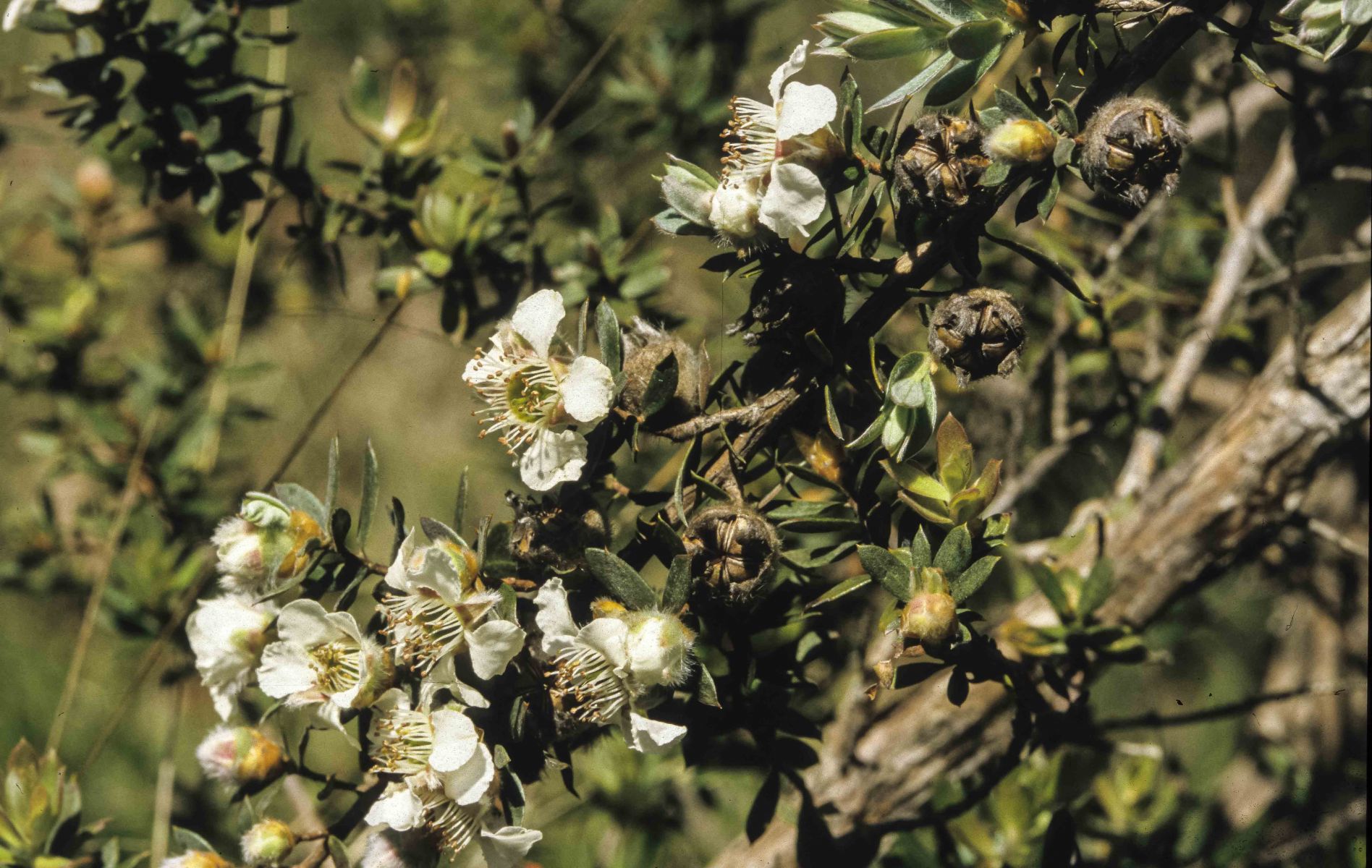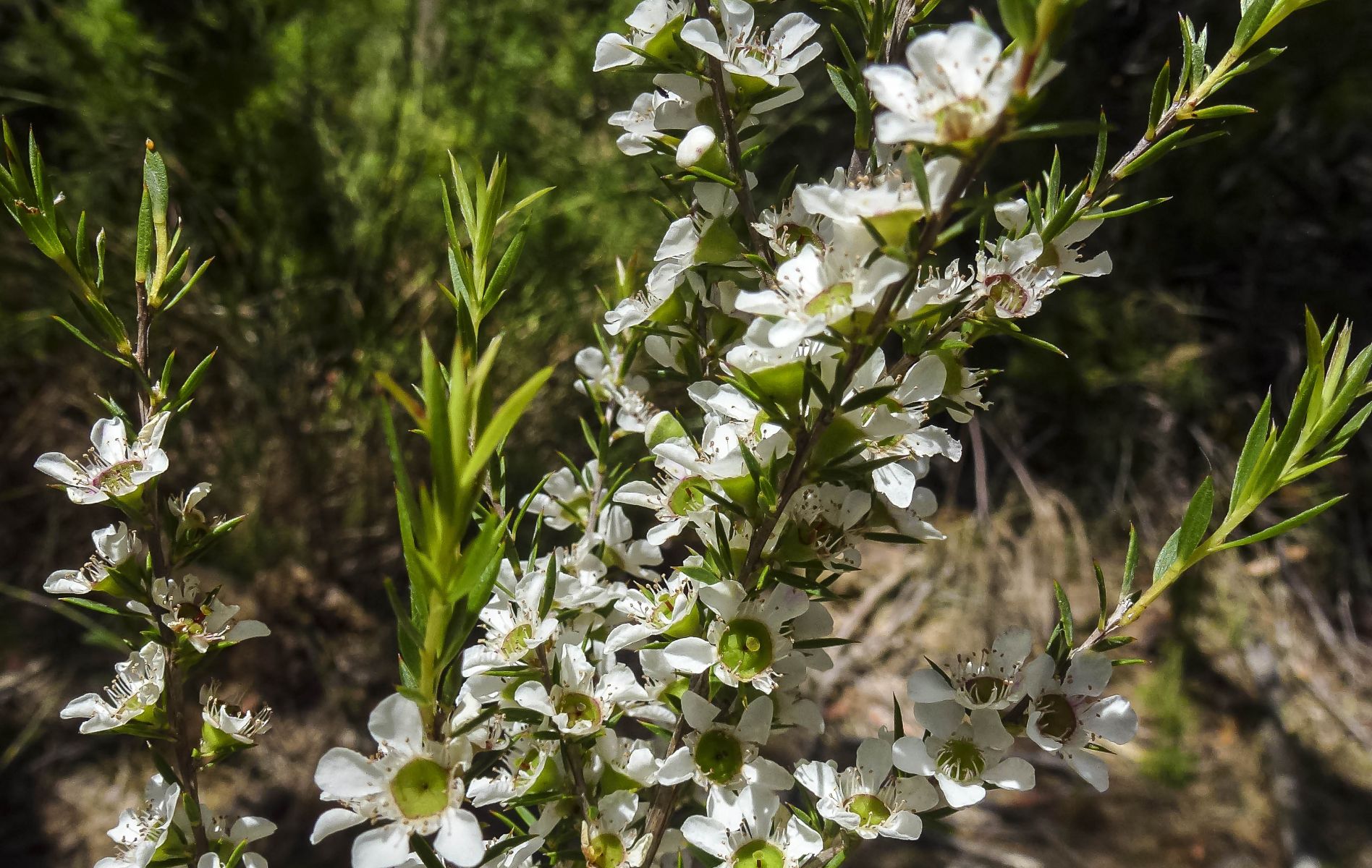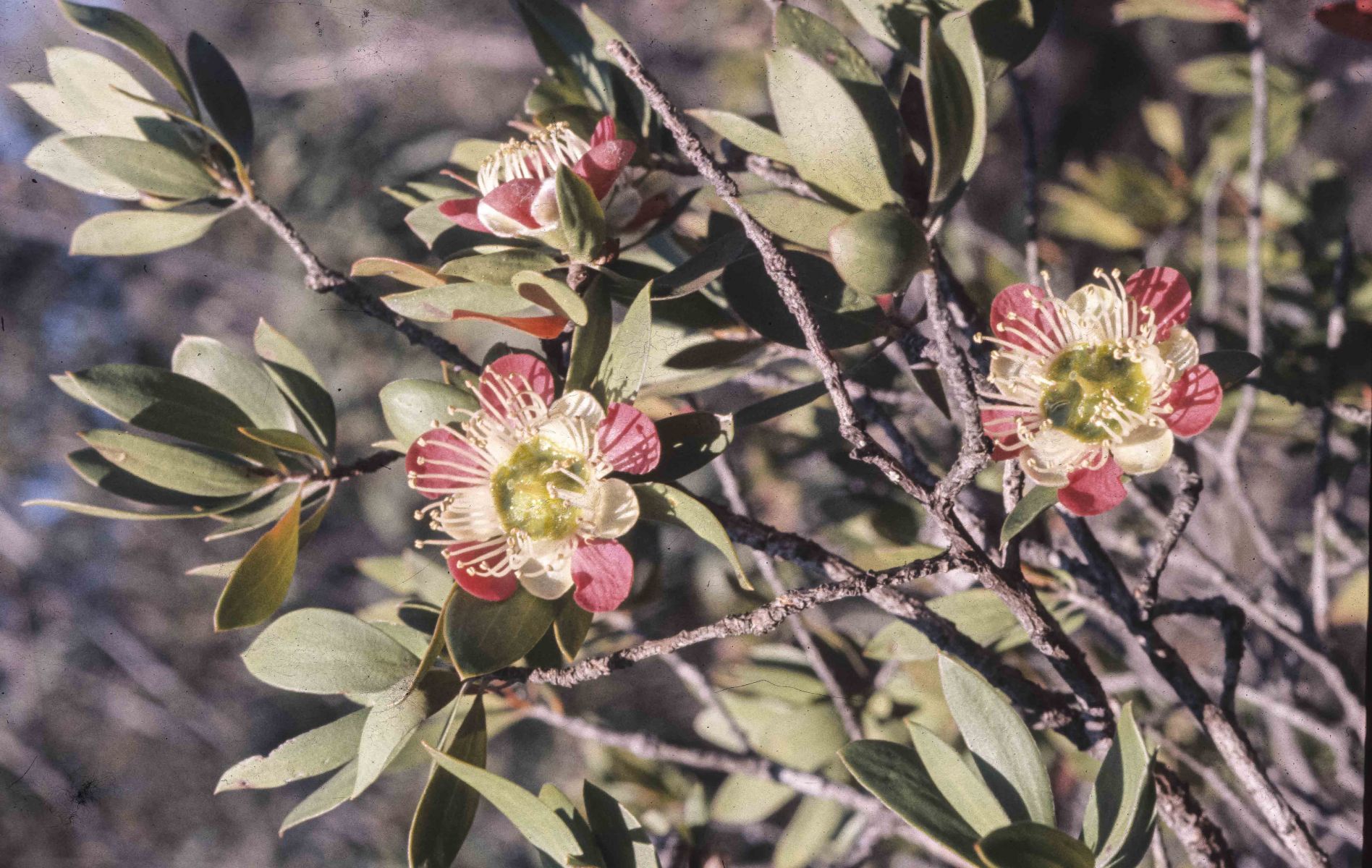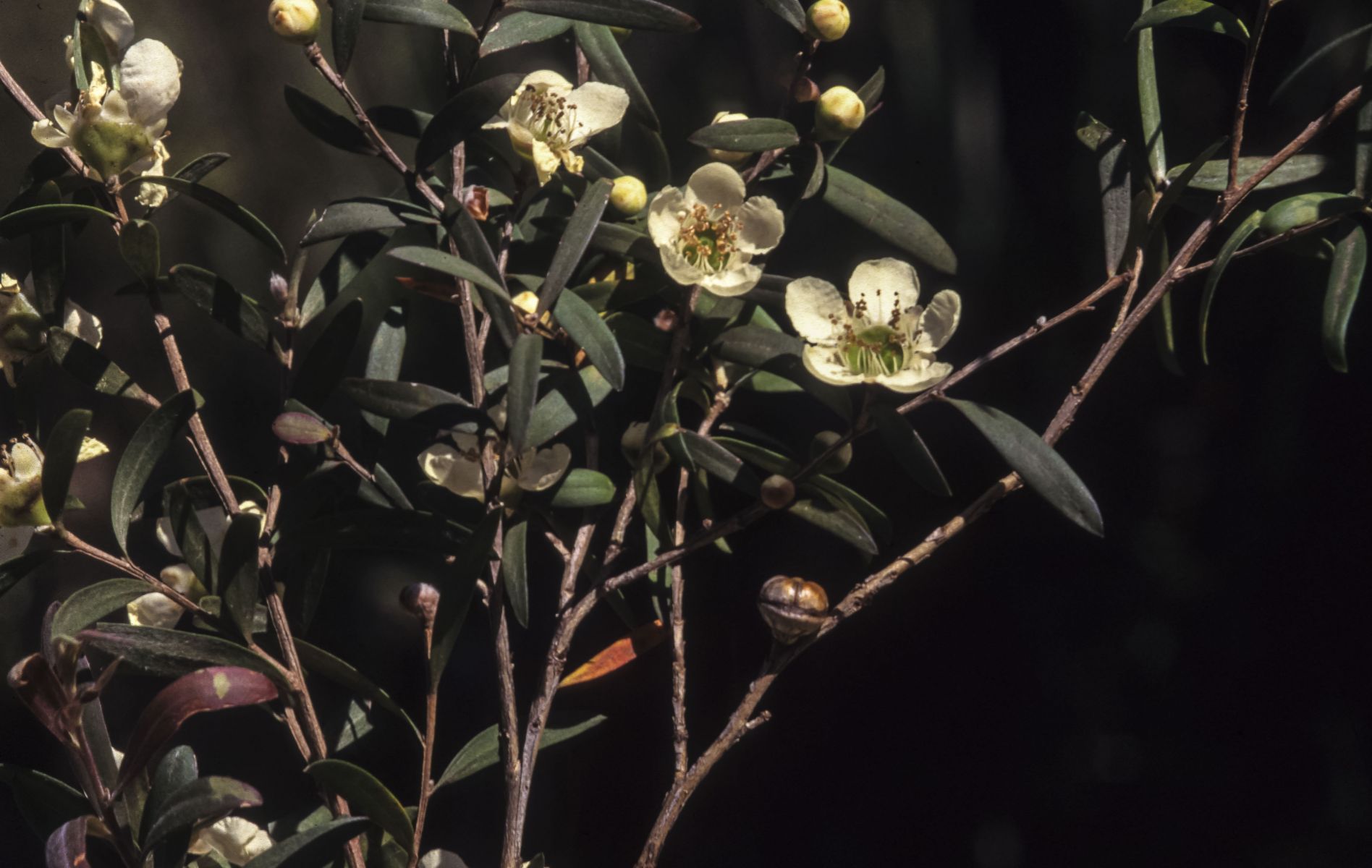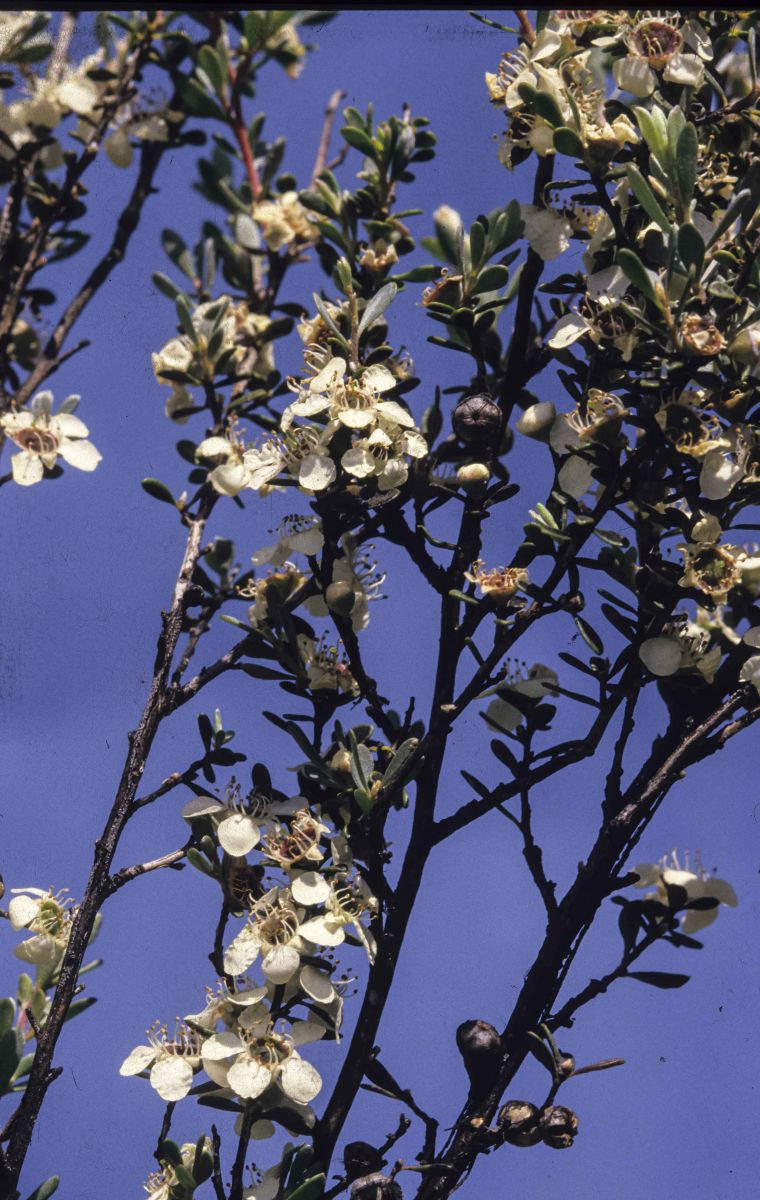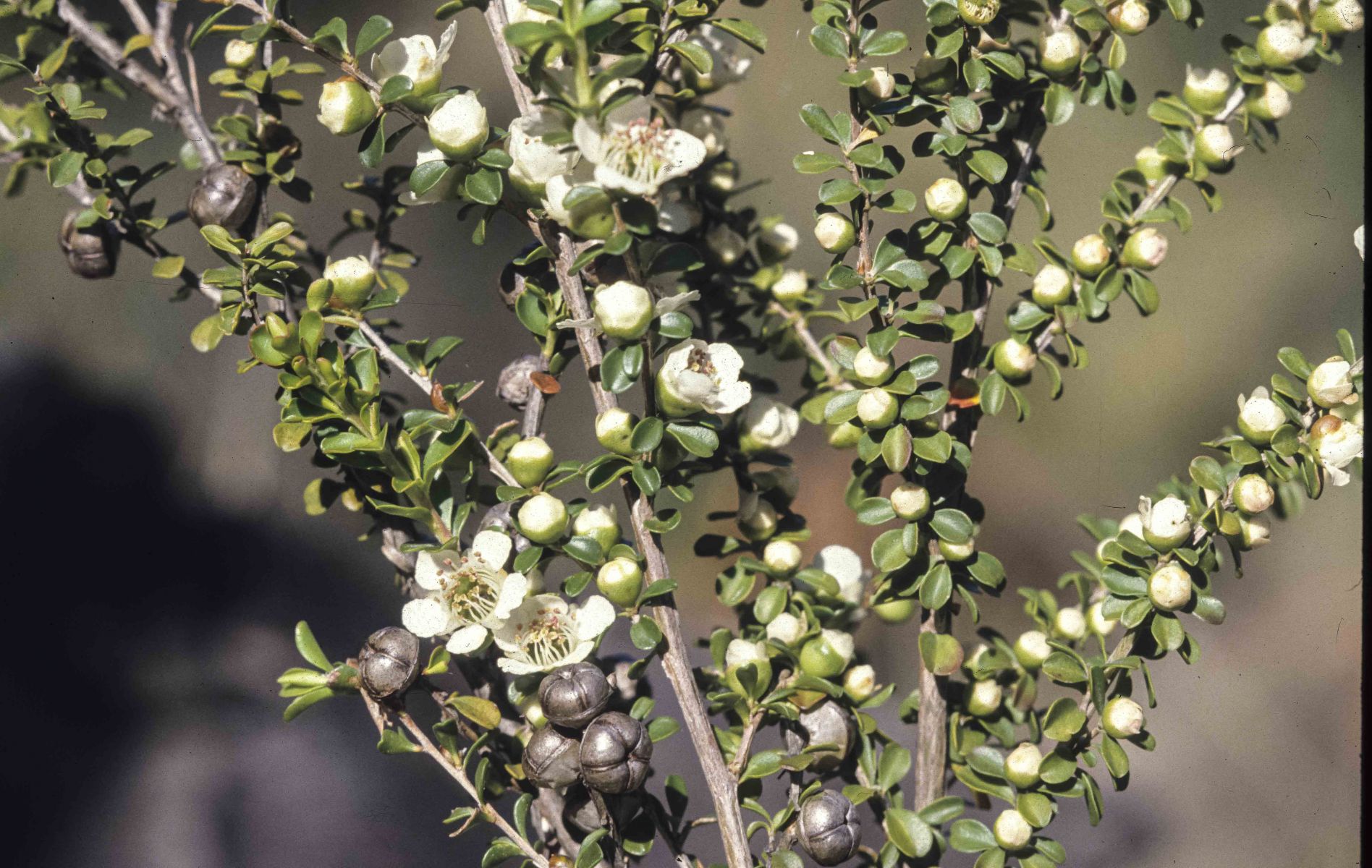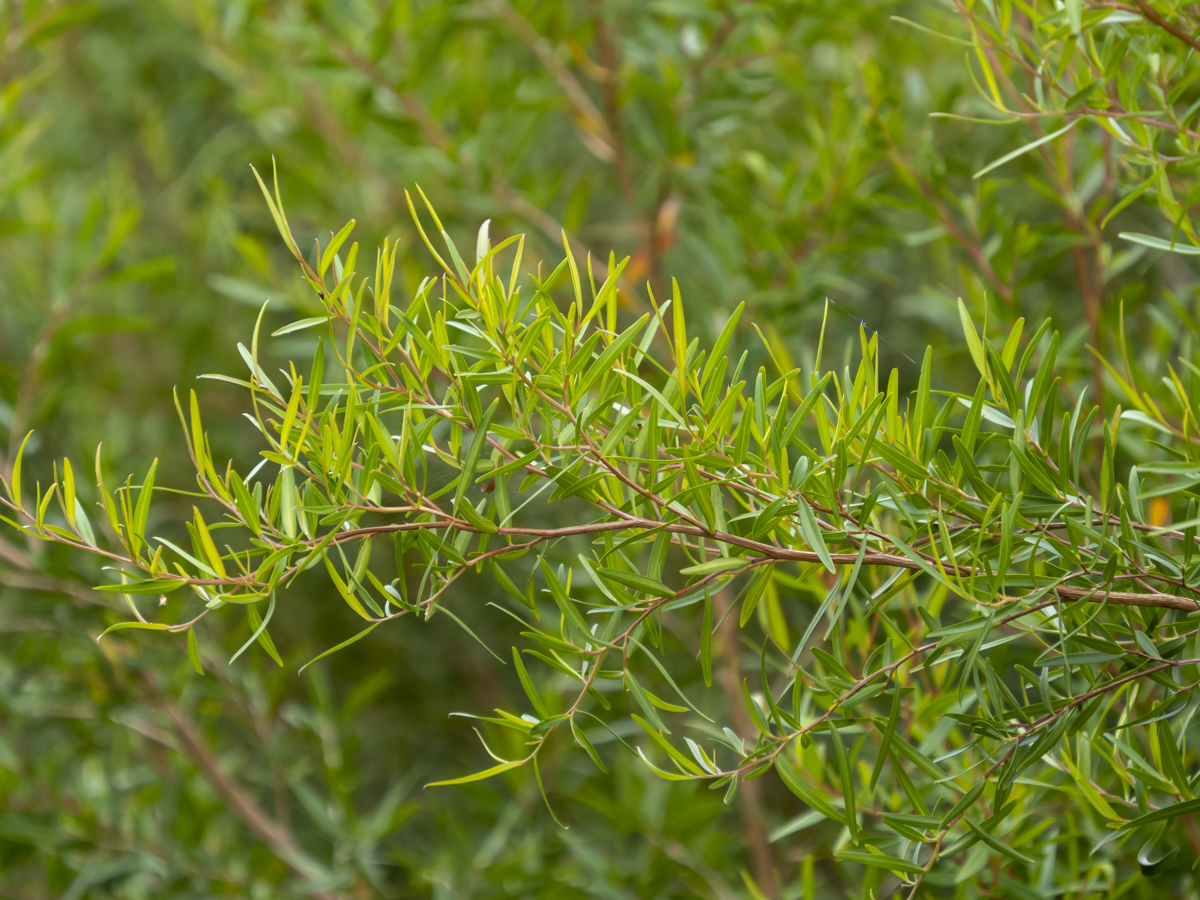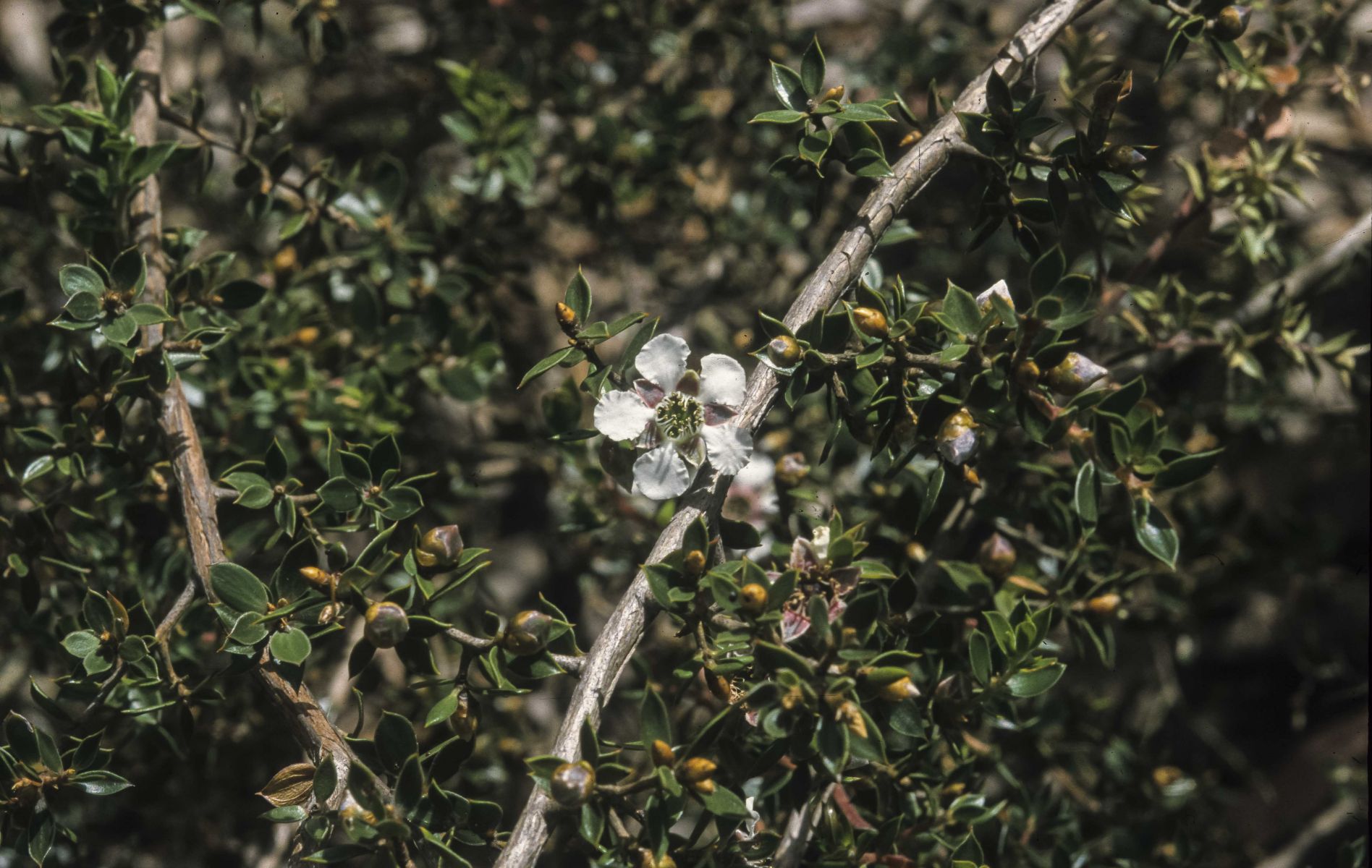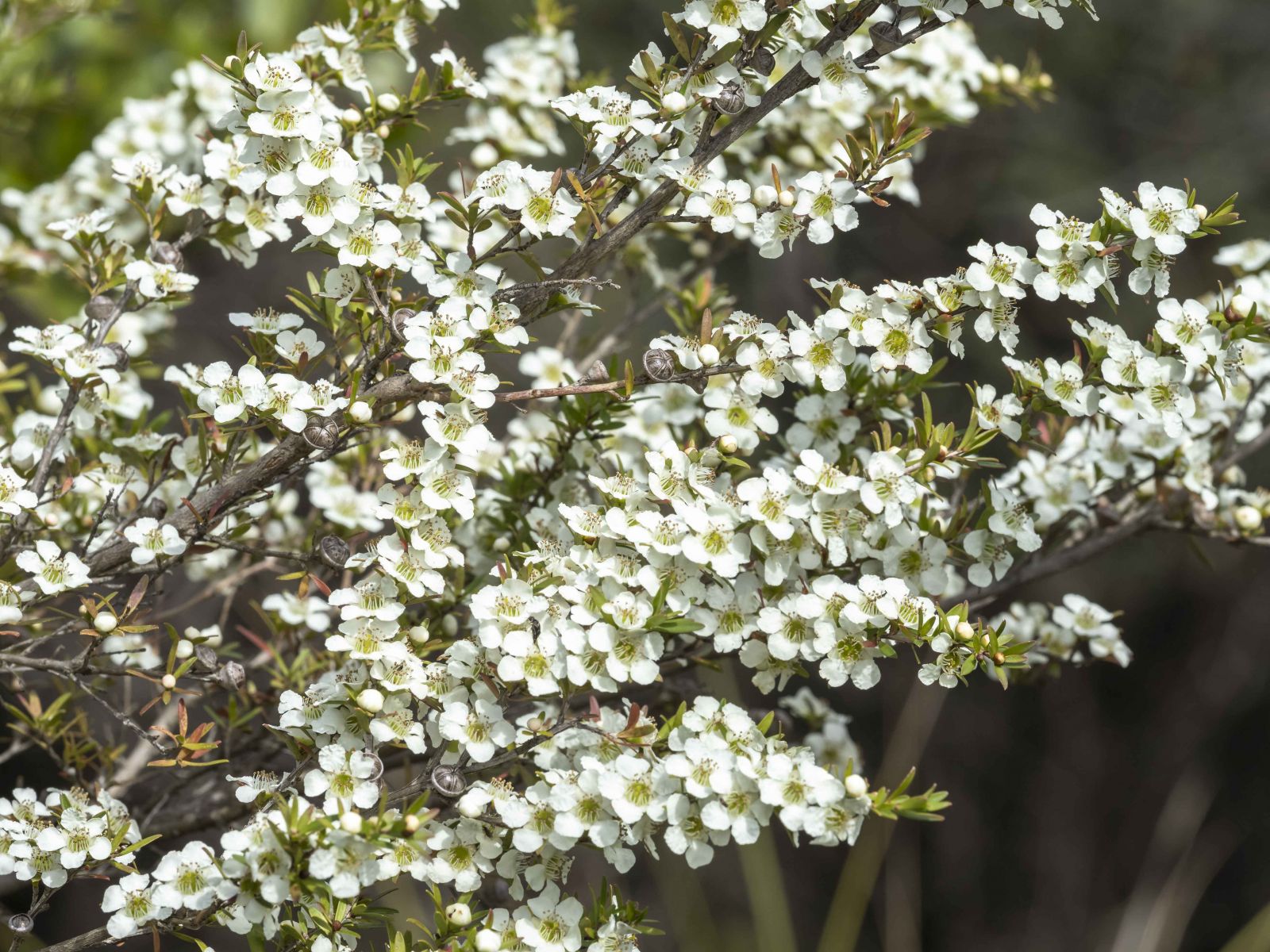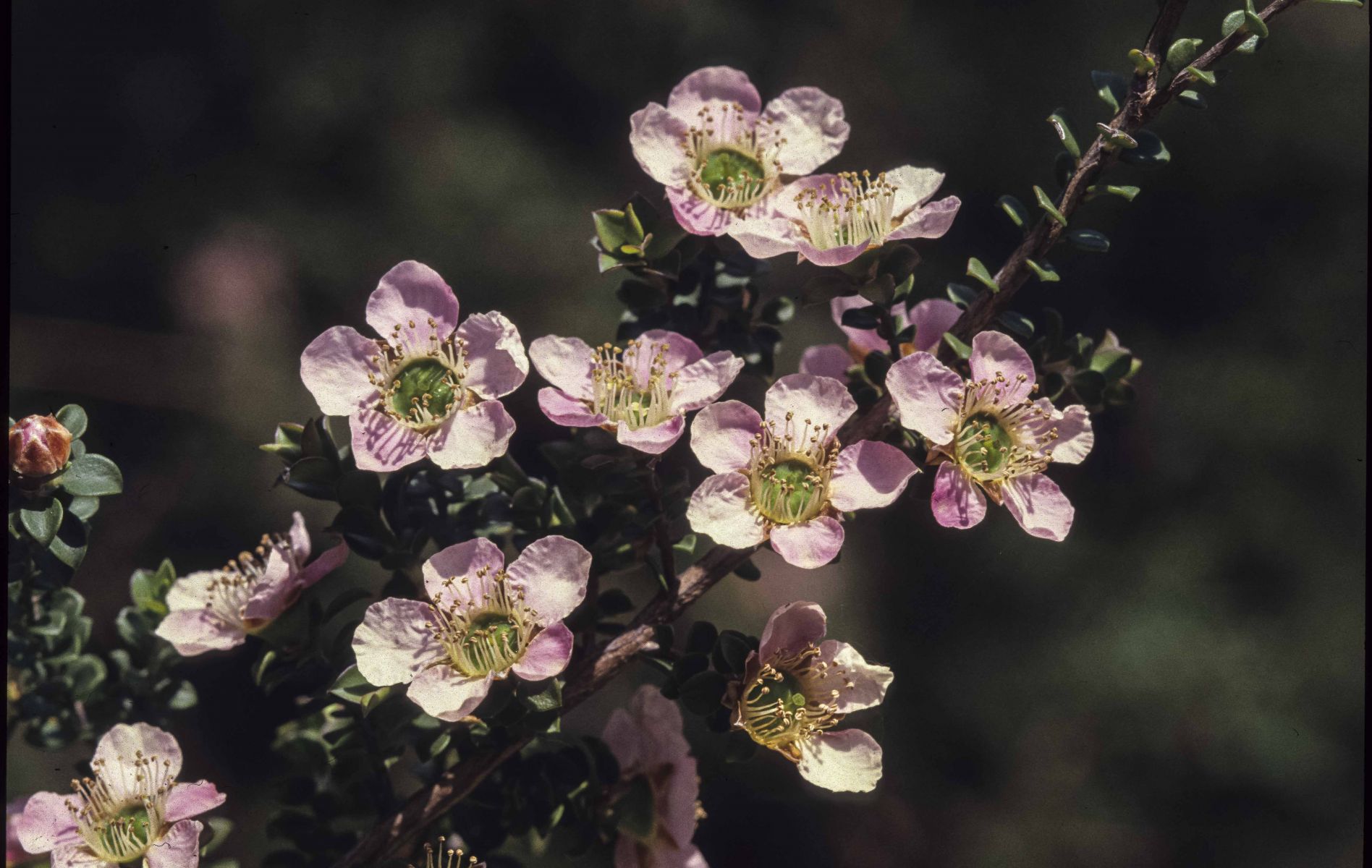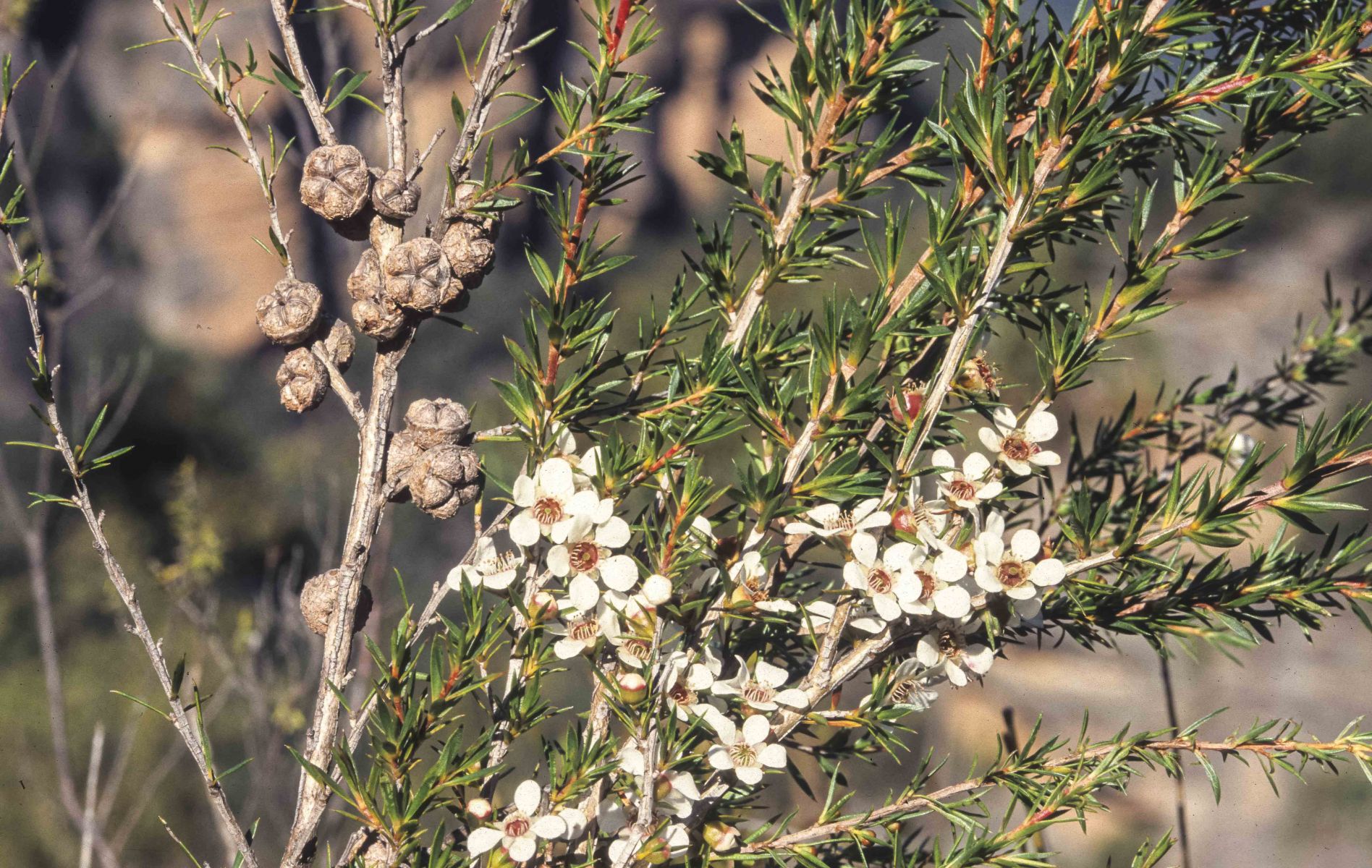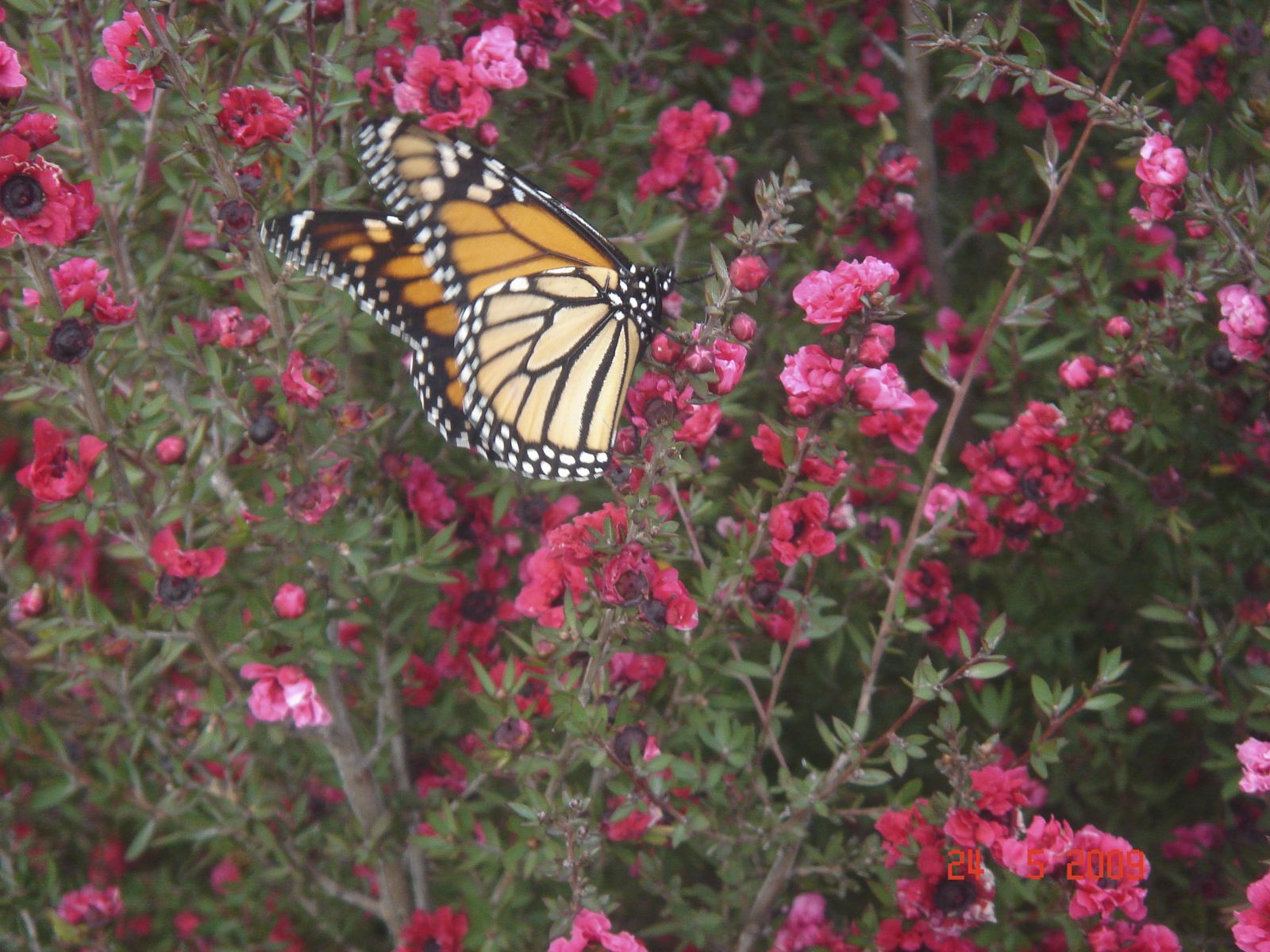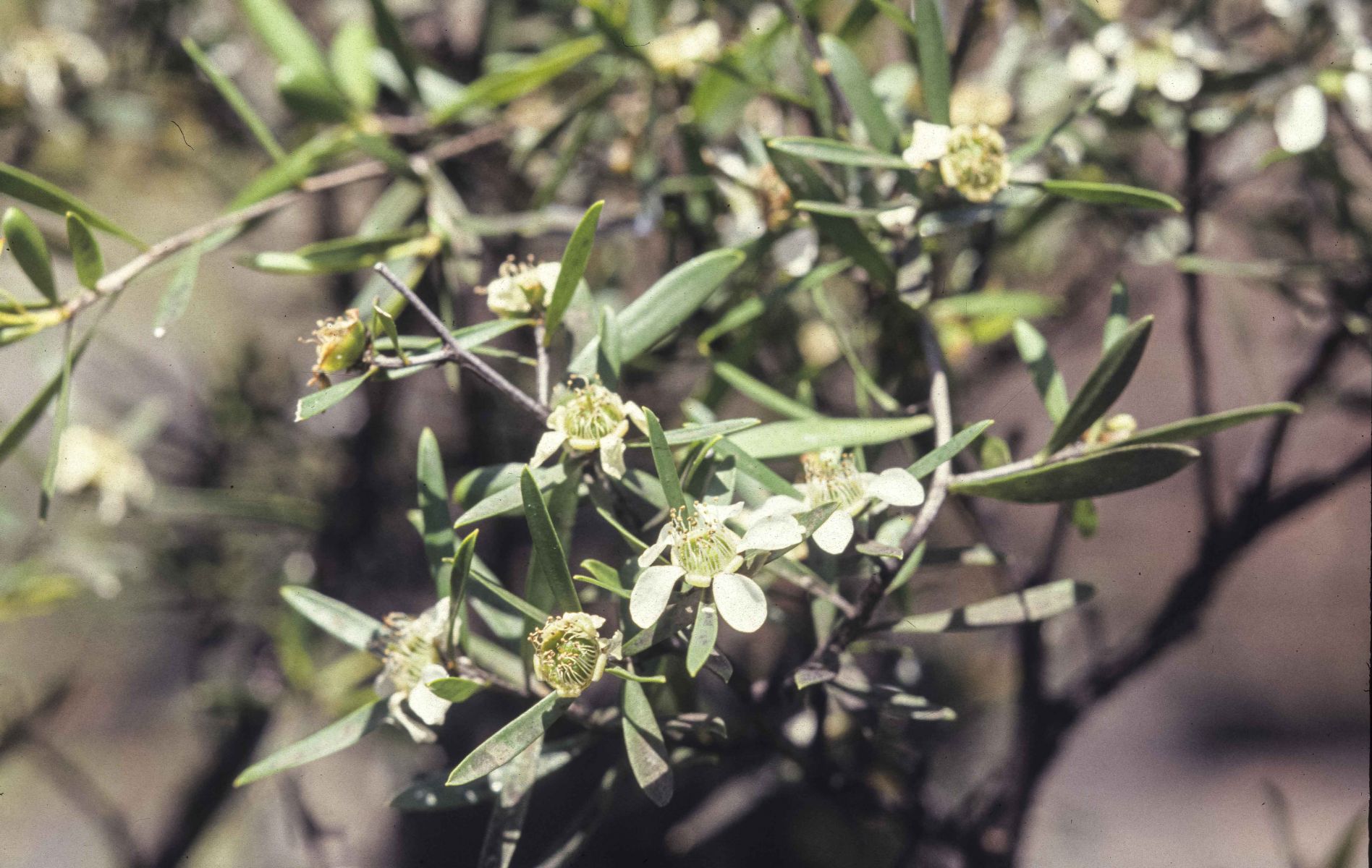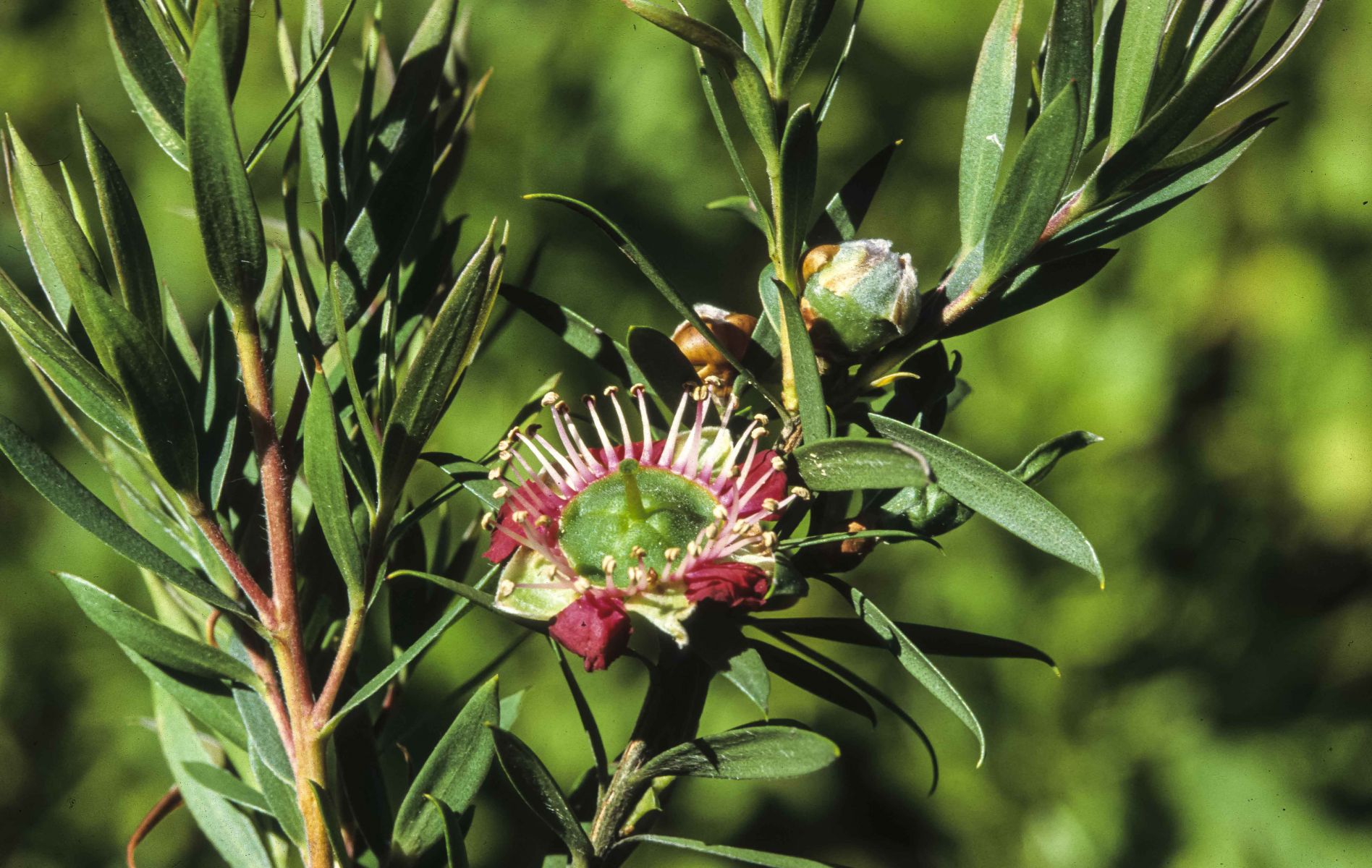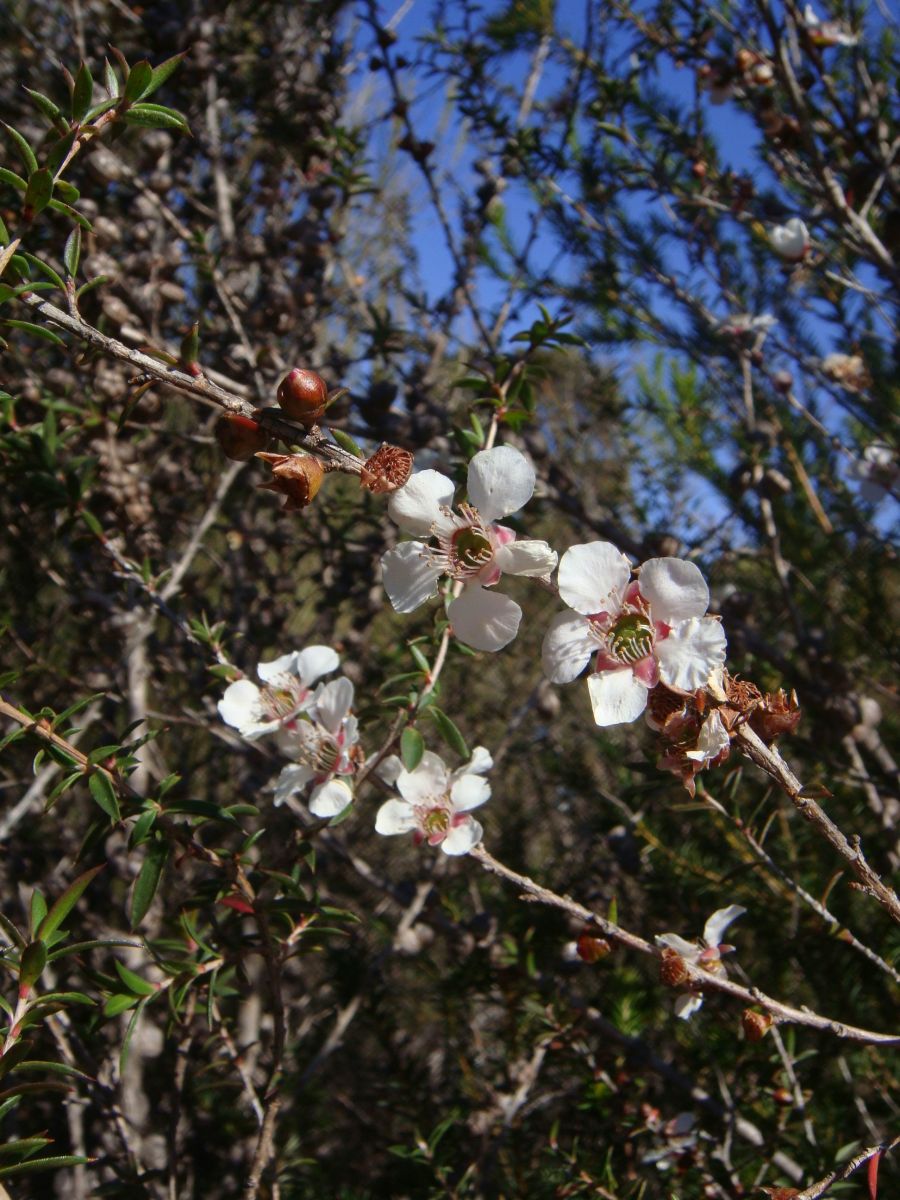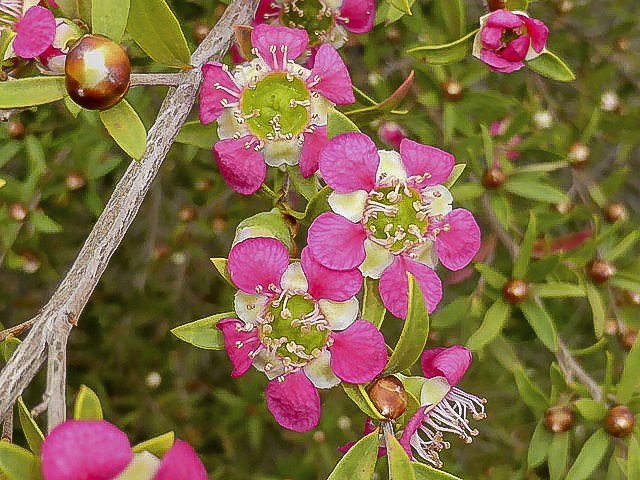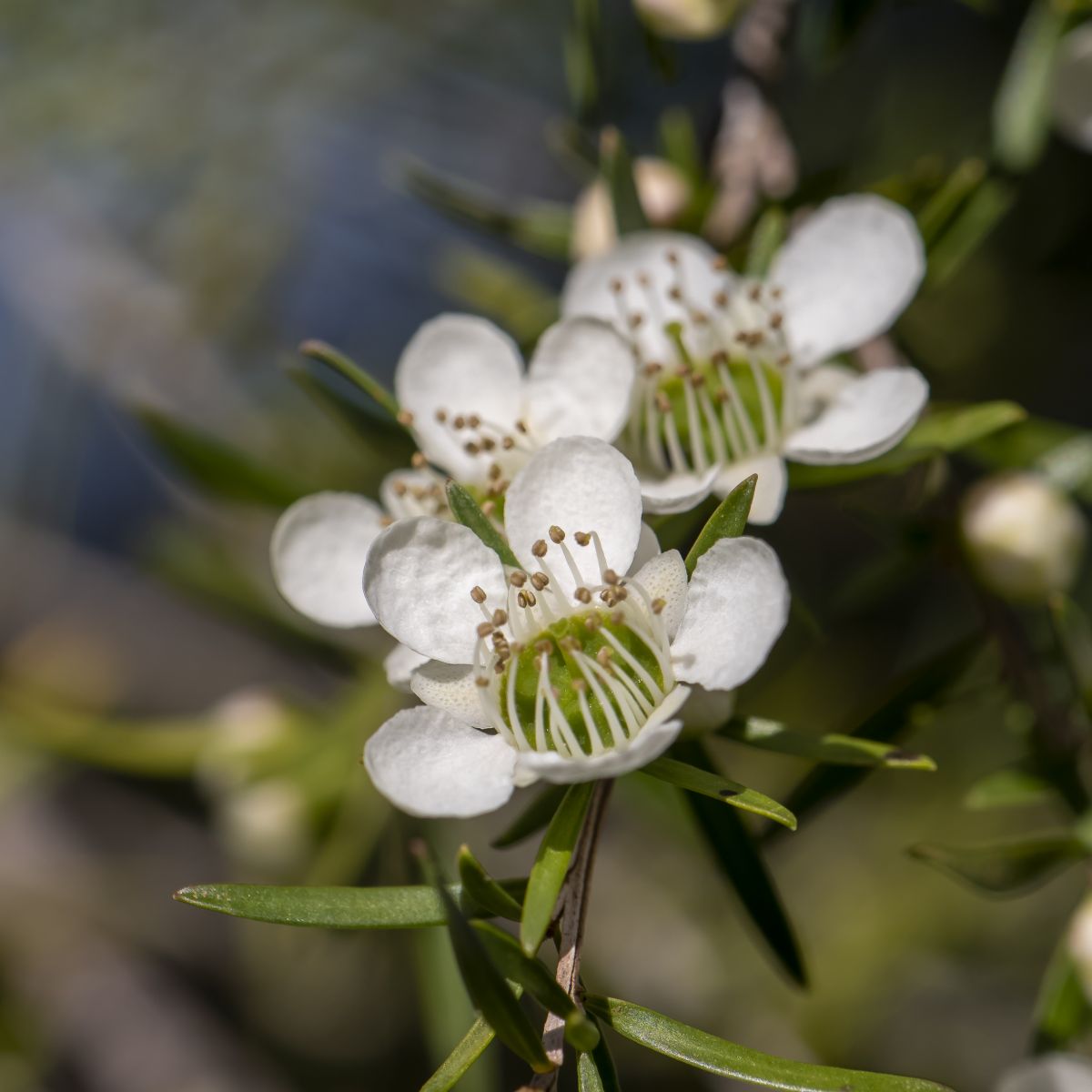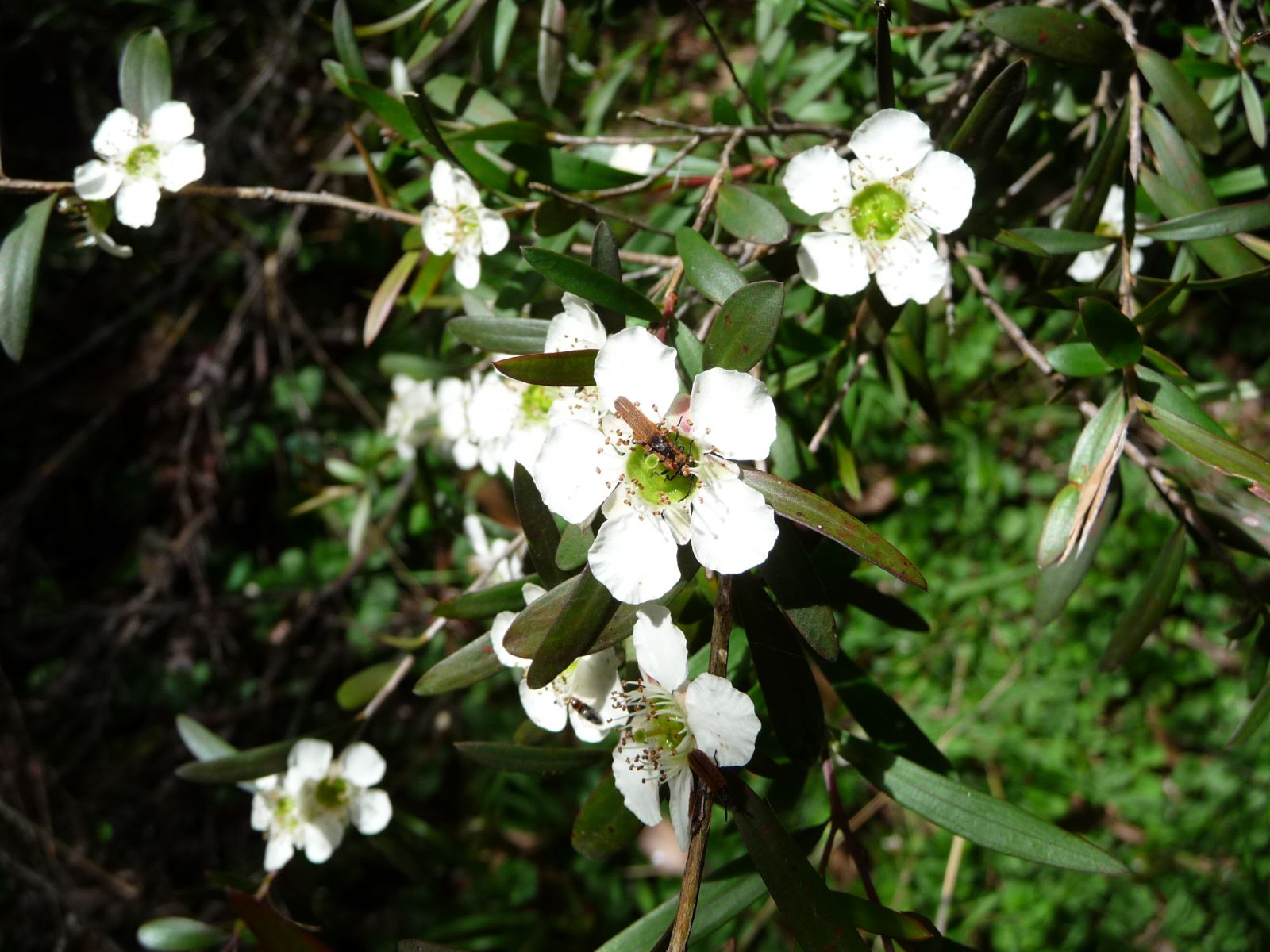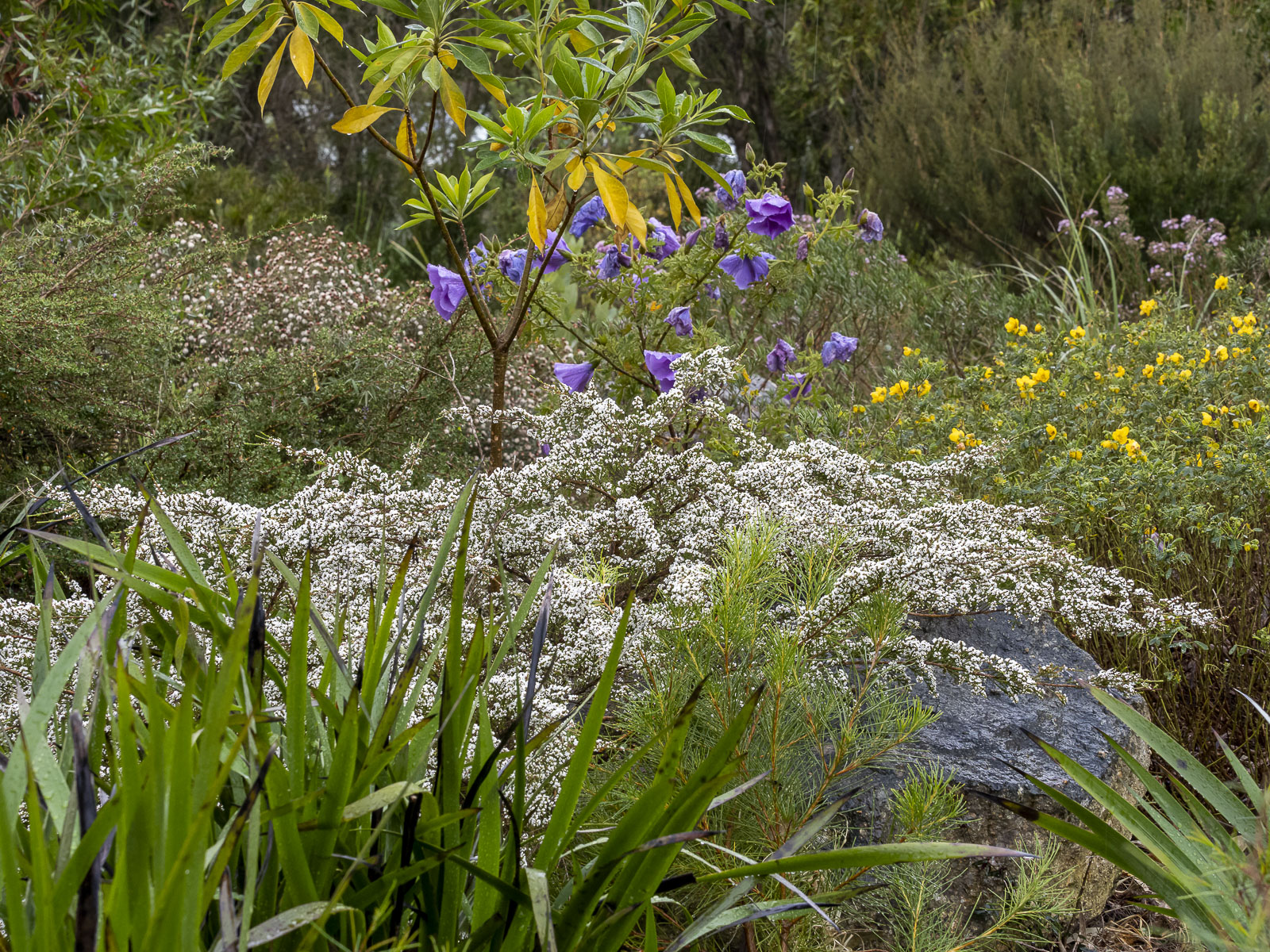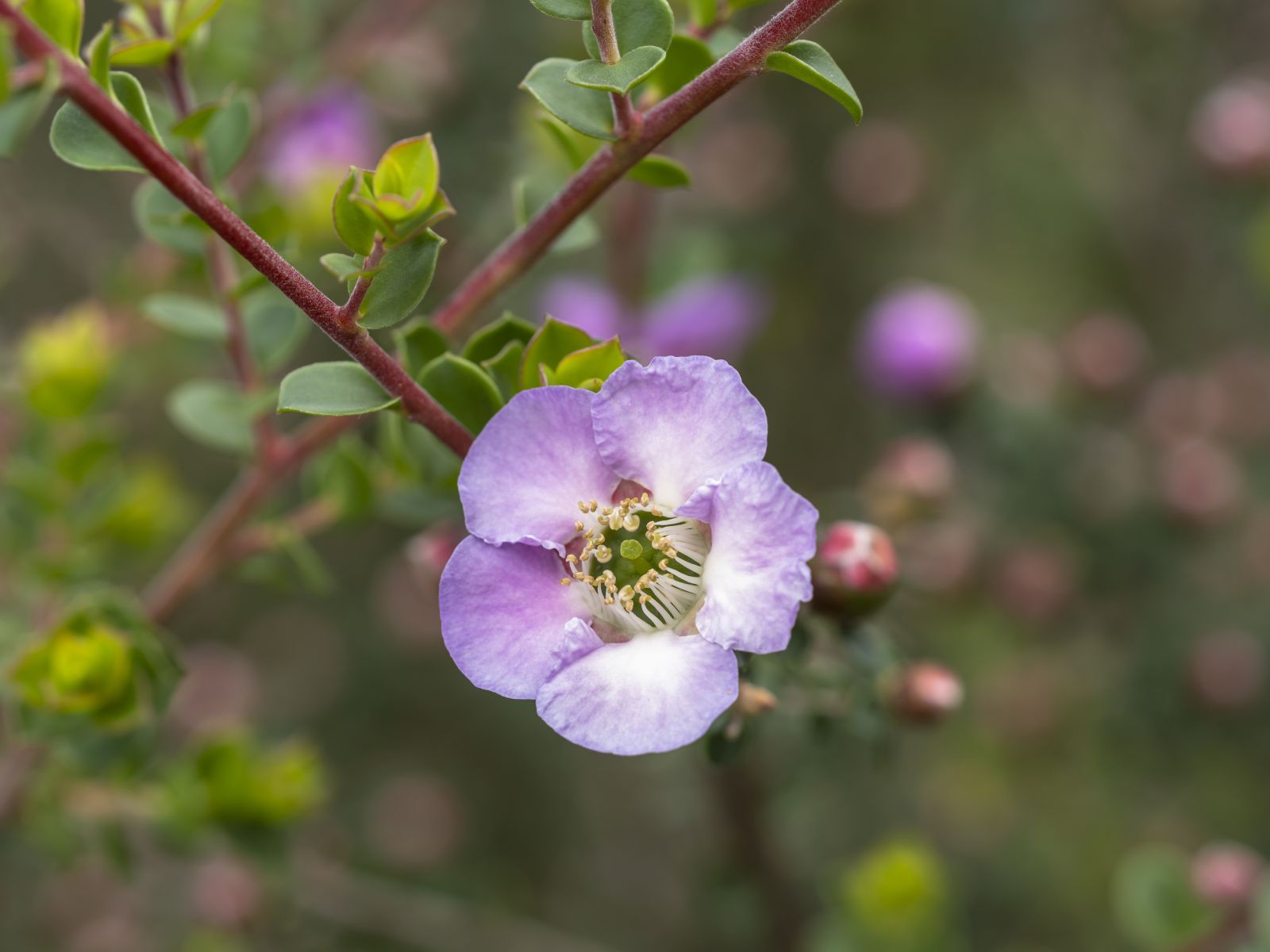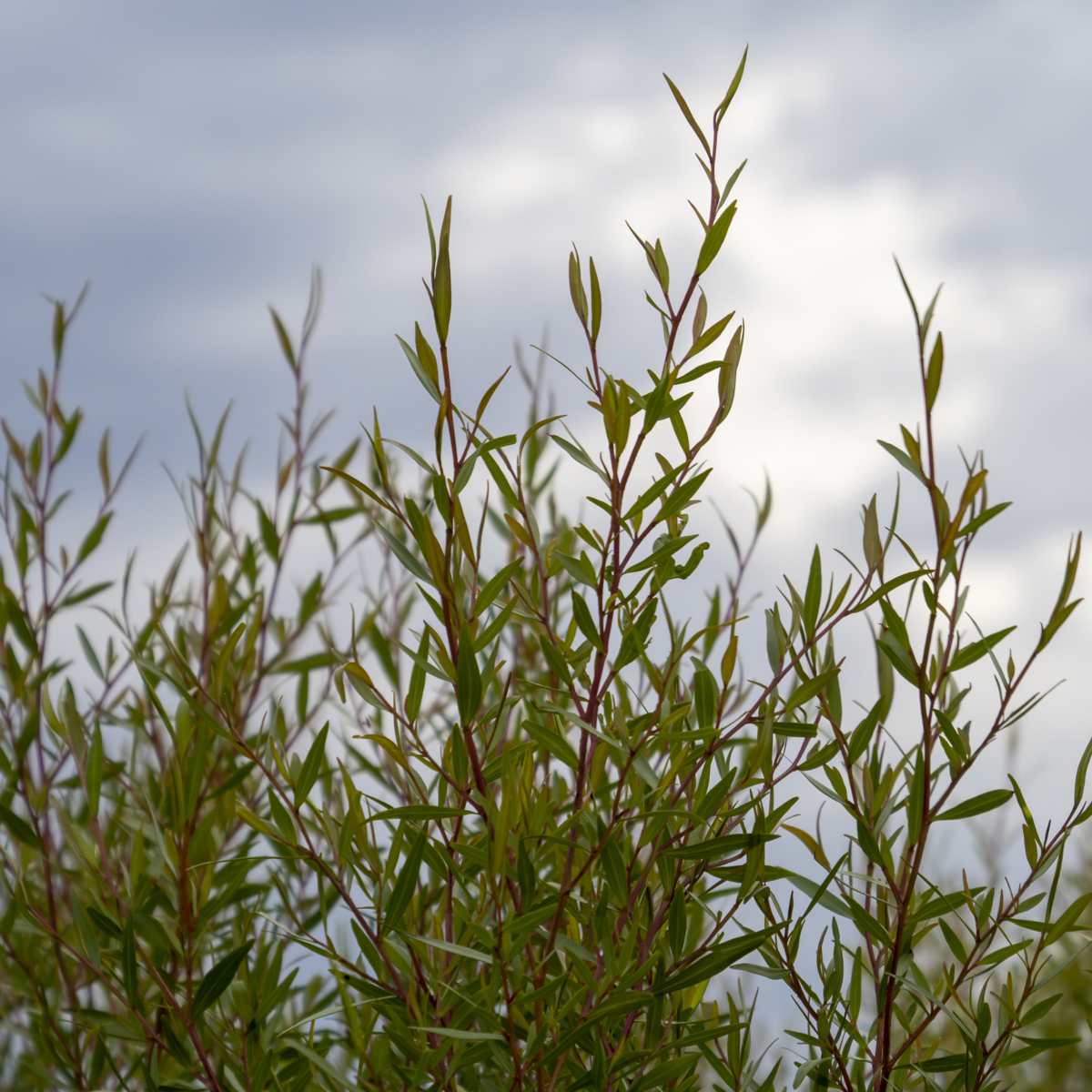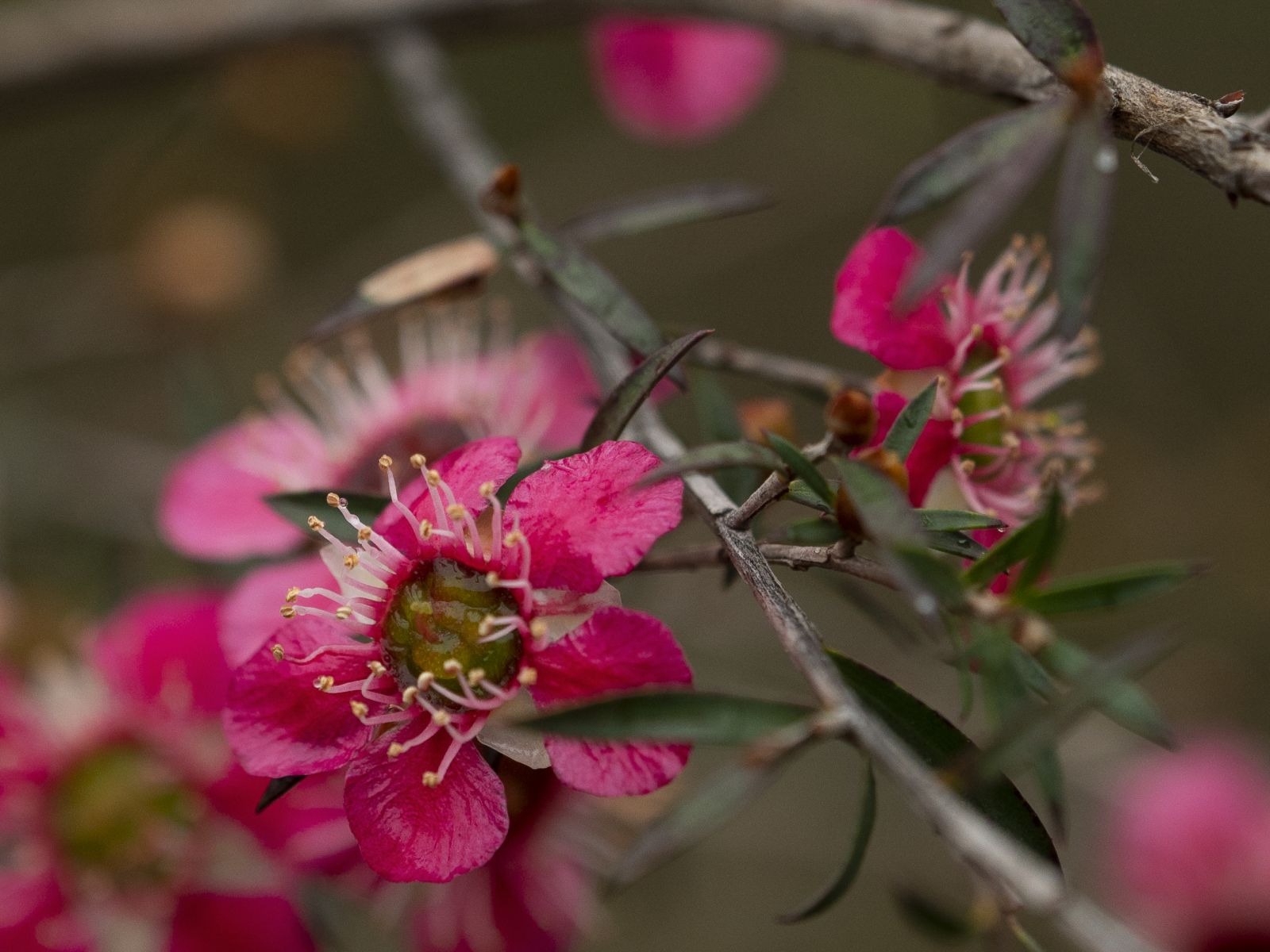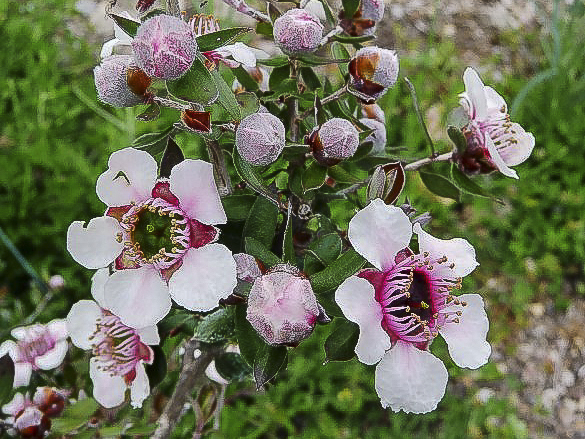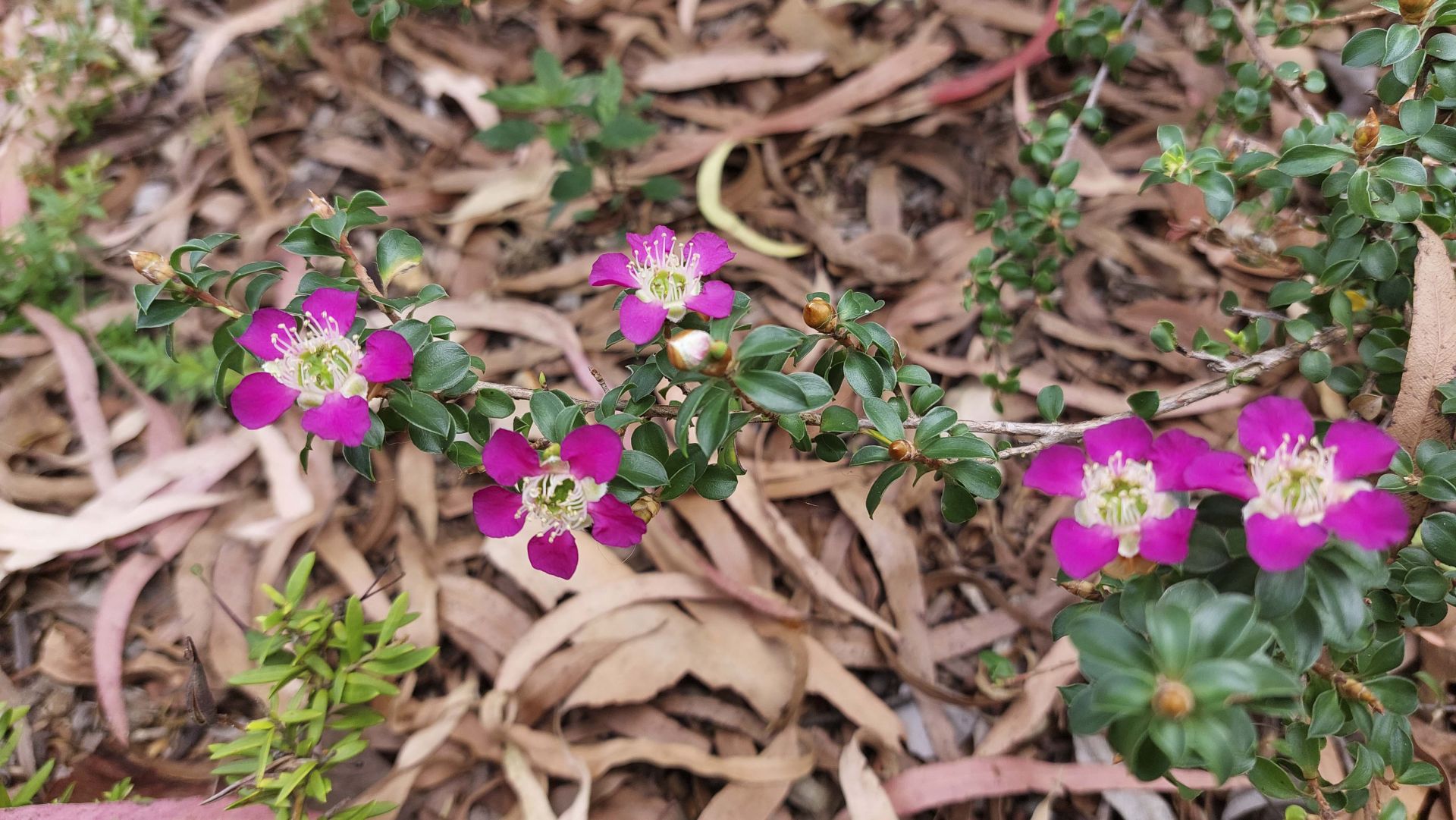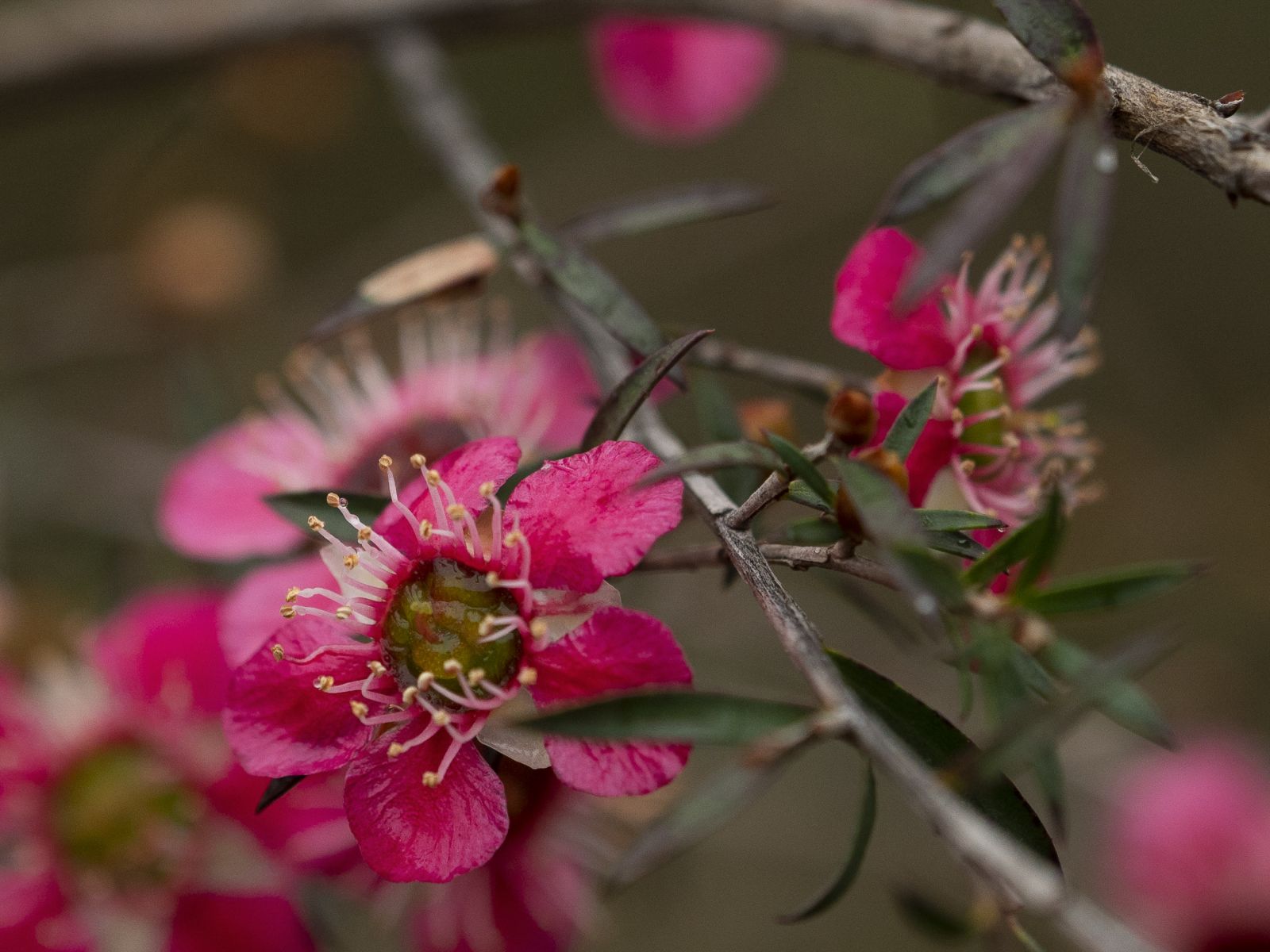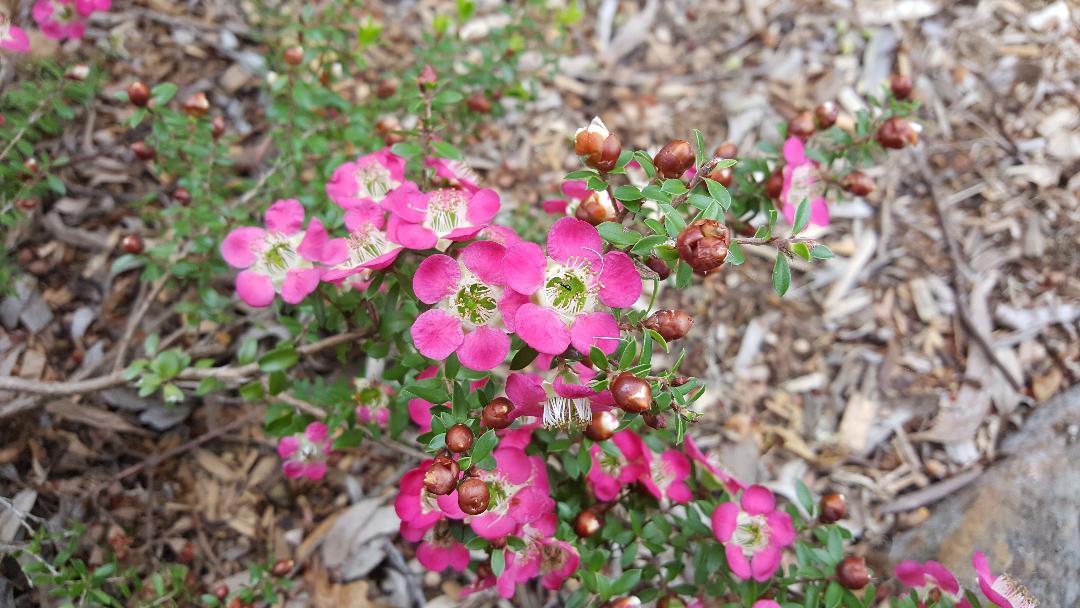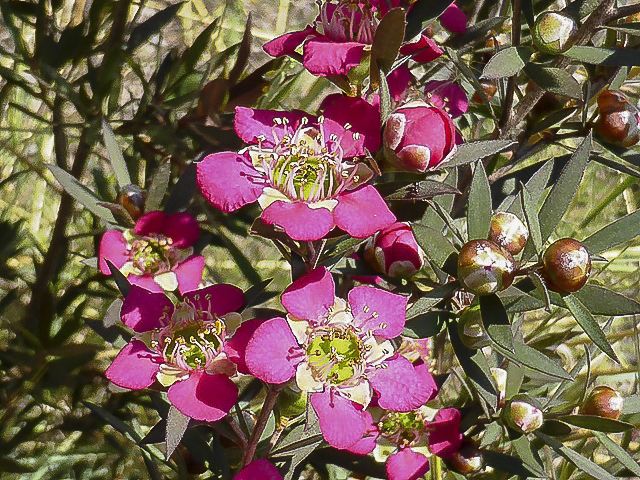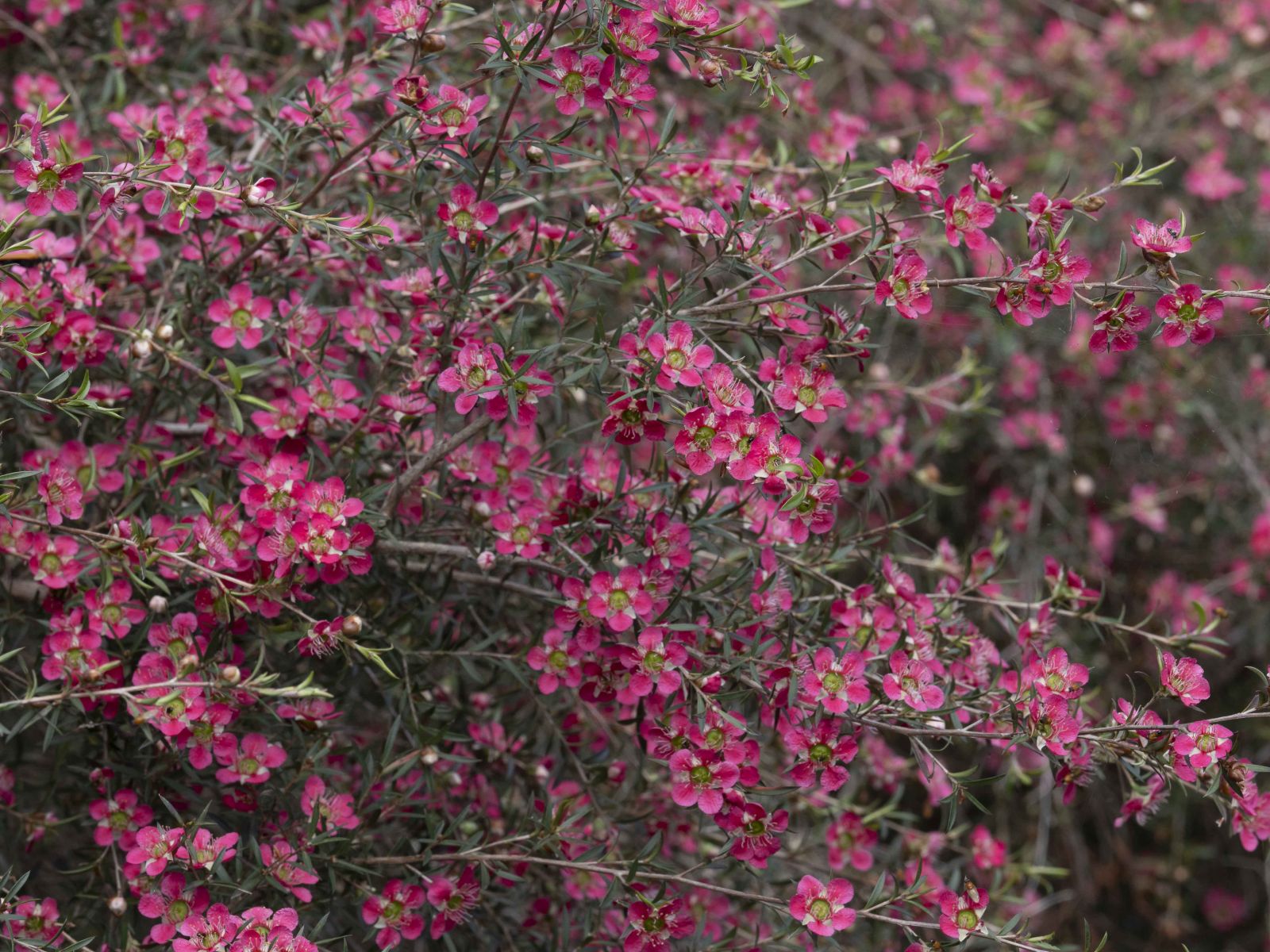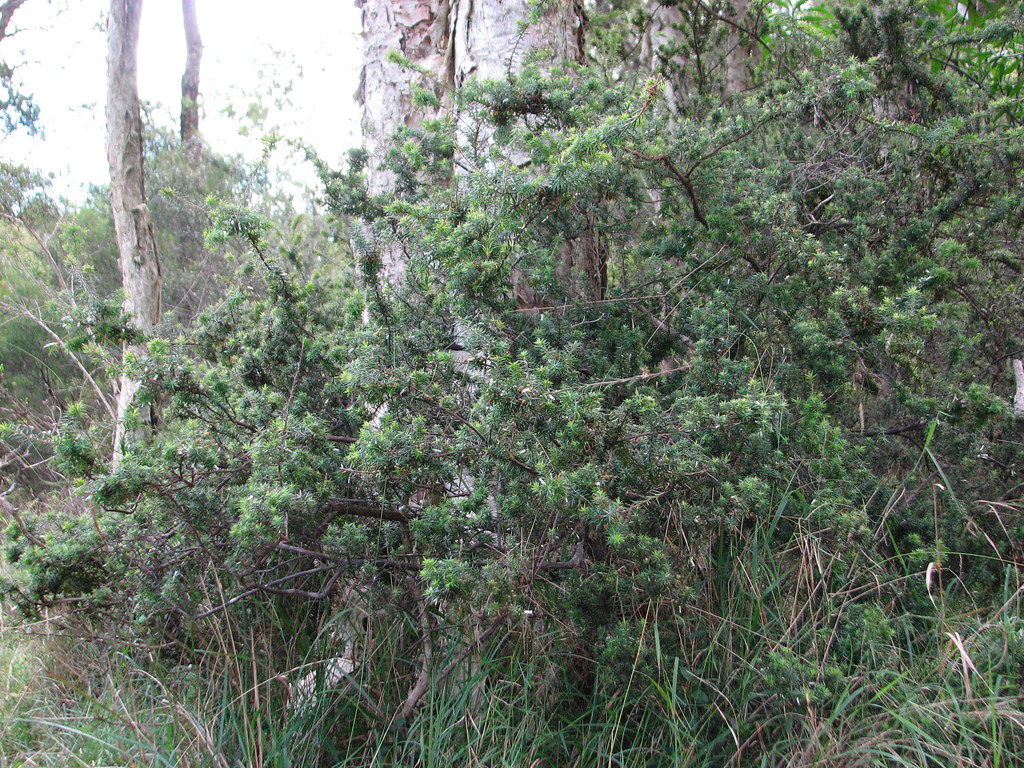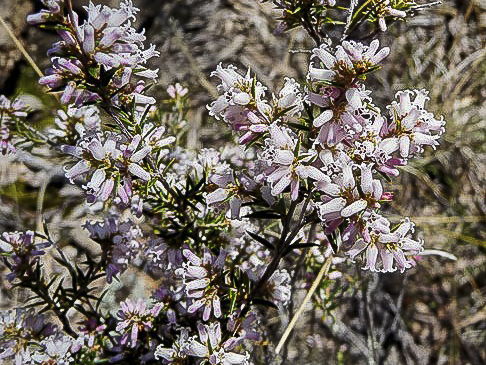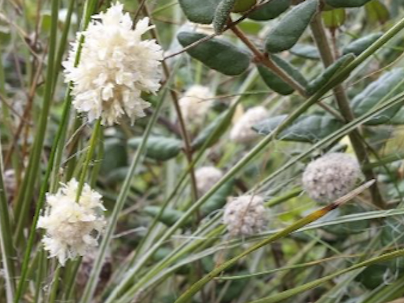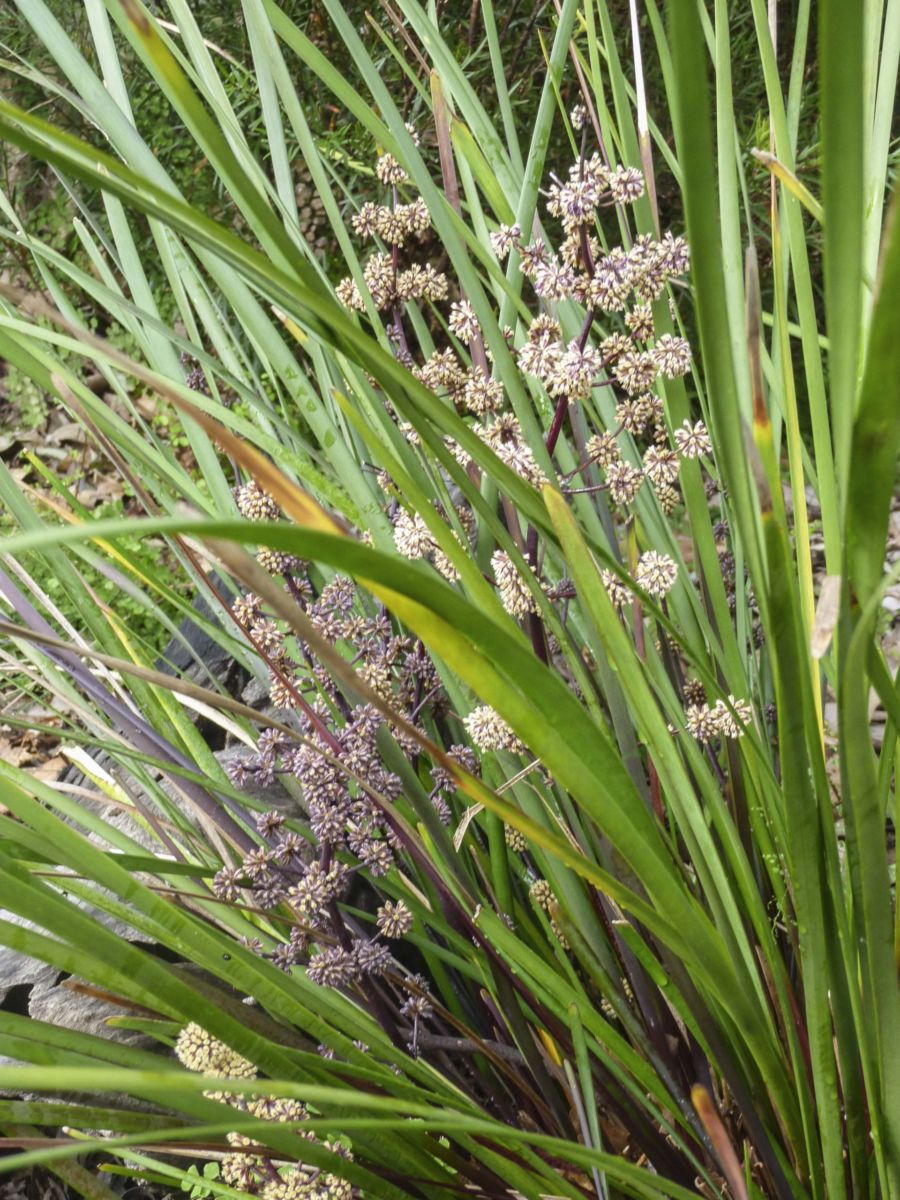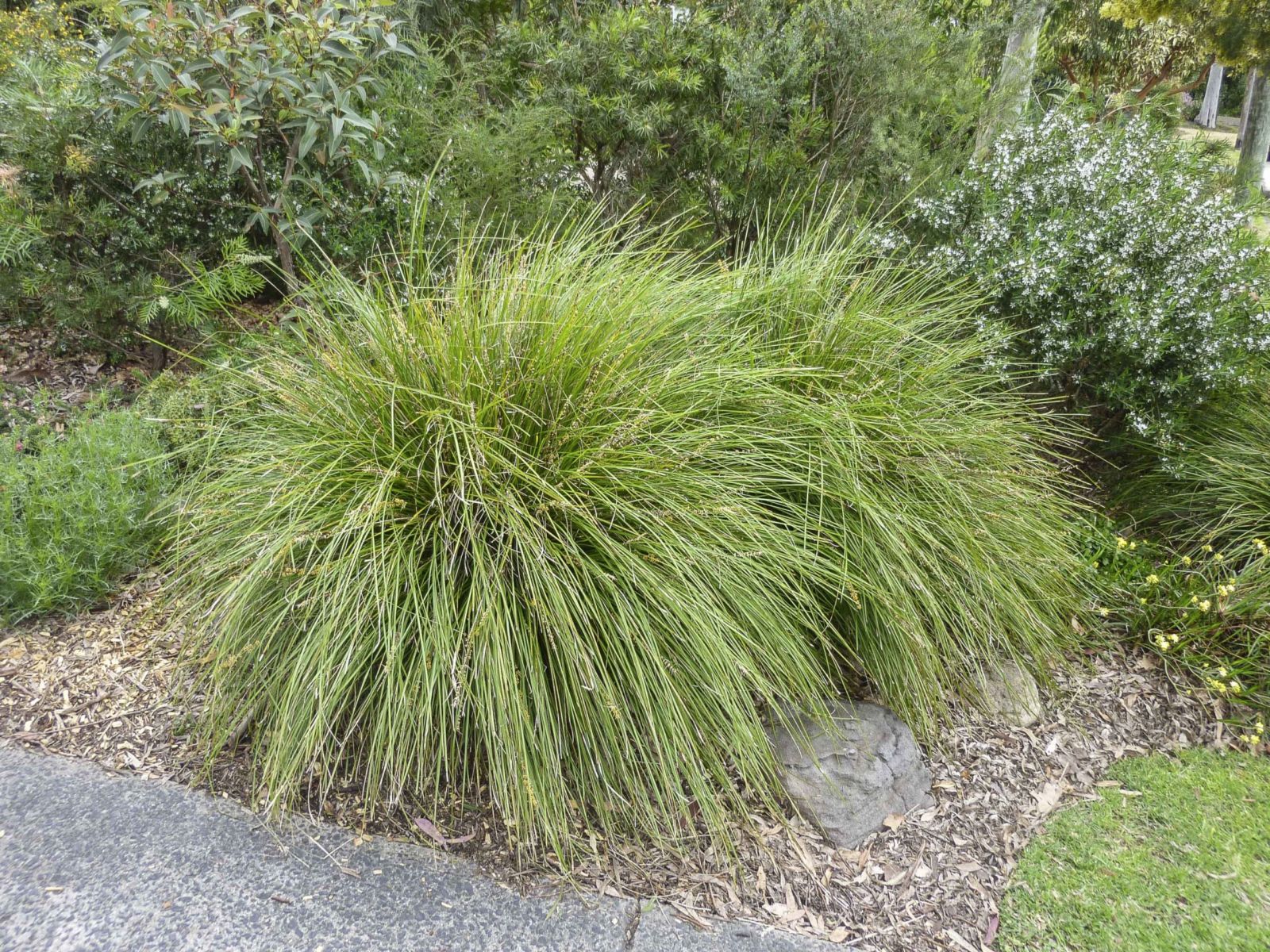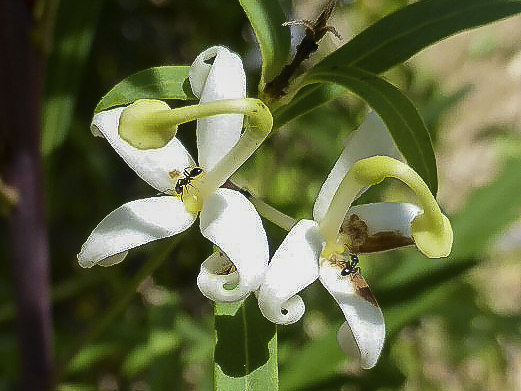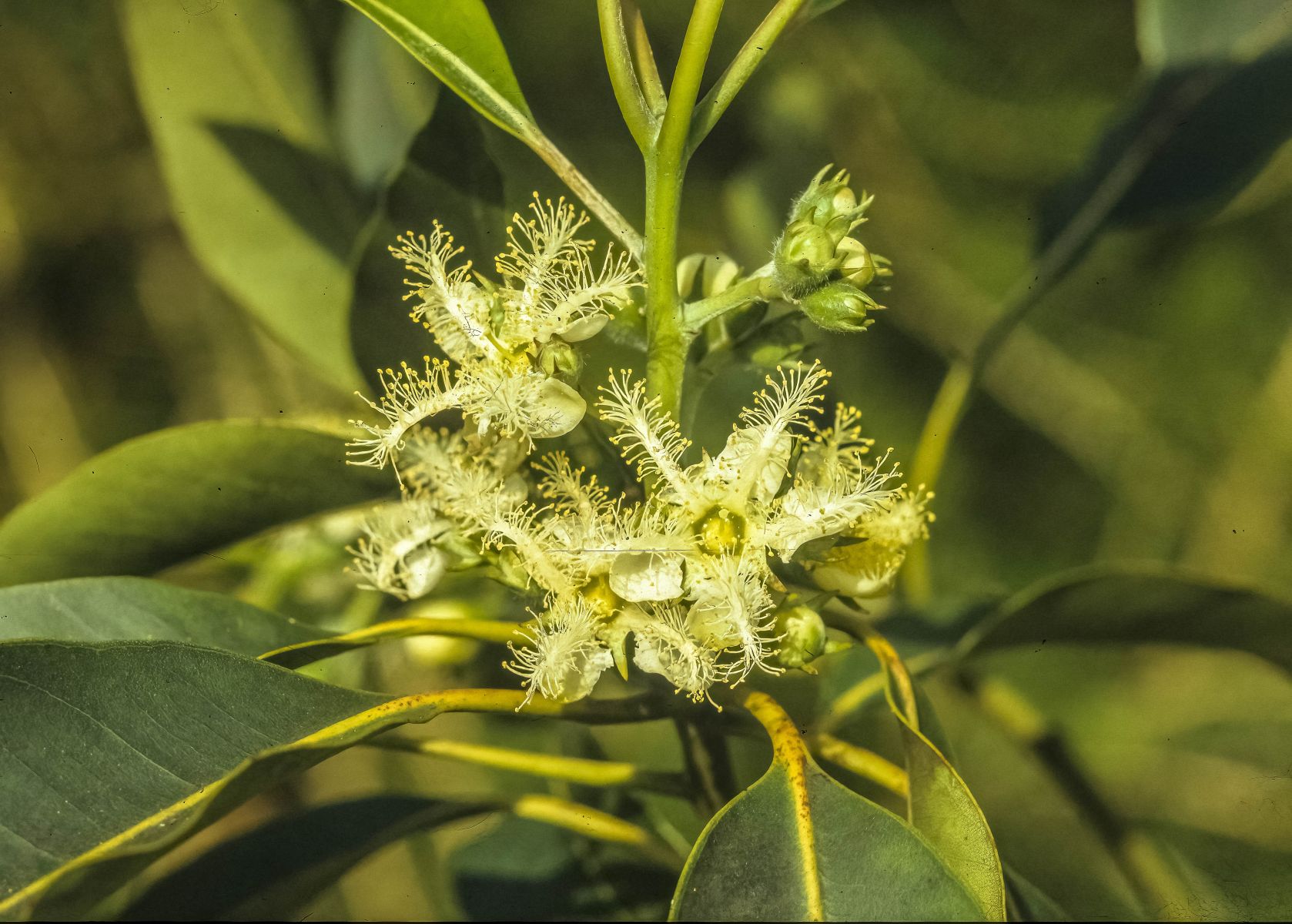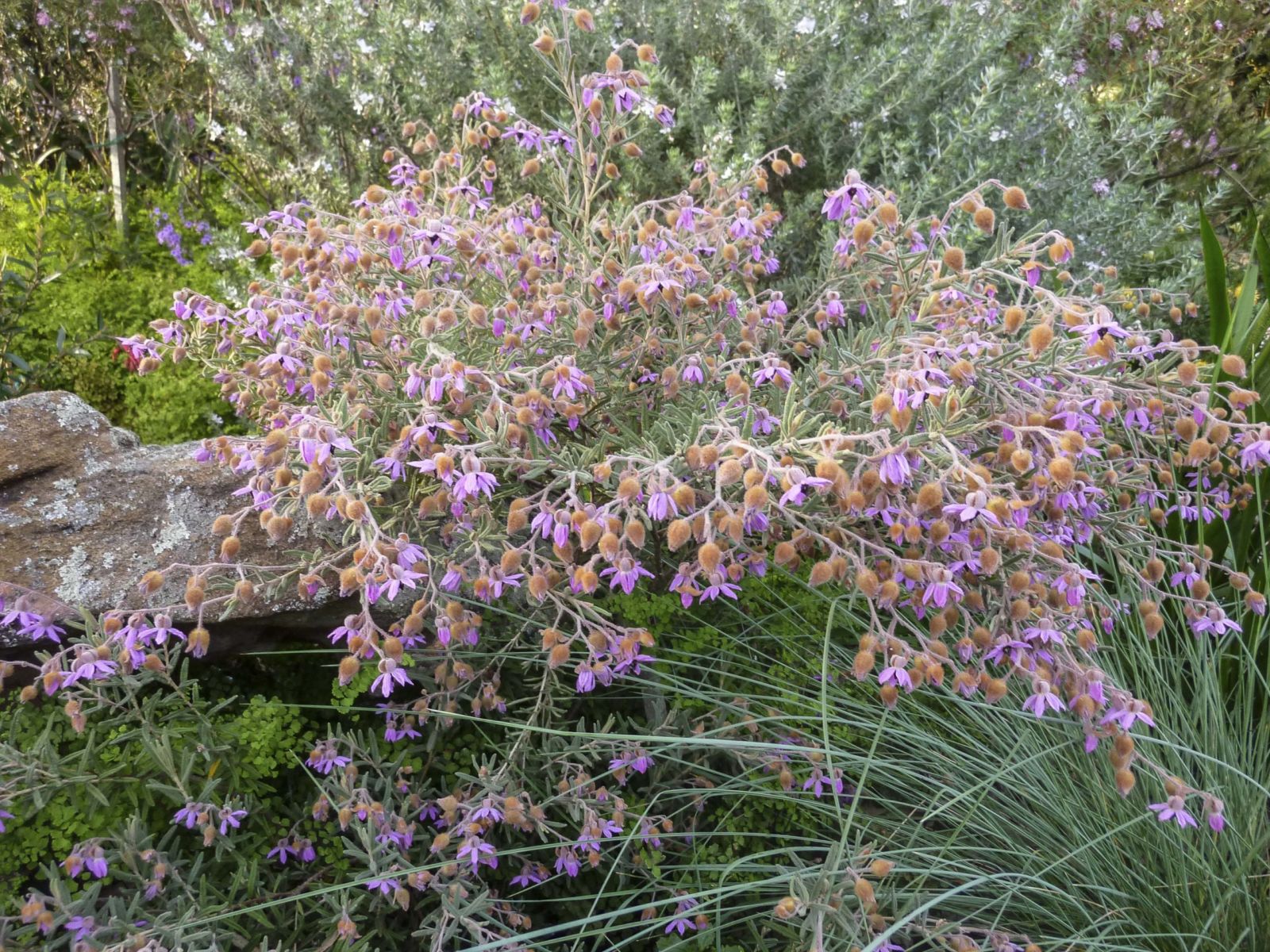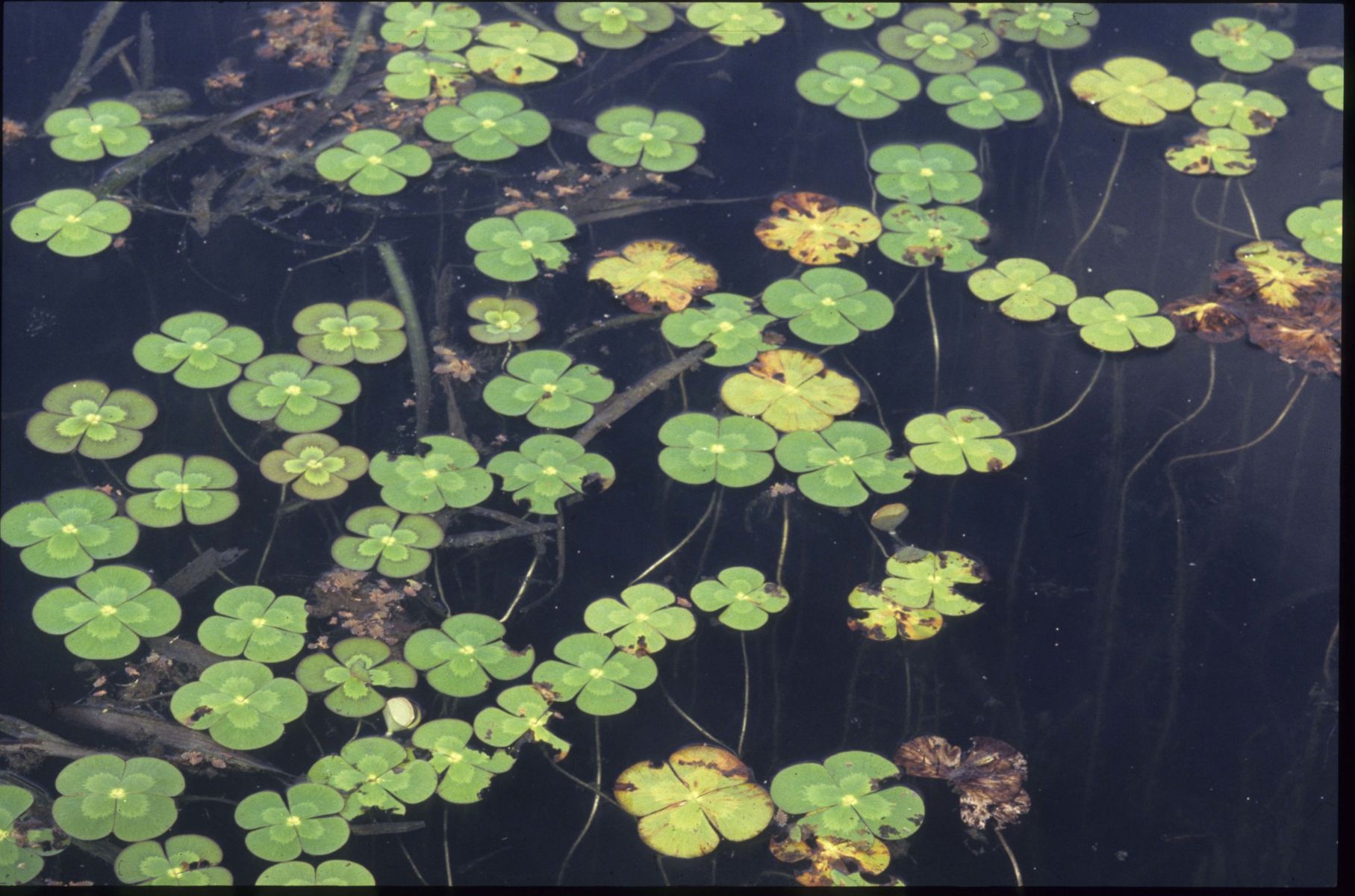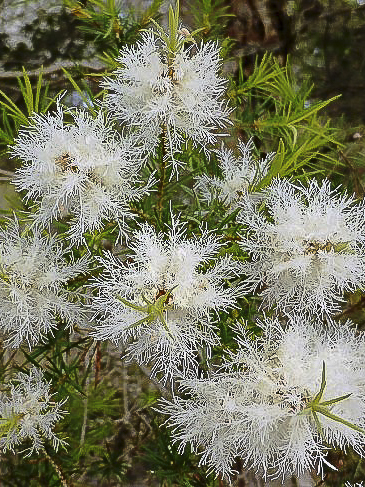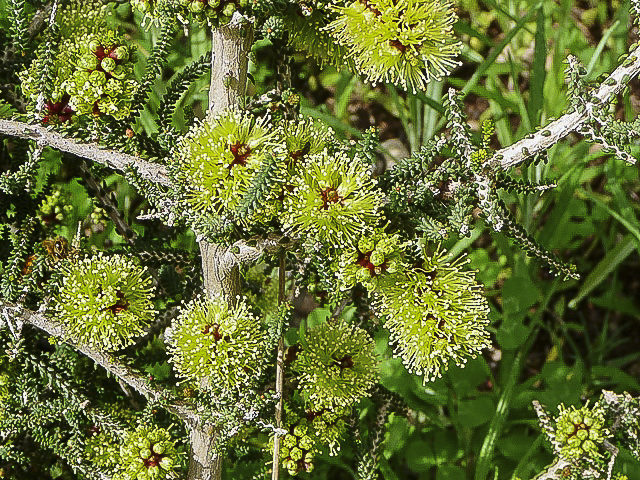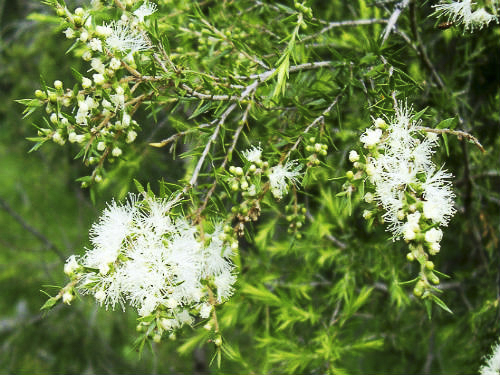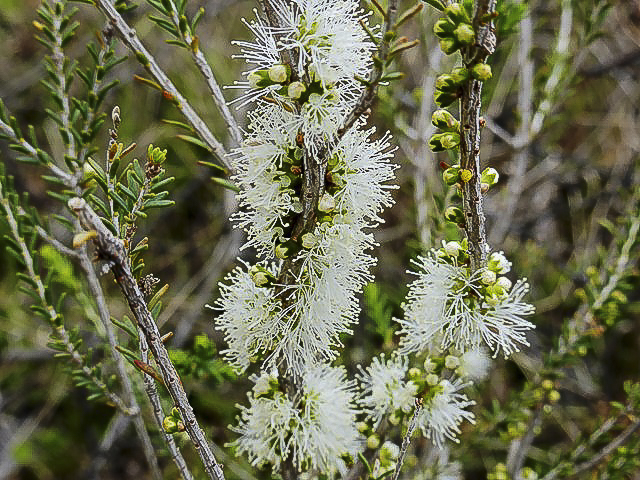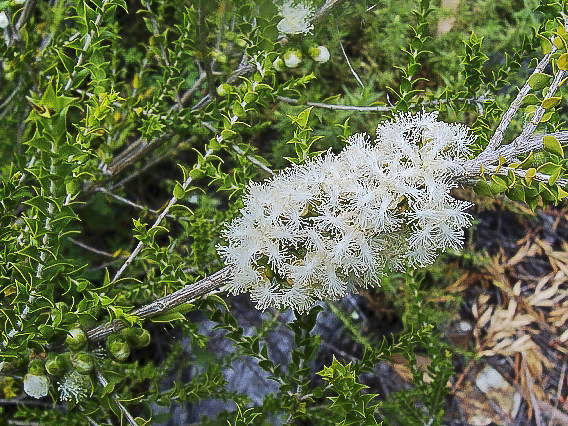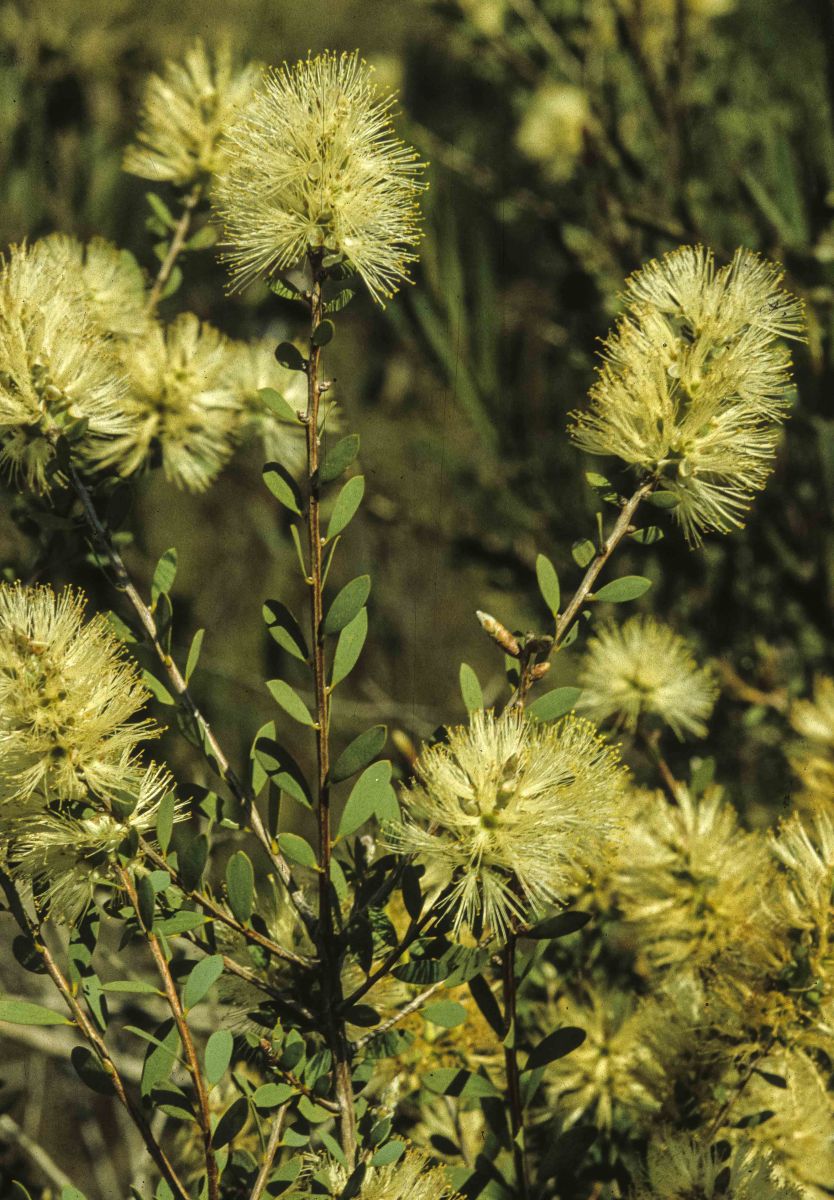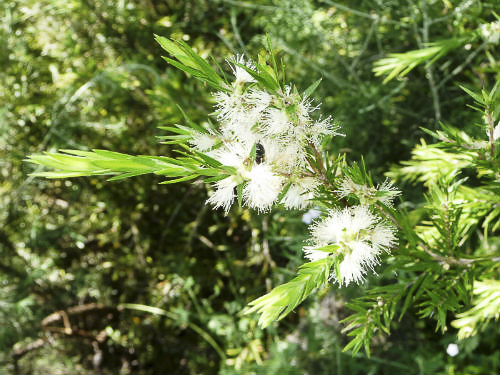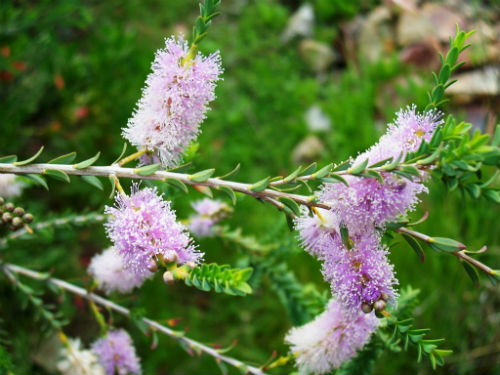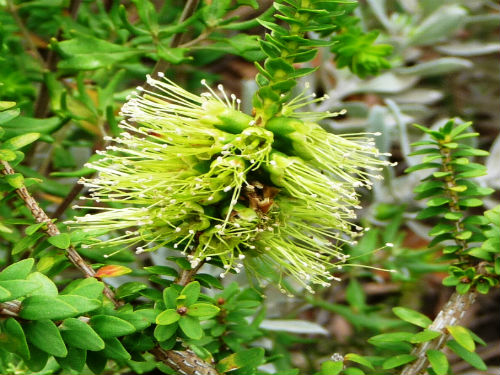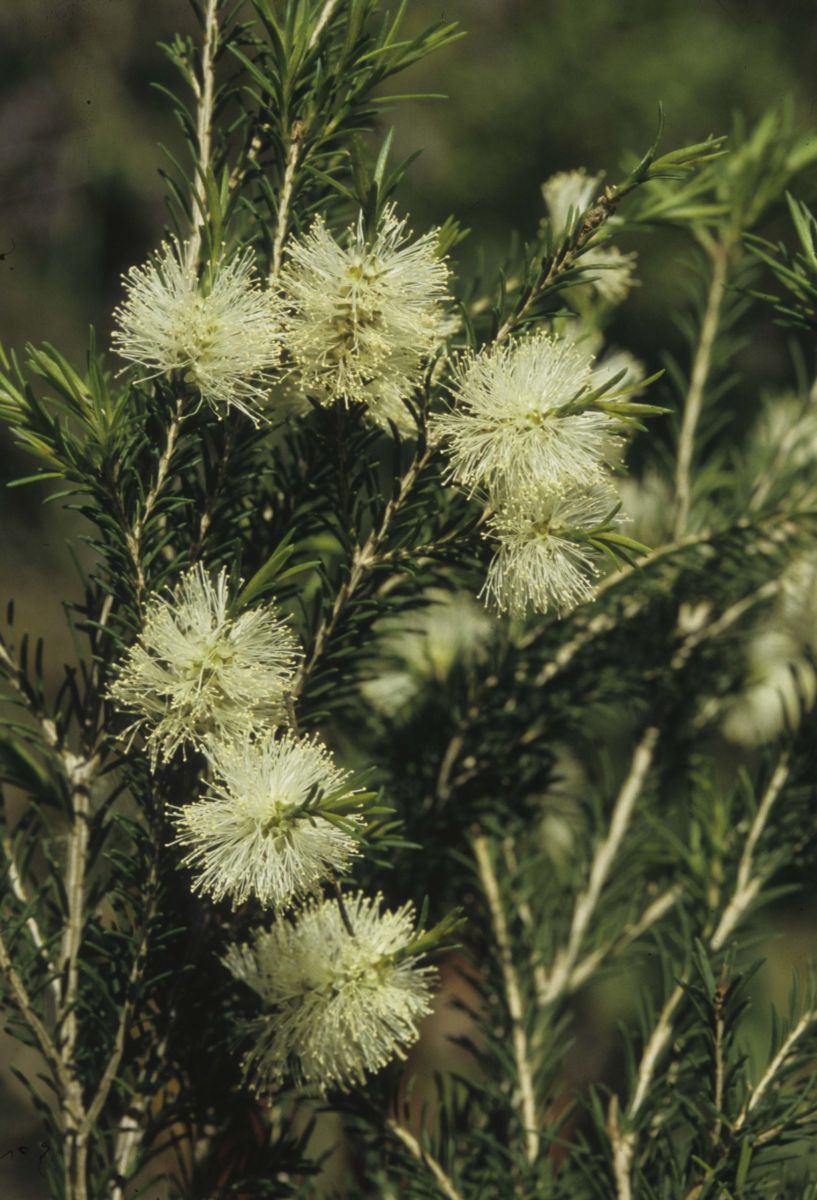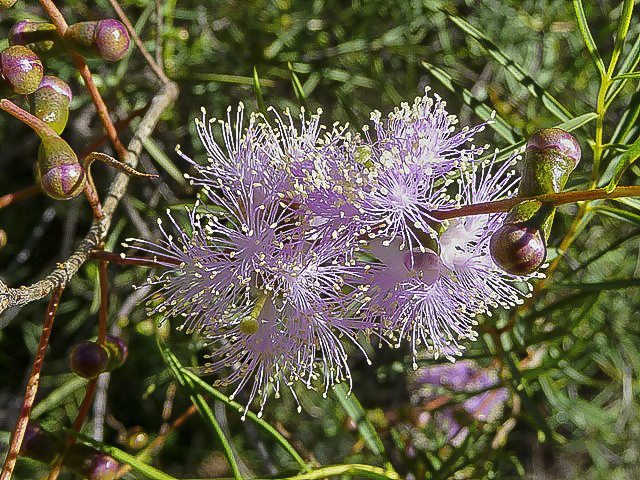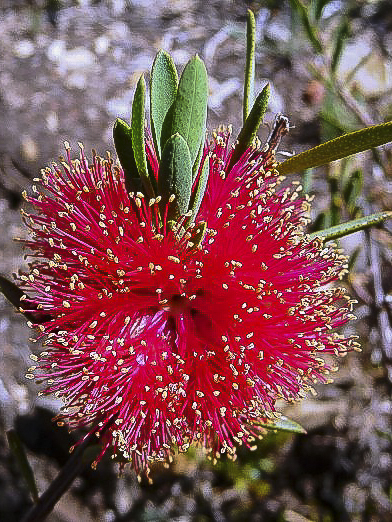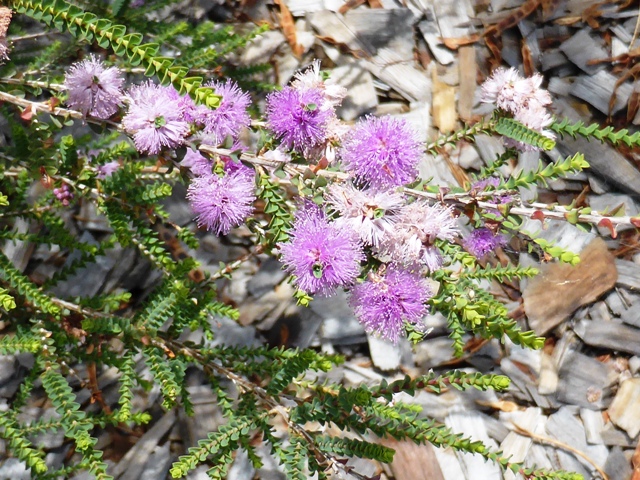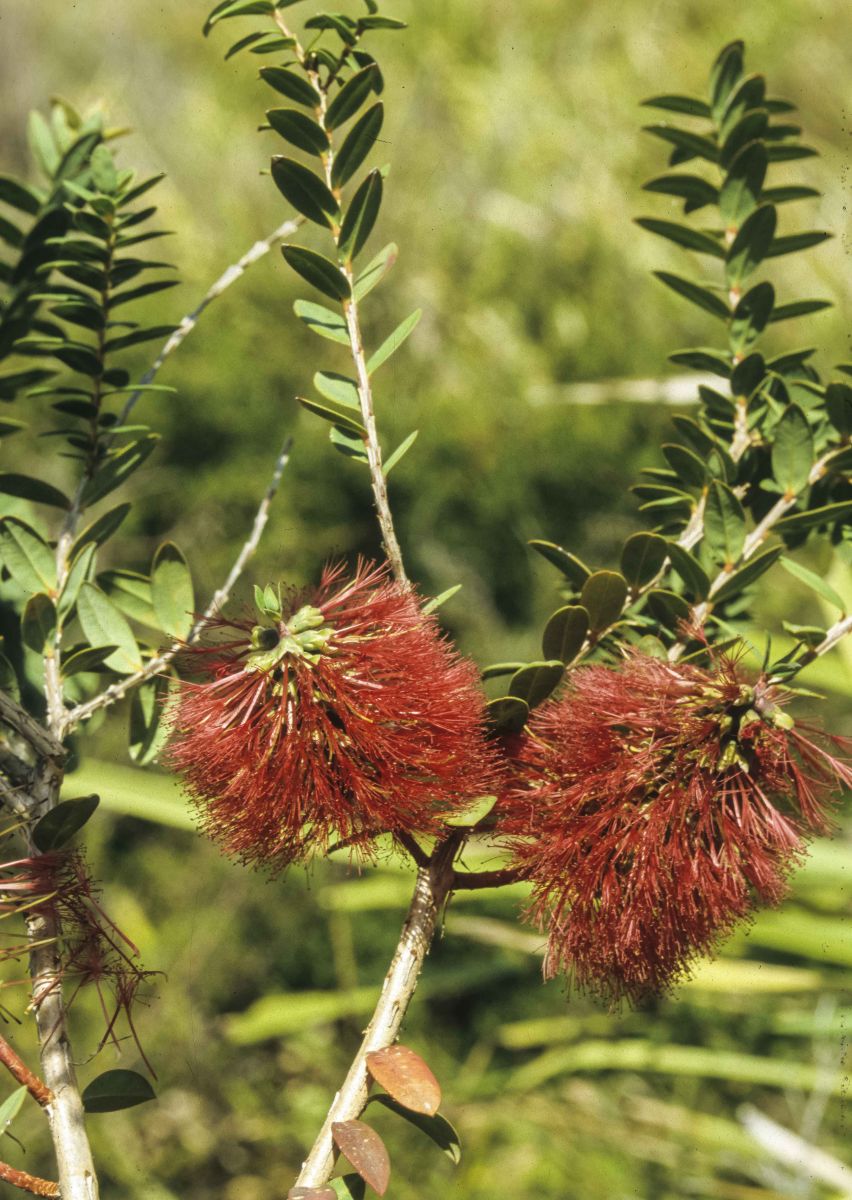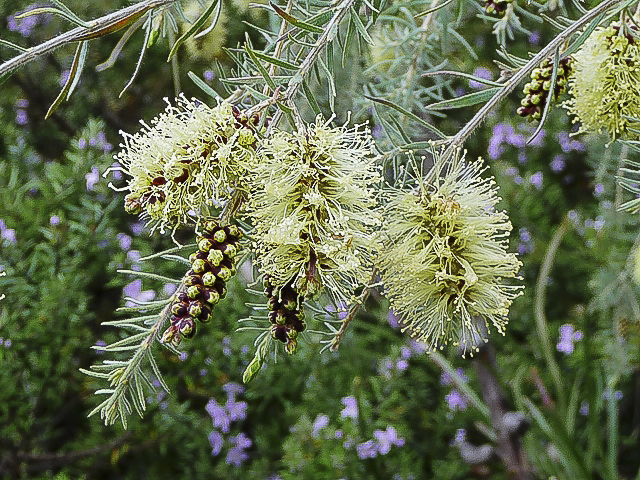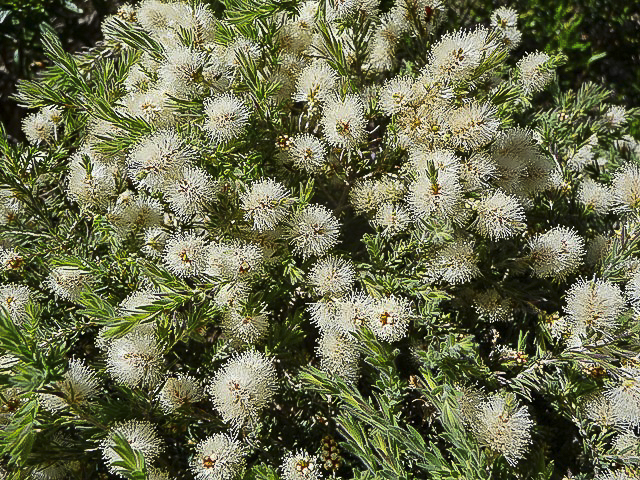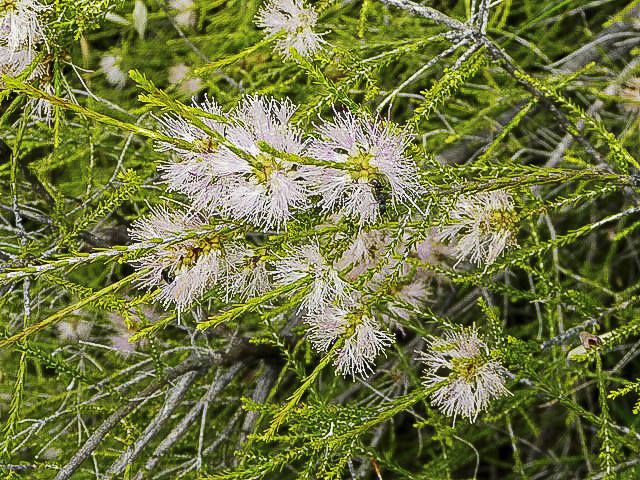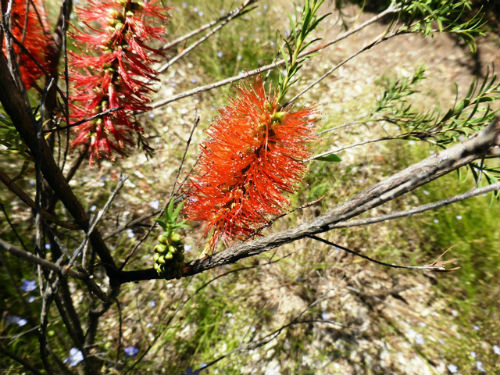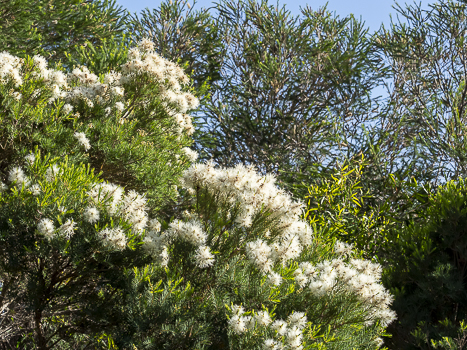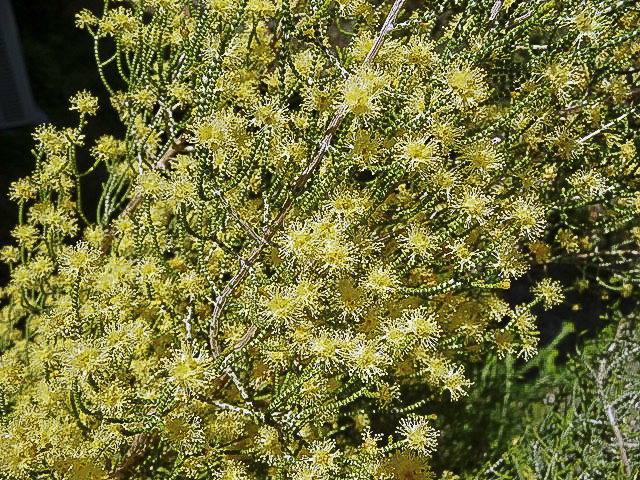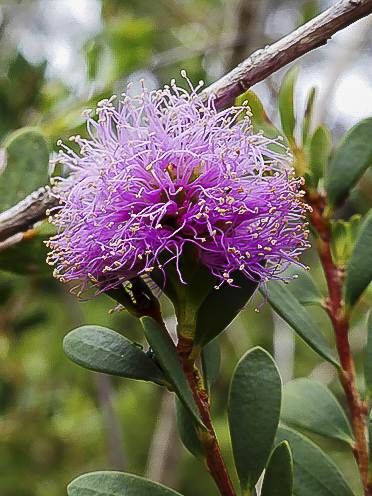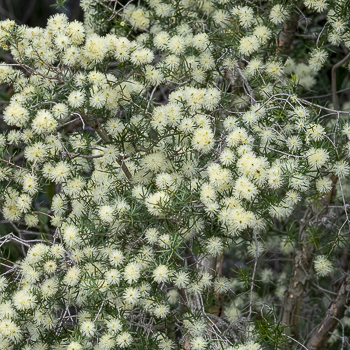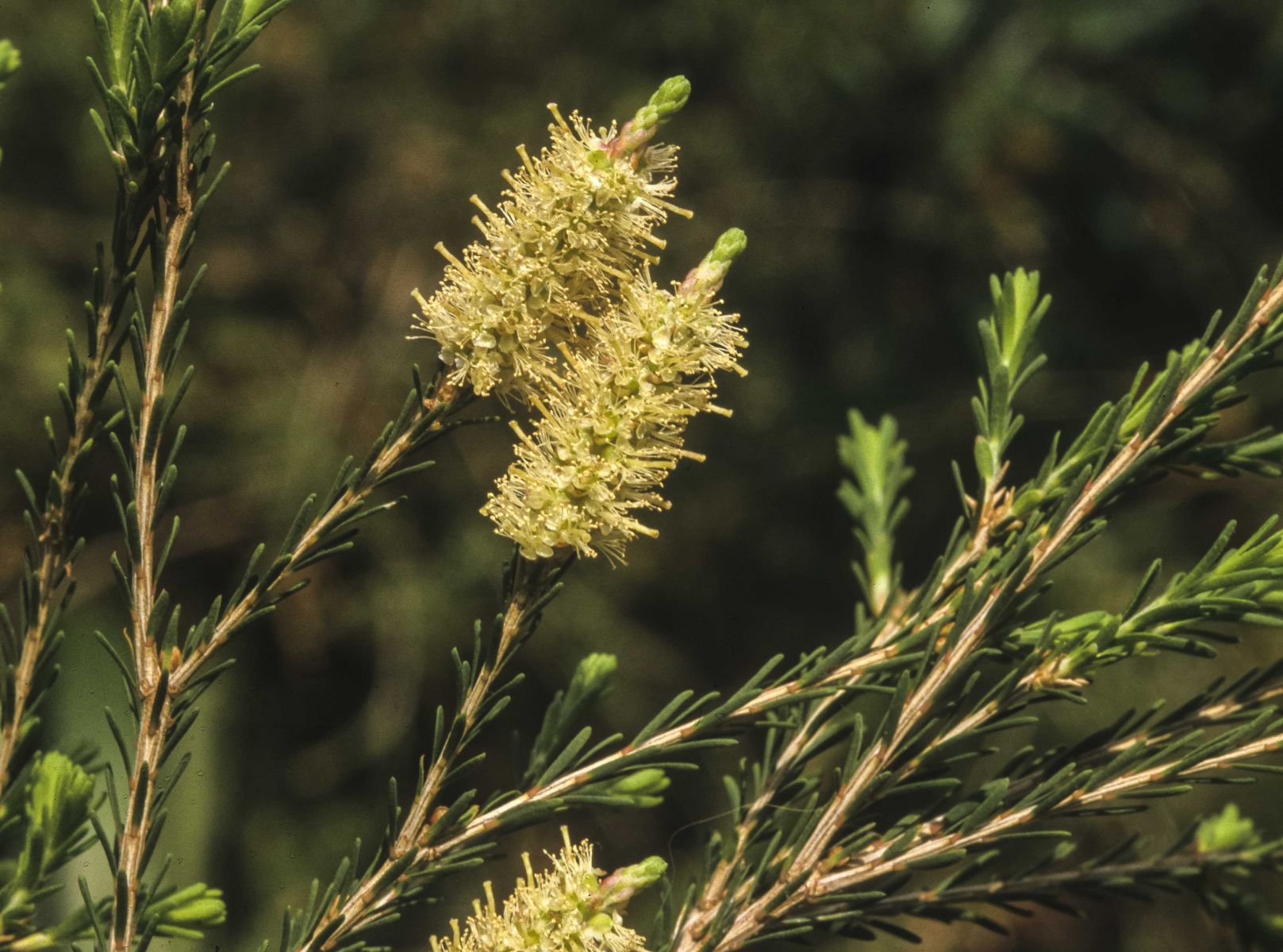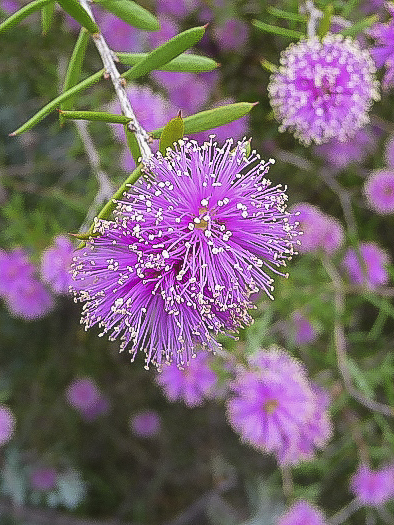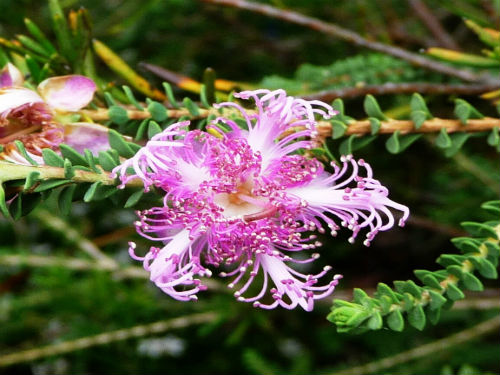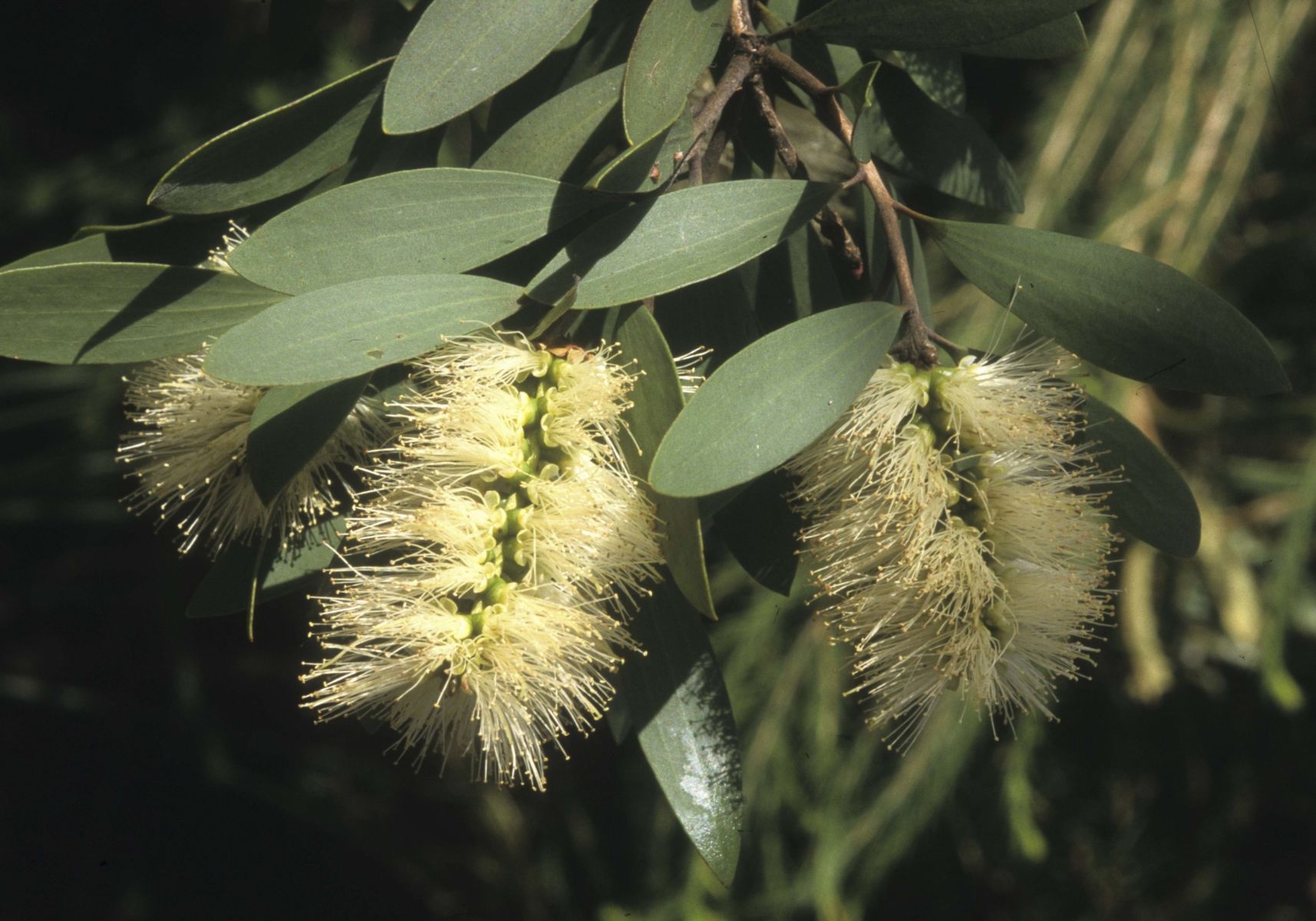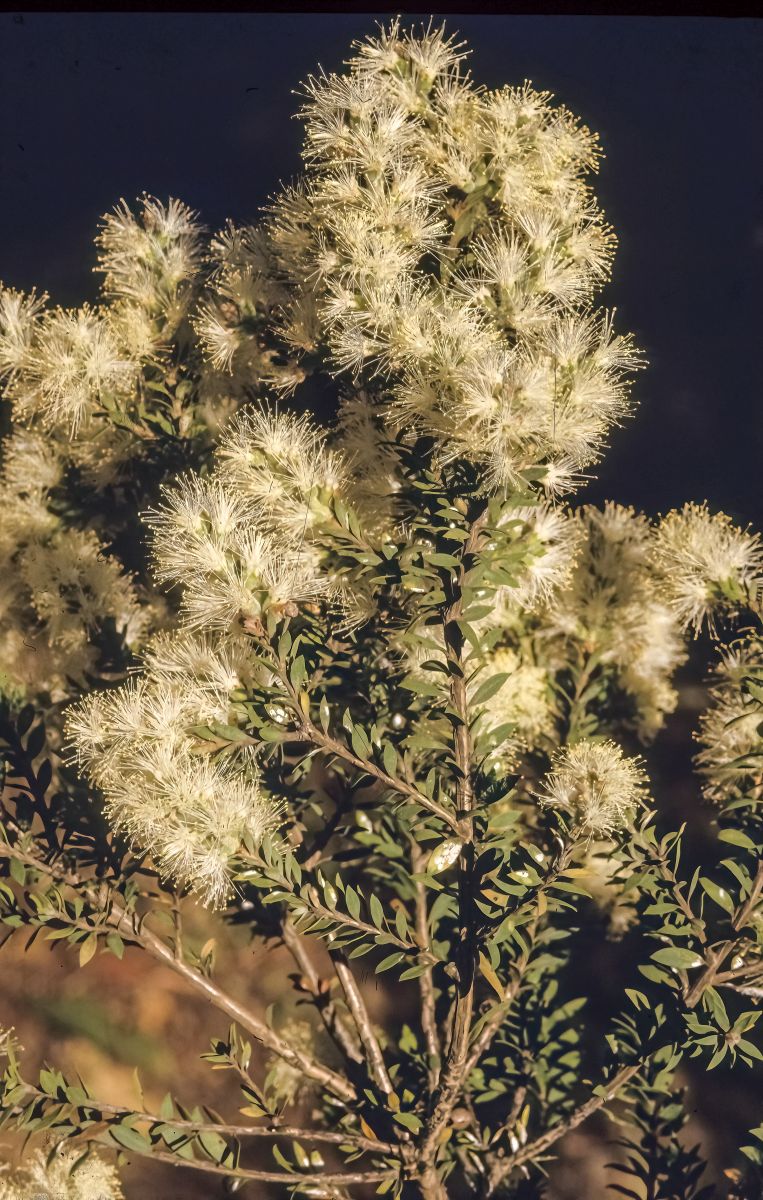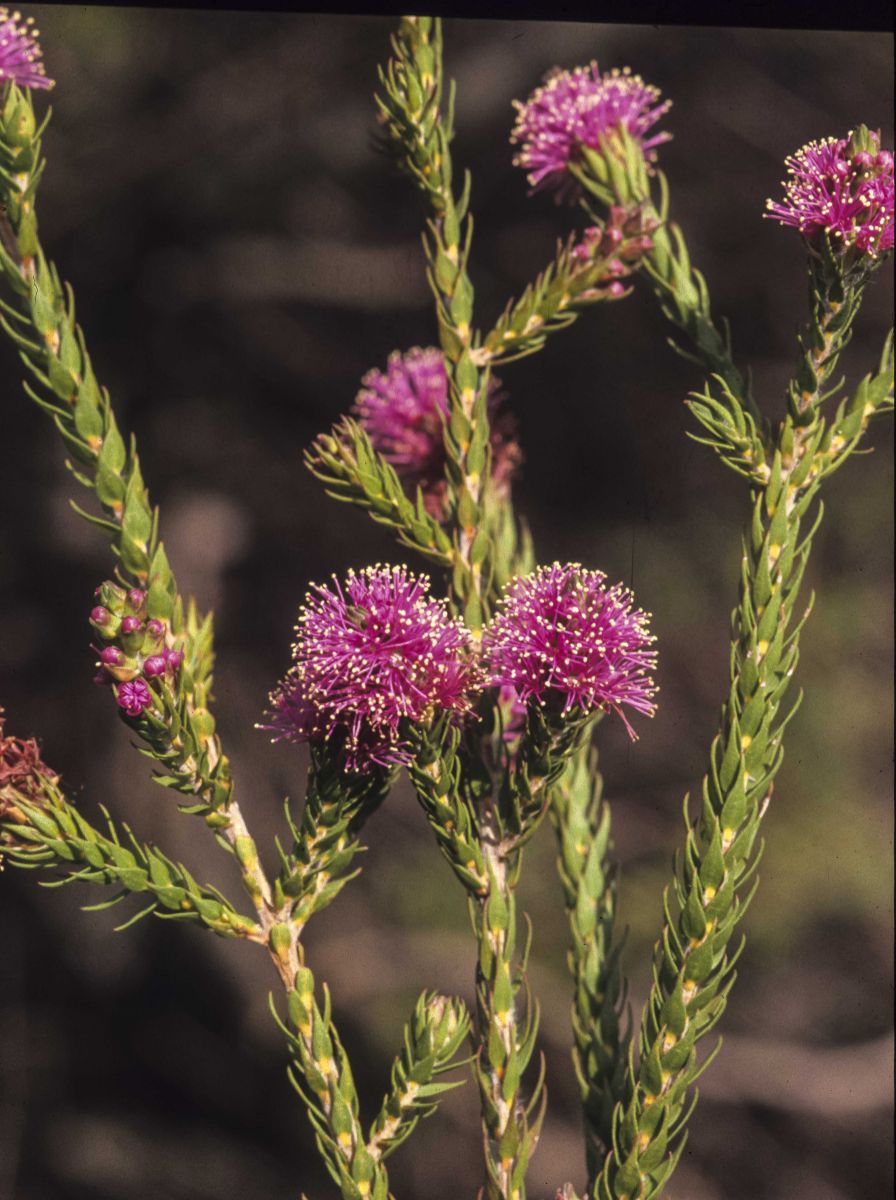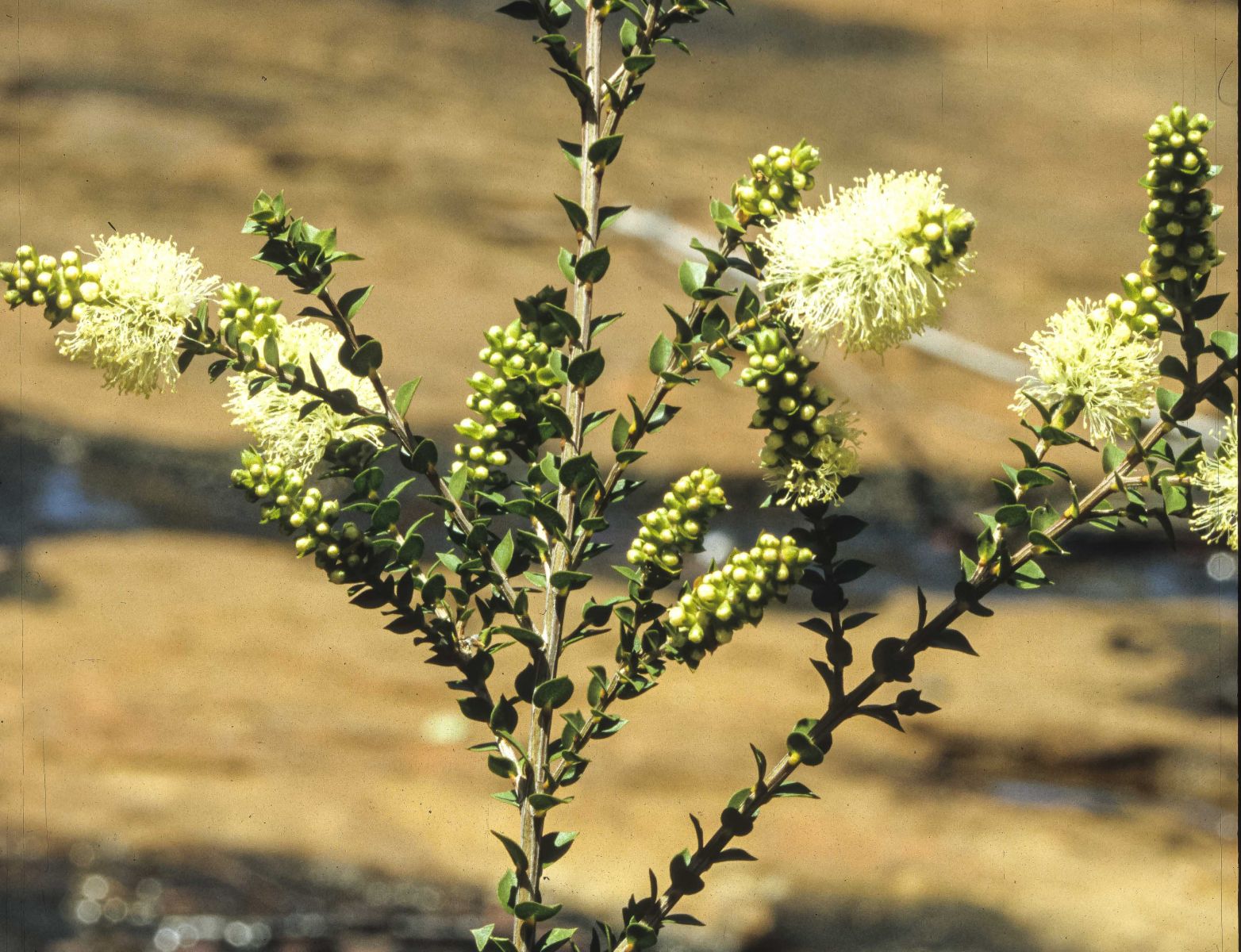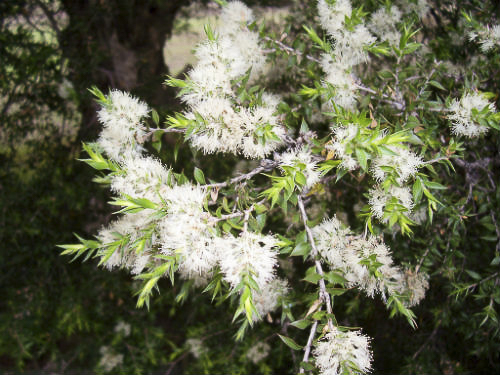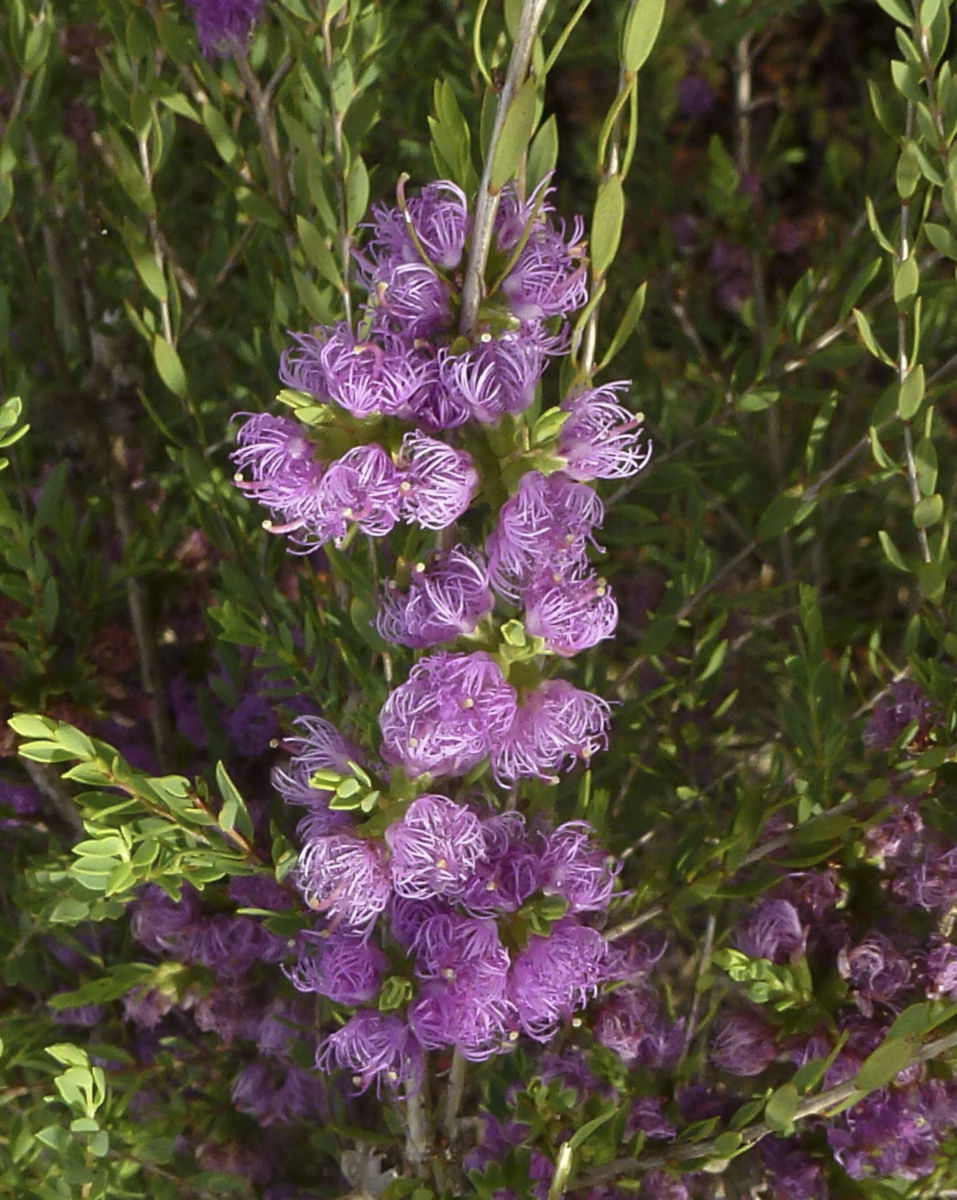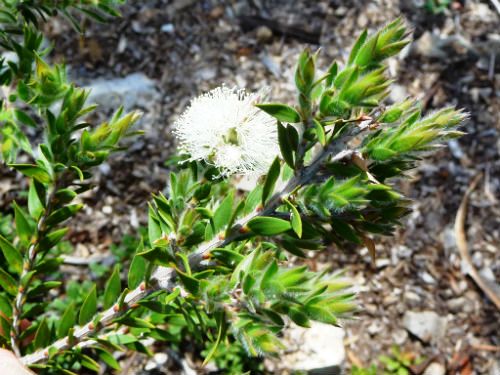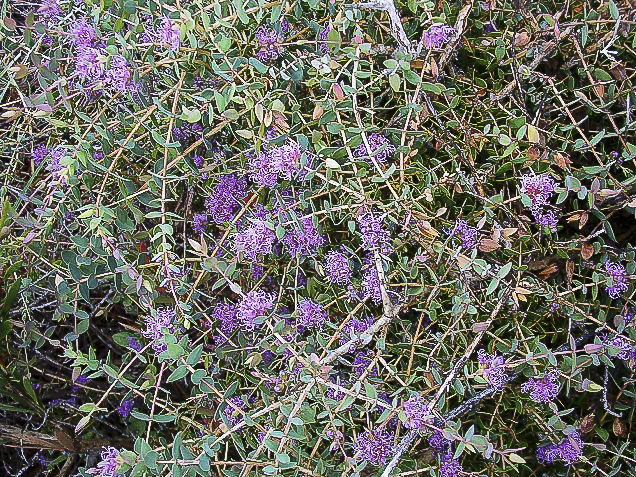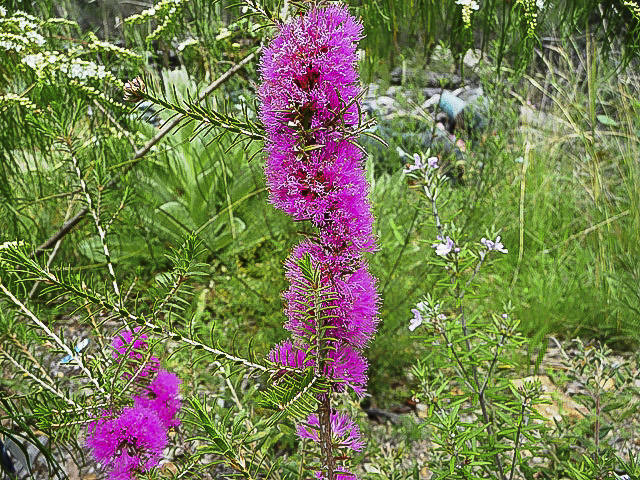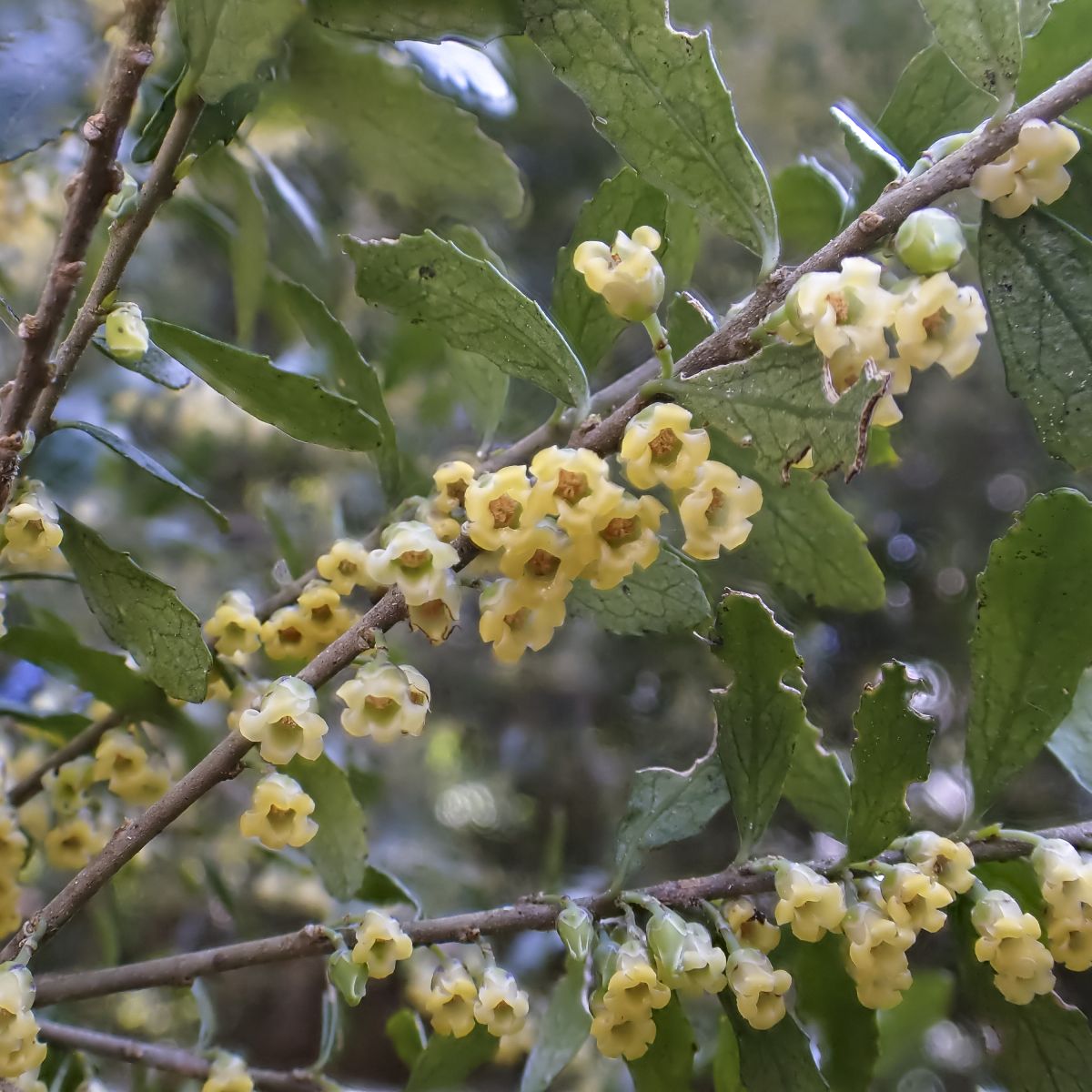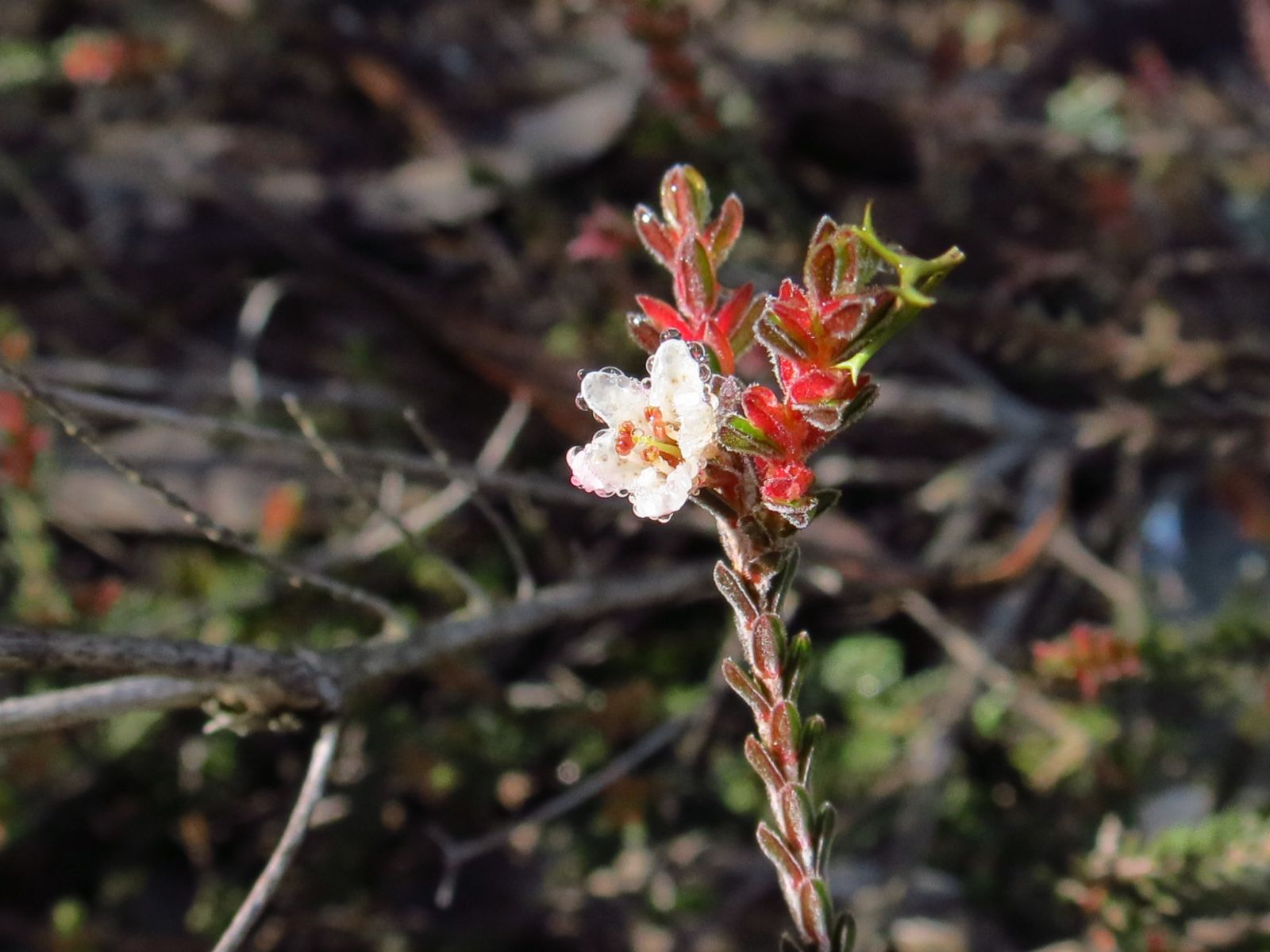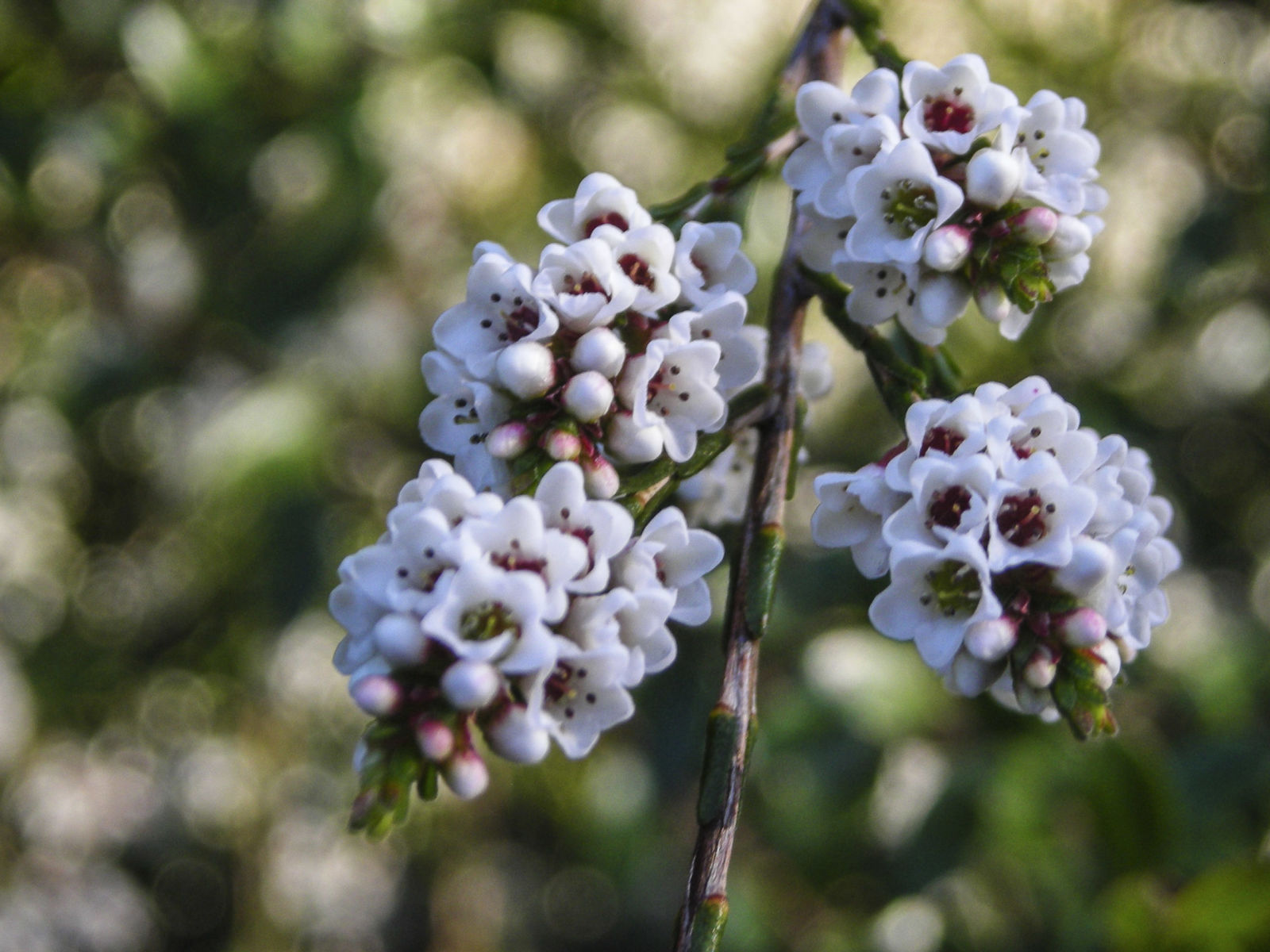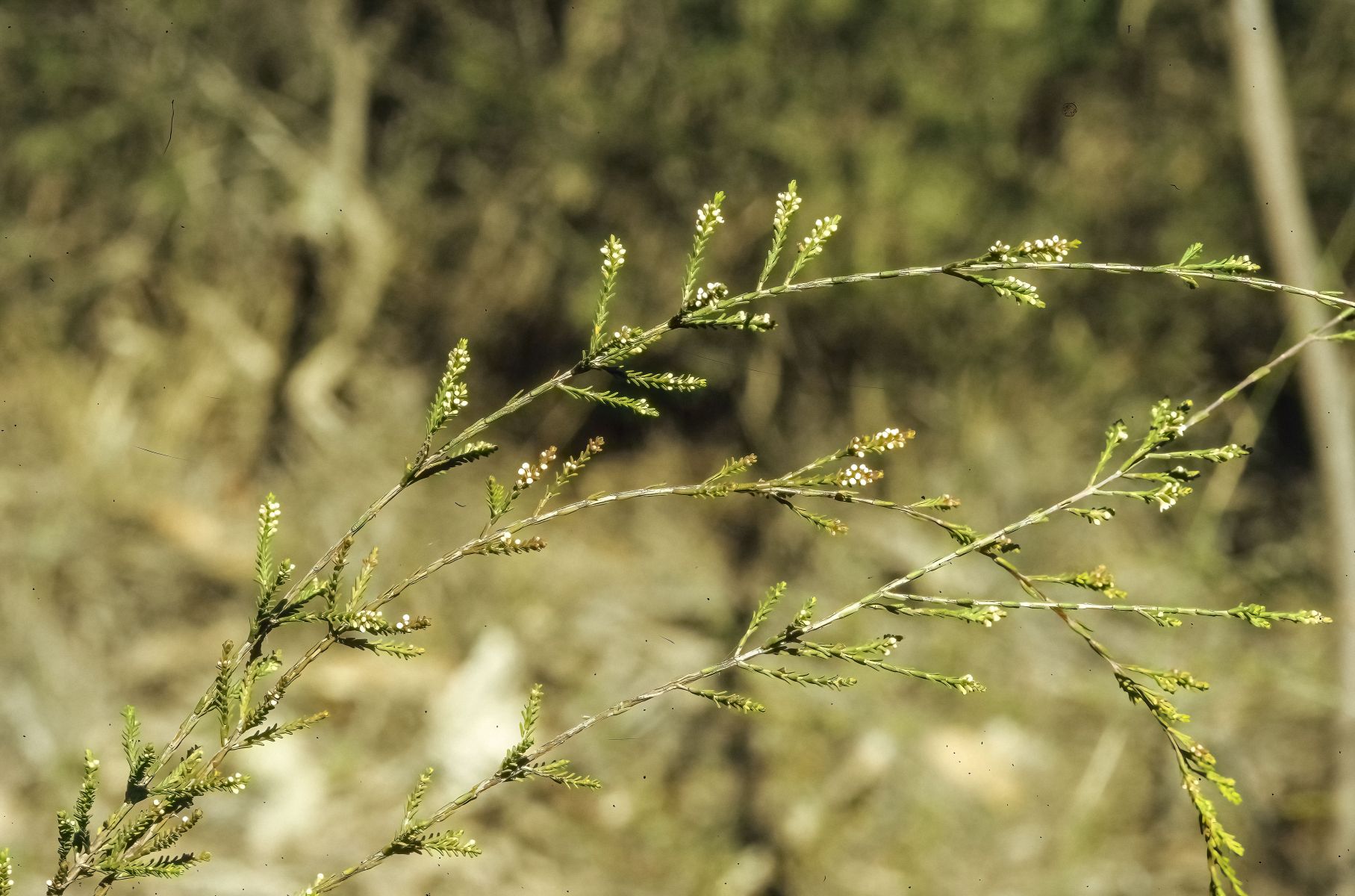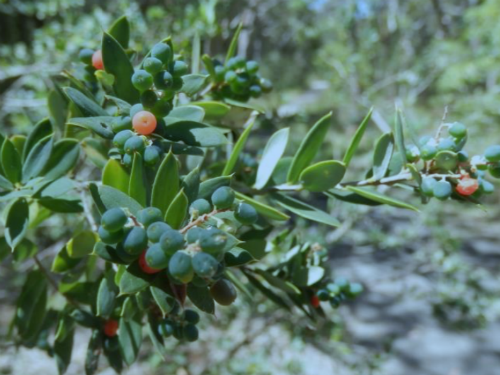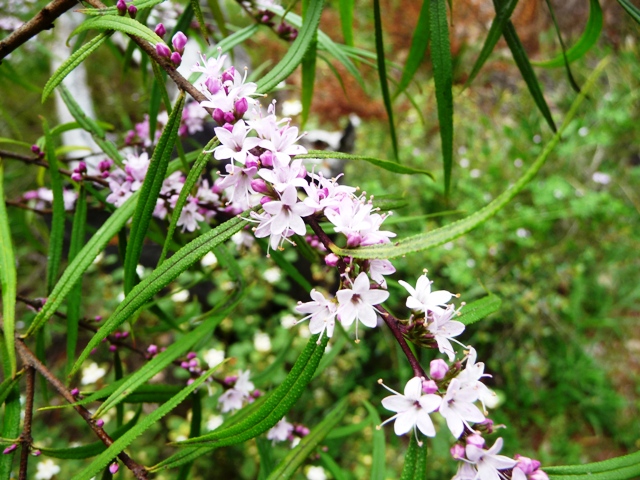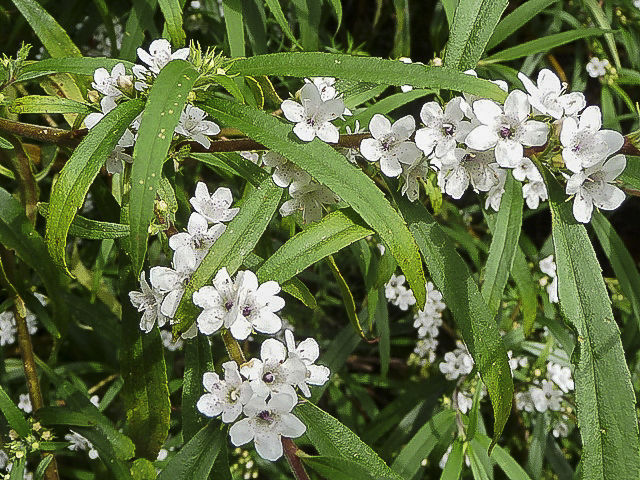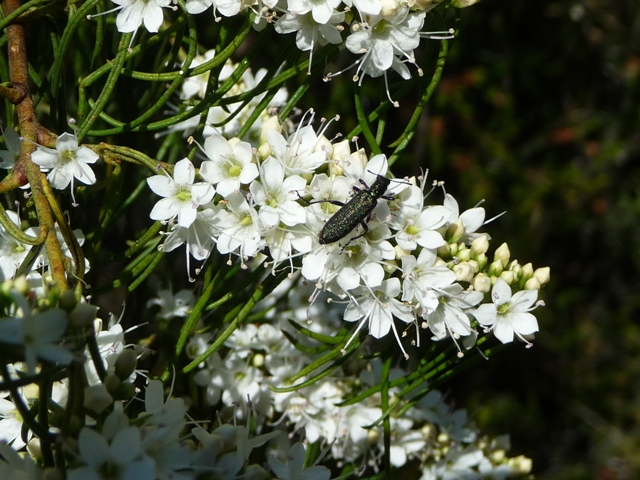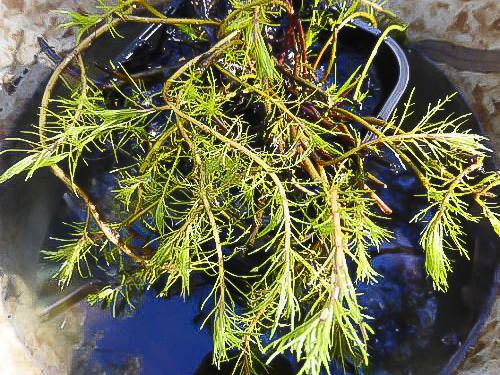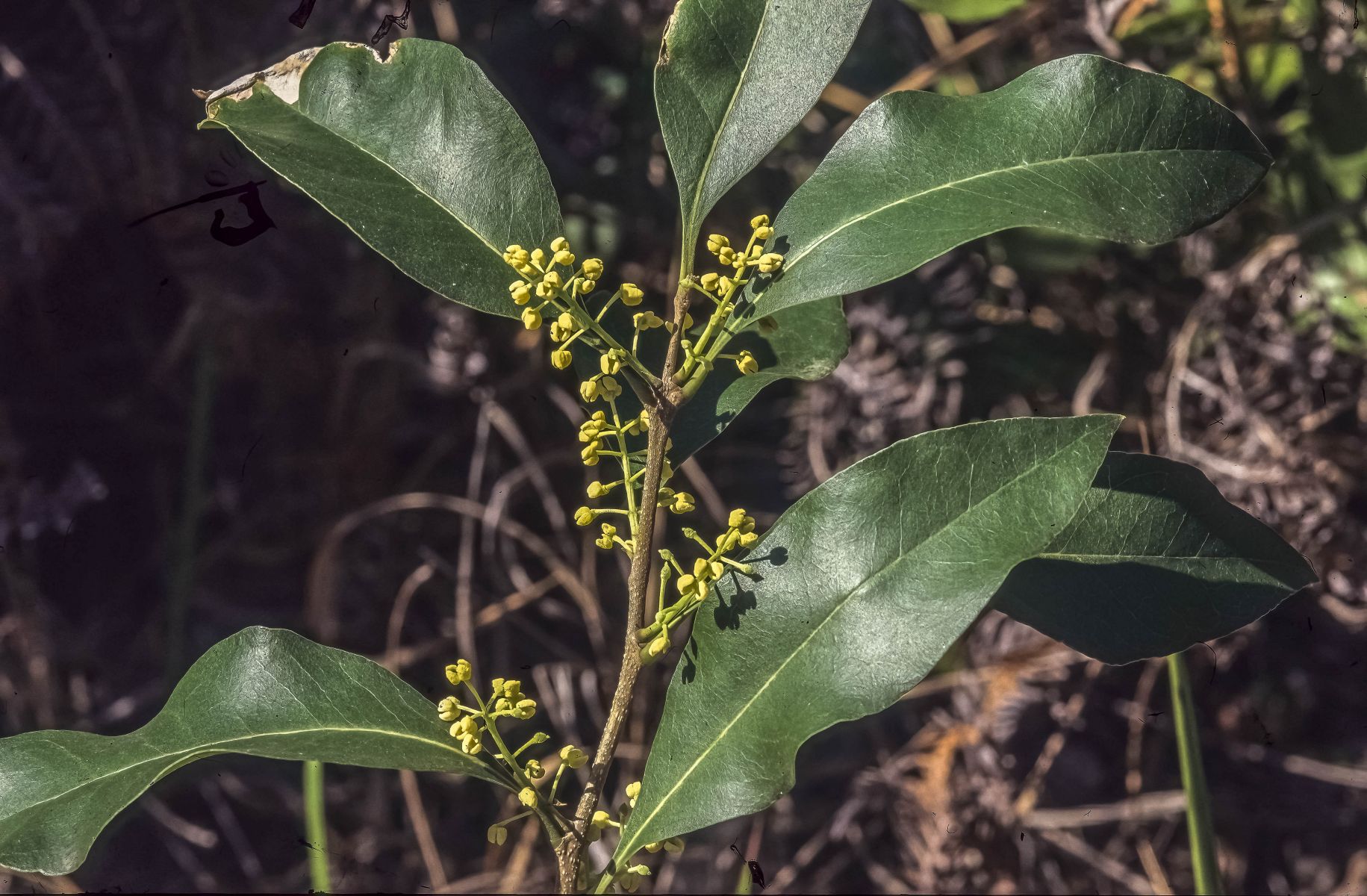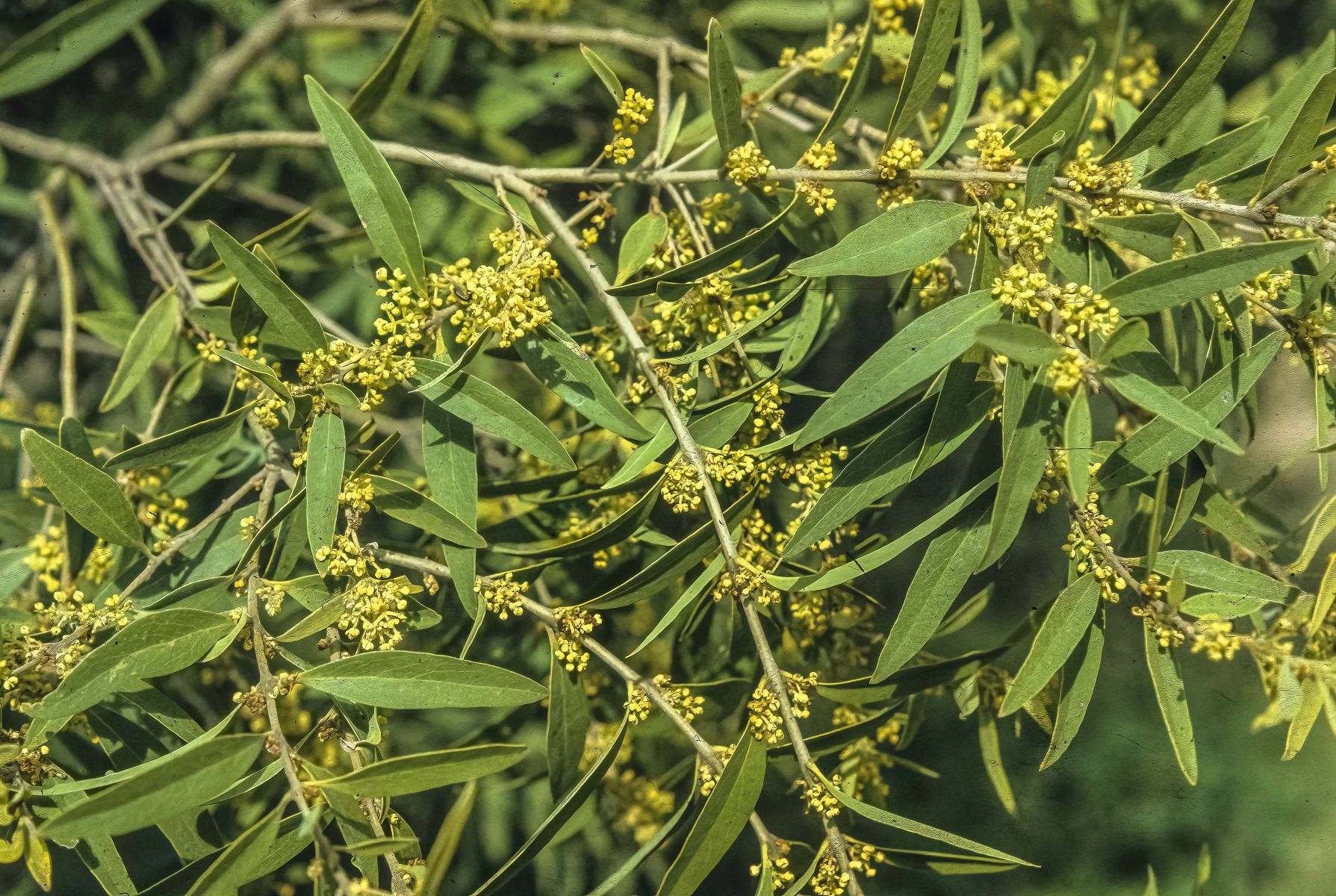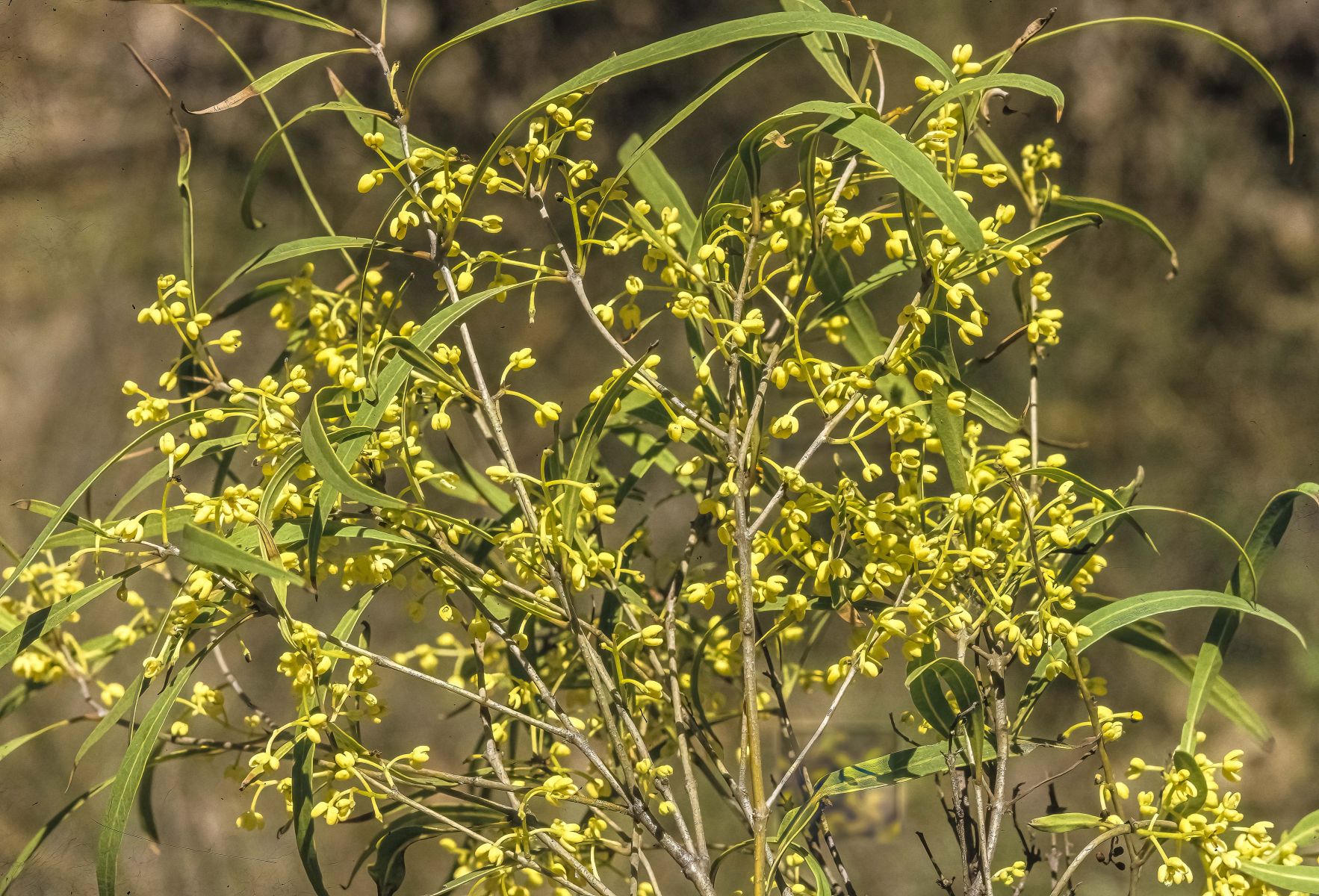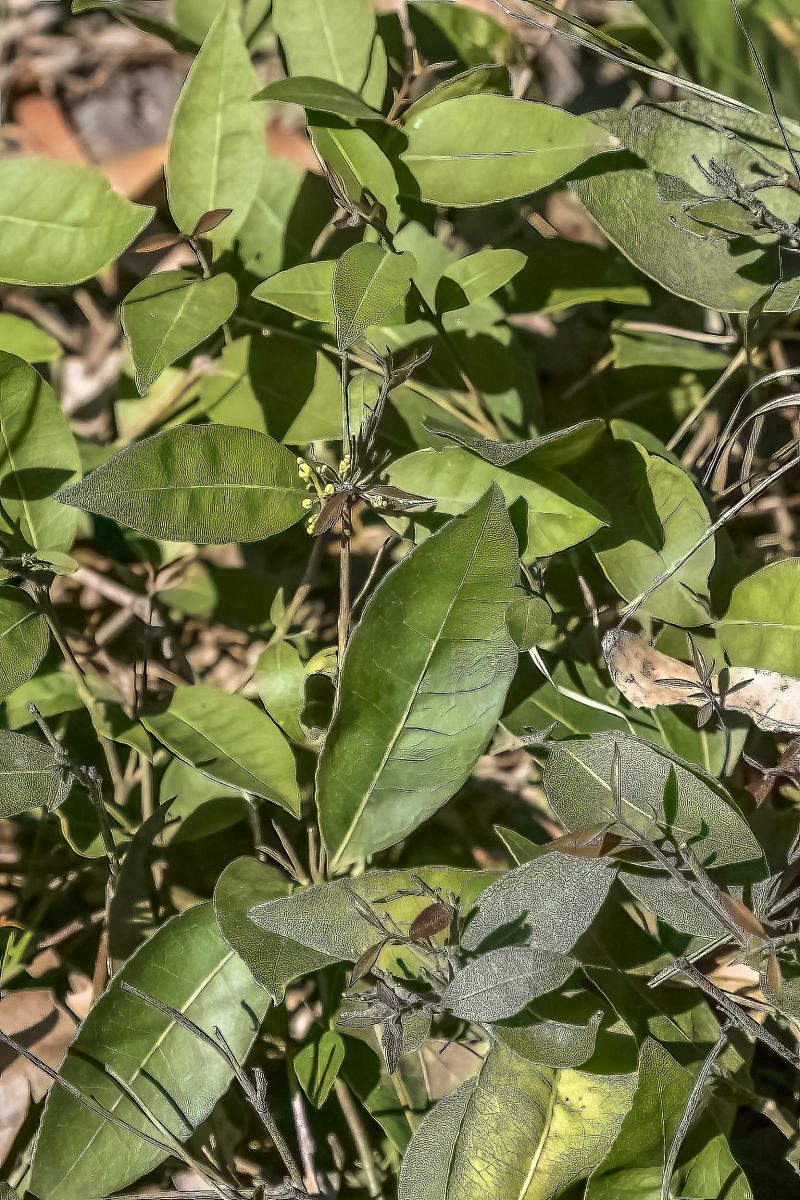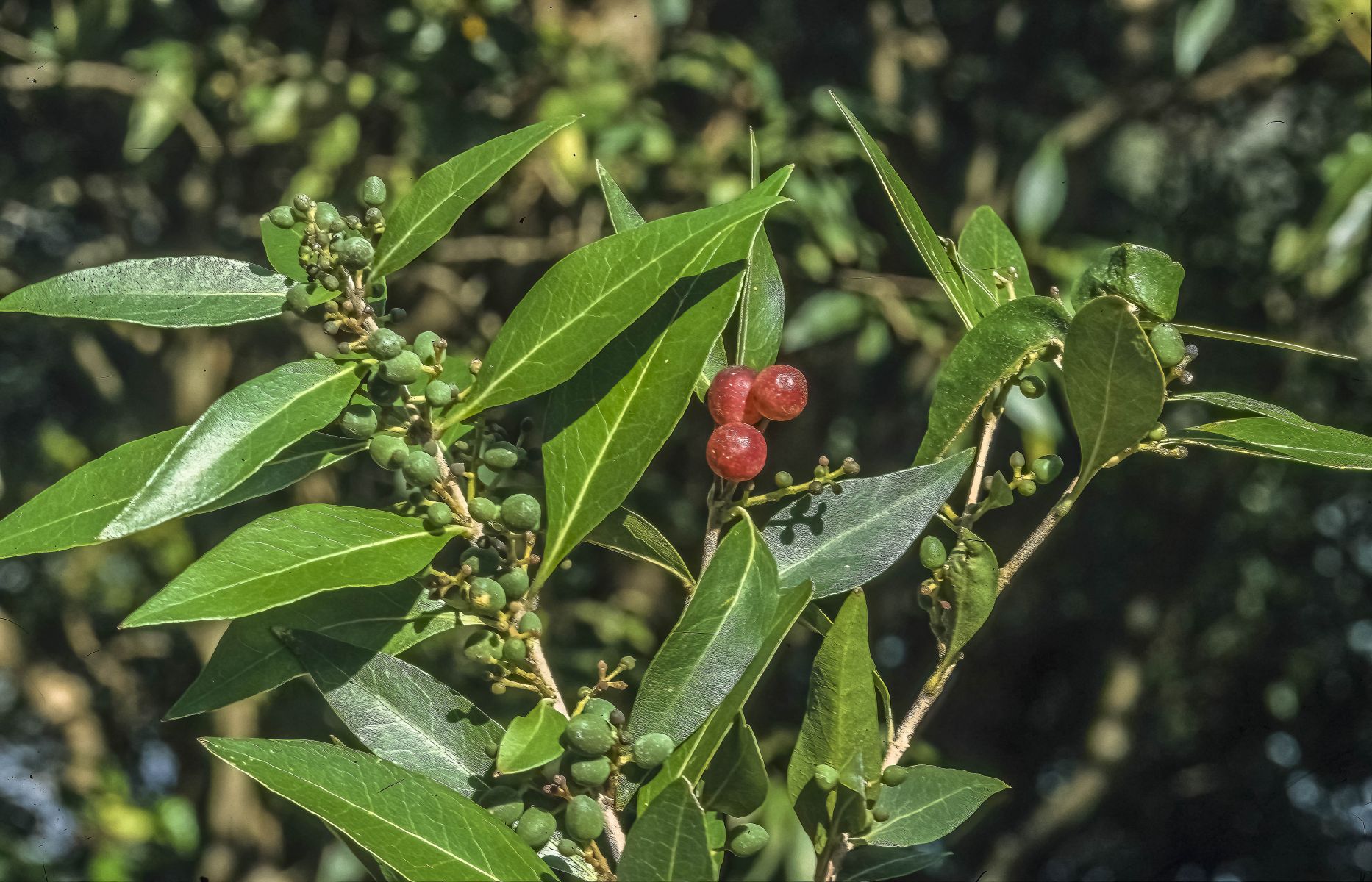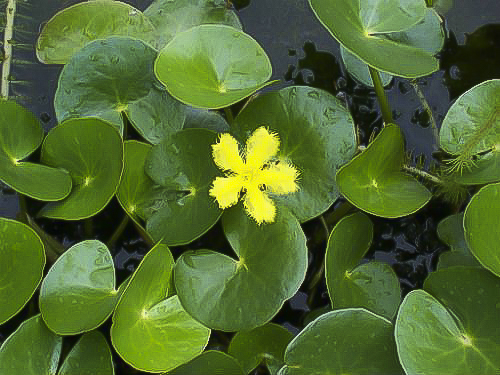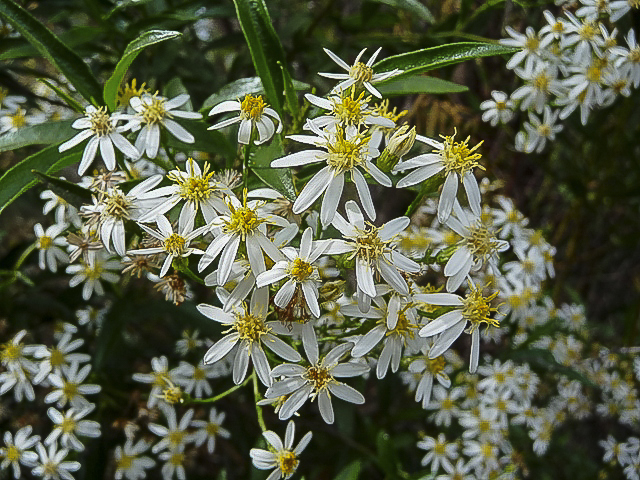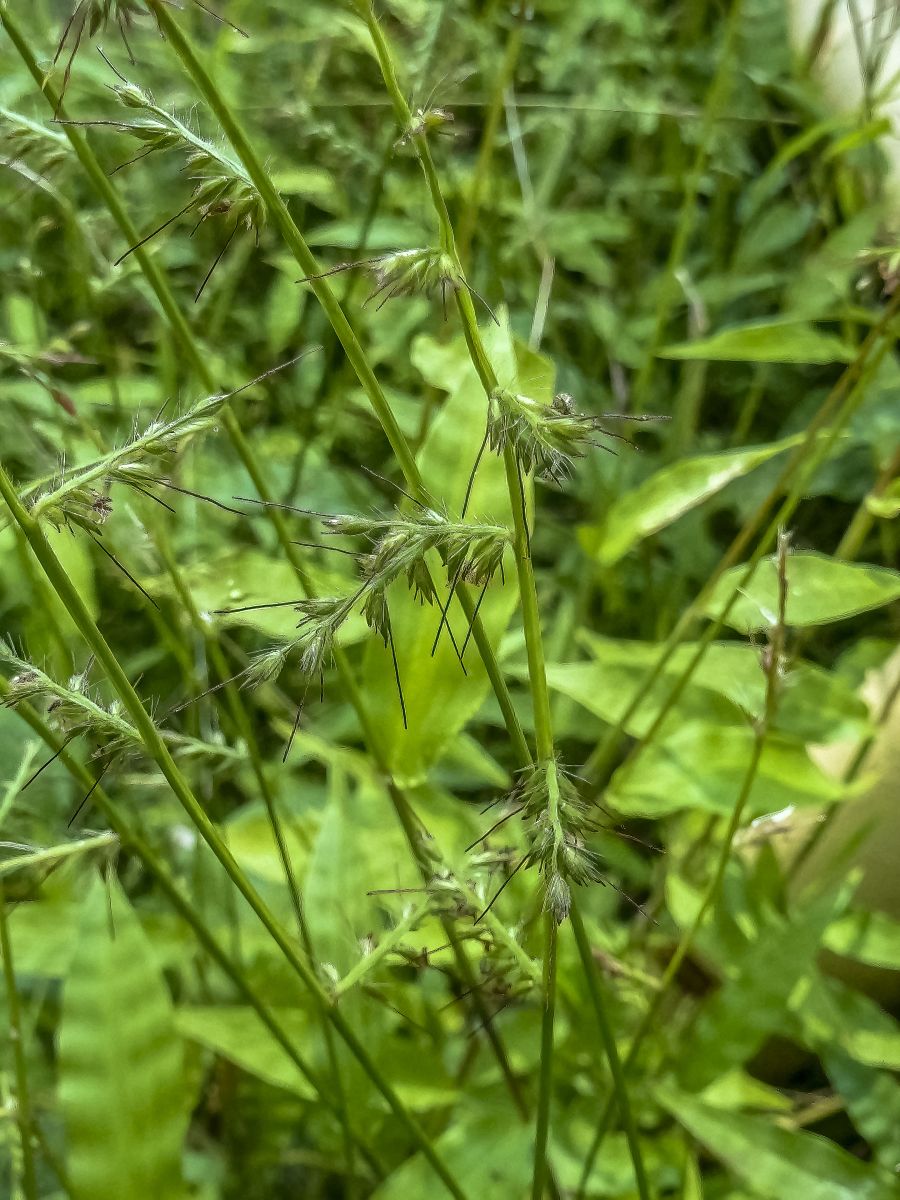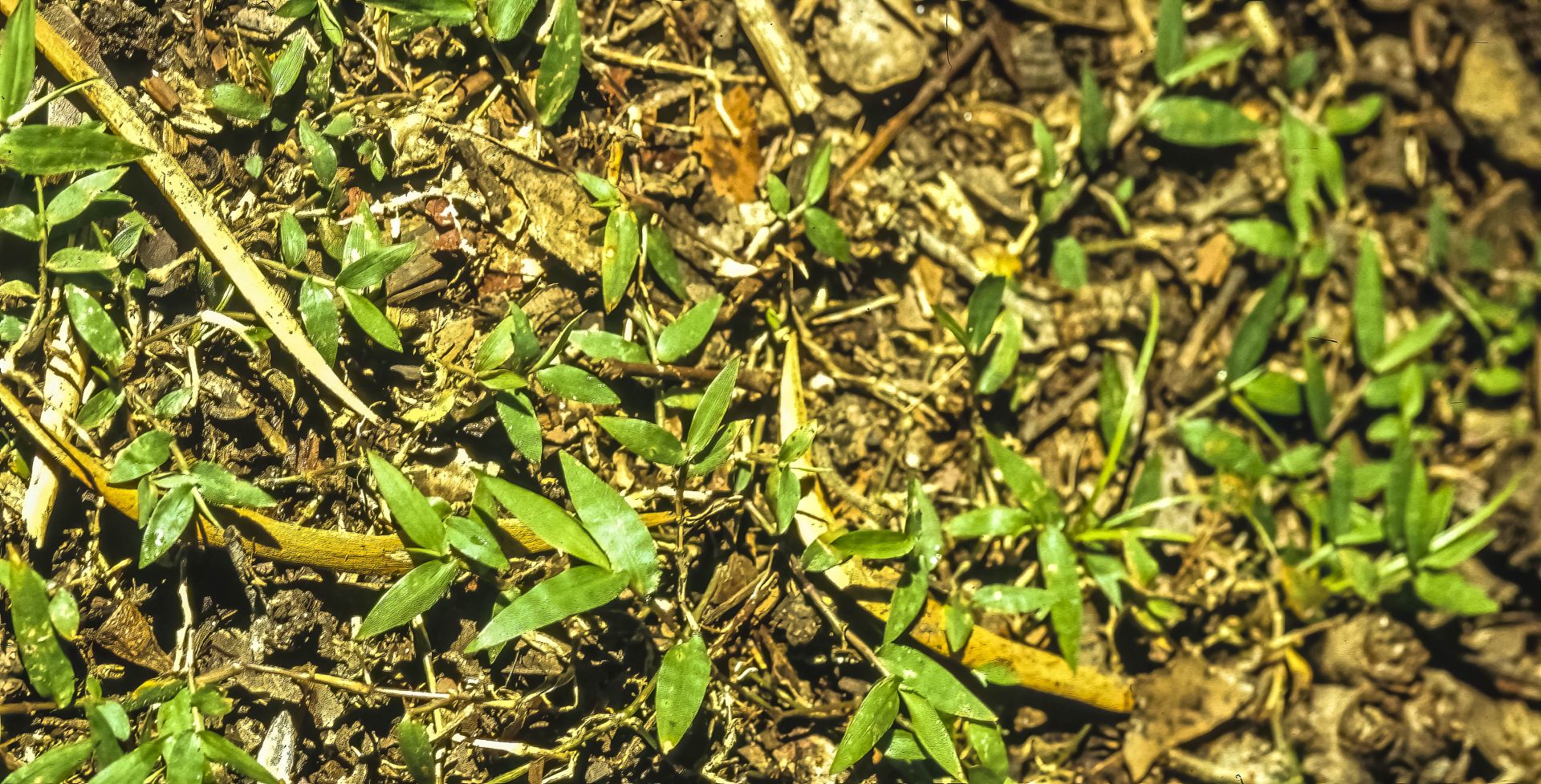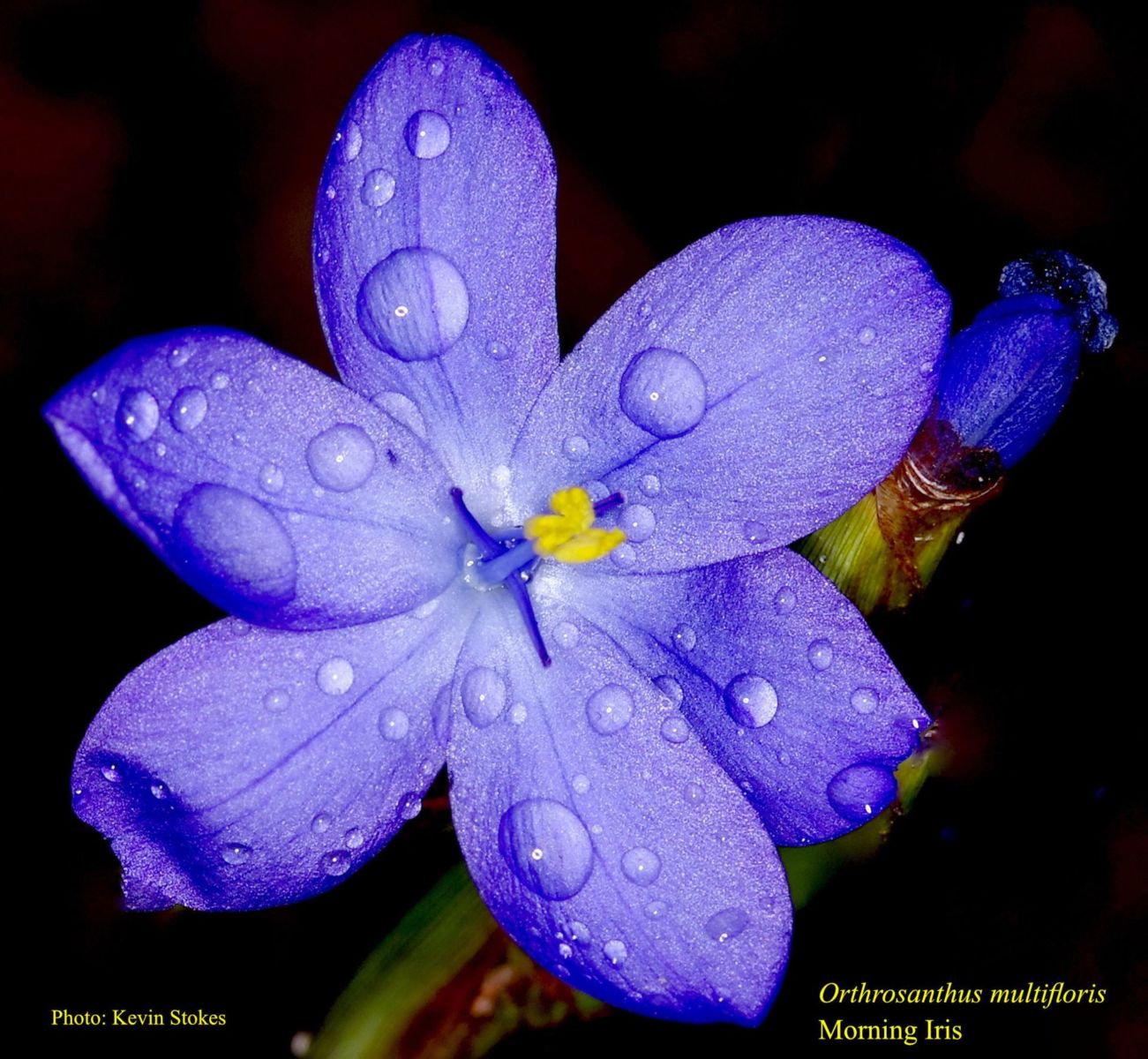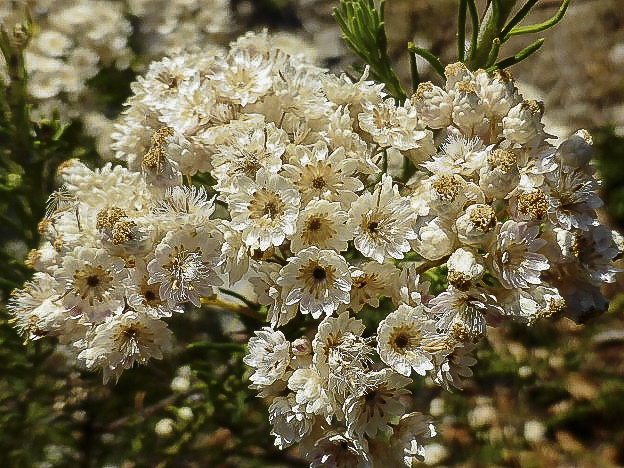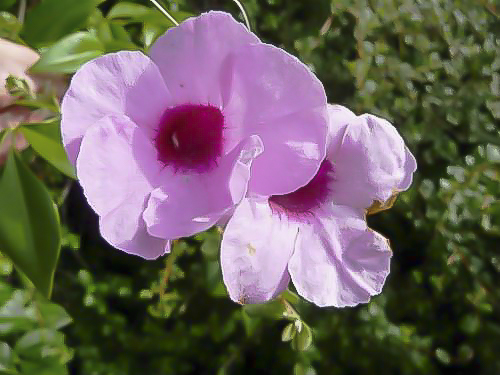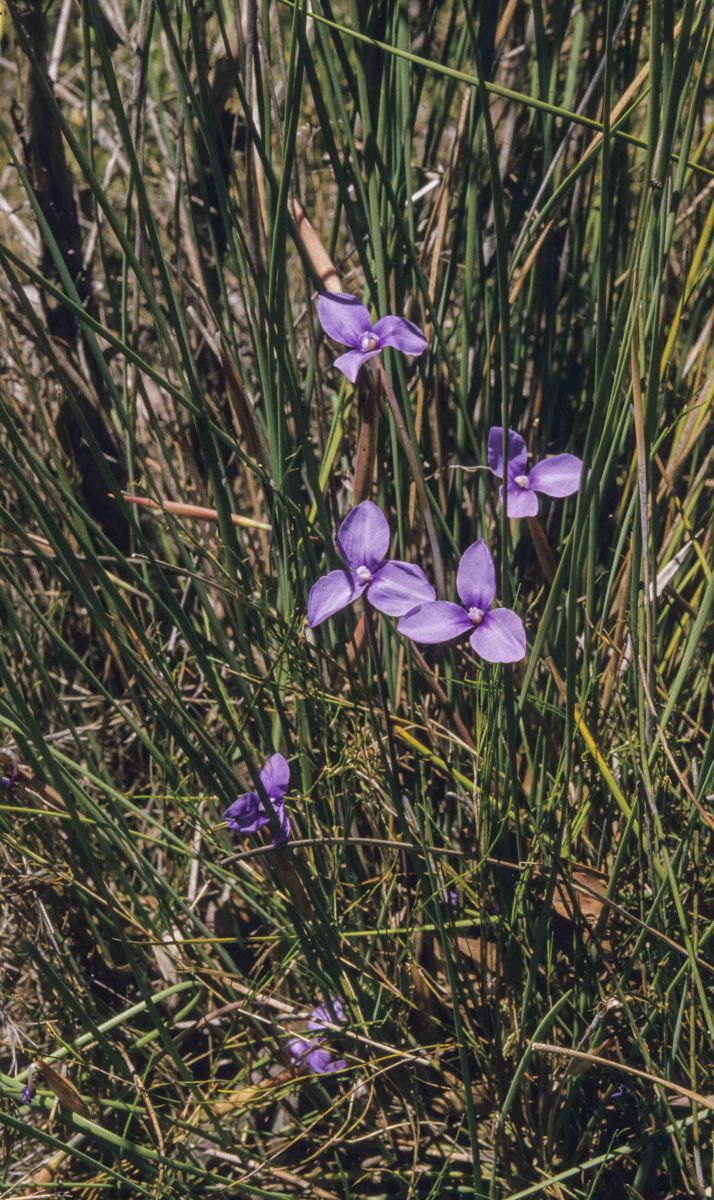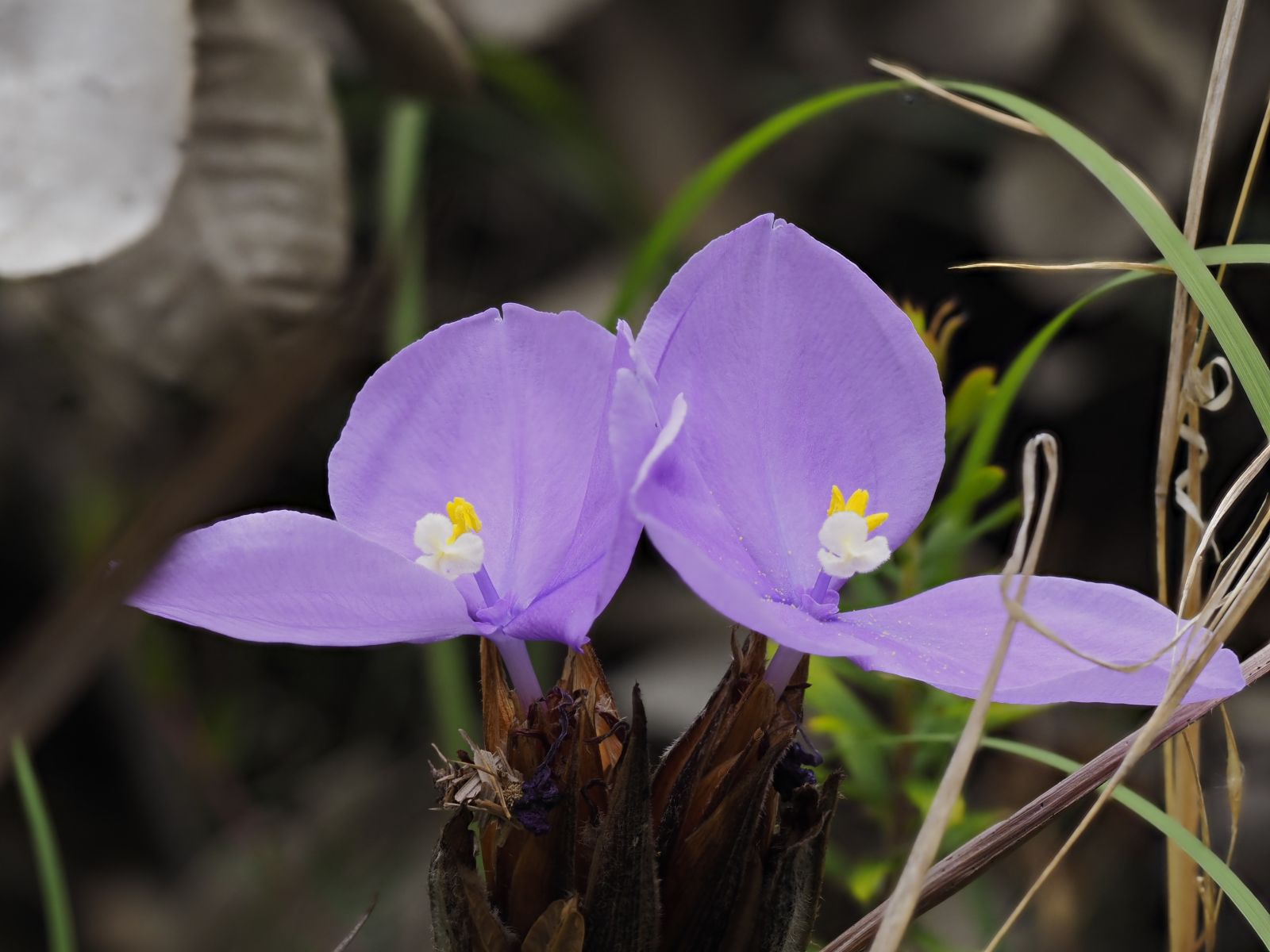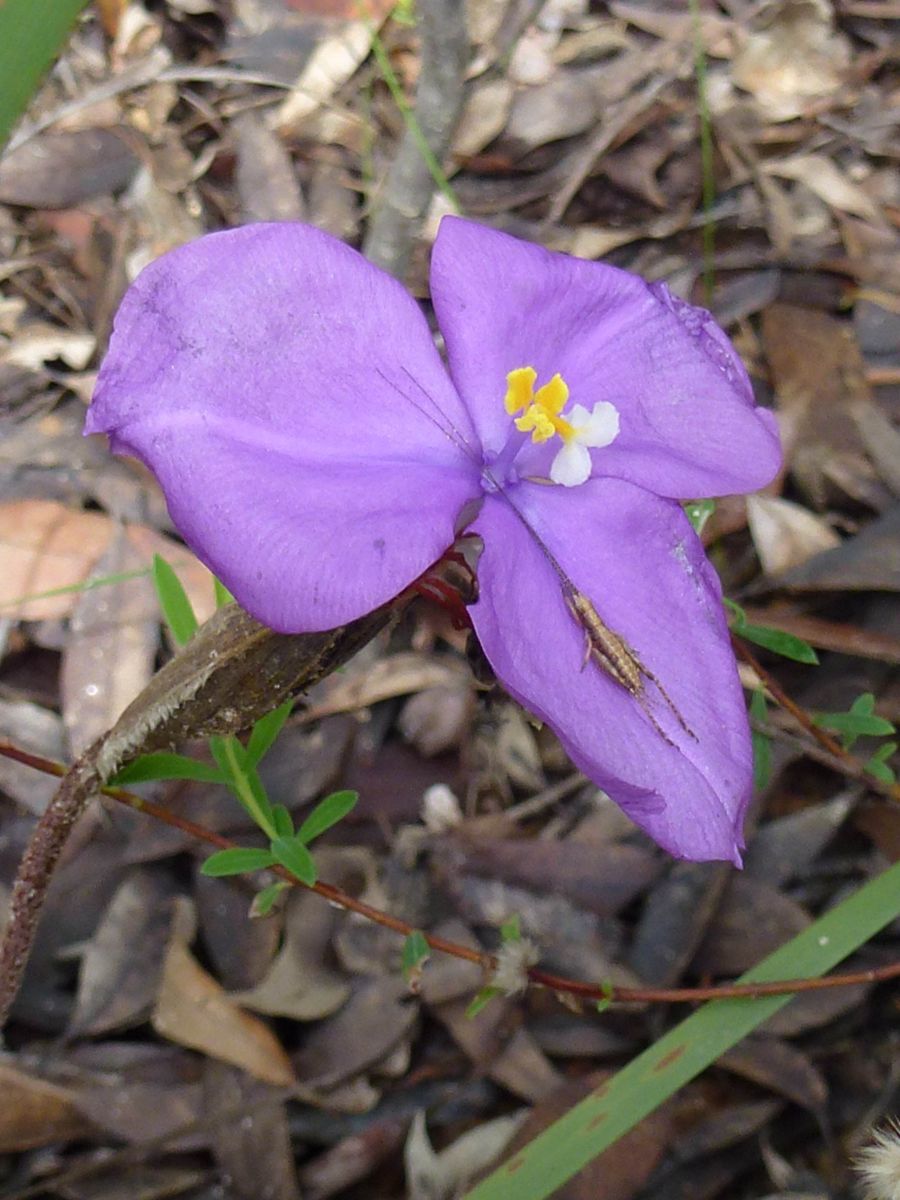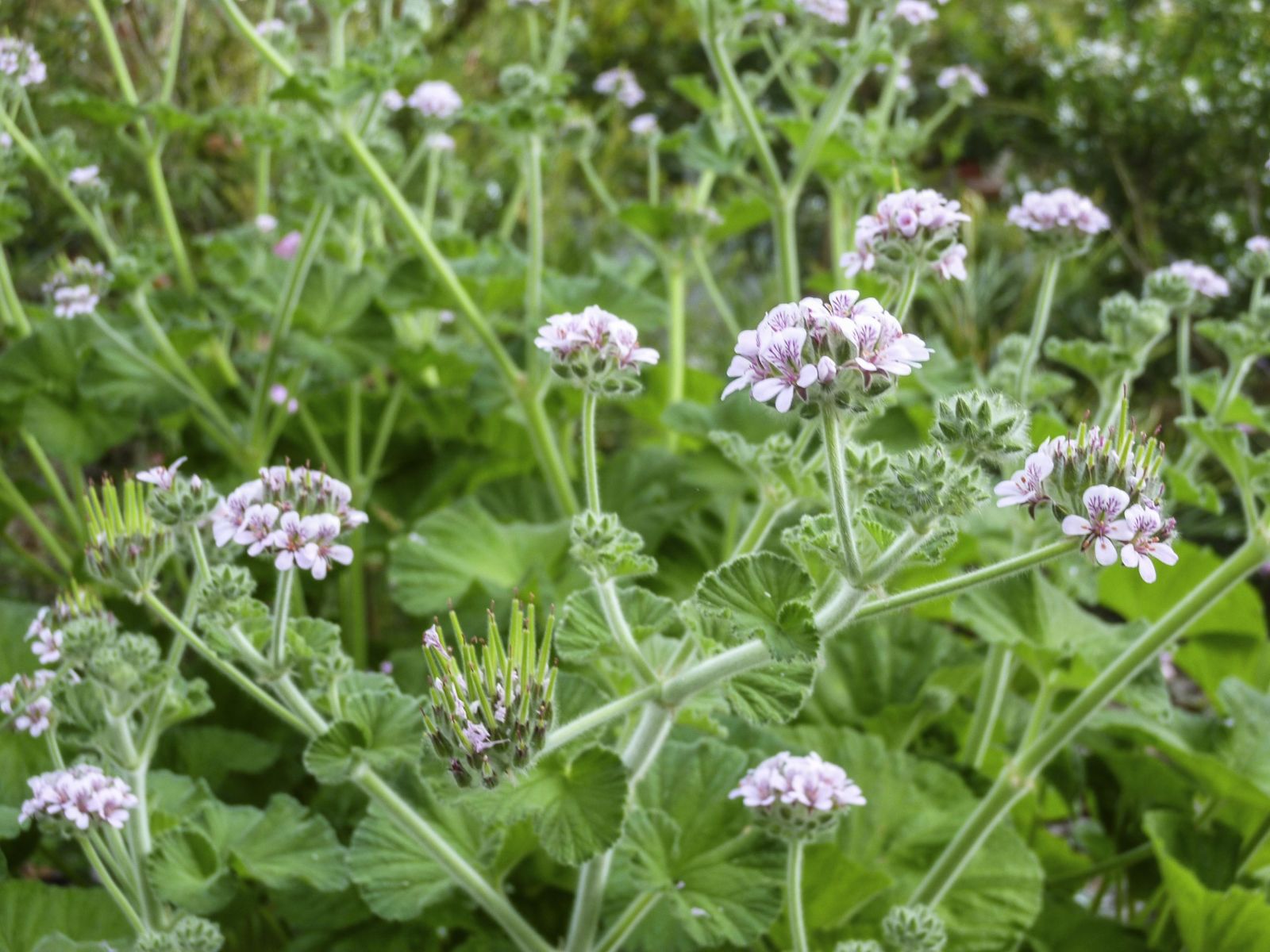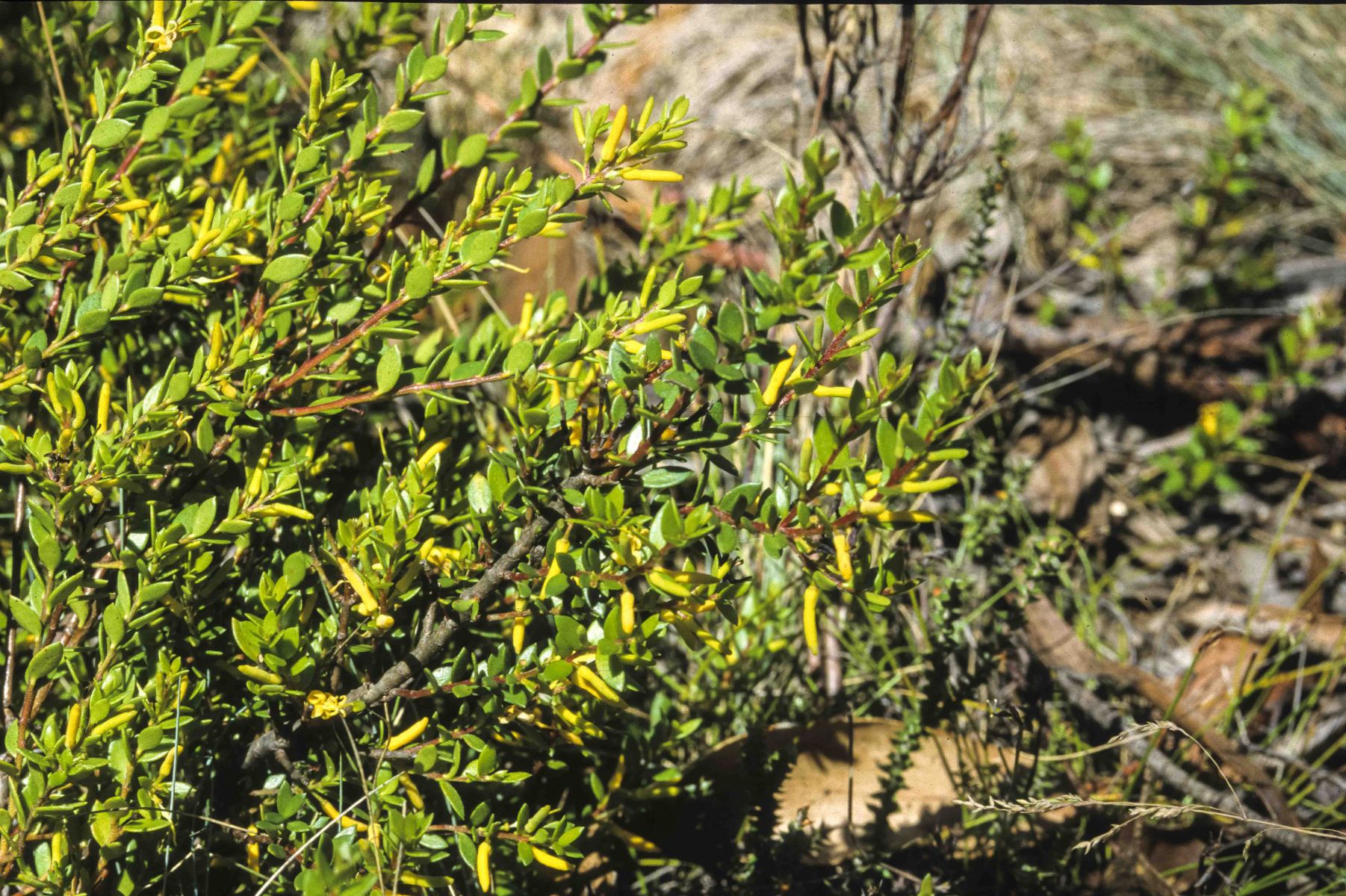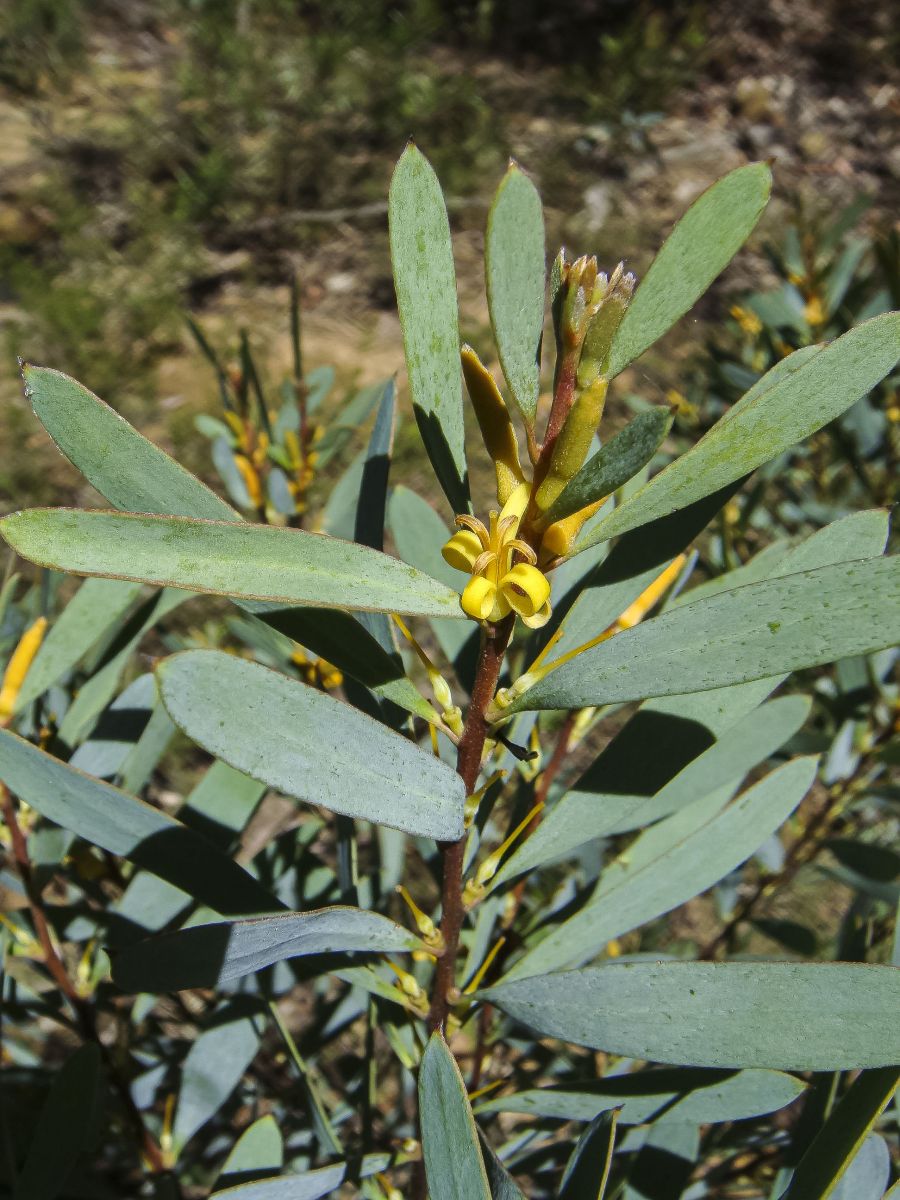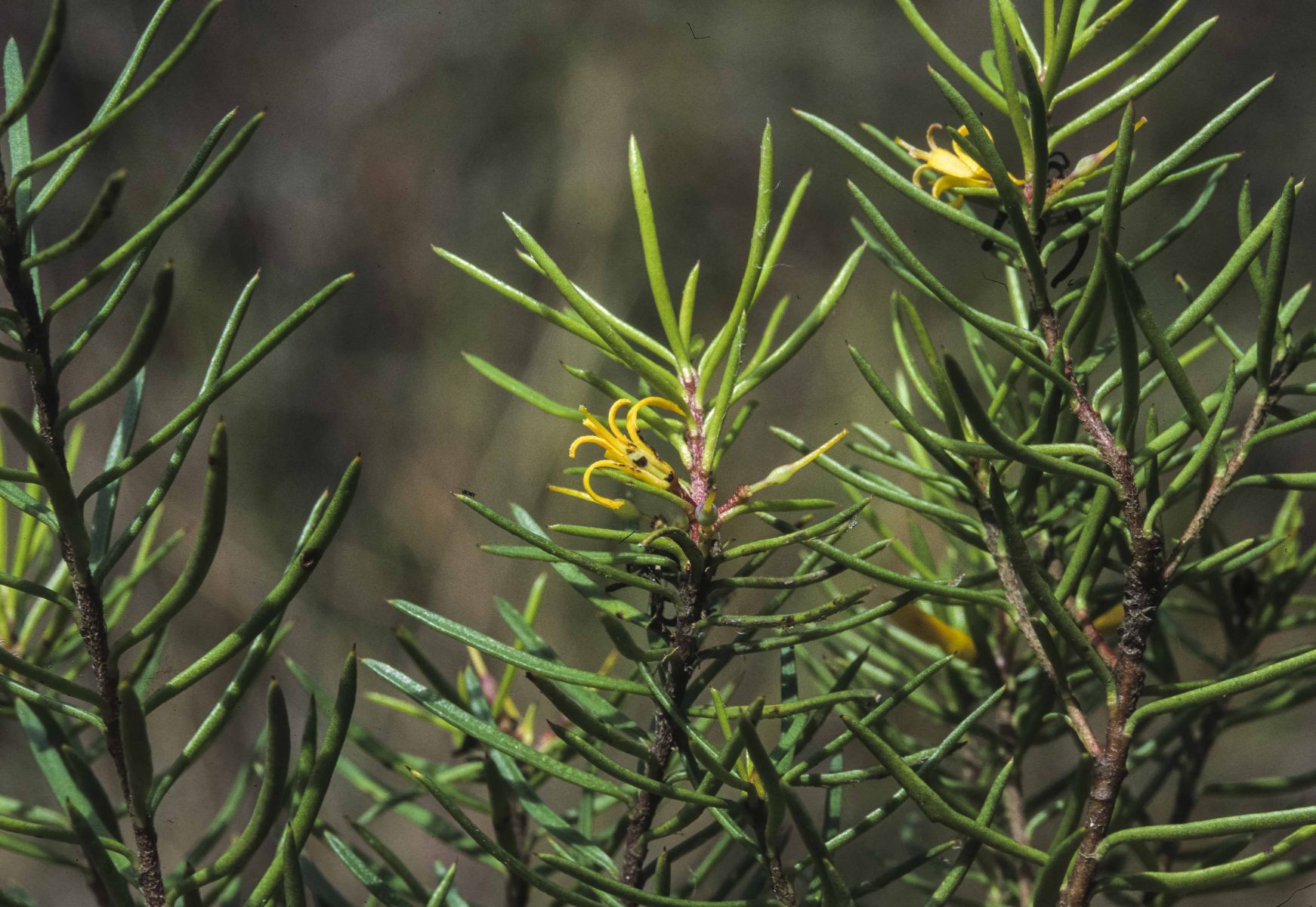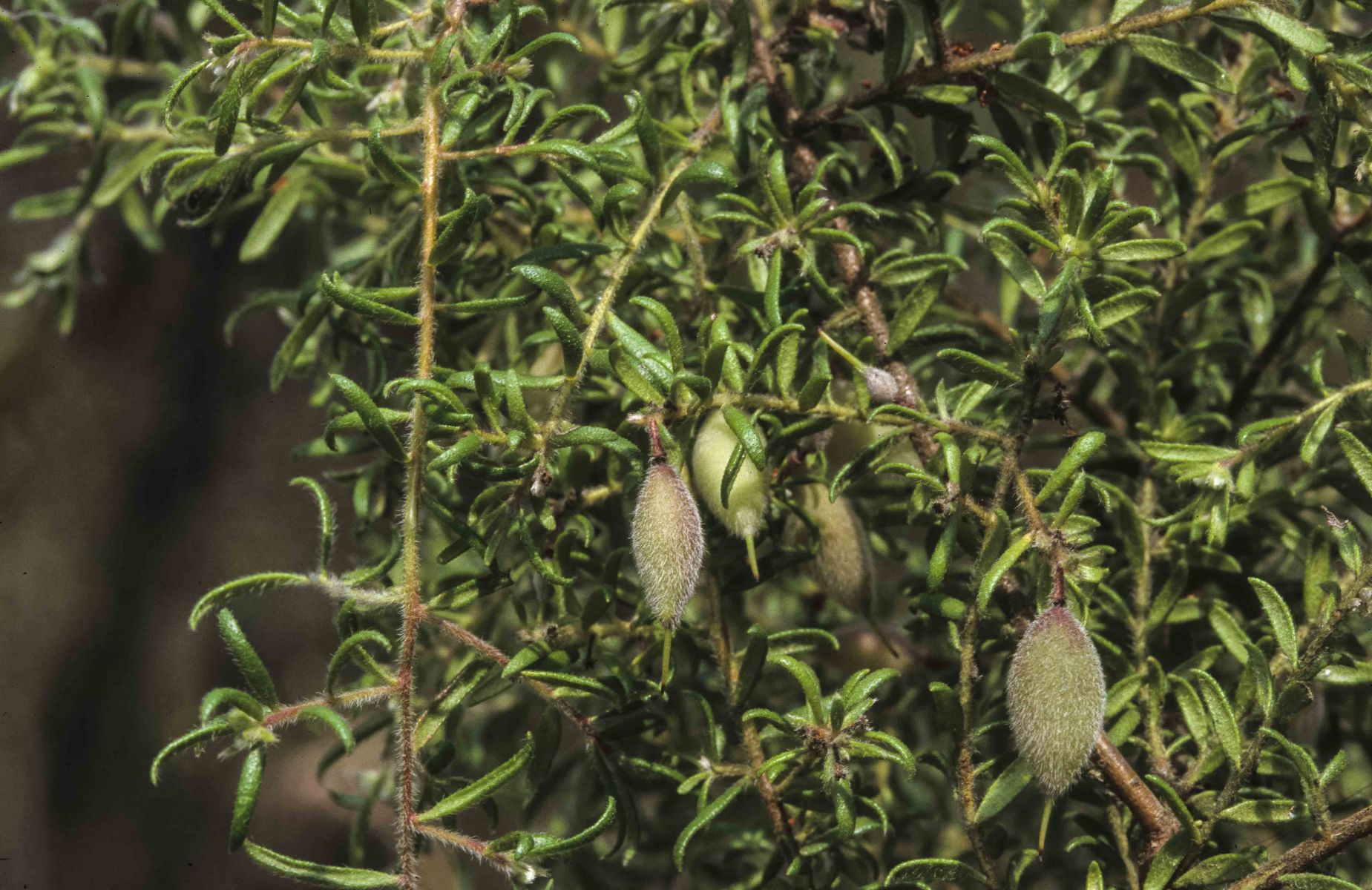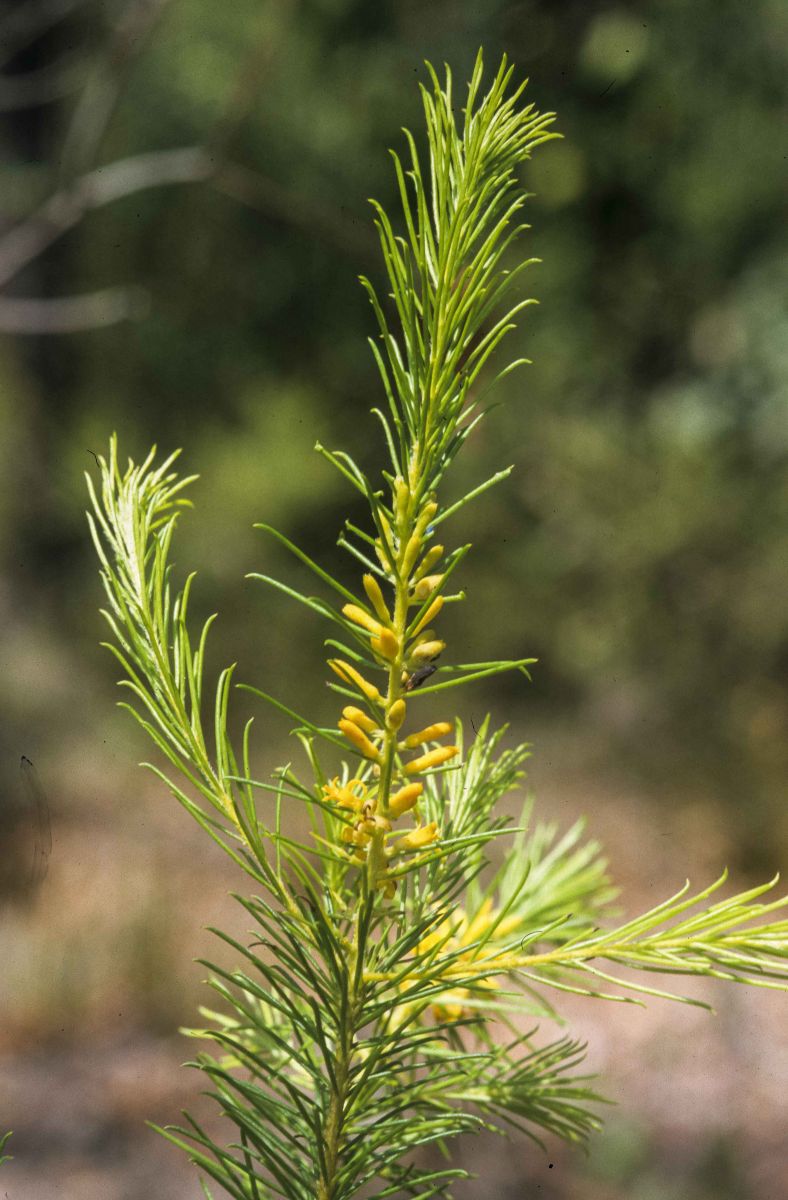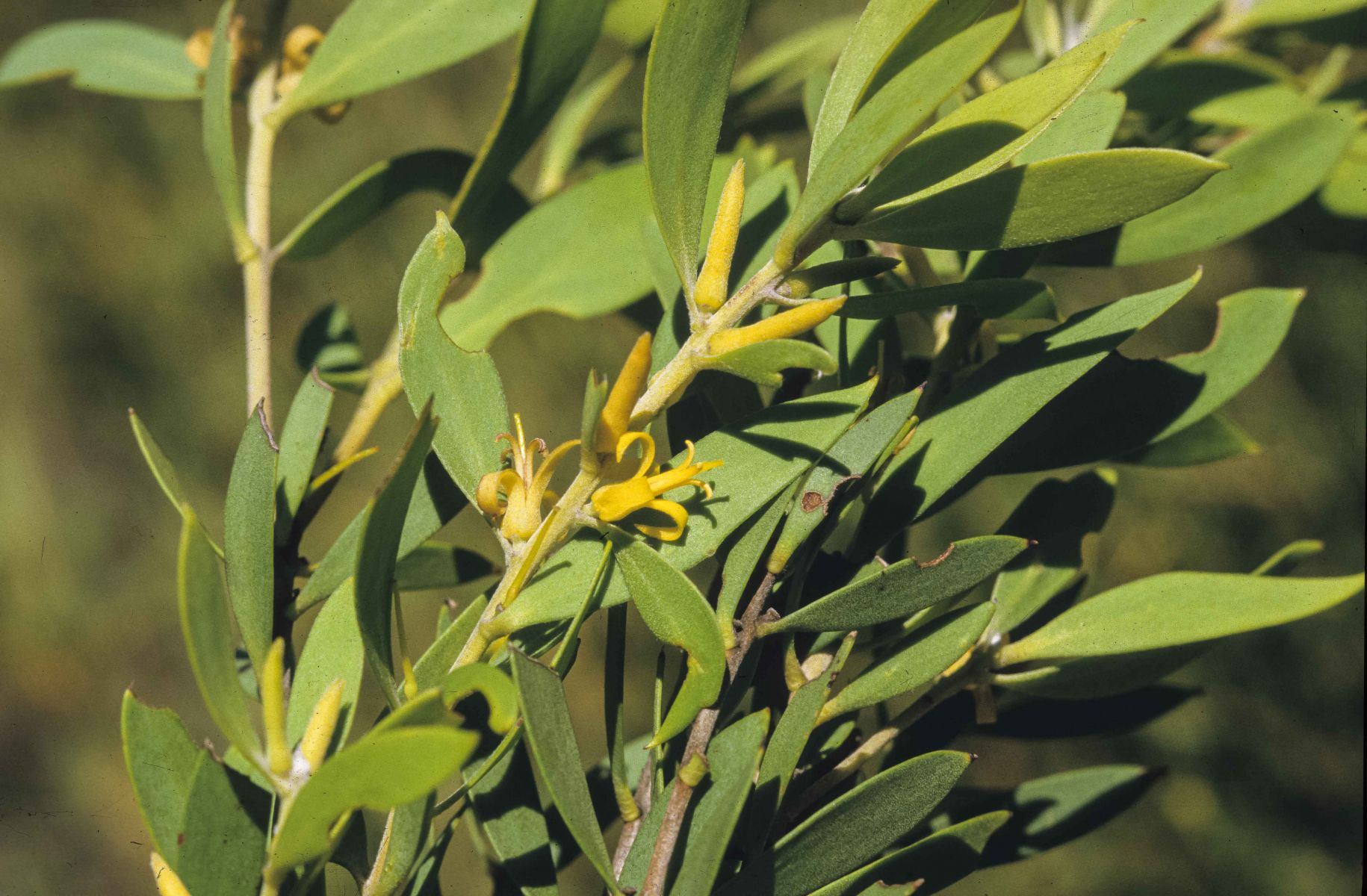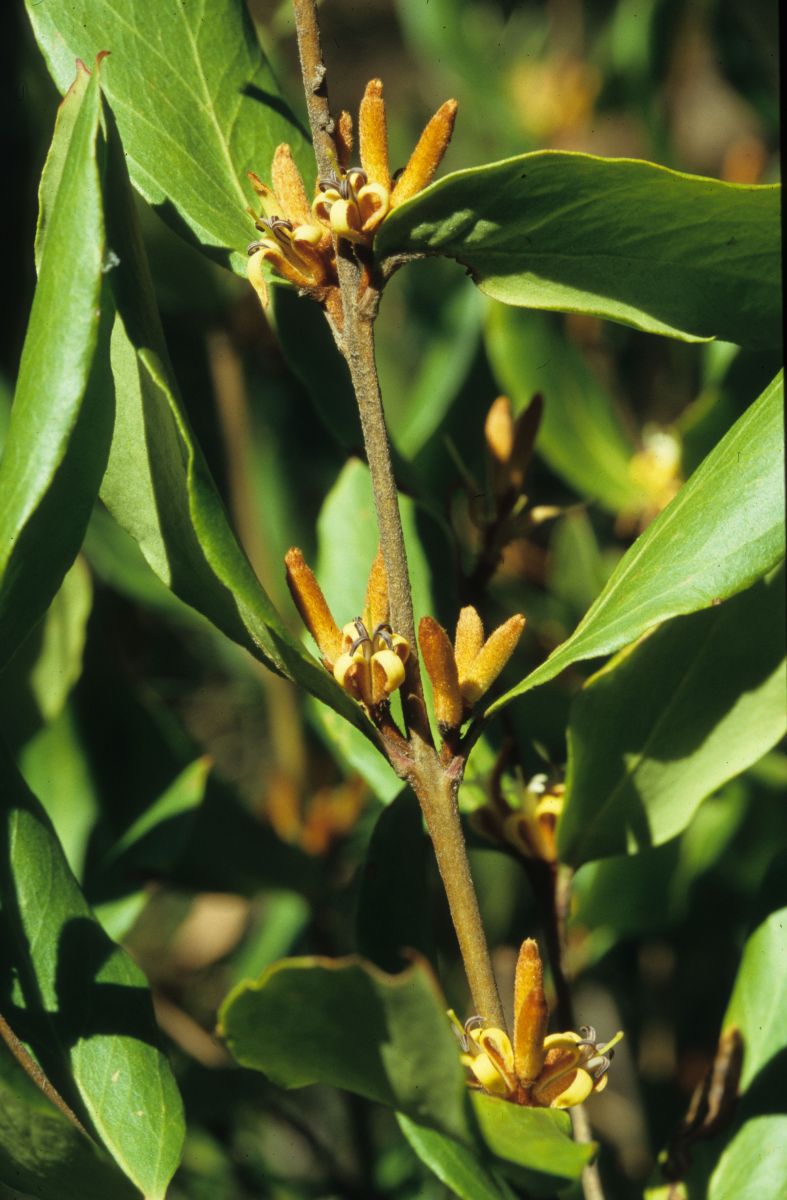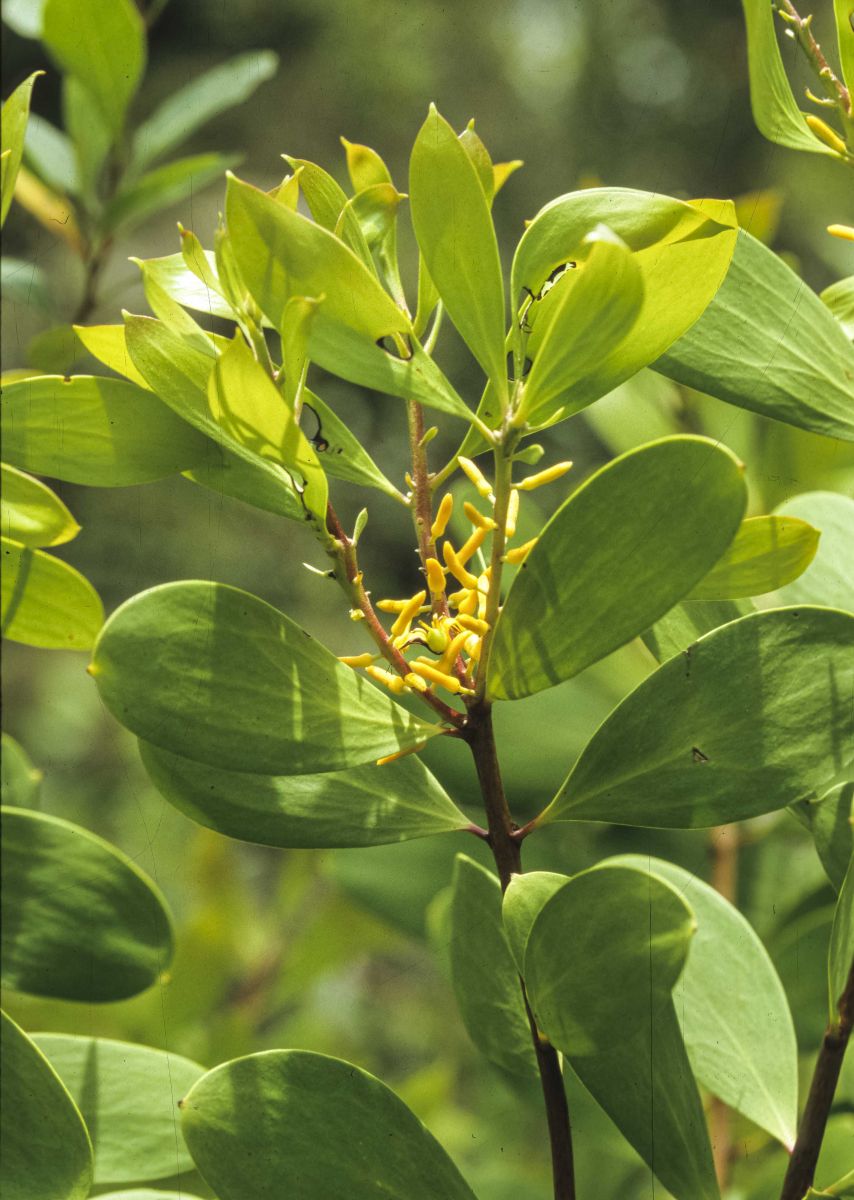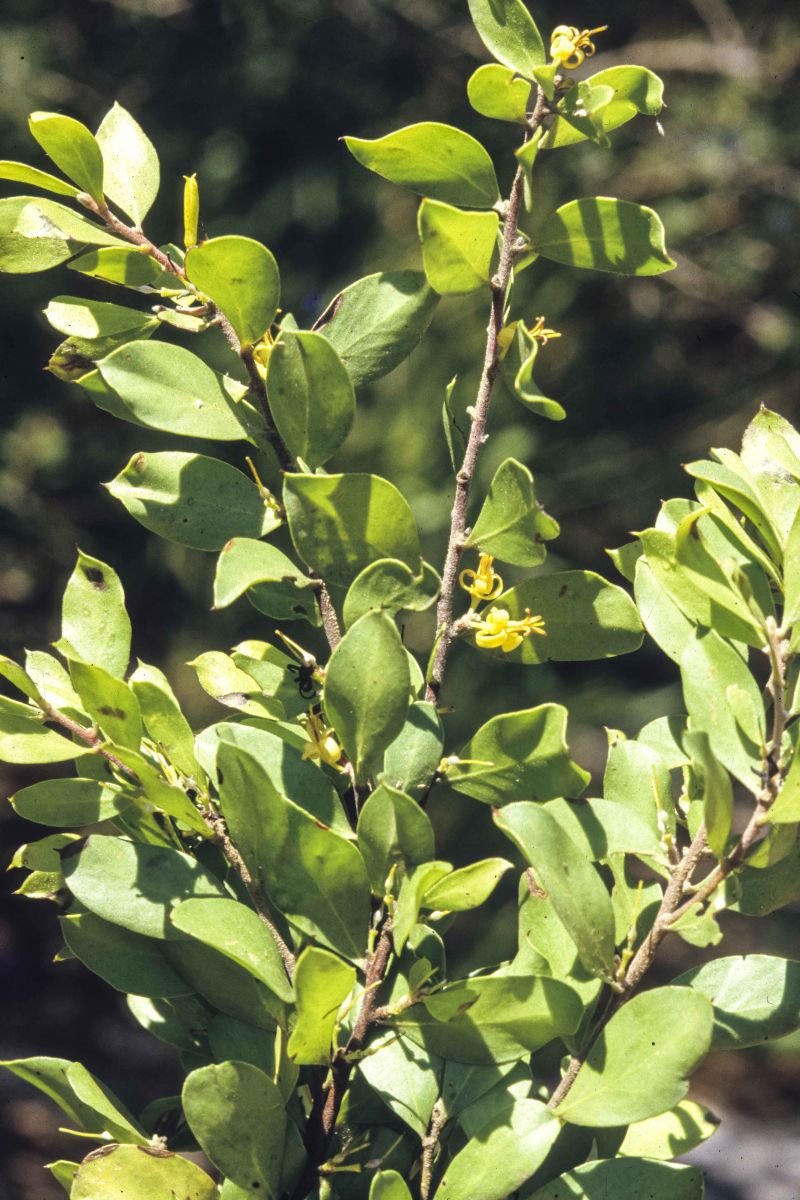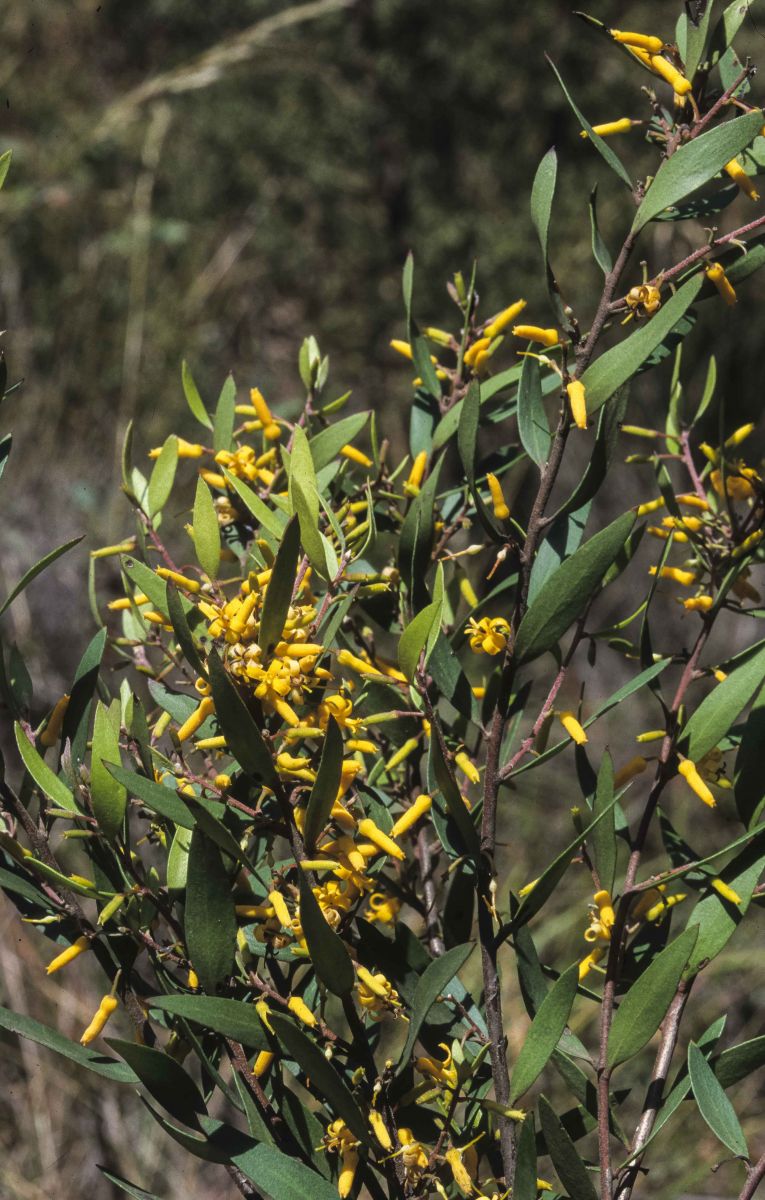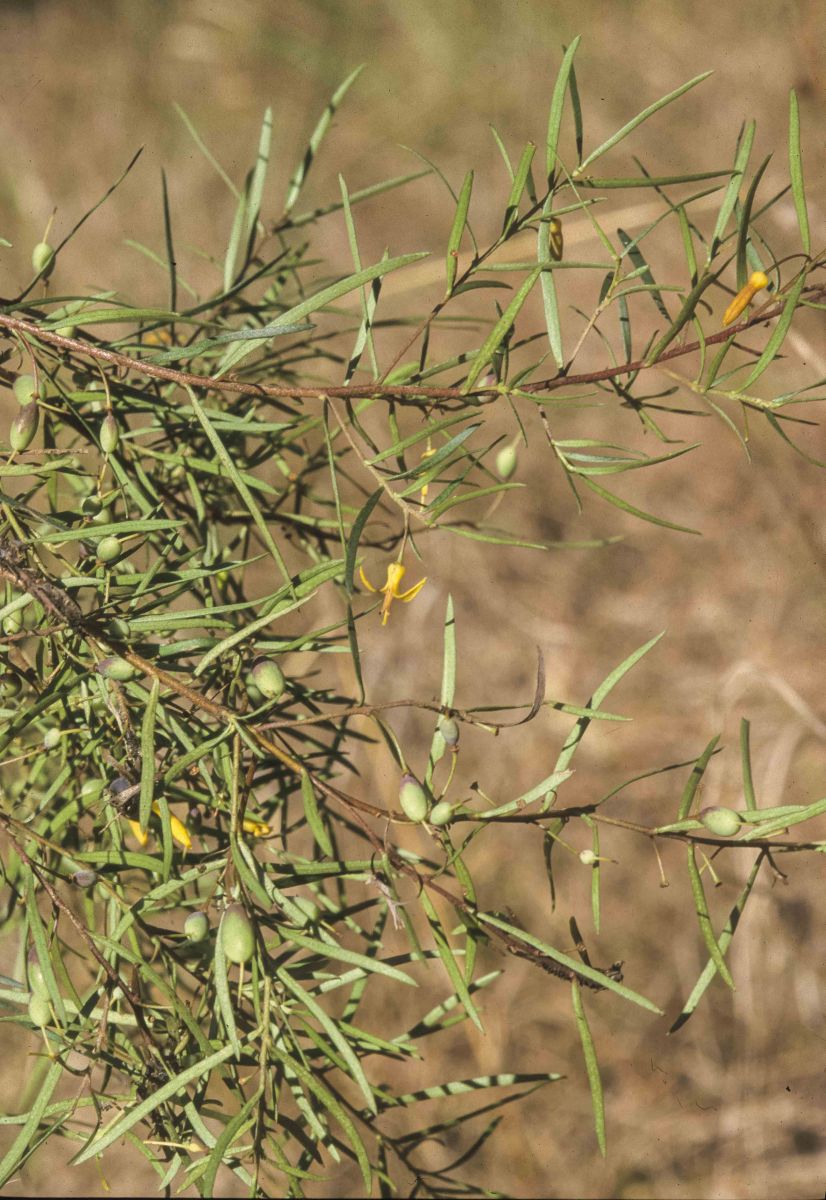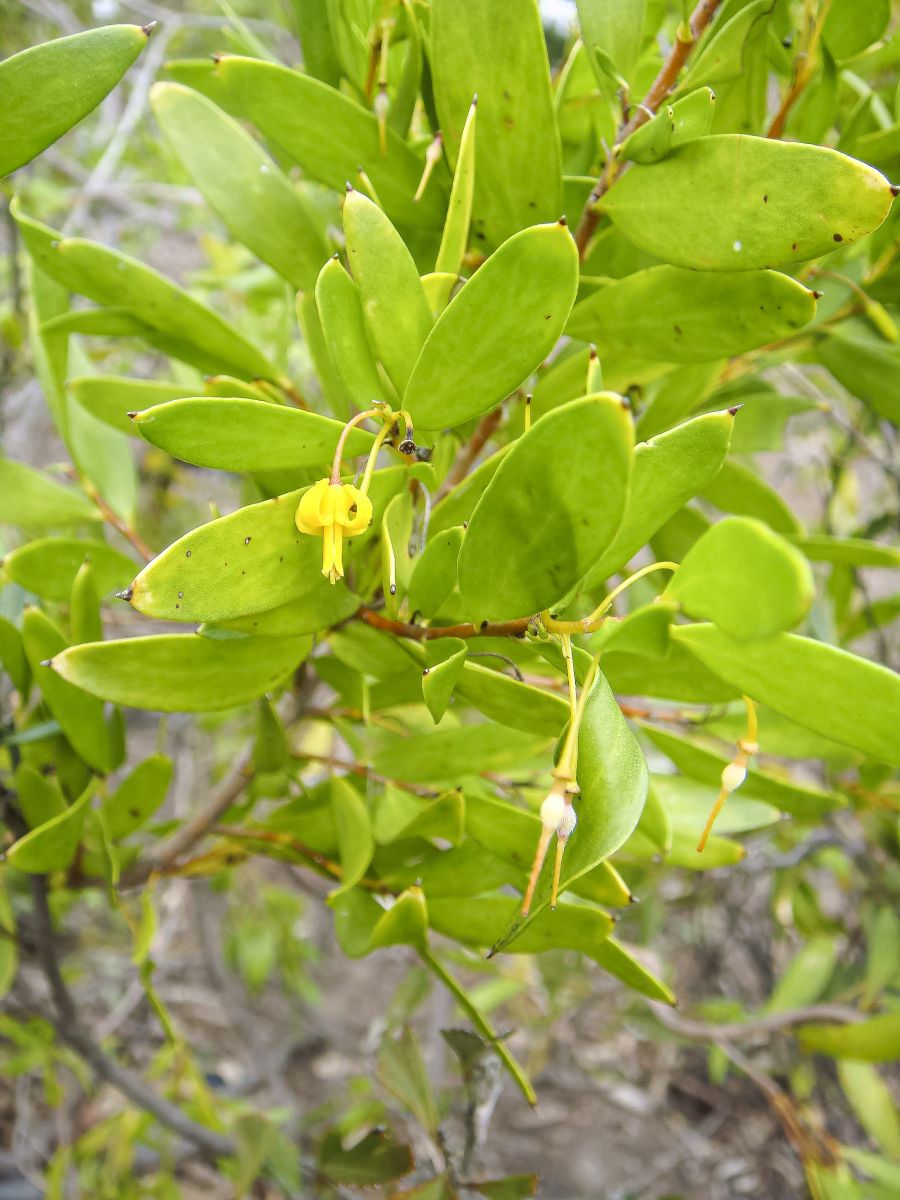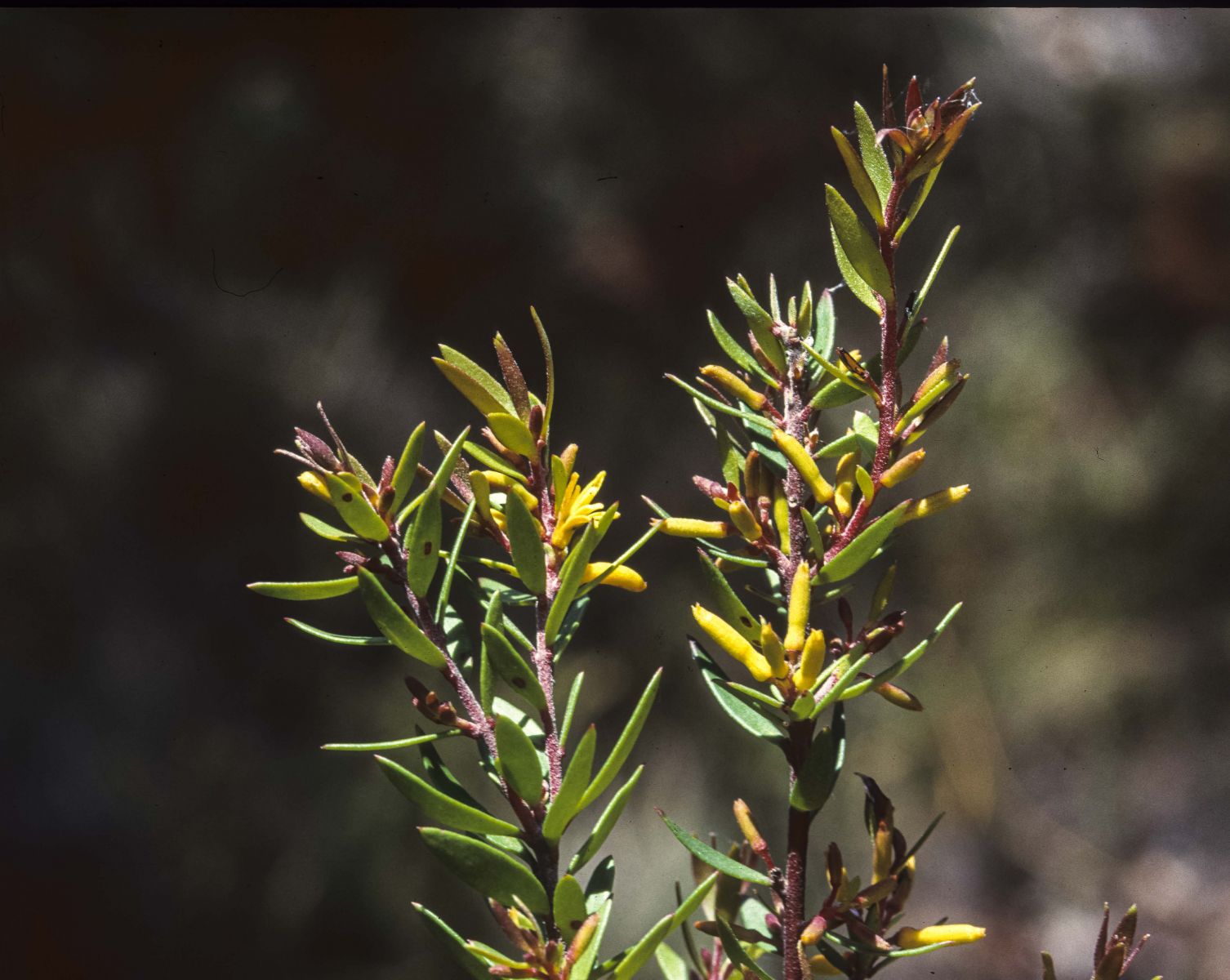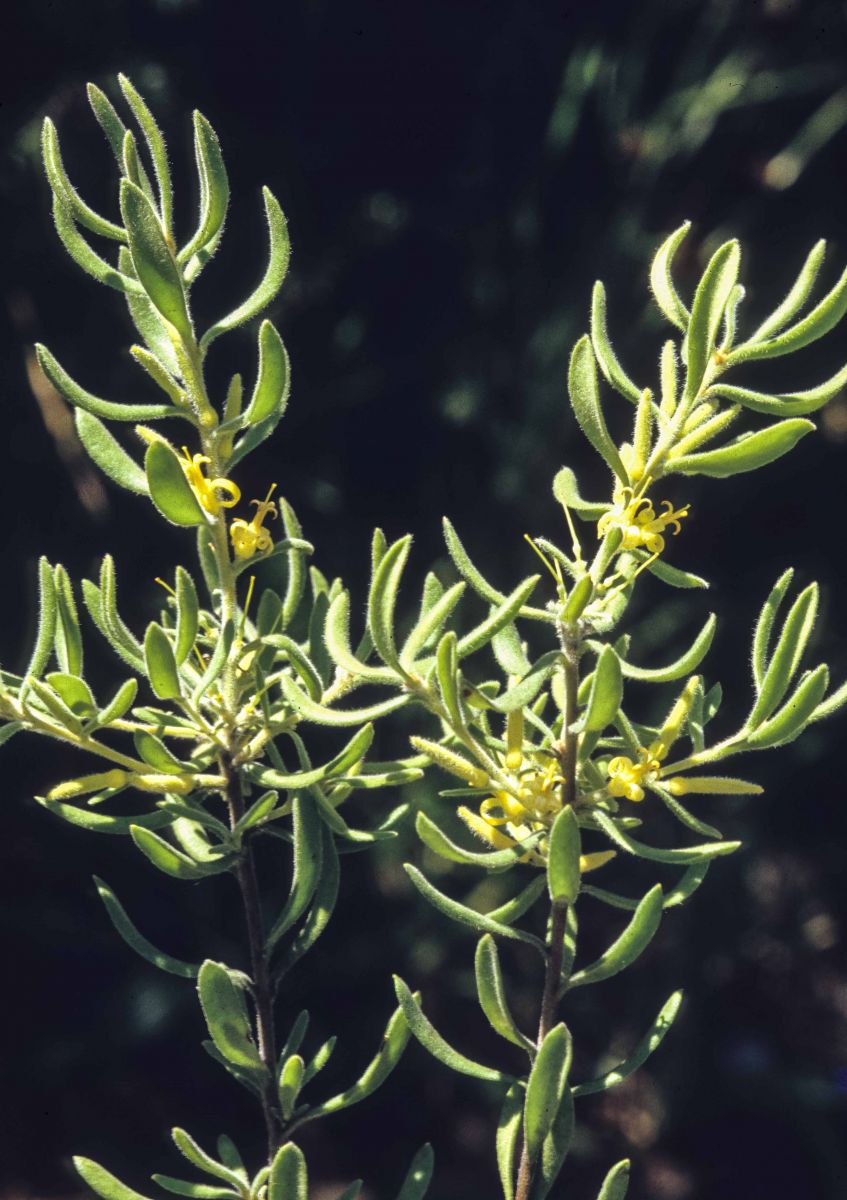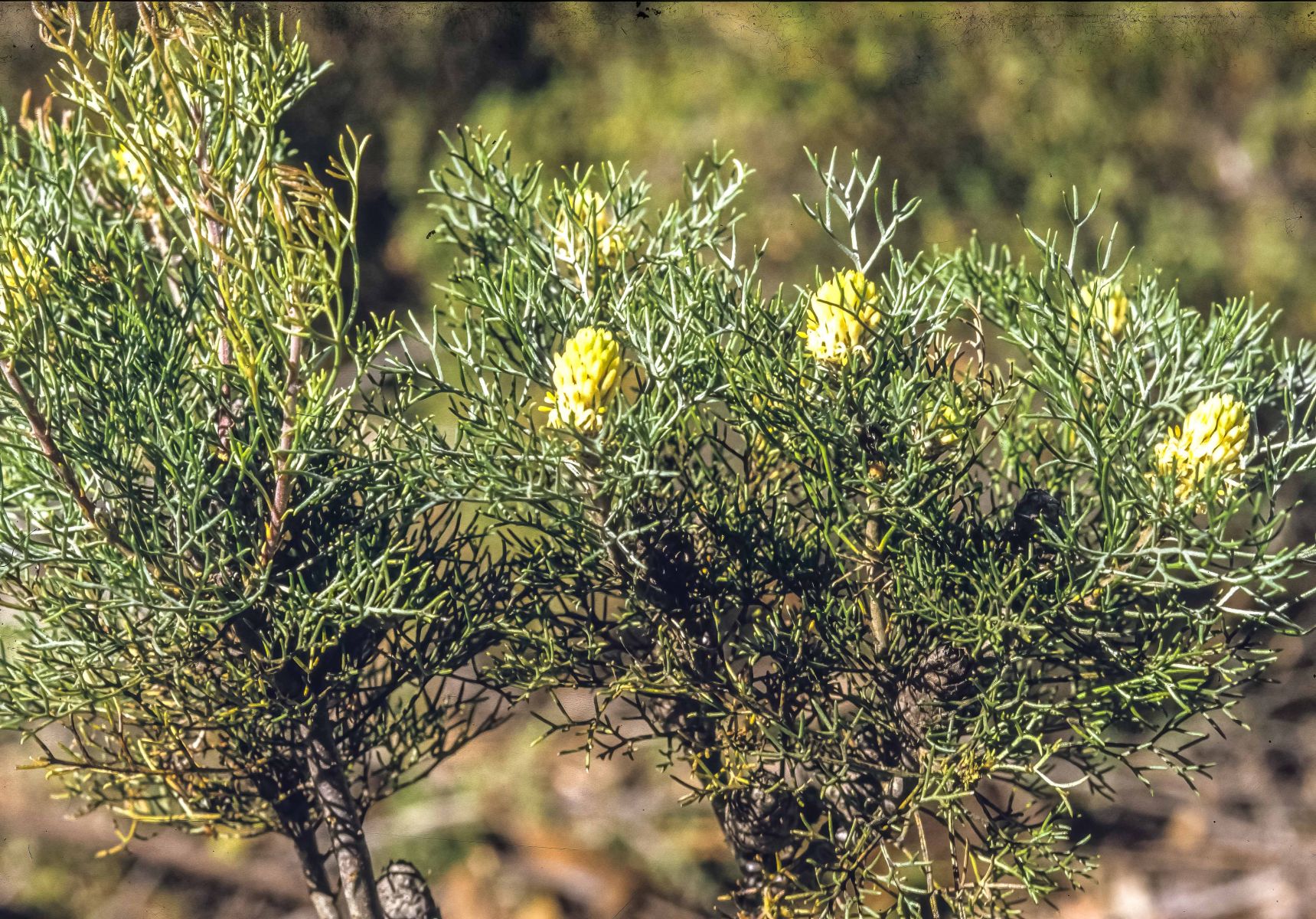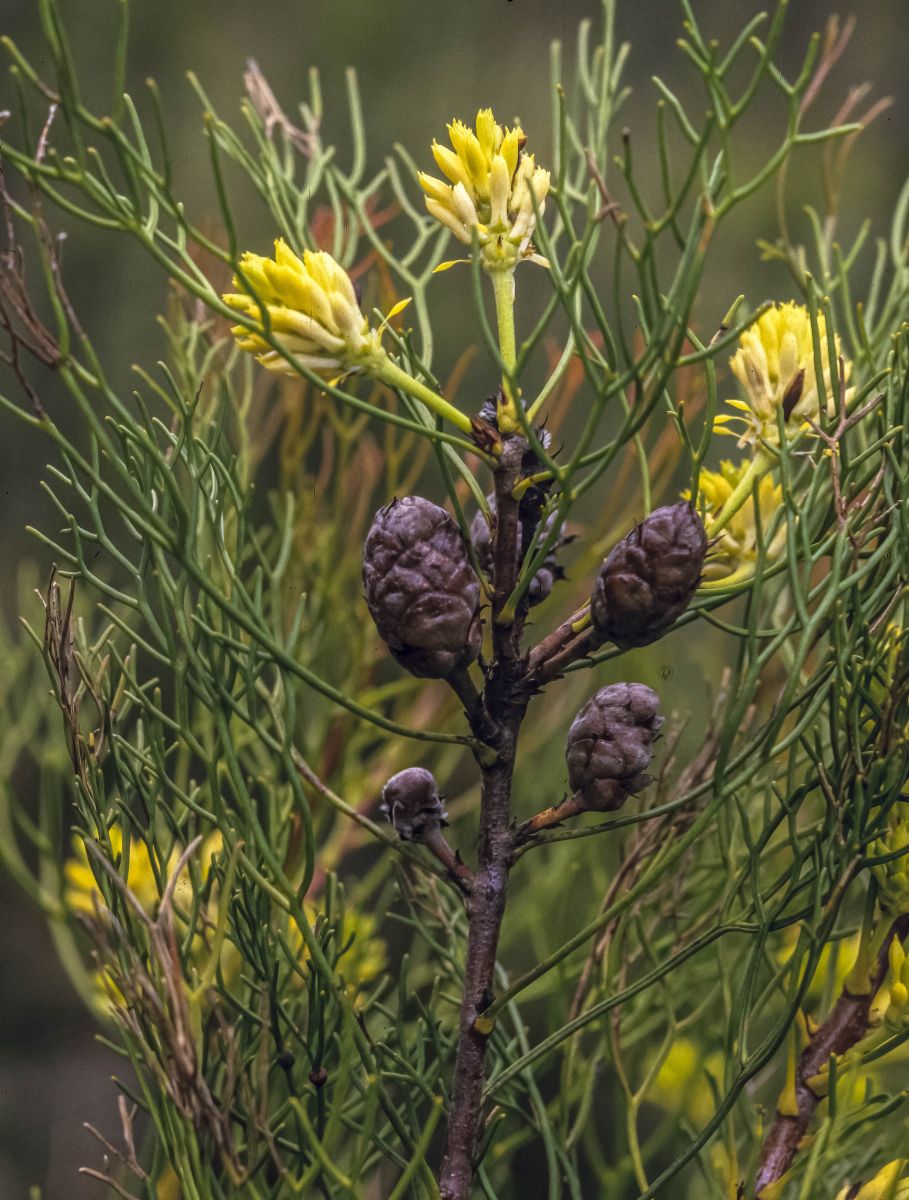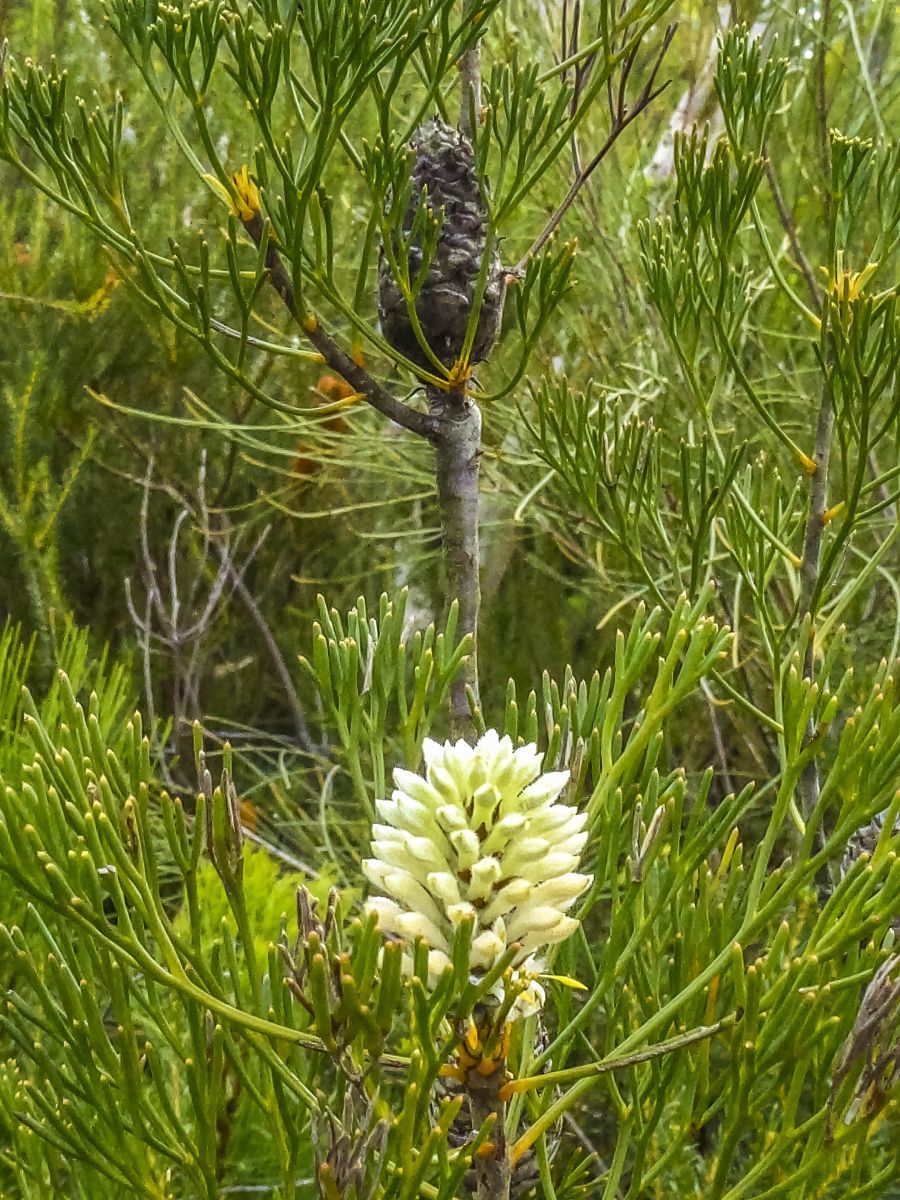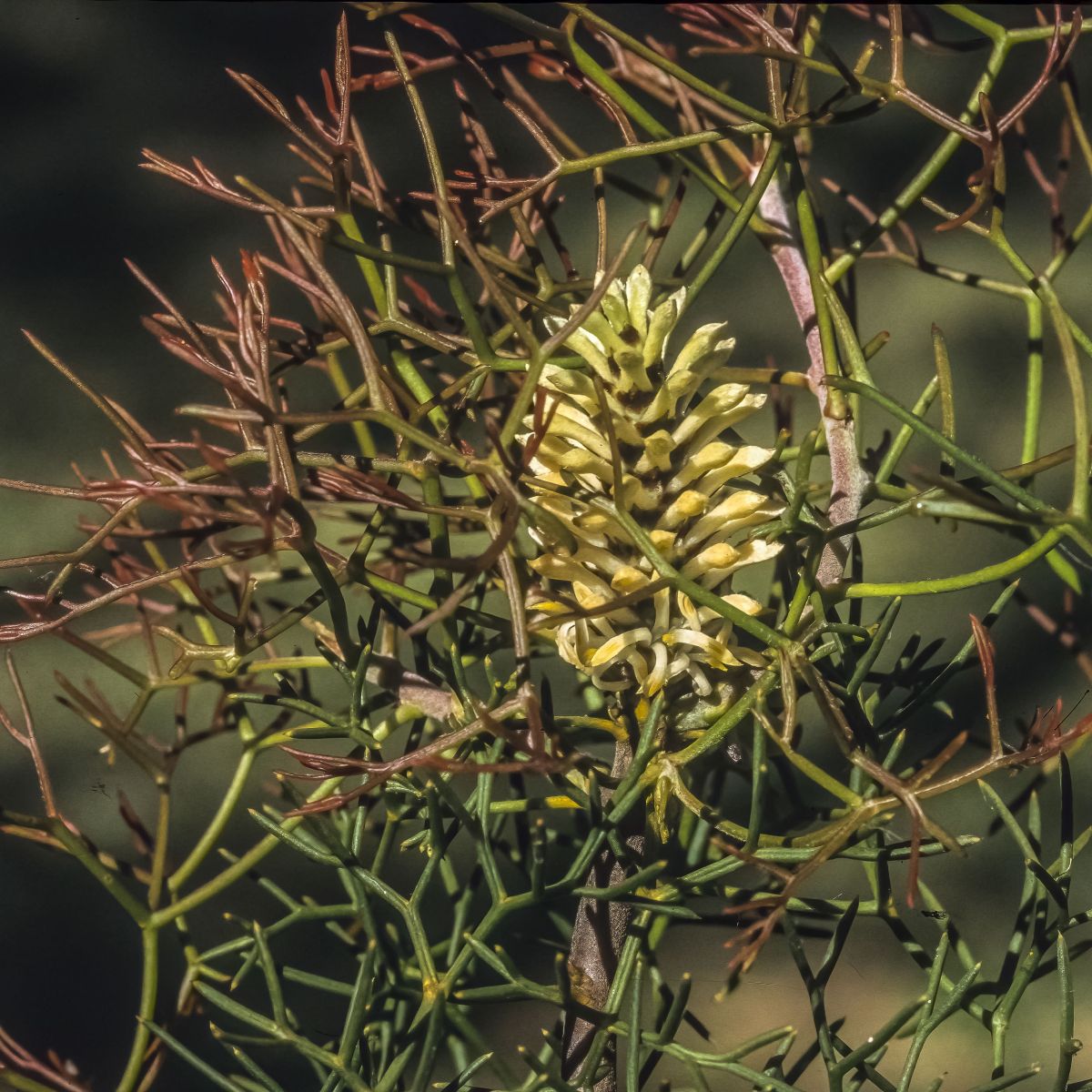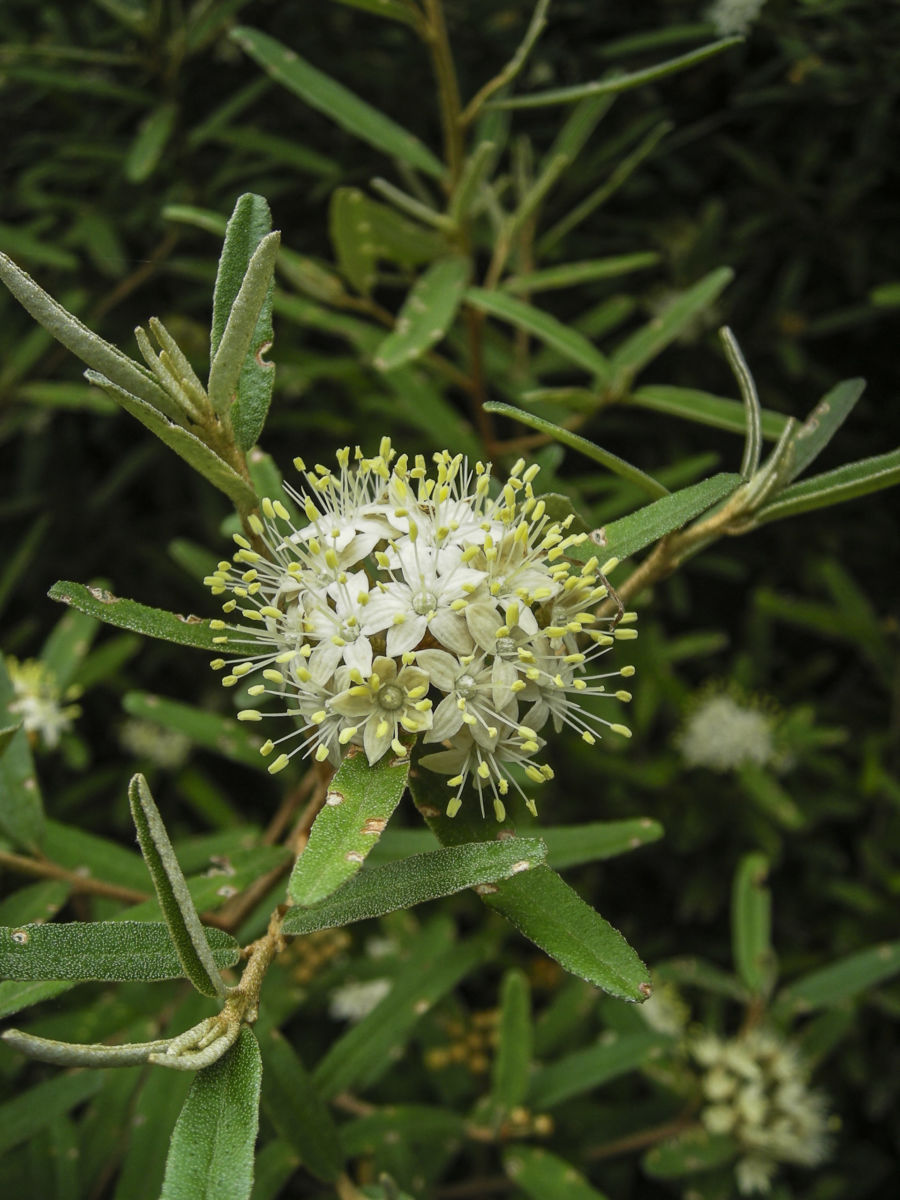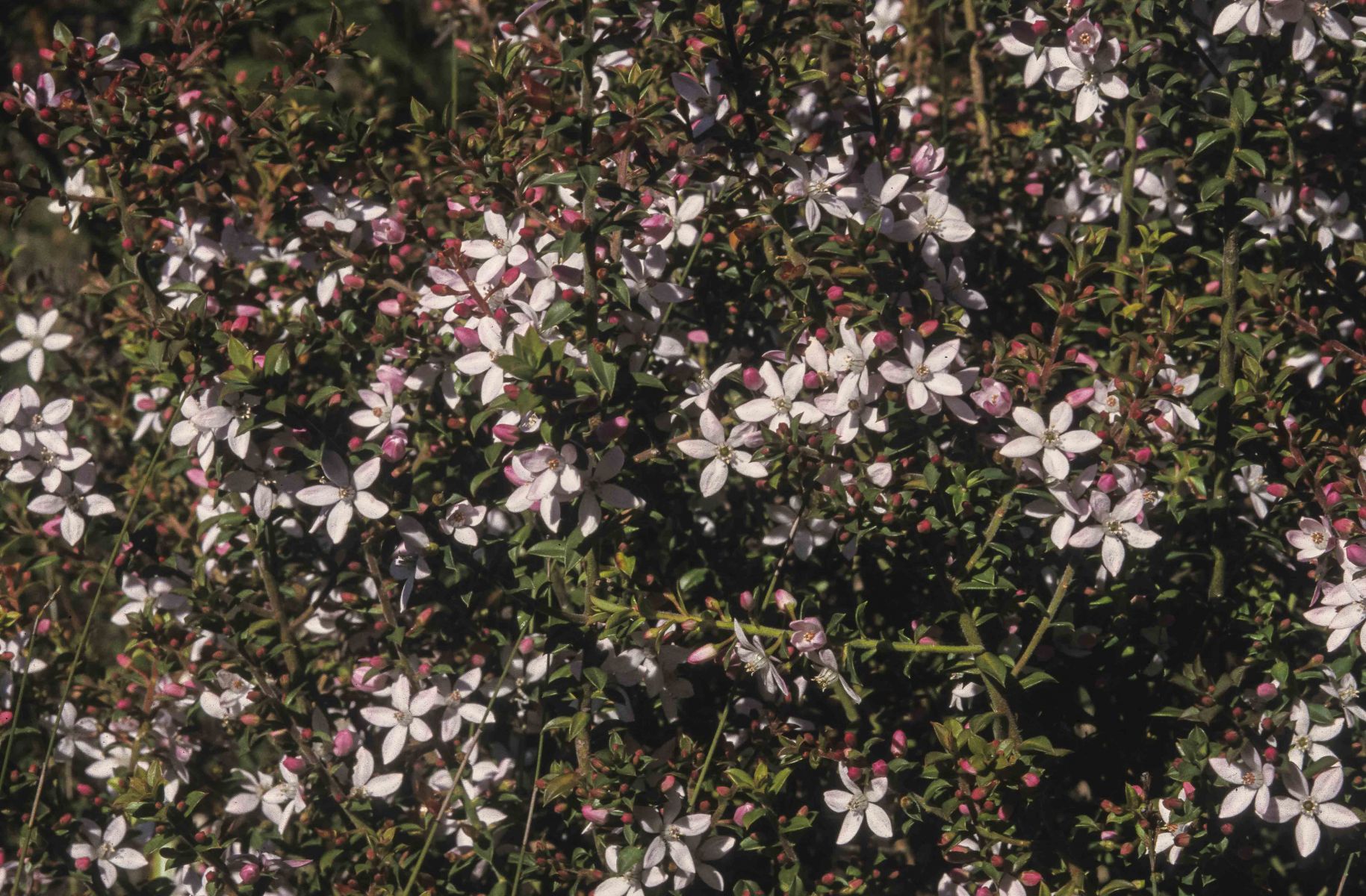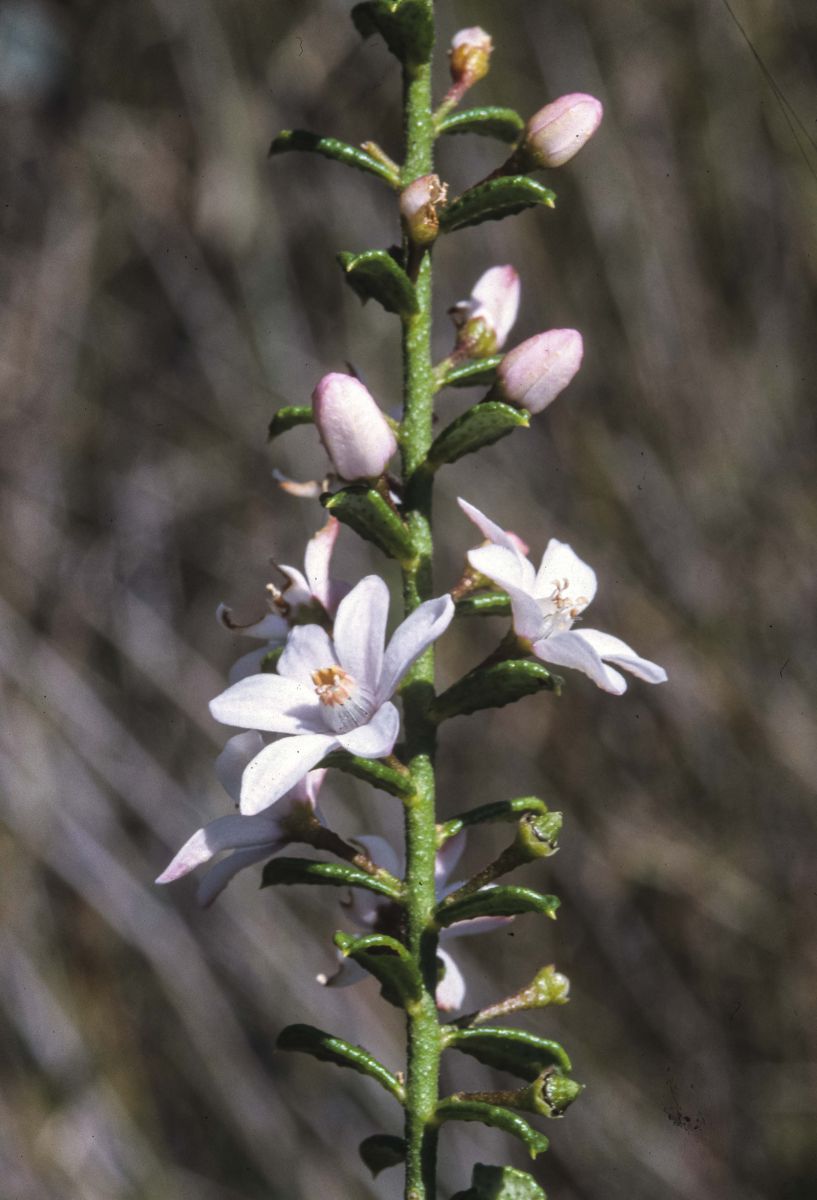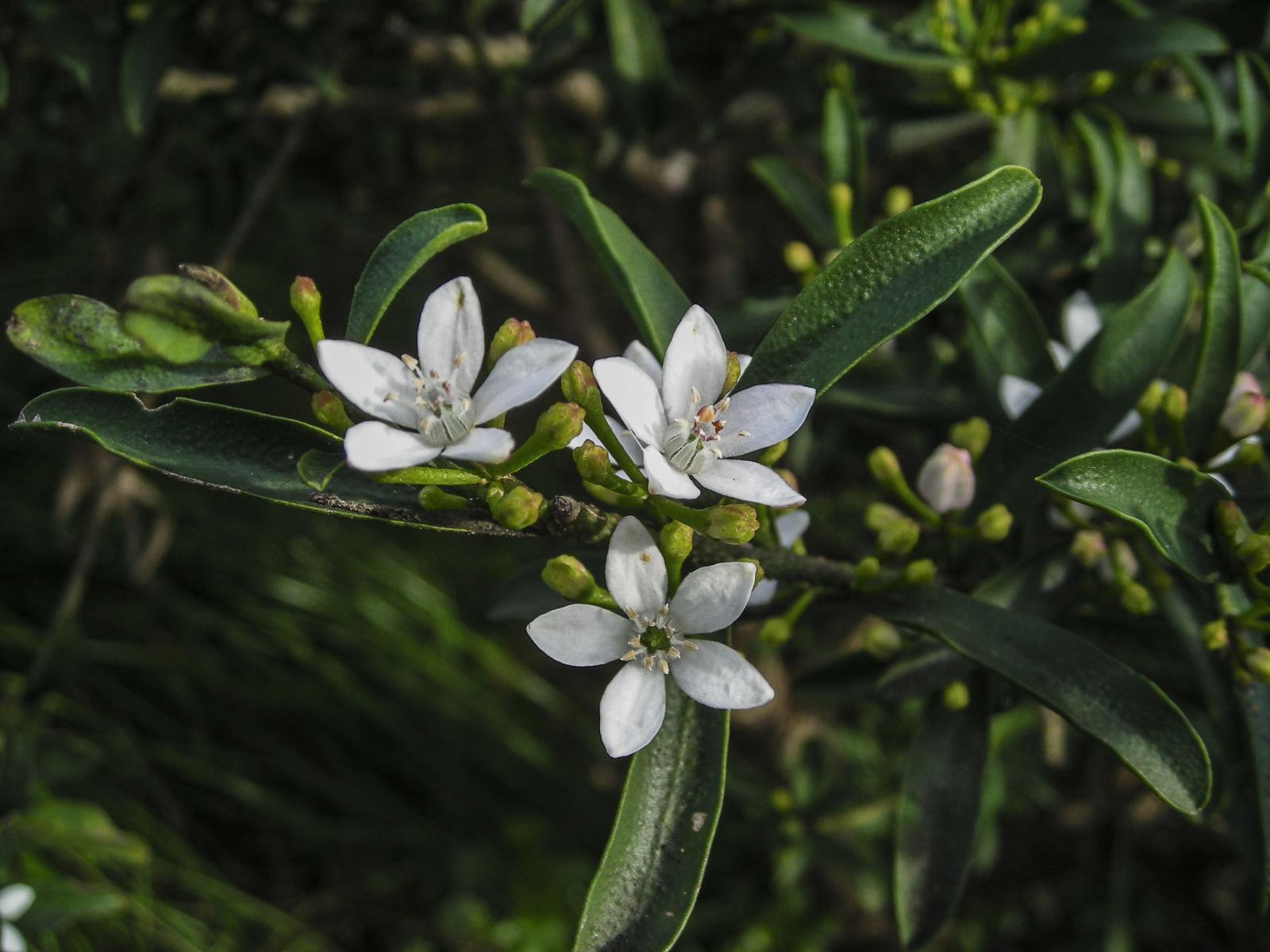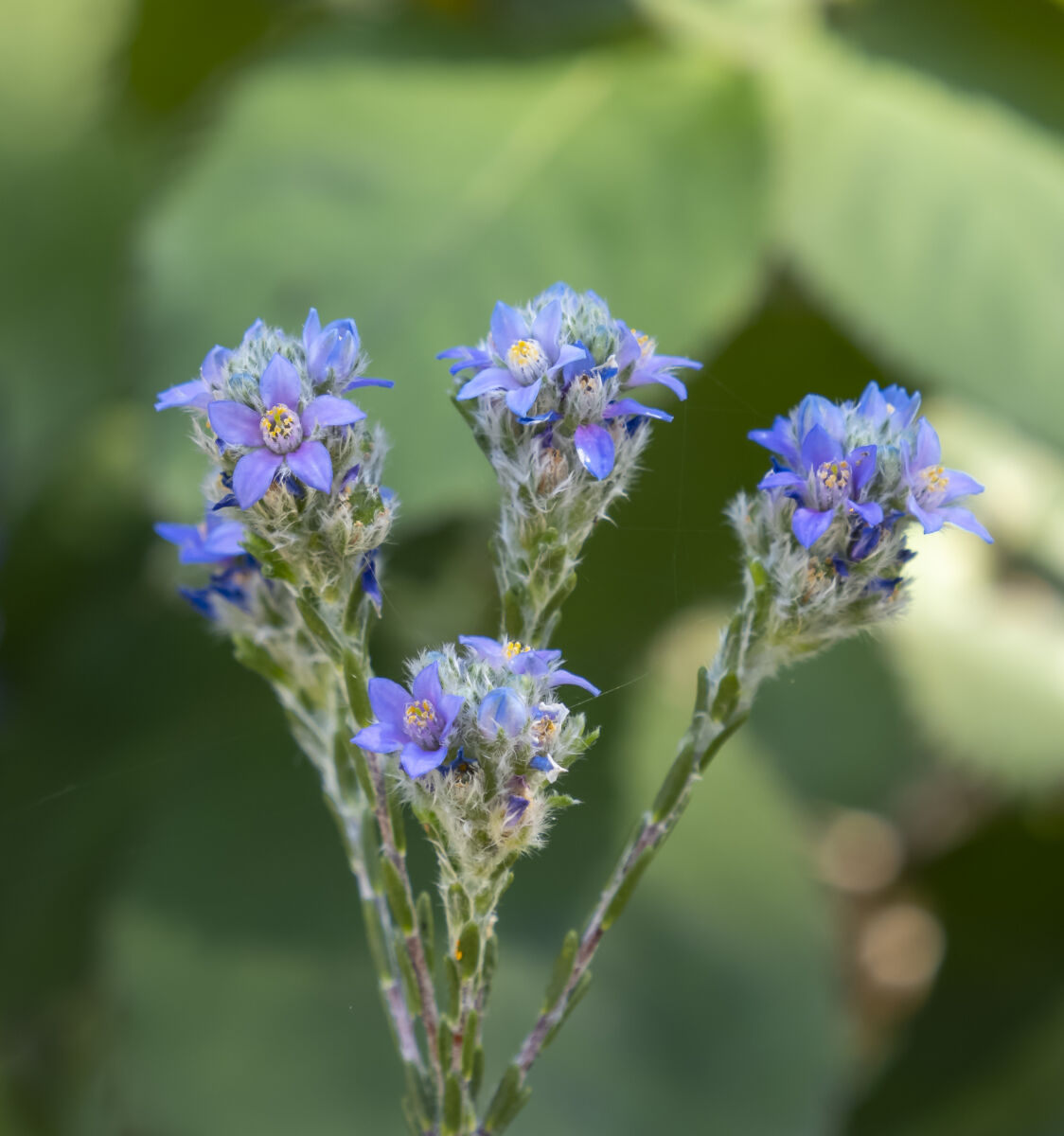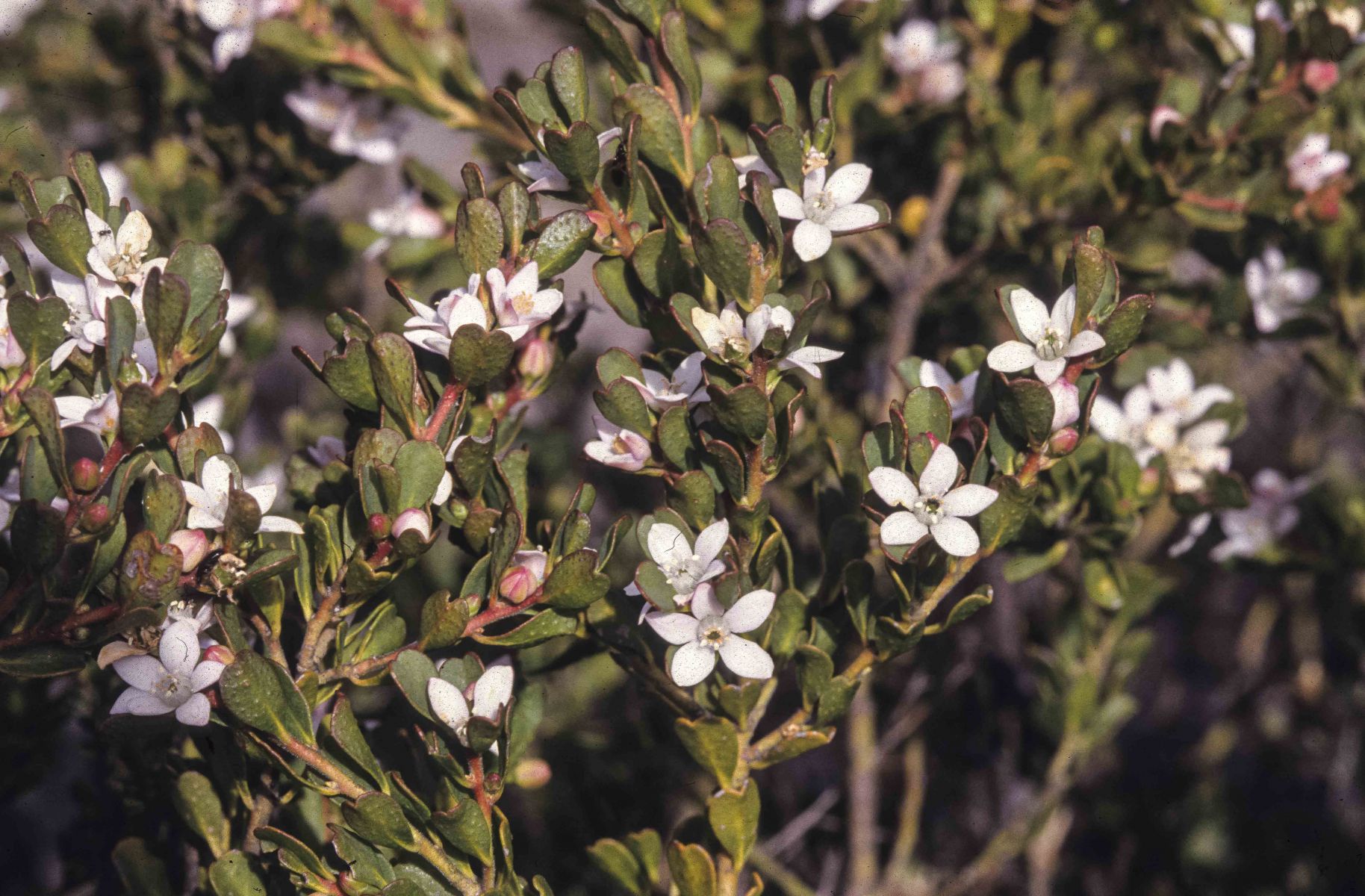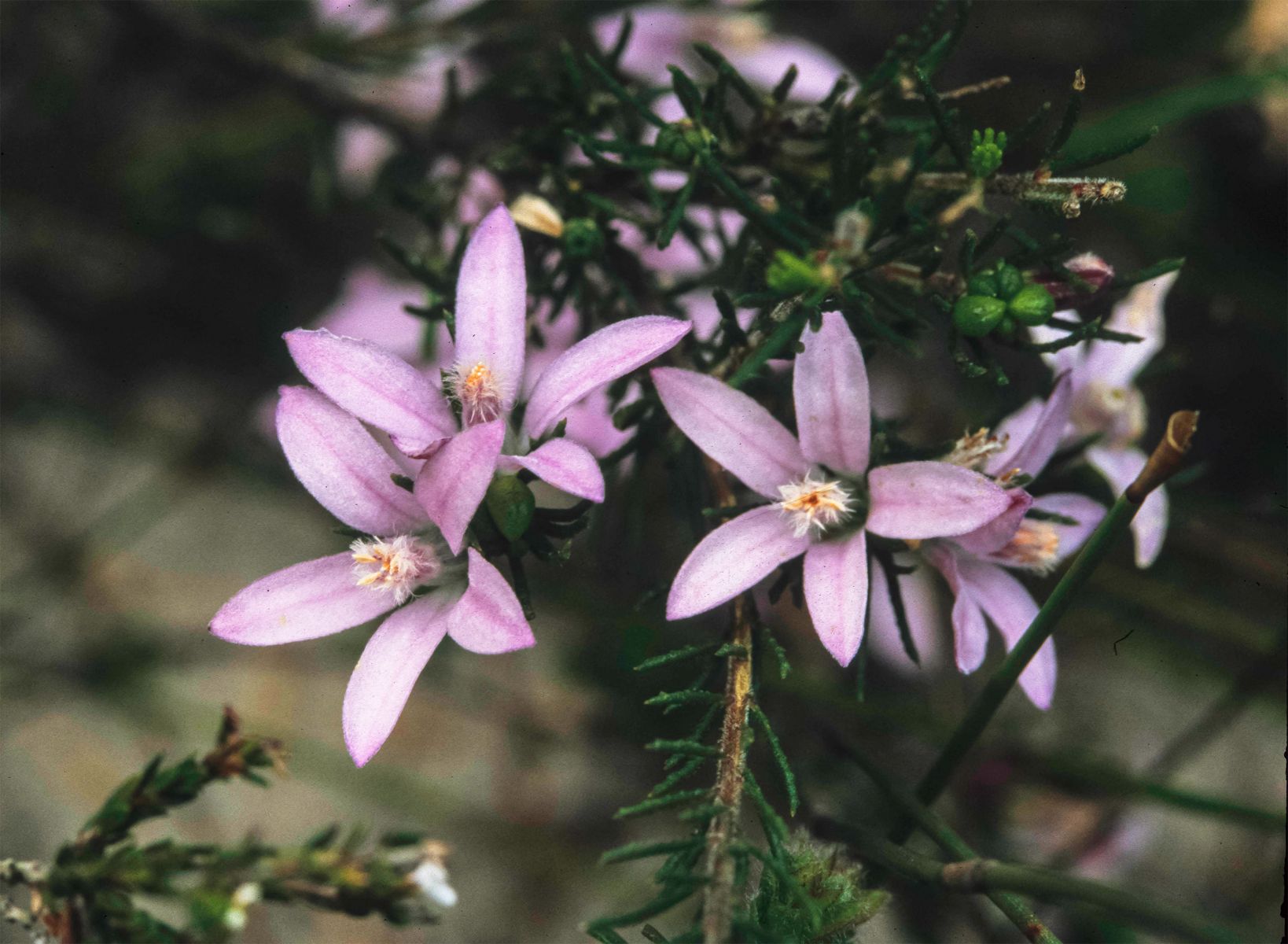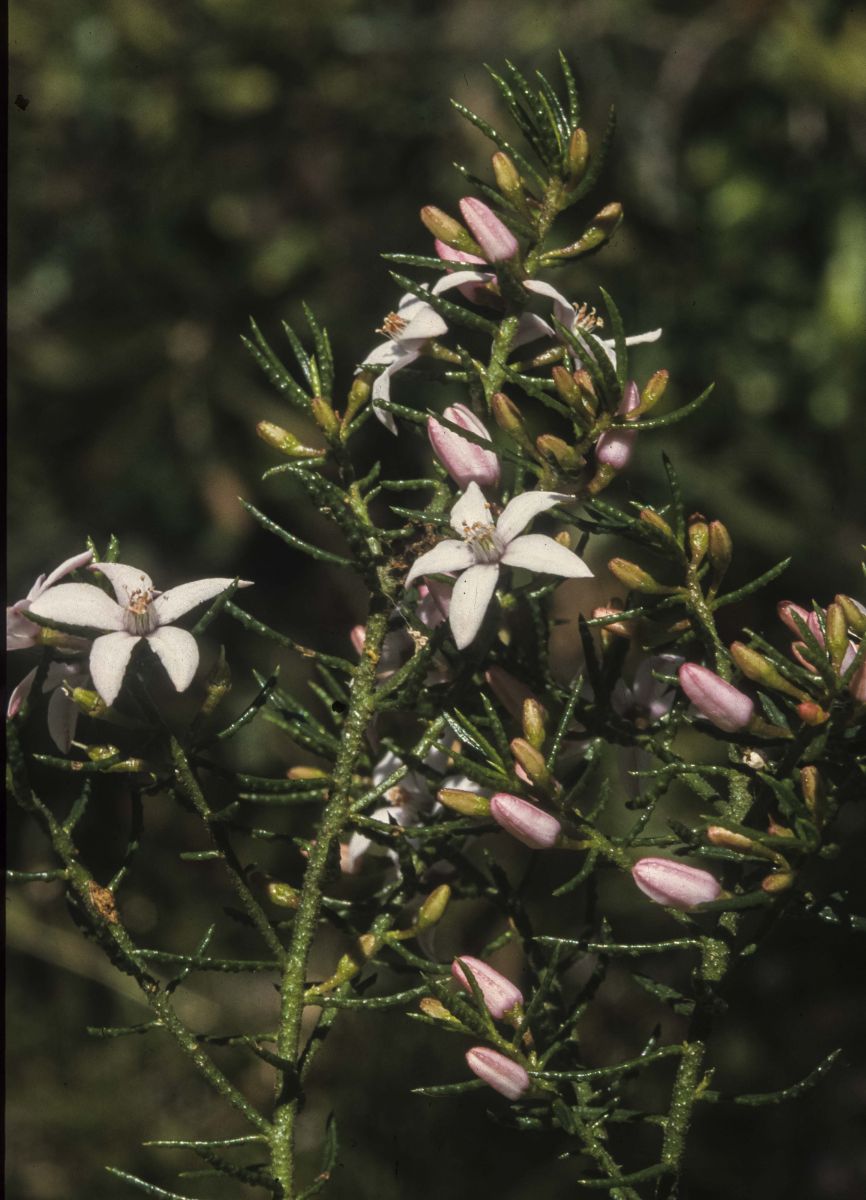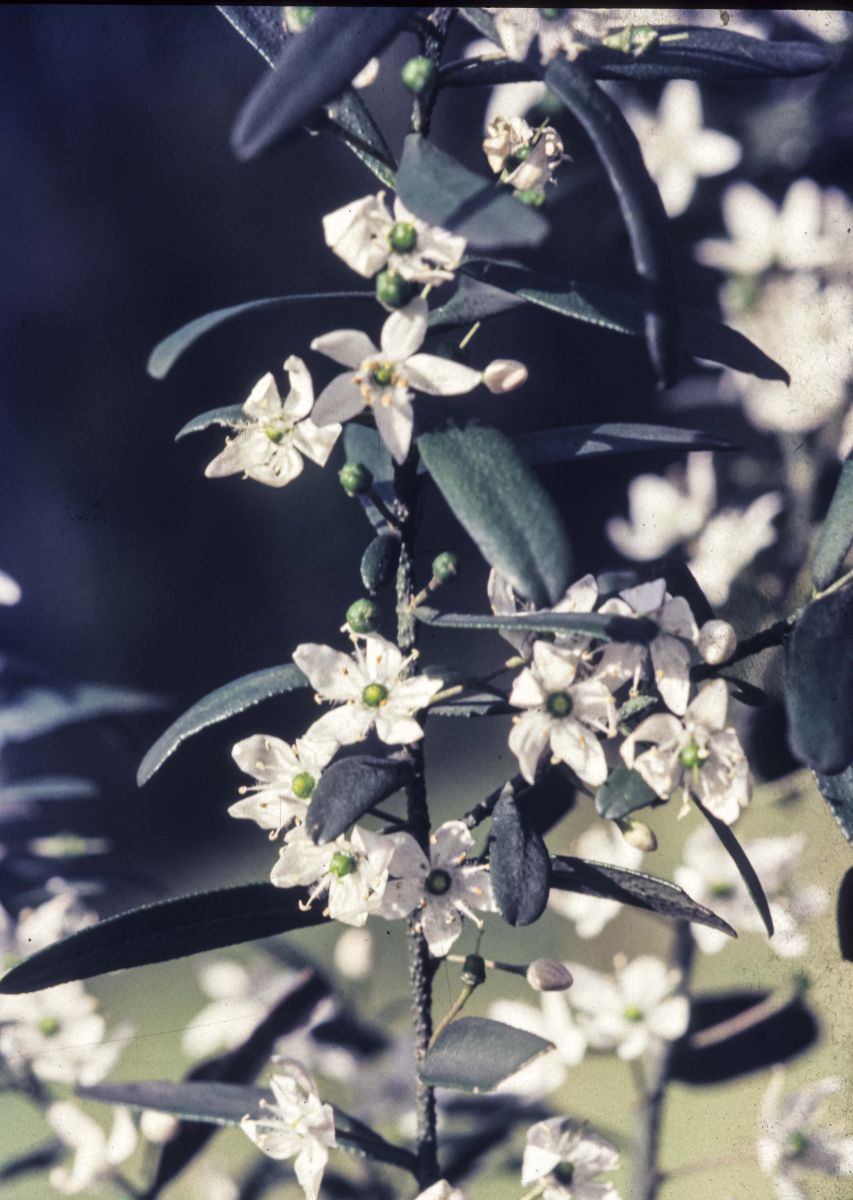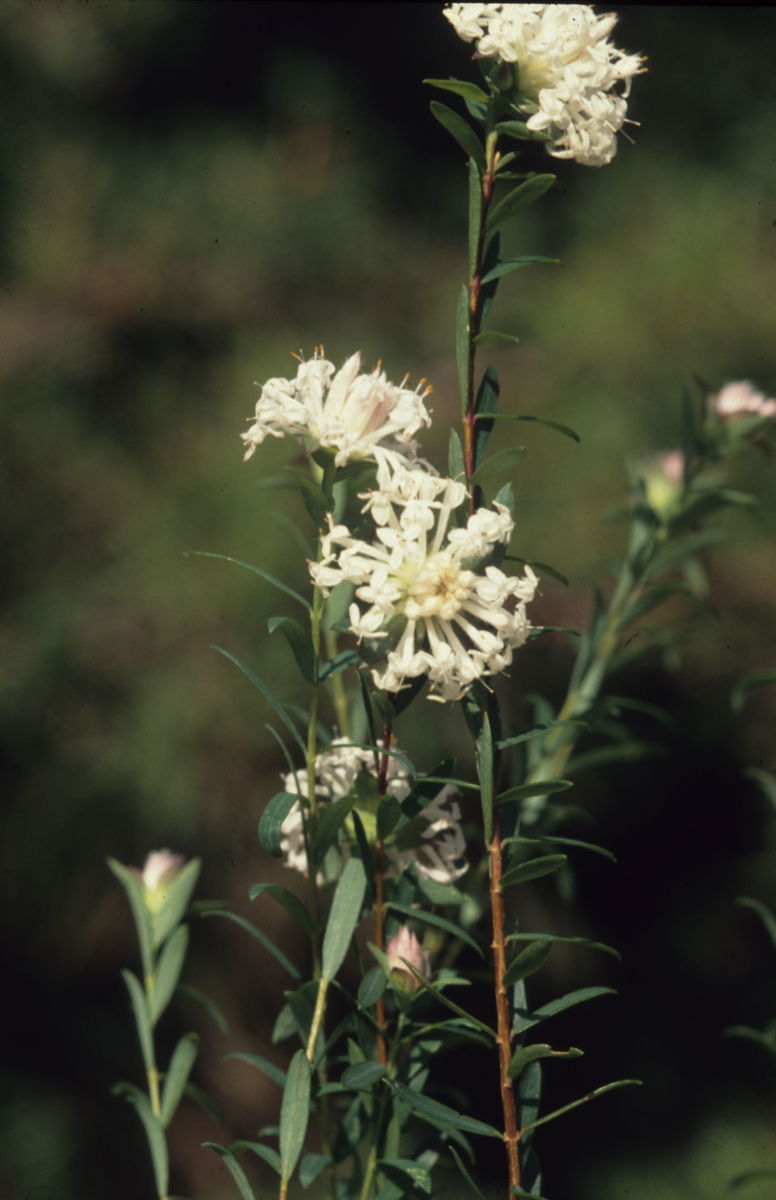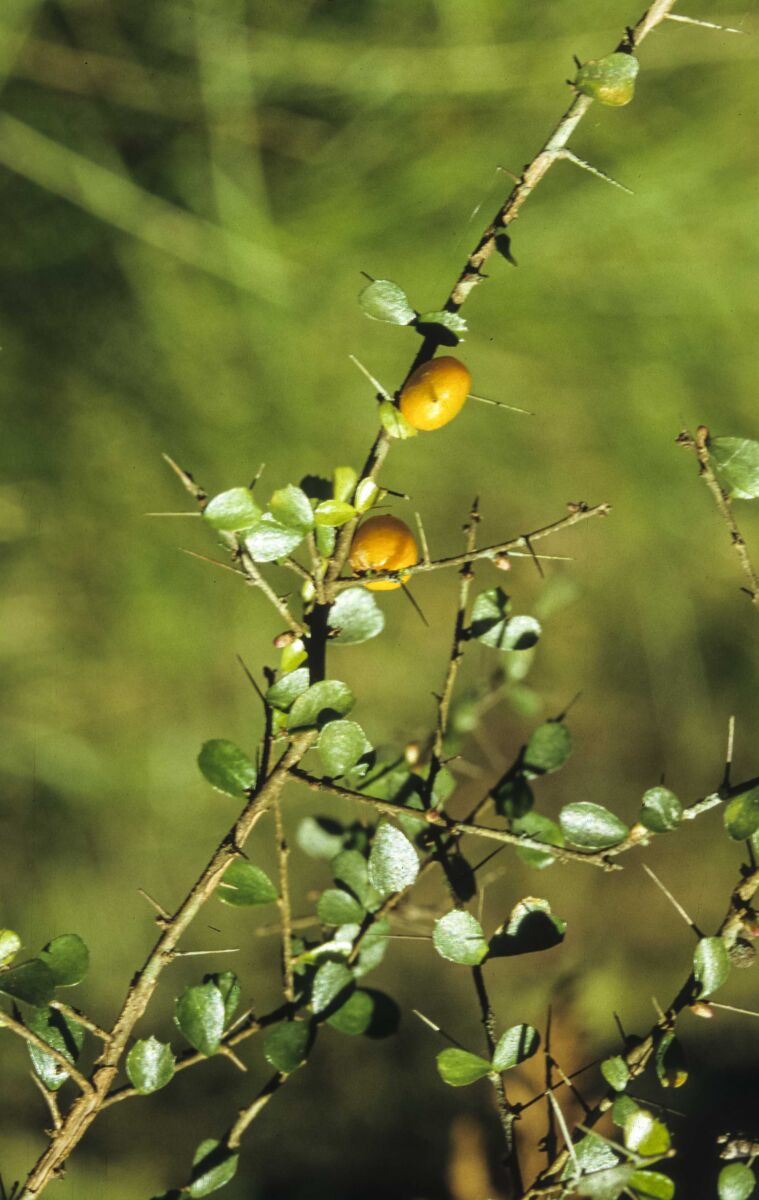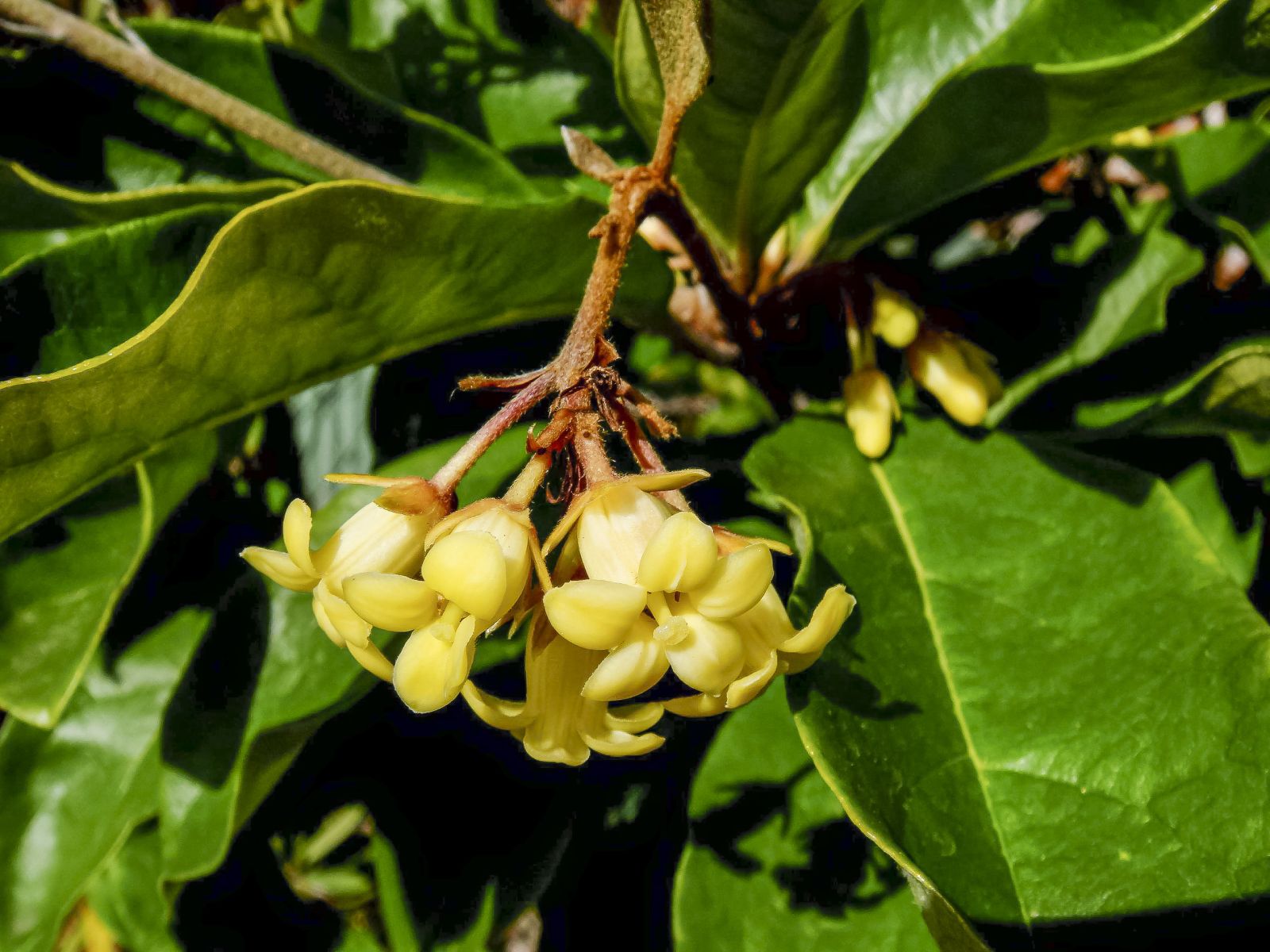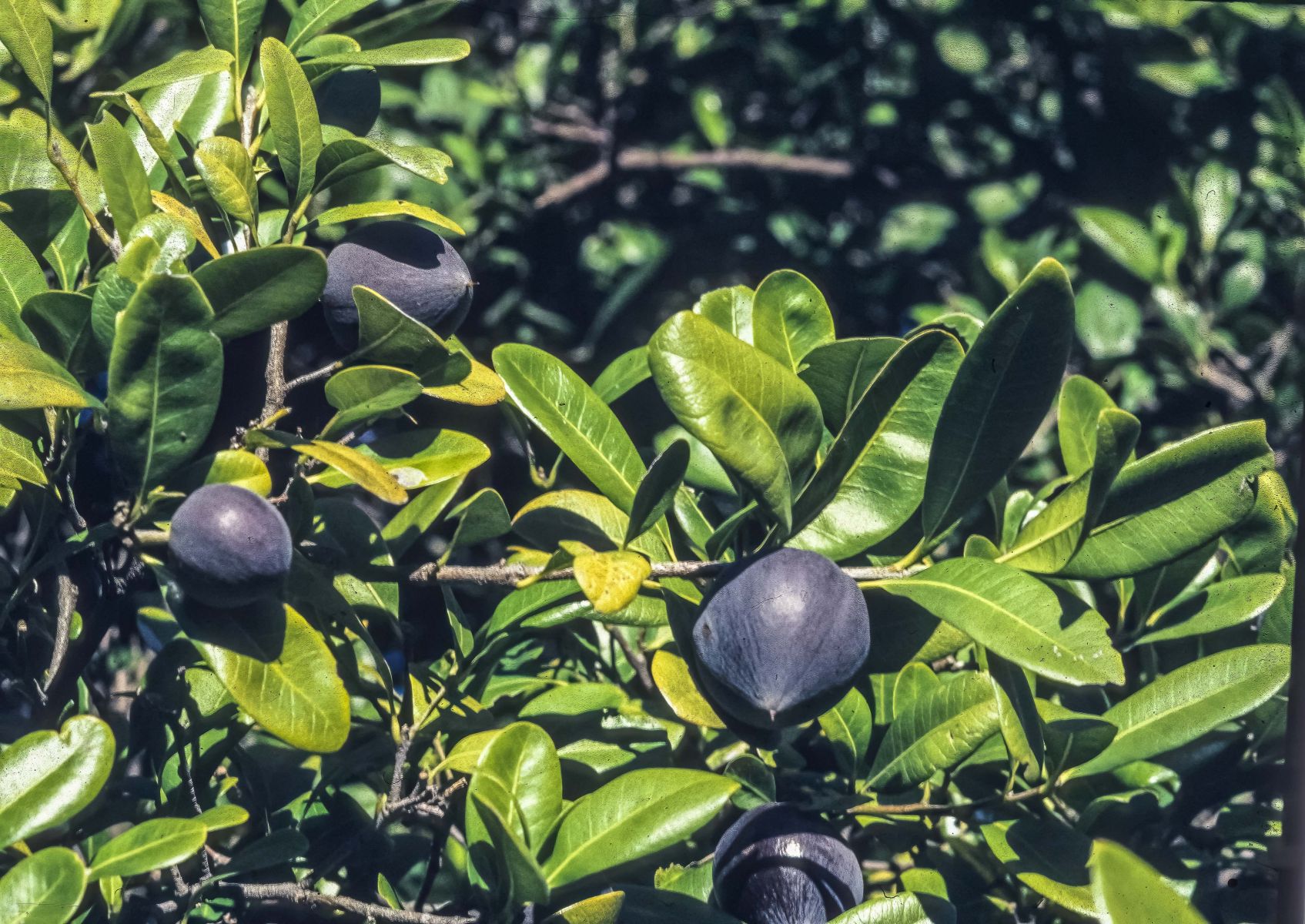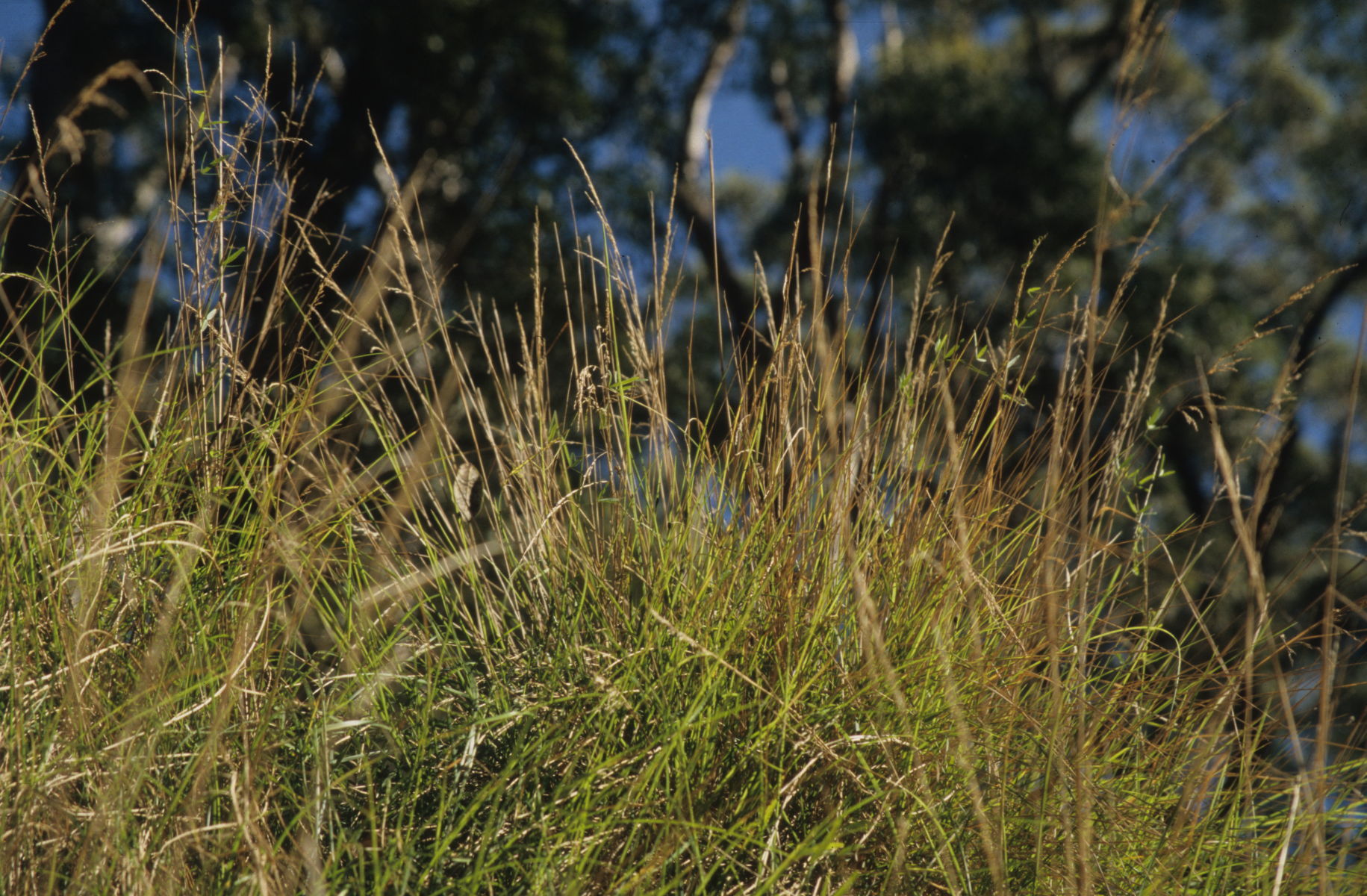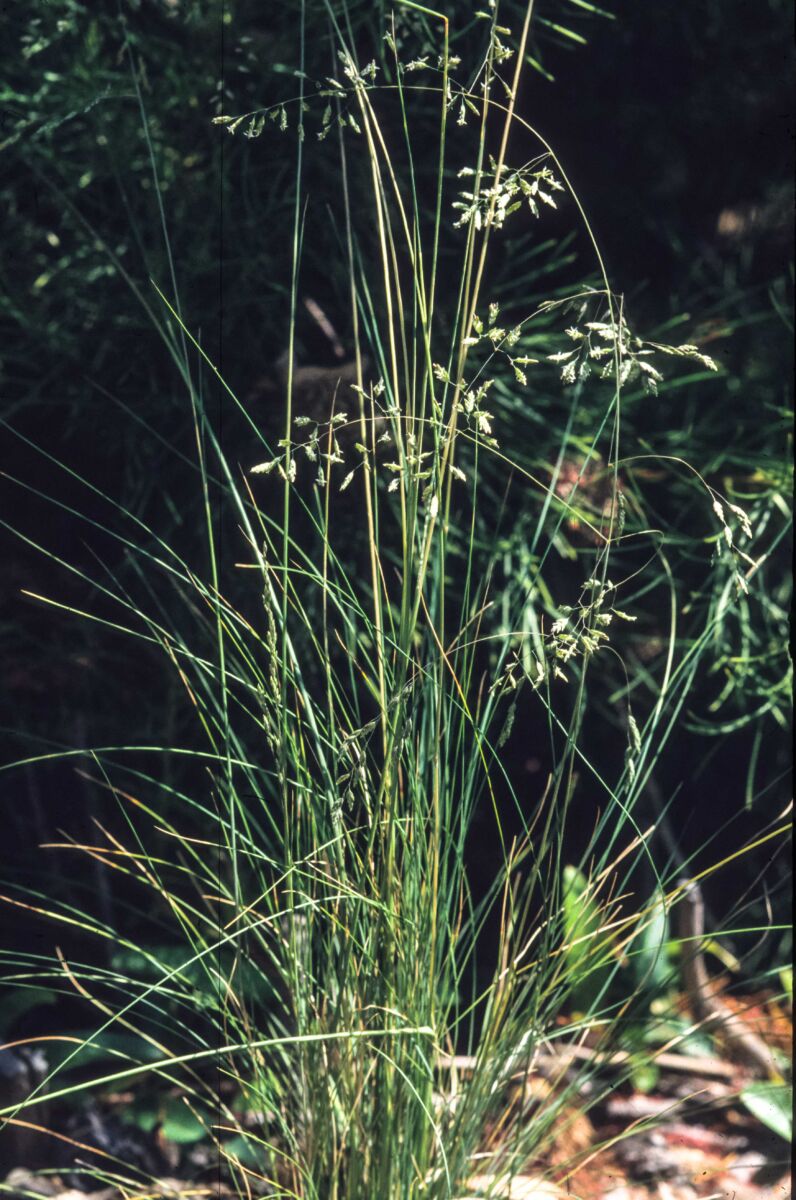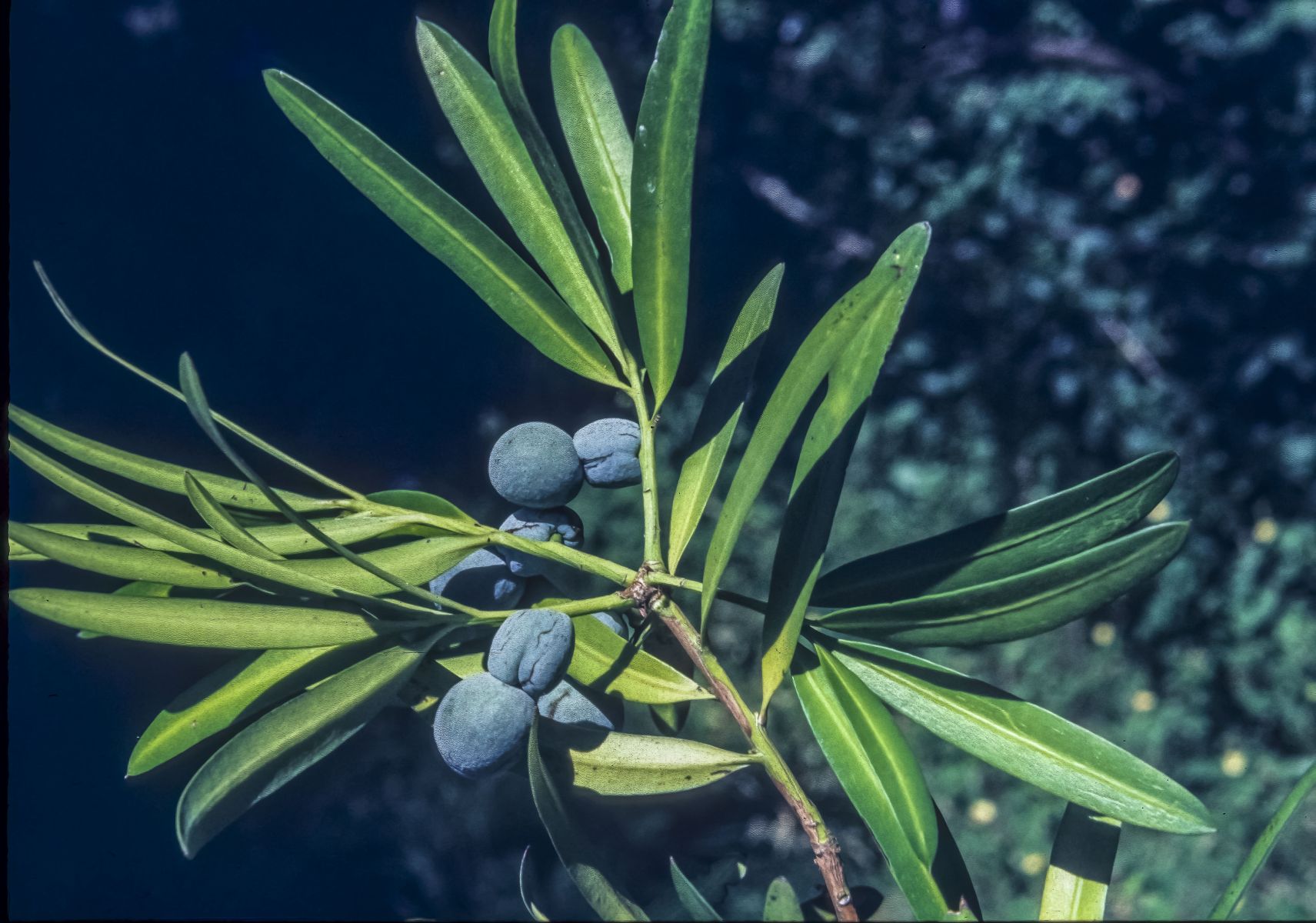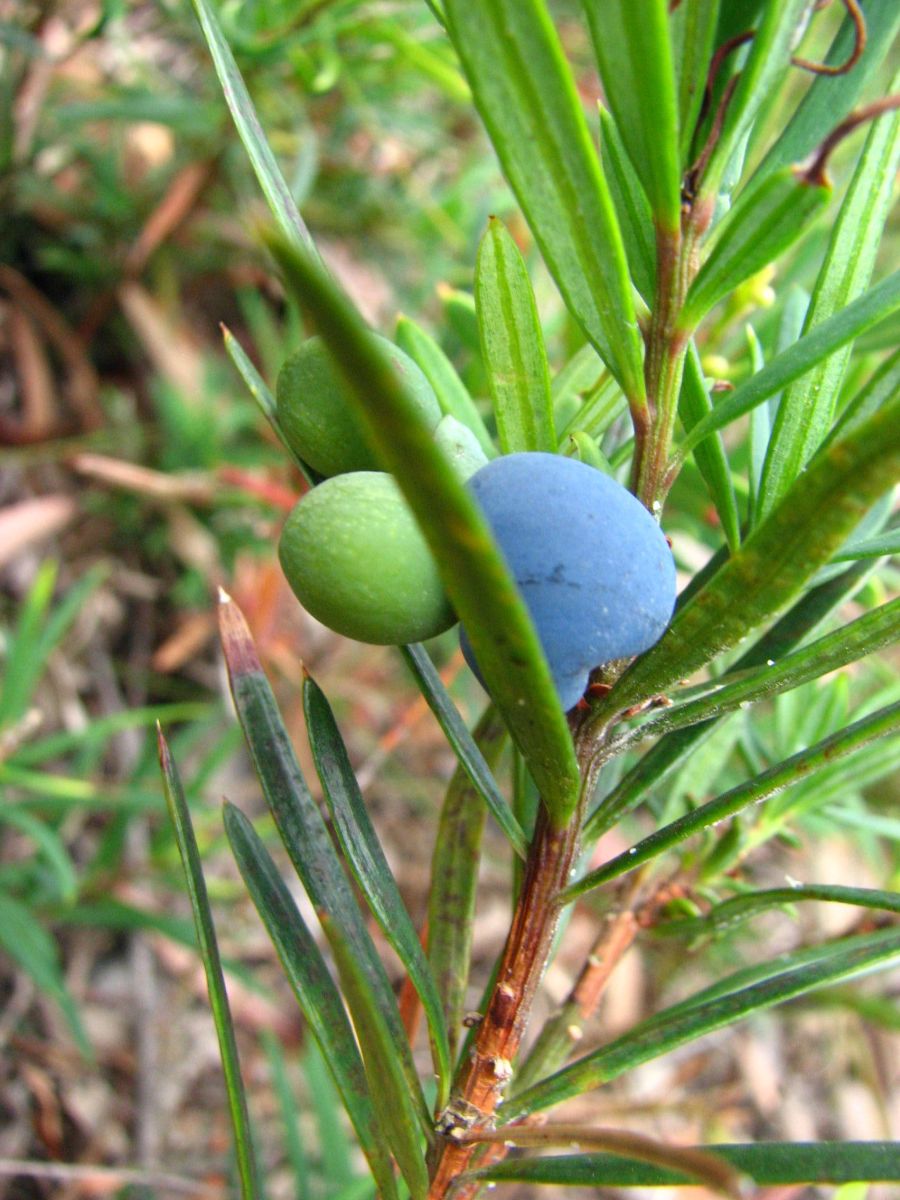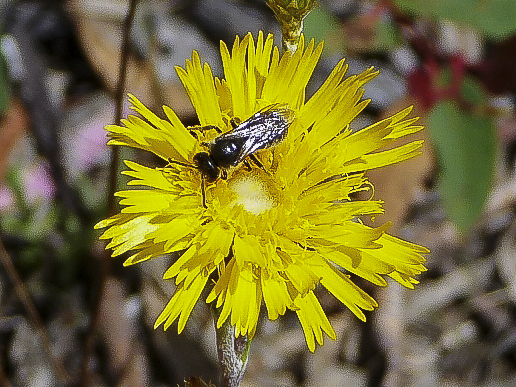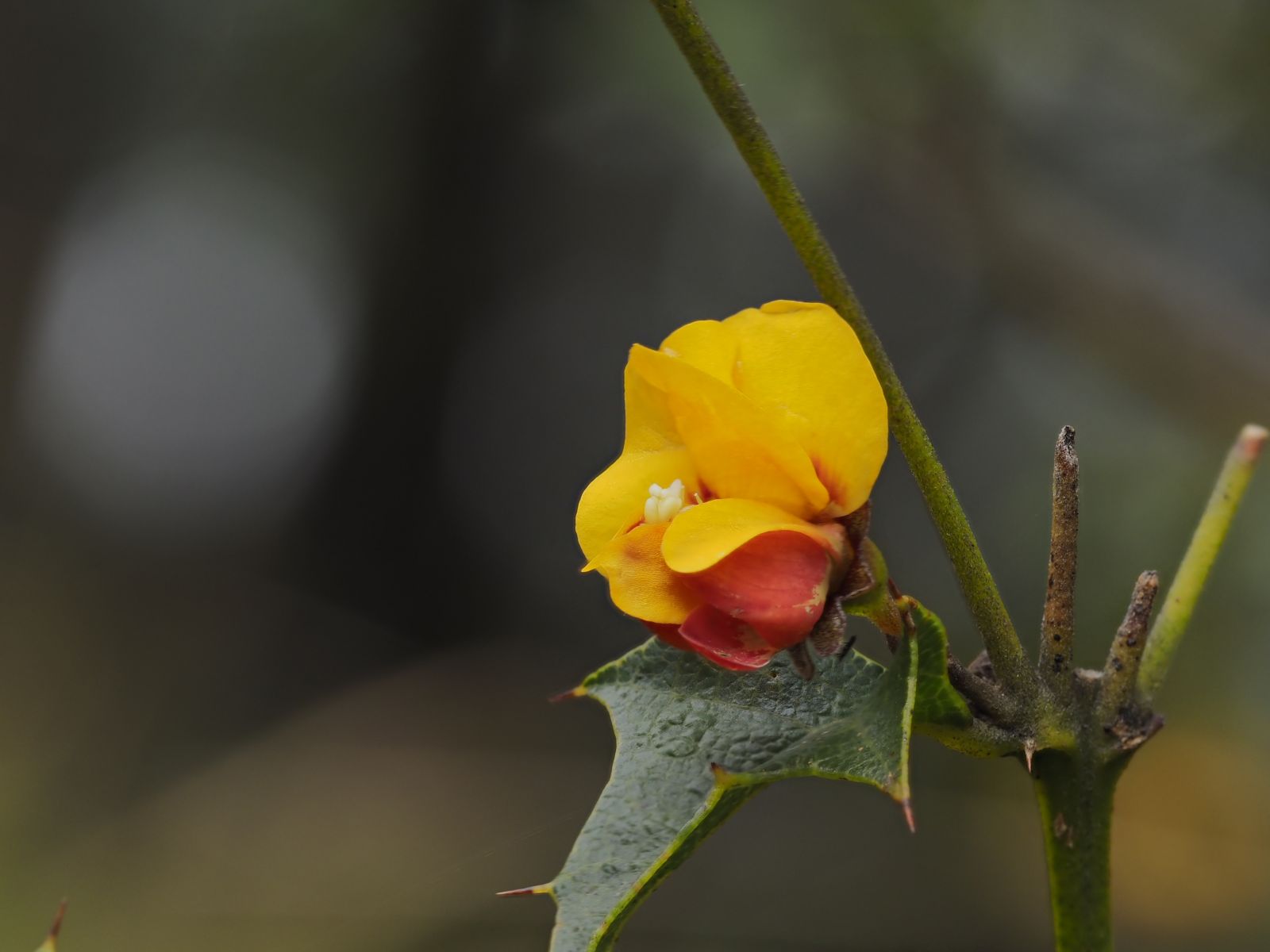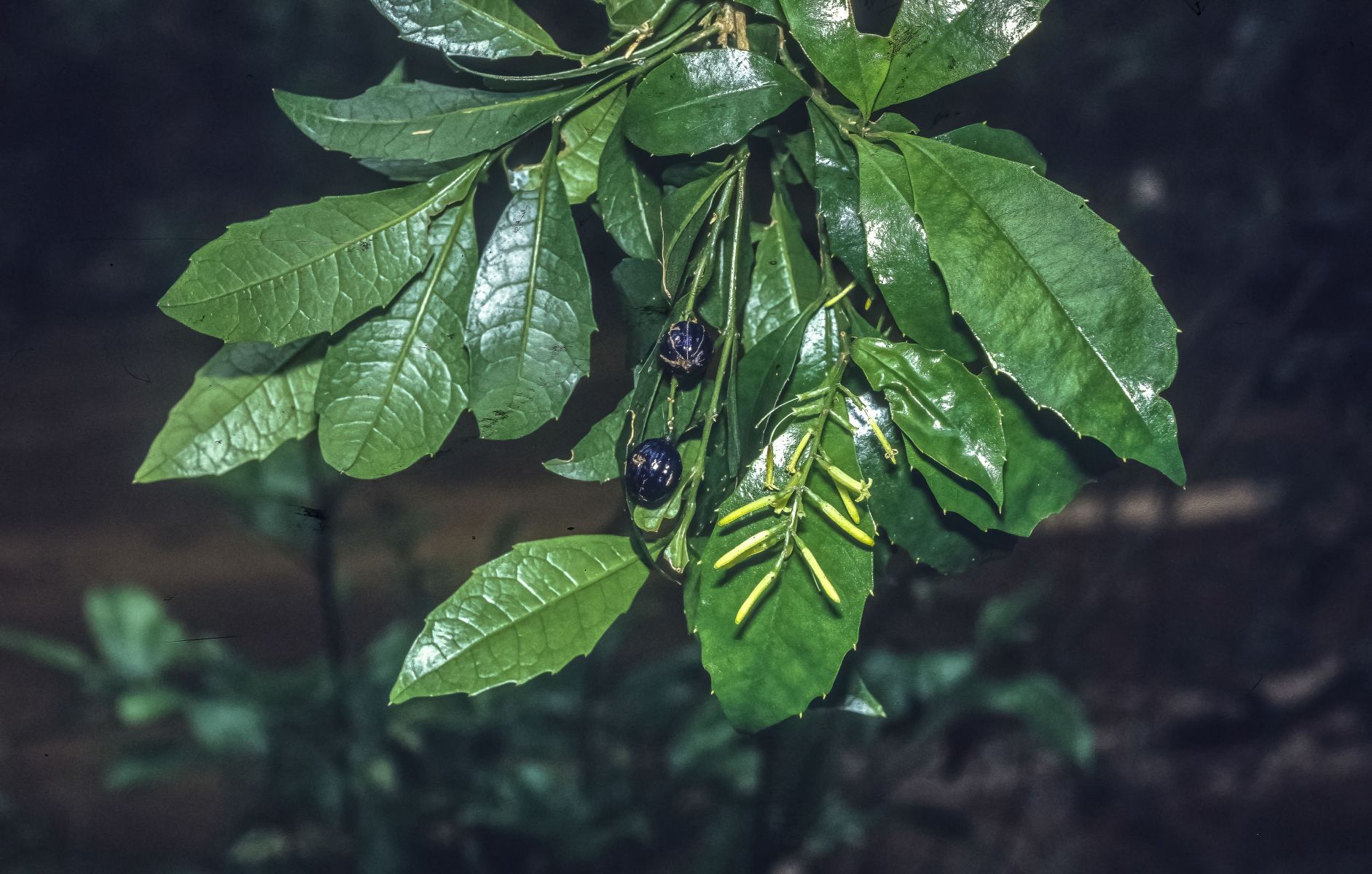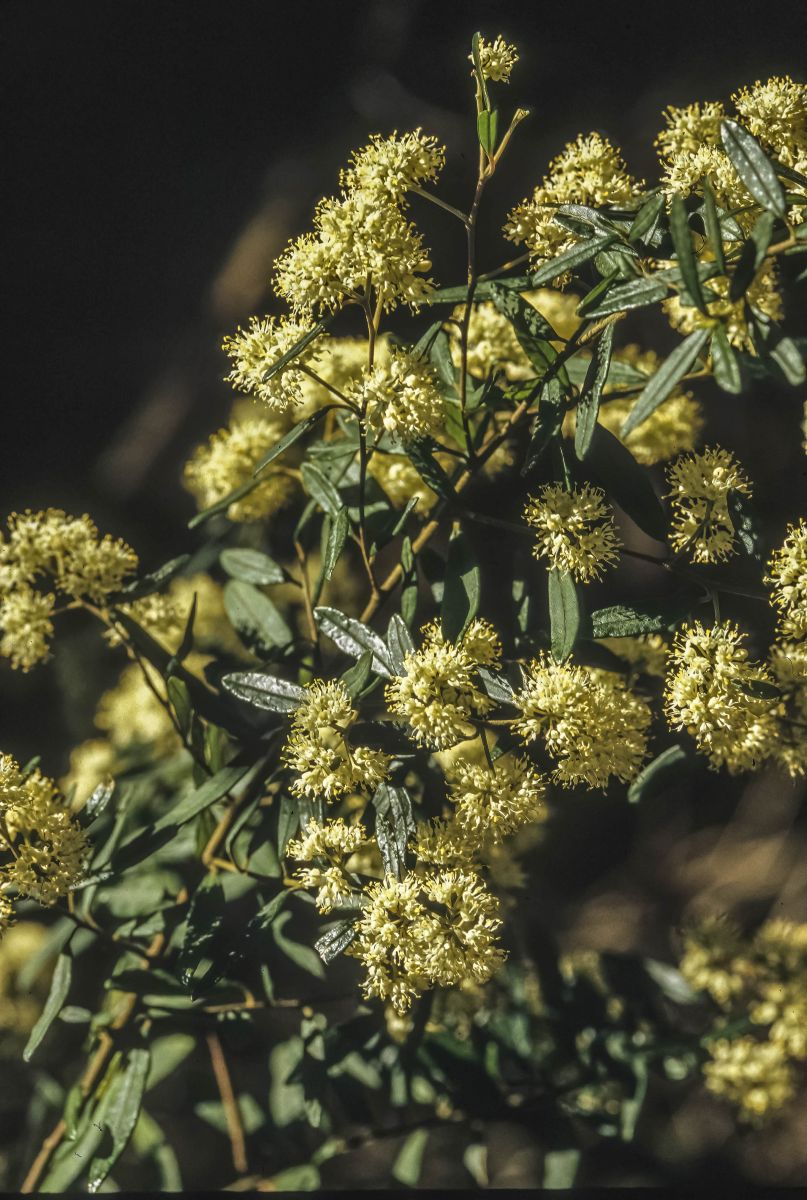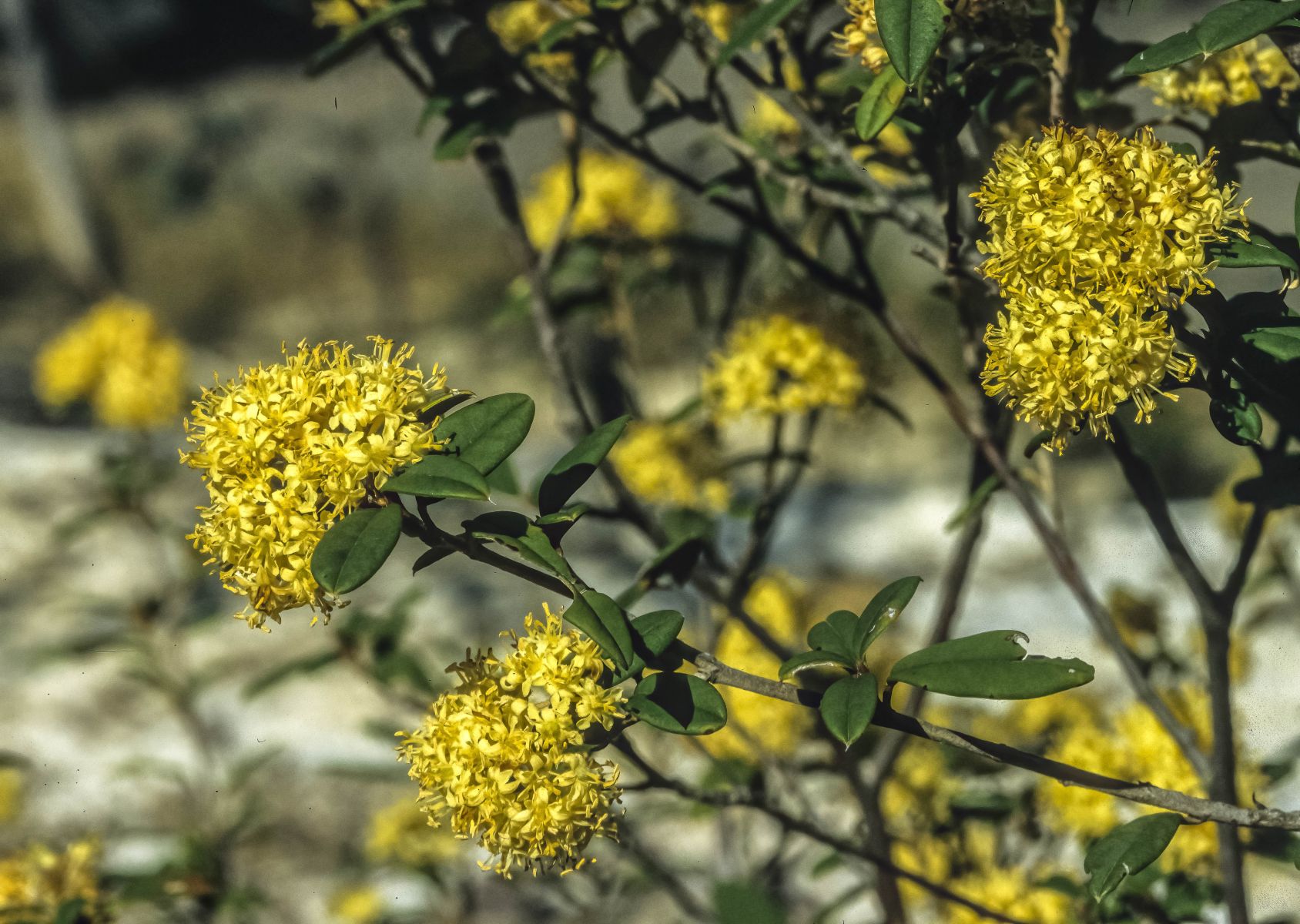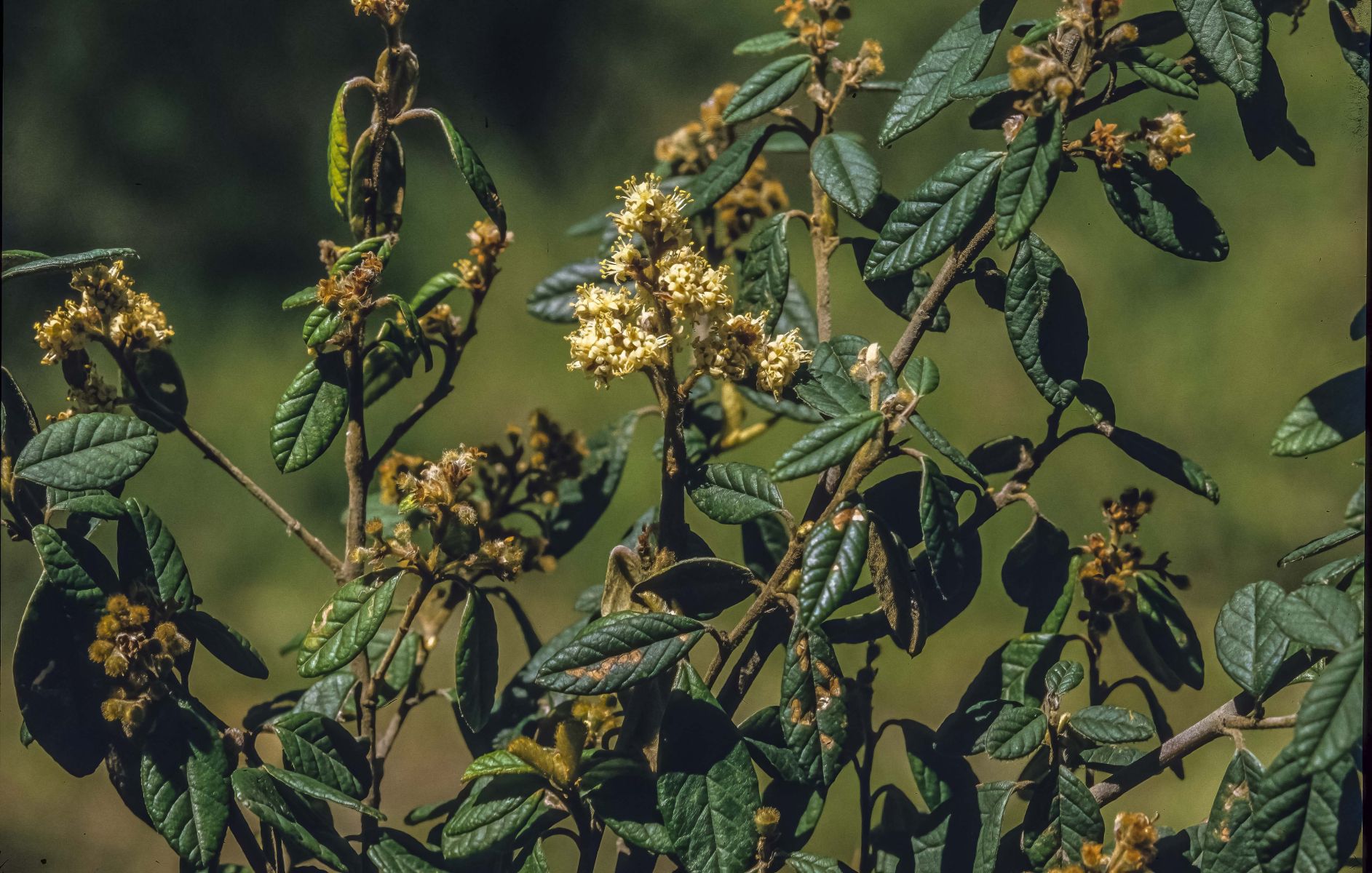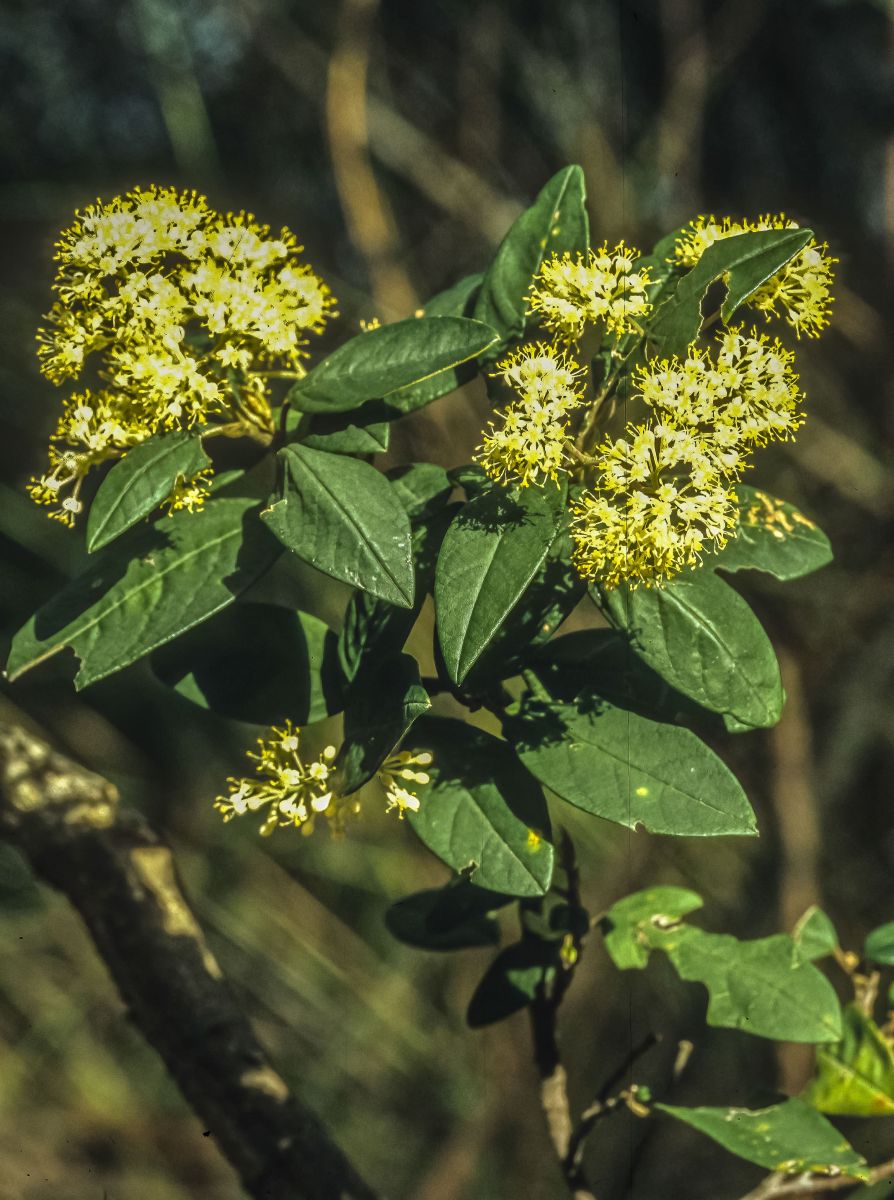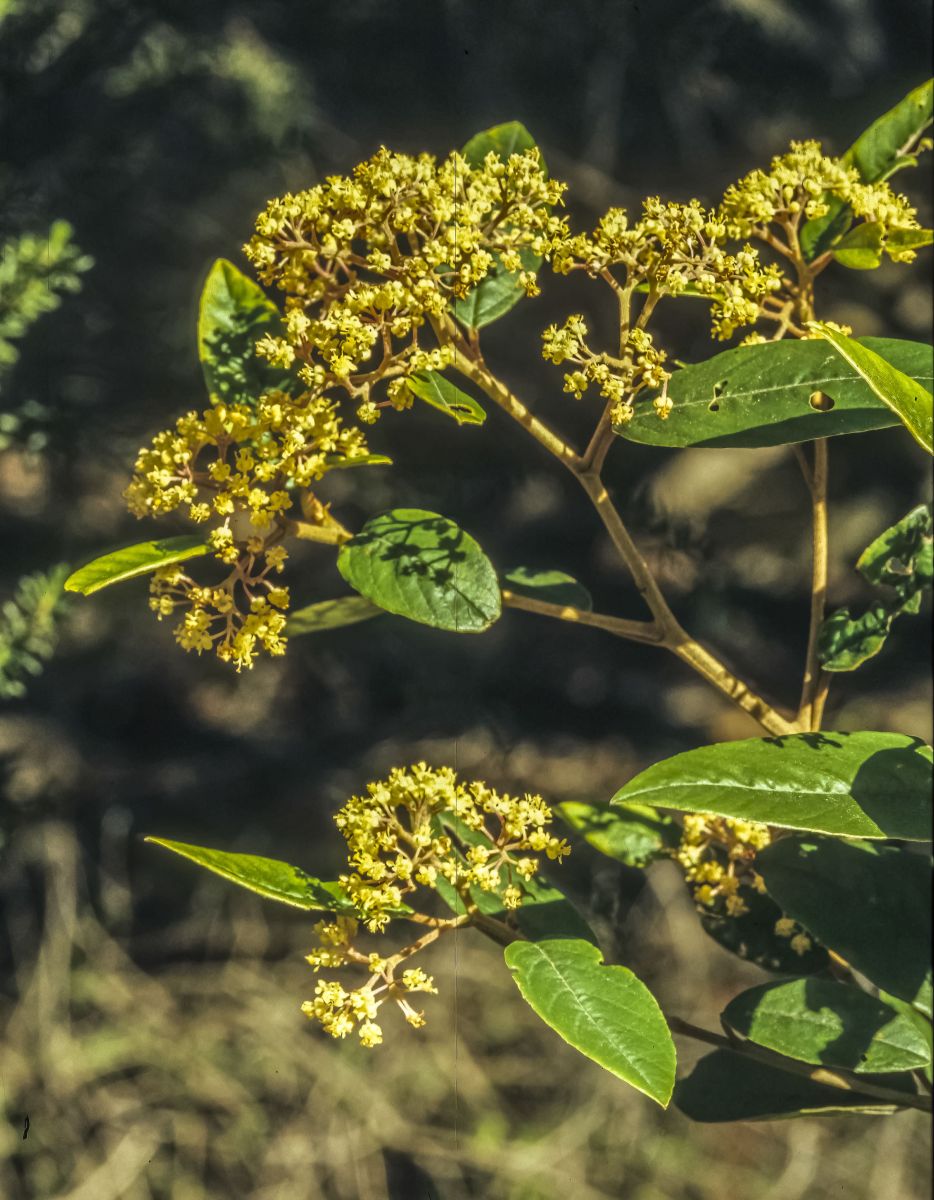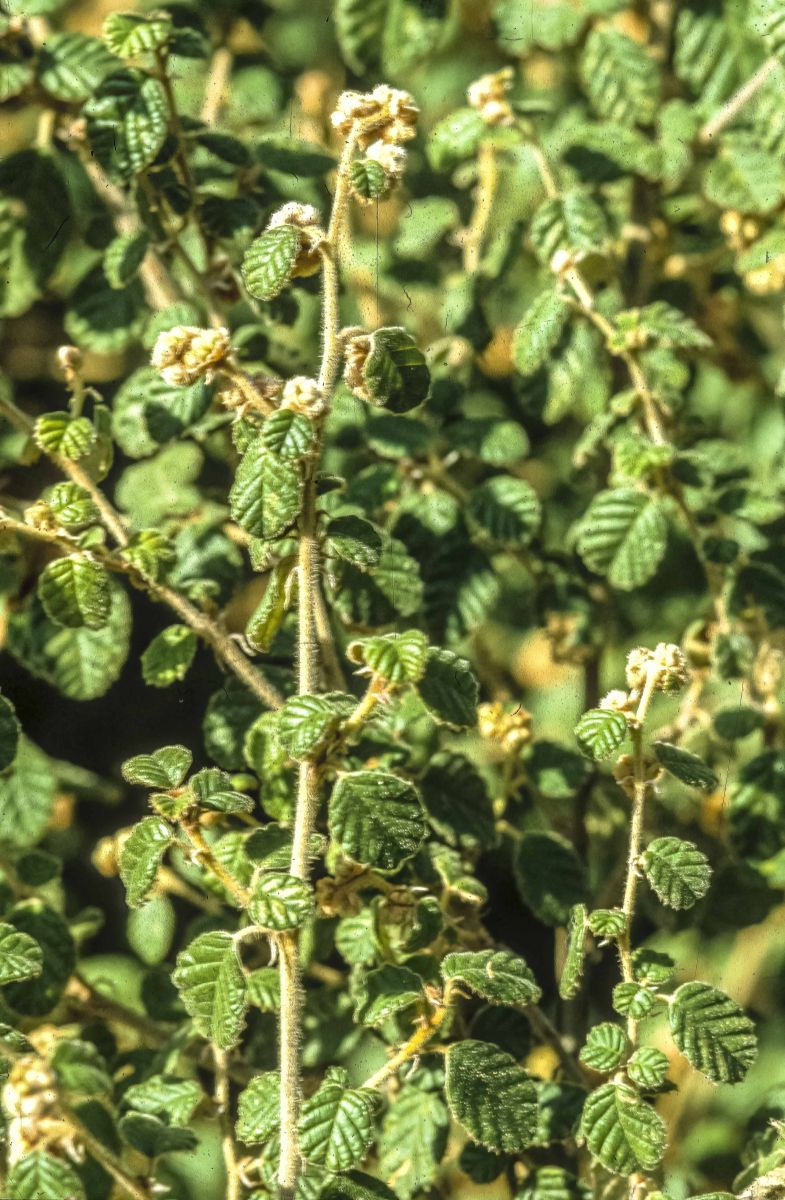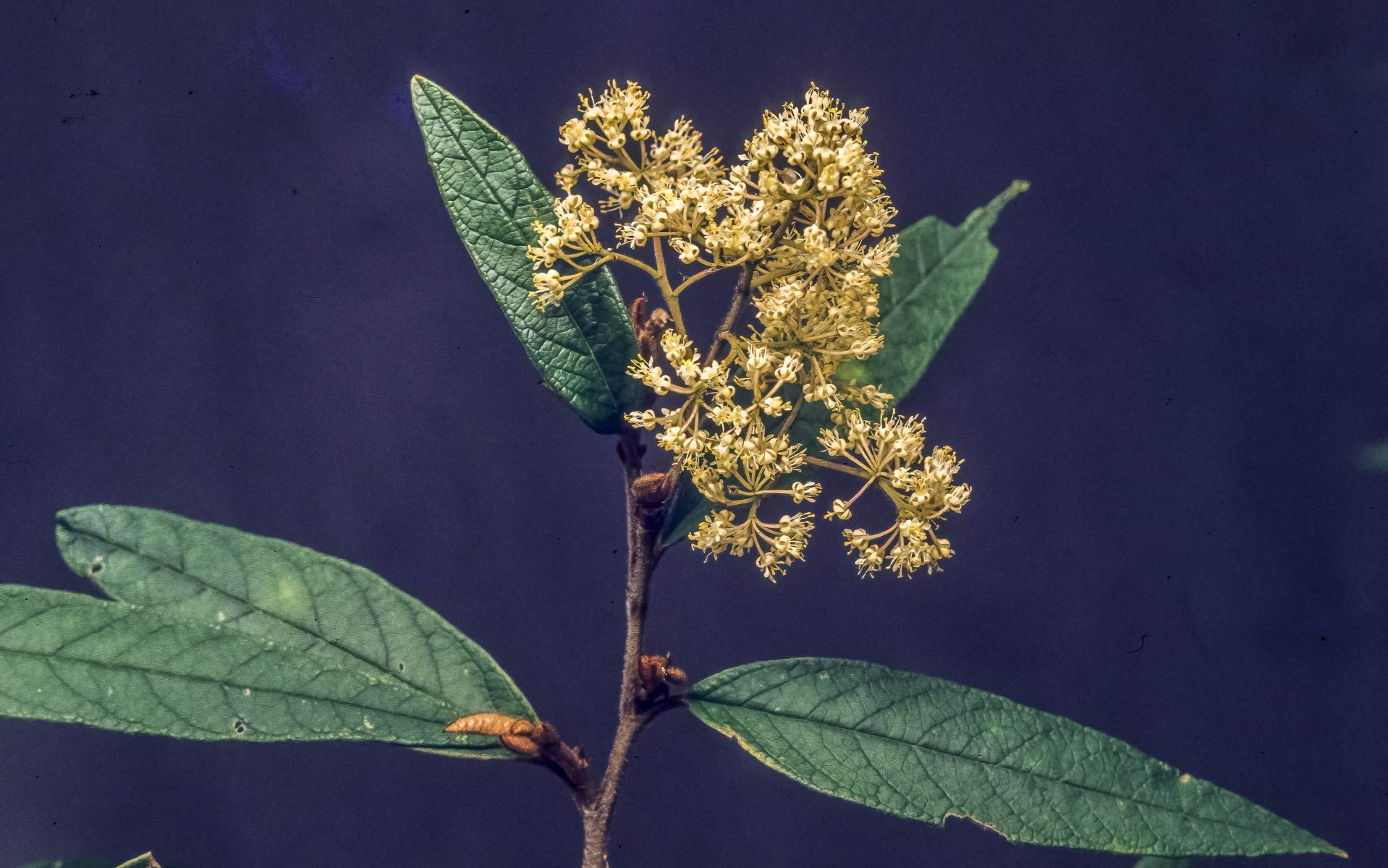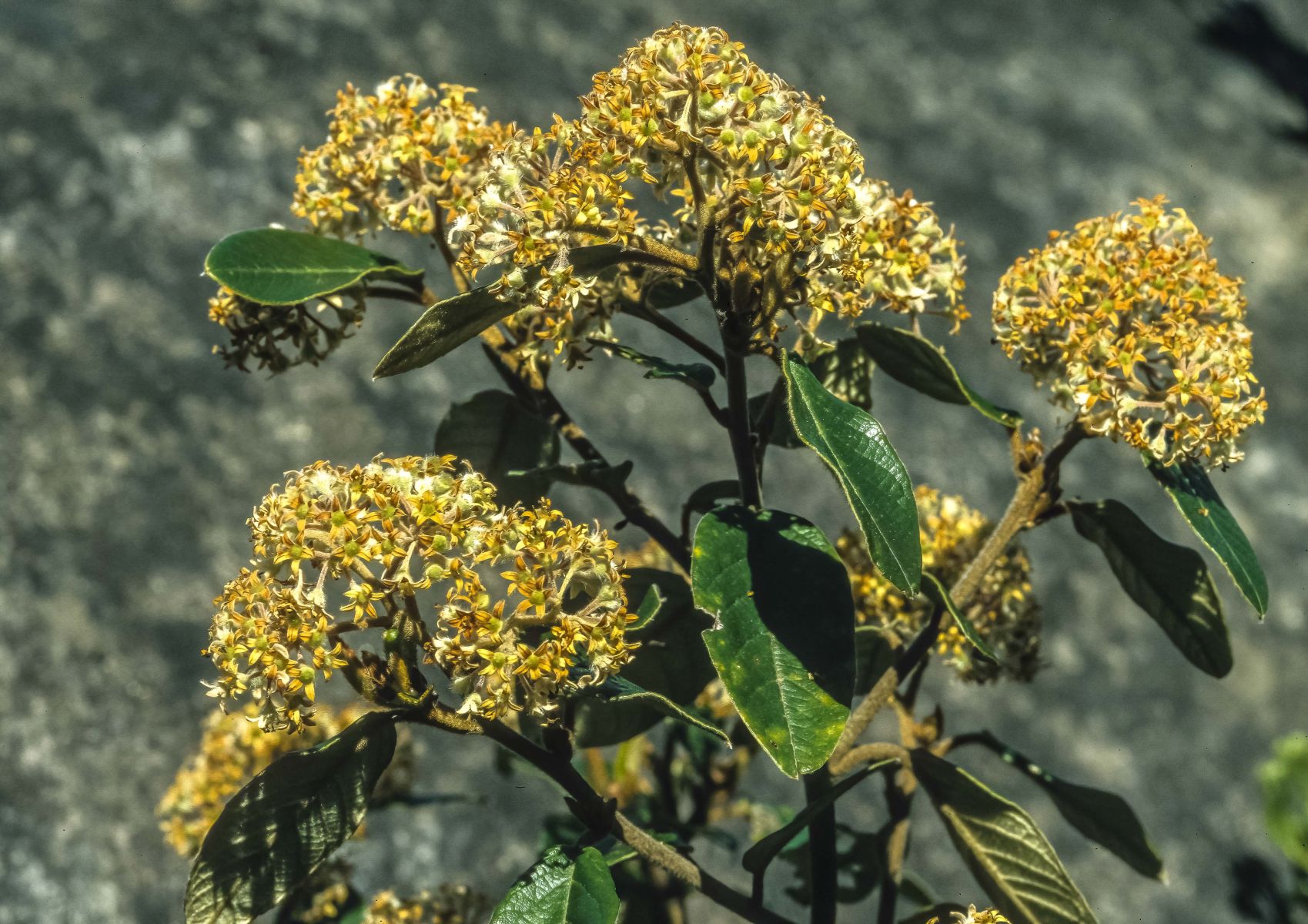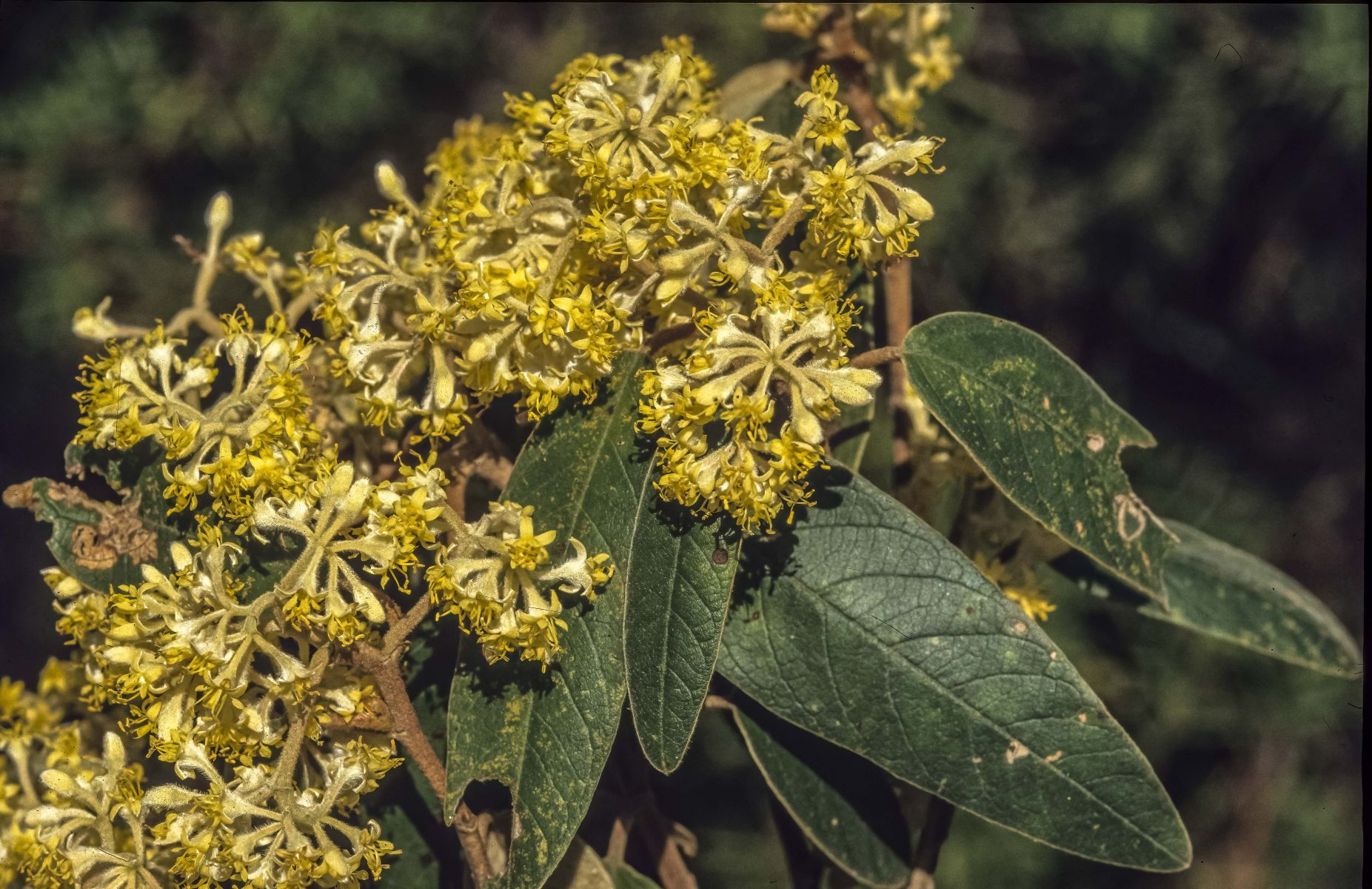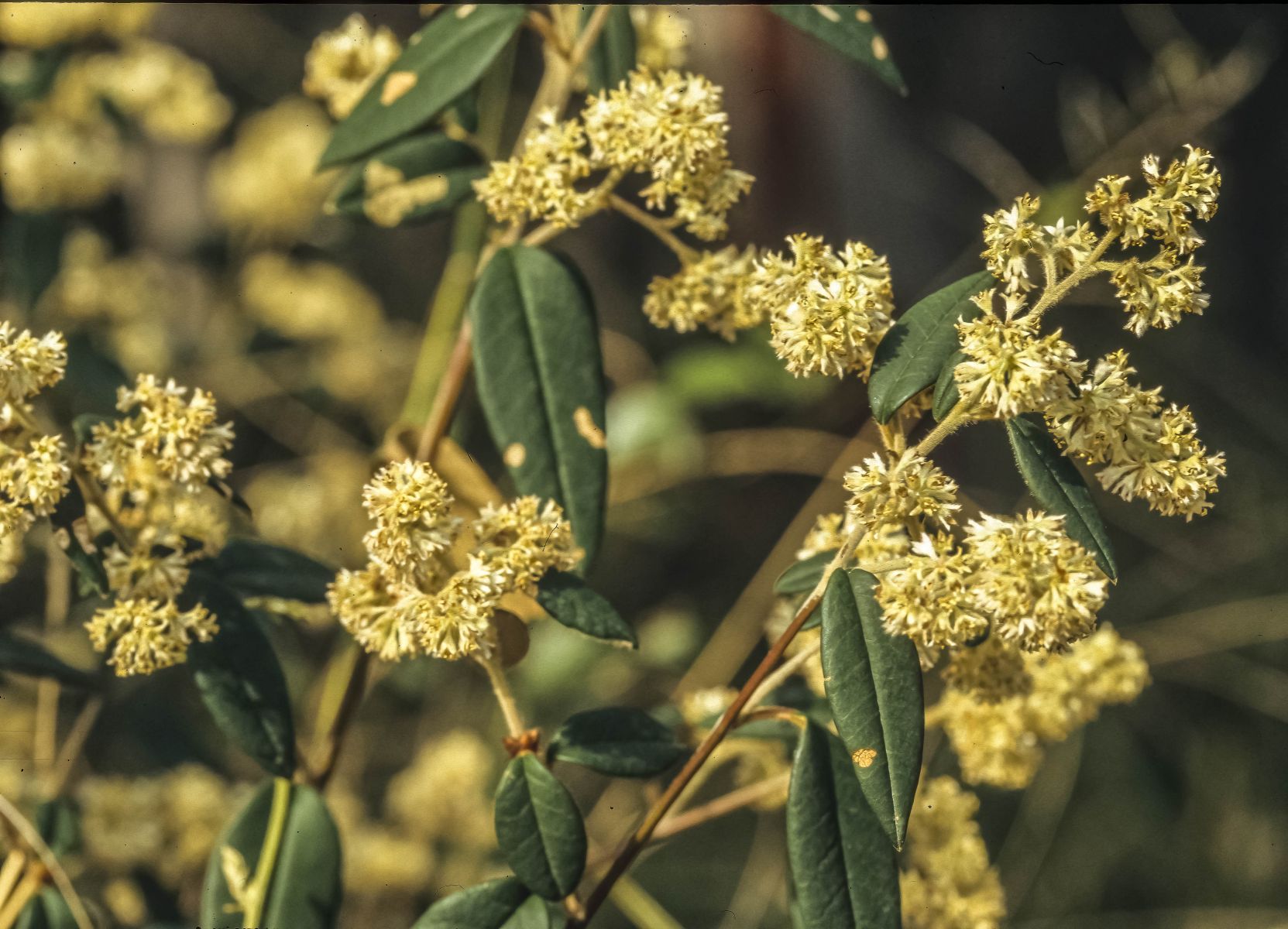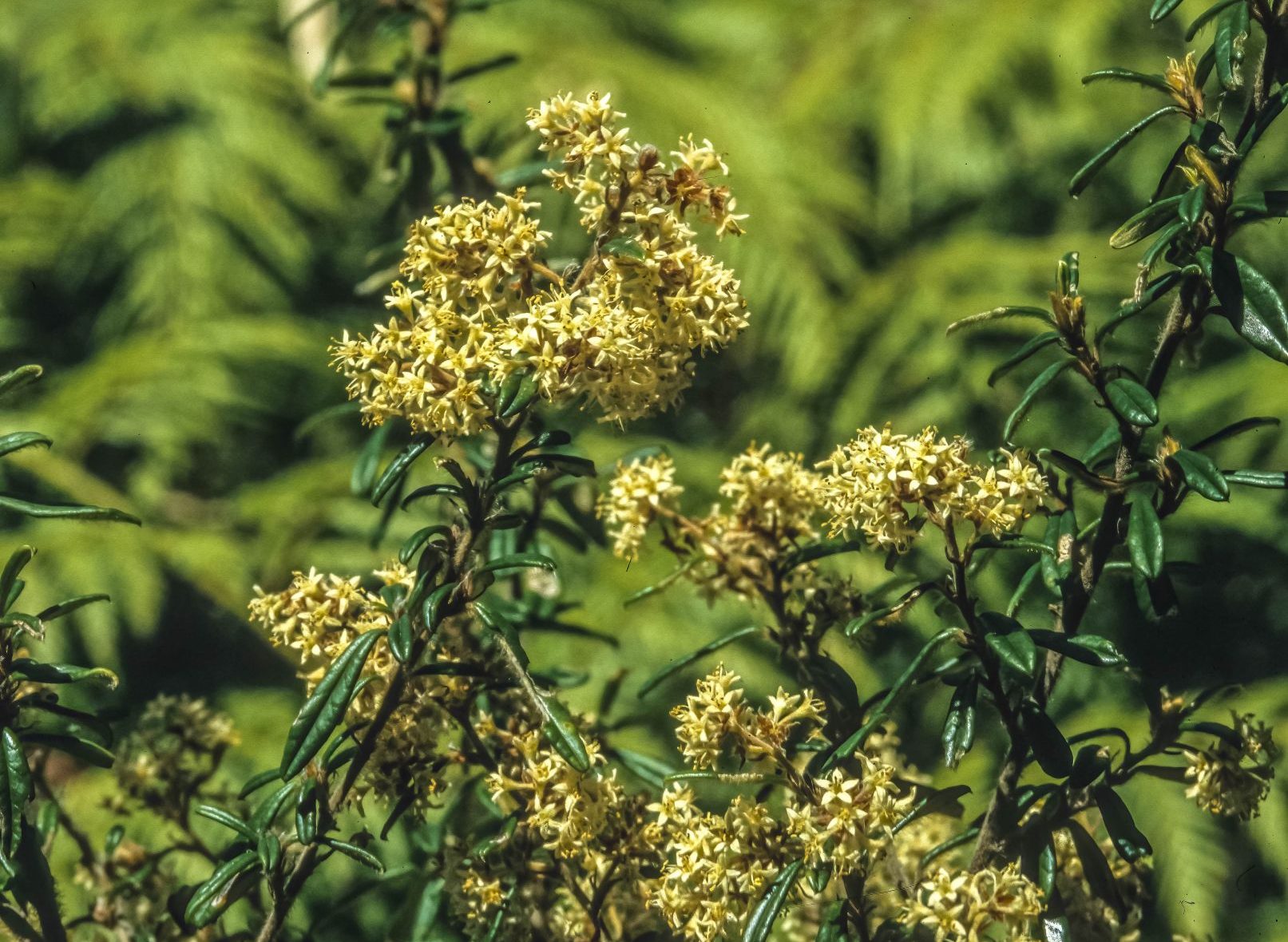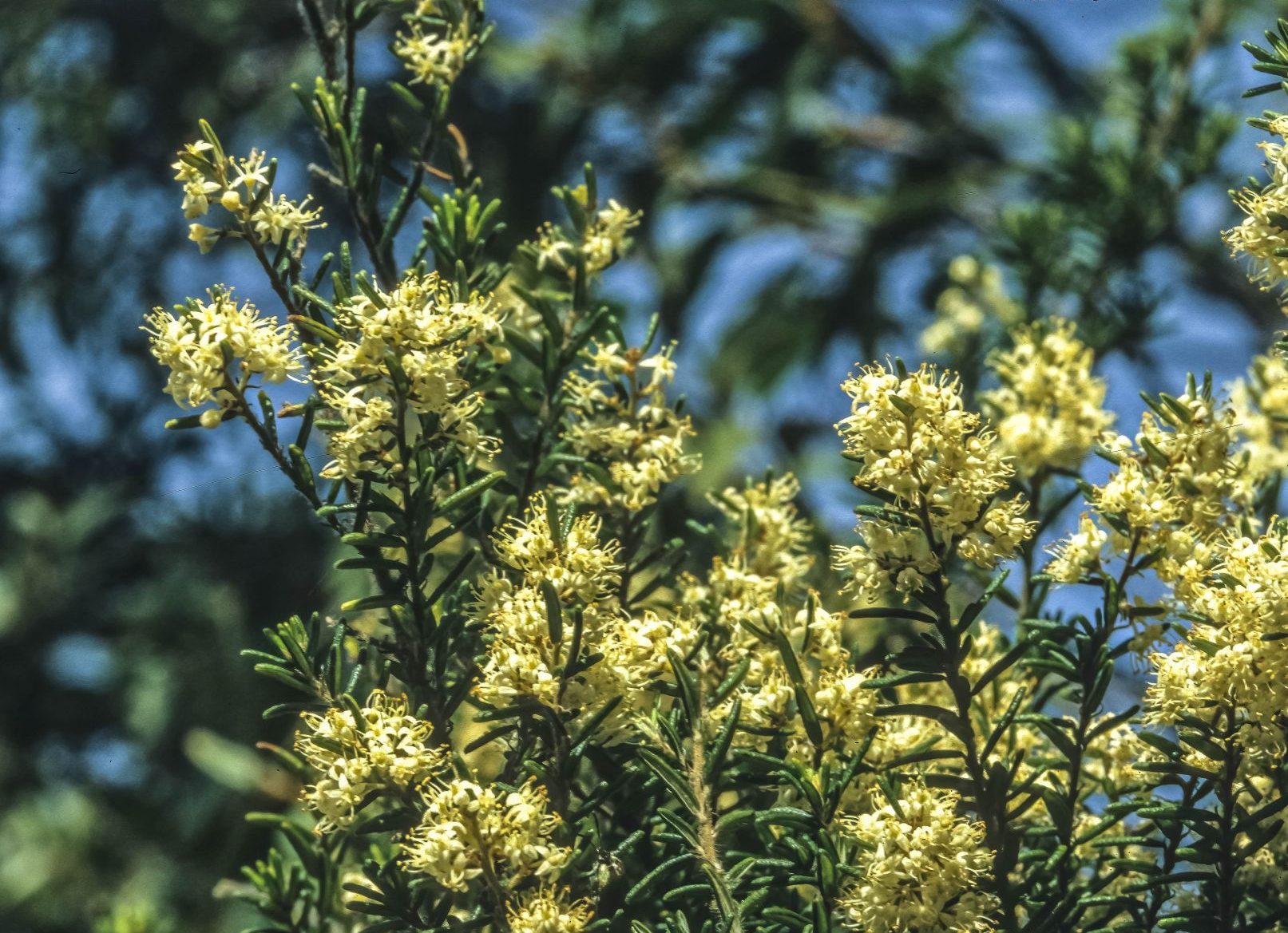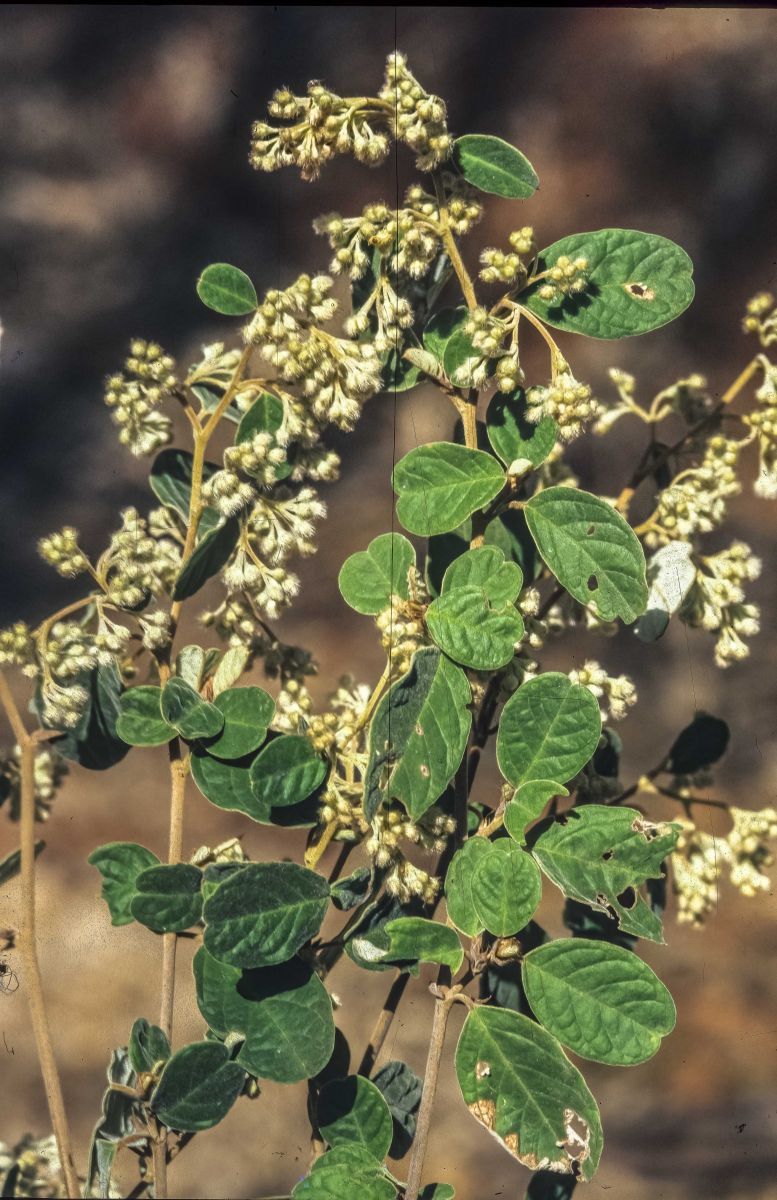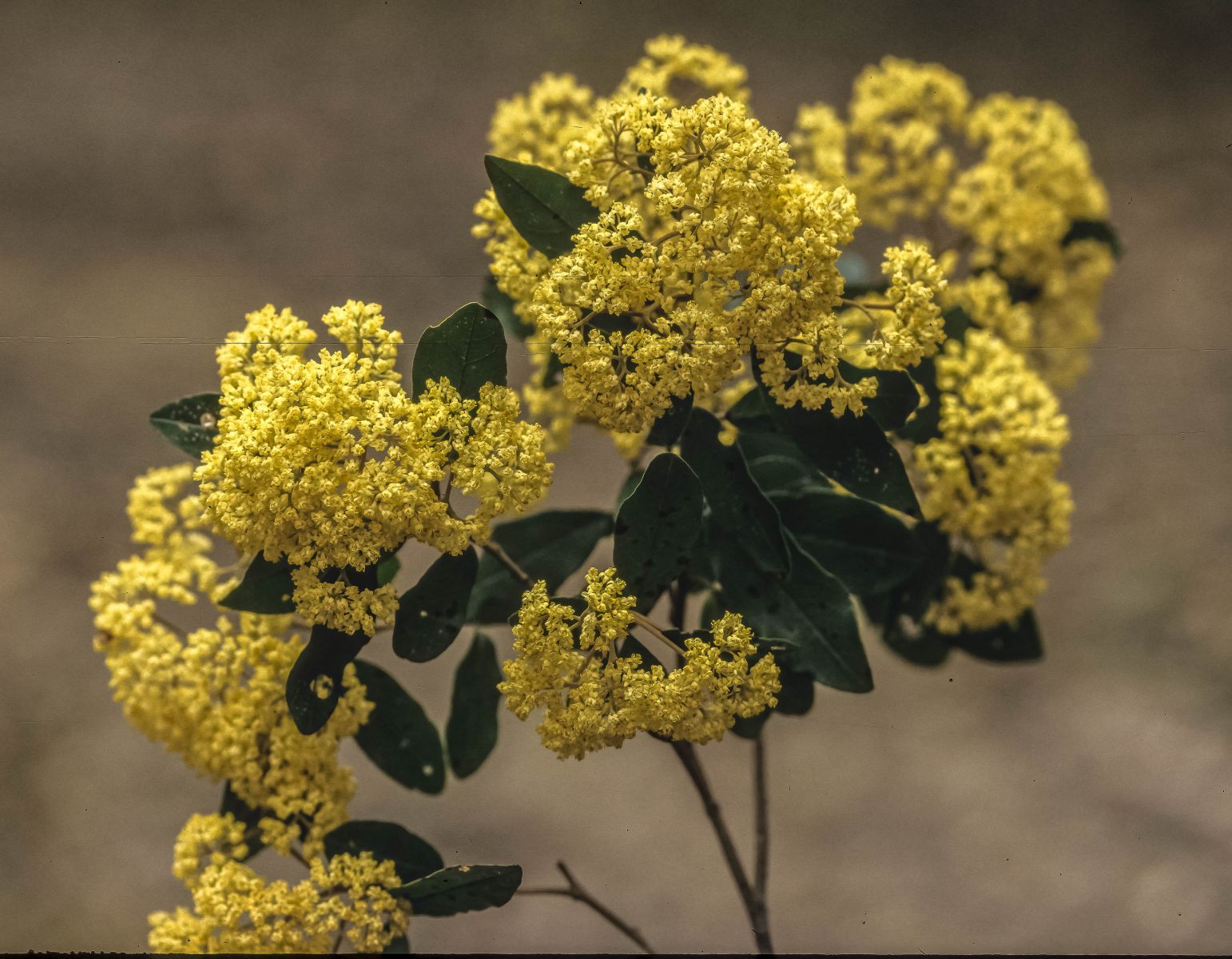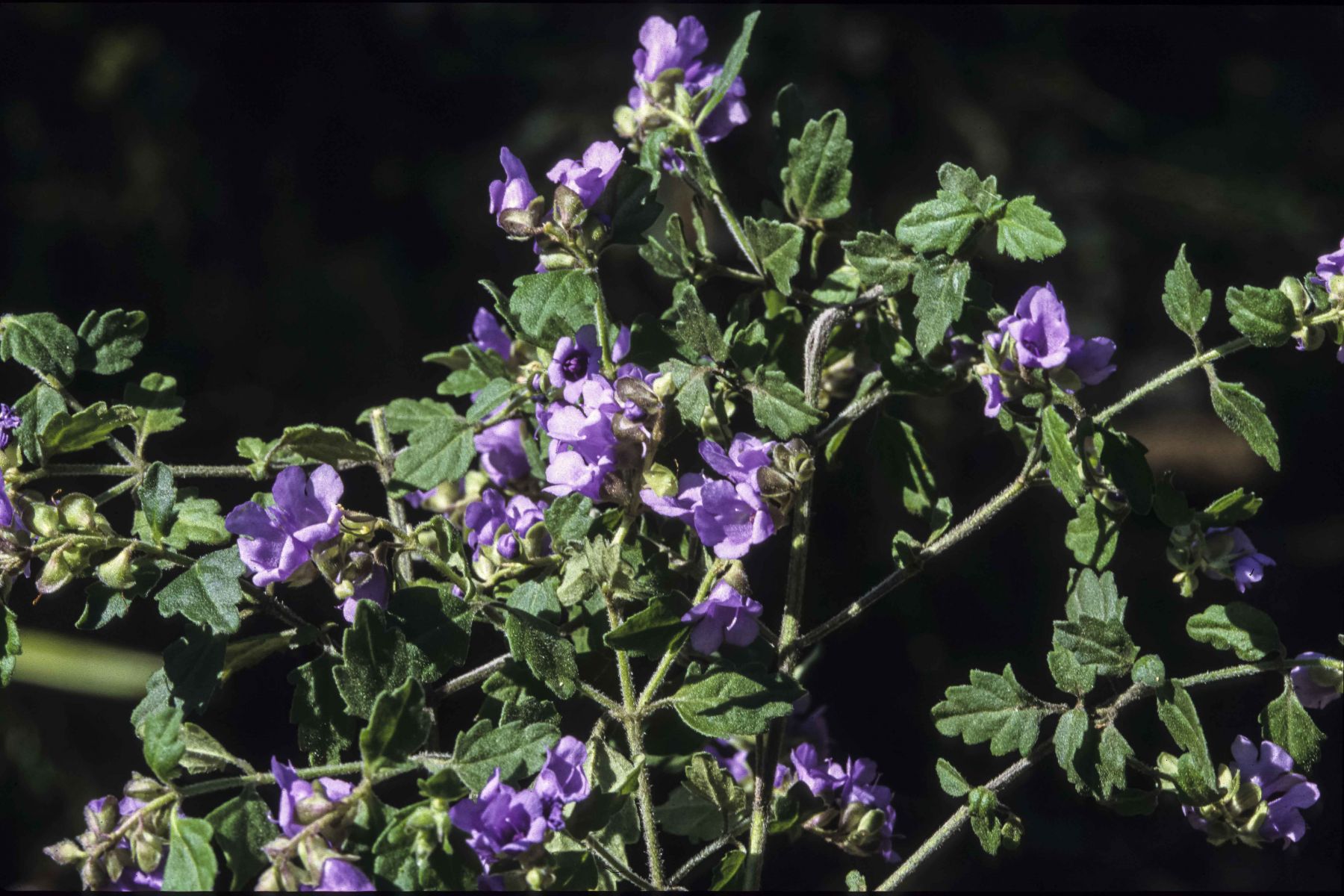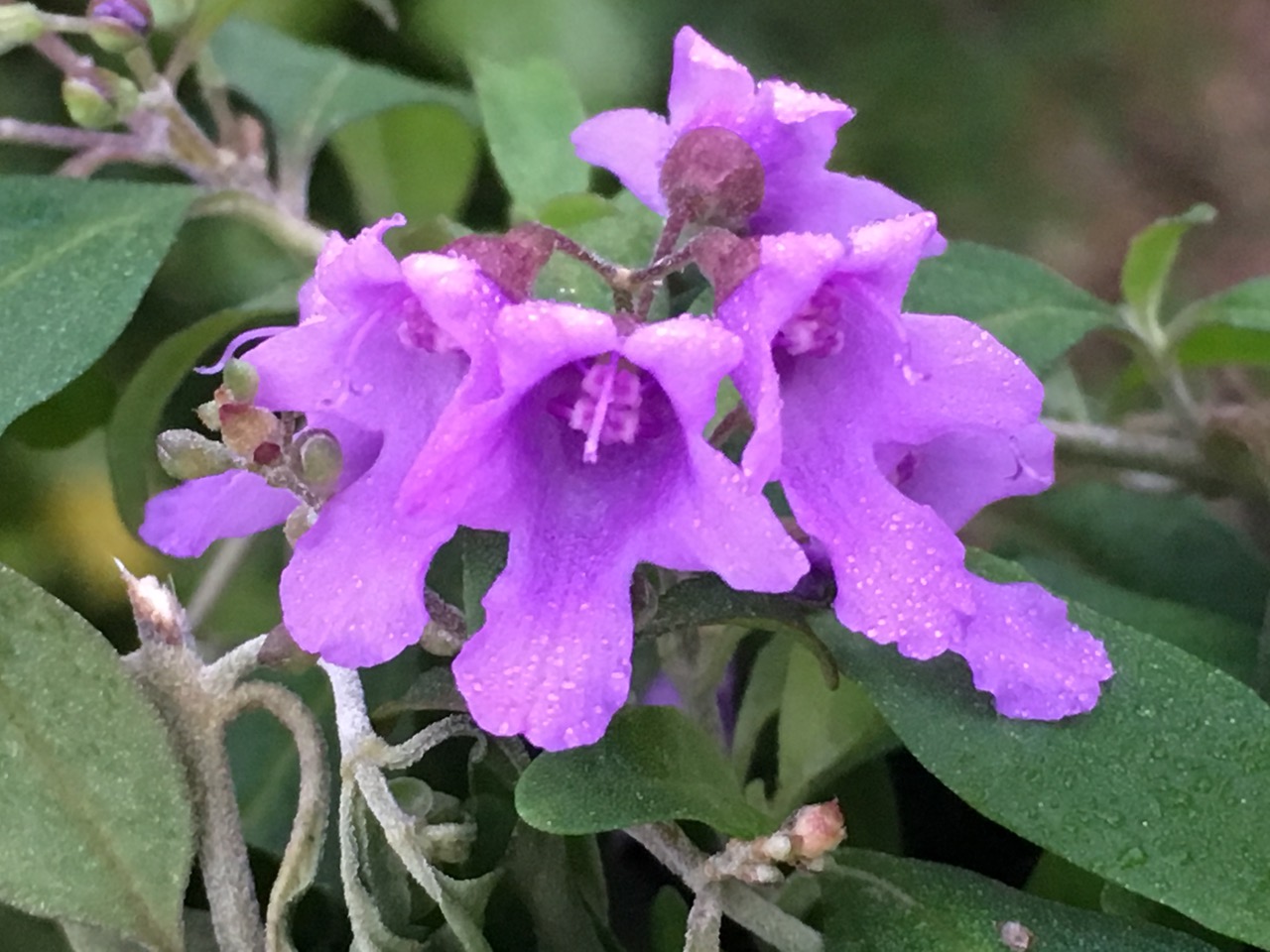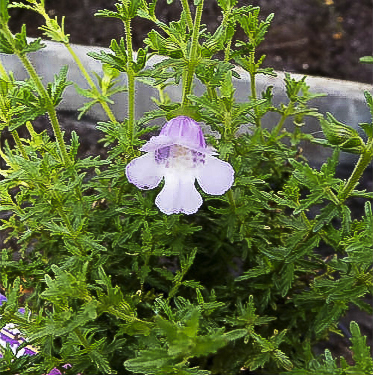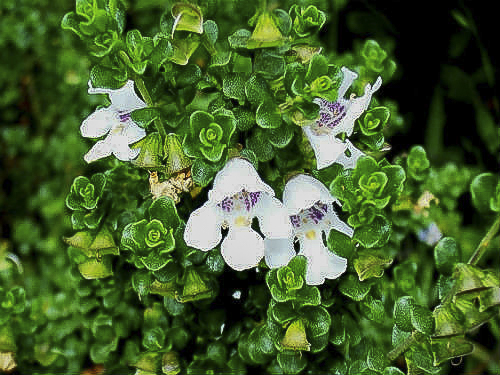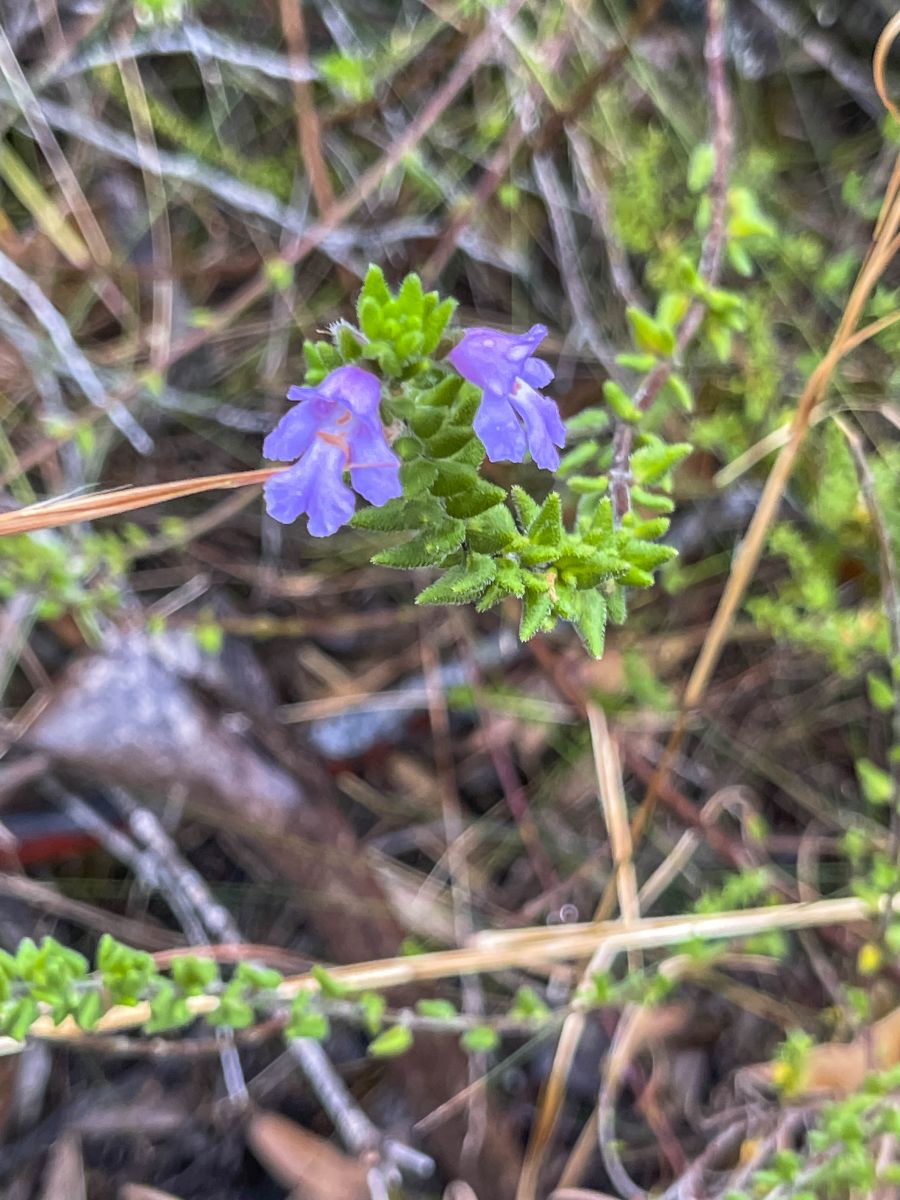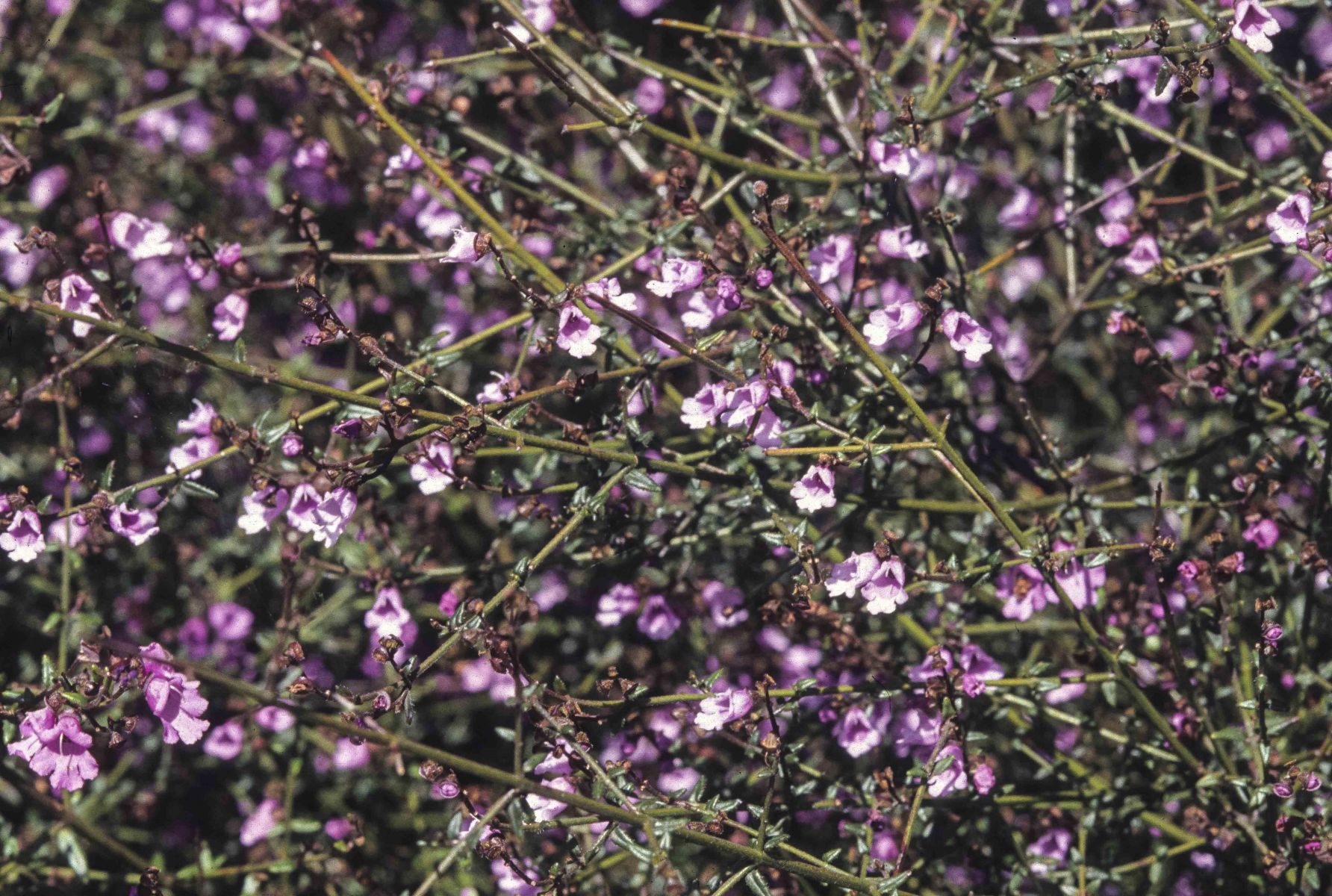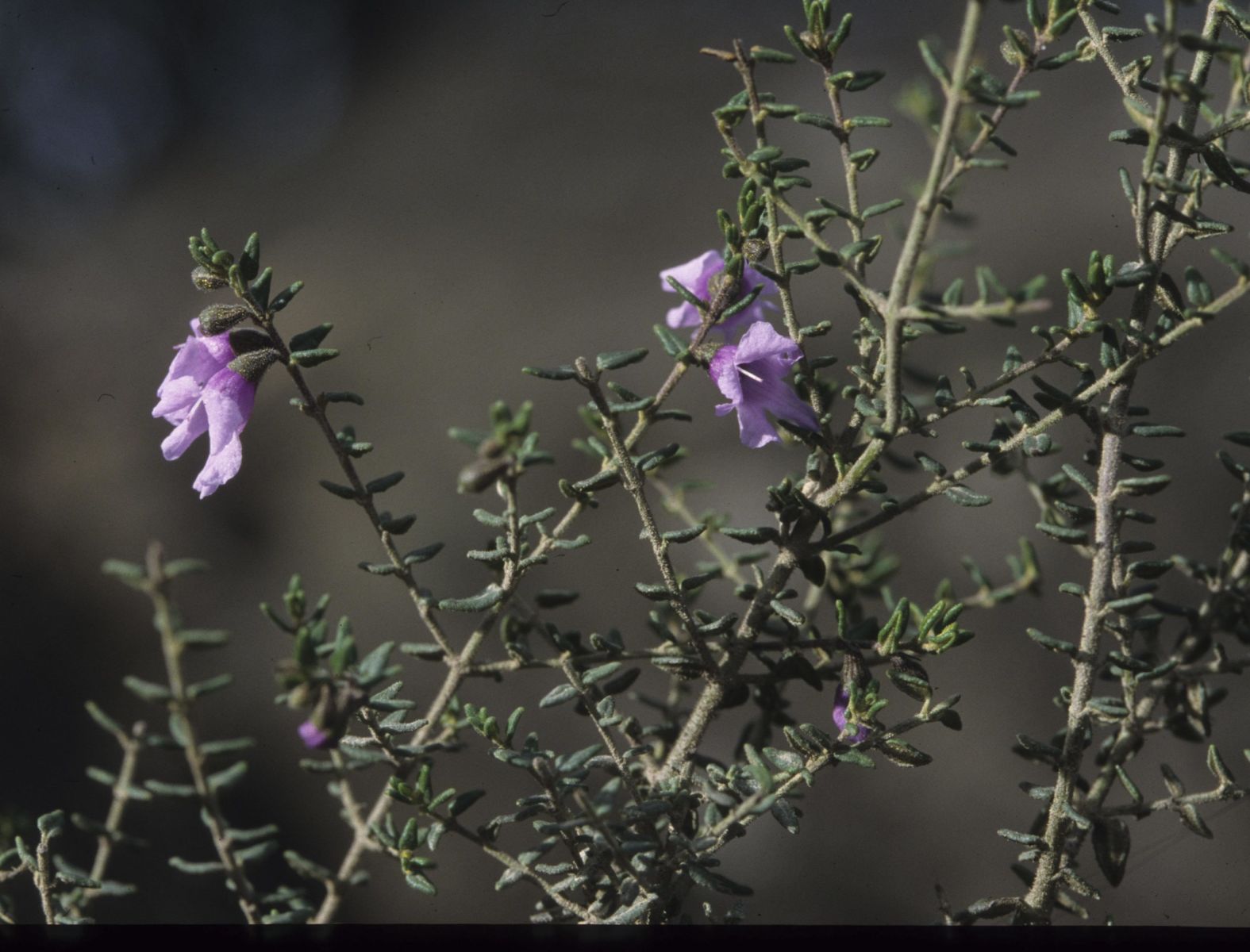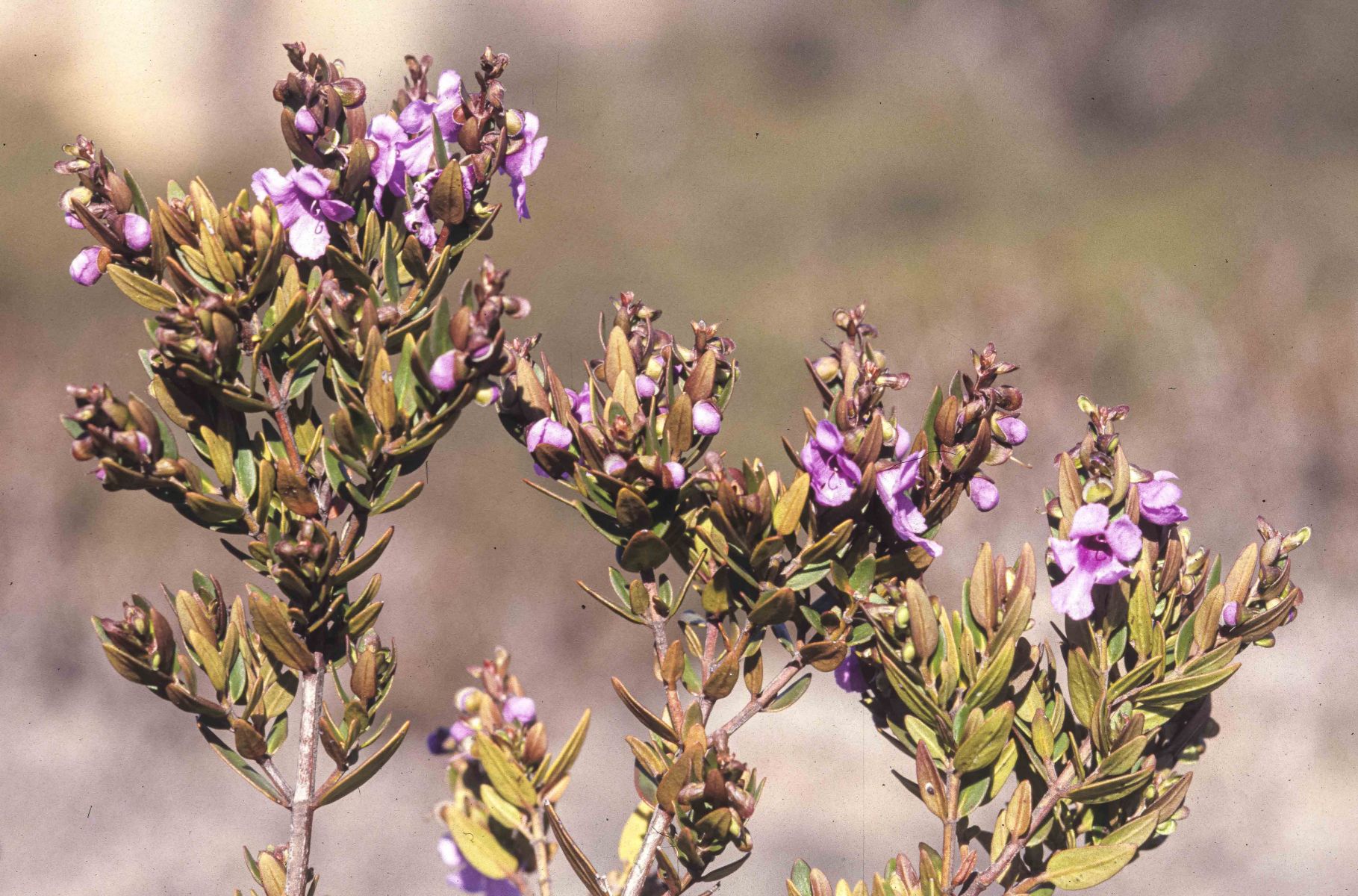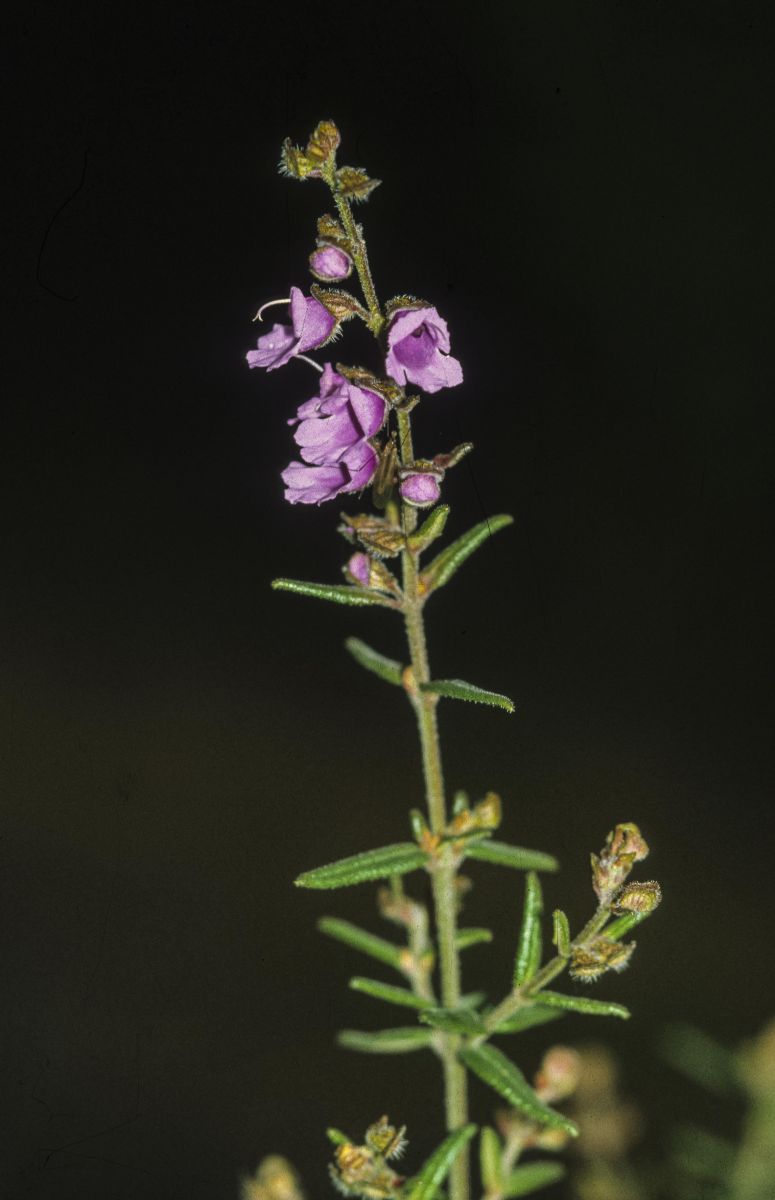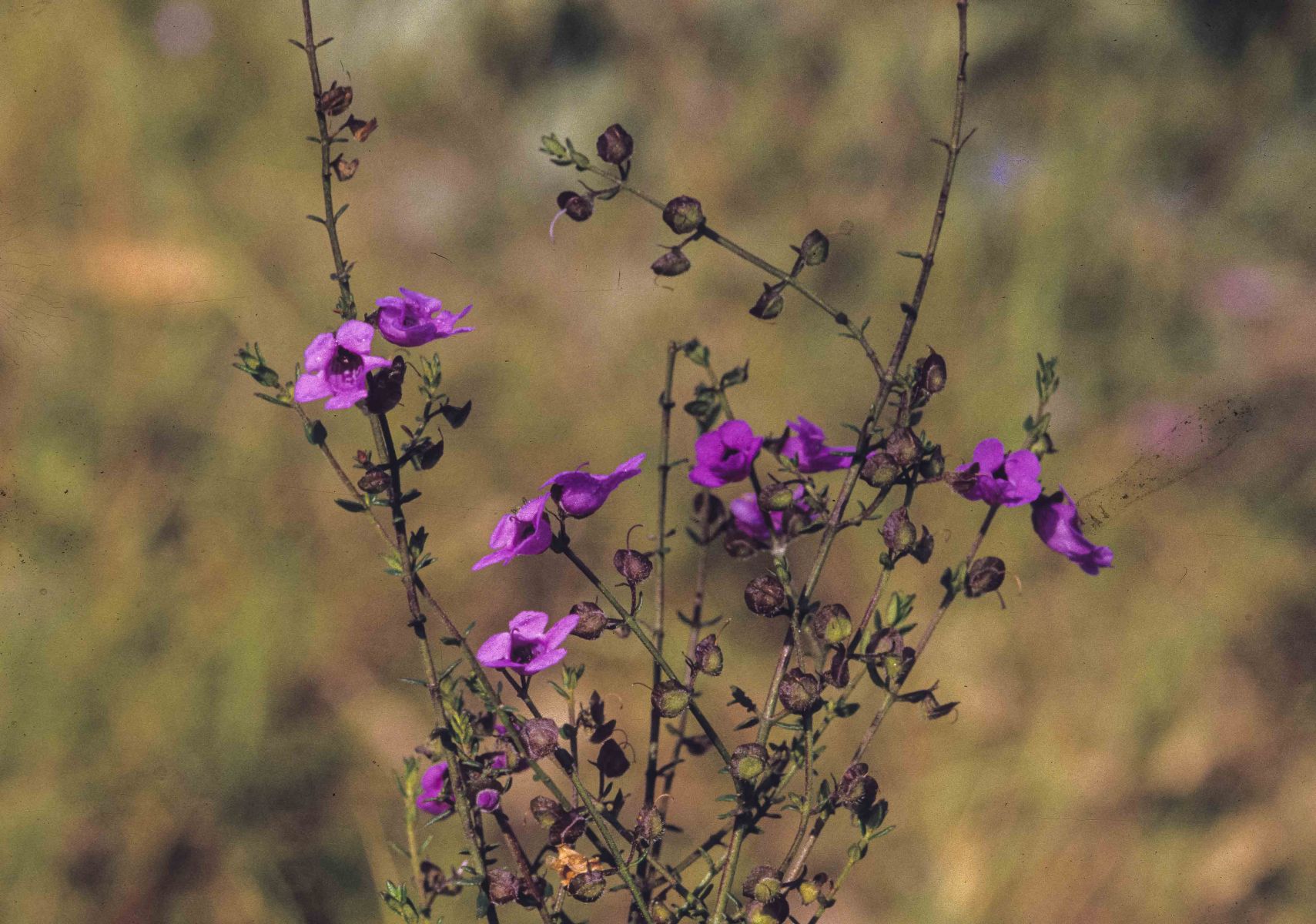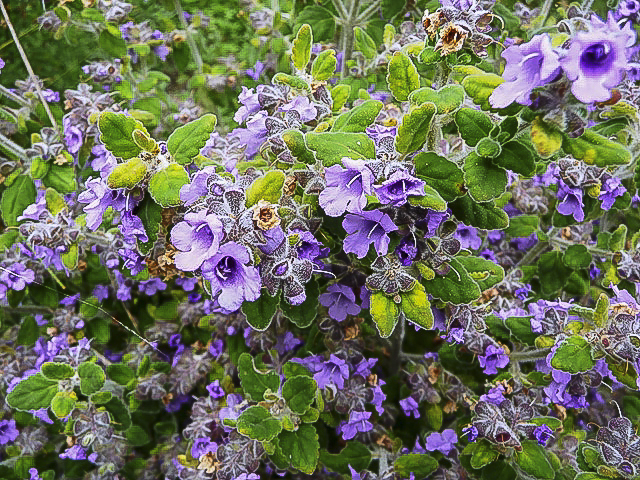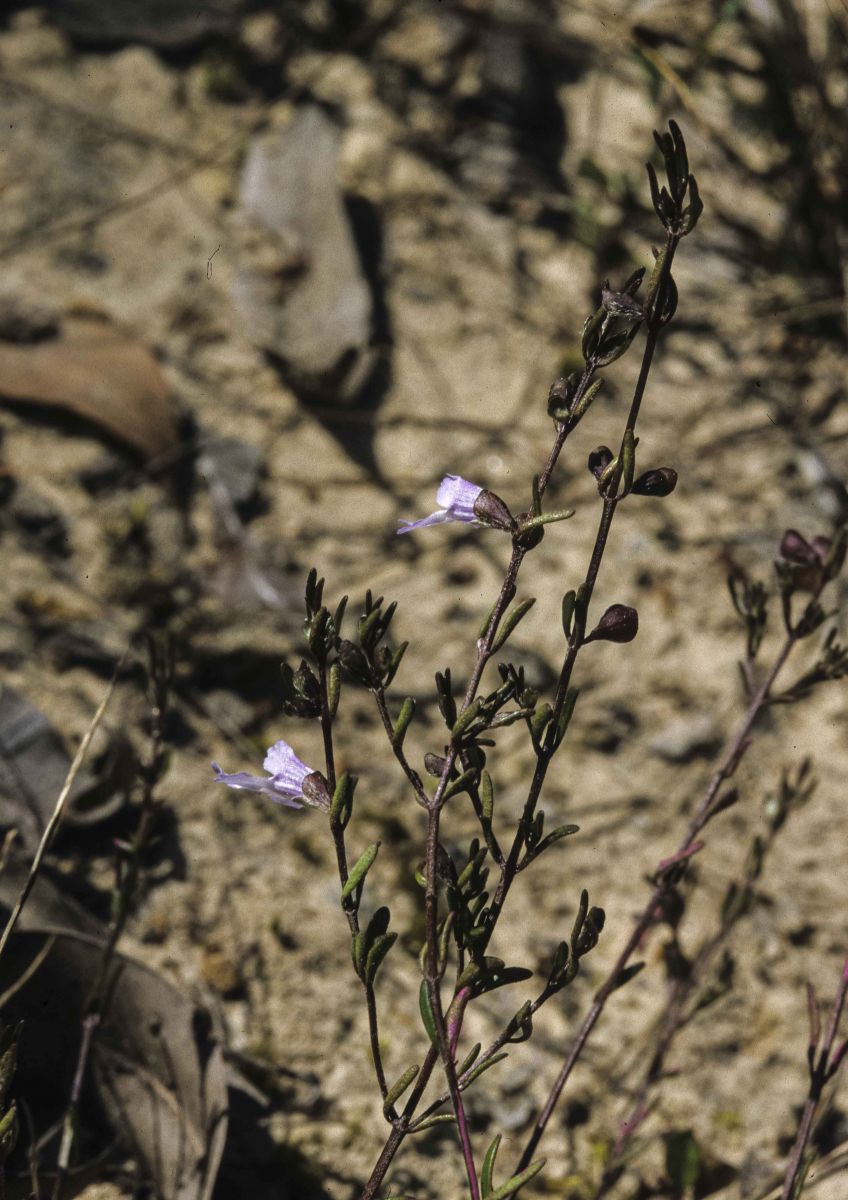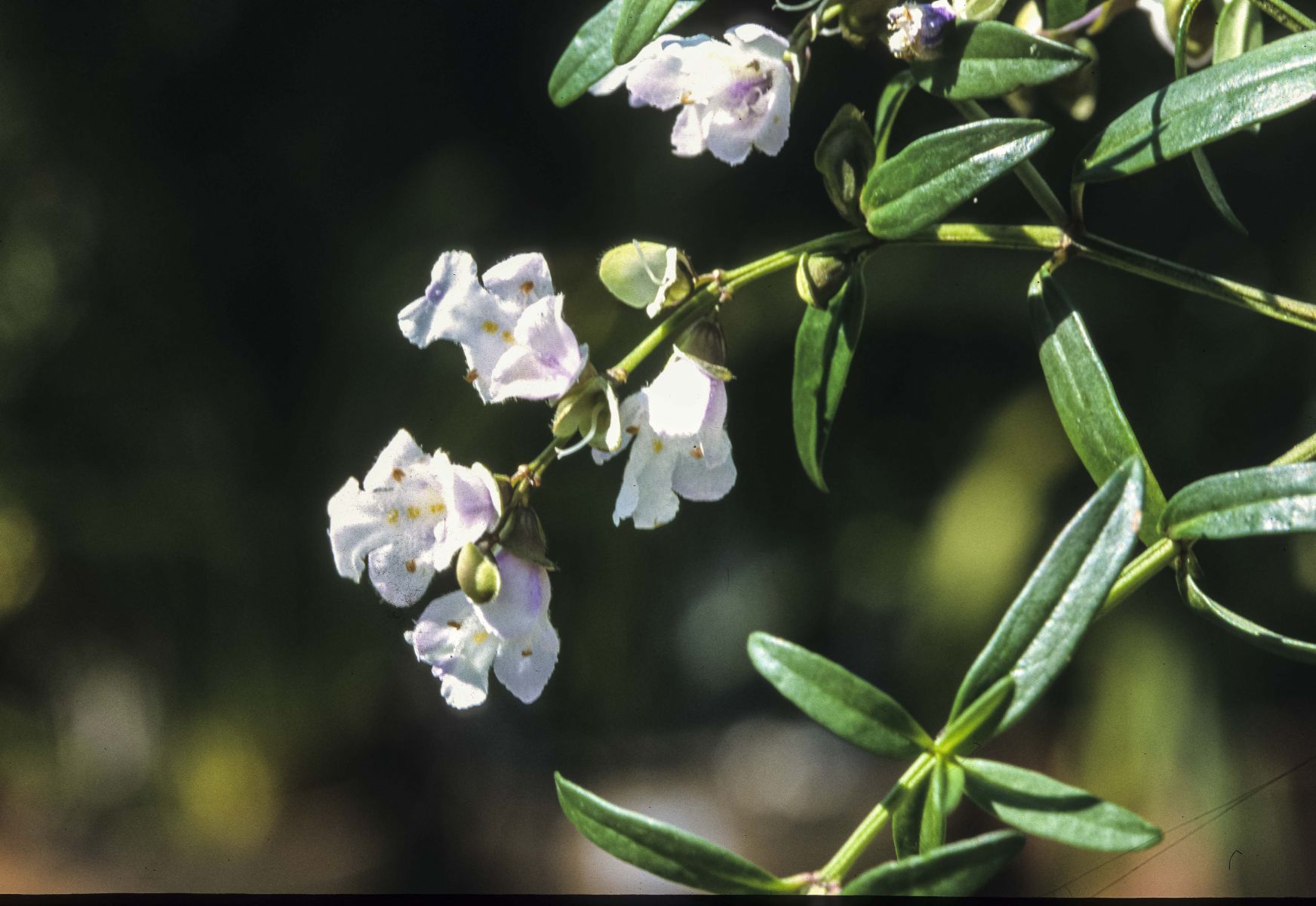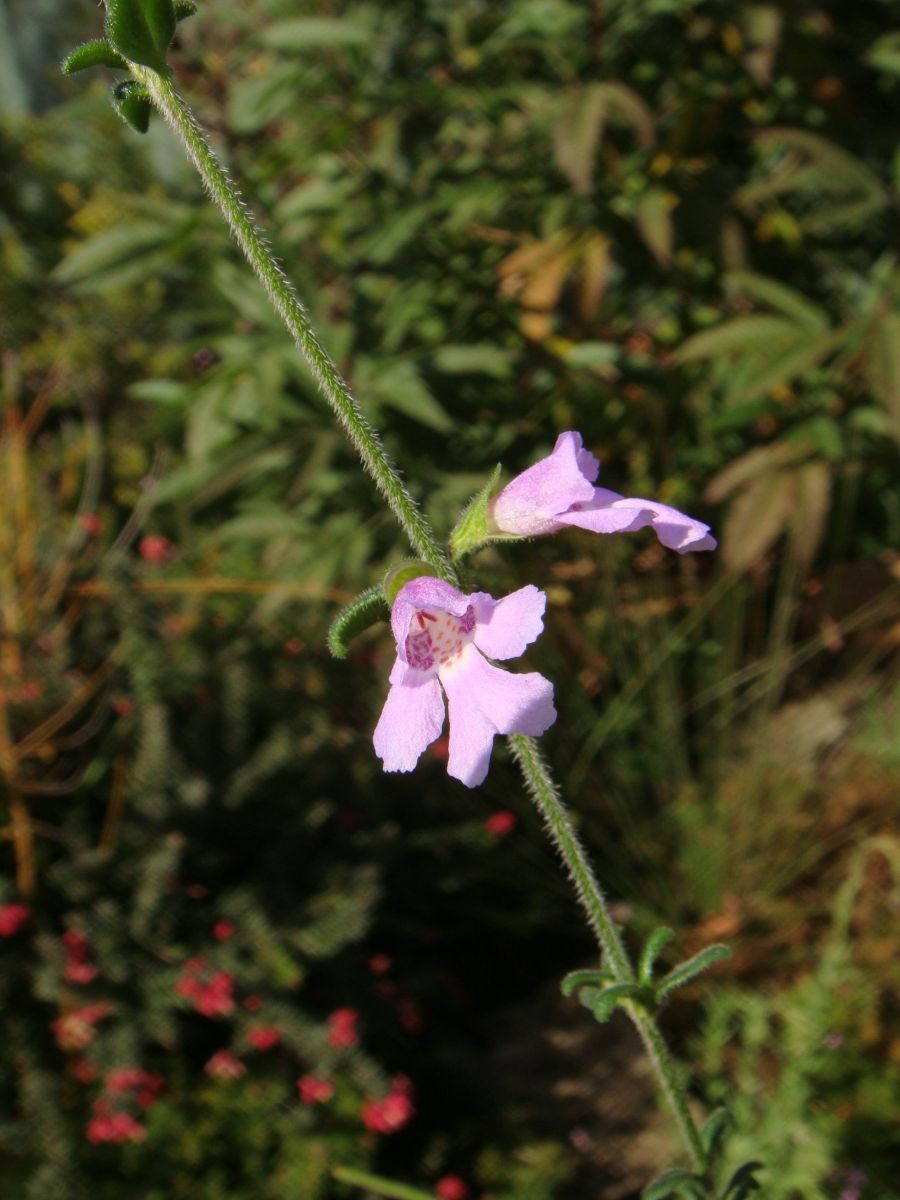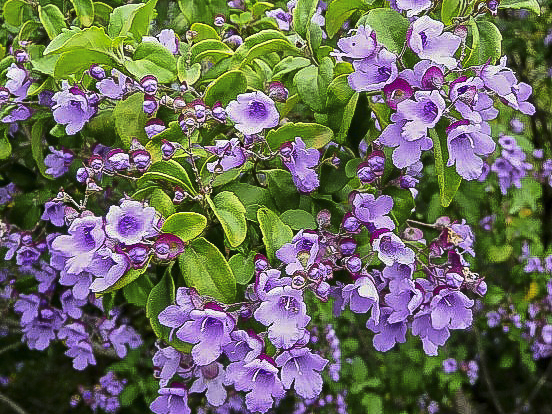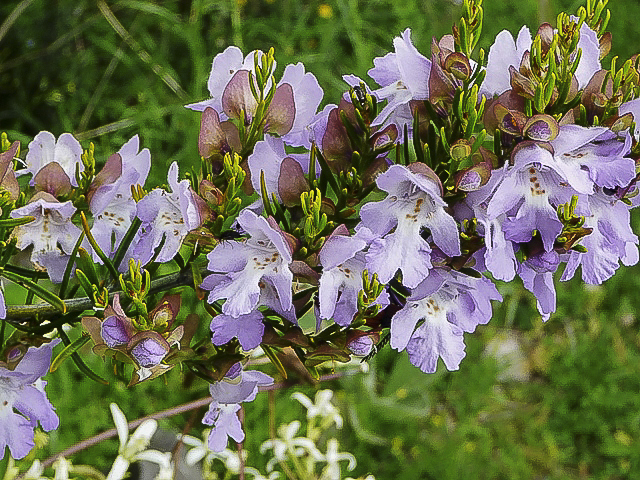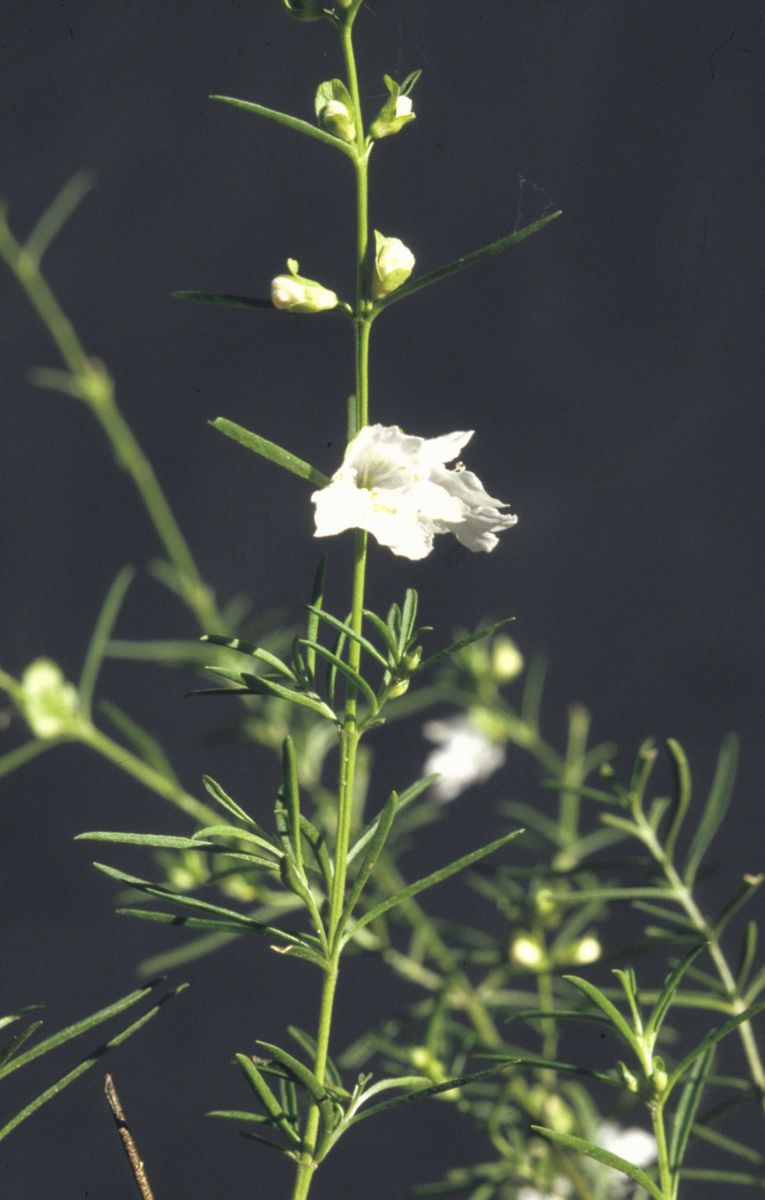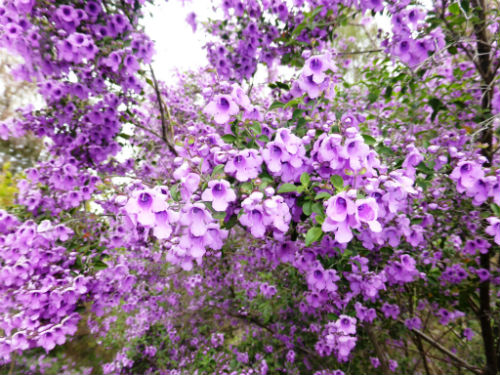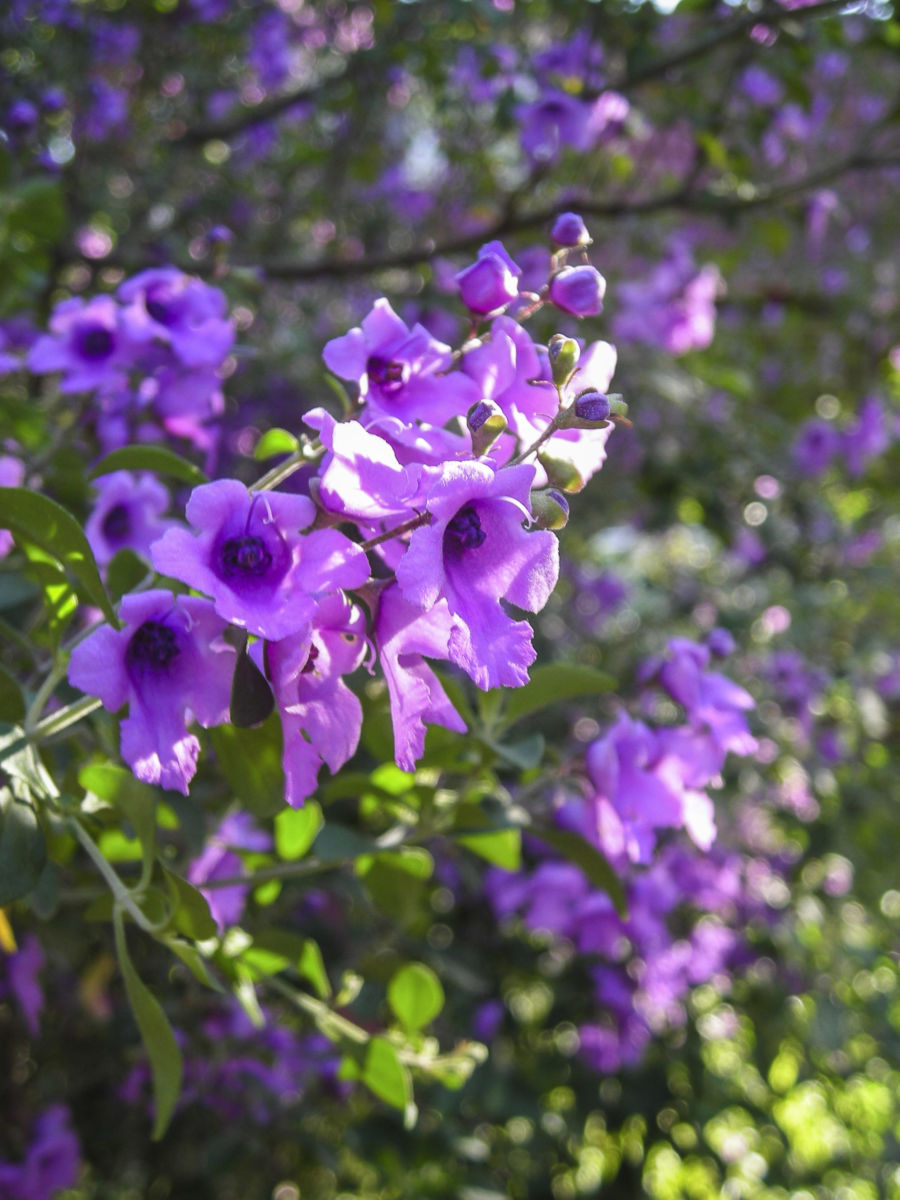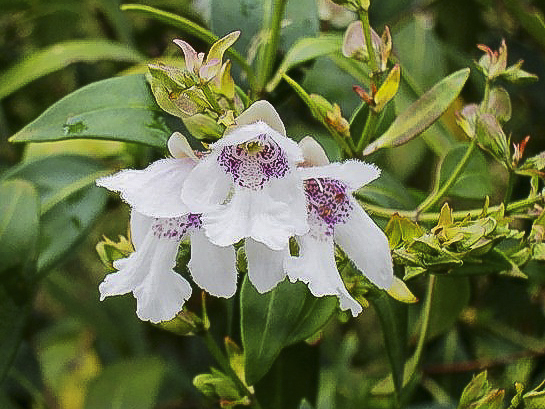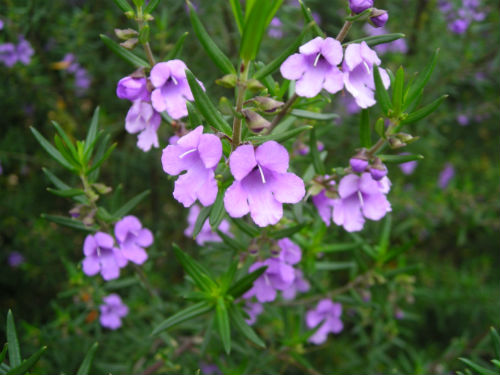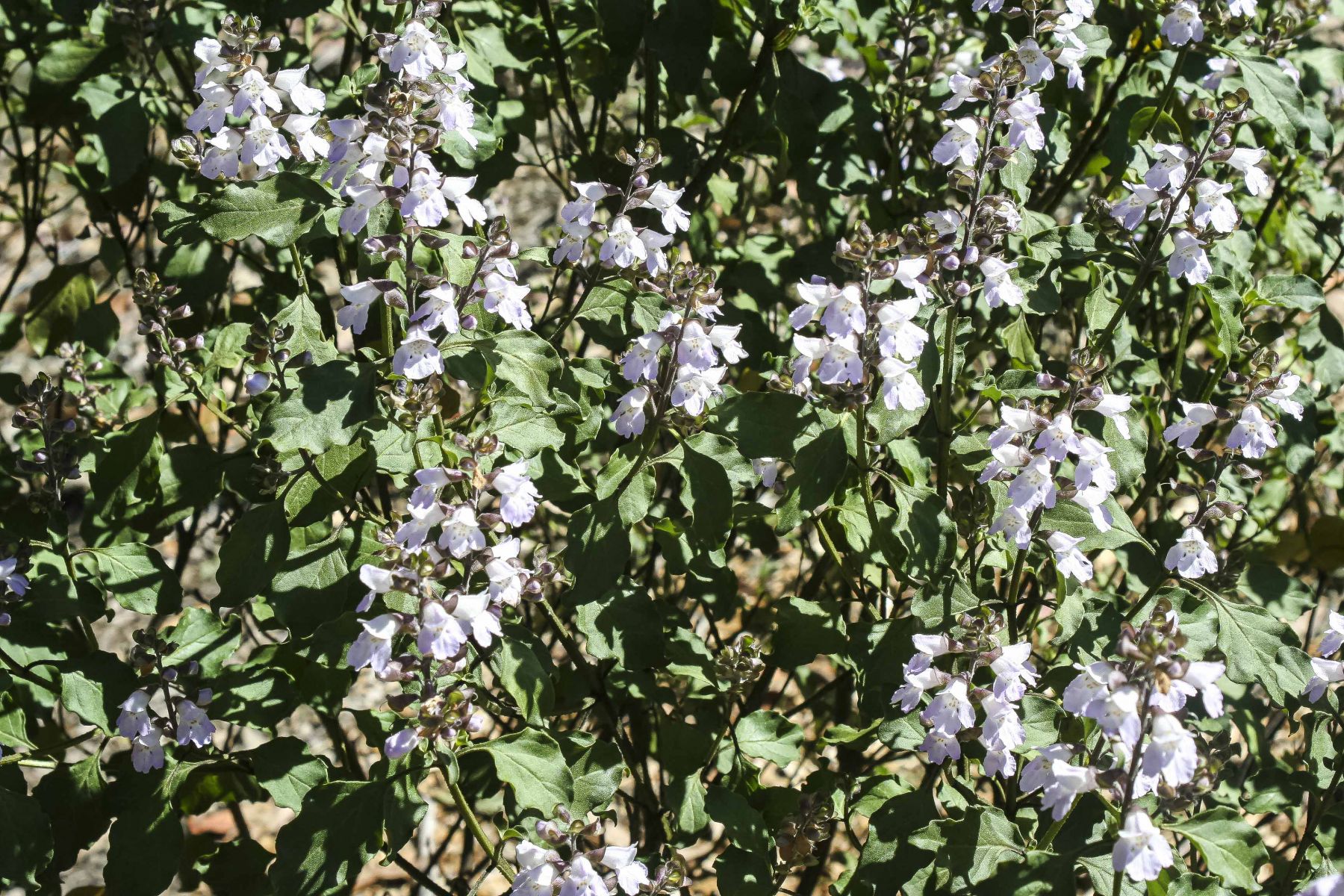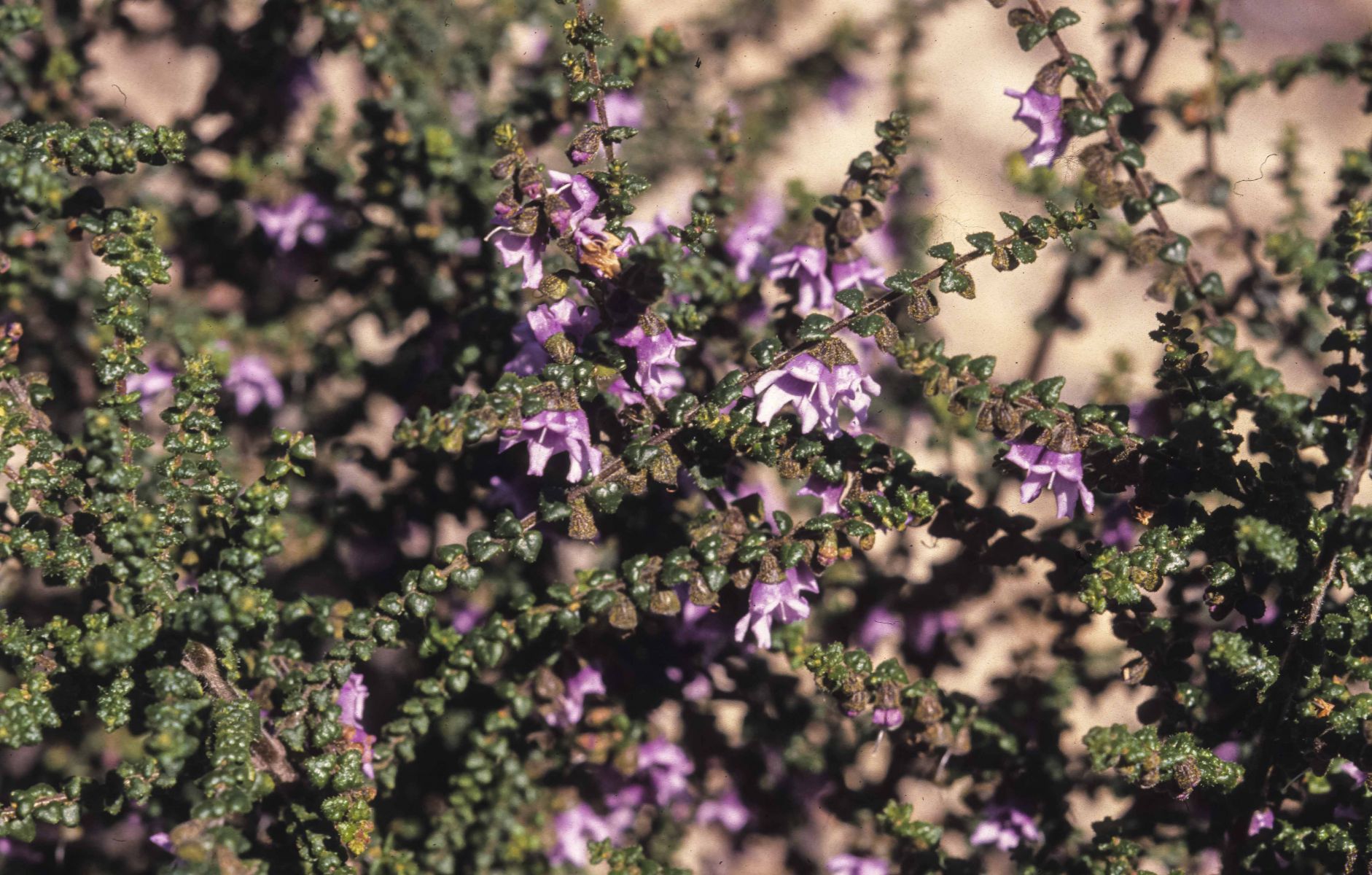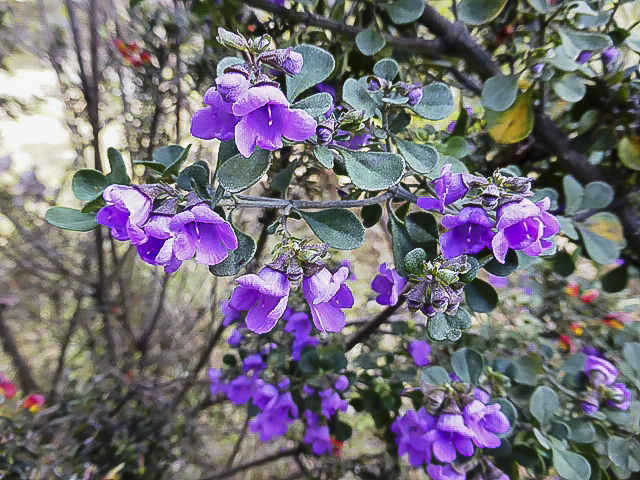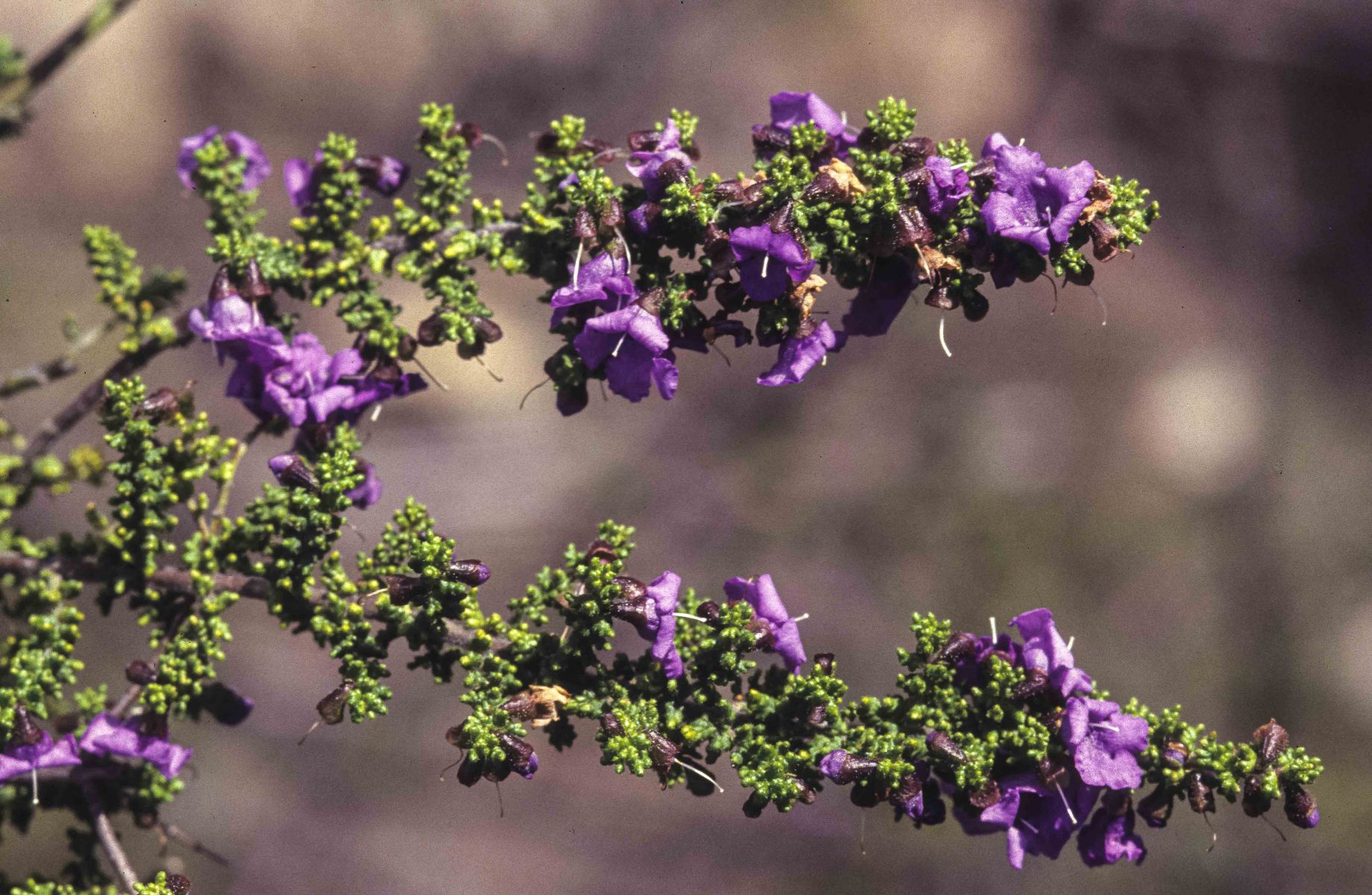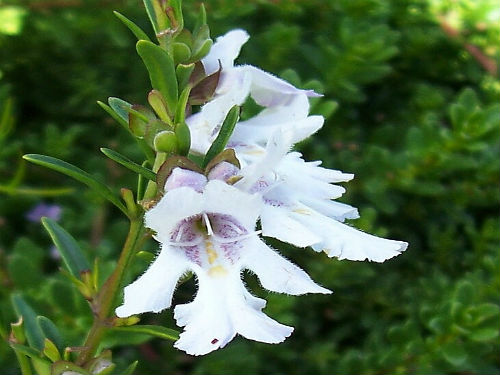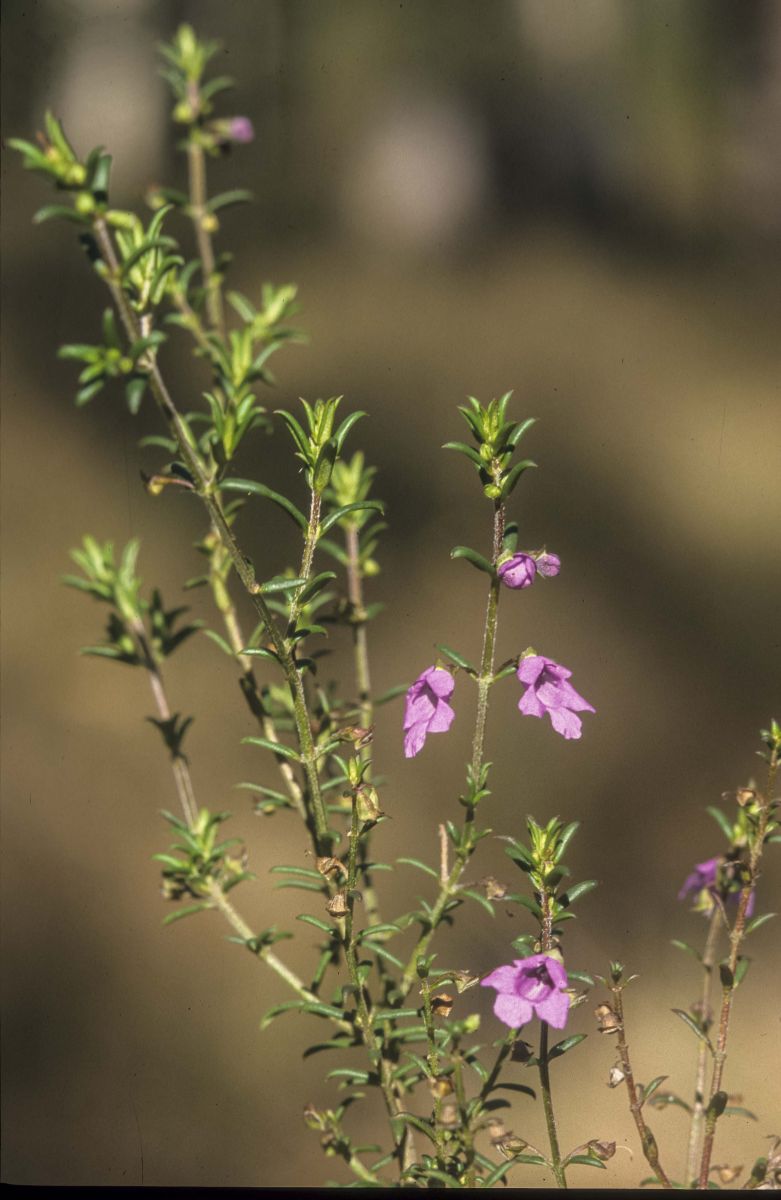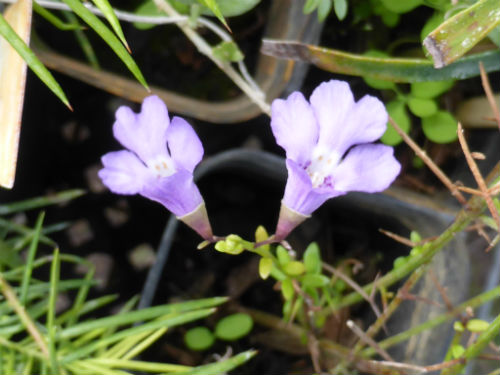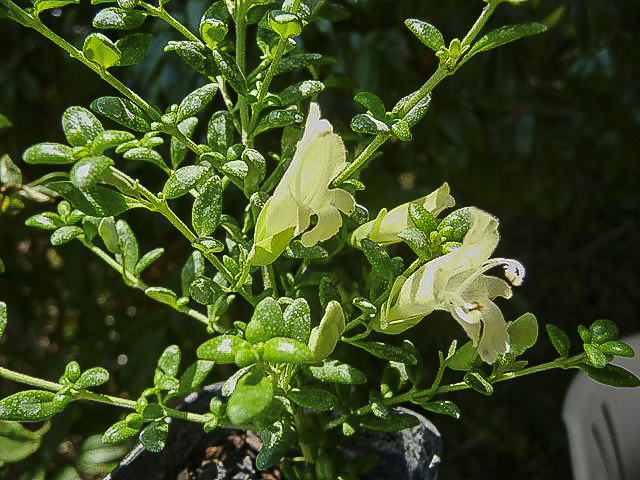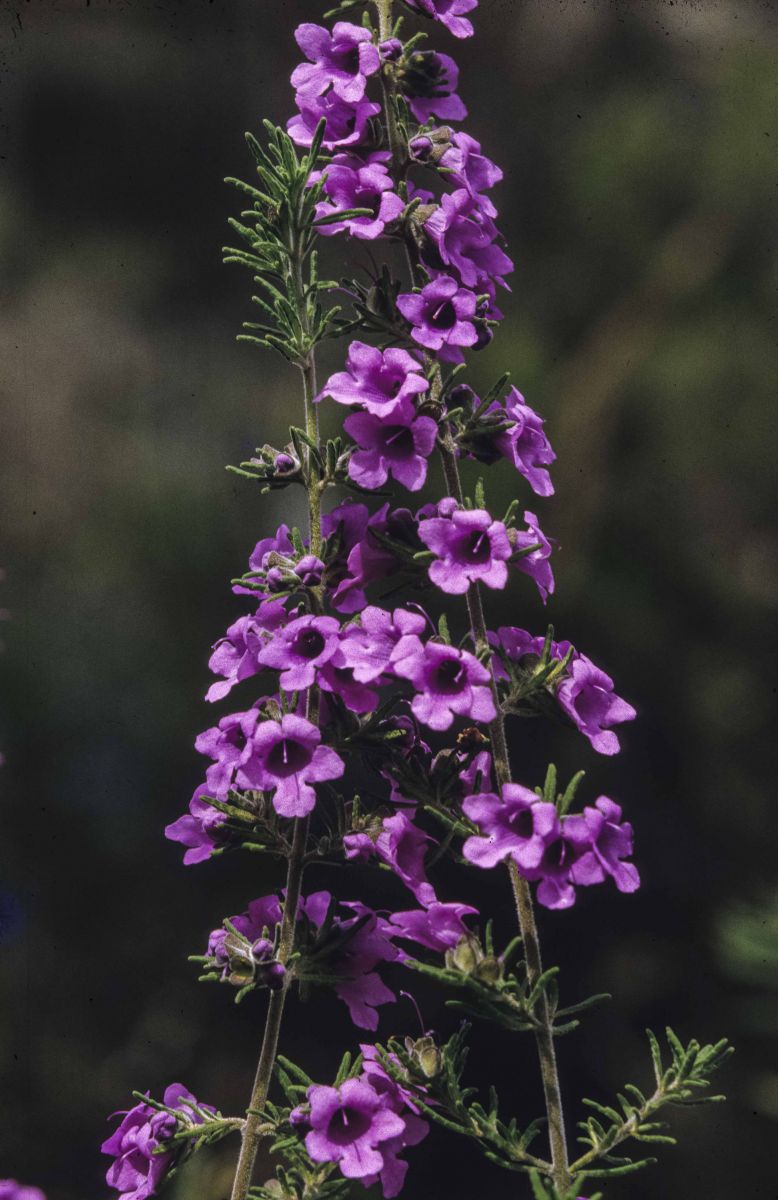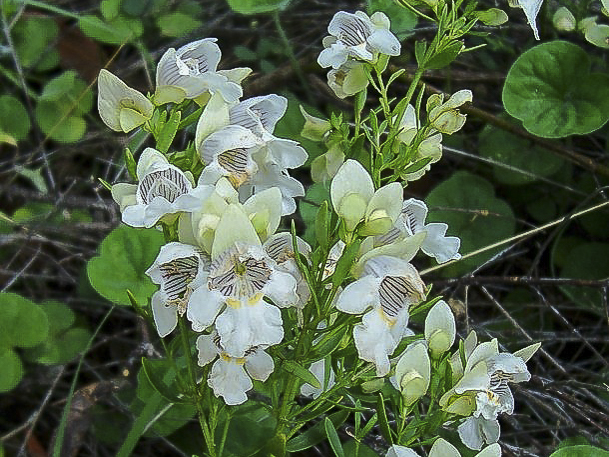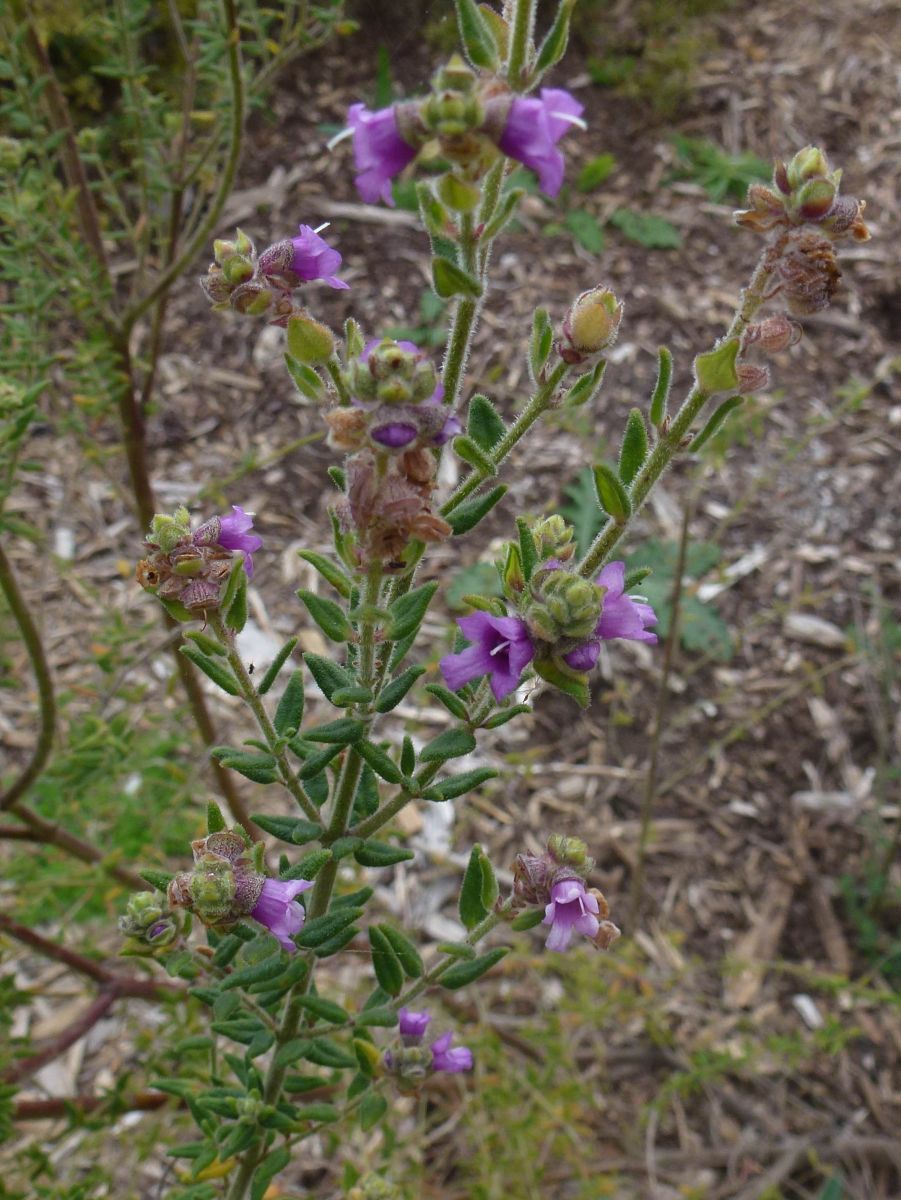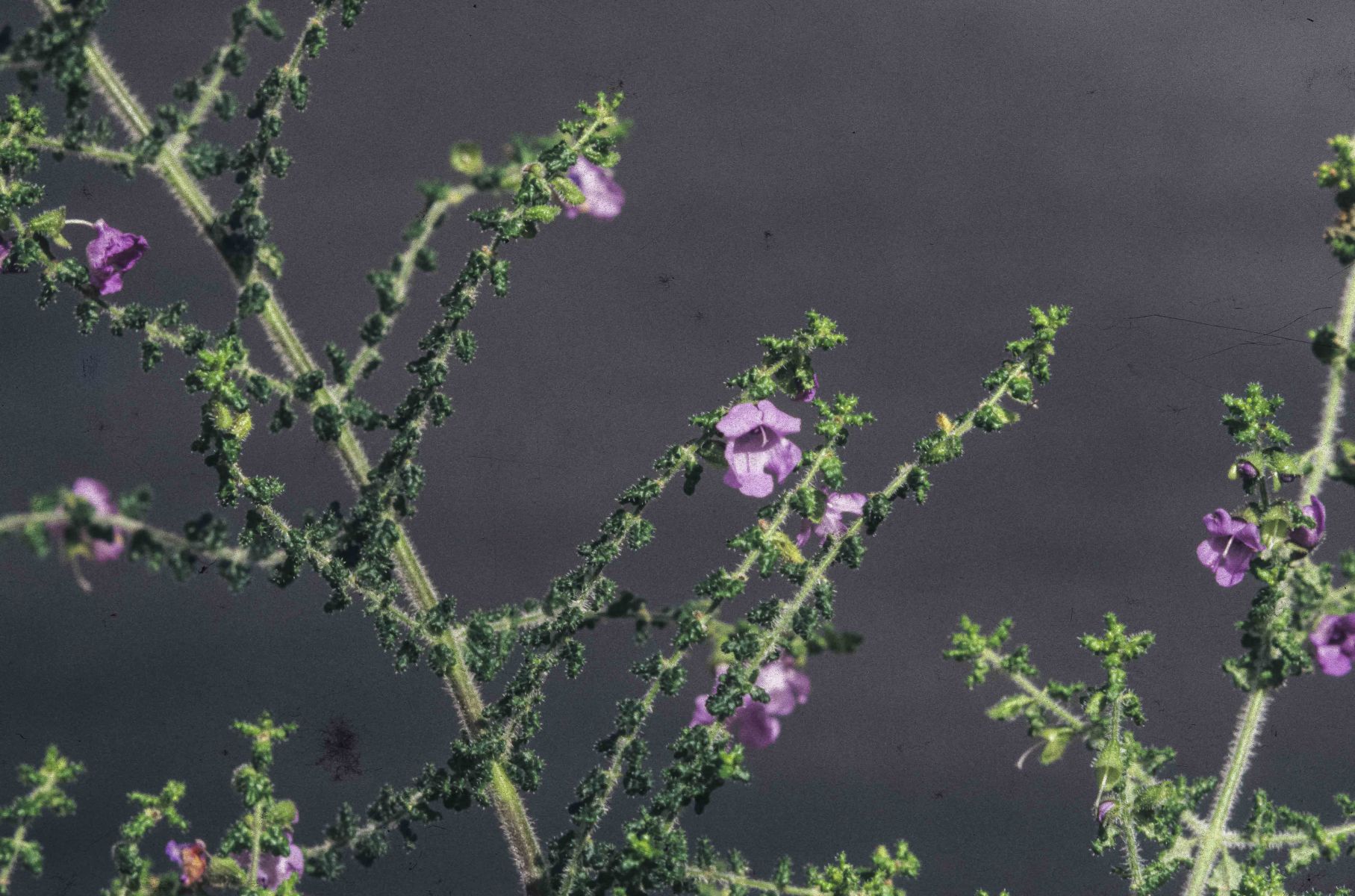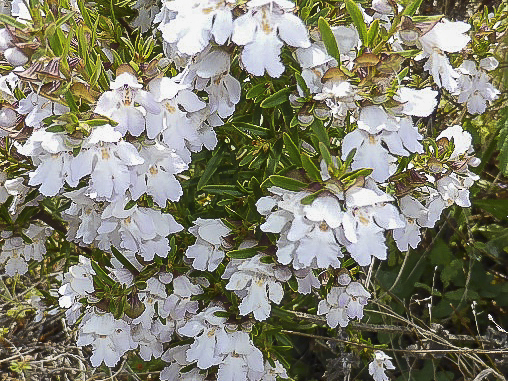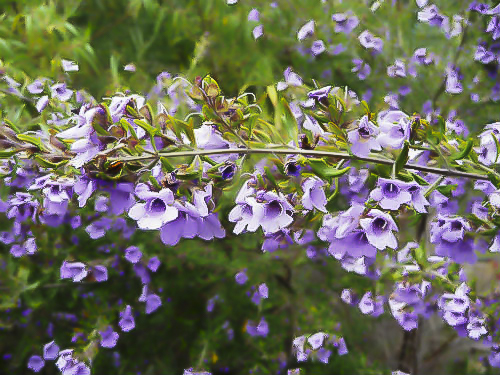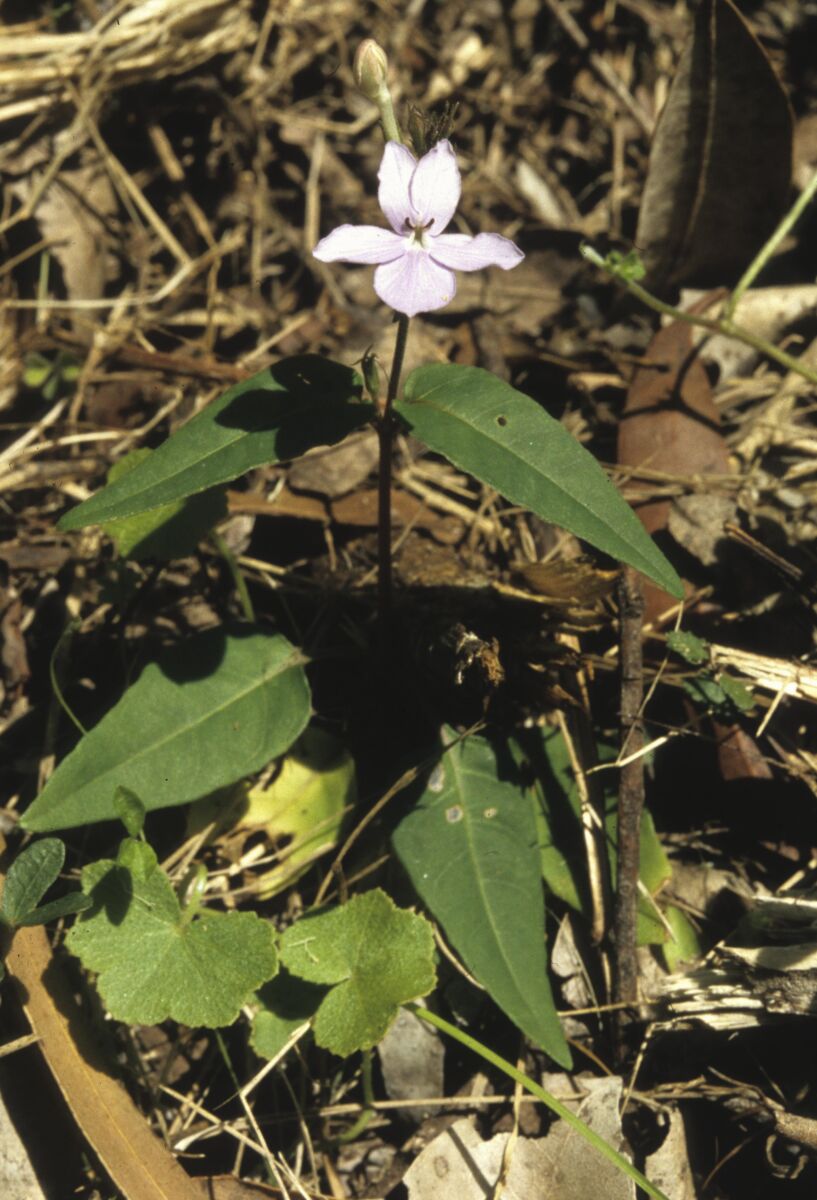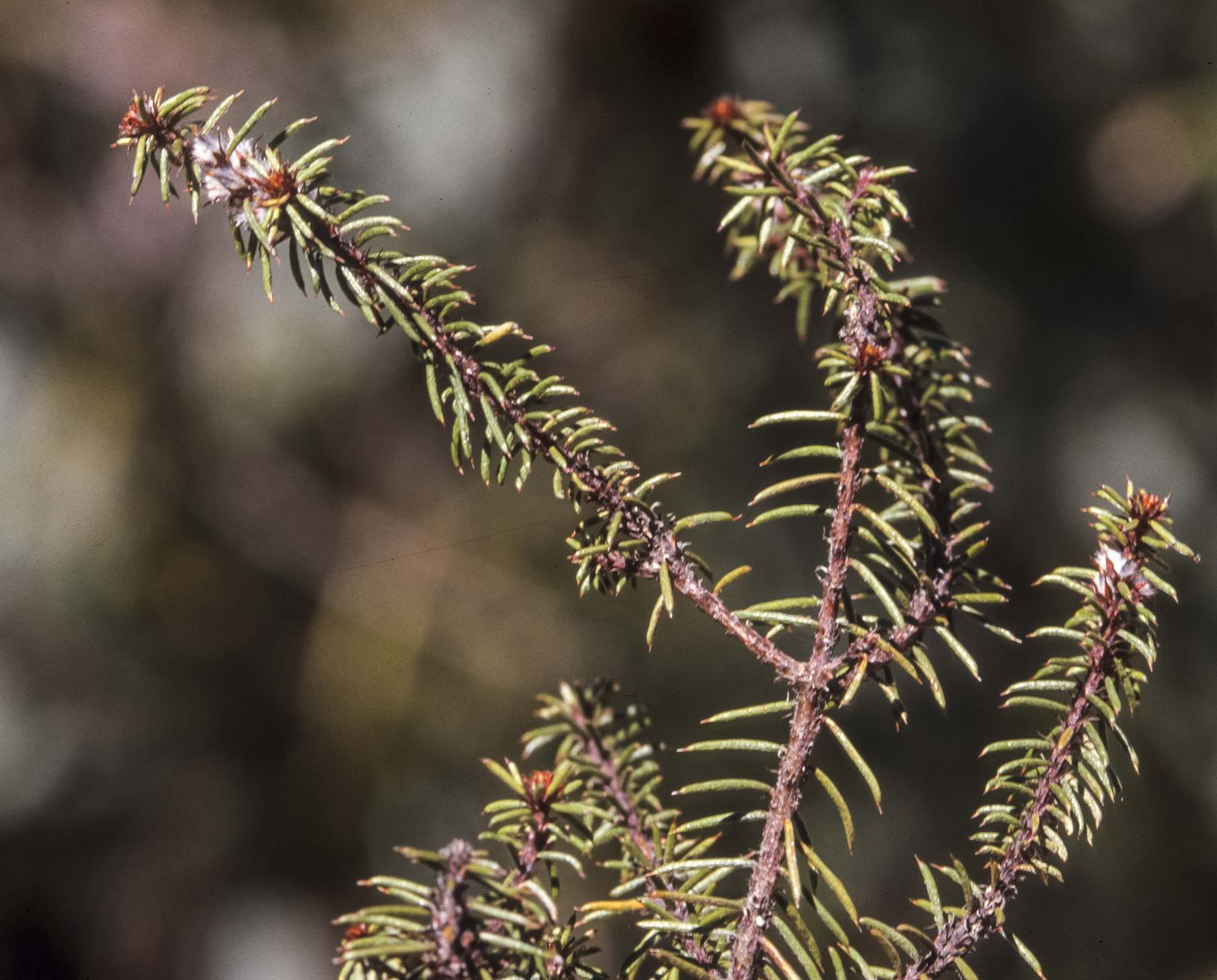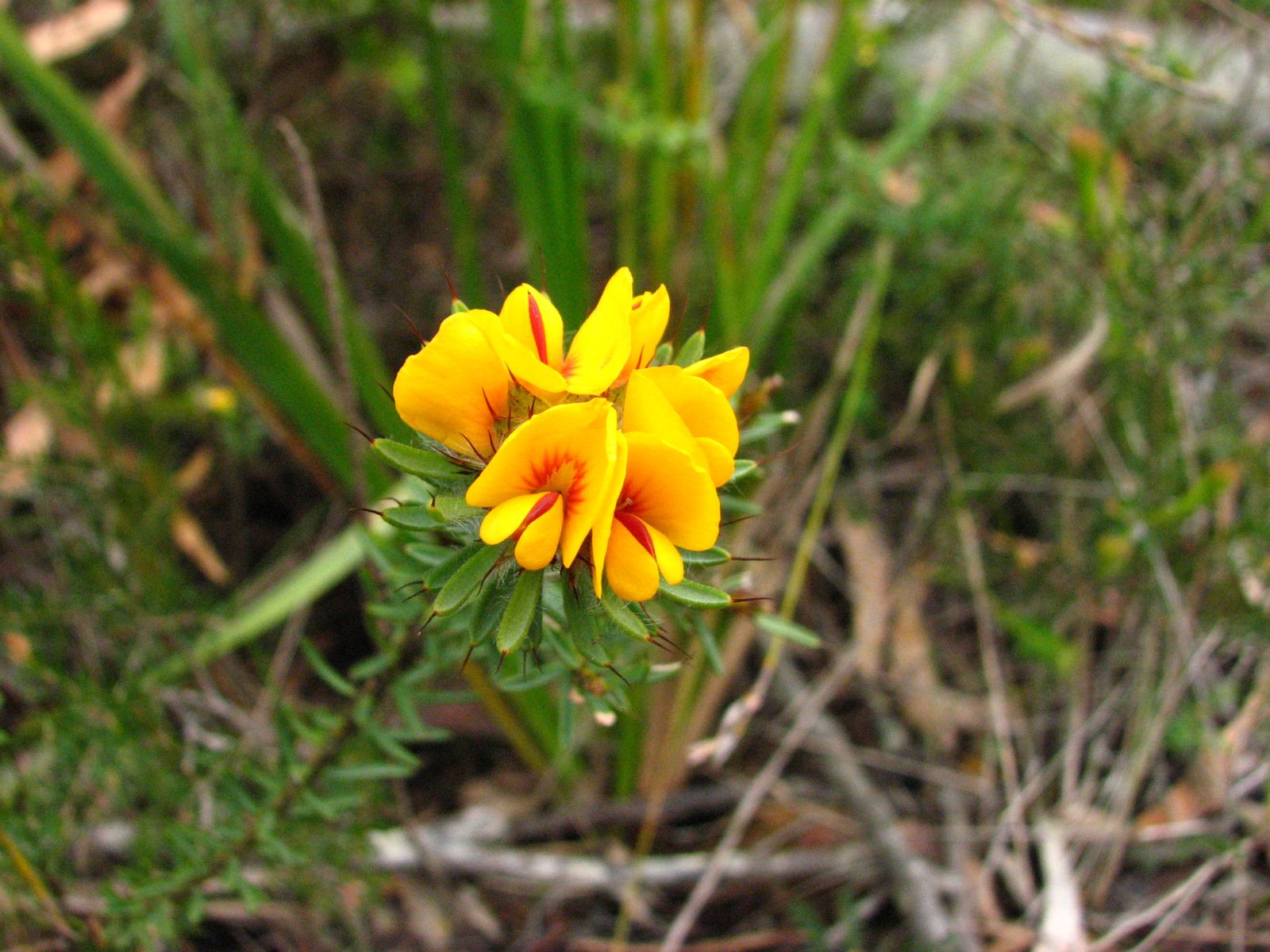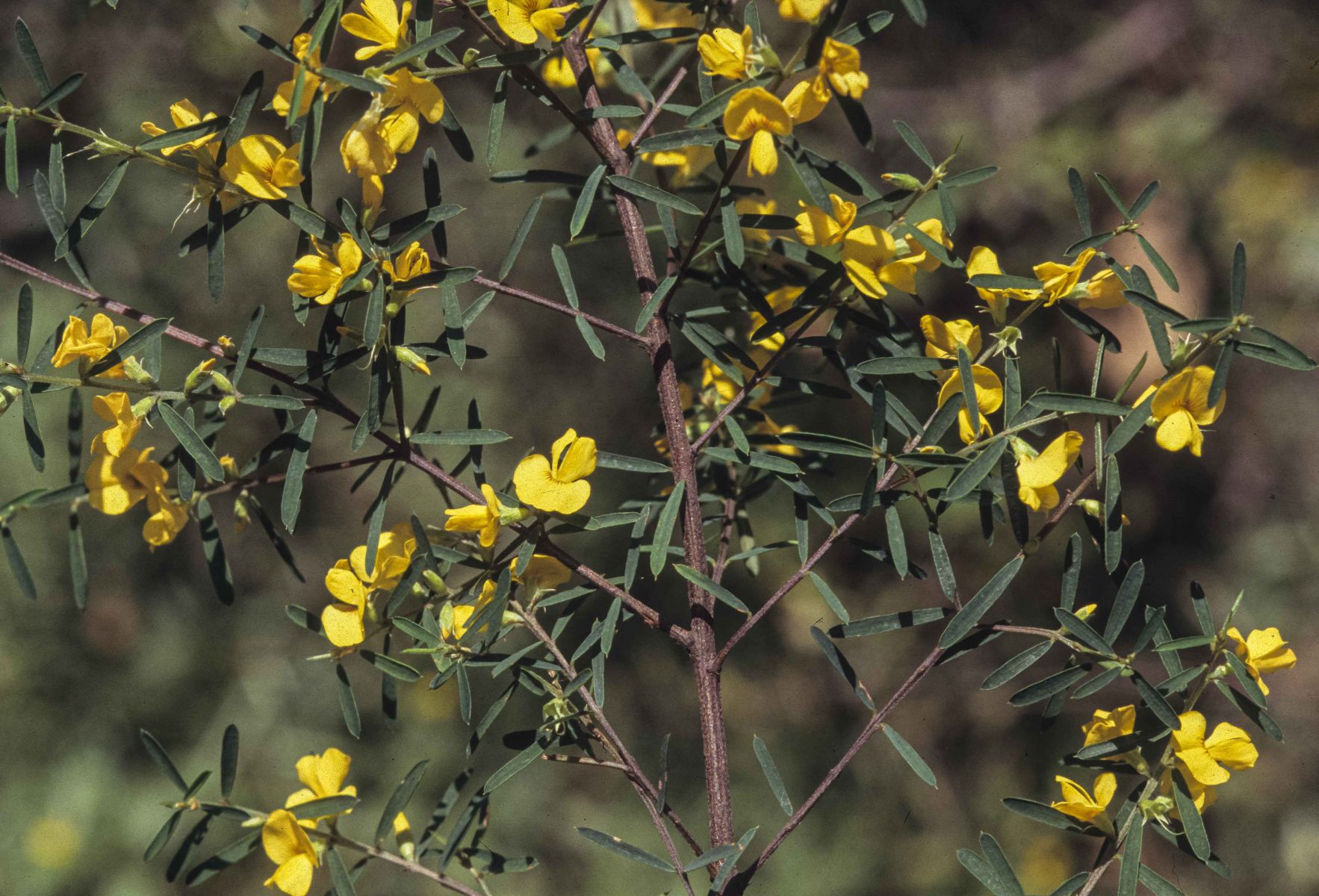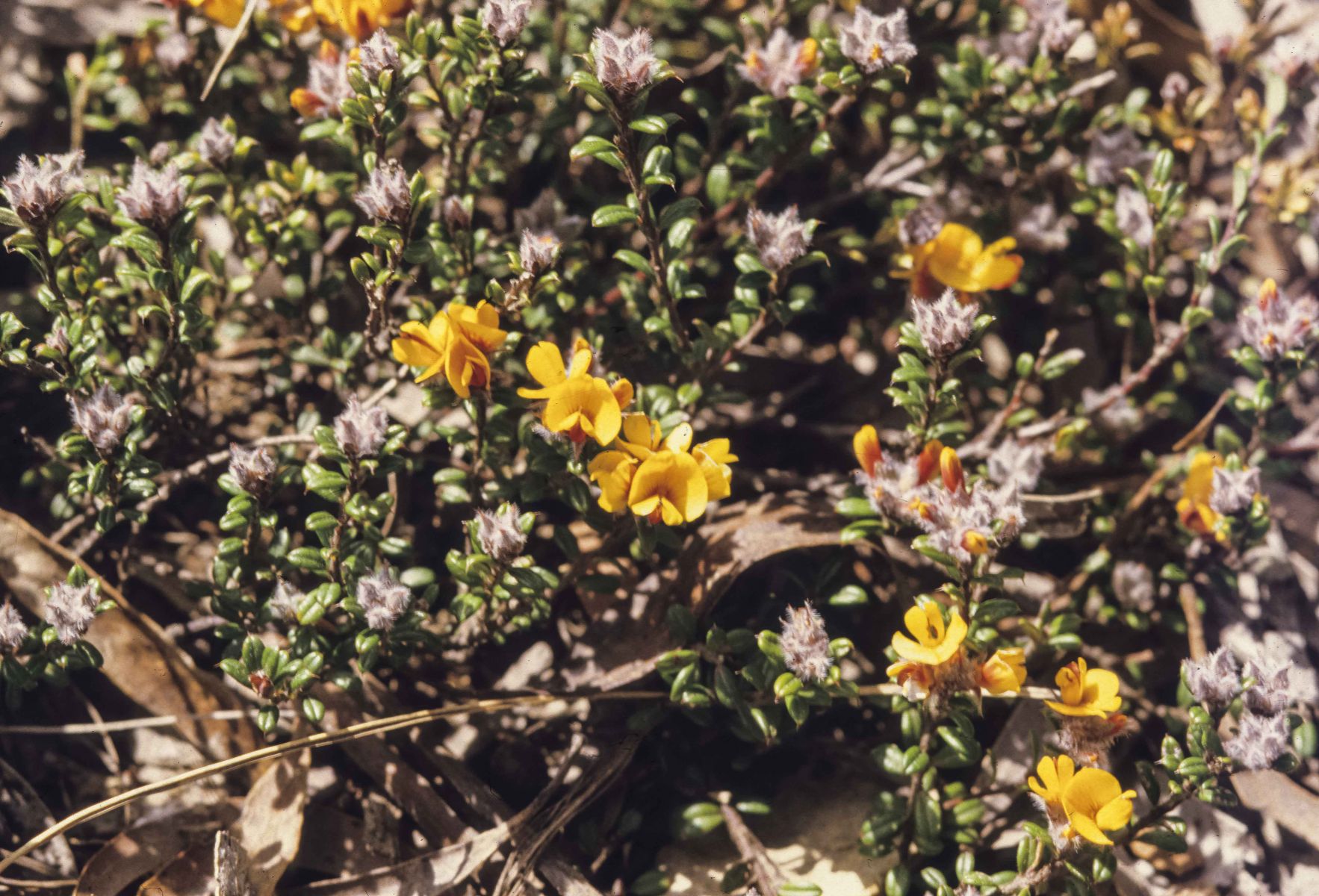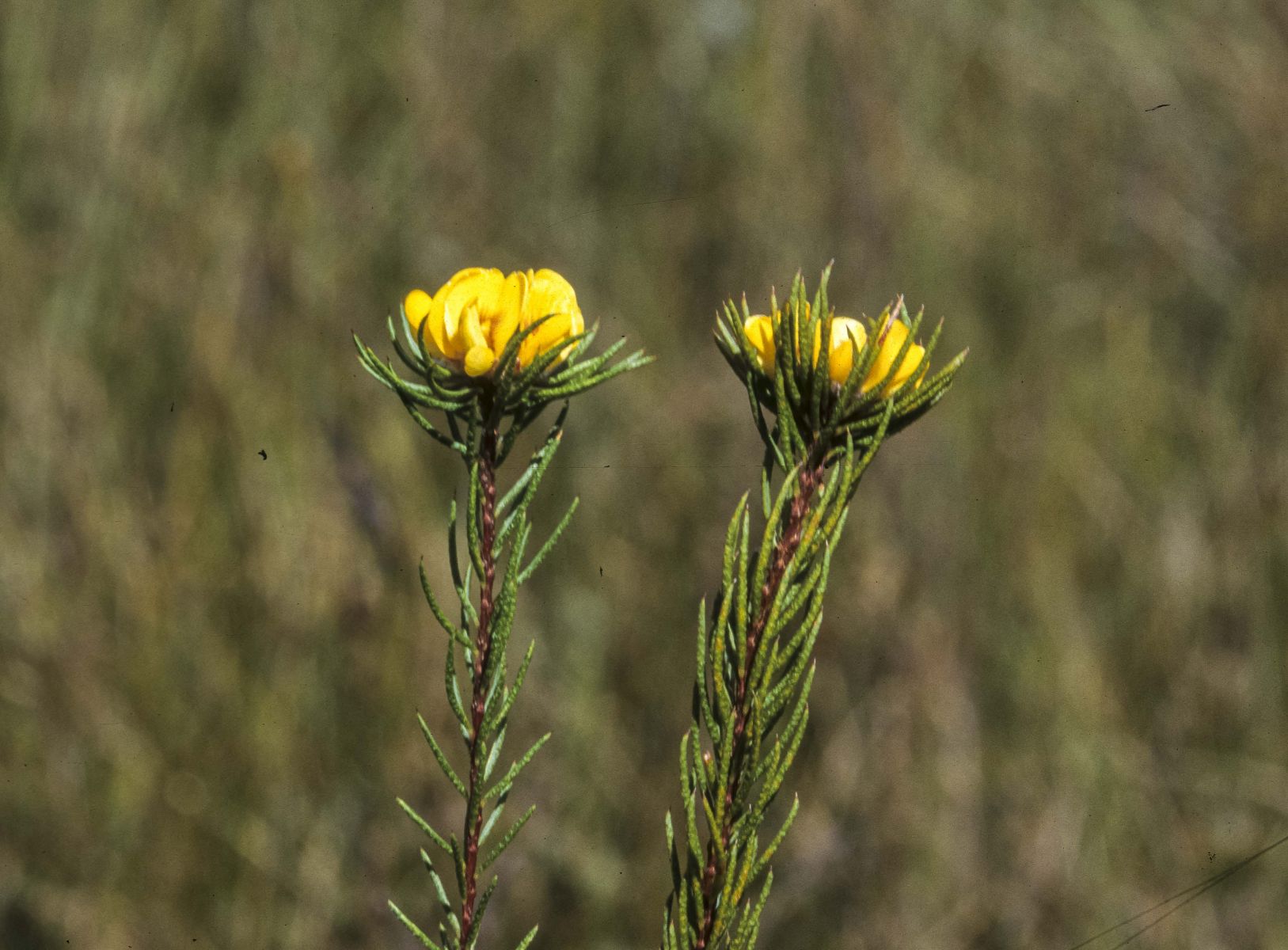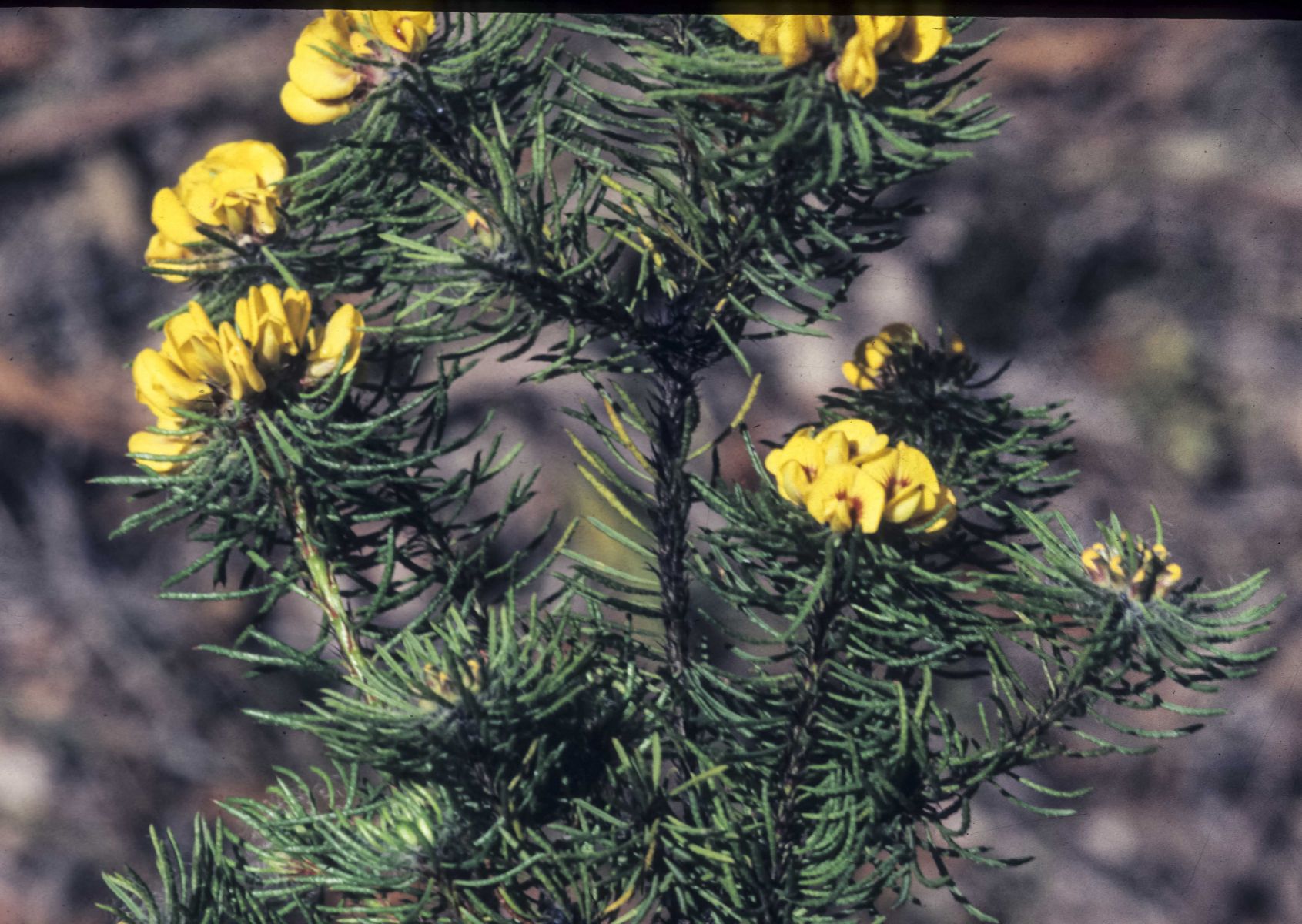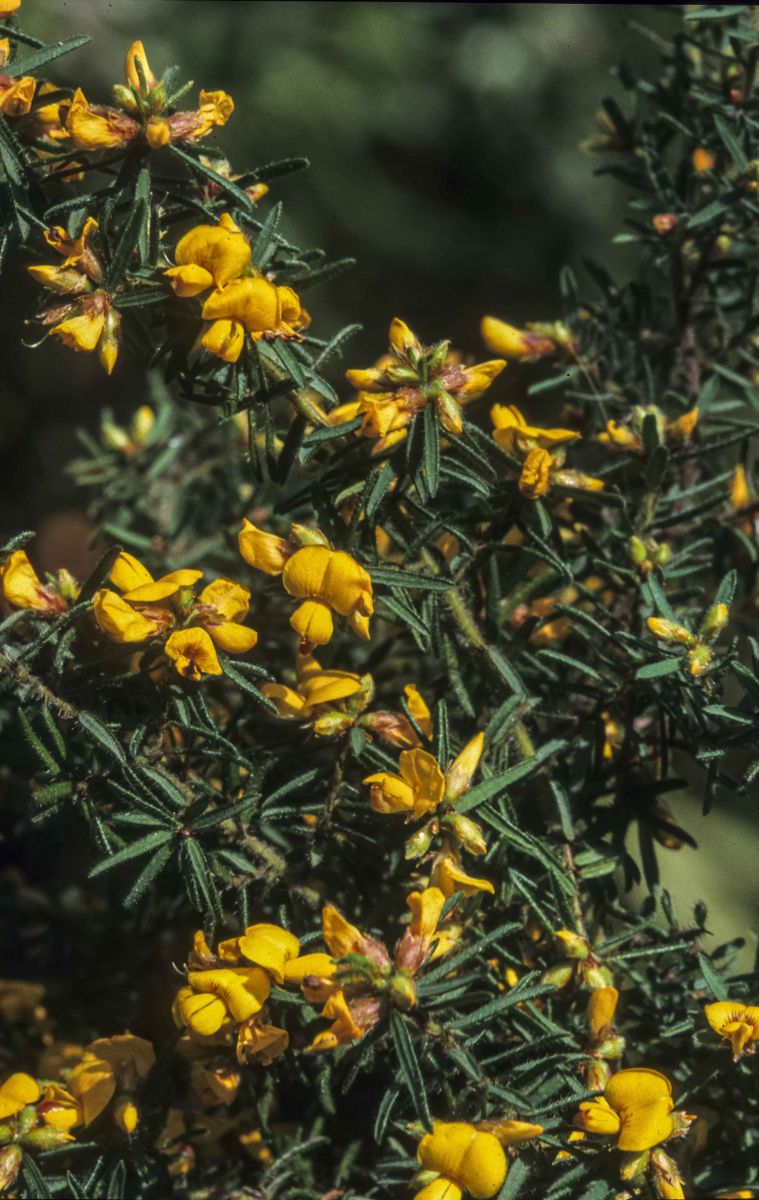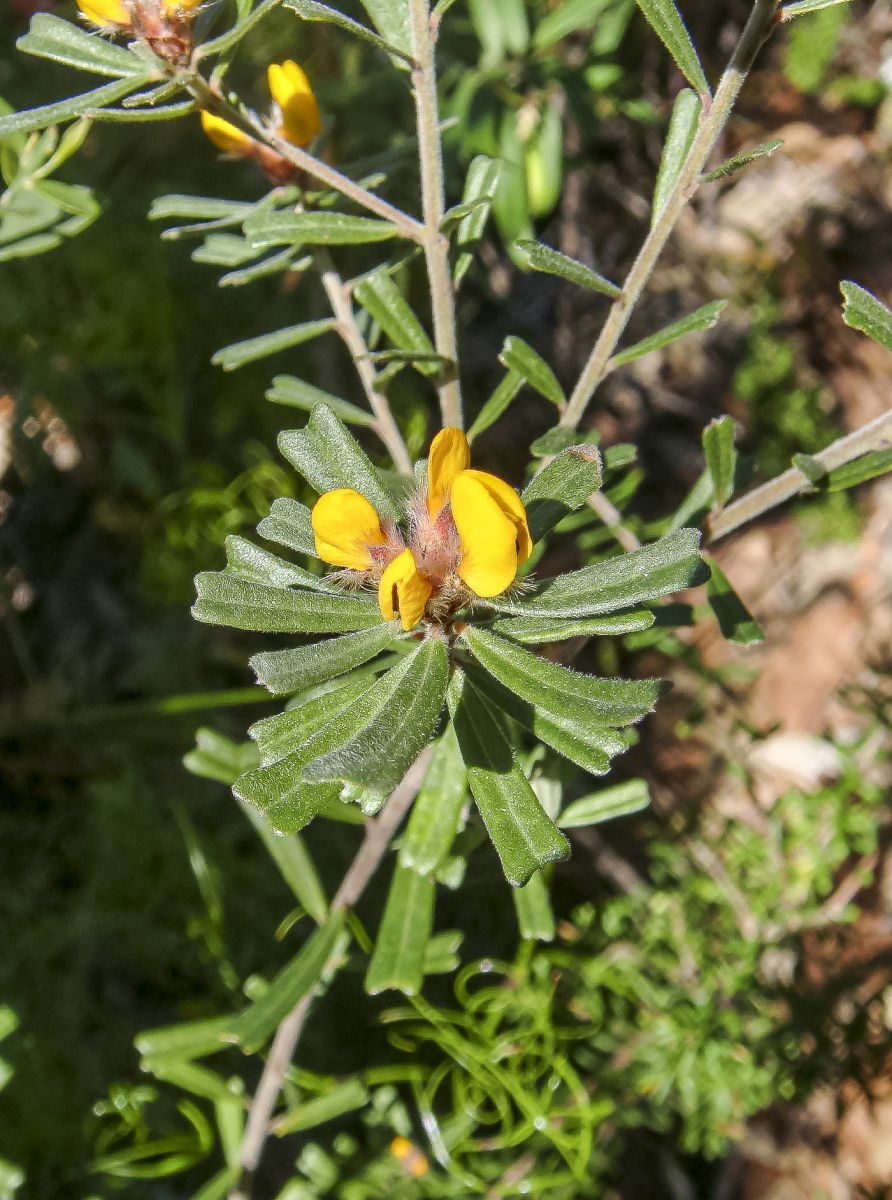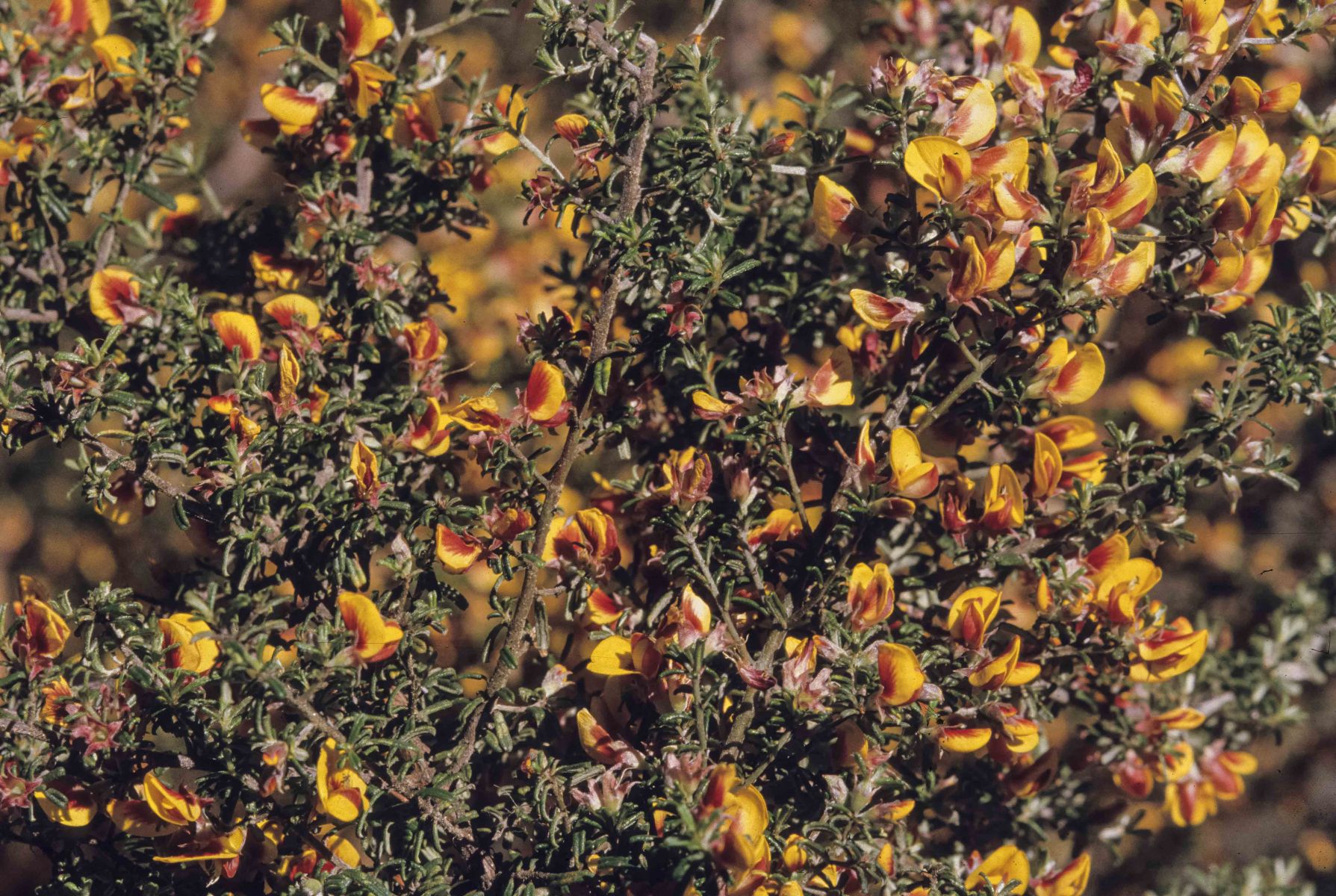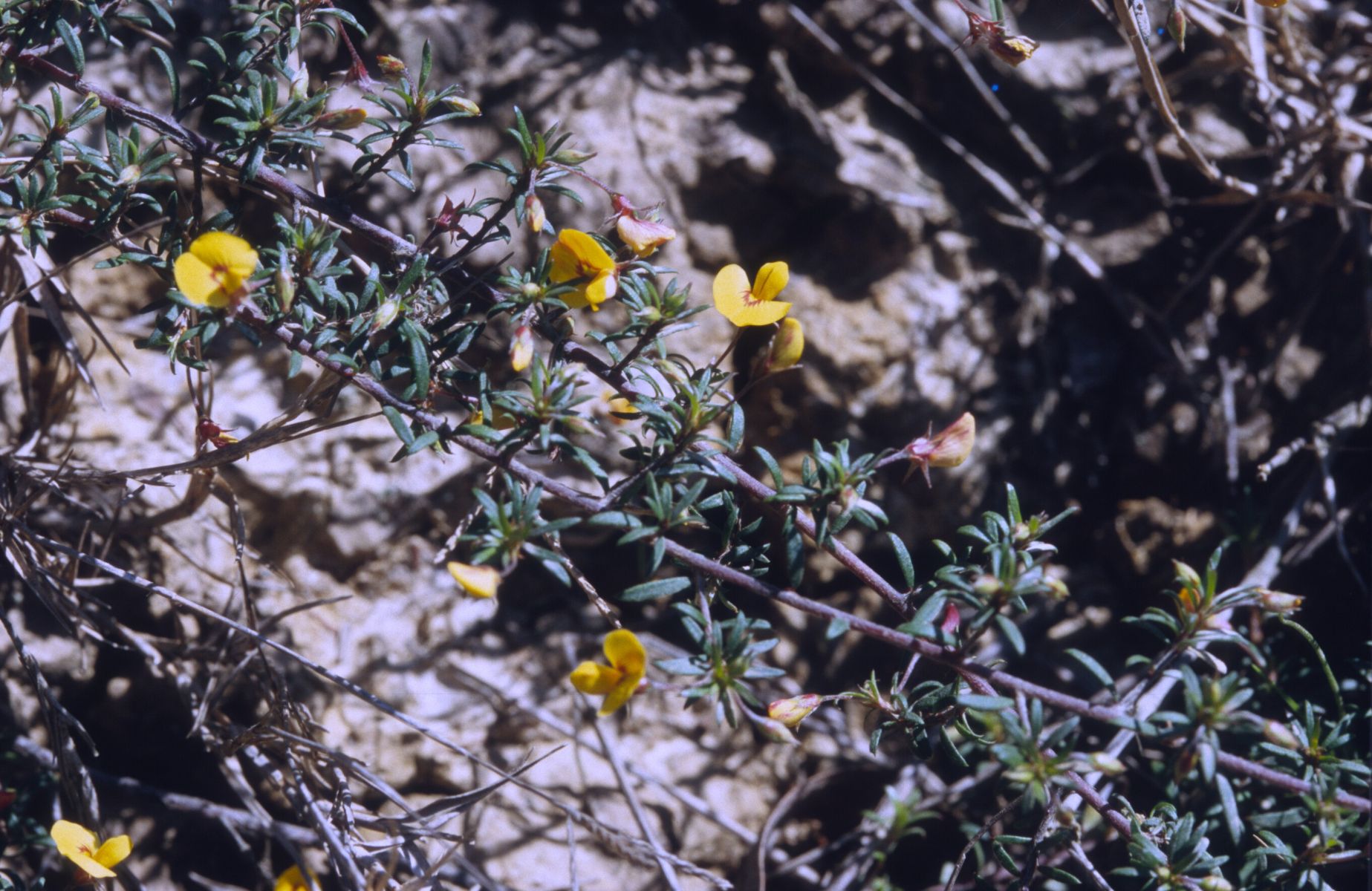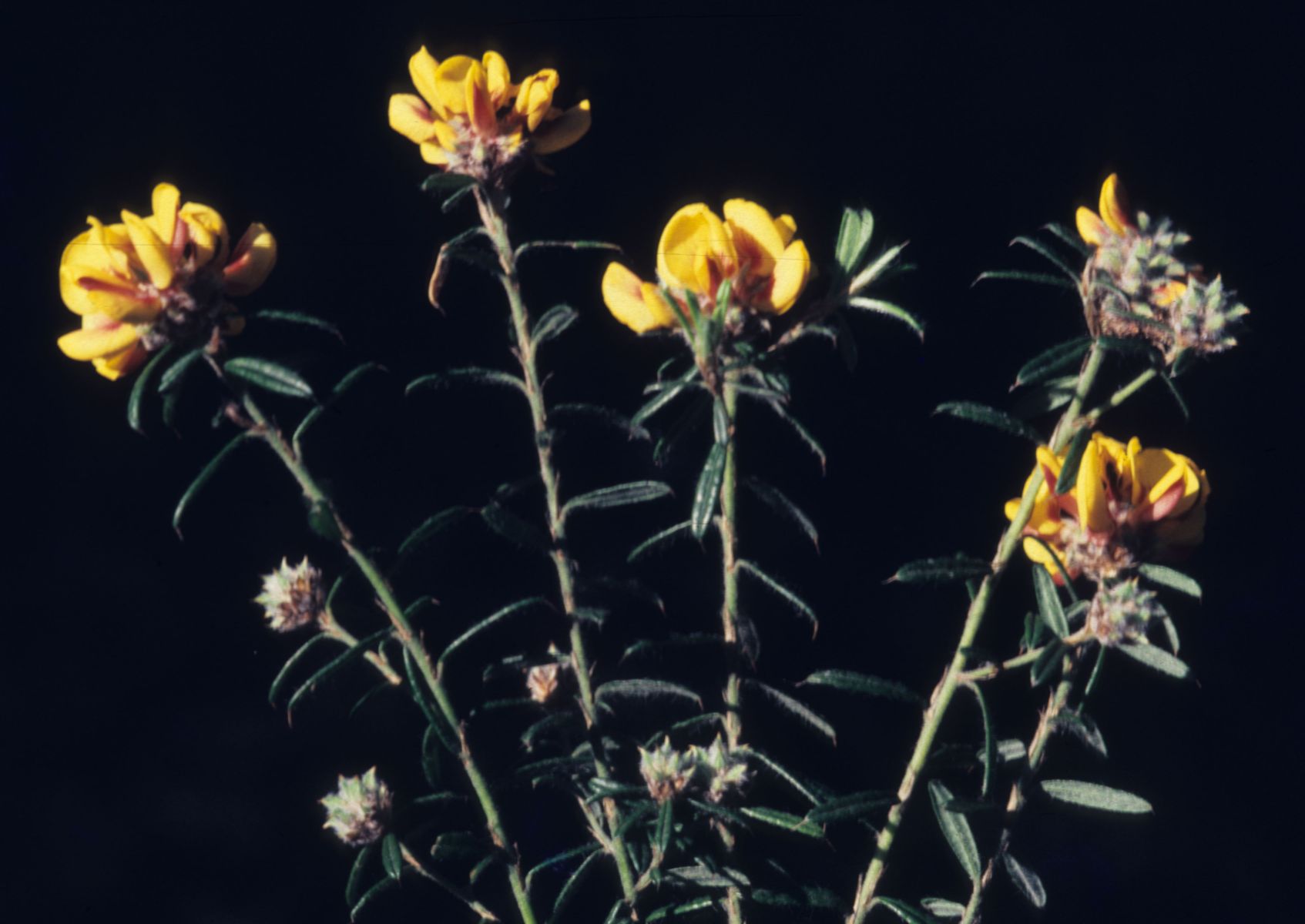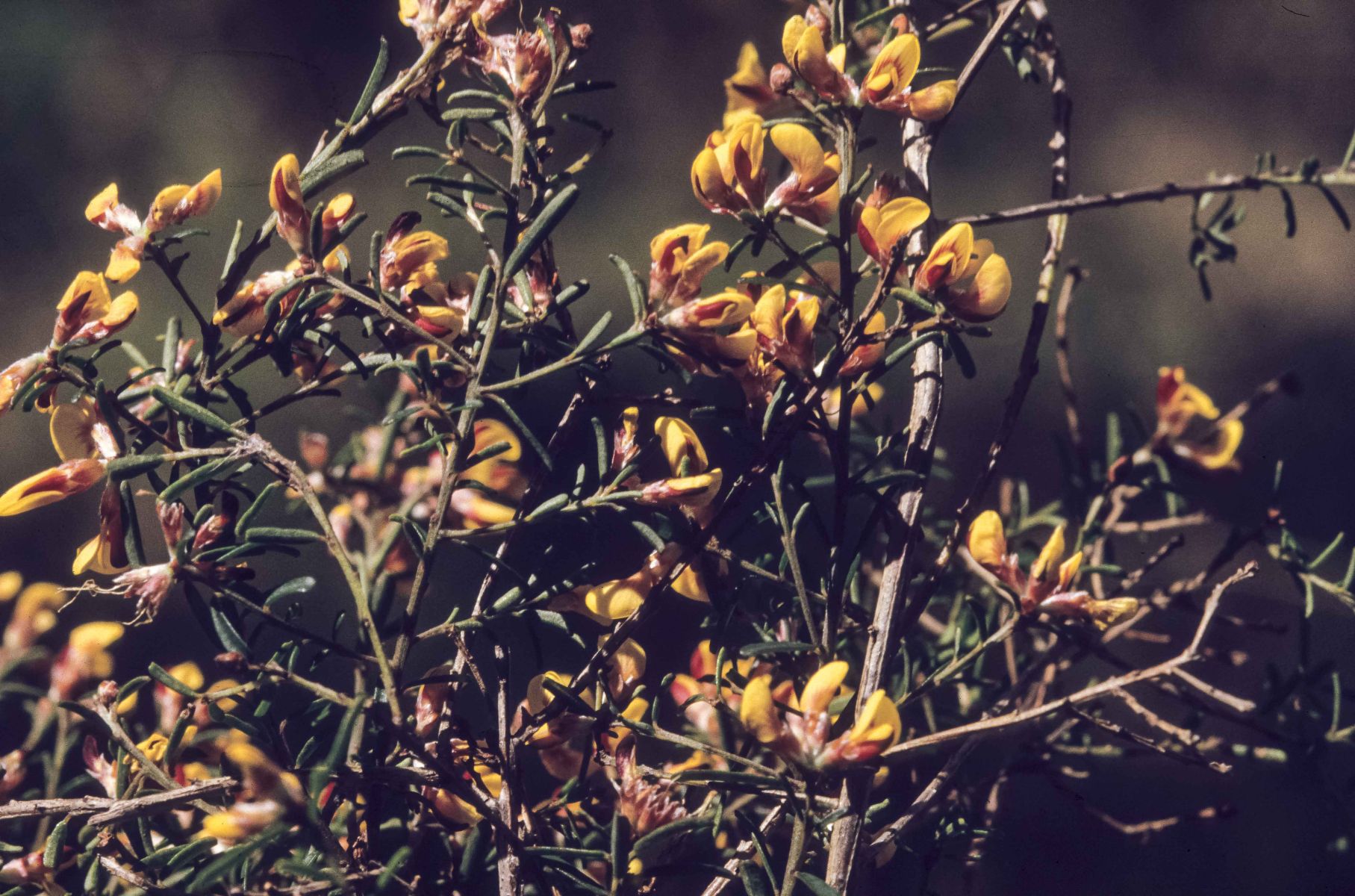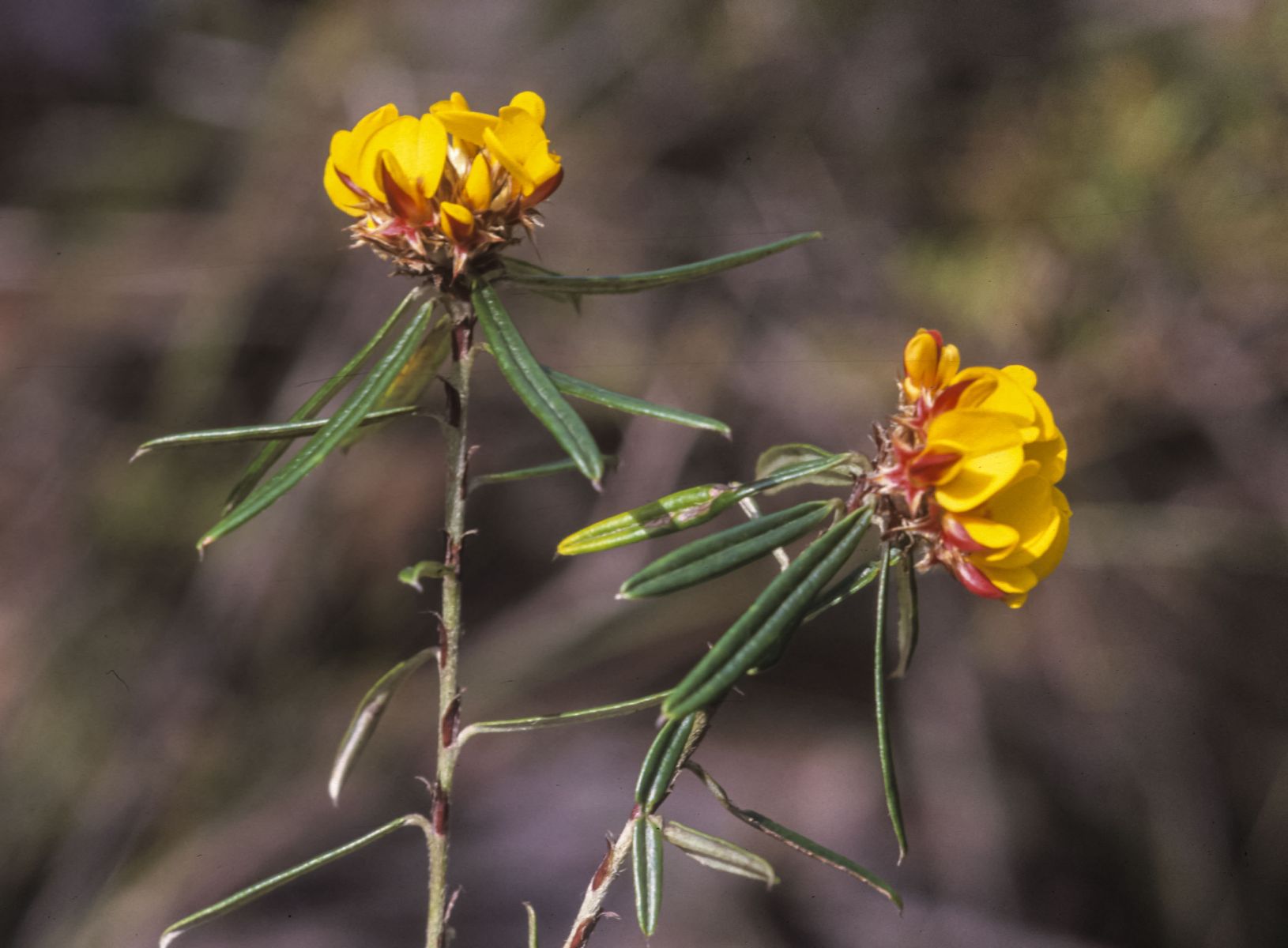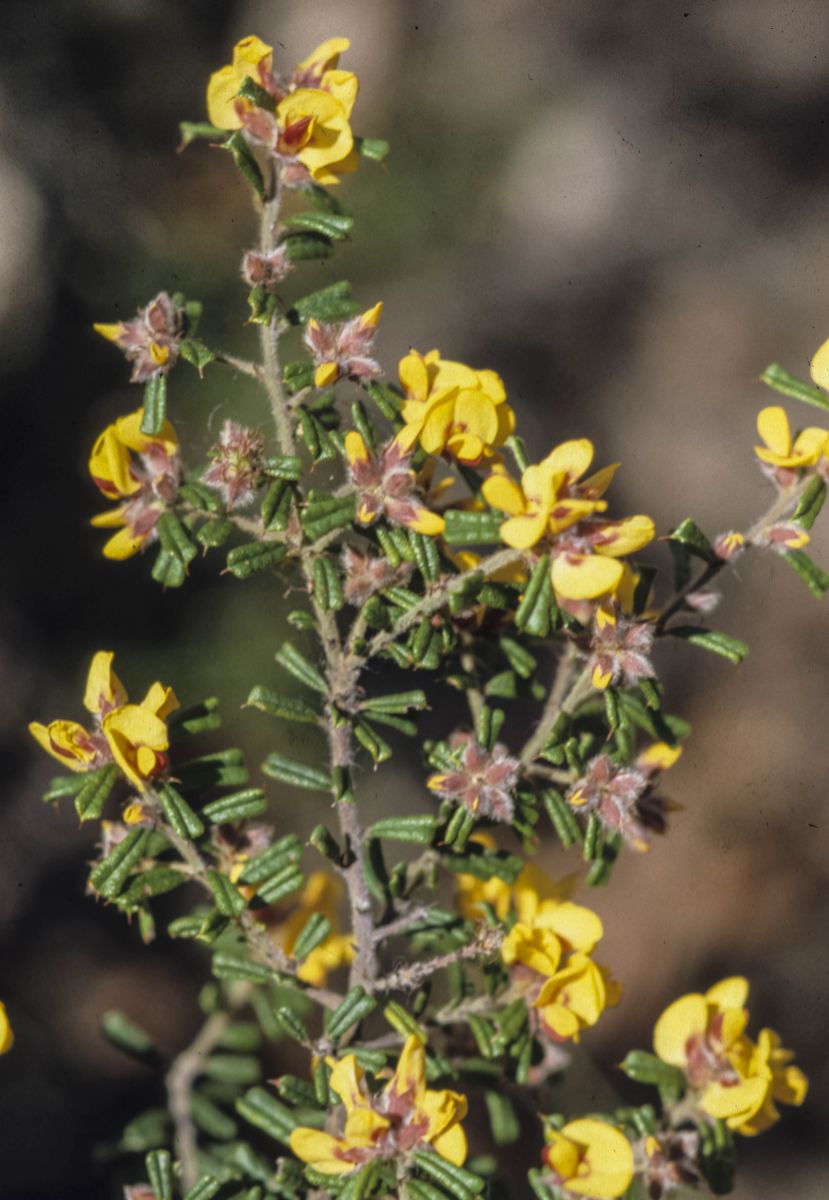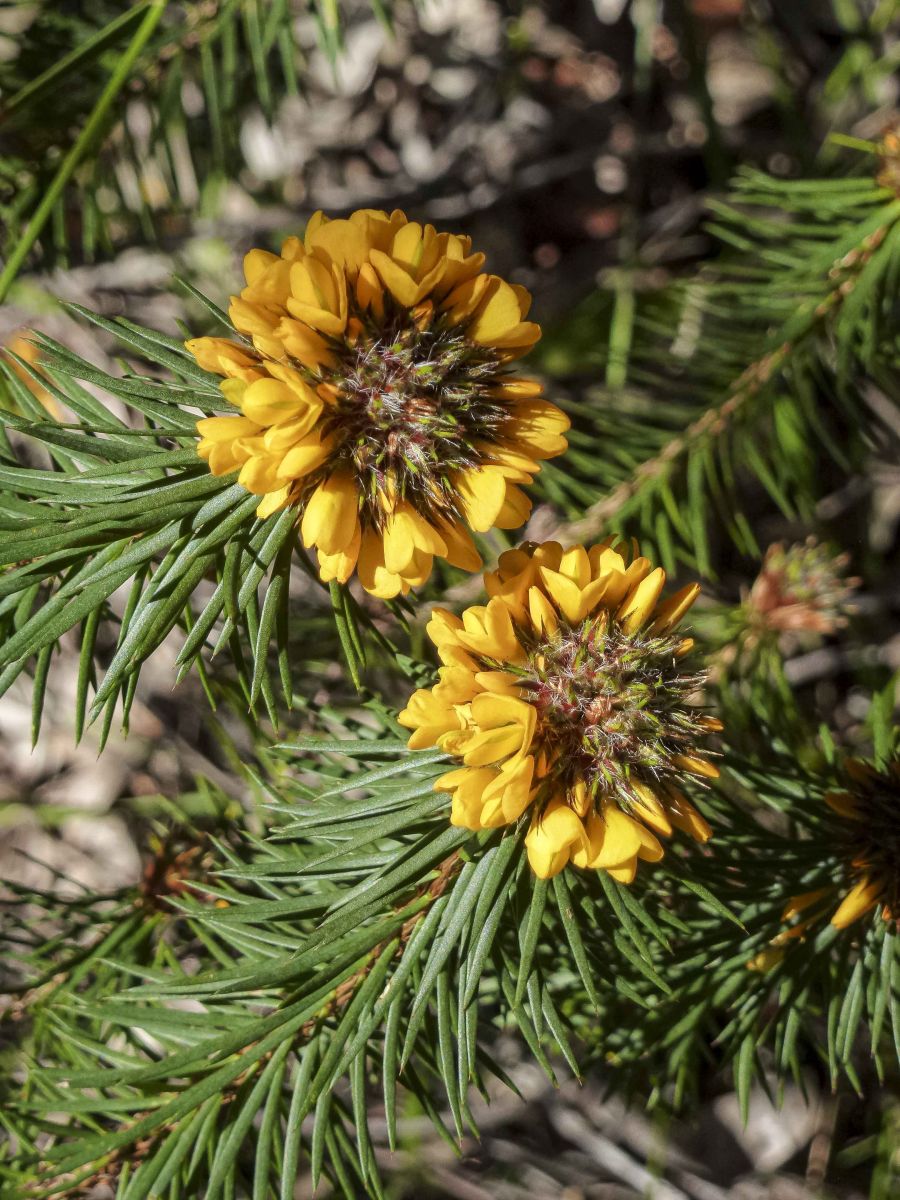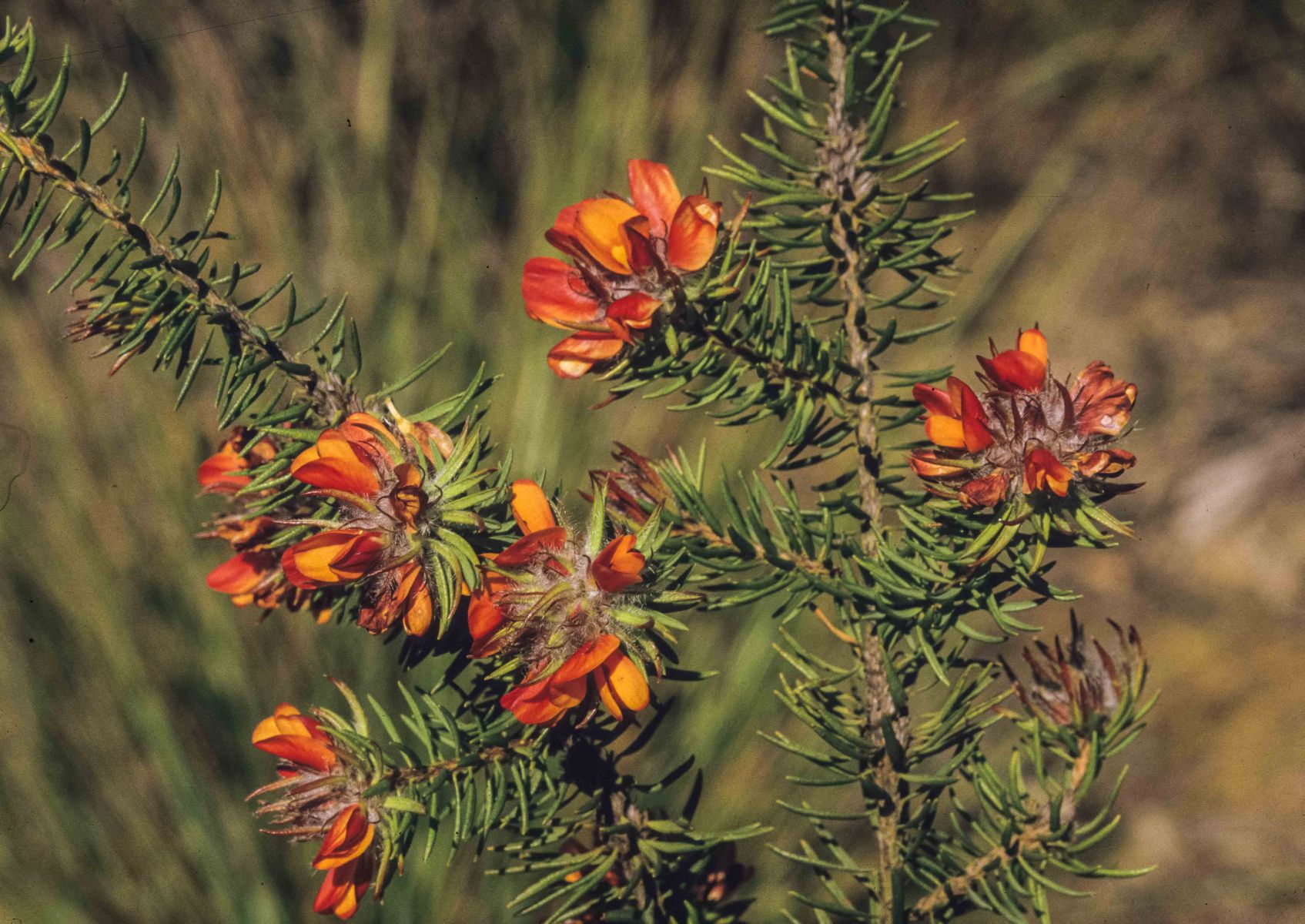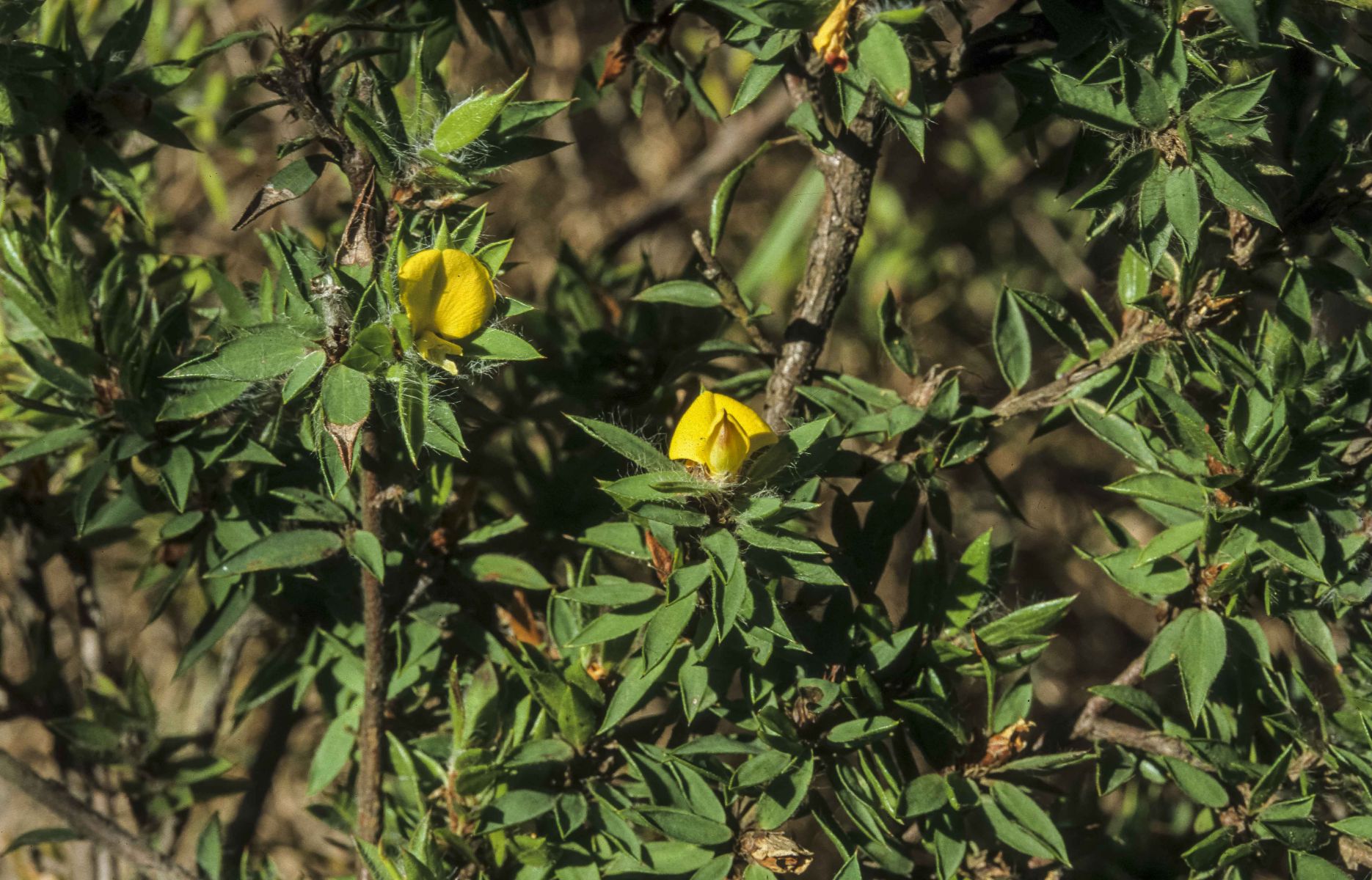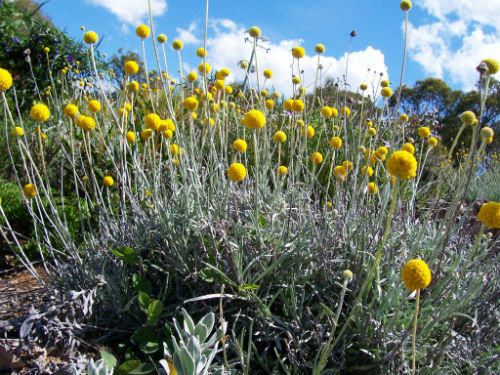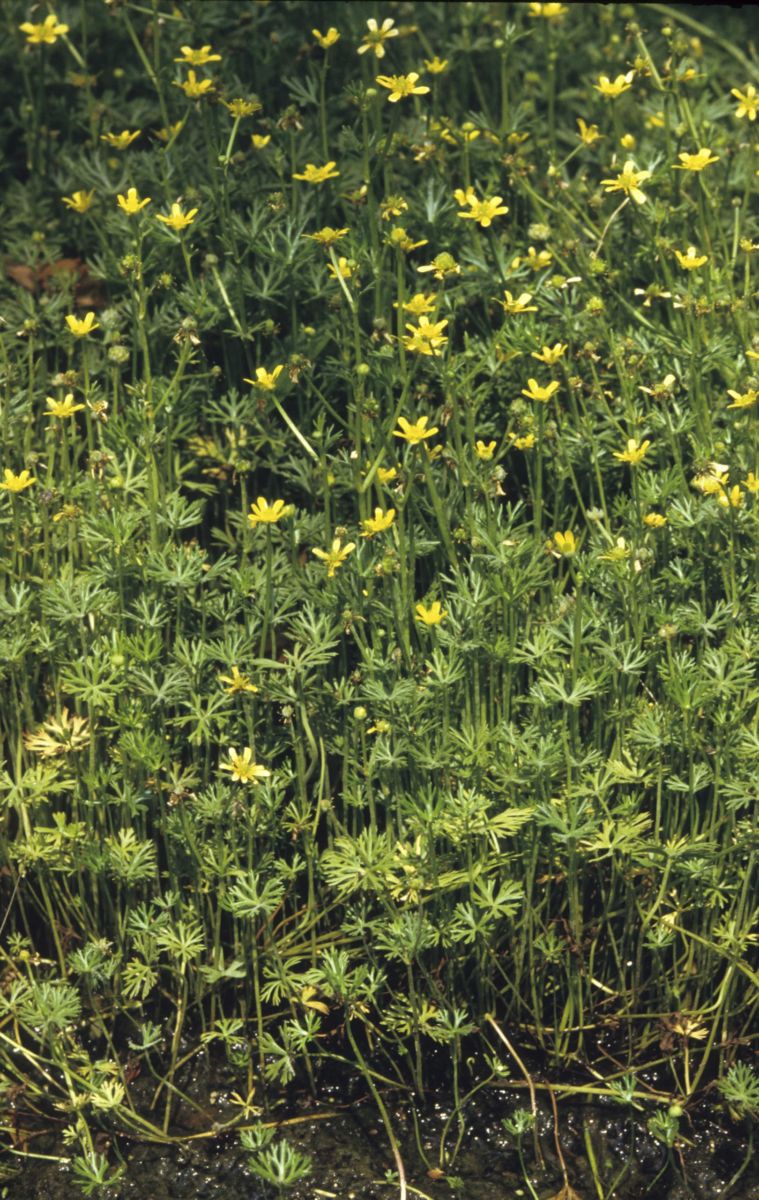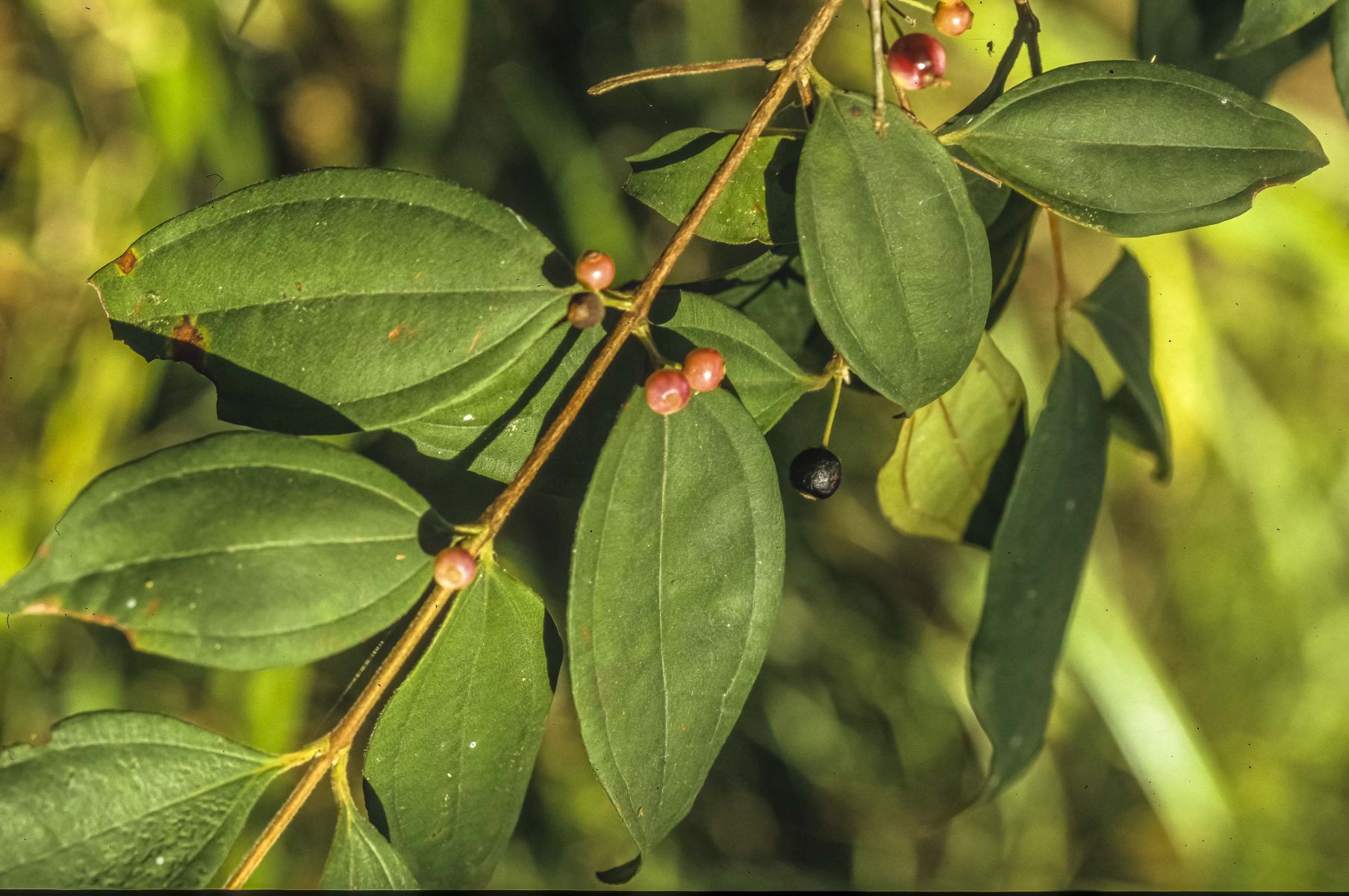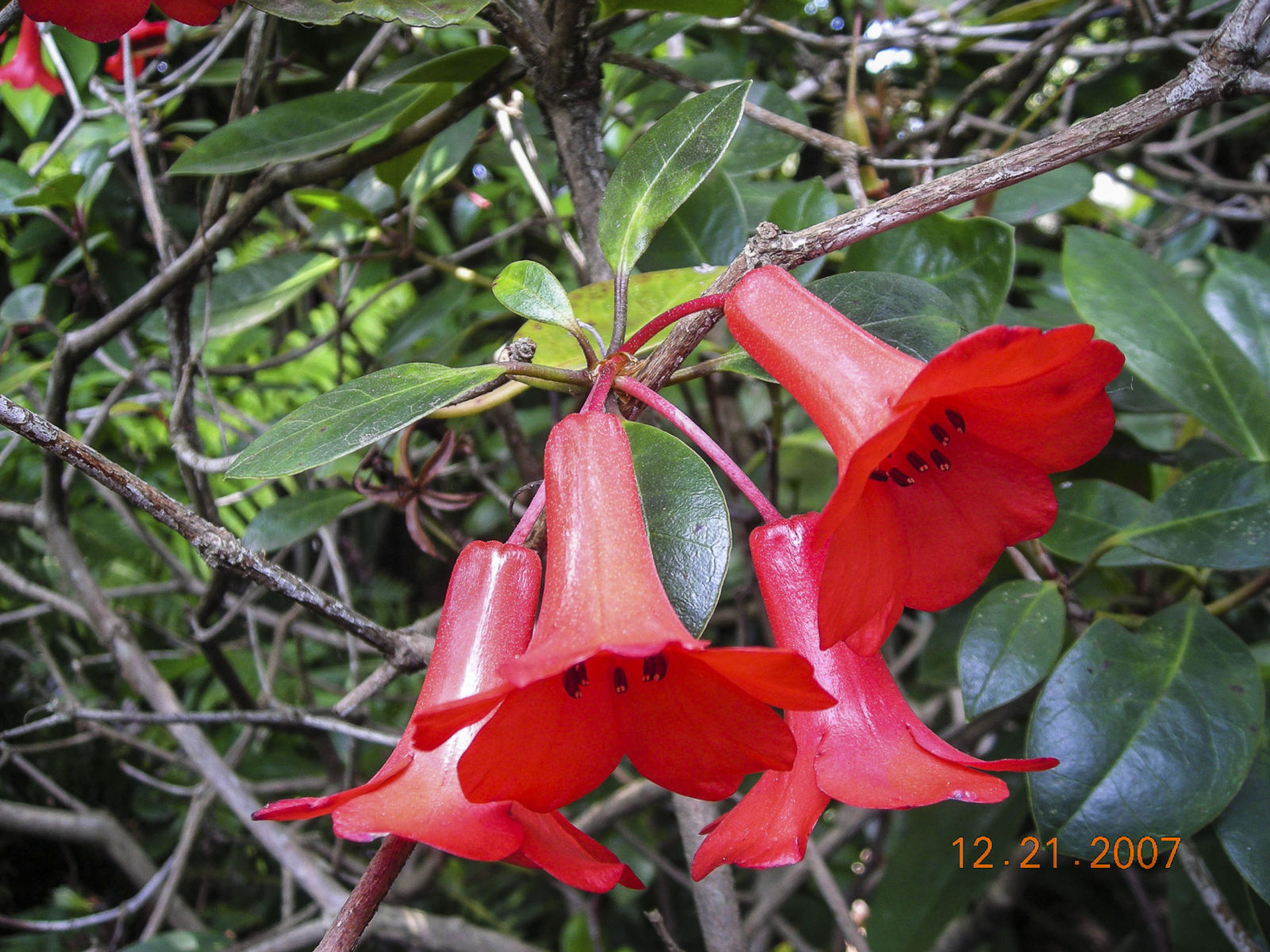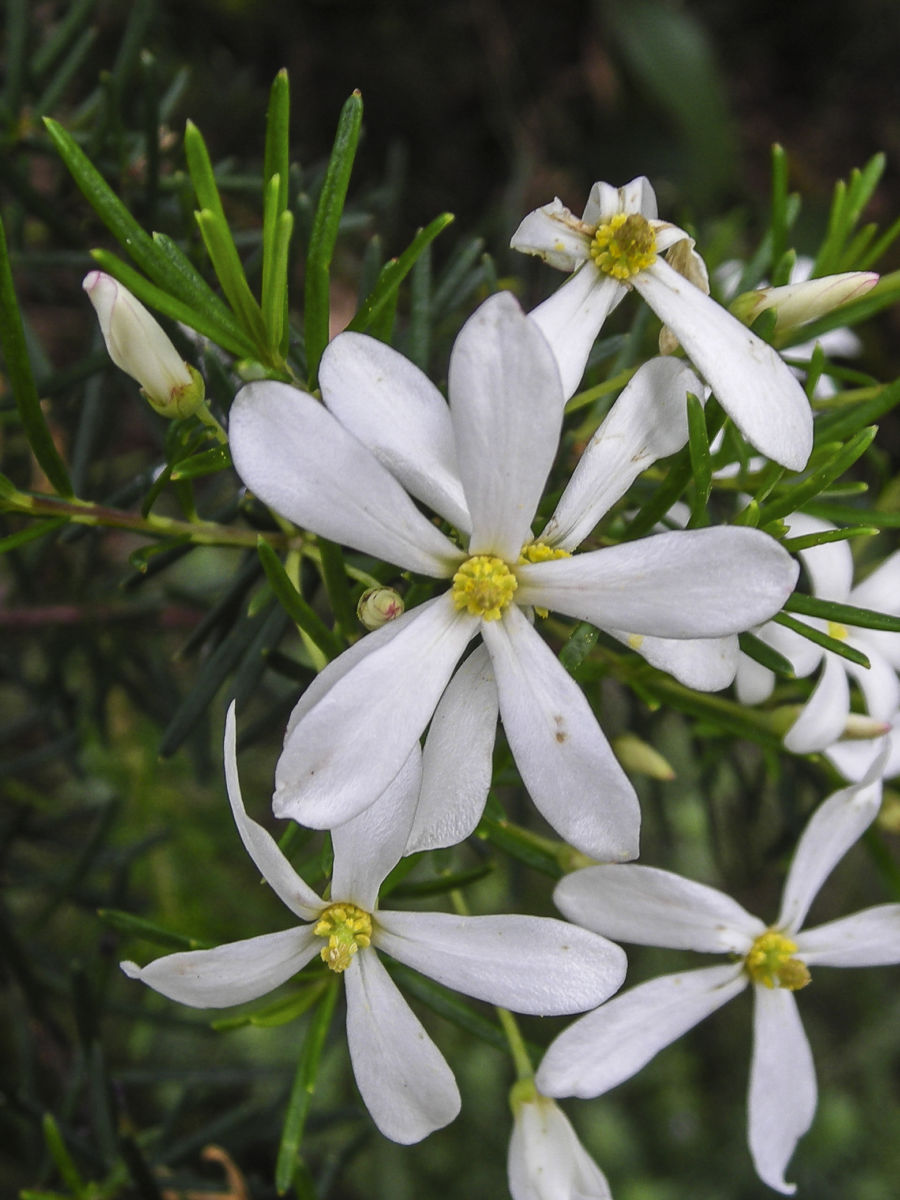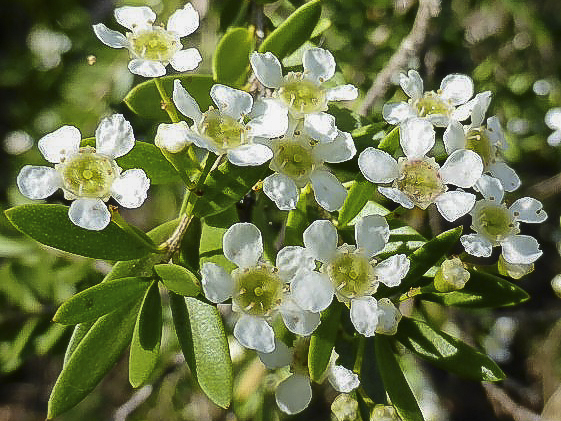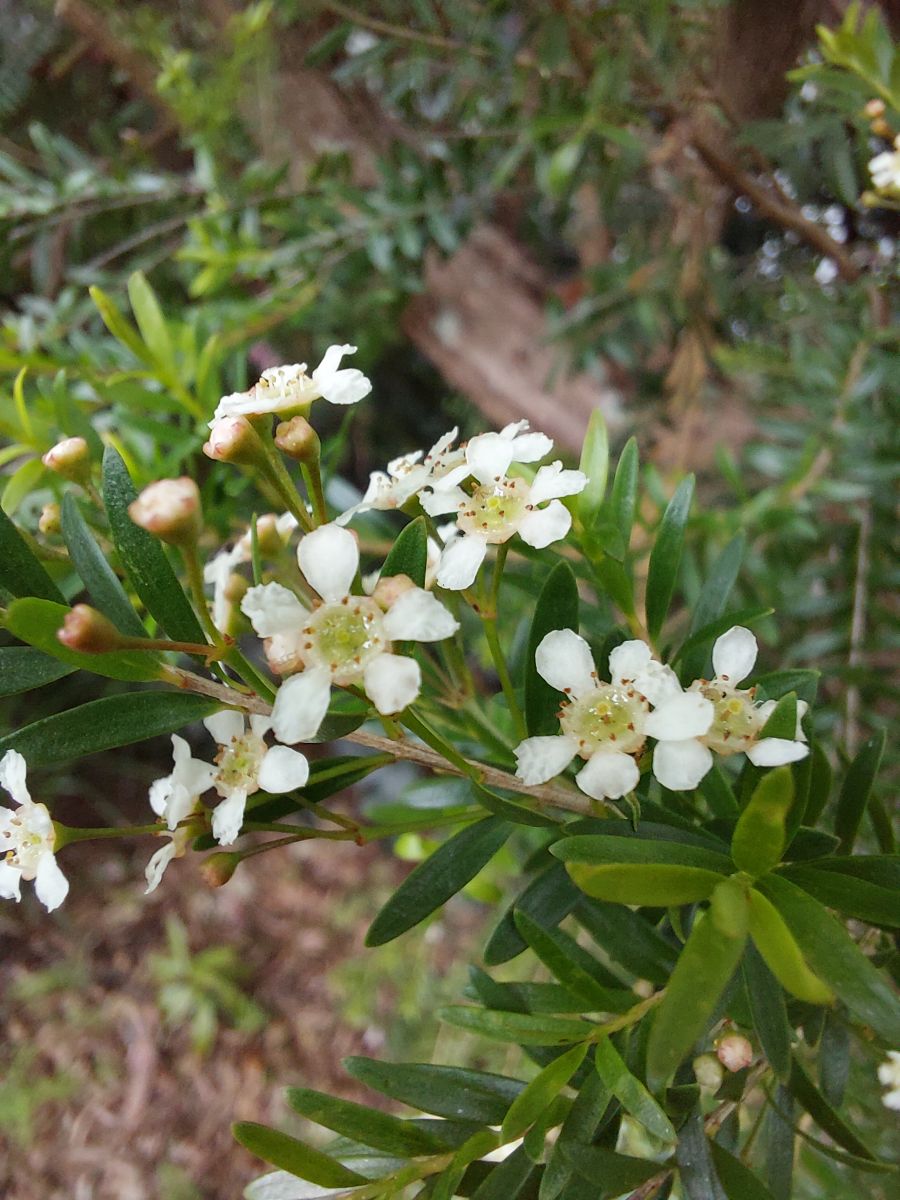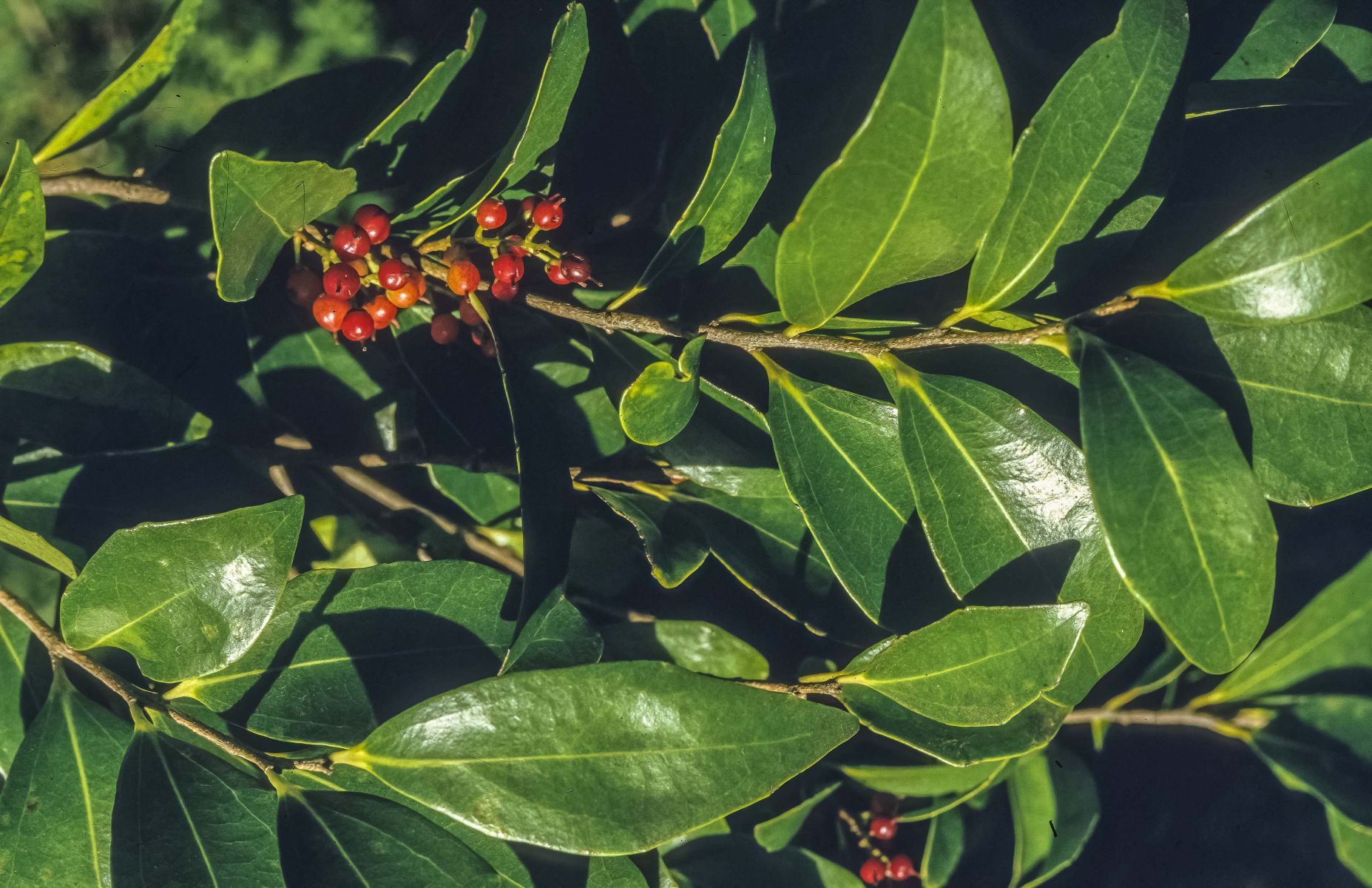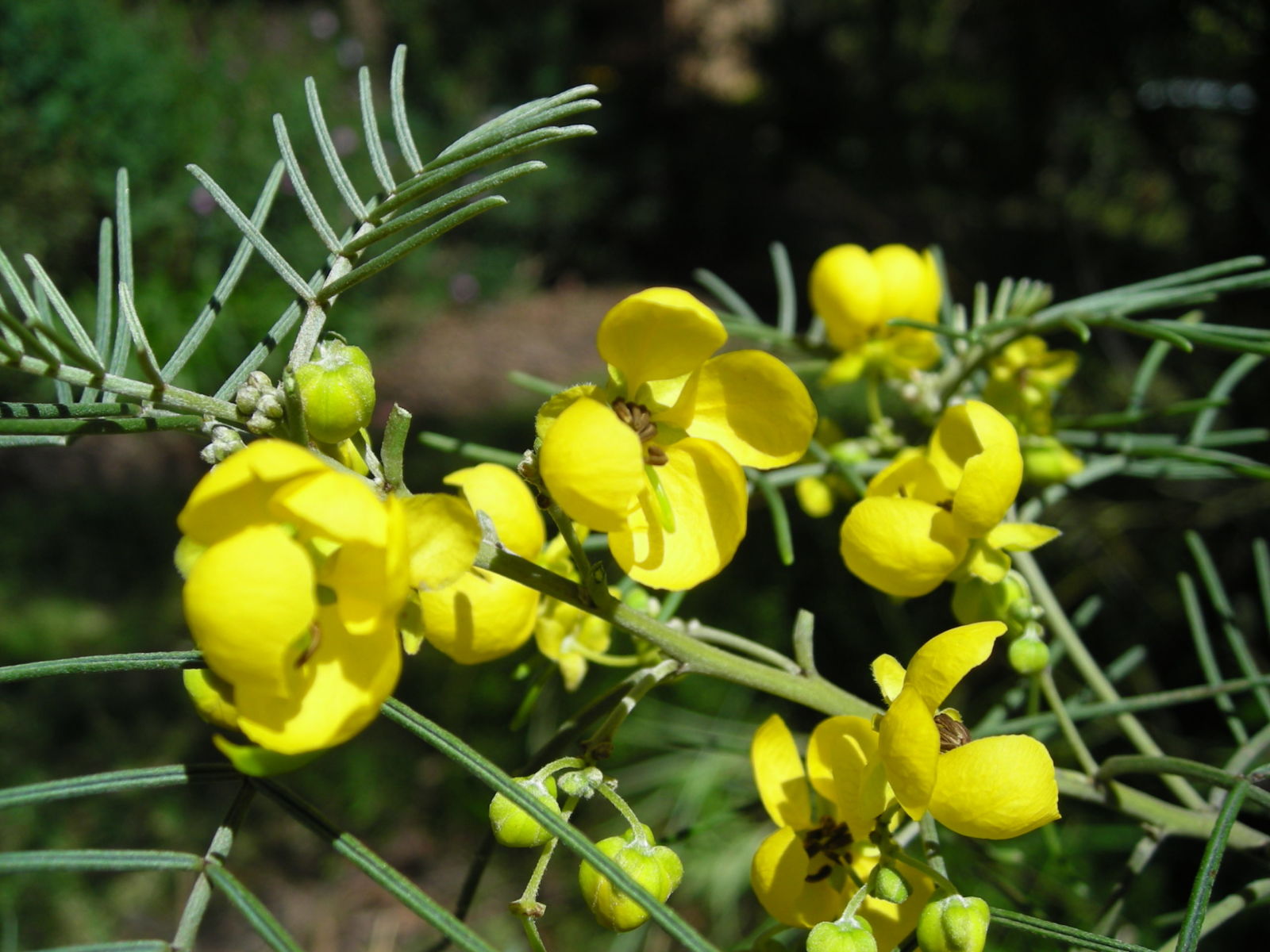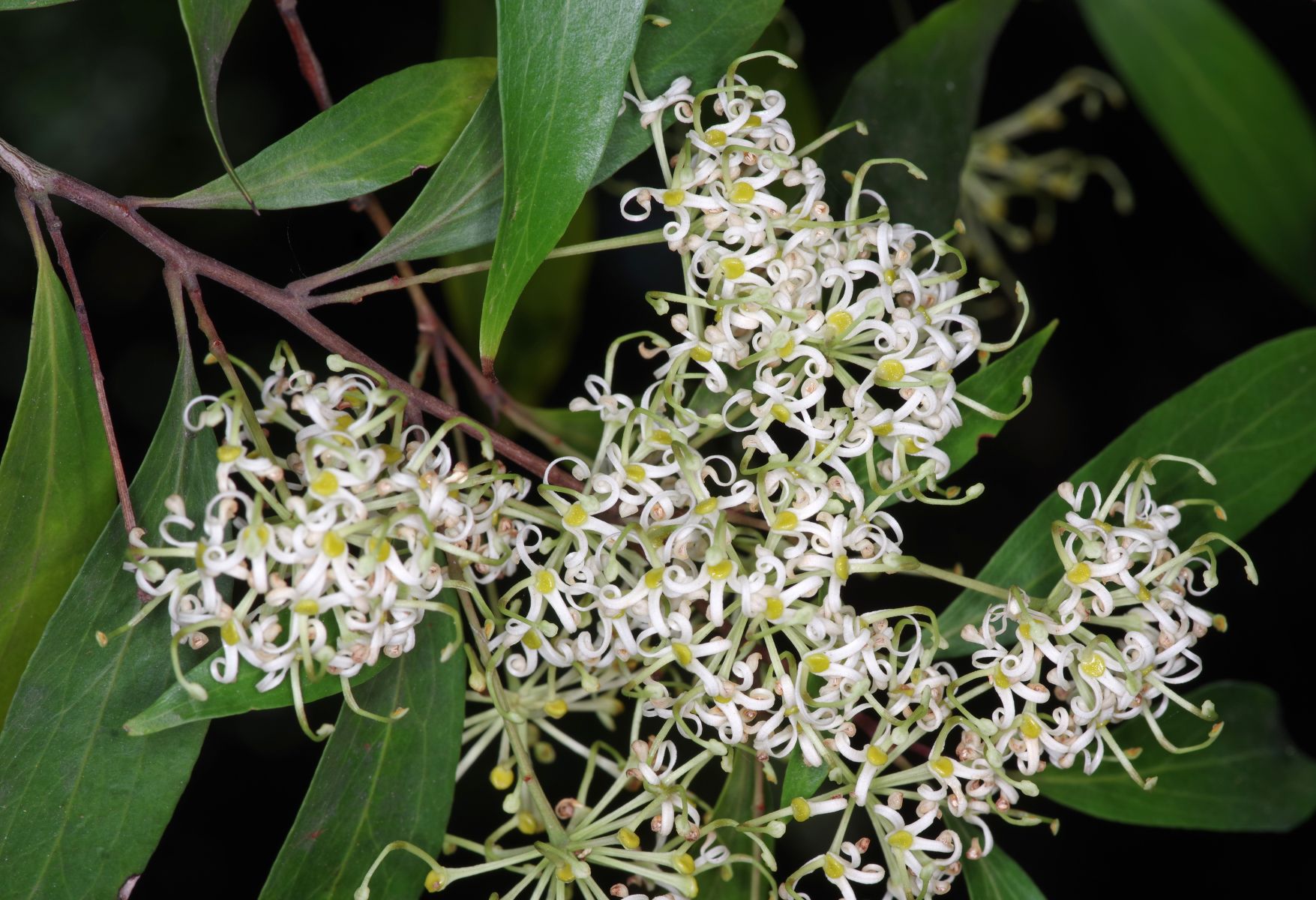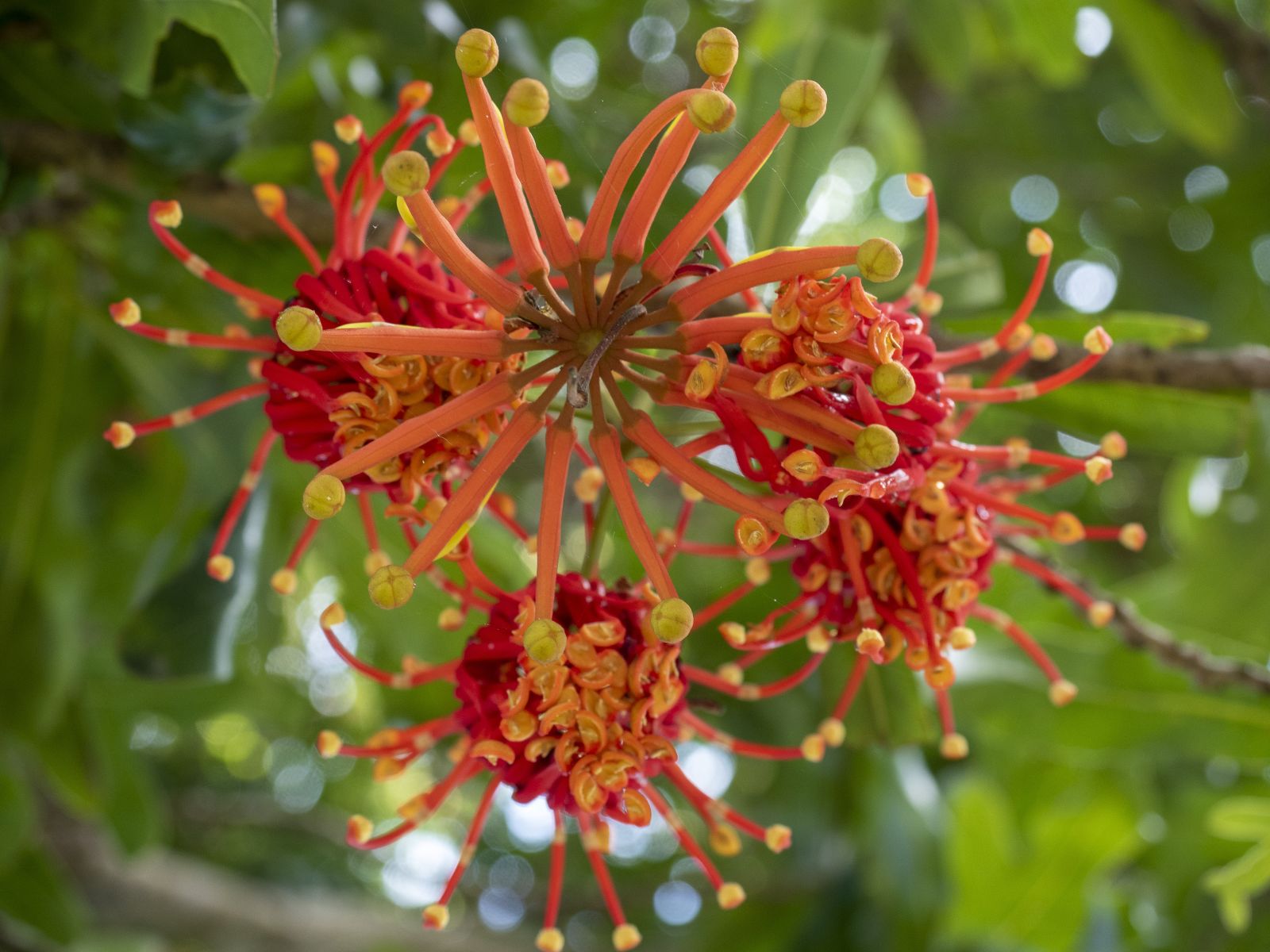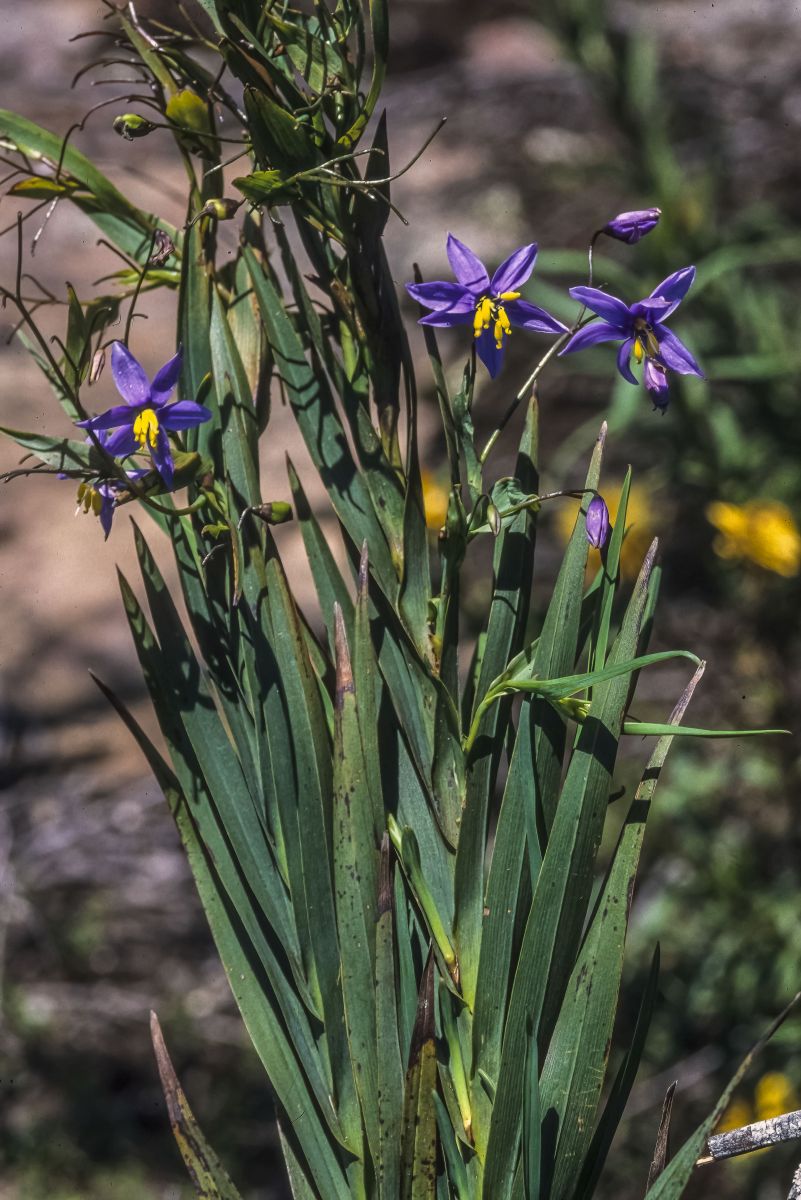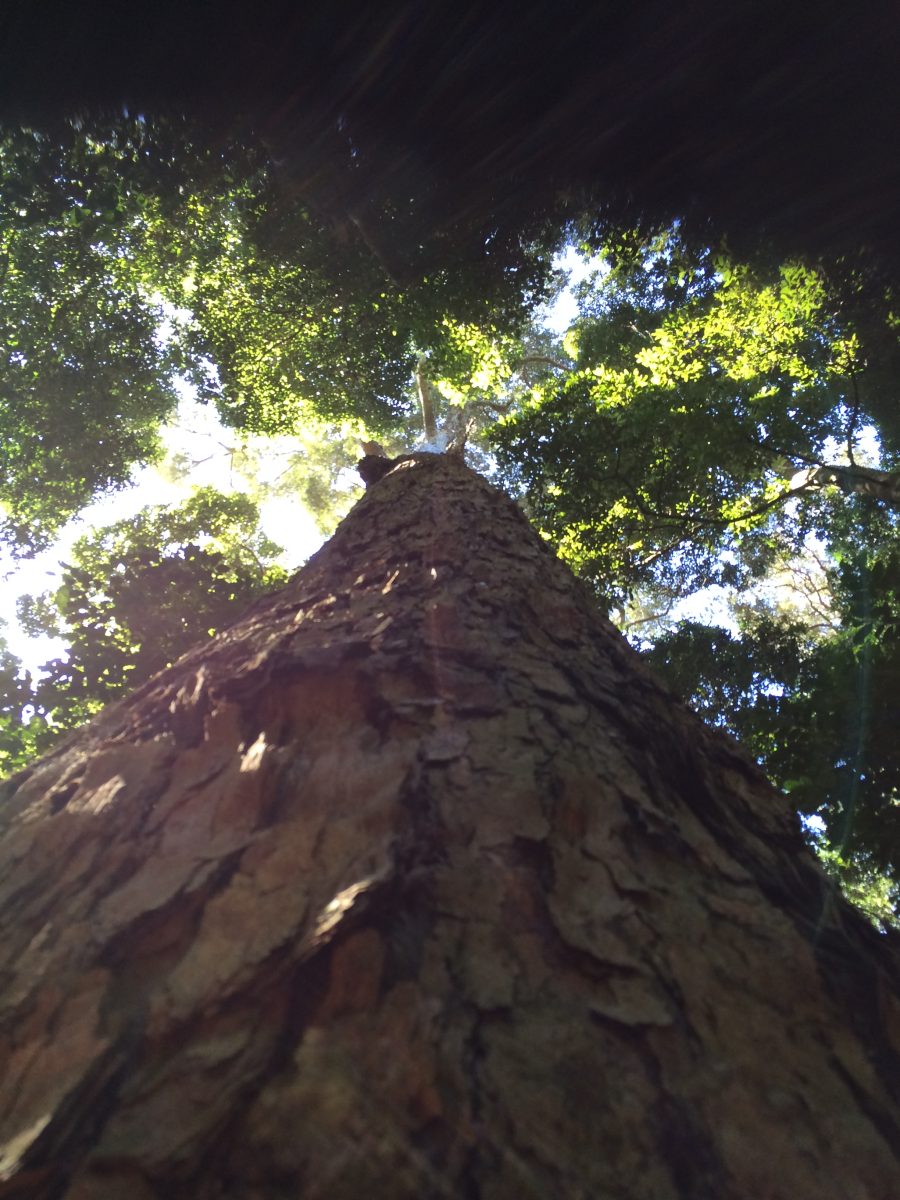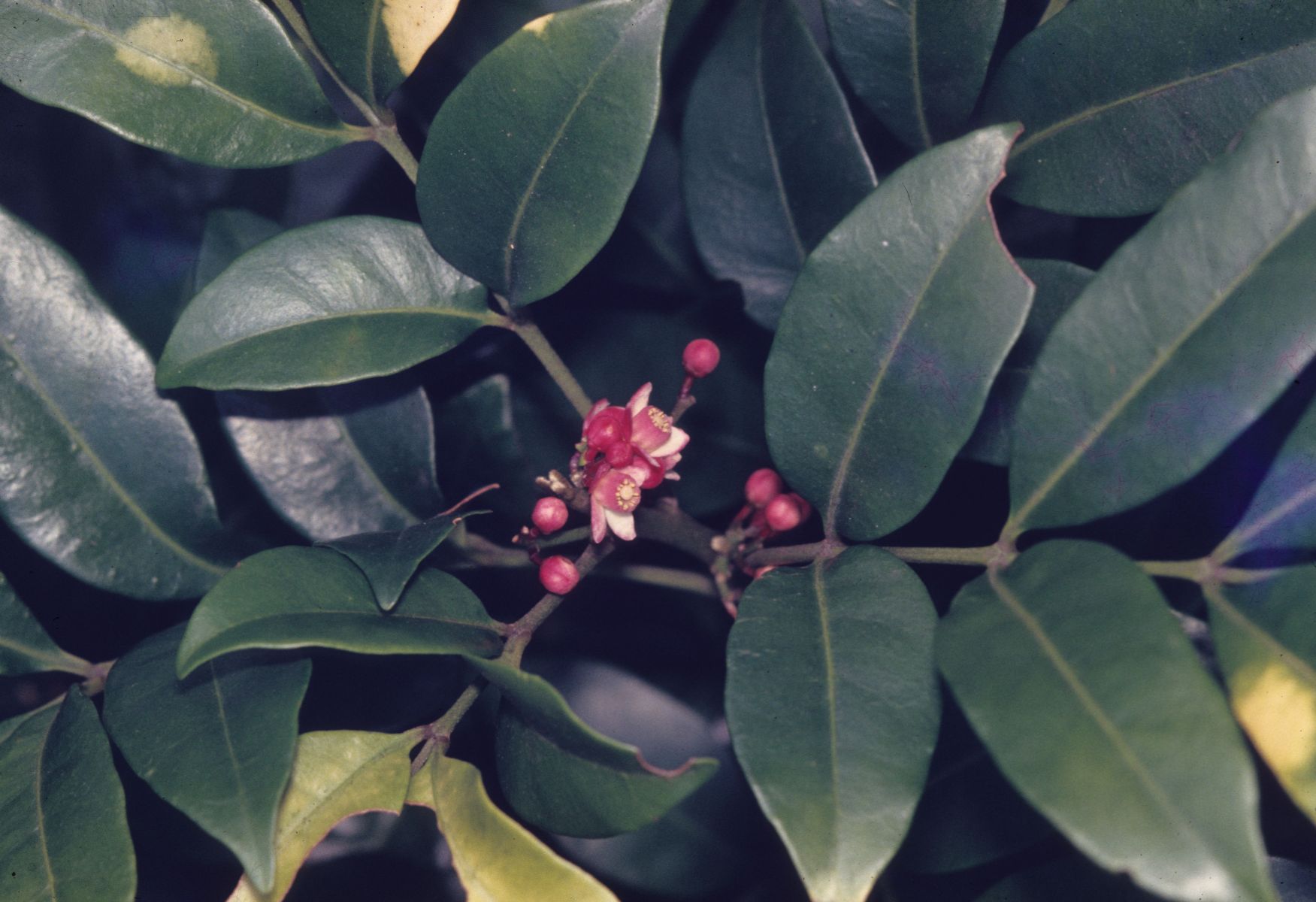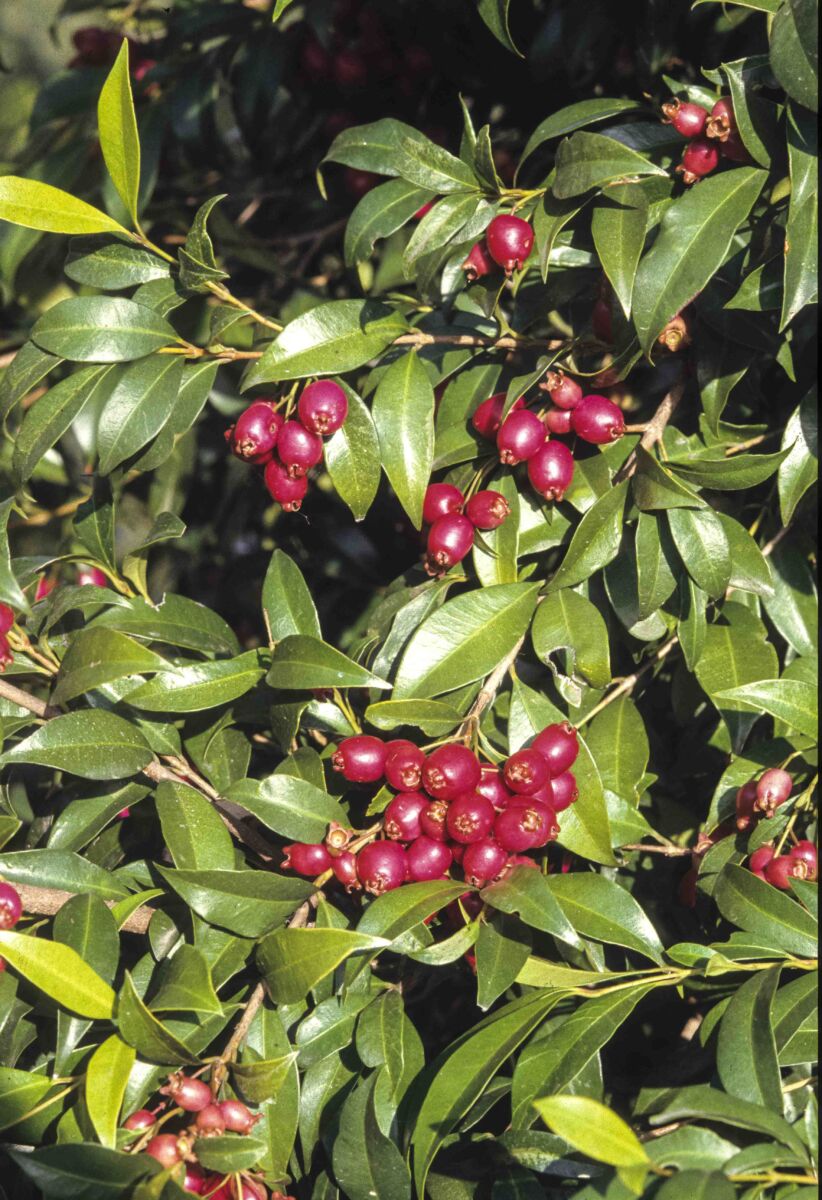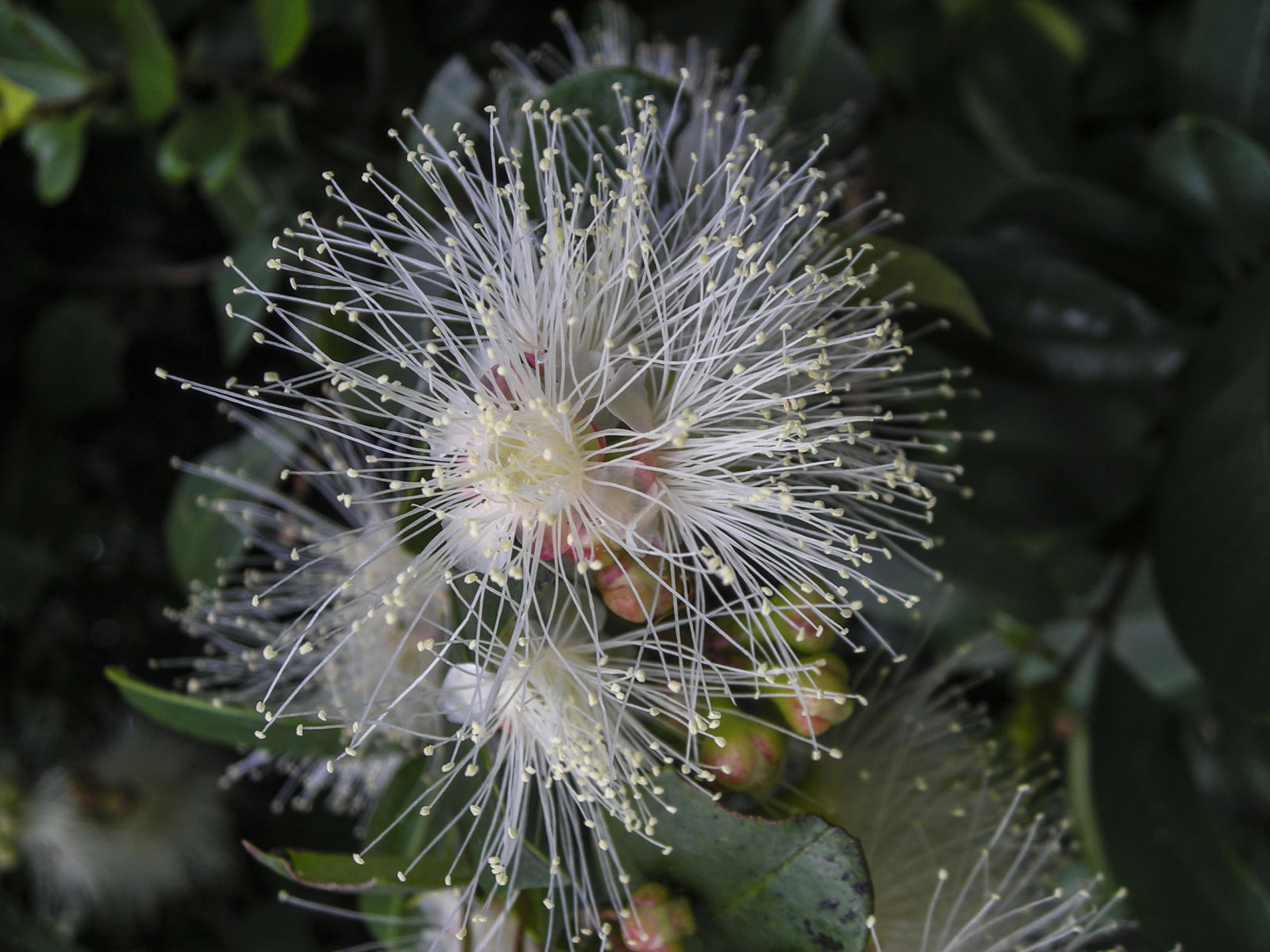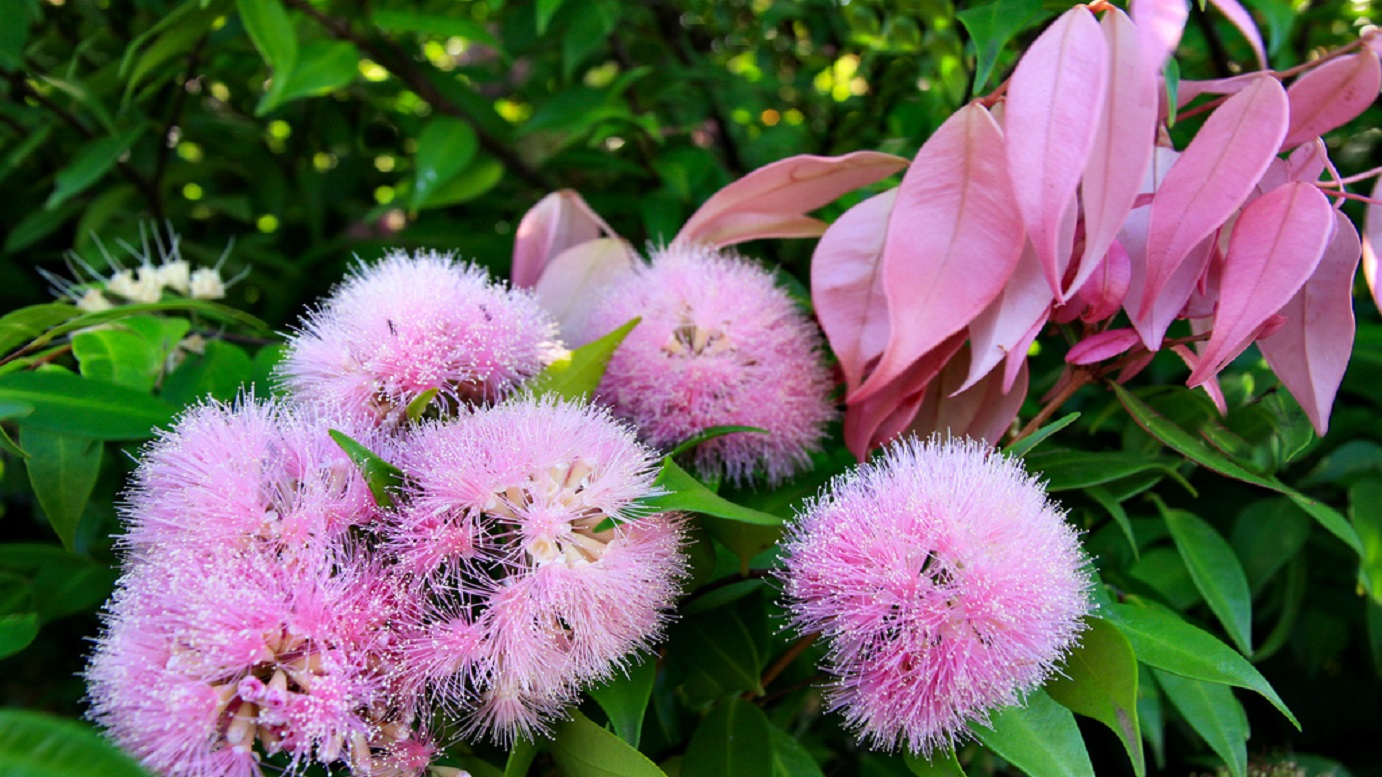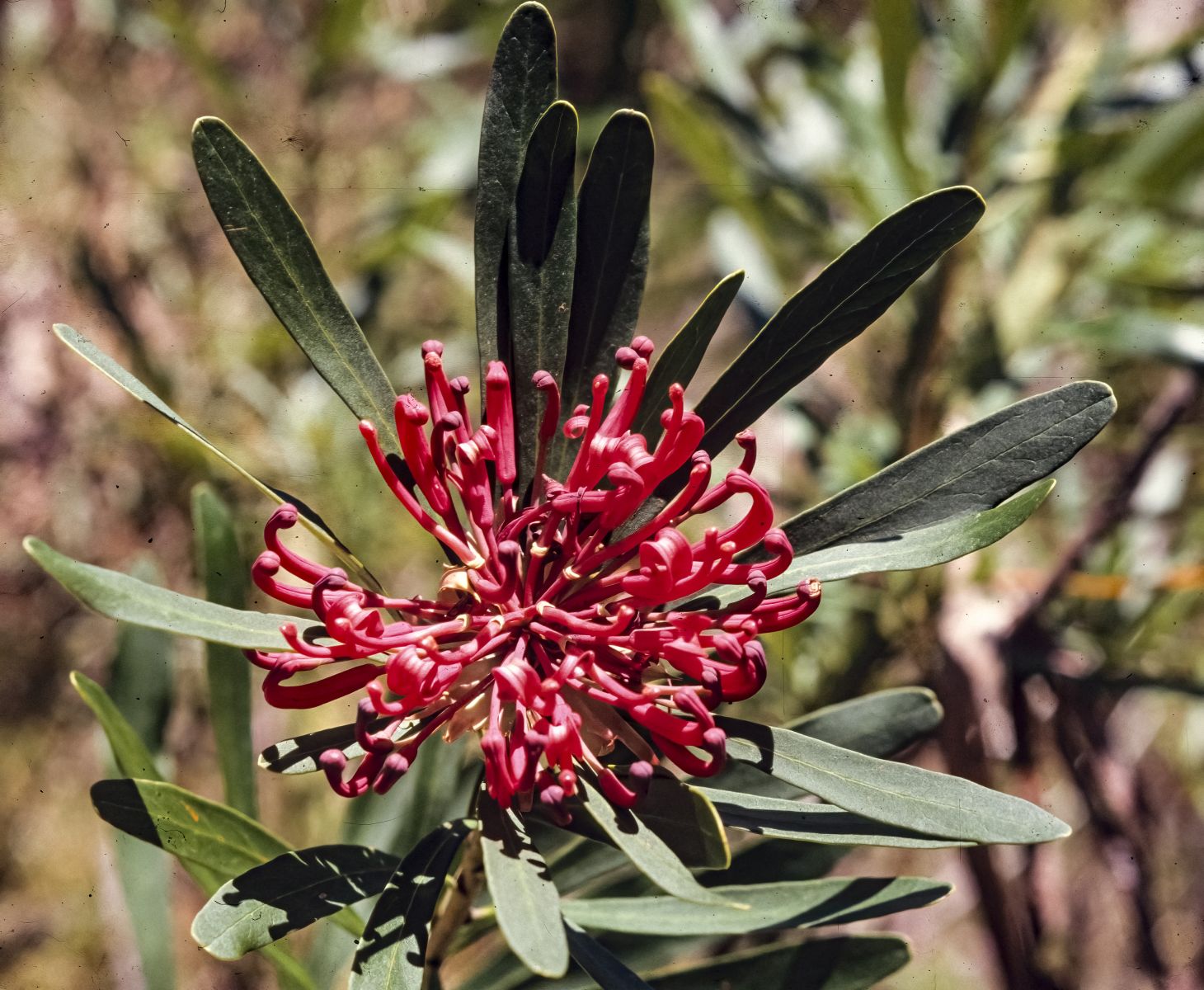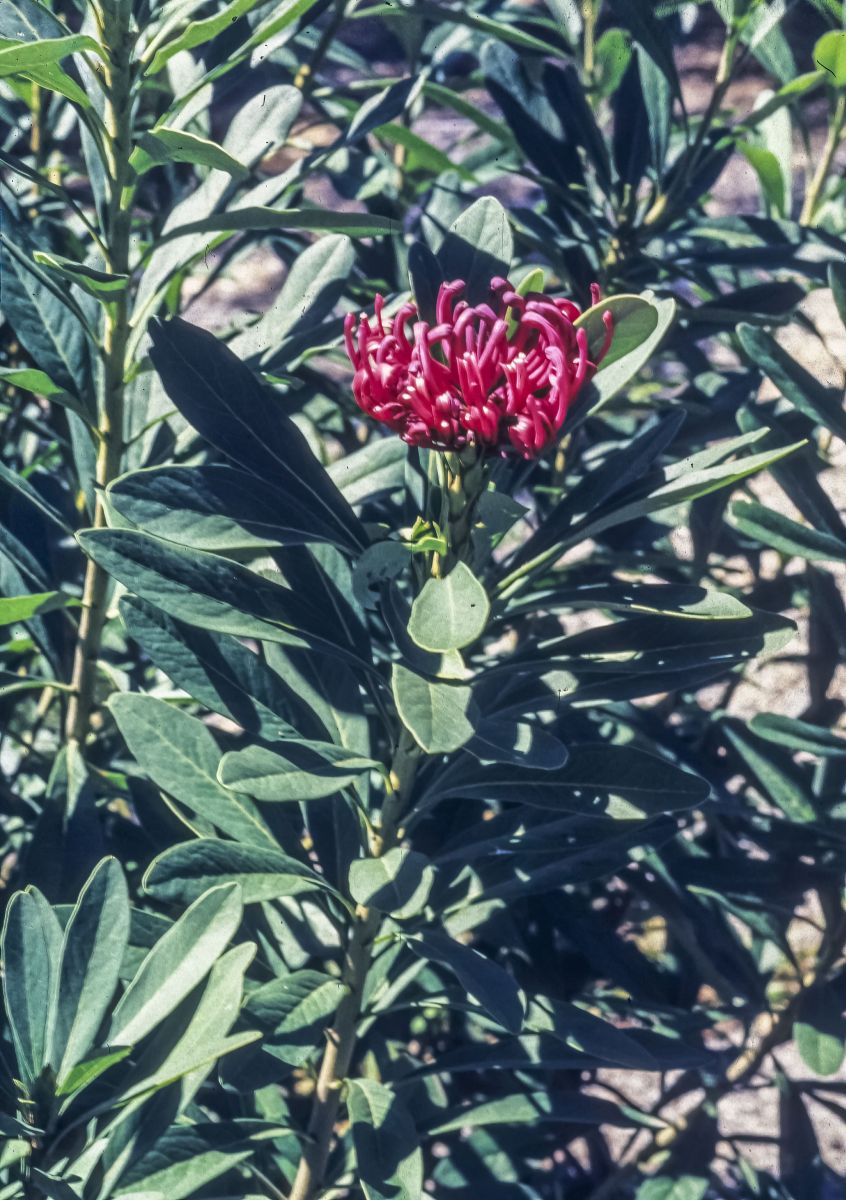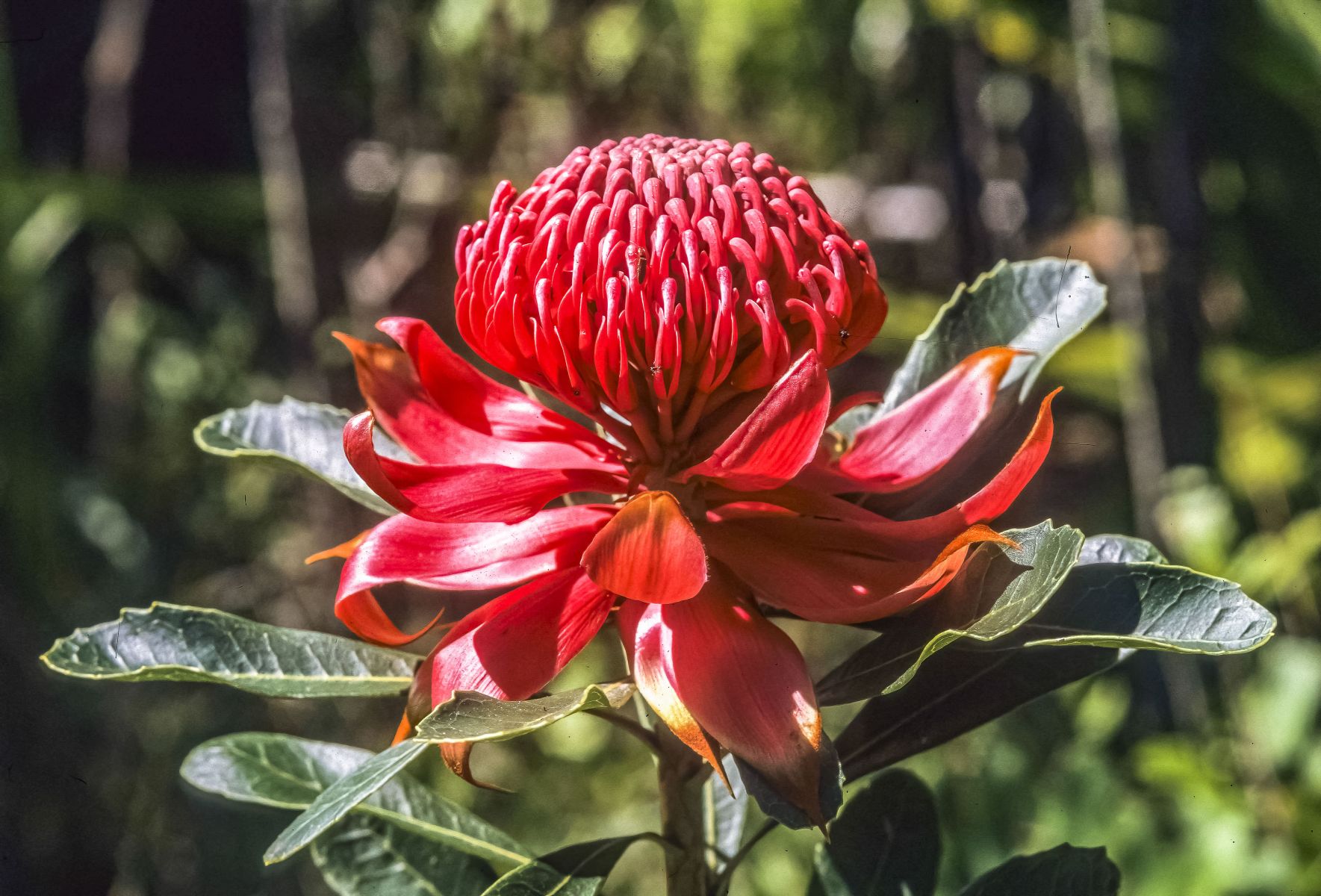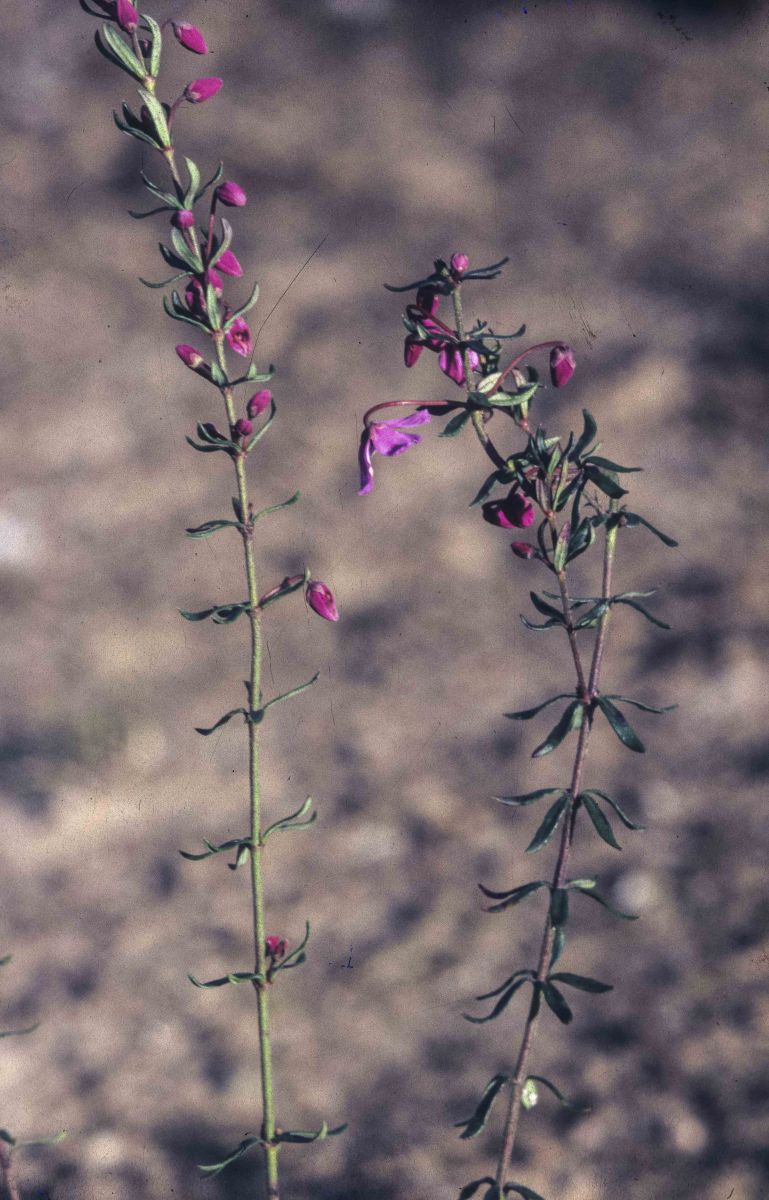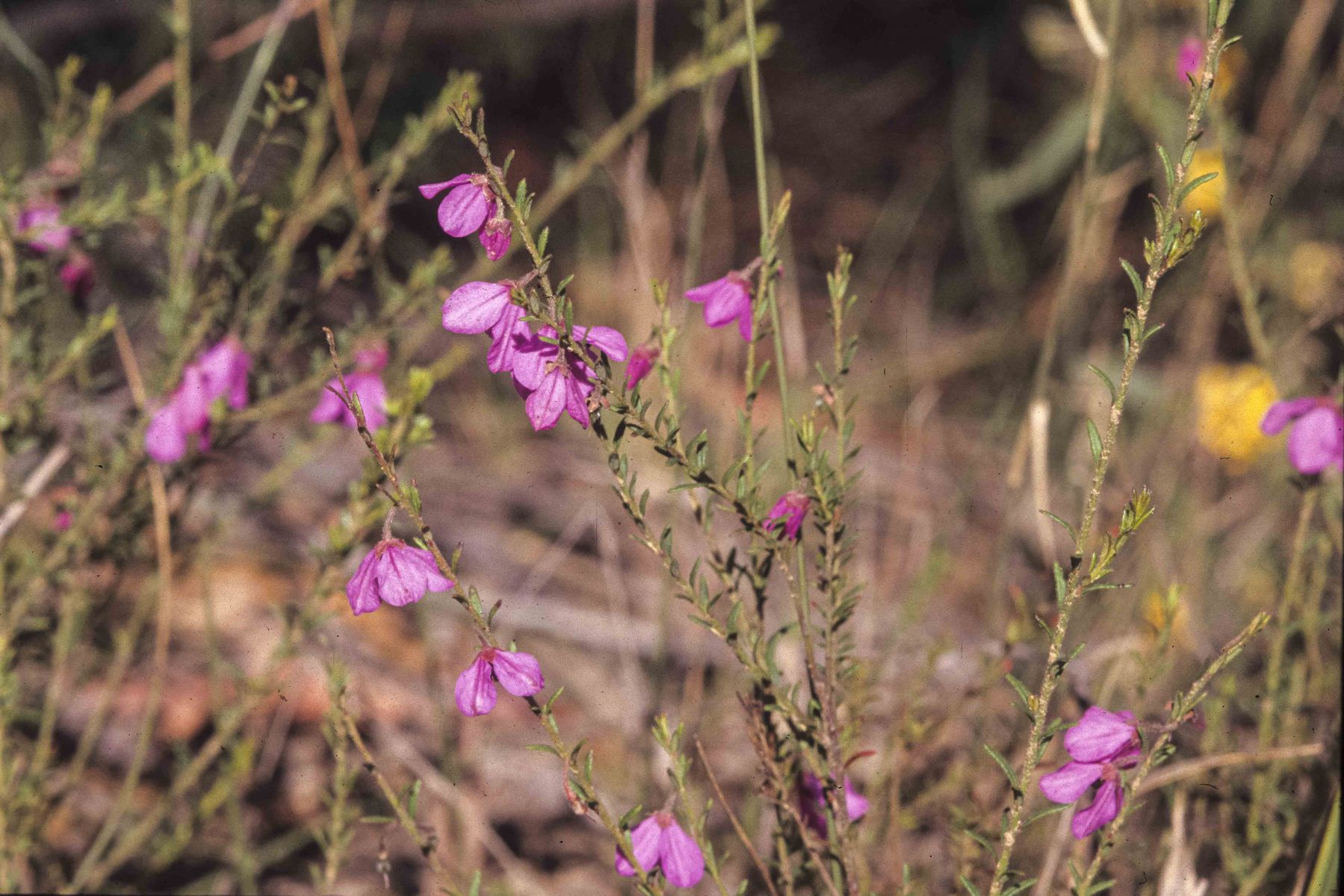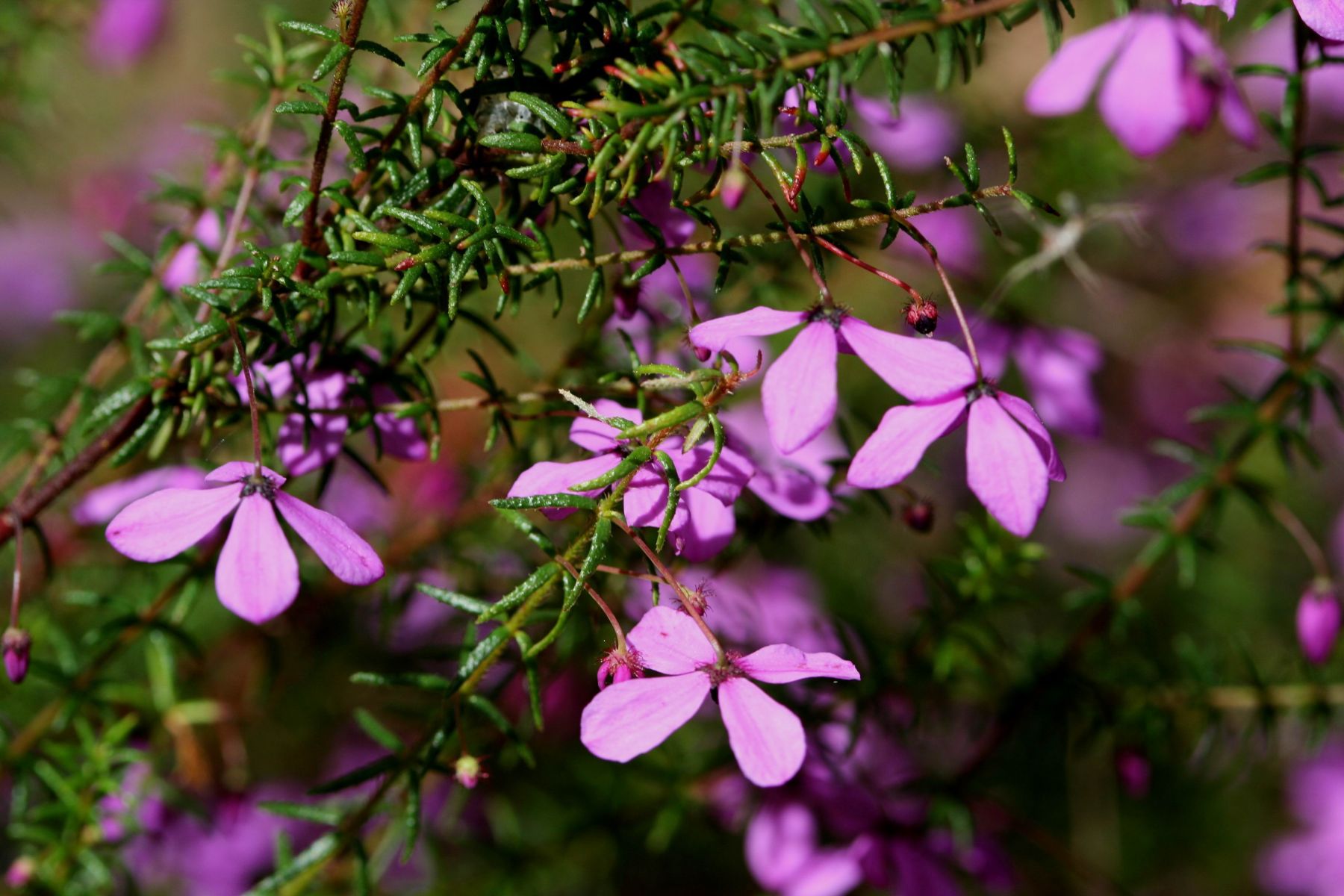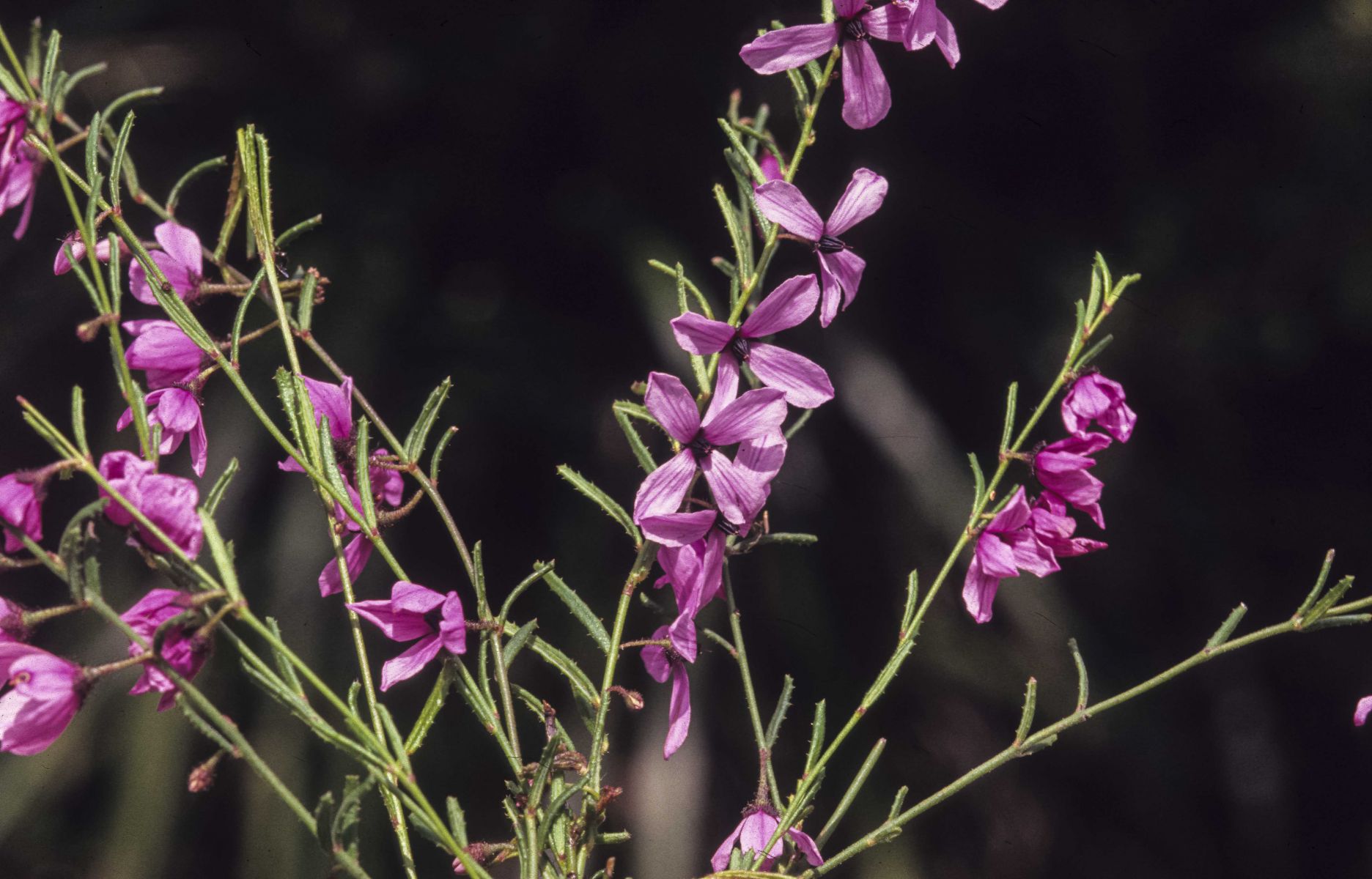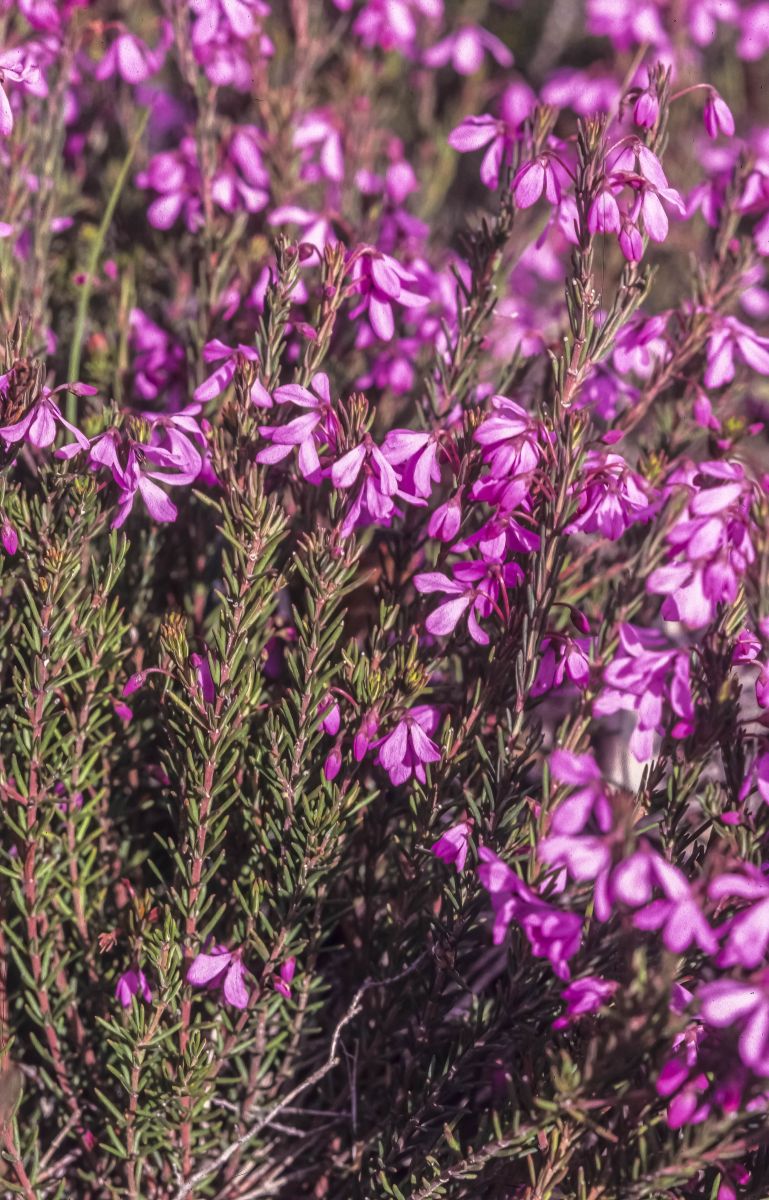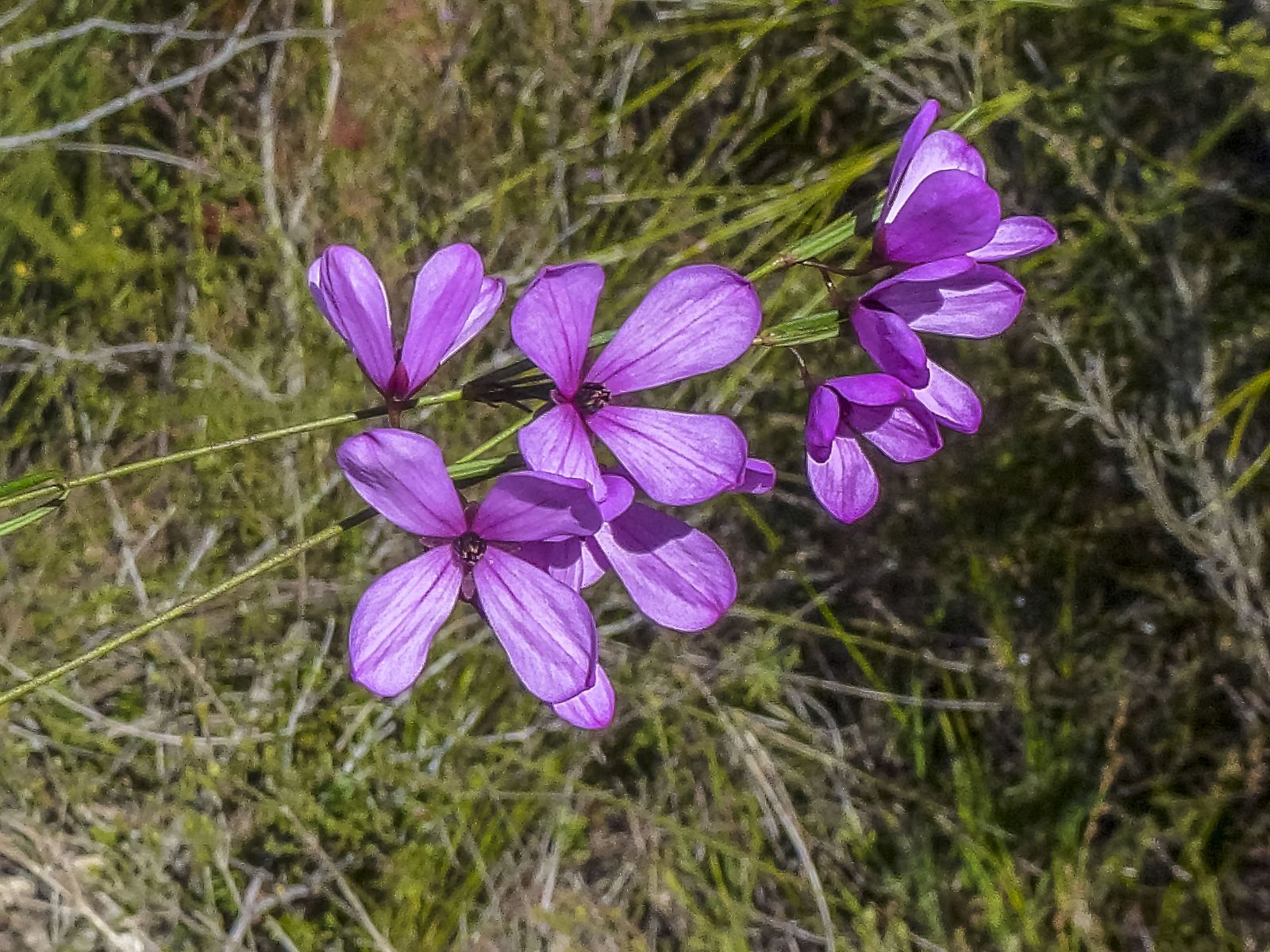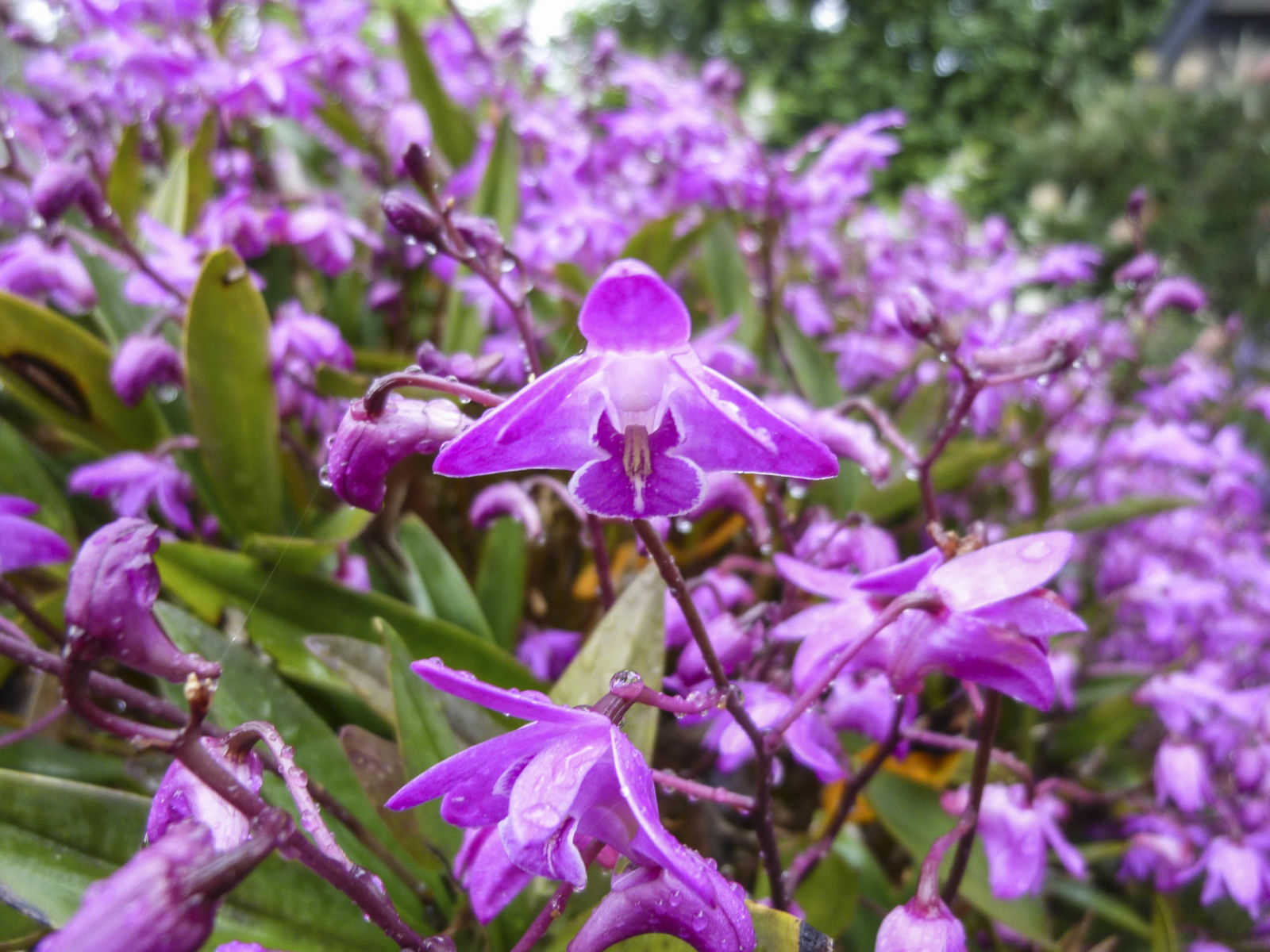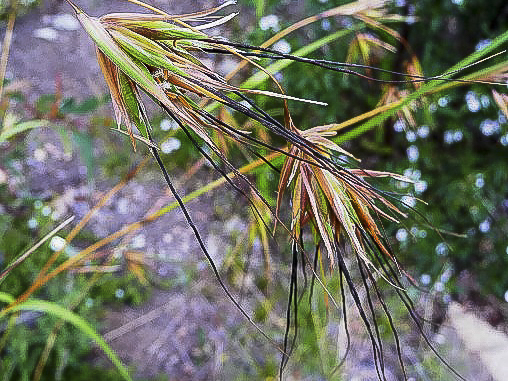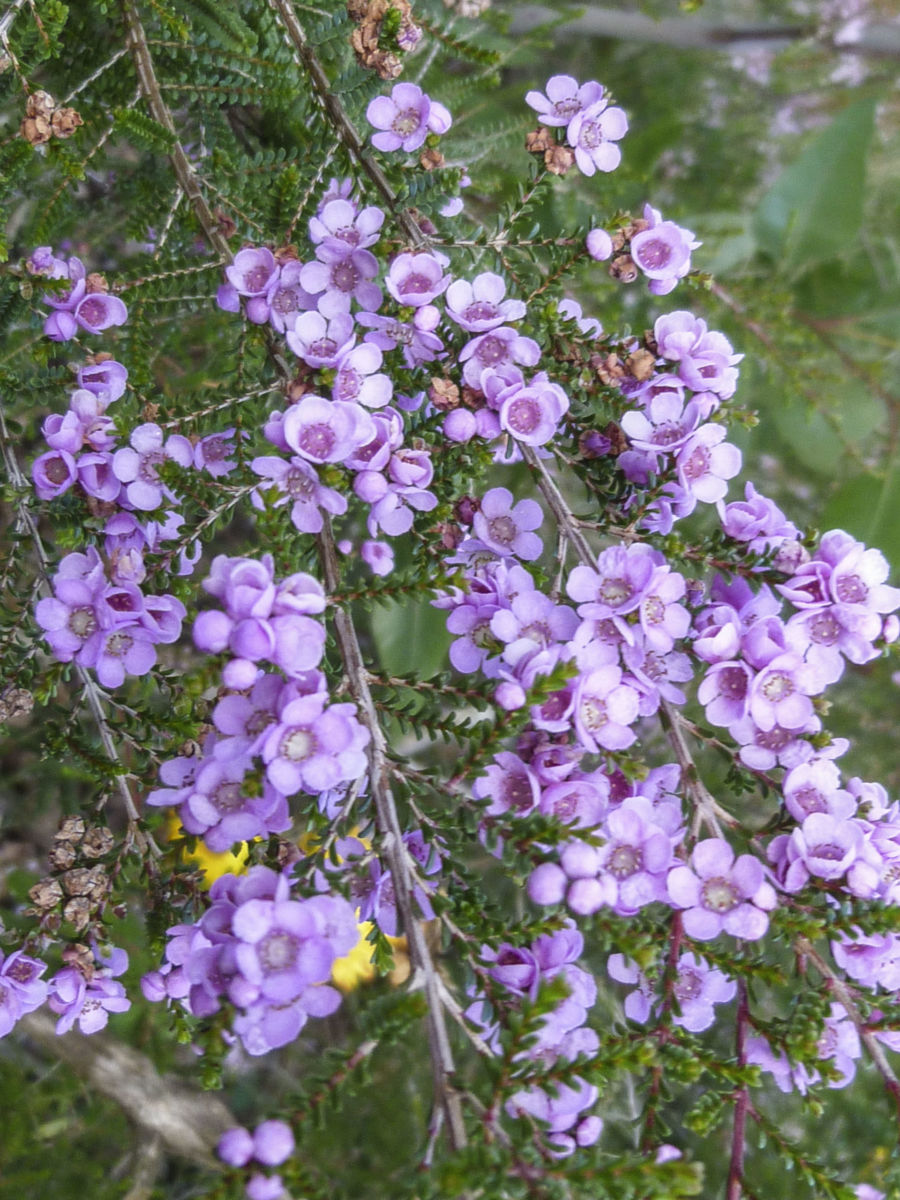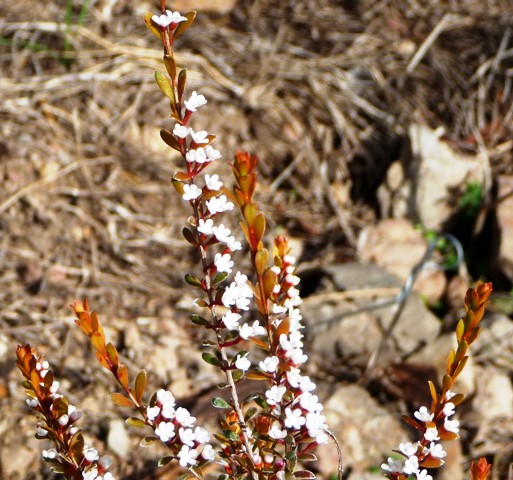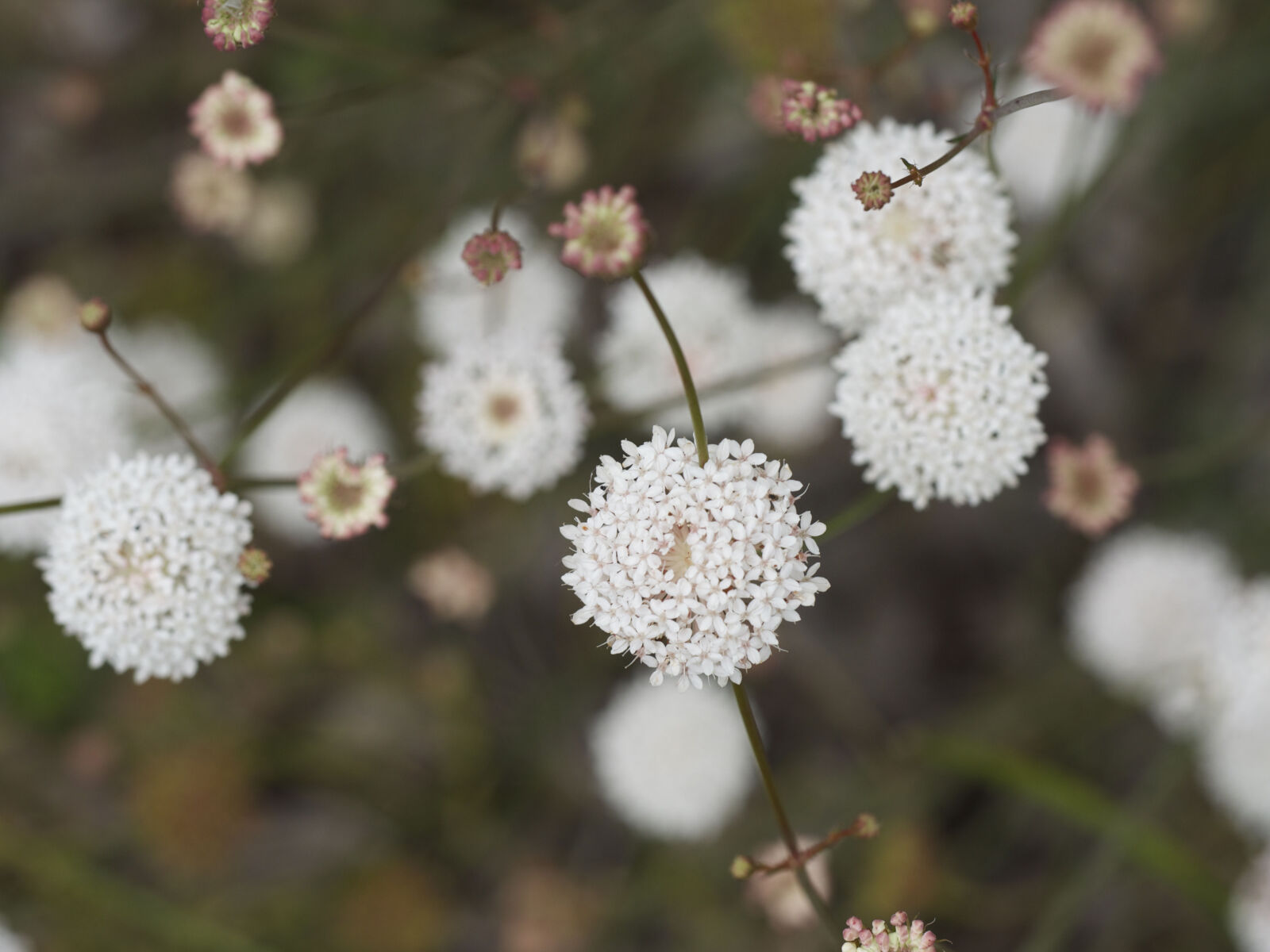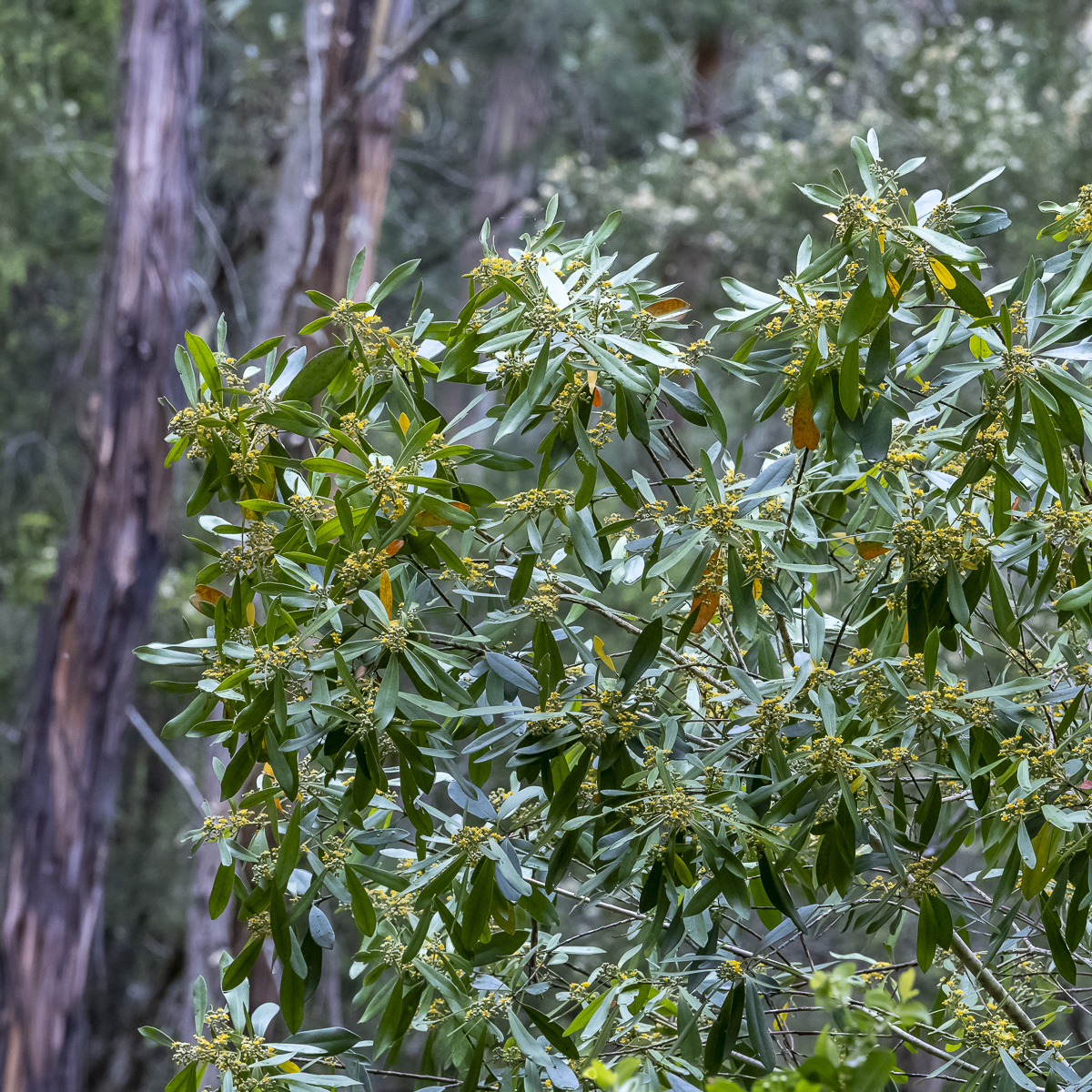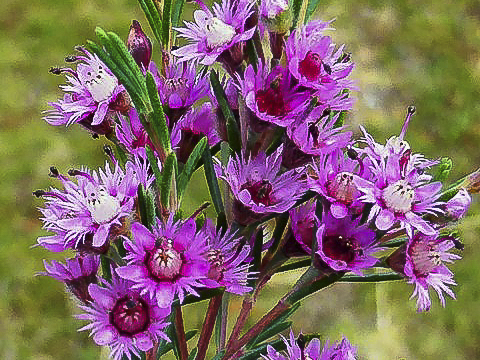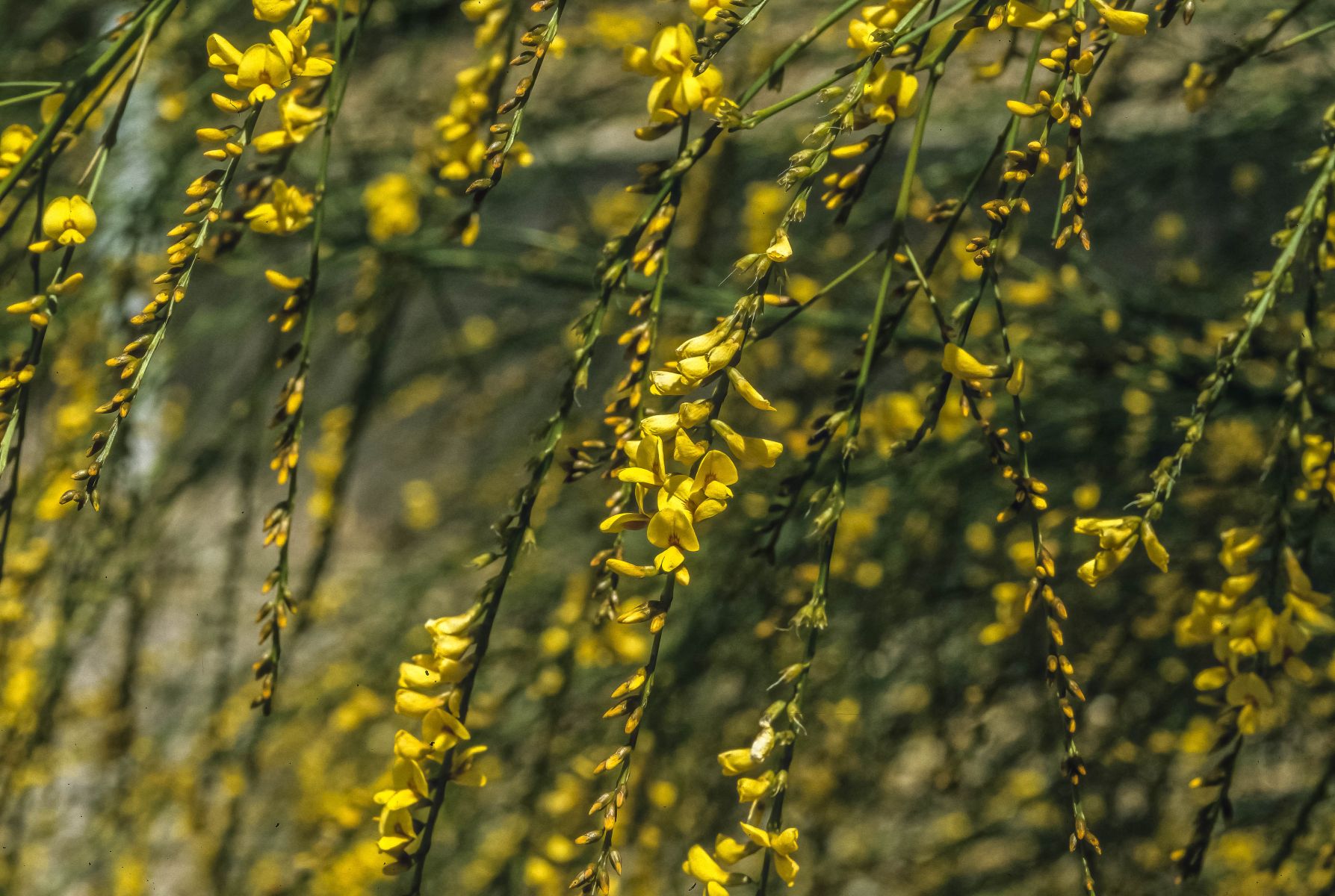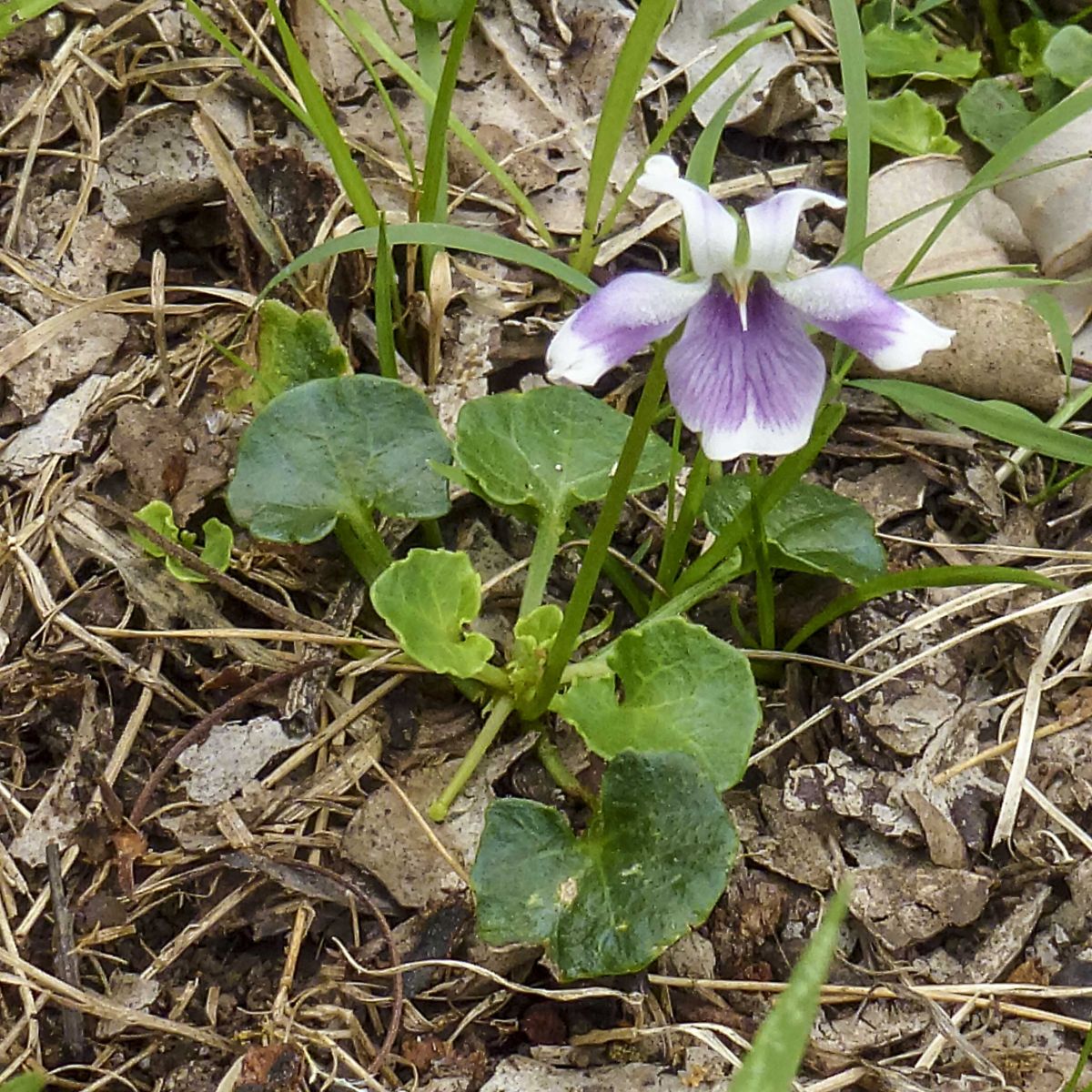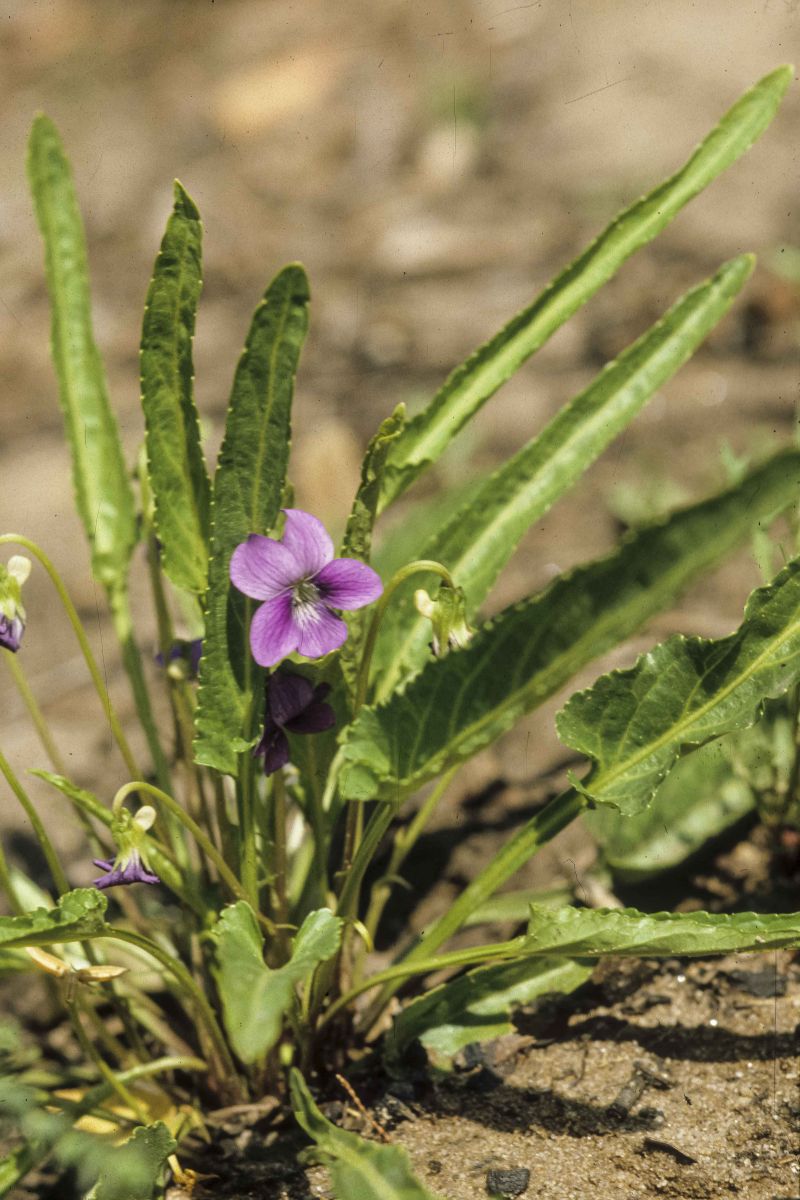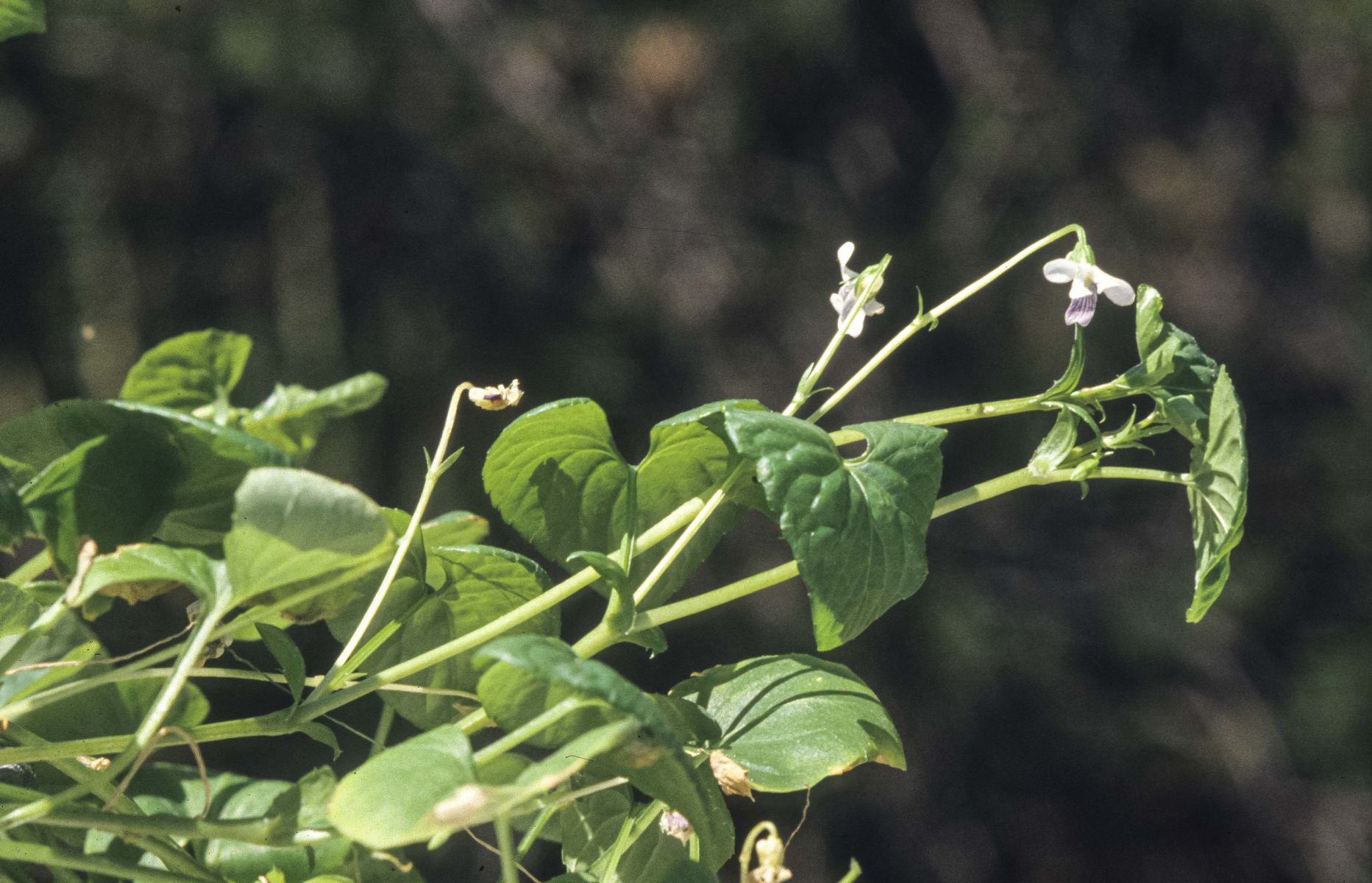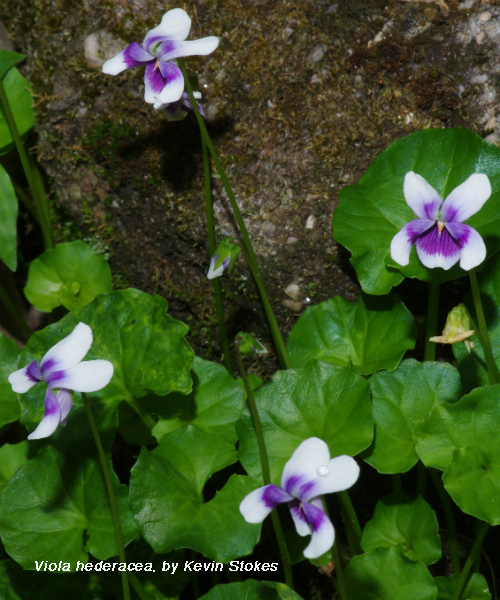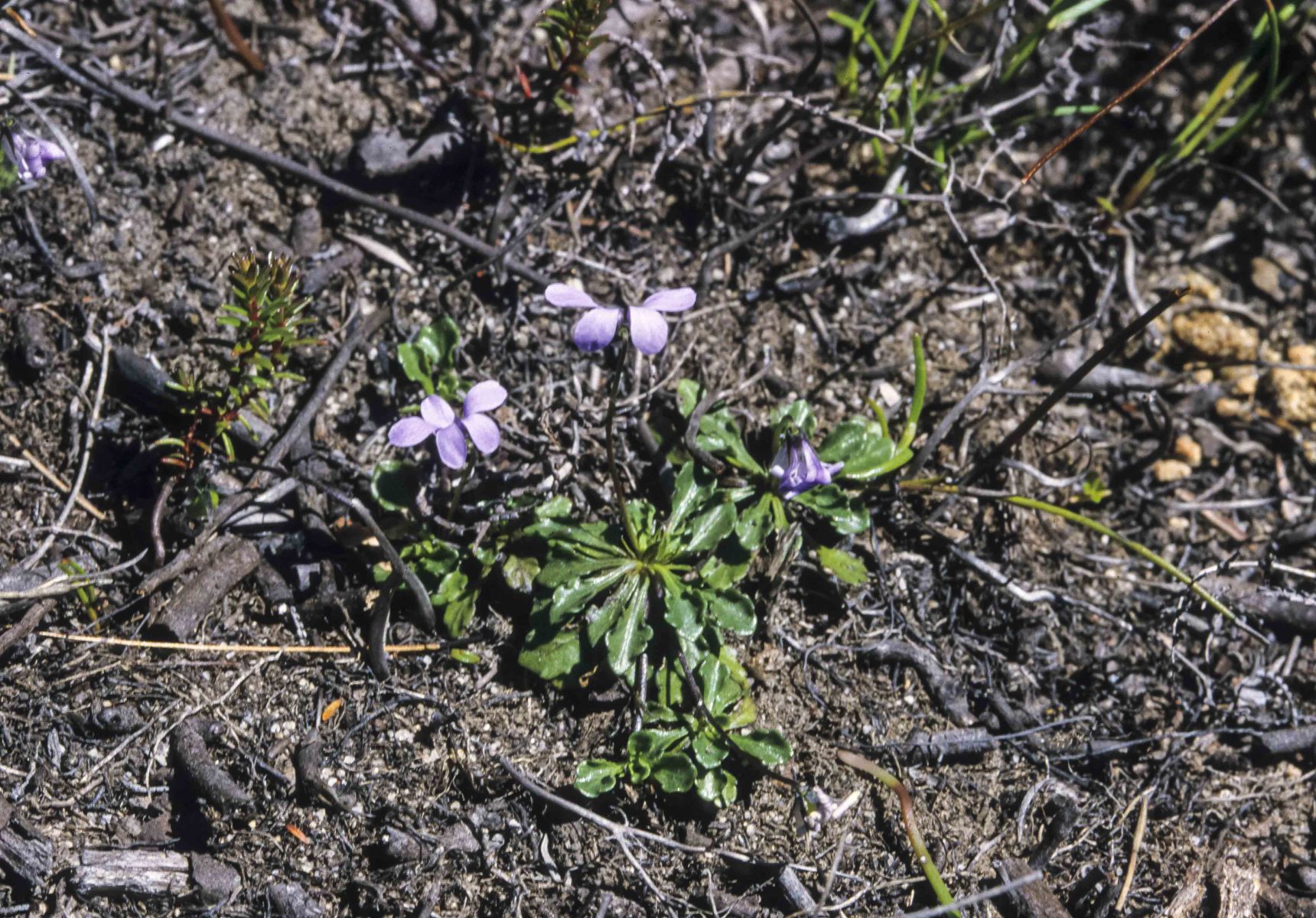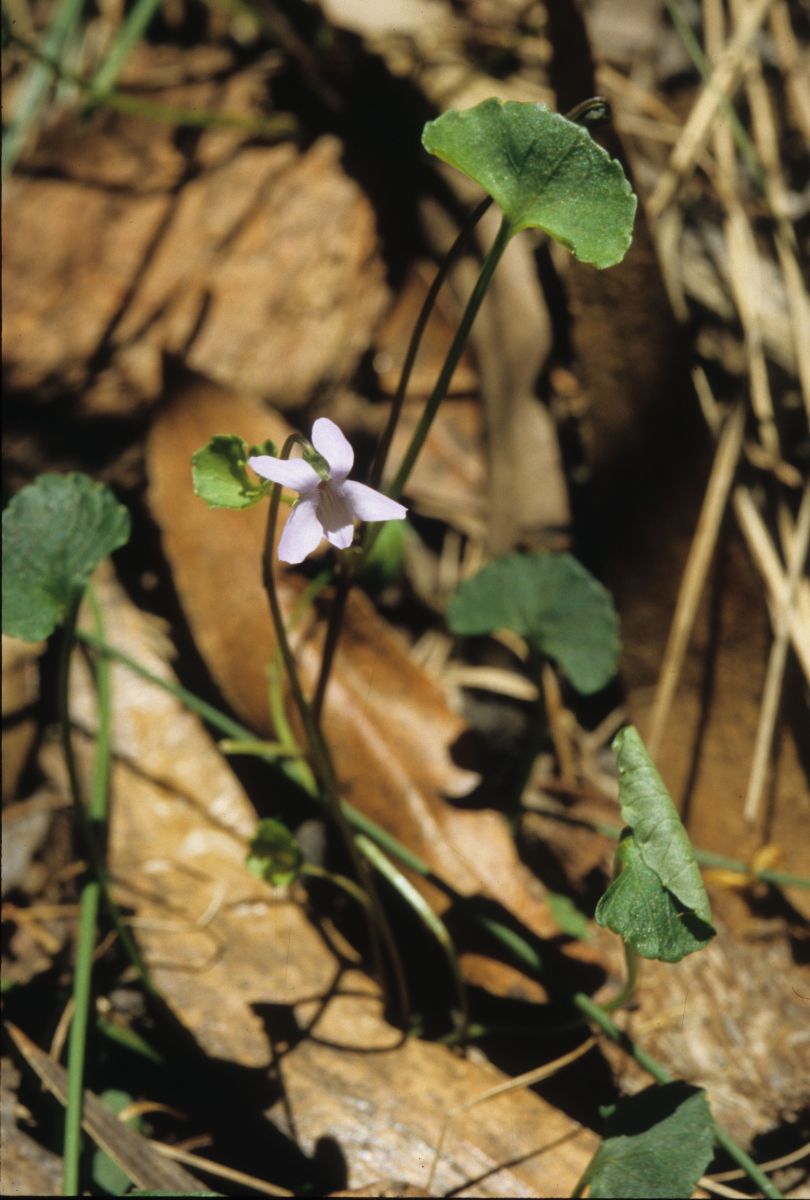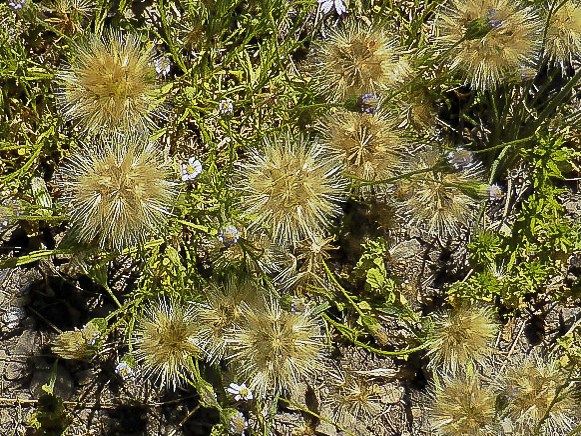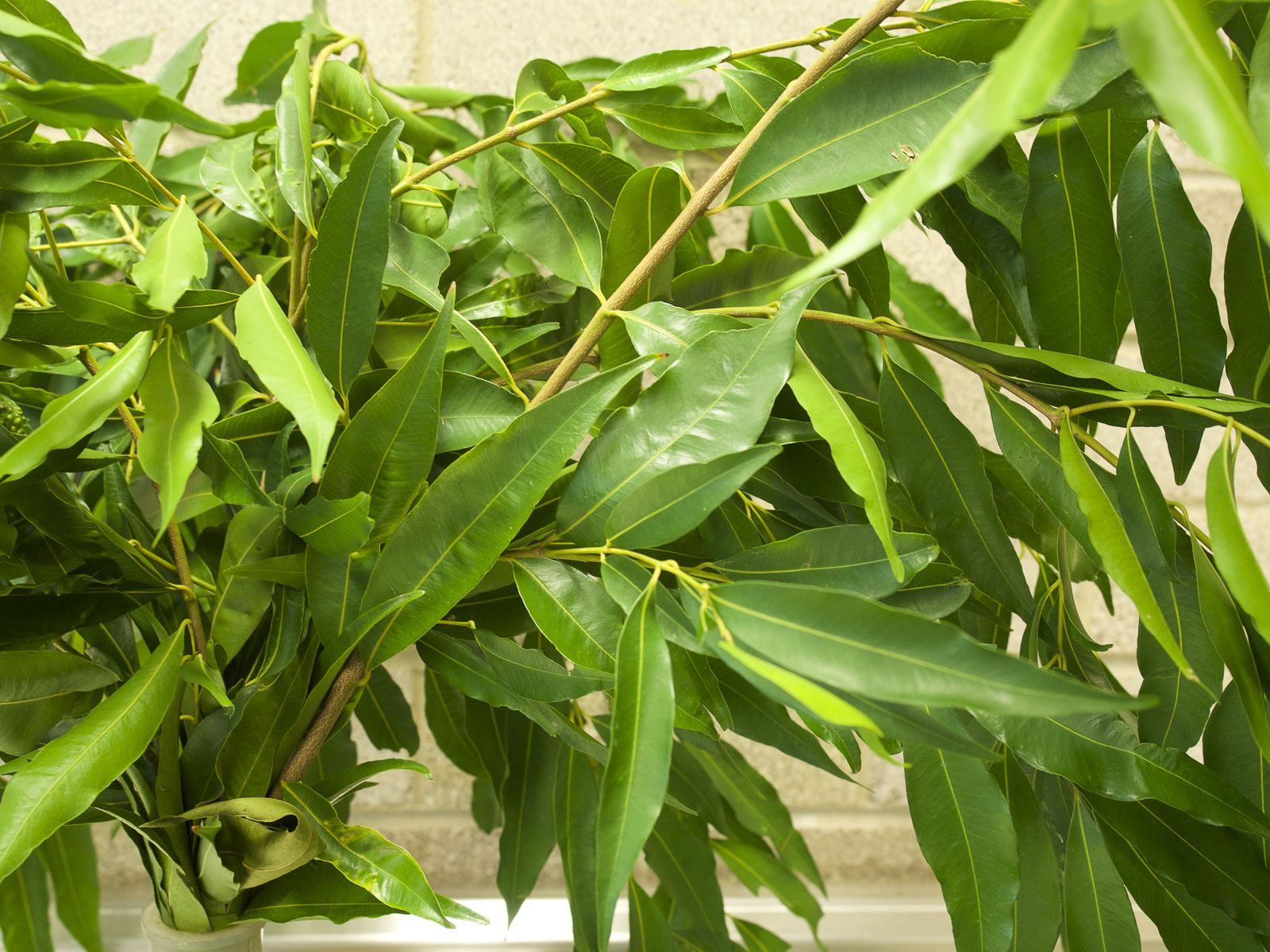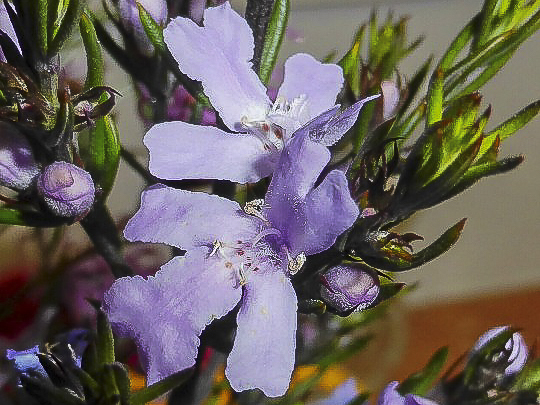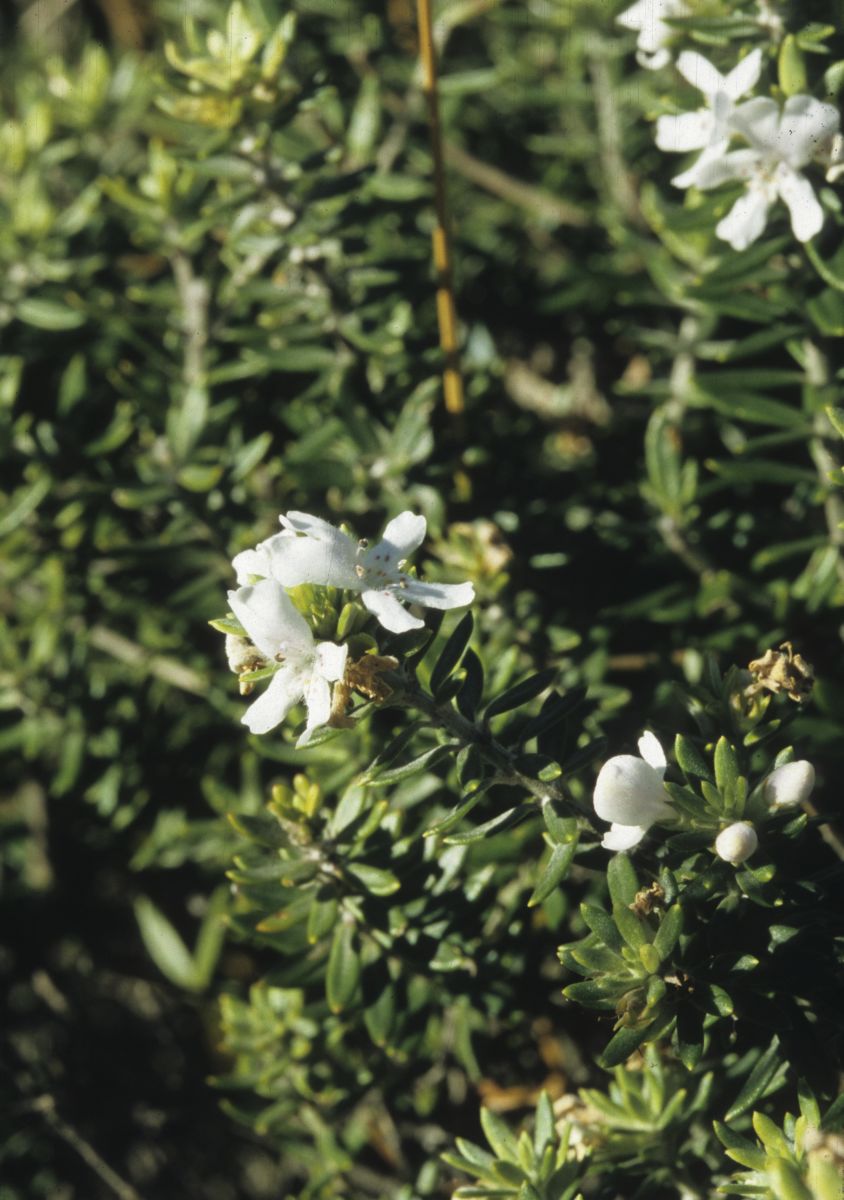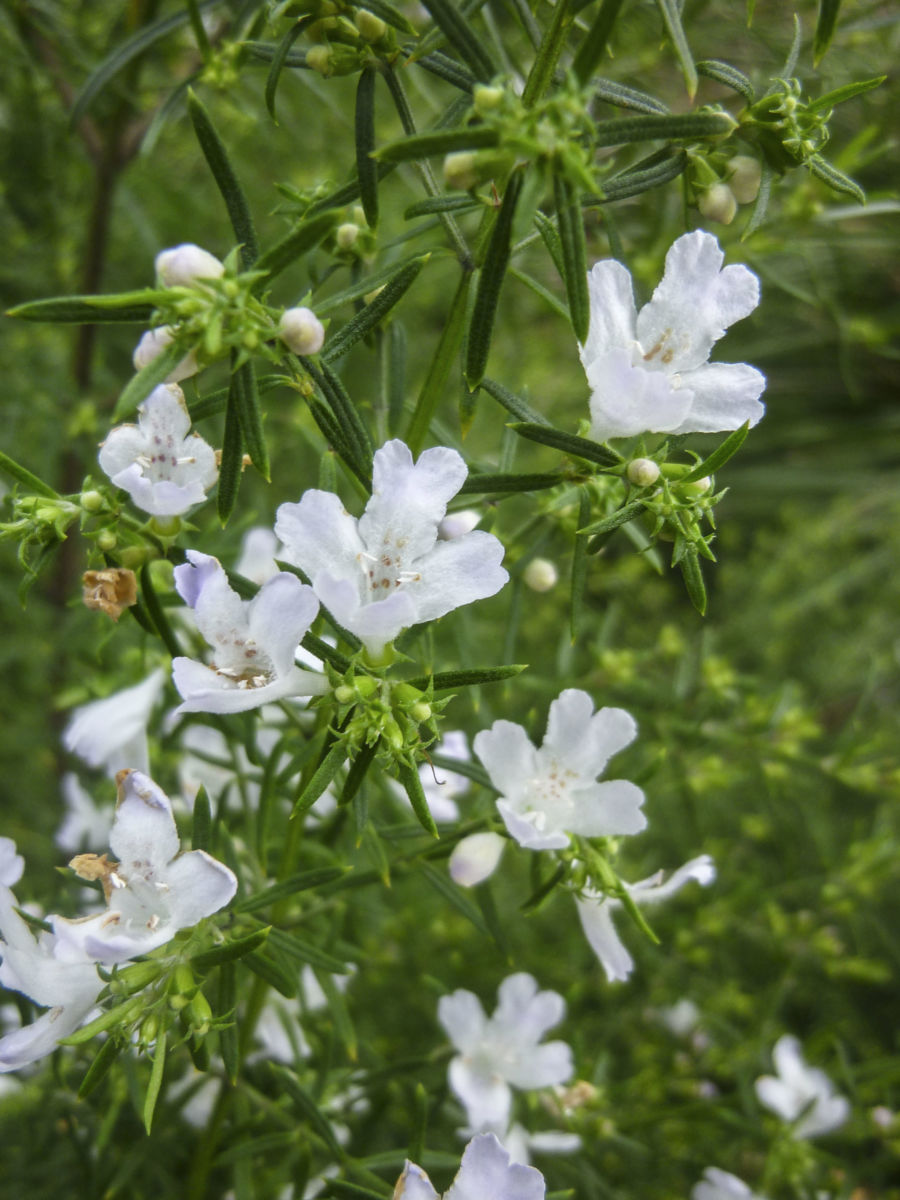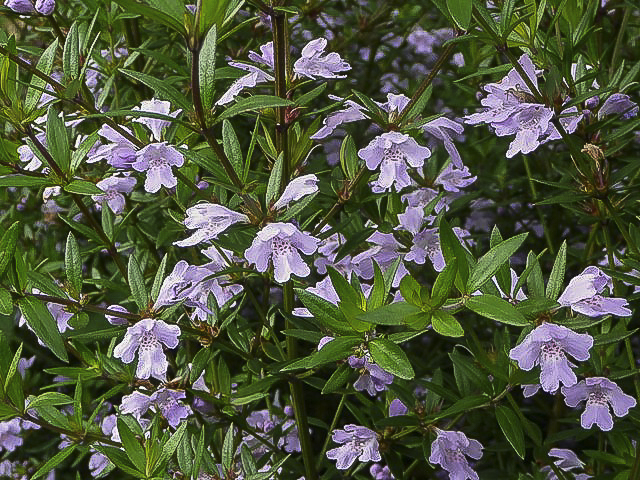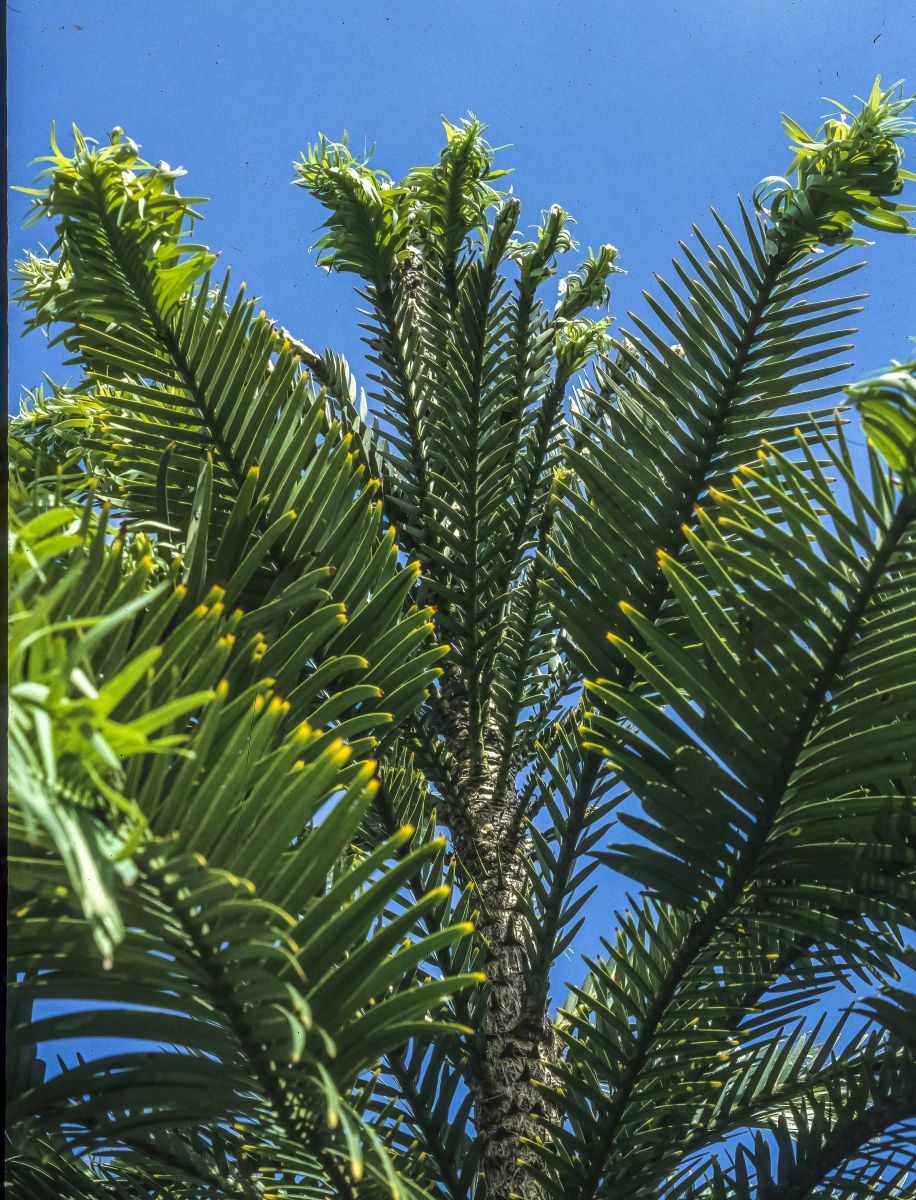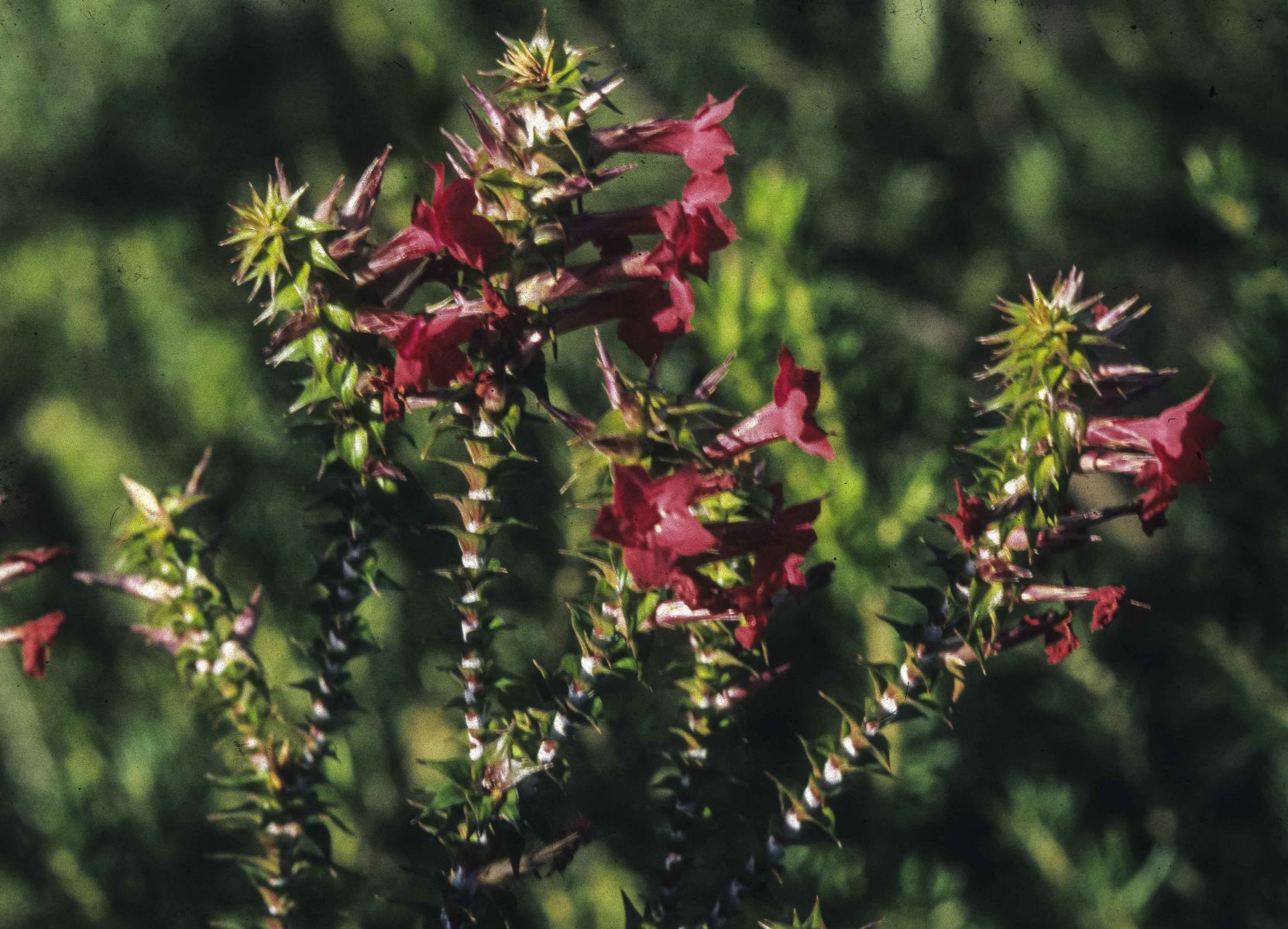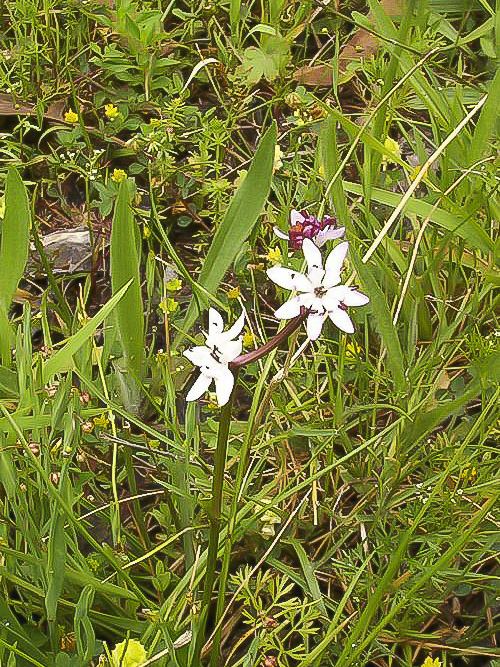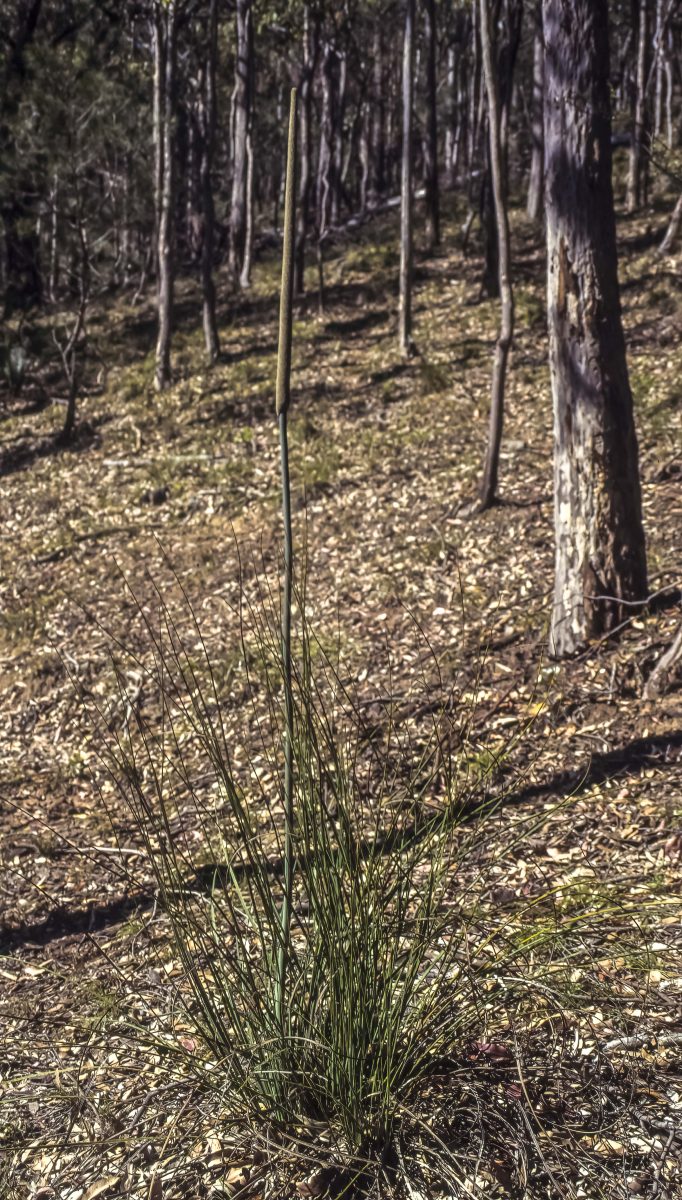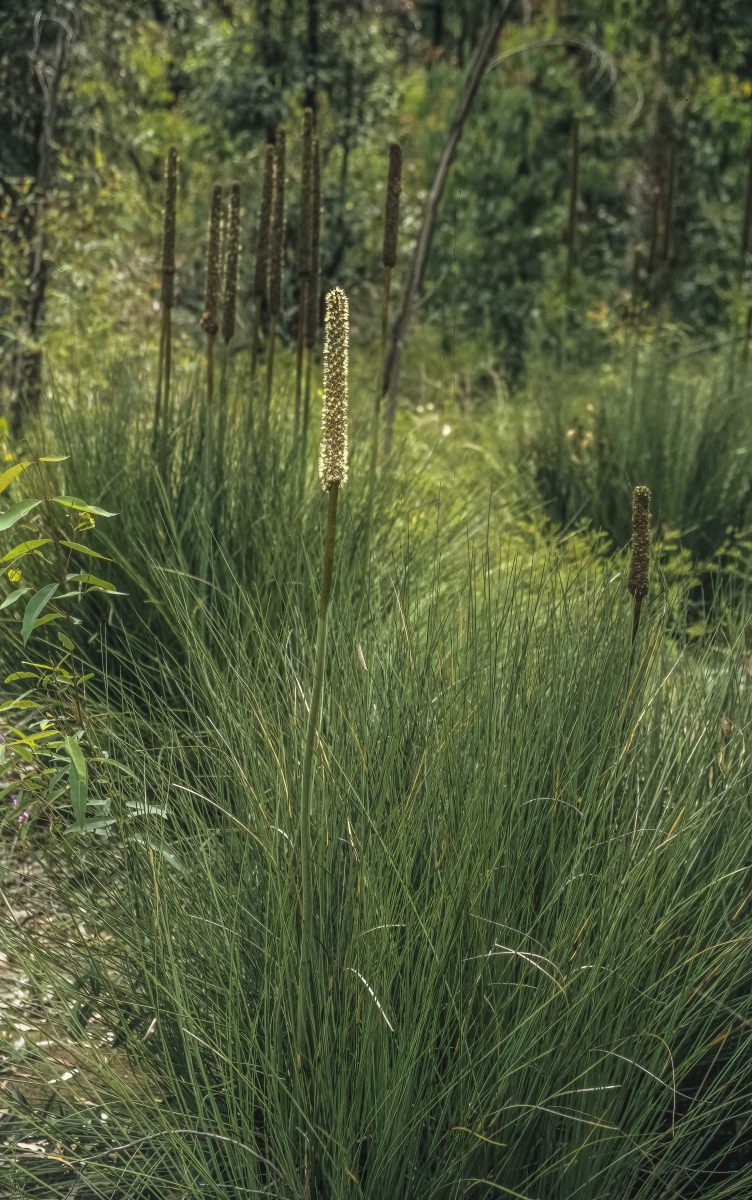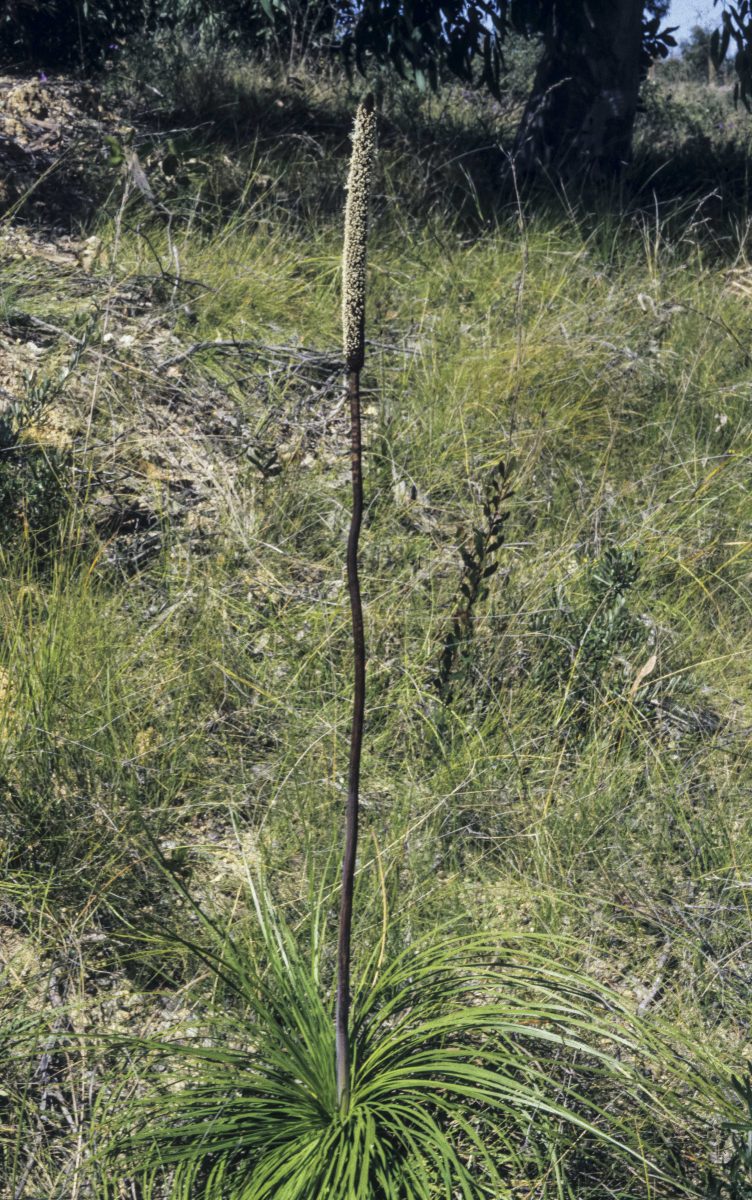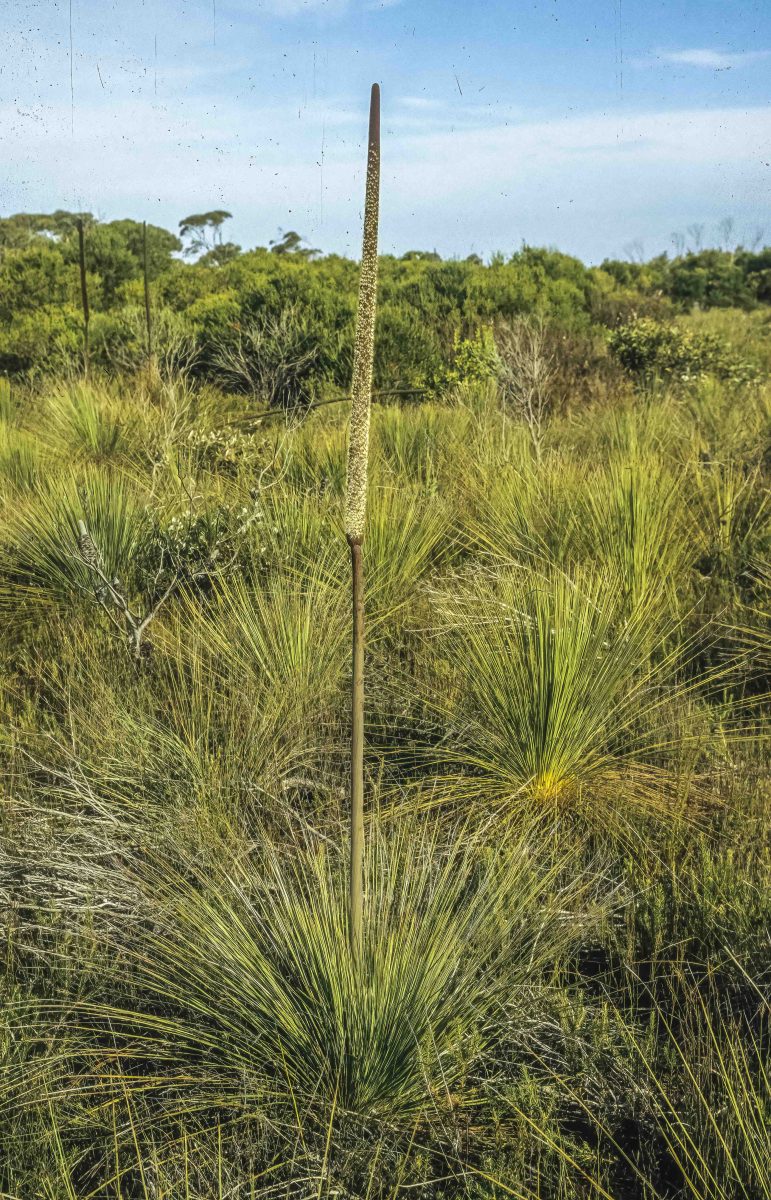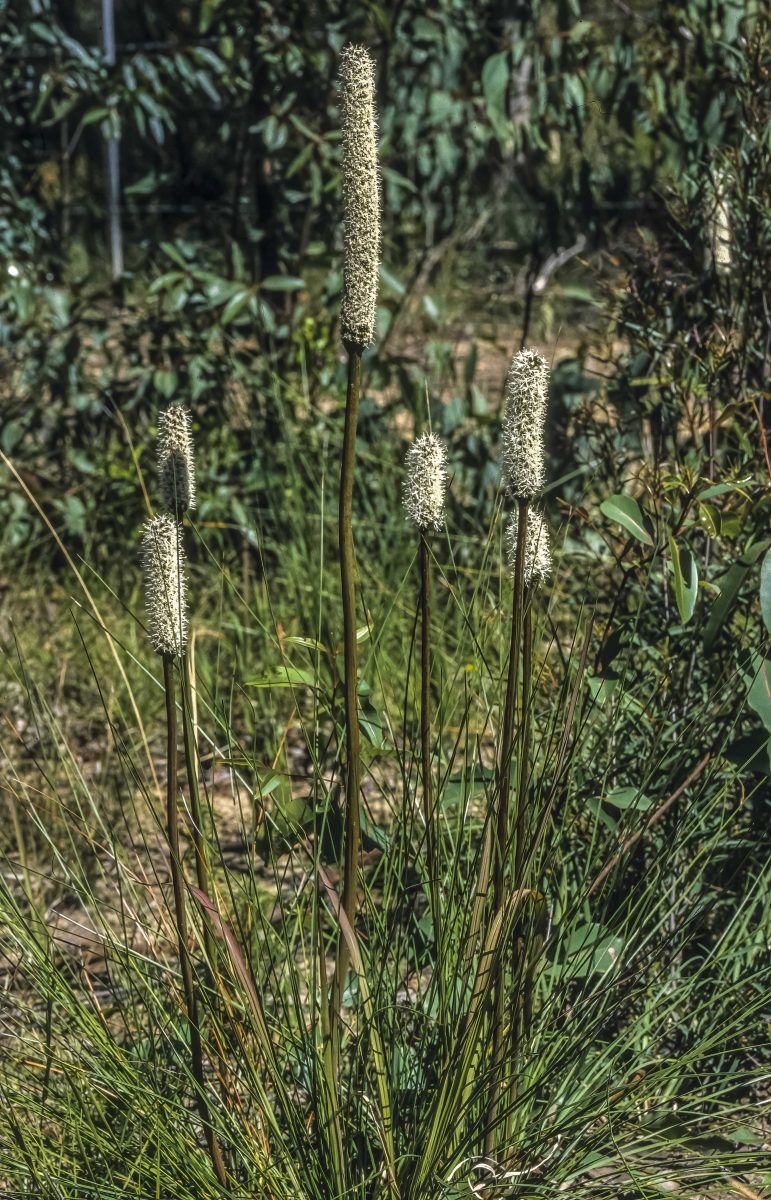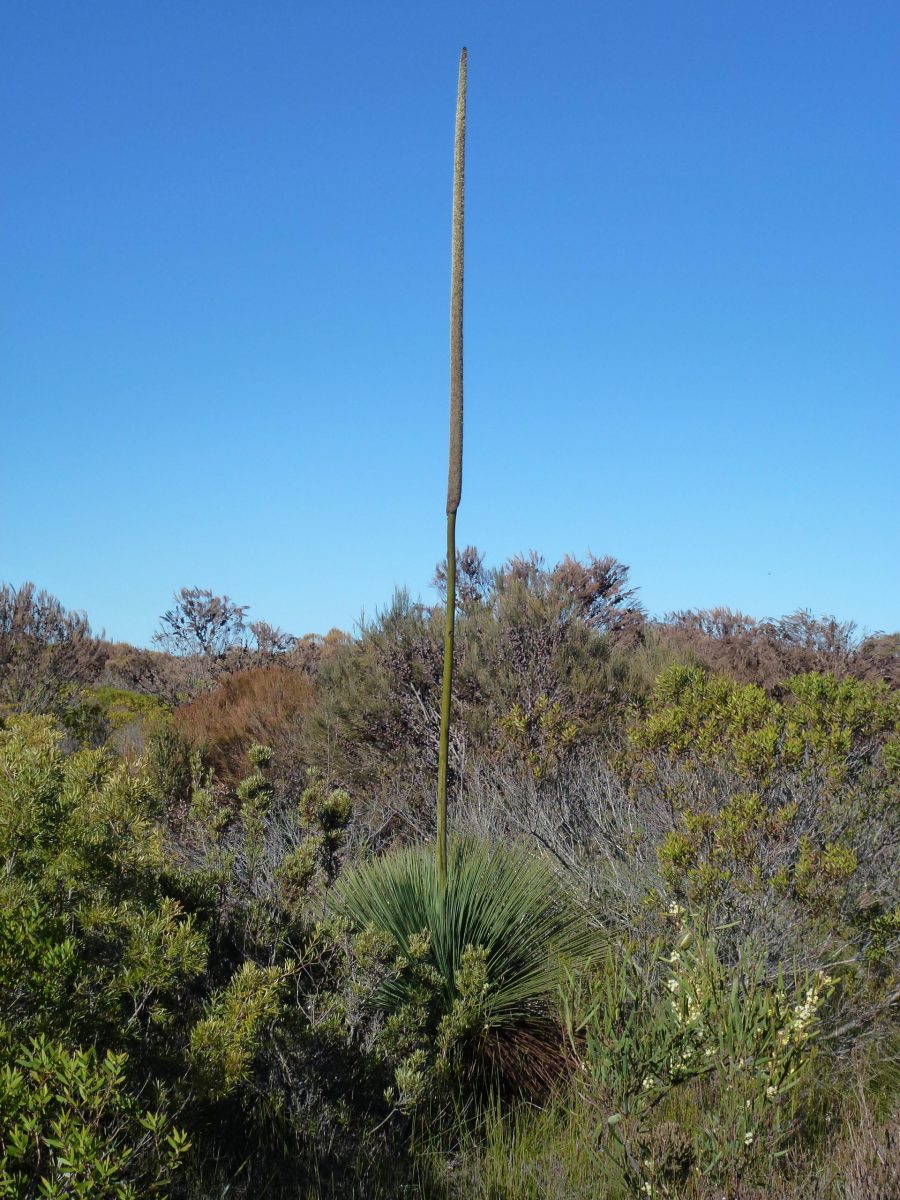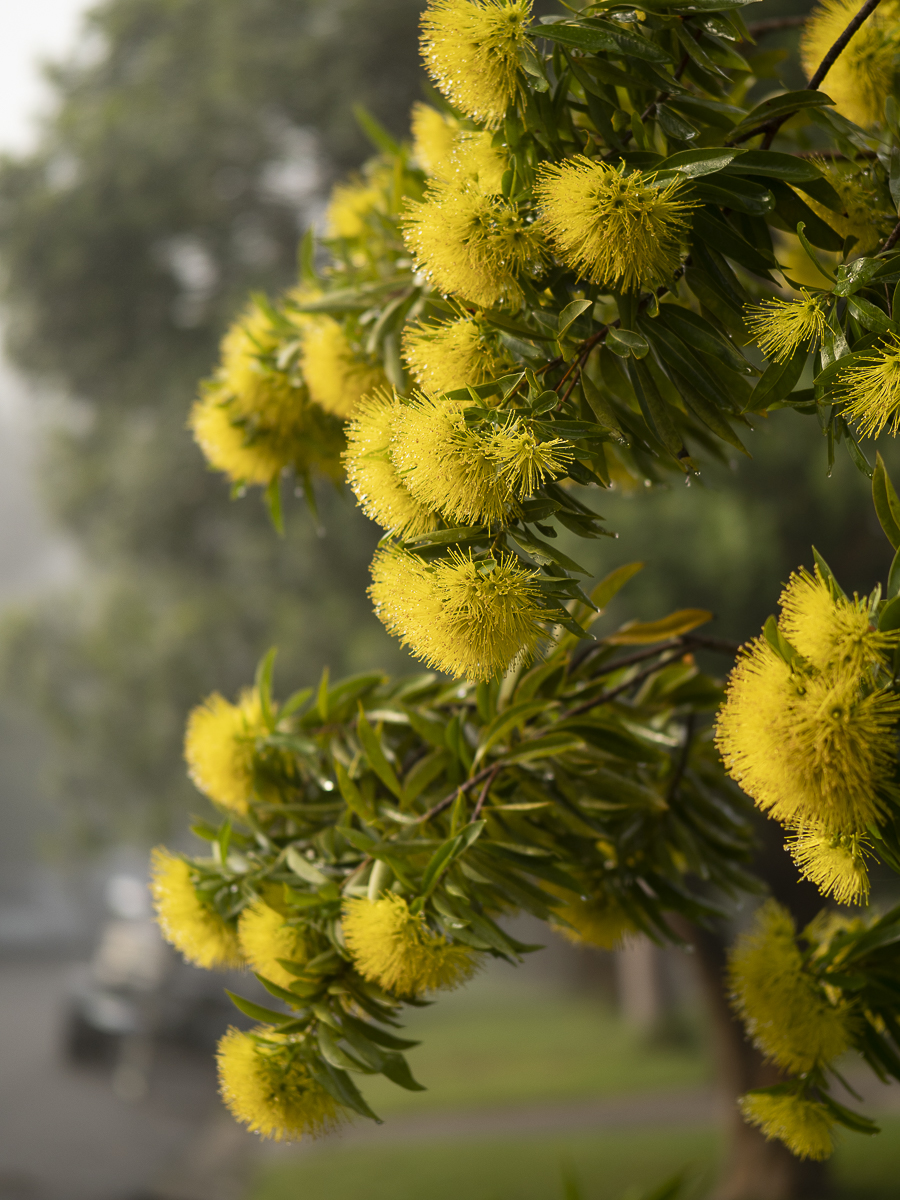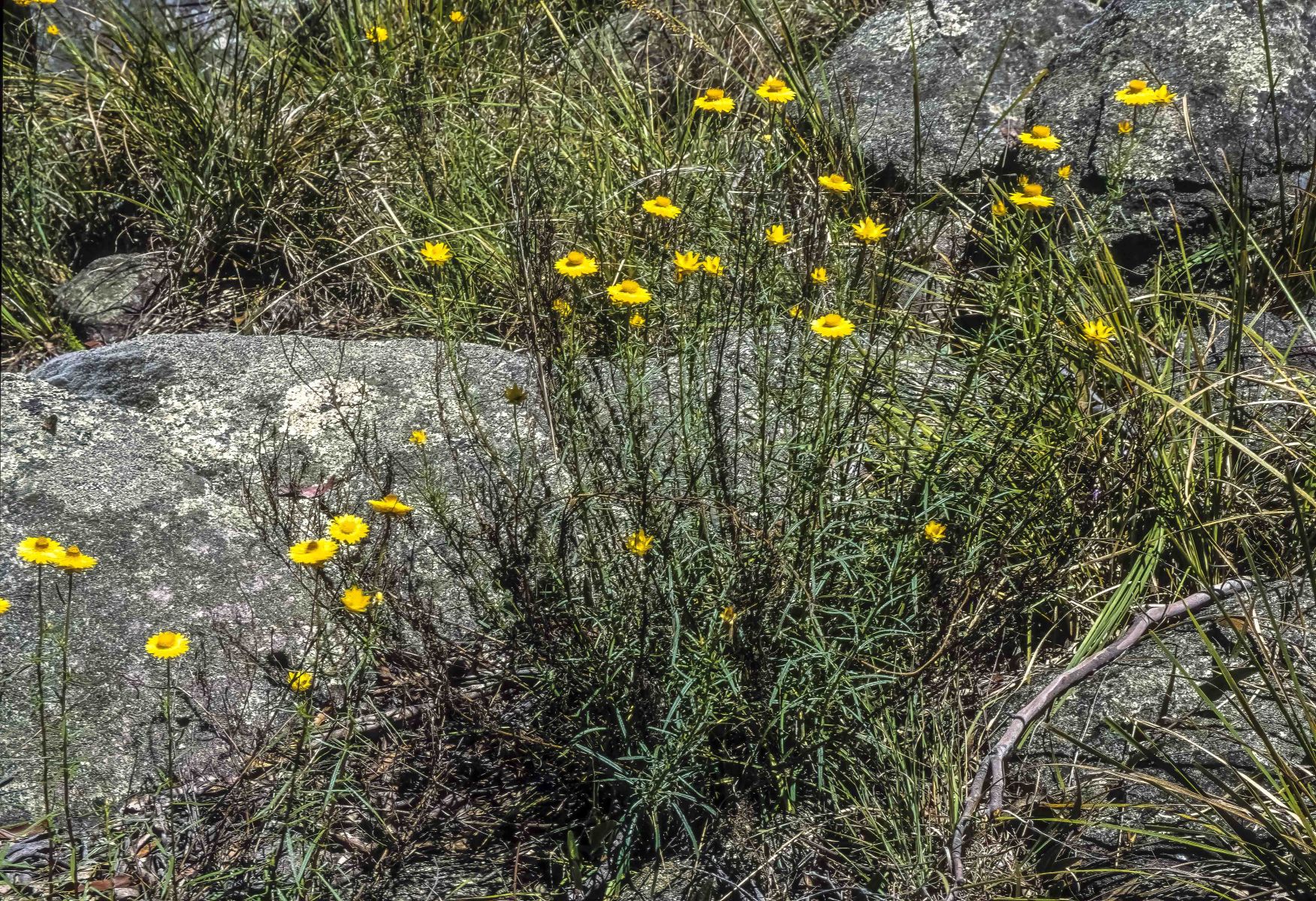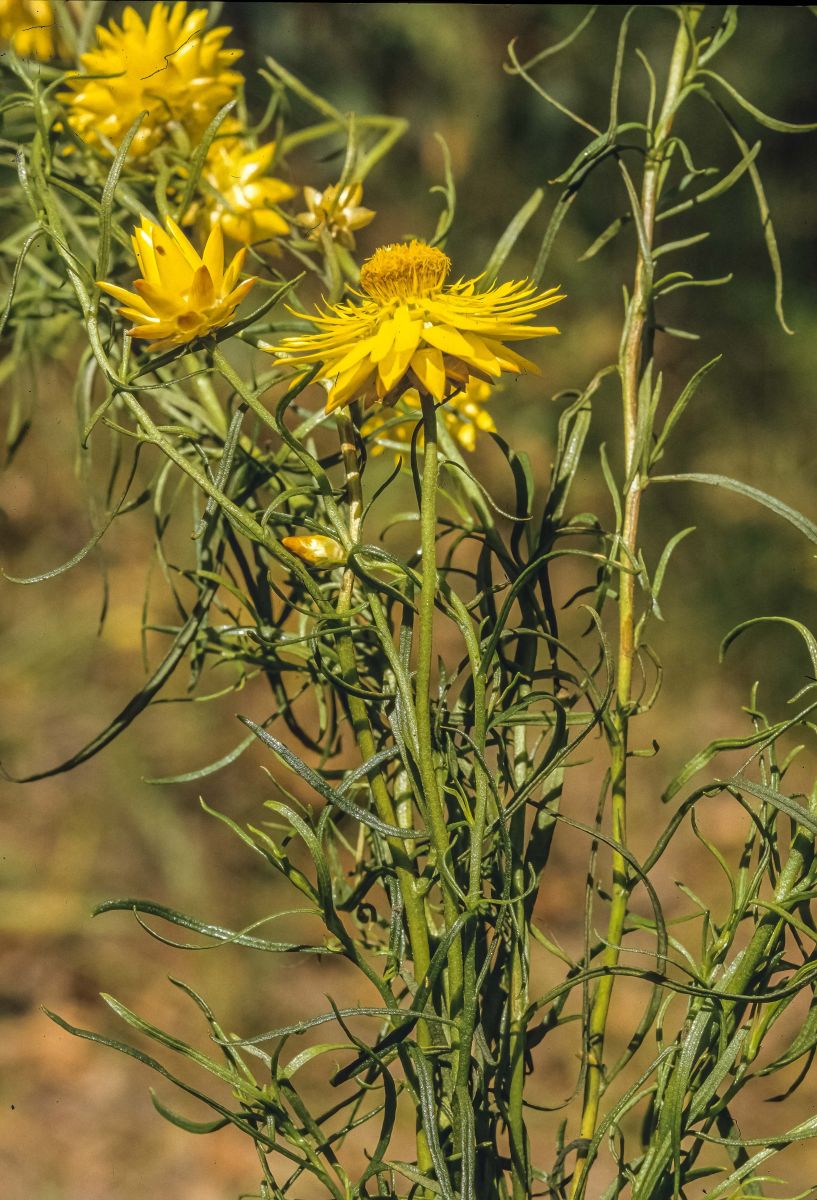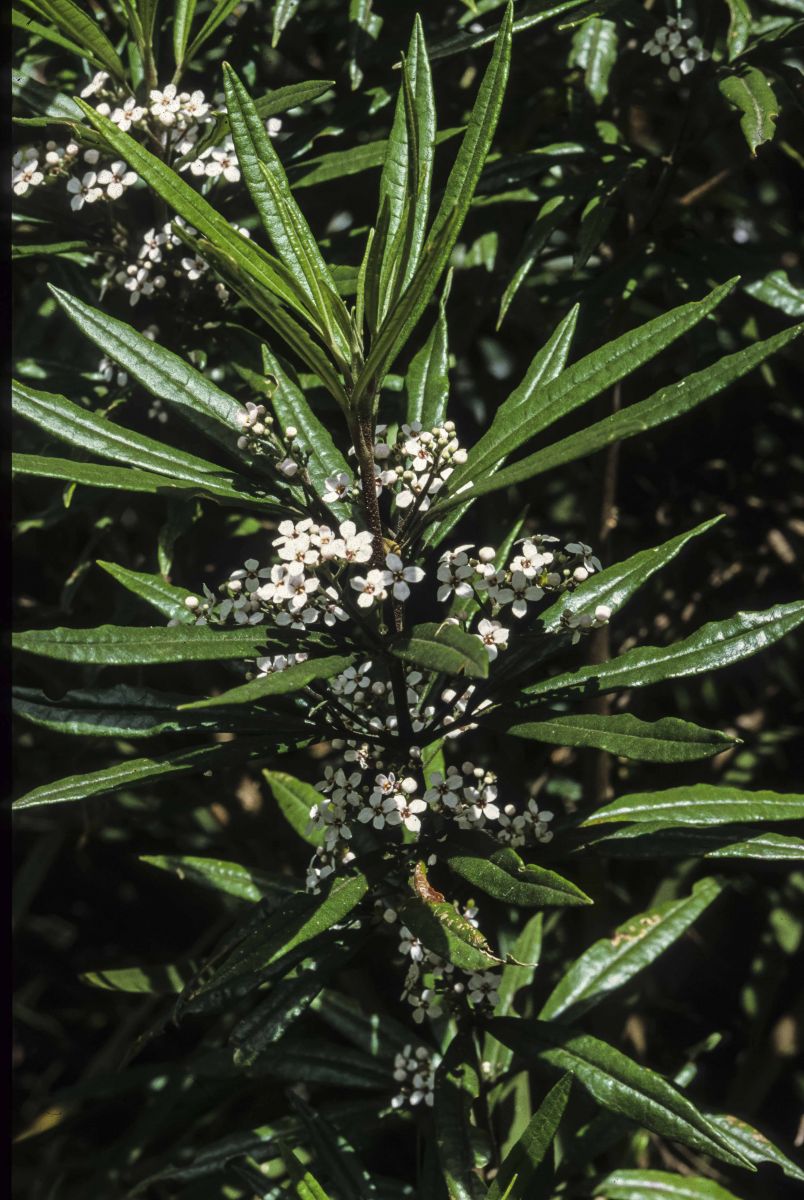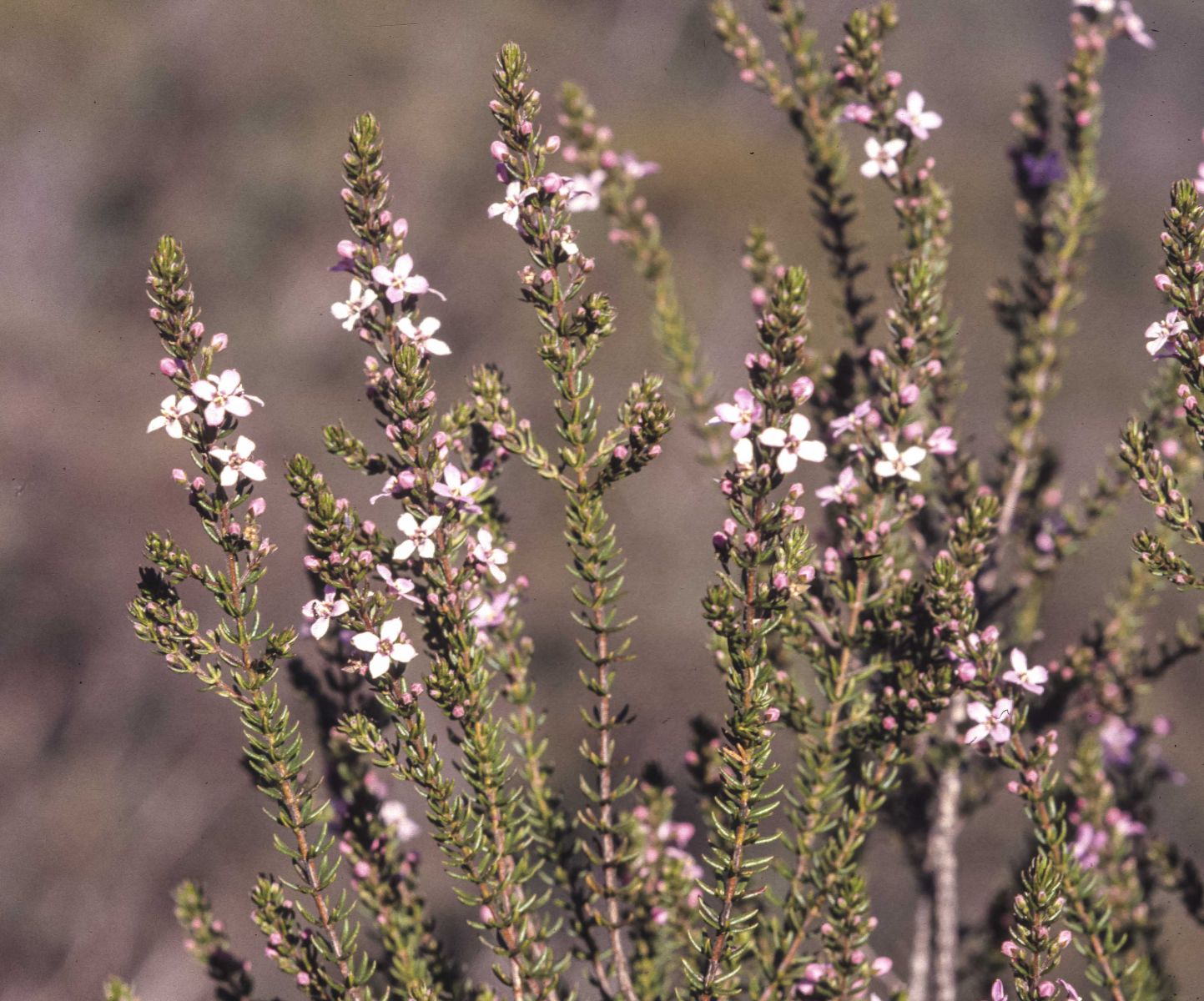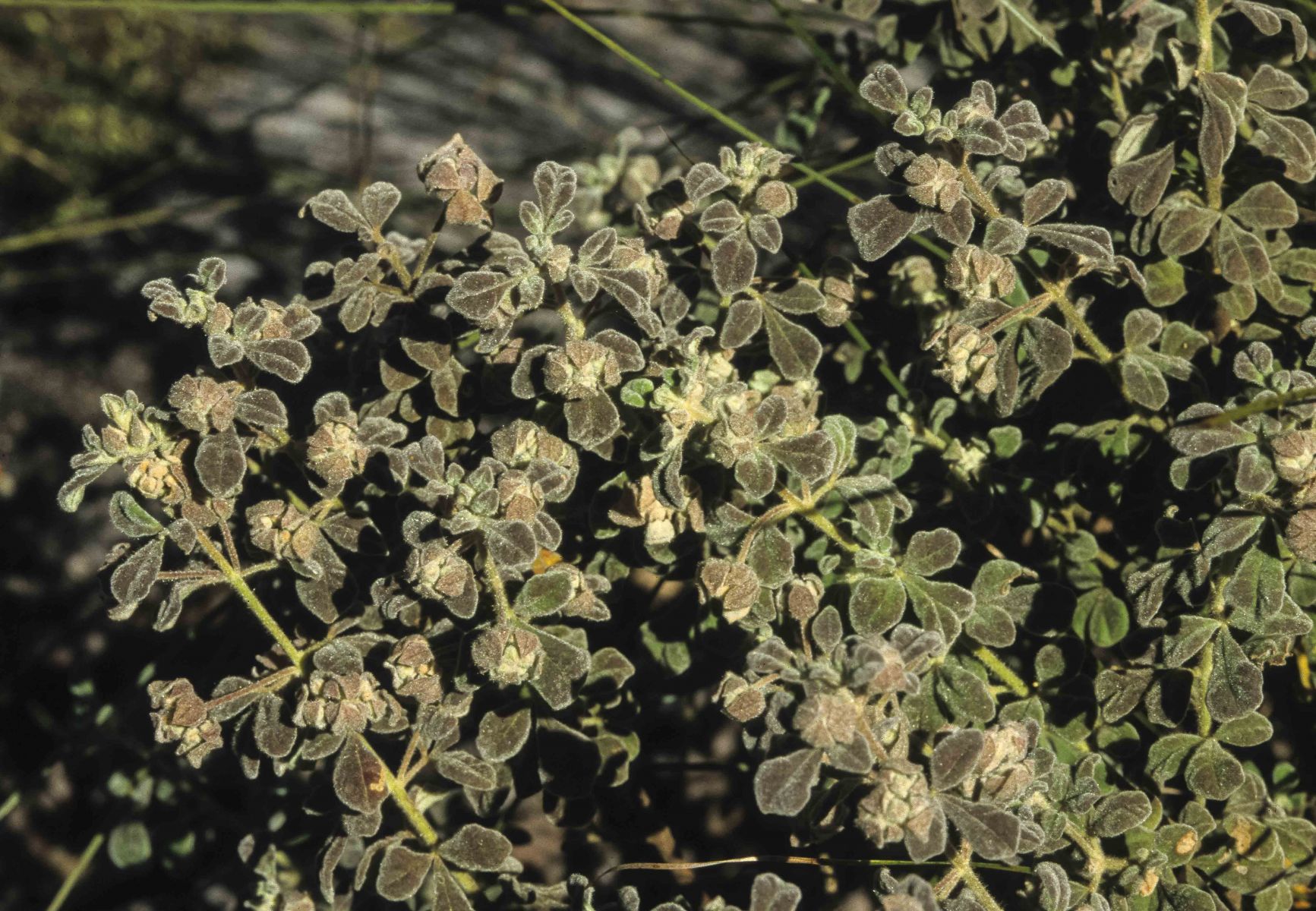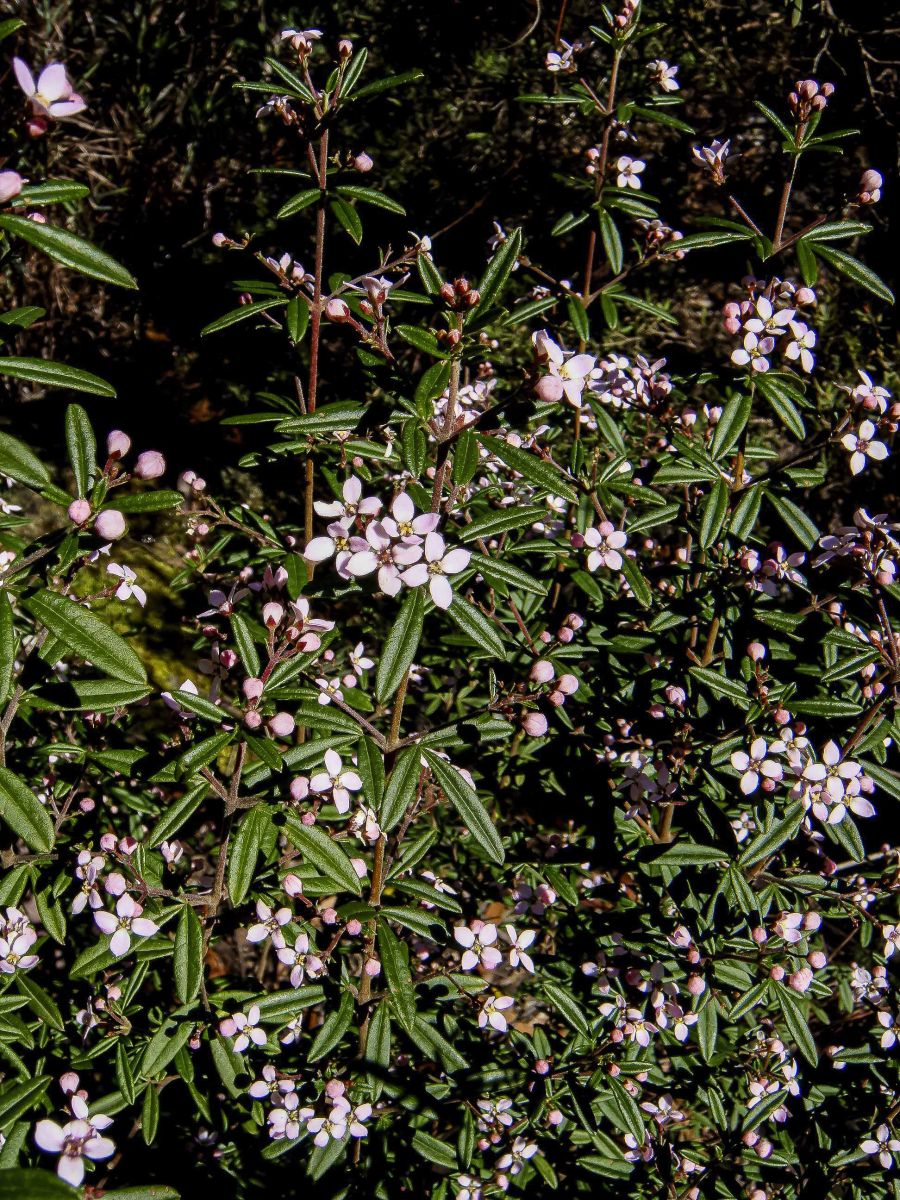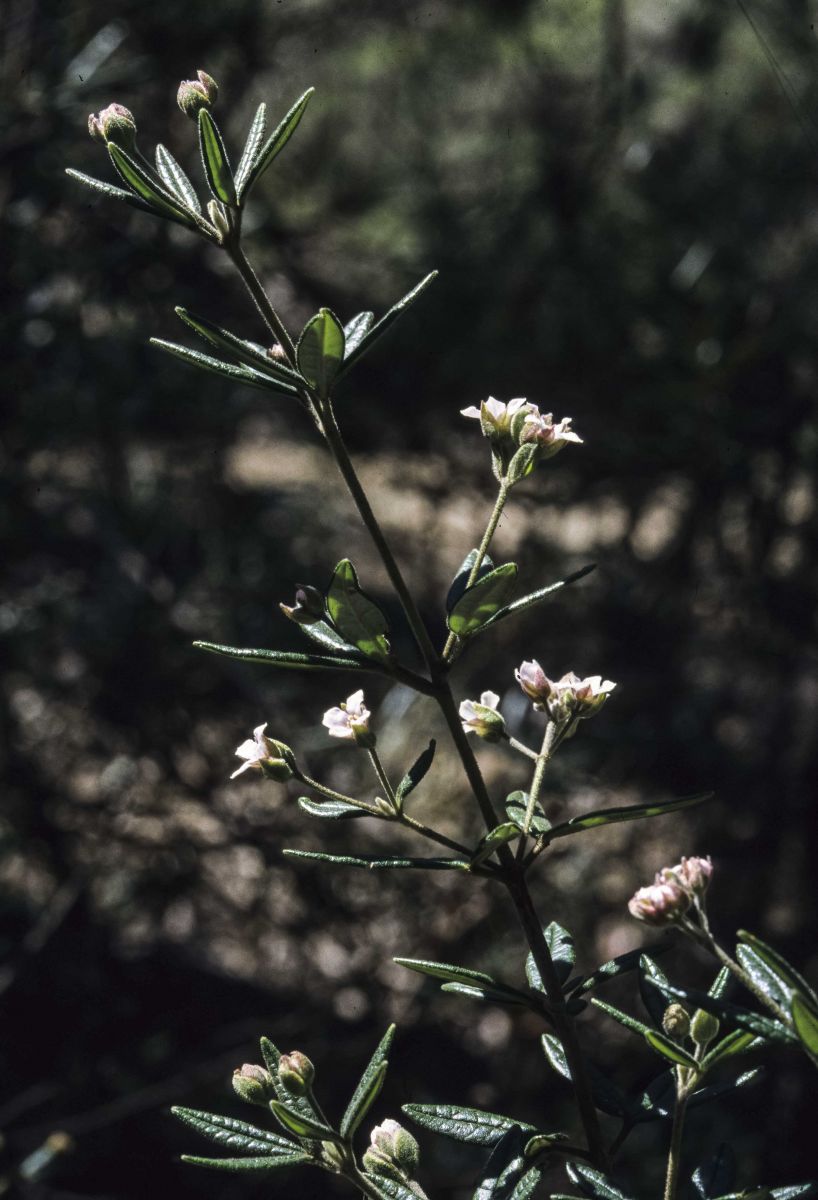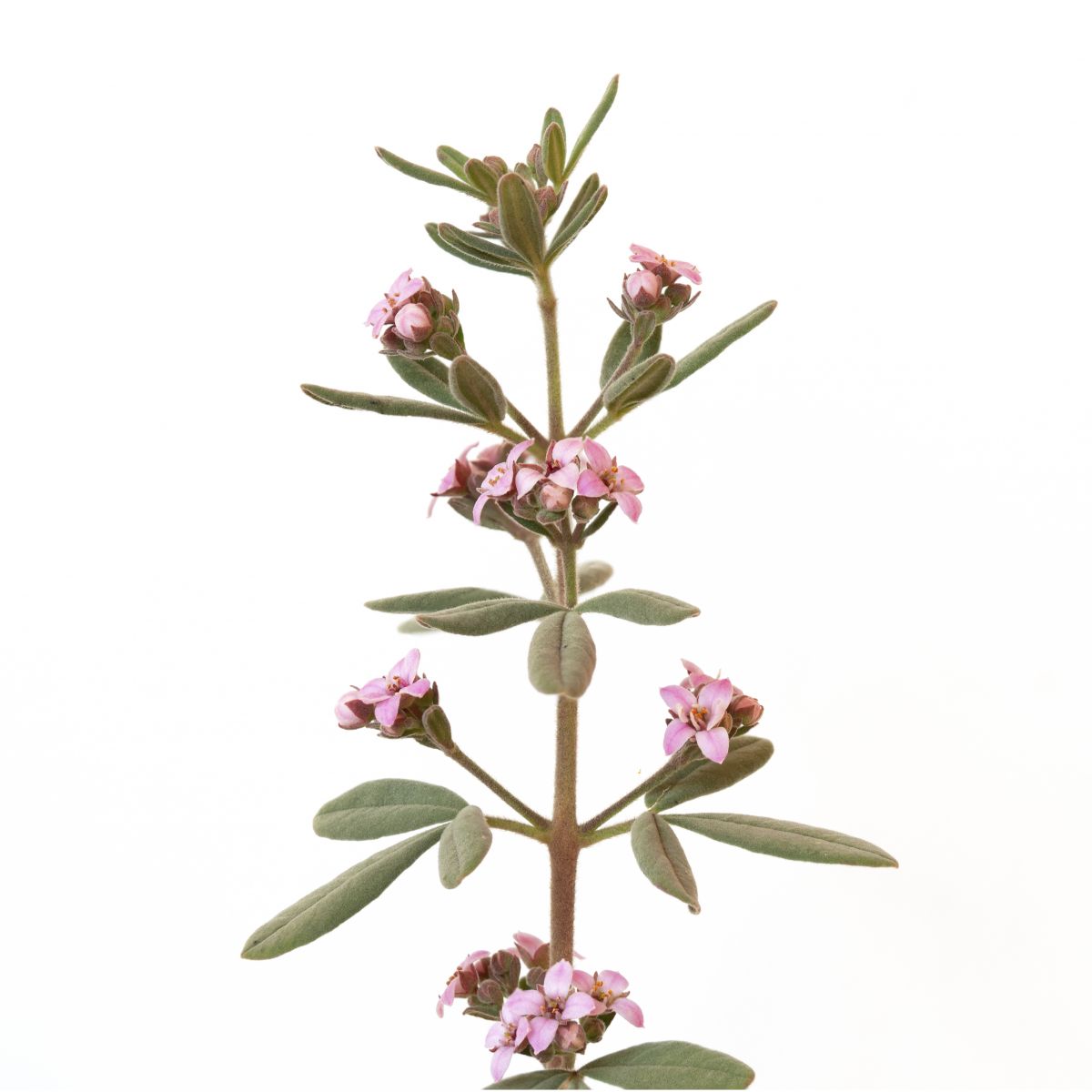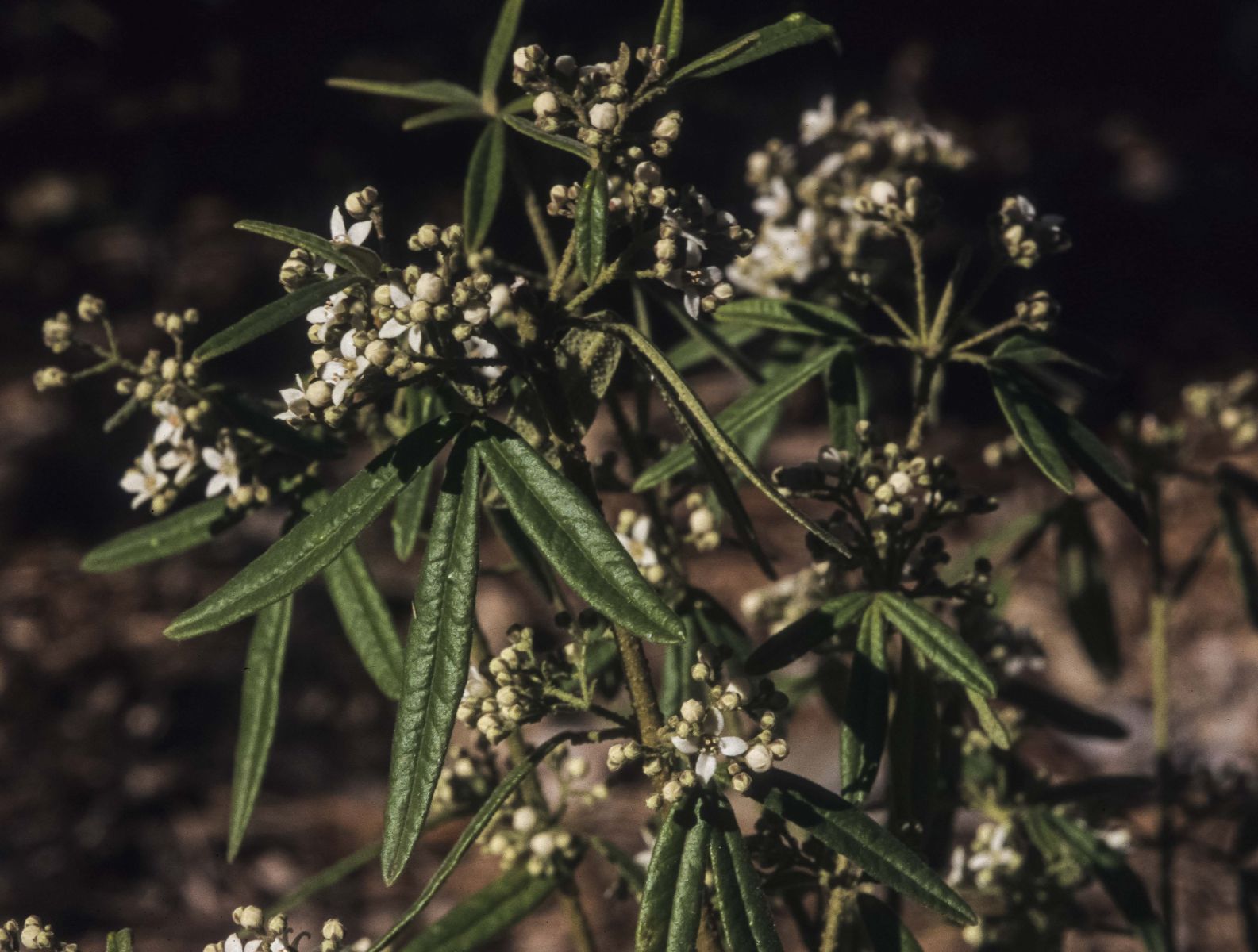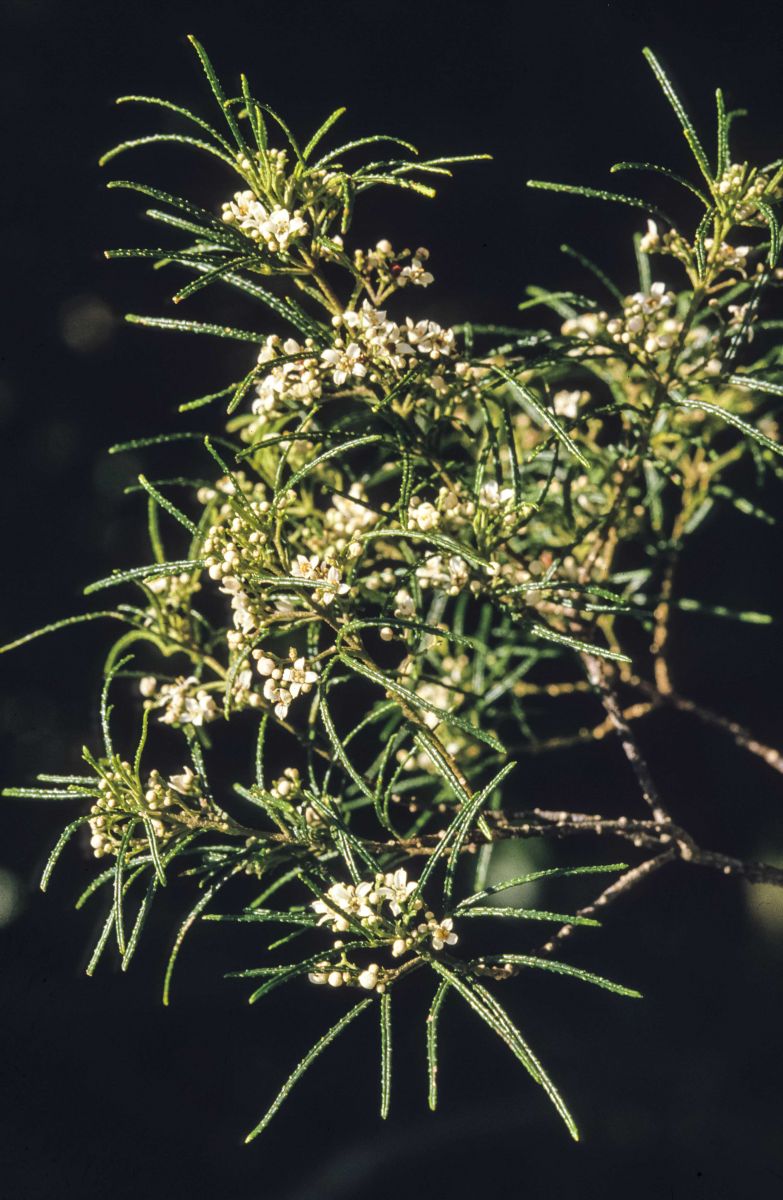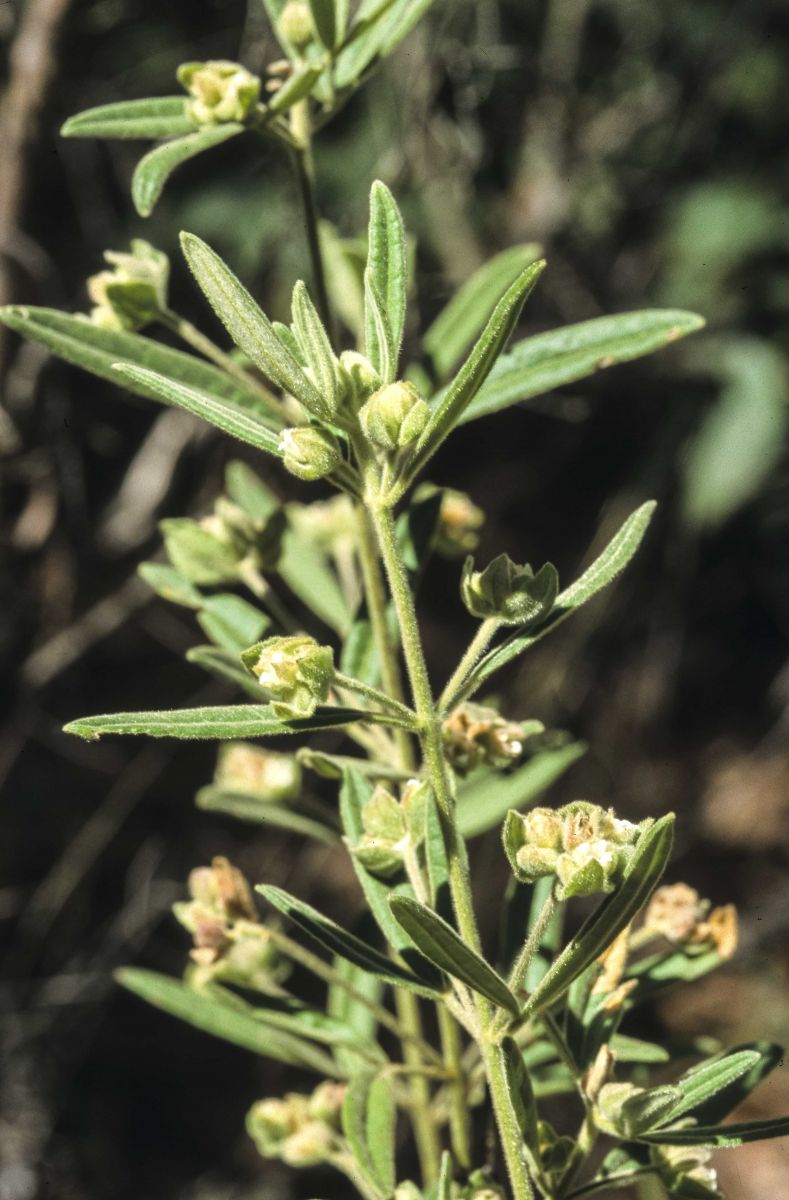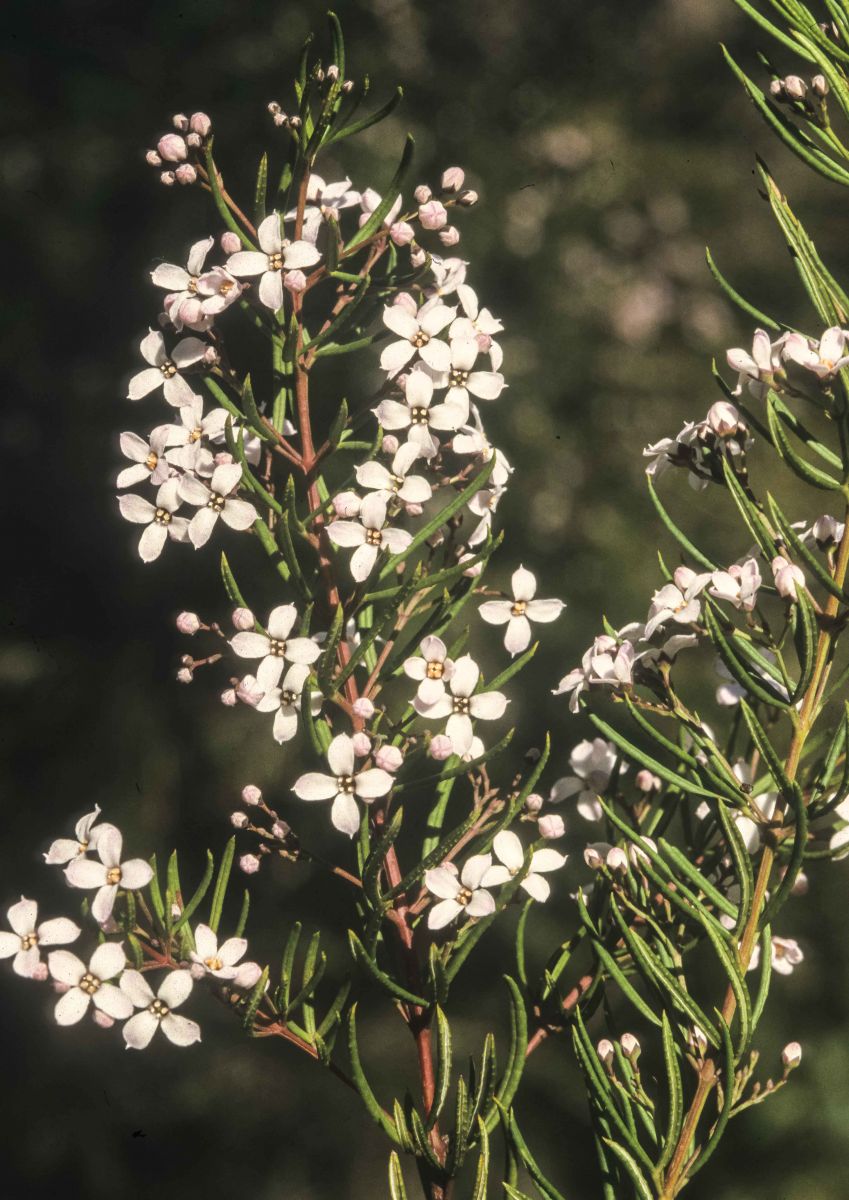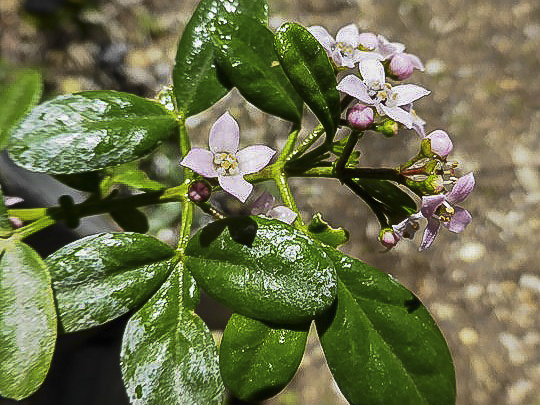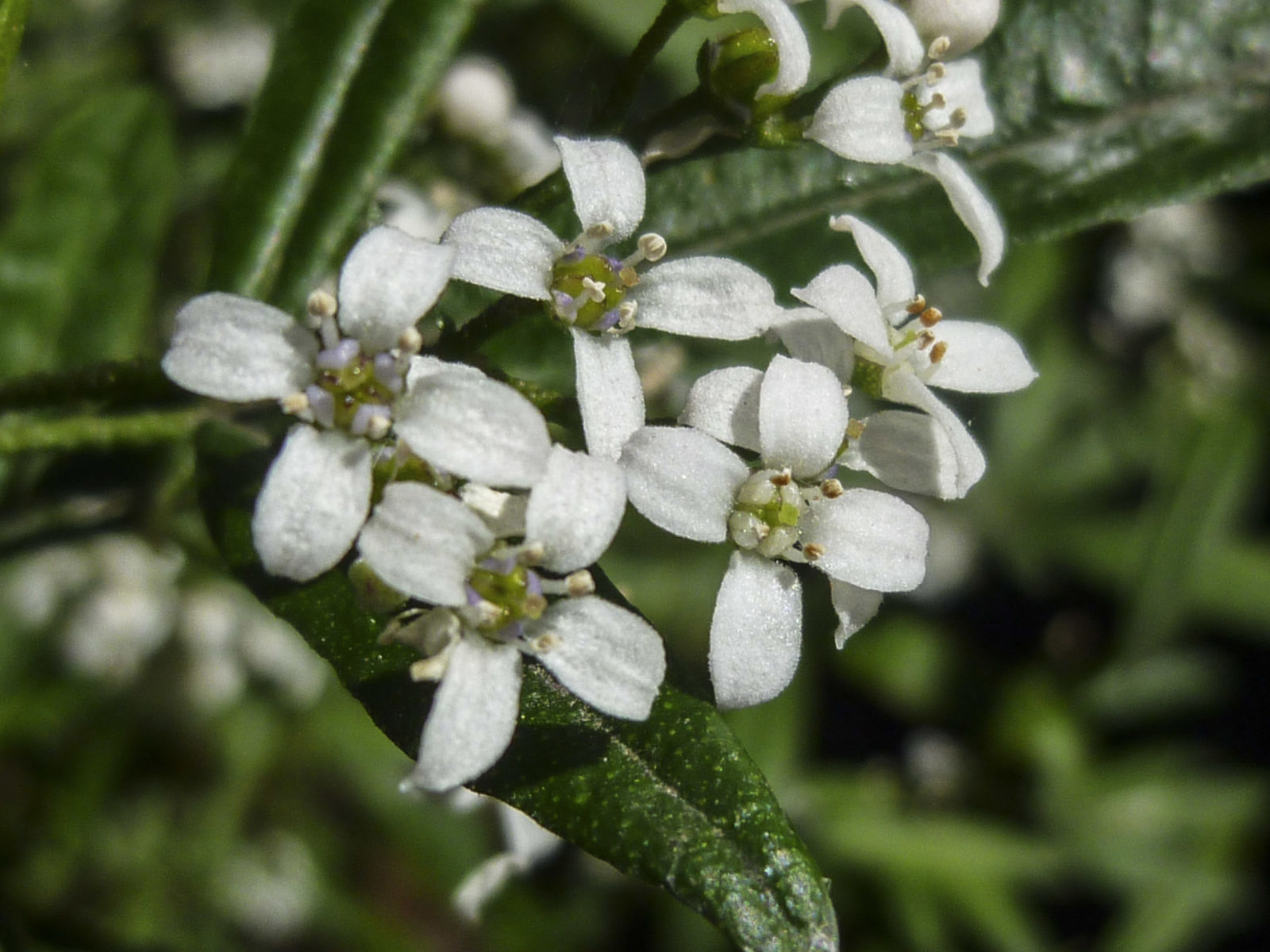Plant database
We created this database to help people grow and conserve more native plants. Corrections and comments are welcome.
Plant categories
- Trees – generally single trunk, over 5 metres
- Shrubs – multiple woody stems – less than 1 metre and greater than 1 metre
- Ground covers – under 1 metre, prostrate, dwarf shrubs or herbs
- Grasses and related clumping plants (monocots) – generally herbaceous with monocot features.
- Vines and scramblers – grow up or out
- Ferns – plants without flowers, reproduce with spores
- Other – Some plants that don’t fit into the above categories
Contributors
Dan Clarke is the editor. Profiles have been written by Jeff Howes, Dan Clarke, Heather Miles, Rhonda Daniels, Ralph Cartwright, Mark Abell, Andrew Knop, Kevin Stokes, John Knight, the Late Hugh Stacy and the Late Warren Sheather. Photos have come from authors and other members, with special thanks to Alan Fairley.
Dan Clarke attempts to re-inforce much of the botanical information on this database through the Arcane Botanica YouTube channel www.youtube.com/@arcanebotanica2503
Major milestone reached
Why was the database created
Australia has a wide range of ecosystems driven by climate and environment. Selecting the right plant means considering where the plant grows naturally in Australia and what microclimate it prefers. This database aims to help you in that selection.
More info here.
Using the database
You can either:
- Click on a category below to see images of plants in the category, and click through to more detailed profiles.
- Use the search and filtering features in the table below to find plants of interest and then click on a plant’s Image or Title to view plant details.You can alphabetise the table of plants by clicking on the heading at the top of each column.
Any plants, such as cultivars that use inverted commas e.g. Banksia ‘Giant Candles’, appear after those without any inverted commas, such as Banksia robur.
| Image | Botanical Name | Common Name | Family | Category | Summary | hf:tax:plant_category |
|---|---|---|---|---|---|---|
| Abrophyllum ornans | Native Hydrangea | Rousseaceae | Trees | Abrophyllum ornans is a shrub to small tree to 8 m tall. It is grown mainly for its large shiny leaves and showy fruit. The small greenish-yellow to white, and slightly fragrant flowers appear in showy panicles from October to December. It is a useful edge or pioneer species for rainforest restoration. | trees | |
| Abutilon otocarpum | Desert Chinese Lantern | Shrubs under 1m | Abutilon otocarpum is a small shrub to about 0.7 metres tall, found on the western plains on NSW, in semi-arid conditions; on red sandy soils, sand rises and dunes. It is also found in all other mainland states in similar habitats. | shrubs-small | ||
| Abutilon oxycarpum | Flannel weed, Straggly Lantern-bush, Small-leaved Abutilon, Swamp Chinese-lantern, Chingma lantern | Shrubs over 1 m | Abutilon oxycarpum is a soft-woody shrub growing up to 2 m tall, found naturally on rocky hill slopes as well as creek banks in dry sclerophyll woodlands and forests and sometimes in rainforest, in all states of Australia with the exception of Tasmania. In NSW, it grows on the coastal, tablelands and western slopes, with most of its distribution north of Sydney (but also extending down the south. | shrubs-large | ||
| Acacia acinacea | Gold Dust Wattle | Shrubs over 1 m | Acacia acinacea is a small to medium shrub that is found in south-eastern South Australia, most of Victoria and southern NSW. Phyllodes are small, elliptic with an offset mucro (pointed end). There is a small gland near the centre of the phyllode margin. The flowers are in globular heads with 8-20 flowers in each head. Blooms are bright golden and carried in pairs at the base of each phyllode. | shrubs-large | ||
| Acacia amblygona | Fan-leaved Wattle | Shrubs over 1 m | Acacia amblygona is a small shrub reaching a maximum height of 1.5 metres. All forms have dark green, rigid, almost triangular, prickly phyllodes and there is a prostrate form registered as ‘Austraflora Winter Gold’. | shrubs-large | ||
| Acacia amoena | Boomerang Wattle | Shrubs over 1 m | Acacia amoena is known as the Boomerang Wattle this name probably refers to the shape of the phyllode but this name could apply to any number of species with similar phyllodes. Acacia amoena is an erect shrub that reaches a height of two metres in our cold climate garden. | shrubs-large | ||
| Acacia aphylla | Leafless Rock Wattle | Shrubs over 1 m | Acacia aphylla is a wiry, narrow spiky shrub, to 3 m high, it is endemic to Western Australia and it listed as threatened with extinction. | shrubs-large | ||
| Acacia ashbyae | Ashby's Wattle | Shrubs over 1 m | Acacia ashbyae is a very decorative wattle with long, spreading branches. In our garden plants have proved to be hardy once established, fast growing and free flowering. Pruning is appreciated after flowering. | shrubs-large | ||
| Acacia asparagoides | Shrubs over 1 m | Acacia asparagoides is a wattle shrub to 2 m tall with a restricted distribution, confined to the Blue Mountains of NSW, between Newnes Junction and Lawson. Here, it grows in dry sclerophyll forest and heath on sandstone. | shrubs-large | |||
| Acacia baileyana | Cootamundra Wattle | Trees | Acacia baileyana is a large shrub to small tree, growing to 8 m tall. It is indigenous to a very small area in southern inland New South Wales, comprising Temora, Cootamundra, Stockinbingal and Bethungra districts, on the western slopes subdivisions of NSW but has naturalised in places like Sydney and the northern and south tablelands, as well as Qld, Vic, SA and WA. | trees | ||
| Acacia baueri | Tiny Wattle | Shrubs under 1m | Acacia baueri is a small shrub to 1 m tall, with a decumbent to spreading habit with hairy and warty branches. It grows mainly along the coast, north from the Illawarra Region of NSW, up into Qld. | shrubs-small | ||
| Acacia binervata | Two-veined Hickory | Fabaceae Subfamily Mimosoideae | Trees | Acacia binervata is a tree to 15 m tall, which can create a dense canopy. It is found in a range of habitats, growing in dry to moist sites in sandy, to more enriched, to basalt soils. It can be found in dry and wet sclerophyll woodland and forest, or on the margins of rainforest communities | trees | |
| Acacia binervia | Coast or coastal myall, Rosewood coast, Coastal wattle | Trees | Acacia binervia is a shrub or tree from 2 to 16 m high, with dark brown to grey bark. The phyllodes are sickle-shaped to 15 cm long and about 2 cm wide; and are a striking blue-grey. The cylindrical pale to bright yellow spikes of flowers are very showy and appear in spring from August to October, followed by long seed pods. | trees | ||
| Acacia blakei ssp. diphylla | Gorge Wattle | Trees | Acacia blakei ssp. diphylla is known as the Gorge Wattle. This common name refers to one of the species’ strongholds in the gorge country, east of Armidale in northern NSW. It grows in northern NSW near Gloucester with populations in south east Queensland | trees | ||
| Acacia boormanii | Snowy River Wattle | Shrubs over 1 m | Acacia boormanii is a beautiful wattle. In spring plants are covered with blooms. The grey-green foliage provides a contrasting background to the flowers. Prune behind the flowers when they fade to keep plants bushy and blooming bounteously. | shrubs-large | ||
| Acacia brownii | Heath Wattle | Shrubs under 1m | Acacia brownii, the Heath Wattle, is a small shrub reaching a height of one metre. The phyllodes are rigid, 4-angled, about two centimetres long and crowned with a sharp point. The flowers are held in globular clusters with 12-30 flowers in each cluster and bright yellow. | shrubs-small | ||
| Acacia buxifolia | Box-leaf Wattle | Shrubs over 1 m | Acacia buxifolia, the Box-leaf Wattle, is a native of Queensland, New South Wales and Victoria. The Box-leaf Wattle is usually a medium shrub reaching a height of two to four metres. There is a form growing on the Northern Tablelands of NSW that develops into a dwarf shrub reaching a height of one metre. | shrubs-large | ||
| Acacia bynoeana | Bynoe's wattle, Tiny wattle | Shrubs under 1m | Acacia bynoeana is a small shrub growing to 0.5 m high, in heath and dry sclerophyll forest, in sandy soils. It has a limited distribution in NSW, found mainly south from Morisset area to the Illawarra region, west to the Blue Mountains and it is uncommon in the wild, hence it is listed as a threatened species in NSW. | shrubs-small | ||
| Acacia caesiella | Tablelands Wattle | Shrubs over 1 m | Acacia caesiella, Tablelands Wattle, is an erect or spreading shrub normally with multiple stems and reaching a height of 3.5 metres. The bark is smooth, grey or brown. Flowers are held in globular clusters with 12-16 individual flowers in each cluster. They are deep yellow and cover plants in spring. | shrubs-large | ||
| Acacia calamifolia | Reed-leaf Wattle | Shrubs over 1 m | Acacia calamifolia, the Reed-leaf Wattle, is a bushy, tall shrub reaching a height of four metres. The flowers are held in globular heads that are profuse, conspicuous and golden yellow in colour. The flowers are held in globular heads that are profuse, conspicuous and golden yellow in colour. Our specimen carries some flowers for most of the year. | shrubs-large | ||
| Acacia cardiophylla | Wyalong Wattle | Trees | Acacia cardiophylla is widely known as the Wyalong Wattle and is said to grow to a height of four metres. The plants in our cold climate garden, reach a height of two metres with a similar spread. The bipinnate foliage is soft and greyish-green. Golden yellow flowers are carried in globular heads with 20-30 blooms in each head. | trees | ||
| Acacia chalkeri | Chalker's wattle | Shrubs over 1 m | Acacia chalkeri grows to 4 m high and about 2 m wide, with a bushy habit. It is a species confined to a small area around the Wombeyan Caves in the Southern Highlands of New South Wales (north-west of Mittagong) where it grows in shallow limestone-enriched soils. | shrubs-large | ||
| Acacia cheelii | Motherumbah | Trees | Acacia cheelii is a small tree with flaky bark inclined to be ribbony. The long phyllodes are up to 16 centimetres long by three centimetres wide, sickle-shaped, bluish-green with three prominent veins. The rod-shaped, golden flower heads are up to six centimetres long and held in clusters of two or three in the phyllode axils. The flowering period extends from September to November. | trees | ||
| Acacia clandullensis | Gold-dust Wattle | Shrubs over 1 m | Acacia clandullensis is an open pendulous shrub growing 1 to 2 m high. It is restricted to the Clandulla and Glen Davis areas in the western coastal / tablelands area, west of Sydney, growing at higher altitudes in stony sandy or clay-loam soils. It is associated with Western Scribbly Gum (Eucalyptus rossii) woodlands. | shrubs-large | ||
| Acacia clunies-rossiae | Kowmung Wattle, Kanangra Wattle. | Trees | Acacia clunies-rossiae is a bushy shrub or tree, growing in dry sclerophyll forest, in valleys, on slopes and ridges, and along creeks in the Kowmung River and adjacent Coxs River district of NSW, entirely within Kanangra-Boyd and Blue Mountains National Parks. It has a very restricted distribution. | trees | ||
| Acacia cognata | Bower Wattle, River Wattle | Trees | Acacia cognata is an erect or spreading tree or shrub to 10 m tall, it is found in dry sclerophyll forest and woodland, in sandstone and granite-derived soils, generally south from Nowra in NSW, with most of its extent concentrated on the south coast subdivision, extending into the southern tablelands. | trees | ||
| Acacia covenyi | Blue Bush | Shrubs over 1 m | Acacia covenyi, the Blue Bush, is a tall hardy shrub that grows 3 to 6 metres with blue/green foliage and heads of ball shaped yellow flowers during August to September. In cooler climates, it only grows to about 4 metres. | shrubs-large | ||
| Acacia cremiflora | Shrubs over 1 m | Acacia cremiflora is a small to large shrub, often about 1 metre in height but sometimes to 2 metres. It is found on the central western slopes and tablelands of NSW with some records in the Central Coast subdivision around Yerranderie. Grows in gravelly clay or sandy loam soils, in woodlands and woodland-grassland. | shrubs-large | |||
| Acacia cultriformis | Knife-leaf Wattle | Shrubs over 1 m | Acacia cultriformis, the Knife-leaf Wattle, is a bushy, medium to tall shrub. The triangular-shaped phyllodes (hence the common name) are crowded along the branches. The size of the phyllode varies from 20 to 30 millimetres long by 6 to14 millimetres wide and bluish green in colour. | shrubs-large | ||
| Acacia dawsonii | Poverty Wattle, Mitta Wattle | Shrubs over 1 m | Acacia dawsonii is known as the Poverty or Mitta Wattle, and is a small, erect shrub with long, narrow phyllodes. Golden yellow, globular flower heads cover plants in spring. Each flower head is composed of four to eight individual flowers. | shrubs-large | ||
| Acacia dealbata | Silver Wattle | Trees | Acacia dealbata, Silver Wattle, develops into a medium-sized tree that will reach a height of 30 metres. The flowers are held in globular clusters with 25-35 bright yellow flowers in each cluster. Blooms are carried from late winter to spring. | trees | ||
| Acacia deanei | Deane’s Wattle | Trees | Acacia deanei, Deane’s Wattle, is a tall, upright shrub or small tree with light green bipinnate foliage. Plants carry pale yellow, globular flowers throughout the year. Both foliage and flowers are features of this attractive wattle. Deane’s Wattle will bring that spring time feeling to the garden throughout the year. | trees | ||
| Acacia decora | Showy wattle, western silver wattle | Shrubs over 1 m | Acacia decora is one of the showiest wattles, producing globular flower-heads which can each have about 30 tiny flowers from April to October. It is often under 2 m, but can get to 5 m. It tolerates a wide range of conditions. | shrubs-large | ||
| Acacia decurrens | Green Wattle, Sydney Green Wattle, Boo’kerrikin (Dharawal) | Trees | Acacia decurrens is a tall shrub to tree, reaching 12 metres tall. The bark is green with green branches which have winged ridges. | trees | ||
| Acacia denticulosa | Sandpaper Wattle | Shrubs over 1 m | Acacia denticulosa is an open, somewhat sparse shrub to 4 m high, it is endemic to Western Australia and it listed as threatened with extinction. | shrubs-large | ||
| Acacia doratoxylon | Spearwood | Trees | Acacia doratoxylon, Currawong or Spearwood, is an upright small tree that may reach a height of eight metres. The bark is hard and fissured. Phyllodes are more or less linear, up to 20 centimetres long and 7 millimetres wide and grey-green. Usually glands are absent but occasionally a small gland is present at the base of the phyllodes. | trees | ||
| Acacia dorothea | Dorothy's wattle | Shrubs over 1 m | Acacia dorothea has bright to deep yellow very small flowers produced in globular heads, although the heads can be globular to short cylindrical spikes. Flowering is August to October. Restricted range and not known in cultivation. | shrubs-large | ||
| Acacia echinula | Hedgehog wattle, Hooked wattle | Shrubs over 1 m | Acacia echinula is an eastern NSW shrub up to 2 m with prickly phyllodes and bright yellow flowers. It is typically found on hills and plains in sandy soils. Its prickly nature offers good protection for small birds in the garden. | shrubs-large | ||
| Acacia elata | Cedar Wattle, Mountain Cedar Wattle | Trees | Acacia elata is a long-lived wattle-tree, potentially reaching 30 m. It is endemic to coastal areas of New South Wales from the Budawang Range in the south as afar as the Bellinger River in the north growing in rainforest and wet sclerophyll forests. It is considered a weed in Qld, Vic and WA. | trees | ||
| Acacia elongata | Swamp Wattle | Shrubs over 1 m | Acacia elongata is a large shrub growing to 3 m or a bit taller by 1.5 m wide in sunny damp situations in NSW. It is usually found in sandstone and sandy woodlands and heath. Grows mainly along the NSW coast and tablelands subdivisions but also extends into the western slopes. | shrubs-large | ||
| Acacia falcata | Burra, Sickle wattle, Silver-leaved wattle | Shrubs over 1 m | Acacia falcata is a spindly and flexuous shrub, growing to 5 m high and only about 1 m wide. It has a somewhat arching/weeping habit. It grows from Queensland, south through eastern New South Wales to Bermagui on the south coast. Its range extends into the tablelands and central western slopes. It grows predominantly on shale soils in open forests and woodlands. | shrubs-large | ||
| Acacia falciformis | Road-leaved Hickory, Hickory Wattle, Mountain Hickory, Large-leaf Wattle, Tanning Wattle, Black Wattle | Trees | Acacia falciformis grows to 10 m high and has an erect or spreading habit. It grows down the east coast of Australia in coastal areas and extending over the Great Dividing Range to the western slopes in a variety of habitats including moist rocky slopes, gullies and along watercourses, It also grows in Victoria and Qld. | trees | ||
| Acacia filicifolia | Fern-leaved wattle | Trees | Acacia filicifolia is an erect shrub or tree, growing to a height of 15 m and is mostly found on the coast and tablelands of New South Wales, into the western slopes. It also grows in Qld. | trees | ||
| Acacia fimbriata | Fringed Wattle | Trees | Acacia fimbriata is known as the Fringed Wattle because of the microscopic hairs along the phyllodes. The Fringed Wattle develops into a bushy shrub and if left unpruned will reach the height of a small tree. We prune our specimens annually to keep them bushy, at tall shrub height and flowering profusely. | trees | ||
| Acacia flocktoniae | Flockton Wattle | Shrubs over 1 m | Acacia flocktoniae is a shrub growing to 3 metres high, with a restricted distribution, found on sandstone, in dry sclerophyll forest only in the Southern Blue Mountains (at Mt Victoria, Megalong Valley and Yerranderie, south to Picton) in New South Wales. | shrubs-large | ||
| Acacia floribunda | Sally Wattle, Gossamer Wattle | Trees | Acacia floribunda is a small tree / large shrub growing to 8 m tall. It is widespread in forests and woodlands in the sub-tropical and warmer temperate regions of eastern Australia from Victoria to Queensland. | trees | ||
| Acacia fulva | Velvet Wattle | Trees | Acacia fulva rows as a shrub or tree to 15 m tall, with smooth bark. It has a limited distribution and considered rare, with few records databased, near the Gloucester Bucketts, to Mt Yengo in Howes Valley, near the junction of the Central Coast and North Coast subdivisions, of NSW. | trees | ||
| Acacia genistifolia | Early Wattle, Spreading Wattle | Shrubs over 1 m | Acacia genistifolia s a prickly shrub growing to 3 m high, in dry sclerophyll forests and woodlands in NSW, Victoria, and Tasmania. Usually found on gravel and shaley soils. It grows south from about Bathurst, west to Grenfell and Griffith, also recorded in the Warramgamba Catchment | shrubs-large | ||
| Acacia gladiiformis | Sword-wattle or Sword-leaf wattle | Shrubs over 1 m | Acacia gladiiformis grows to 3 m tall, on the tablelands and western slopes of the Great Dividing Range in New South Wales, from Warialda in the north through to Cowra in the south. Also grows in the south east area of Queensland. | shrubs-large | ||
| Acacia glaucoptera | Flat Wattle or Clay Wattle | Shrubs over 1 m | Acacia glaucoptera is a prostrate to semi-prostrate shrub from Western Australia, it grows naturally north of Albany and east to Esperance, on a latitude south of Perth. | shrubs-large | ||
| Acacia gordonii | Gordon’s Wattle | Shrubs over 1 m | Acacia gordonii is a shrub potentially reaching 1,5 m tall, growing in dry sclerophyll forest and heath on sandstone outcrops in New South Wales between Bilpin in the north to Faulconbridge in the south in the foothills of the Blue Mountains. It is a rare and endangered plant in the wild. | shrubs-large | ||
| Acacia granitica | Granite Wattle | Shrubs over 1 m | Acacia granitica, the Granite Wattle, comes in two forms. One is a low and spreading shrub with a flat top whilst the other is tall with a rounded growth habit. Both forms have long, narrow, leathery phyllodes with many fine parallel veins. Flower heads are small, ovoid in shape, bright yellow and carried at the base of each phyllode. | shrubs-large | ||
| Acacia gunnii | Ploughshare Wattle or Dog's-tooth Wattle | Shrubs under 1m | Acacia gunnii grows to 1 metre high and wide in dry sclerophyll communities, in various soil types. Widespread in New South Wales (western areas of coastal subdivisions, tablelands and western slopes), as well as South Australia, Victoria, Tasmania, Australian Capital Territory, and Queensland. | shrubs-small | ||
| Acacia hakeoides | Hakea-leaf Wattle | Trees | Acacia hakeoides a shrub or potentially a tree reaching 6 m tall. Widespread plant, mainly in inland areas of NSW (tablelands to far western plains) as well as Queensland, Victoria, South Australia and into Western Australia. Grows in open forest, woodland and mallee areas, in sandy soils and clay loams. | trees | ||
| Acacia hamiltoniana | Hamilton's Wattle | Shrubs over 1 m | Acacia hamiltonianais a large shrub to 3 m high, and its distribution is in the Great Dividing Range and the associated foothills in western New South Wales, from around Rylstone in the north, down to around the Clyde River in the south where it is growing in sandy or loamy soils as well as sandstone outcrops. | shrubs-large | ||
| Acacia hispidula | Little Harsh Acacia, Rough-leaved Acacia, Rough Hairy-wattle. | Shrubs over 1 m | Acacia hispidula an erect or spreading shrub to 2 m tall. It has a disjunct distribution; in the south of NSW, it is found in coastal localities north from Nowra and is especially common in the Sydney region; then it is found further north from Coffs Harbour and inland as far as Brisbane in QLD. | shrubs-large | ||
| Acacia howittii | Howitts Wattle, Sticky Wattle | Trees | Acacia howittii is a potential tree growing to 9 m tall and potentially 5 m wide, it is naturally restricted to Victoria, growing in the southern Gippsland hills, between Yarram and Tarra Valley. | trees | ||
| Acacia implexa | Hickory Wattle | Trees | Acacia implexa, the Hickory Wattle, is a small to medium sized tree that will reach a height of 12 metres. Bark is rough and greyish. Phyllodes are sickle-shaped and up to 20 centimetres long with a small basal gland. | trees | ||
| Acacia ingramii | Trees | Acacia ingramii is a tall, dense shrub or small tree that may reach a height of seven metres. Phyllodes are linear, about 10 centimetres long with a small hook. They are said to carry two glands on the margin. One is near the base and the other about halfway along. Close examination of our specimen revealed a prominent basal gland on all phyllodes but no evidence of a second gland. | trees | |||
| Acacia irrorata | Green wattle or Blueskin | Trees | Acacia irrorata grows as a tall shrub or small tree, to 12 m tall, mainly in dry or wet sclerophyll forest and on the margins of rainforest along the NSW coast, tablelands and western slopes. Also extends into QLD and Victoria. | trees | ||
| Acacia iteaphylla | Flinders Range Wattle | Shrubs over 1 m | Acacia iteaphylla, the Flinders Range Wattle, is a native of South Australia and comes in several forms. There is a dwarf form and others that are either medium to tall shrubs with upright growth habit or pendulous branches. | shrubs-large | ||
| Acacia ixiophylla | Sticky Wattle | Shrubs over 1 m | Acacia ixiophylla, Sticky Wattle, is a medium, upright shrub. The phyllodes are sticky and about 30 millimetres long by 6 millimetres wide. There is a gland near the base of each phyllode. Bright yellow, globular flowers appear in spring. | shrubs-large | ||
| Acacia jonesii | Shrubs over 1 m | Acacia jonesii is a large shrub to 4 m high and 2 m wide, found in a limited distribution in coastal regions, in central and southern New South Wales. It is restricted to the area between Bargo in the north out to Goulburn in the east and down to around Nowra in the south; it is still considered to be rare. It grows in sandstone and in clay soils, as a part of dry sclerophyll woodland and forest communities. | shrubs-large | |||
| Acacia juncifolia | Rushed-leaved Wattle | Shrubs over 1 m | Acacia juncifolia is an erect to spreading shrub to 3 m high, in dry sclerophyll forests and woodlands, in sandy soils. It grows in north-eastern NSW, on the central and north-western slopes as well as the central and north coast subdivisions, extending into QLD. | shrubs-large | ||
| Acacia kybeanensis | Kybean wattle or Kybeyan wattle | Shrubs over 1 m | Acacia kybeanensis is a spreading shrub to 2.5 m tall, growing in two general areas; around the NSW Blue Mountains/Newnes area; and south from the Snowy Mountains into the Gippsland area of Victoria. It is often found on rocky slopes in rocky sandy soils as a part of Eucalyptus woodland communities. | shrubs-large | ||
| Acacia lanigera | Woolly Wattle or Hairy Wattle | Shrubs over 1 m | Acacia lanigera is a rounded shrub to 2 m tall, growing in woodland and dry sclerophyll forest, in poor gravelly and sandy soils in NSW, south from Coonabarabran area and into Victoria, mainly found on the tablelands and western slopes of NSW, as well as the south coast. | shrubs-large | ||
| Acacia leprosa | Cinnamon Wattle, Leper Wattle | Trees | Acacia leprosa is a large shrub to 6 m, found in woodlands of the central and southern tablelands and western slopes, as well as the south coast of New South Wales, extending into Victoria. The cultivar “Scarlet Blaze” has unique coloured red coloured flowers, for a wattle and is the only cultivar that does. It was discovered in 1995 and is Victoria’s Centenary of Federation emblem. | trees | ||
| Acacia leptoclada | Tingha Golden Wattle | Shrubs over 1 m | Acacia leptoclada is an attractive, spreading shrub, a native of northern New South Wales. The common name is Tingha Golden Wattle. Tingha is a village near Inverell on the Northern Tablelands of NSW. One of the strongholds of this acacia is the Goonoowigall State Conservation Area. This large, bushland area protects a range of interesting native plants including Acacia leptoclada and is situated near Inverell. | shrubs-large | ||
| Acacia leucolobia | Shrubs over 1 m | Acacia leucolobia is an open shrub to 3 m high, naturally found in NSW from near Coolah in the north, south to Katoomba and Burrinjuck, in heath and dry sclerophyll forests. It is mainly found on the central tablelands and central western slopes. Possibly occurs in the Bowral to Wingello area in the southern highlands. | shrubs-large | |||
| Acacia ligulata | Dune Wattle, Sandhill Wattle, Small Cooba, Umbrella Bush | Shrubs over 1 m | Acacia ligulata is known by several common names including: Dune Wattle, Sandhill Wattle, Small Cooba and Umbrella Bush. It is a rounded, compact shrub that will reach a height of from one to five metres. Our cold climate garden specimen has reached a mature height of 1.5 metres. | shrubs-large | ||
| Acacia linifolia | White or Flax-leaved Wattle | Shrubs over 1 m | Acacia linifolia is known as the White or Flax-leaved Wattle and is a tall shrub or small tree. In our cold climate garden plants reach a height of four metres. Branches are pendulous. The phyllodes are crowded, linear, flat and up to 40 millimetres long. There is a small, almost obscure, gland near the centre of the phyllodes. | shrubs-large | ||
| Acacia longifolia | Sydney Golden Wattle | Trees | Acacia longifolia is commonly known as the Sydney Golden Wattle, and is a tall shrub or small tree that may reach a height of seven metres. Bright flowers are carried in spikes with a pair of spikes at the base of each phyllode. In late winter and spring the blooms are both conspicuous and profuse. Straight or curved pods follow the flowers and hold many seeds. | trees | ||
| Acacia longifolia subsp. sophorae | Coastal wattle, wadanguli (Cadiga) | Shrubs over 1 m | Acacia longifolia subsp. sophorae – generally a prostrate shrub when growing on exposed coastal dunes, but may grow as a large shrub to 2-3 metres in height (sometimes taller) in more sheltered locations such as near-coastal forests. | shrubs-large | ||
| Acacia longissima | Long-leaf wattle or Narrow-leaf wattle | Trees | Acacia longissima grows near the coast and is found as far north as Nambour and Nerang in south-eastern Queensland, extending down the south coastal areas of New South Wales to around Batemans Bay. It is often found to inhabit the borders of rainforests in wet or dry sclerophyll forest. | trees | ||
| Acacia lunata | Lunate-leaved Acacia | Shrubs over 1 m | Acacia lunata is a shrub to 3 metres high found only in NSW, from around Cessnock in the north down to around Richmond in the south. It is on slopes and around creeks in sandy and sandstone based soils as part of open Eucalyptus woodland communities. It has crescent-shaped phyllodes. | shrubs-large | ||
| Acacia maidenii | Maiden's Wattle | Trees | Acacia maidenii is a tree growing to 20 m tall, erect or spreading, with deeply fissured bark. It is very fast growing, reaching 1.5 m tall in as little as five months. | trees | ||
| Acacia mariae synonym: Acacia tindaleae | Golden-top Wattle, Crowned Wattle | Shrubs over 1 m | Acacia mariae is an erect or spreading shrub to 2 metres high, with smooth bark. It is naturally found mostly in the central and western parts of New South Wales, being fairly common in the Pilliga Scrub, growing in sand. It tends to be found in Eucalyptus–Callitris dry sclerophyll forest, woodland and mallee communities. There are also some North Coast collection records. | shrubs-large | ||
| Acacia matthewii | Matthew’s Wattle | Trees | Acacia matthewii is a tree growing to 15 m high, found on margins of wet sclerophyll forest, dry sclerophyll woodland and in pure stands, on sandstone and shale. | trees | ||
| Acacia mearnsii | Black wattle | Trees | Acacia mearnsii is a tree to 10 m tall, with smooth bark. It naturally occurs from Peats Ridge in NSW south, on the coast and tablelands divisions, to Victoria, Tasmania, and South Australia. It has naturalised in Western Australia. Found generally in wet sclerophyll forest, woodland and coastal scrubs. | trees | ||
| Acacia meiantha | Shrubs over 1 m | Acacia meiantha is an endangered plant, consisting of severely fragmented populations that are in decline and are found in three disjunct populations, all within the NSW Central Tablelands within 100 km of each other, growing in dry sclerophyll forest or woodland, in sandy to clayey soils. It grows in Mullions Range (north of Orange) and Clarence (east of Lithgow). | shrubs-large | |||
| Acacia melanoxylon | Blackwood, Hickory, Mudgerabah, Tasmanian Blackwood, or Blackwood Acacia | Trees | Acacia melanoxylon is a tree growing to 30 m tall in a variety of habitats, chiefly in wet sclerophyll forest and in or near cooler rainforest from Queensland to South Australia including Tasmania. In NSW, it is commonly encountered up and down the coast, tablelands and it is scattered on the western slopes. | trees | ||
| Acacia montana | Mallee Wattle | Shrubs over 1 m | Acacia montana is known as the Mallee Wattle. This is a medium shrub that reaches a height of two metres in our cold climate garden. The phyllodes are sticky, leathery, up to four centimetres long by one centimetre wide with distinct veins. Flower heads are globular, profuse, conspicuous, bright yellow and appear in spring. | shrubs-large | ||
| Acacia myrtifolia | Myrtle Wattle | Shrubs over 1 m | Acacia myrtifolia is a widespread shrub that occurs along the coastal fringe and inland in open forest and woodlands of all States except the Northern Territory It is a dense bushy shrub growing to 1.8m high by the same width with creamy white or pale yellow ball flowers in Winter and Spring. These are followed by 4–7 cm long curved seed pods. | shrubs-large | ||
| Acacia obliquinervia | Mountain Hickory Wattle | Trees | Acacia obliquinervia is a medium-sized tree, growing to 15 m high, in south eastern NSW, ACT and Victoria in dry to moist sclerophyll forest, often on sandstone. In NSW, it grows from the Goulburn River Valley on the central western slopes, south through the tablelands. | trees | ||
| Acacia obtusata | Blunt-leaf Wattle, Obtuse Wattle | Shrubs over 1 m | Acacia obtusata is a shrub, growing with a spindly habit up to 3 m tall and 2 m wide. It grows in NSW on the central and southern tablelands and western edges of coastal subdivisions, from Rylstone district to near Braidwood across to Tumut, common in the western Blue Mountains. Its habitat is chiefly dry sclerophyll woodland and forest. | shrubs-large | ||
| Acacia obtusifolia | Blunt-leaved Wattle, Stiff-leaved Wattle | Trees | Acacia obtusifolia – grows to a large-shrub or small tree, to 8 m high, usually on sandy and sandstone substrates but also on basalt. It grows in wet and dry sclerophyll forest and margins of rainforest, woodland and heath… | trees | ||
| Acacia oshanesii | Trees | Acacia oshanesii a tall shrub or small tree. In our cold climate garden our specimen, after a number of years, has reached a height of five metres with a similar spread. The flower heads are globular, pale yellow and carried in racemes at the base of the leaves. The flowering period is mainly late winter to spring with sporadic flowering at other times. Our specimen carries blooms in late summer. Both foliage and flowers are attractive features. | trees | |||
| Acacia oxycedrus | Spike wattle | Shrubs over 1 m | Acacia oxycedrus is a prickly but interesting wattle, growing to 3 m high by 2 m wide. It is typically found on sandy soils in dry sclerophyll forest or heath in South Australia, Victoria and New South Wales. In NSW, it is mainly confined to the Greater Sydney Basin but with disjunct populations on the far south coast. | shrubs-large | ||
| Acacia paradoxa | Kangaroo Acacia, Kangaroo Thorn, Prickly Wattle, Hedge Wattle and Paradox Acacia | Shrubs over 1 m | Acacia paradoxa is a prickly shrub growing to 4 m high by up to 4 m across. It grows in many different communities in various soil types in WA, Qld, NSW, Vic and SA. It has been introduced into Tasmania for cultivation and has naturalized. | shrubs-large | ||
| Acacia parramattensis | Sydney Green Wattle or Parramatta Wattle | Trees | Acacia parramattensis is known as the Sydney Green Wattle or Parramatta (western Sydney) Wattle and is a spreading tree that may reach a height of 15 metres. The leaves are bipinnate and dark green. There is a large gland at the base of each pair of pinnae and sometimes a smaller gland between pinnae (see thumbnail). Ball-shaped cream flowers are displayed in summer and winter. Pods are linear and clothed with fine hairs that are pressed close to the surface. | trees | ||
| Acacia parvipinnula | Silver-stemmed wattle | Trees | Acacia parvipinnula is a variable wattle in terms of height – it can grow to 10 metres tall but are often found much smaller. Acacia parvipinnula has a limited distribution in coastal areas of central New South Wales from around Singleton to around the Shoalhaven River where it is found in a variety of habitats. | trees | ||
| Acacia penninervis | Mountain Hickory Wattle, or Blackwood | Trees | Acacia penninervis is a variable plant, growing to 8 m tall. Widespread, especially in inland areas of Victoria, ACT and NSW. It grows with the entire NSW coastal and tablelands subdivisions, as well as the central and north western slopes and into the north far western plains. Also into Qld and Vic. | trees | ||
| Acacia podalyriifolia | Mount Morgan Wattle, Queensland Silver Wattle, Queensland Wattle, Pearl Acacia, Pearl Wattle and Silver Wattle | Trees | Acacia podalyriifolia grows to 6 m high and wide, in open forest and woodland in south eastern Queensland and just into the top of NSW on the North Coast. | trees | ||
| Acacia pravissima | Ovens Wattle | Trees | Acacia pravissima is a tree growing to 8 m tall and potentially 5 m wide, it grows in sclerophyll forests and woodland, in clays and sandy loams on riverbanks, hillslopes and ridges. It grows on the southern tablelands and western slopes of NSW, south from the ACT, extending into Victoria. | trees | ||
| Acacia pravissima ‘Bushwalk Baby’ | (cultivar) | Shrubs under 1m | Acacia pravissima ‘Bushwalk Baby’ is a low growing form of the usually upright Acacia pravissima, the Ovens Wattle. The phyllodes are small, wedge-shaped and grey. They are arranged spirally around the stems. Yellow flowers are held in globular clusters and cover plants in spring. As the flowers fade cut off each branch behind the spent blooms. This will maintain the plant’s bushy growth habit. | shrubs-small | ||
| Acacia prominens | Gosford Wattle, Golden Rain Wattle | Trees | Acacia prominens is known the Gosford Wattle or Golden Rain Wattle. The Gosford Wattle is a dense, tall shrub or medium tree. Foliage is often retained to ground level. The phyllodes are up to four centimetres long, blue-green with a conspicuous gland on the upper margin (see thumbnail image) about one third from the left. | trees | ||
| Acacia pruinosa | Frosty Wattle | Shrubs over 1 m | Acacia pruinosa, the Frosty Wattle, is a medium to tall shrub. The leaves are bipinnate with 9-20 pairs of pinnules (leaflets) per compound leaf. The pinnules are grey-blue. Globular flower heads carry from 40-60 deep yellow flowers. | shrubs-large | ||
| Acacia ptychoclada | Swamp wattle | Shrubs over 1 m | Acacia ptychoclada is a shrub growing to 2.5 m high and nearly as wide, with a very limited distribution from near Woodford to Mt Victoria, in the Blue Mountains of NSW. | shrubs-large | ||
| Acacia pubescens | Downy wattle | Shrubs over 1 m | Acacia pubescens is a spreading to slightly weeping shrub 2–5 m high with smooth bark. It occurs in open woodland on alluvial gravel soils, often with ironstone, around the Bankstown-Fairfield-Rookwood area and the Pitt Town area in Sydney. It can also occur at Barden Ridge, Oakdale and Mountain Lagoon to the west, extending to Nowra and Aylmerton to the south, south-west. It is listed as threatened at the Commonwealth and State level. | shrubs-large | ||
| Acacia pycnantha | Golden Wattle | Trees | Acacia pycnantha, Golden Wattle, is Australia’s floral emblem. Golden Wattle develops into a tall shrub reaching a height of eight metres. Golden yellow flowers are held in large clusters that may hold up to 60 individual flowers. They cover plants in spring. | trees | ||
| Acacia quadrilateralis | Northern Dagger Wattle | Shrubs over 1 m | Acacia quadrilateralis is a medium shrub, growing up to 3 metres tall with a spindly habit. It is found in south-eastern Queensland and north-eastern New South Wales, down to Sydney (north of Botany Bay), with a southern disjunct population at Ulladulla. It typically grows on sandy soils over sandstone as a part of open Eucalyptus woodland communities and heathlands. | shrubs-large | ||
| Acacia rubida | Red-stemmed Wattle, Red Leaf Wattle | Trees | A bushy shrub or tree to 10 metres high.I t is often seen as a shrub, mostly single-stemmed. | trees | ||
| Acacia rupicola | Rock Wattle | Shrubs over 1 m | Acacia rupicola is known as the Rock Wattle. This is an appropriate common name because the species name means “of rocky areas”. The Rock Wattle is a rigid, upright shrub that reaches a height of two metres and has slightly sticky foliage and stems. | shrubs-large | ||
| Acacia saliciformis | Willow wattle | Shrubs over 1 m | Acacia saliciformis is an attractive small tree or large shrub growing to 7 m with smooth, greyish bark and a weeping habit. It grows in wet and dry sclerophyll forest, in gravelly, sandy and clay loam soils. It is found in parts of NSW from Bilpin in the south to around Bulga in the north, and possibly also growing in the Budawang Ranges. It has red new growth in spring. | shrubs-large | ||
| Acacia schinoides | Green Cedar Wattle, Frosty Wattle | Trees | Acacia schinoides is an erect tree or shrub 10 m high and 7 m wide. It is restricted to coastal central NSW., north-western Cumberland Plain, Hornsby Plateau and the Hunter River Valley (Lane Cove to Maitland) growing in deep shady gullies usually near creeks. It has naturalised into coastal Victoria. | trees | ||
| Acacia siculiformis | Dagger Wattle | Shrubs over 1 m | Acacia siculiformis is known as the Dagger Wattle and is an upright shrub reaching a height of two metres. The common name is apt as the phyllodes are dagger-shaped and come equipped with a sharp point. Individual globular flower heads are held in the axil of each phyllode. Blooms are mid yellow and appear in spring and early summer. | shrubs-large | ||
| Acacia spectabilis | Mudgee Wattle | Trees | Acacia spectabilis, Mudgee Wattle is a tall spindly shrub or small tree with arching branches. The bipinnate leaves have pinnules or segments in four to eight pairs. Golden yellow flowers are held in globular clusters. Each cluster contains 20-35 individual flowers. The clusters are held in long racemes. Flowering is prolific from late winter to spring. | trees | ||
| Acacia stricta | Straight Wattle, Hope Wattle | Trees | Acacia stricta is an erect or spreading tree to 6 m tall. It is found in wet and dry sclerophyll forest, woodlands and heath, on a range of soils. It grows all along the NSW coastal and tablelands subdivisions, extending into the south western slopes, and is also in Qld, Vic, Tas and SA. | trees | ||
| Acacia suaveolens | Sweet wattle | Shrubs over 1 m | Acacia suaveolens is a sparse and leggy shrub growing from 0.3 to 2.5 m high, with a narrow spread; occurring from southern Queensland, down the east coast of NSW and Victoria, into Tasmania and South Australia. | shrubs-large | ||
| Acacia subtilinervis | Net-veined wattle | Shrubs over 1 m | Acacia subtilinervis is a tree or shrub growing to 4 metres with grey coloured bark and can have a spreading or erect habit. It is found in NSW, south from around the Lithgow area, growing mainly on the tablelands and then found on the coast south from around Nowra. It also grows in Victoria. It is often found among rocky outcrops as a part of heathland or dry sclerophyll forest communities. | shrubs-large | ||
| Acacia subulata | Awl-leaf Wattle | Shrubs over 1 m | Acacia subulata, the Awl-leaf Wattle, is one of the best of these “out of season” bloomers. The Awl-leaf Wattle is a New South Wales species and grows on the Tablelands and Western Slopes. It grows into a three metre tall, erect shrub. We prune our specimens to keep them to a bushy height of about two metres. | shrubs-large | ||
| Acacia terminalis | Sunshine wattle | Shrubs over 1 m | Acacia terminalis is a variable plant in habit, ranging from a small shrub about 1 metre in height to a large shrub up to about 5 metres tall. Widespread in open forest and woodland from northern New South Wales to Tasmania, mainly on the coast and tablelands, usually on sandy soils or sandstone. | shrubs-large | ||
| Acacia trinervata | Three-veined wattle | Shrubs over 1 m | Acacia trinervata is an erect or spreading shrub growing to 3 m high. The phyllodes (modified leaves) are very narrowly elliptic to linear with a pointed sharp tip, to 5 cm long and to 3 mm wide. Flowers are produced in globular heads with each head having up to 30 flowers. The heads are produced solitarily in the phyllode axils and are up to 8 mm in diameter. Hence, each wattle flower is very small. | shrubs-large | ||
| Acacia triptera | Spurwing Wattle | Shrubs over 1 m | Acacia triptera is known as the Spurwing Wattle and is found in Queensland, NSW and Victoria. This prickly species will grow into a spreading shrub about two metres tall and the same width. Bright yellow flowers are held in rod-shaped clusters. Flowers cover plants in spring and carried for a number of weeks. | shrubs-large | ||
| Acacia ulicifolia | Prickly Moses, Juniper wattle | Shrubs over 1 m | Acacia ulicifolia is a prickly shrub growing to around 2 metres high by 1 to 2 metres wide, in dry sclerophyll forests and woodlands in NSW, Victoria, Queensland and Tasmania, usually in sandy soil. It extends up and down the entire coast of NSW and west to the western slopes. | shrubs-large | ||
| Acacia undulifolia | Shrubs over 1 m | Acacia undulifolia is a straggly shrub to 3 m high with pendulous branches. It is naturally found in NSW in a scattered distribution over the upper Blue Mountains: from the north, near Mount Monundilla; to the south around the Megalong Valley; as far west as the Cox River; extending to the east as far as the Watagan Range and Bucketty. | shrubs-large | |||
| Acacia verniciflua | Varnish Wattle | Shrubs over 1 m | Acacia verniciflua is a variable shrub growing to 4 m high; generally erect and sparsely branched. Grows in dry sclerophyll forest in South Australia, Victoria, New South Wales and Queensland. In NSW, it is mainly found on the tablelands and western slopes. | shrubs-large | ||
| Acacia vestita | Weeping Boree | Shrubs over 1 m | Acacia vestita, the Weeping Boree, is a medium to tall spreading shrub reaching a height of 3 metres with a similar spread. The branches are pendulous and the foliage is grey-green. The golden yellow flowers are held in dense globular clusters. Plants light up with blooms from early August to October. The Weeping Boree is found in a few localities on the Western Slopes and Southern Tablelands of NSW. | shrubs-large | ||
| Acacia viscidula | Sticky Wattle | Shrubs over 1 m | Acacia viscidula, Sticky Wattle, is an erect shrub reaching a height of three metres. Phyllodes are narrow, linear, and leathery with a small hooked point. No glands are visible on the phyllodes. Flower heads are globular, pale yellow and appear from September to November. | shrubs-large | ||
| Acacia ‘Little Nugget’ | (cultivar) | Shrubs over 1 m | Acacia ‘Little Nugget’ is a hardy, small shrub growing to 1.2 metres tall and about the same width, with clusters of ball-shaped yellow flowers during August to September. Acacia ‘Little Nugget’ is frost hardy, prefers full sun to dappled shade and well drained soils. | shrubs-large | ||
| Acmena smithii | Lilly Pilly, Midjuburi (Cadigal) | Trees | Acmena smithii – An attractive shrub or tree-myrtle, reaching 30 metres tall. It has a general lilly pilly appearance. Can spread to 10 m wide or more. | trees | ||
| Acronychia oblongifolia | White Aspen, Yellow Wood | Trees | Acronychia oblongifolia – A tree growing to 25 m or so tall, from near Gympie in central-eastern Queensland, south through the extent of coastal New South Wales to a few rainforest communities in eastern Victoria. Its natural habitat is rainforest and rainforest margins. | trees | ||
| Actinotus forsythii | Pink flannel flower, Ridge Flannel-flower | Ground covers | Actinotus forsythii is a herbaceous wiry perennial, mostly prostrate with stems to 50 cm long. It is typically found in the Blue Mountains, south of Katoomba, extending south to the south coast and southern tablelands. | ground-covers | ||
| Actinotus gibbonsii | Dwarf Flannel Flower, Gibbons Flannel Flower | Ground covers | Actinotus gibbonsii is an annual or perennial herb with ascending or decumbent stems to 30 cm long growing in eucalypt woodland and shrubby heath in sandy (often red) soils. It has a natural distribution in NSW, generally from the coastal/tablelands boundaries to the western plains, extending into QLD and just into Victoria. | ground-covers | ||
| Actinotus helianthi | Flannel flower | Shrubs under 1m | Actinotus helianthi is A soft-wooded shrub, growing to one meter in good conditions. It grows mainly in coastal NSW, in open forest and woodland as well as heaths. It also grows inland on the western slopes and tablelands extending into southern Queensland, as far north as Carnarvon Gorge and Isla Gorge, in sclerophyll woodland and shrublands. | shrubs-small | ||
| Actinotus minor | Lesser flannel flower | Ground covers | Actinotus minor a spreading perennial wiry herb, erect to spreading horizontally, 15–50 cm high, with long slender stems. | ground-covers | ||
| Adiantum aethiopicum | Common Maidenhair Fern | Ferns | Adiantum aethiopicum – A common plant in Australia, growing along the extent of the NSW coast, tablelands and western slopes, as well as other mainland states except for Northern Territory. It also occurs in Africa, Norfolk Island and New Zealand. | ferns | ||
| Adiantum diaphanum | Filmy maidenhair fern | Ferns | Adiantum diaphanum – A rhizomatous perennial fern, growing in rainforest, often along streams or near waterfalls, mainly found on the NSW Coast and slightly into the ranges, extending in Queensland and down into Victoria. Also grows in NZ. | ferns | ||
| Adiantum formosum | Giant Maidenhair Fern, Black Stem Maidenhair | Ferns | Adiantum formosum – A perennial ground fern growing to about 120 cm. Widespread, growing in colonies in rainforest or open forest, on alluvial flats near streams, along the coast to the ranges from QLD, down into Victoria. It can dominate the groundlayer in some cases (eg: along the southern end of Lady Carrington Drive in the Royal National Park). | ferns | ||
| Adiantum hispidulum | Rough Maidenhair Fern, Five-fingered Jack, Five-finger Maidenhair | Ferns | Adiantum hispidulum – A widespread perennial fern, found naturally in both rainforest and open, exposed areas in Queensland, New South Wales, Victoria and the Northern Territory. Also occurs outside of Australia. In NSW, it grows along the extent of the coast and into the central and northern tablelands and western slopes. It does not grow in the general western half of the country. | ferns | ||
| Adiantum silvaticum | Rough Maidenhair, Forest Maidenhair Fern | Ferns | Adiantum silvaticum – A comparatively taller maidenhair fern growing in rainforest or open eucalyptus forests, often along streams and moist cliff faces; north from the Illawarra region along the coast in NSW, extending west into the and ranges and into Queensland. | ferns | ||
| Aegiceras corniculatum | Black Mangrove, River Mangrove or Khalsi | Trees | Aegiceras corniculatum grows as a shrub or small tree up to 7 metres high (but typically about 2 m) in NSW, Qld, WA and NT along the coast in tidal areas, and extending into south east Asia. Its fragrant, small, white flowers are produced as umbellate clusters of 10 to 30. | trees | ||
| Ajuga australis | Austral Bugle | Ground covers | Ajuga australis – A highly variable (polymorphic) and widespread species occurring in all regions of New South Wales, also in Queensland, Victoria, Tasmania, and South Australia. It can be found in a range of soils and habitats from coastal forests to the dry, mallee country. | ground-covers | ||
| Alchornea ilicifolia | Holly, Native; Native Holly; Dovewood | Trees | Alchornea ilicifolia – A small tree, to 6 metres tall. Found naturally in or on the edges of the drier rainforests; as far south as Jamberoo, New South Wales, north along the coast and extending west into the Hunter Valley, to Atherton in Queensland. | trees | ||
| Alectryon subcinereus | Native Quince, Wild Quince, Bird's Eye, Hard Alectryon or Holly-leaved Bird’s Eye | Trees | Alectryon subcinereus Is a small tree or shrub growing to 8 m tall and up to 6 m wide with branchlets and inflorescences finely hairy. | trees | ||
| Allocasuarina grampiana | Grampian’s Sheoak | Shrubs over 1 m | Allocasuarina grampiana is known as the Grampian’s Sheoak and is a tall shrub or small tree with distinctive blue-grey foliage this is due to a waxy bloom. In common with many Sheoaks this species is dioecious (male and female flowers are carried on separate plants). Male flowers are carried on the ends of branches in long spikes. When mature, pollen is released and carried by the wind. Female flowers are red with numerous styles giving them a sea-urchin appearance. | shrubs-large | ||
| Allocasuarina nana | Stunted Sheoak | Shrubs over 1 m | Allocasuarina nana is an attractive small shrub that could be grown as a foreground plant in a native garden bed. The Dwarf Sheoak could also be used as a low, informal hedge in the larger garden. The species would make an excellent native substitute for the ubiquitous, slow-growing English Box in this situation. | shrubs-large | ||
| Alloxylon flammeum | Tree Waratah / Red Silky Oak | Trees | A tree growing to 30 metres tall, spreading to 10 or so metres wide – often much smaller in cultivation. | trees | ||
| Alloxylon pinnatum | Waratah Oak / Dorrigo Waratah | Trees | A tree growing to 25 metres tall, spreading to 10 or so metres wide – often much smaller in cultivation. | trees | ||
| Alphitonia excelsa | Red Ash, Soap tree, Leatherjacket, Coopers Wood | Trees | Alphitonia excelsa – A common tree, growing to 25 m and 5 to 10 m wide in dry eucalypt forest, as well as wet sclerophyll forests and rainforests in New South Wales, Queensland, Northern Territory and the north-eastern tip of Western Australia. | trees | ||
| Alpinia arundelliana | Native Ginger | Grasses and clumping plants | Alpinia arundelliana is an understorey perennial lily-type plant (not woody) growing to 2 m high in rainforest or wet sclerophyll forest; north from Wyong north into Queensland. It is only found in coastal areas. | grasses-and-clumping | ||
| Alpinia caerulea | Native Ginger | Grasses and clumping plants | Alpinia caerulea is an understorey perennial lily-type plant (not woody) growing to 3 m high in rainforests and wet sclerophyll forests in eastern Australia. It is found north of Gosford in NSW and extends along the coast into Queensland. It is related to species such as Ginger. | grasses-and-clumping | ||
| Alyogyne huegelii | Native Hibiscus | Shrubs over 1 m | Alyogyne huegelii is member of the Malvaceae (Hibiscus) family and is a medium shrub reaching a height of about two metres with a similar spread. The attractive leaves are hairy, with three to five lobes and dull green in colour. The flowers are large, deep purple and hibiscus-shaped. | shrubs-large | ||
| Anetholea anisata | Aniseed Myrtle, Ringwood | Trees | Anetholea anisata – An attractive tree-myrtle, reaching 30 metres tall. It has a general lilly-pilly appearance. Can spread to 10 m wide or more. | trees | ||
| Angophora bakeri | Narrow-leaved Apple | Trees | Angophora bakeri – A small tree reaching up to 10 m tall. It is has a much smaller range compared to some of its other relatives, growing primarily on the NSW Coast, from Nowra to Port Stephens, and west into the Hunter Valley and Blue Mountains. | trees | ||
| Angophora costata | Smooth-barked Apple / Sydney Red Gum | Trees | Angophora costata – A large tree (rarely a mallee), reaching up to 25 m tall. It has a primarily coastal occurrence in NSW, extending down to the south coast, with some disjunct records in Victoria (north of Melbourne). It extends northwards to north and west of Tamworth, and Armidale, into Queensland and up in disjunct patches, to the west of Townsville. | trees | ||
| Angophora crassifolia | Trees | Angophora crassifolia – A smaller tree, or mallee, reaching up to 15 m tall. It has a very restricted range, confined to northern Sydney on the Ku-ring-gai Plateau. Records are from North Sydney to Brooklyn. | trees | |||
| Angophora floribunda | Rough-barked Apple | Trees | Angophora floribunda – It is a very widespread tree in a variety of habitats in NSW. Its primary occurrence is from south-eastern Victoria, along the whole of the NSW coast into central Queensland. | trees | ||
| Angophora hispida | Dwarf Apple | Trees | Angophora hispida – A small tree or mallee, capable of reaching 7 to 10 metres tall but often seen much smaller, forming a lignotuber. It sometimes has a wide spread for a small tree. | trees | ||
| Angophora inopina | Charmhaven Apple | Trees | Angophora inopina – A smaller tree, or mallee, reaching 8 metres. It has a very restricted range, confined primarily to the Lake Macquarie area of coastal NSW, between Wyong and Newcastle. | trees | ||
| Angophora subvelutina | Broad-leaved Apple | Trees | Angophora subvelutina – a large tree up to 20 m tall. It is a widespread tree but is found primarily in coastal subdivisions, growing north from Araluen on the NSW south coast, along the central and north coasts into Queensland to around the Sunshine Coast and inland | trees | ||
| Anopterus macleayanus | Trees | Anopterus macleayanus is found in sub-tropical areas of south-eastern Queensland and north-eastern NSW. It is a shrub or tree to about 6 to 8 metres with a spreading open crown to about 4 metres. In cultivation, it does not grow as tall as in its natural habitat of higher elevations where it is constantly moist. | trees | |||
| Aotus ericoides | Golden Pea, Common Aotus | Shrubs over 1 m | A variable shrub that may grow up to 2 metres, usually with an erect habit consisting of many narrow stems. The stems are often covered in short, matted, rusty or greyish-coloured hairs. | shrubs-large | ||
| Archirhodomytus beckleri | Rose Myrtle | Shrubs over 1 m | Archirhodomytus beckleri belongs to the Myrtaceae family and is the only species of Archirhodomytus growing in Australia. The other four species are from New Caledonia. The common name for this plant is Rose Myrtle and I suspect this name refers to the lovely fragrance of the flowers especially early in the morning before the day warms up. | shrubs-large | ||
| Arthropodium fimbriatum | Nodding Chocolate Lily | Grasses and clumping plants | Arthorpodium fimbriatum, the Nodding Chocolate Lily, is an erect herb reaching a height of 1 metre with fibrous roots terminating in a tuber. The linear leaves are up to 35 centimetres long and grass-like in appearance. In spring and summer each plant carries a flower spike carrying about 12 large, blue, six-petalled flowers. | grasses-and-clumping | ||
| Asplenium attenuatum | Simple Spleenwort | Ferns | Asplenium attenuatum – A clumping fern found in gullies and shady areas on creeklines in dry and wet sclerophyll forest and rainforest. It grows on rocks or on tree trunks. It grows along the coast of NSW, north from the lower Blue Mountains, into Qld. | ferns | ||
| Asplenium australasicum | Birds Nest Fern | Ferns | Asplenium australasicum – A common and widespread clumping epiphytic fern typically found growing in trees and on rocks (lithophytic) in rainforest and wet sclerophyll forests. | ferns | ||
| Asplenium flabellifolium | Necklace Fern | Asplenium flabellifolium – A delicate ground-trailing fern (prostrate) found in gullies of open forest and rainforest, in rock crevices and sometime growing as an epiphyte on logs and rocks. | ||||
| Asplenium flaccidum | Weeping Spleenwort | Ferns | Asplenium flaccidum – A very attractive fern, often found hanging in pendent clumps, growing on trees and rocks in rainforest. | ferns | ||
| Asplenium gracillimum | Hen and Chicken Fern | Ferns | Asplenium gracillimum – A very attractive clumping fern confined mainly to the mountainous areas on the NSW coast and tablelands junctions. It also grows in Qld, Vic, S.A and Tasmania. Plants in NZ are named Asplenium bulbiferum. | ferns | ||
| Asplenium polyodon | Sickle Spleenwort / Mare’s Tail Fern | Ferns | Asplenium polyodon – A pendent fern which a thick rhizome, often found growing epiphytically on trees or on rocks. | ferns | ||
| Asplenium pteridoides | Hen and Chicken Fern | Ferns | Asplenium pteridoides – A very attractive clumping fern confined to Lord Howe Island. It is typically found in mountainous rainforest, growing on basalt in cool rain forest understorey. | ferns | ||
| Asplenium trichomanes | Common Spleenwort | Ferns | Asplenium trichomanes – A delicate erect ground fern, growing from a rhizome, found in higher altitudes on the tablelands of NSW, usually on limestone substrates. | ferns | ||
| Astartea ‘Winter Pink’ | Shrubs under 1m | Astartea ‘Winter Pink’ is a dense shrub that will reach a height of about 50 centimetres with a similar spread. The aromatic leaves are about four millimetres long and carried in whorls around the stems. The flowers are 10 millimetres in diameter, deep pink and carried from April to October. Blooms are both profuse and conspicuous. | shrubs-small | |||
| Asterolasia beckersii | Dungowan Star Bush | Shrubs over 1 m | Asterolasia beckersii, or Dungowan Star Bush is a very rare plant from an area near Tamworth, New South Wales and is a member of the Rutaceae family. The Dungowan Star Bush is an erect shrub, reaching a height of two to three metres. The leaves are oblong in shape tapering to the short petiole and have an elliptic lamina. The upper surface is green whilst the lower surface is paler green to fawn. The stems tend to be covered in a rusty brown indumentum. | shrubs-large | ||
| Atherosperma moschatum | Black Sassafras, Southern Sassafras | Trees | A large tree, reportedly slow-growing, to around 25 m tall (to 40 m in some habitats such as in Tasmania; usually with a narrow conical habit to a few metres wide. | trees | ||
| Austromyrtus dulcis | Midyim, Midgen Berry | Shrubs over 1 m | It is found on coastal NSW, north from Urunga, spreading up the coast into Queensland. Here, it grows as far north as Fraser Island. | shrubs-large | ||
| Austromyrtus tenuifolia | Narrow-leafed Myrtle, Narrow-leafed Midgenberry | Shrubs over 1 m | Austromyrtus tenuifolia naturally grows in wet sclerophyll forests, often beside streams or in damp places in the Sydney Basin. My plant, is now many years old and is growing in my northern suburbs Sydney’s garden, on a thinnish layer of soil over a clay base in a position that is often quite dry compared to its natural habitat. | shrubs-large | ||
| Azolla filiculoides | Water Fern | Ferns | Azolla filiculoides, Water Fern, is a member of the Azollaceae family and is a small, aquatic, free-floating fern. The fronds range in colour from green to deep red in colour. It is common in dams and other still bodies of water where it forms dense carpets. | ferns | ||
| Backhousia citriodora | Lemon-scented myrtle | Trees | Backhousia citriodora belongs to the Myrtaceae family and is endemic to central and southern Queensland (Mackay to Brisbane). My plant is about four metres high and two metres wide and produces masses of white fluffy flowers, about one centimetre in diameter, near the end of the branchlets, in November to December. This plant is popular in cultivation for its bushy habitat, branches to ground level and strongly lemon scented leaves (that can be used in cooking). | trees | ||
| Backhousia myrtifolia | Grey Myrtle / Cinnamon Myrtle | Trees | Backhousia myrtifolia – An attractive shrub or tree-myrtle, reaching 30 metres tall. It has a general lilly-pilly appearance. Can spread to 10 m wide or more. The bark is brown with finely flaky bark. | trees | ||
| Baeckea linifolia | Flax-leaf Heath Myrtle, Swamp Myrtle, Weeping Baeckea | Shrubs over 1 m | Baeckea linifolia is found in heaths, usually in damp areas and near sandstone waterfalls and creeks (coast and tablelands), from south-east Queensland to eastern Victoria where it is rare. It is an ideal screen plant, occasionally self-seeds and the flowers attract bees. | shrubs-large | ||
| Banksia aemula | Wallum Banksia | Trees | Banksia aemula – A tree capable of reaching 8 m tall with a canopy spread to 5 m in the wild. | trees | ||
| Banksia blechnifolia | Fern-leaved Banksia, Groundcover Banksia | Shrubs under 1m | Banksia blechnifolia – A prostrate banksia from WA which generates much interest as it grows along the ground. | shrubs-small | ||
| Banksia collina | Hairpin Banksia | Shrubs over 1 m | Banksia collina – Typically, a multi-stemmed shrub to 3 m tall, bearing a lignotuber. | shrubs-large | ||
| Banksia cunninghamii | Shrubs over 1 m | Banksia cunninghamii is a large shrub or small tree to 6 to 7 m tall. Its leaves are narrow with fine serrations near the end. It forms an open canopy with flowers amongst the foliage. Originally considered a variety of B. spinulosa, but in NSW it is now considered a separate species. It is found in several disjointed populations along the east coast and ranges from northern NSW to eastern Victoria. | shrubs-large | |||
| Banksia ericifolia | Heath Banksia, Heath-leaved Banksia | Trees | Banksia ericifolia – A bushy shrub to small tree capable of reaching 6 m tall and a spread to 4 m in the wild. | trees | ||
| Banksia integrifolia | Coast Banksia | Trees | Banksia integrifolia – A shrub to tree, growing to potentially 25 m with tessellated or fissured bark. It is found only on sandy soils, close to the beach on the coast as well as some inland sandy environments (eg: Warkworth Sands Woodland in the Hunter Valley). | trees | ||
| Banksia marginata | Silver Banksia, Honeysuckle | Trees | Banksia marginata – A shrub to tree, growing to 12 m tall with tessellated bark. It has a much wider distribution compared to other banksias… | trees | ||
| Banksia neoanglica | New England Banksia | Shrubs over 1 m | Banksia neoanglica – Typically, a multi-stemmed shrub to 3 m tall, but can sometimes be found as a small tree to 7 m tall, bearing a lignotuber. | shrubs-large | ||
| Banksia nivea | Honeypot Dryandra, Couch Honeypot | Shrubs under 1m | Banksia nivea – A ground-covering small shrub-banksia from WA, found naturally in the south-west of WA, from Geraldton, extending south and east through Perth, Albany and Esperance. | shrubs-small | ||
| Banksia oblongifolia | Fern-leaved Banksia | Shrubs over 1 m | – Banksia oblongifolia – A shrub to 3 m tall with a lignotuber. It is found usually on sandstone and sandy soils, as well as sandy alluvium. | shrubs-large | ||
| Banksia paludosa | Swamp Banksia | Shrubs over 1 m | A shrub, usually to about 2 m tall but can grow to 5 m. | shrubs-large | ||
| Banksia penicillata | Shrubs over 1 m | Banksia penicillata – A shrub, usually to about 4 m tall without a lignotuber. It is found in restricted areas in the central coast, tablelands and central western slopes, mainly in the Blue Mountains (Wollemi National Park), on sandstone cliffs or steep rocky slopes. | shrubs-large | |||
| Banksia plagiocarpa | Hinchinbrook Banksia, Blue Banksia, Dallachy’s Banksia | Shrubs over 1 m | Banksia plagiocarpa – A shrub, usually to about 5 m tall. It is restricted to Hinchinbrook Island in northern Queensland and the adjoining mainland close to the coast (between Townsville and Cairns). | shrubs-large | ||
| Banksia praemorsa | Cut-leaf Banksia | Shrubs over 1 m | Banksia praemorsa – A shrub, usually to about 4 m tall. It is restricted to south-west WA on the south coast between near Albany and extending about 100 km east. It grows on sand in sclerophylls shrubland and woodland. | shrubs-large | ||
| Banksia robur | Swamp Banksia | Shrubs over 1 m | Banksia robur, Swamp Banksia, is a shrub reaching a height of two metres with multiple stems arising from a lignotuber (swollen root mass). Bark is smooth and the branchlets are covered with tangled, rusty hairs. The leaves are large, with toothed margins, glossy green above and light green beneath. | shrubs-large | ||
| Banksia serrata | Old Man Banksia | Trees | Banksia serrata – A tree capable of reaching 20 metres tall in the wild (although such trees will be old) and a canopy spread to 10 m. It is one of the iconic and easily identifiable banksias of the east coast of Australia. | trees | ||
| Banksia spinulosa | Hairpin Banksia | Shrubs over 1 m | Banksia spinulosa grows mostly on the central and south coast subdivisions of NSW, extending into the tablelands where records are fewer, also extending up the north coast into Queensland, with disjunct populations up to about Townsville. | shrubs-large | ||
| Banksia vincentia | Vincentia Banksia | Shrubs under 1m | Banksia vincentia – A very rare banksia, only recently found in the wild, which grows to only 1 m tall but can spread to 2 m wide, bearing a lignotuber. It has mostly prostrate stems which curve up (decumbent) at terminals. | shrubs-small | ||
| Bauera rubioides | Dog Rose, River Rose | Shrubs over 1 m | Bauera rubioides An attractive border plant if pruned, otherwise it likes to scramble all over the place, if ample moisture is available. Prune after flowering to keep compact. Bauera rubioides occurs in coastal heaths and forest of New South Wales, Victoria, Tasmania, South Australia and Queensland. It grows along the entire coast and tablelands of NSW, usually on sandstone creek lines and heathlands. | shrubs-large | ||
| Billardiera cymosa | Sweet Apple Berry | Vines and scramblers | Billardiera cymosa is known as the Sweet Apple Berry and is a member of the Pittosporaceae family. The Sweet Apple Berry is a slender climber. Leaves are narrow-lanceolate and about seven centimetres long. Young shoots are covered with silky hairs. Tip pruning will increase foliage density. | vines-and-scramblers | ||
| Billardiera scandens | Common Apple Berry or Apple Dumpling | Vines and scramblers | Billardiera scandens the Common Apple Berry or Apple Dumpling, is a member of the Pittosporaceae family. Common Apple Berry is a slender climber. Stems may reach three metres in length. Common Apple Berry is a slender climber. Stems may reach three metres in length. Leaves are linear-lanceolate, up to three centimetres long, glossy dark green with wavy margins. Juvenile shoots are very hairy. In open positions plants may develop into a small shrub 1.5 metres tall. | vines-and-scramblers | ||
| Blandfordia grandiflora | Christmas Bells, Gadigalbudyari (in Cadigal language) | Grasses and clumping plants | A tufted perennial monocotyledonous herb or lily with thick, fibrous roots and an underground corm. | grasses-and-clumping | ||
| Blandfordia nobilis | Christmas Bells, Gadigalbudyari (in Cadigal language) | Grasses and clumping plants | Blandfordia nobilis prefers to be grown in full sun in coastal regions and not colder, drier shady positions. It grows best where the soil is naturally deep and light (sandy) with fairly constant moisture. | grasses-and-clumping | ||
| Boronia algida | Alpine Boronia | Shrubs over 1 m | A shrub to growing to 1.5 metres tall and may reach about 1 metre wide. | shrubs-large | ||
| Boronia angustisepala | Shrubs over 1 m | An erect shrub, growing to 1.5 metres tall, spreading to about 1 metre wide. | shrubs-large | |||
| Boronia barkeriana | Barker's Boronia | Shrubs under 1m | A small shrub to 1 metre tall but can spread to 1 metre wide, producing many stems from the base. | shrubs-small | ||
| Boronia crenulata | Aniseed Boronia | Shrubs under 1m | Boronia crenulata, sometimes known as the Aniseed Boronia, is a Western Australian native and is found in the southwest corner of that botanically rich state. This small shrub will reach a height of about one metre with a similar spread | shrubs-small | ||
| Boronia deanei | Deane’s Boronia | Shrubs over 1 m | An erect and spreading shrub to 1.5 metres tall, spreading to 2 metres wide. | shrubs-large | ||
| Boronia floribunda | Pale Pink Boronia | Shrubs under 1m | An erect, woody shrub to 1 metre. It is found mainly in the Greater Sydney Basin and slightly further | shrubs-small | ||
| Boronia fraseri | Fraser's Boronia | Shrubs over 1 m | An erect, multi-branched shrub, growing to 2 metres. It occurs naturally only in the Greater Sydney Basin | shrubs-large | ||
| Boronia ledifolia | Showy Boronia, Sydney Boronia, Ledum Boronia | Shrubs over 1 m | Boronia ledifolia grows naturally in moist, semi shaded positions with free draining lighter soils. Very showy in sandstone woodlands when in flower. In some seasons, it can be noticed on the sandstone cliffs above the Pacific Highway between Sydney and Gosford. A desirable garden plant in flower from late winter, although Boronia generally are notoriously difficult to grow. | shrubs-large | ||
| Boronia microphylla | Small-leaved Boronia | Shrubs under 1m | A shrub to 1 metre with with young branches covered in small, warty glands and scattered bristly hairs. | shrubs-small | ||
| Boronia mollis | Soft boronia | Shrubs over 1 m | Boronia mollis is a small showy shrub to about 2.5 metres with bright pink flowers. It grows in NSW, occurring naturally around Sydney, ranging as far north as Coffs Harbour, south to around Moss Vale, and inland as far as the Dividing Range, in open forest and woodlands on sandstone. | shrubs-large | ||
| Boronia parviflora | Swamp Boronia, Small Boronia, Small-flowered Boronia | Shrubs under 1m | A low growing shrub to a height of 1 m with hairless branchlets. | shrubs-small | ||
| Boronia pinnata | Boronia | Shrubs over 1 m | Boronia pinnata is a shrub reaching a height of 1.5 metres. The leaves are pinnate with 5-11 leaflets. The flowers are carried in clusters held in the upper leaf axils. Each flower is about 1.5 centimetres in diameter, four-petalled and pale to deep pink in colour. A white-flowered form is also in cultivation. Flowers are both conspicuous, profuse and appear in spring. Both foliage and flowers are strongly aromatic. | shrubs-large | ||
| Boronia polygalifolia | Dwarf Boronia, Milkwort-leaved Boronia or Milkwort Boronia | Shrubs under 1m | A low-lying spreading shrub to almost a herb, growing to 0.6 metres tall but usually smaller and ground-hugging, with stems up to 0.3 metres long. | shrubs-small | ||
| Boronia rubiginosa | Shrubs over 1 m | A shrub to a height of 2 metres. It is endemic to New South Wales, growing as far south as west of Berrima… | shrubs-large | |||
| Boronia ruppii | Rupp’s Boronia | Shrubs over 1 m | A shrub to 2 metres tall with hairy younger branches. | shrubs-large | ||
| Boronia serrulata | Native Rose, Rose Boronia | Shrubs over 1 m | A shrub growing usually to about 1.5 m tall. It has a comparatively small natural distribution, growing between Gosford and Wollongong… | shrubs-large | ||
| Boronia thujona | Bronzy Boronia | Shrubs over 1 m | Potentially a tall shrub, that grows to a height of 4 metres. It is confined to eastern NSW… | shrubs-large | ||
| Boronia ‘Carousel’ | (cultivar) | Shrubs over 1 m | Boronia ‘Carousel’ has an obscure origin. Possibly it was originally selected from the wild in the Albany district of Western Australia. ‘Carousel’ is a tall shrub reaching two metres in height. The pinnate leaves are aromatic, dark green and up to 35 millimetres long. Flowers are bell shaped, 8mm long, bright pink aging to deep red and are both conspicuous and profuse. Flowering occurs from late September to November. | shrubs-large | ||
| Bossiaea buxifolia | Matted Bossiaea | Fabaceae subfamily Faboideae | Shrubs over 1 m | A prostrate to weakly erect shrub that grows to potentially around 1 to 1.5 m tall but is often seen around 0.5 m tall. | shrubs-large | |
| Bossiaea ensata | Sword Bossiaea | Fabaceae subfamily Faboideae | Shrubs over 1 m | An erect to low-lying or sprawling (procumbent) shrub, potentially reaching 1.5 m long with a spread to about 1 metre. | shrubs-large | |
| Bossiaea heterophylla | Variable Bossiaea | Fabaceae subfamily Faboideae | Shrubs over 1 m | It has a mostly coastal occurrence in NSW, extending up into the Blue Mountains. It grows along all coastal parts, extending into Victoria, growing disjunctly in the far north-east and then between Bairnsdale and Traralgon (as far west as Rosedale). In Queensland, it extends up the coast to Bundaberg as well as Fraser Island. | shrubs-large | |
| Bossiaea kiamensis | Shrubs over 1 m | It is endemic to NSW, growing south from around the Bowral-Robertson area in the southern highlands of NSW, south to between Braidwood and Nelligen. | shrubs-large | |||
| Bossiaea lenticularis | Fabaceae subfamily Faboideae | Shrubs over 1 m | A slender spreading shrub that typically grows to a height of up to 1 metre with a spread to 1 metre wide. | shrubs-large | ||
| Bossiaea neoanglica | Shrubs under 1m | It has an interesting natural occurrence in New South Wales, growing in generally two disjunct patches, on the central coast between Campbelltown / Lake Burragorang and Bundanoon in the southern highlands. | shrubs-small | |||
| Bossiaea obcordata | Spiny Bossiaea | Shrubs over 1 m | An erect, rigid shrub that grows to a height of 1.5 metres, usually with a narrow spread. | shrubs-large | ||
| Bossiaea oligosperma | Few-seeded Bossiaea | Fabaceae | Subfamily: Faboideae | Shrubs over 1 m | It is known from two disjunct areas in eastern New South Wales on the central coast and southern tablelands botanical subdivisions. | shrubs-large | |
| Bossiaea prostrata | Creeping Bossiaea | Fabaceae | Subfamily: Faboideae | Ground covers | A prostrate shrub, best described as a groundcover, with stems to 0.2 m long and only growing to about 5 cm above ground level. | ground-covers | |
| Bossiaea rhombifolia | Shrubs over 1 m | An erect, shrub with mostly glabrous stems, growing to a height of up to 2 metres, with a spread to around 1 metre or less. | shrubs-large | |||
| Bossiaea scolopendria | Shrubs over 1 m | It is an erect, cladode-bearing shrub to a height of up to 1.5 metres, spreading in a clump-like fashion to 1 metre wide. It is endemic to NSW, occurring on the central and south coast botanical divisions, as far south as Sassafras (near Nowra), to around the Gosford area. | shrubs-large | |||
| Bossiaea stephensonii | Fabaceae subfamily Faboideae | Shrubs under 1m | An erect, soft, multi-stemmed shrub, growing to a height of up to about 1 metre. | shrubs-small | ||
| Brachychiton acerifolius | Illawarra Flame Tree | Trees | A large deciduous tree to 35 m in height, with a broad canopy-spread. It is found in NSW mainly in coastal areas, as far south as the Shoalhaven River (possibly extending to Batemans Bay, northwards in disjunct patches, extending into Queensland where it also has a coastal distribution up to the Cape York Peninsula. | trees | ||
| Brachychiton populneus | Kurrajong | Shrubs over 1 m, Trees | It is a common sight in NSW inland areas, occurring throughout virtually all of the western slopes and plains as well as tableland areas. It is also found in the coastal hinterland. It grows as far west as Ivanhoe. It extends into Queensland, growing as far as Cairns-region. | shrubs-large trees | ||
| Brachyscome graminea | Stiff Daisy, Grass Daisy | Ground covers | Brachyscome graminea is a herbaceous daisy and groundcover, growing in open forests from coasts to alpine areas of New South Wales, Victoria, Tasmania and South Australia. In NSW, it grows mainly on the coast and tablelands. | ground-covers | ||
| Brachyscome multifida | Cut-leaf Daisy | Ground covers | Brachyscome multifida, the Cut-leaf Daisy, is a hardy and colourful perennial. It develops into a dense, ground covering mound reaching a height of 30 centimetres with a diameter approaching a metre. Foliage is light green. In spring and summer plants are covered with mauve-pink flowers. A great groundcover or edging plant in the garden. | ground-covers | ||
| Breynia oblongifolia | Coffee Bush | Shrubs over 1 m | A single to potentially multi-stemmed shrub to 3 metres tall, often with a broadening vertical spread. | shrubs-large | ||
| Buckinghamia celsissima | Ivory Curl, Ivory Curl Flower/Tree, Spotted Silky Oak | Trees | A tree to 30 metres tall in its natural habitat. It grows in Northern Queensland, close to the coast, from south of Cooktown to west of Townsville. | trees | ||
| Bulbine bulbosa | Bulbine Lily, Wild Onion, Golden Lily, Leek Lily, Yellow Onion Weed and Native Leek | Grasses and clumping plants | Bulbine bulbosa grows throughout temperate Australia from central Queensland to Tasmania and South Australia as well as all over NSW, usually on heavier soils. It grows in a variety of habitats including dry sclerophyll woodlands and forests as well as grasslands and rock crevices. It can be found in large numbers in cleared and regenerating open grassy areas after rain. | grasses-and-clumping | ||
| Bulbine semibarbata | Grasses and clumping plants | Bulbine semibarbata is a perennial herb. Succulent leaves are up to 30 centimetres long with a channel. From September to December, plants produce multiple flowering stems up to 40 centimetres long. Each flowering stem holds up to 35 yellow blooms, with each flower up to two centimetres in diameter. | grasses-and-clumping | |||
| Bulbine vagans | Grasses and clumping plants | Bulbine vagans is a perennial herb reaching a height of 20 to 60 centimetres. The roots are thick; the long, shiny, succulent leaves have a channel down the middle and are up to 30 centimetres long. From spring to mid-summer plants produce many flowering stalks (or scapes), with each scape holding up to 45 bright yellow flowers. | grasses-and-clumping | |||
| Burchardia umbellata | Milkmaids | Grasses and clumping plants | It has a very wide and interesting geographic range, occurring in NSW along most of the coast, extending inwards as far as the Dubbo-region, the ACT and Albury. It occurs though most of Victoria with the exception of the north-west; continuing into the Adelaide and Port-Lincoln areas, as well as Kangaroo Island in South Australia. It extends along the coast into Queensland as far as Fraser Island. | grasses-and-clumping | ||
| Bursaria spinosa | Blackthorn | Shrubs over 1 m | Bursaria spinosa is known as the Blackthorn and also the Tasmanian and South Australian Christmas Bush because summer is the main flowering period of this prickly plant. Blackthorn develops into a medium to tall shrub with oval leaves, shiny on top and dull underneath. The branches carry large spines. | shrubs-large | ||
| Callicoma serratifolia | Black wattle | Trees | A tree, often seen as a large shrub, potentially growing up to 20 metres in height with a 3-metre spread, sometimes multi-stemmed. It grows naturally in New South Wales and Queensland, in near-coastal areas, as far south as Batemans Bay, and as far west as Lithgow, extending up the coast and tableland-fringes, as far north as Kroombit Tops National Park in Queensland (east of Biloela). | trees | ||
| Callistachys scandens | Netted shaggy-pea | Ground covers | A low, spreading, prostrate and not overly vigorous groundcover-shrub, with stems up to 60 cm long. It has a mostly coastal distribution in NSW, stretching almost into the central tablelands and as far south as around Bega | ground-covers | ||
| Callistemon brachyandrus | Mallee Bottlebrush, Prickly Bottlebrush and Prickly Mallee Bottlebrush | Shrubs over 1 m | Callistemon brachyandrus has a number of common names including: Mallee Bottlebrush, Prickly Bottlebrush and Prickly Mallee Bottlebrush. It is usually a small to medium shrub with small prickly leaves. Young growth is softly hairy. | shrubs-large | ||
| Callistemon citrinus | Crimson Bottlebrush | Shrubs over 1 m | Callistemon citrinus syn: Melaleuca citrina produces flowers in late spring, summer and autumn with two flowerings if some moisture is provided. There are many hybrids produced using this plant as a parent. A popular cultivar is Callistemon ‘Endeavour’ which can have bright metallic red/pink inflorescences. | shrubs-large | ||
| Callistemon comboynensis | Cliff Bottlebrush | Shrubs over 1 m | Callistemon comboynensis is known as the Cliff Bottlebrush and grows into a medium shrub reaching a height of three metres. The leaves are narrow to broad-lanceolate, leathery with numerous oil dots. New growth is pinkish. The flower spikes are red, five to nine centimetres long and between four to eight centimetres wide. The main flowering period is in summer and autumn with sporadic flowering at other times. | shrubs-large | ||
| Callistemon flavovirens | Green Bottlebrush | Shrubs over 1 m | Callistemon flavovirens is a spreading shrub that can reach a height of 2 metres with a similar spread. New growth is soft and has a silvery appearance. Adult leaves are dark green, narrow elliptical, up to 8 cm long and widely spaced along the branches. The greenish-yellow flower spikes are about 8 centimetres long. | shrubs-large | ||
| Callistemon formosus | Cliff Bottlebrush, Kingaroy Bottlebrush | Shrubs over 1 m | Callistemon formosus is known as the Cliff Bottlebrush or Kingaroy Bottlebrush. The latter common name refers to a town in southern Queensland near where the species occurs. It is a tall shrub that may reach a height of five metres with a spread of three metres and pendulous growth habit. The specimens, in our cold climate garden, are two metres tall four years after planting. | shrubs-large | ||
| Callistemon linearifolius | Netted bottlebrush | Shrubs over 1 m | Callistemon linearifolius is a tall shrub to 4 m high by 3 m diameter. It grows in dry sclerophyll forest and woodlands on the NSW coast and adjacent ranges, chiefly north from Georges River, Sydney, to Nelson Bay, and occasionally further north in NSW to the Queensland border. | shrubs-large | ||
| Callistemon linearis | Narrow-leaf Bottlebrush | Shrubs over 1 m | Callistemon linearis is a shrub growing to 3 m high in forests and woodlands from central New South Wales (around Nerriga) to south-east Queensland. It grows on the coast, tablelands, western slopes and plains of NSW. | shrubs-large | ||
| Callistemon megalongensis | Megalong Valley Bottlebrush | Shrubs over 1 m | Callistemon megalongensis is a shrub growing to around 4.5 m tall with soft, flaking or peeling bark. It is similar to Callistemon citrinus which occurs in the same area and is difficult to distinguish from it, except when in flower. Found in shrubby swamp communities near streams. | shrubs-large | ||
| Callistemon pallidus | Lemon Bottlebrush | Shrubs over 1 m | Callistemon pallidus has slender spreading branches growing to a height of 3 to 5 m by 2 m across. It is common on wet, rocky sites of the eastern ranges and occurs naturally in New South Wales, the Australian Capital Territory, Victoria and Tasmania. In the ACT, it is a dominant species in heath on exposed mountain slopes. It grows primarily on the coast and tablelands regions of NSW. | shrubs-large | ||
| Callistemon phoeniceus | Lesser Bottlebrush | Shrubs over 1 m | Callistemon phoeniceus is one of only two Callistemons endemic to Western Australia and is known as the Lesser Bottlebrush. The significance of this name escapes us but perhaps there was a comparison with Callistemon glaucus, the other WA bottlebrush. | shrubs-large | ||
| Callistemon pinifolius | Pine-leaved Bottlebrush | Shrubs over 1 m | Callistemon pinifolius, the Pine-leaved Bottlebrush, is an open shrub that reaches a height of 1.5 metres with a similar spread in our cold climate garden. The leaves are narrow, about ten centimetres long with a sharp point. Flower spikes may be bright lime-green or red. | shrubs-large | ||
| Callistemon pityoides | Alpine Bottlebrush | Shrubs over 1 m | A shrub to 3 metres high and 2 metres wide. It is found at altitudes from above 2000 m down to around 900 m. It is found commonly in and around sphagnum bogs and swamps and along watercourses in Queensland, New South Wales and Victoria, mainly on the coast and tablelands, often on granite or peat. | shrubs-large | ||
| Callistemon rigidus | Stiff Bottlebrush | Shrubs over 1 m | Callistemon rigidus grows to 3 m high by 2 m wide. Typically found in damp places such as sandy swamps and sandstone creeklines. It is widespread on the coast, ranges and extends into the western slopes, but is found mainly in the Sydney district. Leaves are narrow and linear to 7 cm long, and only 4 mm wide and very rigid. | shrubs-large | ||
| Callistemon rugulosus | Scarlet Bottlebrush | Shrubs over 1 m | Callistemon rugulosus is known as the Scarlet Bottlebrush and in the wild will develop into a straggly shrub up to four metres tall. In our cold climate garden annual pruning has kept this species to a compact two metres. The bark is grey and peels. The leaves are thick and rigid, up to 50 millimetres long, seven millimetres wide and crowned with a pungent point. | shrubs-large | ||
| Callistemon salignus | Willow Bottlebrush | Trees | Callistemon salignus is known as the Willow Bottlebrush. The species name means willowy and refers to the growth habit. Callistemon salignus is a tall shrub or small tree. The brushes are creamy-white to yellow, five centimetres long by three centimetres wide and appear in spring. Brushes are usually abundant and conspicuous. Sometimes there are sporadic blooms in autumn. | trees | ||
| Callistemon serpentinus | Wood’s Reef Bottlebrush | Shrubs over 1 m | Callistemon serpentinus s known as the Wood’s Reef Bottlebrush and is an upright shrub that may reach a height of four metres. Our specimens are kept to a dense height of two metres by annual pruning. Yellow flower spikes are about six centimetres long and appear in late spring and early summer. Flower spikes are both prominent and conspicuous. | shrubs-large | ||
| Callistemon shiressii | Trees | Callistemon shiressii is an uncommon shrub or small tree, to 12 m tall, occurring in and between the Singleton and Richmond localities in NSW. It grows on shale ridges in moist eucalypt forest and rainforest as well as along riverbank. | trees | |||
| Callistemon sieberi | River Bottlebrush | Trees | Callistemon sieberi a shrub or tree growing to 8 m tall, with fibrous bark, or hard, fissured bark on older plants. It is naturally widespread along watercourses, dried and rocky riverbeds and gullies on the coast, tablelands and western slopes and plains of NSW. | trees | ||
| Callistemon subulatus | Bottlebrush | Shrubs over 1 m | Callistemon subulatus grows along the banks of watercourses of coastal and tableland districts, south from Sydney to Victoria. In its natural habitat, they grow from one to sometimes 3 metres high. Callistemons are closely related to Melaleucas, which also have ‘bottlebrush’ shaped flower spikes. Botanists, especially those at the Australian National Botanic Gardens in Canberra are currently closely studying these plants to determine how they are best classified. | shrubs-large | ||
| Callistemon ‘Candy Pink’ | (cultivar) | Shrubs over 1 m | Callistemon ‘Candy Pink’ is a medium to tall shrub that may reach a height of four metres with a spread of three metres. Plants this size tends to be rather straggly with few flowers. ’Candy Pink’ has lance shaped leaves and long, narrow flower spikes. They are pinkish-red fading to pink. There are usually several flowering flushes each year. | shrubs-large | ||
| Callistemon ‘Firebrand’ | (cultivar) | Shrubs under 1m | Callistemon ‘Firebrand’ is a low spreading, dense ground cover that reaches a height of 50 centimetres with a spread of over one metre. Adult leaves are stiff and shiny with oil dots while new growth is soft and pink. The brushes are a rich crimson-pink and appear in profusion from spring to autumn. | shrubs-small | ||
| Callistemon ‘Hannah Ray’ | (cultivar) | Shrubs over 1 m | Callistemon ‘Hannah Ray’ is a tall shrub with pendulous branches. Leaves are narrow-lanceolate and new growth is bright pink. In late spring plants produce large, bright red brushes. Honeyeaters flock to the flowers. Remove flowers as they fade. This keeps plants dense and blooming bounteously. | shrubs-large | ||
| Callistemon ‘Little John’ | Shrubs under 1m | Callistemon ‘Little John’ is an attractive dwarf, rounded shrub that reaches a height of 1 to 3 metre by 1 metre wide. The narrow leaves are an unusual blue-green and crowed along the stems. Flowering is prolific in spring and in our cold climate garden plants also bloom in autumn and winter. Honeyeaters visit the flowers. Growth habit, foliage and flowers are attractive features. | shrubs-small | |||
| Callistemon ‘Packers Selection’ | (cultivar) | Shrubs over 1 m | Callistemon Packers Selection’ is a small shrub reaching a height of 1.5 metres with pendulous growth habit. The narrow leaves are four centimetres long by four millimetres wide. The narrow leaves are four centimetres long by four millimetres wide. Brushes are nine centimetres long by three centimetres wide. They are deep red, fading as they age. | shrubs-large | ||
| Callistemon ‘Pink Champagne’ | Shrubs over 1 m | Callistemon ‘Pink Champagne’ develops into a dense, upright shrub that will reach a maximum height of three metres with a spread of two metres. The leaves are lance-shaped, grey-green, aromatic and fairly stiff. The distinctive feature of this cultivar is the large soft pink flower heads with yellow anthers. Blooms fade to white as they age. | shrubs-large | |||
| Callistemon ‘Taree Pink’ | (cultivar) | Shrubs over 1 m | Callistemon ‘Taree Pink’ is thought to be a cultivar of C. citrinus. ‘Taree Pink’ is a medium sized shrub that will reach a height of between two to three metres with a similar spread. The flowers are bright pink, ten centimetres long, three centimetres wide and appear in profusion in mid spring. Flowering extends into summer. | shrubs-large | ||
| Callistemon ‘White Anzac’ | Shrubs under 1m | Callistemon ‘Anzac’ is a form of Callistemon citrinus collected from a wild population on Anzac Cove, southern Sydney NSW. The cultivar was registered in 1986. It is a sprawling shrub growing to a height of one metre with a maximum spread of three metres. In our cold climate garden plants seldom exceed one metre across. | shrubs-small | |||
| Callitris endlicheri | Black Cypress Pine | Trees | Callitris endlicheri is known as the Black Cypress Pine and reaches a maximum height of about 15 metres. The branches are erect sometimes spreading; the bark is tough and deeply furrowed. The foliage is bright green. The female cones may be solitary or several clustered together. They are egg-shaped and contain a number of sticky seeds that are coated in resin. Cones persist on the tree for a number of years. | trees | ||
| Callitris glaucophylla | White Cypress / White Cypress Pine | Trees | Callitris endlicheri is known as the Black Cypress Pine and reaches a maximum height of about 15 metres. The branches are erect sometimes spreading; the bark is tough and deeply furrowed. The foliage is bright green. The female cones may be solitary or several clustered together. They are egg-shaped and contain a number of sticky seeds that are coated in resin. Cones persist on the tree for a number of years. | trees | ||
| Callitris pyramidalis | Swamp Cypress, Swan River Cypress, King George's Cypress | Trees | Callitris pyramidalis, known variously as the Swamp Cypress, Swan River Cypress and King George’s Cypress, is a tall shrub or small tree said to reach a height of eight metres. In our cold climate garden specimens reach about four metres after five years in the ground. They tend to attain a greater height with more watering. The typical Callitris foliage is dark green. | trees | ||
| Callitris rhomboidea | Port Jackson Pine, Oyster Bay Pine | Trees | Callitris rhomboidea s known as the Port Jackson Pine or Oyster Bay Pine. The common name depends on the location of the species. The former name refers to populations in NSW whist the latter common name refers to those in Tasmania. We will stick to Port Jackson Pine because of our location. The Port Jackson Pine is a small tree that may reach a height of 15 metres. Mature trees have an attractive pyramid shape. | trees | ||
| Calostemma purpureum | Garland Lily | Grasses and clumping plants | Calostemma purpureum seems to be one of those plants that gain popularity and then, for some unknown reason just stop being around, at least in the local area of Newcastle. When first starting a native garden, I recall seeing this attractive plant in other members’ gardens and also available to buy in specialist nurseries. I am pleased that I have “rediscovered” this lily and had the pleasure of many flowering heads during late summer. Commonly called Garland Lily, it belongs to the family Amaryllidaceae and is the only wholly endemic genus of that family in Australia. | grasses-and-clumping | ||
| Calothamnus rupestris | Cliff Net Bush, Mouse Ears | Shrubs over 1 m | Calothamnus rupestris is known as the Cliff Net Bush or Mouse Ears. Net Bush is the common name applied to most Calothamnus. Calothamnus rupestris is a medium, erect shrub that has reached a height of two metres with a similar spread in our cold climate garden. | shrubs-large | ||
| Calotis cuneifolia | Burr Daisy | Ground covers | Calotis cuneifolia is a member of the Asteraceae (Daisy) family. The genus is usually known as Burr Daisies. It is a dwarf, rounded perennial, with white or lilac daisy flower heads and small wedge-shaped leaves (cuneate, hence the species name). | ground-covers | ||
| Calytrix tetragona | Fringe Myrtle | Shrubs over 1 m | Calytrix tetragona is the most widespread member of the genus Calytrix which has about 75 species, all endemic to Australia. This species is found in woodland and forest in eastern and southern Australia. | shrubs-large | ||
| Carex gaudichaudiana | Tufted Sedge, Fen Sedge | Grasses and clumping plants | Carex gaudichaudiana is a loosely-tufted sedge to 40 cm tall with creeping rhizome. It grows in wet areas (swamps and creekbanks) from near sea level to alpine areas. | grasses-and-clumping | ||
| Cassinia quinquefaria | Cough-bush, Dead-finish, Rosemary shrub | Shrubs over 1 m | Cassinia quinquefaria is a member of Asteraceae (Daisy) family and grows into a shrub that reaches a height of two metres with a similar spread. Cough-bush, Dead-finish and Rosemary shrub are some common names. | shrubs-large | ||
| Ceratopetalum apetalum | Coachwood / Scented Satinwood / Tarwood | Trees | A tree growing up to 40 metres (often seen much smaller) with a broad-spreading crown. Sometimes multi-trunked. | trees | ||
| Ceratopetalum gummiferum | New South Wales Christmas Bush | Cunoniaceae | Trees | A large shrub to tree, growing up to around 10 metres (often seen much smaller) sometimes multi-trunked. | trees | |
| Ceratopetalum ‘Johanna’s Christmas’ | cultivar | Shrubs over 1 m | Ceratopetalum ‘Johanna’s Christmas’ – This cultivar is a dwarf form of Ceratopetalum gummiferum. It is a dense shrub to 1.5 m tall x 1.5 m wide. Registered with ACRA by Brian and Carol Roach of Westleigh, Sydney on 14 Jan 2004. | shrubs-large | ||
| Chorizema cordatum | Heart-leaf Flame Pea. (Noongar Peoples: Kaly) | Shrubs over 1 m | Chorizema cordatum, the Heart-leaf Flame Pea, is a native of south-western Western Australia and develops into spreading shrub reaching a height of one metre. It is relatively hardy when grown in humid areas on the east coast of Australia. Leaves are heart-shaped up to six centimetres long with a leathery texture. Sprays of orange-red, pea-shaped flowers cover plants in spring. | shrubs-large | ||
| Chrysocephalum apiculatum | Common Everlasting, Yellow Buttons | Ground covers | Chrysocephalum apiculatum, the Common Everlasting, is a perennial herb which is found throughout Australia in a wide range of environments. Because it has such a wide distribution there is considerable variation in height, growth habit and leaf colour. The profuse yellow flowers make it a popular groundcover. | ground-covers | ||
| Cinnamomum oliveri | Camphorwood, Oliver's Sassafras, Black Sassafras and Cinnamon Wood | Trees | Cinnamomum oliveri – A rainforest tree growing to 30 m tall at the eastern coastal parts of Australia. It grows from the Illawarra district in New South Wales to Cape York Peninsula at the northern tip of Australia. | trees | ||
| Cissus antarctica | Kangaroo Vine; Water Vine; Vine, Water; Vine | Vines and scramblers | Cissus antarctica – A vigorous vine, endemic to Australia, occurs in north-east Queensland and central-east Queensland and southwards as far as south-eastern New South Wales. In NSW, it grows along the coast mainly but extends into the tablelands and central western slopes. | vines-and-scramblers | ||
| Cissus hypoglauca | Water Vine, Native Grape | Vines and scramblers | Cissus hypoglauca – A vigorous common vine, found along almost the entire east coast of NSW, from south of Townsville to eastern Victoria, growing in warmer rainforest but also found in littoral rainforest near beaches and wet sclerophyll forest. | vines-and-scramblers | ||
| Citronella moorei | Churnwood, Citronella, Soapy Box, Silky Beech and Corduroy | Trees | Citronella moorei – A large tree to 40 m tall. Easily identified in the rainforest by the extraordinary twisting and crooked trunk. | trees | ||
| Citrus australasica | Finger lime | Trees | Citrus australasica, finger lime, seems to me to be pretty easy to grow. Mine is now about 5 years old, and has been flowering and bearing fruit for the last three years. I would guess that it is a grafted specimen, although it doesn’t say that on the label. | trees | ||
| Claoxylon australe | Brittlewood | Trees | Claoxylon australe – A shrub or small tree growing to 9 metres in height with a trunk diameter of 30 cm. Grows in all types of eastern Australian rainforests. The natural range is from Eden in south eastern New South Wales to Bowen in tropical Queensland. | trees | ||
| Clematis aristata | Australian Clematis, Wild Clematis, Goat's Beard or Old Man's Beard, | Vines and scramblers | Clematis aristata – A vigorous woody climber growing to 6 m high or more in dry and wet forests of Queensland, New South Wales, Victoria and Tasmania. It has been recorded in Western Australia, but there is doubt about the accuracy of this record. | vines-and-scramblers | ||
| Clematis glycinoides | Headache Vine | Vines and scramblers | Clematis glycinoides is a member of the Ranunculaceae family and is a medium to large climber. Clematis are dioecious, the male and female flowers are carried on different plants. Flowers are three centimetres across, white or greenish and starry. They cover plants in spring. | vines-and-scramblers | ||
| Clematis microphylla | Small-leaved Clematis | Vines and scramblers | Clematis microphylla is a member of the Ranunculaceae family and is a vigorous climber. Clematis are dioecious, the male and female flowers are carried on different plants. The flowers are up to four centimetres across, greenish-cream and cover the climber from August to November | vines-and-scramblers | ||
| Clerodendrum tomentosum | Hairy Clerodendrum; Lolly Bush; Flowers of Magic; Downy Chance Tree; Witches Tongues. Informal name: “Hairy Clary” | Trees | Clerodendrum tomentosum – A small tree, growing up to 10 m tall with a trunk diameter of 0.25 m, (though usually much smaller), from Batemans Bay in southern coastal New South Wales, extending mainly along the coast with some incursions into the central western slopes, into Queensland, Northern Territory, Western Australia, and New Guinea. | trees | ||
| Commersonia salviifolia | Shrubs over 1 m | Commersonia salviifolia is a member of the Malvaceae family. It is a medium, spreading shrub. Leaves are up to 12 centimetres long, two centimetres wide, mid green above with a dense covering of white hairs beneath. Juvenile growth is white-hairy beneath. | shrubs-large | |||
| Conostylis aculeata | Prickly conostylis | Ground covers | The Conostylis genus is endemic to Western Australia and is found mostly in the south west corner of that state where they generally grow in well drained sandy soil. There are some 45 species and are all perennial, tufted herbs and are closely related to the Kangaroo Paws. It is a very adaptable plant and a great ground cover. | ground-covers | ||
| Cordyline stricta | Narrow-leaved Palm-lily | Grasses and clumping plants | Cordyline stricta is a tall, narrow herbaceous lily-plant to potentially 5 metres tall. North from near Bilpin, NSW, it grows chiefly along the coastal subdivisions into North QLD. Mainly found in wet sclerophyll forest and rainforests. | grasses-and-clumping | ||
| Coronidium elatum | White Everlasting Daisy | Ground covers | Coronidium elatum is a perennial that may reach a height of two metres. Both stems and leaves are covered with white hairs, giving plants a woolly appearance. Leaves are lanceolate and up to ten centimetres long. Papery white flower-heads up to four centimetres across appear in spring. | ground-covers | ||
| Correa alba | White Correa | Shrubs over 1 m | Correa alba is a rounded, dense shrub, growing to a heaight of about 2 metres by up to 1 metre wide. It has a purely coastal occurrence in NSW, growing very close to or on the beach or rocky headlands, south from Port Stephens, in patchy occurrences south along the coast. It has a patchy distribution along most of the Victorian coast and it is found along the north and east coasts of Tasmania as well as the islands of Bass Strait. It also grows along the South Australian coast from Mt. Gambier to Adelaide and Kangaroo Island. | shrubs-large | ||
| Correa baeuerlenii | Chef’s Cap Correa | Shrubs over 1 m | Correa baeuerlenii, the Chef’s Cap Correa, is a dense, rounded shrub reaching a height of two metres. We lightly prune our specimens and keep them to a dense 1.5 metres. Leaves are narrowly ovate, up to seven centimetres long, glossy, with prominent glands on each surface and slightly aromatic when crushed. Tubular flowers are greenish yellow, about three centimetres long, solitary and pendulous. | shrubs-large | ||
| Correa glabra | Rock Correa | Shrubs over 1 m | Correa glabra is a tall shrub, endemic to Australia (NSW, Queensland, Victoria, South Australia) with attractive, quite vibrant elliptic leaves, 1 to 4 cm long and 5 to 17 mm wide. They will grow in a variety of soil types as long as the soil is well drained. They are very ‘prune-able’ and shoot from old wood. | shrubs-large | ||
| Correa lawrenceana var. rosea | Mountain Correa | Shrubs over 1 m | Correa lawrenceana var. rosea is a tall shrub that will reach a height of 3-4 metres. Dark green, narrow leaves are up to 60 millimetres long, shiny with a leathery texture above and hairy beneath. Tubular flowers are red, narrow and up to 20 millimetres long. Blooms appear in autumn and winter and help to light up our cold climate garden in these cooler months. | shrubs-large | ||
| Correa reflexa | Shrubs over 1 m | Correa reflexa is a species that occurs in every state except Western Australia. Growth habit, foliage shape and flower colour all differ dramatically across the range of this species. Perhaps in the future these differences will provide fertile ground for a botanist to split Correa reflexa into many new species. | shrubs-large | |||
| Correa ‘Autumn Blaze’ | Ground covers | Correa ‘Autumn Blaze’ is a form of Correa pulchella selected in the wild from a population on Kangaroo Island, South Australia. It is small and compact, growing to a height of about 30 centimetres with a spread of 1.5 metres. Leaves are glossy, mid-green above and paler beneath. The orange flowers are the outstanding feature of this cultivar. | ground-covers | |||
| Correa ‘Cardinal Bells’ | (cultivar) | Shrubs under 1m | Correa ‘Cardinal Bells’ is a compact shrub reaching a height of one metre. The foliage is bright green. The eye-catching, large, tubular flowers are orange/red and appear in large numbers in the cooler months. As with all the Correas the flowers, of this cultivar, are rich in nectar consequently the blooms are a magnet for honeyeaters. | shrubs-small | ||
| Correa ‘Coliban River’ | (cultivar) | Shrubs over 1 m | Correa ‘Coliban River’ is a dense shrub that, in our garden, reaches a maximum height of two metres. Narrow leaves are three centimetres long, glossy on top and paler below. Tubular flowers are two centimetres long, yellowish green with flared tips. The main flowering period extends from autumn through winter with sporadic flowering at other times. In autumn and winter our plants are covered in blooms for months. | shrubs-large | ||
| Corymbia citriodora | Lemon-Scented Gum | Trees | Corymbia citriodora – An erect tree to a height of 50 metres, forming a lignotuber. | trees | ||
| Corymbia eximia | Yellow Bloodwood | Trees | Corymbia eximia – A tree growing to 20 m tall, forming a lignotuber. It is endemic to New South Wales, occurring from west of Nowra on the south coast, north through the lower parts of the Blue Mountains to the Hunter Valley which is it northern limit. | trees | ||
| Corymbia ficifolia | Red Flowering Gum | Trees | Corymbia ficifolia – A tree restricted to the south-west of WA where it grows to a typical height of 10 metres, forming a lignotuber. It is generally found in the Walpole-Mt Frankland region (west of Albany) with some smaller populations to the east. | trees | ||
| Corymbia gummifera | Red Bloodwood | Trees | Corymbia gummifera – A very common tree growing to 30 m tall, forming a lignotuber. It sometimes exists as a mallee and smaller tree on ridgetops. | trees | ||
| Corymbia maculata | Spotted Gum | Trees | Corymbia maculata, the Spotted Gum, is a medium to tall tree usually with a solitary trunk.The bark is smooth, cream to dark grey or bluish and has a spotted or blotched appearance. Leaves are lance-like, dark green and rather shiny on both surfaces with prominent venation. The flowers are white, fragrant and carried in clusters of three to five. Prolific flowering occurs between May and September. | trees | ||
| Crassula helmsii | Swamp Stonecrop | Other | Crassula helmsii, the Swamp Stonecrop, is an aquatic or bog plant. Plants may creep or float depending on the depth of water. Stems will reach a length of 30 centimetres. Small leaves are succulent, linear, and green or reddish in colour. Small white flowers are carried in the upper leaf axils. Flowering is prolific in spring. | other | ||
| Crinum pedunculatum | Swamp Lily, River Lily | Grasses and clumping plants | Crinum pedunculatum is a member of the Amaryllidaceae family in company with the exotic Narcissus and Nerine. The accepted common names are Swamp or River Lily. Crinum pedunculatus grows in colonies along tidal areas and streams. The species is evergreen, hardy and resists frost. | grasses-and-clumping | ||
| Crowea saligna | Willow-leaved Crowea | Shrubs over 1 m | Crowea saligna has a restricted distribution in the Greater Sydney basin, from Woy Woy in the north to Yerrinbool in the south and west to the Blue Mountains. It is typically found in sandstone heaths, shrub lands and dry sclerophyll woodlands and forests. | shrubs-large | ||
| Crowea ‘Festival’ | (cultivar) | Shrubs over 1 m | Crowea ‘Festival’ is a hybrid between Crowea exalata and Crowea saligna and was a chance seedling in the garden of past Australian Plant Society members, Arthur and Irene Cooper. I have been growing Crowea ‘Festival’ for many years in my garden in the northern Sydney suburb of Westleigh. | shrubs-large | ||
| Crowea ‘Poorinda Ecstasy’ | (cultivar) | Shrubs under 1m | Crowea ‘Poorinda Ecstasy’ is a hybrid whose parents are thought to be Crowea saligna and a form of Crowea exalata. The former parent may have been a form of C. saligna from the Central Coast of New South Wales. The latter parent comes from northern Victoria. | shrubs-small | ||
| Cyanothamnus anemonifolius | Narrow-leaved Boronia, Sticky Boronia | Shrubs over 1 m | A shrub growing to 2.5 metres tall, often much smaller, and it can spread to more than 1 metre wide. | shrubs-large | ||
| Cyanothamnus nanus var. hyssopifolius | Dwarf Boronia | Shrubs under 1m | A shrub to 0.3 metres high, erect or sprawling to prostrate. It is found as far north as Mt Wilson west of Sydney, growing south-south-west from here mostly in the tablelands regions | shrubs-small | ||
| Cyanothamnus quadrangulus | Narrow-leaved Boronia | Shrubs under 1m | A small shrub growing to 1 metre tall by up to 1 metre wide with square / 4-angled branches. | shrubs-small | ||
| Cyanothamnus rigens | Stiff Boronia | Shrubs under 1m | A compact rigid shrub that grows to a height of 40 cm. It has a natural distribution from the Hunter Valley (near Singleton) and Kandos (Mt Coricudgy) area… | shrubs-small | ||
| Cyathea australis | Rough Tree Fern | Ferns | Cyathea australis is an arboreal tree-fern growing to potentially 20 m tall. It is known as the Rough Tree Fern due to the presence of shield-like plates (bases of old fronds), tubercles (knobbly bits) and masses of hair-like scales on its ‘trunk’. | ferns | ||
| Cyathea cooperi | Lacy tree fern, Australian tree fern | Ferns | Cyathea cooperi is a great, beautiful looking ornamental background or feature plant which grows best in high humidity and high soil moisture conditions. Use good quality mulches and top them up regularly as this will keep the soil moist and also provide nutrients to the shallow root system. Grow in a shady position with some protection from hot western sun for it to look its best. Responds well to small amounts of organic fertiliser. | ferns | ||
| Cymbidium suave | Snake Orchid or Grassy Boat-lip Orchid | Other | Cymbidium suave is a leafy clumping orchid which sometimes resembles a Lomandra. It is usually seen growing in eucalypt trees as an epiphyte. It is about 0.5 m tall by 0.5 m or more wide and has attractive yellow scented flowers in spring and summer. | other | ||
| Dampiera purpurea | Mountain Dampiera or Purple Dampiera | Shrubs under 1m | Dampiera purpurea is widespread in open eucalypt woodland in Victoria, New South Wales and Queensland in eastern Australia. A small perennial suckering shrub that reaches 1 to 1.5 metres high and can spread to 2 metres across. It has erect angular woody stems that are sparsely branched and densely hairy. Leaves are 1–6 cm long, 0.5–2.5 cm wide. | shrubs-small | ||
| Dampiera stricta | Ground covers | Dampiera stricta is a dwarf, suckering perennial reaching a height of 60 centimetres with a spread of up to one metre. The leaves may be up to 6 centimetres long, two centimetres wide, linear to elliptic in shape and may have a few coarse teeth. The flowers are nearly three centimetres across, sky-blue to deep mauve-blue. | ground-covers | |||
| Darwinia citriodora | Lemon-scented Myrtle | Shrubs over 1 m | Darwinia citriodora, the Lemon-scented Myrtle, is a native of Western Australia and grows to about 1.5 metres tall with a similar spread, forming a compact, rounded shrub. The attractive leaves are rich green, 6 mm to 12 mm long, colouring during winter with traces of purple-red. | shrubs-large | ||
| Daviesia acicularis | Sharp Bitter-pea | Shrubs under 1m | A small and wiry shrub, typically to 1 metre high with an erect narrow habit. | shrubs-small | ||
| Daviesia alata | Shrubs under 1m | Generally, a low-lying or prostrate almost herbaceous-shrub to 1 metre tall and spreads to 1 metre wide in a clump-formation, consisting of winged stems with small scale leaves. | shrubs-small | |||
| Daviesia corymbosa | Shrubs over 1 m | A shrub reaching 2 metres tall with a 1-metre spread; generally, with an open-habitand multi-stemmed. | shrubs-large | |||
| Daviesia genistifolia | Broom Bitter-pea | Shrubs over 1 m | A typically low and multi-stemmed shrub, often growing to about 0.6 metres tall but potentially reaching 2 metres, spreading to about 1 metre wide – very rigid and prickly. | shrubs-large | ||
| Daviesia latifolia | Hop Bitter-pea | Shrubs over 1 m | Daviesia latifolia, the Hop Bitter-pea, is a medium, upright shrub that may reach a height of three metres. The large, leathery leaves are up to ten centimetres long, three centimetres wide with a network of veins and slightly twisted. | shrubs-large | ||
| Daviesia leptophylla | Narrow-leaf Bitter-pea | Shrubs over 1 m | A flexible, erect and “light” shrub, often multi-stemmed shrub, growing to a height of about 2 metres with a 1 metre spread. It has an overall “broom-like” habit. | shrubs-large | ||
| Daviesia mimosoides | Blunt-leaf Bitter-pea, Narrow-leaf Bitter-pea or Leafy Bitter-pea | Shrubs over 1 m | A multi-stemmed shrub, typically to 2 m high by 1 metre wide (in rare cases it can reach 5 metres). | shrubs-large | ||
| Daviesia squarrosa | Shrubs over 1 m | A slender, and often small shrub, growing potentially to 1.5 metres with a spread to a metre or more, often with several arching stems. | shrubs-large | |||
| Daviesia ulicifolia | Gorse Bitter-pea | Shrubs over 1 m | A rigid, openly-branched shrub potentially growing to a height of up to 2 or 3 metres with a rounded spread to 2 or so meters (often seen smaller) – with prickly-spiny branchlets. It has a divaricate habit – where successive branches are orientated and widely different angles from previous branches – resulting in a tightly interlaced and dense shrub. | shrubs-large | ||
| Dianella caerulea ‘King Alfred’ | Grasses and clumping plants | Dianella caerulea is an attractive upright plant with flax-like leaves to 60 cms high. Flowers are blue with yellow anthers and are borne on spikes to one metre high and are followed by globular bright blue-purple fruit. It grows from coast to the mountains along Eastern Australia. This species has many named varieties and this article is about ‘John 316’ King Alfred. Other varieties are ‘Cassa Blue’ and ‘Little Jess’ to name a few. | grasses-and-clumping | |||
| Dianella congesta | Flax Lily / Beach Flax Lily | Grasses and clumping plants | Dianella congesta is a clumping lily-herb with rhizomes to 20 cm long, forming mats, usually with inflorescences within the foliage, rising to about 1 metre tall. | grasses-and-clumping | ||
| Dianella longifolia | Blueberry Lily, Pale Flax Lily, Smooth Flax Lily, Blue Flax Lily | Grasses and clumping plants | A clumping lily-herb with basal laves on compressed rhizomes to 10 cm long, with inflorescences to 1.5 metres tall. | grasses-and-clumping | ||
| Dianella prunina | Flax Lily / Native Flax | Grasses and clumping plants | A rhizomatous lily-herb, forming leaves on elevated stems (tufted) with inflorescences to 2 metres tall. | grasses-and-clumping | ||
| Dianella revoluta | Blue-Flax Lily, Blueberry Lily | Grasses and clumping plants | A clumping, perennial herb with rhizomes to 15 cm long, producing clumps of basal leaves. | grasses-and-clumping | ||
| Dichondra repens | Kidney weed | Ground covers | It has a widespread natural distribution, occurring commonly through the entirety of the coastal subdivisions of NSW, as well as commonly in the tablelands and western slopes, extending to the south-western plains. It spreads up the coast and inland through Queensland, to Cairns. It occurs over most of Victoria and Tasmania and to the Adelaide and Port Lincoln-Kangaroo Island areas in South Australia as well as a long way north of here. It also occurs on the south and west coast of Western Australia, from Perth around to around Codingup. | ground-covers | ||
| Dillwynia acicularis | Parrot-pea | Shrubs over 1 m | An erect shrub that grows to a height of 1 to 3 metres with hairy stems. It typically grows in forests on sandstone or granite in the Greater Sydney region in NSW | shrubs-large | ||
| Dillwynia brunioides | Sandstone Parrot-pea | Shrubs under 1m | An erect shrub growing to 1 metre tall, with silky-hairy stems. It naturally occurs in the Greater Sydney Area in NSW | shrubs-small | ||
| Dillwynia elegans | Parrot-pea, Eggs and Bacon | Shrubs over 1 m | An erect and bushy shrub growing to a height of 3 metres with hairy young stems which become glabrous as they age. It is naturally confined to the Greater Sydney area, extending to Wollemi National Park/Budden-area… | shrubs-large | ||
| Dillwynia floribunda | Flowery parrot-pea, Showy parrot-pea | Shrubs over 1 m | An erect shrub growing to 2.5 metres high with hairy stems. It has a scattered and large natural distribution, with high concentrations of records in the Greater Sydney area in NSW | shrubs-large | ||
| Dillwynia glaberrima | Smooth parrot-pea | Shrubs over 1 m | A spreading or erect shrub which grows to 2 metres high and 1 metre wide, usually with hairless stems. It has a mainly coastal occurrence in NSW, growing close to the coast and inland, in disjunct patches, as far west as Wollemi National Park towards the Hunter Valley (north-west of Sydney / west of Newcastle). | shrubs-large | ||
| Dillwynia juniperina | Prickly parrot-pea, Juniper Pea-Bush | Shrubs over 1 m | An erect, spreading, prickly shrub to a height of 2 metres, with hairy stems (short and tight hairs). It has a scattered distribution, mainly on the tablelands areas of NSW with some disjunctions; from Armidale north to the Queensland border with some records in southern-inland Queensland | shrubs-large | ||
| Dillwynia parvifolia | Shrubs under 1m | A spreading to erect shrub, growing to a height of 1 metre, spreading to 1 metre wide, with tiny hairs on the stems. It grows primarily in the Greater Sydney area, from Berowra in the north to Bowral in the south | shrubs-small | |||
| Dillwynia phylicoides | Shrubs over 1 m | An erect to open shrub, to 2 metres tall with stiff, spreading hairs on the stems. In NSW, it grows predominantly on the tablelands, extending into the western slopes and slightly into the coastal areas. | shrubs-large | |||
| Dillwynia ramosissima | Shrubs over 1 m | A low-lying to erect shrub that typically grows to 1.5 metres (often smaller) with glabrous and often spiny stems. It grows naturally in New South Wales, south from around Merriwa, through Kandos and Lithgow… | shrubs-large | |||
| Dillwynia retorta | Eggs And Bacon or Twisted Parrot Pea | Shrubs over 1 m | A usually upright shrub to 3 metres high (prostrate in some habitats), spreading to over 1 metre wide, with stems covered in short hairs. It is a recognised species-complex with a range of forms | shrubs-large | ||
| Dillwynia sericea | Showy parrot-pea | Shrubs over 1 m | An erect to low-lying, heath-like shrub to a height of 1.5 metres, with stiff branches that are hairy, especially when young. It has a large range over the approximate eastern half of NSW,.. | shrubs-large | ||
| Dillwynia sieberi | Prickly Parrot-pea, Sieber's Parrot-pea | Shrubs over 1 m | An erect shrub to a height of 2 metres, spreading to 1 metre wide, with flattened hairs on the stems. It has an occurrence mainly in NSW, in some disjunct patches, growing in the greater Sydney area (usually on clay soils), to as far south as Goulburn-Bungonia and east to Nowra | shrubs-large | ||
| Dillwynia tenuifolia | Shrubs under 1m | An erect shrub to a height of about 1 metre, spreading to over 0.5 metres wide, with stems covered with shortly-curved hairs. It mainly occurs in the Sydney area, on the Cumberland Plain but also further afield. | shrubs-small | |||
| Dillwynia trichopoda | Shrubs under 1m | A prostrate to spreading shrub to 1 metre tall, to less than 1 metre wide, with stems with small hairs. It occurs naturally in NSW and Qld; growing on the coast of NSW as far south as the Clyde River… | shrubs-small | |||
| Diospyros australis | Black Plum / Yellow Persimmon | Trees | A medium-sized tree, reaching 20 or less with a canopy spread of several metres and a trunk diameter of 25 cm. It is often seen as a shrub in rainforest environments. | trees | ||
| Dipodium punctatum | Hyacinth Orchid | Other | Dipodium punctatum, the Hyacinth Orchid is a leafless, terrestrial orchid. Usually one or two spikes carry up to 50 deep purplish-red hyacinth-like flowers. The photo shows an exceptional flowering with eight spikes growing close together. Summer is the peak flowering season. | other | ||
| Dodonaea boroniifolia | Fern-leaf Hop Bush | Shrubs over 1 m | Dodonaea boroniifolia has both interesting foliage and colourful capsules. Reaching a height of 2-3 metres this species has pinnate leaves. The leaflets are dark green, sticky with lobed apex. Flowering extends from May to December. The 4-winged capsules that appear after flowering are an eye-catching purplish-red. The dark green foliage contrasts with the capsules. | shrubs-large | ||
| Dodonaea triquetra | Large-leaf Hop Bush | Shrubs over 1 m | Dodonaea viscosa, the Sticky Hop Bush, is a tall multi-stemmed shrub reaching a height of four metres. The leaves are linear, sticky with a margin that may be entire, slightly wavy and slightly toothed. It was used by Aboriginal people to treat toothache, cuts and stingray stings. Dodonaeas were also used by early settlers to make beer (hence the common name). | shrubs-large | ||
| Dodonaea viscosa | Sticky Hop Bush | Shrubs over 1 m | Dodonaea viscosa, the Sticky Hop Bush, is a tall multi-stemmed shrub reaching a height of four metres. The leaves are linear, sticky with a margin that may be entire, slightly wavy and slightly toothed. It was used by Aboriginal people to treat toothache, cuts and stingray stings. Dodonaeas were also used by early settlers to make beer (hence the common name). | shrubs-large | ||
| Doodia aspera | Prickly Rasp Fern | Ferns | A ground-covering fern with fronds emerging from stolons, to about 50 cm tall, forming extensive “carpets” to many metres wide. | ferns | ||
| Doryanthes excelsa | Giant Lily, Flame Lily, Spear Lily, Illawarra Lily, Gymea Lily | Grasses and clumping plants | Doryanthes excelsa, the Gymea Lily, is a hardy, clumping monocot with fibrous sword-like leaves which grow up to 1.5 m long and 10 to 12 cm wide. It grows from a thickened underground stem which penetrates deep into the ground to protect against drought and fire, so does best in deep soil. | grasses-and-clumping | ||
| Doryanthes palmeri | Giant Spear Lily | Grasses and clumping plants | Doryanthes palmeri, the Giant Spear Lily, has long wide sword-like leaves in rosettes. These arise from ground level and produce numerous suckers to form a large dense clump. Leaves are 2 to 3 m long. It normally flowers in spring. Its flower stalk is very long (up to 4 m) and is different from Doryanthes excelsa in that the stalk droops rather than being upright and the flowers are spread further down the stem. | grasses-and-clumping | ||
| Doryphora sassafras | Sassafras, Yellow-, Canary- or Golden Sassafras or Golden Deal | Atherospermataceae | Trees | It has a mostly coastal distribution in NSW, extending into the central and northern tablelands, north from around Bega, Widespread on the coast and ranges north from the Bega district. It just extends into Queensland to the Gold Coast and Gold Coast Hinterland towards Warwick. | trees | |
| Drosera hookeri | Sundew | Other | Drosera hookeri, in common with all Sundews, is a carnivorous plant that traps insects on specialised hairs carried on the margins and upper surface of the leaves. The hairs are known as tentacles. The soluble parts of the prey are absorbed by enzymes released by the tentacles. | other | ||
| Elaeocarpus reticulatus | Blueberry Ash | Trees | Elaeocarpus reticulatus should be growing in everyone’s garden! This is a popular, fast growing plant that has been in cultivation for well of 70 years. The common name is Blueberry Ash, because it produces many small bright blue berries about one centimetre in diameter after flowering. | trees | ||
| Emmenosperma alphitonioides | Yellow Ash or Bonewood | Trees | It has a mostly coastal distribution in NSW, growing from as far south as north-west of and, in vicinity to, Batemans Bay (Clyde River), northwards to the Queensland border, extending as far west as Barrington National Park and the Lower Blue Mountains. It extends into Queensland, mostly continuously to Gympie; then with a large disjunction to west of Mackay and more disjunction around the greater Cairns area and then further north to the Cape York Peninsula. It is also found in the Northern Territory in Kakadu National Park. | trees | ||
| Epacris longiflora | Fuchsia Heath, Native Fuchsia, Scarlet Epacris or Cigarette Flower | Shrubs over 1 m | Epacris longiflora is an erect to spreading shrub, to 2 m high; stems with prominent short broad leaf scars; leaves ovate to about 2 cm long, and 7 mm wide, with a sharp narrowing point; mid to dark green in colour. Flowers extending down branches, produced within the leaves. | shrubs-large | ||
| Epacris microphylla | Coral heath | Shrubs under 1m | Epacris microphylla is an attractive and hardy plant to 1 m when grown in well-drained soil. It needs a consistently moist but not over wet soil. Prune after flowering to keep compact and promote flowering and mulch around the base to help retain soil moisture. A good container plant. | shrubs-small | ||
| Epacris pulchella | Coral Heath, Wallum Heath | Shrubs over 1 m | Epacris pulchella is a slender erect shrub to 1.5 m high but usually shorter, it grows in scrub, heath and dry sclerophyll forest on sandy soils. Its range is on coast and tablelands, north from Conjola and Ettrema Creek into SE Queensland. | shrubs-large | ||
| Eremophila bignoniiflora | Creek Wilga / Bignonia Emu Bush / Eurah | Shrubs over 1 m | Eremophila bignoniiflora is a spreading, weeping shrub that may reach a height of five metres by almost the same width. The branches are smooth and sticky. Leaves are light green, long and strap-like. The flowers are large, tubular and usually cream with purple spots in the throat. | shrubs-large | ||
| Eremophila calorhabdos | Red Rod | Shrubs over 1 m | Eremophila calorhabdos, Red Rod is a two metre high shrub with upright growth habit. Before opening buds are orange-yellow then change to carmine when the flowers open. They are carried at the base of the leaves and appear from winter to summer. Honeyeaters visit the blooms. This is a beautiful emu bush with its columns of flowers. The visual impact of native cottage gardens and rockeries would benefit from the inclusion of a couple of Red Rods. | shrubs-large | ||
| Eremophila debilis | Winter Apple | Ground covers | Eremophila debilis, Winter Apple, is a ground cover with a spread of about one metre. Leaves are bright green and tend to curve upwards, with a succulent feel. Five-petalled flowers are white, tinged with lilac and appear in spring and summer. Blooms are followed by small, fleshy fruits that turn purple when ripe and look like miniature apples, hence the common name. | ground-covers | ||
| Eremophila decipiens | Slender Emu Bush / Slender Fushcia | Shrubs under 1m | Eremophila decipiens, Slender Emu Bush, is a small shrub that reaches a height of one metre. Flowers are typically tubular with four upper lobes and one lower. Blooms are bright red, profuse and appear from April to November. | shrubs-small | ||
| Eremophila densifolia | Dense-leaved Eremophila | Shrubs over 1 m | Eremophila densifolia is a mounded ground cover reaching a height of 60 centimetres with a spread of 1.5 metres. The narrow leaves are closely spaced (hence the species name) and have serrated margins. Leaf colour is variable and may be bright green or grey with a purplish tinge. Flowers are tubular, 12 millimetres long, purple, violet or blue. They form clusters close to the ends of the branches. | shrubs-large | ||
| Eremophila denticulata | Fitzgerald Emu Bush or Toothed Eremophila | Shrubs over 1 m | Eremophila denticulata is known as the Fitzgerald Emu Bush or Toothed Eremophila. The former name refers to the Fitzgerald River National Park, Western Australia, where this rare species occurs. Eremophila denticulata will grow into a shrub from 1 to 3 metres tall. | shrubs-large | ||
| Eremophila glabra ‘Kalbarri Carpet’ | Ground covers | Eremophila glabra ‘Kalbarri Carpet’ develops into a dense ground cover spreading over two metres. Foliage is soft and silvery-grey. The tubular flowers are yellow, rich in nectar and form a ring around the stems at the base of each leaf. Blooms are profuse, conspicuous and appear in spring and summer. The leaves and flowers form a stunning living carpet. | ground-covers | |||
| Eremophila laanii | Shrubs over 1 m | Eremophila laanii is a medium to tall shrub that may reach a height of four metres. Leaves have a succulent feel and are narrow, flat with a pointed tip. Flowers are white, cream or pink and two centimetres long. They are conspicuous and extremely profuse during the flowering period which extends from August to January. | shrubs-large | |||
| Eremophila microtheca | Shrubs over 1 m | Eremophila microtheca is a small, compact shrub reaching a height of 1.5 metres with a similar spread. Leaves are fine, narrow, hairy when young and becoming hairless with age. Foliage gives off an odour, when crushed, which may be objectionable to some gardeners. | shrubs-large | |||
| Eremophila polyclada | Flowering Lignum | Shrubs over 1 m | Eremophila polyclada, the Flowering Lignum, grows in inland areas of all mainland Australian states except Western Australia. This species is a tangled, spreading shrub that reaches a height of three metres in our cold climate garden | shrubs-large | ||
| Eremophila ‘Beryl’s Blue’ | Shrubs over 1 m | Eremophila ‘Beryl’s Blue’ is an outstanding shrub. The foliage shines like a beacon in the garden and the flowers add to the effect. Occasional tip pruning will improve foliage density. Both foliage and flowers are attractive features. | shrubs-large | |||
| Eremophila ‘Summertime Blue’ | Shrubs over 1 m | Eremophila ‘Summertime Blue’ is a naturally occurring hybrid whose parents are Eremophila divaricata and Eremophila polyclada. The hybrid originated in northwest Victoria on the floodplains of the Murray River. | shrubs-large | |||
| Eremophila ‘Thundercloud’ | Shrubs over 1 m | Eremophila ‘Thundercloud’ is one of the many cultivars of Eremophila maculata. “Thundercloud” has been available, from nurseries, since about 2010. Eremophila ‘Thundercloud’ is a small to medium shrub that in our cold climate garden reaches a height of 1.5 metres. | shrubs-large | |||
| Eriostemon australasius | Pink Wax-flower | Shrubs over 1 m | Eriostemon australasius grows in heathland and dry eucalyptus woodlands from Lake Conjola on the New South Wales south coast, northwards, mainly along the coast, to Fraser Island in Queensland. It is a very desirable plant for the garden but results in cultivation are mixed. | shrubs-large | ||
| Eryngium ovinum | Blue Devil | Ground covers | Eryngium ovinum is known as the Blue Devil and is in the Apiaceae family in company with flannel flowers and the carrot. It is a perennial herb, which dies down during autumn and emerges in late winter to flower in summer. Blooms last for many weeks and are an impressive sight with their bright and unusual blue colour. | ground-covers | ||
| Eucalyptus albens | White Box | Trees | Eucalyptus albens, the White Box, will develop into a medium to tall tree. The trunk is short and straight. The crown is rounded to spreading. Bark is persistent, light grey to whitish with bleached patches. Branches are smooth and white. Leaves are oval to lance-like and are grey to bluish-green on both surfaces. The buds are carried in clusters of three to seven and are spindle-shaped. | trees | ||
| Eucalyptus amplifolia | Cabbage Gum | Trees | Eucalyptus albens, the White Box, will develop into a medium to tall tree. The trunk is short and straight. The crown is rounded to spreading. Bark is persistent, light grey to whitish with bleached patches. Branches are smooth and white. Leaves are oval to lance-like and are grey to bluish-green on both surfaces. The buds are carried in clusters of three to seven and are spindle-shaped. | trees | ||
| Eucalyptus apiculata | Narrow-leaved Mallee Ash | Trees | Eucalyptus apiculata, the Narrow-leaved Mallee Ash, is a small tree that will reach a height of six metres. In the wild, probably due to bushfires, plants may develop a multi-stemmed (mallee) growth habit. Cultivated specimens usually make do with a single trunk. Bark is smooth, white or grey-green and shed in strips. | trees | ||
| Eucalyptus badjensis | Big Badja Gum | Trees | Eucalyptus badjensis, Big Badja Gum, will reach a height of at least 20 metres. The solitary trunk has persistent rough bark on the lower level. Upper parts are smooth, white, green or grey. Leaves are 20 centimetres long, 1.5 centimetres wide, lance-like and leathery. | trees | ||
| Eucalyptus baeuerlenii | Baeuerlen’s Gum | Trees | Eucalyptus baeuerlenii, Baeuerlen’s Gum, is a small to medium tree. In the wild plants usually have multiple trunks (mallee growth habit) due to the influence of bushfires. In cultivation plants usually restrict themselves to a single trunk. | trees | ||
| Eucalyptus boliviana | Bolivia Hill Stringybark | Trees | Eucalyptus boliviana is known as the Bolivia Hill Stringybark and develops into either a single-trunked tree reaching a height of about 12 metres or a five metre, multi-stemmed mallee. This mallee growth habit is probably triggered by bushfires and occurs in the wild. Cultivated plants will usually have a single trunk as does the specimen in our cold climate garden. | trees | ||
| Eucalyptus bridgesiana | Apple Box | Trees | Eucalyptus albens, the White Box, will develop into a medium to tall tree. The trunk is short and straight. The crown is rounded to spreading. Bark is persistent, light grey to whitish with bleached patches. Branches are smooth and white. Leaves are oval to lance-like and are grey to bluish-green on both surfaces. The buds are carried in clusters of three to seven and are spindle-shaped. | trees | ||
| Eucalyptus caesia | Gungurru | Trees | Eucalyptus caesia is commonly known as Gungurru. This Western Australian native is a small tree that may reach a height of nine metres if a single trunk develops. If the tree develops a mallee growth habit with multiple trunks then the height may be restricted to six metres. Our tree has a single trunk and is close to nine metres tall. | trees | ||
| Eucalyptus crebra | Narrow-leaved Ironbark | Trees | Eucalyptus albens, the White Box, will develop into a medium to tall tree. The trunk is short and straight. The crown is rounded to spreading. Bark is persistent, light grey to whitish with bleached patches. Branches are smooth and white. Leaves are oval to lance-like and are grey to bluish-green on both surfaces. The buds are carried in clusters of three to seven and are spindle-shaped. | trees | ||
| Eucalyptus crenulata | Buxton Gum | Trees | Eucalyptus crenulata, Buxton Gum or Silver Gum, is a medium-sized tree that will reach a height of 12 metres. Leaves are small, toothed, greenish-grey and used in cut flower arrangements. The foliage provides a contrast with other foliage in the garden. Leaf-eating insects such as scarabs seem to leave the foliage of the Buxton Gum alone. | trees | ||
| Eucalyptus curtisii | Plunkett Mallee | Trees | Eucalyptus curtisii, Plunkett Mallee, is a small tree that reaches a height of six metres. The bark is smooth, leaden grey to greenish-white and is shed in thin strips. Club-shaped buds are carried in large clusters. White, showy flowers appear in spring and early summer. Fruits are bell-shaped. | trees | ||
| Eucalyptus cypellocarpa | Monkey Gum / Mountain Gum / Mountain Grey Gum | Trees | Eucalyptus cypellocarpa – Potentially a very tall tree, reaching 50, to even 65 metres, in some habitats, forming a lignotuber. It has a sturdy straight trunk with mostly smooth bark with shades of white, grey and yellow, which sheds in long ribbons. | trees | ||
| Eucalyptus dives | Broad-leaved Peppermint | Trees | Eucalyptus albens, the White Box, will develop into a medium to tall tree. The trunk is short and straight. The crown is rounded to spreading. Bark is persistent, light grey to whitish with bleached patches. Branches are smooth and white. Leaves are oval to lance-like and are grey to bluish-green on both surfaces. The buds are carried in clusters of three to seven and are spindle-shaped. | trees | ||
| Eucalyptus eugenioides | Thin-leaved Stringybark | Trees | Eucalyptus albens, the White Box, will develop into a medium to tall tree. The trunk is short and straight. The crown is rounded to spreading. Bark is persistent, light grey to whitish with bleached patches. Branches are smooth and white. Leaves are oval to lance-like and are grey to bluish-green on both surfaces. The buds are carried in clusters of three to seven and are spindle-shaped. | trees | ||
| Eucalyptus fastigata | Brown Barrel | Trees | Eucalyptus fastigata – Potentially a very tall tree, reaching 50 metres in some habitats. It has a sturdy straight trunk with fibrous-stringybark at the base, but does not form a lignotuber. | trees | ||
| Eucalyptus fracta | Broken Back Ironbark | Trees | Eucalyptus fracta is a small tree (to 8 m) or a mallee. It has grey-black ironbark on its trunk and larger branches with smooth whitish bark on smaller branches. | trees | ||
| Eucalyptus gillii | Silver Mallee / Curly Mallee | Trees | Eucalyptus gillii has various common names including Silver Mallee and Curly Mallee. Eucalyptus gillii is a small tree reaching a height of eight metres. Bark is smooth over most of the trunk with persistent flaky bark at the base. Leaves are lanceolate to broadly egg or heart shaped. They may be green, grey-green or blue-grey. | trees | ||
| Eucalyptus gregsoniana | Wolgan Snow Gum | Trees | Eucalyptus gregsoniana, Wolgan Snow Gum is a tall shrub or small tree reaching a height of six metres. In the wild plants often develop mallee growth habit with multiple trunks. Cultivated specimens usually confine themselves to a single trunk. The bark is smooth, white or grey and shed in ribbons. | trees | ||
| Eucalyptus kruseana | Bookleaf Mallee | Shrubs over 1 m | Eucalyptus kruseana would be one of the best eucalypts for cultivation in suburban gardens. Unpruned plants may become straggly. This is prevented, once plants are established, by cutting back each stem almost to ground level. This will encourage multi-stemmed (mallee) growth. | shrubs-large | ||
| Eucalyptus lansdowneana | Crimson Mallee / Red-flowered Mallee Box | Trees | Eucalyptus lansdowneana, Crimson Mallee, is a small tree that will reach a height of six metres. In the wild plants usually have multiple stems (mallee growth habit) but in cultivation plants usually restrict themselves to a single trunk. | trees | ||
| Eucalyptus macarthurii | Paddys River Box / Camben Woollybutt | Trees | Eucalyptus albens, the White Box, will develop into a medium to tall tree. The trunk is short and straight. The crown is rounded to spreading. Bark is persistent, light grey to whitish with bleached patches. Branches are smooth and white. Leaves are oval to lance-like and are grey to bluish-green on both surfaces. The buds are carried in clusters of three to seven and are spindle-shaped. | trees | ||
| Eucalyptus macrandra | Long-flowered marlock | Trees | Eucalyptus macrandra, Long-flowered Marlock, is a mallee from 4 to 10 metres tall. Plants often produce multiple trunks that grow from a large lignotuber (swollen root mass). In our garden specimens confine their growth to one trunk. The bark is smooth, light brown and is shed in long strips then ages to grey. | trees | ||
| Eucalyptus macrorhyncha | Red Stringybark | Trees | Eucalyptus albens, the White Box, will develop into a medium to tall tree. The trunk is short and straight. The crown is rounded to spreading. Bark is persistent, light grey to whitish with bleached patches. Branches are smooth and white. Leaves are oval to lance-like and are grey to bluish-green on both surfaces. The buds are carried in clusters of three to seven and are spindle-shaped. | trees | ||
| Eucalyptus magnificata | Northern Blue Box | Trees | Eucalyptus magnificata is known as the Blue Box and is a tree that will reach a height of 15 metres. The bark is pale grey, fibrous and flaky. The leaves are oval and five to ten centimetres long by four to six centimetres wide. They are bluish-green in colour. | trees | ||
| Eucalyptus melliodora | Yellow Box | Trees | Eucalyptus albens, the White Box, will develop into a medium to tall tree. The trunk is short and straight. The crown is rounded to spreading. Bark is persistent, light grey to whitish with bleached patches. Branches are smooth and white. Leaves are oval to lance-like and are grey to bluish-green on both surfaces. The buds are carried in clusters of three to seven and are spindle-shaped. | trees | ||
| Eucalyptus michaeliana | Hillgrove Gum | Trees | Eucalyptus michaeliana is known as the Hillgrove Gum. The common name refers to the village of Hillgrove, east of Armidale on the Northern Tablelands of NSW. A large population, of Eucalyptus michaeliana, occurs near the village. | trees | ||
| Eucalyptus microcorys | Tallowwood | Trees | Eucalyptus microcorys – Potentially a very tall tree, reaching 60 metres in some habitats. It has a sturdy straight trunk with continuous stringybark and forms a lignotuber, with continuous stringybark (stringy / mahogany-like) with very small brown-mica flakes on the surface (which aids identification). | trees | ||
| Eucalyptus moluccana | Grey Box | Trees | Eucalyptus albens, the White Box, will develop into a medium to tall tree. The trunk is short and straight. The crown is rounded to spreading. Bark is persistent, light grey to whitish with bleached patches. Branches are smooth and white. Leaves are oval to lance-like and are grey to bluish-green on both surfaces. The buds are carried in clusters of three to seven and are spindle-shaped. | trees | ||
| Eucalyptus obliqua | Messmate, Messmate Stringybark | Trees | Eucalyptus obliqua – Potentially a very tall tree, reaching 90 metres in some habitats. It has a sturdy straight trunk with continuous stringybark and forms a lignotuber. | trees | ||
| Eucalyptus obstans syn. Eucalyptus burgessiana | Port Jackson Mallee / Faulconbridge Mallee | Trees | Eucalyptus albens, the White Box, will develop into a medium to tall tree. The trunk is short and straight. The crown is rounded to spreading. Bark is persistent, light grey to whitish with bleached patches. Branches are smooth and white. Leaves are oval to lance-like and are grey to bluish-green on both surfaces. The buds are carried in clusters of three to seven and are spindle-shaped. | trees | ||
| Eucalyptus olsenii | Woila Gum | Trees | Eucalyptus olsenii is known as the Woila Gum and grows into a tree reaching 12 metres in height. The bark is rough on the lower part of the trunk whilst the rest of the trunk and branches are smooth, white, cream or grey. Leaves may be lance-like or curved, up to 12 centimetres long, two centimetres wide and glossy green. Buds are carried in clusters of seven and have distinctive ribs or ridges. | trees | ||
| Eucalyptus pauciflora | Snow Gum / White Sally | Trees | Eucalyptus albens, the White Box, will develop into a medium to tall tree. The trunk is short and straight. The crown is rounded to spreading. Bark is persistent, light grey to whitish with bleached patches. Branches are smooth and white. Leaves are oval to lance-like and are grey to bluish-green on both surfaces. The buds are carried in clusters of three to seven and are spindle-shaped. | trees | ||
| Eucalyptus pilularis | Blackbutt | Trees | Eucalyptus albens, the White Box, will develop into a medium to tall tree. The trunk is short and straight. The crown is rounded to spreading. Bark is persistent, light grey to whitish with bleached patches. Branches are smooth and white. Leaves are oval to lance-like and are grey to bluish-green on both surfaces. The buds are carried in clusters of three to seven and are spindle-shaped. | trees | ||
| Eucalyptus polyanthemos | Red Box | Trees | Eucalyptus albens, the White Box, will develop into a medium to tall tree. The trunk is short and straight. The crown is rounded to spreading. Bark is persistent, light grey to whitish with bleached patches. Branches are smooth and white. Leaves are oval to lance-like and are grey to bluish-green on both surfaces. The buds are carried in clusters of three to seven and are spindle-shaped. | trees | ||
| Eucalyptus prava | Orange Gum | Trees | Eucalyptus prava , the Orange Gum, develops into a small to medium tree with a trunk that is often rather twisted. The bark is smooth and comes in a range of colours. Patchy grey, grey-brown, orange and red-brown are all colours in the palette of Orange Gum bark colours. In spring the bark is shed in large plates or flakes. This is when the orange colour is most vivid (hence the common name). As the year progresses this colour fades. | trees | ||
| Eucalyptus preissiana | Bell-fruited mallee | Trees | In my northern Sydney’s suburbs garden, I planted Eucalyptus preissiana ten years ago, after bringing it back from Western Australia (with a quarantine clearance). It has ‘mallee’ habit, that is, multi-trunks arising from a lignotuber and has only grown to 1.5 metres high by the same width. In the wild, it grows to 2 to 3 metres in height by a similar width. | trees | ||
| Eucalyptus pulverulenta | Silver-leaved Mountain Gum | Trees | Eucalyptus pulverulenta is known as the Silver-leaved Mountain Gum and develops into a tall shrub or small tree. In cultivation the species is usually seen as a tall, spreading shrub. The Silver-leaved Mountain Gum is an unusual Eucalypt (especially for eastern Australia) because it retains juvenile foliage into maturity. Plants rarely produce adult leaves. | trees | ||
| Eucalyptus punctata | Grey Gum | Trees | Eucalyptus punctata – A large tree, growing to a height of 35 m, with a lignotuber. It is a gum – meaning it has smooth-bark for all of its length. The bark can display vivid shades of grey, white and salmon-orange at different times of the year. It occurs through the ranges and near coastal areas from near Gympie in Queensland, to near Nowra in New South Wales, most commonly on transition zone soil types between sandstone and shale, mainly on the coast and tablelands, extending into the western slopes. | trees | ||
| Eucalyptus quadrangulata | White-topped Box or Coast White Box | Trees | Eucalyptus quadrangulata – A large tree, growing to a height of 45 to 50 m, forming a lignotuber. Found on the slopes and edges on the eastern side of the Northern and Central Tablelands in New South Wales, between Dorrigo and Scone in the north to Bundanoon and Milton in the south. | trees | ||
| Eucalyptus racemosa | Snappy Gum or Narrow-leaved Scribbly Gum | Trees | Eucalyptus racemosa – A tree, growing to 20 m, forming a lignotuber. It grows in woodland and forest, sometimes in pure stands, on poor sandstone and sandy soils, in mid to high rainfall areas. It is found along the coast, tablelands and western slopes in NSW, from Bombala, extending north-west to Bathurst and west to Canberra (ACT), north to Gympie and Bundaberg in south-eastern Queensland. | trees | ||
| Eucalyptus radiata | Narrow-leaved Peppermint | Trees | Eucalyptus radiata – A tree, growing to a height of 50 m in forest and woodland. Usually found in cooler or wetter habitats in New South Wales, south from near or just over the Queensland border, along the tablelands / and highlands of the coastal areas, to the Wombat State Forest and Great Otway National Park and ranges of South Gippsland in Victoria and into central Victoria. | trees | ||
| Eucalyptus resinifera | Red Mahogany, Red Messmate | Trees | Eucalyptus resinifera – A tree, growing to 45 m high, forming a lignotuber. It is found in coastal areas from Nowra in New South Wales to Gladstone in Queensland. It grows in forest on flats, valleys and gentle slopes, preferring soils of medium to high fertility but is also found on sandstone, especially in Sydney. | trees | ||
| Eucalyptus robusta | Swamp Mahogany, Swamp Messmate | Trees | Eucalyptus robusta – A tree to 30 m tall and occurs in swamps and alongside estuaries in a narrow coastal strip, usually within a few kilometres of the ocean, from Rockhampton, Queensland, south to around Moruya in New South Wales. It is usually found on sandy and loam soils. It forms a dominant part of Swamp Sclerophyll Forests in NSW. | trees | ||
| Eucalyptus rossii | Inland Scribbly Gum or White Gum | Trees | Eucalyptus rossii – A tree, growing to a height of around 15 to 20 m and forms a lignotuber. It has a scattered distribution over the New South Wales tablelands, western slopes from Tenterfield in the north to Bombala in the south. It is generally found west of the Blue Mountains, growing in sandy and stony well-drained soils, typically on slopes and ridges. | trees | ||
| Eucalyptus rubida | Candlebark, Ribbon Gum or White Gum | Trees | Eucalyptus rubida – A tree, growing to 40 m high in woodland and forest, usually in shallow soils on tablelands, hills and slopes in cold areas. It forms a lignotuber. It grows mainly on the tablelands of NSW, growing just into the western slopes, into Victoria and Tasmania. | trees | ||
| Eucalyptus saligna | Sydney Blue Gum or Blue Gum | Trees | Eucalyptus saligna – A large tree that can become a giant, growing to 60 m tall and forms a lignotuber. Found in areas which receive between 800 to 1200 mm of rainfall, on either clay-loams or soils of volcanic origin, within 120 km of the coastline. Grows to as far south as Port Jackson, north along the coast to Maryborough in central Queensland. Then there are disjunct populations further north up to Cairns. It does form an integral part of the endangered blue gum high forest ecological community in the Sydney region. | trees | ||
| Eucalyptus scias | Large-fruited Red Mahogany, Red Mahogany | Trees | Eucalyptus scias – A tree growing to 20 m tall, forming a lignotuber and usually with noticeable wide leaves. Sometimes grows as a mallee. Found in high rainfall coastal forests on soils of medium fertility in several disjunct populations, up and down the NSW Coast, extending just into the tablelands areas, from near the Queensland border, south to Batemans Bay / Narooma. | trees | ||
| Eucalyptus sclerophylla | Hard-leaved Scribbly Gum, Narrow-leaved Scribbly Gum, Snappy Gum | Trees | Eucalyptus sclerophylla – A tree, growing up to 20 metres tall. Around Sydney it often occurs on the higher ridges, where the soil is drier and less fertile as well as in vegetation types such as Castlereagh Scribbly Gum Woodland. Further afield, it ranges north from Jervis Bay, Pokolbin in the Hunter Valley. | trees | ||
| Eucalyptus siderophloia | Northern Grey Ironbark | Trees | Eucalyptus siderophloia – A tree, growing to a height of 20 to 45 m, forming a lignotuber. It is found in forests on the coast and adjacent foothills in soils of reasonable fertility, from about Maryborough and Springsure in Queensland to just north of Sydney in New South Wales. | trees | ||
| Eucalyptus sideroxylon | Red Ironbark, Mugga Ironbark | Trees | Eucalyptus sideroxylon is an ironbark eucalypt, potentially reaching 35 m high, though much shorter in cultivation. It is found in open forest and woodland, mainly on the tablelands, western slopes and plains of New South Wales, although it also occurs on the fringes of the Sydney basin, extending into Queensland and Victoria (through the inland parts). | trees | ||
| Eucalyptus sieberi | Silvertop Ash, Coast Ash, Black Ash | Trees | Eucalyptus sieberi – Potentially large tree growing to a height to 45 m (but does not form a lignotuber). Commonly found in forests and woodland, often in pure stands, on soils of low to medium fertility in coastal NSW. | trees | ||
| Eucalyptus signata | Scribbly Gum | Trees | Eucalyptus signata – A tree, growing to 25 metres tall, forming a lignotuber, in dry sclerophyll forests or swampy areas at low altitude, on sandy soils or sandstone. | trees | ||
| Eucalyptus smithii | Ironbark Peppermint, Gully Gum, Gully Peppermint, Blackbutt Peppermint | Trees | Eucalyptus smithii – A large tree usually (but also found as a mallee), forming a lignotuber, growing to a height of 40–45 m. It is typically found in higher rainfall areas, on sloping sites, on the coast and tablelands of NSW, south from Yerranderie, to eastern Victoria. | trees | ||
| Eucalyptus sparsifolia | Narrow-leaf Stringybark | Trees | Eucalyptus sparsifolia – A tree growing to a height of 20 metres. It is found in Sydney, especially on the north-western parts, usually on sandstone, and spreads, north-west through the Hunter Valley and to the Pilliga Scrub. | trees | ||
| Eucalyptus squamosa | Scaly bark | Trees | Eucalyptus squamosa – A medium tree, growing to a height to 15 m and forms a lignotuber. It is generally found in sclerophyll woodland on ridgetops and plateaus, where soil accumulates in depressions on the sandstone, on and around sandstone plateaus, and often on lateritic soils. | trees | ||
| Eucalyptus steedmanii | Steedmans Mallet, Steedmans Gum | Trees | Eucalytptus steedmanii is a mallet-eucalypt, growing to a height of 10 metres, spreading to 7 metres wide (larger in favourable conditions). | trees | ||
| Eucalyptus stellulata | Black Sallee / Black Sally | Trees | Eucalyptus stellulata – A medium tree, growing to a height of 15 m (and forms a lignotuber). It is confined to the tablelands of NSW, extending into Qld and Vic. | trees | ||
| Eucalyptus stricta | Blue Mountains Mallee Ash | Trees | Eucalyptus stricta – A small tree or mallee endemic to New South Wales, growing to 7 m tall, forming a lignotuber. It has a scattered distribution from the Central Tablelands around Newnes Plateau, south to Dr George Mountain north-east of Bega | trees | ||
| Eucalyptus tereticornis | Forest Red Gum, Red Irongum, also known as Queensland Blue Gum | Trees | Eucalyptus tereticornis – A large tree growing to 50 m (and forms a lignotuber) and has a wide distribution, occurring over the widest range of latitudes of any Eucalyptus species, occurring from southern Papua New Guinea at latitude 15°S, to south-eastern Victoria at latitude 38°S. | trees | ||
| Eucalyptus umbra | Broad-leaved White Mahogany | Trees | Eucalyptus umbra grows to 25 m tall, forming a lignotuber. It grows in the high rainfall coastal areas of New South Wales between Sydney and Grafton, northwards to south-eastern Queensland. | trees | ||
| Eucalyptus viminalis | Manna Gum, Ribbon Gum | Trees | Eucalyptus viminalis is a gum-eucalypt potentially reaching 40+ metres, though usually much shorter. It is widespread and abundant, in grassy woodland or forest on fertile loamy soils in higher rainfall areas, from South Australia around the east coast to Queensland. A hardy, large shade tree suitable for parks or very large gardens. | trees | ||
| Eucryphia moorei | Pinkwood, Eastern Leatherwood, Plumwood, | Trees | A small tree to 30 metres tall (often seen much smaller), with attractive and often horizontally-spreading foliage, spreading to several metres wide. It can often have many basal suckering stems. | trees | ||
| Eupomatia laurina | Bolwarra, Copper Laurel | Trees | A tree to 10 metres tall but usually smaller – growing as a large shrub. It has a mostly coastal distribution in NSW but is found as far west as the central western slopes (Coolah Tops National Park), extending south along the entire coast to as far as the Orbost-region in Victoria, and extending through Queensland, somewhat disjunctly, to south of Cook Town and then disjunctly in New Guinea. | trees | ||
| Eutaxia myrtifolia | Eggs and Bacon Plant | Shrubs under 1m | Eutaxia myrtifolia – A shrub to about 1 m tall which grows only in moist karri forests in S-W Western Australia. | shrubs-small | ||
| Gaudium blakelyi (syn. Leptospermum blakelyi) | Shrubs under 1m | Gaudium blakelyi – A typically small shrub that grows to a height of 1 metre. It has a restricted distribution, found mostly around Lithgow NSW, with some records further north in Newnes State Forest as well as south-west of Blackheath (Shipley) and grows in heath on rocky escarpments (granite and sandstone). | shrubs-small | |||
| Gaudium brevipes (syn. Leptospermum brevipes) | Slender tea-tree | Shrubs over 1 m | Gaudium brevipes – A shrub (small tree) growing to 4 metres high and to 3 metres across. It has a wide distribution in NSW, extending through eastern Victoria towards Melbourne and north into Queensland, west of the Gold Coast. It is found in dry sclerophyll woodland and shrubland, typically on rock granite outcrops, often close to streams. | shrubs-large | ||
| Gaudium deanei (syn. Leptospermum deanei) | Shrubs over 1 m | A very rare shrub, growing to 5 metres tall. It is restricted to Sydney, growing in the Hornsby, Warringah, Ku-ring-gai and Ryde Local Government Areas. | shrubs-large | |||
| Gaudium laviegatum (syn. Leptospermum laevigatum) | Coast Tea Tree | Shrubs over 1 m | Gaudium laevigatum, known as the Coast Tea Tree, is a medium to tall shrub or small tree reaching a height of eight metres. The trunk is often gnarled, the bark flaky and shed in strips. Leaves are lanceolate, grey-green to green with a sharp point. The flowers are two centimetres across, white, conspicuous and appear from August to October. | shrubs-large | ||
| Gaudium parvifolium (syn. Leptospermum parvifolium) | Small-leaved Teatree | Shrubs over 1 m | A shrub to 2 metres tall by about 1 metre wide. It has a wide, albeit interesting, distribution across NSW, extending north from around Nowra, extending north and north-west, out to the central western slopes (Dubbo)… | shrubs-large | ||
| Gaudium polyanthum (syn. Leptospermum polyanthum) | Shrubs over 1 m | A spreading large shrub to small tree growing to 5 metres tall by up to 3 metres wide, often with a pendulous habit. It has a large distribution, with the most south-east records around Bowral, extending west to Wombeyan Caves, then north through the central and northern tablelands and western slopes as well as the central and north coasts with the most northern records in Dorrigo National Park near Dorrigo. | shrubs-large | |||
| Gaudium trinervium (syn. Leptospermum trinervium) | Flaky-barked Teatree | Shrubs over 1 m | A large shrub or small tree, growing to a height of 6 metres, usually with a narrower spread, to 2 metres or more. It is a very common shrub in sandstone environs, and has a large distribution, growing from the south-east region of Victoria (between Mallacoota and Orbost), north along the coast and tablelands subdivisions of NSW (extending just into the western slopes), up as far as Rockhampton in Qld. | shrubs-large | ||
| Geranium graniticola | Cranesbills, Geraniums | Ground covers | A soft, herbaceous, sprawling-prostrate-decumbent, perennial with stems to 50 cm long, finely hairy and with a thick taproot. | ground-covers | ||
| Geranium homeanum | Rainforest Crane's-bill | Ground covers | A soft, herbaceous, creeping-spreading (mostly prostrate), annual or perennial herb to 0.3 metres tall and with stems to 70 cm long; potentially spreading to many metres wide by rooting at the nodes; otherwise often growing in colonies; with a fleshy branching taproot. | ground-covers | ||
| Geranium neglectum | Red-stem Cranesbill, Cranesbill | Ground covers | A soft, herbaceous, spreading-prostrate-decumbent perennial, to about 120 cm long, sometimes rooting at the nodes; with a thick short taproot. | ground-covers | ||
| Geranium potentilloides | Soft Cranesbill, Cinquefoil geranium | Ground covers | A soft, herbaceous, spreading-prostrate perennial, that can grow up to 0.5 m high; with a thickened taproot; can root at nodes forming extensive clumps. | ground-covers | ||
| Geranium solanderi | Native Geranium, Australian Cranesbill, Austral Cranesbill, Cut-leaf Cranesbill, Native Carrot and Hairy Geranium | Ground covers | A very soft, herbaceous, spreading/creeping perennial herb that grows to about 0.2 m tall and about 1 metre wide with a basal taproot; often forming ground-covering colonies by rooting at the nodes. | ground-covers | ||
| Glochidion ferdinandi | Cheese Tree | Trees | A medium to large tree, capable of reaching 30 metres but often seen much smaller in the bush and in cultivation. | trees | ||
| Glycine clandestina | Glycine Pea | Vines and scramblers | Glycine tabacina, the Glycine Pea, is a creeping trailer or climber with slender stems. The leaves are trifoliate (a compound leaf with three leaflets). The terminal leaflet is the longest. The pea-shaped flowers are about six millimetres long, blue, violet or purple and carried in axillary clusters. Flowering occurs from mid-spring to early autumn. | vines-and-scramblers | ||
| Glycine tabacina | Glycine Pea | Vines and scramblers | Glycine tabacina, the Glycine Pea, is a creeping trailer or climber with slender stems. The leaves are trifoliate (a compound leaf with three leaflets). The terminal leaflet is the longest. The pea-shaped flowers are about six millimetres long, blue, violet or purple and carried in axillary clusters. Flowering occurs from mid-spring to early autumn. | vines-and-scramblers | ||
| Goodenia decurrens | Shrubs under 1m | Goodenia decurrens is a small erect shrub with multiple stems. The leaves are five to ten centimetres long, lanceolate with toothed margins. The profuse bright yellow flowers are about two centimetres across and are carried in dense clusters during the warmer months with sporadic flowering at other times. | shrubs-small | |||
| Goodenia ovata | Hop Goodenia | Shrubs over 1 m | Goodenia ovata is a member of the Goodeniaceae family and is known as the Hop Goodenia. There are 170 Goodenia species with only three occurring outside Australia. Plants may be an upright or spreading shrub that will reach a height of two metres. | shrubs-large | ||
| Graptophyllum excelsum | Scarlet Fuchsia, Native Fuchsia | Shrubs over 1 m | Graptophyllum excelsum is found along the eastern coast and ranges of Queensland. The natural habitat of Graptophyllum excelsum is north of Cairns to south of Gladstone but this versatile and hardy plant apparently can grow in Melbourne (or so some gardening books suggest) and is resistant to light frosts. | shrubs-large | ||
| Grevillea acanthifolia | Shrubs over 1 m | Grevillea acanthifolia is a spreading shrub that may reach a height of three metres with a spread of four metres. Judicious pruning will keep plants to a more manageable height and width. Divided leaves are bright green, stiff, prickly and up to 12 centimetres long. Grevillea acanthifolia carries pink, toothbrush-type flowers for most of the year. | shrubs-large | |||
| Grevillea acerata | Shrubs under 1m | Grevillea acerata is a short shrub that is usually about one metre tall. Young growth is light green and mature leaves are linear, green above and whitish below. Each leaf is crowned with a prickly point. Clusters of flowers are carried on the ends of branches. Blooms are hairy and an unusual pale grey-pink and white colour. Flowering is profuse between June and December. | shrubs-small | |||
| Grevillea acropogon | Shrubs over 1 m | Grevillea acropogon is a prostrate to erect shrub reaching a height of 1.8 metres. The leaves are light green, lobed with a sharp point on the end of each lobe. Flowers are held in terminal racemes and are an eye-catching red. Blooms are rich in nectar and are frequently visited by honeyeaters. Flowering extends through spring. | shrubs-large | |||
| Grevillea anethifolia | Spiny Cream Spider Flower | Shrubs over 1 m | Grevillea anethifolia is known as the Spiny Cream Spider Flower and is a medium, spreading shrub. Our specimens reach a height of two metres with a similar spread. The flowers are creamy-white, conspicuous, profuse and sweetly perfumed. | shrubs-large | ||
| Grevillea arenaria | Shrubs over 1 m | Grevillea arenaria ssp. arenaria is a medium to tall shrub that reaches a height between three to four metres in our cold climate garden. The leaves are light green, soft and have a velvety feel. The flowers may be pink, red or orange with a green or yellow base. | shrubs-large | |||
| Grevillea aspleniifolia | Fern-leaved Grevillea | Shrubs over 1 m | Grevillea aspleniifolia – A spreading shrub to 3 m high and 4 m wide that is endemic to New South Wales. It is found naturally between about Bowral and Katoomba, with a few records further south including near Bungonia Caves. It is common west and south of the Lake Burragorang area and can be seen growing along the roadside near Yerranderie. It typically occurs in rocky eucalypt woodland on shale or sandstone. | shrubs-large | ||
| Grevillea banksii | Red Silky Oak, Banks Grevillea, Byfield Waratah | Shrubs over 1 m | Grevillea banksii – A large shrub 7 m high. There are also prostrate forms found in the natural habitats. It is endemic to Queensland, occurring from Ipswich to Townsville, mainly along the coast in dry sclerophyll woodland and forest and coastal heathland, ridges and slopes. | shrubs-large | ||
| Grevillea baueri | Bauer's Grevillea | Shrubs over 1 m | Grevillea baueri – A spreading to erect shrub to 2 metres tall. It is endemic to NSW and found naturally from around Hill Top, south to around Braidwood with much of its records in Bundanoon-Exeter and east of Nerriga. It is found growing in dry sclerophyll woodland or heath in sandy soils on sandstone. | shrubs-large | ||
| Grevillea beadleana | Shrubs over 1 m | Grevillea beadleana is a beautiful, dense, spreading shrub with soft, divided, grey-green leaves. The toothbrush-shaped flowers are dark red, almost black in colour. Blooms are carried for most of the year and are rich in nectar. | shrubs-large | |||
| Grevillea bronweniae | Red Ochre Grevillea | Shrubs over 1 m | Grevillea bronweniae – An erect shrub growing to 2 metres tall, typically with a narrow spread to about 1 metre. | shrubs-large | ||
| Grevillea buxifolia | Grey Spider Flower | Shrubs over 1 m | Grevillea buxifolia – A shrub to 2 metres tall and can spread to about 2 metres. It grows in open woodlands, forests and well as coastal heaths, along the central coast of NSW and adjacent ranges. Mainly found on sand and sandstone. The branches are covered in reddish or brown hairs. | shrubs-large | ||
| Grevillea caleyi | Caley's grevillea | Shrubs over 1 m | Grevillea caleyi – A shrub to 3 m tall up to 4 m wide with long spreading branches. It grows in a small restricted area, approximately 8 square km, on Hawkesbury sandstone around Terrey Hills, 20 km or so north of Sydney NSW. It grows in a small restricted area, approximately 8 square km, on Hawkesbury sandstone around Terrey Hills, 20 km or so north of Sydney NSW. It occurs in three major areas of suitable habitat, namely Belrose, Ingleside and Terrey Hills/Duffys Forest within the Ku-ring-gai and Northern Beaches Local Government Areas. | shrubs-large | ||
| Grevillea capitellata | Shrubs under 1m | Grevillea capitellata – A low dense mounded or prostrate shrub to 0.5 metres high. It occurs over a restricted area in the south of the Sydney Basin and northern Illawarra, bounded between Cordeaux Dam, Cataract Dam, Bulli and Mt Ousley in N.S.W. | shrubs-small | |||
| Grevillea chrysophaea | Golden Grevillea | Shrubs over 1 m | Grevillea chrysophaea, the Golden Grevillea, is an open shrub reaching a height of 1.5 metres with a similar spread. Flowers are carried in clusters on short branches. The flower colour varies from bright yellow to brownish yellow. The bright yellow flowering forms are spectacular. | shrubs-large | ||
| Grevillea crithmifolia | Shrubs over 1 m | Grevillea crithmifolia has two forms. One is a compact two metre tall shrub. The other is a dense ground cover with a spread of at least two metres. The groundcover form is the one most favoured by gardeners. Light green leaves are divided at the end into three narrow segments. In spring plants are covered with dense clusters of white or pink flowers. Honeyeaters are attracted to the flowers. | shrubs-large | |||
| Grevillea diffusa | Shrubs over 1 m | Grevillea diffusa – A spreading shrub to 2 metres tall. It is confined to the central coast subdivision of NSW, occurring north of the surrounds of Wollongong, to north of Gosford and west to Wentworth Falls, with some records near Kandos. Most records are in the Royal NP and around Mt White and Calga. It grows in dry forest and woodland, occasionally in swampy heath, usually on Hawkesbury sandstone. | shrubs-large | |||
| Grevillea diversifolia | Variable-leaved Grevillea | Shrubs over 1 m | Grevillea diversifolia is a native of the south-west corner of Western Australia. The species is said to reach a height of five metres. Our specimens, after ten years, are about 1.5 metres tall by the same width. Our specimens, after ten years, are about 1.5 metres tall by the same width. The leaves are up to 40 millimetres long and broad near the apex. A few leaves are lobed. This feature has probably given rise to the species name. | shrubs-large | ||
| Grevillea evansiana | Evans Grevillea | Shrubs under 1m | Grevillea evansiana is an attractive small shrub with unusual flowers and could be cultivated in a native garden bed or large rockery. Grevillea evansiana is surviving and thriving in our cold climate garden. | shrubs-small | ||
| Grevillea flexuosa | Tangled Grevillea / Zig Zag Grevillea | Shrubs over 1 m | Grevillea flexuosa – A shrub growing to 2 m tall with spreading/arching branches which can spread several metres wide. It is a threatened species growing in Western Australia and is found naturally in the south-west region, north-east of Perth, typically growing in Jarrah Forest. | shrubs-large | ||
| Grevillea floribunda | Rusty Spider Flower / Sevens Dwarfs Grevillea | Shrubs over 1 m | Grevillea floribunda, Rusty Spider Flower, is a dwarf to medium shrub with oval to long shaped leaves. Young growth is rusty-hairy. Adult leaves are deep green above and greyish hairy beneath. The unusual flowers are rusty-green, tightly clustered in groups of seven or so. | shrubs-large | ||
| Grevillea georgeana | Shrubs over 1 m | Grevillea georgeana – It is endemic to Western Australia, occurring in the hills and mountains between Koolyanobbing and Diemals, in the Coolgardie and Murchison regions. | shrubs-large | |||
| Grevillea granulifera | Shrubs over 1 m | Grevillea granulifera comes in two forms. One is a rounded shrub about two metres tall. The other is a tall, upright shrub reaching a height of four metres. Flowers are pinkish red or pinkish purple with red styles. Honeyeaters often attend the blooms. | shrubs-large | |||
| Grevillea humilis | Shrubs under 1m | Grevillea humilis is an erect to spreading shrub that may reach a height of just over one metre. Flowers are carried on the ends of branches and may be white or pink. Peak flowering occurs in spring and summer with sporadic flowering at other times. | shrubs-small | |||
| Grevillea iaspicula | Wee Jasper Grevillea | Shrubs over 1 m | Grevillea iaspicula, The Wee Jasper Grevillea, is a medium shrub with light green leaves and large clusters of cream and pink flowers that characterise this hardy Grevillea. In cultivation plants usually carry flowers for many months. Honeyeaters flock to the blooms. Pruning will keep plants compact and flowering profusely. | shrubs-large | ||
| Grevillea imberbis | Shrubs under 1m | Grevillea imberbis – A shrub to 0.4 m high or prostrate, with a rhizomatous suckering ability. It is only found in two separate areas, from Kanangra Walls (Boyd Plateau) SE of Oberon and the Braidwood–Mongarlowe–Currockbilly areas (central and southern tablelands) in NSW. It grows in wet low heath or on heathy-woodland margins, in skeletal soils over sandstone. | shrubs-small | |||
| Grevillea insignis | Wax Grevillea | Shrubs over 1 m | Grevillea insignis – A shrub growing to 5 metres tall with spreading/arching branches which can spread several metres wide. | shrubs-large | ||
| Grevillea jephcottii | Green Grevillea, Jephcott’s Grevillea, Pine Mountain Grevillea | Shrubs over 1 m | Grevillea jephcottii is variously known as Green Grevillea, Jephcott’s Grevillea and Pine Mountain Grevillea. This rare native is found in small areas mostly in the Burrowa-Pine Mountains National Park in north-eastern Victoria. This rare native is found in small areas mostly in the Burrowa-Pine Mountains National Park in north-eastern Victoria. | shrubs-large | ||
| Grevillea johnsonii | Johnson's Grevillea or Johnson's Spider Flower | Shrubs over 1 m | Grevillea johnsonii – A shrub that typically grows to a height to 4.5 metres, often around 2 metres. It is found on sandstone – rocky habitats, in the Capertee and Goulburn River catchments, north-west of Sydney in the central tablelands and central western slopes divisions. There are also some unsubstantiated records from the south-coast of NSW. | shrubs-large | ||
| Grevillea juniperina | Juniper- or Juniper-leaf Grevillea / Prickly Spider Flower | Shrubs over 1 m | Grevillea juniperina – A prickly-leaved and highly variable shrub, growing to 3 m high, typically on clay-based or alluvial soils in dry sclerophyll woodland. It is common on creeks and moist areas but can also be seen colonising roadsides in some places. | shrubs-large | ||
| Grevillea kedumbensis | Shrubs under 1m | Grevillea kedumbensis – A shrub to 1 m high with a lignotuber. It is naturally restricted to an area between the Kedumba Valley and Scotts Main Range (near Yerranderie, west of Lake Burragorang in NSW). | shrubs-small | |||
| Grevillea lanigera ‘Mt Tamboritha’ | (cultivar) | Shrubs under 1m | Grevillea lanigera ‘Mt Tamboritha’ make an excellent compact ground cover as they grow to about one metre (or less) in diameter to about 20 cms high in situations with full sun to partial shade in fairly well drained soils. Its attractive grey/green foliage is a good colour contrast to its flowers, and is best shown if planted in groups of three. | shrubs-small | ||
| Grevillea laurifolia | Laurel-leaf Grevillea | Ground covers | Grevillea laurifolia – A prostrate shrub, to 4 metres or more in diameter. It is endemic to NSW and found naturally in the Blue Mountains and on the ranges from the Newnes Plateau to the Wombeyan Caves (mostly near central coast and tablelands boundary). | ground-covers | ||
| Grevillea leiophylla | Wallum Grevillea / Fairy Floss | Shrubs under 1m | Grevillea leiophylla is a small shrub with linear-lanceolate leaves up to 30 millimetres long. Pink flowers are held in terminal, spidery clusters and appear in spring and summer. This small species is a native of Queensland and is found north of Brisbane. | shrubs-small | ||
| Grevillea linearifolia | White Spider Flower, Linear-leaf Grevillea | Shrubs over 1 m | Grevillea linearifolia – Is an upright spreading shrub up to about 2 to 3 m high. It is found naturally, primarily in the Greater Sydney Basin, from Gosford and Putty area to the Parramatta River and Port Jackson, then with disjunct populations near Nowra and Ulladulla as well as Lawson in the Blue Mountains. | shrubs-large | ||
| Grevillea longifolia | Fern-leaved Grevillea | Shrubs over 1 m | A spreading shrub to 5 metres high and up to 5 metres wide. | shrubs-large | ||
| Grevillea macleayana | Jervis Bay Grevillea | Shrubs over 1 m | Grevillea macleayana – A spreading to erect shrub to 4 m high. It occurs solely on the N.S.W. South Coast, mainly around Jervis Bay and extending patchily west of Nowra to Bundanoon and south to Ulladulla, with a remote location further south in Deua National Park. | shrubs-large | ||
| Grevillea molyneuxii | Wingello Grevillea | Shrubs under 1m | Grevillea molyneuxii – A low spreading shrub to 1 m tall. Restricted to a small area in the southern highlands of NSW, viz. south of Penrose, above Tallowa Gully and Bundanoon Creek, in Morton National Park and on Crown Land. | shrubs-small | ||
| Grevillea montana | Mountain Grevillea | Shrubs over 1 m | Grevillea montana – A spreading shrub to 0.5 to 1.5 m high from the southern Hunter Region of New South Wales; from Denman to Kurri Kurri, growing in open forests on sandy soils. | shrubs-large | ||
| Grevillea mucronulata | Green Spider Flower | Shrubs over 1 m | Grevillea mucronulata is a spreading to erect shrub which usually grows up to 2 m high. Its primary natural range is from the upper Hunter Region around Denman and Singleton, west to Rylstone… | shrubs-large | ||
| Grevillea obtusiflora | Grey Grevillea | Shrubs over 1 m | Grevillea obtusiflora – A spreading shrub, to 2 m high, sometimes suckering from roots (producing ramets or clones). Grows in sandy loam soils in open lower midstorey in dry sclerophyll forest in the Kandos and Capertee Valley areas of NSW (Central Tablelands) | shrubs-large | ||
| Grevillea oldei | Shrubs under 1m | Grevillea oldei is a small, open shrub with arching branches and may reach a height of one metre. The leaves are narrowly ovate to almost triangular with a sharp point. Bright red flowers are carried in pendulous, terminal globular clusters. | shrubs-small | |||
| Grevillea oleoides | Red Spider Flower | Shrubs over 1 m | Grevillea oleoides – A shrub to 3 m high, growing in moister areas of dry sclerophyll woodland or heath, often beside creeks or in swampy ground, on sandstone and sandy soils. | shrubs-large | ||
| Grevillea parviflora | Small-flowered Grevillea | Shrubs under 1m | Grevillea parviflora – A shrub usually to 1 m high or less, or almost prostrate. It can spread from rhizomes. It is generally confined to the Greater Sydney Basin (in recent times, more occurrences have been recorded) found naturally from Prospect to Camden and the Avon and Cordeaux Dam area on clay soils | shrubs-small | ||
| Grevillea patulifolia | Swamp Grevillea | Shrubs over 1 m | Grevillea patulifolia – An erect to sprawling shrub to 2.5 m high, which can sucker from rhizomes. It is naturally found on the NSW coast, primarily south from Heathcote to Ulladulla with a few records inland to the adjacent tablelands, extending south into Victoria where it is listed as rare. | shrubs-large | ||
| Grevillea petrophiloides | Pink Pokers | Shrubs over 1 m | Grevillea petrophiloides – An erect and very open shrub, to 3 metres tall and spreading potentially to 3 metres wide. | shrubs-large | ||
| Grevillea phylicoides | Grey Spider Flower | Shrubs over 1 m | Grevillea phylicoides – This species is not readily known in cultivation, mainly due to the fact that so many other grevillea species and cultivars are grown. | shrubs-large | ||
| Grevillea pinaster | Shrubs over 1 m | Grevillea pinaster is usually a dense, upright shrub that in our cold climate garden reaches height of one and a half metres. We also have a lower, spreading form that is less than one metre high. The flowers are carried in terminal clusters and are pink or red. | shrubs-large | |||
| Grevillea preissii | Spider-net Grevillea | Shrubs over 1 m | Grevillea preissii – An erect to spreading shrub, to 2 metres tall by 3 metres wide. There are also some prostrate forms found in the wild. | shrubs-large | ||
| Grevillea ramosissima subsp. ramosissima | Fan Grevillea | Shrubs over 1 m | Grevillea ramosissima subsp. ramosissima – A spreading shrub, to 3 m high. This subspecies is found naturally only in NSW, mainly on the tablelands and western slopes, south from Glen Innes and Inverell districts, to the Blue Mountains and the A.C.T, south to virtually the Victorian border. | shrubs-large | ||
| Grevillea raybrownii | Ray’s Grevillea | Shrubs over 1 m | Grevillea raybrownii – A shrub to 1.5 m high that has a restricted distribution in the Greater Sydney Area, between Dapto, Robertson and Berrima in N.S.W (with possible occurrences in Bungonia). It grows in sandy, gravelly loams in dry sclerophyll forest, mostly on ridge tops and occasionally on slopes. | shrubs-large | ||
| Grevillea rivularis | Carrington Falls Grevillea | Shrubs over 1 m | Grevillea rivularis – A shrub to 2.5 m high. It is confined to the Carrington Falls area on the upper Kangaroo River, west of Kiama, within Budderoo National Park in N.S.W. | shrubs-large | ||
| Grevillea rosmarinifolia | Rosemary Grevillea | Shrubs over 1 m | Grevillea rosmarinifolia – A shrub usually to 2 m tall. It is a native of NSW and Victoria, found in the central and southern areas of NSW, south from around Oberon, through the tablelands, slopes and the east of the western plains (as well as the south coast) into Victoria. | shrubs-large | ||
| Grevillea rosmarinifolia ‘Lutea’ | Shrubs under 1m | Grevillea rosmarinifolia ‘Lutea’ is a small shrub reaches a height of 40 cm with a spread of 50 cm. The leaves are light green, 2 cm long, linear with a sharp point. Flowers are cream with a waxy texture and held in large, conspicuous clusters. The lengthy flowering period extends from winter to late spring. | shrubs-small | |||
| Grevillea scortechinii | Black Grevillea / Backwater Grevillea | Shrubs under 1m | Grevillea scortechinii is known as the Black Grevillea and is a spreading almost prostrate shrub with branches extending to at least 1 metre. Prickly, holly-like leaves are up to six centimetres long, dark green with a leathery texture. Unusual toothbrush flowers are black or very dark maroon and up to 50 millimetres long. This flower colour is unusual in Grevilleas in particular and Australian plants in general. | shrubs-small | ||
| Grevillea sericea | Pink Spider Flower, Silky Grevillea | Shrubs over 1 m | Grevillea sericea – A shrub to 2 metres high with about a 1 metre spread. An endemic to NSW, it grows naturally from southern Sydney to near Newcastle; west to the Blue Mountains area and north-west to the Goulburn River catchment in the Hunter Valley. | shrubs-large | ||
| Grevillea shiressii | Shrubs over 1 m | Grevillea shiressii is a very rare species from the Central Coast of NSW where it grows along the banks of a tributary of the Hawkesbury River. This attractive shrub reached a height two metres tall with a similar width, in five years, in our cold climate garden. The leaves are up to 16 centimetres long with wavy margins. | shrubs-large | |||
| Grevillea speciosa | Red Spider Flower | Shrubs over 1 m | Grevillea speciosa is a small to medium shrub that may reach height of two metres. In our cold climate garden specimens reach a height of about one metre after three years in the ground. Flowers are pink to bright red, held in clusters up to seven centimetres long and carried on the end of branches. | shrubs-large | ||
| Grevillea sphacelata | Grey Spider Flower | Shrubs over 1 m | Grevillea sphacelata – A shrub to 2.5 m high. It is found naturally, primarily in the Sydney basin, occurring from north of Sydney to north of Kiama and to Mittagong area. | shrubs-large | ||
| Grevillea synapheae | Catkin Grevillea | Shrubs under 1m | Grevillea synapheae is a highly ornamental and hardy spreading shrub to 20-40 cm high by 1 to 1.5 m wide and can form a solid groundcover. It has attractive slightly glaucous foliage and bronzy new growth. The leaves are normally divided into 3 to 7 lobes. It flowers profusely with clusters of cream to yellow flowers over a long period from late winter to spring. The shape of the inflorescences resembles a catkin, a type of inflorescence produced in plants like birches, beeches and oaks. | shrubs-small | ||
| Grevillea teretifolia | Shrubs over 1 m | Grevillea teretifolia is an erect, medium shrub with light green, segmented leaves. Each segment is crowned with a sharp point. Flowers are carried in pendulous, one-sided clusters, white, sometimes pink and appear in profusion during spring. | shrubs-large | |||
| Grevillea triternata | Shrubs over 1 m | Grevillea triternata is an often straggly shrub reaching a height of 1.5 metres. The straggly growth habit may be slightly modified by tip pruning. Light green leaves are divided into threes either two or three times. Leaf segments are crowned with a sharp point. | shrubs-large | |||
| Grevillea venusta | Byfield Spider-flower | Shrubs over 1 m | Grevillea venusta – A large erect to spreading shrub to 5 metres high by 2 metres wide. | shrubs-large | ||
| Grevillea vestita | Shrubs over 1 m | Grevillea vestita is a bushy shrub that reaches a height of two metres in our garden. The species will reach greater heights in more temperate regions. Leaves are up to six centimetres in length with three to six lobes. Each lobe is crowned with a pungent point. Leaves are hairy. The flowers are white or pale pink, scented and held in axillary racemes. In our garden Grevillea vestita has proved to be hardy, free flowering, frost tolerant and once established has very low water requirements. | shrubs-large | |||
| Grevillea wilkinsonii | Tumut Grevillea | Shrubs over 1 m | Grevillea wilkinsonii is a bushy shrub that may reach a height of two metres. The leaves are up to 17 centimetres long, 3 centimetres wide, dark green above and silvery-white below with toothed margins. The toothbrush-shaped flower-heads are an unusual purplish-pink. | shrubs-large | ||
| Grevillea willisii | Omeo Grevillea | Shrubs over 1 m | Grevillea willisii is a spreading shrub reaching a height of three metres with a similar spread and is a native of northern Victoria. Large creamy-white toothbrush flowers are an outstanding feature. Spring is the main flowering period when plants become covered with the nectar-rich blooms. | shrubs-large | ||
| Grevillea x gaudichaudii | N/A | Shrubs under 1m | Grevillea x gaudichaudii – A groundcover shrub to about 0.3 m tall and spreading to 3 m wide. It is a naturally occurring hybrid of Grevillea acanthifolia subsp. acanthifolia and Grevillea laurifolia originating in the Blue Mountains of NSW. | shrubs-small | ||
| Grevillea ‘Amethyst’ | (cultivar) | Shrubs under 1m | In our cold climate garden when in flower Grevillea ‘Amethyst’ is one of our most eye-catching plants. The mauve flowers literally cover the plant. Grevillea ‘Amethyst’ could be cultivated in a rockery or native cottage garden. This hardy hybrid could also be grown as the border to garden beds as a colourful substitute for the ubiquitous exotic box. | shrubs-small | ||
| Grevillea ‘Apricot Charm’ | (cultivar) | Shrubs over 1 m | Grevillea ‘Apricot Charm’ is a spreading shrub reaching a height of 1.5 metres with a spread of about 2 metres. The leaves are about three centimetres long, dark green and glossy. The large flowers are held in pendulous clusters, apricot coloured and make their presence felt in winter and spring | shrubs-large | ||
| Grevillea ‘Apricot Glow’ | (cultivar) | Shrubs over 1 m | Grevillea ‘Apricot Glow’ is said to be a cultivar of G. olivacea, a native of Western Australia. Grevillea ‘Apricot Glow’ is a tall shrub that will reach a height of three metres. Leaves are deep green, oval and similar in appearance to those of the exotic olive. | shrubs-large | ||
| Grevillea ‘Billy Bonkers’ | (cultivar) | Shrubs over 1 m | Grevillea ‘Billy Bonkers’ – A low growing shrub to about 1 metre tall, spreading to 3 metres wide. This cultivar was introduced by Richard Tomkin… | shrubs-large | ||
| Grevillea ‘Blood Orange’ | (cultivar) | Shrubs over 1 m | Grevillea ‘Blood Orange’ – A shrub growing to 3 x 3 metres. This cultivar was introduced by Chris Hughes at Plants for Living Nursery at Federal NSW, from a seedling that came up in the nursery. The parentage is not, as yet, known for the purposes of this profile. It is likely associated with the G. banksii group of cultivars. | shrubs-large | ||
| Grevillea ‘Bonfire’ | (cultivar) | Shrubs over 1 m | Grevillea ‘Bonfire’ is said to be an upright shrub reaching a height of two metres. We know of a group of “Bonfires”, in a garden, that are about five metres tall. The leaves are dark green and narrowly divided. New growth has a bronze colour. | shrubs-large | ||
| Grevillea ‘Bonnie Prince Charlie’ | (cultivar) | Shrubs under 1m | Grevillea ‘Bonnie Prince Charlie’ is a dwarf, bushy shrub that reaches a height of one metre. This is one many hybrid natives developed by Bywong nursery. Oblong leaves are about four centimetres long, dark green above and paler below. Profuse and conspicuous flowers are red and yellow. They appear for lengthy periods. | shrubs-small | ||
| Grevillea ‘Boongala Spinebill’ | (cultivar) | Shrubs over 1 m | Grevillea ‘Boongala Spinebill’ – a spreading to weeping shrub, to 2.5 metres high by 3 metres wide. It can be dense and bushy and the new growth is a copper-red colour. | shrubs-large | ||
| Grevillea ‘Bronze Rambler’ | (cultivar) | Shrubs under 1m | Grevillea ‘Bronze Rambler’ – A low growing, ground-covering shrub, to 50 cm tall but it may spread to over 5 metres. It grows horizontally and can even hang pendulously over a wall. | shrubs-small | ||
| Grevillea ‘Bush Lemons’ | (cultivar) | Shrubs over 1 m | Grevillea ‘Bush Lemons’ is a spectacular hybrid that was developed by Changers Green Nursery, Gin Gin Queensland. We cannot find a record of its parents but this does not detract from this long-flowering Grevillea. | shrubs-large | ||
| Grevillea ‘Butterfly Beauty’ | (cultivar) | Shrubs under 1m | Grevillea ‘Butterfly Beauty’ – A shrub growing to around 1 metre tall by 1.5 metres wide. | shrubs-small | ||
| Grevillea ‘Coastal Glow’ | (cultivar) | Shrubs over 1 m | Grevillea ‘Coastal Glow’ is a medium, spreading shrub that has reached a height of two metres in our cold climate garden. Young growth often has a reddish colour. The oblong leaves are 20 centimetres long and two centimetres wide. Some leaves have lobes. The beautiful flowers are toothbrush-shaped, on the ends of branches, seven centimetres long and reddish-purple. | shrubs-large | ||
| Grevillea ‘Coconut Ice’ | (cultivar) | Shrubs over 1 m | Grevillea ‘Coconut Ice’ – A cultivar with a very popular history. It is a shrub growing to 2 x 2 metres and has a dense, compact habit. | shrubs-large | ||
| Grevillea ‘Evelyn’s Coronet’ | (cultivar) | Shrubs over 1 m | Grevillea ‘Evelyn’s Coronet’ is a rounded shrub that reaches a height of two metres in our cold climate garden.The narrow-oblong leaves are about 20 mm long with turned-down margins. The crown-like flower heads are carried upright on the ends of branches. They are woolly, greyish-pink with bright pink styles. | shrubs-large | ||
| Grevillea ‘Firesprite’ | (cultivar) | Shrubs over 1 m | Many years ago (well about ten), in my northern Sydney suburban garden, I planted my first Grevillea ‘Firesprite’. This is a hybrid between Grevillea longistyla (female) and Grevillea venusta (male). My plant has now grown into a large shrub about 4m high x 3m wide with a mid-dense habit. | shrubs-large | ||
| Grevillea ‘Fireworks’ | (cultivar) | Shrubs under 1m | Grevillea ‘Fireworks’ – a small shrub growing to about 1 x 1 metre. | shrubs-small | ||
| Grevillea ‘Flamingo’ | (cultivar) | Shrubs over 1 m | Grevillea ‘Flamingo’ – A popular cultivar. It is a spreading to weeping shrub, growing to 3 x 3 metres and has can have a dense compact habit. It is reportedly a hybrid … | shrubs-large | ||
| Grevillea ‘Flora Mason’ | (cultivar) | Shrubs over 1 m | Grevillea ‘Flora Mason’ – – A shrub growing potentially to 3 x 3 metres or more wide but can be kept shorter through pruning. | shrubs-large | ||
| Grevillea ‘Gold Rush’ | (cultivar) | Shrubs under 1m | Grevillea ‘Gold Rush’ – A low growing, compact shrub to about 1 x 1 metre tall and wide. | shrubs-small | ||
| Grevillea ‘Golden Lyre’ | Shrubs over 1 m | Grevillea ‘Golden Lyre’ is a hybrid and in warmer areas, north of Sydney (it will not tolerate a situation that is cold and receives winter frosts), it can grow to approximately 2 to 3 metres high by up to 4 to 6 metres wide if given full sun and some summer moisture. | shrubs-large | |||
| Grevillea ‘Goliath’ | (cultivar) | Shrubs over 1 m | Grevillea ‘Goliath’ – A grafted shrub growing to 4 m tall by several metres wide. It was developed by well known Grevillea breeder, the Late Merv Hodge (1933-2019). It appears to be associated with the Grevillea banksii cultivars and is possibly a hybrid of G. banksii x G ‘Majestic’. | shrubs-large | ||
| Grevillea ‘Hills Jubilee’ | (cultivar) | Shrubs under 1m | Grevillea ‘Hills Jubilee’ – introduced by Peter Ollerenshaw of Bywong Bursery. It is a deliberate hybrid cross between G. baueri x G. alpina and G. rosmarinifolia ‘Lutea’. | shrubs-small | ||
| Grevillea ‘Honey Barbara’ | (cultivar) | Shrubs over 1 m | Grevillea ‘Honey Barbara’ – A large shrub that grows to 3 metres high by 2 metres wide. This cultivar is reported to be a hybrid between two cultivars Grevillea ‘Sylvia’ and G. ‘Honey Gem’. | shrubs-large | ||
| Grevillea ‘Honey Gem’ | (cultivar) | Shrubs over 1 m | Grevillea ‘Honey Gem’ – A large shrub that grows to 6 metres high by 5 metres wide. This cultivar is reported to be a hybrid between Grevillea banksii (a Queensland species) and G. pteridifolia (a Queensland and NT species). | shrubs-large | ||
| Grevillea ‘Honey Jo’ | (cultivar) | Shrubs over 1 m | A cultivar registered by Carol and Brian Roach on behalf of the ANPS Grevillea Study Group. Originally, a single plant was purchased by Carol and Brian Roach approximately 30 years ago, and consequently discovered to be incorrectly labelled as Grevillea ‘Poorinda Hula’. | shrubs-large | ||
| Grevillea ‘Ivanhoe’ | (cultivar) | Shrubs over 1 m | Grevillea ‘Ivanhoe’ – A large shrub that grows to potentially to 5 metres high by 5 metres wide. This cultivar is reported to be a hybrid between Grevillea longifolia and Grevillea caleyi, two coastal NSW species that are both rare and threatened respectively. | shrubs-large | ||
| Grevillea ‘Ivory Whip’ | (cultivar) | Shrubs over 1 m | Grevillea ‘Ivory Whip’ – A stunning open shrub growing to 1.5 metres tall x 3 metres wide. | shrubs-large | ||
| Grevillea ‘Jelly Baby’ | (cultivar) | Shrubs under 1m | Grevillea ‘Jelly Baby’ – Grevillea ‘Jelly Baby’ is a dense, silver grey, low spreading shrub to 0.4 metres high and to 1 metre wide. G. ‘Jelly Baby’ was a chance seedling which arose at the property of Neil and Wendy Marriott at Panrock Ridge in the Black Range, near Stawell in Victoria. | shrubs-small | ||
| Grevillea ‘Jubilee’ | (cultivar) | Shrubs under 1m | Grevillea ‘Jubilee’ – A low growing, compact shrub to about 1 metre tall. This cultivar was introduced by Austraflora Nurseries, Montrose, Victoria, in 1982. It is reportedly a hybrid between G. rosmarinifolia and G. alpina. | shrubs-small | ||
| Grevillea ‘Kay Williams’ | (cultivar) | Shrubs over 1 m | Grevillea ‘Kay Williams’ – A shrub that grows to 4 metres tall by 4 metres wide. The cultivar is very similar to Grevillea banksii which is one of the original parents. It is thought this cultivar is a cross between G. banksii and G. ‘Sandra Gordon’. | shrubs-large | ||
| Grevillea ‘Kimberley Gold’ | (cultivar) | Shrubs over 1 m | Grevillea ‘Kimberley Gold’ – A stunning open shrub growing to 2 metres tall x 3 metres wide. It is reported to be a hybrid of G. wickhammii (a species found in WA, NT and Qld) and G. miniata (a species also found in WA and NT). Leaves are grey-green with a holly-like shape, to about 7 cm long and 4 cm wide, generally ovate in shape with conspicuous and broad lobes/teeth on the margin. The leaves also have a long thin petiole. | shrubs-large | ||
| Grevillea ‘Lady O’ | (cultivar) | Shrubs over 1 m | Grevillea ‘Lady O’ is a member of the Proteaceae family and is a hybrid whose parents are a Grevillea victoriae hybrid and Grevillea rhyolitica. Red flowers are carried in terminal clusters that are about five centimetres long. Our plants carry blooms for many months. | shrubs-large | ||
| Grevillea ‘Lana Maree’ | (cultivar) | Shrubs over 1 m | Grevillea ‘Lana Maree’ – A popular cultivar. It is a spreading to weeping shrub, growing to 2 x 3 metres and has can have a dense compact habit. | shrubs-large | ||
| Grevillea ‘Lemon Daze’ | (cultivar) | Shrubs under 1m | Grevillea ‘Lemon Daze’ is a small one metre high shrub. Narrow leaves are light green. Large pendulous flower heads are a dazzling yellow and pink. Honeyeaters visit the blooms. The lengthy flowering period extends from autumn to spring. | shrubs-small | ||
| Grevillea ‘Lindsay’s Pink’ | (cultivar) | Shrubs over 1 m | shrubs-large | |||
| Grevillea ‘Lollypops’ | (cultivar) | Shrubs over 1 m | Grevillea ‘Lollypops’ – A shrub growing to 1.5 x 1.5 metres. It is a resulting seedling of Grevillea ‘Billy Bonkers’. It was bred by Richard Tomkin at a nursery in Queensland (see ‘Billy Bonkers’ profile for parentage; Grevillea banksii is largely involved). | shrubs-large | ||
| Grevillea ‘Long John’ | (cultivar) | Shrubs over 1 m | Grevillea ‘Long John’ – A shrub that grows to 3 metres high by 5 metres wide. It is reported to be a cross between Grevillea johnsonii x G. longistyla (a NSW species and a QLD species respectively). It also goes by the synonymous cultivar name of Grevillea ‘Elegance’. However, ‘Long John’ is the accepted registered name. | shrubs-large | ||
| Grevillea ‘Majestic’ | (cultivar) | Shrubs over 1 m | Grevillea ‘Majestic’ – A shrub that grows to 5 metres high by 3 wide. The cultivar is very similar to G. banksii which is one of the original parents. It is thought this cultivar is a seedling of Grevillea ‘Misty Pink’. | shrubs-large | ||
| Grevillea ‘Mason’s Hybrid’ / ‘Ned Kelly’ | (cultivar) | Shrubs over 1 m | Grevillea ‘Mason’s Hybrid’ / ‘Ned Kelly’ – A cultivar which has proven popular in its history. It grows to about 1.5 m across by 2 metres wide. | shrubs-large | ||
| Grevillea ‘Misty Pink’ | (cultivar) | Shrubs over 1 m | Grevillea ‘Misty Pink’ – A large shrub growing to 4 x 3 metres. | shrubs-large | ||
| Grevillea ‘Moonlight’ | (cultivar) | Shrubs over 1 m | Grevillea ‘Moonlight’ – A cultivar with a very popular history. It is a large, spreading shrub growing to 5 x 4 metres and has a dense, compact habit. It is reported to be a selected form of Grevillea whiteana. However, there is published genetic data that it is the progeny of a cross between G. banksii and G. whiteana. | shrubs-large | ||
| Grevillea ‘Orange Marmalade’ | (cultivar) | Shrubs over 1 m | Grevillea ‘Orange Marmalade’ is a hybrid which is an open shrub that has reached a height of two metres in a sheltered position in our garden. Large flowers are carried in terminal racemes and are an unusual orange colour with red styles and resemble the colour of orange marmalade hence the name. Flowers are carried for many months and are attractive to honeyeaters particularly Eastern Spinebills. | shrubs-large | ||
| Grevillea ‘Parakeet Pink’ | (cultivar) | Shrubs over 1 m | Grevillea ‘Parakeet Pink’ – A compact shrub growing to 1.5 x 1.5 metres. | shrubs-large | ||
| Grevillea ‘Peaches and Cream’ | (cultivar) | Shrubs over 1 m | Grevillea ‘Peaches and Cream’ – A shrub that grows to 2 metres high by 2 wide. The cultivar is a cross between a white-flowered form of the Queensland species Grevillea banksii and G. bipinnatifida from Western Australia. | shrubs-large | ||
| Grevillea ‘Pink / White Candelabra’ | (cultivar) | Shrubs over 1 m | Grevillea ‘Pink / White Candelabra’ – An upright narrow shrub growing to 4 metres tall x 1 metre wide. | shrubs-large | ||
| Grevillea ‘Pink Surprise’ | Shrubs over 1 m | Grevillea ‘Pink Surprise’ is a tall shrub that has reached a height of four metres with spread exceeding two metres in our garden. The large, eye-catching flower spikes are about 15 centimetres long, 5 centimetres wide, pink with long cream styles and attractive to honeyeaters. | shrubs-large | |||
| Grevillea ‘Poorinda Diadem’ | (cultivar) | Shrubs over 1 m | Grevillea ‘Poorinda Diadem’ is an erect shrub that reaches a height of two metres with a similar width in our cold climate garden. Large flowers are carried in the leaf axils. They are buff to apricot with long yellow styles. Flowers are conspicuous and profuse. | shrubs-large | ||
| Grevillea ‘Robyn Gordon’ | (cultivar) | Shrubs over 1 m | Grevillea ‘Robyn Gordon’ – A cultivar with a very popular history. It is a shrub growing to 2 x 2 metres and has a dense, compact habit. It is the one of the resulting offspring of G. banksii x G. pinnatifida. | shrubs-large | ||
| Grevillea ‘Sandra Gordon’ | (cultivar) | Shrubs over 1 m | Grevillea ‘Sandra Gordon’ – A tree that grows to 5 metres (potentially 8 metres) high by 5 metres wide. As for Grevillea ‘Honey Gem’, this cultivar is reported to be a hybrid between Grevillea sessilis (a Queensland species) and G. pteridifolia (a Queensland and NT species). | shrubs-large | ||
| Grevillea ‘Spider Mist’ | (cultivar) | Shrubs over 1 m | Grevillea ‘Spider Mist’ – This is a medium-size compact rounded shrub that typically grows up to a height of 2 metres by 2 metres wide. It has been brought into cultivation by member Brian Roach from a seedling in his garden. | shrubs-large | ||
| Grevillea ‘Splendour’ | (cultivar) | Shrubs over 1 m | Grevillea ‘Splendour’ is a hardy, colourful hybrid which reaches a height of two metres with a spread of one metre. Large clusters of bright red flowers are carried for most of the year. Honeyeaters are fond of the blooms. Both foliage and flowers are attractive features. | shrubs-large | ||
| Grevillea ‘Sunset Splendour’ (‘Sunset Bronze’) | (cultivar) | Shrubs over 1 m | Grevillea ‘Sunset Splendour’ (‘Sunset Bronze’) – reportedly originated in a garden in Brisbane and is thought to be a chance hybrid between Grevillea ‘Honey Gem’ and a northern form of G. pteridifolia. | shrubs-large | ||
| Grevillea ‘Superb’ | (cultivar) | Shrubs over 1 m | Grevillea ‘Superb’ – A cultivar with a popular history. It is a shrub growing to about 2 x 2 metres and with a dense, compact habit with pruning. | shrubs-large | ||
| Grevillea ‘Sylvia’ | (cultivar) | Shrubs over 1 m | Grevillea ‘Sylvia’ – A shrub that grows to 5 metres high by 4 wide. The cultivar is very similar to G. banksii which is one of the original parents. It is thought this cultivar is a progeny of Grevillea ‘Pink Surprise’. | shrubs-large | ||
| Grevillea ‘White Wings’ | (cultivar) | Shrubs over 1 m | Grevillea ‘White Wings’ – A shrub that grows to 3 metres with a spreading habit to several metres wide. Branches can be erect as well as spreading down or arching towards the ground. This cultivar is thought to be a cross between the WA species Grevillea curviloba and another WA species. Grevillea curviloba grows very well on the East Coast and has been a popular grevillea to grow. | shrubs-large | ||
| Grevillea ‘Winpara Gem’ | (cultivar) | Shrubs over 1 m | Grevillea ‘Winpara Gem’’s flowers appear from autumn to spring. Buds are pink, open to deep red and age to orange. The blooms are held in large racemes and appear on older wood. Honeyeaters are partial to the nectar-filled flowers. | shrubs-large | ||
| Grevillea x semperflorens | (cultivar) | Shrubs over 1 m | Grevillea x semperflorens is an upright shrub that, in our garden, reaches a height of two metres. The narrow leaves may be linear or divided into segments crowned with a sharp point. Orange-red flowers are held in pendulous racemes. | shrubs-large | ||
| Grevillea ‘Allyn Radiance’ | Ground covers | Grevillea ‘Allyn Radiance’ leaves are linear, lanceolate, about 15 millimetres long and crowned with a sharp point. Flowers are dark red and carried in dense clusters. The prominent blooms are carried mainly from July to February with sporadic blooming at other times. | ground-covers | |||
| Grevillea ‘Austraflora Canterbury Gold’ | Shrubs over 1 m | Grevillea ‘Austraflora Canterbury Gold’ is a hybrid developed by Austraflora Nursery, Victoria. The hybrid arose in a garden in Canterbury Road, Blackburn, Victoria in 1971 (hence the hybrid name) and was registered in the late 1970s. Grevillea ‘Austraflora Canterbury Gold’ is a low growing shrub. | shrubs-large | |||
| Grevillea ‘Bedspread’ | Ground covers | Grevillea ‘Bedspread’ is a hybrid whose parents are said to be Grevillea ‘Royal Mantle’ and Grevillea wilkinsonii a rare species from southern NSW. It is a dense ground cover with a spread of at least two metres. Dark green leaves are ten centimetres long by five centimetres wide and have serrated margins. | ground-covers | |||
| Grevillea ‘Forest Rambler’ | Shrubs under 1m | Grevillea ‘Forest Rambler’ is said to be a hybrid between Grevillea shiressii and one of the umpteen forms of Grevillea juniperina. It is a spreading shrub with bright green, prickly leaves and unusual translucent pale purple-pink flowers. Spring is the main flowering period although some flowers may appear at other times. The flowers are rich in nectar. | shrubs-small | |||
| Grevillea ‘New Blood’ | (cultivar) | Shrubs under 1m | Grevillea ‘New Blood’ – A small compact shrub to 0.3 metres tall and to 1.5 metres wide. It is a hybrid of G. juniperina ‘Molonglo’ x G. rhyolitica. Leaves are thin and prickly, mid to dark green, to about 2 cm long by only 0.3 cm wide. | shrubs-small | ||
| Grevillea ‘Pick o’ the Crop’ | (cultivar) | Shrubs under 1m | Grevillea ‘Pick o’ the Crop’ – A low growing shrub to about 0.5 to 1 metre tall, spreading to 3 or more metres wide. It generally has a weeping dense habit. | shrubs-small | ||
| Grevillea ‘Pink Midget’ | (cultivar) | Shrubs under 1m | Grevillea ‘Pink Midget’ – A compact shrub growing to 0.5 x 0.5 metres tall and wide. | shrubs-small | ||
| Grevillea ‘Scarlet Sprite’ | (cultivar) | Shrubs under 1m | Grevillea ‘Scarlet Sprite’ – A small shrub that grows to 1 metre tall x 1 metre wide. It is a form of Grevillea rosmarinifolia. It has mid green narrow and stiff-prickly linear leaves, to about 3 cm long by only 0.1 cm wide. | shrubs-small | ||
| Grevillea ‘Strawberry Smoothie’ | (cultivar) | Shrubs under 1m | Grevillea ‘Strawberry Smoothie’ – A small shrub that grows to 1 metre tall x 1 metre wide. | shrubs-small | ||
| Grevillea ‘Winter Delight’ | (cultivar) | Shrubs under 1m | Grevillea ‘Winter Delight’ – It is a cross between G. lanigera (a Victorian / NSW species) and G. lavandulacea (a South Australian species). | shrubs-small | ||
| Gynochthodes jasminoides | Sweet Morinda | Vines and scramblers | A woody climber or scrambling shrub with stems to 6 meters long. | vines-and-scramblers | ||
| Hakea actites | Wallum Hakea / | Shrubs over 1 m | Hakea actites, Wallum Hakea, is a small to tall shrub with a lignotuber. The flowers are in axillary clusters composed of 1-6 white flowers. Blooms appear from May to September when they are both conspicuous and profuse. | shrubs-large | ||
| Hakea bakeriana | Shrubs over 1 m | Hakea bakeriana – A medium-sized shrub growing to 1 or 2 metres high and 1 to 2 metres wide. It is often multi-stemmed. A medium-sized shrub growing to 1 or 2 metres high to 1 to 2 metres wide. It is often multi-stemmed. | shrubs-large | |||
| Hakea bucculenta | Red Pokers | Shrubs over 1 m | Hakea bucculenta – A large shrub to 4 metres tall by 2 metres wide. It is a native of Western Australia, growing on the coast between Geraldton and Hamelin Pool (Shark Bay), on sandplains and flats in heathy scrub and shrublands. | shrubs-large | ||
| Hakea constablei | Shrubs over 1 m | Hakea constablei – A compact to open rounded shrub to small tree, growing potentially to 7 metres tall. The new growth is very hairy. It is found on higher sandstone outcrops, in dry sclerophyll forests and woodland, and is endemic to limited areas of the Blue Mountains and Wollondilly catchment in NSW. | shrubs-large | |||
| Hakea dactyloides | Finger Hakea / Broad-leaved Hakea | Shrubs over 1 m | Hakea dactyloides – An upright single-stemmed bushy shrub or small tree, to usually 5 metres tall. It is common and widespread in NSW and into Victoria, usually found on sandy soils in heath, dry sclerophyll forest and woodland. | shrubs-large | ||
| Hakea dohertyi | Kowmung Hakea | Shrubs over 1 m | Hakea dohertyi – An erect shrub to 6 metres tall, with a narrow habit, without a lignotuber. It is confined to a small area in the Kowmung Valley in Kanangra Boyd National Park of NSW and grows in dry sclerophyll forest on ridges. It is listed as being threatened with extinction. | shrubs-large | ||
| Hakea eriantha | Shrubs over 1 m | Hakea eriantha develops into a medium to tall shrub reaching a height of three to four metres in our New England garden. The usual form has lance-like leaves up to 12 centimetres long by 2.5 centimetres wide. East of Armidale, on the Waterfall Way there is a population with very narrow leaves that are only 5 millimetres wide. | shrubs-large | |||
| Hakea gibbosa | Shrubs over 1 m | Hakea gibbosa is an erect, three metre tall shrub with a conifer-like growth habit. New growth is soft and hairy. Adult leaves are narrow, up to eight centimetres long and rather prickly. Flowers are creamy-yellow and grow in small clusters at the base of leaves. | shrubs-large | |||
| Hakea laevipes | Finger Hakea | Shrubs over 1 m | Hakea laevipes – An erect and bushy shrub to 3 metres tall, possessing a lignotuber. It is found growing in eastern NSW, in disjunct locations on sandy soils in dry sclerophyll forest, woodland and heath. It also grows in south-east Qld. | shrubs-large | ||
| Hakea laurina | Pincushion Hakea | Shrubs over 1 m | Hakea laurina, the Pincushion Hakea, is a tall shrub that may reach a height of six metres. Plants in our cold climate garden have reached a height of three metres in about eight years. Dense, globular flower heads appear in late autumn and early winter. | shrubs-large | ||
| Hakea macraeana | Willow Needlewood, Macrae's Hakea | Trees | Hakea macraeana, the Willow Needlewood, is a rounded plant that will develop into a tall shrub or small tree reaching a height of four metres. Growth habit is graceful and willowy. Leaves are bright green, terete (circular cross-section) and tipped with a sharp point. Flowers are white, carried in racemes and cover the branches during the flowering period that extends from August to October. | trees | ||
| Hakea macrorrhyncha | Shrubs over 1 m | Hakea macrorrhyncha is a tall, upright shrub reaching a height of four metres. Dark green circular leaves are grooved, crowned with a sharp point and up to nine centimetres long. Copious white flowers cover branches in spring. They are followed by large woody fruits with a prominent beak, covered with rounded blisters and about three centimetres long. The fruits are a prominent feature and large numbers clusters along the branches. | shrubs-large | |||
| Hakea microcarpa | Small-fruited Hakea | Shrubs over 1 m | Hakea microcarpa – A shrub growing to 2 metres tall and often as wide, with cream-white flowers. It has a wide distribution on the east coast and ranges of Australia from Stanthorpe in SE Queensland, down along the tablelands and western slopes to Tasmania, where it grows in subalpine bogs, or in forest or woodland in damp sites. | shrubs-large | ||
| Hakea multilineata | Grass-Leaf Hakea | Shrubs over 1 m | Hakea multilineata is one of many handsome and colourful hakeas from Western Australia. Hakea multilineata is known as the Grass-leaf Hakea and is a medium to tall, upright shrub that has reached a height of five metres in our cold climate garden. | shrubs-large | ||
| Hakea nodosa | Yellow Hakea | Shrubs over 1 m | Hakea nodosa, Yellow Hakea, is a shrub reaching a height of two metres. Leaves are up to five centimetres long, light green, usually needle-like but sometimes flattened. Yellow flowers are carried in clusters in the leaf axils. They clothe the branches from May to August. | shrubs-large | ||
| Hakea orthorrhyncha | Bird-beak Hakea | Shrubs over 1 m | Hakea orthorrhyncha is known as the Bird-beak Hakea and has grown into a two metre tall shrub in our cold climate garden. Leaves are up to 18 centimetres long and needle-like. The bright red to orange-red flowers are borne in clusters on the old wood in autumn and winter. | shrubs-large | ||
| Hakea pachyphylla | Shrubs over 1 m | Hakea pachyphylla – A shrub to 2 metres tall, spreading to 1 metre wide, not possessing a lignotuber. It has a naturally restricted occurrence, growing in the upper Blue Mountains west of Sydney, in swampy habitats of wet heath or mallee-heath, mainly on sandy soils / sandstone. | shrubs-large | |||
| Hakea petiolaris | Sea Urchin Hakea | Shrubs over 1 m | Hakea petiolaris is known as the Sea Urchin Hakea and develops into a tall shrub or small tree. The creamy-purplish flowers are held in large globular clusters, carried in the leaf axils and on old wood. Honeyeaters are attracted to the nectar rich blooms. | shrubs-large | ||
| Hakea platysperma | Cricket Ball Hakea | Shrubs over 1 m | Hakea platysperma, the Cricket Ball Hakea, is a single stemmed spreading shrub reaching a height of 2-3 metres. The leaves are thick, circular in cross section (terete), up to 12 centimetres long, rigid and sharply pointed. Blooms are cream or slightly reddish, said to be sweetly perfumed and with long, yellowish styles. | shrubs-large | ||
| Hakea propinqua | Shrubs over 1 m | Hakea propinqua – A shrub to 2 metres tall usually but can reach 5 metres, spreading to over 2 metres wide. It is naturally found in a small area around Sydney. | shrubs-large | |||
| Hakea purpurea | Shrubs over 1 m | Hakea purpurea is a rigid, upright shrub that may reach a height of 3 metres. Flowering extends from winter to spring. Red blooms are carried in clusters in the leaf axils. The majority of leaves are either forked or divided into three segments. A few leaves may be entire. All leaves have pointed tips and are up to ten centimetres long. | shrubs-large | |||
| Hakea pycnoneura | Shrubs over 1 m | Hakea pycnoneura is a rounded shrub that reaches a height of two metres by the same width. The globular flower clusters are carried in leaf axils. Purplish buds open with purplish-pink perianths and long cream styles. Blooms are very fragrant. | shrubs-large | |||
| Hakea salicifolia | Willow-leaved Hakea | Shrubs over 1 m | Hakea salicifolia – A large shrub (small tree) up 8 metres tall by several metres wide. It grows naturally in wet sclerophyll forest and rainforest edges, as well as swamp-sclerophyll forests close to the coast, mainly along the NSW coast, extending up the coast into south-east Queensland. It does have a habit of naturalising in some habitats where it does not originally belong, through widespread cultivation. | shrubs-large | ||
| Hakea sericea | Needlebush | Shrubs over 1 m | Hakea sericea, Silky Hakea or Needlebush is a tall shrub reaching a height of seven metres. Juvenile growth is light green with silky hairs hence the former common name. There is nothing silky about the adult foliage. Leaves are stiff, linear, narrow, dark green and crowned with an extremely sharp point (hence the latter common name). | shrubs-large | ||
| Hakea teretifolia | Dagger Hakea, Needle bush | Shrubs over 1 m | Hakea teretifolia – A rigid shrub to 4 metres tall, usually with a narrow untidy spread to about 1 or 2 metres. It is common in sandy heathlands and shrublands in coastal eastern Australia from northern NSW through to Victoria and Tasmania. The new growth has white hairs. | shrubs-large | ||
| Hakea ‘Burrendong Beauty’ | cultivar | Shrubs over 1 m | Hakea ‘Burrendong Beauty’ – A small, ground-hugging shrub growing to 1.5 metres tall by up to 3 metres wide with a sprawling habit. This cultivar is a hybrid between Hakea petiolaris and H. myrtoides. | shrubs-large | ||
| Halgania anagalloides var. Southern (syn: Halgania preissiana) | Shrubs under 1m | Halgania anagalloides var. Southern is a member of the Boraginceae family in company with the exotic Borage and Comfrey. It prefers well-drained sites in full sun or light shade. Our specimens cope with frosts and drought. Remove old branches to keep plant dense and bushy. | shrubs-small | |||
| Hardenbergia violacea | Purple Coral Pea, Native Sarsaparilla | Vines and scramblers | Hardenbergia violacea, Purple Coral Pea or Native Sarsaparilla, is a well known climber with twining stems. The leaves are glossy green, with prominent veins and up to ten centimetres long. The flowers are pea-shaped, up to one centimetre across, purple, and violet and rarely pink or white. They are carried in large clusters from late winter to early spring. Blooms are both profuse and conspicuous. | vines-and-scramblers | ||
| Hibbertia aspera | Rough Guinea Flower | Shrubs under 1m | Hibbertia aspera, the Rough Guinea Flower, is usually a bushy, dwarf to medium shrub that may spread by suckers. The stems are wiry and roughened. Leaves are up to 25 millimetres long, 10 millimetres wide, elliptical, light to deep green with a rough surface (hence the common name). Yellow flowers are one centimetre across and solitary on slender stalks. | shrubs-small | ||
| Hibbertia salicifolia syn. Adrastaea salicifolia | Guinea flower, Cut leaf guinea glower or Willow guinea flower | Shrubs over 1 m | Hibbertia salicifolia is a slender subshrub or undershrub growing up to 2 m tall, found naturally from about the Royal National Park in southern Sydney, New South Wales, along the coast to north-east Queensland. It grows in coastal swamps and wet heath in full sun; and not all that common. | shrubs-large | ||
| Hibbertia scandens | Climbing Guinea Flower | Vines and scramblers | Hibbertia scandens, The Climbing Guinea Flower, as the common name indicates is a vigorous climber with stems that may reach five metres in length. Large flowers are about seven centimetres across, bright yellow and solitary. Sporadic flowering occurs throughout the year. Hibbertia scandens is an eye-catching species with its large flowers. | vines-and-scramblers | ||
| Hibbertia vestita | Hairy Guinea Flower | Ground covers | Hibbertias are commonly known as Guinea Flowers, referring to the resemblance of the flower shape and colour to the ancient Golden Guinea coin. They flower best when they receive almost full sun; however plants still flower well with less sun than that. Hibbertia vestita is a fairly long-lived species, adaptable to most situations as long as the soil has good drainage. It appreciates the extra bit of water during dry times. | ground-covers | ||
| Hibiscus divaricatus ‘Gold Haze’ | Trees | Hibiscus ‘Gold Haze’ is a selected hybrid of H. heterophyllus (gold form) and Hibiscus divaricatus. It has large, showy, bright yellow flowers to about 8 to 10 cm in diameter with a red stripe surrounding the petal spot. With Hibiscus plants, the flowers only last for a day or so, however in its natural setting from the top of NSW to the eastern side of Cape York it has a long, nearly continuous flowering period. | trees | |||
| Hibiscus geranioides | Geranium Leaf Hibiscus | Shrubs under 1m | Hibiscus is a widespread genus of the family Malvaceae, consisting of 250 species, growing in regions ranging from tropical to temperate. Of these species, 35 are native to Australia and are largely restricted to the east coast. | shrubs-small | ||
| Homalanthus populifolius | Native Bleeding Heart, Native Poplar | Trees | It occurs commonly in NSW, along the entire coastal fringe and parts of the coastal inland, extending west to areas such as the Hunter Valley (Merriwa-Scone), Mt Kaputar National Park near Narrabri. It extends into Queensland, along the coast and parts of the inland to Cooktown. In Victoria, it is thought to be a weed, found in disturbed sites in north-eastern Victoria and around Melbourne and Port Phillip Bay. It is native to New Guinea and the Pacific Islands. It is a serious weed in New Zealand and also a weed in Western Australia. | trees | ||
| Homoranthus prolixus | Shrubs under 1m | Homoranthus prolixus – A small spreading shrub to about 0.3 metres tall and up to 2 metres wide, creating a moderate cover. It is restricted to a small area in NSW in the North West Slopes and Tablelands, specifically the Inverell and Bendemeer areas. It is typically found growing in amongst granite rocks and boulders on shallow soils, in heath and dry sclerophyll woodland. Listed as threatened with extinction in the wild. | shrubs-small | |||
| Hovea lanceolata | Shrubs over 1 m | Hovea lanceolata is a member of the Fabaceae family and develops into an upright, small to medium shrub. Leaves are up eight centimetres long, oblong to elliptical, deep green above and greyish-brown with rusty hairs beneath. The pea shaped flowers are bluish purple and borne in axillary racemes. During late winter to early spring the flowers are both conspicuous and profuse. | shrubs-large | |||
| Hovea linearis | Common Hovea | Shrubs under 1m | Hovea linearis occurs predominantly in NSW on the coast, between Newcastle and Nowra but extends to the tablelands and western slopes; also in south-eastern Queensland. Mainly found in sandstone in dry sclerophyll forests and woodlands. | shrubs-small | ||
| Hovea longifolia | Long-leaved Hovea, Rusty pods | Shrubs over 1 m | A medium shrub to 3 metres tall, usually with a narrow spread. The stems have dense brown to grey, sometimes partly black, hairs. | shrubs-large | ||
| Hovea pannosa | Rusty Velvet-pods | Shrubs over 1 m | A medium shrub to, 3 metres tall, usually with a narrow spread. The stems have brown or rusty to dark grey hairs. It is found in NSW and Victoria | shrubs-large | ||
| Hovea purpurea | Velvet Hovea, Tall Hovea | Shrubs over 1 m | A shrub to 3 metres tall, with a spread of around 1 metre. Most parts are covered in light to dark grey hairs. | shrubs-large | ||
| Hovea speciosa | Shrubs over 1 m | A shrub to 3 metres tall, spreading to about 1 metre wide. Stems are densely hairy with brown to grey-brown or sometimes partly black hairs. | shrubs-large | |||
| Howittia trilocularis | Blue Howittia | Shrubs over 1 m | A spreading-scrambling woody shrub, to 3 metres tall, to several metres wide. It can form dense patches in some habitats. | shrubs-large | ||
| Hymenosporum flavum | Native Frangipani | Trees | Hymenosporum flavum is a member of the Pittosporaceae family and is the only member of the genus. The common name is Native Frangipani and refers to the sweetly scented flowers reminiscent of the exotic frangipani. This is the only characteristic that they have in common. | trees | ||
| Hypocalymma angustifolium | White Myrtle | Shrubs over 1 m | Hypocalymma is a small genus of about 29 species, all of which occur naturally only in south Western Australia. Hypocalymma angustifolium is the best known members of the genus and has been widely cultivated over a long time. It is an erect shrub with narrow leaves about 25 mm long. The flowers are white or pink. See attached photos of both these forms. | shrubs-large | ||
| Indigofera australis | Austral Indigo | Shrubs over 1 m | Indigofera australis is a plant referred to by many online sites and gardening books as “underutilised”. It definitely should be grown more often as Indigofera australis has very attractive flowers and beautiful coloured foliage. It is an open erect spreading shrub, widespread in southern Australia from the south-east of Western Australia to north-east Queensland. | shrubs-large | ||
| Isolepis cernua | Fairy Lights | Other | Isolepis cernua, Fairy Lights or Nodding Club-rush, is a member of the Cyperaceae family. Fairy Lights are low-growing, rush-like perennials with a clumping growth habit. Arching, grass-like leaves are light green up to 30 centimetres long. Each stem is crowned by a silvery spikelet (basically a small flower head). | other | ||
| Isopogon anemonifolius | Broad-leaved drumsticks | Proteaceae | Shrubs over 1 m | Isopogon anemonifolius is a widespread shrub that occurs in Queensland and along the Coast and Tablelands of New South Wales. | shrubs-large | |
| Isopogon anethifolius | Narrow-leaved Drumsticks | Proteaceae | Shrubs over 1 m | Isopogon anethifolius – An erect shrub to 3 metres tall by 2 metres wide, with reddish stems and a lignotuber. | shrubs-large | |
| Isopogon dawsonii | Nepean Conebush | Proteaceae | Shrubs over 1 m | Isopogon dawsonii – A shrub to 6 metres high but is usually up to 3 metres tall, and to 3 metres wide. | shrubs-large | |
| Isopogon fletcheri | Fletcher's Drumsticks | Proteaceae | Shrubs over 1 m | Isopogon fletcheri – An erect stout shrub to about 1 metre tall by 1 metre wide. It has a lignotuber. | shrubs-large | |
| Isopogon formosus | Rose Cone-flower | Proteaceae | Shrubs over 1 m | Isopogon formosus is a small, erect or spreading shrub that may reach a height of 1.5 metres and is known as the Rose Cone-flower. The young growth is silky and sometimes reddish. Adult leaves are green to reddish-green, very divided and each segment has a sharp point. | shrubs-large | |
| Isopogon petiolaris | Shrubs under 1m | Isopogon petiolaris is an eyecatching low mounded ground cover usually less than one metre high by one metre across. Light green leaves are lobed and up to 14 centimetres long. The petiole (or leaf stalk) is nine centimetres long which is two thirds of the leaf length. The species name refers to the lengthy petiole. The yellow flowers are carried in terminal globular clusters, at least two centimetres across and appear in the warmer months. | shrubs-small | |||
| Isopogon prostratus | Prostrate Cone-bush | Ground covers | Isopogon prostratus – A prostrate shrub, usually producing a few branches, with reddish branchlets… | ground-covers | ||
| Isotoma axillaris | Rock Isotome, Showy Isotome, Blue Stars | Ground covers | Isotoma axillaris is widespread from Victoria through New South Wales and southern Queensland. It grows naturally in damp crevices or shallow soil in rocky areas. It is a great small plant, growing to about 40 cm high and about that wide, with a prolific display of blue star flowers that are about 3 cm in diameter. | ground-covers | ||
| Jacksonia scoparia | Winged Broom-pea Dogwood | Shrubs over 1 m | Jacksonia scoparia, Dogwood, is a tall shrub or small tree reaching a height of 5 metres, but often smaller. The trunk is dark grey and furrowed. Branches are pendulous and the leaves are usually reduced to scales although young plants and regrowth after plant damage will produce true leaves. In spring and early summer plants produce masses of yellow pea flowers that are sweetly scented and attract butterflies. | shrubs-large | ||
| Kennedia rubicunda | Dusky Coral Pea | Vines and scramblers | Kennedia rubicunda, Dusky Coral Pea, is a vigorous climber or creeper. The long stems are either spreading or twining. Leaves are glossy green and divided into three leaflets. The large flowers are pea shaped, up to four centimetres long by two centimetres wide, deep red and held in axillary clusters. | vines-and-scramblers | ||
| Kunzea ambigua | Tick Bush / White Kunzea | Shrubs over 1 m | Kunzea ambigua is known as the Tick Bush or White Kunzea and is usually an erect or spreading shrub that, in our cold climate garden reaches a height of three metres but can reach 4 or 5 in the wild. Small aromatic leaves are tightly clustered along the branches. White fluffy flowers cover plants in late spring and early summer. | shrubs-large | ||
| Kunzea aristulata | Shrubs over 1 m | An erect shrub to 2 metres tall with a 1-metre spread, with young stems hairy. It has a small geographic distribution in NSW, only found in one general location… | shrubs-large | |||
| Kunzea axillaris | Shrubs over 1 m | Kunzea axillaris is a tall shrub or small tree that may reach a height of eight metres. This would make this Kunzea the tallest species in the world. Branches are pendulous. The small leaves are linear and tightly clustered. White, fluffy flowers are crowded along the stems. In summer plants become covered with blooms. Growth habit, foliage and flowers are attractive features. | shrubs-large | |||
| Kunzea badjaensis | Shrubs under 1m | Kunzea badjaensis is a mounded groundcovering shrub, with a spread of several metres, growing to a height of around 1 metres but often less. | shrubs-small | |||
| Kunzea baxteri | Crimson Kunzea / Baxter’s Kunzea | Shrubs over 1 m | Kunzea baxteri An erect shrub to 3 metres tall, spreading to potentially 4 metres. It is endemic to the south-west of Western Australia, growing close to the west and south coastlines, from as far north as Gingin-Bindoon area (north of Perth), then south and around the corner to the east to Cape Arid National Park and further north. | shrubs-large | ||
| Kunzea bracteolata | Shrubs over 1 m | Kunzea bracteolata is a small shrub that reaches a height of one metre in our garden. The spreading branches reach a length of two metres. Leaves are small, elliptical and bright green. Fluffy flowers cover the branches in mid to late spring. In warmer climates flowering would probably occur earlier. | shrubs-large | |||
| Kunzea capitata | Shrubs over 1 m | Kunzea capitata is an erect or ascending shrub to 2 metres high, (often shorter), usually with a narrow spread, with young stems covered with spreading hairs. | shrubs-large | |||
| Kunzea parvifolia | Violet Kunzea | Shrubs over 1 m | Kunzea parvifolia is a wiry shrub to a height of 1.5 metres, with a spread to 1 metre with its young branches covered with soft hairs. | shrubs-large | ||
| Kunzea rupestris | Rocky Kunzea | Shrubs over 1 m | Kunzea rupestris is an erect and rigid shrub (reportedly clonal), to about 1.5 to 2 metres high, usually with less than a 1-metre spread. Plants can have a distinctive appearance with ‘gappy’ stems (as if foliage has been pruned out in some places). | shrubs-large | ||
| Lambertia formosa | Mountain Devil | Shrubs over 1 m | Lambertia formosa is a widespread plant of the Sydney Region. I planted this plant about 25 years ago in my garden in the northern Sydney suburb of Westleigh. It is now approximately 1.6 metres high with multiple branches coming from the base. It is still growing well even though it now receives only dappled morning light and some full late afternoon sun. As well, the soil is much drier very different to the full sun conditions it enjoyed in its early years. | shrubs-large | ||
| Leionema ambiens | Forest Phebalium | Shrubs over 1 m | A shrub to 2.5 metres high with smooth, round stems, spreading to 1 metre wide. | shrubs-large | ||
| Leionema dentatum | Toothed Phebalium | Shrubs over 1 m | A shrub or small tree, potentially reaching 6 metres high, with round stems. | shrubs-large | ||
| Leionema diosmeum | Rutaceae | Shrubs over 1 m | Leionema spp. have characteristics matching those of other similar Rutaceae genera | shrubs-large | ||
| Leionema elatius | Tall Phebalium | Rutaceae | Shrubs over 1 m | Leionema elatius is a small to medium shrub. Leaves are small, about two centimetres long and strongly aromatic when crushed. This is a characteristic of the genus. The upper surface is smooth, glossy and the midrib is prominent on the undersurface. | shrubs-large | |
| Leionema lachnaeoides | Shrubs over 1 m | It is found on sandstone outcrop (cliff tops and benches) in heathland and mallee-shrubland. | shrubs-large | |||
| Leionema lamprophyllum | Shiny Phebalium | Rutaceae | Shrubs over 1 m | Leionema lamprophyllum syn. Phebalium lamprophyllum is a large shrub that grows on heathland on exposed ridges at higher altitudes in New South Wales, ACT and Victoria. It prefers well drained, slightly acid soils with some protection from full sun, but not heavy shade. Grows without additional watering except in dry conditions. | shrubs-large | |
| Leionema praetermissum | Rutaceae | Shrubs over 1 m | A shrub to 2 metres high with prominent warts on stems and small stellate hairs. | shrubs-large | ||
| Leionema scorpulinum | Forest Phebalium | Rutaceae | Shrubs over 1 m | A shrub to 2 metres high with angled stems with stellate (star-shaped hairs). | shrubs-large | |
| Leionema sympetalum | Rylestone Bell | Rutaceae | Shrubs over 1 m | he fruit of Leionema is a schizocarp-capsule – which splits into equal segments on maturity which each segment called a coccus (plural cocci). | shrubs-large | |
| Leionema ‘Green Screen’ | cultivar | Shrubs over 1 m | A shrub to 2 metres high by 2 metres wide. It is a hybrid of Leionema elatius and L. lamprophyllum | shrubs-large | ||
| Lemna minor | Duckweed | Other | Lemna minor, Duckweed, is a floating aquatic that forms dense, bright green mats. Plants have one, two or three leaves with a root hanging in the water. Leaves are oval and up to eight millimetres long. They have small air spaces to aid buoyancy. Reproduction is mainly by division. | other | ||
| Leptospermum arachnoides | Shrubs over 1 m | Leptospermum arachnoides – A flexible, spreading shrub that grows to 2 metres high and up to 2 metres wide. It is typically found in moister habitats, in wet heath and sclerophyll woodland / forests, mainly on sandstone / sand and granite soils. Its range is along the entirety of the NSW coast and tablelands subdivisions, just into the Western Slopes, extending far south almost to Bega and north just over the Queensland border. | shrubs-large | |||
| Leptospermum continentale | Prickly Teatree | Shrubs over 1 m | Leptospermum continentale – An upright dense to sparse shrub that grows to 2 metres tall, usually with a narrow habit. Its northern extent in NSW is around Gulgong, Merriwa and Mudgee, and it extends east and south into Victoria and then into South Australia. It is widespread in heath and woodland in well-drained sandy soil as well as swampy areas. | shrubs-large | ||
| Leptospermum emarginatum | Twin-flower Teatree | Shrubs over 1 m | A large shrub growing to 4 metres tall by 2 metres wide. It has a natural distribution of usually being within 100 km of the coast, extending south from Wisemans Ferry and Katoomba in the Greater Sydney area | shrubs-large | ||
| Leptospermum epacridoideum | Shrubs over 1 m | A shrub growing to about 2 metres tall by 1 metre wide. | shrubs-large | |||
| Leptospermum grandifolium | Mountain Teatree, Woolly Teatree | Shrubs over 1 m | A shrub or small tree, capable of reaching over 6 metres tall, with smooth bark that is shed in papery strips or flakes. It is widespread with the most northern and disjunct records occurring in NSW around the Lismore and Armidale areas, then south around Newnes State Forest… | shrubs-large | ||
| Leptospermum juniperinum | Prickly Teatree | Shrubs over 1 m | A shrub growing to 3 metres tall by 1 to 2 metres wide with rough bark. has a large distribution, growing along the entire NSW coast and just into the central and southern tablelands | shrubs-large | ||
| Leptospermum macrocarpum | Large-fruited Teatree | Shrubs over 1 m | A shrub to 2 metres tall by 2 metres wide, with rough and gnarled bark. It has a limited distribution, growing mainly in the greater Blue Mountains of Sydney, from Springwood to Lithgow and into Kurrajong and Mt Wilson… | shrubs-large | ||
| Leptospermum morrisonii | Shrubs over 1 m | A large shrub (small-tree) growing to 5 metres tall by several metres wide. It has a natural distribution, from between Kandos and Lithgow, heading south and south-east through the central and southern tablelands and coast divisions to around Bega. | shrubs-large | |||
| Leptospermum myrtifolium | Myrtle Teatree, Grey Teatree, Swamp Teatree | Shrubs over 1 m | A shrub to a height of 3 metres by 1-2 metres wide. It has a distribution mainly on the tablelands of NSW, with records in the Armidale and Glen Innes areas, extending south through the central tablelands, extending to the western slopes, with most of the extent on the southern tablelands, extending into eastern Victoria towards Melbourne. | shrubs-large | ||
| Leptospermum obovatum | River Teatree | Shrubs over 1 m | A shrub producing dense, often pendulous foliage to about 2 metres tall by 1 metre wide. | shrubs-large | ||
| Leptospermum petersonii | Lemon-scented tea tree | Trees | Leptospermum petersonii is a tree to about 5 metres tall and to 4 metres wide with flaky bark and soft light green foliage. It is tough and hardy, fast-growing, easily pruned and suitable for a wide range of positions. | trees | ||
| Leptospermum petraeum | Myrtaceae | Shrubs over 1 m | Leptospermum petraeum – A spreading and stiff shrub to 3 metres tall by 1 metre wide. It has a very limited distribution, growing around the Kanangra area in Kanangra-Boyd National Park in the Central Tablelands of NSW | shrubs-large | ||
| Leptospermum polygalifolium | Tantoon, Jelly Bush | Shrubs over 1 m | A small to large shrub (small tree) growing to 6 metres tall by 5 metres wide. This species is known to be cultivated commonly and may be marketed under the name L. flavescens. It has a wide distribution in NSW with a variety of forms, growing from south-eastern NSW (around Bega and Lake Eucumbene), through the south coast, central coast and eastern part of the central tablelands divisions, right up through the central as well as north western plains, northern tablelands and north coast divisions. It extends up through Queensland to Cape York. | shrubs-large | ||
| Leptospermum rotundifolium | Round-leaf Teatree | Shrubs over 1 m | A slender and upright shrub to 3 metres tall by up to 3 metres wide. It has a distribution south from Wollongong in NSW, west to around Bowral and Marulan, extending south to near Braidwood and between Ulladulla and Batemans Bay. It has a distribution south from Wollongong in NSW, west to around Bowral and Marulan, extending south to near Braidwood and between Ulladulla and Batemans Bay. | shrubs-large | ||
| Leptospermum rupicola | Shrubs under 1m | A low-growing shrub to 1 metre tall. It has a restricted distribution, mainly growing in the Katoomba area in the Blue Mountains of NSW, with a somewhat disjunct occurrence north at Glen Davis, and with some old records in the southern highlands (Berrima) and Kangaroo Valley. | shrubs-small | |||
| Leptospermum scoparium | Manuka | Shrubs over 1 m | A medium shrub to 2 metres tall by 1 metre wide. It is found on the south coast of NSW, south from Mt Imlay in the Burrawangs, east of Boydtown, extending south through Victoria and Tasmania. | shrubs-large | ||
| Leptospermum sejunctum | Bomaderry Teatree | Shrubs over 1 m | A comparatively smaller shrub, growing to 1.5 metres tall by 1 metre wide. It has a very limited distribution, with records confined to the Nowra area and a short distance south-west of Nowra, as well as between Nowra and Braidwood. | shrubs-large | ||
| Leptospermum spectabile | Shrubs over 1 m | A shrub growing to a height of 3 metres by 1 to 2 metres wide. This plant is known to be cultivated, despite its limited distribution in the wild and is available commercially. It has a very limited distribution, found along the Colo River of NSW, mostly between Wisemans Ferry and Colo Heights, extending up the Putty Road. | shrubs-large | |||
| Leptospermum sphaerocarpum | Round fruited tea-tree | Shrubs over 1 m | A shrub to a height of 2 metres, with up to 1-metre spread. It has a distribution from about Blackheath in the Blue Mountains of NSW, extending north through Lithgow, … | shrubs-large | ||
| Leptospermum squarrosum | Peach-blossom Teatree | Shrubs over 1 m | An erect shrub, growing to a height up to 4 metres. It is common in the Sydney area on sandstone, occurring as far north as Gosford, Peats Ridge and Mangrove Creek, extending south through the Royal NP and onto Appin and Corrimal, then with several, somewhat-disjunct, populations: from Blaxland to Lithgow in the Blue Mountains; Robertson to Jamberoo-area; Bundanoon-area; all around Jervis Bay; and then west of Milton in Morton NP….. | shrubs-large | ||
| Leptospermum ‘Aphrodite’ | (cultivar) | Shrubs over 1 m | Leptospermum ‘Aphrodite’ is a medium to tall shrub that reaches a height of at least two metres in our cold climate garden and develops into a dense shrub. Foliage is lush green. In spring the branches become covered with bright pink flowers. A wide range of native insects are attracted to the flowers. Light pruning after flowering is appreciated. | shrubs-large | ||
| Leptospermum ‘Cardwell’ | (cultivar) | Shrubs over 1 m | A small to large shrub growing to 3 metres tall by 3 metres wide. This cultivar has been popular in the past and may be marketed under the name L. flavescens ‘Cardwell’. It has a dense weeping habit and can spread more widely than it is tall. It has been in cultivation for several decades. | shrubs-large | ||
| Leptospermum ‘Copper Glow’ | (cultivar) | Shrubs over 1 m | A small shrub growing to 3 metres tall by 2 metres wide with arching branches | shrubs-large | ||
| Leptospermum ‘Horizontalis’ | (cultivar) | Shrubs under 1m | A small spreading-sprawling shrub to about 1 metre tall by 2 to 3 metres wide. It is reportedly a form of L. continentale collected in heathland from Portland, Victoria in 1967. It was registered under this name in 1985. | shrubs-small | ||
| Leptospermum ‘Lavender Queen’ | (cultivar) | Shrubs over 1 m | shrubs-large | |||
| Leptospermum ‘Lemon Hedge’ | (cultivar) | Shrubs over 1 m | Leptospermum ‘Lemon Hedge’ is a narrow, upright shrub to 2.5–3 metres tall and 1–1.5 m wide with light green foliage which can have red tips. It does have small white flowers, but is grown for the foliage rather than the flowers. It is a popular screening plant with soft foliage for narrow positions. | shrubs-large | ||
| Leptospermum ‘Merinda’ | (cultivar) | Myrtaceae | ||||
| Leptospermum ‘Mesmer Eyes’ | Shrubs over 1 m | Leptospermum ‘Mesmer Eyes’ was developed in a breeding programme, by Bywong Nursery, from crosses between a form of Leptospermum scoparium, Leptospermum macrocarpum and Leptospermum deuense, a rare New South Wales Tea-tree. Leptospermum ‘Mesmer Eyes’ is a shrub that will reach a height of 1.5 metres with a spread of one metre. | shrubs-large | |||
| Leptospermum ‘Pacific Beauty’ | (cultivar) | Shrubs over 1 m | A small to large shrub growing to 2 metres tall by 3 metres wide. It is formally described as Leptospermum polygalifolium subsp. tropicum (syn: L. flavescens) and is reported to be from a natural population on the east coast of Hinchinbrook Island (northern Queensland). | shrubs-large | ||
| Leptospermum ‘Purple Haze’ | Shrubs over 1 m | A dense shrub growing to 1.5 metres tall and 1 metre wide. The small opposite leaves are narrow to elliptic, to 8 mm long by 4 mm wide, hairless and light green in colour. | shrubs-large | |||
| Leptospermum ‘Merinda’ | cultivar | Shrubs under 1m | A small shrub growing to 1 metre tall by 1 to 2 metres wide with arching branches. It is reported to be a hybrid of Leptospermum ‘Pink Cascade’ and L. ‘Aphrodite’. | shrubs-small | ||
| Leptospermum ‘Piccolo’ | cultivar | Shrubs under 1m | A dense shrub growing to 1 metre tall by 1 metre wide. It originated out of Bywong Nursery as a selected form and likely has links to L. ‘Cardwell’ and ‘L. Rhiannon’. | shrubs-small | ||
| Leptospermum ‘Pink Cascade’ | cultivar | Shrubs under 1m | A small shrub growing to 1 metre tall by 1.5 metres wide, with an arching / weeping habit. It is a hybrid… | shrubs-small | ||
| Leptospermum ‘Rudolph’ | Shrubs over 1 m | Leptospermum ‘Rudolph’ is a hybrid developed by Bywong Nursery in southern NSW. Its parents are L. spectabile and a burgundy leafed form of L. morrisonii. Leptospermum ‘Rudolph’ is a medium, upright shrub with purplish foliage and large bright red flowers. Both parents have provided this hybrid with flower and foliage colour. | shrubs-large | |||
| Leptospermum ‘Tickled Pink’ | cultivar | Shrubs over 1 m | A medium, upright and spreading shrub, growing to 2 metres tall by 1.5 metres wide | shrubs-large | ||
| Leucopogon juniperinus | Prickly Beard Heath | Shrubs over 1 m | Eucalyptus albens, the White Box, will develop into a medium to tall tree. The trunk is short and straight. The crown is rounded to spreading. Bark is persistent, light grey to whitish with bleached patches. Branches are smooth and white. Leaves are oval to lance-like and are grey to bluish-green on both surfaces. The buds are carried in clusters of three to seven and are spindle-shaped. | shrubs-large | ||
| Libertia paniculata | Branching grass-flag | Grasses and clumping plants | Libertia paniculata is widespread in rainforest and wet open forest on coast and adjacent ranges from south-east Queensland to eastern Victoria. The other Australian species is Libertia pulchella. They are both perennial herbs with grass-like leaves arising from an underground rhizome. | grasses-and-clumping | ||
| Liparophyllum exaltatum | Erect Marsh Flower | Other | Liparophyllum exaltatum is a member of the Menyanthaceae family and is commonly known as Erect Marsh Flower. It is a perennial aquatic herb with an underground stem and fleshy roots. The dark green, thickish leaves are kidney-shaped, round or heart-shaped. They are held on 75 centimetre long stalks. | other | ||
| Lissanthe strigosa | Peach Heath | Shrubs under 1m | Lissanthe strigosa is a member of the Ericaceae family and is known the Peach Heath. Lissanthe strigosa is one of a number of small shrubs that have regenerated on our property Yallaroo east of Armidale, after sheep were removed. Lissanthe strigosa is a small, upright shrub reaching a height of one metre. The species is said to sucker but we have seen no evidence of suckering. | shrubs-small | ||
| Lomandra leucocephala | Woolly Mat-rush, Irongrass | Grasses and clumping plants | Lomandra leucocephala occurs naturally on inland drier slopes of the Great Dividing Range of Queensland and northern NSW. This slow growing Lomandra has 25mm balls of fluffy white flowers which exude a lovely caramel fragrance. The leaves are usually very narrow (1 to 2mm wide) with white leaf sheaths. | grasses-and-clumping | ||
| Lomandra multiflora | Grasses and clumping plants | Lomandra multiflora is found in the Northern Territory, Queensland, New South Wales, Victoria and South Australia and also in Papua New Guinea. I have been growing Lomandra multiflora in my garden in the northern Sydney suburb of Westleigh for many years. My plant is growing in a thin layer of topsoil over a clay sub soil and receive little additional watering once they were established | grasses-and-clumping | |||
| Lomandra Tanika or Tanika Lomandra (Lomandra ‘LM 300’) | Spiny-head Mat-rush or Basket Grass | Grasses and clumping plants | I have been growing Lomandra ‘Tanika’ in my garden in the northern Sydney suburb of Westleigh for many years. It is an improved compact fine leaf form of the popular and widely grown Lomandra longifolia and you can classify the plant as a ‘strappy leaf’ plant. My plants are growing in a thin layer of topsoil over a clay sub soil and receive little additional watering once they were established. | grasses-and-clumping | ||
| Lomatia fraseri | Tree Lomatia, Forest Lomatia, Silky Lomatia | Trees | Lomatia fraseri is a member of the Proteaceae family and is known as Tree Lomatia, Forest Lomatia or Silky Lomatia. The species is a shrub or small tree reaching a maximum height of eight metres. The species is characterised by a variety of leaf shapes. | trees | ||
| Lomatia silaifolia | Crinkle Bush, Wild / Native Parsley, Fern-leaved Lomatia | Shrubs over 1 m | Lomatia silaifolia is found across much of eastern Australia east of the Great Dividing Range as far south as Jervis Bay. It grows as an understory shrub in open forest on sandstone soils. My Lomatia silaifolia plant is now many years old and is growing on a thinnish layer of soil over a clay base. My garden in Sydney’s northern suburbs receives morning and early afternoon sun and my plant is flowering for the first time for many years, due to this year’s ample soil moisture. | shrubs-large | ||
| Lophostemon confertus | Brush Box, Queensland Box, Brisbane Box, Pink Box, Box Scrub, and Vinegar Tree. | Trees | A potentially large tree, potentially reaching 40 metres tall in its natural environment but much smaller in cultivation. | trees | ||
| Lysiosepalum involucratum | Shrubs under 1m | I have been growing Lysiosepalum involucratum for many years, in my garden in the northern Sydney suburb of Westleigh. It is a small rounded shrub that grows to about 60 cms high and one metre wide and produces masses of pink to mauve cup shaped flowers, from late winter to spring. The petals are very small and the sepals provide the colourful parts of the flowers. The rough, narrow leaves are 10 – 25 mm long and grey-green in colour. | shrubs-small | |||
| Lythrum salicaria | Purple Loosestrife | Shrubs over 1 m | Lythrum salicaria known commonly as Purple Loosestrife, is an interesting species native not only to Australia but widespread in Europe, Asia and North America. In Australia the species occurs in all eastern states including Tasmania. This perennial herb reaches a height of 1.5 metres and usually has a number of erect stems. Leaves are up to seven centimetres long and may be opposite or in whorls of three. Flowers are held in long, terminal spikes and are pink-purple or bluish. Flowering extends from November to May. The blooms are an eye-catching feature. | shrubs-large | ||
| Marsilea mutica | Banded Nardoo | Other | Marsilea mutica, Banded Nardoo, is a member of the Marsileaceae family. There are about 65 species worldwide with 6 endemic to Australia. They are aquatic ferns that grow in wet soils and still to slow moving water. This plant has a long, creeping rootstock. The fronds resemble aquatic four-leaf clovers. Each leaflet is up to five centimetres long, wedge-shaped, bright green with a brownish band about halfway along the frond. | other | ||
| Melaleuca alternifolia | Snow-in-Summer | Trees | Melaleuca alternifolia is a tall shrub that reaches a height of seven metres. Bark is papery and peels away in strips. Foliage is light green and aromatic. Valuable Tea Tree oil is extracted from the leaves. White flowers are carried in many flowered spikes and are profuse and conspicuous. | trees | ||
| Melaleuca armillaris | Bracelet Honey-myrtle | Shrubs over 1 m | Melaleuca armillaris, Bracelet Honey-myrtle, grows into a tall spreading shrub or small tree. The leaves are light green and narrow. In spring and summer plants become covered with white bottlebrush-like flowers which attract a range of insects. | shrubs-large | ||
| Melaleuca biconvexa | Trees | A shrub or small tree, up to 10 metres tall, though occasionally as high as 20 metres. It has typical paperbark. | trees | |||
| Melaleuca blaeriifolia | Shrubs over 1 m | Melaleuca blaeriifolia is a small, spreading shrub that reaches a height of one metre with a similar spread. The small leaves are oval, may be spirally arranged around the branches and are bright green. Small flower heads are yellowish-green to green. They may be carried on the ends of branches or on old wood. Flowering extends through spring and summer. | shrubs-large | |||
| Melaleuca bracteata | Black Tea Tree | Trees | Melaleuca bracteata, Black Tea Tree grows into a small tree. The leaves are dark green, oval and scattered along the branches. Each leaf is equipped with a sharp point. Flowers are white and carried in clusters on or near the ends of the branches. The flowering season extends from August to November. | trees | ||
| Melaleuca brevifolia | Mallee Honey-myrtle | Shrubs over 1 m | Melaleuca brevifolia is known as the Mallee Honey-myrtle and is a medium to tall shrub. Leaves are small, narrow, about one centimetres long, tightly clustered and spirally arranged around the stems. It has very showy white or cream flowers. | shrubs-large | ||
| Melaleuca capitata | Shrubs over 1 m | A shrub to 2 metres tall by up to 2 metres wide. It has a restricted natural distribution in New South Wales | shrubs-large | |||
| Melaleuca cardiophylla | Umbrella Bush | Shrubs over 1 m | Melaleuca cardiophylla is known as the Umbrella Bush and is a small to medium shrub with intertwined branches. Tiny stem-clasping leaves are heart shaped (hence the species name). White flowers are carried in small clusters along the branches. | shrubs-large | ||
| Melaleuca deanei | Deane's Melaleuca / Deane’s Paperbark | Shrubs over 1 m | Melaleuca deanei is a shrub to 3 metres high by up to 2 metres wide with fibrous, flaky bark. | shrubs-large | ||
| Melaleuca decora | White-feather Honeymyrtle | Trees | Melaleuca decora is a very tall shrub or small tree that may reach a height of 12 metres. The bark is light brown and papery. Leaves are light green, about 1.5 centimetres long and crowned with a point. Sweetly scented, white flowers are carried in spikes with individual flowers widely spaced. | trees | ||
| Melaleuca decussata | Cross-leaved Honey-myrtle | Shrubs over 1 m | Melaleuca decussata, Cross-leaved Honey-myrtle, is a tall, rounded shrub reaching a height of three metres. Small leaves are arranged in two pairs of opposite rows forming a cross when viewed from above (hence the common name). Mauve flowers are held in small, cylindrical spikes on short lateral branches. | shrubs-large | ||
| Melaleuca diosmatifolia | Rosy Honey-myrtle | Shrubs over 1 m | A shrub to 3 metres high (sometimes larger) by up to 2 metres wide, with hard and rough bark (not paperbark despite the common names). | shrubs-large | ||
| Melaleuca diosmifolia | Shrubs over 1 m | Melaleuca diosmifolia is a dense shrub reaching a height of three metres. Leaves are spirally arranged, elliptical and crowded around the stems. Juvenile leaves are light green while adult leaves become darker. Flowers are arranged in cylindrical, bottlebrush-like, lime-green spikes. The spikes are an unusual colour. Flowering occurs in spring and early summer. | shrubs-large | |||
| Melaleuca elliptica | Granite Honey-myrtle / Granite Bottlebrush | Shrubs over 1 m | Melaleuca elliptica is a native of the southwest of Western Australia and is one of a large number of melaleucas from the west with great horticultural potential. It can reach a height of five metres. The red blooms are profuse, conspicuous and bird-attracting. | shrubs-large | ||
| Melaleuca ericifolia | Swamp Paperbark | Trees | Melaleuca ericifolia is a tall shrub or small tree known as the Swamp Paperbark. Bark is papery and grey to brown. Juvenile growth is bright green. Adult leaves are dark green, linear and up to 15 millimetres long. Flower heads are dense, terminal, cylindrical, white to cream and about three centimetres long. | trees | ||
| Melaleuca fulgens | Scarlet Honey-myrtle | Shrubs over 1 m | Melaleuca fulgens, known as the Scarlet Honey-myrtle, is an erect shrub reaching a height of three metres. The leaves are narrow, aromatic and up to four centimetres long. Flowers may be scarlet, pinkish-red, apricot or purple. | shrubs-large | ||
| Melaleuca fulgens subsp. steedmanii | Shrubs over 1 m | Melaleuca steedmanii is a native of Western Australia and is one of a large number of colourful species from the west. Most are virtually unknown in cultivation but have great horticultural potential. This is a medium to tall shrub that may reach a height of three metres. Prune it to prevent it becoming straggly and keep plants bushy and blooming bounteously. A memorable sight in full flower. | shrubs-large | |||
| Melaleuca gibbosa | Slender Honey-myrtle | Shrubs over 1 m | Melaleuca gibbosa, the Slender Honey-myrtle, is a medium-sized shrub reaching a height of two metres. The small leaves are stalkless, tightly clustered around the stems, obovate to ovate in shape and arranged in two pairs of opposite rows. The tips of the leaves curve inward. The mauve to pink flowers attract birds and insects. | shrubs-large | ||
| Melaleuca huegelii | Chenille Honey-myrtle | Shrubs over 1 m | Melaleuca huegelii, known as the Chenille Honey-myrtle, may develop into a tall shrub reaching a height of five metres. Leaves are small, almost triangular in shape and aromatic. The pure white flowers are held in terminal spikes and cover plants in early summer. | shrubs-large | ||
| Melaleuca hypericifolia | Hillock Bush | Shrubs over 1 m | A large woody shrub or small tree growing to potentially 6 metres in height; often seen as a sprawling shrub to about 3 metres tall and 2 metres wide, with papery bark. | shrubs-large | ||
| Melaleuca incana | Grey Honey-myrtle | Shrubs over 1 m | Melaleuca incana is a species common in cultivation. Known as the Grey Honey-myrtle, this medium shrub has soft, weeping, grey-green foliage. Small bottlebrush-shaped, yellowish-green flowers appear en masse in spring. This is a triple-headed plant because the growth habit, foliage and flowers are all attractive features. | shrubs-large | ||
| Melaleuca incana ‘Velvet Cushion’ | Shrubs under 1m | Melaleuca incana ‘Velvet Cushion’ is a dwarf form of Melaleuca incana and develops into a compact, rounded shrub 60 centimetres high by 60 centimetres wide. Soft, hairy grey leaves are carried on pendulous branches. Small cream brushes appear in late spring and early summer. | shrubs-small | |||
| Melaleuca irbyana | Swamp Tea Tree | Trees | Melaleuca irbyana, Swamp Tea Tree, develops into a large shrub or small tree in the wild. In our cold climate garden plants only reach a height of about one metre. Plants, in another local garden, have grown into a similar size. | trees | ||
| Melaleuca lateritia | Robin Red-breast Bush | Shrubs over 1 m | Melaleuca lateritia, Robin Red-breast Bush, is an erect shrub that reaches a height of one to two metres. Light green, aromatic, linear leaves are two centimetres long. The bottlebrush-shaped flower spikes are orange-red, up to nine centimetres long with the main flowering period in summer with some blooms appearing in autumn and early winter. The flower spikes are visited by honeyeaters. | shrubs-large | ||
| Melaleuca linariifolia | Snow-In-Summer, Narrow-leaved Paperbark, Flax-leaved paperbark, budiur (Gadigal People) | Trees | A tree potentially reaching 12 metres with white to creamy papery bark. | trees | ||
| Melaleuca macronychia | Shrubs over 1 m | Melaleuca macronychia is a medium-sized shrub that will reach a height of 3 metres with many branches. Leaves are lanceolate, blue-green and up to 4 centimetres long. The striking bright red flowers are held in large, cylindrical spikes, up to 6 cm long, and carried on short lateral branches. Flowering begins in summer and continues for many months. | shrubs-large | |||
| Melaleuca micromera | Shrubs over 1 m | Melaleuca micromera is a shrub reaching a height of 1.5 metres. When not in flower, it resembles a miniature conifer and when blooming with its small, yellow, globular flower heads, it bears a resemblance to a small wattle. Plants are a mass of colour in spring. | shrubs-large | |||
| Melaleuca nesophila | Showy Honey-myrtle | Trees | Melaleuca nesophila is known as the Showy Honey-myrtle and will usually develop into a tall shrub or small tree. In our cold climate garden plants have reached a height of three metres in more than ten years. Plants are upright, stiff with grayish, papery bark. | trees | ||
| Melaleuca nodosa | Prickly-leaved Paperbark | Trees | A large shrub to small tree, growing to 10 m tall in some cases but can also be seen growing as a rounded shrub to 2 metres tall, with corky to papery bark. | trees | ||
| Melaleuca parvistaminea | Rough-barked Honey-myrtle | Shrubs over 1 m | A shrub or small tree to about 4 metres tall with fibrous rough bark. | shrubs-large | ||
| Melaleuca pentagona | Shrubs over 1 m | Melaleuca pentagona is a medium shrub that has reached a height of three metres in our cold climate garden. Leaves may be rounded to oblong and a few centimetres long. Pink to purplish, rounded flower clusters appear in spring and are about two centimetres across. They are carried on the ends of branches and in leaf bases. Blooms are both conspicuous and profuse. | shrubs-large | |||
| Melaleuca pulchella | Claw Honey-myrtle | Shrubs over 1 m | Melaleuca pulchella, Claw Honey-myrtle, is a small shrub with a spread of 1.5 metres. The branches are pendulous and spill onto the ground. Small leaves are light green and oval to oblong in shape. Mauve flowers are carried in clusters with their staminal bundles curling inwards similar in appearance to a claw (hence the common name). | shrubs-large | ||
| Melaleuca quadrifaria | Limestone Honey-myrtle | Shrubs over 1 m | Melaleuca quadrifaria, Limestone Honey-myrtle, is a tall shrub with creamy-white flowers that may reach a height of five metres. This many-branched shrub carries crowded, linear leaves that curve upward, a distinctive feature. They are five millimetres long and arranged in pairs around the stems. | shrubs-large | ||
| Melaleuca quinquenervia | Broad-leaved Paperbark | Trees | Melaleuca quinquenervia, Broad-leaved Paperbark, is a medium to tall tree. The bark is papery and peels off in strips. Leaves are alternate, lanceolate to elliptical, 30-70 millimetres long, usually with five prominent veins and with a stiff, leathery texture. | trees | ||
| Melaleuca radula | Graceful Honey-myrtle | Shrubs over 1 m | Melaleuca radula, known as Graceful Honey-myrtle, is a native of Western Australia which bulges at the seams with interesting and colourful melaleucas. Many species are not yet in cultivation. It is an open shrub with mauve flowers that will reach a height of 2 metres. | shrubs-large | ||
| Melaleuca sieberi | Trees | A small tree, usually growing to 5 metres tall, with white, grey or brown papery bark. | trees | |||
| Melaleuca squamea | Swamp Honey-myrtle | Shrubs over 1 m | A shrub growing to 3 metres high (sometimes to 6 metres) with corky to rough and scaly bark. | shrubs-large | ||
| Melaleuca squarrosa | Scented Paperbark | Trees | A shrub to tree, growing to 12 metres tall but often seen much smaller. It has white to grey papery bark. | trees | ||
| Melaleuca styphelioides | Prickly Paperbark | Trees | Melaleuca styphelioides, Prickly Paperbark, is a medium tree that may reach a height of 20 metres. The papery bark peels off in strips. Leaves are ovate, dark green, up to 15 millimetres long and crowned with a sharp point (hence the common name). The prickly foliage provides nesting sites for small native birds. | trees | ||
| Melaleuca thymifolia | Thyme-leaf Honey-myrtle | Shrubs over 1 m | Melaleuca thymifolia, Thyme-leaf Honey-myrtle, is one of a number of small melaleucas that reach a maximum height of 1.5 metres. It has a possible spread of 3 metres. Leaves are small, bluish-green and spicily aromatic when crushed (reflecting the species and common names). It is an east coast species with a wide distribution. | shrubs-large | ||
| Melaleuca tortifolia | Shrubs over 1 m | Melaleuca tortifolia is a tall shrub reaching a height of 4 metres. Bark is flaky. Leaves are 1.5 centimetres long, ovate to lanceolate, slightly twisted with a point. Flowers are carried in dense clusters, 2 centimetres long, white and sometimes pink, in spring. | shrubs-large | |||
| Melaleuca violacea | Shrubs under 1m | Melaleuca violacea is a native of Western Australia and is a small shrub, reaching a height of less one metre with a spread of 1.5 metres. This species has layered branches that form an interesting flat top. Mauve-purple flowers are carried in lateral or axillary clusters during spring. The clusters are small but what the blooms lack in size they make up for in quantity. During the flowering period the stems are covered in flowers. | shrubs-small | |||
| Melaleuca wilsonii | Wilson’s Honey Myrtle | Shrubs over 1 m | Melaleuca wilsonii, Wilson’s Honey-myrtle, is a dense shrub that reaches a height of two metres. Leaves are decussate (having a cross-like arrangement when viewed from above), linear and pointed. Flower spikes are deep pink to mauve-purple. Spikes are carried on old wood and may be very long sometimes exceeding 10 centimetres in length. Blooms are both prominent and prolific. | shrubs-large | ||
| Melaleuca ‘Ulladulla Beacon’ | Shrubs under 1m | Melaleuca ‘Ulladulla Beacon’ is a low growing form of M. hypericifolia that was selected from a wild population on coastal headlands near Ulladulla, New South Wales. The cultivar was registered in 1985. ‘Ulladulla Beacon’ is a low, spreading mounded ground cover that reaches a height of 50 centimetres with a spread of at least 1.5 metres. | shrubs-small | |||
| Melichrus urceolatus | Urn Heath. First Nations People: Mukrum | Shrubs over 1 m | Melichrus urceolatus This erect to spreading shrub (‘epacrid’) reaches a maximum height of 1.5 metres with a spread of 1 metre. | shrubs-large | ||
| Melicytus dentatus | Tree Violet | Shrubs over 1 m | An erect to spreading shrub, growing to around 5 metres high and up to 5 or so metres across (sometimes a small tree); sometimes stunted or prostrate in alpine areas, with prickly stems due to long axillary spines. | shrubs-large | ||
| Microlaena stipoides | Weeping Grass | Grasses and clumping plants | Themeda triandra is a tufted perennial reaching a height of 1.5 metres with a spread of up to 1 metre. Leaves are 10-50 cm long and 2-5 mm wide, green to grey and dry to an orange-brown in summer. The flowering period is from December to February. During this time plants produce large, distinctive, red-brown spikelets carried on branched stems. Spikelets have black awns (see image) that are retained by the seeds when shed. The spikelets make this perhaps the easiest of our native grasses to identify. | grasses-and-clumping | ||
| Micromyrtus blakelyi | Shrubs under 1m | Micromyrtus blakelyi A low spreading shrub to about 0.6 metres tall by 0.5 metres wide. It has a very small natural distribution – restricted to areas north-west of Sydney, close to the Hawkesbury River. It is found in the localities of South Maroota and Maroota as well as Canoelands and north of Mooney Mooney; south to Berowra. | shrubs-small | |||
| Micromyrtus ciliata | Fringed Heath-myrtle | Shrubs under 1m | Micromyrtus ciliata is found from south-eastern New South Wales through western Victoria to south-eastern South Australia and grows in a variety of habitats from sandy coastal heaths to rocky slopes. It is a low spreading shrub with long arched and tapered branches. The plant will grow to about 1.2 metres wide and up to one metre high. | shrubs-small | ||
| Micromyrtus minutiflora | Shrubs over 1 m | Micromyrtus minutiflora is a slender spreading shrub to 2.5 metres high, often with a narrow spread to 1 metre, with a few to many narrow and arching stems, and possibly growing by suckering. | shrubs-large | |||
| Monotoca elliptica | Tree Broom Heath | Shrubs over 1 m | Monotoca elliptica, Tree Broom Heath, is generally a medium shrub 1–4 m, although Victorian references indicate up to 8 m. The scattering of red fruit among the green foliage can be quite eye-catching. | shrubs-large | ||
| Myoporum bateae | Boobialla | Shrubs over 1 m | Myoporum bateae is an open shrub that reaches a height of three metres. Leaves are long, narrow, linear, sticky, dotted with glands and up to 15 centimetres long. Honey bees visit the leaves, possibly as the glands exude a honey-attracting secretion. Flowers may be white or pale purplish pink. From 4 to 10 flowers are carried in the axils of the leaves. The main flowering period is spring and summer with sporadic flowering at other times. | shrubs-large | ||
| Myoporum betcheanum | Trees | Myoporum betcheanum is a tall shrub or small tree that may reach a height of eight metres. Leaves are linear, up to six centimetres long and one centimetre wide. They are toothed and taper to a point. The flowers are white and 5 millimetres across. From one to eight flowers are carried in leaf axils between December and May. Globular fruits are white or brown and translucent. | trees | |||
| Myoporum floribundum | Slender Myoporum | Shrubs over 1 m | Myoporum floribundum, the Slender Myoporum, is a rather sparse shrub that reaches a height of two metres in our cold climate garden. Branches are spreading and leaves are long and up to 13 centimetres long. They hang from the branches giving the plant a “wilted” appearance. This is far from the case as plants have proved to be hardy, drought resistant and tolerate frost. The foliage has a rather sour smell when wet. | shrubs-large | ||
| Myoporum viscosum | Sticky Boobialla | Shrubs over 1 m | Myoporum viscosum, the Sticky Boobialla, is a native of Victoria and South Australia. It is a medium shrub that will reach a height of two metres, making an ideal hedge plant. The leaves are up to 11 centimetres long by 3 centimetres wide, lanceolate to ovate, glossy and deep green with finely toothed margins. | shrubs-large | ||
| Myriophyllum species | Water Milfoils | Other | Myriophyllum species are known as Water Milfoils and are members of the Haloragaceae family. Our skill at the taxonomy of this genus leaves a lot to be described. This article will describe Water Milfoils in general as they are very similar in appearance. Myriophyllums are freshwater aquatic plants whose distribution is cosmopolitan. There are about 69 species with Australia the centre of diversity with 37 endemic species and 5 naturalised. | other | ||
| Notelaea longifolia | Large Mock-olive, Large-leaved Olive | Trees | A tree to potentially 9 metres tall, with a canopy to a few metres across. It is often seen as a shrub in much of its habitat. | trees | ||
| Notelaea microcarpa | Native Olive | Trees | A tree to 10 metres high, sometimes multi-stemmed. | trees | ||
| Notelaea neglecta | Shrubs over 1 m | A shrub, growing to 2 m high, possibly growing into a small tree with a canopy to several metres wide. | shrubs-large | |||
| Notelaea ovata | Native Olive, Forest Olive | Shrubs over 1 m | It is a shrub to 1.5 metres tall, which can form wide multi-stemmed patches or colonies in some habitats; otherwise with a spread up to 1 metre. | shrubs-large | ||
| Notelaea venosa | Veined Mock-olive, Smooth Mock-olive, Large-leaved Mock-olive | Trees | A small tree potentially reaching 10 m or more, with a spread to several metres but often seen as a smaller shrub. | trees | ||
| Nymphoides geminata | Entire Marshwort | Other | Nymphoides germinata, the Entire Marshwort, belongs to the Menyanthaceae family and is an aquatic perennial. The Entire Marshwort has floating leaves that are almost circular, up to ten centimetres across, mid green glossy above and dull green and dotted below. In our ponds Leaf Green Tree Frogs sit on the leaves. | other | ||
| Olearia elliptica | Sticky Daisy Bush | Shrubs over 1 m | Olearia elliptica is known as the Sticky Daisy Bush. This medium shrub has elliptical, alternate, dark green and very sticky leaves. The foliage has an enamelled appearance. Plants have masses of white daisy flowers in terminal clusters during summer and autumn. | shrubs-large | ||
| Olearia tenuifolia | Shiny Daisy Bush | Shrubs over 1 m | Olearia tenuifolia, the Shiny Daisy Bush, is a small shrub reaching a height of about one metre. The dark green leaves are linear and alternate. The flower heads are about four centimetres in diameter. The ray (outside) florets are blue to mauve and the disk (inside) florets yellow. The flowers are profuse, conspicuous and carried for most of the year. Both foliage and flowers are attractive features. | shrubs-large | ||
| Oplismenus aemulus | Basket grass, Australian Basket Grass, Wavy Beard Grass, Creeping Beard Grass | Grasses and clumping plants | A ground-covering grass which can form large colonies to several metres wide, growing to about 0.3 metres tall. It has thin wiry stems which root at some notes. | grasses-and-clumping | ||
| Oplismenus imbecillis | Creeping Beard Grass | Grasses and clumping plants | A ground-covering grass which can form large colonies to several metres wide,growing to about 0.3 metres tall. It has thin wiry stems which root at some notes. | grasses-and-clumping | ||
| Orthrosanthus multiflorus | Morning Iris | Grasses and clumping plants | The Morning Iris is found in southern South Australia and Kangaroo Island. It also occurs in Victoria and Western Australia. It is a very hardy and attractive plant for informal rockeries or massed displays. The plants somewhat resemble Dianella sp. in form but not in flower. | grasses-and-clumping | ||
| Ottelia ovalifolia | Swamp Lily | Other | Ottelia ovalifolia, Swamp Lily, is a tufted aquatic perennial with floating and submerged leaves and flowers. The visible leaves are strap-like, up to 16 centimetres long and six centimetres wide. Plants produce two types of flowers. One does not emerge and self pollinates without opening. The other is held, above the water, on a stalk up to 30 centimetres long. | other | ||
| Ozothamnus diosmifolius | Sago Flower, Rice Flower | Shrubs over 1 m | Ozothamnus diosmifolius is a shrub that will reach a height of 2 metres. Flowers appear in winter and spring at the ends of branches in dense globular clusters. Buds may be pink and they open to small white to pink flowers. What the flowers lack in size they make up for in quantity. | shrubs-large | ||
| Pandorea jasminoides | Bower of Beauty | Vines and scramblers | Pandorea jasminoides, variously known as Bower of Beauty, Bower Vine or Bower Climber. This member of the Bignoniaceae family is a very vigorous woody climber. Flowers are white or pale pink, trumpet shaped and up to six centimetres long. Blooms are carried in clusters from spring to summer. | vines-and-scramblers | ||
| Pandorea pandorana | Wonga Vine | Vines and scramblers | Pandorea pandorana, Wonga Vine, is a member of the Bignoniaceae family. This woody scrambler or climber has long, twining branches with fawn coloured bark. Flowers are tubular, about two centimetres long, usually creamy-white with either brown or purple markings in the throat. | vines-and-scramblers | ||
| Patersonia fragilis | Swamp Iris, Short Purple-flag | Grasses and clumping plants | A monocotyledonous, densely tufted, herbaceous perennial to 0.6 metres high by about 0.3 metres wide, with basal leaves growing from a woody rhizome. | grasses-and-clumping | ||
| Patersonia glabrata | Leafy purple-flag | Grasses and clumping plants | An erect monocotyledonous herbaceous perennial, to 80 cm high, with leaves mostly produced above the ground on stems arising from a woody rhizome. | grasses-and-clumping | ||
| Patersonia sericea | Native Iris or Native Flag | Grasses and clumping plants | A monocotyledonous, densely tufted, herbaceous perennial to 0.6 metres high by about 0.3 metres wide, with basal leaves growing from a woody rhizome. | grasses-and-clumping | ||
| Pelargonium australe | Austral Stork’s-bill | Ground covers | Pelargonium australe is found in all Australian states in coastal dunes and further inland in semi-arid areas. There are about 7 Australian members of the genus and Pelargonium australe is the best known and most widespread. Pelargonium and Geranium are often confused – however they do differ from each other by the shape of the flowers, with Pelargoniums having two larger petals while Geraniums have petals all of similar size. | ground-covers | ||
| Persoonia acerosa | Needle Geebung | Shrubs over 1 m | Persoonia acerosa – An erect to spreading shrub, to 2 metres tall and about 1 metre wide, with smooth bark. Its occurrence is limited mainly to the Blue Mountains in dry sclerophyll woodland and forest as well as low woodland / scrubby heath on low fertility sandy soils. It is currently threatened with extinction in the wild. | shrubs-large | ||
| Persoonia acuminata | Geebung | Shrubs over 1 m | Persoonia acuminata – A prostrate to spreading shrub to a height of 2 metres. | shrubs-large | ||
| Persoonia bargoensis | Bargo Geebung, Geebung | Shrubs over 1 m | Persoonia bargoensis – An erect, bushy shrub to 2.5 metres tall. It is restricted to a small area south-west of Sydney, bounded by Picton, Douglas Park, Yanderra, Cataract River and Thirlmere and grows in dry sclerophyll woodland and forest on sandstone and shale/sandstone transition soils. It is listed as threatened with extinction in the wild. | shrubs-large | ||
| Persoonia chamaepitys | Mountain Geebung, Geebung | Ground covers | Persoonia chamaepitys – A prostrate shrub to about 0.2 metres tall, forming a dense ground layer (carpets) to 1 metre across and growing in colonies. It has a limited distribution, mainly west and north-west of Sydney, on sandy substrates and sandstone in dry sclerophyll forest. | ground-covers | ||
| Persoonia glaucescens | Mittagong Persoonia, Geebung | Shrubs over 1 m | Persoonia glaucescens – An erect shrub to 3 metres tall. It has a restricted natural distribution, growing in the north of the southern highlands of NSW and somewhat further. It grows in dry sclerophyll woodland and forest on soil enriched with clay and gravel along with laterite, mainly on ridge-tops, plateaus and upper slopes. It is listed as threatened with extinction in the wild. | shrubs-large | ||
| Persoonia hindii | Geebung | Shrubs under 1m | Persoonia hindii – A small shrub to 1 metre tall, with numerous stems arising from underground rhizomes. It is has a very small, restricted occurrence, confined to the Newnes Plateau in the Blue Mountains, north and east of Lithgow in NSW and grows in dry sclerophyll forests and woodlands on sandy soils. It is listed as threatened with extinction in the wild. | shrubs-small | ||
| Persoonia hirsuta | Geebung, Hairy Geebung | Shrubs over 1 m | A spreading to low-lying shrub, to 1.5 metres tall. It grows in dry sclerophyll forest and woodland, shrubland, as well as heath on sandstone soils. | shrubs-large | ||
| Persoonia isophylla | Geebung | Shrubs over 1 m | An erect or spreading shrub to a height of 1.5 metres. It has a limited distribution, growing from the north of Sydney, to Gosford and then north-west into Yengo NP. It grows on sandstone-derived soils. | shrubs-large | ||
| Persoonia lanceolata | Lance-leaf Geebung, Geebung | Shrubs over 1 m | An upright spreading shrub, growing to 3 metres tall with a 2-metre spread. It is found mainly on the coast of NSW, with most records extending south from South-West Rocks | shrubs-large | ||
| Persoonia laurina | Laurel Geebung, Geebung | Shrubs over 1 m | A shrub to 2 metres tall, usually seen as a ground-hugging shrub of low height. It has a distribution mainly on the central coast subdivision of NSW, from Bulahdelah, south to Conjola and the Budawang Range | shrubs-large | ||
| Persoonia levis | Broad-leaf Geebung, Geebung | Shrubs over 1 m | Persoonia levis – A large shrub to about 5 metres high. It is found from the Macleay River catchment near Grafton, on the mid-north coast of New South Wales, to the Cann River in far eastern Victoria. | shrubs-large | ||
| Persoonia linearis | Narrow-leaved Geebung | Shrubs over 1 m | Persoonia linearis – A common shrub in NSW, mainly on the coast and tablelands, growing to 5 metres tall. It extends north to the Macleay River in NSW, on the coast and tablelands and extends south, to the central western slopes, through the southern tablelands and south coast into Victoria. It is typically found in dry sclerophyll forests and woodlands, on ridges and mid-slopes, on sandstone soils as well as other soil landscapes such as conglomerates. | shrubs-large | ||
| Persoonia marginata | Clandulla Geebung, Geebung | Shrubs under 1m | Persoonia marginata – A spreading shrub that grows to 0.5 metre high and up to 1 metre across. It grows in dry sclerophyll forest and woodland communities on sandstone between Kandos and Clarence in the western Blue Mountains of NSW on the Central Tablelands. There are disjunct (separate) populations and It is a listed threatened species in the wild. | shrubs-small | ||
| Persoonia mollis | Soft Geebung | Shrubs over 1 m | Persoonia mollis – A very variable, erect to prostrate shrub, growing to 5 metres tall by up to several metres wide, for which 9 subspecies are currently recognised. Plants are generally found between the Blue Mountains and Hawkesbury River, south to the Clyde River (Batemans Bay), mainly on the central coast and south coast of NSW but extending into the tablelands. It grows in dry and wet sclerophyll forest, woodland and heath, mainly on sandstone but also on other metasediments. | shrubs-large | ||
| Persoonia myrtilloides | Geebung, Myrtle Geebung | Shrubs over 1 m | Persoonia myrtilloides – An erect to spreading shrub, to a height of to 2.5 metres. It grows in the Blue Mountains from Wentworth Falls, northwards to Goulburn River in NSW (on the Central Coast / Central Tablelands divide and into the Central Western Slopes). | shrubs-large | ||
| Persoonia nutans | Nodding Geebung | Shrubs over 1 m | Persoonia nutans – An erect to spreading shrub to 1.5 metres tall by 1 metre wide, usually with arching branches. It is restricted to the Cumberland Plain in western Sydney, between Richmond in the north and Macquarie Fields in the south. There are large populations in Londonderry and Castlereagh and is a listed threatened species. | shrubs-large | ||
| Persoonia oblongata | Geebung | Shrubs over 1 m | Persoonia oblongata – An erect or spreading shrub to 3 metres tall. It grows in dry sclerophyll forest, woodland and heath on sandstone, between Springwood and Richmond, extending to Wisemans Ferry, to Yengo National Park and Howes Valley and west to Rylstone, and on the Central Coast and Central Tablelands divisions of NSW. | shrubs-large | ||
| Persoonia oxycoccoides | Geebung | Shrubs under 1m | Persoonia oxycoccoides – A spreading to prostrate shrub to 1 metre high. It has a limited distribution, occurring in an area bounded by Mittagong, Jamberoo Pass and Tallong in the Southern Highlands of NSW (within the Central Tablelands division). It grows in heath and dry sclerophyll eucalypt forest, in sandy soils derived from sandstone. | shrubs-small | ||
| Persoonia pinifolia | Geebung, Pine-leaf Geebung | Shrubs over 1 m | Persoonia pinifolia is a large shrub about 2–4 metres, with soft pine-like leaves. It is very common in sheltered open forests on sandstone in the Sydney region, including along sandstone creeks and pools. Use as an Australian native Christmas tree. | shrubs-large | ||
| Persoonia recedens | Geebung | Shrubs over 1 m | Persoonia recedens – A typically small prostrate to spreading shrub but reaching a height to 1.5 metres with a spread to 1 metre or more. It is confined to an area between the Newnes Plateau (north of Lithgow) and Blackheath in NSW (eastern part of the Central Tablelands division) and grows on sandstone outcrops and rocky areas in dry sclerophyll forest and woodland. | shrubs-large | ||
| Persoonia rigida | Geebung, Hairy Geebung, Rigid Geebung, Stiff Geebung | Shrubs over 1 m | shrubs-large | |||
| Petrophile canescens | Conesticks | Proteaceae | Shrubs over 1 m | An erect shrub that grows to a height of 2 metres (often seen smaller). It has a large geographic range in NSW with a patchy distribution on most of the coast and tablelands areas, as well as, the north-western slopes. Patches occur to the east of Queanbeyan in the south | shrubs-large | |
| Petrophile pedunculata | Conesticks | Shrubs over 1 m | It is found mostly on the central coast of NSW, extending into the south coast and central tablelands; as far north as the upper Blue Mountains (north of Katoomba) and as far south as towards Nelligen and Marulan. | shrubs-large | ||
| Petrophile pulchella | Conesticks | Shrubs over 1 m | It has a mostly coastal occurrence in NSW, growing from as far south as around Ulladulla, extending north into the Southern Highlands, Greater Sydney Basin and Blue Mountains, as far west as north of Lithgow. It grows along the north coast and northern tablelands (east of Guyra and Glen Innes). Records move just into SE Queensland but they are scant here. | shrubs-large | ||
| Petrophile sessilis | Conesticks | Shrubs over 1 m | It is widespread in coastal sandstone soils and lateritic and other rocky outcrops, in sclerophyll heath, woodland and forest from the Central Coast to the Central and Southern Tablelands of New South Wales. | shrubs-large | ||
| Phebalium squamulosum ssp. squamulosum | Scaly Phebalium | Shrubs over 1 m | Phebalium squamulosum ssp. squamulosum is widespread along the east coast of Australia growing from coast to mountains. There are 10 subspecies of this plant and the most common subspecies is squamulosum. The individual cream to pale yellow terminal flowers are five-petalled and relatively small, but as they occur in clusters they are very conspicuous. The narrow oblong leaves are up to 5 cm long and are shiny on top and a paler silvery-rusty colour underneath. | shrubs-large | ||
| Philotheca buxifolia | Wax flower | Shrubs over 1 m | Philotheca buxifolia is a shrub potentially growing to a height of 1.5 metres, often with a narrow spread. | shrubs-large | ||
| Philotheca hispidula | Wax flower | Shrubs under 1m | A shrub to about 1 metre high, with slightly glandular-warty and finely-bristly branchlets. | shrubs-small | ||
| Philotheca myoporoides | Native Daphne or Long-leaf Wax Flower | Shrubs over 1 m | Philotheca myoporoides is a widely occurring plant found up and down the east coast of Australia from Victoria to Queensland and inland along the ranges. It grows in open forests in sheltered slopes and valleys as an understory plant. | shrubs-large | ||
| Philotheca nodiflora var. lasiocalyx | Blue Waxflower | Shrubs under 1m | Philotheca nodiflora var. lasiocalyx is a small upright shrub about 50 cm tall by 30–50 cm wide which forms a ground cover. It has fine hairy grey foliage which has a strong aroma when crushed, due to the volatile oils. The terminal clusters of delicate lilac-blue 5-petaled flowers ageing to purple appear in late winter to early spring and are about 10–15 mm in diameter. | shrubs-small | ||
| Philotheca obovalis | Wax flower | Shrubs under 1m | Philotheca obovalis is a shrub to 1 metre tall, with slightly hairy stems. | shrubs-small | ||
| Philotheca reichenbachii | Wax flower | Shrubs over 1 m | A shrub to 2 metres tall (often smaller). It is confined naturally to the larger Sydney area, growing from the Royal National Park (south of Sydney) north to around the Peats Ridge area and as far west as Hornsby – Parramatta. | shrubs-large | ||
| Philotheca salsolifolia | Wax flower | Shrubs over 1 m | Philotheca salsolifolia is a shrub to 2 metres tall with about a 1-metre spread and hairless branchlets. | shrubs-large | ||
| Philotheca scabra | Wax flower | Shrubs under 1m | A small shrub to 0.6 metres tall, spreading to about 1 metre wide with stems having rough hairs. | shrubs-small | ||
| Philotheca trachyphylla | Rock Wax Flower | Shrubs over 1 m | Philotheca trachyphylla is a shrub to a small tree, potentially reaching 7 metres in height but often much smaller. | shrubs-large | ||
| Pimelea linifolia | Slender Rice Flower | Shrubs over 1 m | Pimelea linifolia prefers a well-drained soil and prune after flowering to keep compact and enhance flowering. It tolerates dappled or full sun. It can be grown in a mass display on a raised bed or rockery with other plants to good effect. | shrubs-large | ||
| Pittosporum multiflorum | Wallaby Apple, Orange Thorn, Large Fruited Orange Thorn, Apple Wallaby, Thorn Bush | Shrubs over 1 m | Pittosporum multiflorum – A stiff, wiry shrub up to 3 m high, with thorny branches. It is found in or near rainforest or wet sclerophyll forest, typically on enriched soils (shale and volcanic loams).Can also thrive in cleared rainforest areas. It grows north of Bega in NSW, extending mainly along the coast, into Queensland to around the Sunshine Coast. | shrubs-large | ||
| Pittosporum revolutum | Rough-fruited Pittosporum, Yellow Pittosporum, Brisbane Laurel or Wild Yellow Jasmine | Shrubs over 1 m | An erect shrub up to 4 metres tall by 2 metres wide, often seen about 1.5 x 1 m. | shrubs-large | ||
| Pittosporum undulatum | Native Daphne, Sweet Pittosporum | Trees | A tree to 15 metres tall, forming a canopy to 10 metres wide, with light-brown to grey bark with conspicuous lenticels. | trees | ||
| Planchonella australis | Black Apple, Wild Plum, Yellow Buttonwood, Black Plum, Yellow Bulletwood | Trees | A tree capable of reaching 30 metres tall, with a flanged and fluted trunk up to 1.2 m in diameter, with rough brown bark. It is usually much smaller in cultivation. | trees | ||
| Poa labillardierei | Common Tussock-grass | Grasses and clumping plants | Poa labillardierei is an attractive low maintenance feature or background ornamental grass, ideal for landscaping and suitable for group plantings. Is fast growing in all types of soils with a shallow root system. Low maintenance once established. | grasses-and-clumping | ||
| Poa sieberiana | Snow grass, Grey Tussock-grass, Small Blue Tussock-grass | Grasses and clumping plants | Poa sieberiana is a dense tussock grass with fine green to greyish-green leaves about 50 cm long. There is also a blue variety var. cyanophylla. The very attractive inflorescences (panicles) are about 1 metre tall, from spring to summer, with pale green to purple seed heads. A popular plant in native garden landscapes. | grasses-and-clumping | ||
| Podocarpus elatus | Plum Pine / Brown Pine / Illawarra Plum | Trees | A medium to large and slow growing tree, to 35 m tall (usually up to 15 m tall in cultivation) with a round spreading canopy to several metres wide, often with horizontal branches. | trees | ||
| Podocarpus spinulosus | Dwarf Plum Pine, Spiny-leaf Podocarp | Shrubs over 1 m, Shrubs under 1m | A shrub or tree to potentially 5 metres high, with a narrow spread to a few metres – often seen as a low scrambling and ground-covering shrub in a lot of habitats. | shrubs-large shrubs-small | ||
| Podolepis jaceoides | Showy Copper Wire Daisy | Ground covers | Podolepis jaceoides, the Showy Copper Wire Daisy, is an herbaceous plant with a perennial rootstock. Few or many stems arise from the rootstock annually and reach a height of about 50 centimetres. The number is probably dependent on weather conditions. Young stems are hairy. | ground-covers | ||
| Podolobium ilicifolium | Prickly Shaggy-pea, Native Holly | Shrubs over 1 m | An erect shrub to 3 metres tall, spreading to 1 metre. It has a common and widespread occurrence in NSW, growing along most of the NSW coastal subdivisions, as well as the eastern parts of the tablelands | shrubs-large | ||
| Polyosma cunninghamii | Featherwood | Trees | It has a coastal and coastal-inland distribution in NSW, growing north from Nelligen-Batemans Bay area, in a patchy distribution northwards to the Queensland border, as far west as Barrington Tops National Park and Armidale-region. | trees | ||
| Pomaderris adnata | Sublime Point Pomaderris | Shrubs over 1 m | It is only known from one location – endemic to NSW, above the Illawarra Escarpment, south of Sydney at Sublime Point. | shrubs-large | ||
| Pomaderris andromedifolia | Shrubs over 1 m | A medium shrub to 3 metres high, spreading to about 2 metres across. | shrubs-large | |||
| Pomaderris aspera | Hazel Pomaderris | Shrubs over 1 m | A shrub generally growing to about 5 metres tall, spreading to 3 metres wide. In some habitats, observations are reported that they can reach over 15 metres with trunks to 30 cm across. | shrubs-large | ||
| Pomaderris brunnea | Brown Pomaderris, Rufous Pomaderris | Shrubs over 1 m | A shrub to about 3 m tall, spreading to 1-2 metres wide, with distinctively hairy stems. | shrubs-large | ||
| Pomaderris discolor | Shrubs over 1 m | A shrub to potentially 5 metres, spreading to several metres wide with stems possessing dense white stellate hairs. | shrubs-large | |||
| Pomaderris elliptica | Shrubs over 1 m | It occurs naturally in NSW, with a mainly coastal and tablelands distribution; south from around Taree and Rylestone, extending south along the coast, west to around Wadbilliga National Park, to Bega and then disjunctly around Eden and further inland. It extends into Victoria, generally from the eastern corner of the State to Melbourne-area and further south to the coast. It is common in the eastern half of Tasmania, extending into some western areas and the north-west coast. | shrubs-large | |||
| Pomaderris eriocephala | Woolly-head Pomaderris | Shrubs over 1 m | A spreading shrub to 3 m tall by 2 or so metres wide. It has a widespread if patchy natural distribution in NSW, growing south from around Severn River Nature Reserve and Pindari Dam and a bit further north-east, near Torrington NSW, south through the tablelands and the coastal hinterland, extending onto the western slopes near Wellington. | shrubs-large | ||
| Pomaderris ferruginea | Rusty Pomaderris | Shrubs over 1 m | A shrub up to 4 metres tall, spreading to about 2 metres wide, mainly at the highest parts. It has rusty stems. | shrubs-large | ||
| Pomaderris intermedia | Golden Pomaderris, Lemon Dogwood | Shrubs over 1 m | A shrub to 3 m tall, spreading to 1-2 metres wide. The stems have scattered to clustered simple hairs. | shrubs-large | ||
| Pomaderris lanigera | Woolly Pomaderris | Shrubs over 1 m | A large shrub (potentially a small tree) growing to 5 metres tall, with a canopy spreading to 3 metres wide. | shrubs-large | ||
| Pomaderris ledifolia | Sydney Pomaderris | Shrubs over 1 m | A shrub to 2 metres high, often with a narrow erect habit, spreading to 1 metre wide; sometimes prostrate under extreme conditions. | shrubs-large | ||
| Pomaderris ligustrina | Privet Pomaderris | Shrubs over 1 m | Shrub to 2 metres high, usually with an erect habit, spreading to 1 metre wide. | shrubs-large | ||
| Pomaderris mediora | Shrubs over 1 m | A shrub growing from 1 to 3 metres tall, erect to sometimes sprawling or procumbent. | shrubs-large | |||
| Pomaderris phylicifolia | Narrow-leaf Pomaderris, Slender Pomaderris | Shrubs over 1 m | A shrub to 2 metres tall, with an upright habit, spreading to about 1 metre wide. | shrubs-large | ||
| Pomaderris prunifolia | Plum-leaf Pomaderris | Shrubs over 1 m | A shrub to 3 metres high, spreading to about 2 metres wide. The stems have rusty stellate hairs. | shrubs-large | ||
| Pomaderris velutina | Velvet Pomaderris | Shrubs over 1 m | A slender shrub to 3 m high, spreading to several metres wide potentially. | shrubs-large | ||
| Pomaderris walshii | Carrington Falls Pomaderris | Shrubs over 1 m | A large shrub to about 3 metres tall, spreading to several metres wide. | shrubs-large | ||
| Potamogeton tricarinatus | Floating Pondweed | Other | Potamogeton tricarinatus is a perennial aquatic herb commonly known as Floating Pondweed and is a member of the Potamogetonaceae family. Plants have creeping rhizomes, stems that may be up to four metres long, submerged and floating foliage and emergent inflorescences. | other | ||
| Prostanthera askania | Tranquility Mintbush | Shrubs over 1 m | Prostanthera askania – An erect to spreading and sometimes scrambling, openly-branched shrub that grows to 3 metres high. Occurs in moist sclerophyll forest and warm temperate rainforest communities, and the ecotone between them. It has a very restricted geographic range, in the central coast subdivision of NSW, found on the upper reaches of creeks that flow into Tuggerah Lake and Brisbane Waters, within the Wyong and Gosford local government areas. It is listed as threatened with extinction in the wild. | shrubs-large | ||
| Prostanthera aspalathoides | Shrubs under 1m | Prostanthera aspalathoides is a dwarf, erect shrub that reaches a height of one metre. The small, crowded leaves are deep green and, typical of most mintbushes, very aromatic. Tubular flowers are two centimetres long and come in a range of colours including red, orange, yellow and cream. The upper and lower lobes are equal in length. | shrubs-small | |||
| Prostanthera caerulea | Lilac Mint Bush | Shrubs over 1 m | Prostanthera caerulea – An erect shrub growing to 3 metres high by about 1 metre wide with lovely minty fragrance… | shrubs-large | ||
| Prostanthera cineolifera | Singleton Mint Bush | Shrubs over 1 m | Prostanthera cineolifera – An erect shrub to 4 metres tall to 2 metres wide, which is strongly aromatic. | shrubs-large | ||
| Prostanthera cryptandroides | Shrubs over 1 m | Prostanthera cryptandroides is a small shrub reaching a height of 1 metre. Young growth is sticky. Mature leaves are elliptical leaves to ovate, about one centimetre long and very aromatic. Flowers are 1.5 centimetres long, white to lilac with a purple-spotted throat. Flowering is conspicuous and profuse between September and April. | shrubs-large | |||
| Prostanthera cuneata | Alpine Mint Bush | Shrubs under 1m | Prostanthera cuneata, Alpine Mint Bush, is a delightful dwarf to medium spreading shrub. The strongly aromatic leaves are roughly oval in shape and taper to the base. They are dark green above and paler beneath. Flowers are 1.5 centimetres long and white with coloured blotches in the throat. They are said to be sweetly fragrant. | shrubs-small | ||
| Prostanthera densa | Villous Mint Bush | Shrubs over 1 m | Prostanthera densa is a small shrub. Its natural distribution is in five known areas in NSW, all very close to the coast – Nelson Bay, South Cronulla, Royal National Park (Marley), Helensburgh and Shoalhaven (northern peninsula of Jervis Bay). It is found growing on a range of soil types. | shrubs-large | ||
| Prostanthera denticulata | Rough Mint Bush | Shrubs under 1m | Prostanthera denticulata – A wiry / weak-wooded, semi-erect to prostrate shrub, aromatic, growing to a height of 1 metre and potentially spreading to 2 metres wide. | shrubs-small | ||
| Prostanthera granitica | Shrubs over 1 m | Prostanthera granitica is a small, spreading shrub that reaches a height of about 1 metre. Small, aromatic leaves are 15 centimetres long, moderately crowded, mid green and feel like sandpaper to the touch. Flowers are one centimetre across, mid violet to purple and carried in the upper leaf axils. | shrubs-large | |||
| Prostanthera hindii | Mint Bush | Shrubs under 1m | Prostanthera hindii – An erect shrub growing to 1 metre tall by 1 metre wide. It is naturally confined to a small area of NSW, growing in dry sclerophyll shrubland and woodland, on shallow sandy soils, in crevices and on slopes with rocky sandstone platforms and outcrops. | shrubs-small | ||
| Prostanthera hirtula | Hairy Mintbush | Shrubs over 1 m | Prostanthera hirtula – A spreading shrub to 2 metres tall by 1 metre wide. It is found on elevated, rocky sites in dry sclerophyll woodland and open forest in New South Wales. | shrubs-large | ||
| Prostanthera howelliae | Shrubs under 1m | Prostanthera howelliae – An erect or spreading shrub growing to a height and spread of 0.3 to 1.5 metres. It is found widely in dry sclerophyll woodland and shrubland in the eastern half of New South Wales and into Queensland and Victoria. | shrubs-small | |||
| Prostanthera incana | Velvet Mintbush | Shrubs over 1 m | Prostanthera incana, known as the Velvet Mintbush, is a small to medium shrub that reaches a height of 1.5 metres in our cold climate garden. Leaves are two centimetres long, oval, dull green, aromatic with a velvety appearance (hence the common name). Leaf margins have rounded teeth. | shrubs-large | ||
| Prostanthera incisa | Cut-leaved Mint Bush, Cut-leaf Mint Bush | Shrubs over 1 m | Prostanthera incisa – An erect shrub to 4 m tall with a narrow spread with an open habit and a strong odour, pleasing or perhaps unpleasant. It is found naturally growing in wet sclerophyll forest and on margins of rainforest. | shrubs-large | ||
| Prostanthera junonis | Somersby Mint Bush | Shrubs under 1m | Prostanthera junonis – A low spreading or straggling shrub to 1 metre high and up to 1 metre in diameter. It grows naturally in sclerophyll forest and woodland in sandy loamy soils on sandstone and is restricted to the Somersby Plateau in the Gosford area of NSW | shrubs-small | ||
| Prostanthera lasianthos | Victorian Christmas Bush | Shrubs over 1 m | Prostanthera lasianthos – A tall, graceful forest shrub (to small tree), highly variable in its habit and appearance. It ranges from a 10-metre high tree growing in sheltered forest to a 2-metre high shrub growing in exposed montane areas. It is the largest member of the genus Prostanthera. | shrubs-large | ||
| Prostanthera linearis | Narrow-leaved Mint Bush | Shrubs over 1 m | Prostanthera linearis – An erect shrub to a height of 3 metres with a narrow spread to about 1 metre. | shrubs-large | ||
| Prostanthera marifolia | Seaforth Mintbush | Shrubs under 1m | Prostanthera marifolia – A wiry, low spreading to erect, straggly and open-branched shrub, up to 0.5 m high. | shrubs-small | ||
| Prostanthera melissifolia | Balm Mintbush | Shrubs over 1 m | Prostanthera melissifolia is known as the Balm Mintbush. The species may reach a height of 5 metres with a spread of 3 metres. Leaves are oval, about 3 centimetres long, aromatic with toothed margins. They are crowded, dull green above and paler beneath. | shrubs-large | ||
| Prostanthera nivea var. induta | Snowy Mint Bush | Shrubs over 1 m | Prostanthera nivea var. induta is a medium shrub that reaches a height of about two metres. Linear leaves are one centimetre long, grey-green and held in small clusters. Unlike most Prostantheras, induta has little or no foliage aroma. This variety has proved to be wilt-resistant during dry spells. | shrubs-large | ||
| Prostanthera nivea var. nivea | Snowy Mint Bush | Shrubs over 1 m | Prostanthera nivea var. nivea, Snowy Mint Bush is an upright shrub growing to a height of 3 metres. Leaves are light green, linear and about 4 centimetres long. Flowers are white to mauve. From September to December plants become covered in blooms. Prune after flowering to prevent plants becoming straggly. | shrubs-large | ||
| Prostanthera ovalifolia | Oval-leaved Mint Bush | Shrubs over 1 m | Prostanthera ovalifolia, Oval-leaved Mint Bush is a variable shrub that may reach a height of five metres. The specimens in our garden only reach 2 metres. Judicious pruning will limit the height and prevent the plant becoming straggly. Leaves range in size from 5 mm to 50 mm in length. They are moderately crowded, mid green to dark green and strongly aromatic. | shrubs-large | ||
| Prostanthera ovalifolia ‘Rosea’ | Oval-leaf Mint, Purple Mint Bush and the Thousand Flowered Mint Bush | Shrubs over 1 m | Prostanthera ovalifolia ‘Rosea’ was the first mint bush that I grew in my garden in the northern Sydney suburb of Westleigh and the original plant lasted for well over 20 years. It is stunning in flower and has the added bonus of highly aromatic leaves – when brushed they fill the air with a delightful bushland fragrance. It is a rounded shrub that grows to about two to three metres tall with a similar spread. | shrubs-large | ||
| Prostanthera petraea | Shrubs over 1 m | Prostanthera petraea is a rare mint bush from the Northern Tablelands and perhaps southern Queensland. This is a small to tall shrub. Plants in our garden are about two metres tall after three years in the ground. The leaves are ovate up to 8 centimetres long, 2 centimetres wide, strongly aromatic with prominent stalks. They are dull olive-green above and paler beneath. | shrubs-large | |||
| Prostanthera phylicifolia | Spiked Mint Bush or Mint Bush | Shrubs over 1 m | Prostanthera phylicifolia is stunning in flower as the pale violet/purple flowers contrast beautifully with the small dark green aromatic leaves. Some Prostantheas have a short flowering time. However, I find that this species flowers for me for well over a month in early Spring. They are reportedly frost resistant and are a favourite plant on the west coast of USA. | shrubs-large | ||
| Prostanthera prunelloides | Mint Bush | Shrubs over 1 m | Prostanthera prunelloides – An erect to spreading shrub to 2 metres tall. | shrubs-large | ||
| Prostanthera rhombea | Sparkling mint-bush | Shrubs over 1 m | Prostanthera rhombea – An openly-branched shrub to 2 metres tall by about 1 metre wide. | shrubs-large | ||
| Prostanthera rotundifolia | Round-leaf Mint Bush | Shrubs over 1 m | Prostanthera rotundifolia is known as the Round-leaf mint Bush and is well known in cultivation. The Round-leaf Mint Bush reaches a height of two metres in our cold climate garden. As the common name suggests the leaves are round. The foliage is very aromatic. Flowering is in spring when the plants become covered with blooms. | shrubs-large | ||
| Prostanthera rugosa | Mint bush | Shrubs under 1m | Prostanthera rugosa – An openly-branched aromatic shrub to 1.5 m tall, to less than 1 metre wide. | shrubs-small | ||
| Prostanthera saxicola | Shrubs over 1 m | Prostanthera saxicolais a prostrate to erect shrub that may reach a height of 2 metres. Small leaves are crowded to scattered, up to 15 millimetres long, aromatic and covered with white hairs. The flowers are axillary, white to mauve and appear from July to February. Tip pruning, after flowers fade, is appreciated. | shrubs-large | |||
| Prostanthera scutellarioides | Mint Bush | Shrubs over 1 m | Prostanthera scutellarioides grows naturally from Sydney to the Blue Mountains and north to the Queensland border. The leaves are linear, pale to mid-green, sometimes curved and up to three centimetres long. Unlike most mint bushes the foliage, of this species, has virtually no perfume. | shrubs-large | ||
| Prostanthera sejuncta | Spiny Mintbush | Shrubs under 1m | Prostanthera sejuncta, Spiny Mintbush, is a scrambling; more or less prostrate ground cover that may reach a height of 50 centimetres. Many spreading branches have small, ovate, aromatic leaves that are pale to deep green above and paler beneath. | shrubs-small | ||
| Prostanthera serpyllifolia | Thyme-leaved Mintbush | Shrubs under 1m | Prostanthera serpyllifolia is known as the Thyme-leaved Mintbush. It is a dwarf, spreading shrub reaching a height of one metre with a similar spread. Small leaves are one centimetre long, ovate, deep green, crowded and glossy. As with most mintbushes the foliage is aromatic and rather attractive. | shrubs-small | ||
| Prostanthera stenophylla | Mint bush | Shrubs over 1 m | Prostanthera stenophylla – An erect, slender shrub to 2 metres tall to less than 1 metre wide. | shrubs-large | ||
| Prostanthera striatiflora | Jockey’s Cap | Shrubs over 1 m | Prostanthera striatiflora is known as Jockey’s Cap. This common name refers to the shape of the flowers. This attractive Mint Bush develops into a dwarf to medium shrub with the usual aromatic foliage. Large flowers are about two centimetres across, white to cream with orange blotches on the lower lobe and purple strips in the throat. Masses of flowers are produced between August and November. | shrubs-large | ||
| Prostanthera stricta | Mount Vincent Mint Bush | Shrubs over 1 m | Prostanthera stricta – An erect, bushy, aromatic shrub growing to 2 metres tall and to 3 metres wide. | shrubs-large | ||
| Prostanthera violacea | Violet mint-bush | Shrubs over 1 m | Prostanthera violacea – Is a slender, strongly aromatic shrub, to 2 metres tall, growing in dry sclerophyll forests | shrubs-large | ||
| Prostanthera ‘Poorinda Ballerina’ | Shrubs over 1 m | Prostanthera ‘Poorinda Ballerina’ is a hybrid mint bush. This plant arose at Leo Hodge’s property, Poorinda in Victoria. It is said to be a medium shrub reaching a height of two metres. In our cold climate garden plants seldom exceed one metre in height. Small leaves are one centimetre long, deep green above and paler beneath. | shrubs-large | |||
| Prostanthera ‘Ragged Robin’ | (cultivar) | Shrubs over 1 m | Prostanthera ‘Ragged Robin’ is a short to medium shrub with an upright growth habit. Strongly aromatic leaves are about 2 centimetres long, cross-shaped and grey-green to pale green. Flowers are 1.5 centimetres long, mauve-blue and carried in the upper leaf axils during late spring and early summer. Blooms are conspicuous and profuse. Pruning plants will keep them in good shape. | shrubs-large | ||
| Pseuderanthemum variabile | Pastel Flower | Ground covers | Pseuderanthemum variabile is a creeping perennial plant to 25 cm tall, with dark green opposite leaves up to about 7 cm long by up to 4 cm wide. The small flowers which appear between November and May can be white, lilac, purple or blue, often with spots near the middle. It is a food plant for caterpillars of a number of butterflies. | ground-covers | ||
| Pultenaea aculeata | Shrubs over 1 m | An erect to procumbent shrub, reaching a height to 4 metres tall (often smaller), with spreading hairy stems. It occurs in a restricted area of NSW, known only from east of Rylstone, with the majority of individuals occurring within Wollemi National Park. | shrubs-large | |||
| Pultenaea aristata | Prickly Bush-pea or Bearded Bush-pea | Shrubs under 1m | A small shrub, to 40 cm tall by 30 cm wide. It has a very small natural occurrence in NSW, restricted to the Woronora Plateau, in a small area between Helensburgh, south of Sydney, and Mt Kiera above Wollongong. | shrubs-small | ||
| Pultenaea blakelyi | Blakely's Bush Pea | Shrubs over 1 m | A shrub to 4 metres tall, by about 1 to 2 metres wide, with stems sparsely to moderately hairy. It has a mostly coastal distribution in NSW, growing as far south as Merimbula on the South Coast | shrubs-large | ||
| Pultenaea canescens | Plumed Bush-pea | Shrubs over 1 m | An erect or sprawling shrub to a height of up to 1.5 metres, with hairless or hairy stems. It is found only in NSW, mainly in the Blue Mountains (west of Sydney), growing from Blaxland to Lithgow-area (and a small way further north) | shrubs-large | ||
| Pultenaea capitellata | Hard-head Bush-pea | Shrubs under 1m | A sprawling to prostrate shrub, with hairy stems up to 50 cm long. It is found in NSW on the central and southern tablelands, as well as south coast | shrubs-small | ||
| Pultenaea daphnoides | Large-leaf Bush-pea | Shrubs over 1 m | Pultenaea daphnoides is an upright shrub, growing to about 2 m tall and 1 m wide. Leaves with a distinctive cuneate to obovate shape (widest at apex), to 4 cm long and about 1 cm wide, mid to dark green. The leaves have a small sharp point (mucro). | shrubs-large | ||
| Pultenaea divaricata | Shrubs under 1m | An erect shrub growing to a height of 1 metre, typically with overall narrow branches which spread apart, with stems that are more or less hairless. It is confined to NSW, growing in disjunct populations, from north of Lithgow, south through Katoomba-area | shrubs-small | |||
| Pultenaea echinula | Curved Bush-pea | Shrubs under 1m | An erect shrub, to 1 metre tall with spreading branches to 1 metre wide. It can have hairless to sparsely hairy stems. It is confined to NSW, as far south as Bulli in the south-east, extending north-west through Appin and Katoomba and north to the east of Kandos. | shrubs-small | ||
| Pultenaea ferruginea | Large Bronze Bush-pea | Shrubs over 1 m | An erect, bushy multi-stemmed shrub with densely hairy stems, to a height of up to 2 metres by 1 metre wide. It is confined to NSW, growing mainly in the Sydney to Newcastle region | shrubs-large | ||
| Pultenaea flexilis | Graceful Bush-pea | Shrubs over 1 m | An erect shrub, to 4 metres high, sometimes with sparsely hairy stems. It grows in two somewhat disjunct areas in NSW, as far south as Deua National park, west of Moruya, north along the coast where it is found commonly north of Durras North | shrubs-large | ||
| Pultenaea glabra | Smooth Bush-pea | Shrubs over 1 m | An erect shrub, growing to a height 3 metres, with hairless stems. It is restricted to the Greater Sydney Area | shrubs-large | ||
| Pultenaea hispidula | Rusty Bush-pea | Shrubs under 1m | An erect, spreading shrub, to a height of about 1 metre, often with many drooping and densely hairy branches. It grows in NSW mainly on the central and south coast subdivisions | shrubs-small | ||
| Pultenaea linophylla | Shrubs under 1m | An erect or prostrate shrub, not overly large, to 1 metre tall and with narrow and wiry spreading branches. | shrubs-small | |||
| Pultenaea microphylla | Shrubs over 1 m | An erect to prostrate shrub, growing to a height of up to 2 metres with softly-hairy stems. It has a large natural distribution in NSW, growing from west of Sydney, south to around Bredbo (excluding the south coast), with a few records in north-east Victoria… | shrubs-large | |||
| Pultenaea mollis | Soft Bush-pea / Guinea Flower Bush-pea | Shrubs over 1 m | An erect or spreading shrub that typically grows to a height of up to 3 metres, with stems covered hairs that are often curled or twisted | shrubs-large | ||
| Pultenaea paleacea | Chaffy Bush-pea | Shrubs over 1 m | A prostrate to erect shrub, with variables heights across its range, from prostrate to 0.5 m to 2 m tall. It grows along the NSW coast, north from Ulladulla (with old records further south now re-classified as different species), to Port Stephens, | shrubs-large | ||
| Pultenaea parviflora | Sydney Bush-pea | Shrubs over 1 m | An erect shrub to a height of up to 1.5 – 2 metres. It is endemic to the Cumberland Plain of Western Sydney | shrubs-large | ||
| Pultenaea pedunculata | Matted Bush-pea | Ground covers | A prostrate shrub, which can form dense matts to 1 metre or more in diameter with softy-hairy branches. Branches are up to several metres long but rarely more than 20 cm off the ground, and often forming roots. | ground-covers | ||
| Pultenaea polifolia | Dusky Bush-pea | Shrubs over 1 m | A shrub to 1.5 metres tall (usually smaller and can also grow prostrate), that has hairy stems. It has a large occurrence in NSW, growing from the Northern Tablelands | shrubs-large | ||
| Pultenaea retusa | Notched Bush-pea | Shrubs over 1 m | An erect shrub, potentially to 2 metres tall with a narrow spread; with hairy stems when young. It has a mostly coastal distribution in NSW, with some disjunctions | shrubs-large | ||
| Pultenaea rosmarinifolia | Shrubs over 1 m | An erect shrub to a height of 3 metres, with stems having appressed hairs. It is confined to , growing in two disjunct locations, from Doyalson-area to North Sydney (with a few records at Wedderburn); then from Jervis Bay, and further west, to Ulladulla. | shrubs-large | |||
| Pultenaea scabra | Rough Bush-pea | Shrubs over 1 m | n erect or spreading shrub to a height of 2 metres with a narrow spread, with densely hairy stems. It grows in NSW, south from the area to the east of Mudgee and Gulgong | shrubs-large | ||
| Pultenaea spinosa | Spiny Bush-pea, Grey Bush-pea | Shrubs over 1 m | A shrub (sometimes prostrate) but often to 3 metres tall by 2 metres or more wide. It has a widespread natural occurrence in NSW, growing on the western slopes, most of the tablelands and also common in coastal subdivisions. | shrubs-large | ||
| Pultenaea stipularis | Fine-leaf Bush-pea, Handsome Bush-pea | Shrubs over 1 m | An erect shrub to 2 metres tall, with hairless stems. It has a comparatively small range in NSW, growing mostly in coastal areas, from Gosford, as far west as near Bilpin and south to Springwood | shrubs-large | ||
| Pultenaea subspicata | Low Bush-pea | Shrubs under 1m | An erect to prostrate shrub, to 0.6 metres tall, with sparsely hairy stems. | shrubs-small | ||
| Pultenaea tuberculata | Wreath Bush-pea | Shrubs over 1 m | A spreading to upright shrub, to 2 metres high, spreading to 1 meter wide, sometimes multi-stemmed, with soft curly hairs on the stems that are obscured by stipules. | shrubs-large | ||
| Pultenaea villifera | Cobwebbed Bush-pea | Shrubs over 1 m | A spreading to erect shrub, to 2 metres tall by 2 metres wide, with moderately hairy stems with hairs being villous (spreading, open and shaggy). | shrubs-large | ||
| Pultenaea villosa | Hairy Bush-pea, Bronze Bush-pea | Shrubs over 1 m | A shrub to 2 or 3 metres tall (sometimes prostrate in some northern populations), with smooth bark and hairy stems. | shrubs-large | ||
| Pycnosorus globosus | Billy Buttons | Ground covers | Pycnosorus globosus, Billy Buttons, a member of the Asteraceae (Daisy) family, is a dense ground cover with a spread of at least 50 centimetres. Soft leaves are grey, long and narrow. Golden globular flower heads are carried above the foliage on long stems. A large number of flowers appear in spring and summer. Mature plants may carry dozens of flower heads. The foliage provides a background to the flowers. | ground-covers | ||
| Ranunculus inundatus | River Buttercup | Other | Ranunculus inundatus, River Buttercup, is an aquatic or semi-aquatic perennial. The Buttercups are members of the Ranunculaceae family. The leaves are mid green, divided into numerous lobes, and held on a 15 centimetre petiole. Flowers are shiny yellow, 1.5 centimetres across with 5-7 petals and held above the foliage by 30 centimetre stalks. | other | ||
| Ranunculus meristus | Rough-fruited Buttercup | Other | Ranunculus meristus, the Rough-fruited Buttercup or Spinyfruit Buttercup, is a perennial herb that inhabits damp places and belongs to the Ranunculaceae family. The thin leaves are bright green and divided into many linear segments up to two millimetres wide. Flowers are typical shiny buttercup yellow with from 7 to 11 petals. | other | ||
| Rhodamnia rubescens | Scrub Turpentine, Brown Malletwood | Myrtaceae | Trees | A tree to potentially 25 m high, often seen as a medium to large shrub.It has an almost-purely coastal occurrence in NSW, growing north of Batemans Bay, along the coast, west to Barrington Tops National Park, extending northwards into Queensland, to around Mount Perry, (west of Hervey Bay). | trees | |
| Rhodanthe anthemoides | Chamomile Sunray | Ground covers | Rhodanthe anthemoides, commonly known as Chamomile Sunray, is a compact native daisy with dark green foliage that grows to a maximum height of 30 centimetres. Rose-pink buds appear in winter and they are followed by masses of white flowers that are carried for many months. Light pruning is appreciated as flowers fade. | ground-covers | ||
| Rhododendron viriosum (syn. Rhododendron lochiae) | Shrubs over 1 m | For many years, Rhododendron lochiae was considered to be Australia’s only native Rhododendron, only found growing within the Bellendron Kerr Range inland from Cairns. However, recent investigations have indicated that two distinct species exist: Rhododendron lochiae and Rhododendron viriosum. | shrubs-large | |||
| Rhodomyrtus psidioides | Native Guava | Myrtaceae | Trees | A shrub or small tree to 12 m high with brown scaly bark.It has a purely coastal occurrence in NSW, growing on the central and northern coastal areas, north from around Gosford, with patchy records, along the coast as far as Maryborough ion Queensland, with isolated records further north at Rockhampton and Mackay. | trees | |
| Ricinocarpos bowmanii | Pink Wedding-bush, Western Wedding-bush | Euphorbiaceae | Shrubs over 1 m | A shrub to 1.5 m high by up to 3 metres wide. It grows many on the western slopes of NSW, with some records on the southern tablelands and the far western plains; south from around Yarrangobilly Caves in Kosciuszko National Park, north through Tumut and then occurring sporadically around Cowra and Orange and west to north-west of Lake Cargelligo | shrubs-large | |
| Ricinocarpos pinifolius | Wedding Bush | Shrubs over 1 m | Ricinocarpos pinifolius is local to the Sydney region and should be on everyone’s ‘must have’ list for their garden. I planted this plant about 10 years ago in my garden, in the northern Sydney suburb of Westleigh and it is now approximately 2 metres high and produces flowers from September to well into December. | shrubs-large | ||
| Sannantha crassa (syn. Baeckea virgata , syn. Babingtonia crassa) | Shrubs over 1 m | Sannantha crassa is a member of the Myrtaceae family and is a shrub that is said to reach a height of 2.5 metres. In our cold climate garden plants rarely exceed one metre in height. The branches are pendulous with aromatic, lanceolate to elliptical leaves. | shrubs-large | |||
| Sannantha pluriflora | Tall Baeckea | Shrubs over 1 m | Sannantha pluriflora is a shrub up to 4 m tall occurring from Gippsland in Victoria and northwards to Port Stephens in New South Wales | shrubs-large | ||
| Scaevola ‘Aussie Salute’ | Ground covers | Scaevola ‘Aussie Salute’ is a cultivar of the well known Scaevola aemula. This handsome, upright variety reaches a height of 40 centimetres with a spread of 50 centimetres. The lobed leaves are up to ten centimetres long and light green. During spring and summer plants become covered with large, purple-blue fan-shaped flowers. An ‘Aussie Salute’ in full flower is an eye-catching horticultural spectacle. | ground-covers | |||
| Scaevola ‘Mauve Mist’ | Ground covers | Scaevola ‘Mauve Mist’ is a member of the Goodeniaceae family and is a cultivar of Scaevola albida. Species in this genus are usually known as Fan Flowers which refers to the flower shape. ‘Mauve Mist’ is a dense, suckering ground cover that forms a mat that may reach a diameter of one metre. | ground-covers | |||
| Scolopia braunii | Flintwood, Mountain Cherry, Brown Birch, Scolopia | Salicaceae | Trees | A shrub to medium-sized tree, capable or reaching to 25 metres tall, with a canopy spread of 5 metres or more. | trees | |
| Senna artemisioides | Shrubs over 1 m | Senna artemisioides produces bright yellow flowers about 1.5 cm diameter which are borne in small clusters in the leaf axils over a long period from late Autumn/early Winter through to Spring. These are followed by brown/black pods 4-8cm long x 1cm wide. | shrubs-large | |||
| Solanum aviculare | Kangaroo Apple | Shrubs over 1 m | Solanum aviculare is known as the Kangaroo Apple and is a small to medium spreading shrub. In our cold climate garden plants usually reach a maximum height of three metres. The leaves may be entire or lobed, up to 30 centimetres long, deep green above and lighter green beneath. Our specimens have lobed leaves. Flowers are up to four centimetres across and an eye-catching bluish-violet with a deep violet star-shaped marking at the base and bright yellow anthers. | shrubs-large | ||
| Spyridium scortechinii (syn. Stenanthemum scortechninii) | Corroboree, Cotton Bush | Shrubs under 1m | Spyridium scortechinii is a small, rounded shrub that reaches a maximum height of 80 cm to 1.5 metres with a spread of 60 centimetres. Lanceolate leaves are about 2 centimetres long. Masses of white, woolly flowers are carried in dense terminal heads and cover plants in spring. | shrubs-small | ||
| Stenocarpus salignus | Scrub Beefwood, Red Silky Oak | Trees | A tree, sometimes found as a large shrub, growing to potentially 30 metres tall by 10 metres wide. The trunk has dark brown and fissured bark and can have buttress roots. | trees | ||
| Stenocarpus sinuatus | Firewheel Tree, Fire Tree, White Beefwood, Tulip Flower | Trees | A potentially large tree (usually growing slowly), up to 40 metres tall with an upright erect canopy and with a trunk potentially reaching over 70 cm in diameter. The bark is greyish brown, not smooth and irregular. | trees | ||
| Stypandra glauca | Nodding Blue-lily | Grasses and clumping plants | An erect clumping lily-herbaceous and rhizomatous perennial to 1.5 metres tall, with aerial flowering stems. | grasses-and-clumping | ||
| Syncarpia glomulifera | Turpentine | Trees | Eucalyptus albens, the White Box, will develop into a medium to tall tree. The trunk is short and straight. The crown is rounded to spreading. Bark is persistent, light grey to whitish with bleached patches. Branches are smooth and white. Leaves are oval to lance-like and are grey to bluish-green on both surfaces. The buds are carried in clusters of three to seven and are spindle-shaped. | trees | ||
| Synoum glandulosum | Scentless Rosewood | Trees | A common, evergreen, large shrub to small tree, growing to 8 metres tall by several metres wide. | trees | ||
| Syzygium australe | Brush Cherry, Scrub Cherry | Trees | Syzygium australe – A shrub to small tree, to about 10 m tall in its natural habitat. It grows along the coast of NSW, north of Batemans Bay, in warmer rainforest, often near streams. Extends into Qld, along the coast, up to around Cairns. | trees | ||
| Syzygium luehmannii | Small-leaved Lilly Pilly, Riberry, Riberry Lilly Pilly | Trees | Syzygium luehmannii – A medium-sized to large lilly pilly, potentially with large buttresses, growing to 30 metres tall in its natural habitat. It grows is restricted to the North Coast of NSW, growing in coastal subtropical and littoral rainforest, north of Kempsey. Extends into south-east Queensland. | trees | ||
| Syzygium oleosum | Blue Lilly Pilly, Blue Cherry | Trees | Syzygium oleosum is a shrub to medium tree, to about 10 – 15 m tall in its natural habitat. It grows along the coast of NSW, in subtropical, warm temperate and littoral rainforest. Found from north of Port Kembla in NSW, north along the entire NSW coast, into Queensland to the far north. | trees | ||
| Syzygium paniculatum | Magenta Lilly Pilly, Magenta Cherry | Trees | Syzygium paniculatum – A shrub to medium tree, to about 15 – 20 m tall in its natural habitat. It grows along the coast of NSW, in subtropical and littoral rainforest, as well as sand dunes behind the beach. Found from generally north of Jervis Bay to about Buladelah. | trees | ||
| Syzygium paniculatum (Dwarf Form) | Magenta Cherry, Dwarf Scrub Cherry, Magenta Lilly Pilly | Shrubs over 1 m | Syzygium paniculatum dwarf form is a great screening plant. It grows naturally in rainforests between Bulahdelah and Jervis Bay and is listed as a vulnerable species in the wild. Attractive white fluffy flowers appear in summer and are followed by large, fleshy, magenta-coloured fruits. These are oval in shape and around 20 mm long and contain a single seed. The fruits are edible and are often made into jams. | shrubs-large | ||
| Syzygium wilsonii | Powderpuff Lilly Pilly, Water Gum, Plum Satinash | Shrubs over 1 m | Syzygium wilsonii is a shrub to 3 m tall and slow growing. It grows in far northern Queensland in rainforests, from Ingham to Cooktown. | shrubs-large | ||
| Syzygium ‘Cascade’ | Lilly Pilly | Shrubs over 1 m | Syzygium ‘Cascade’ – A shrub to about 4 m tall. It is a cultivated hybrid between Syzygium luehmannii (a NSW/Qld species) and Syzygium wilsonii (a northern Queensland species). | shrubs-large | ||
| Telopea mongaensis | Monga Waratah or Braidwood Waratah | Shrubs over 1 m | Telopea mongaensis is a shrub or small tree, endemic to Australia, it grows to 6 metres high, spreading to 4 metres wide. | shrubs-large | ||
| Telopea oreades | Gippsland Waratah, Mountain Waratah, Victorian Waratah | Shrubs over 1 m | Telopea oreades is a shrub or tree to 12 metres high potentially, often multi-stemmed and with a lignotuber. | shrubs-large | ||
| Telopea speciosissima | Waratah | Shrubs over 1 m | Telopea speciosissima is an upright shrub, to about 3 to 4 metres high and usually with a narrow spread; often seen shorter and multi-stemmed, bearing a lignotuber. | shrubs-large | ||
| Tetratheca bauerifolia | Heath Pink-bells | Shrubs under 1m | soft-wooded shrub to 30 cm high. It occurs naturally in the general south-eastern quarter of NSW | shrubs-small | ||
| Tetratheca decora | Shrubs under 1m | In this species, the fruits is to 5 mm long with seeds to 4 mm long, brown and smooth, with fine hairs and an appendage. | shrubs-small | |||
| Tetratheca ericifolia | Shrubs under 1m | Plant them along open borders or in rockeries for best affect, with well-drained soils and some shade during the warmer months. | shrubs-small | |||
| Tetratheca glandulosa | Shrubs under 1m | Plant them along open borders or in rockeries for best affect, with well-drained soils and some shade during the warmer months. | shrubs-small | |||
| Tetratheca juncea | Black-eyed Susan | Ground covers | In this species, capsules are obovate to 8 mm long; with seeds to 4 mm long, brown in colour and with fine hairs | ground-covers | ||
| Tetratheca neglecta | Black-eyed Susan | Shrubs under 1m | A soft-wooded shrub, to about 60 cm high, with cylindrical to 4-angled stems, with a mixture of short and long hairs. | shrubs-small | ||
| Tetratheca rubioides | Pink-eyes, Black-eyed Susan | Shrubs under 1m | A compact shrub, usually to 0.6 m high. It is endemic to NSW; growing mainly on the central tablelands / coastal divide, with concentrated records as far north as Newnes Plateau, south through Lithgow and east to Kurrajong-area, south to Katoomba and Lake Burragorang. There are outlying records further north; east of Rylestone near Mt Coricudgy, and as far south as Braidwood and Mogo State Forest. | shrubs-small | ||
| Tetratheca rupicola | Pink-eyes, Black-eyed Susan | Shrubs under 1m | A shrub usually to 0.4 m high, spreading to about the same width. | shrubs-small | ||
| Tetratheca shiressii | Pink-eyes, Black-eyed Susan | Shrubs under 1m | Small shrub to about 0.7 metres tall, often multi-stemmed with a radial spread to about 0.3 metres. | shrubs-small | ||
| Tetratheca thymifolia | Thyme Pink-bells, Black-eyed Susan | Shrubs under 1m | A shrub to about 1 m high, often with many stems radiating out to form a width about 0.5 m wide. | shrubs-small | ||
| Thelychiton (Dendrobium) kingianum | Pink Rock Orchid | Other | The common name of Thelychiton (Dendrobium) kingianum is ‘Pink rock orchid’ and as you can see, my species is a very dark pink coloured form and an outstanding reliable plant for any garden with a few rocks. This species occurs naturally along eastern Australia from just above Newcastle to the central Queensland highlands and grows naturally on rocky surfaces. | other | ||
| Themeda triandra | Kangaroo Grass | Grasses and clumping plants | Themeda triandra is a tufted perennial reaching a height of 1.5 metres with a spread of up to 1 metre. Leaves are 10-50 cm long and 2-5 mm wide, green to grey and dry to an orange-brown in summer. The flowering period is from December to February. During this time plants produce large, distinctive, red-brown spikelets carried on branched stems. Spikelets have black awns (see image) that are retained by the seeds when shed. The spikelets make this perhaps the easiest of our native grasses to identify. | grasses-and-clumping | ||
| Thryptomene baeckeacea | Shrubs under 1m | Thryptomene baeckeacea is one of the myrtle family and has profuse tiny pink or white or pinky mauve flowers in clusters from May to October, as well as spot flowering during summer and autumn. When purchasing this plant, it is best to do so when it is flower so you know what the flower colour is. It grows to about one metre high (or a bit less) and about 1.2m wide with a slightly weeping habit. | shrubs-small | |||
| Thryptomene calycina | Grampian’s Thryptomene, Grampian’s Heath-myrtle | Shrubs over 1 m | Thryptomene calycina is known as the Grampian’s Thryptomene or Grampian’s Heath-myrtle. It is a small to medium, rather bushy shrub. The small, oblong leaves are 1.5 centimetres long, 0.5 centimetres wide, deep green, aromatic and tightly clustered along the stems. Flowers are 0.5 centimetres across, white and carried in the leaf bases at the tops of stems. | shrubs-large | ||
| Trachymene incisa | Native parsnip | Ground covers | Trachymene incisa is a small plant with a small edible tap root, known as native parsnip. Mass plant to make an impact, using it as a low border in a cottage-style garden or in pots. | ground-covers | ||
| Tremandra stelligera | Shrubs over 1 m | Tremandra stelligera is a member of the Elaeocarpaceae family and is an erect or spreading shrub reaching a maximum height of two metre. Flowers are four to five petalled, 1.6 centimetres across, pink, purple or purple-blue. Blooms are solitary on hairy stalks and conspicuous particularly the purple-blue form. | shrubs-large | |||
| Tristaniopsis laurina | Water Gum, Kannooka | Trees | Tristaniopsis laurina – A very commonly planted tree, reaching 30 metres tall in its natural habitat. It has smooth brown-grey mottled bark. It grows naturally along most of the entire coast of NSW | trees | ||
| Veronica arenaria | Shrubs under 1m | Veronica arenaria is a member of the Scrophulariaceae family in company with the exotic Snapdragons and Foxgloves. Veronica arenaria is a small, multiple-stemmed shrub. The stems are usually upright. The light green leaves may be entire or with irregular lobes. The flowers are produced in terminal racemes. They vary in colour from pale violet-blue to deep violet-blue and are both profuse and extremely conspicuous. | shrubs-small | |||
| Veronica perfoliata | Digger’s Speedwell | Shrubs over 1 m | Veronica perfoliata is a dwarf to small shrub that reaches a height of one metre in our garden. Many stems arise from a woody rootstock. Leaves are ovate, opposite, clasped tightly to the stem and with a leathery texture. The leaves are similar in appearance to the juvenile foliage of some eucalypts. In fact, when not flowering, visitors often ask: “what sort of miniature gum tree is that?” | shrubs-large | ||
| Verticordia plumosa | Plumed Featherflower | Shrubs under 1m | Verticordia plumosa is a member of the Myrtaceae family and there are about 100 species in the genus. With the exception of a few species, found in northern Western Australia and the Northern Territory, the lion’s share of verticordias occur in the south-west of Western Australia. Their common name is Featherflowers. | shrubs-small | ||
| Viminaria juncea | Native Broom, Golden Spray | Shrubs over 1 m | It has a mostly coastal distribution in NSW, found as far south as the Victorian border on the coast, commonly between Bermagui and the north of Sydney and then patchy to the Queensland border. Plants are found as far west as Lithgow and Putty and areas such as Bulahdelah. It extends into Queensland, along the coast to Maryborough. | shrubs-large | ||
| Viola banksii | Wild Violet | Ground covers | An herbaceous, and evergreen groundcover, which grows to 10 cm tall, but may spread to form a colony several metres wide, spreading by stolons. | ground-covers | ||
| Viola betonicifolia | Arrowhead Violet, Showy Violet, Mountain Violet | Ground covers | A small perennial herb which usually grows as one single plant (not forming colonies), but often found in clusters, with basal leaves. | ground-covers | ||
| Viola caleyana | Swamp violet, Caley’s Violet | Ground covers | A herbaceous perennial with stems to 0.3 metres long and often trailing, not really forming dense colonies. It has a patchy occurrence in NSW, in the coastal and tablelands subdivisions | ground-covers | ||
| Viola hederacea | Native Violet / Ivy-leaved Violet | Ground covers | Viola hederacea is an evergreen tufted ground cover, which grows to 10 cm tall but may spread to form a colony several metres wide, spreading by stolons. It has round to kidney-shaped (reniform) leaves, to 3 cm wide, with variable toothing on the margins. | ground-covers | ||
| Viola sieberiana | Ground covers | A short perennial herb spreading by stolons, forming clusters. In NSW, it has a mostly coastal and tablelands distribution (close to the boundaries) | ground-covers | |||
| Viola silicestris | Sandstone Violet | Ground covers | A herbaceous perennial, spreading by stolons and forming colonies. It has a mostly coastal distribution in NSW growing mainly in to the northern and southern state borders. | ground-covers | ||
| Vittadinia cuneata | Fuzzweed | Ground covers | Vittadinia cuneata is a small woody annual or perennial herb reaching a height of about 30 centimetres. The leaves are wedge-shaped or oblong. Small daisy flowers are pale mauve to blue and the seed heads are similar to miniature dandelion heads (see thumbnail). Both flowers and seed heads are prolific. Spring and summer are the main flowering periods with sporadic flowers appearing at other times. | ground-covers | ||
| Waterhousea floribunda | Weeping Lilly Pilly, Weeping Myrtle | Trees | Waterhousea floribunda – A lilly-pilly tree, potentially reaching 30 metres in its native habitat, it is found in riverine rainforest, often close to streams, on the North Coast of NSW (north from and as far west as the Hunter Valley) extending along the coast into far northern Queensland (to around Cairns). This is only one species in NSW. | trees | ||
| Westringia eremicola | Slender Westringia / Slender Western Rosemary | Shrubs over 1 m | Westringia eremicola is a member of the Lamiaceae family in company with the Prostantheras and culinary mints. There are about 25 species and the genus is native to Australia. There are also many cultivars. This is a small shrub with linear, slightly prickly leaves. The leaves are carried in whorls of three around the stem. Unlike the Prostantheras, Westringias do not have aromatic foliage. | shrubs-large | ||
| Westringia fruticosa | Coastal rosemary or coastal westringia | Shrubs over 1 m | Westringia fruticosa has neatly whorled leaves to 2 cm long. lt reaches at least 3 m high and can reach 3 m across, often forming a regular dome. The flowers are white, hairy and have the upper petal divided into two lobes (a shape known as labiate) and appear all year. | shrubs-large | ||
| Westringia longifolia | Shrubs over 1 m | Westringia longifolia is an open, upright shrub that reaches a height of two metres in our cold climate garden. Leaves are bright green, linear and about three centimetres long. In typical Westringia fashion leaves are held in whorls of three. | shrubs-large | |||
| Westringia ‘Glabra Cadabra’ | (cultivar) | Shrubs over 1 m | Westringia ‘Glabra Cadabra’ is a hybrid which develops into a dense shrub about 1.5 metres high by the same width. The leaves are glossy and held in whorls of four around the stems. Violet flowers are carried in clusters for many months. In our cold climate garden, specimens are seldom without flowers. Both foliage and flowers are attractive features. | shrubs-large | ||
| Westringia ‘Poorinda Pavane’ | (cultivar) | Shrubs over 1 m | Westringia ‘Poorinda Pavane’ is a spreading shrub that reaches a height of 2 metres in our garden. Leaves are in whorls of four, up to two centimetres long, mid green above and white-hairy beneath. The foliage is dense and provides safe nesting sites for small native birds. | shrubs-large | ||
| Westringia ‘Wynyabbie Gem’ | (cultivar) | Shrubs over 1 m | Westringia ‘Wynyabbie Gem’ is a hybrid which arose in cultivation at Wynyabbie Nursery, Jindalee, Queensland. The cultivar name is derived from the nursery name. I planted my first Westringia ‘Wynyabbie Gem’ plant about eight years ago in my garden, in the northern Sydney suburb of Westleigh. | shrubs-large | ||
| Wollemia nobilis | Wollemi Pine | Araucariaceae | Trees | It is well known that this species was (and still is) an internationally renowned discovery and has, hence, become a famous plant in its own right; discovered in 1994 in remote and hard-to-access canyons in Wollemi National Park, about 150 km north-west of Sydney. The exact location is kept a close secret but it is said the tree exists in 3 canyons. | trees | |
| Woollsia pungens | Snow-heath | Shrubs over 1 m | A shrub to 2 metres tall (potentially scrambling up to 3 metres tall through other shrubs). | shrubs-large | ||
| Wurmbea dioica | Early Nancy | Grasses and clumping plants | Wurmbea dioica, Early Nancy, is a member of the Colchicaceae family and is a small perennial herb with a corm, two or three annual leaves and a single flowering spike carrying one to eight flowers. Spikes may be up to 30 centimetres tall. Blooms have six petals. They are usually white and appear in spring. Early Nancy is mostly dioecious (male and female flowers on different plants). A small percentage of flowers may have both male and female parts. The fruit is a one centimetre long capsule that contains 10-50 seeds. | grasses-and-clumping | ||
| Xanthorrhoea arborea | Grass Tree / Gulgadya (Cadigal) | Grasses and clumping plants | Themeda triandra is a tufted perennial reaching a height of 1.5 metres with a spread of up to 1 metre. Leaves are 10-50 cm long and 2-5 mm wide, green to grey and dry to an orange-brown in summer. The flowering period is from December to February. During this time plants produce large, distinctive, red-brown spikelets carried on branched stems. Spikelets have black awns (see image) that are retained by the seeds when shed. The spikelets make this perhaps the easiest of our native grasses to identify. | grasses-and-clumping | ||
| Xanthorrhoea australis | Austral Grass Tree / Kangaroo Tails | Grasses and clumping plants | Themeda triandra is a tufted perennial reaching a height of 1.5 metres with a spread of up to 1 metre. Leaves are 10-50 cm long and 2-5 mm wide, green to grey and dry to an orange-brown in summer. The flowering period is from December to February. During this time plants produce large, distinctive, red-brown spikelets carried on branched stems. Spikelets have black awns (see image) that are retained by the seeds when shed. The spikelets make this perhaps the easiest of our native grasses to identify. | grasses-and-clumping | ||
| Xanthorrhoea concava | Grass Tree | Grasses and clumping plants | Themeda triandra is a tufted perennial reaching a height of 1.5 metres with a spread of up to 1 metre. Leaves are 10-50 cm long and 2-5 mm wide, green to grey and dry to an orange-brown in summer. The flowering period is from December to February. During this time plants produce large, distinctive, red-brown spikelets carried on branched stems. Spikelets have black awns (see image) that are retained by the seeds when shed. The spikelets make this perhaps the easiest of our native grasses to identify. | grasses-and-clumping | ||
| Xanthorrhoea fulva | Swamp Grass Tree | Grasses and clumping plants | Themeda triandra is a tufted perennial reaching a height of 1.5 metres with a spread of up to 1 metre. Leaves are 10-50 cm long and 2-5 mm wide, green to grey and dry to an orange-brown in summer. The flowering period is from December to February. During this time plants produce large, distinctive, red-brown spikelets carried on branched stems. Spikelets have black awns (see image) that are retained by the seeds when shed. The spikelets make this perhaps the easiest of our native grasses to identify. | grasses-and-clumping | ||
| Xanthorrhoea latifolia | Grass Tree / Gulgadya (Cadigal) | Grasses and clumping plants | Themeda triandra is a tufted perennial reaching a height of 1.5 metres with a spread of up to 1 metre. Leaves are 10-50 cm long and 2-5 mm wide, green to grey and dry to an orange-brown in summer. The flowering period is from December to February. During this time plants produce large, distinctive, red-brown spikelets carried on branched stems. Spikelets have black awns (see image) that are retained by the seeds when shed. The spikelets make this perhaps the easiest of our native grasses to identify. | grasses-and-clumping | ||
| Xanthorrhoea macronema | Bottlebrush Grass Tree | Grasses and clumping plants | Themeda triandra is a tufted perennial reaching a height of 1.5 metres with a spread of up to 1 metre. Leaves are 10-50 cm long and 2-5 mm wide, green to grey and dry to an orange-brown in summer. The flowering period is from December to February. During this time plants produce large, distinctive, red-brown spikelets carried on branched stems. Spikelets have black awns (see image) that are retained by the seeds when shed. The spikelets make this perhaps the easiest of our native grasses to identify. | grasses-and-clumping | ||
| Xanthorrhoea media | Grass Tree / Gulgadya (Cadigal) | Grasses and clumping plants | Themeda triandra is a tufted perennial reaching a height of 1.5 metres with a spread of up to 1 metre. Leaves are 10-50 cm long and 2-5 mm wide, green to grey and dry to an orange-brown in summer. The flowering period is from December to February. During this time plants produce large, distinctive, red-brown spikelets carried on branched stems. Spikelets have black awns (see image) that are retained by the seeds when shed. The spikelets make this perhaps the easiest of our native grasses to identify. | grasses-and-clumping | ||
| Xanthorrhoea minor | Grass Tree | Grasses and clumping plants | Themeda triandra is a tufted perennial reaching a height of 1.5 metres with a spread of up to 1 metre. Leaves are 10-50 cm long and 2-5 mm wide, green to grey and dry to an orange-brown in summer. The flowering period is from December to February. During this time plants produce large, distinctive, red-brown spikelets carried on branched stems. Spikelets have black awns (see image) that are retained by the seeds when shed. The spikelets make this perhaps the easiest of our native grasses to identify. | grasses-and-clumping | ||
| Xanthorrhoea resinosa | Grass Tree / Gulgadya (Cadigal) | Grasses and clumping plants | Themeda triandra is a tufted perennial reaching a height of 1.5 metres with a spread of up to 1 metre. Leaves are 10-50 cm long and 2-5 mm wide, green to grey and dry to an orange-brown in summer. The flowering period is from December to February. During this time plants produce large, distinctive, red-brown spikelets carried on branched stems. Spikelets have black awns (see image) that are retained by the seeds when shed. The spikelets make this perhaps the easiest of our native grasses to identify. | grasses-and-clumping | ||
| Xanthostemon chrysanthus | Golden Penda | Trees | Xanthostemon chrysanthus is a a very commonly planted tree, reaching 20 metres tall in its natural habitat. It is endemic to far northern Queensland, from Townsville to Cape York, forming part of tropical rainforest vegetation. | trees | ||
| Xerochrysum bracteatum | Golden Everlasting Daisy | Ground covers | A soft, mainly herbaceous perennial, single or multi-stemmed, sometimes growing with an erect shrub-like habit, to about 1 m tall, usually with a narrow spread. It can vary in its habit with some forms annual and others perennial. | ground-covers | ||
| Xerochrysum viscosum | Sticky Everlasting, Yellow Paper Daisy, Shiny Everlasting or Golden Everlasting. | Ground covers | A soft, herbaceous low-growing annual or biennial plant (occasionally perennial) to about 0.75 metres high by about 0.5 metres wide, single or multi-stemmed with stems sticky. | ground-covers | ||
| Zieria arborescens | Tree Zieria or Stinkwood | Shrubs over 1 m | A robust large shrub, growing to potentially 10 metres tall. | shrubs-large | ||
| Zieria aspalathoides | Whorled Zieria / Heath Zieria | Shrubs over 1 m | A shrub resembling a heath-plant, growing to a height of 1.5 metres by 1.5 metres wide. | shrubs-large | ||
| Zieria baeuerlenii | Bomaderry Zieria | Shrubs under 1m | An open shrub, with stems often trailing on the ground (procumbent), usually growing to a height up to 1 metre. | shrubs-small | ||
| Zieria compacta | Shrubs over 1 m | An erect, bushy shrub, growing to about 2 metres high with a 1-metre spread and forming a compact, dense habit. | shrubs-large | |||
| Zieria covenyi | Coveny’s Zieria | Shrubs over 1 m | An upright shrub, potentially to 2 metres high (but often much smaller), reportedly growing from root suckers. | shrubs-large | ||
| Zieria cytisoides | Downy Zieria | Shrubs over 1 m | A shrub with plenty of foliage, usually growing to up to 3 metres with a spread to more than 1 metre. | shrubs-large | ||
| Zieria furfuracea | Shrubs over 1 m | A shrub growing to 3 metres tall. It occurs naturally in NSW, north from Wyong, growing mainly on the North Coast | shrubs-large | |||
| Zieria granulata | Hill Zieria, Illawarra Zieria | Shrubs over 1 m | A shrub growing to 3 metres typically, (potentially reaching 6 metres). It is strongly aromatic. | shrubs-large | ||
| Zieria involucrata | Shrubs over 1 m | A narrow and erect shrub, growing to a height to 2 metres, with an overall green-grey appearance. | shrubs-large | |||
| Zieria laevigata | Smooth Zieria, Twiggy Midge Bush, Angled Zieria | Shrubs over 1 m | An erect shrub to a height of 1.5 m. It had a widespread natural distribution, growing mostly north of Jervis Bay | shrubs-large | ||
| Zieria murphyi | Murphy’s Zieria / Velvet Zieria | Shrubs over 1 m | A slender shrub reaching 2 metres in height. It has a restricted distribution in NSW, with a few records at Mt Tomah | shrubs-large | ||
| Zieria pilosa | Hairy Zieria | Shrubs under 1m | A shrub, growing to 1 metre tall with a spread to 0.5 metres. It has a wide coastal distribution on the NSW Coast | shrubs-small | ||
| Zieria prostrata | Headland Zieria | Ground covers | A prostrate shrub, only to a few centimetres tall, forming ground-covering mats to 0.5 or more metres. | ground-covers | ||
| Zieria robusta | Round-leafed Zieria | Shrubs over 1 m | An erect and dense shrub, growing to a height of 2.5 metres. It has an interesting distribution with much disjunction | shrubs-large | ||
| Zieria smithii | Sandfly Zieria, Sandfly Bush | Shrubs over 1 m | An erect and strong shrub to 2 metres tall. It has a very large, mainly coastal distribution, growing from eastern-central Victoria | shrubs-large |

